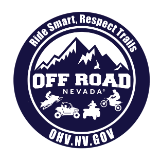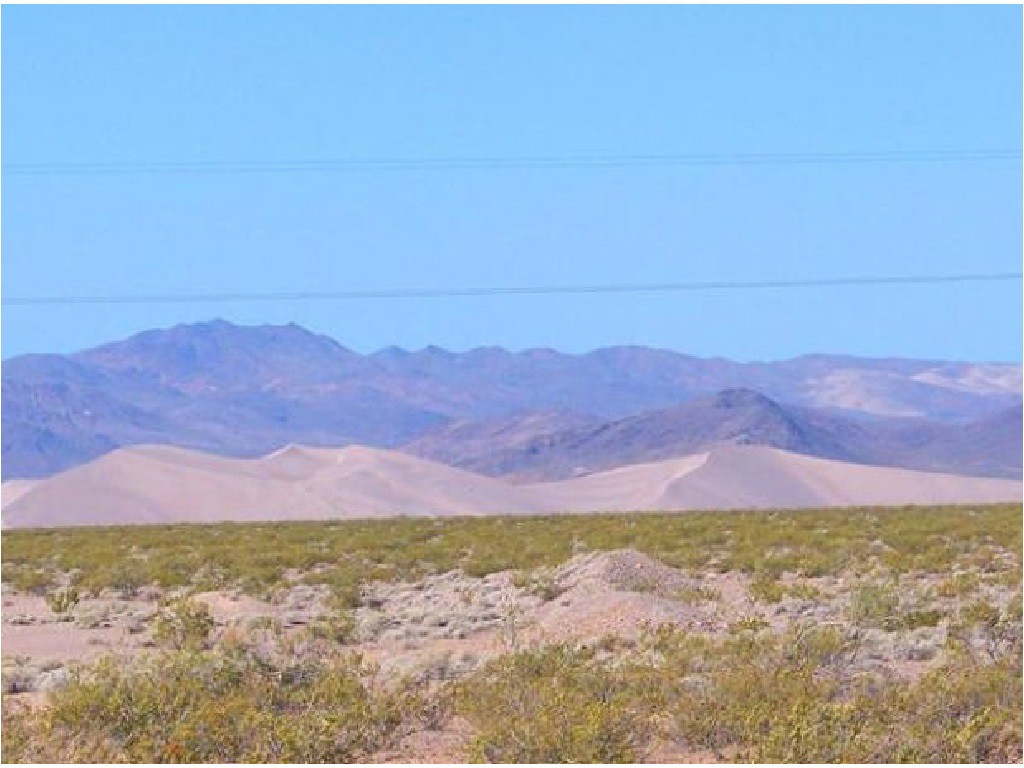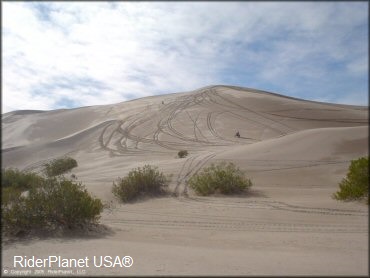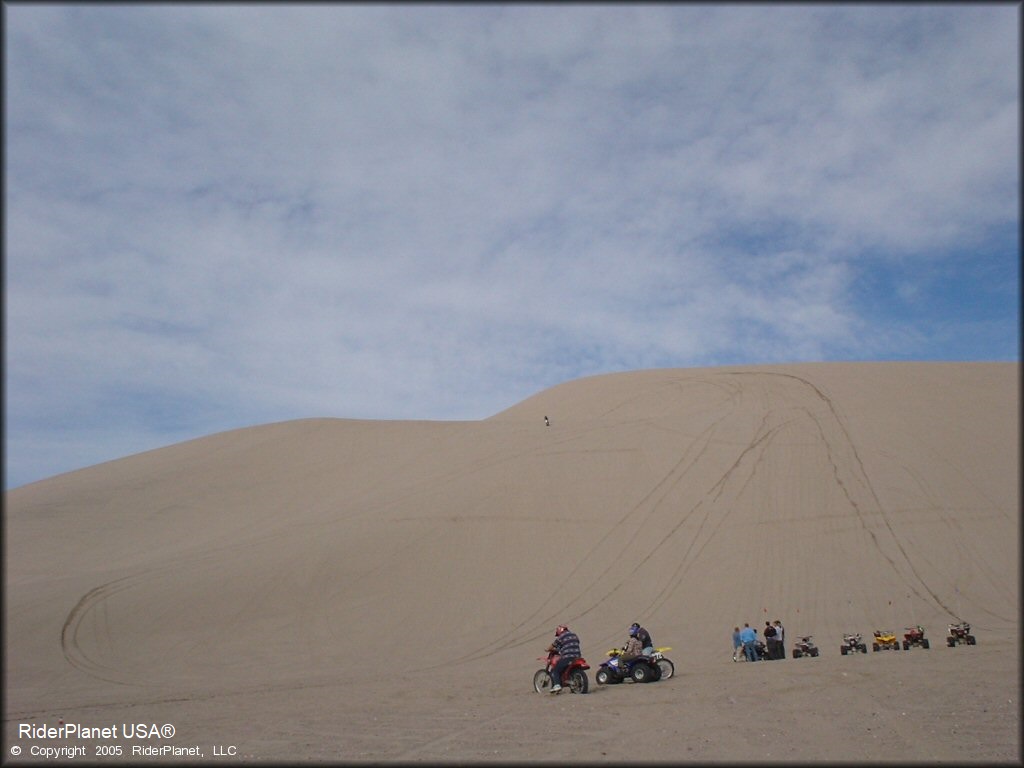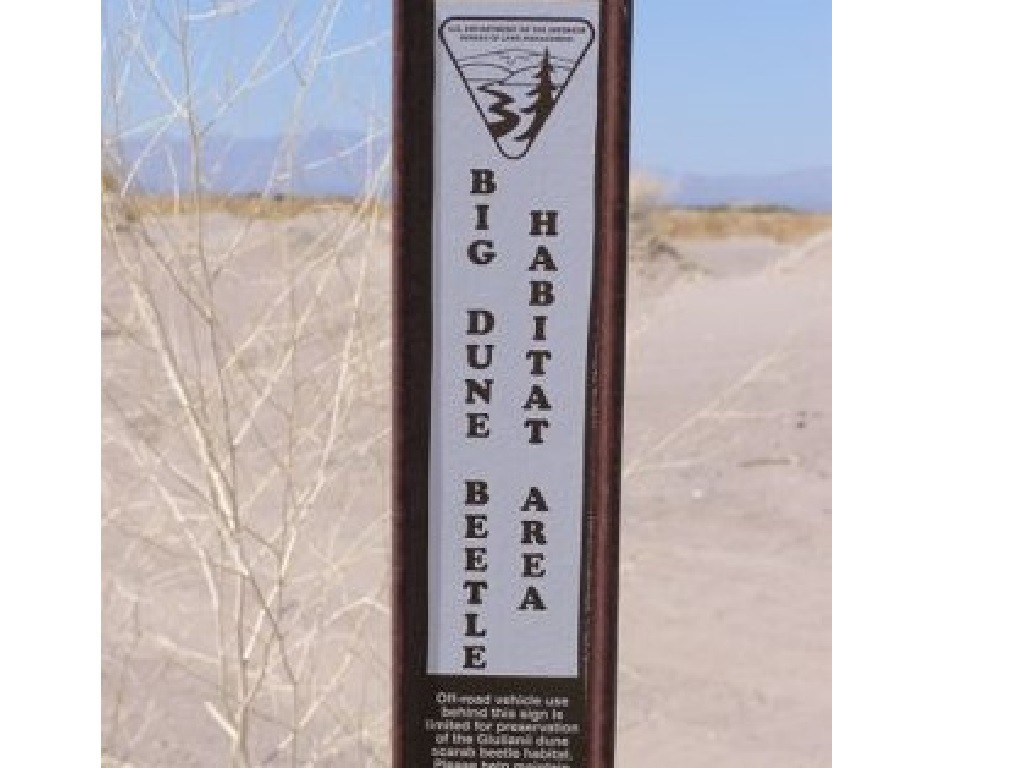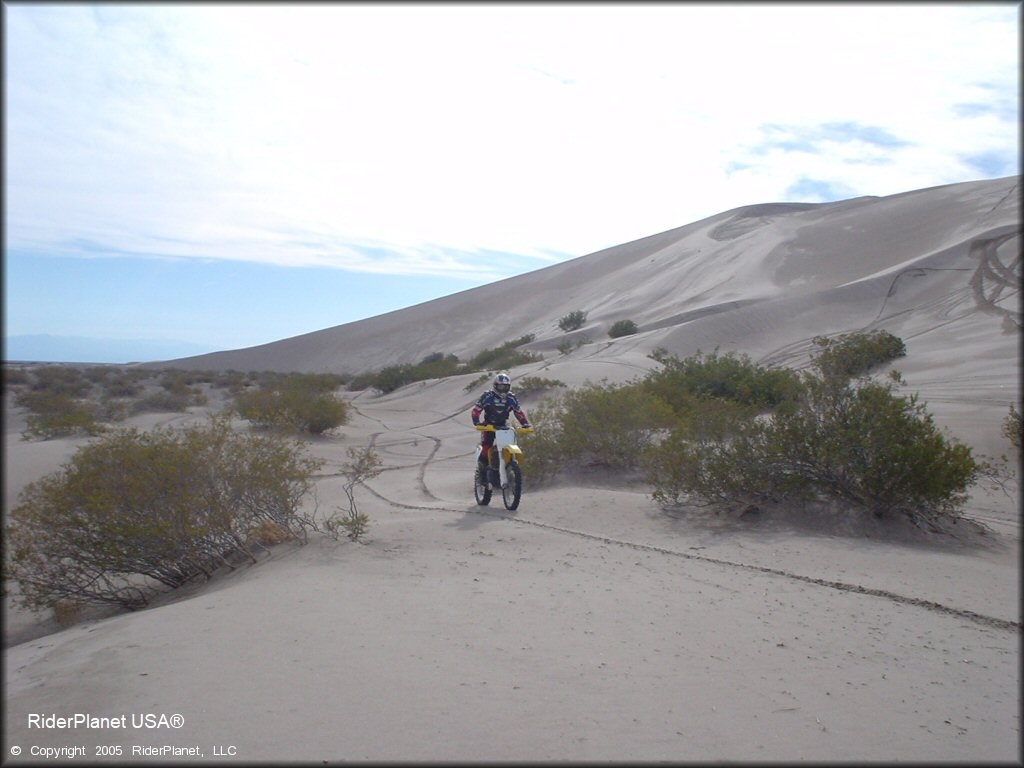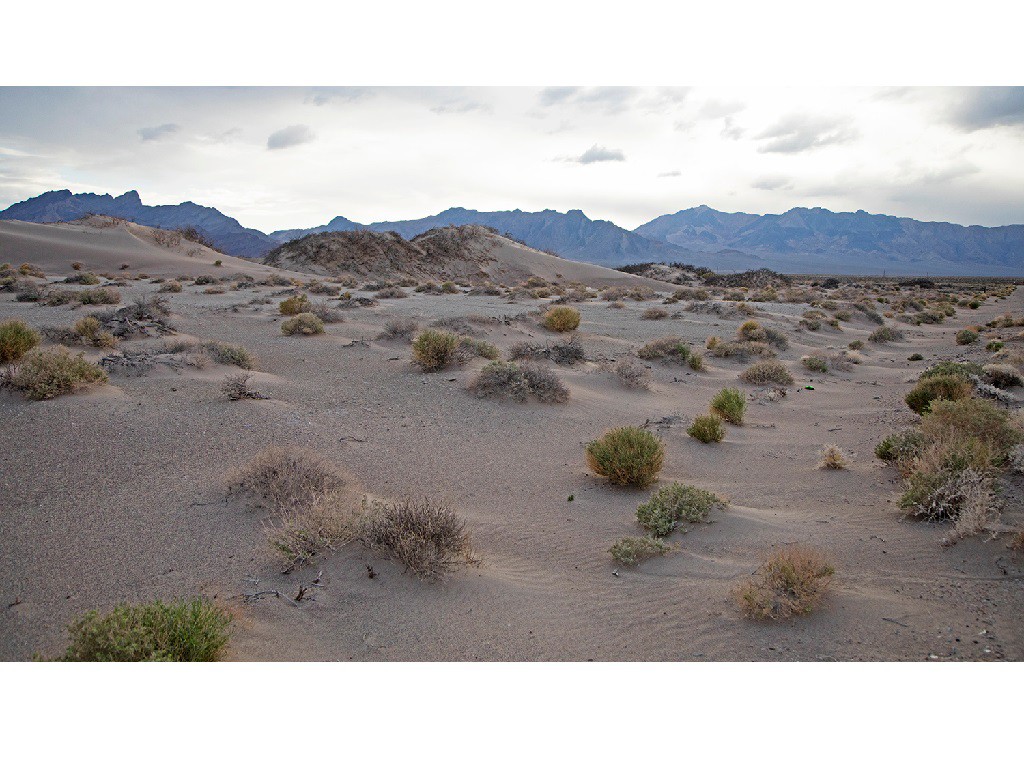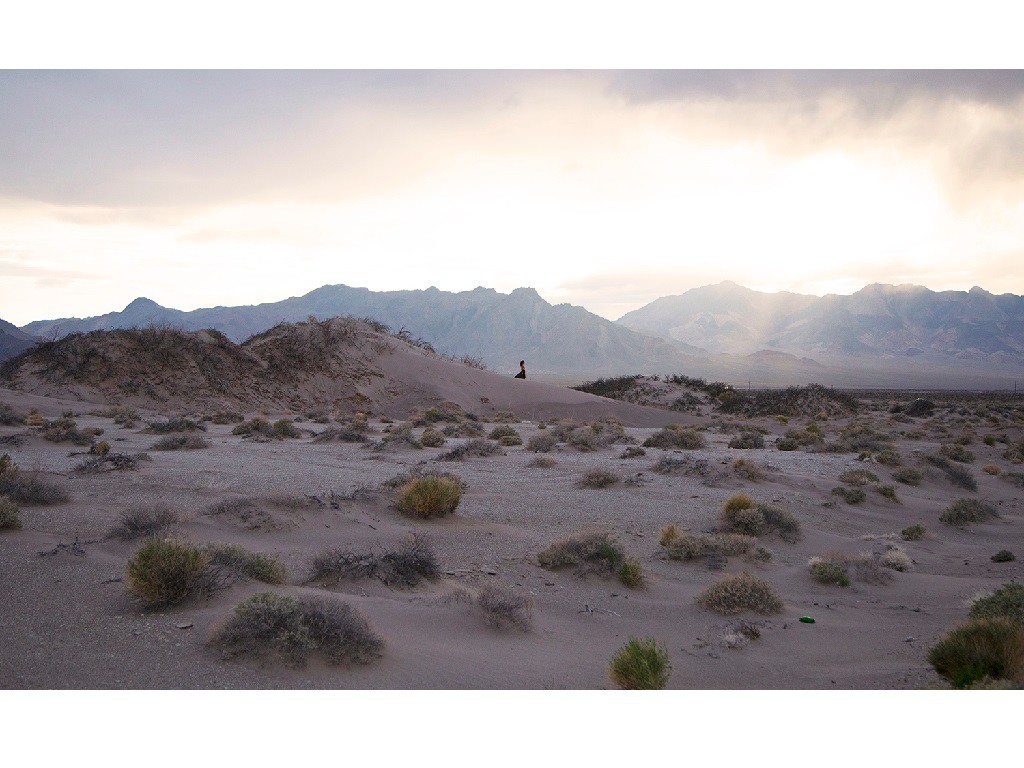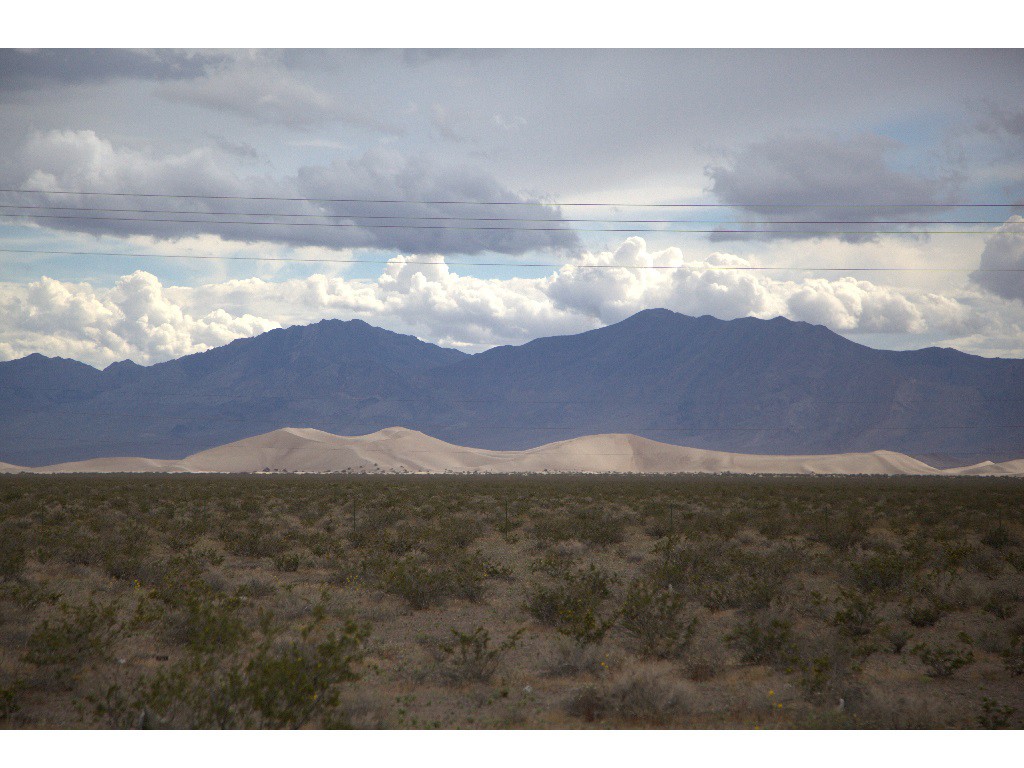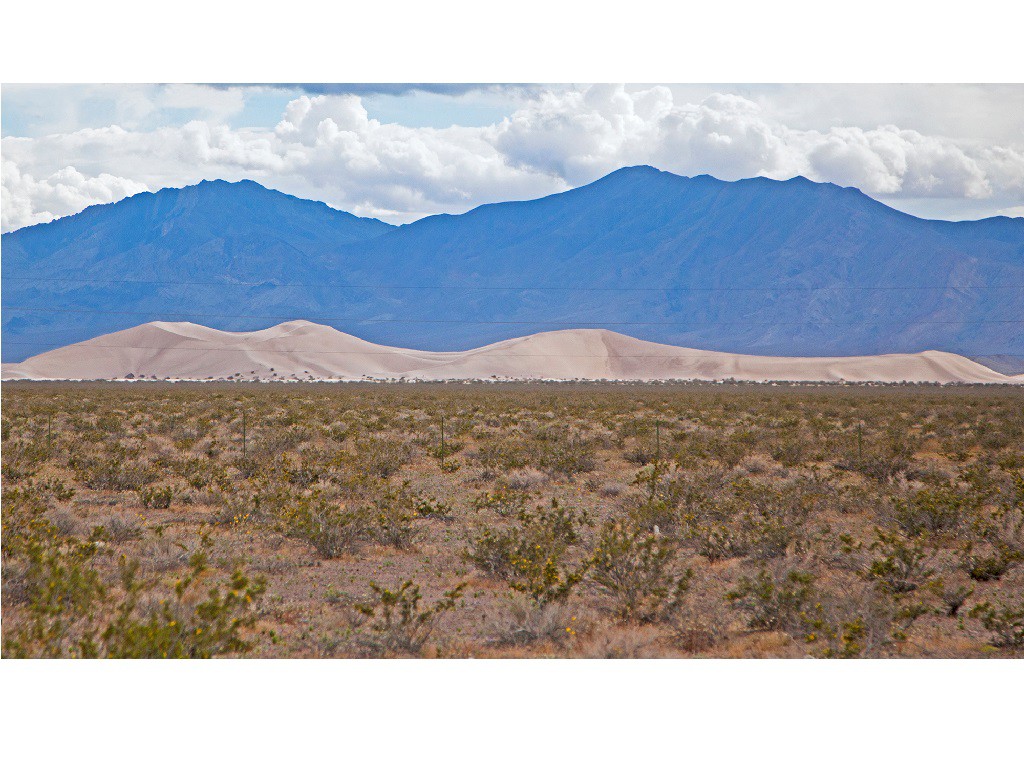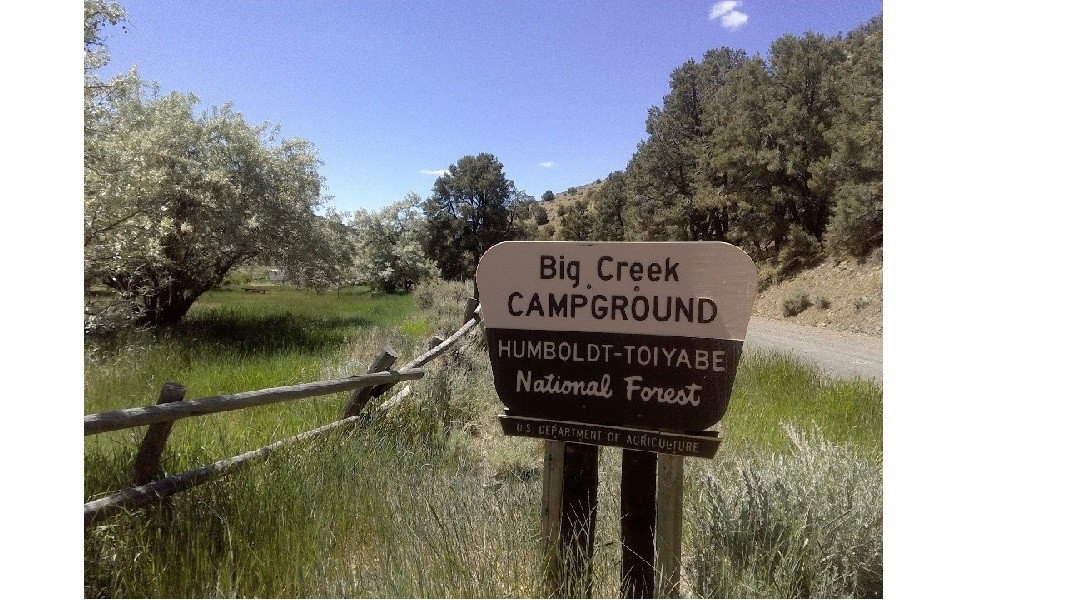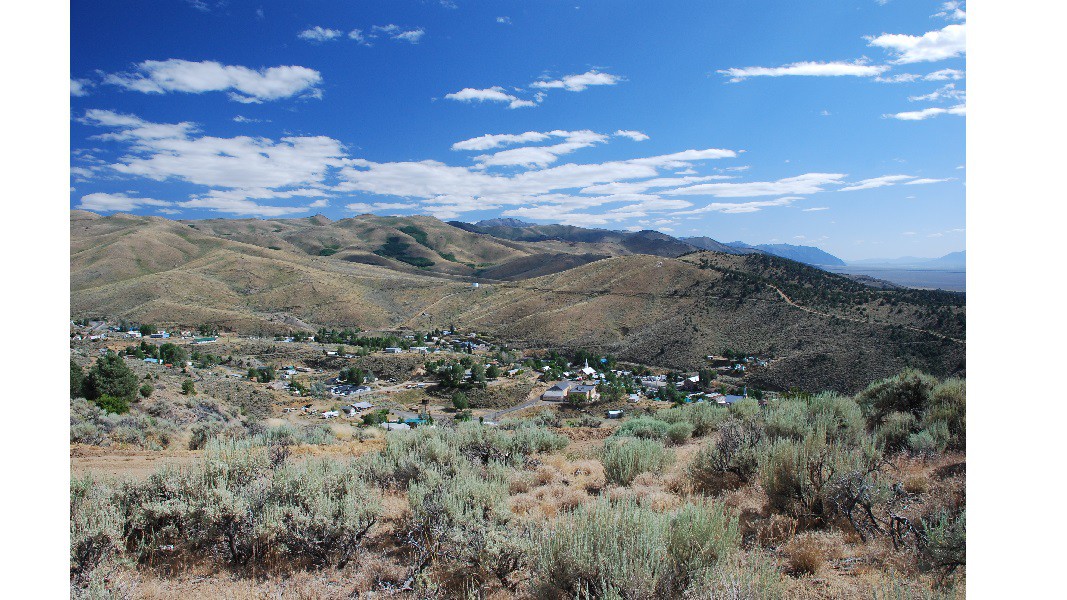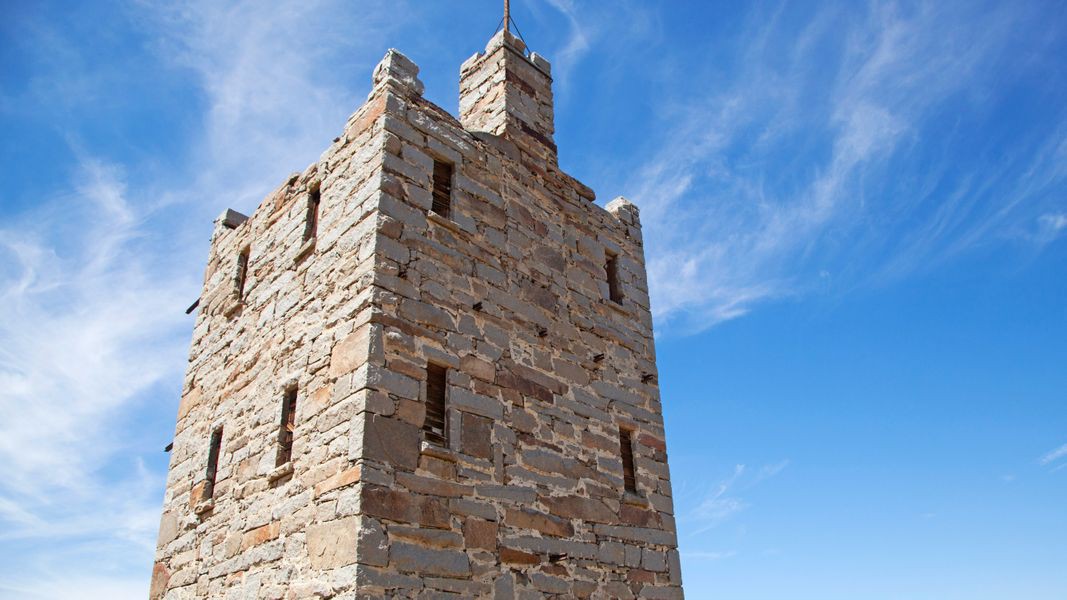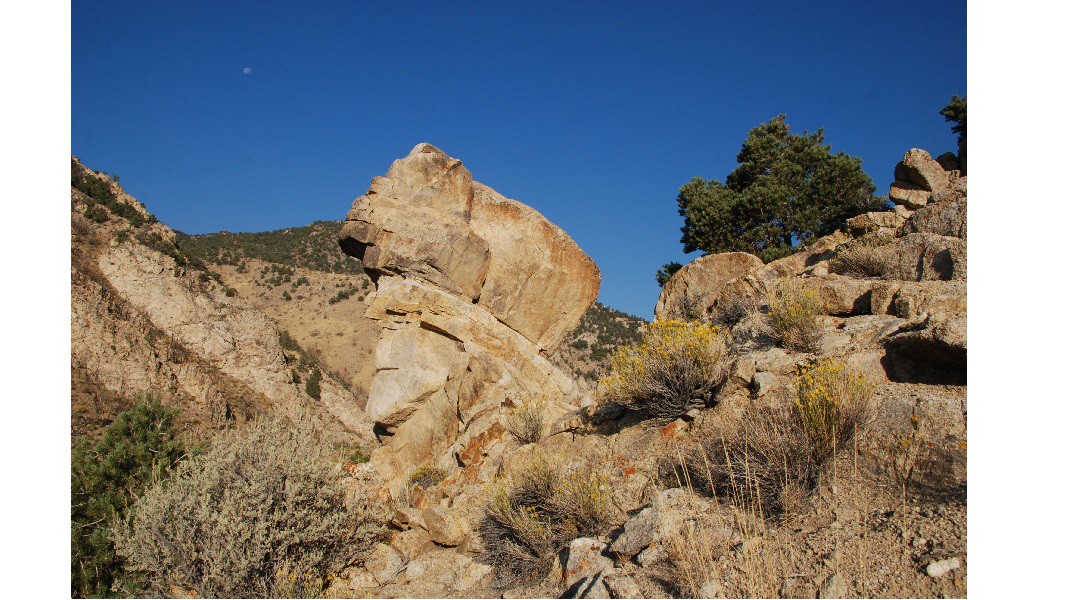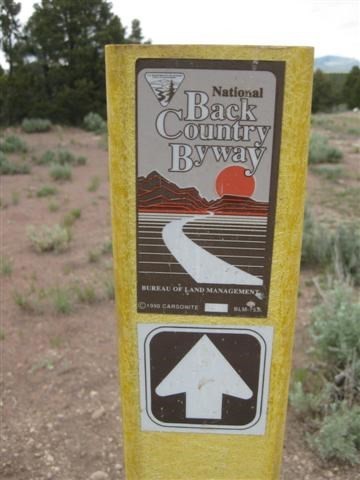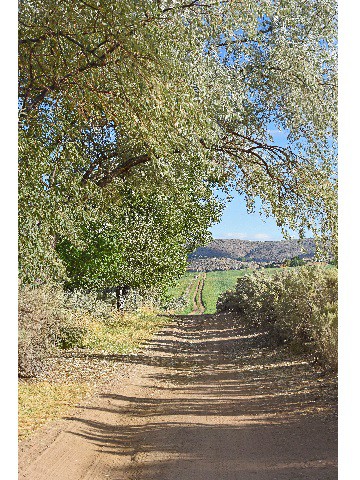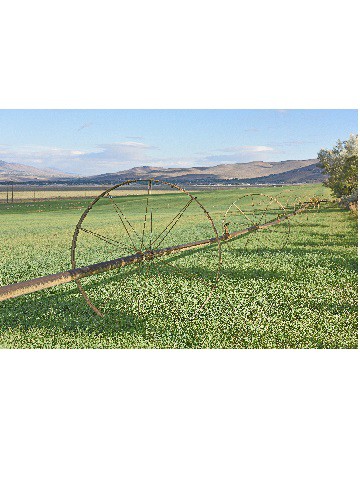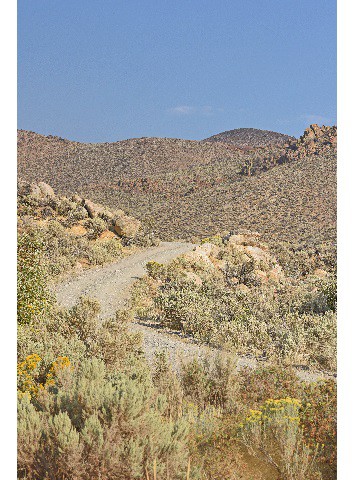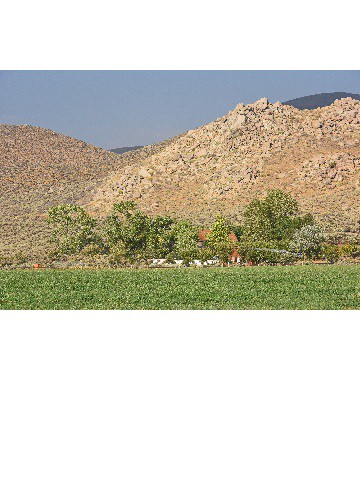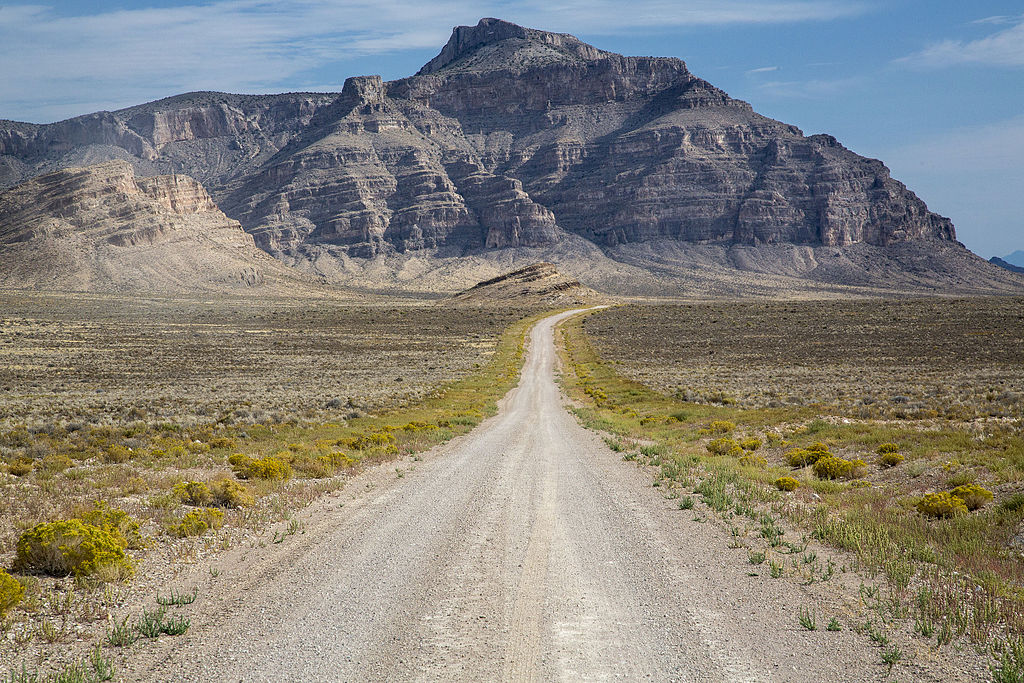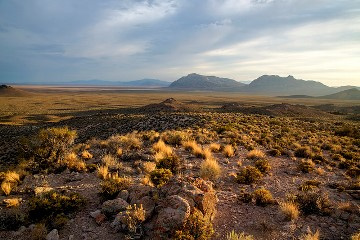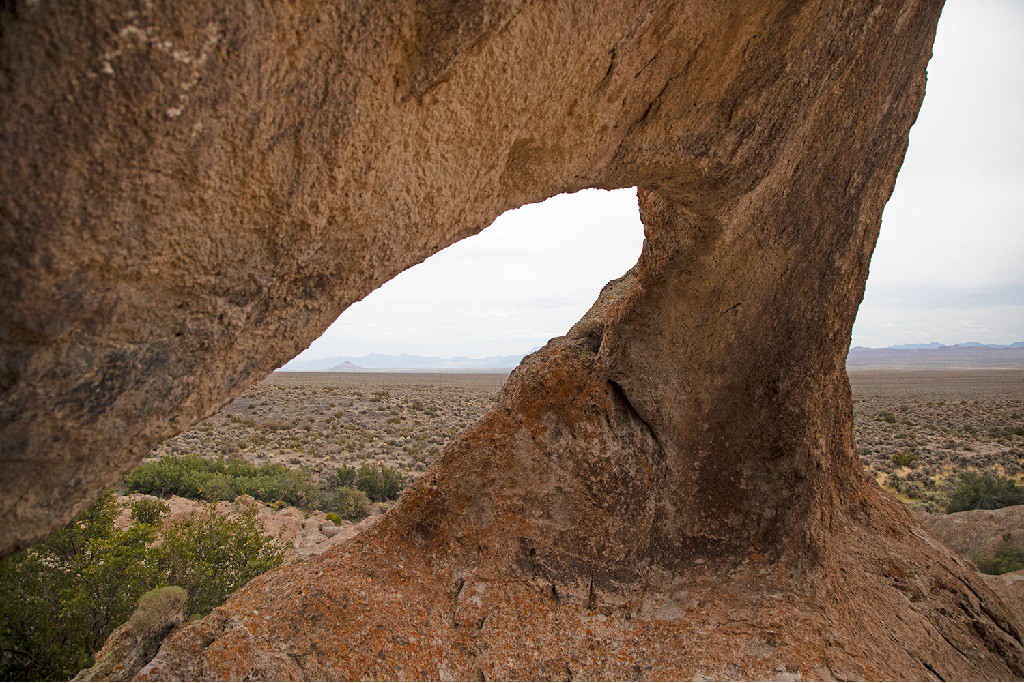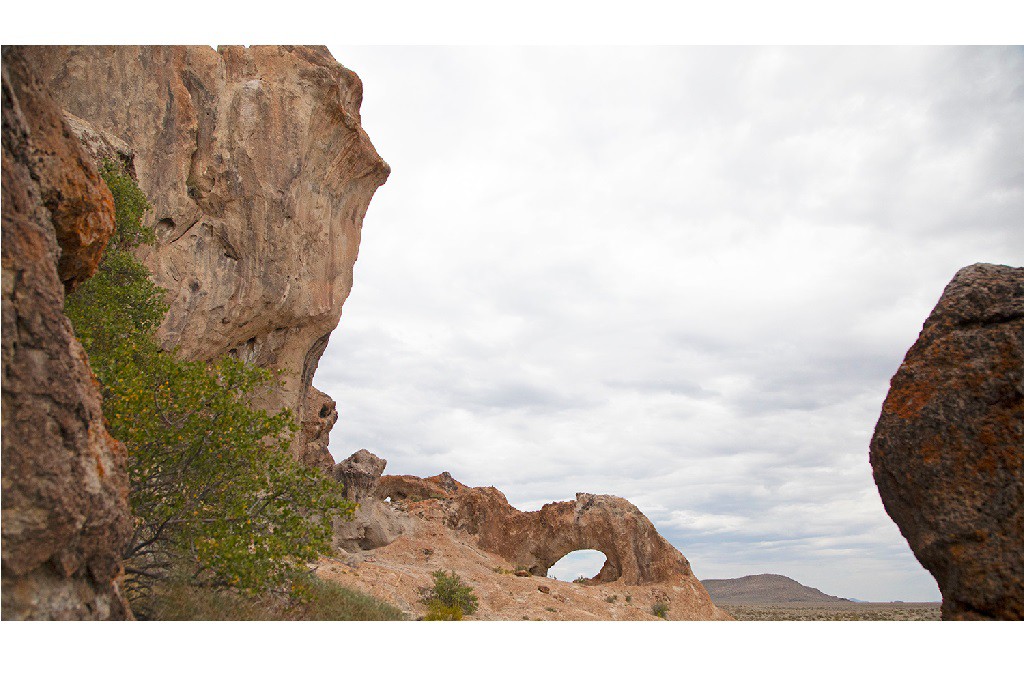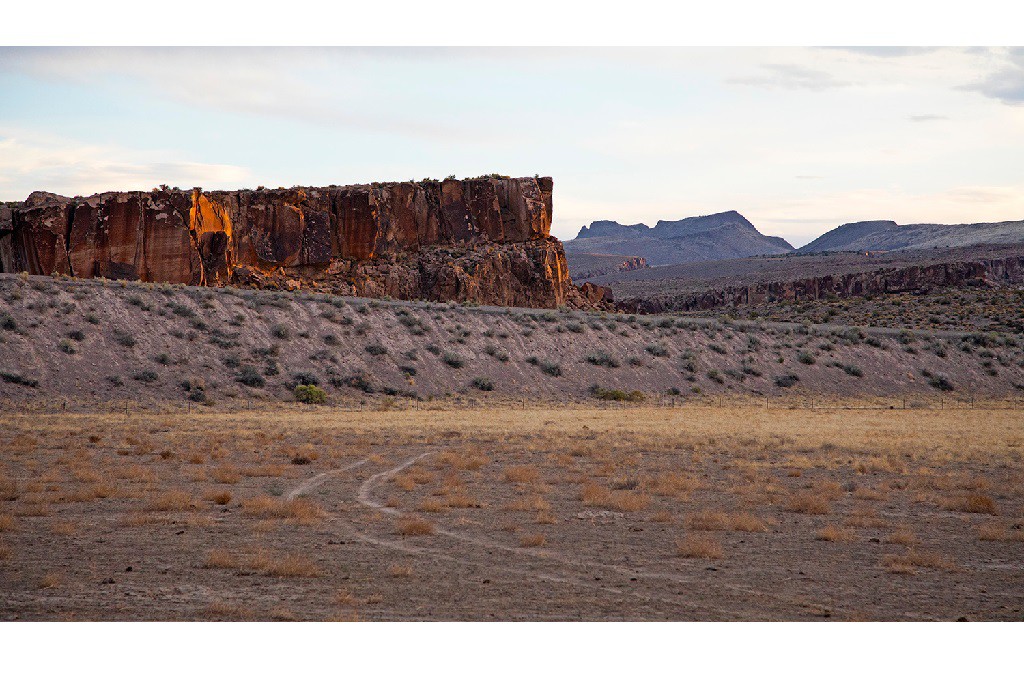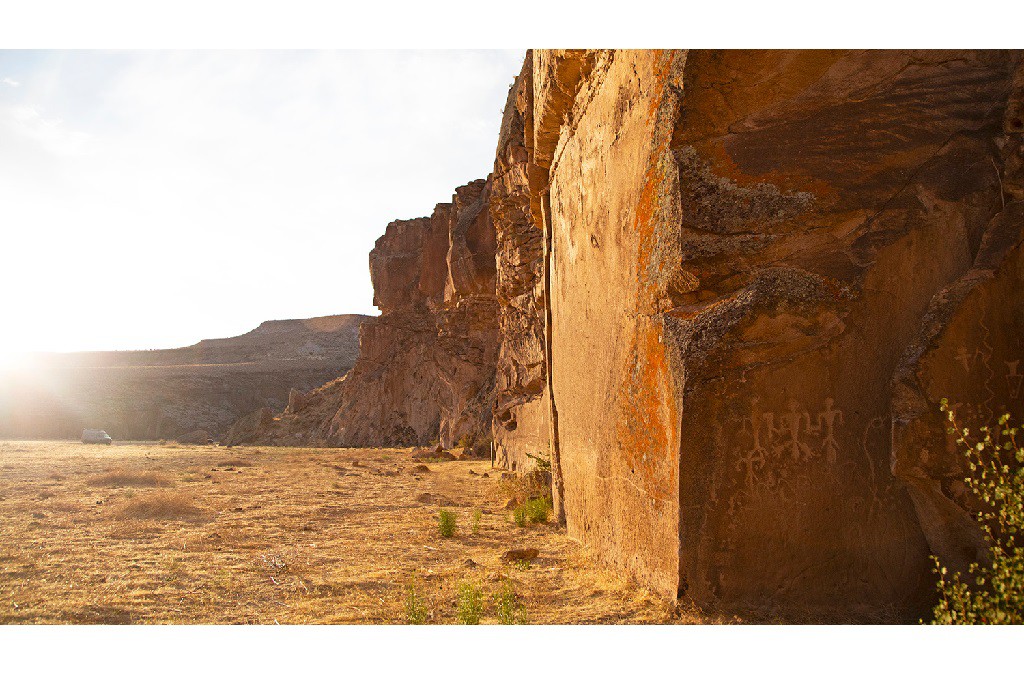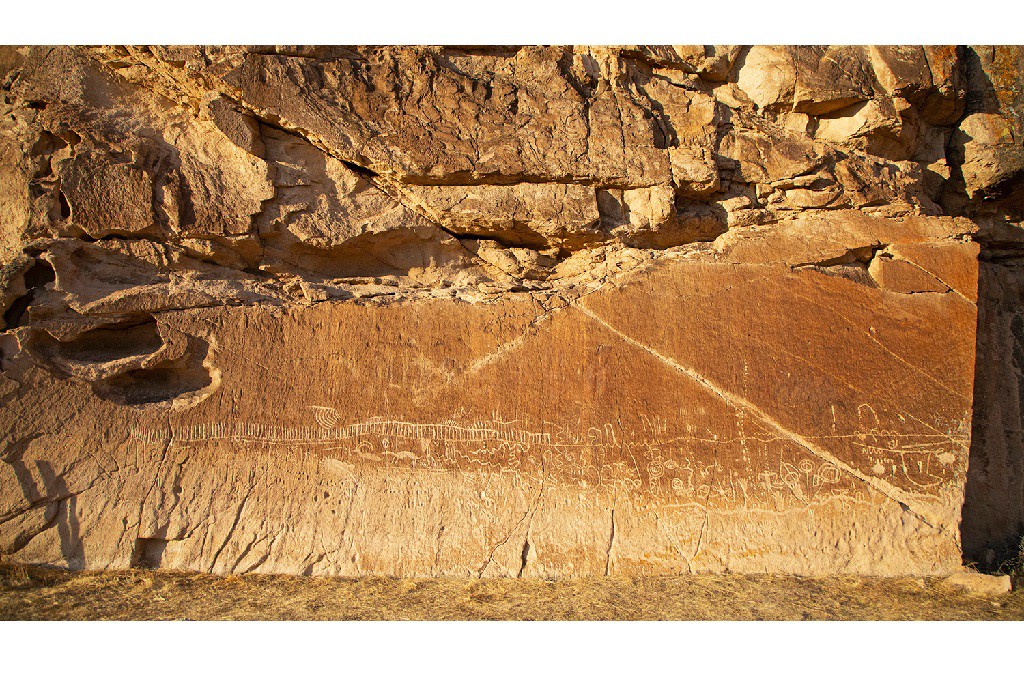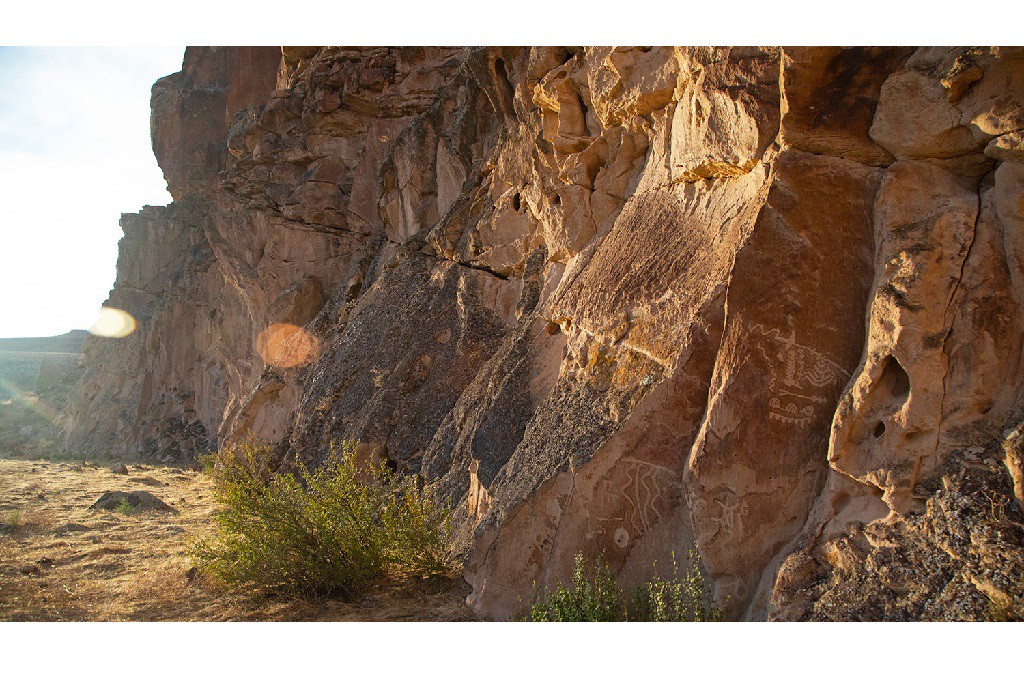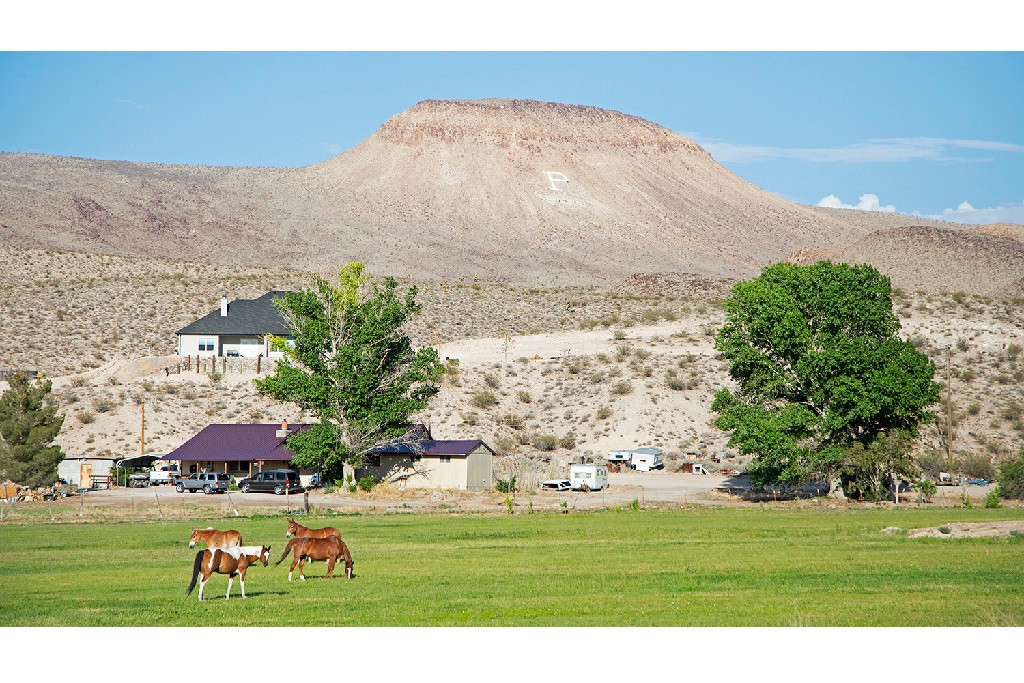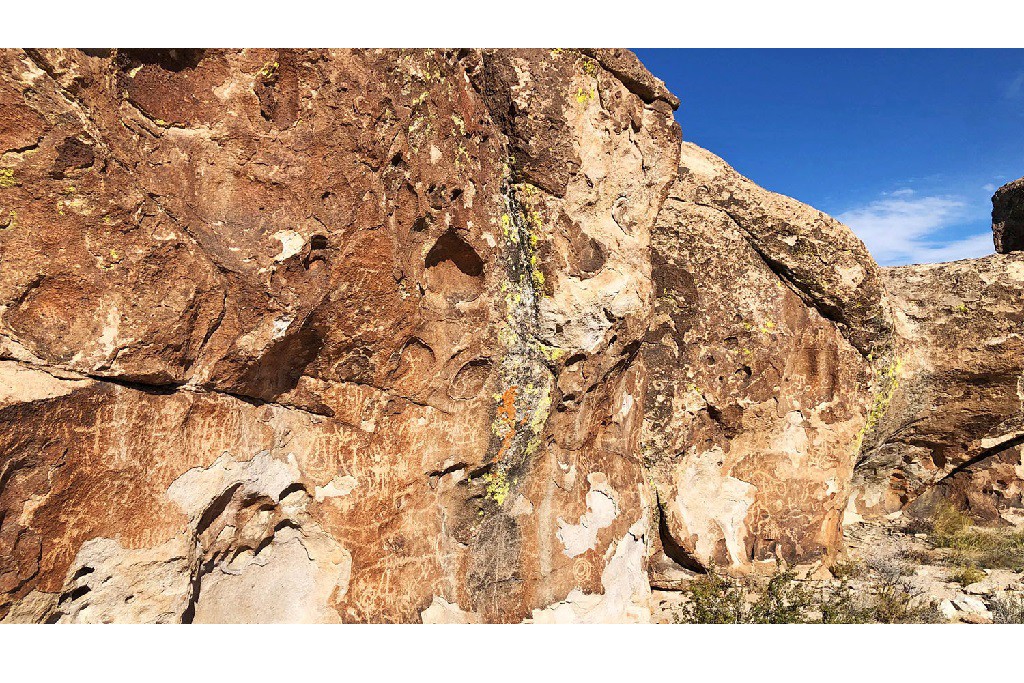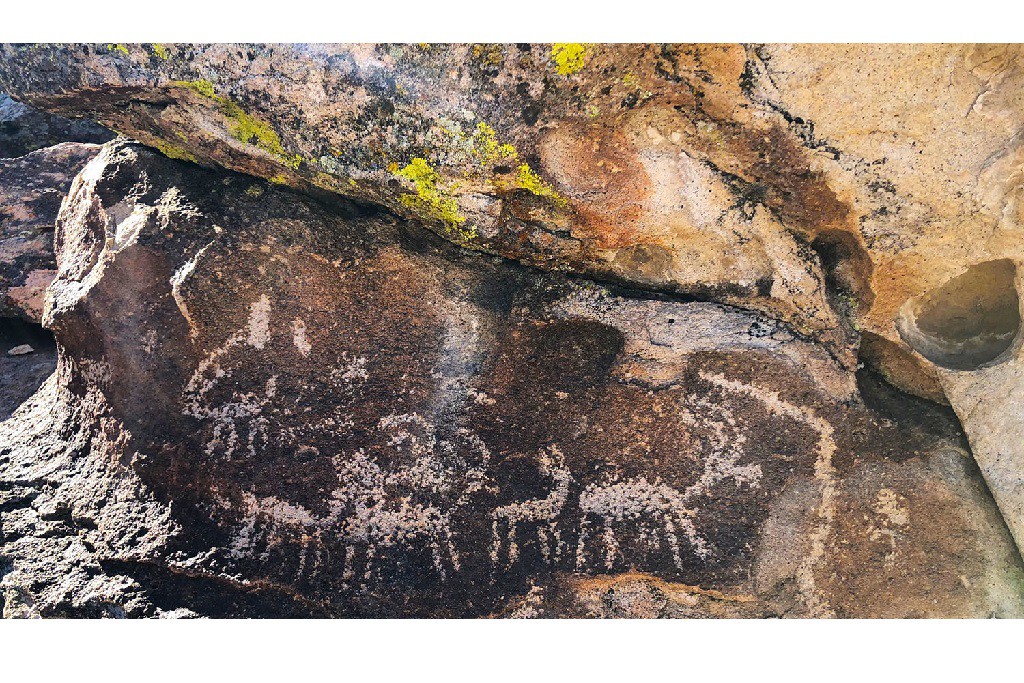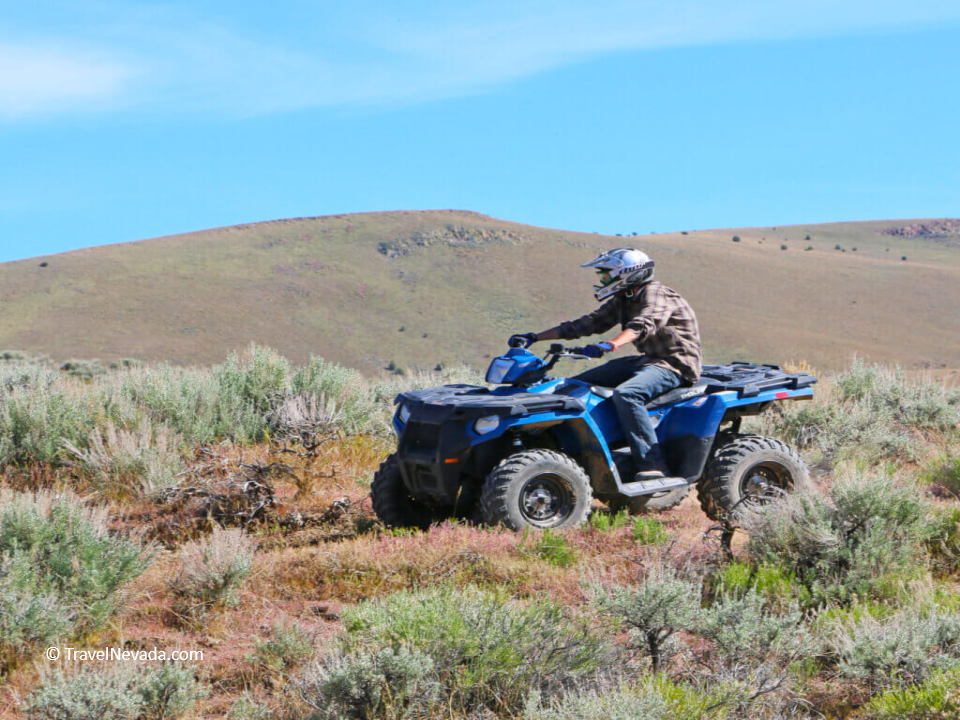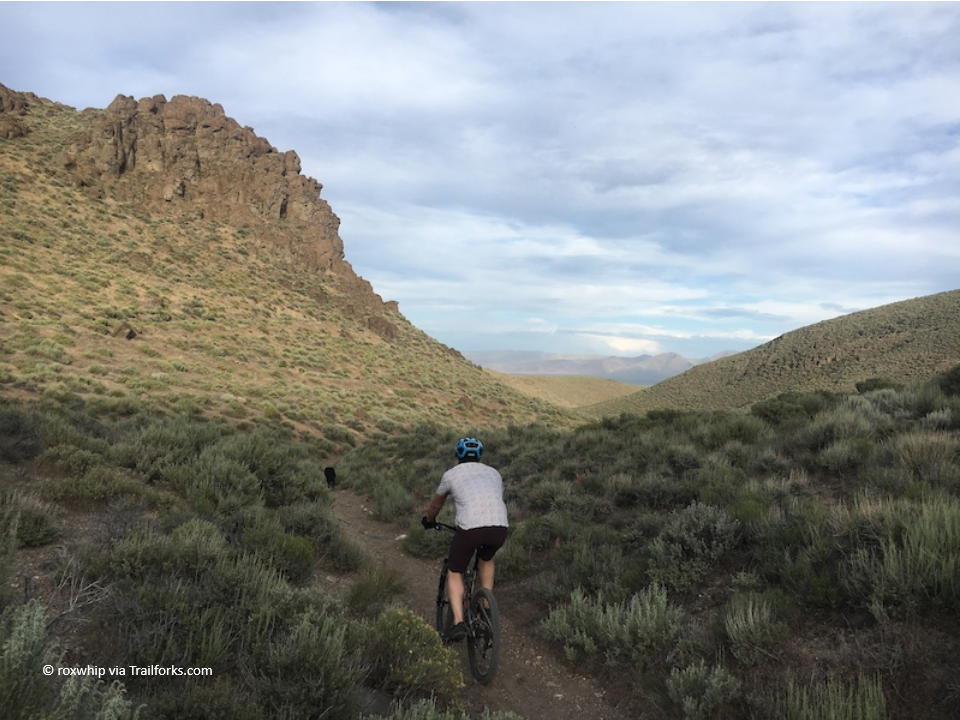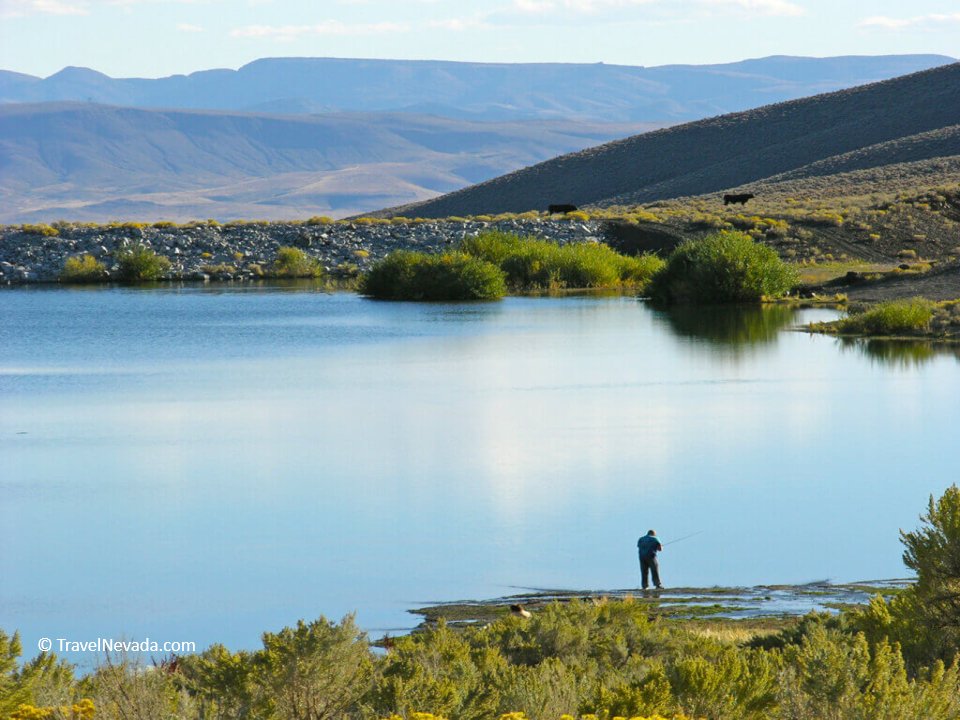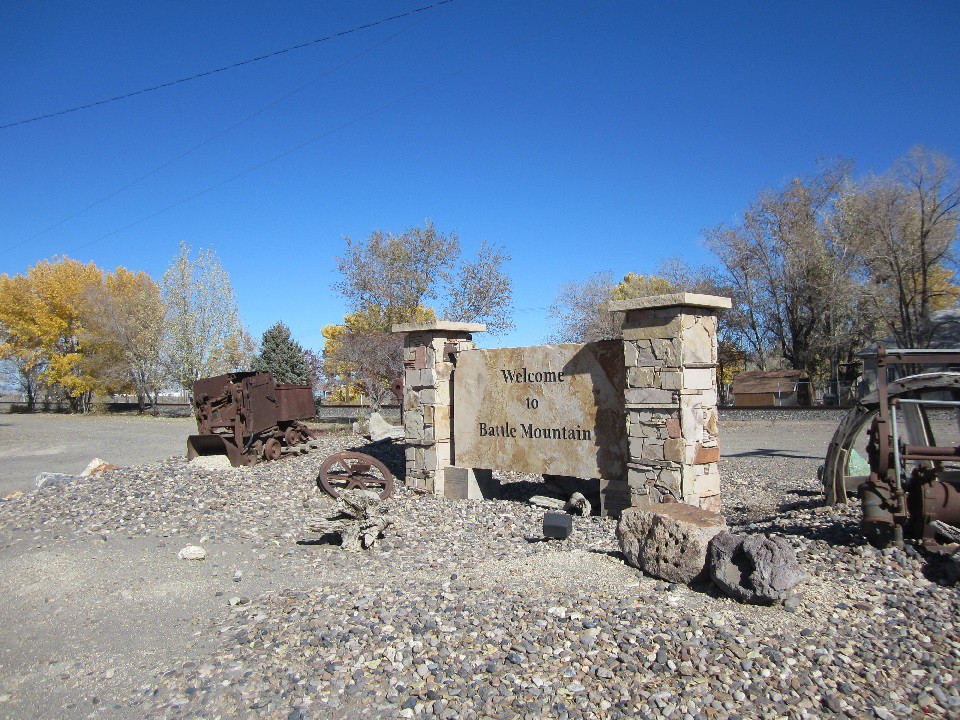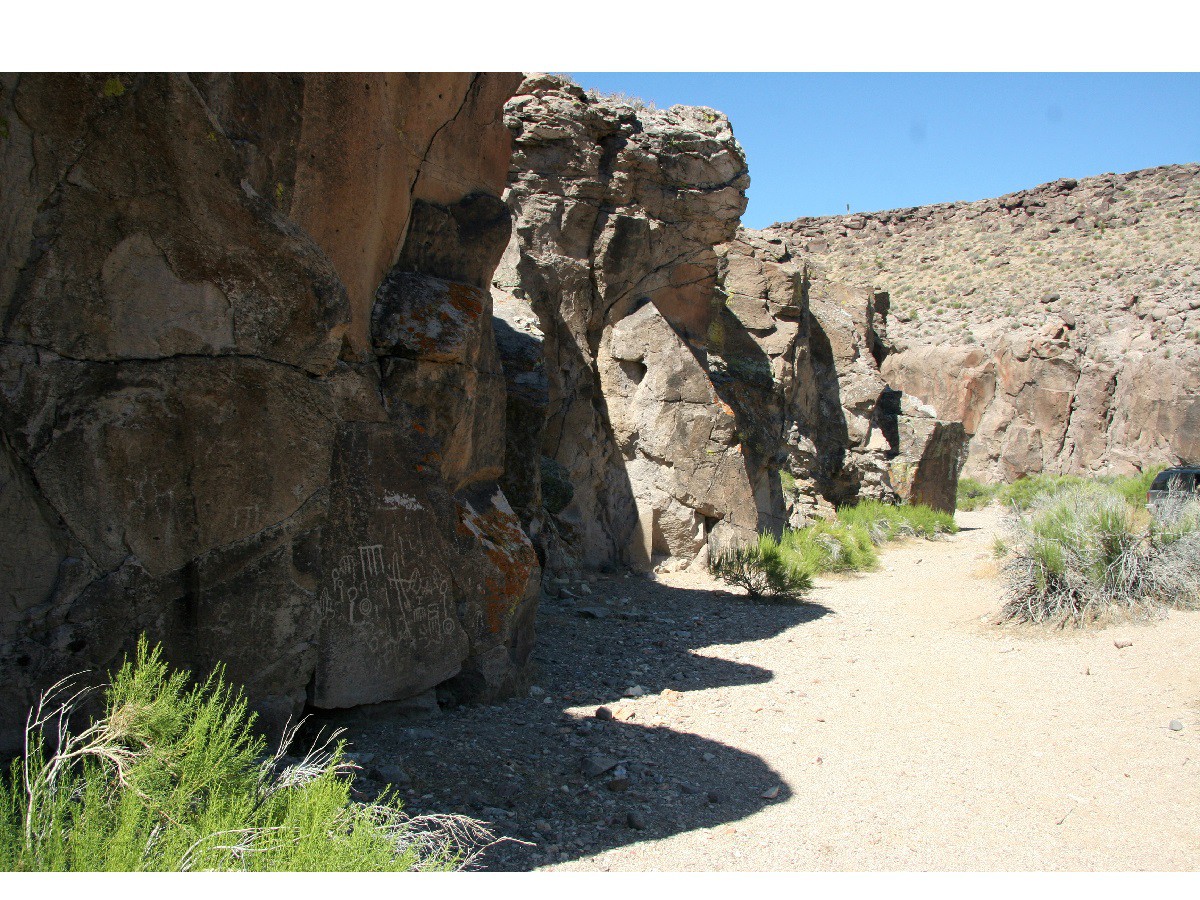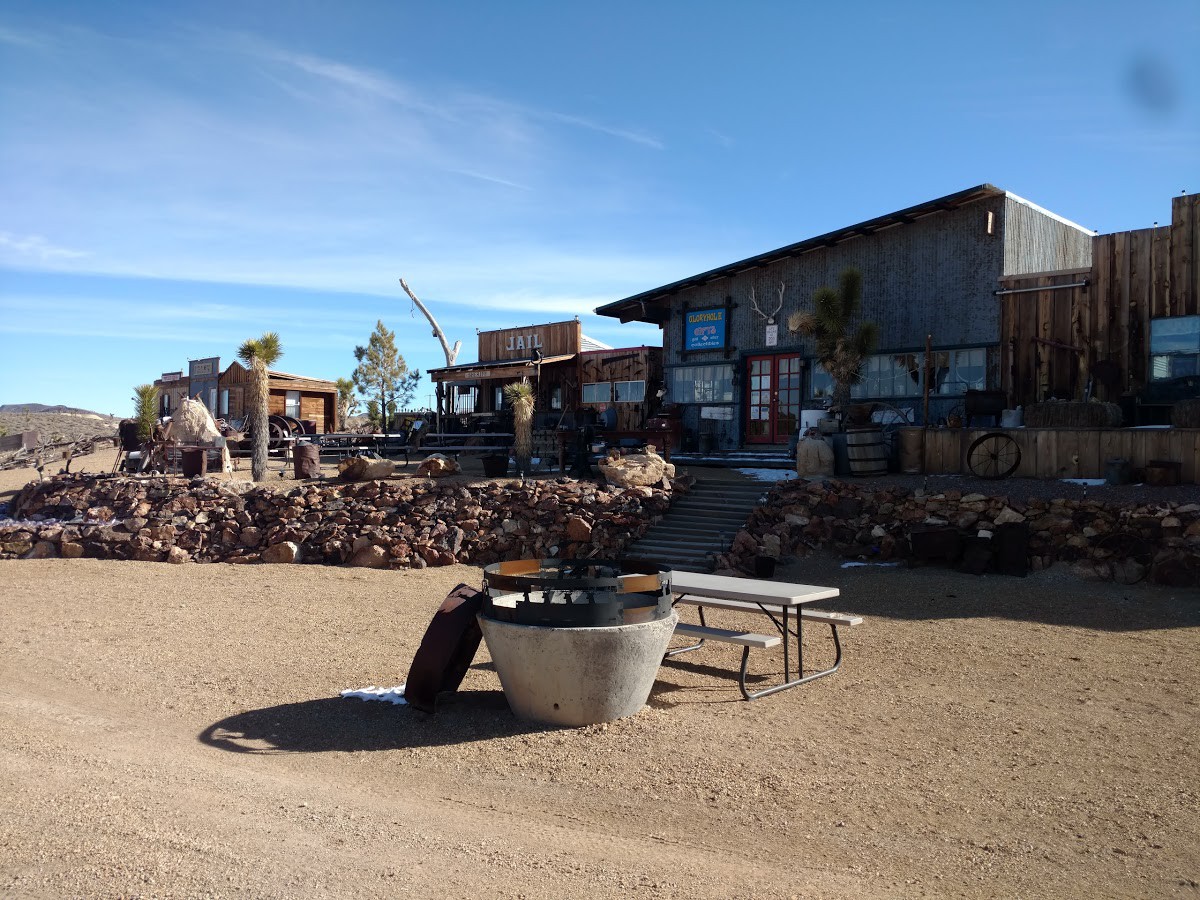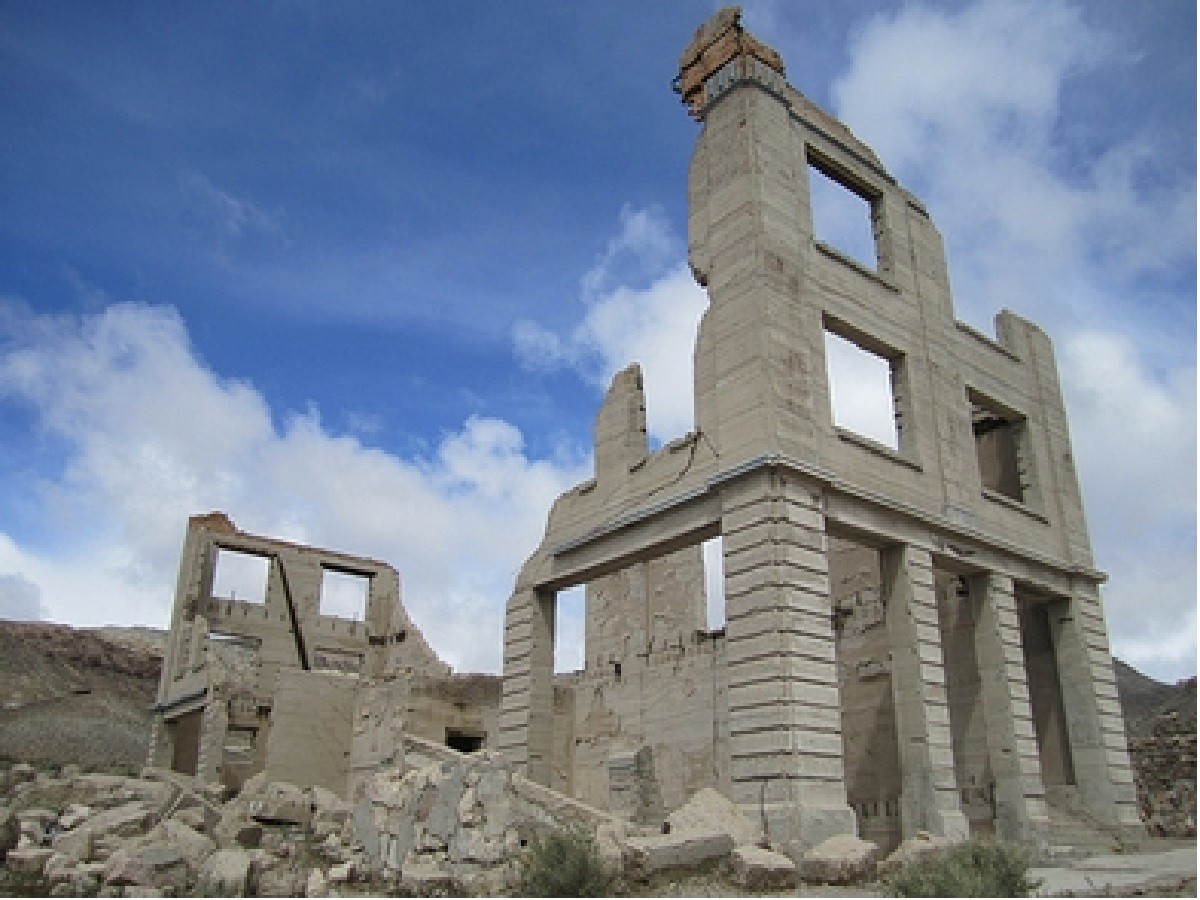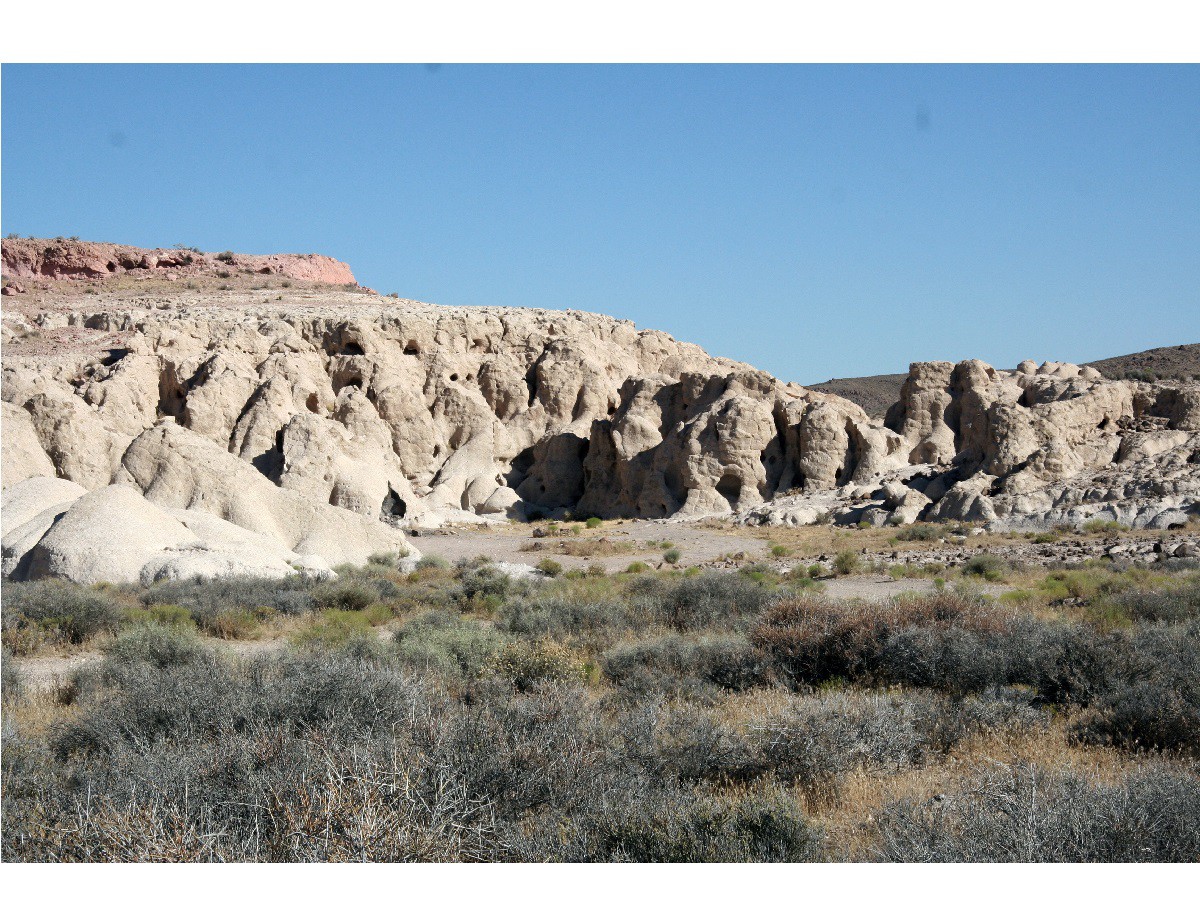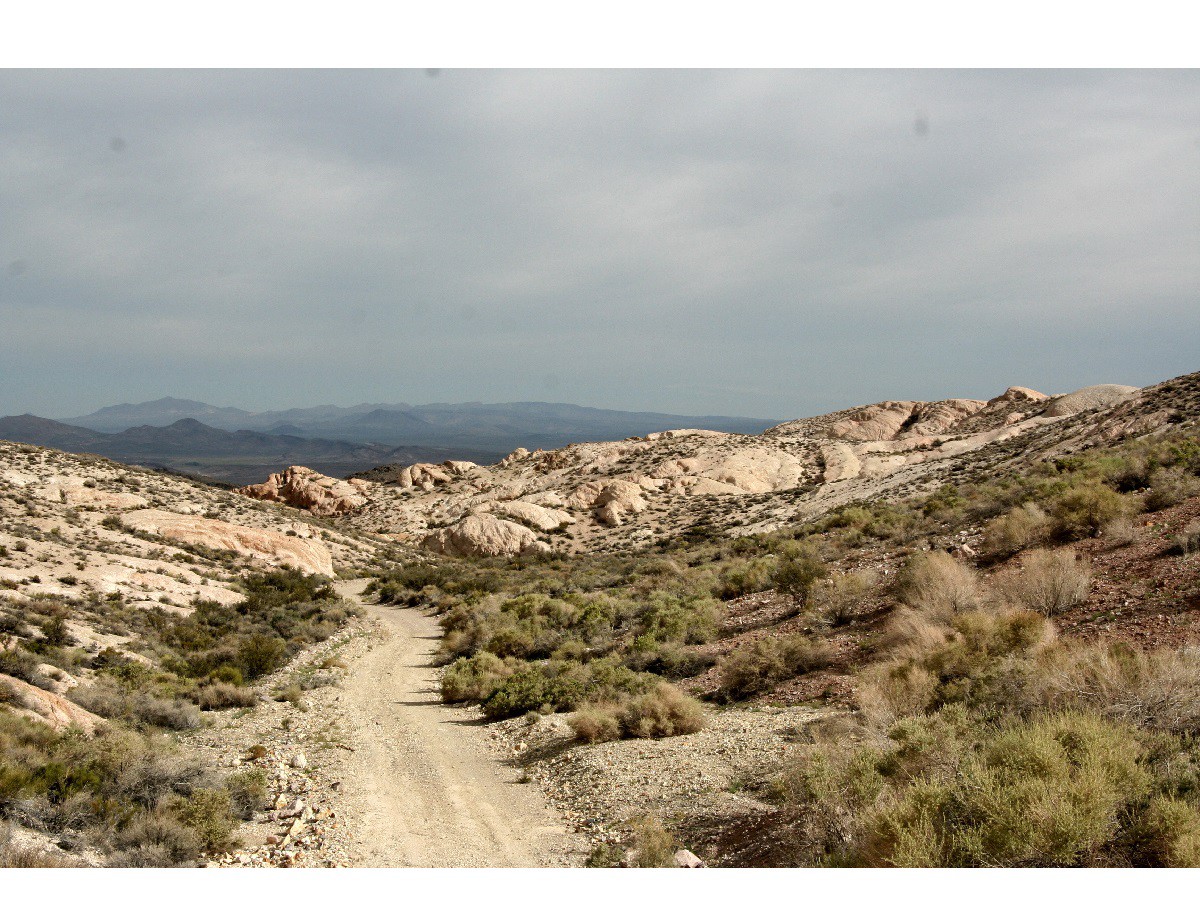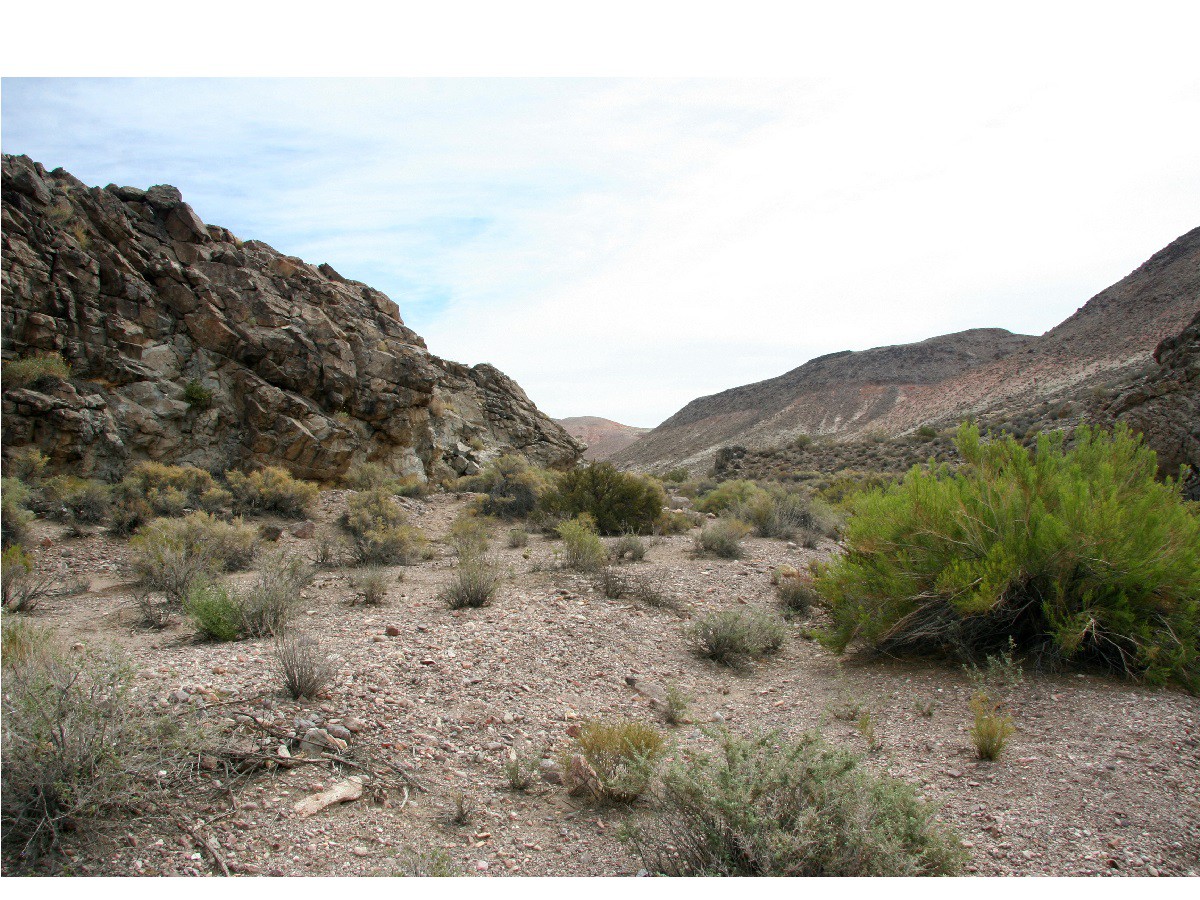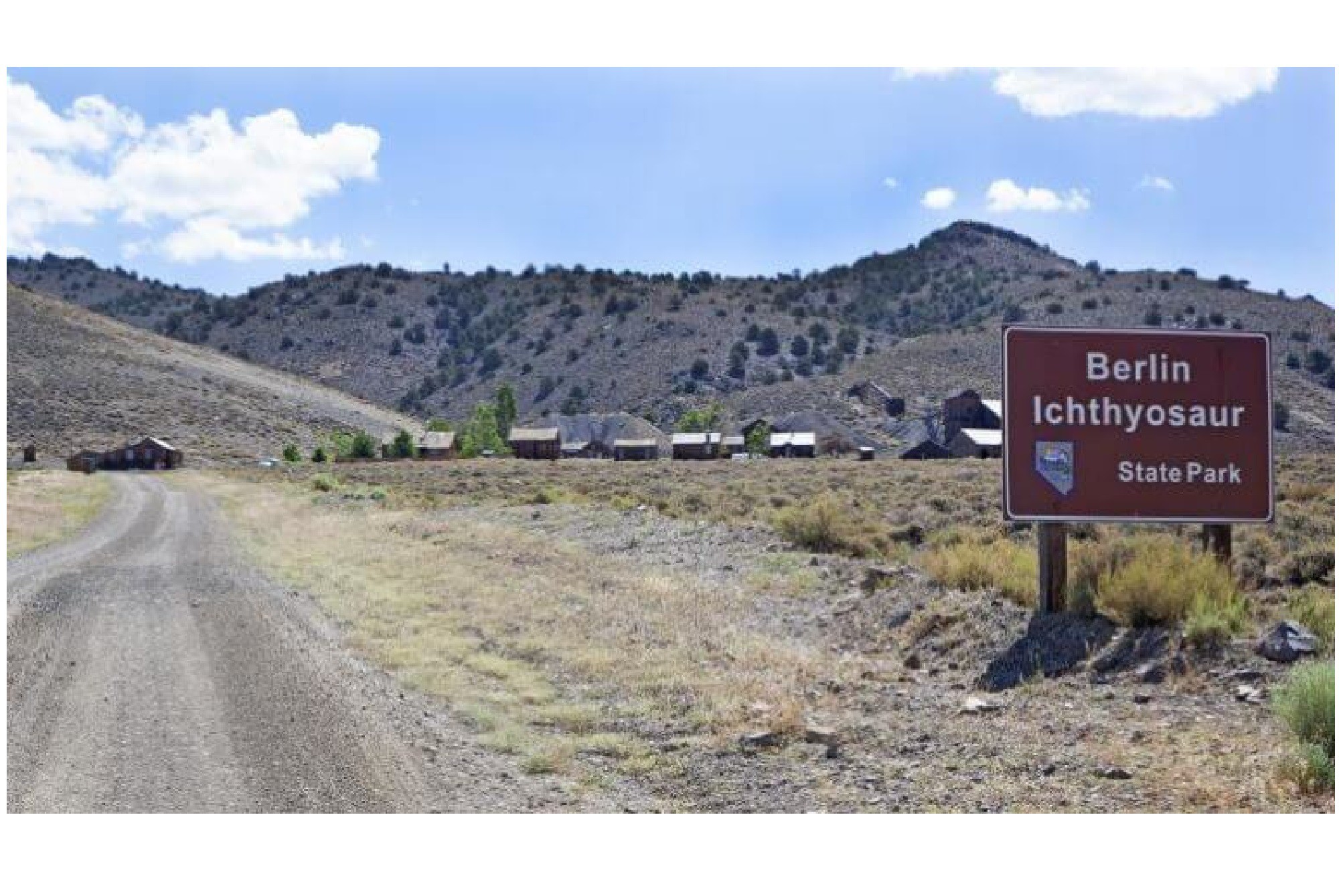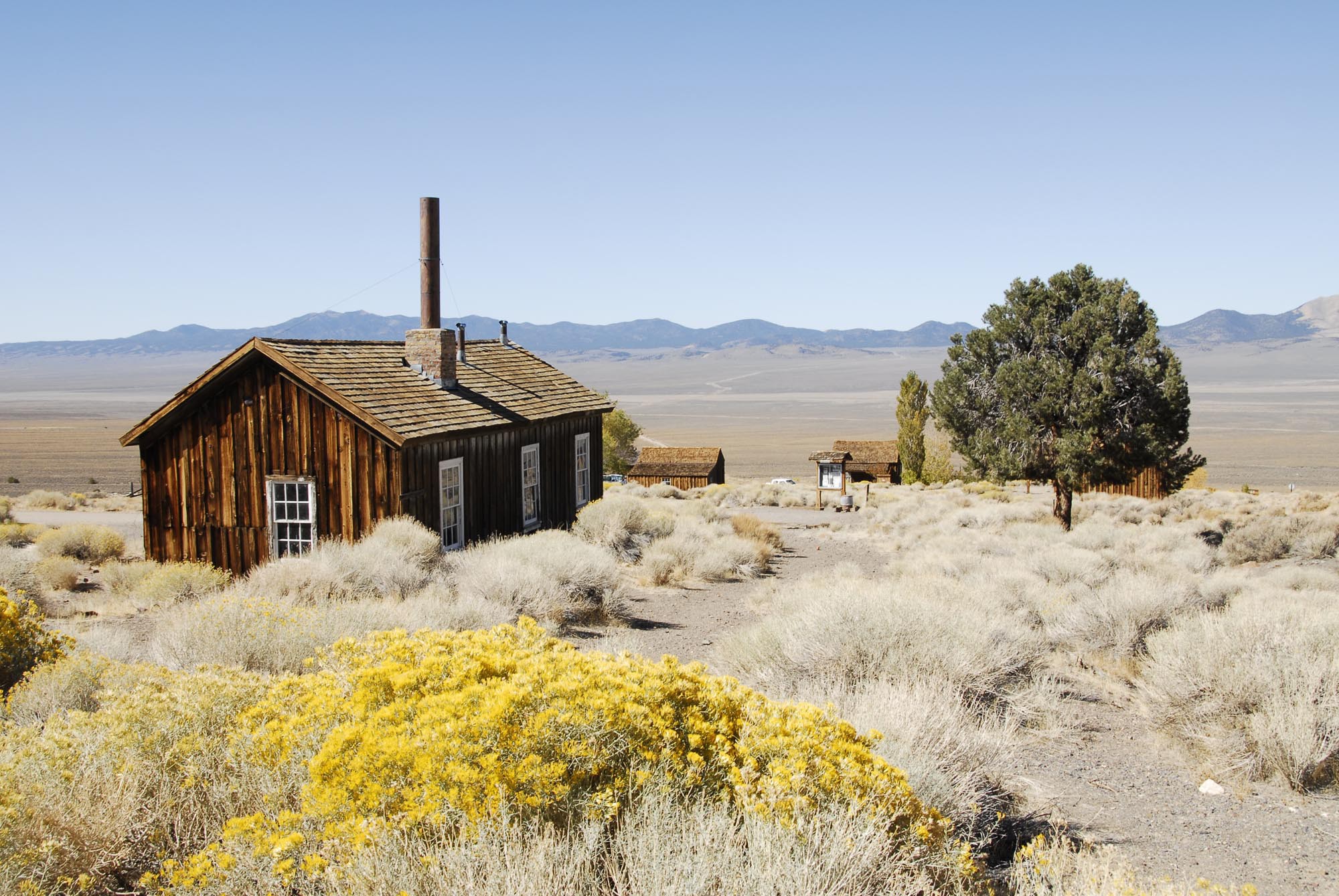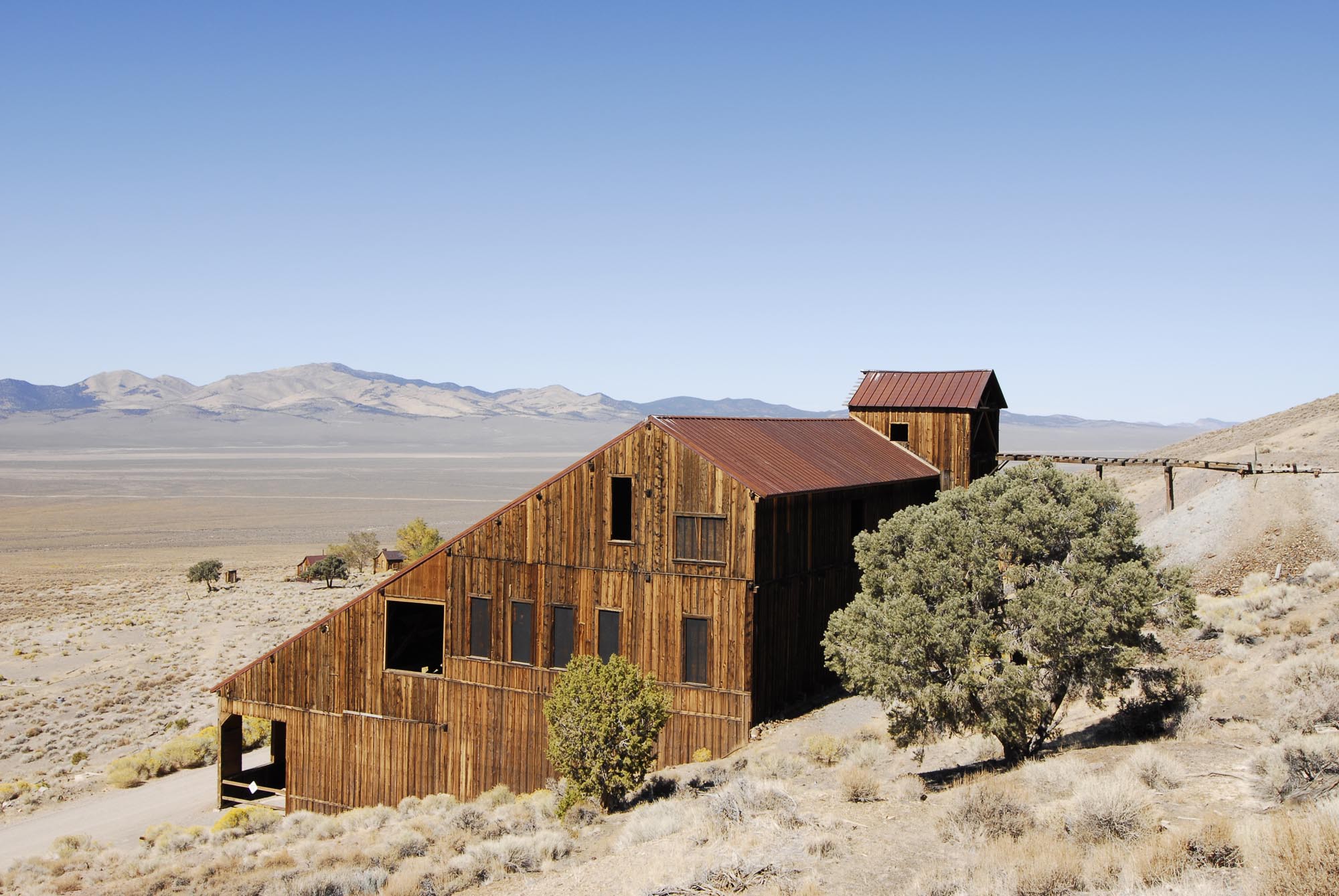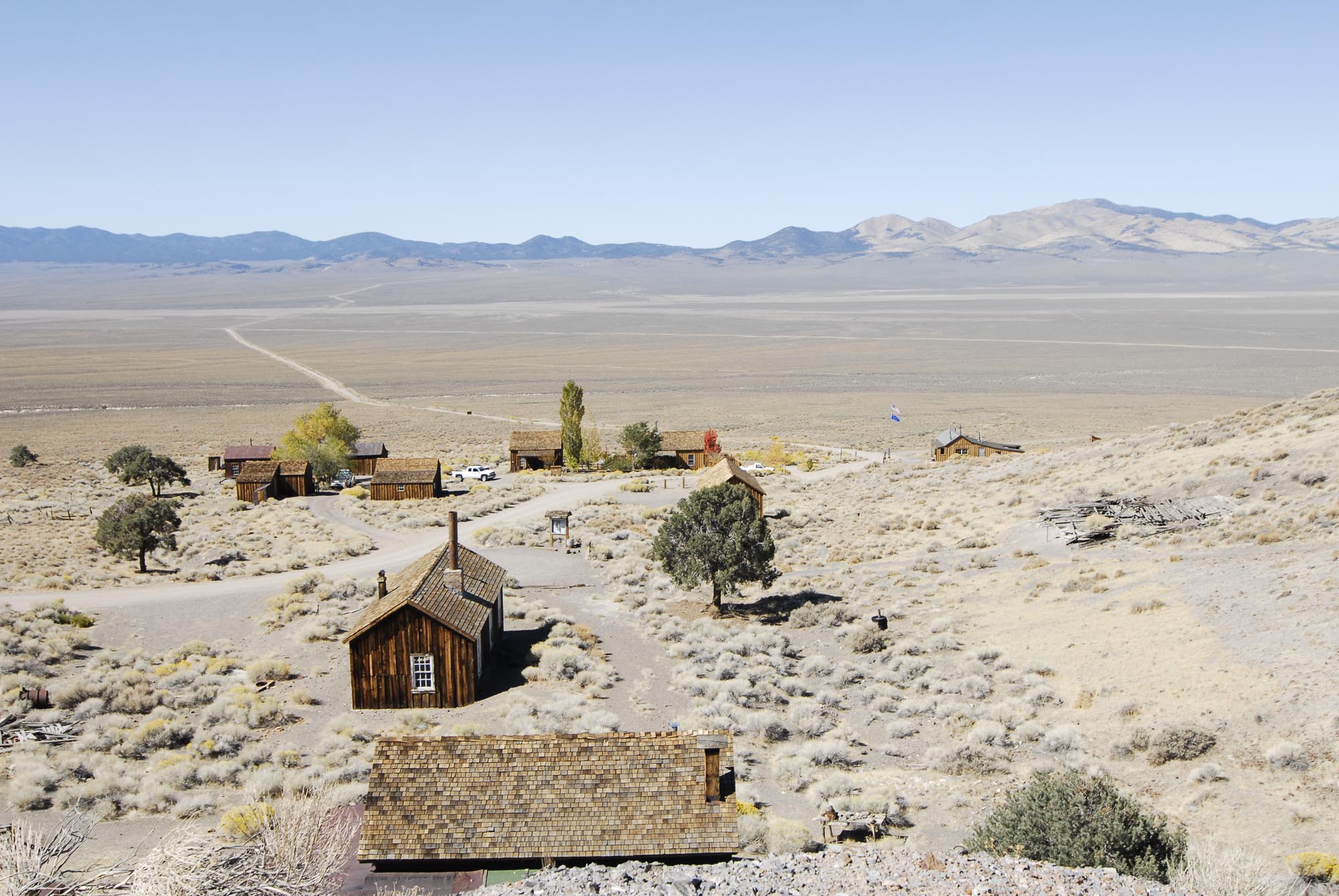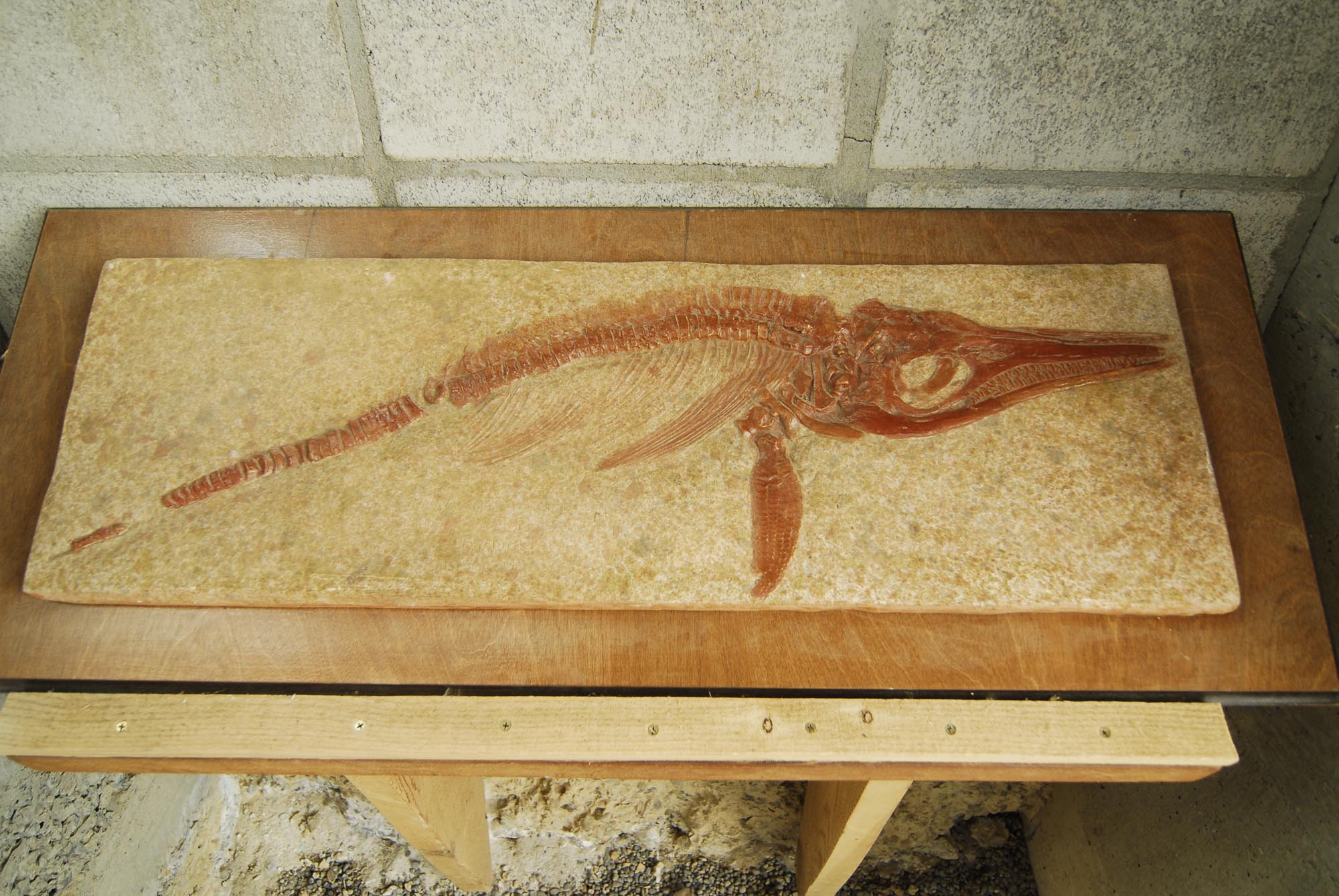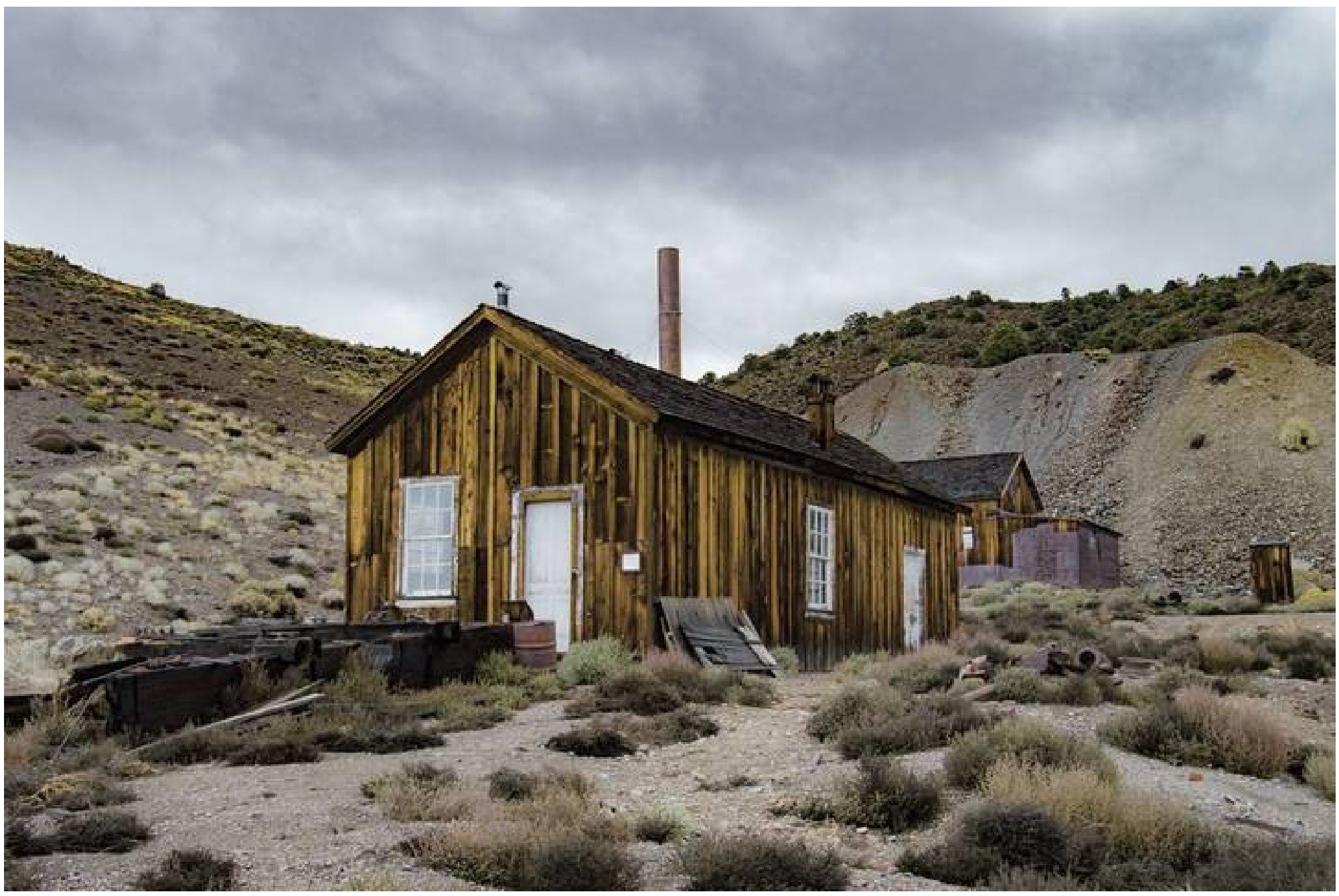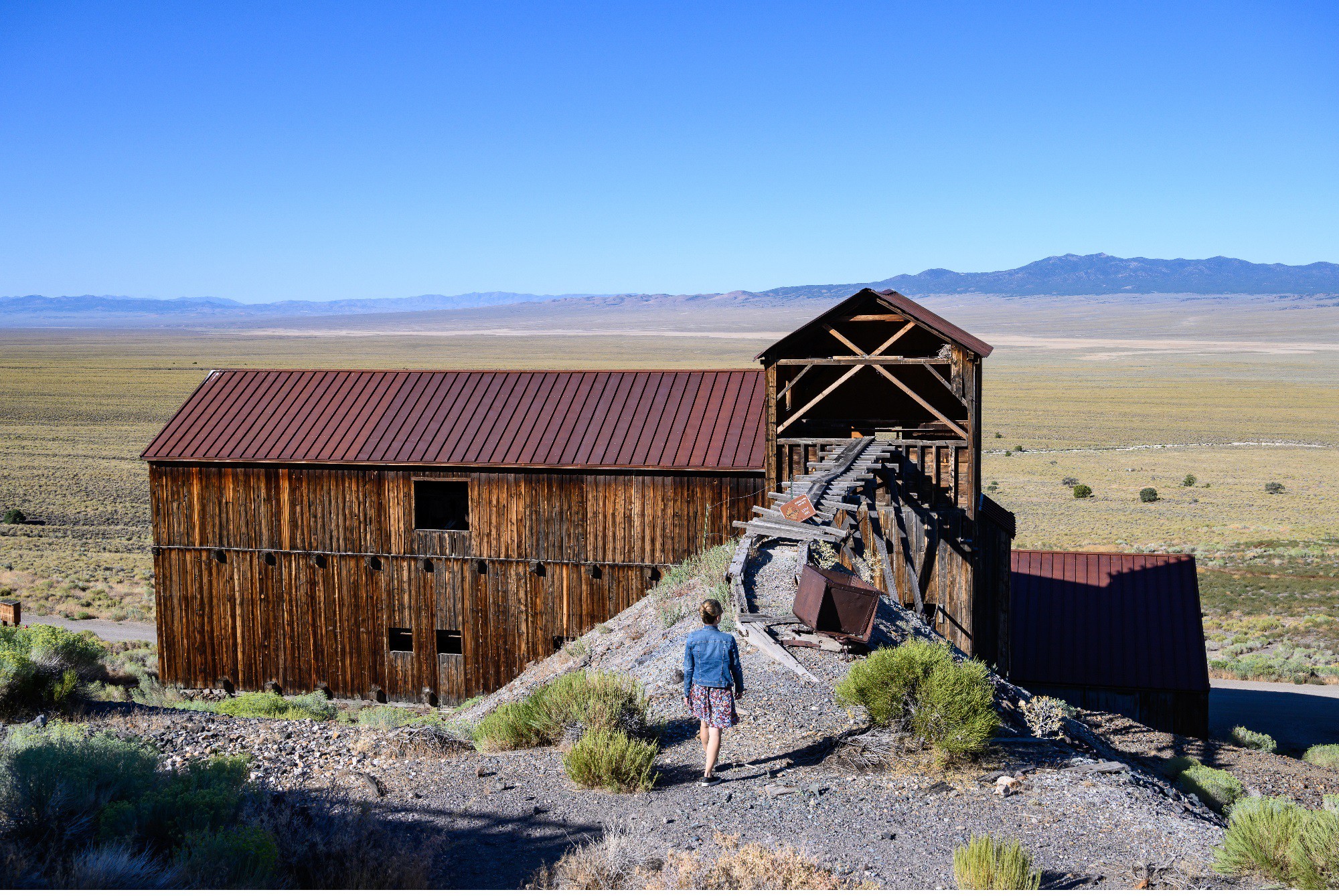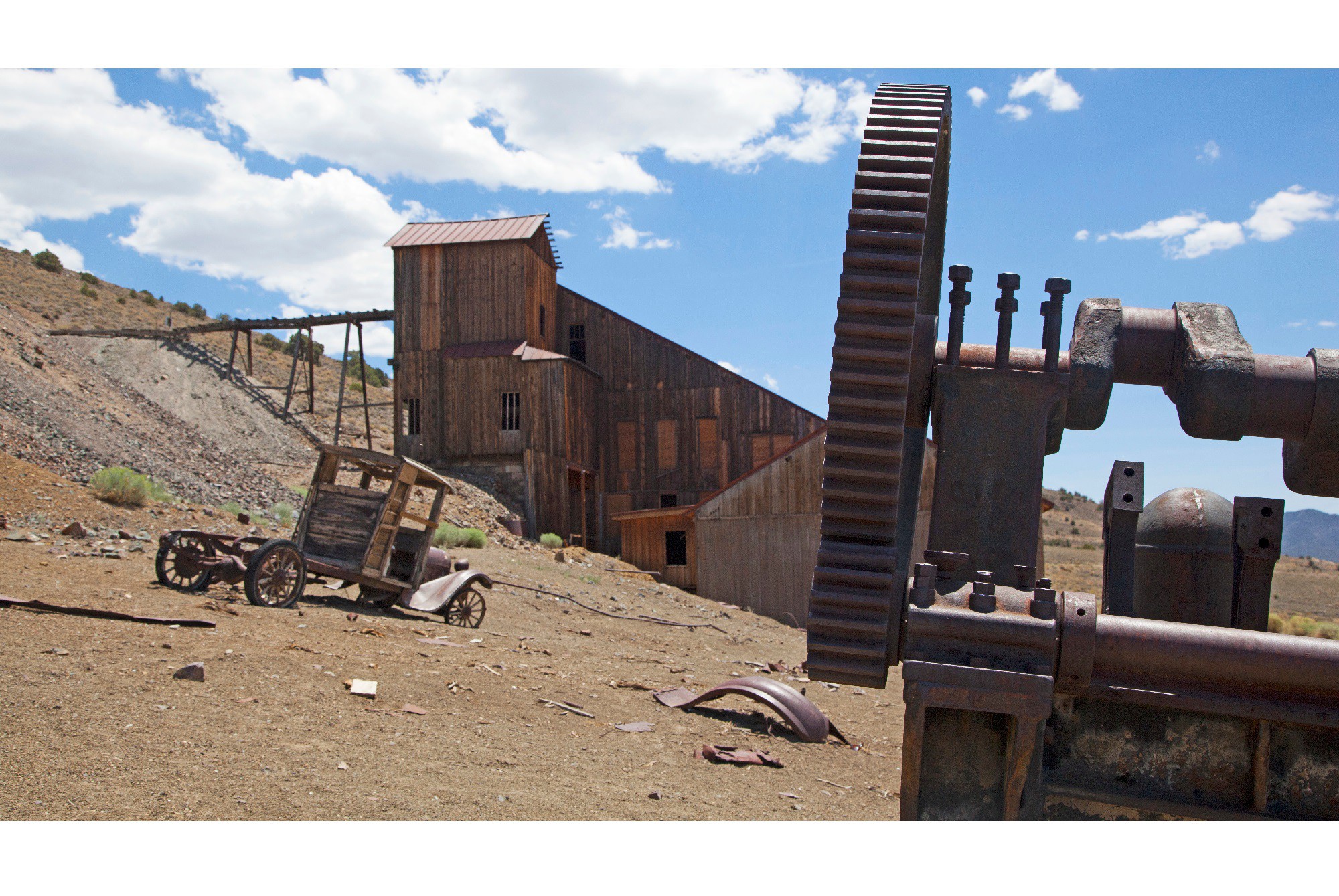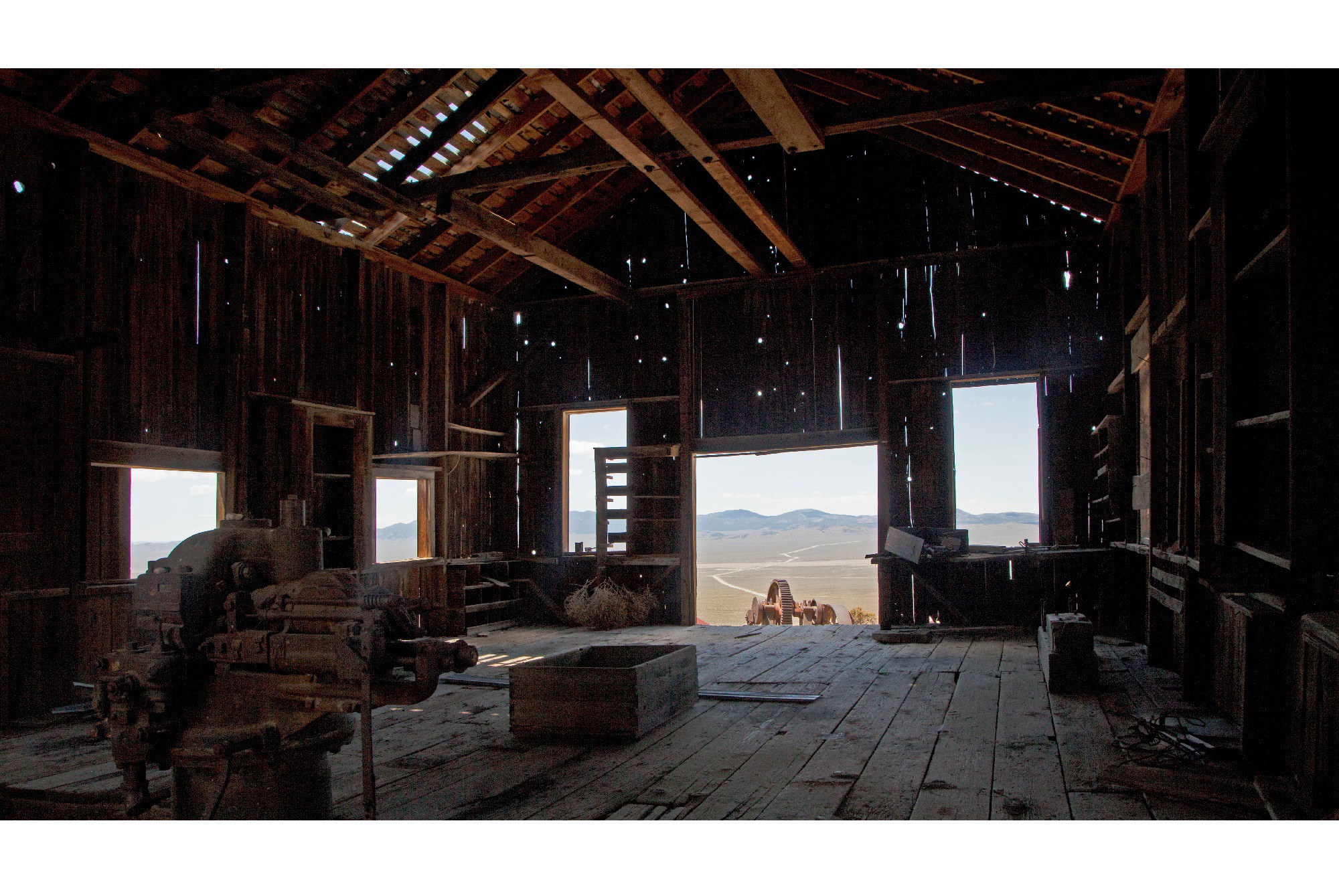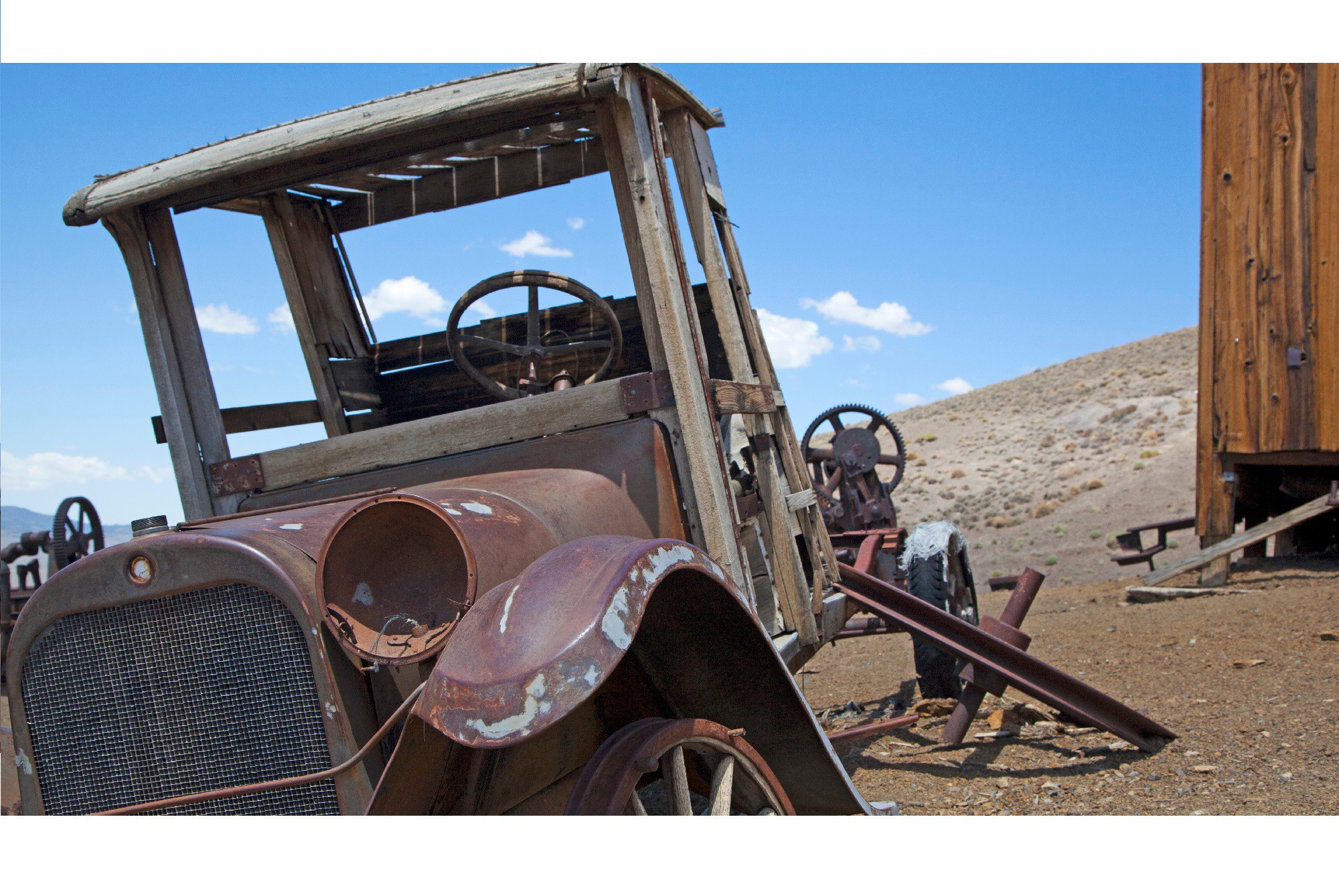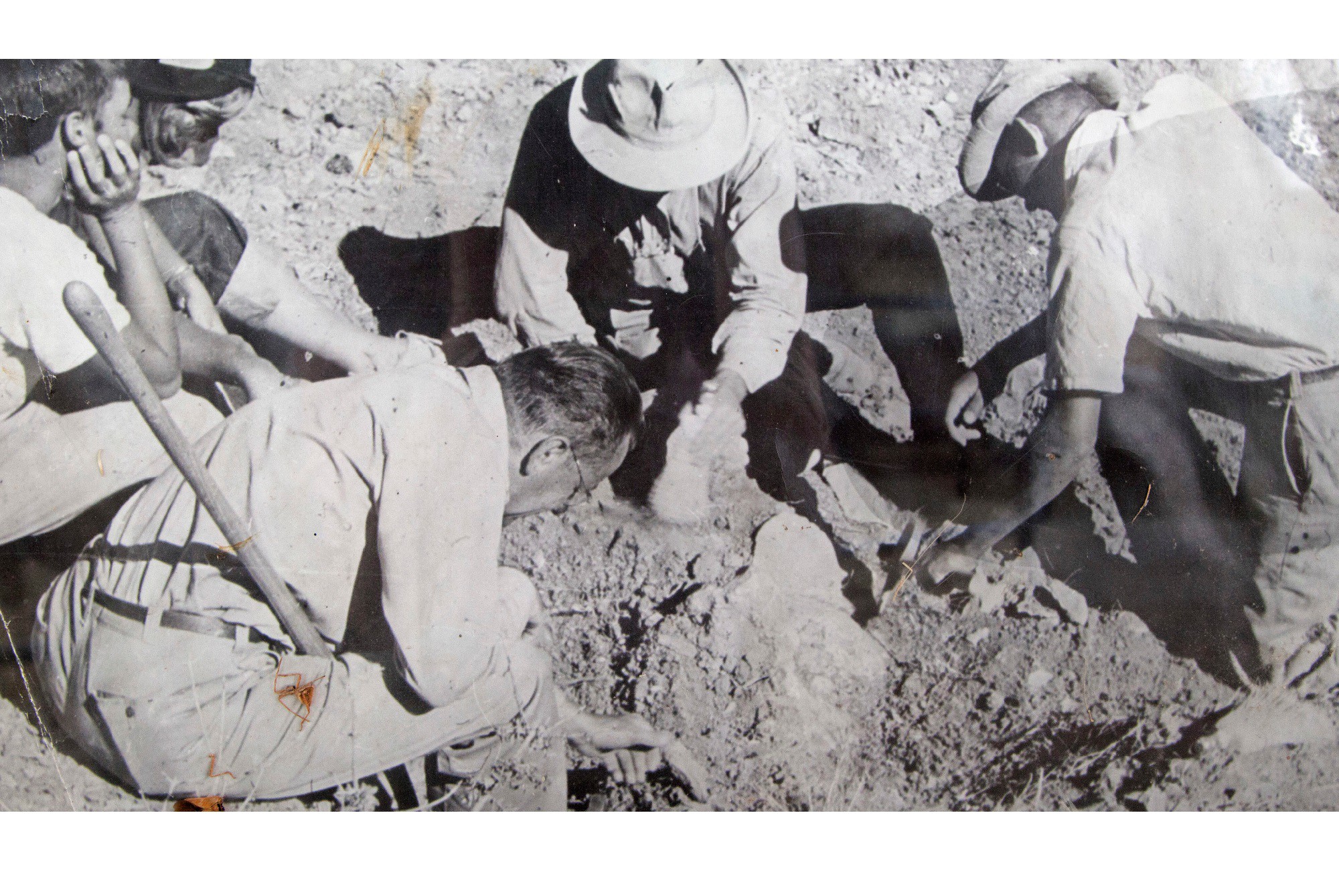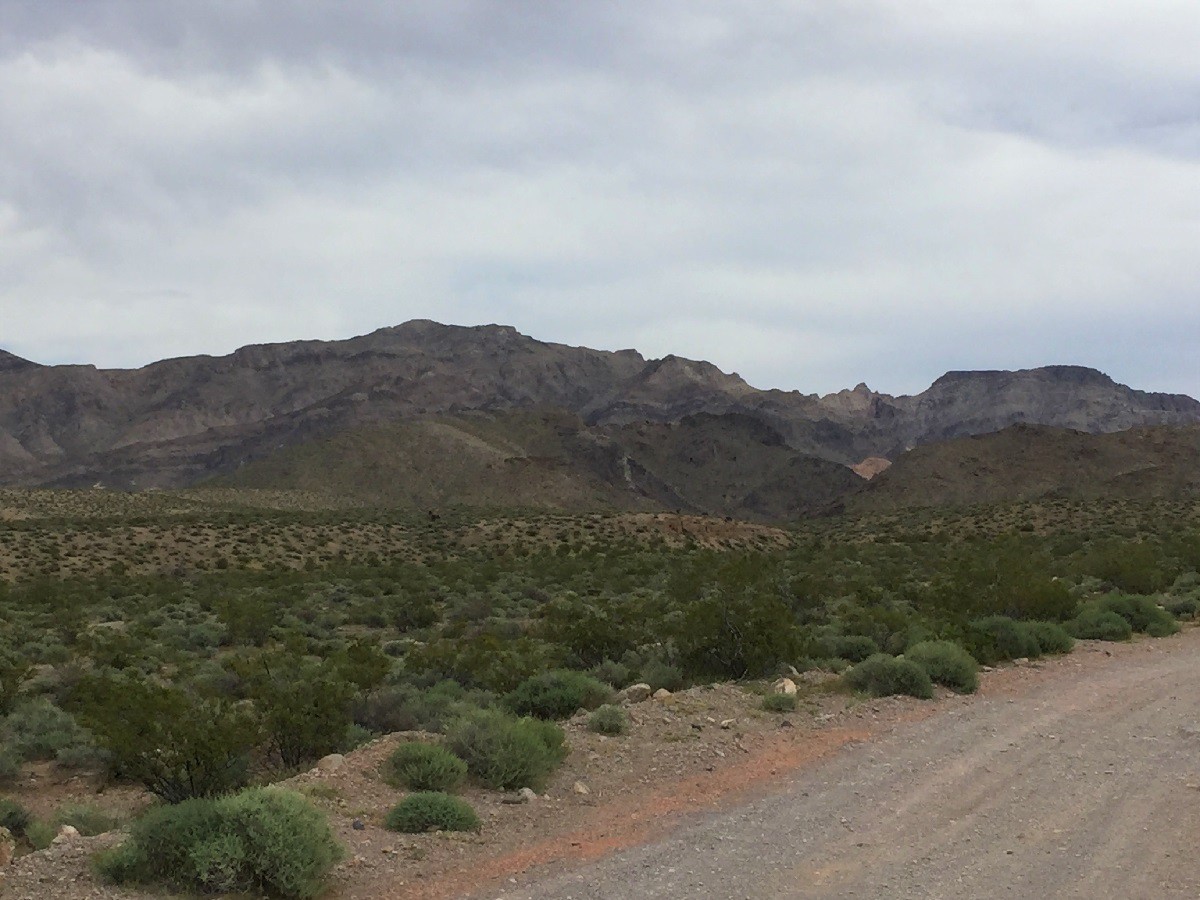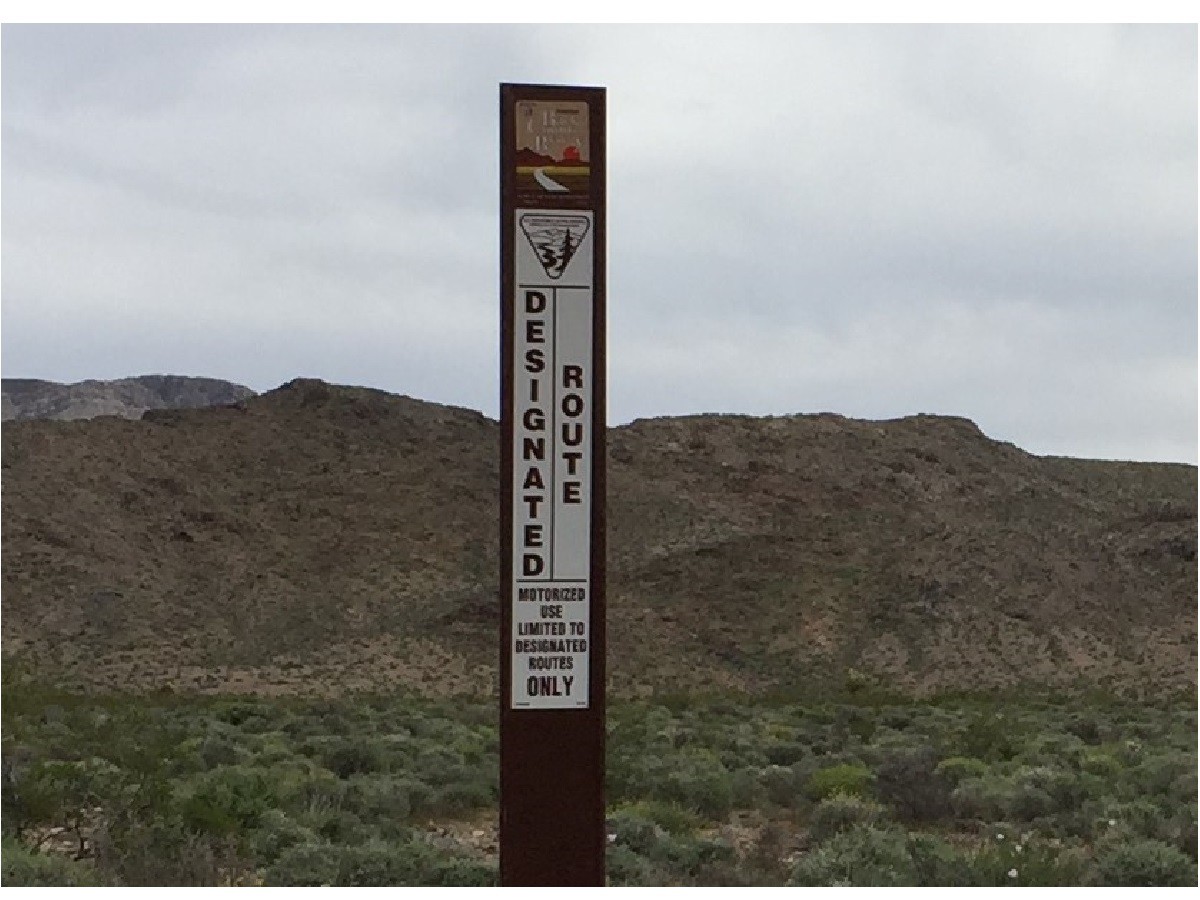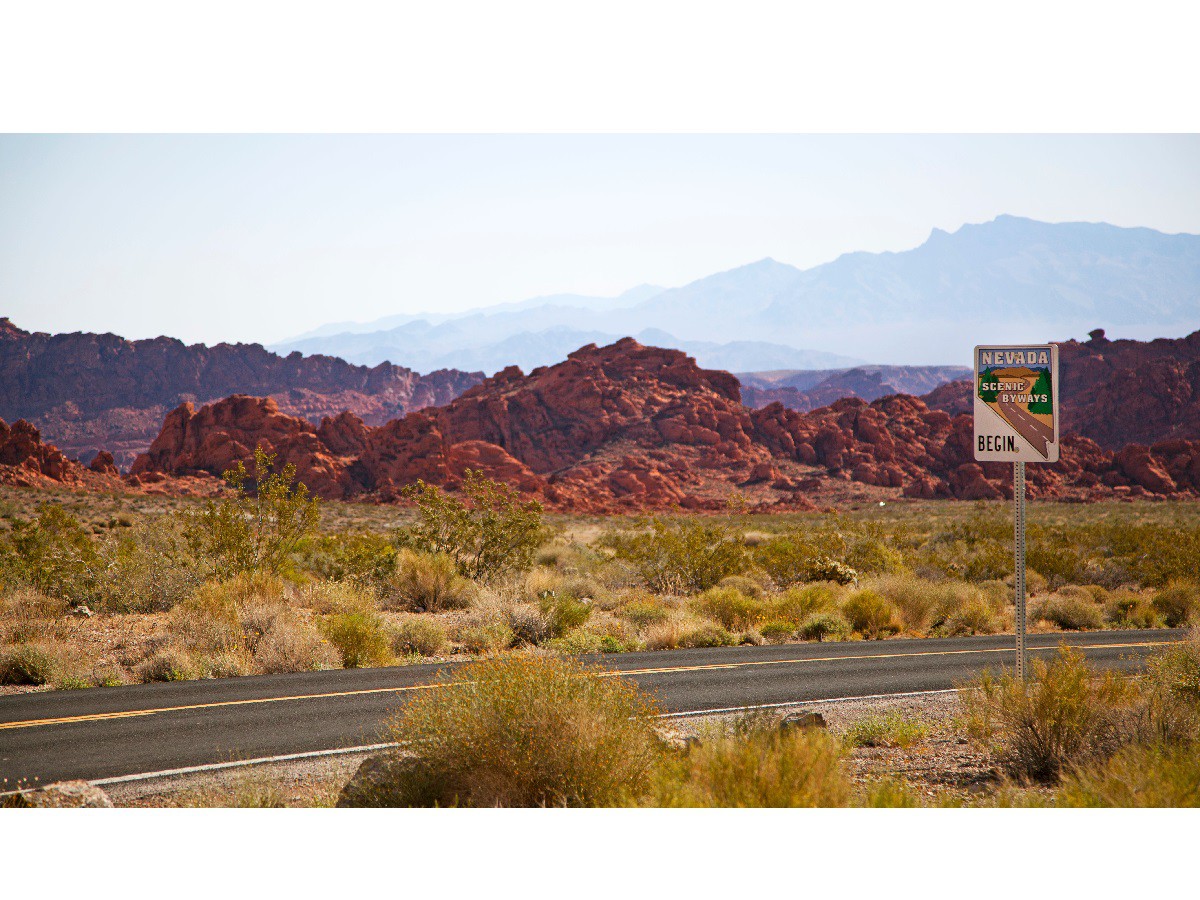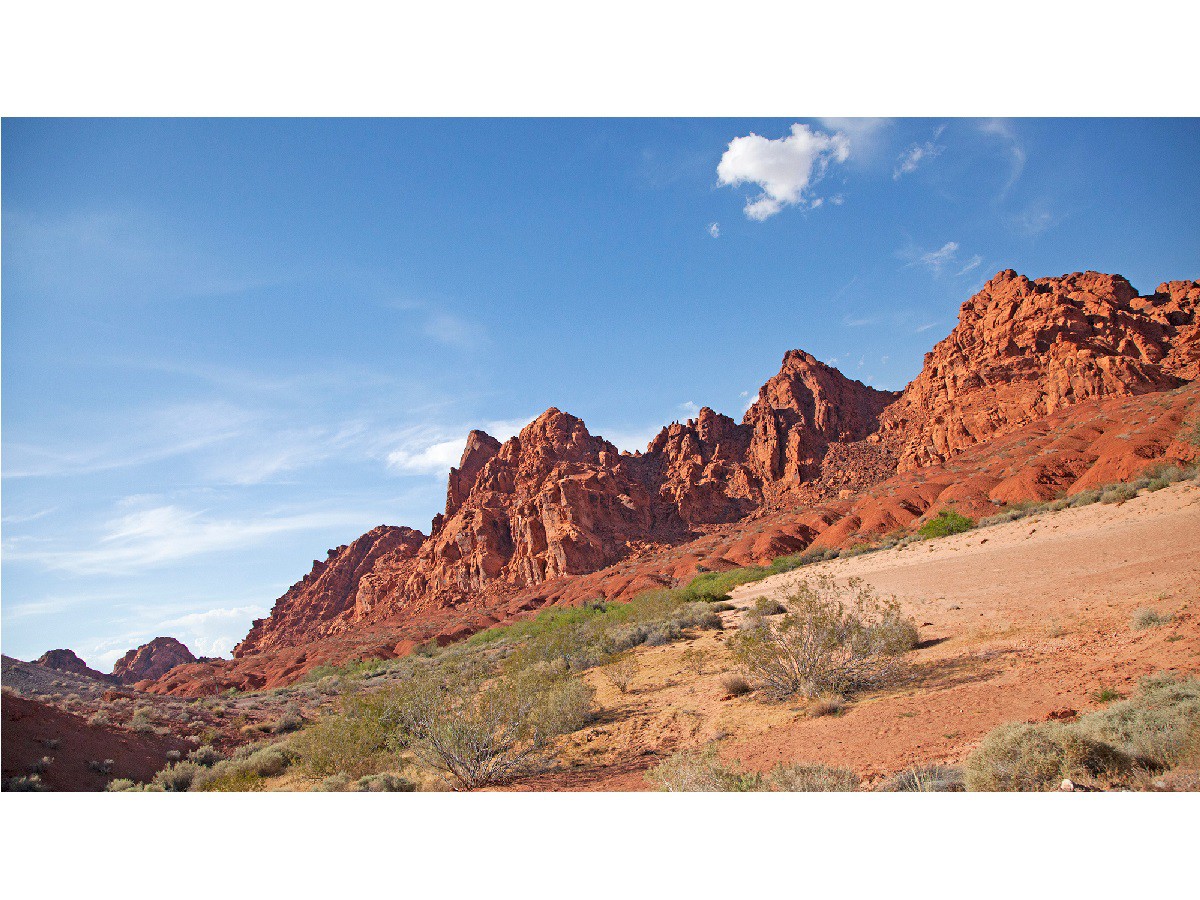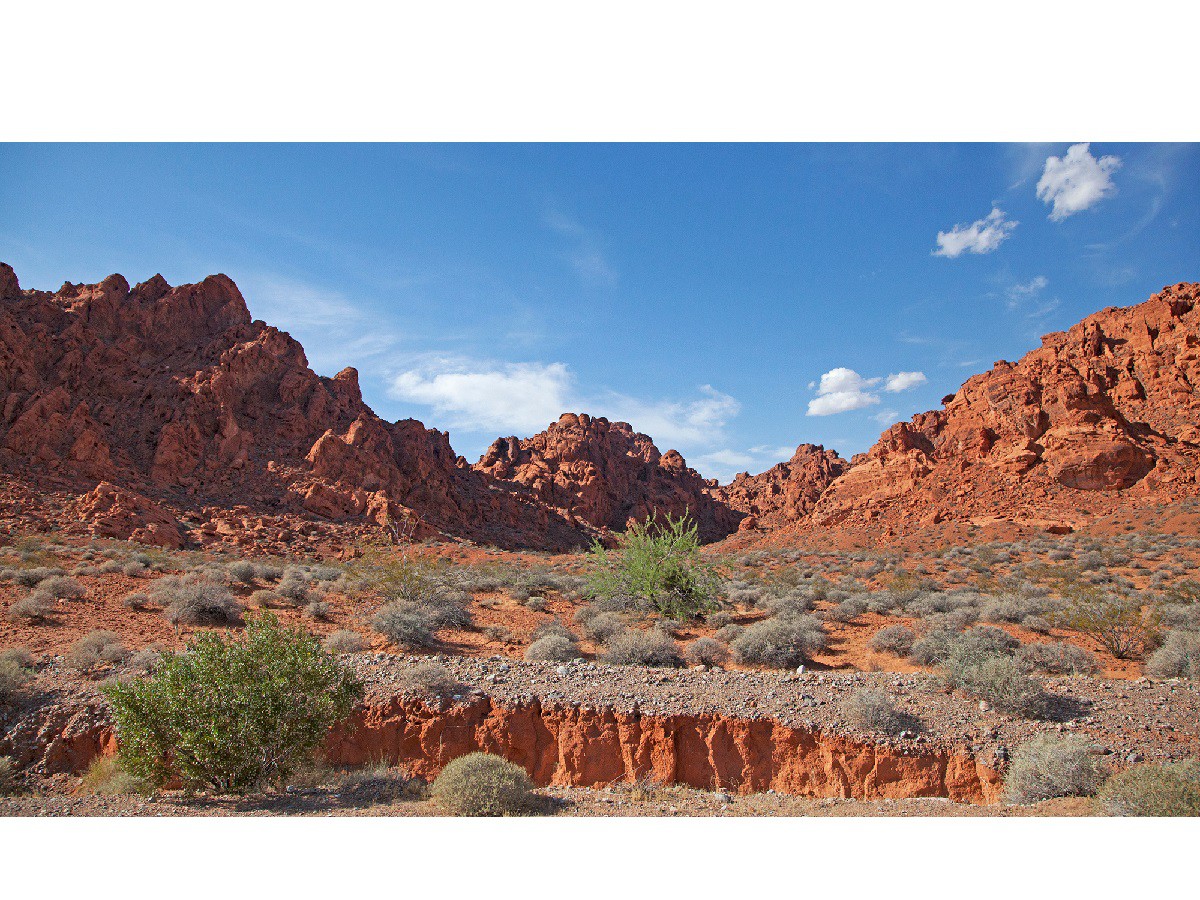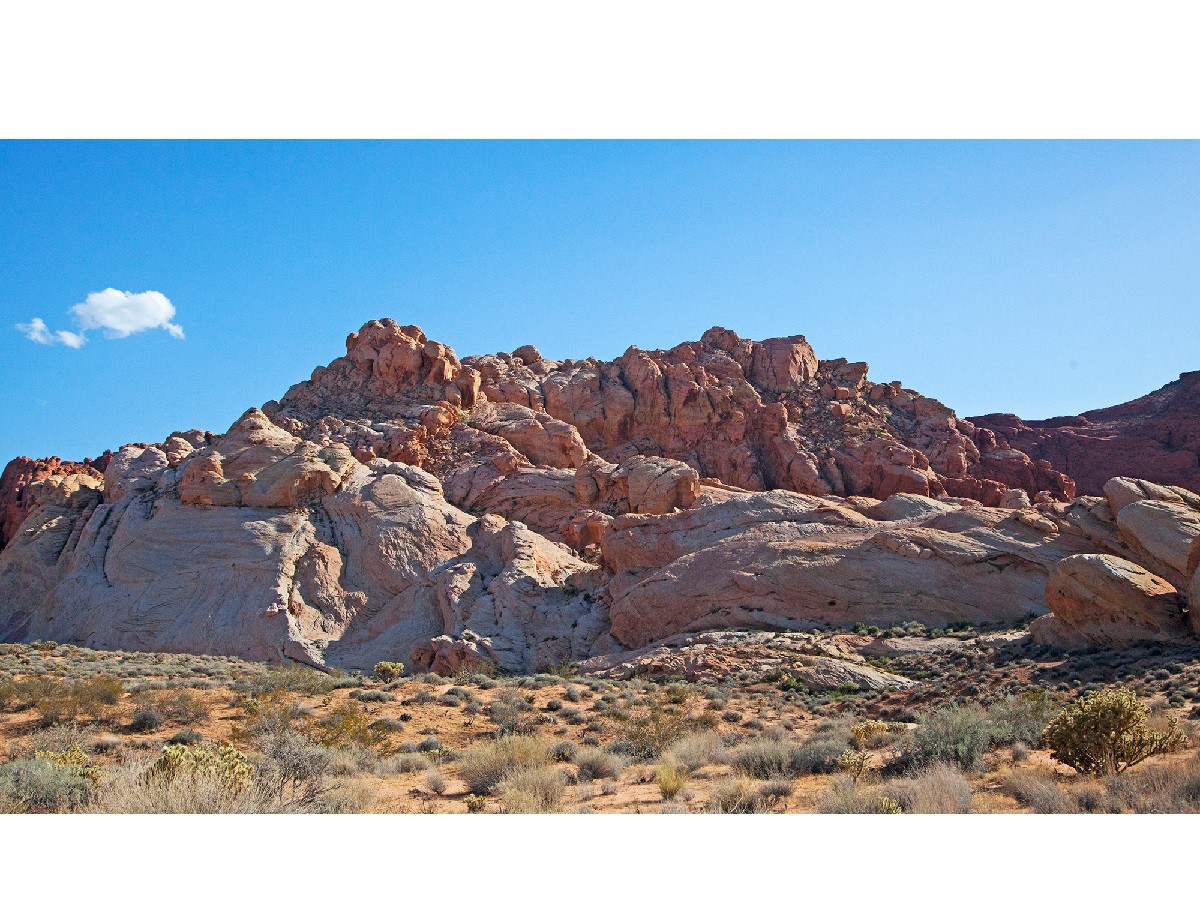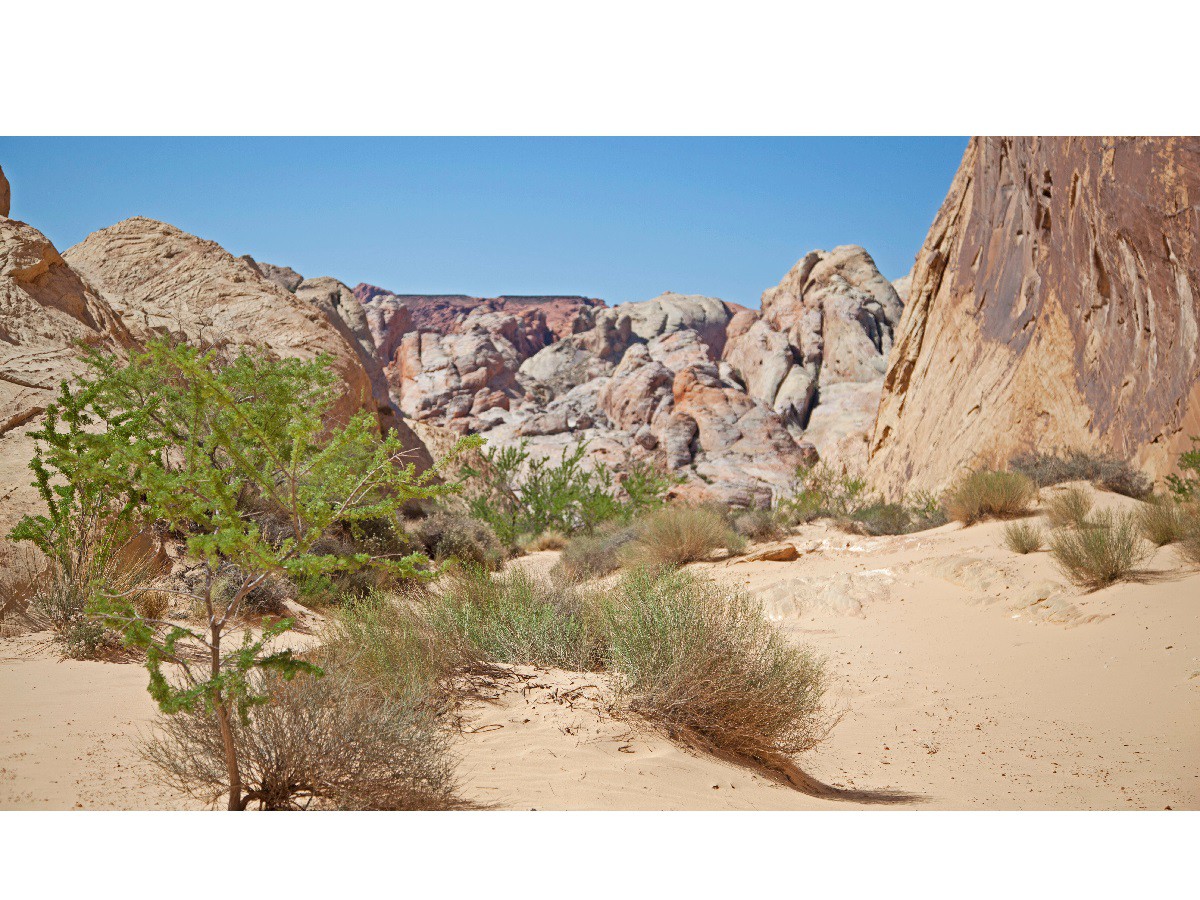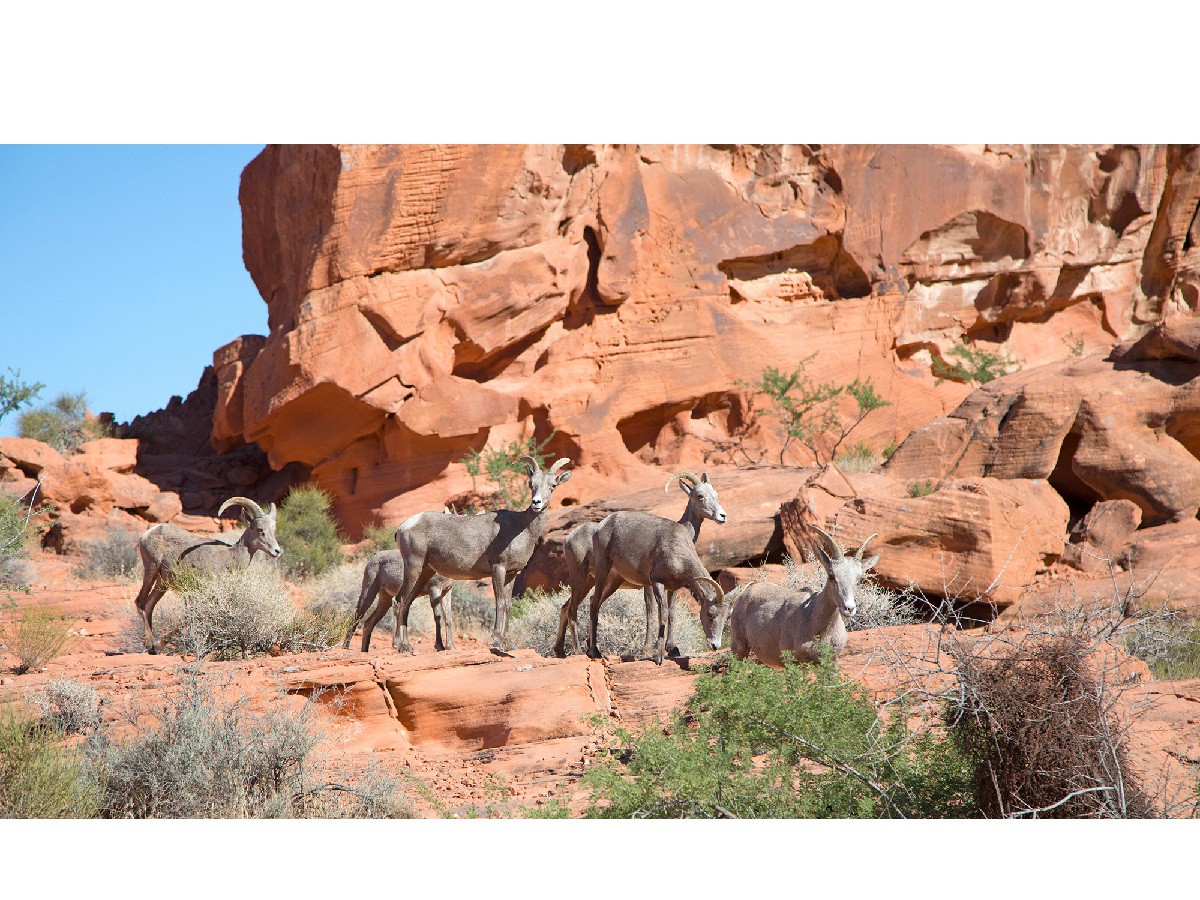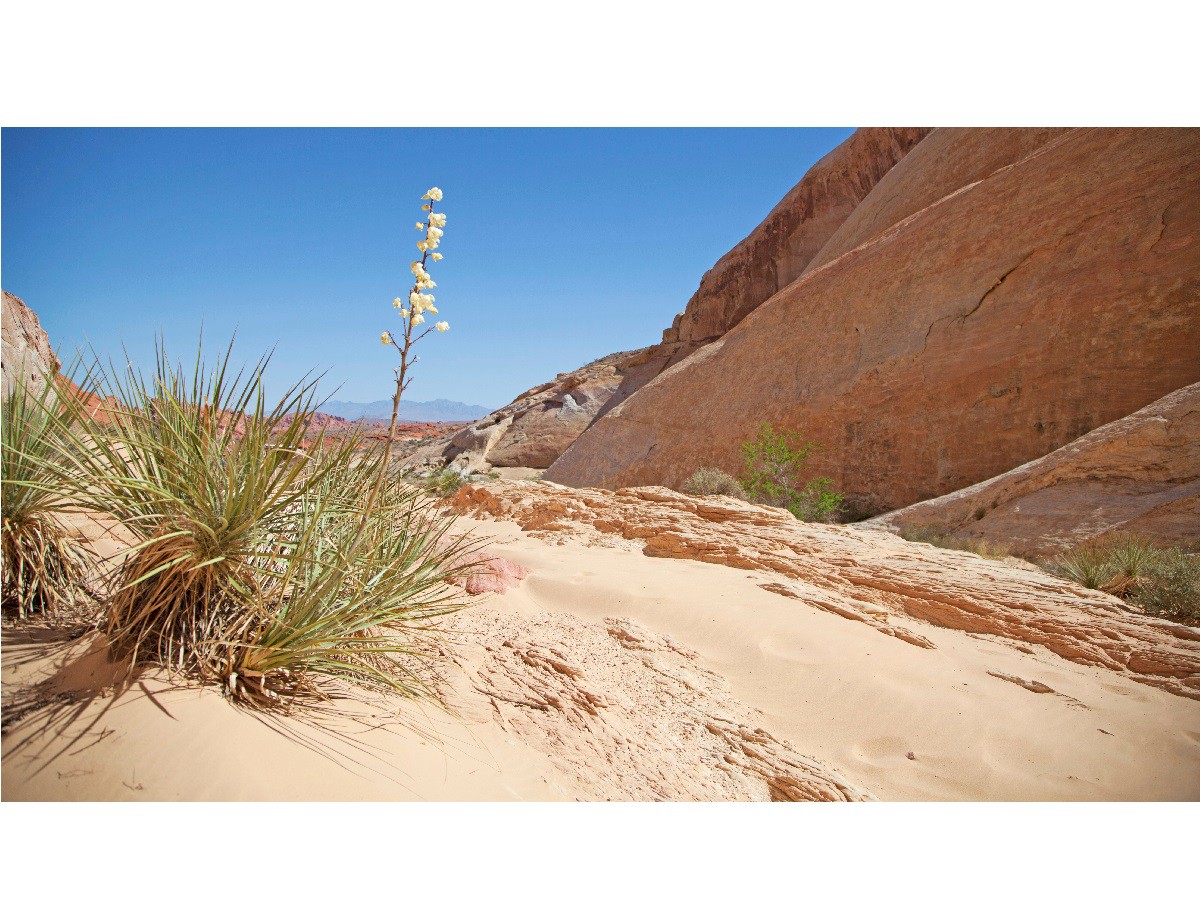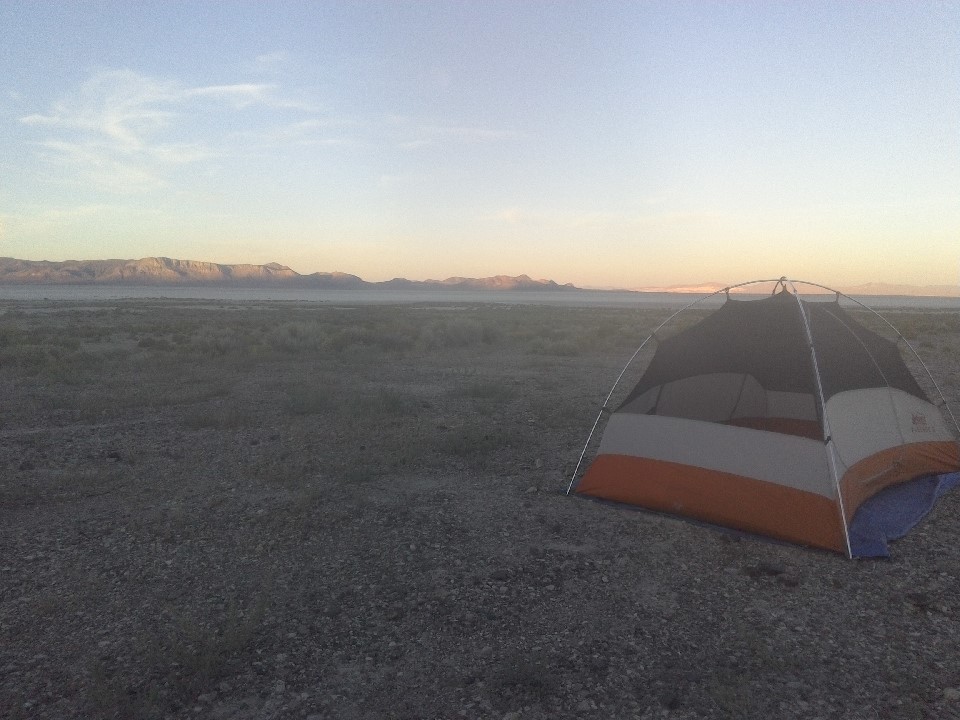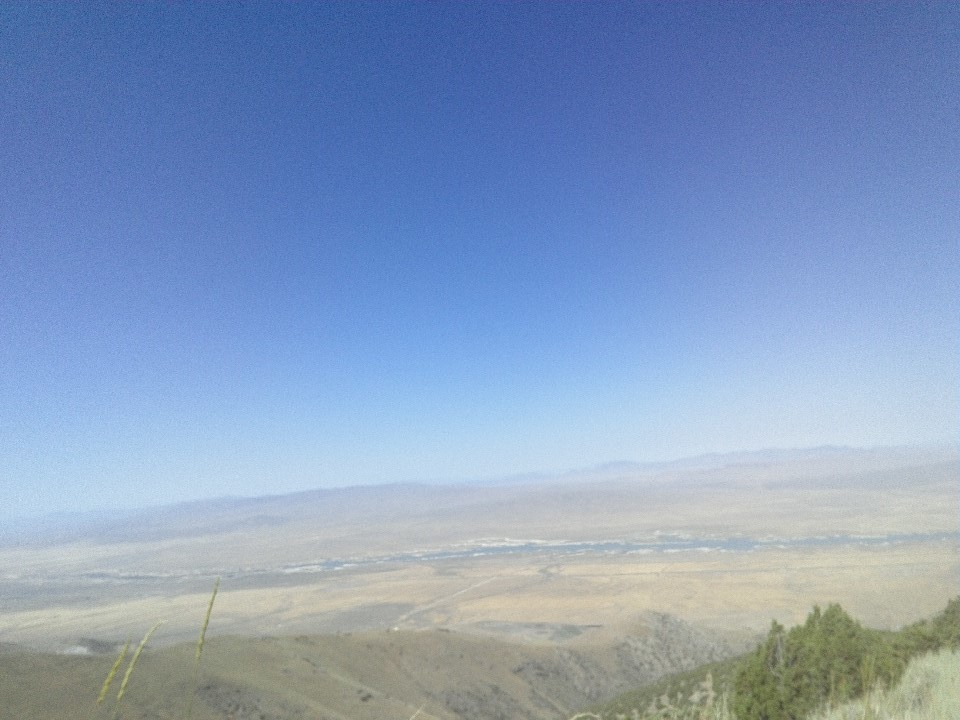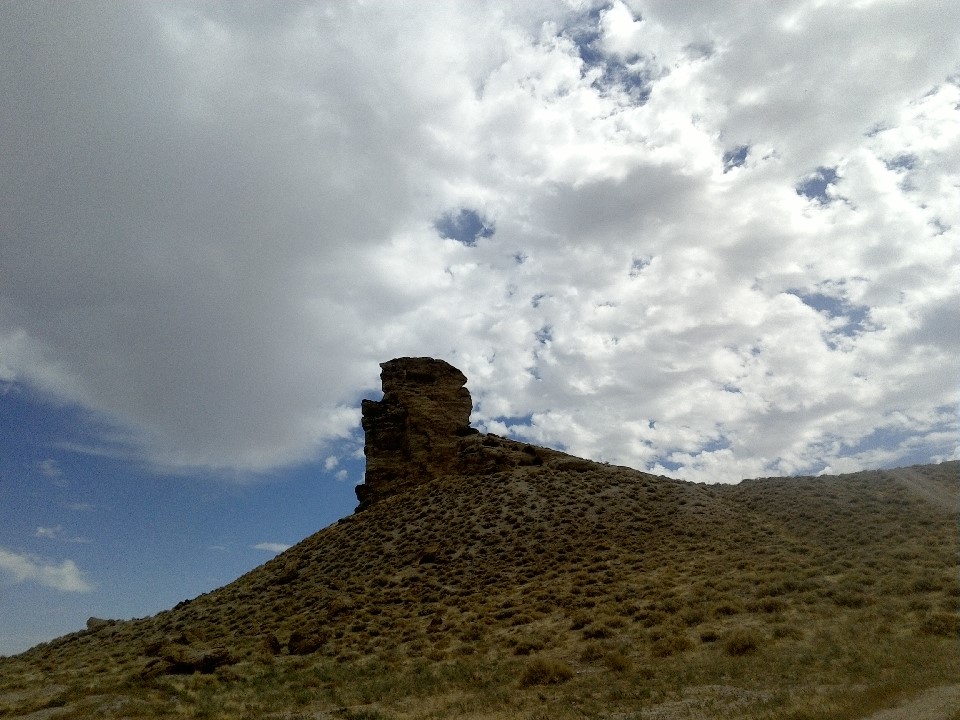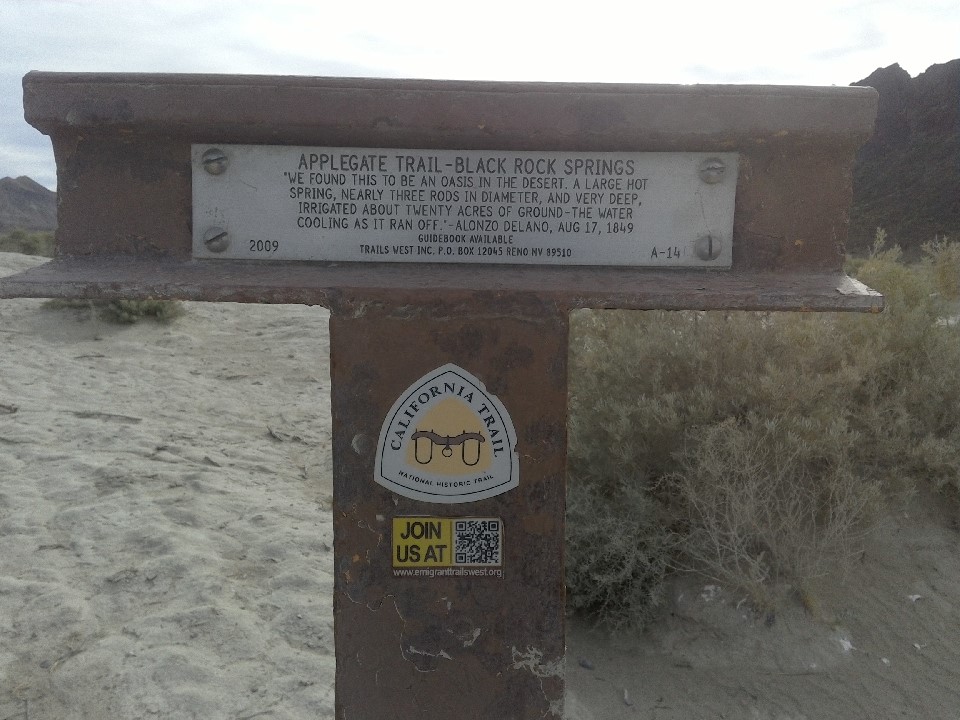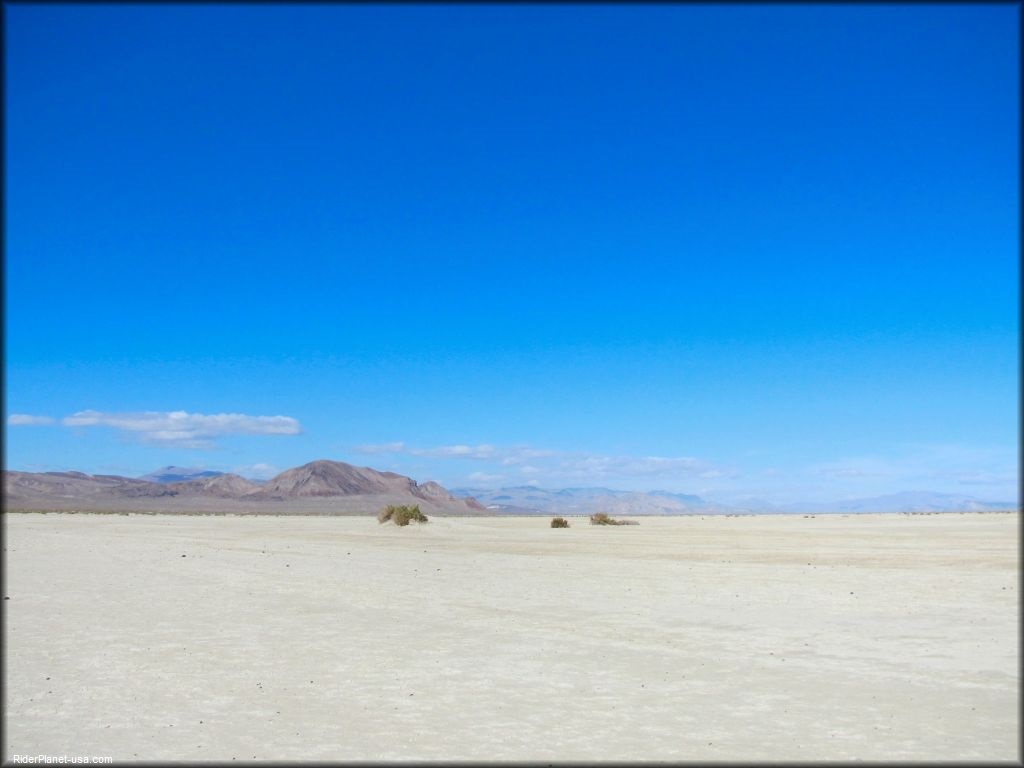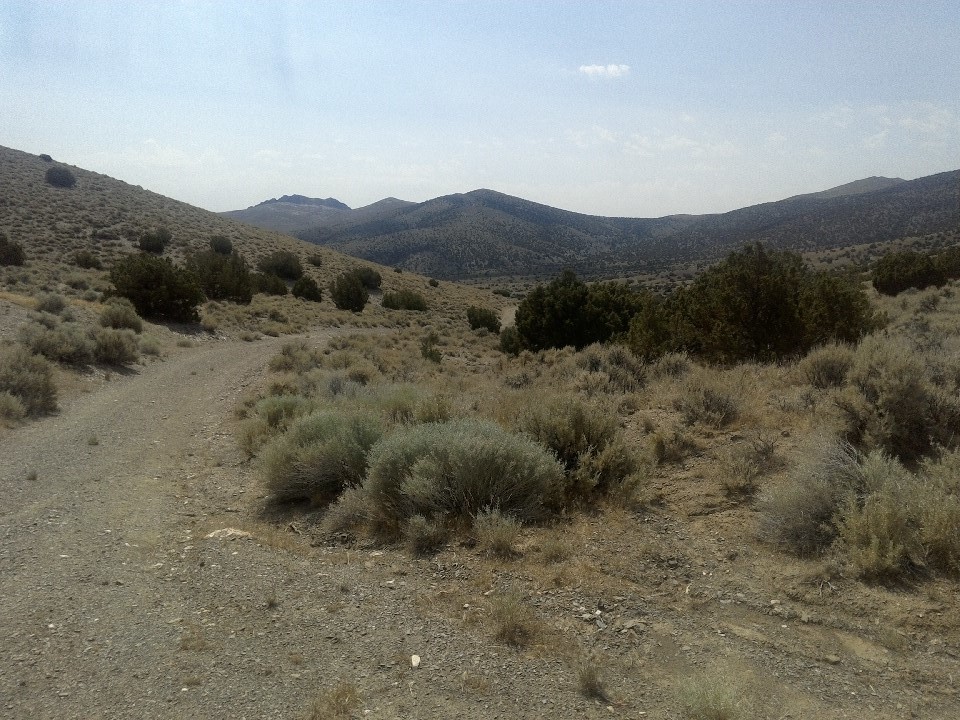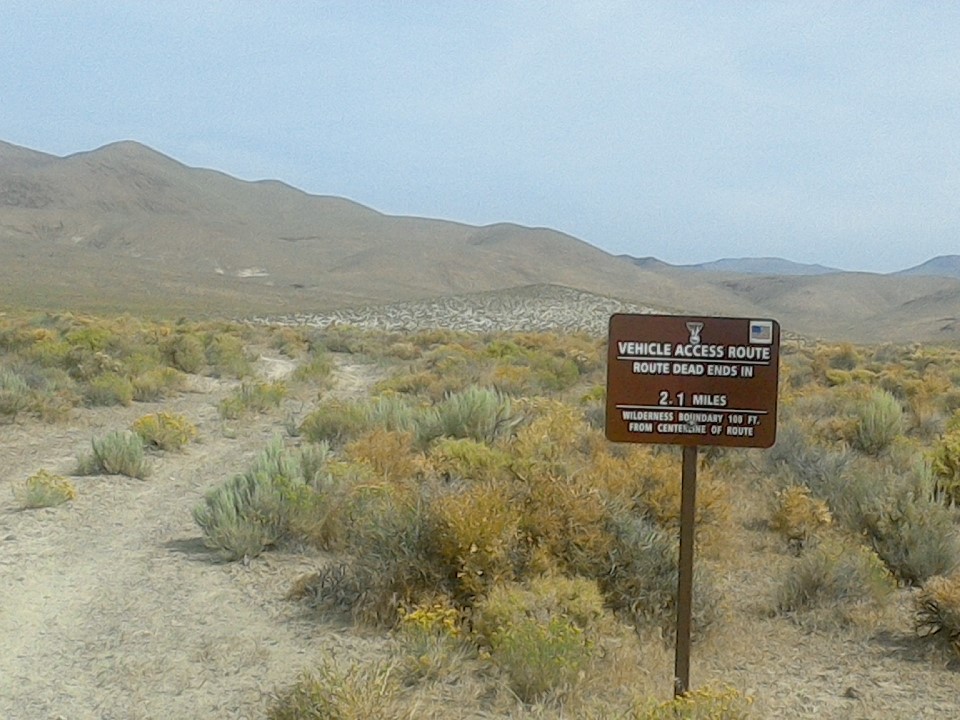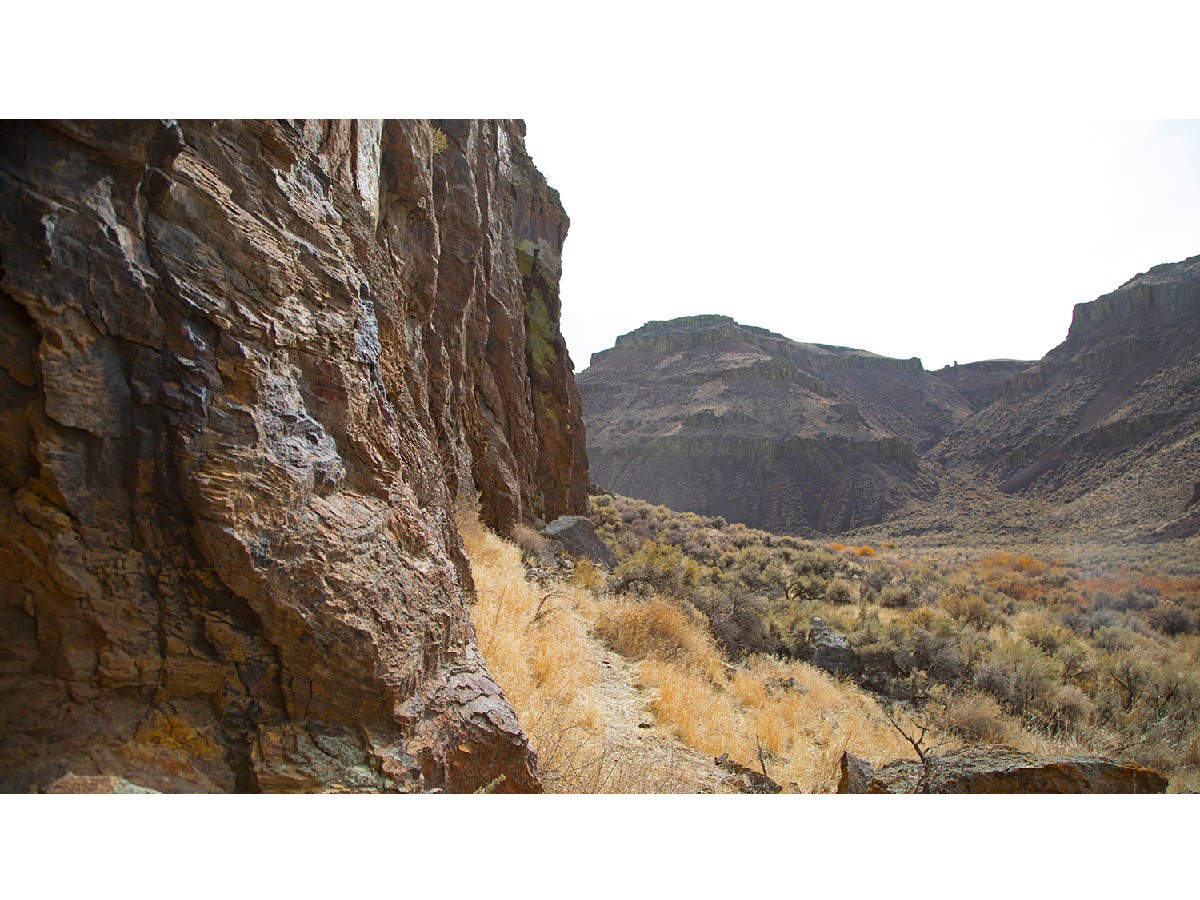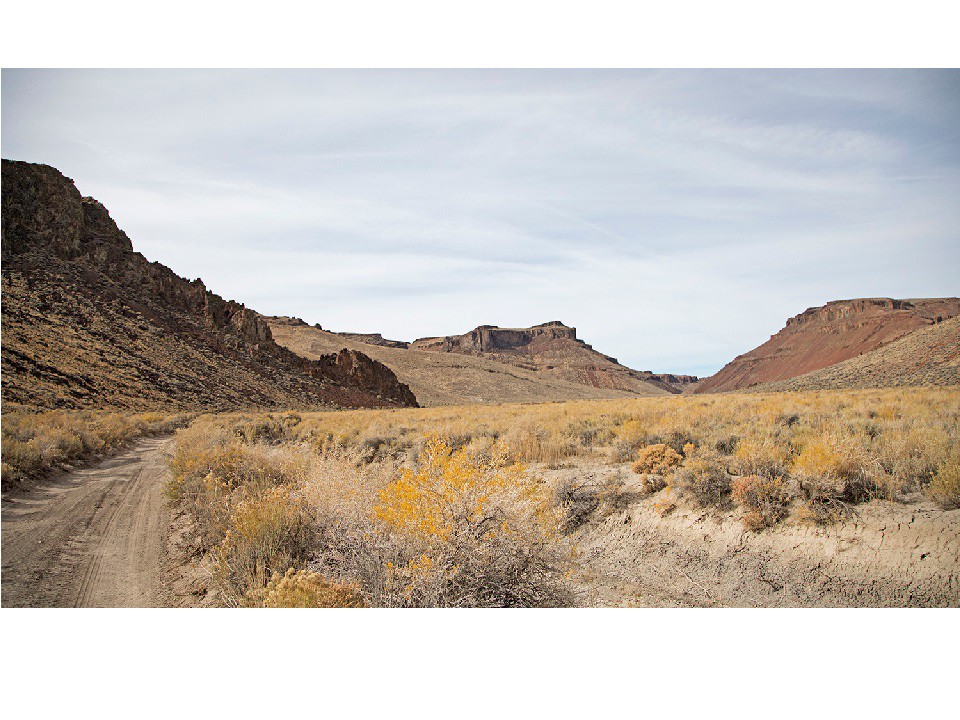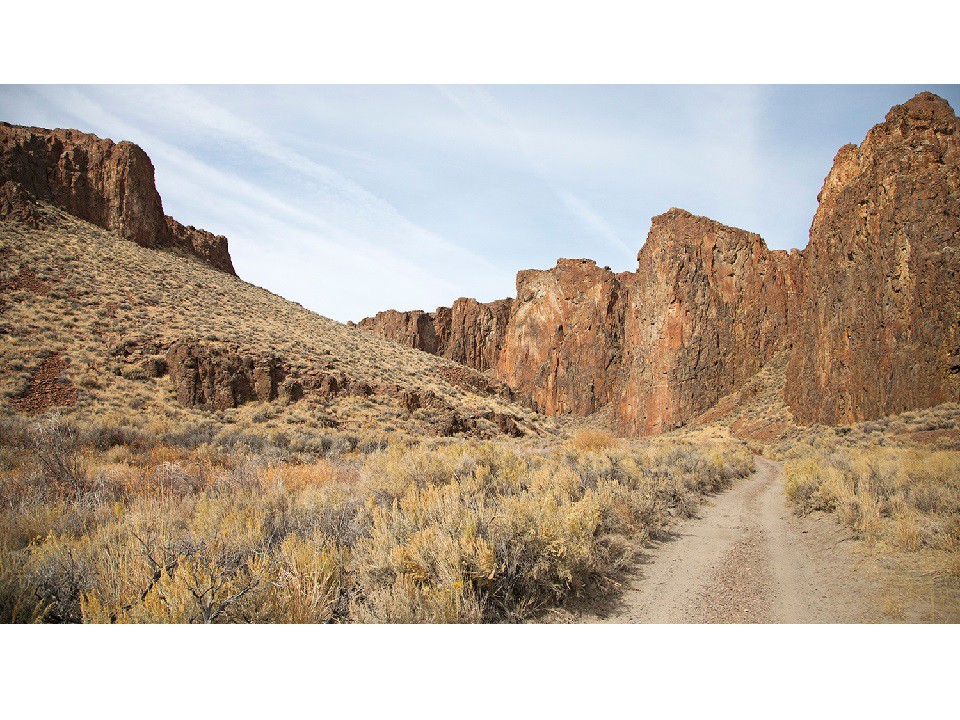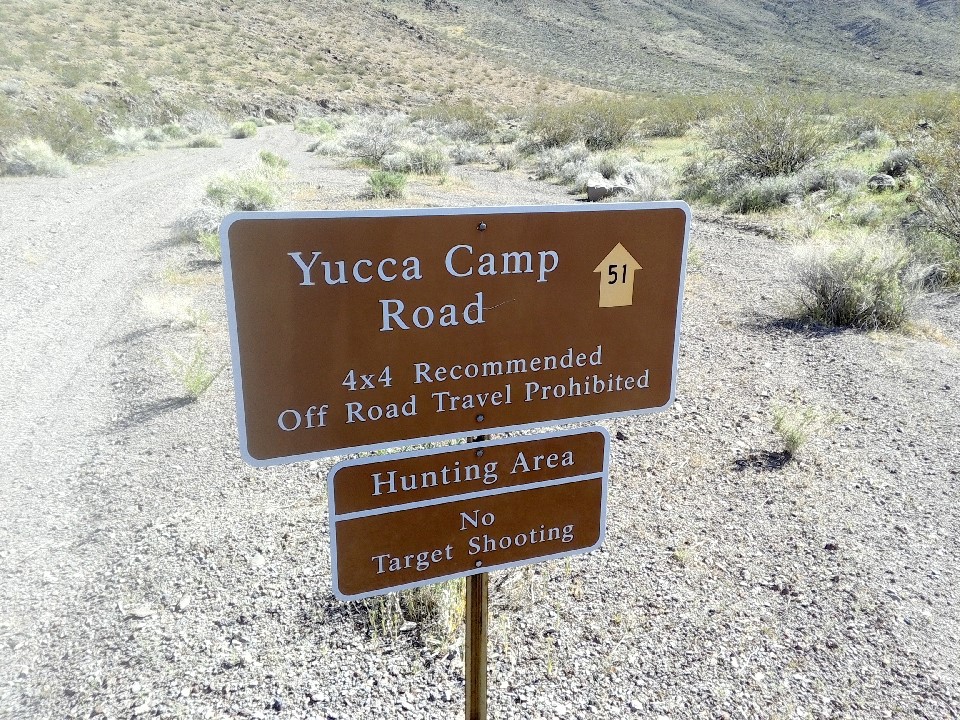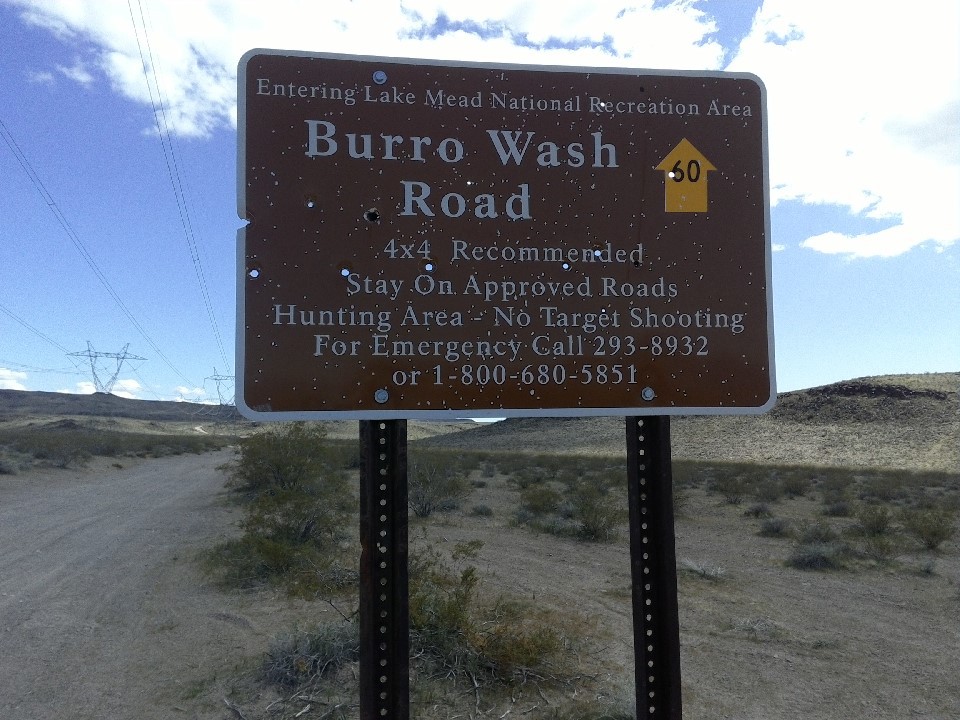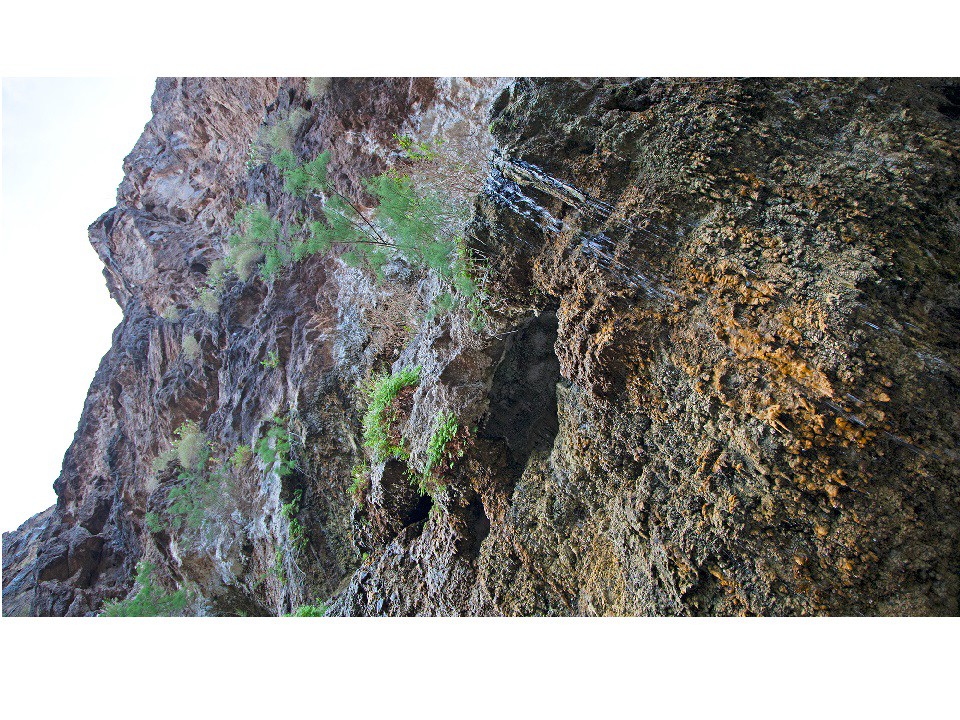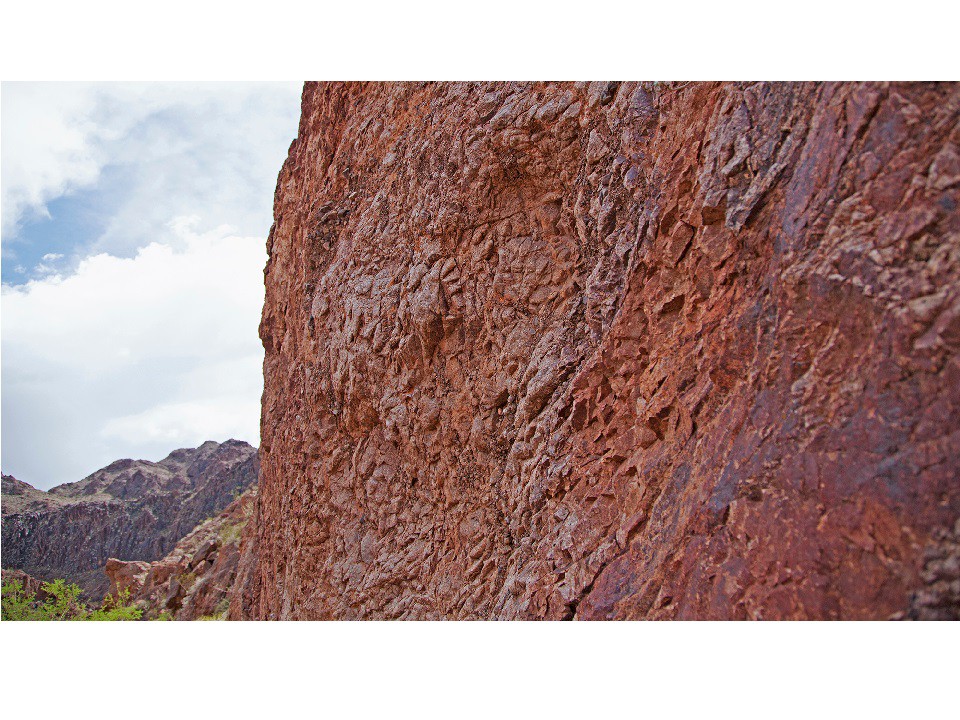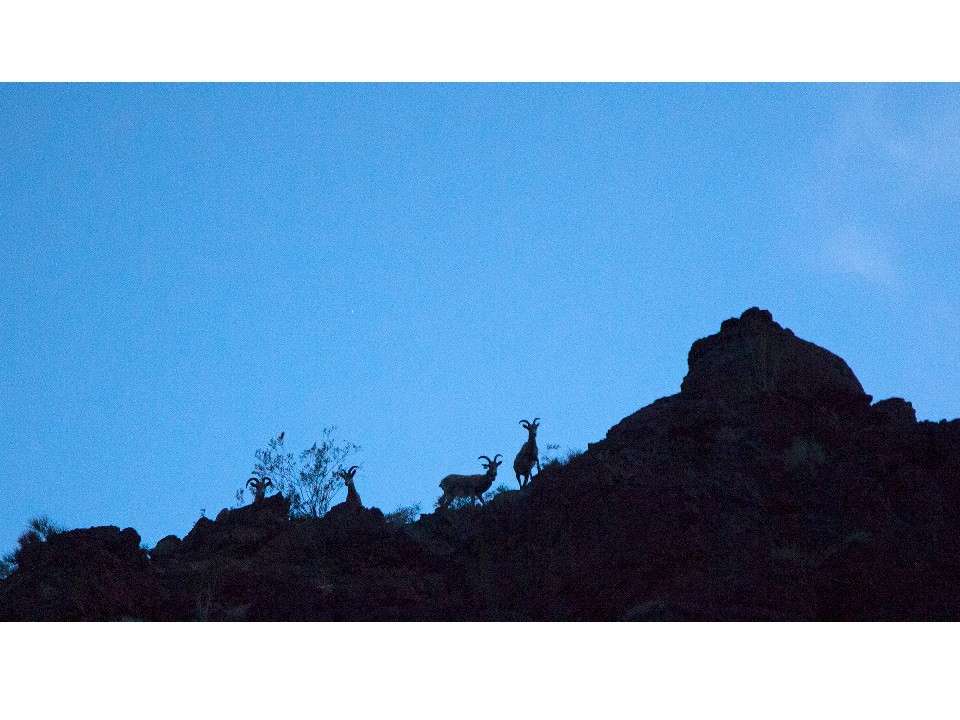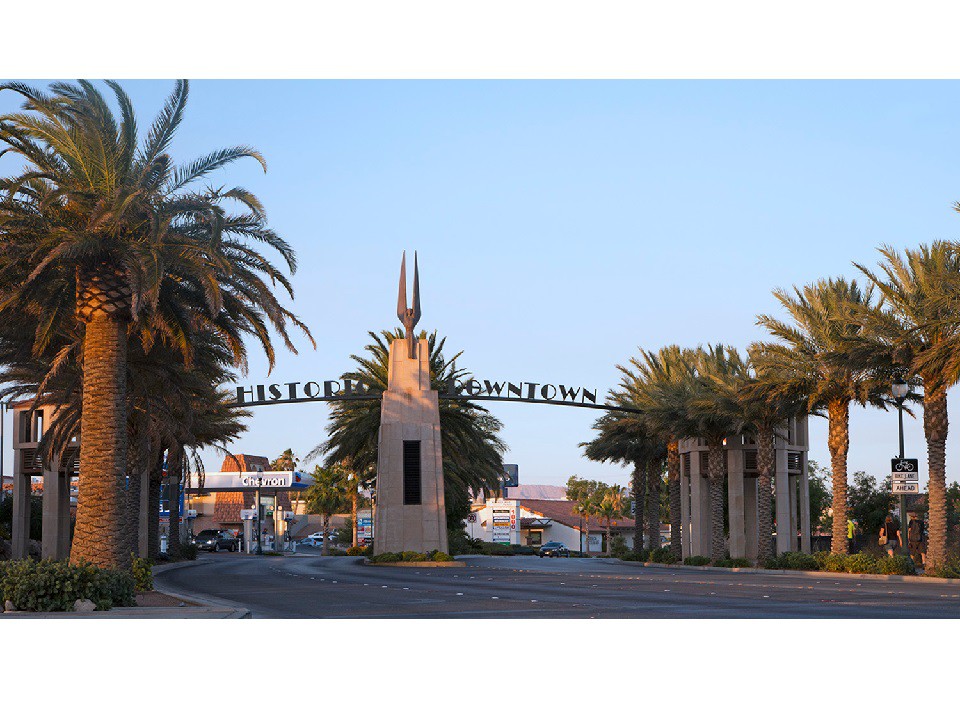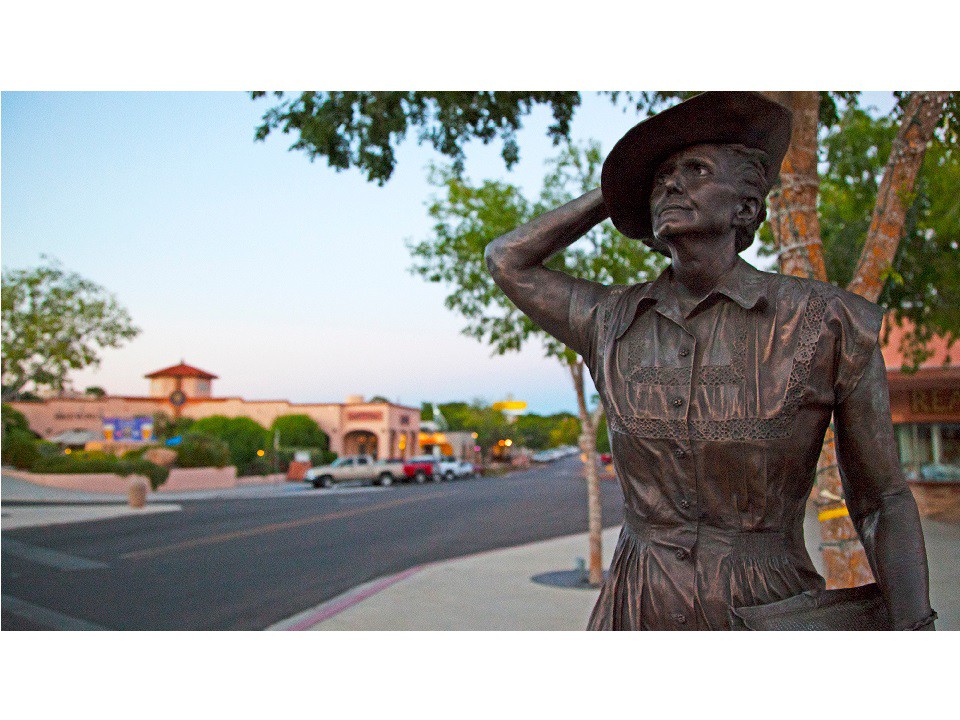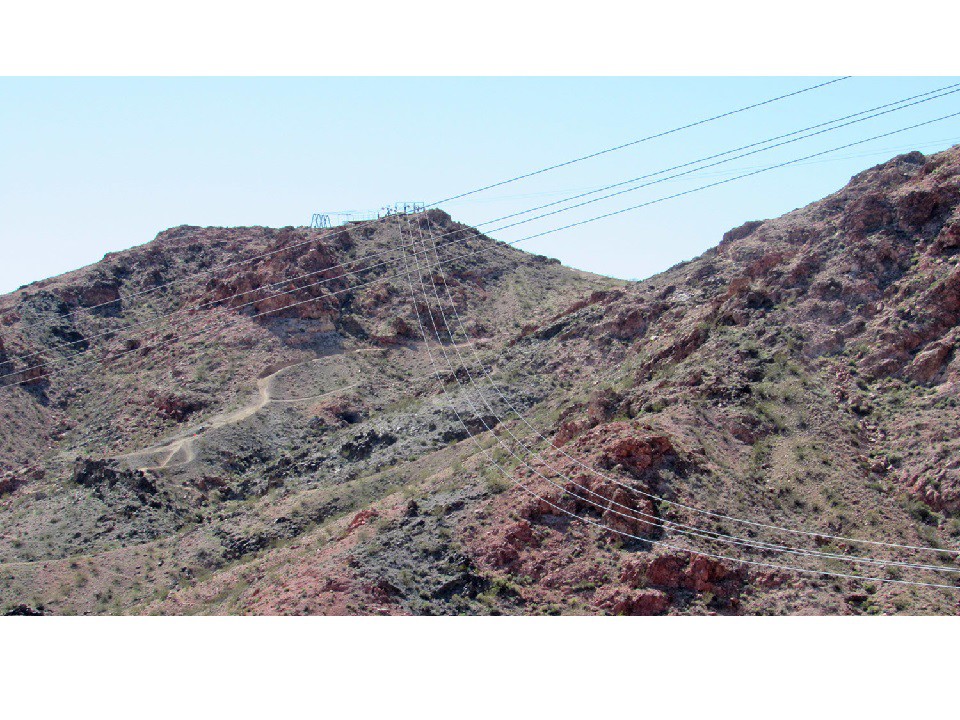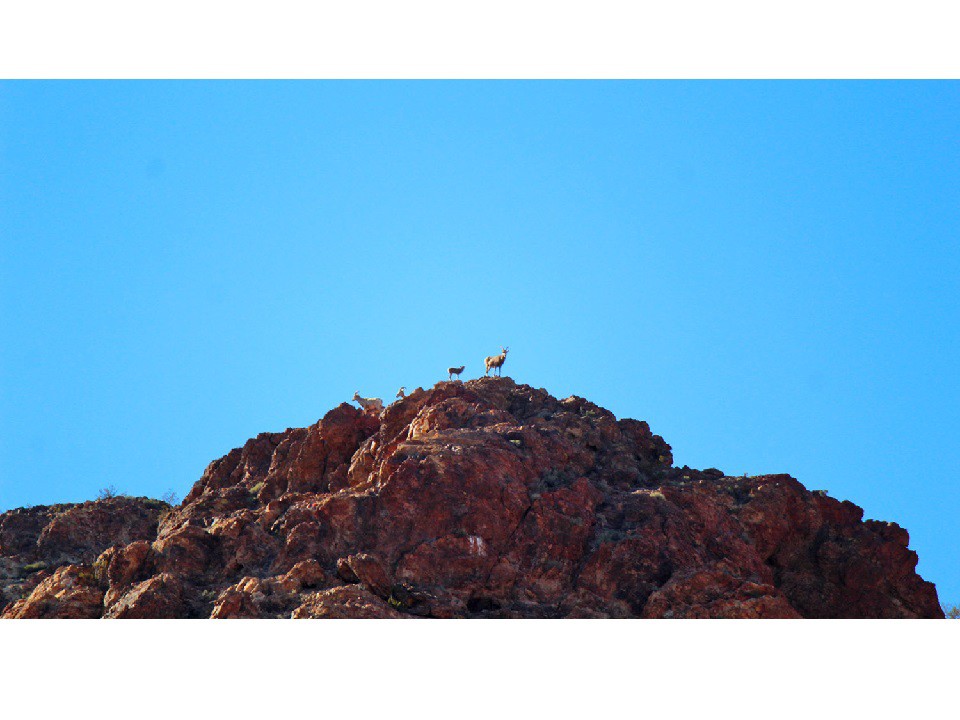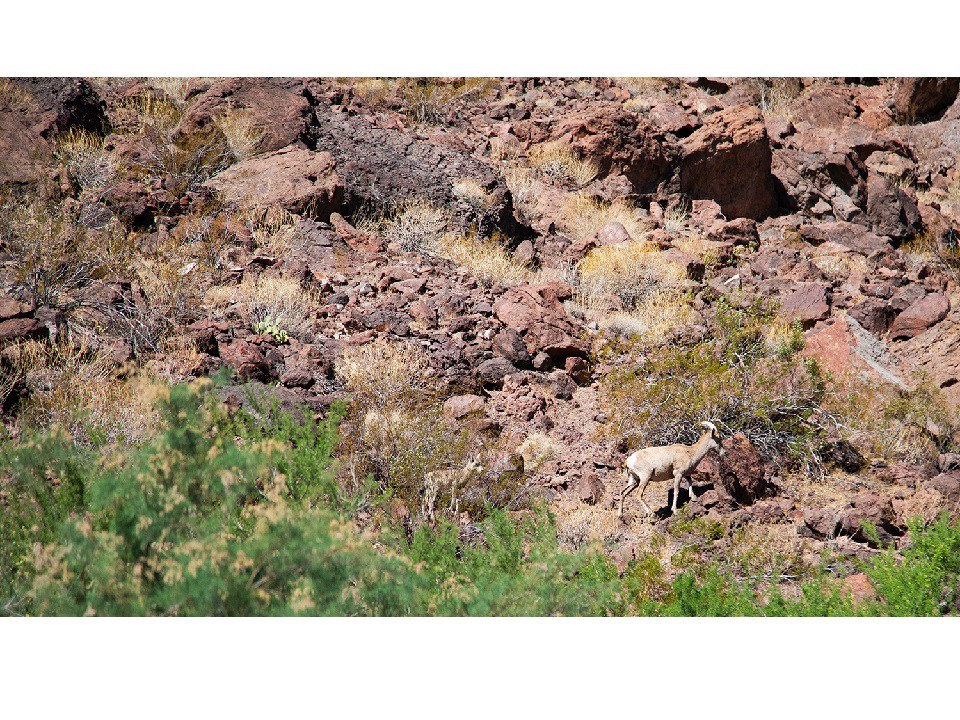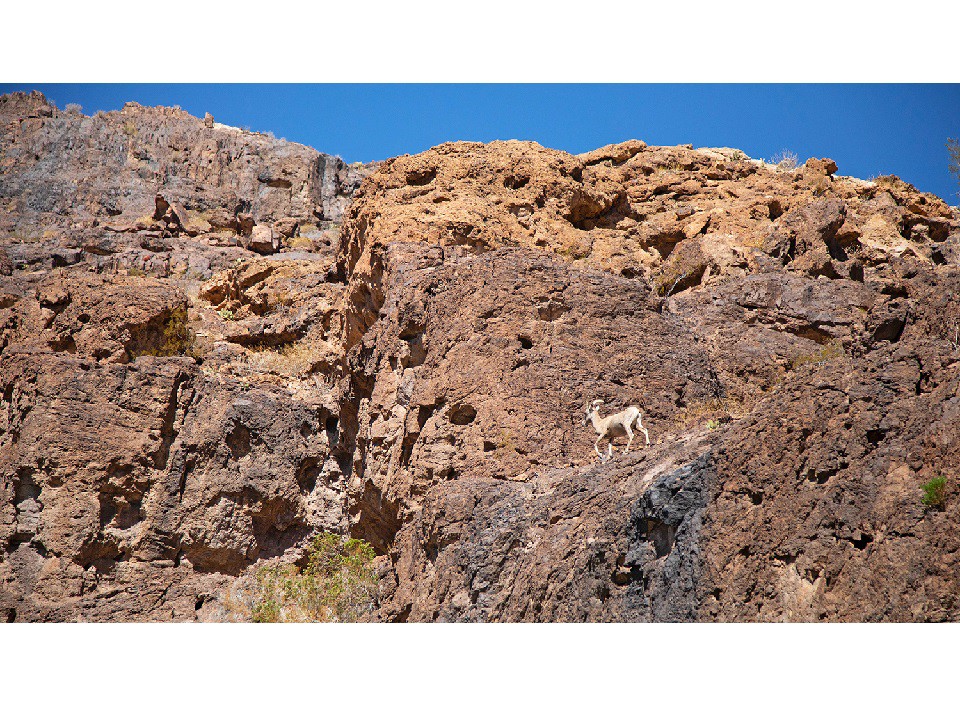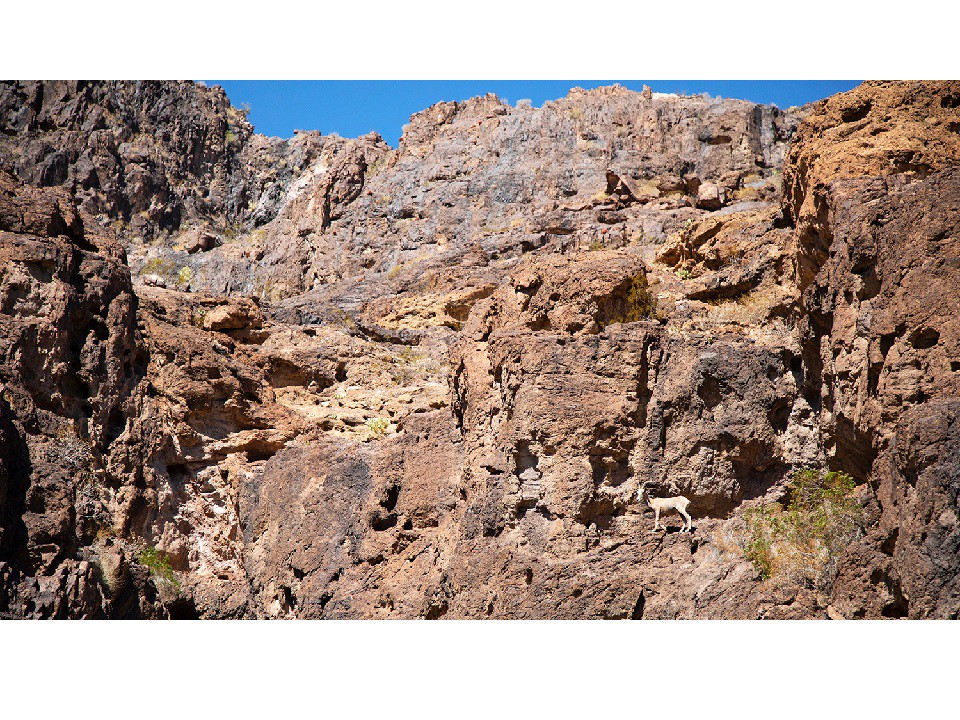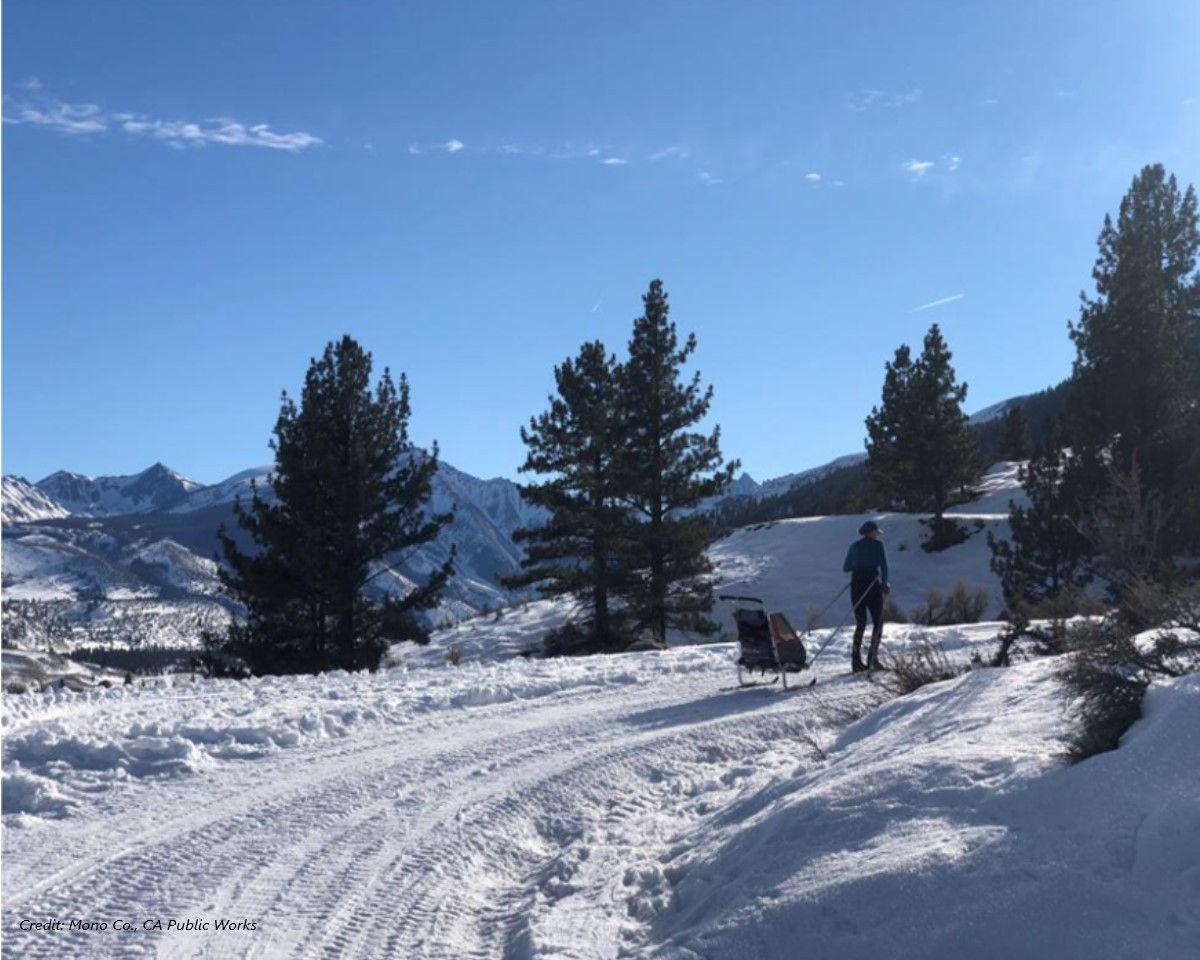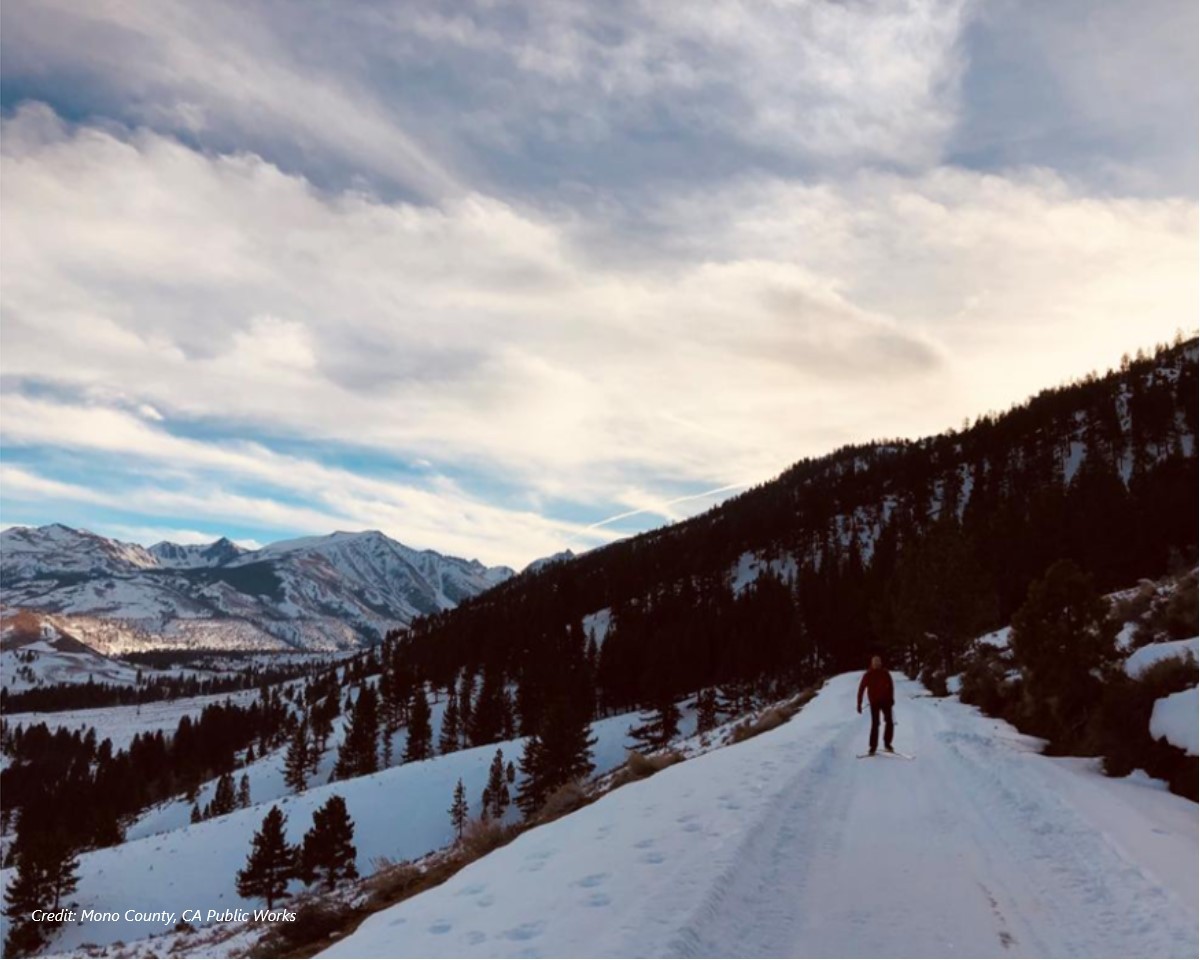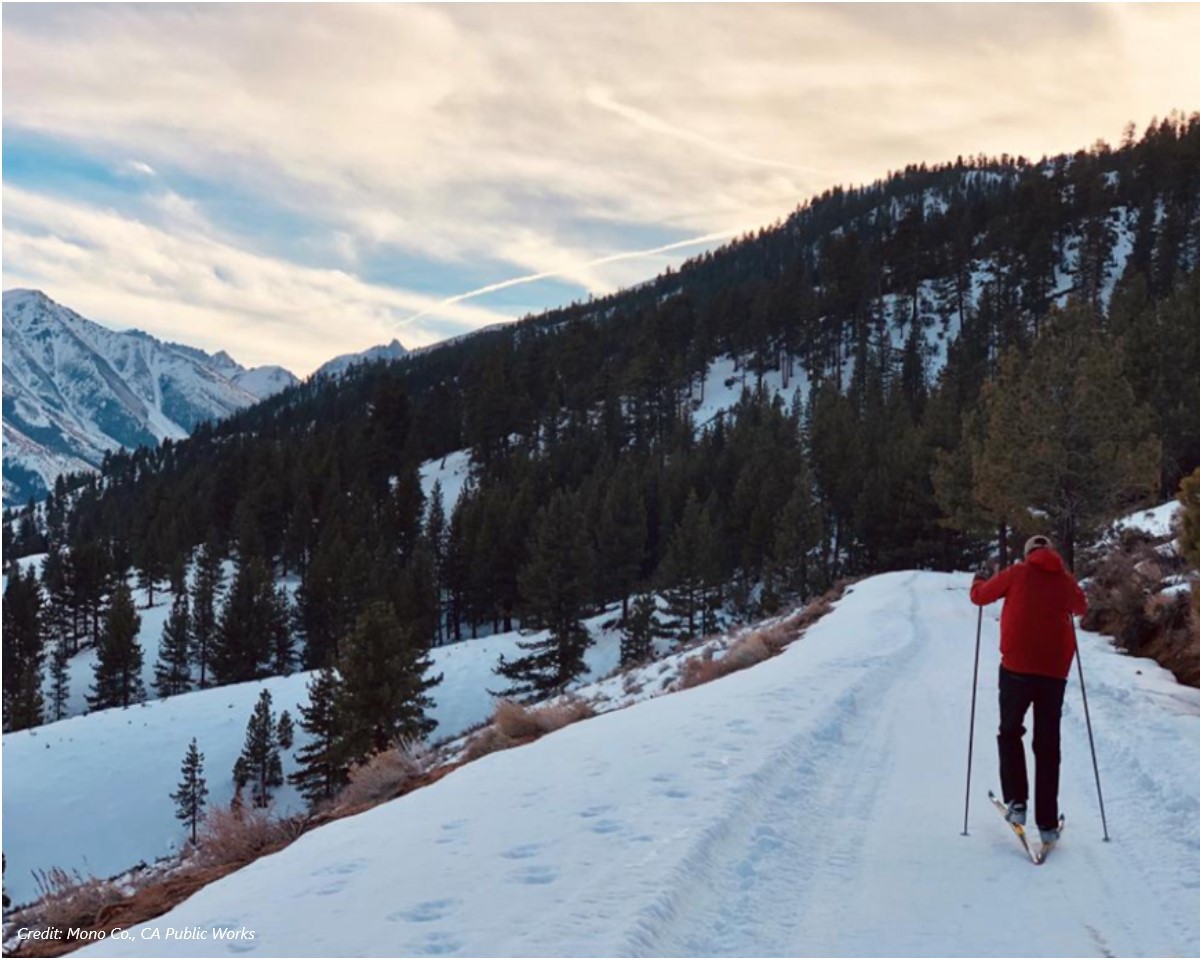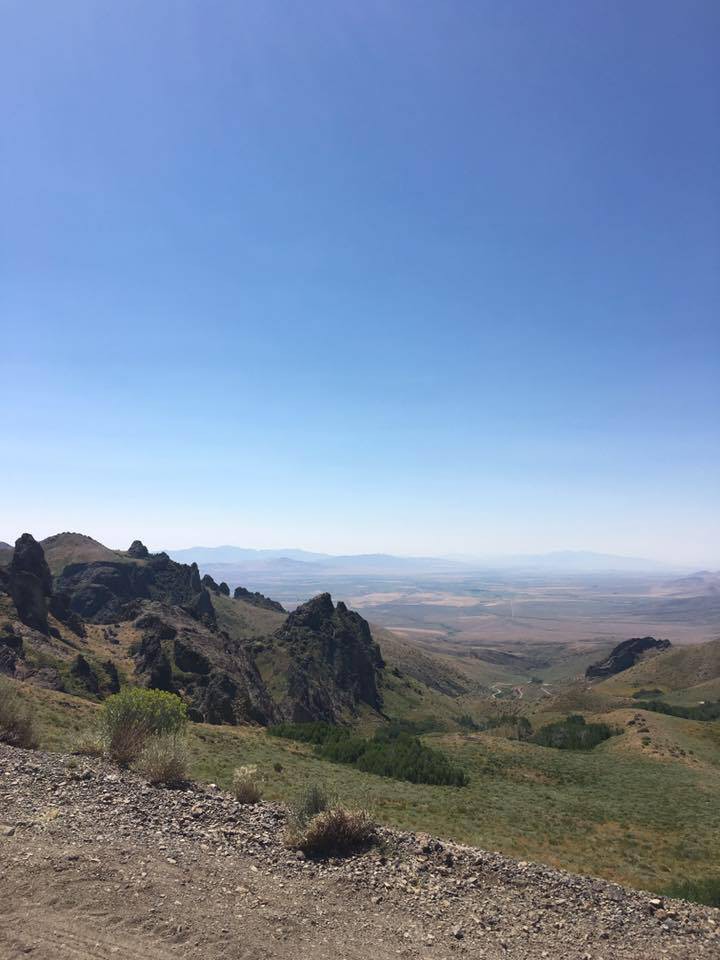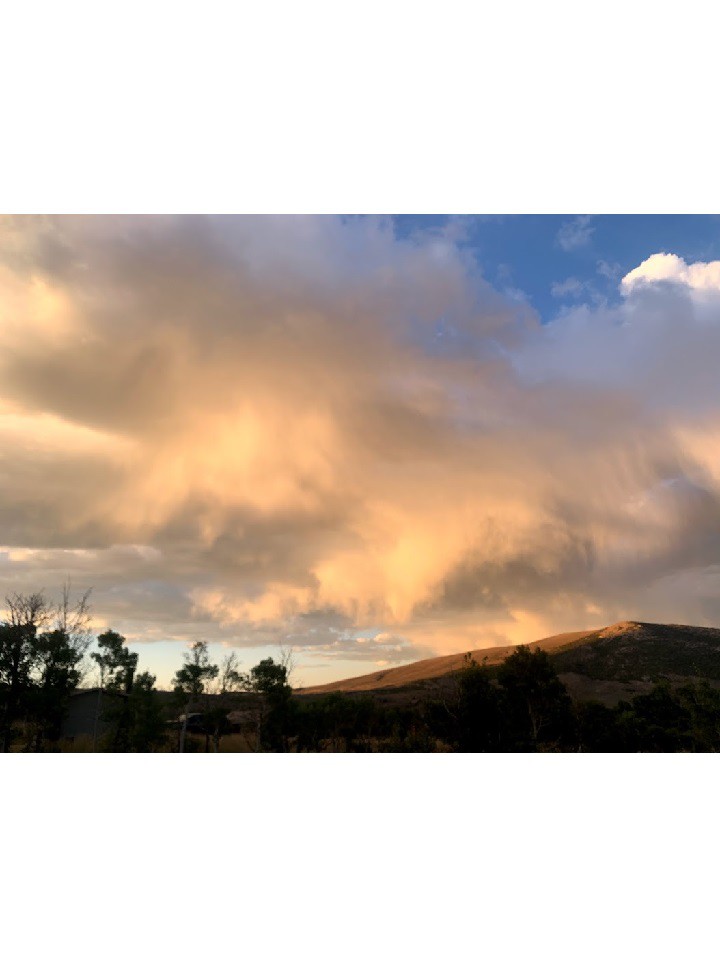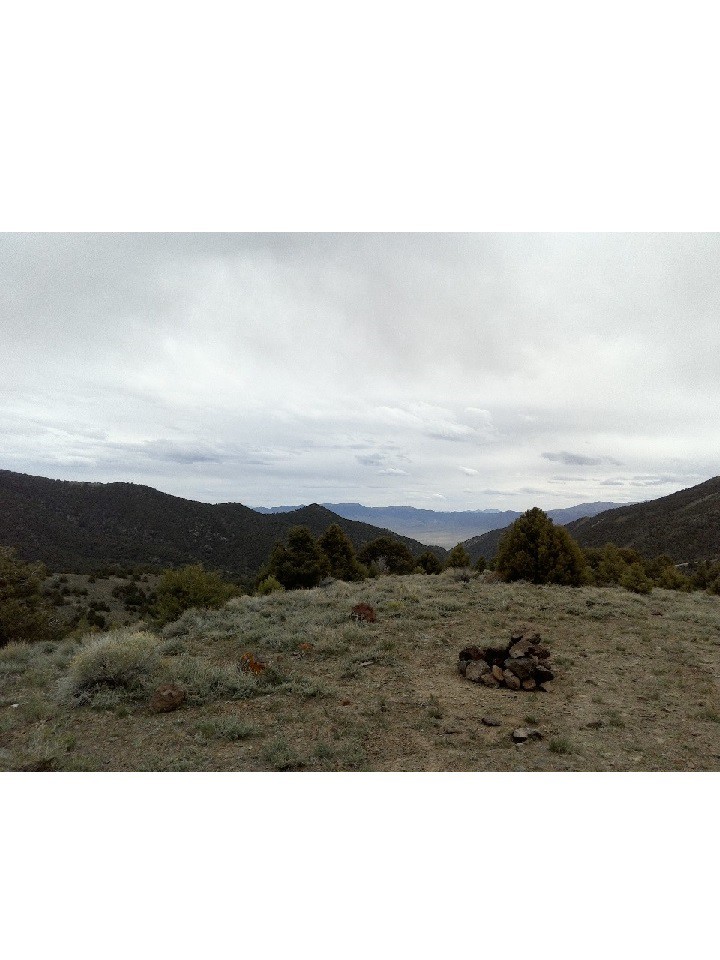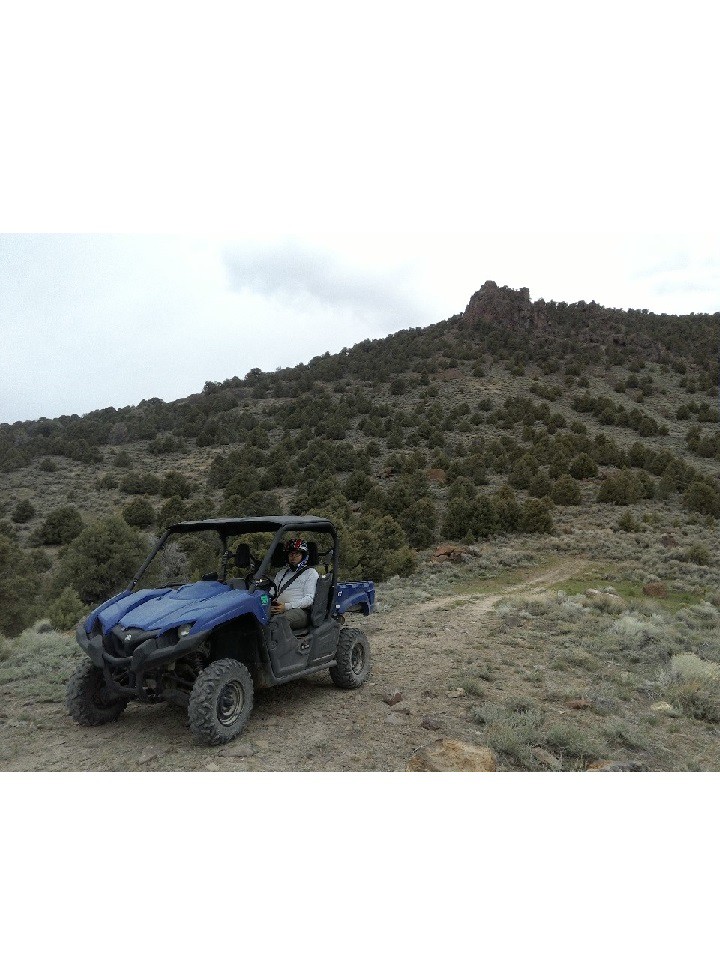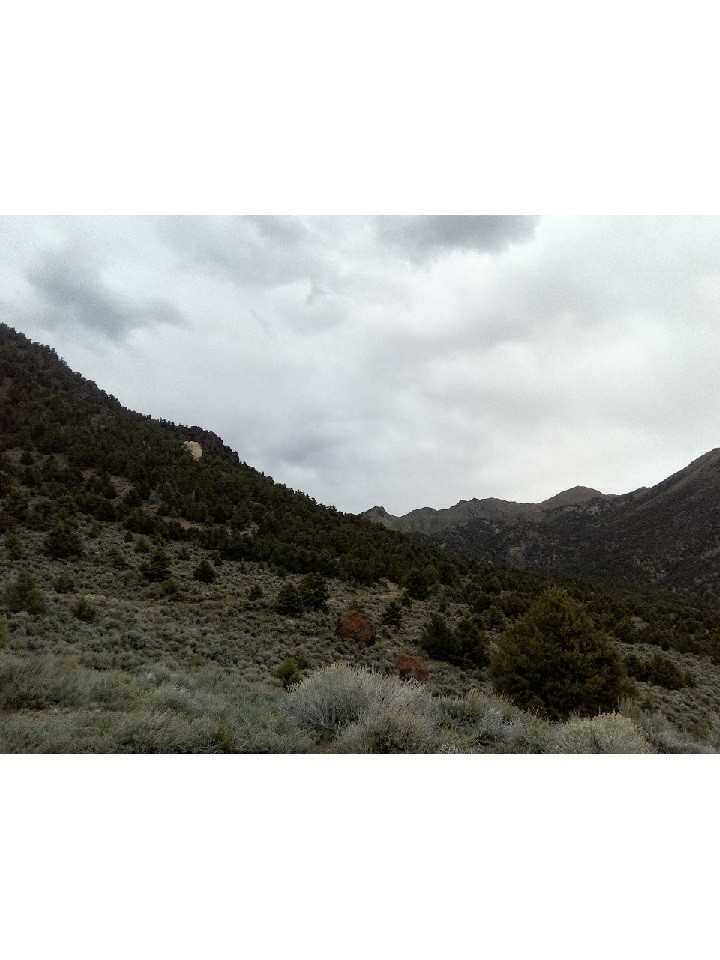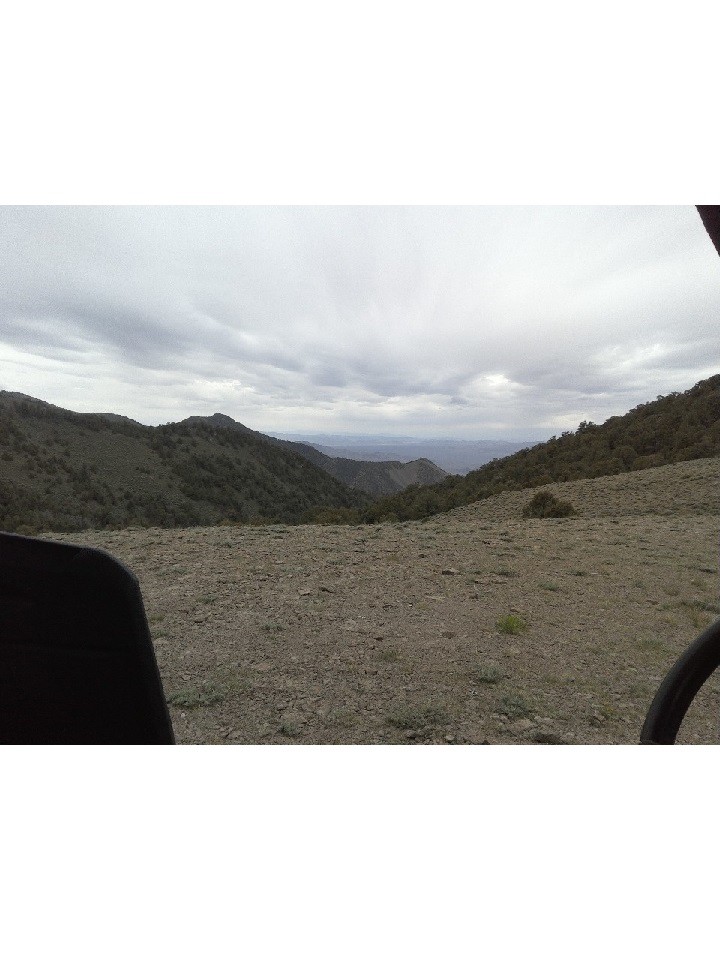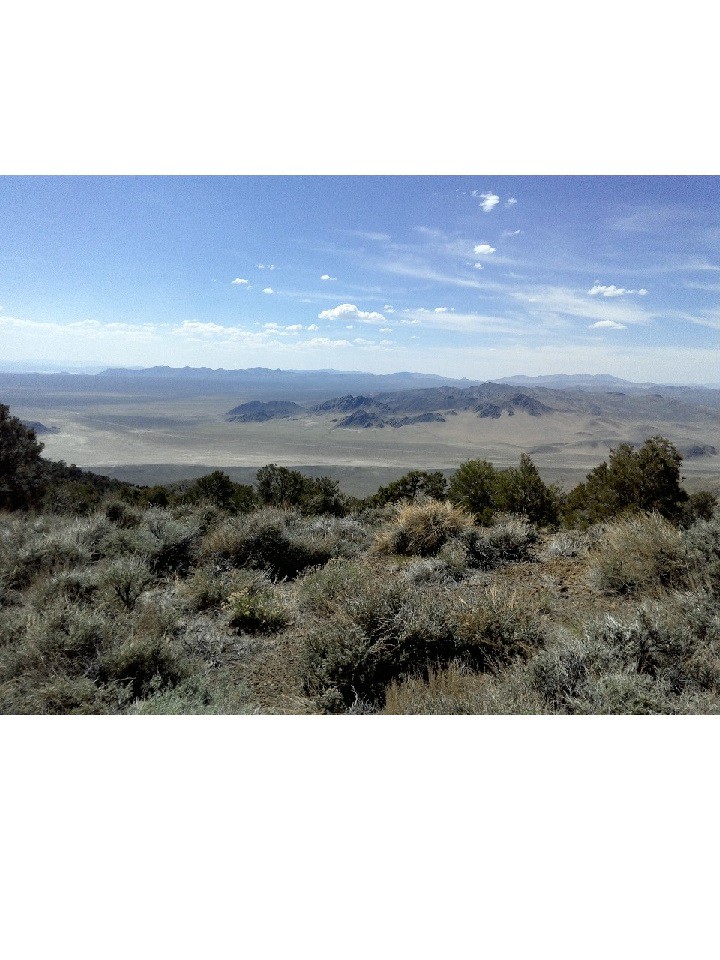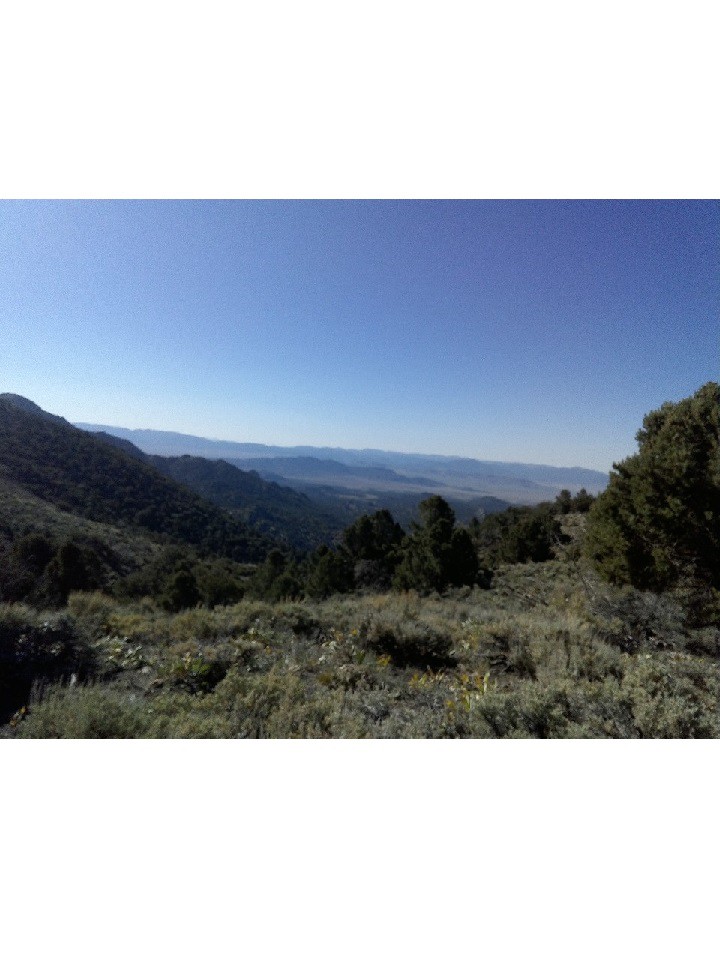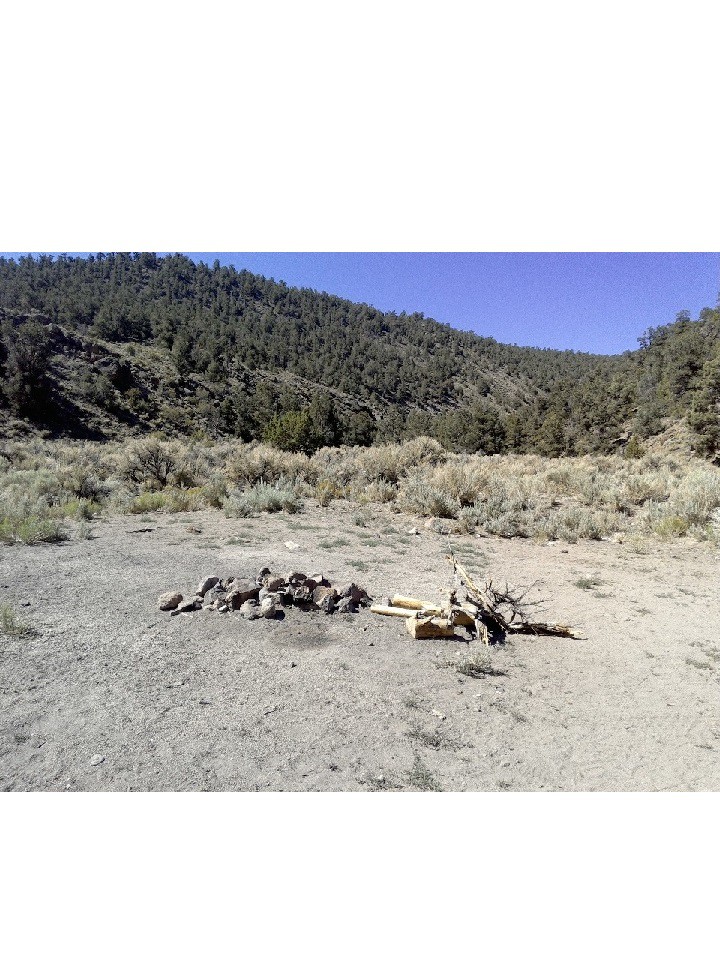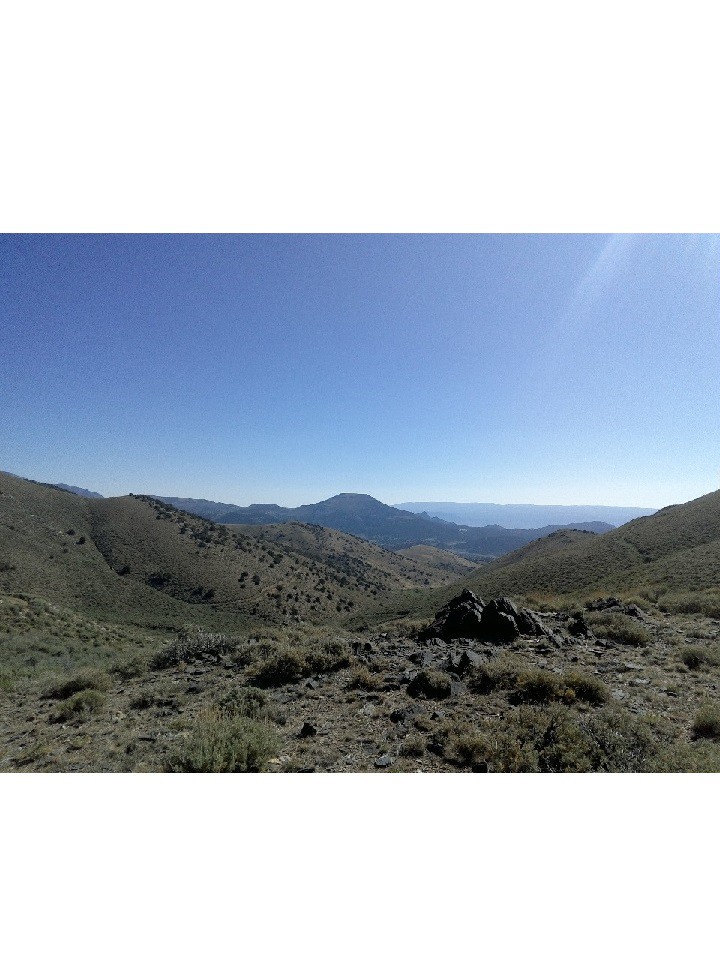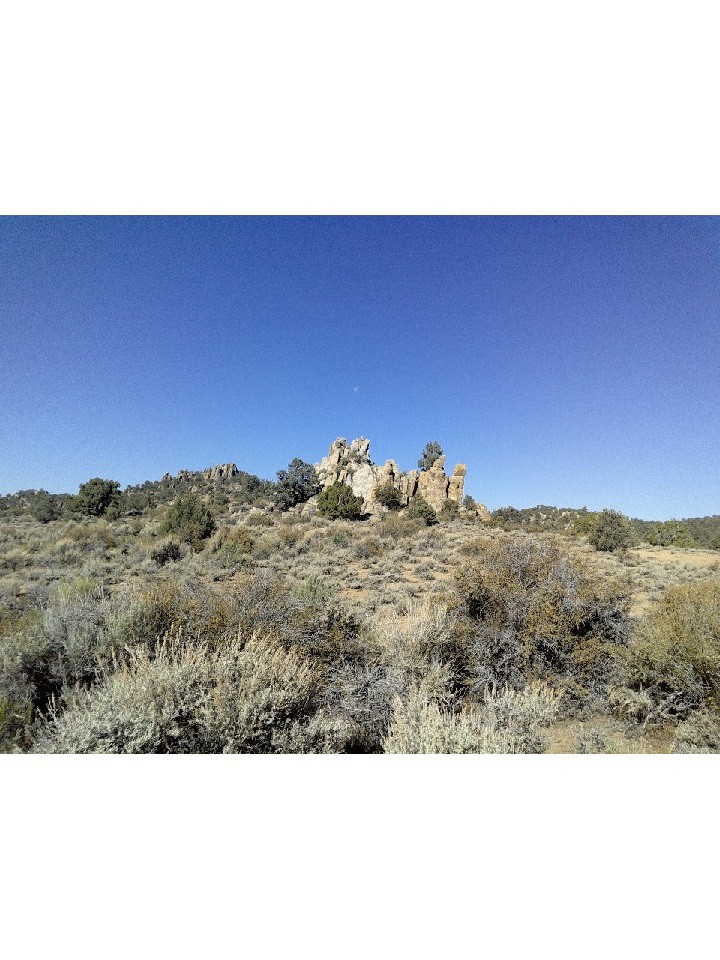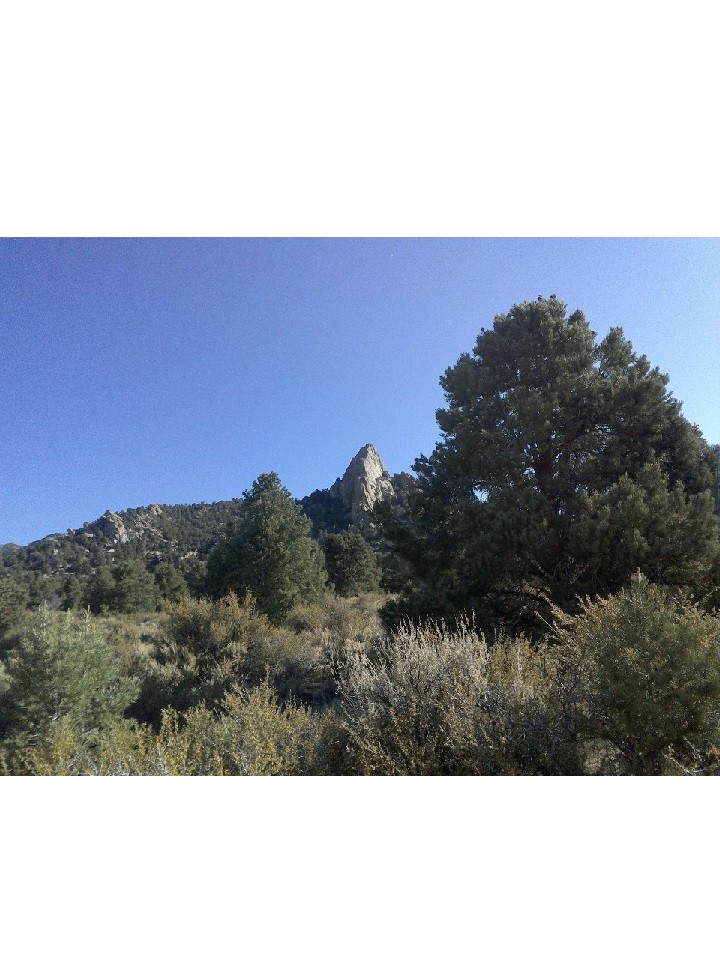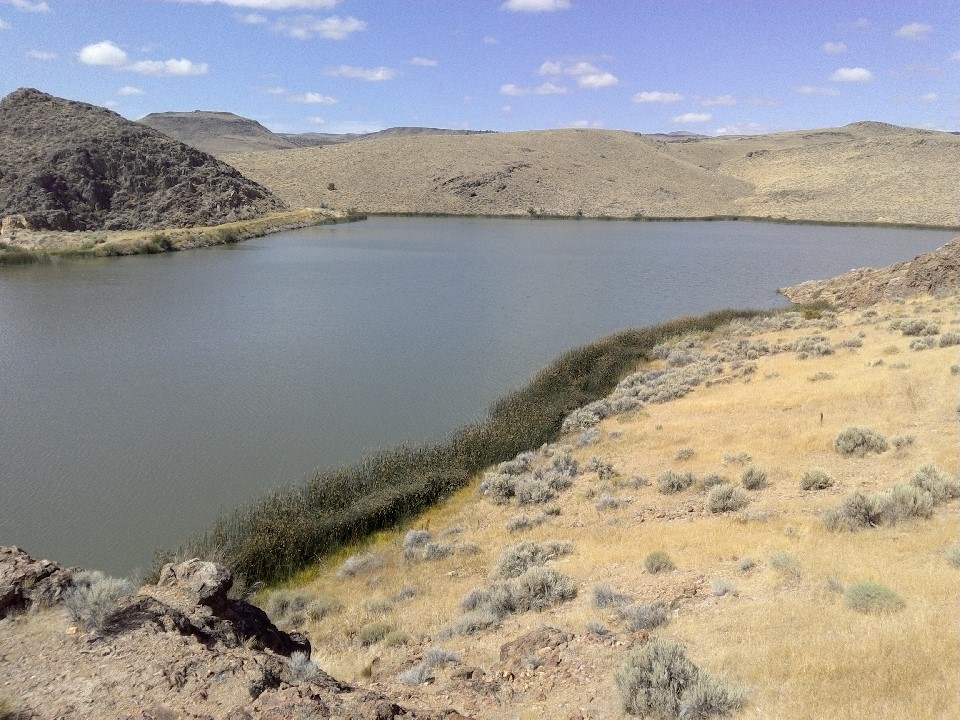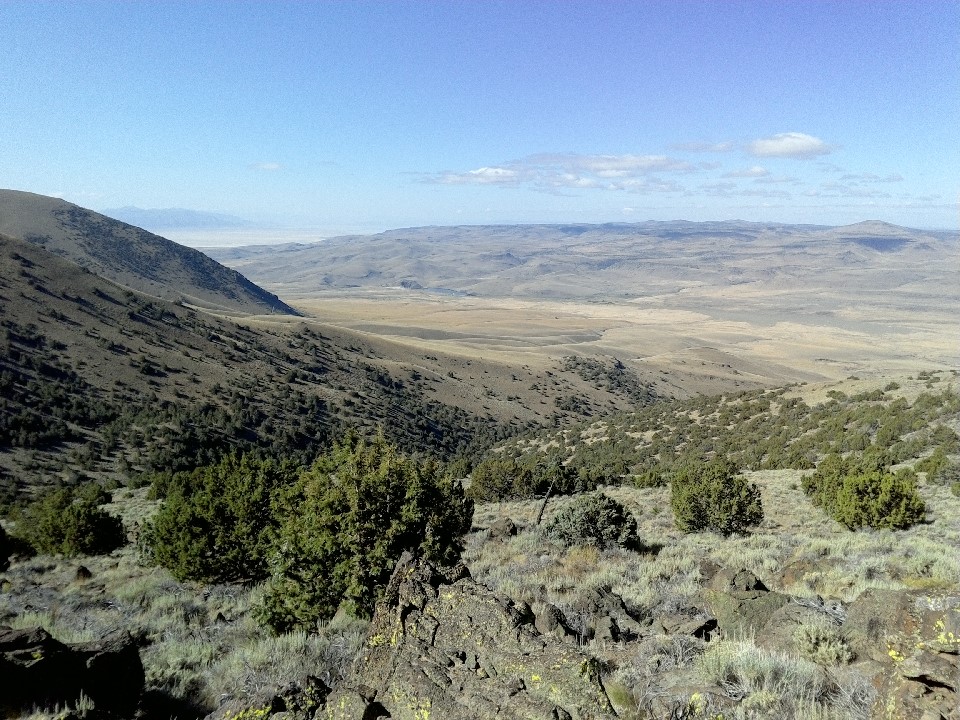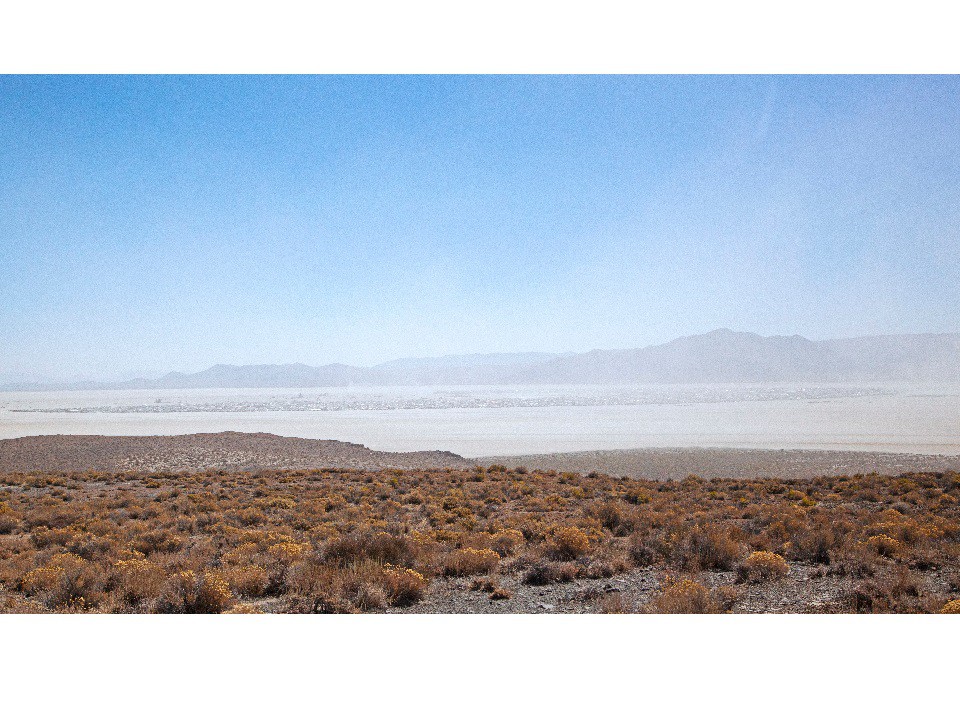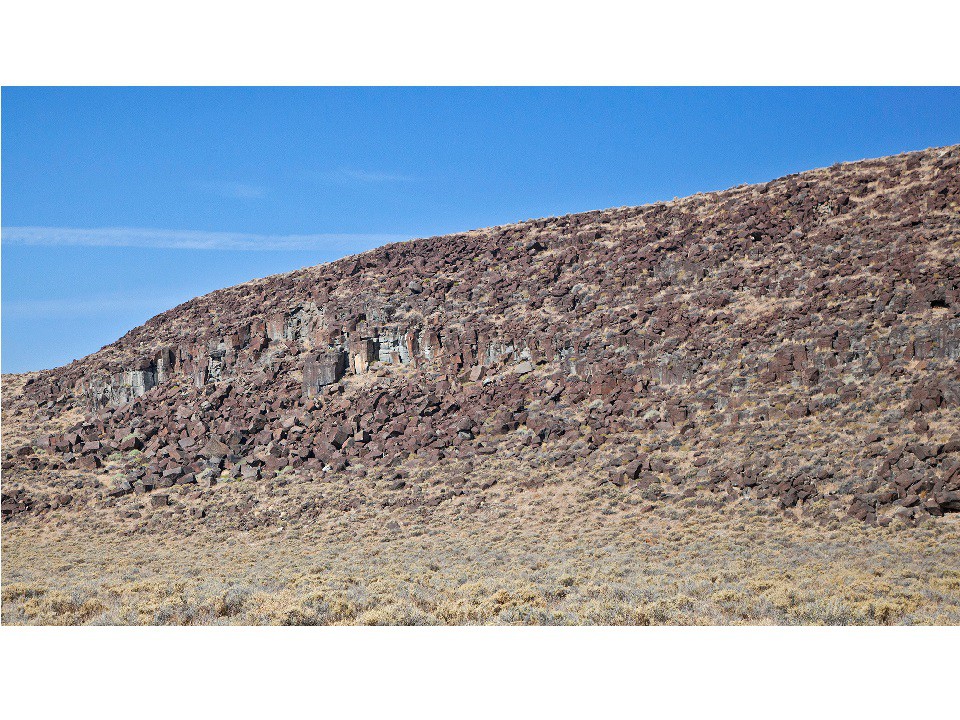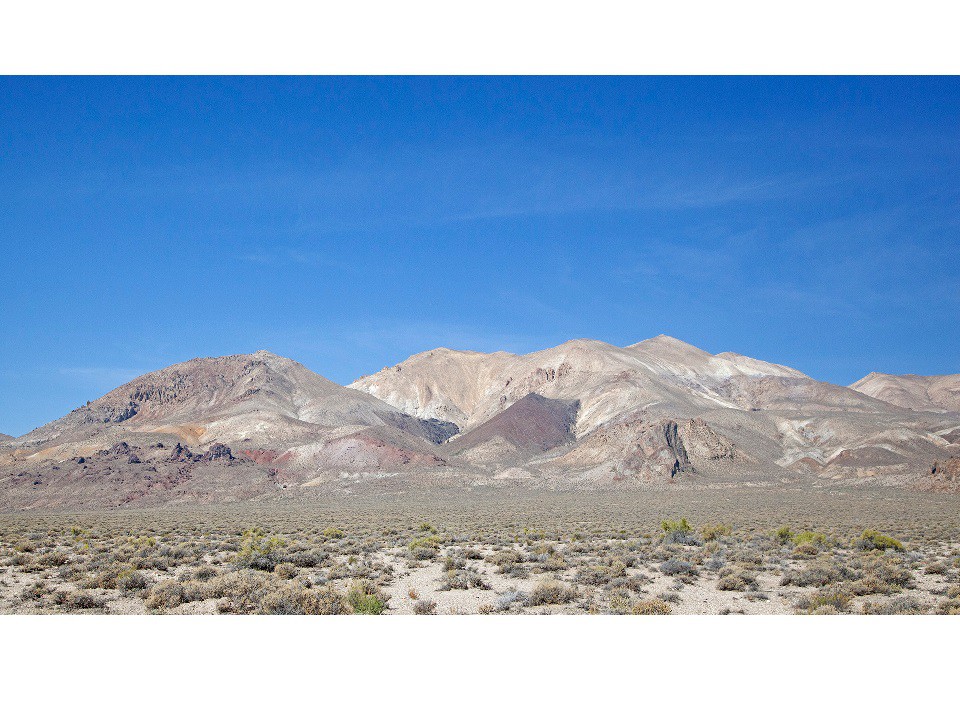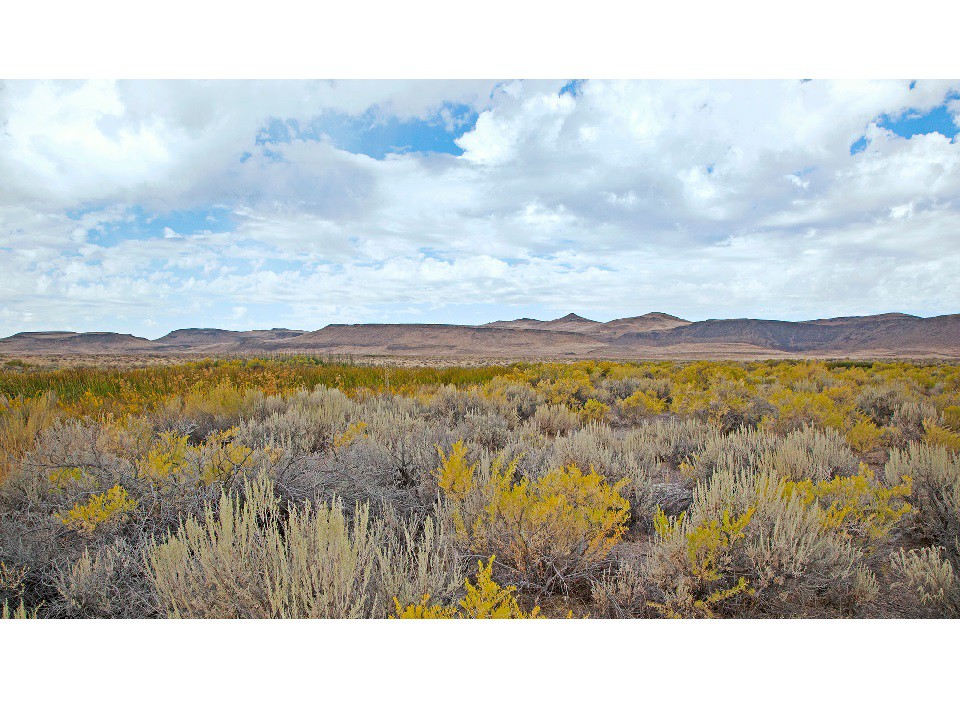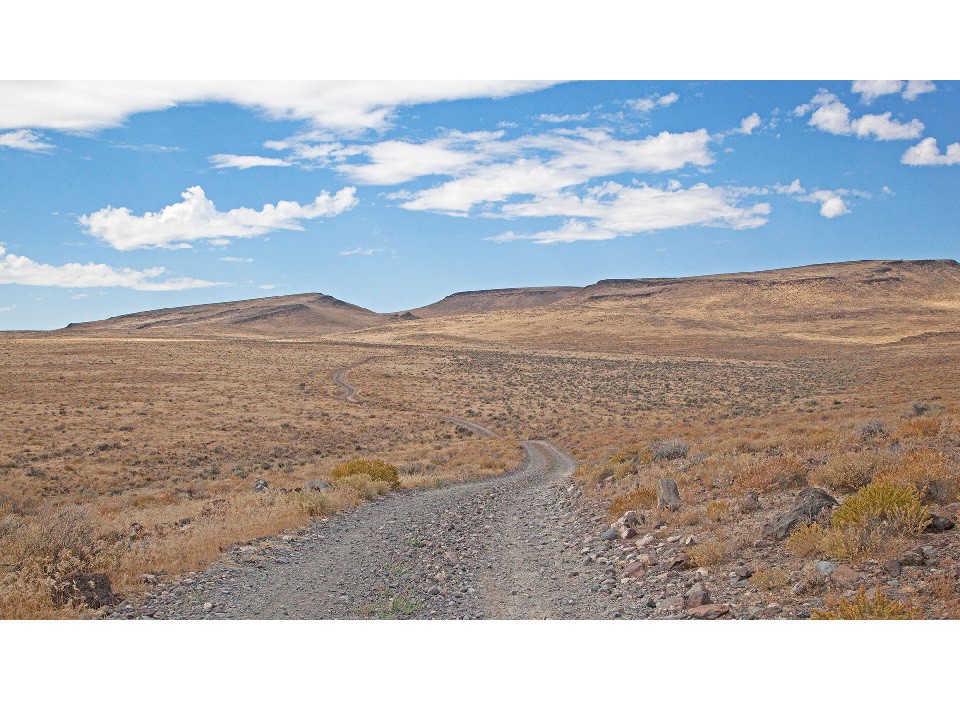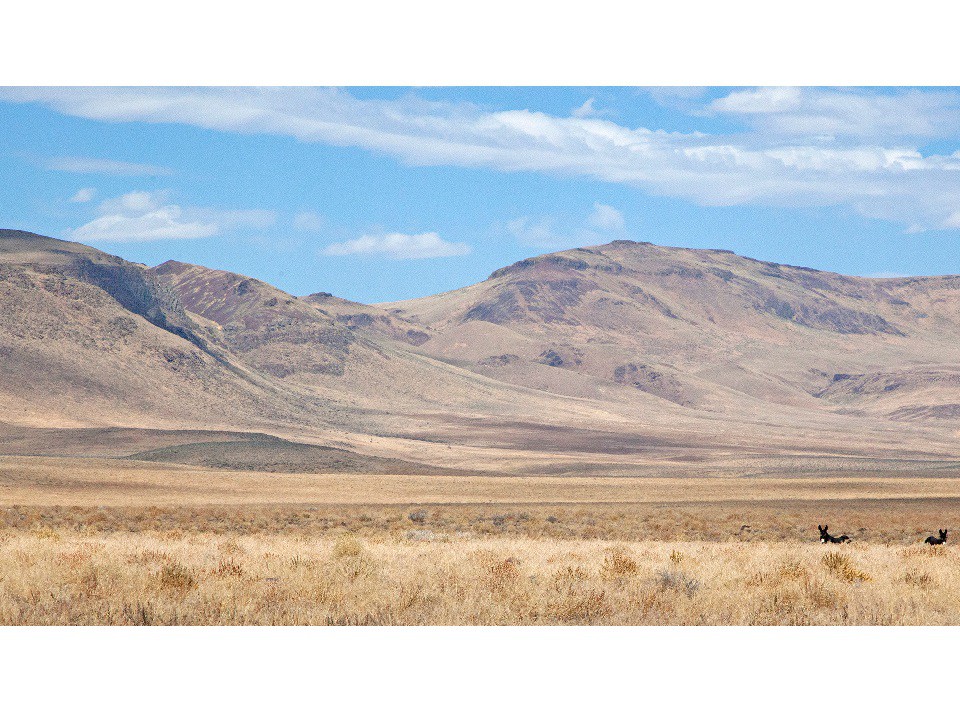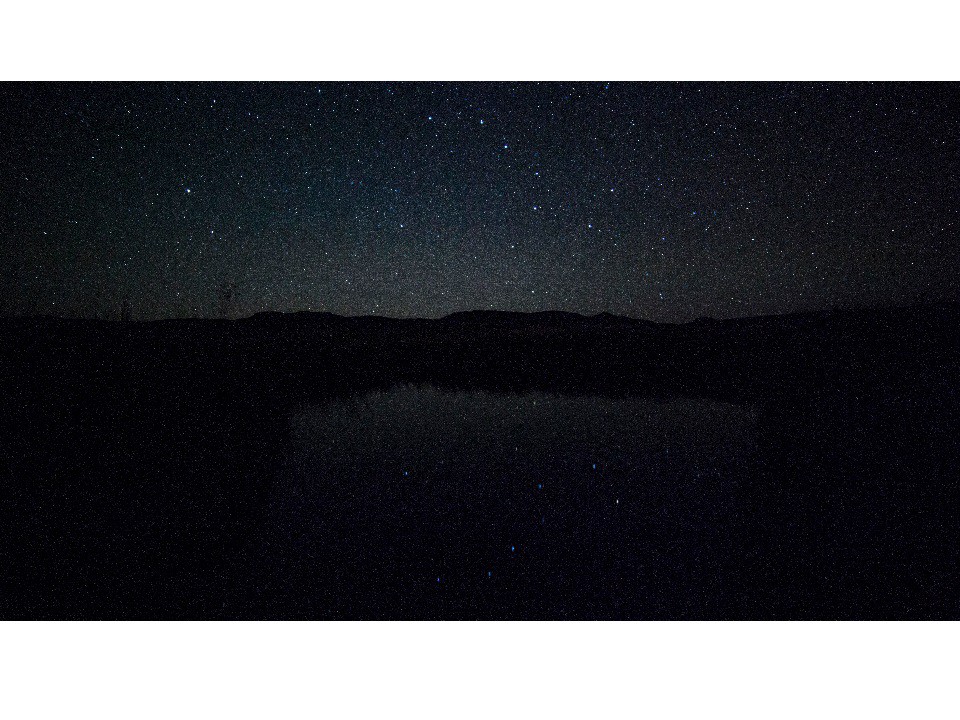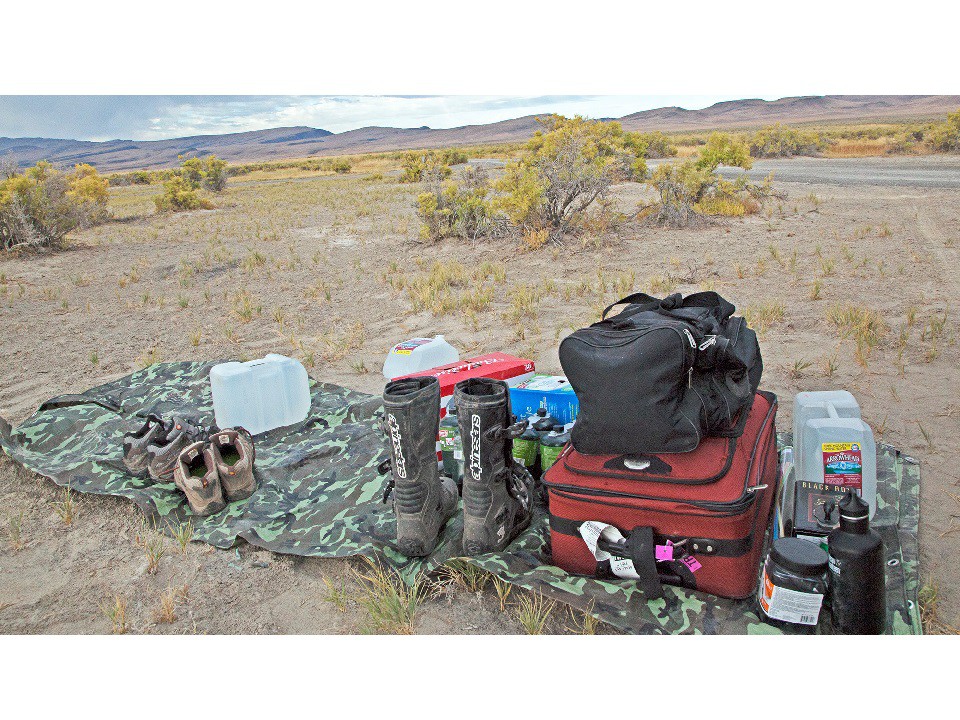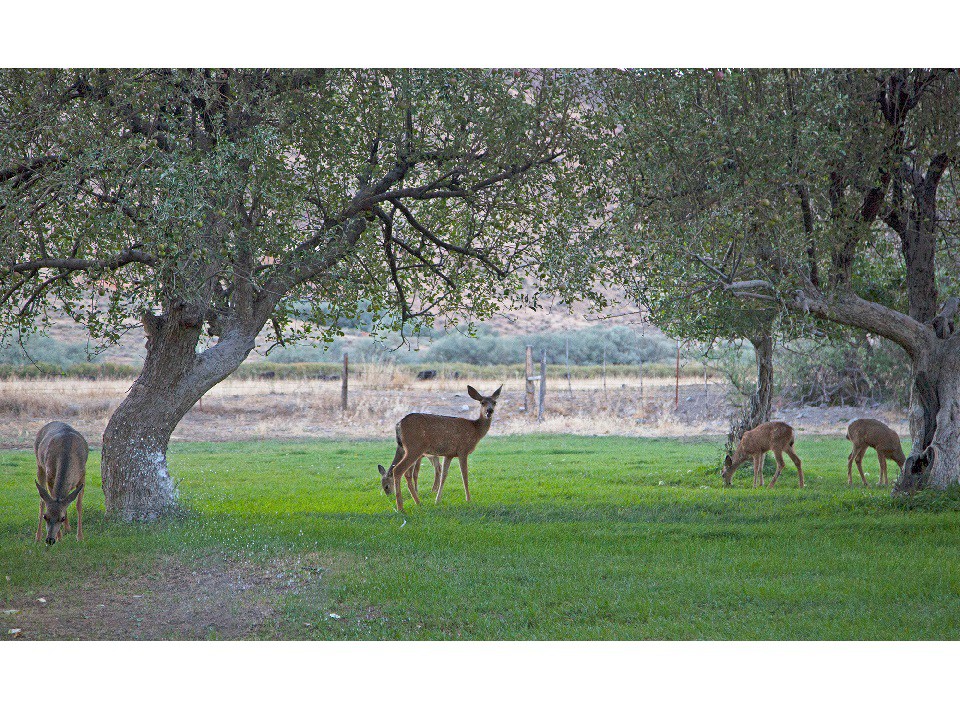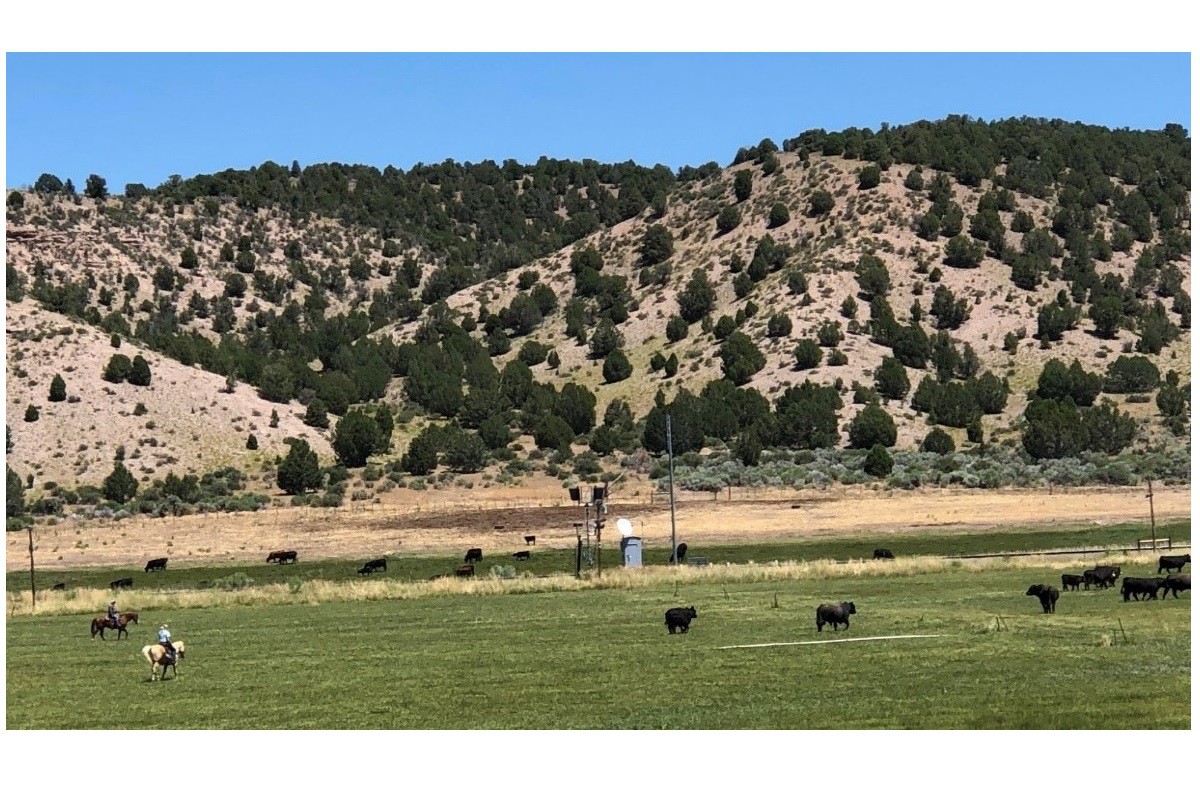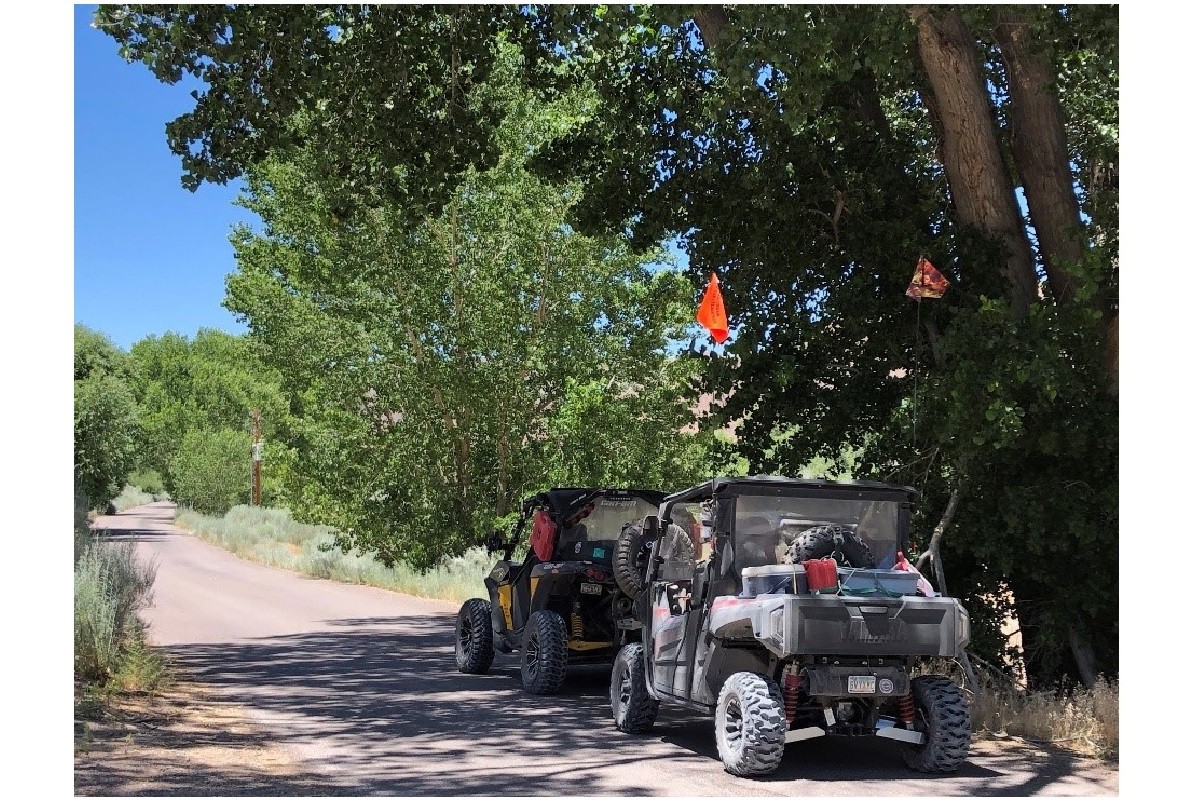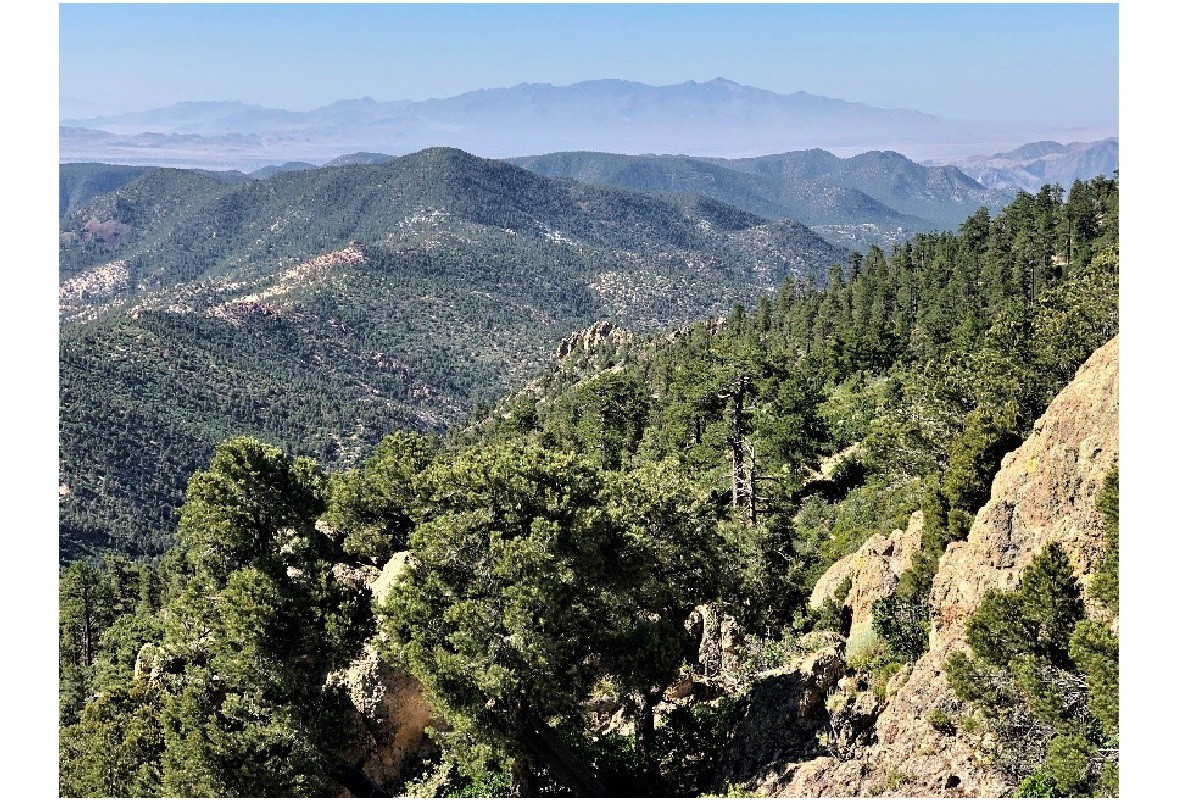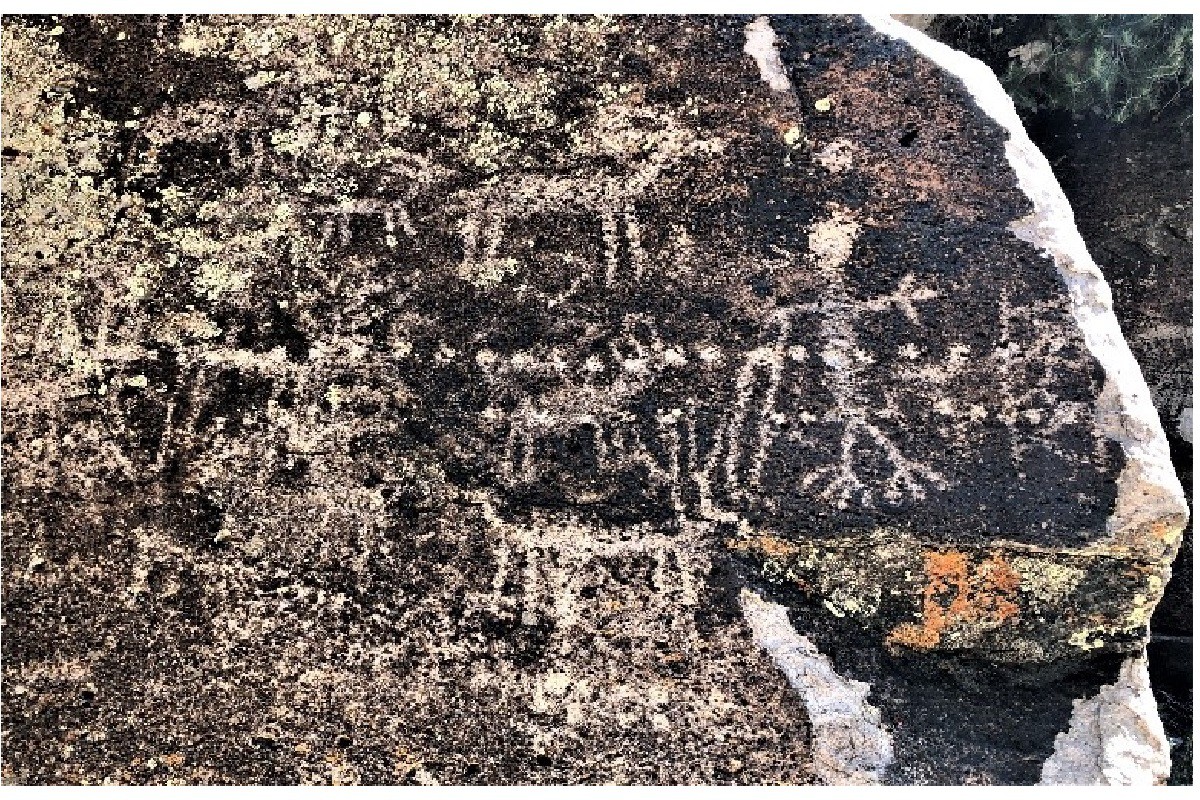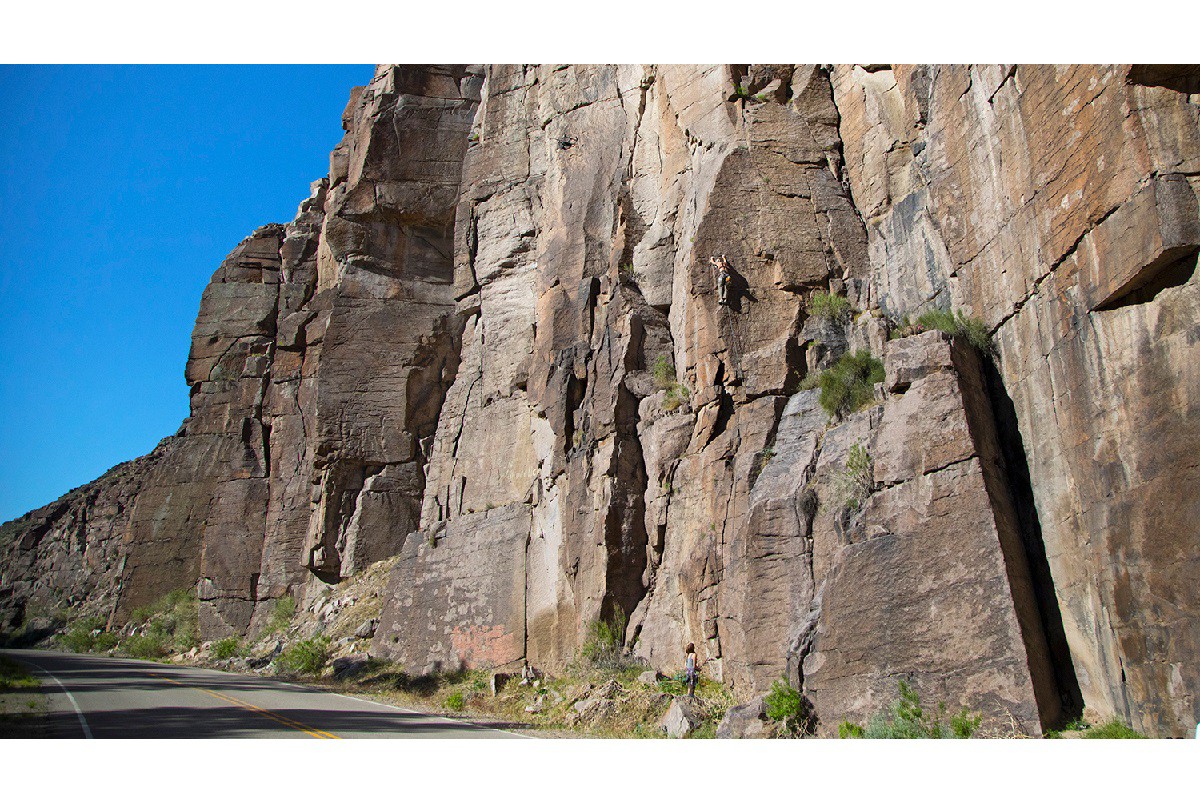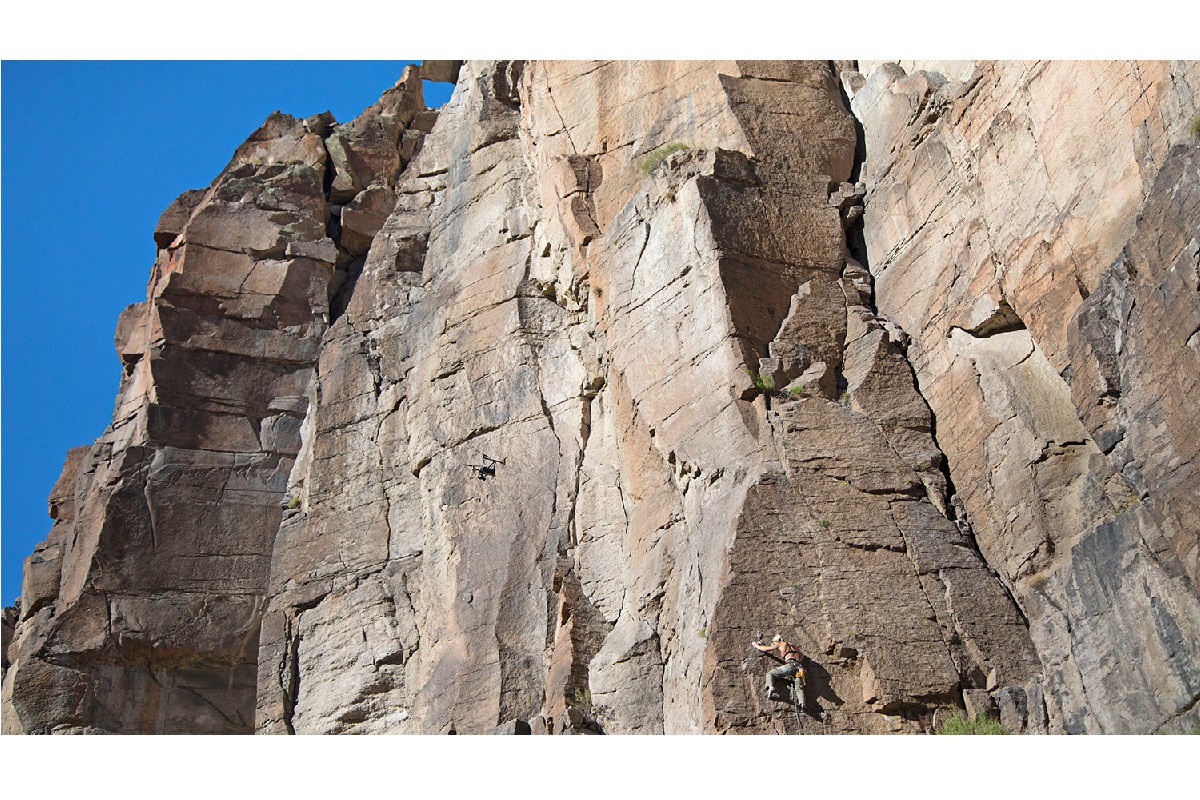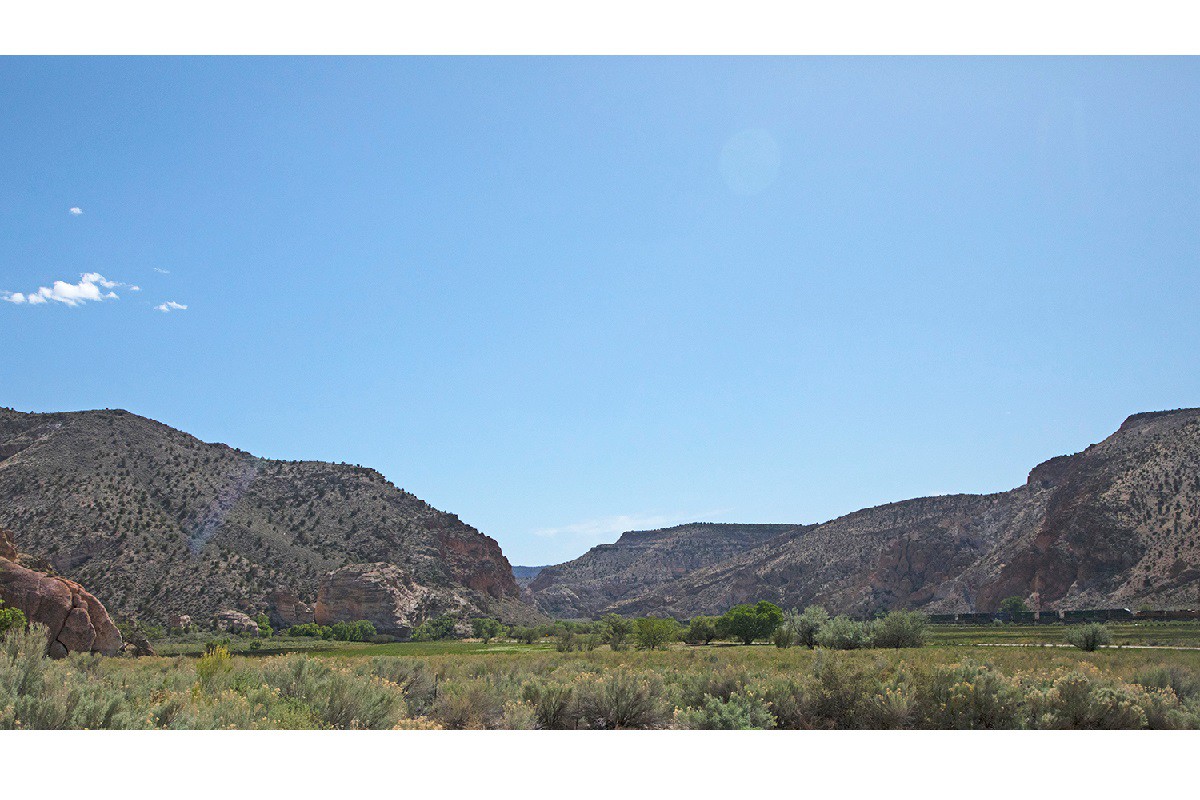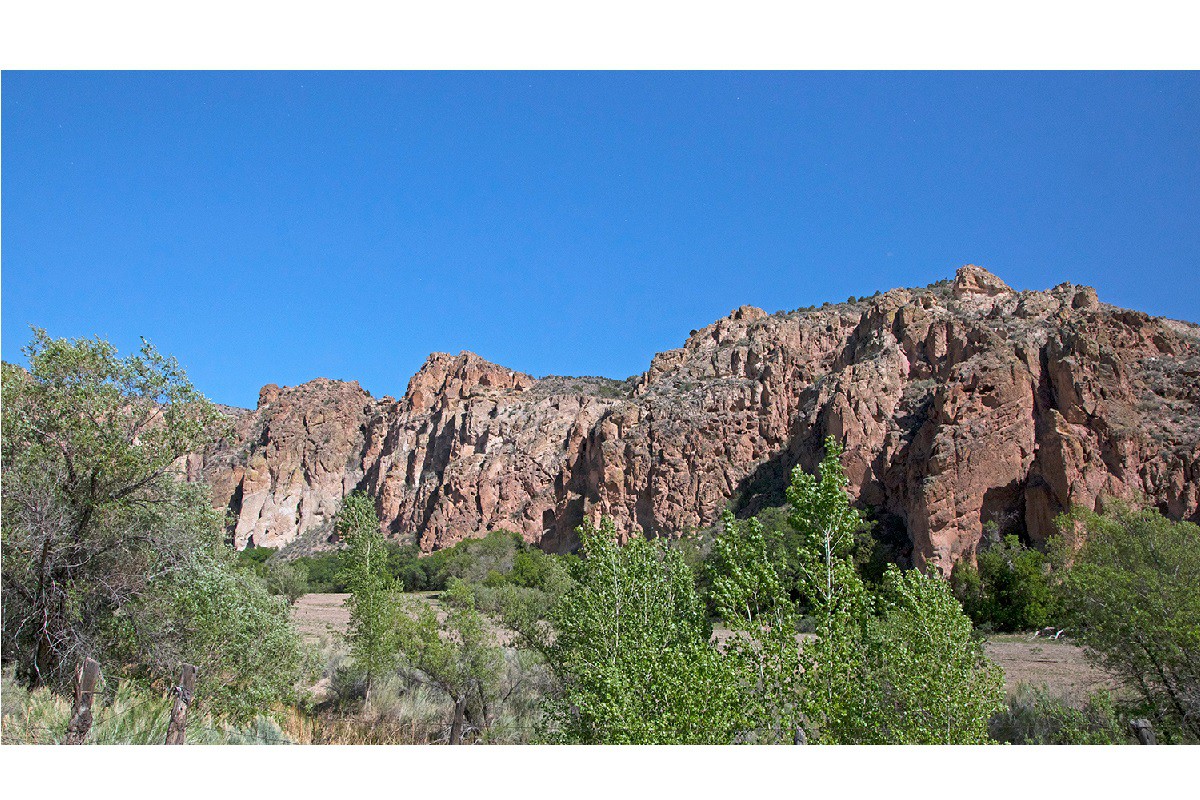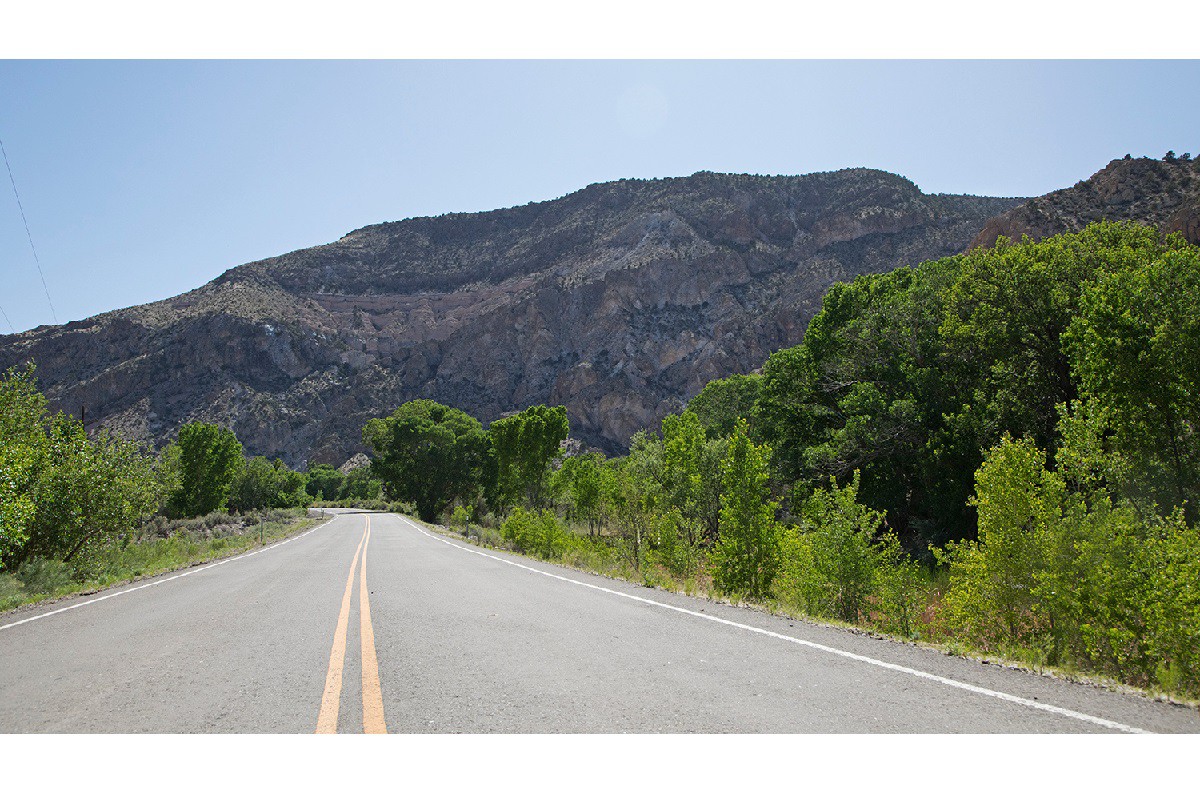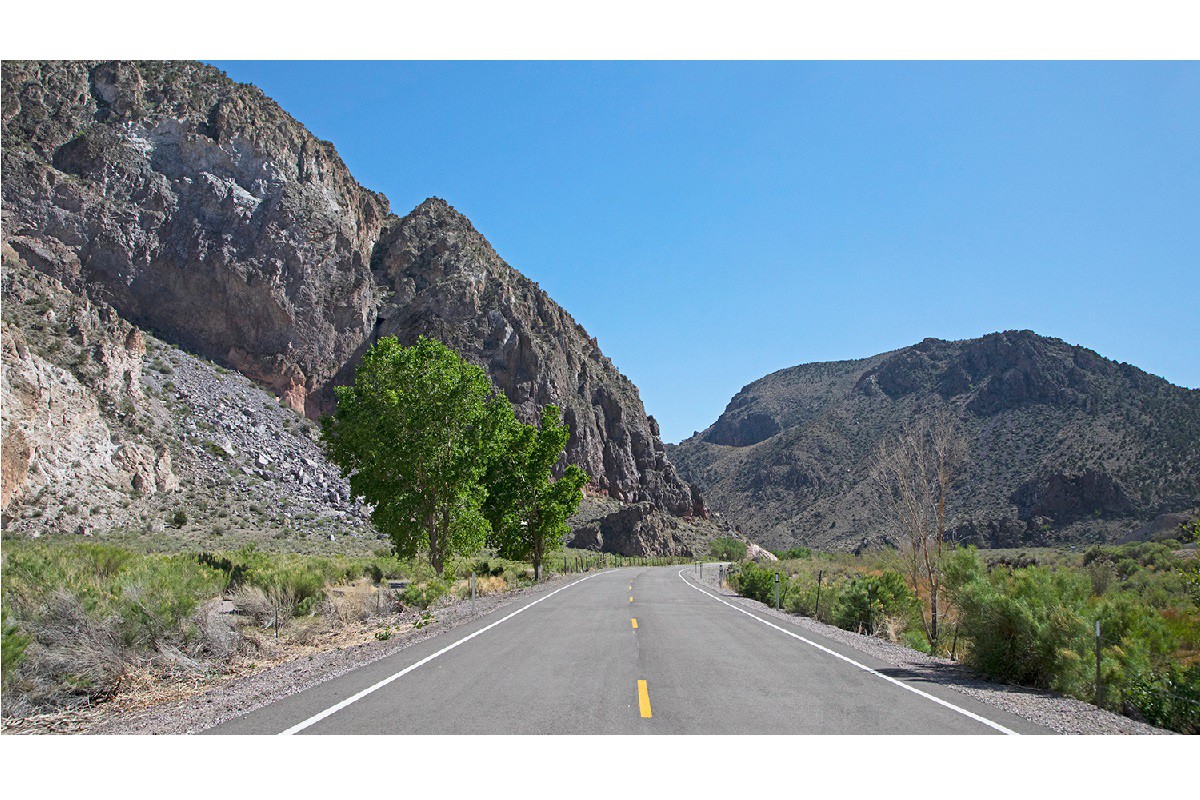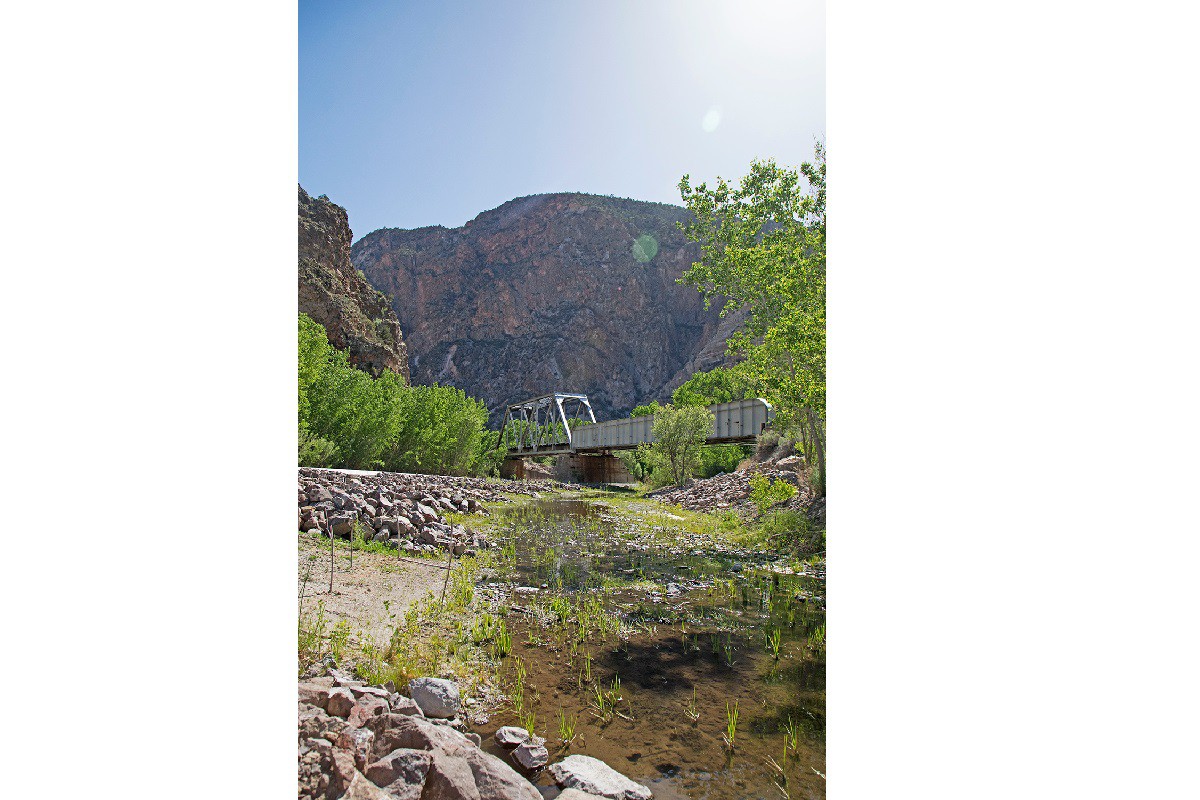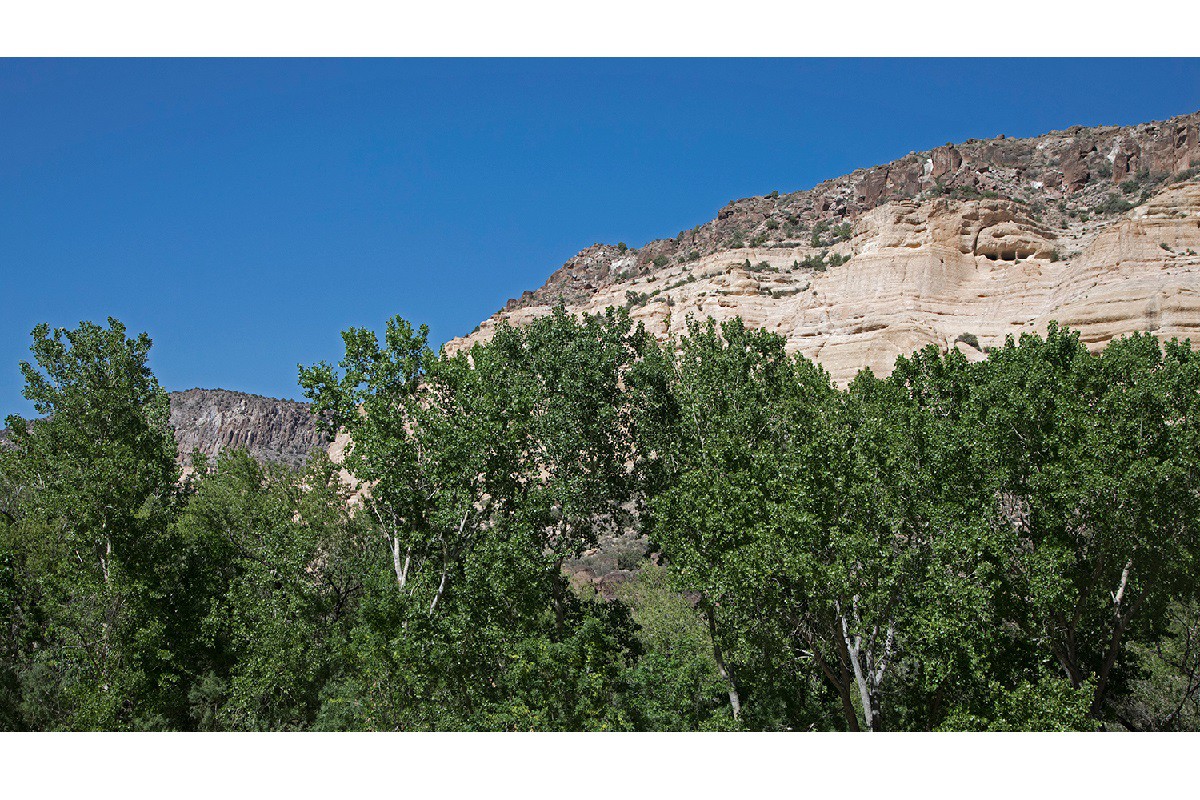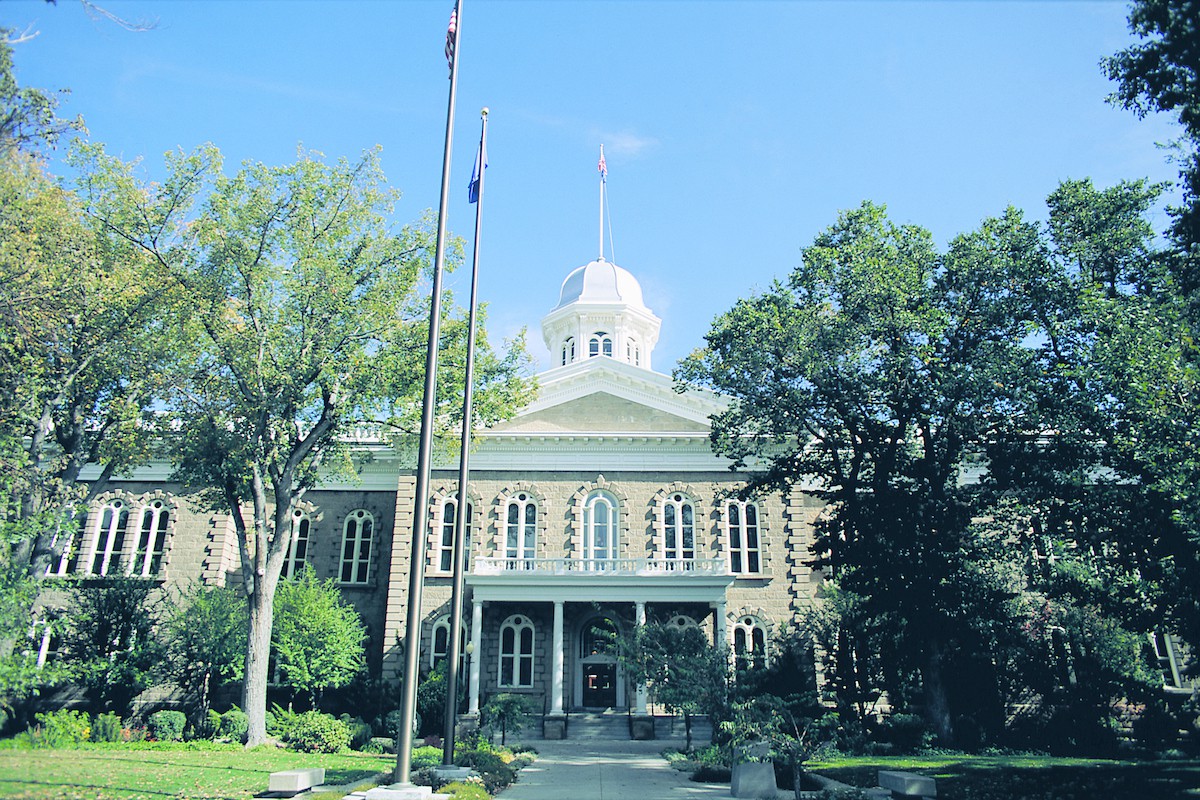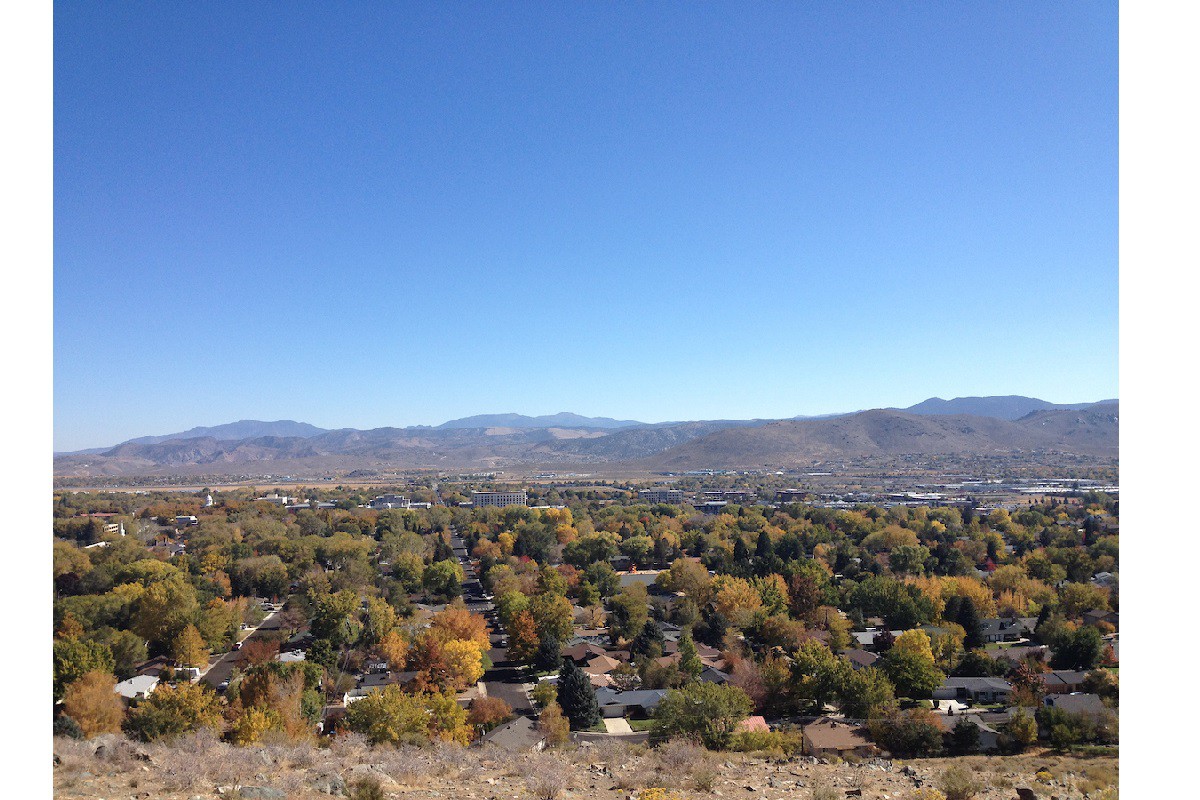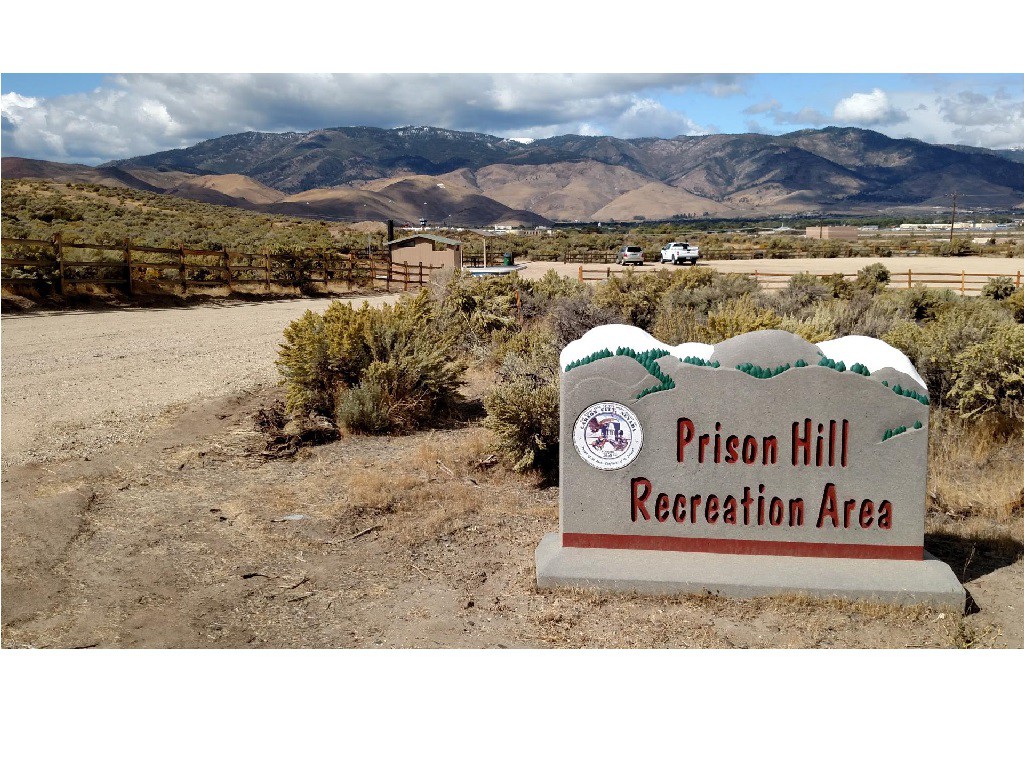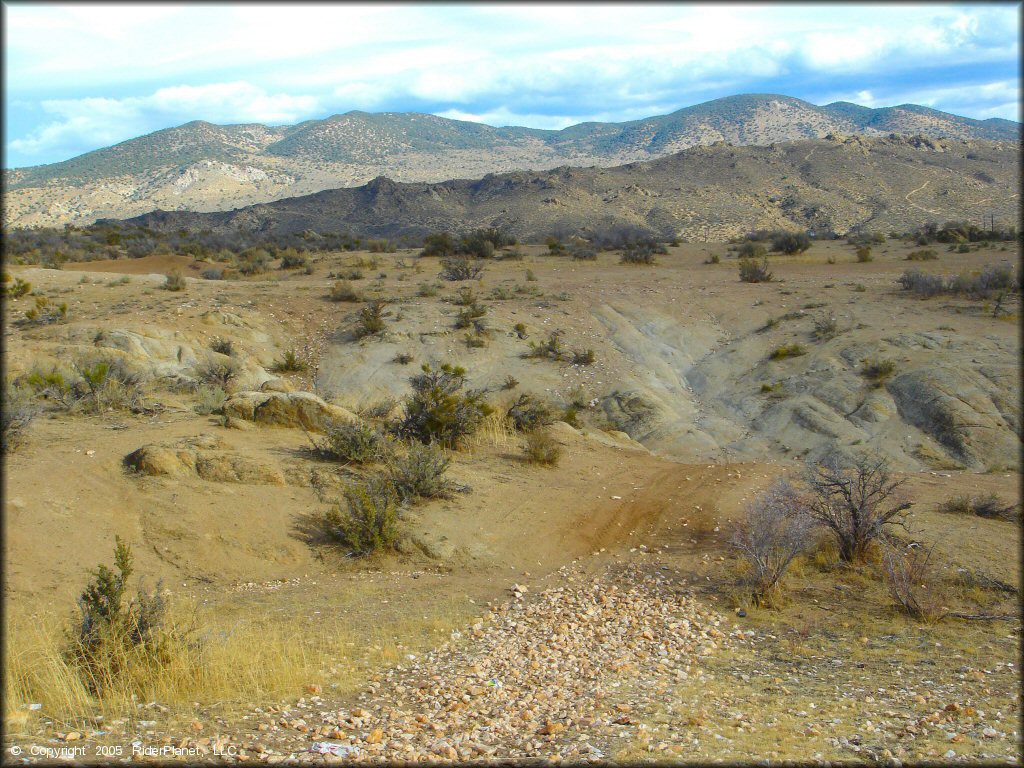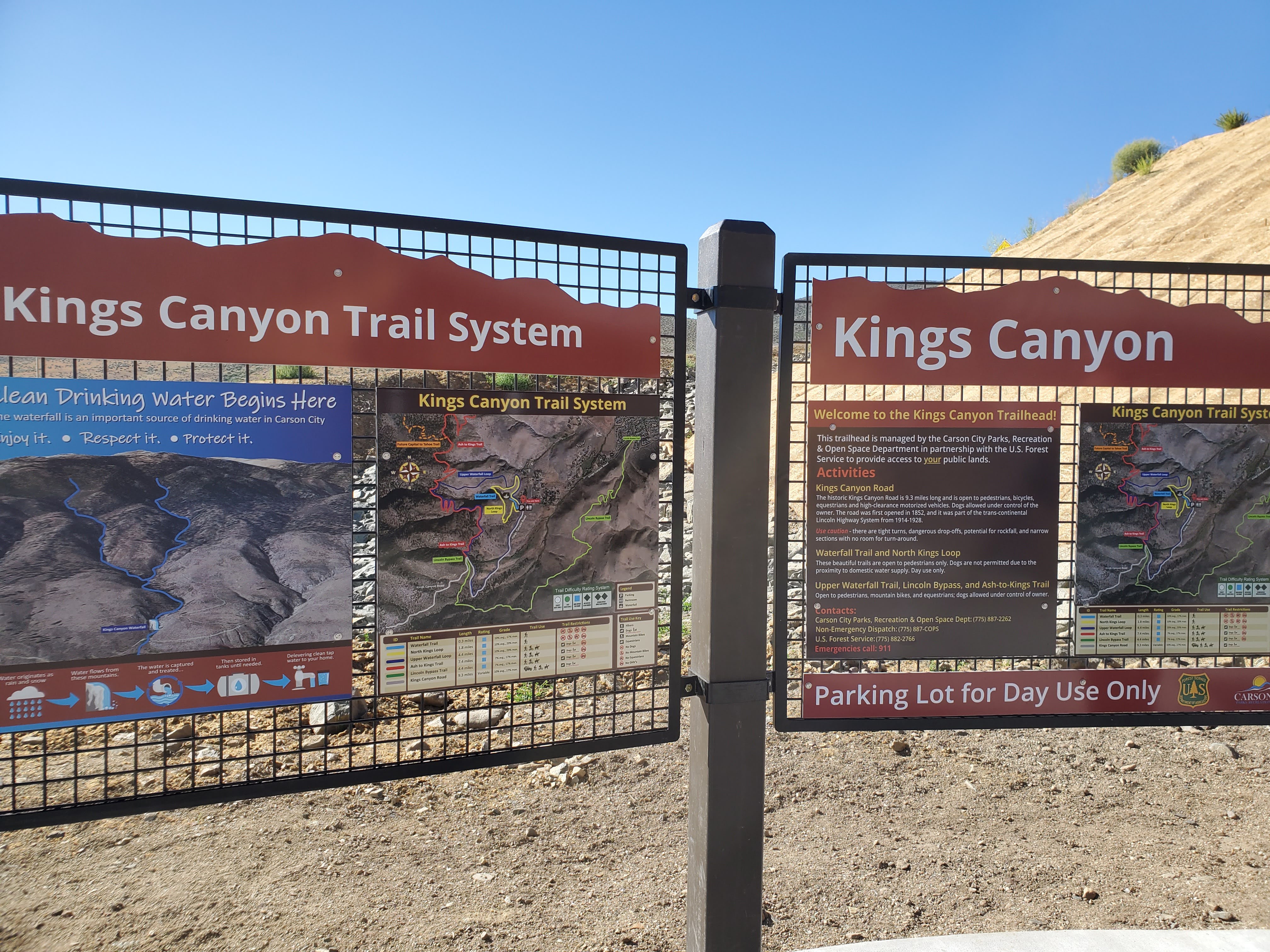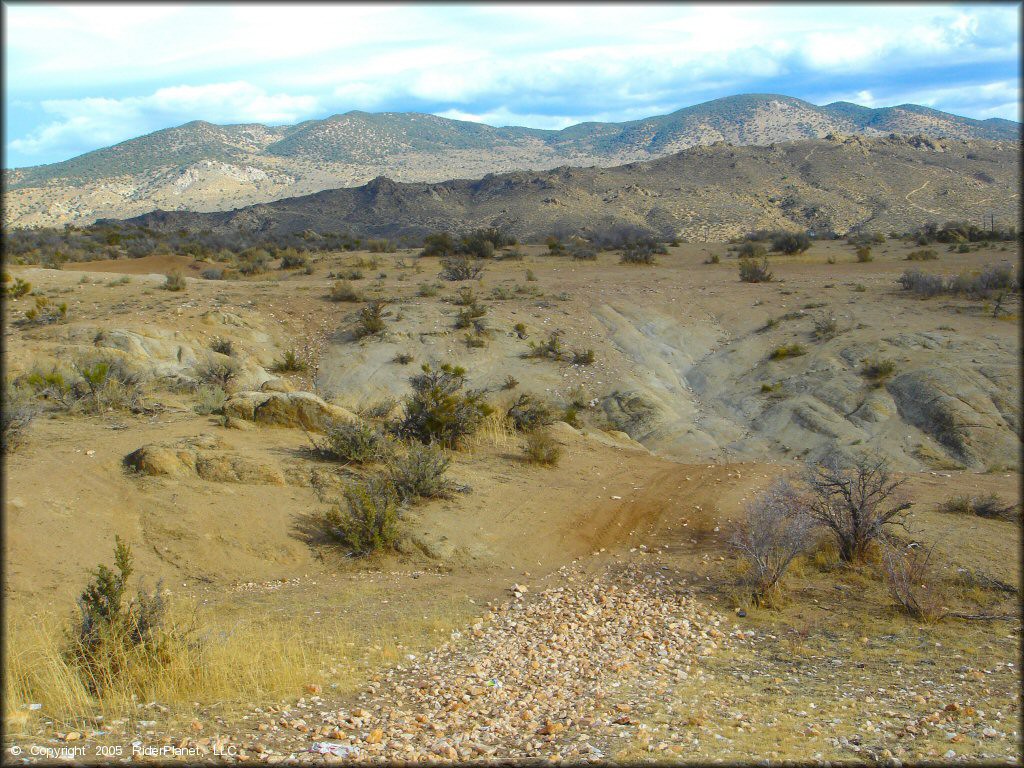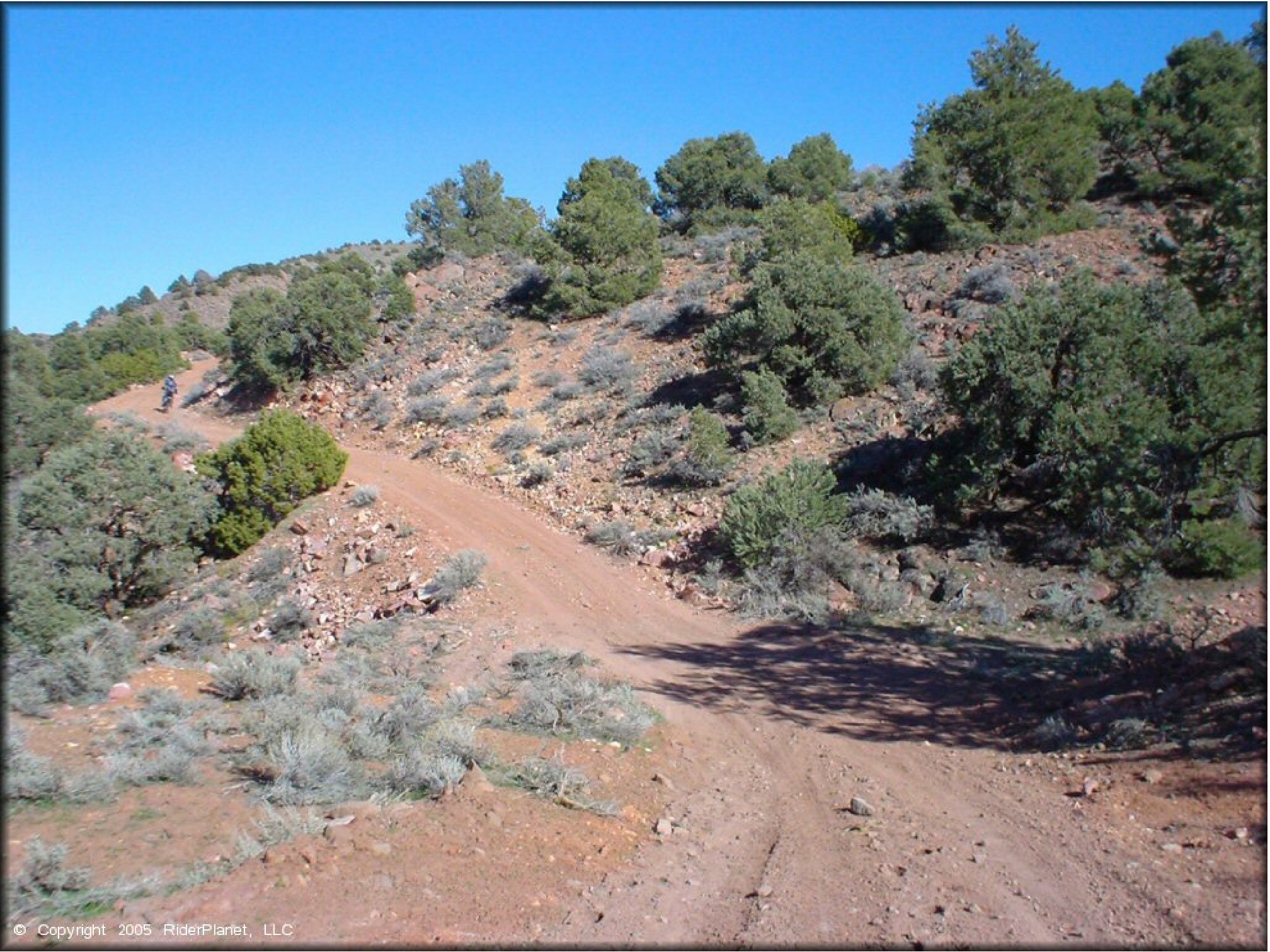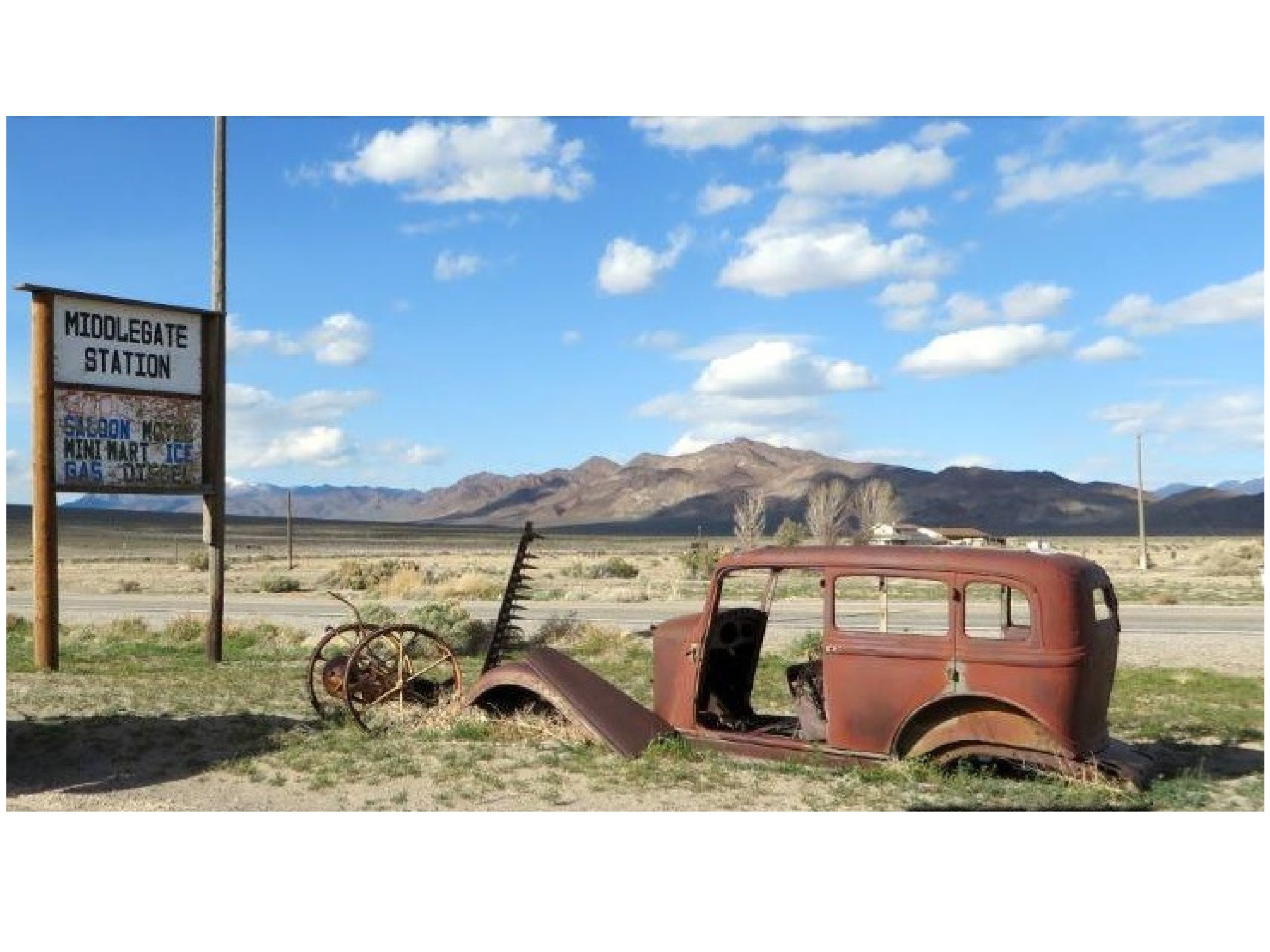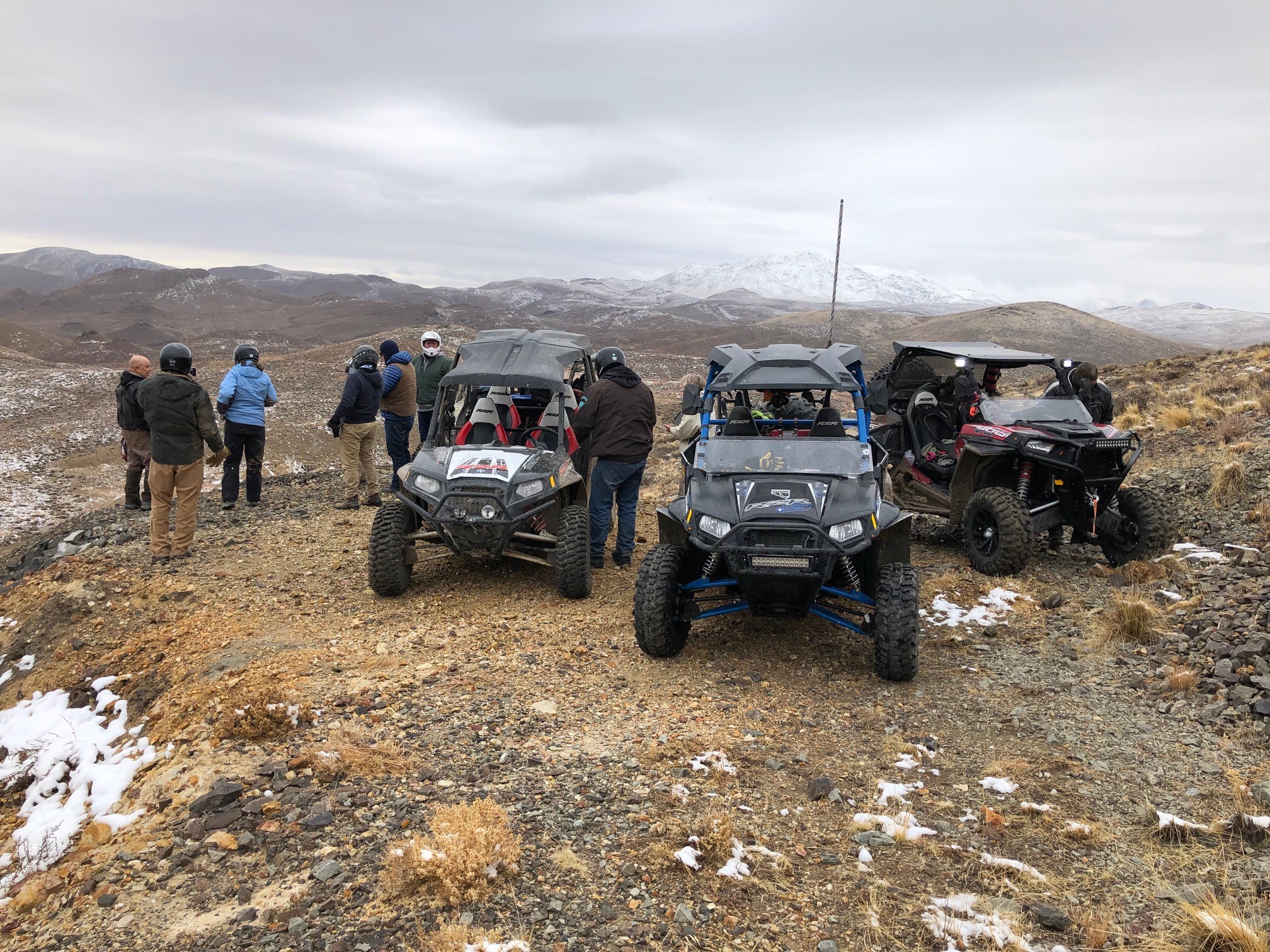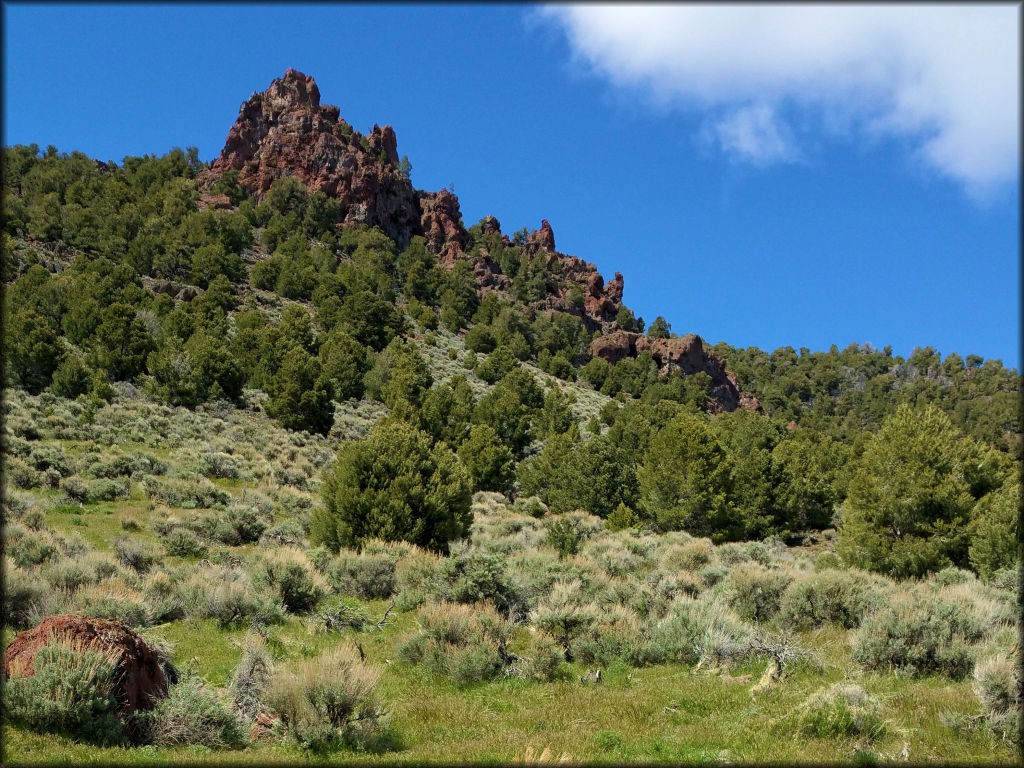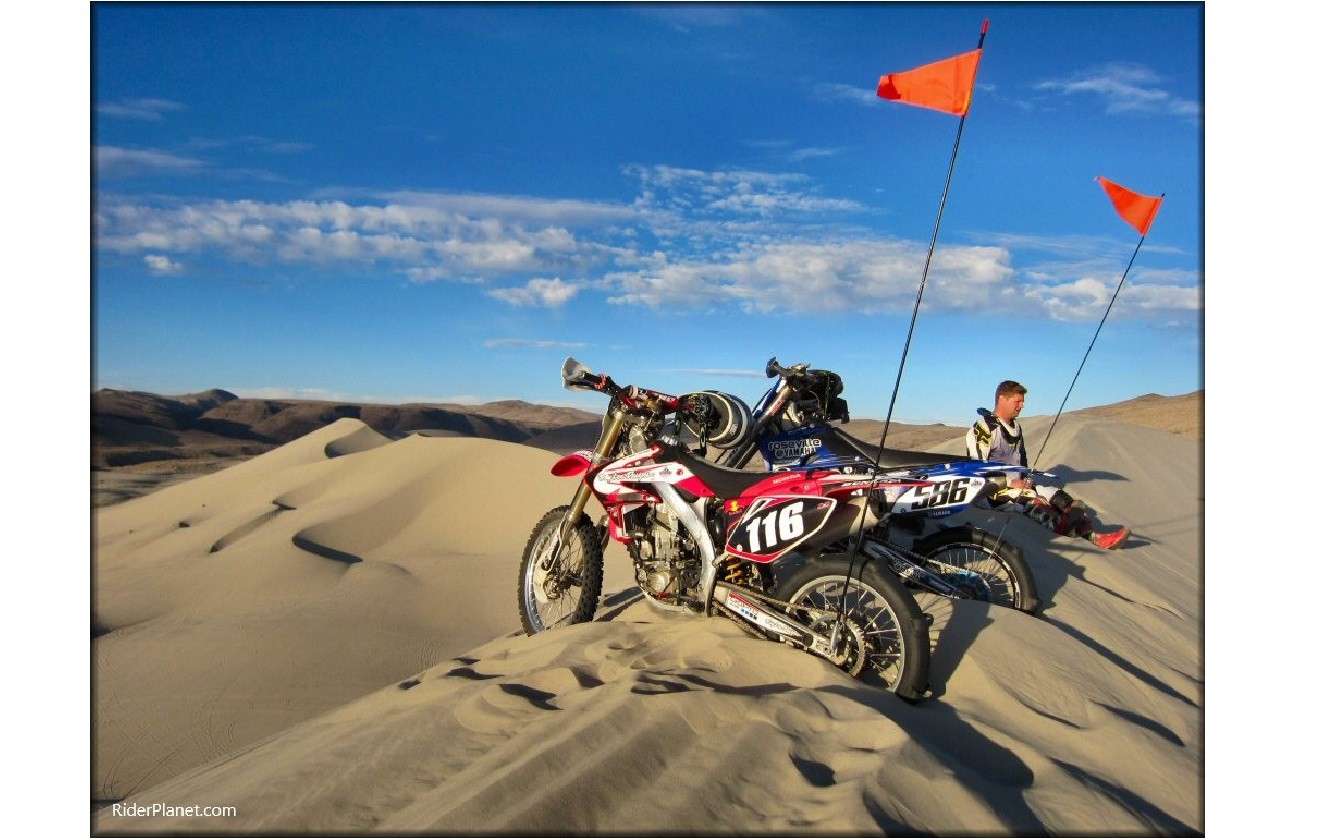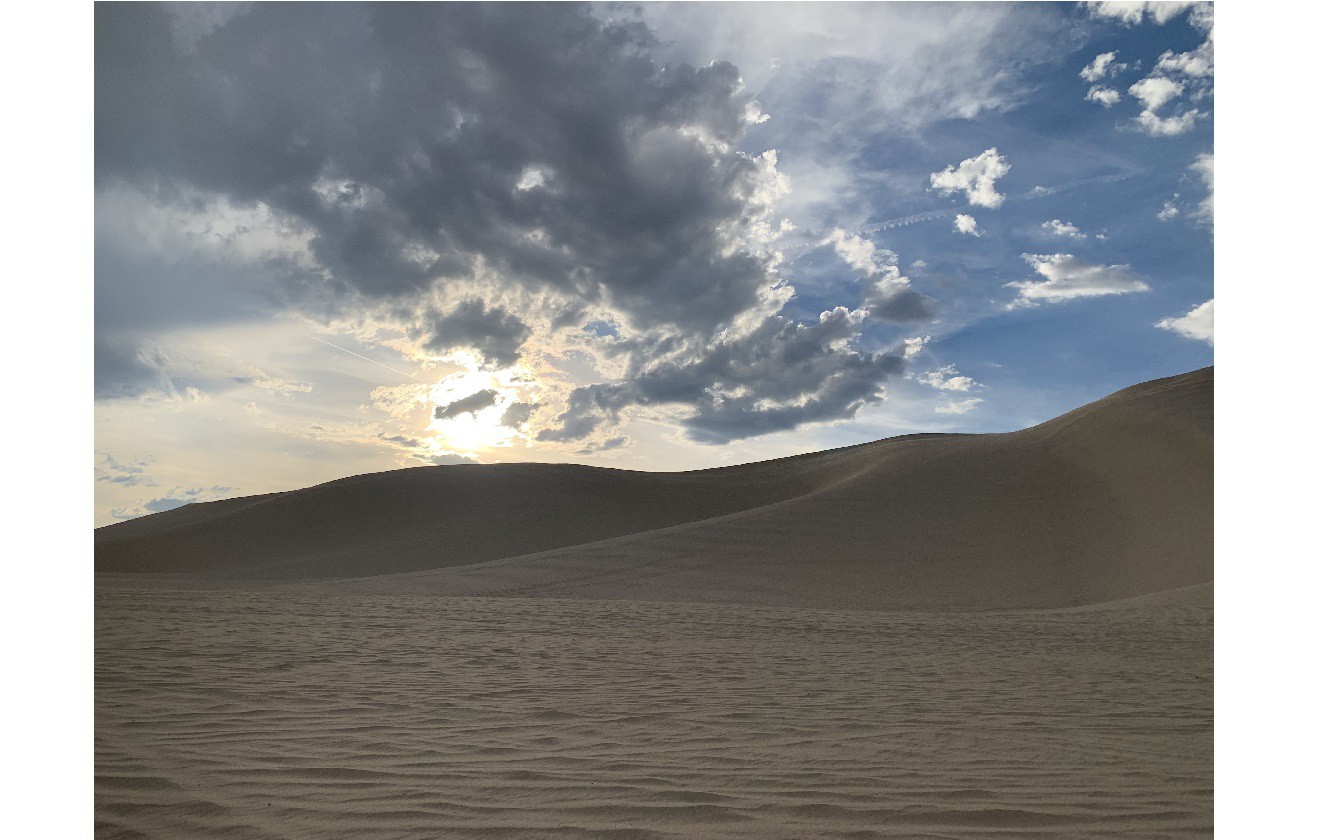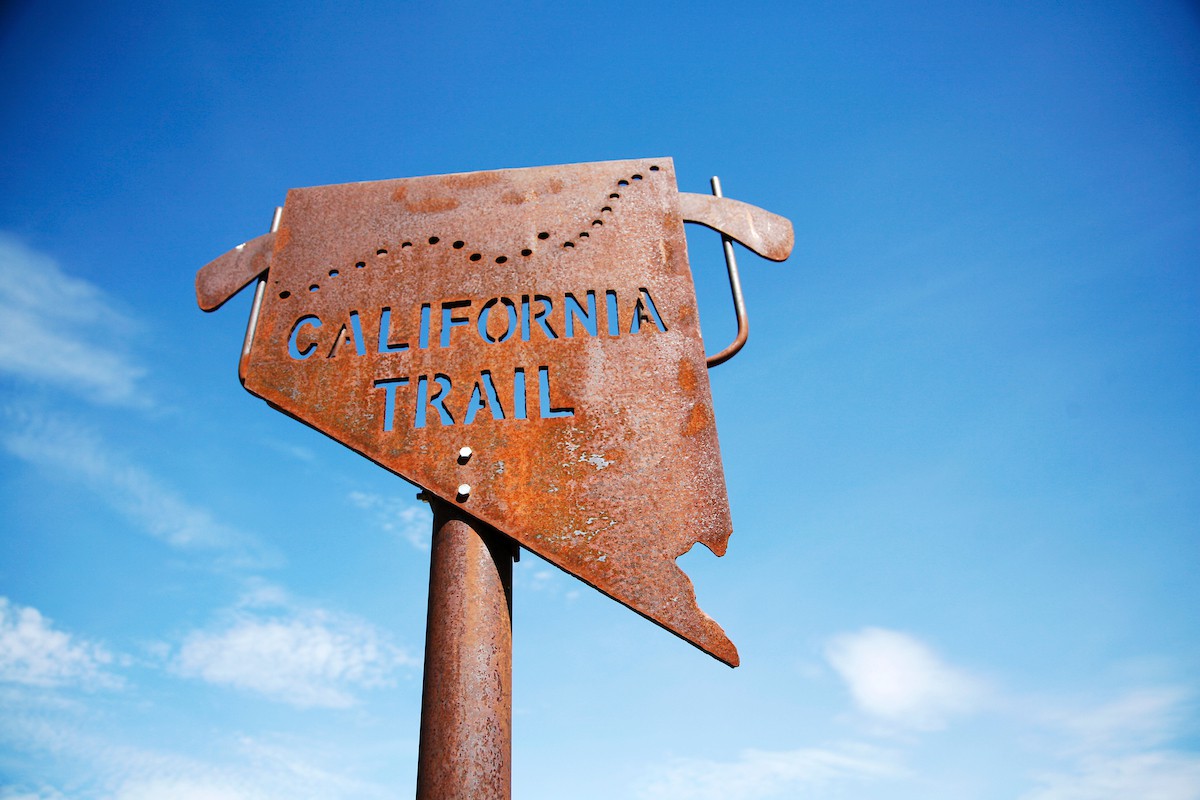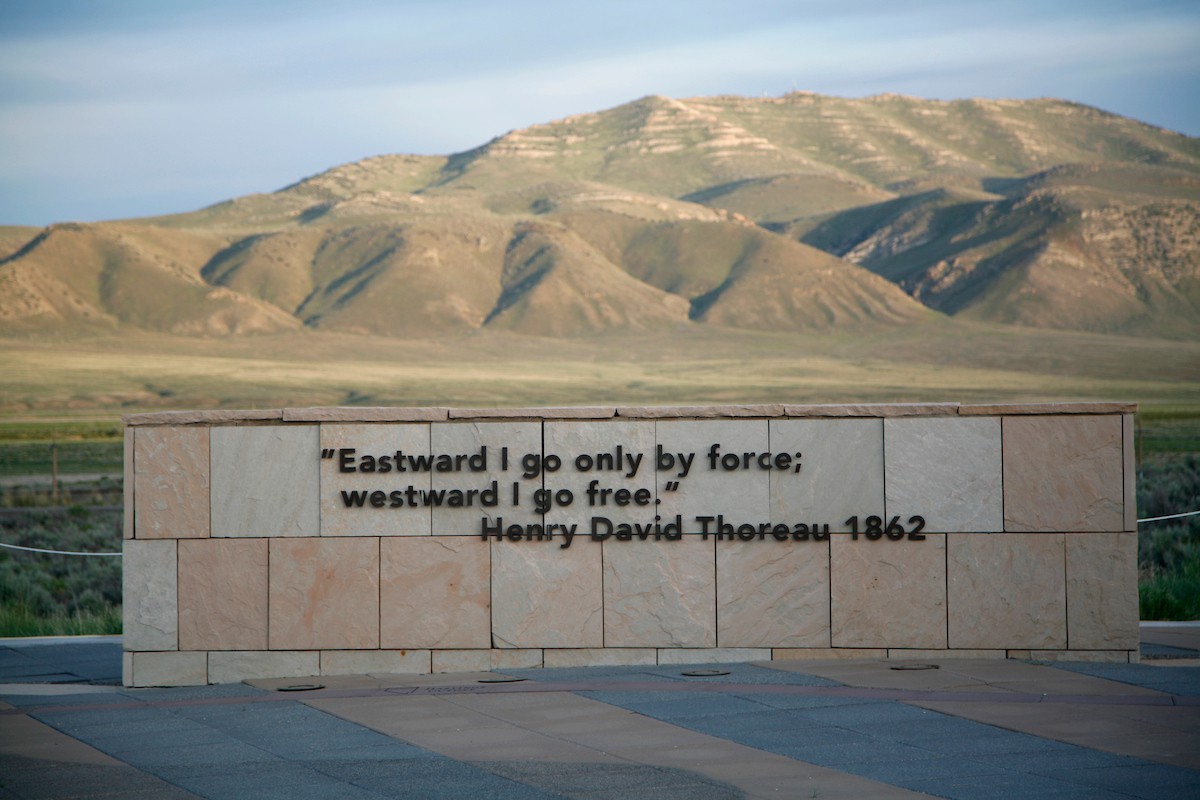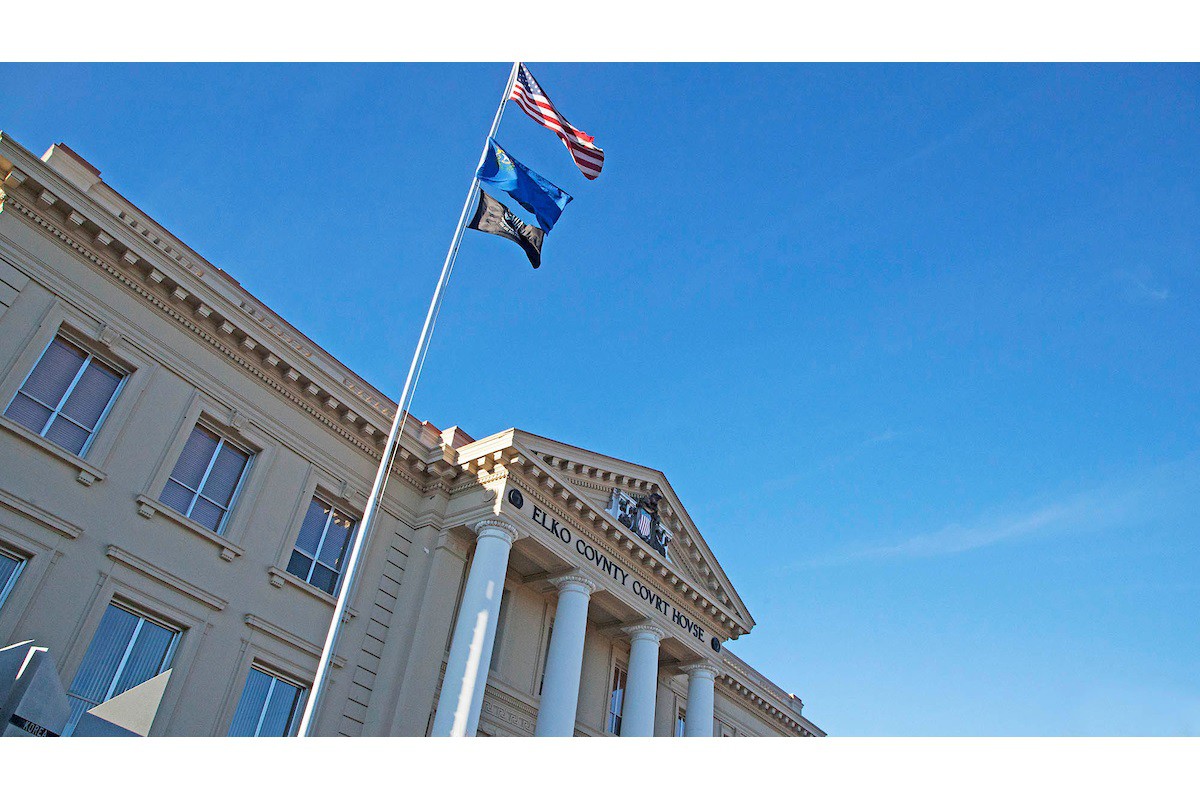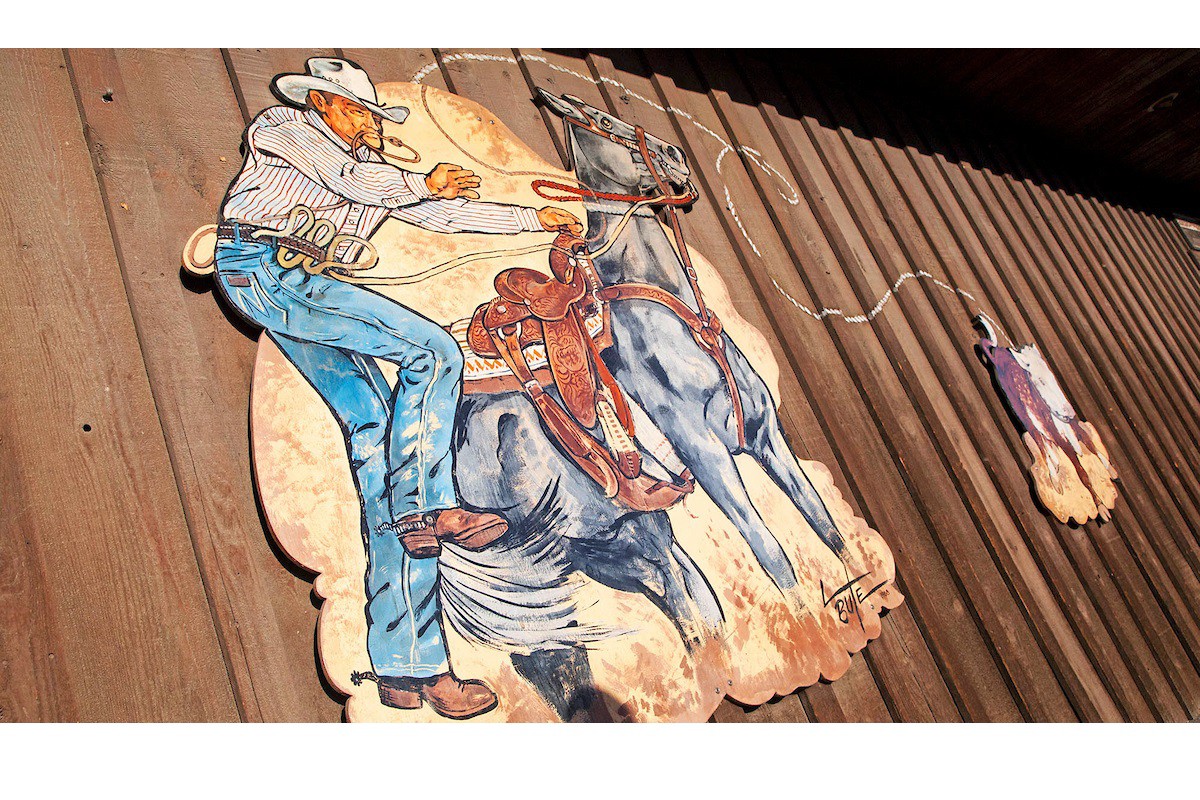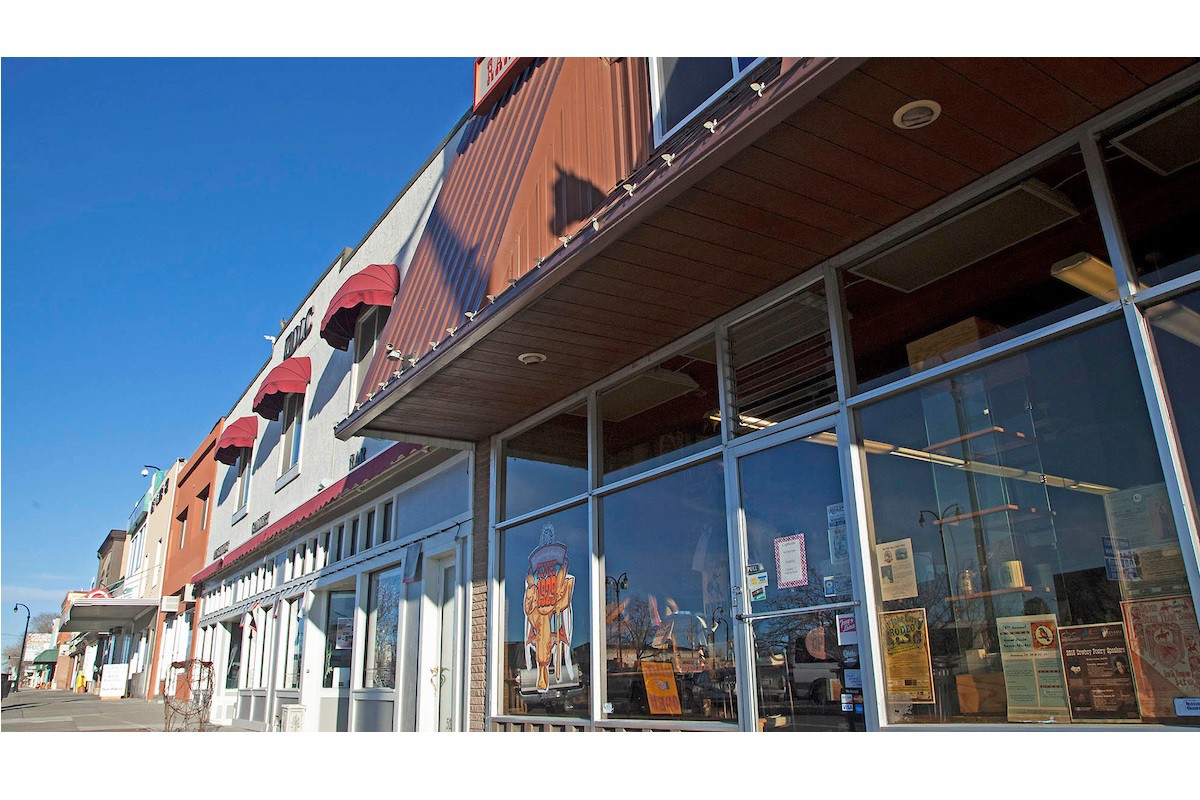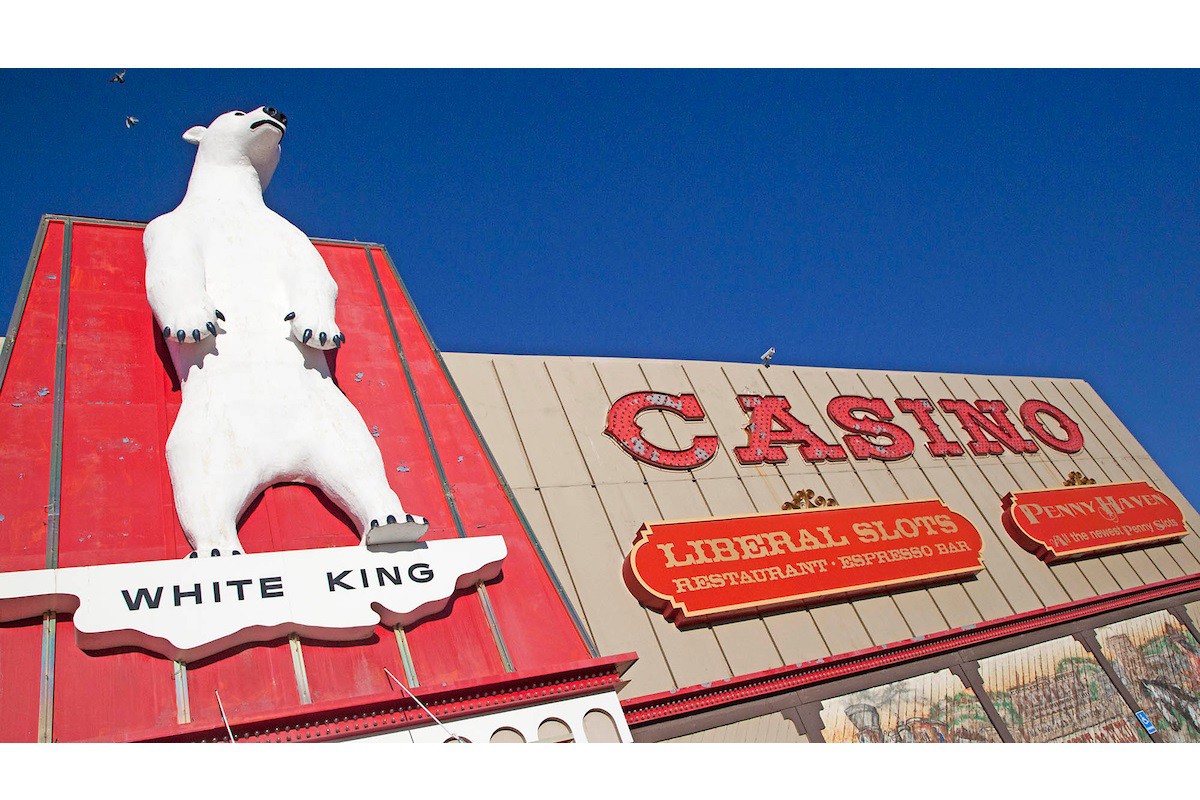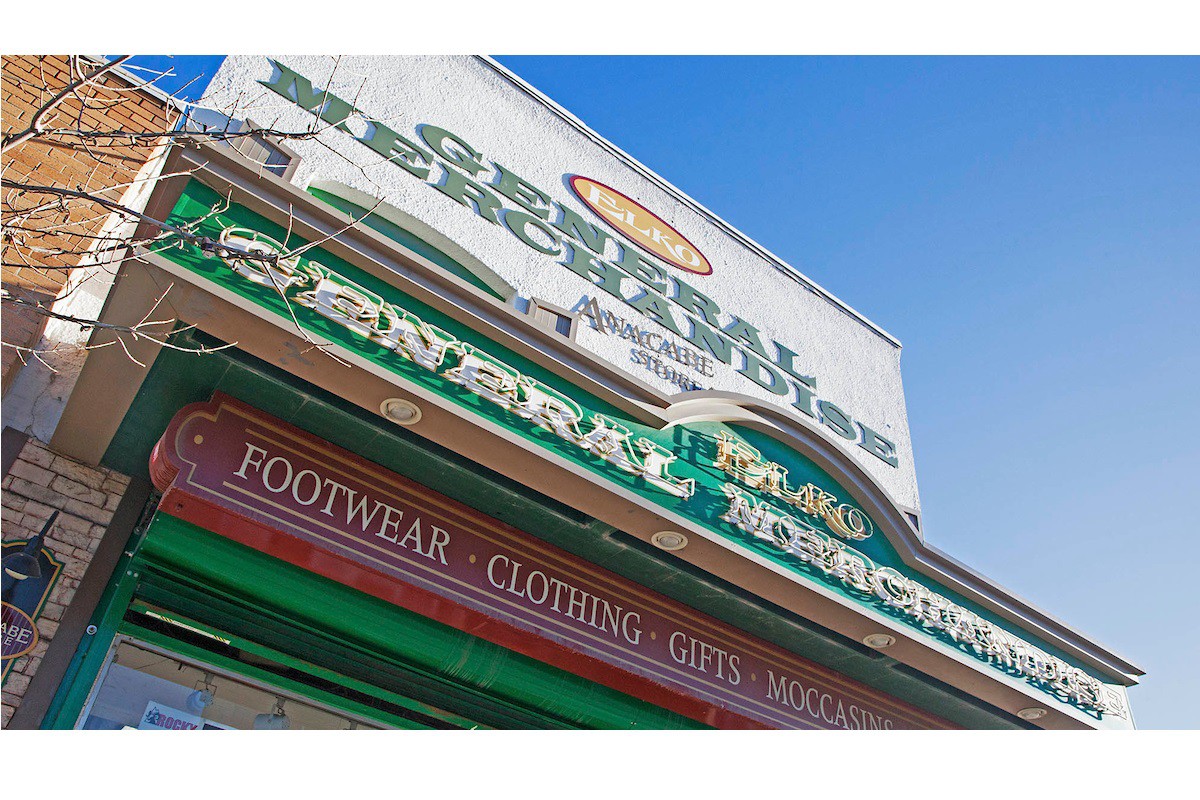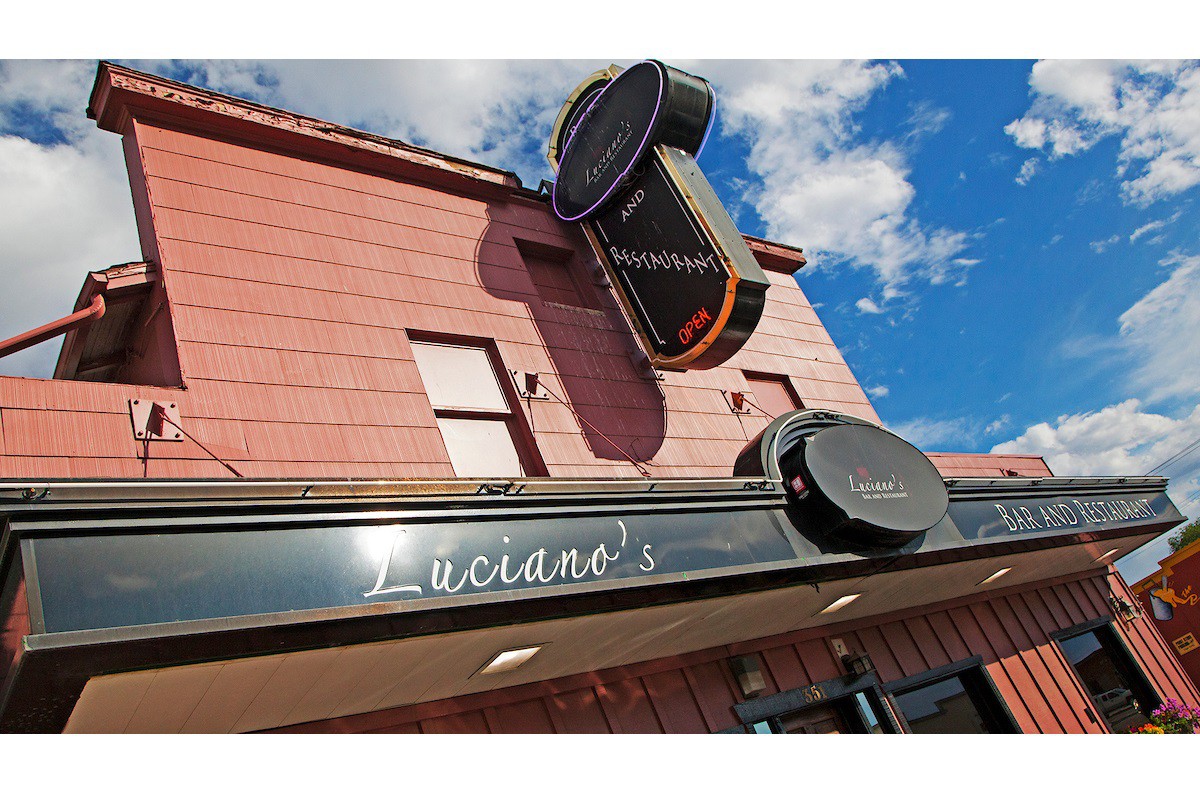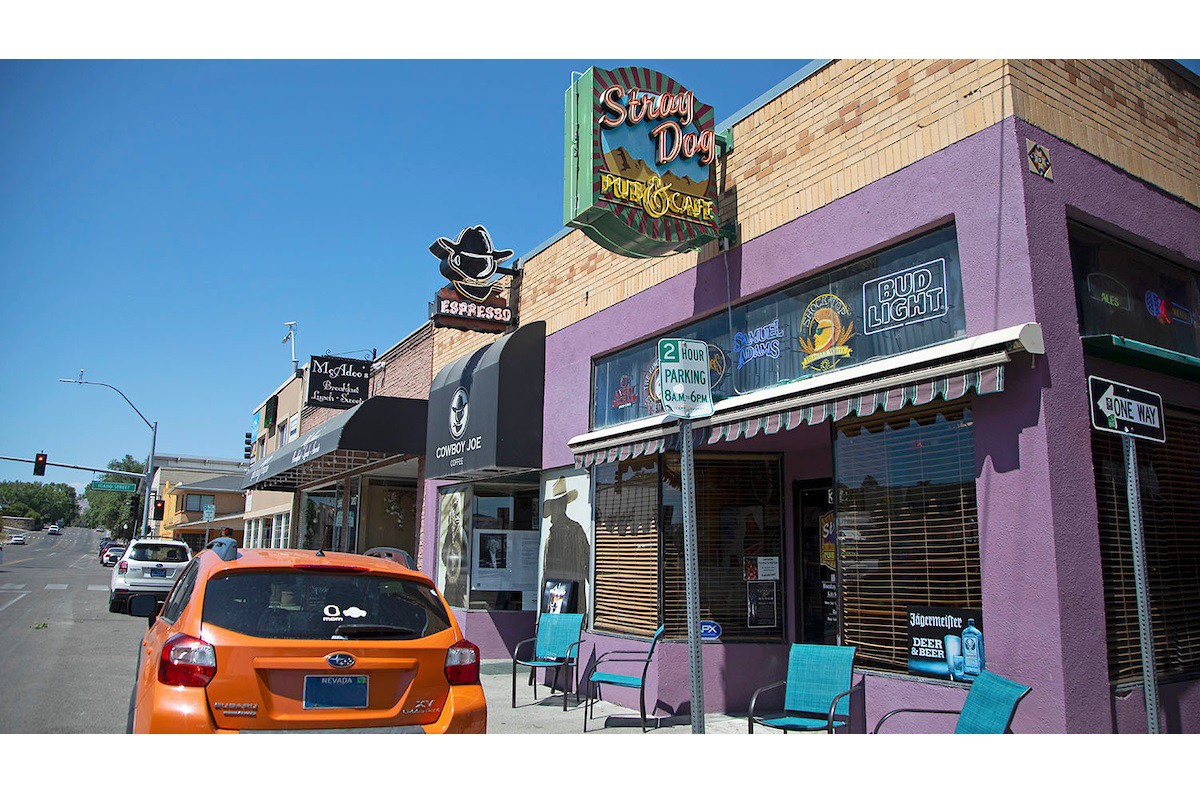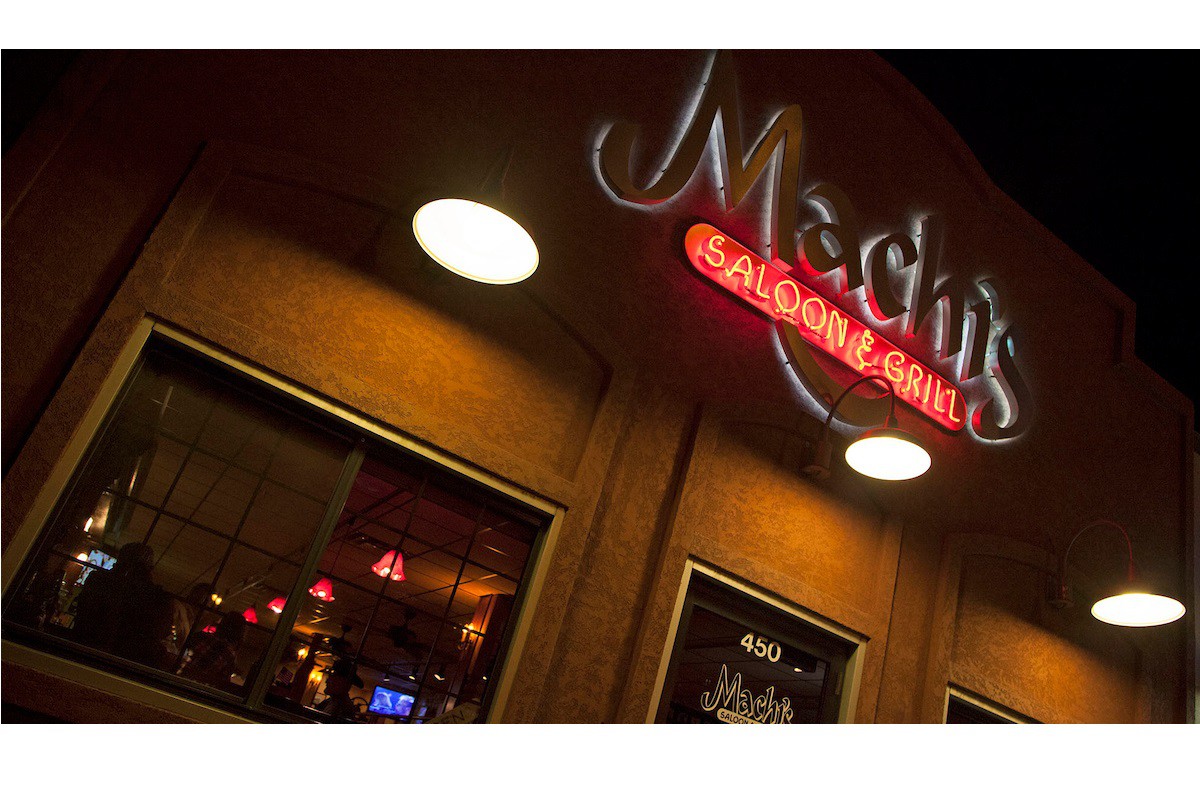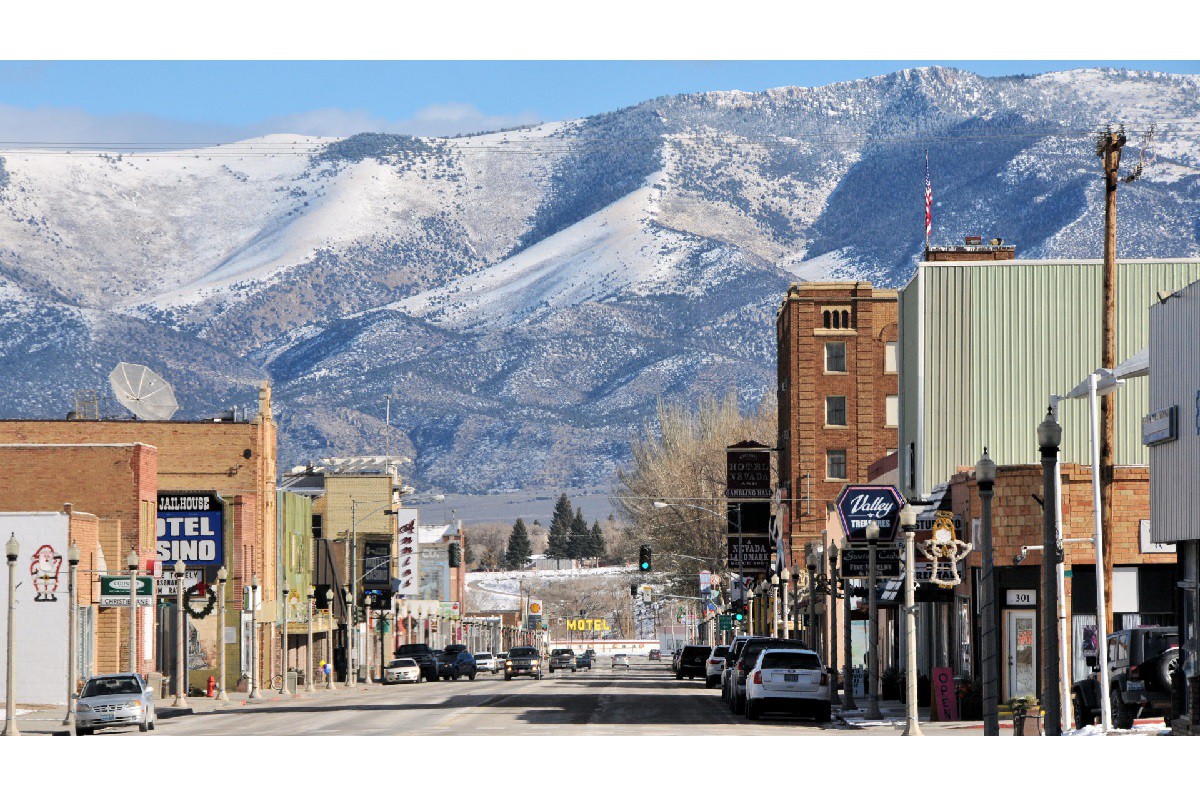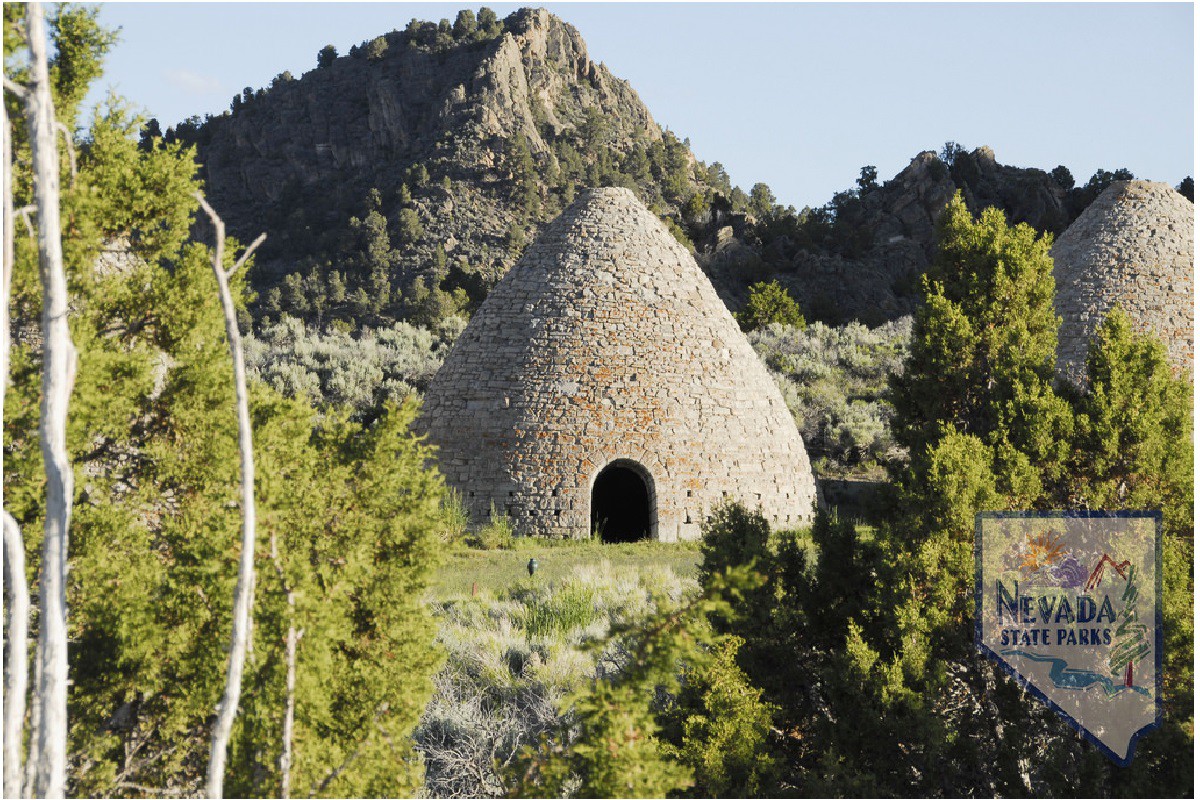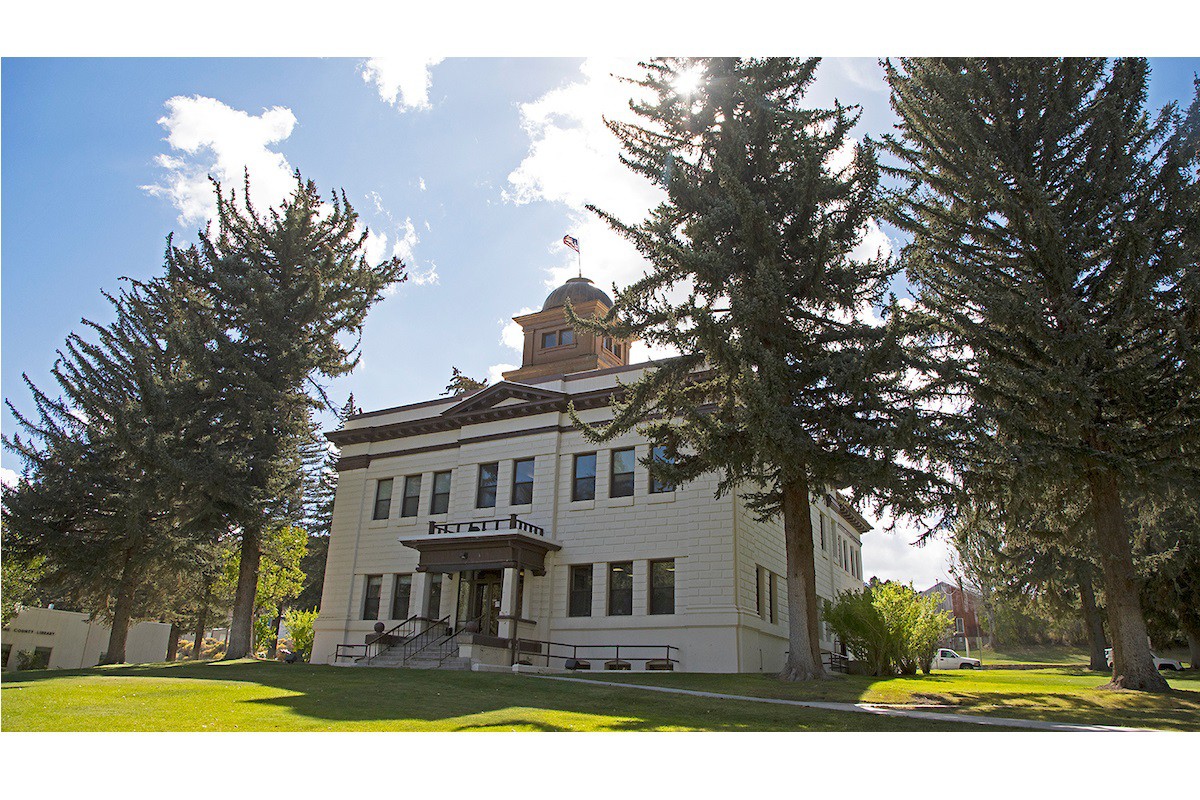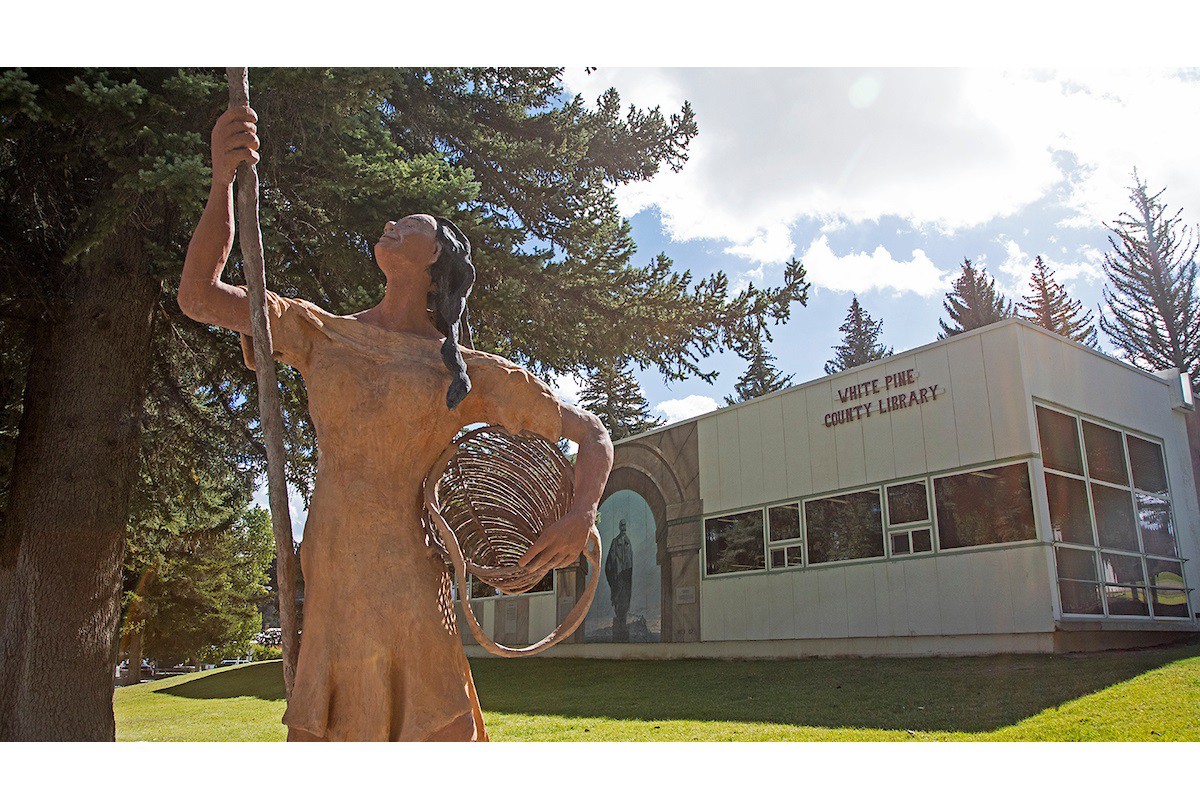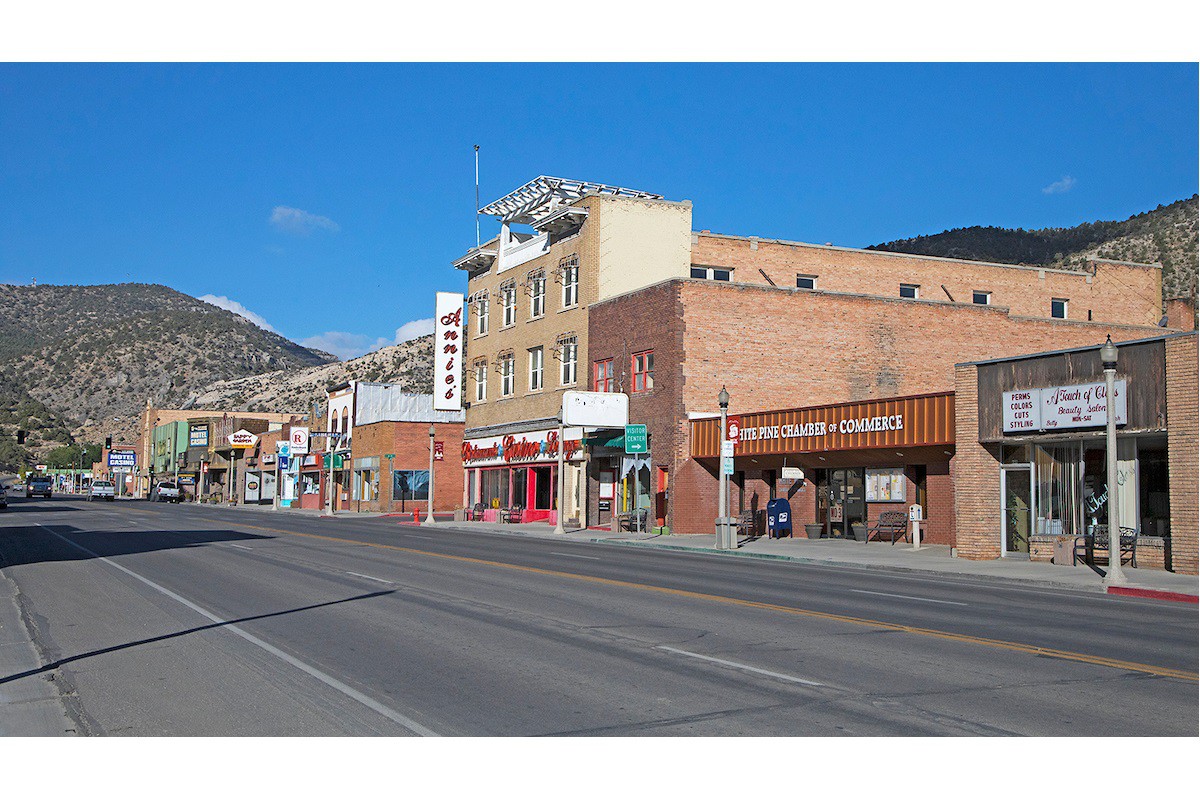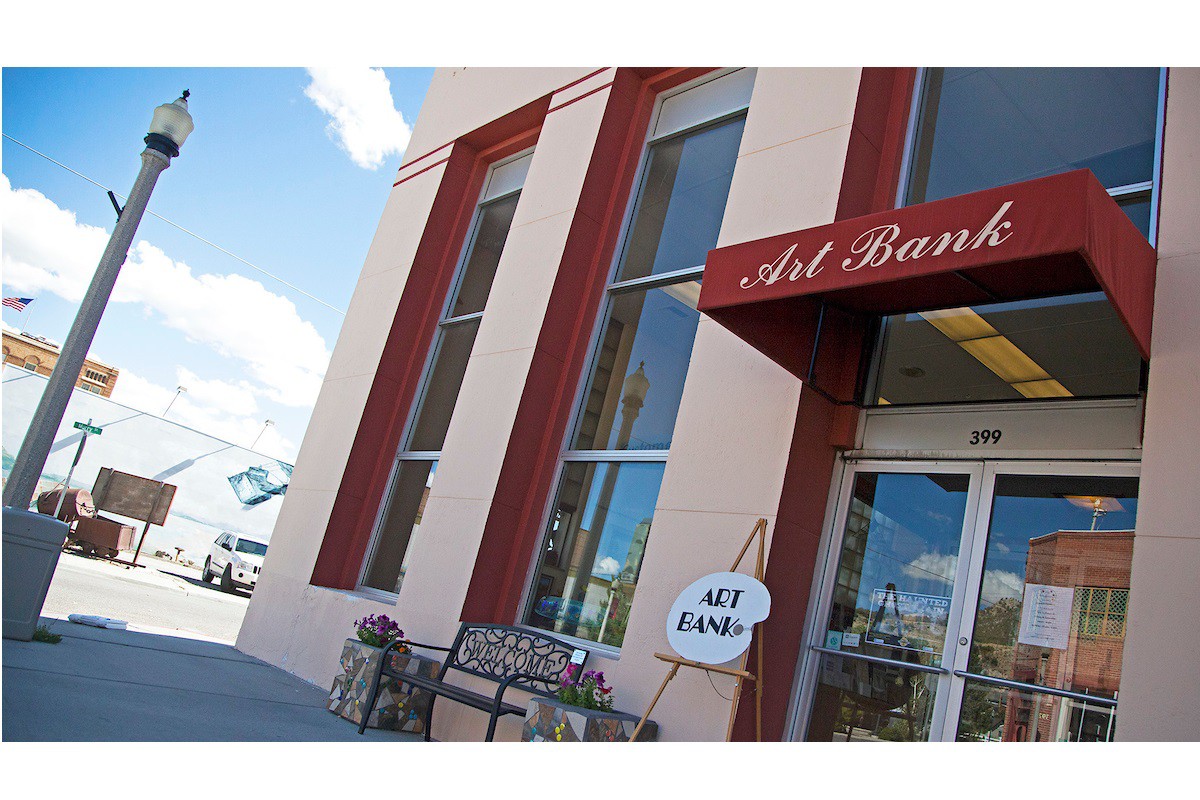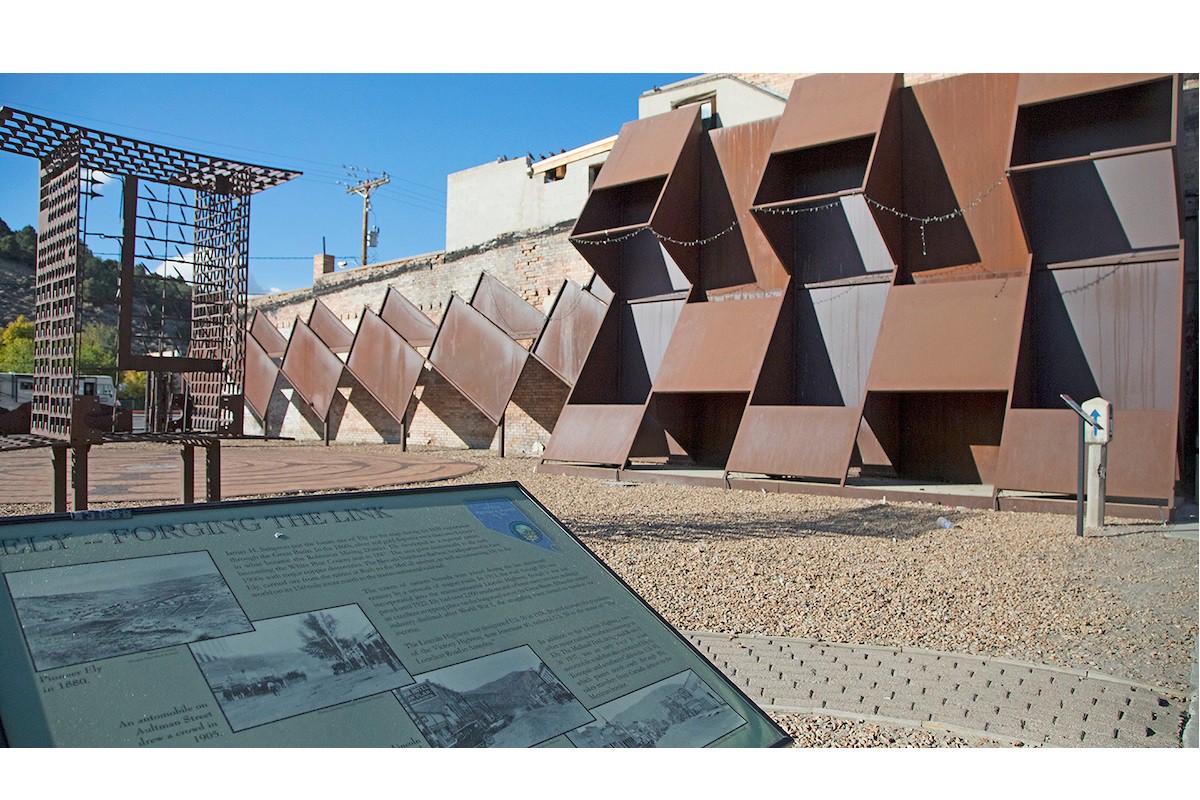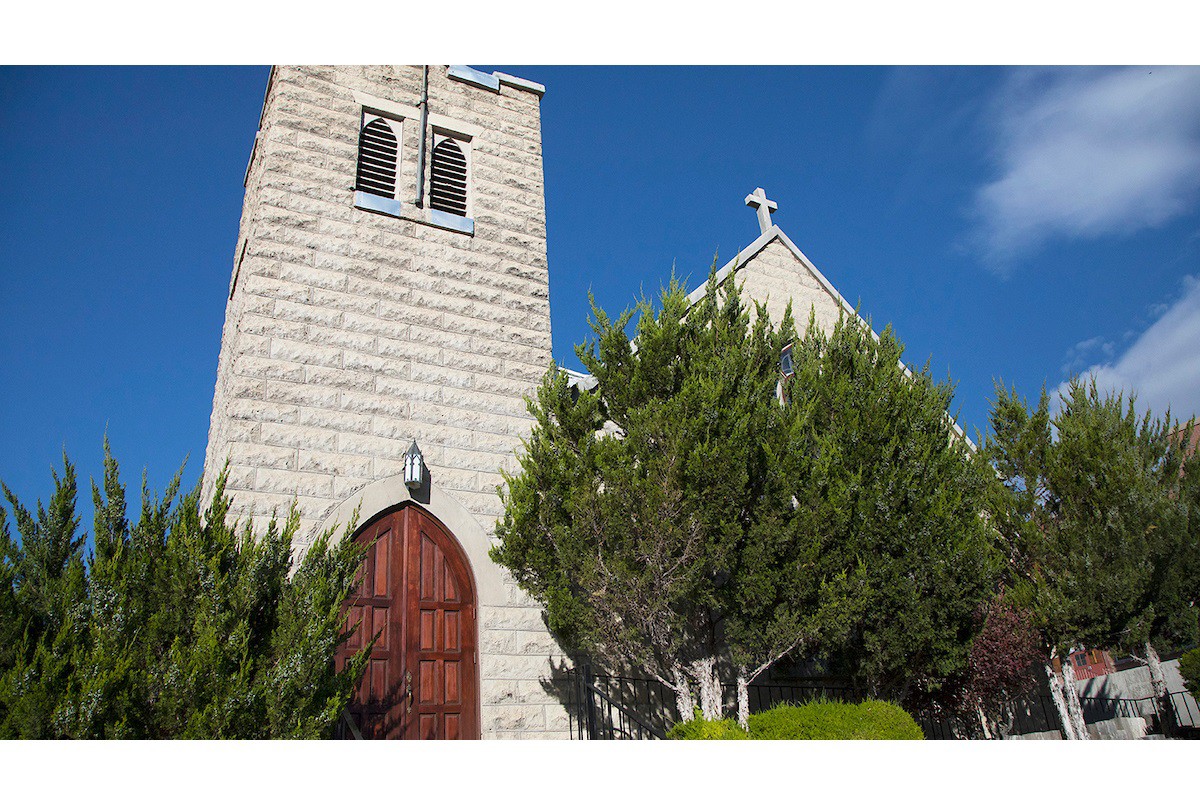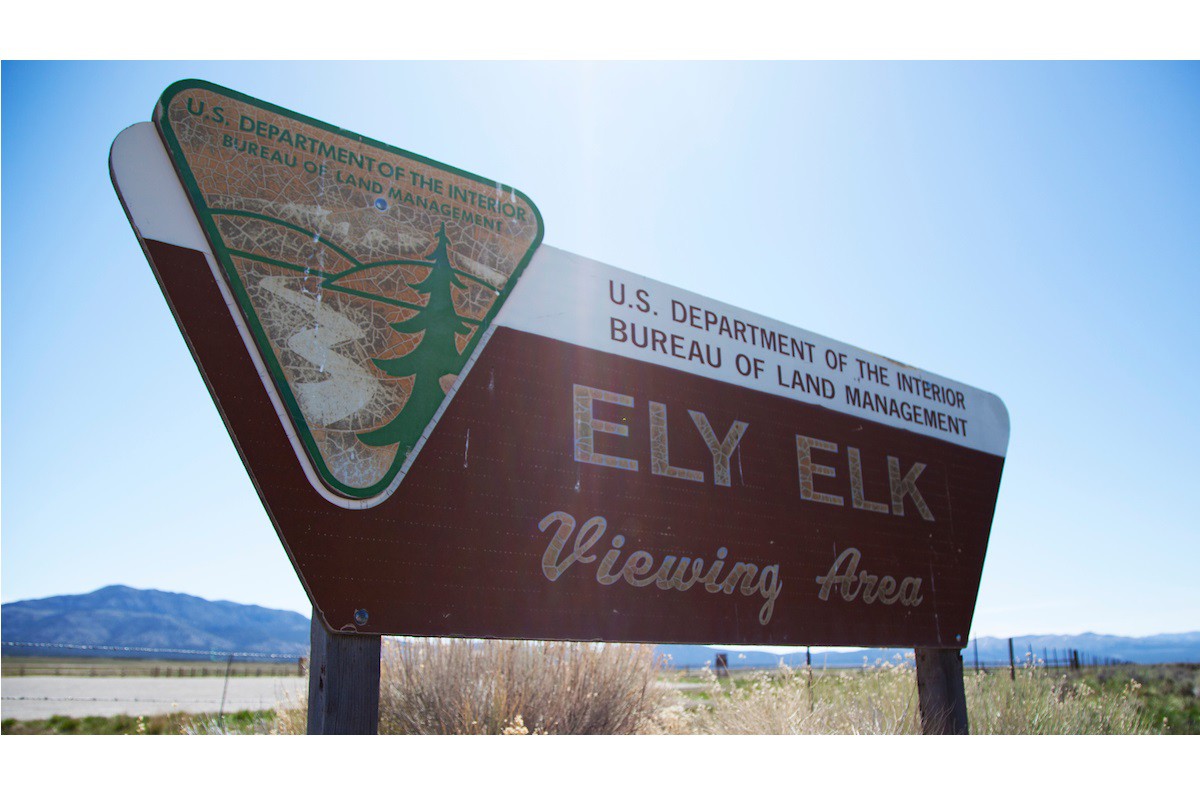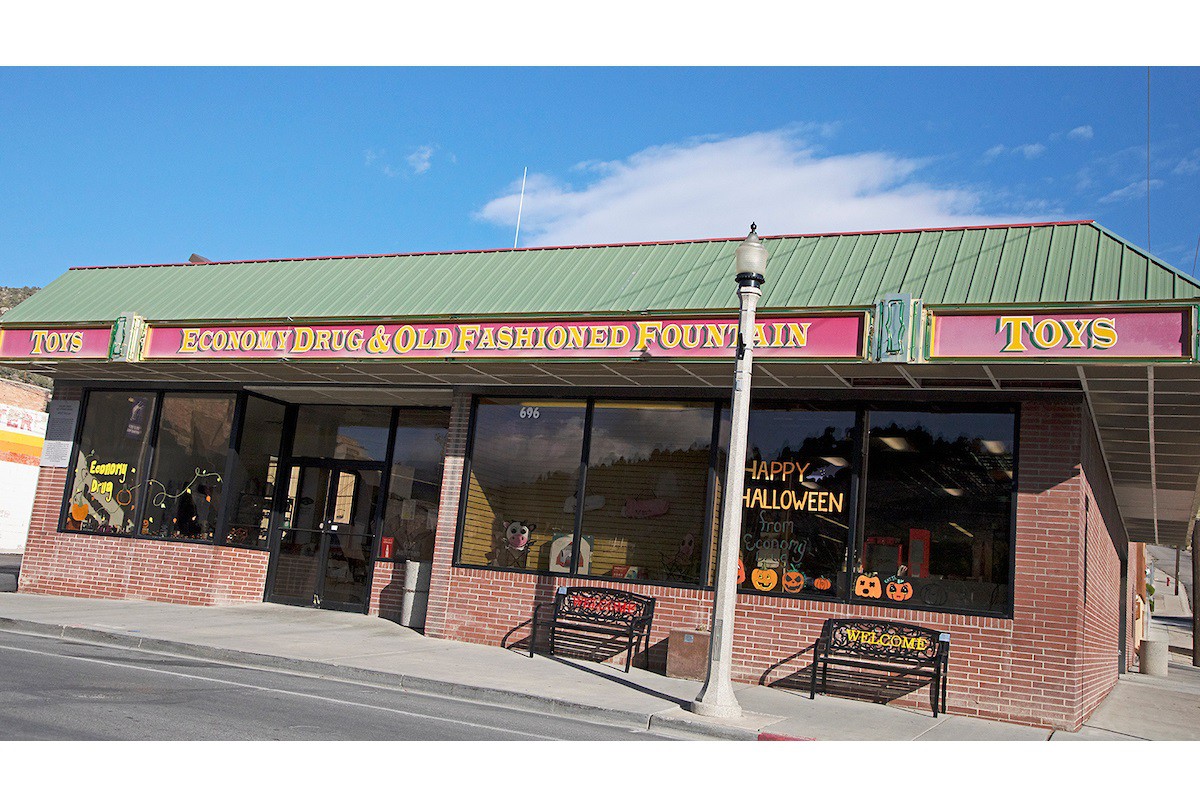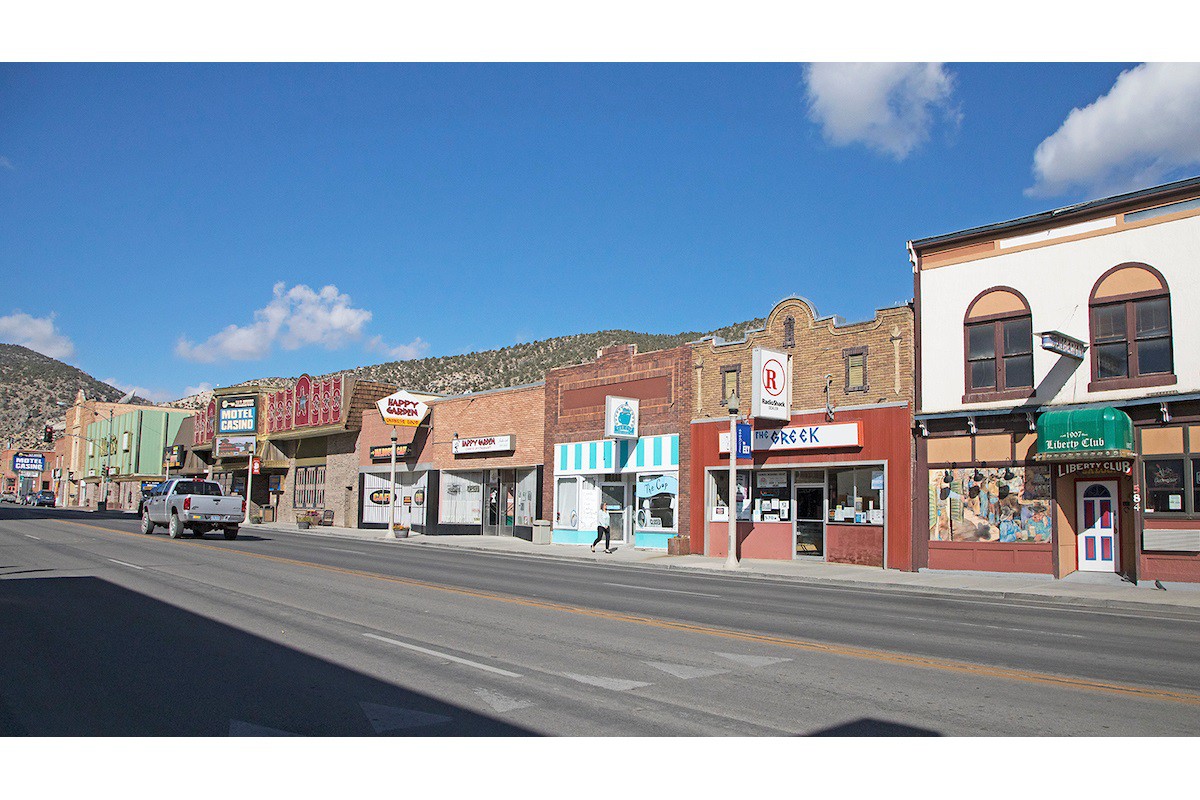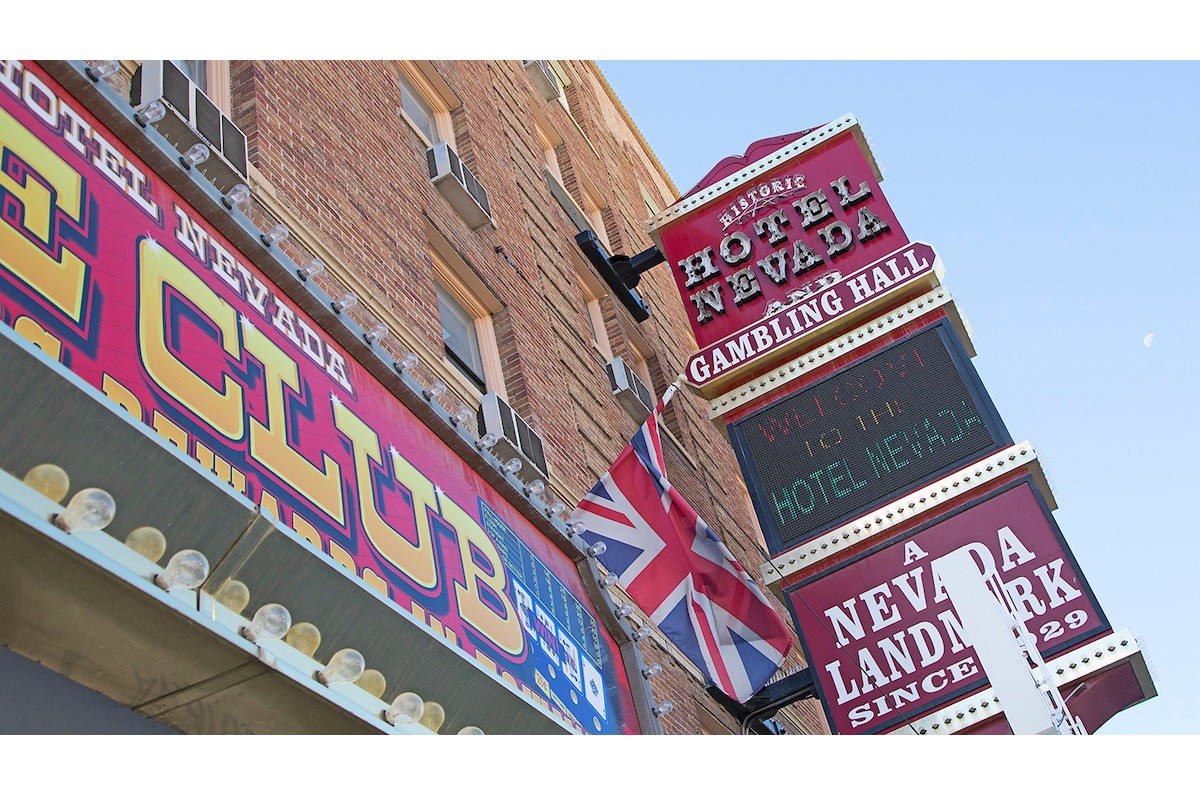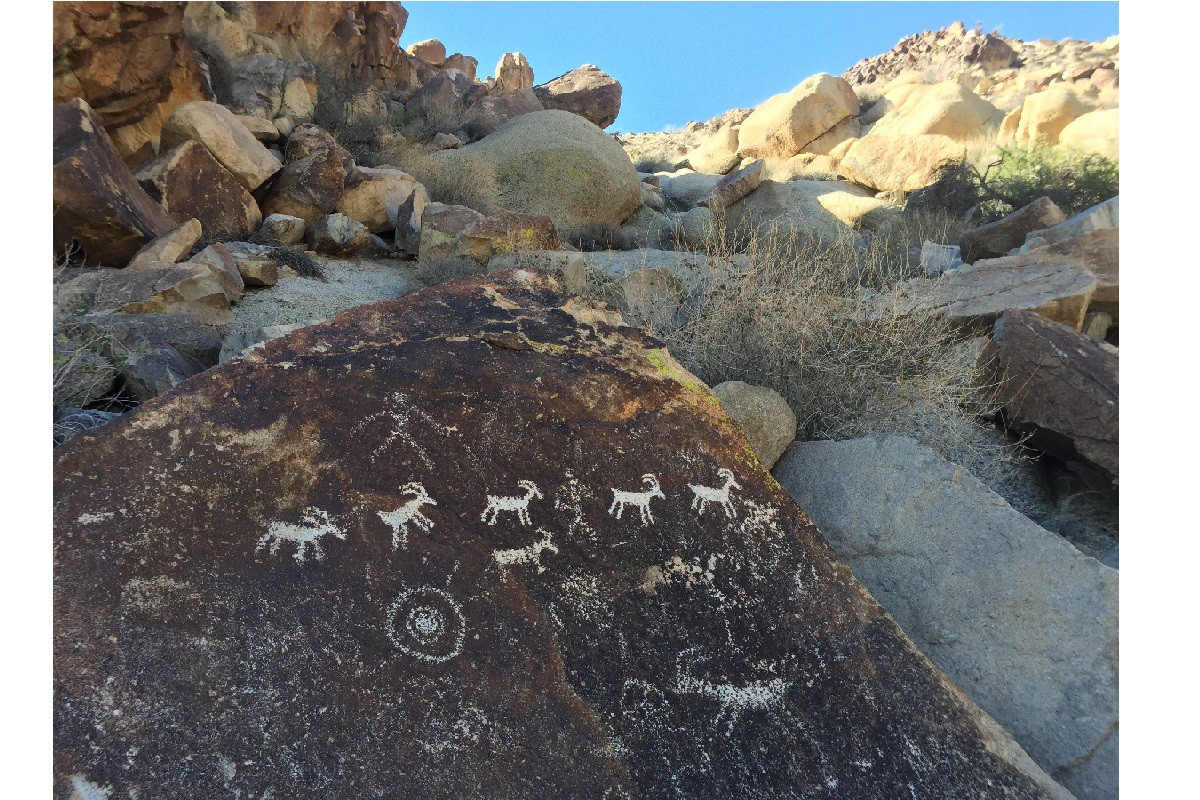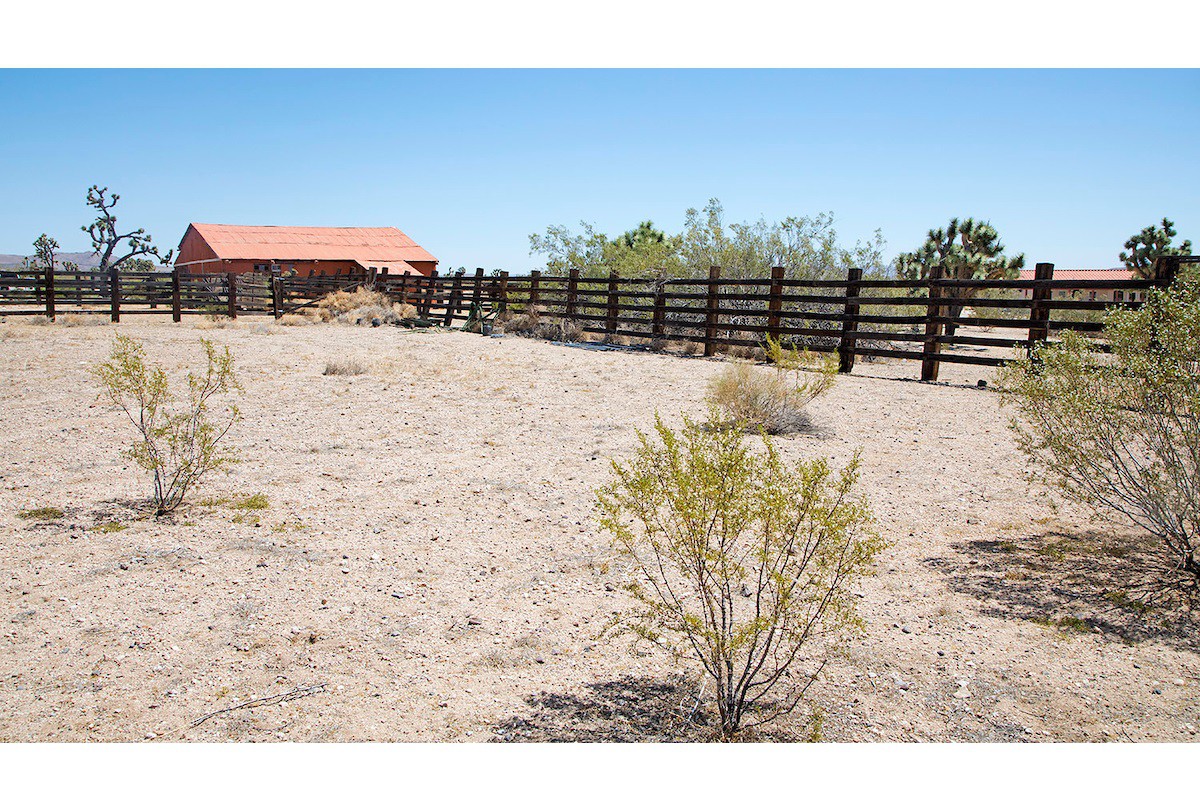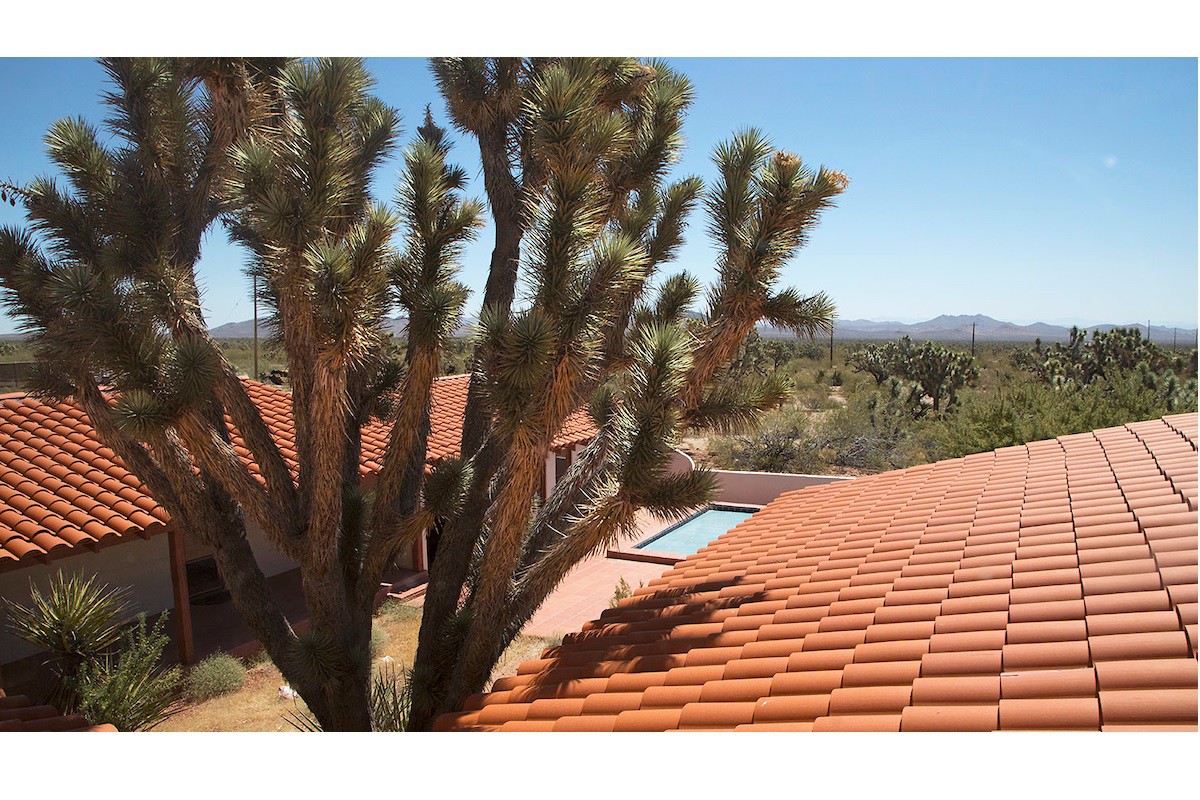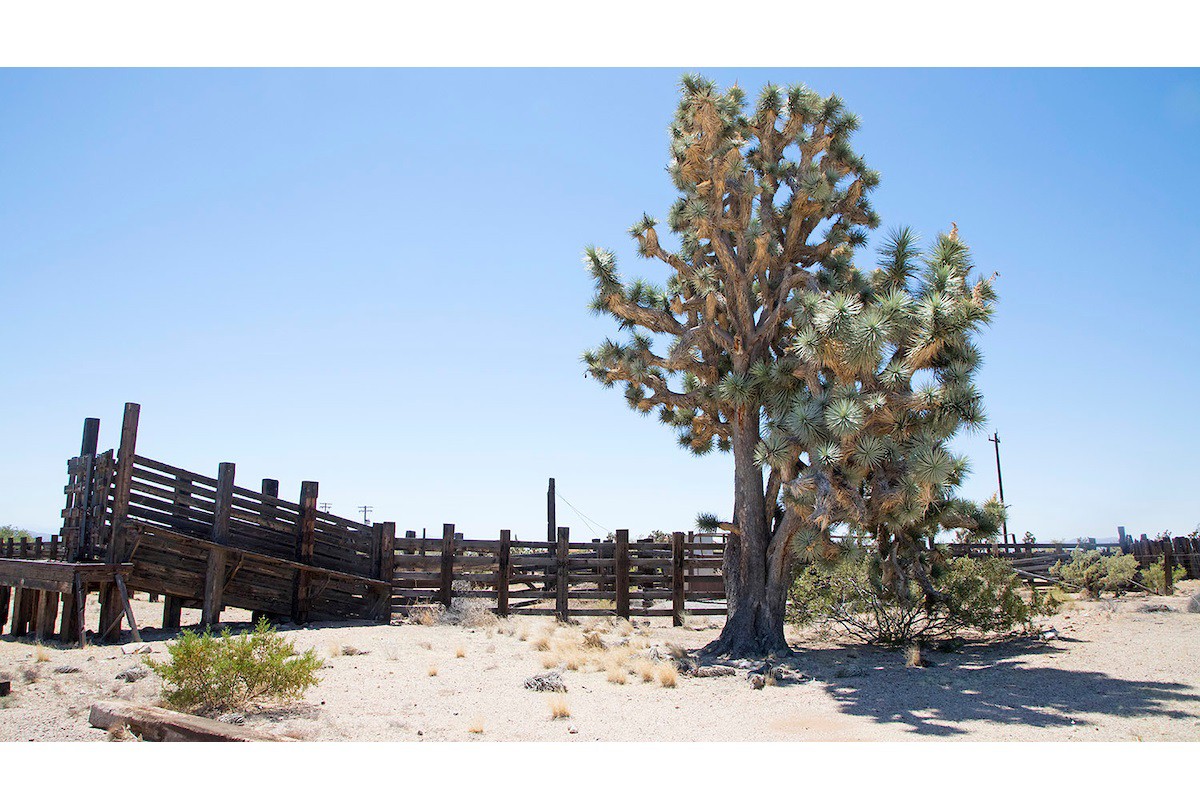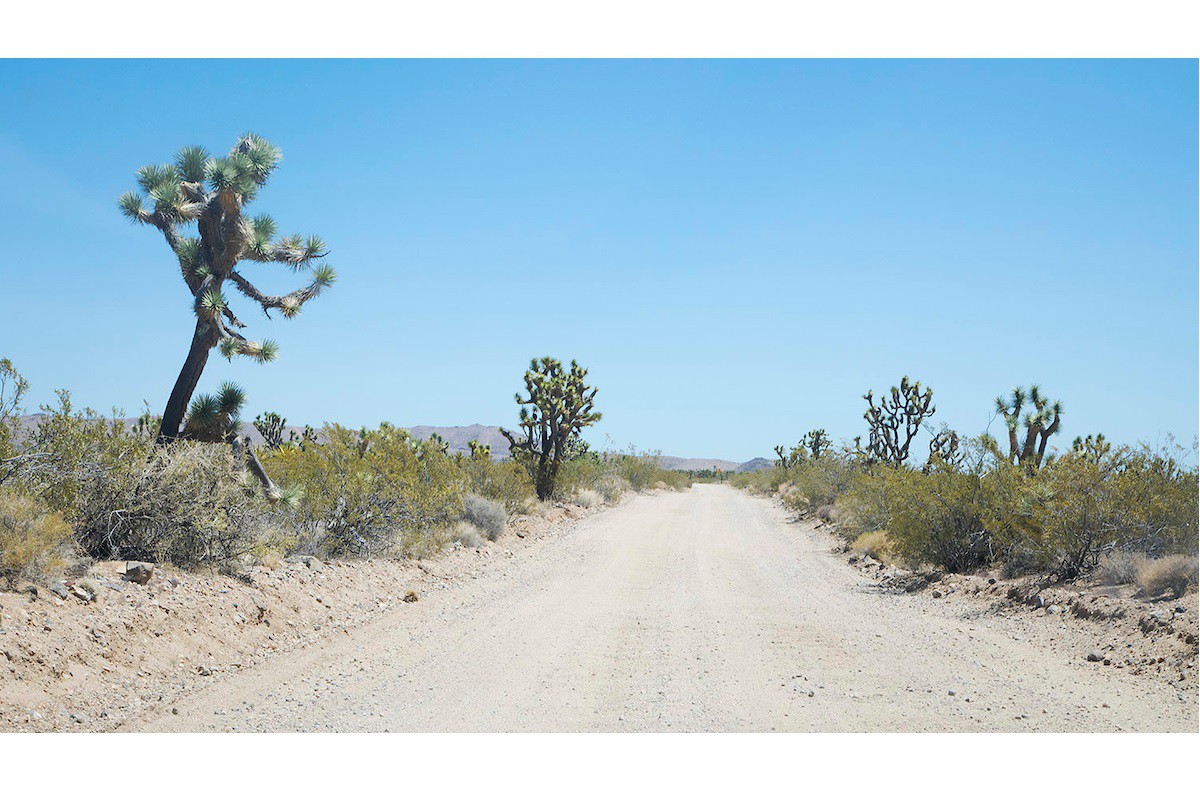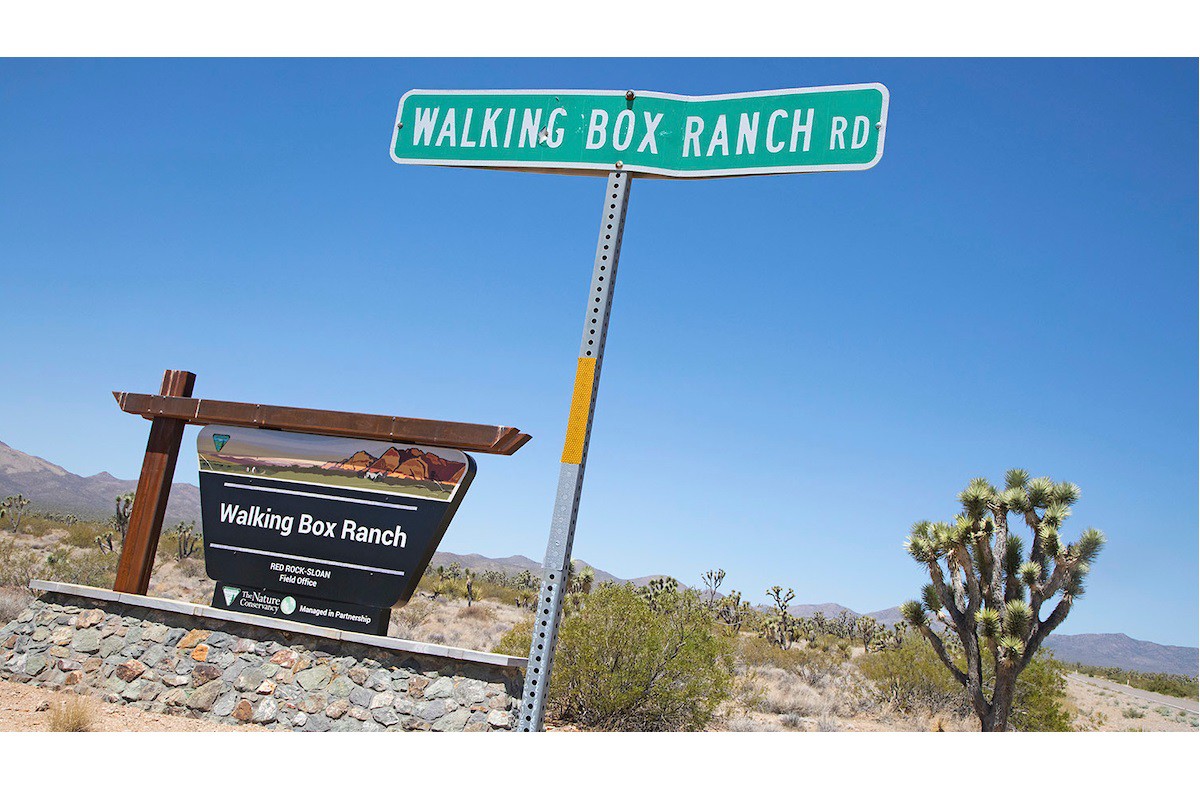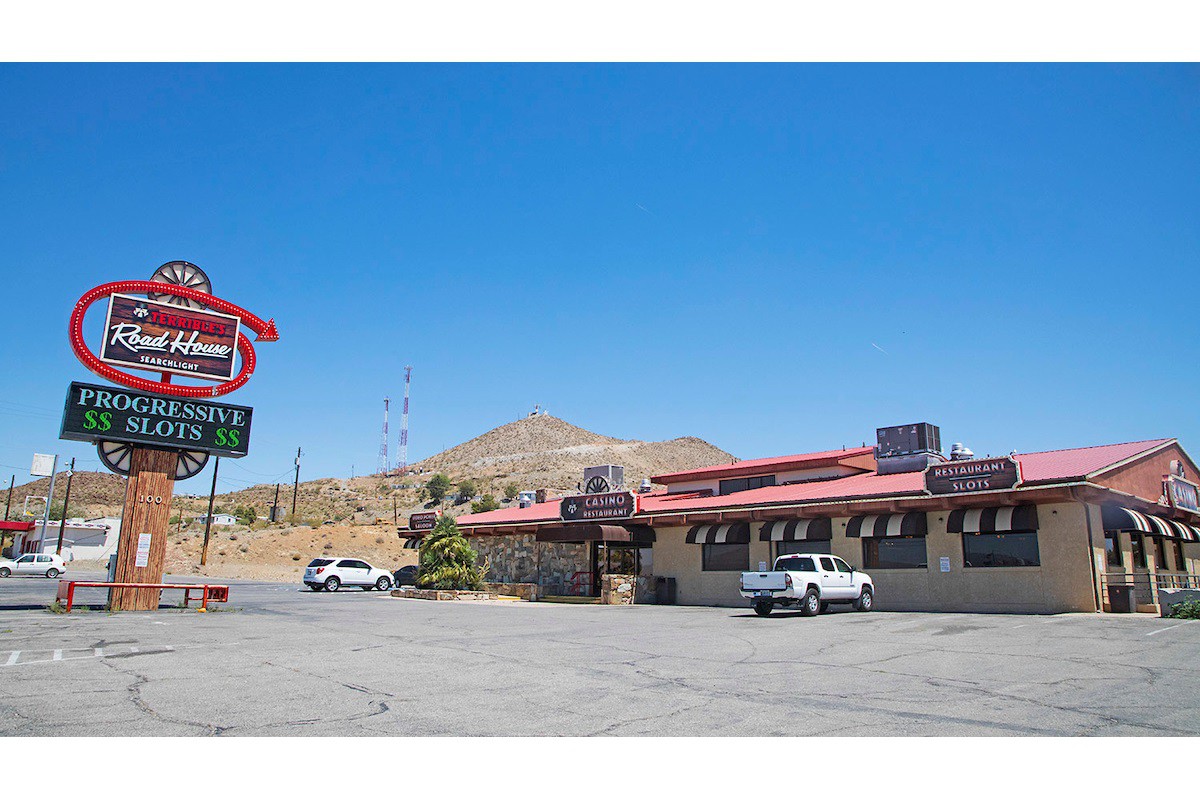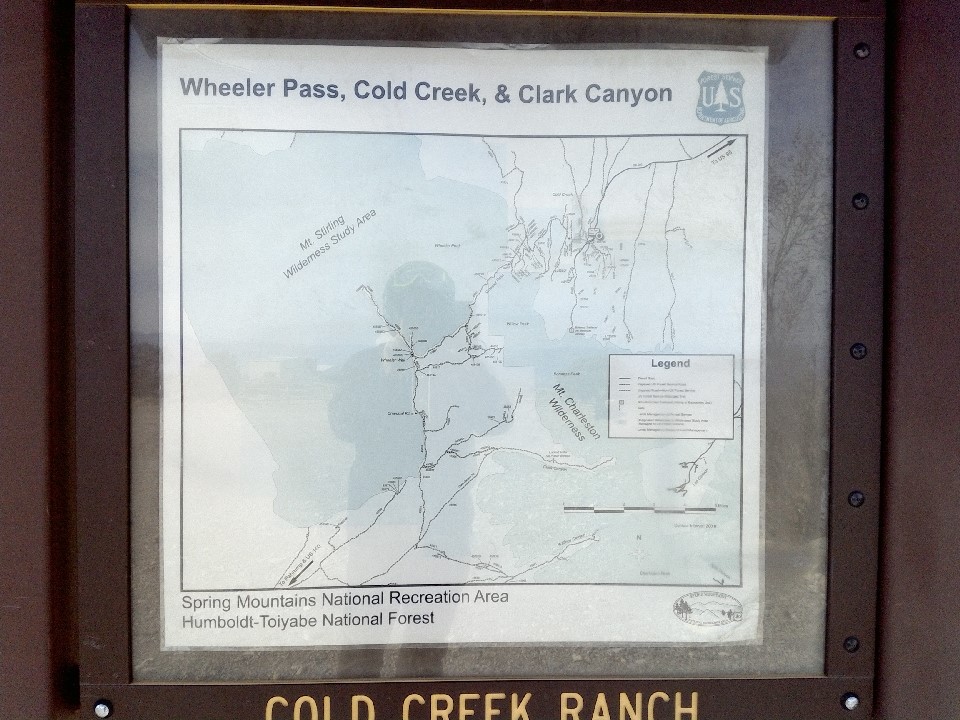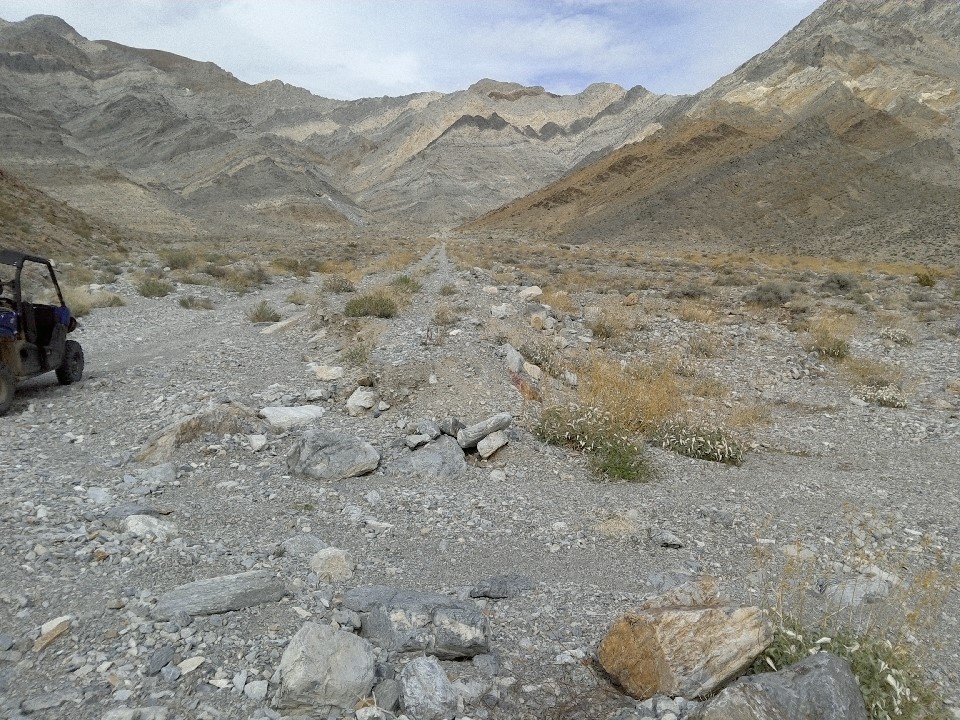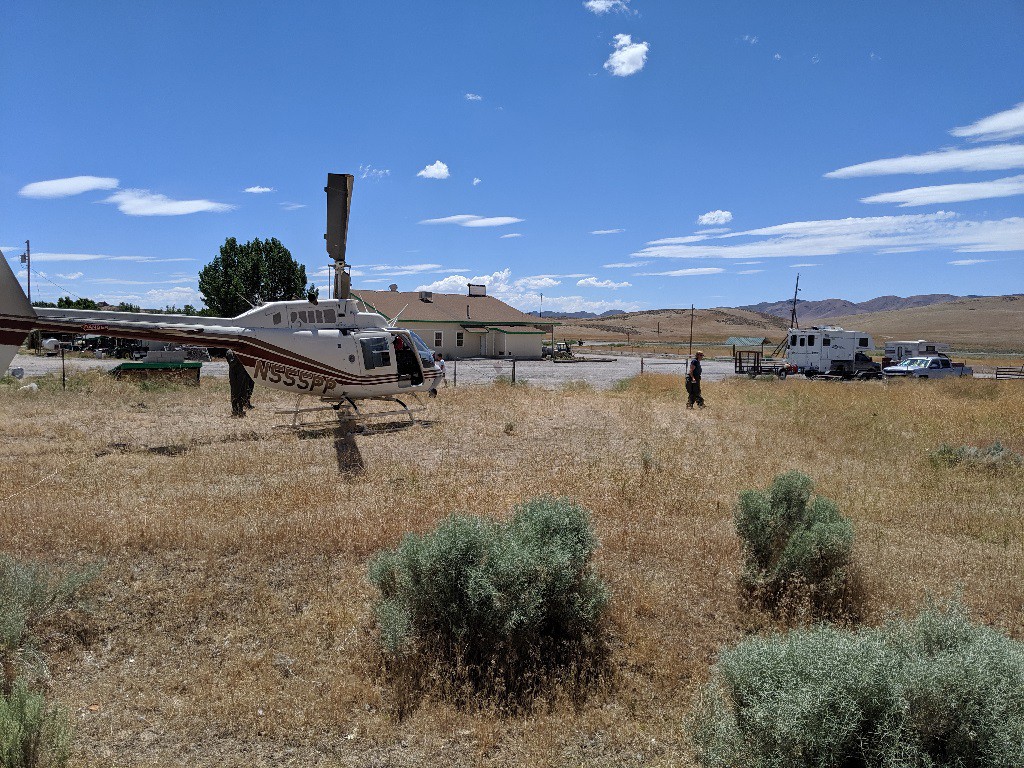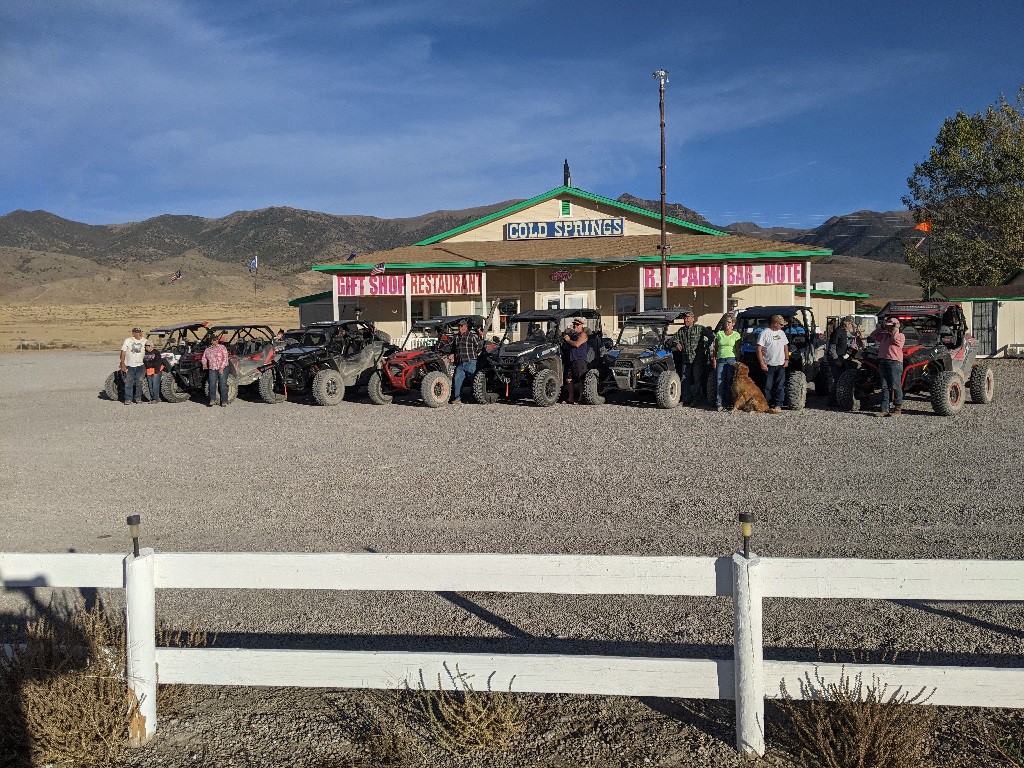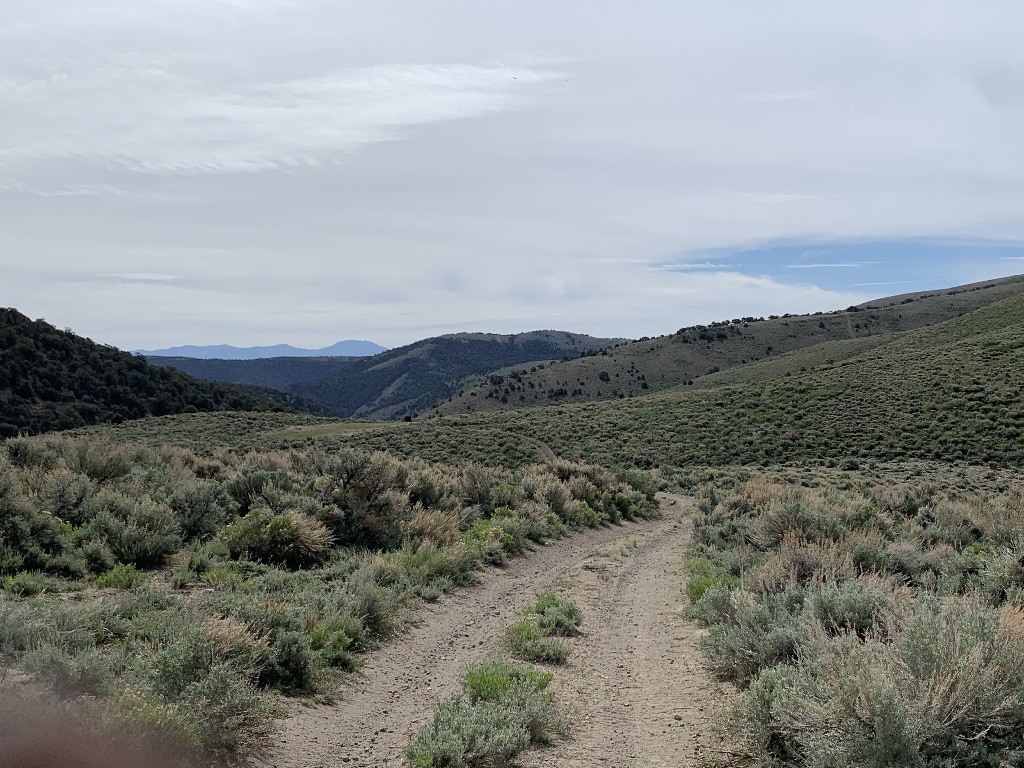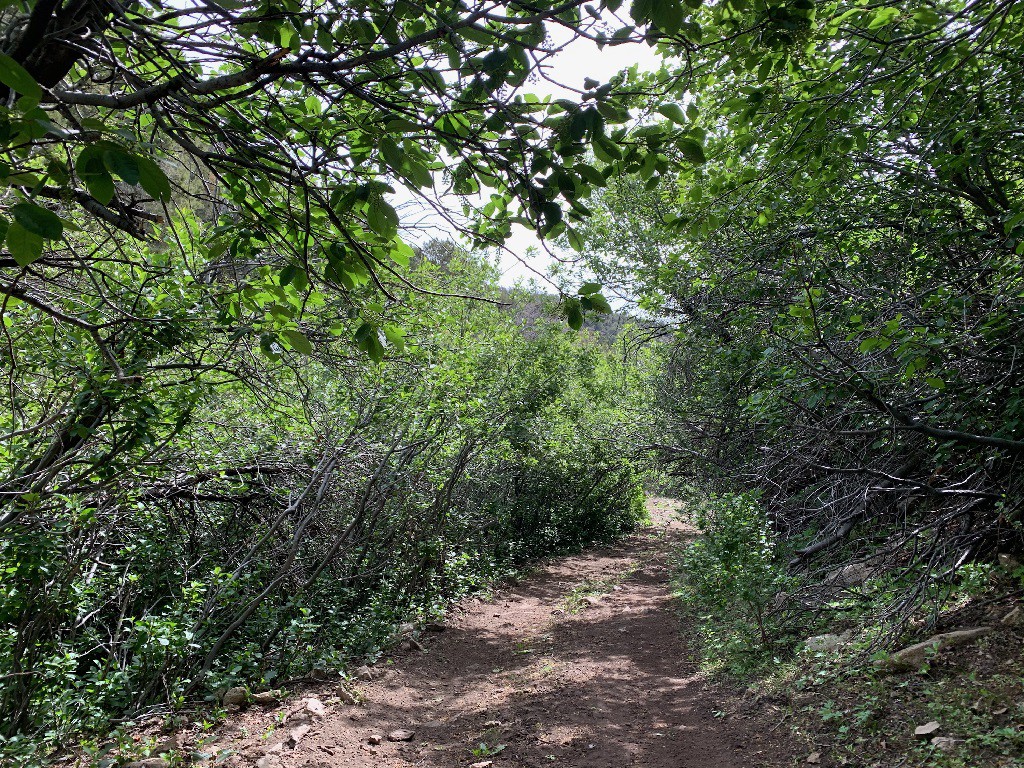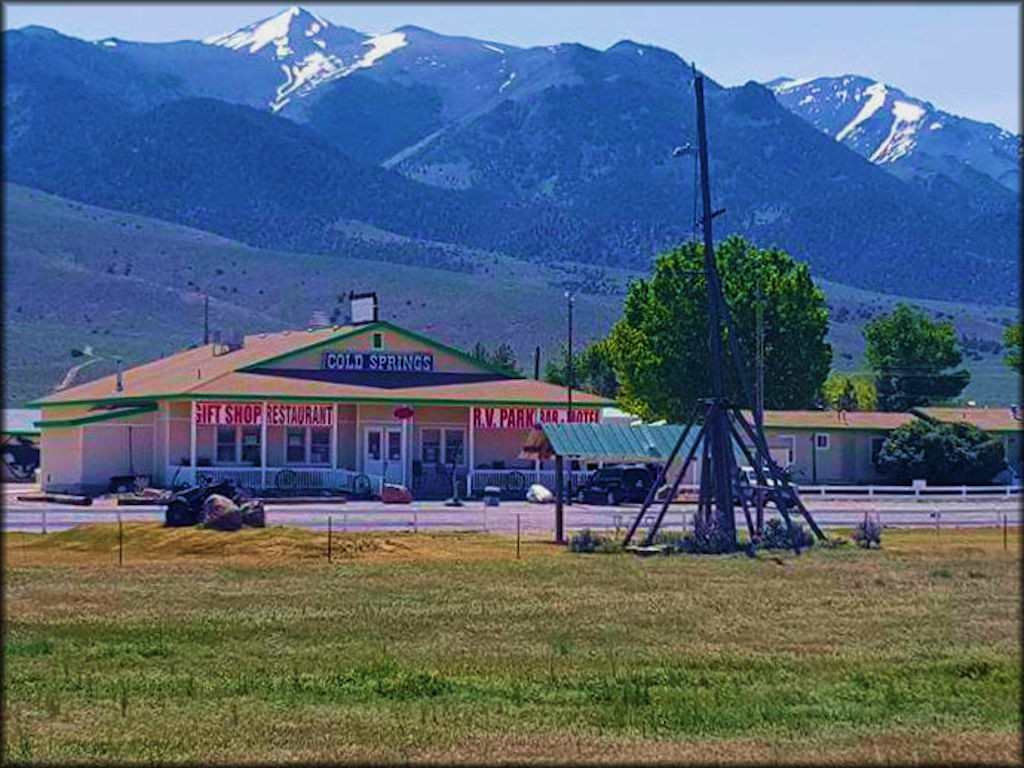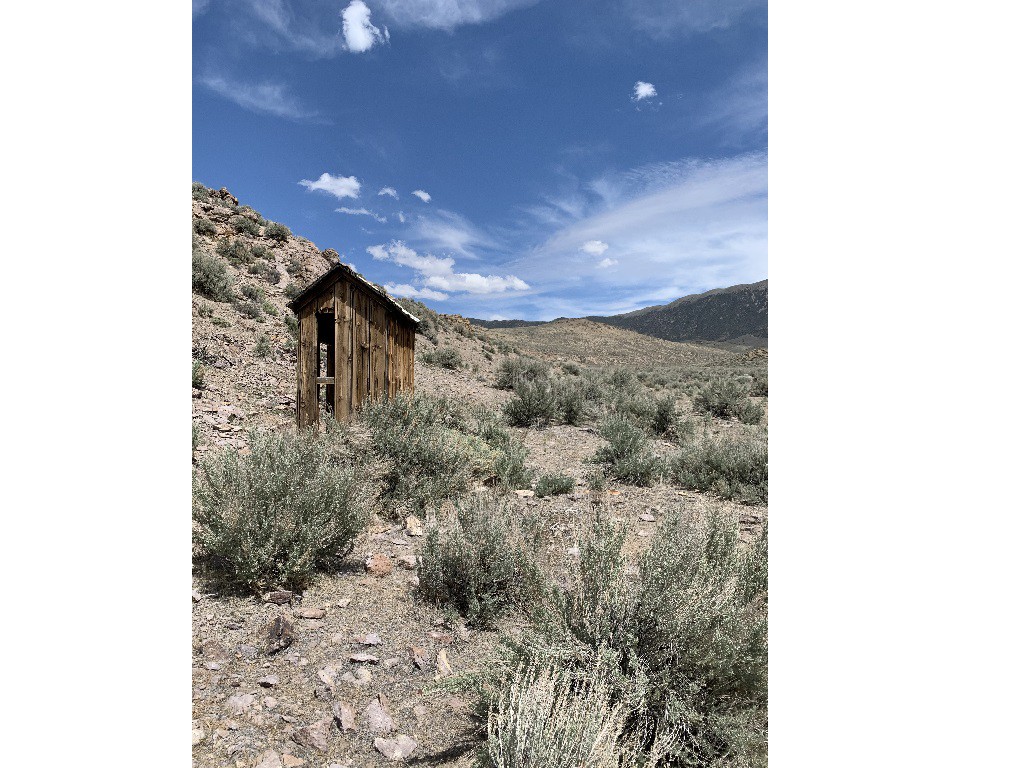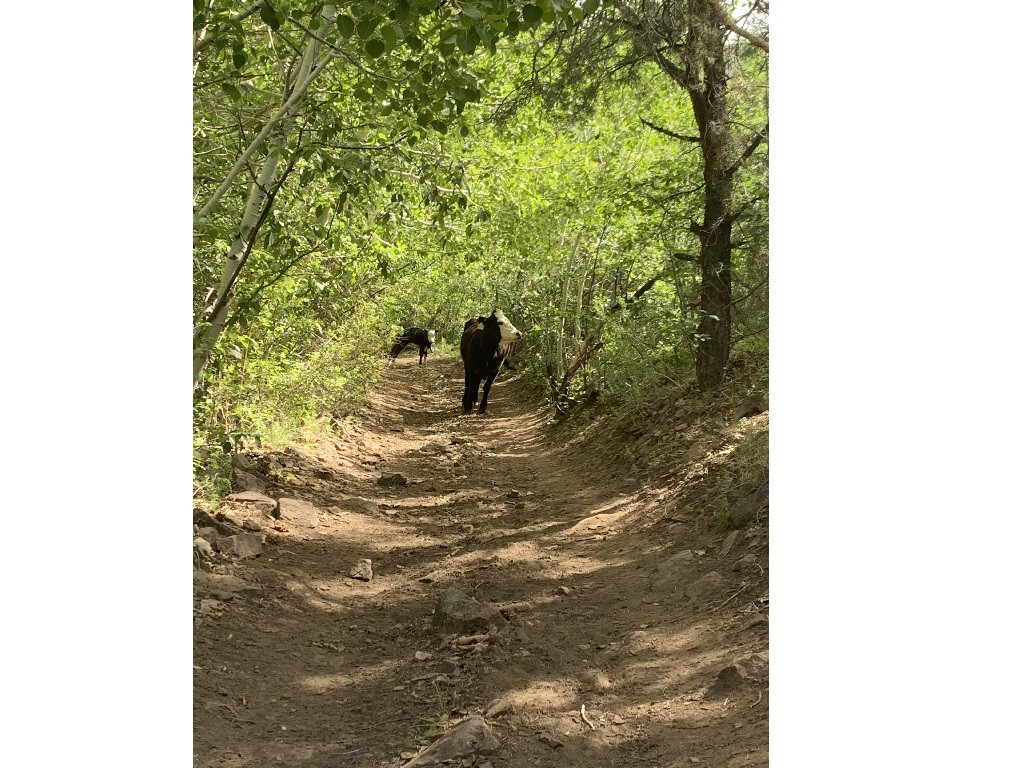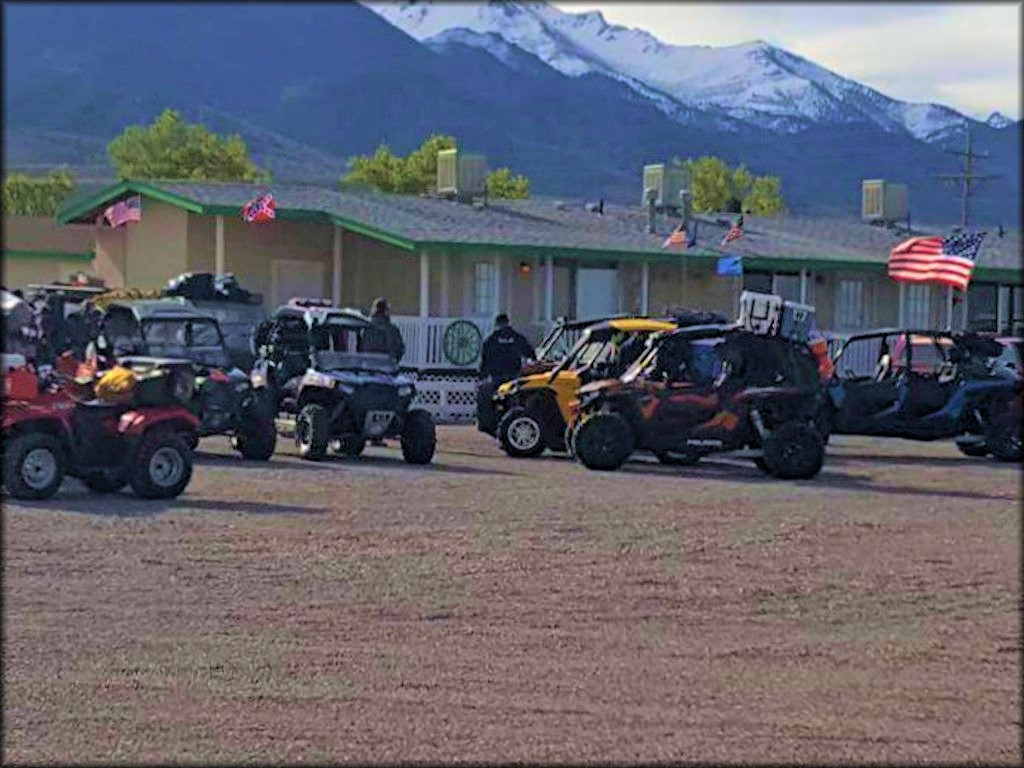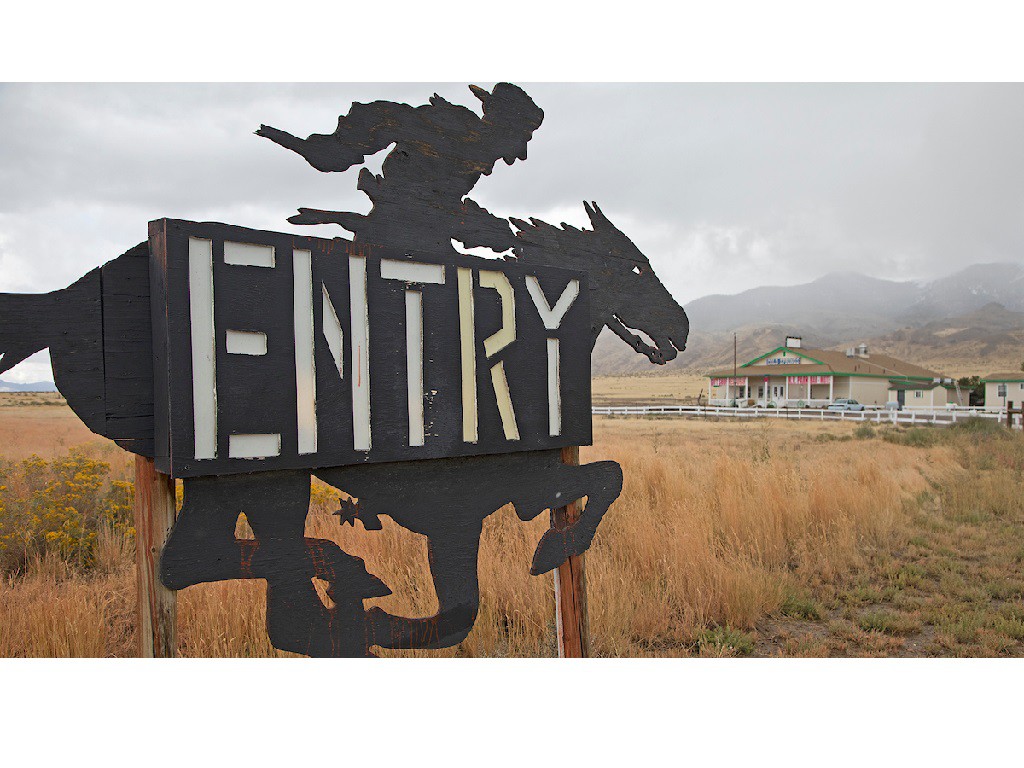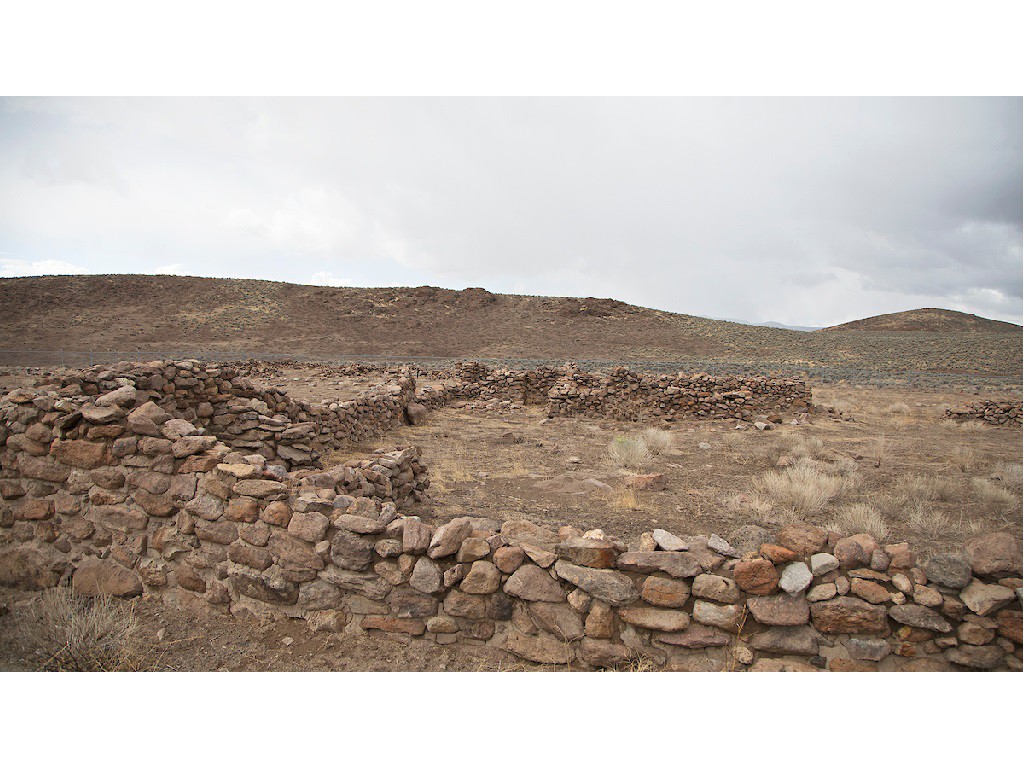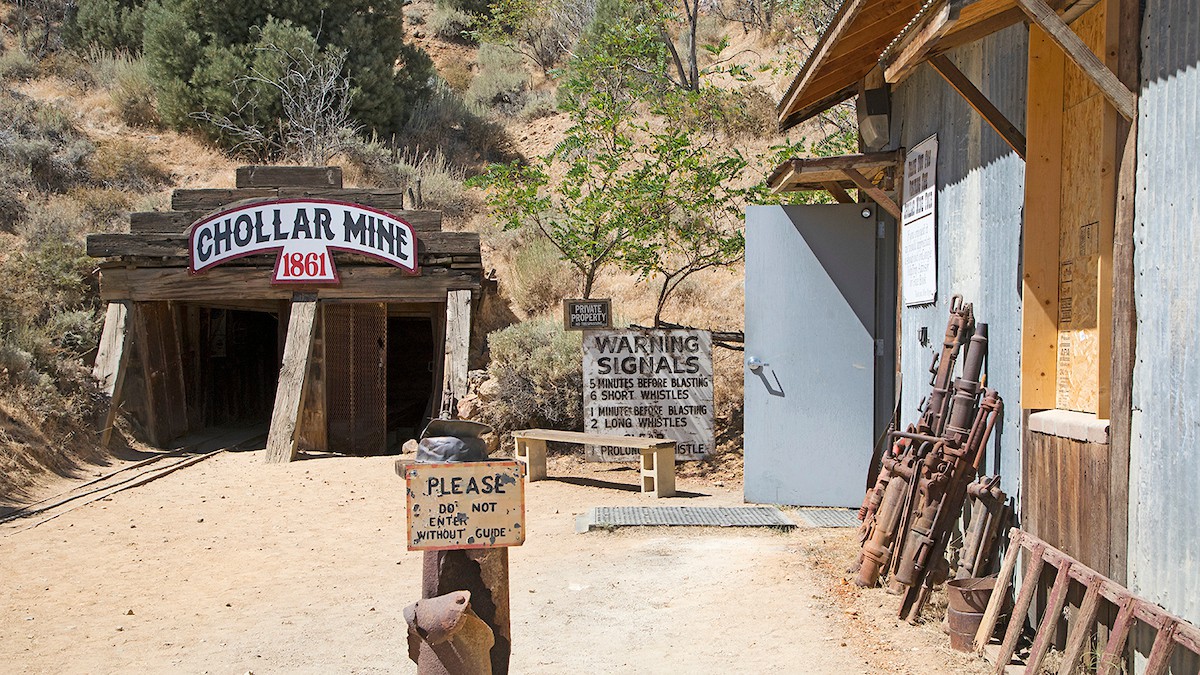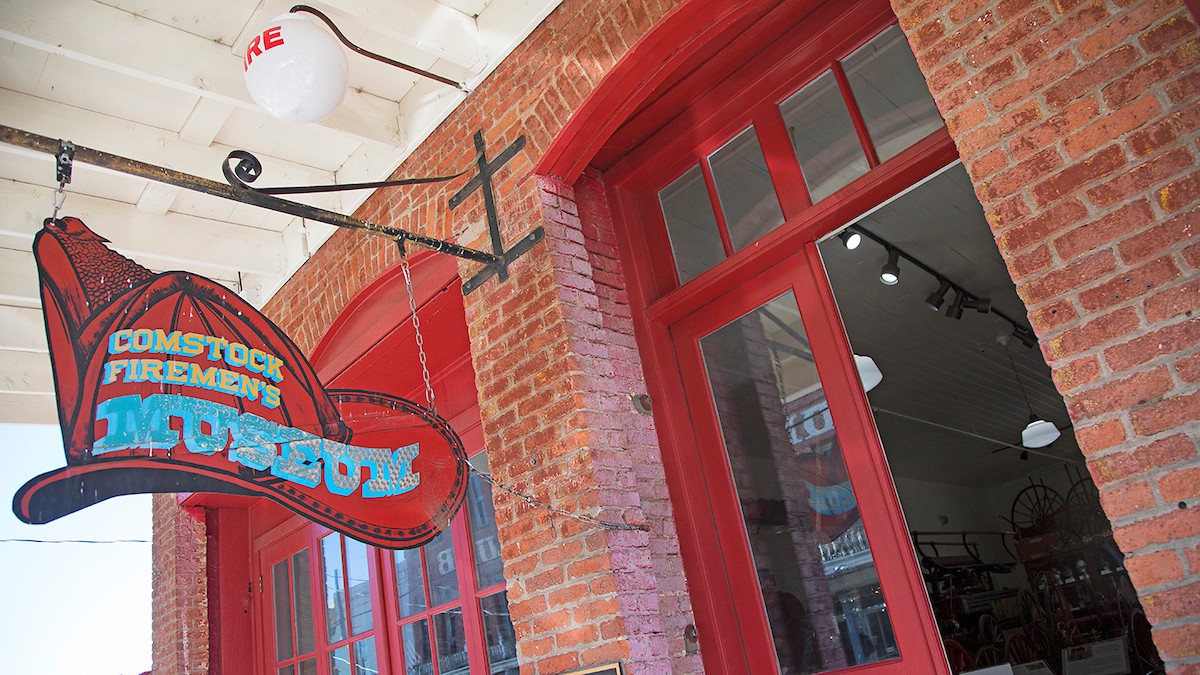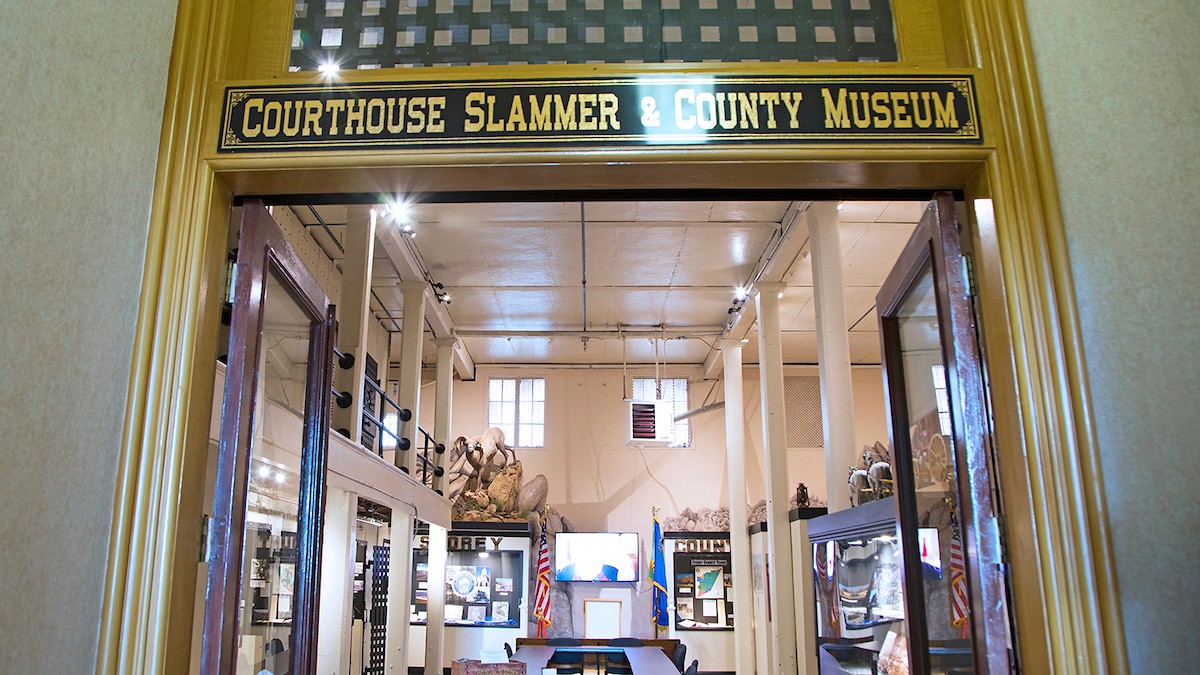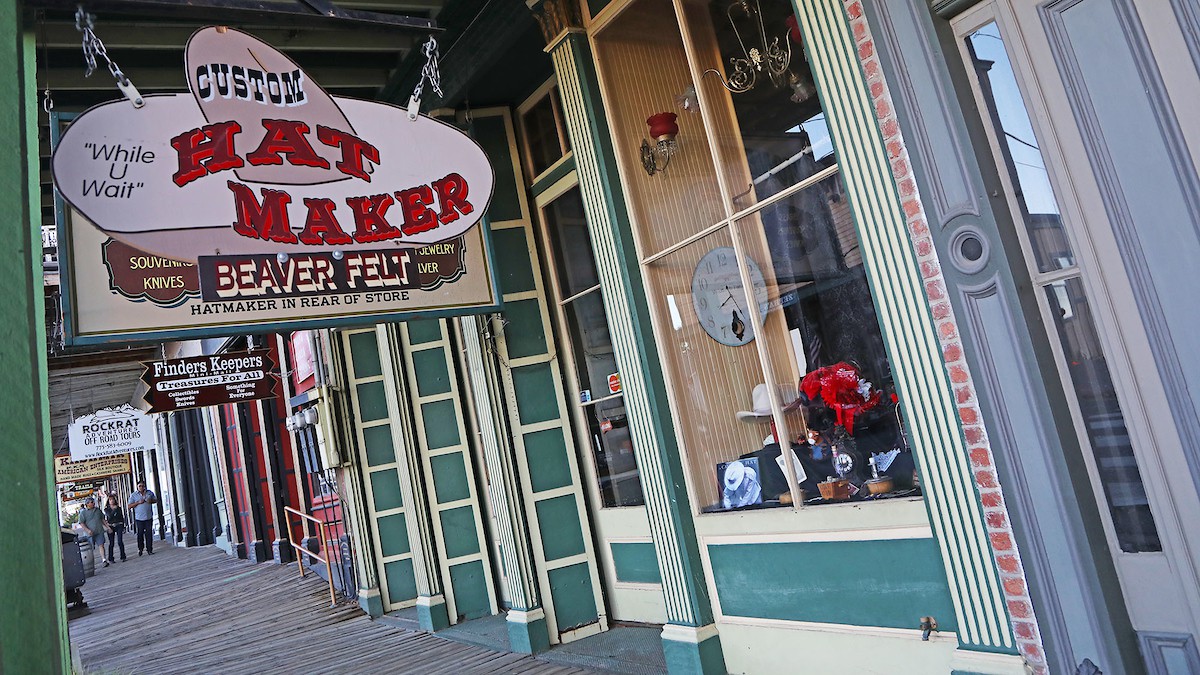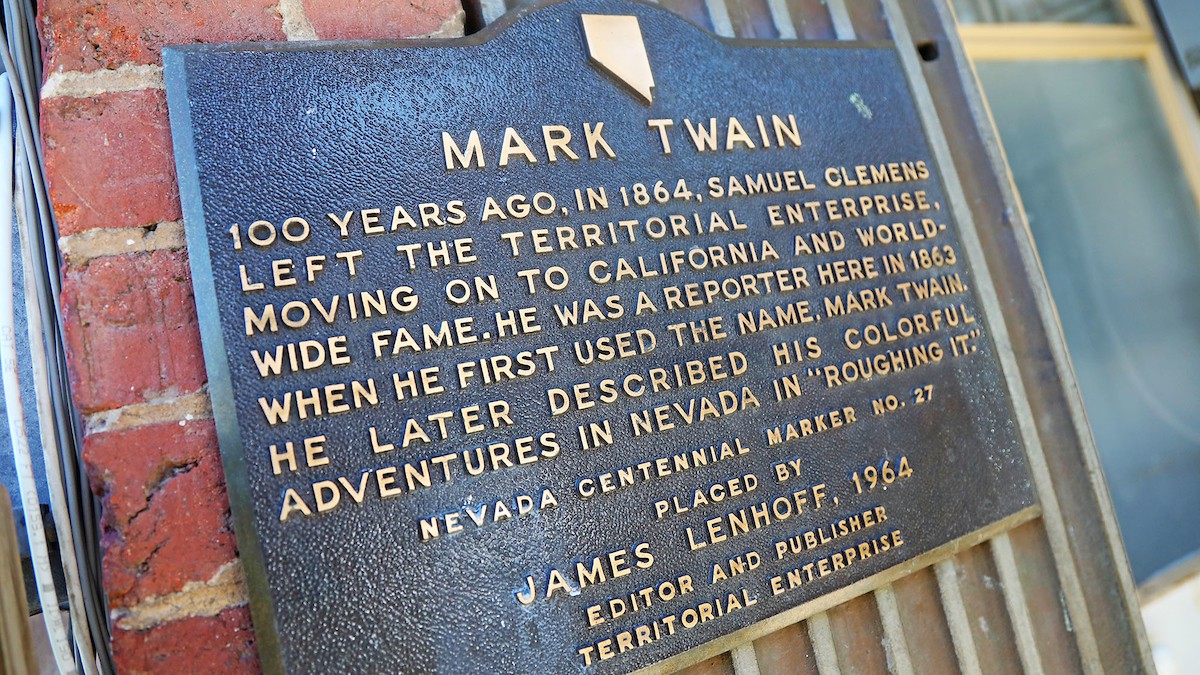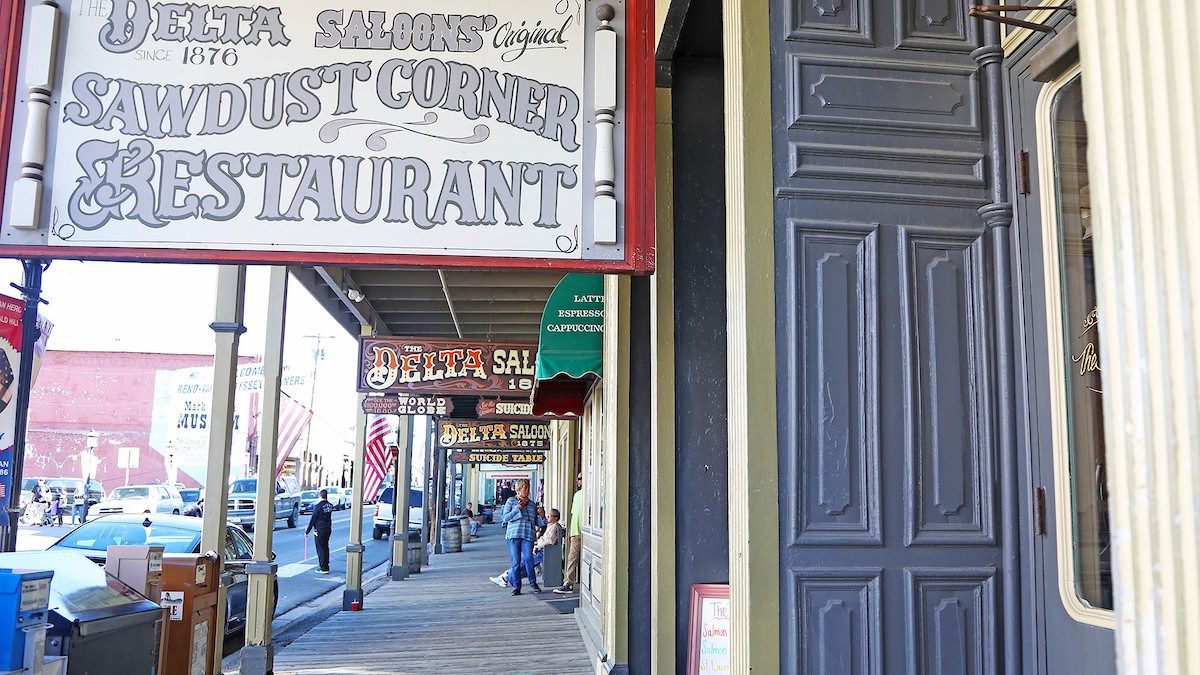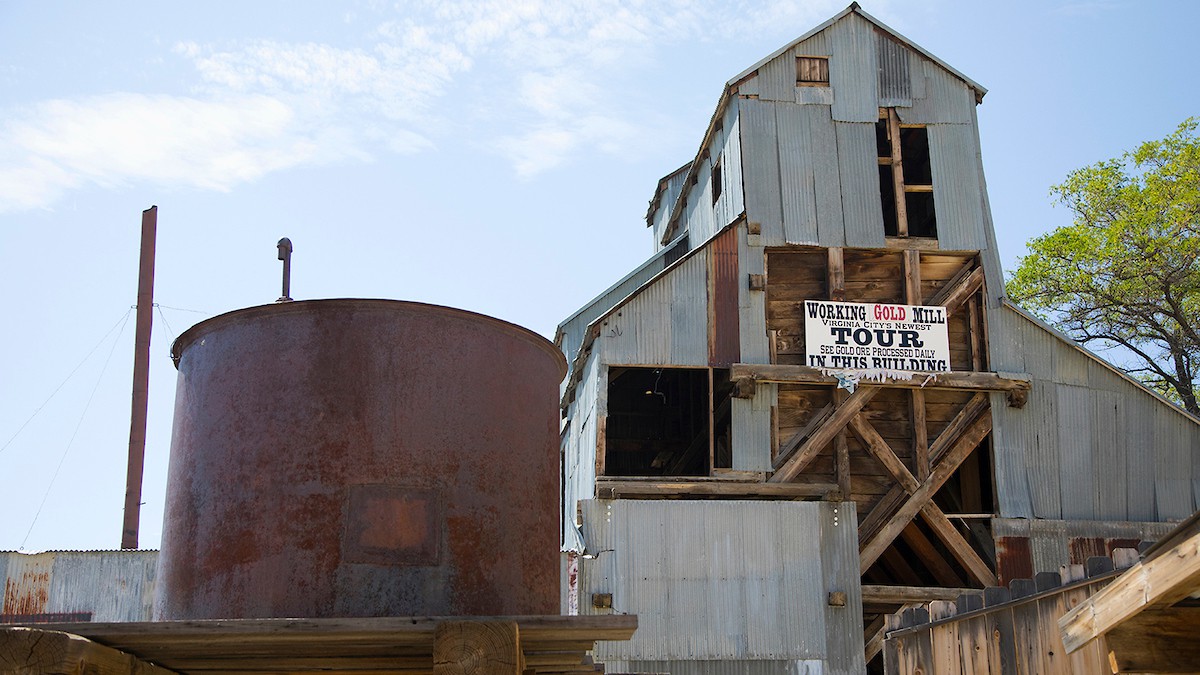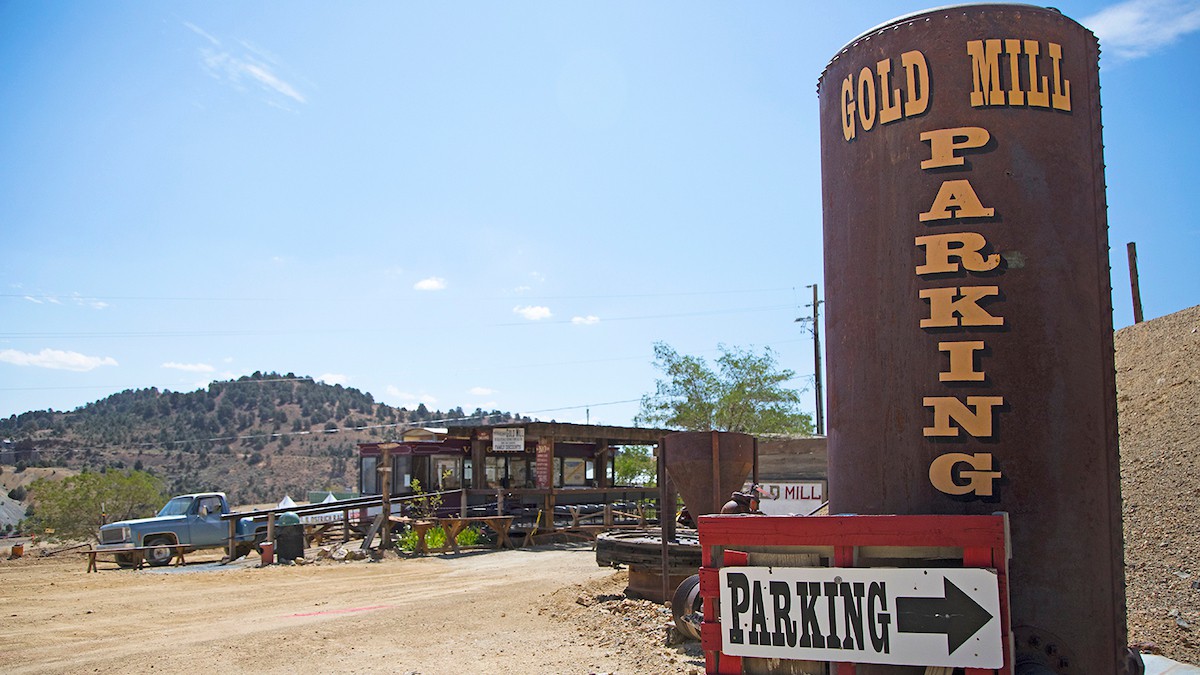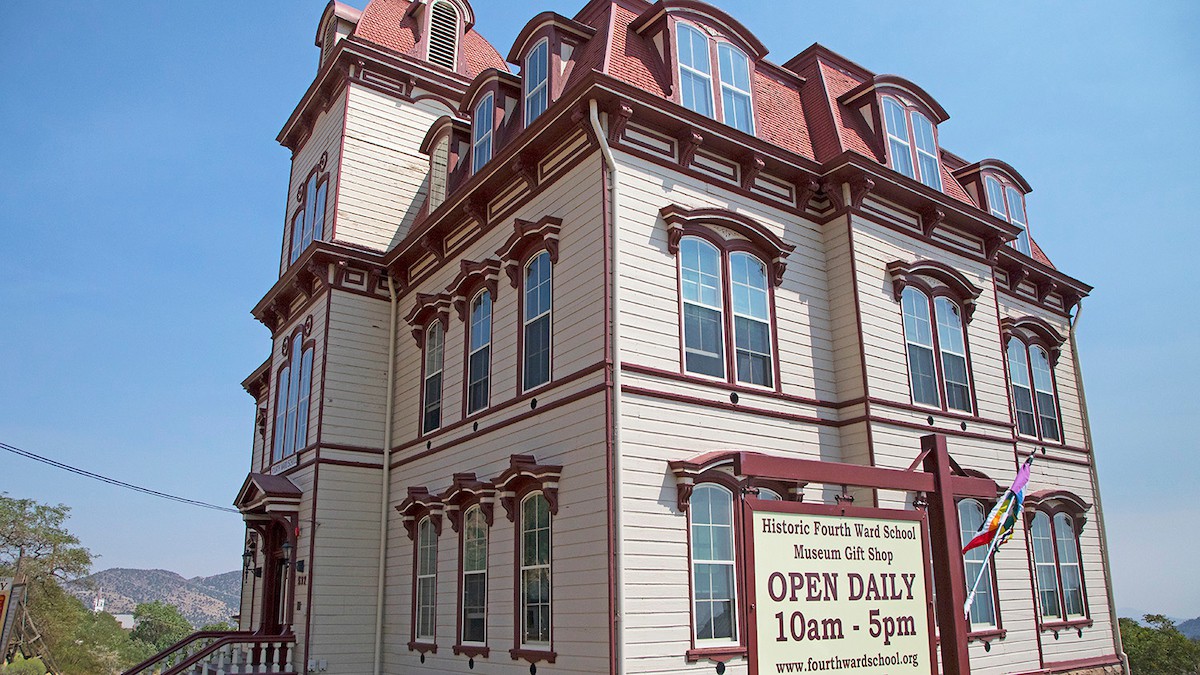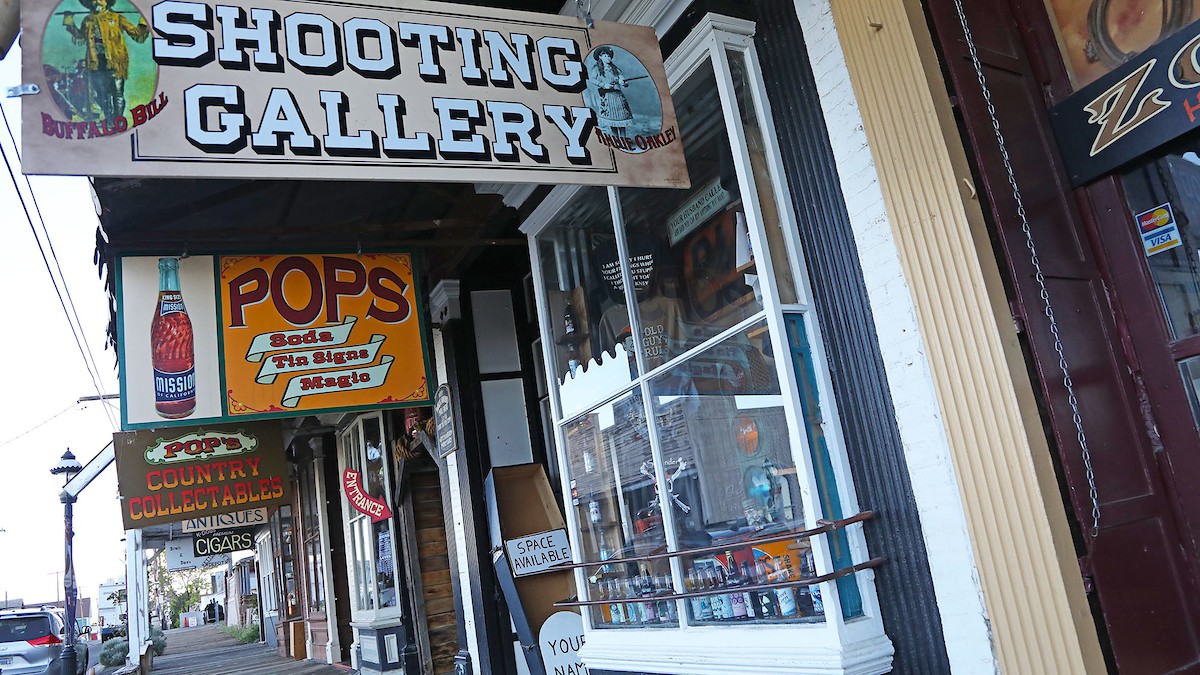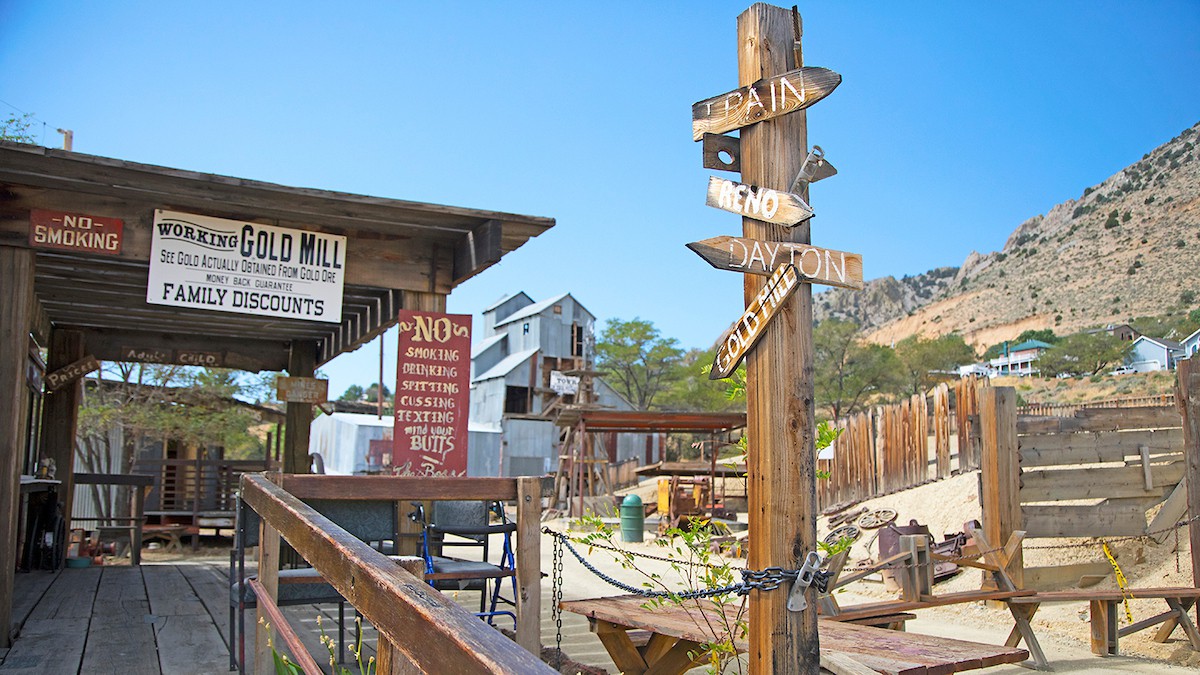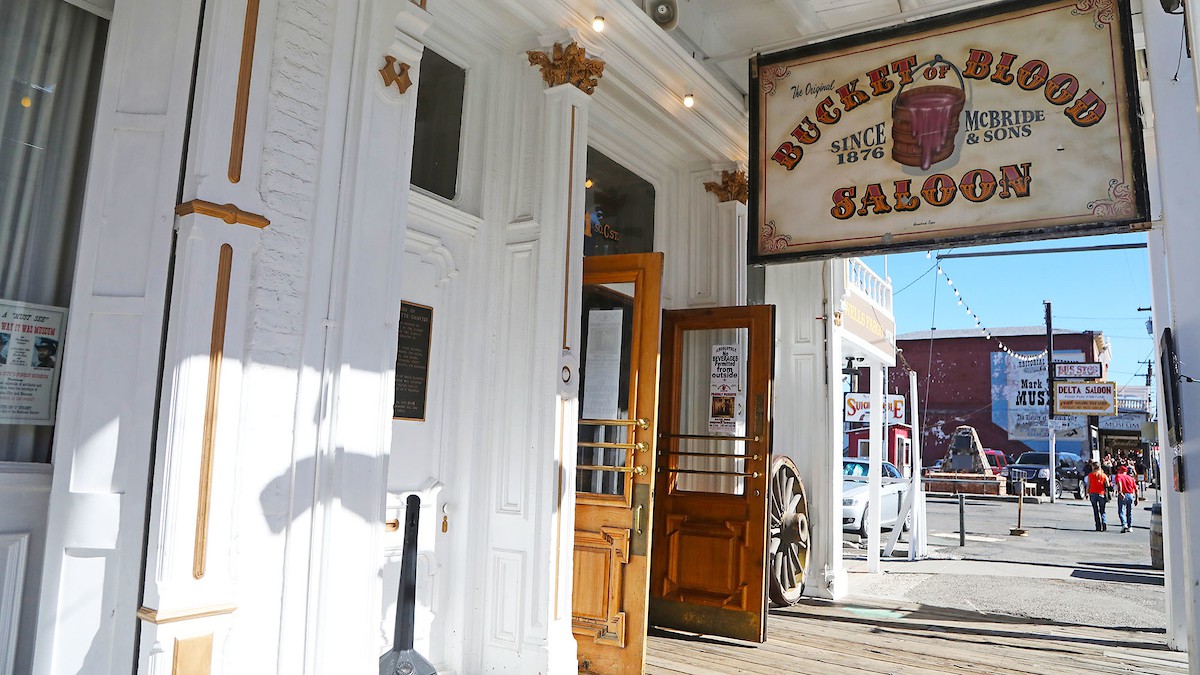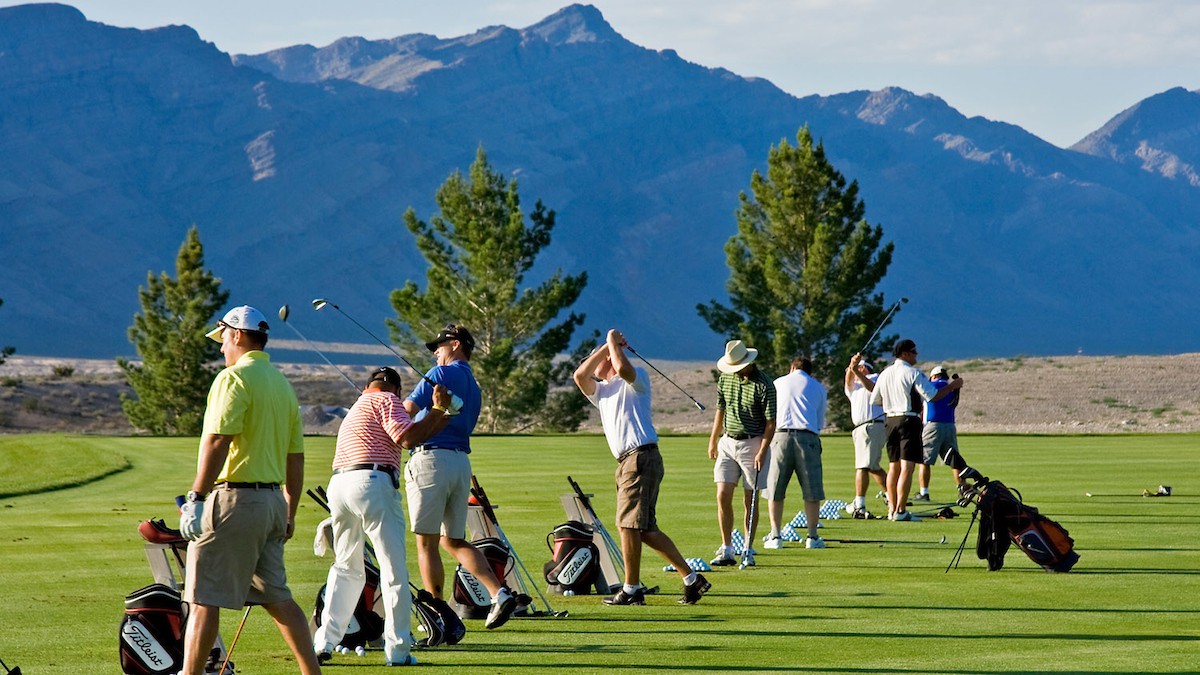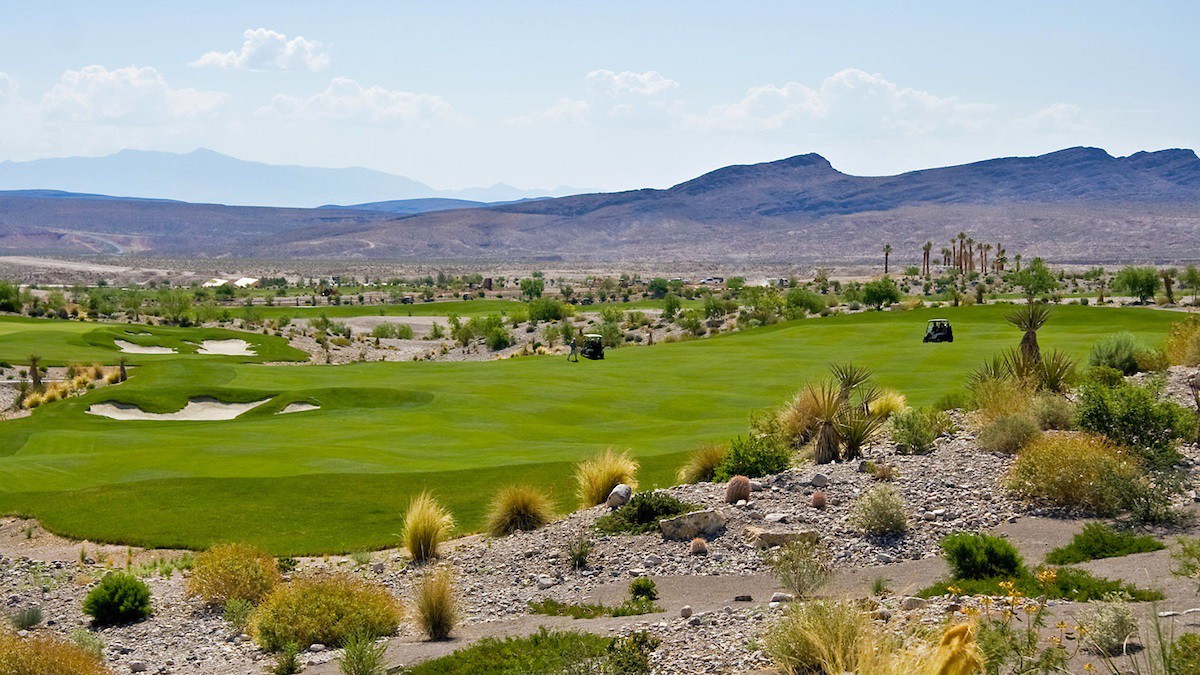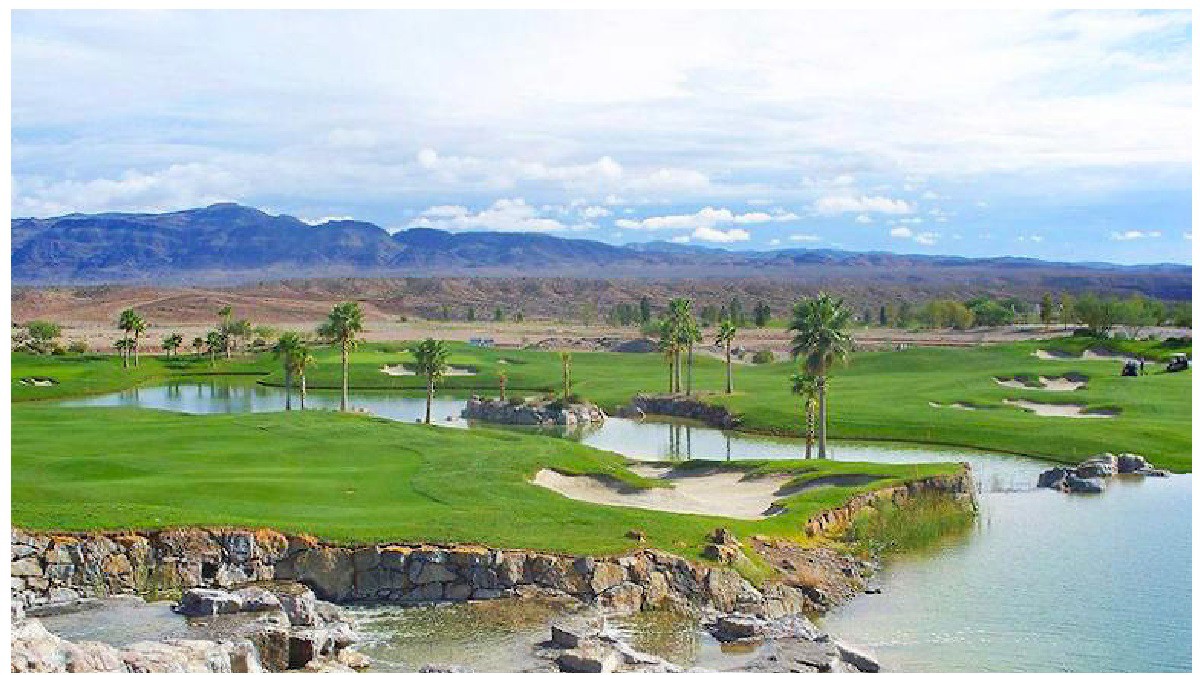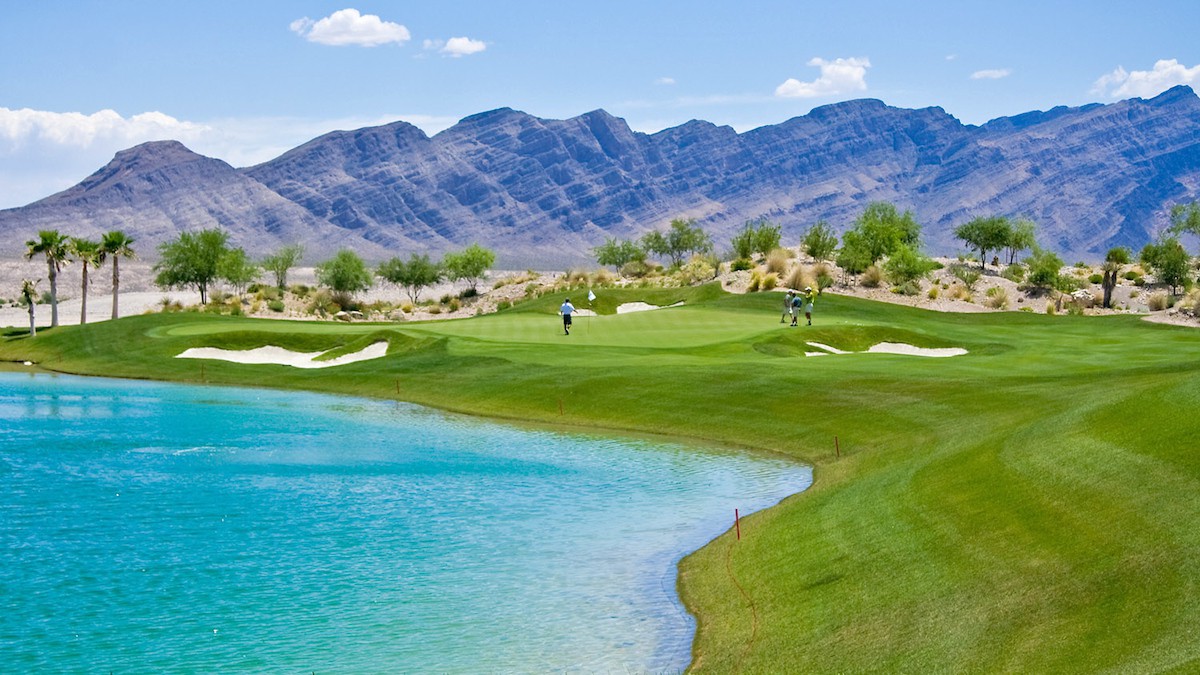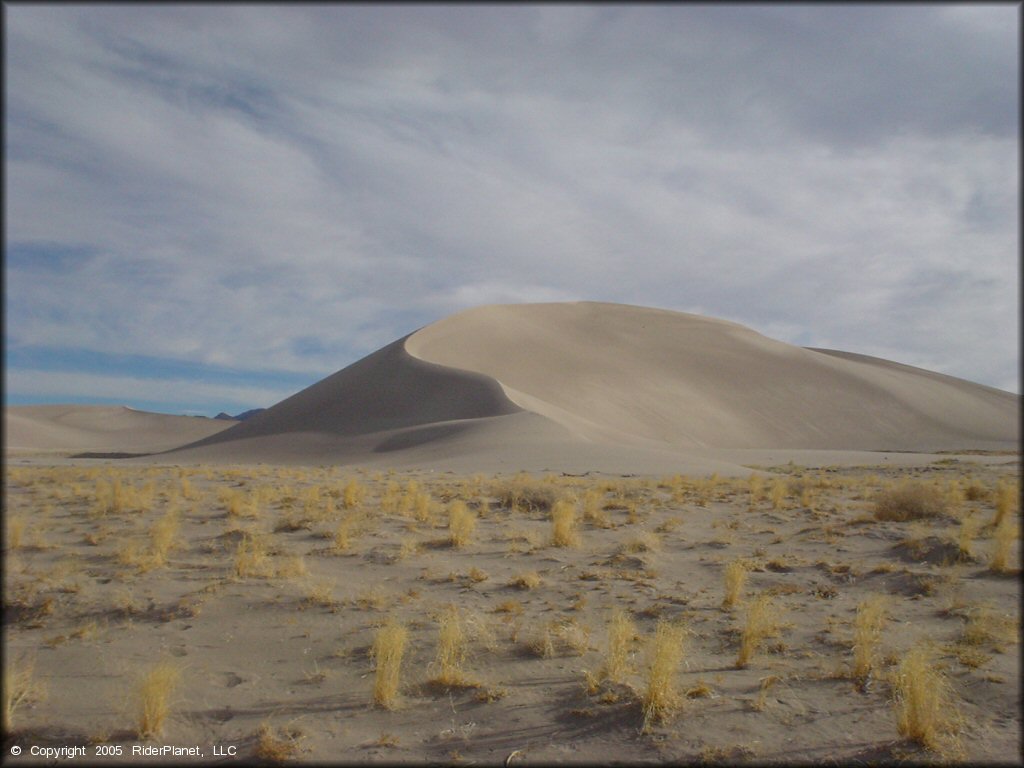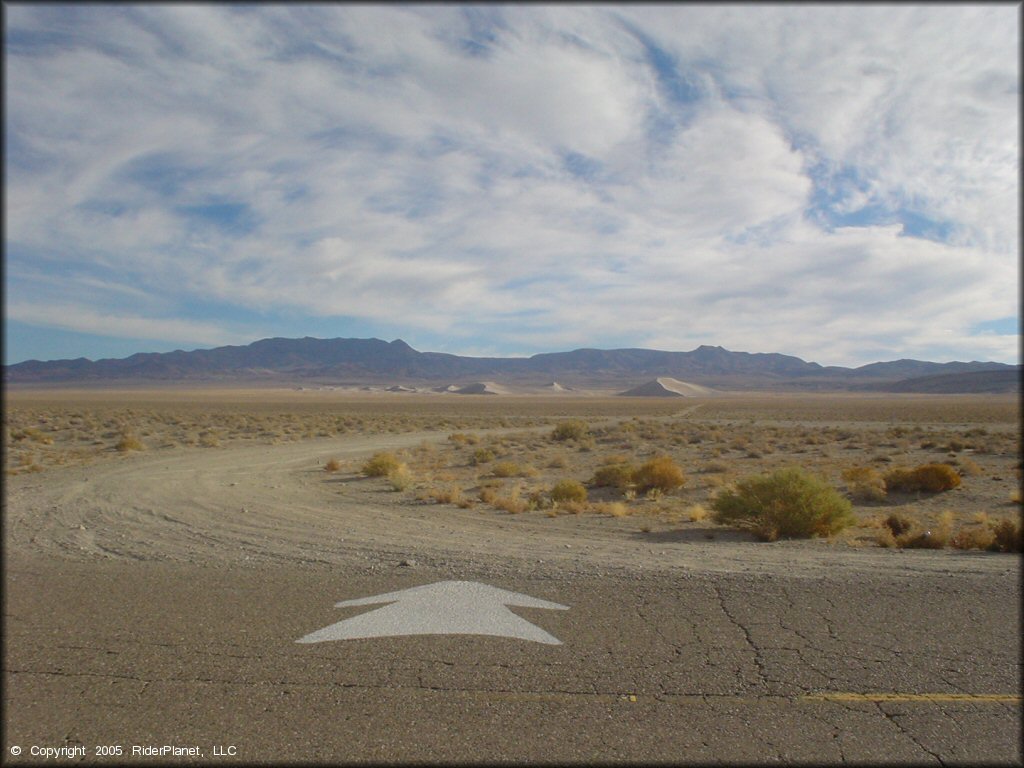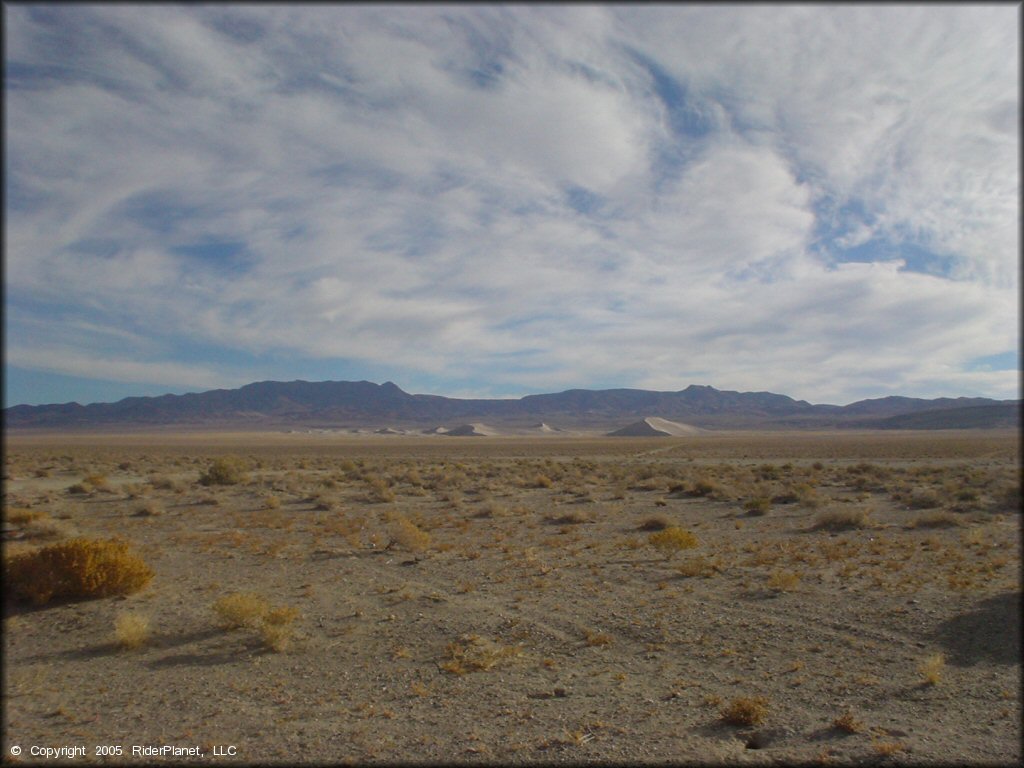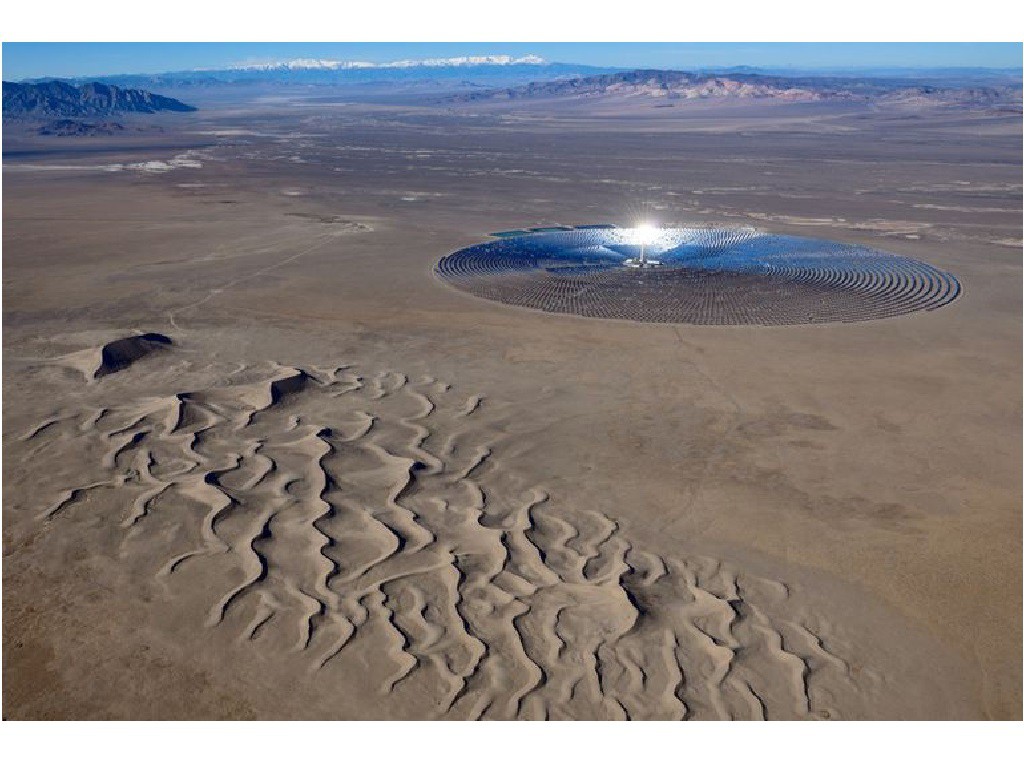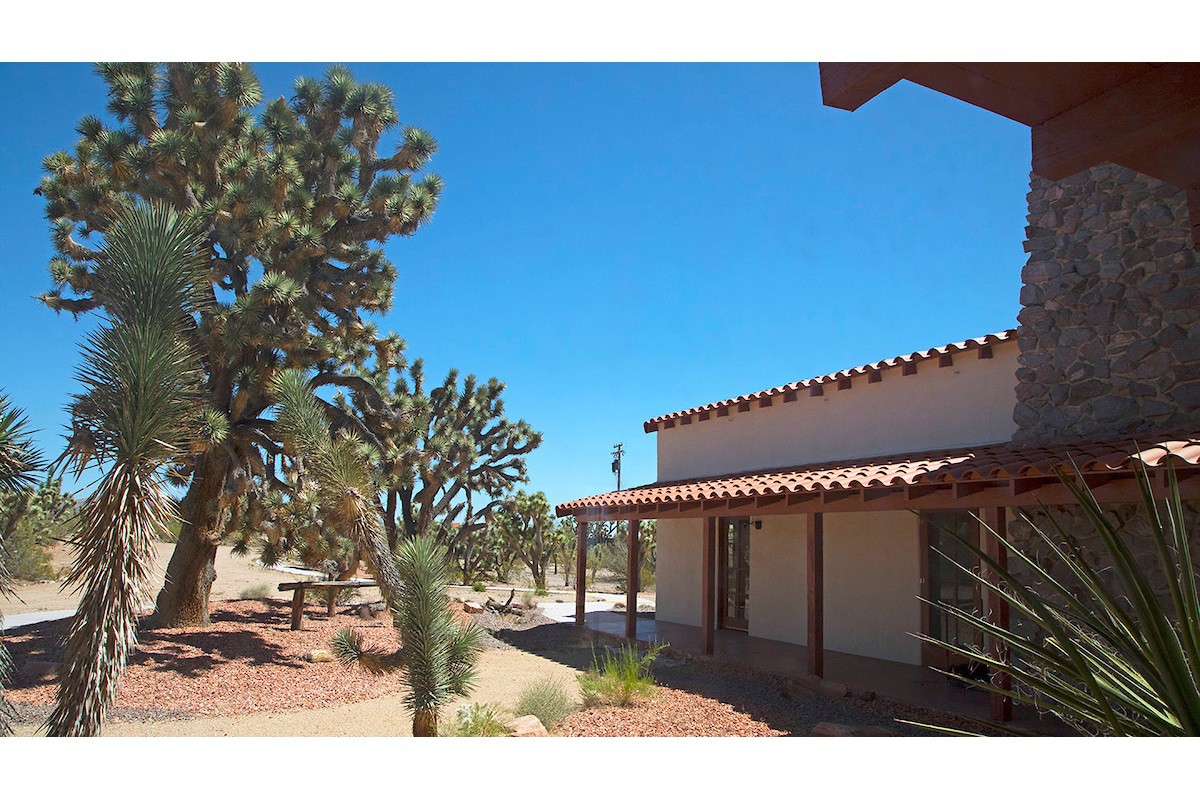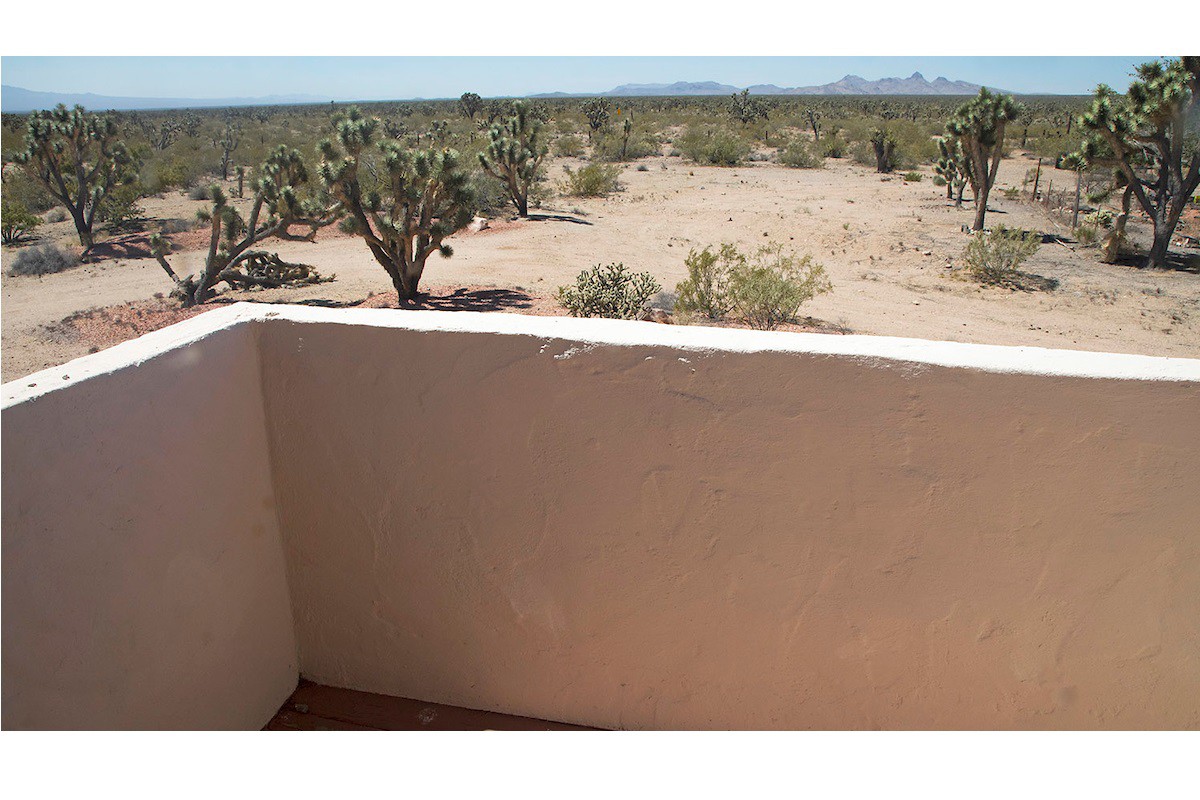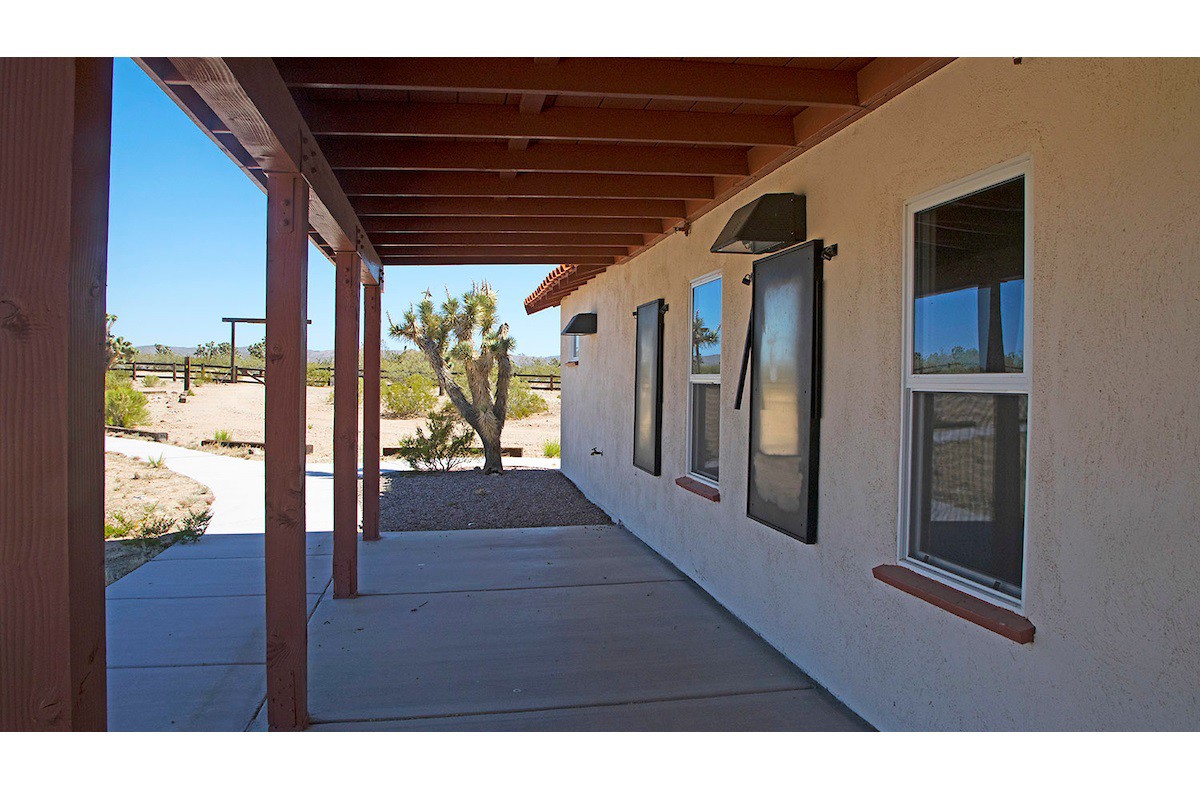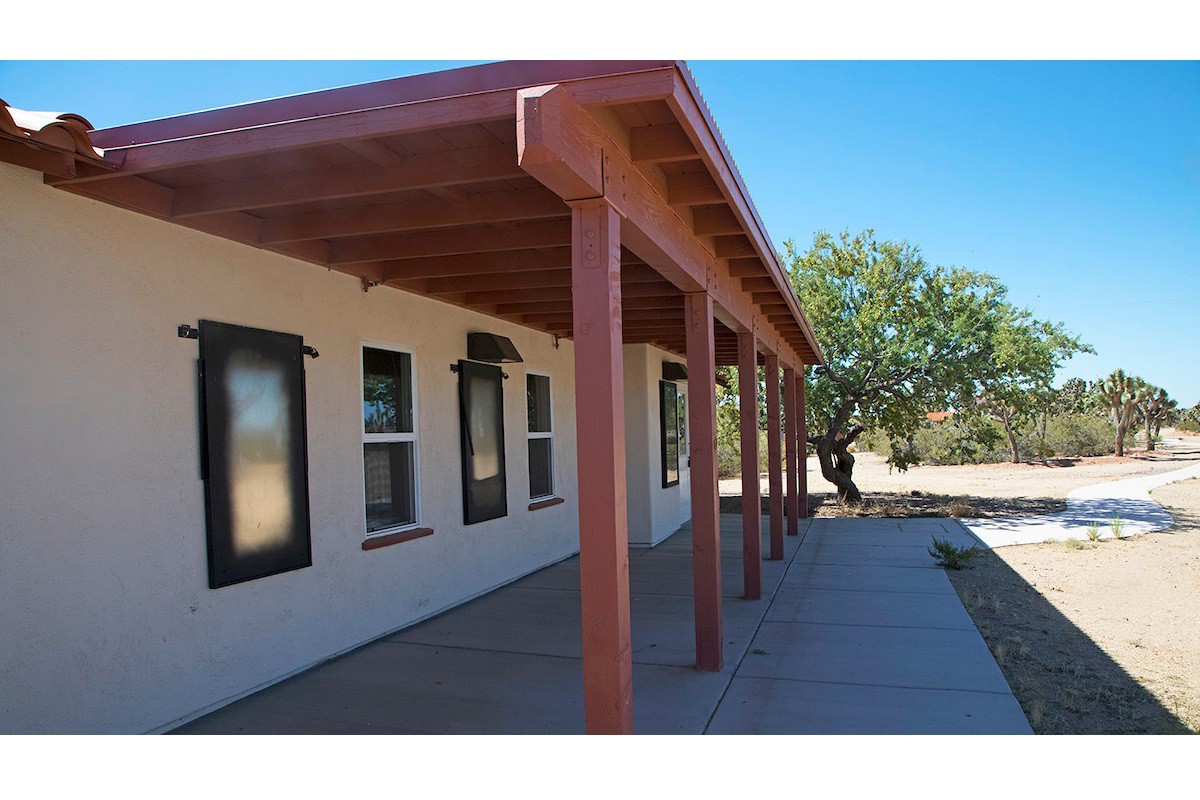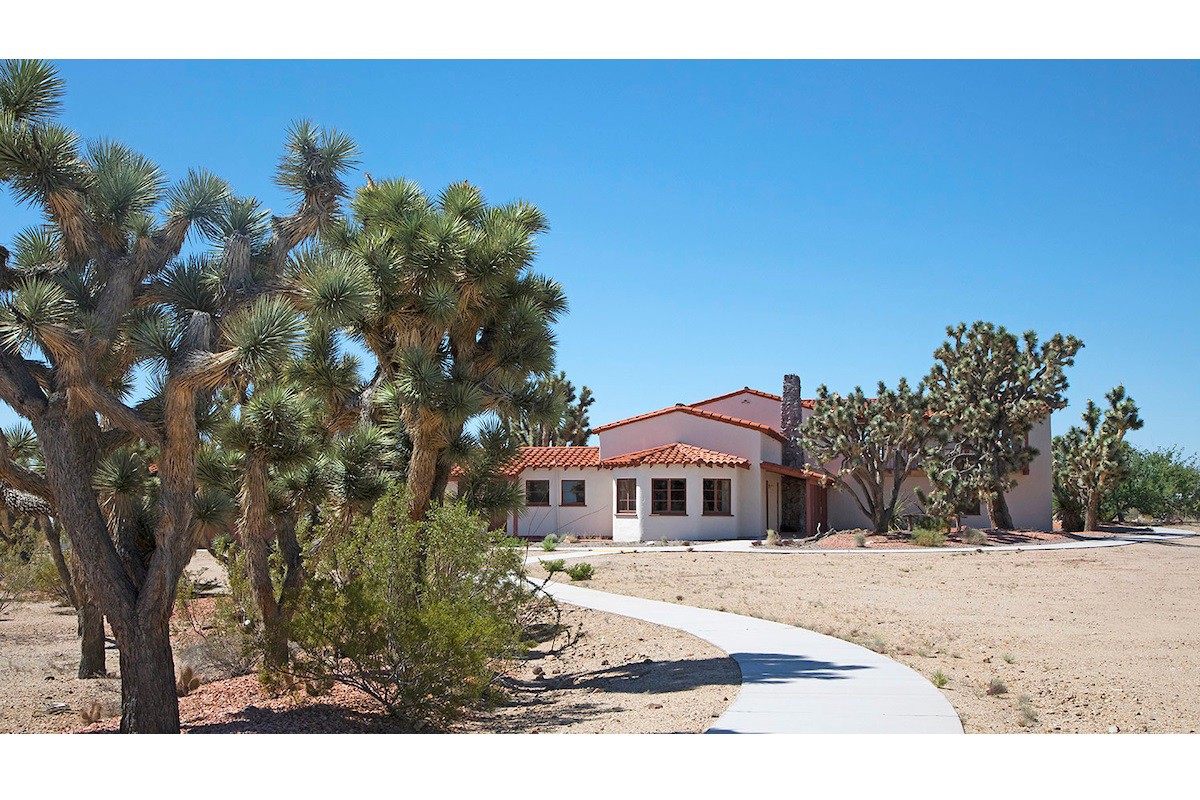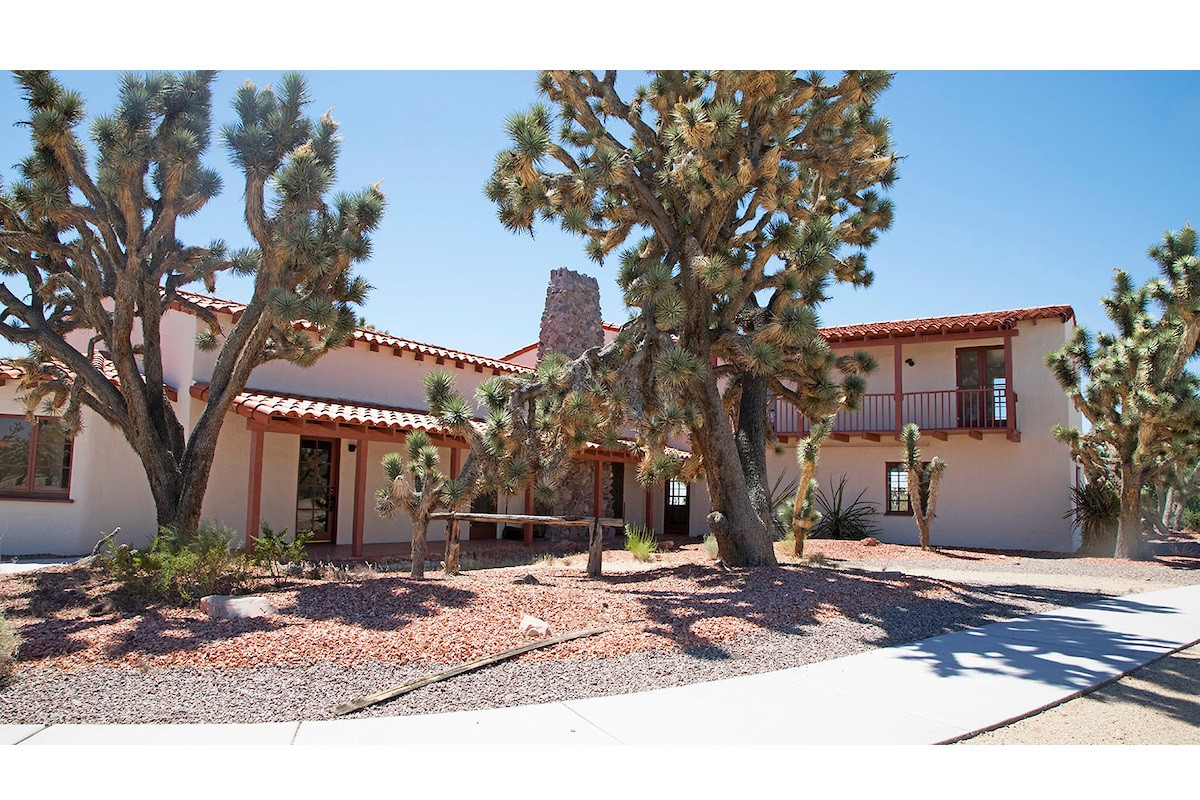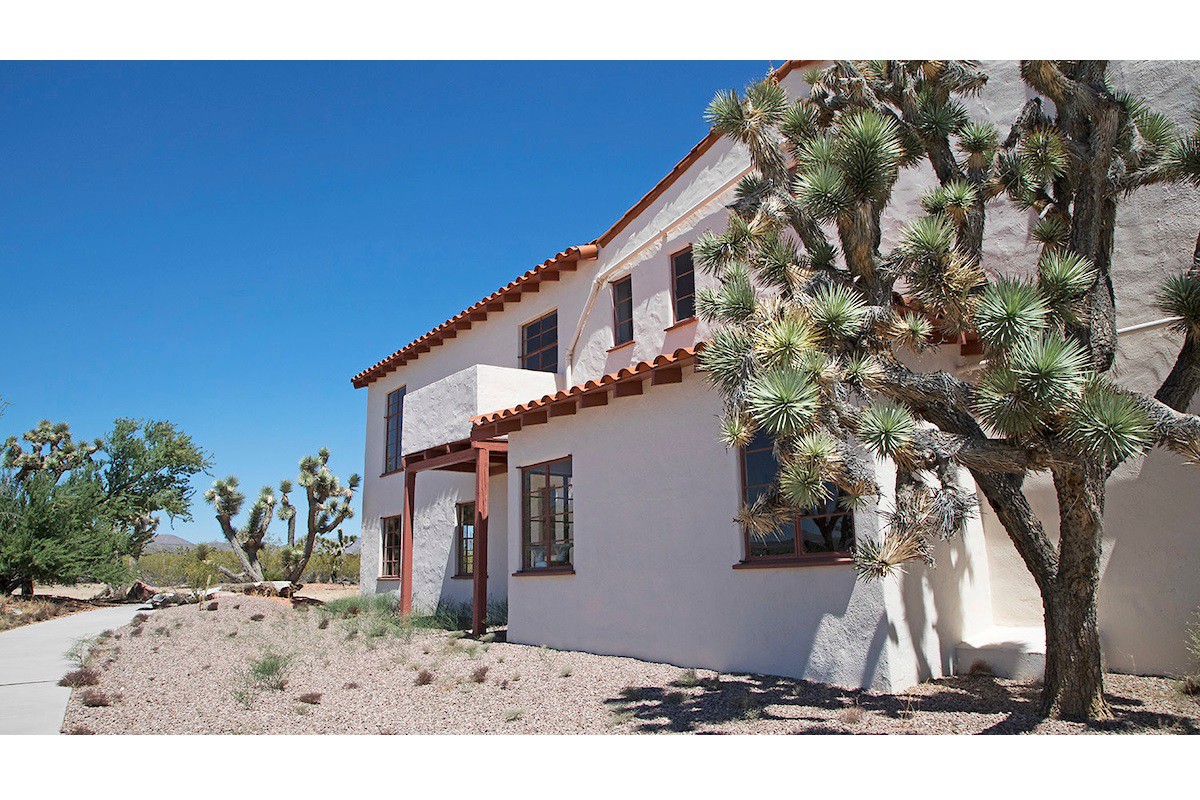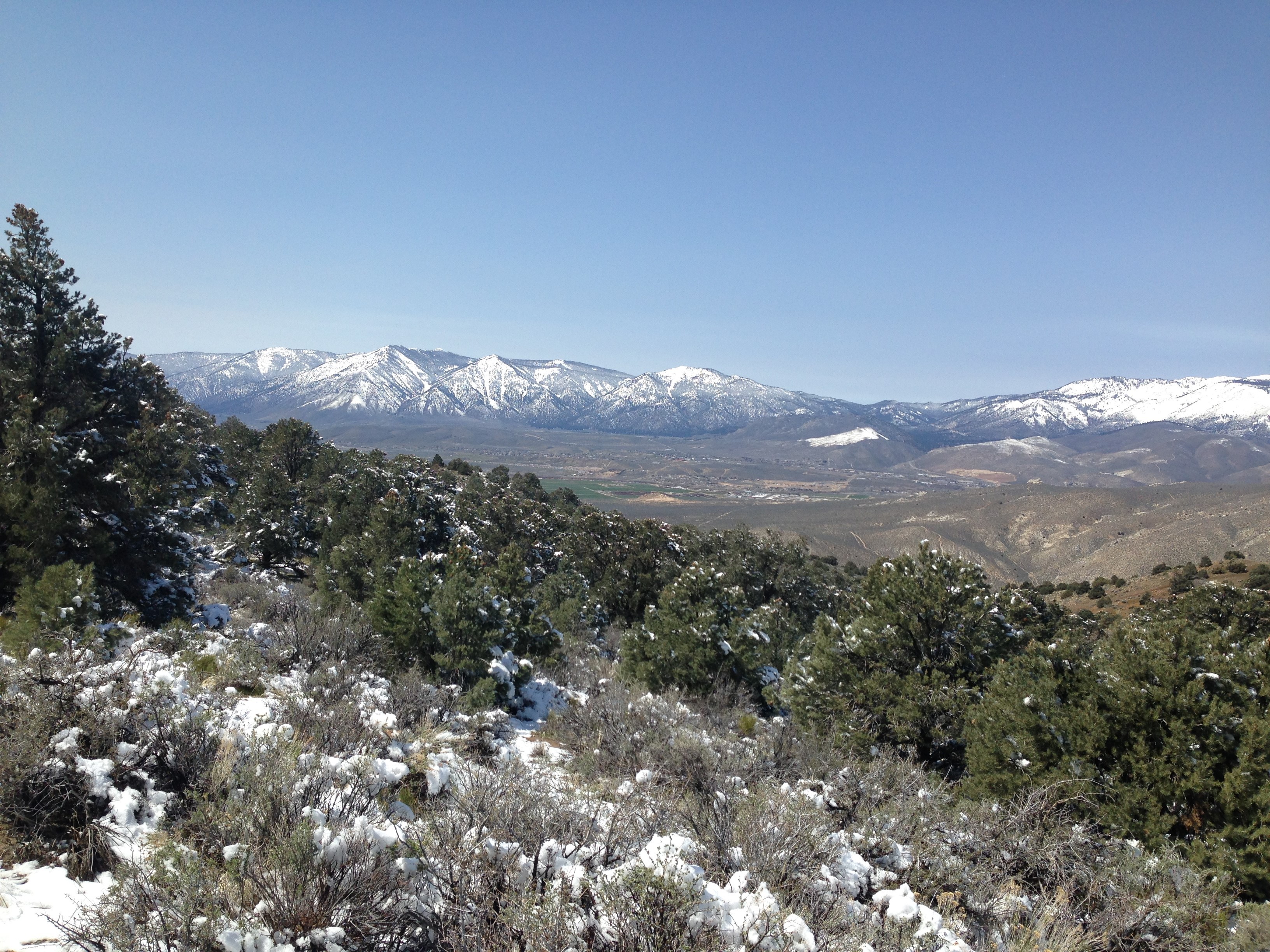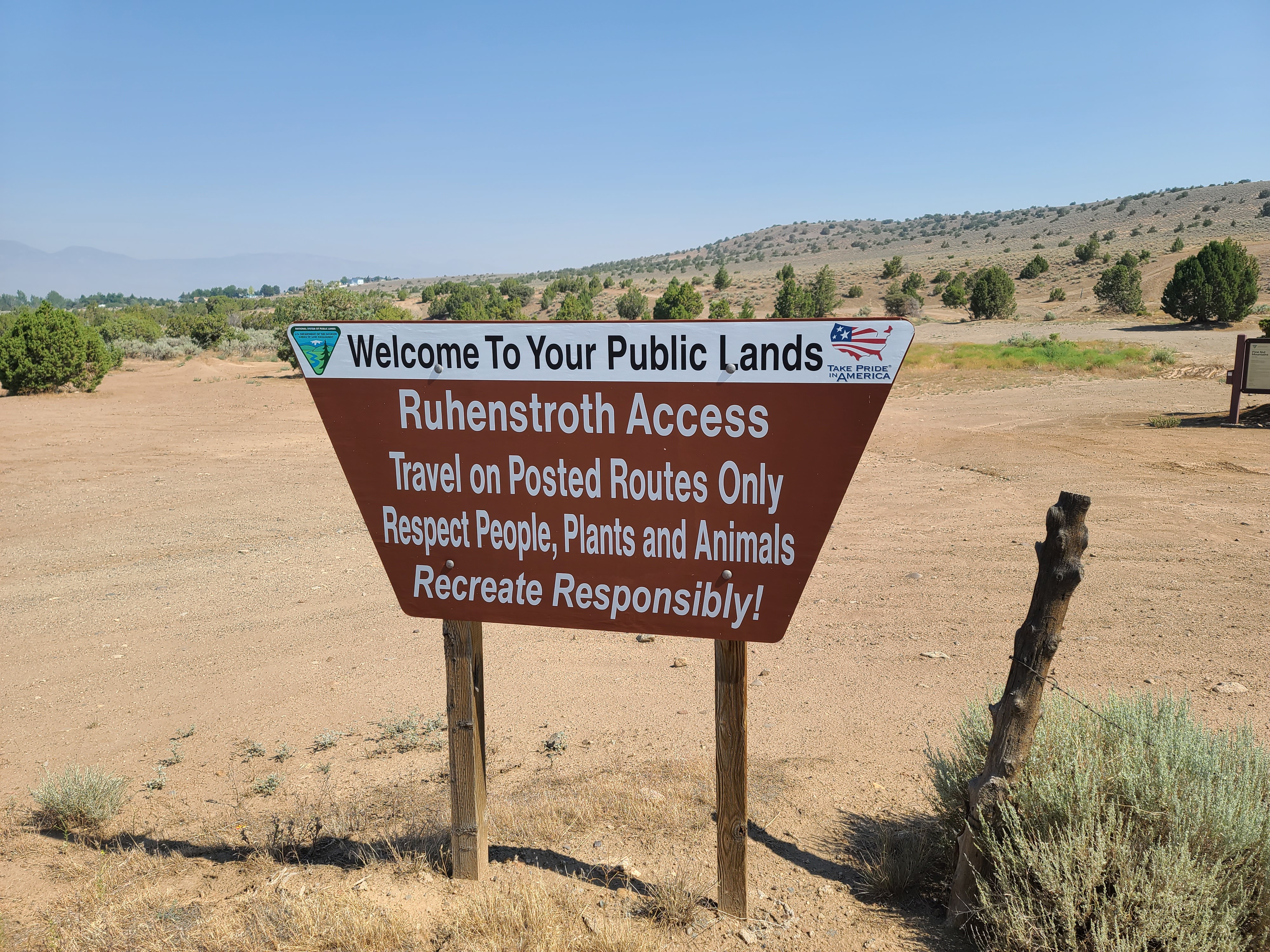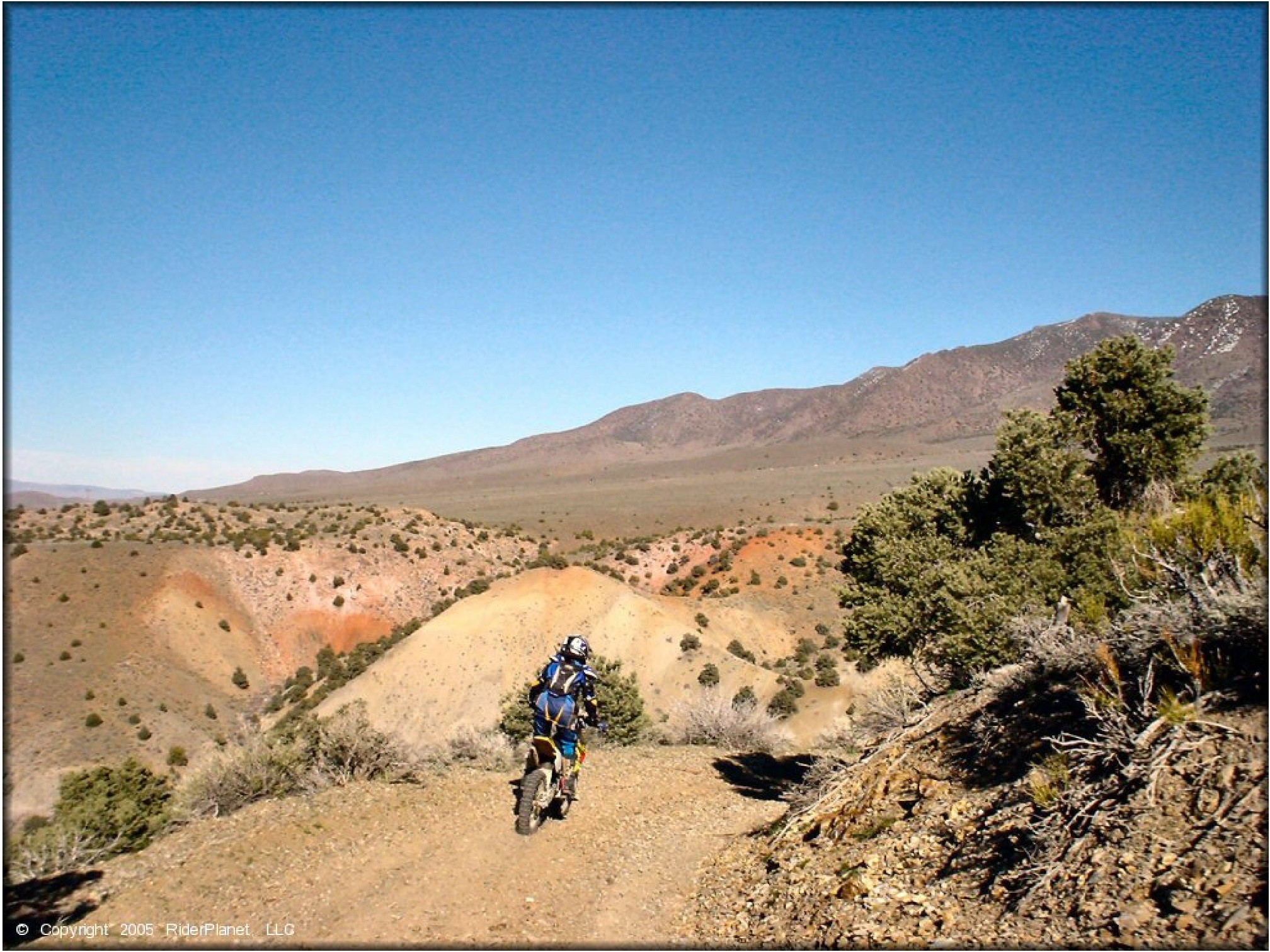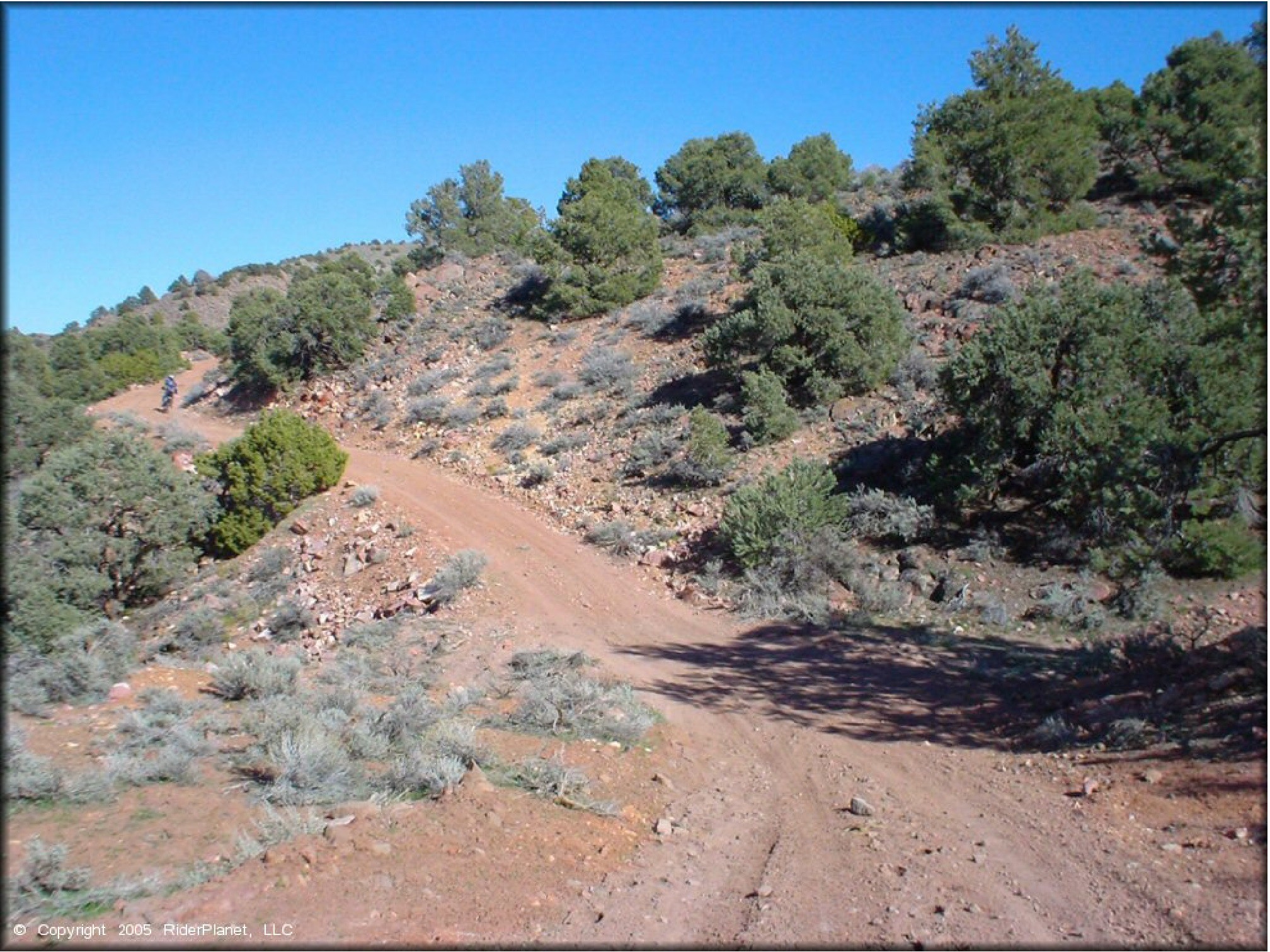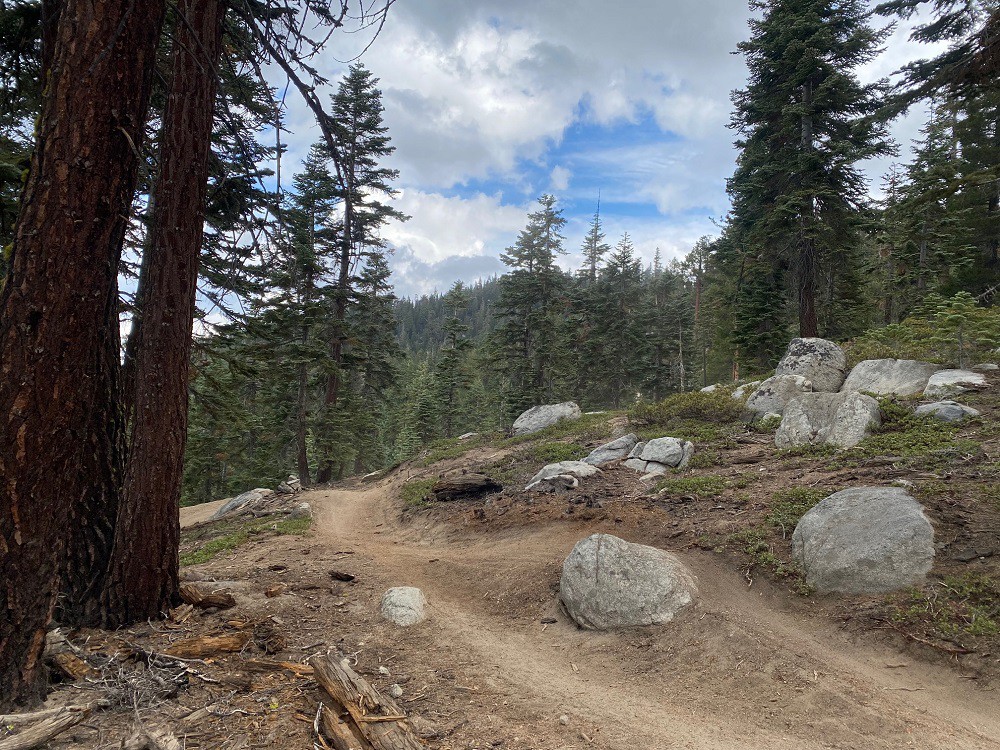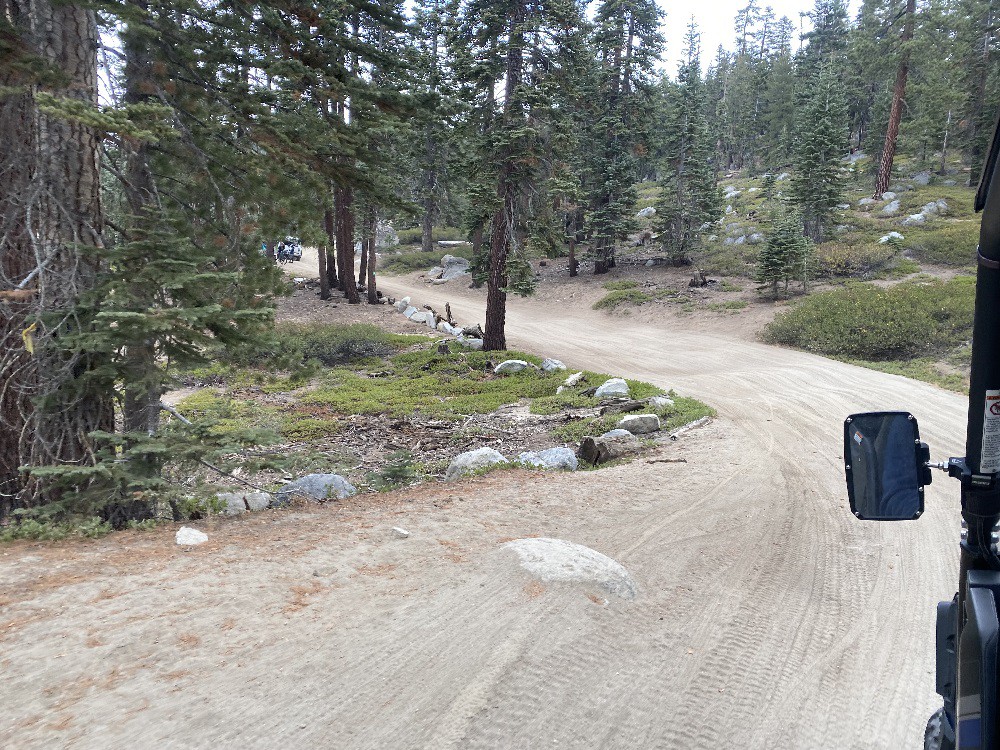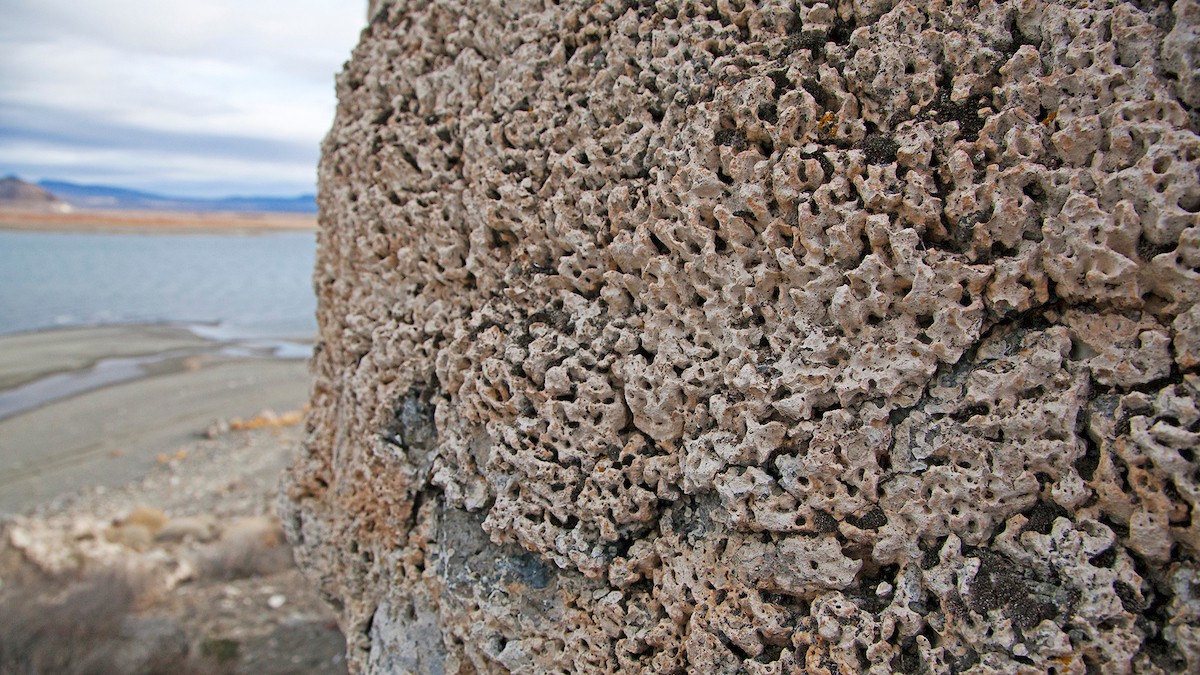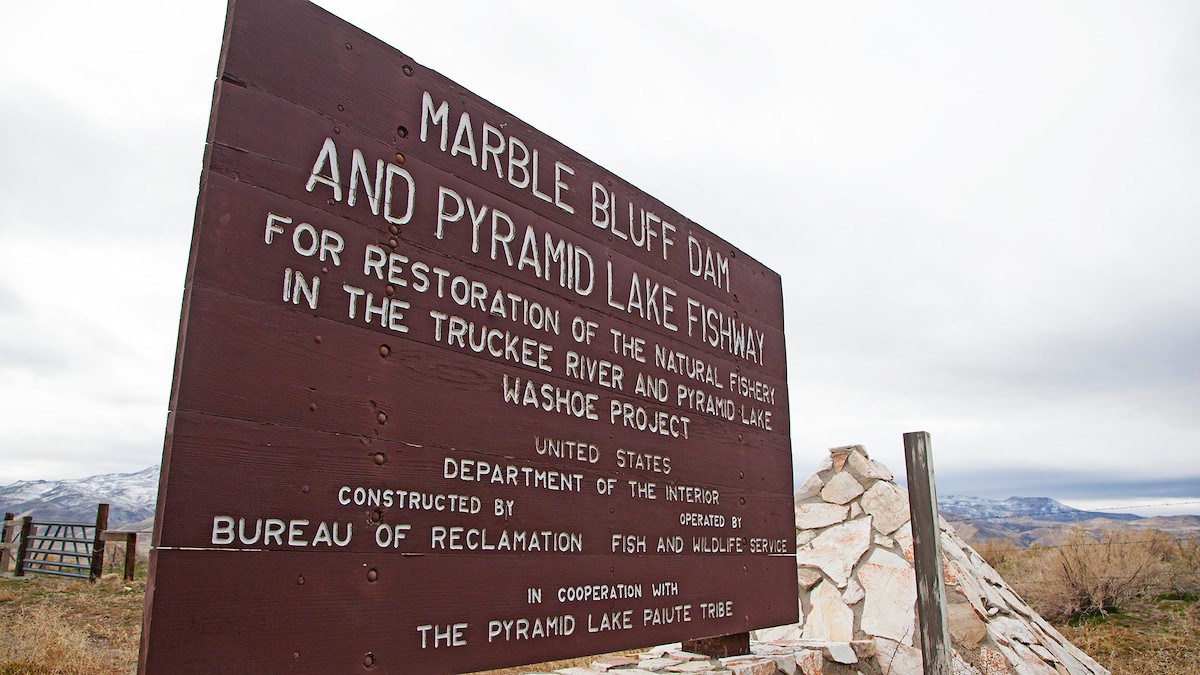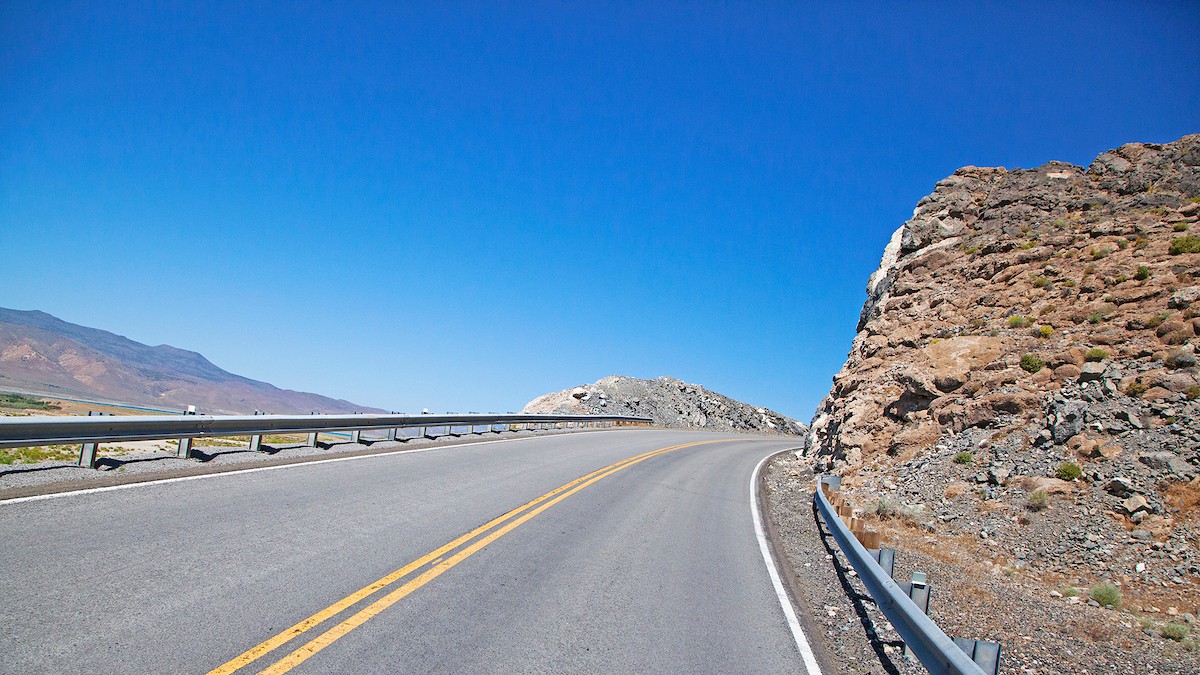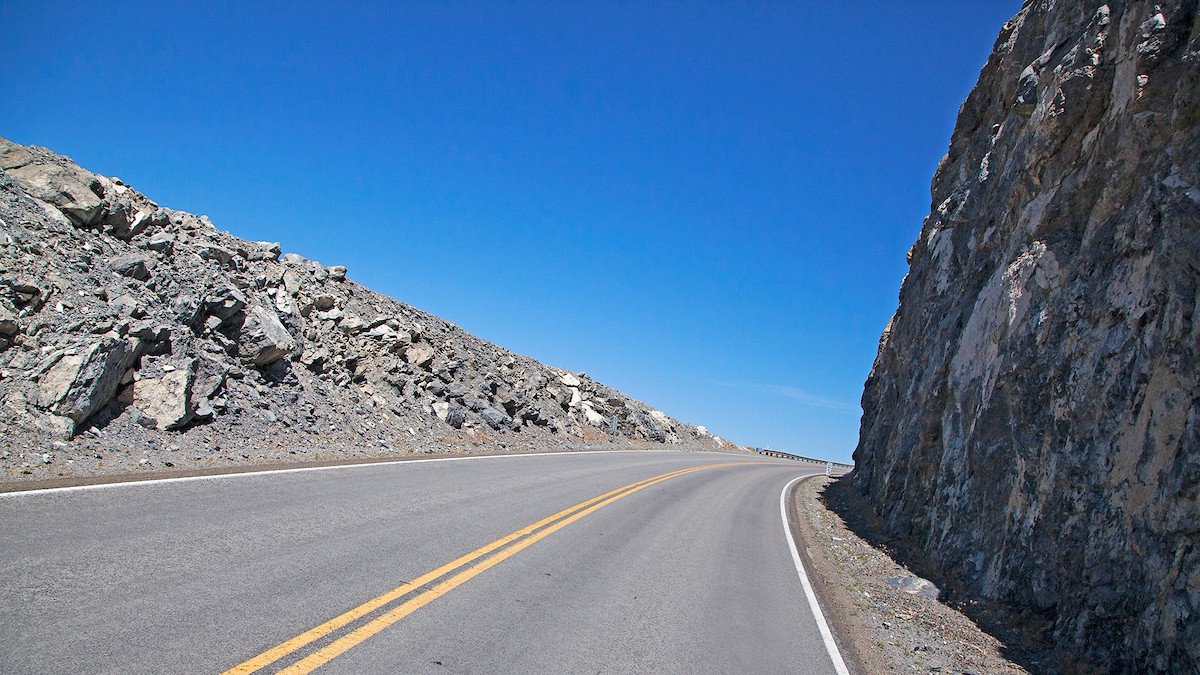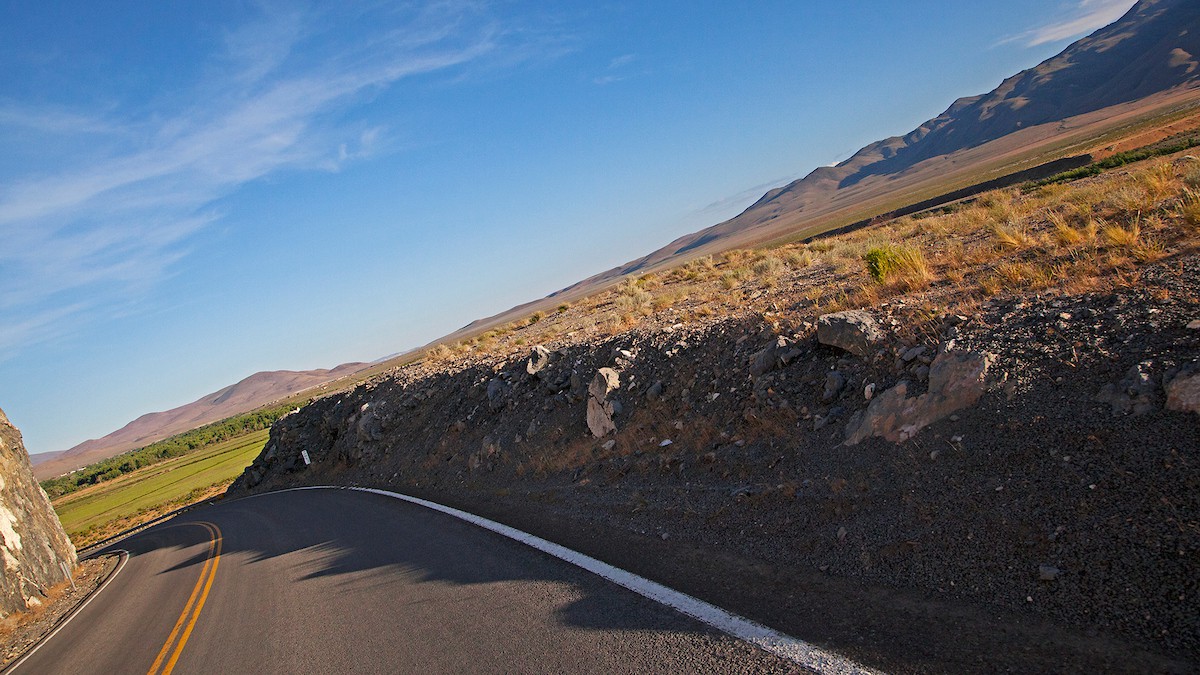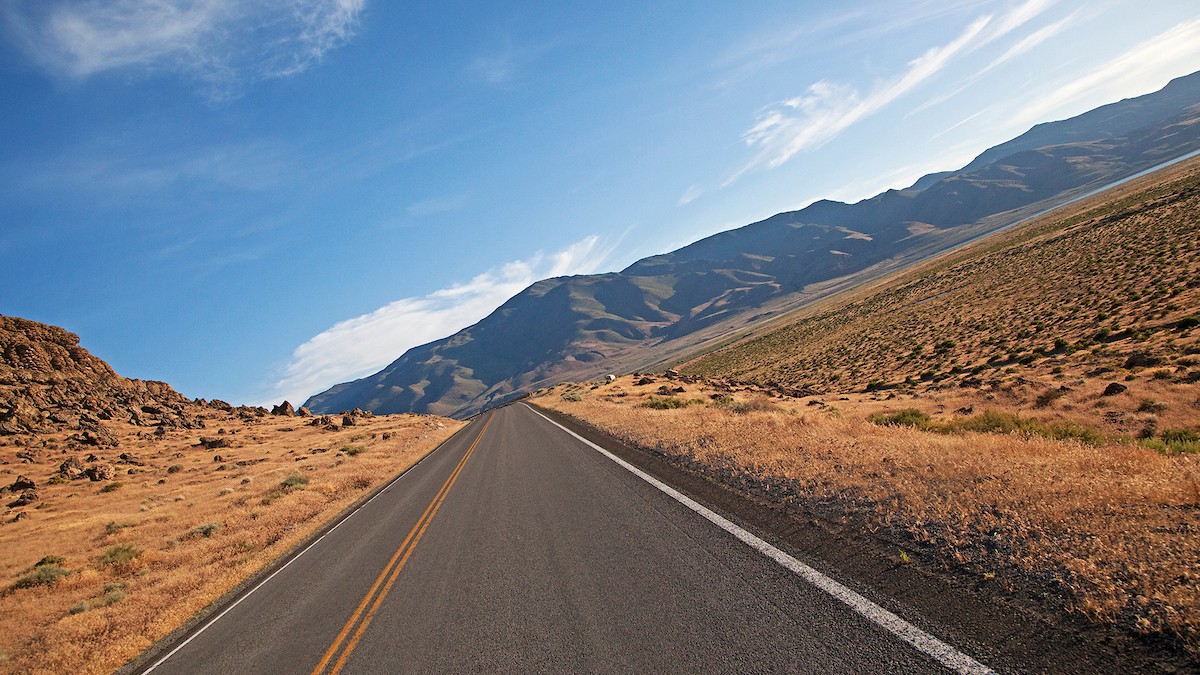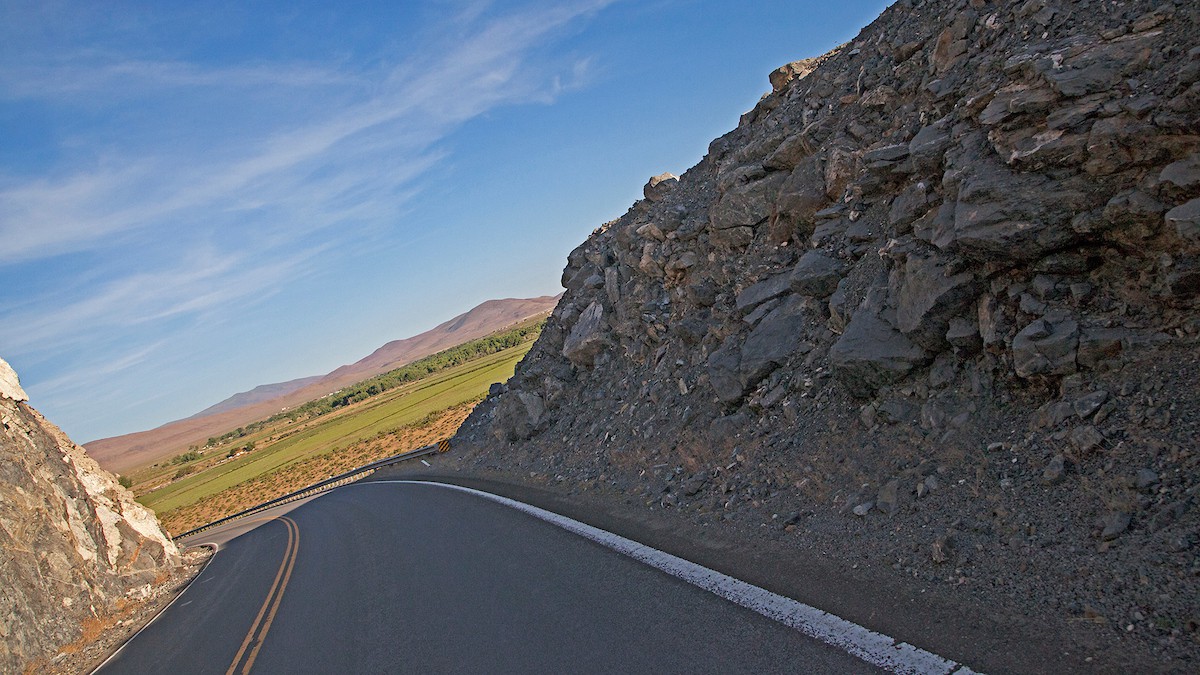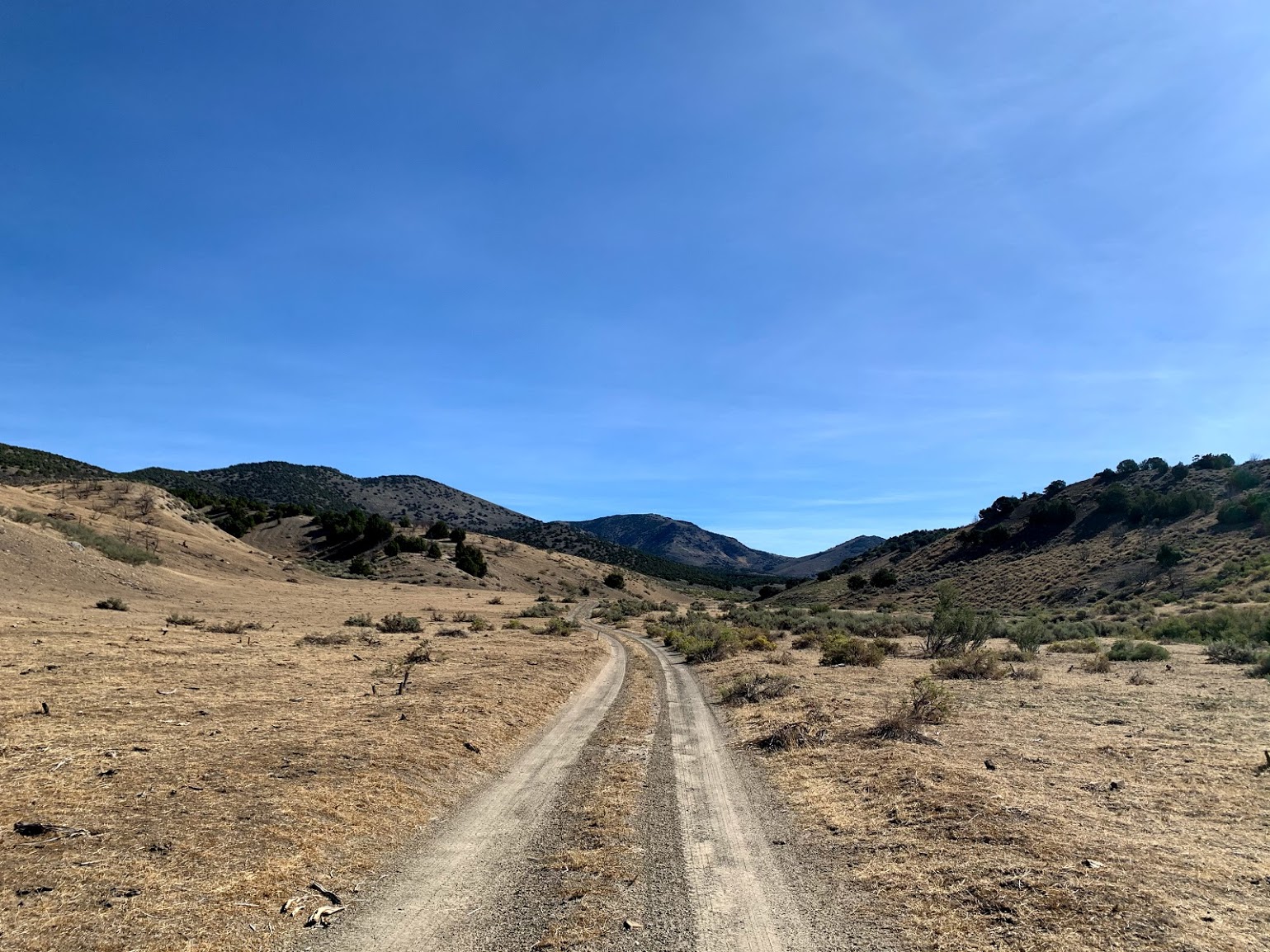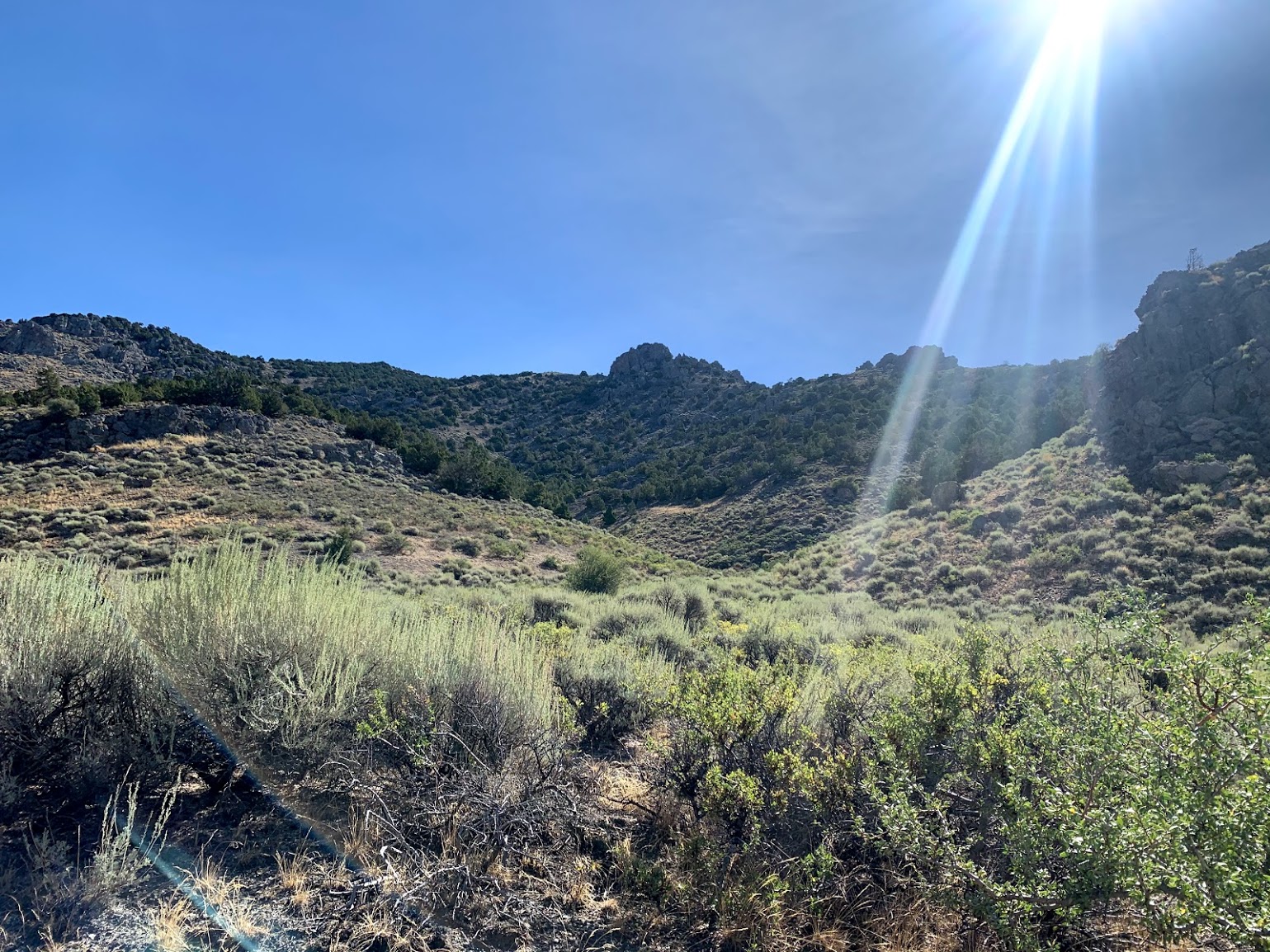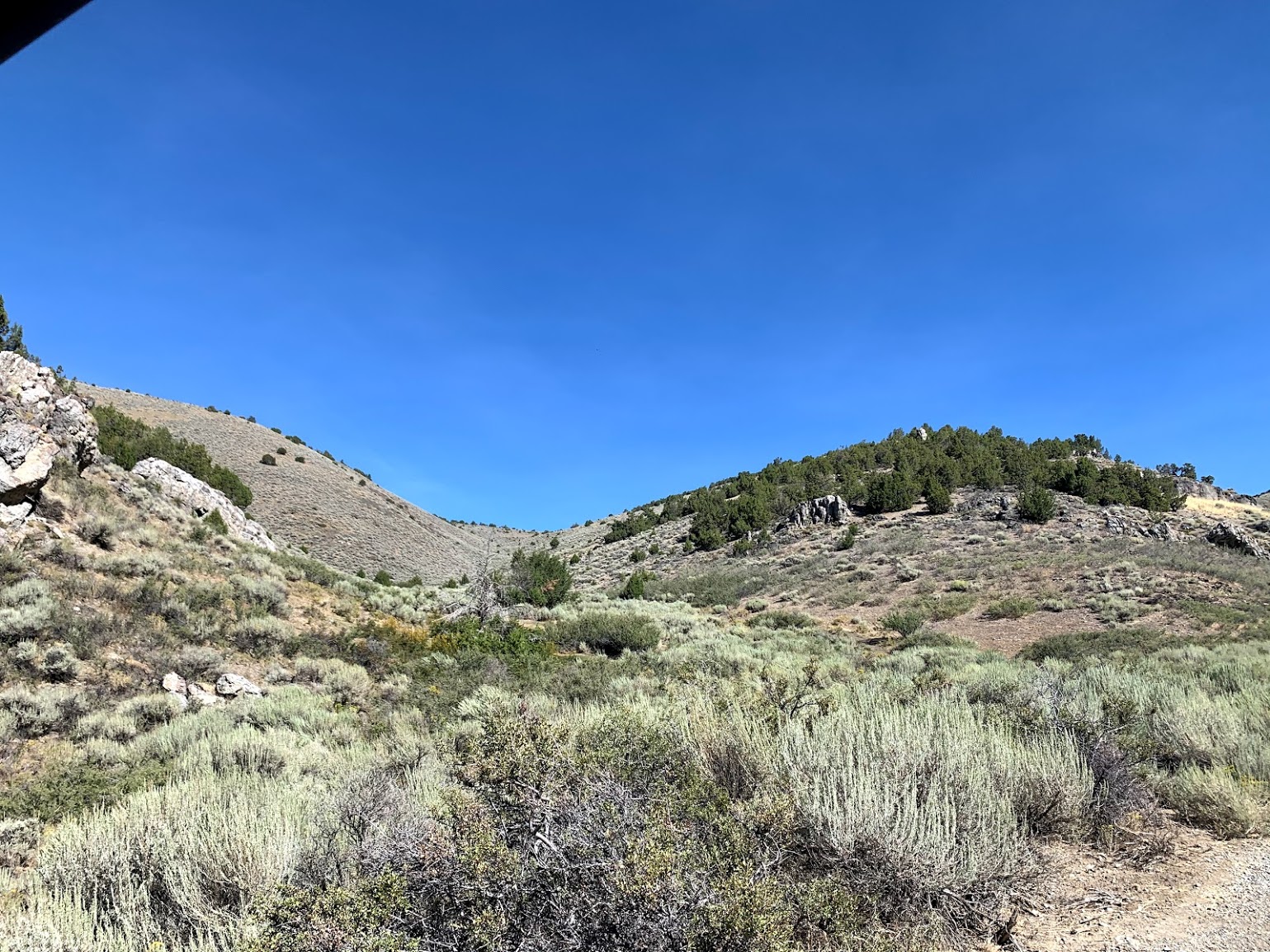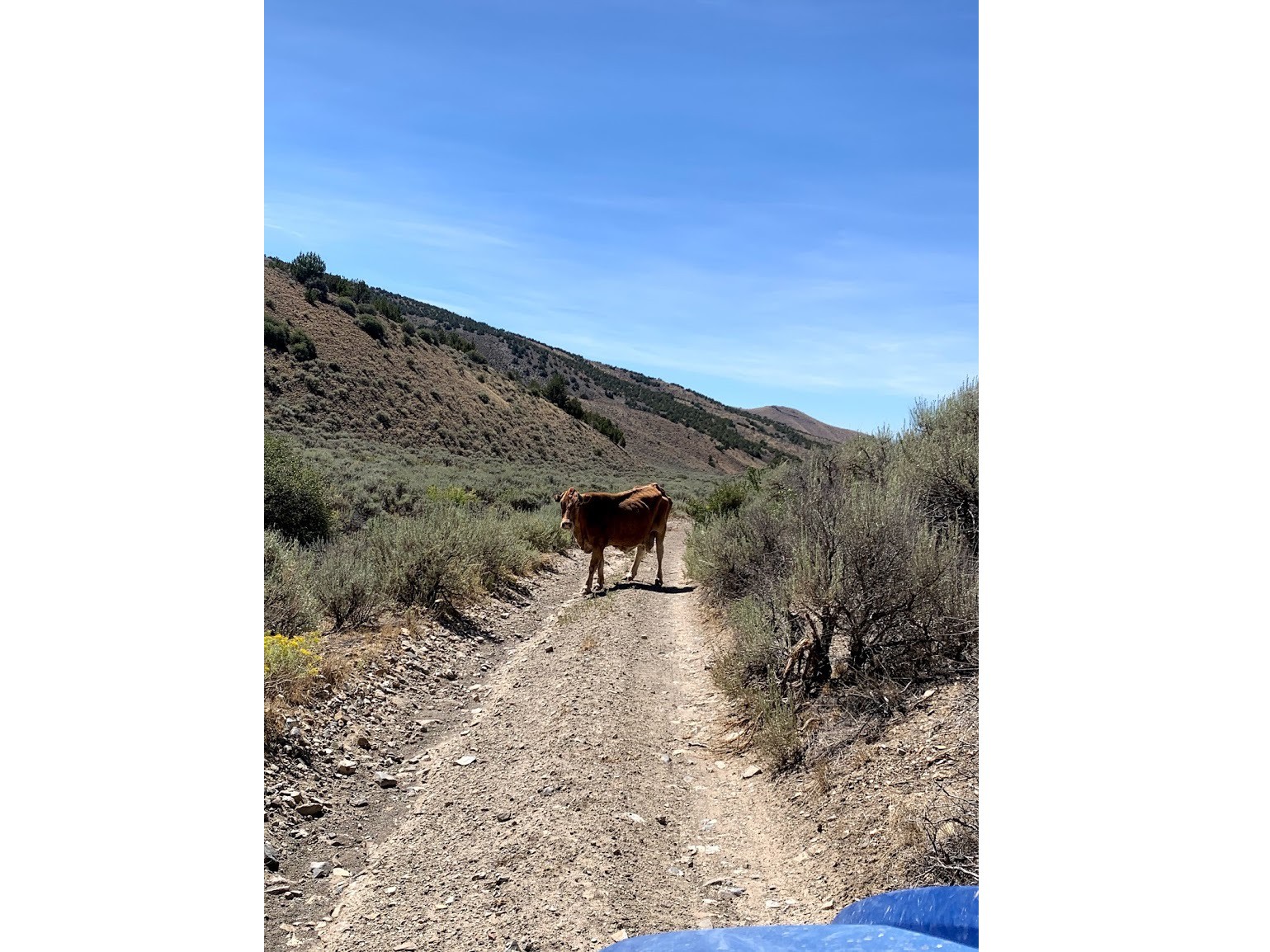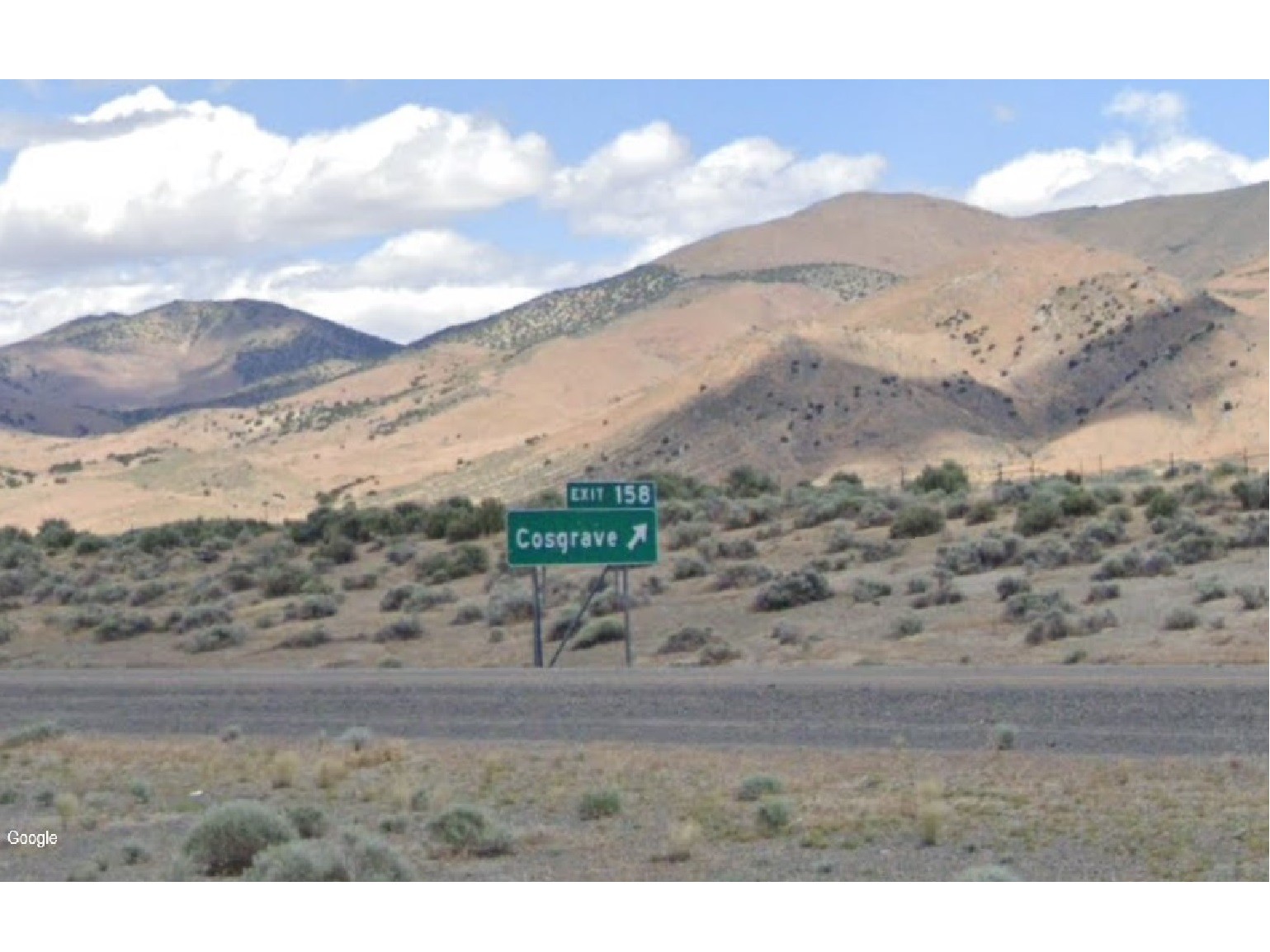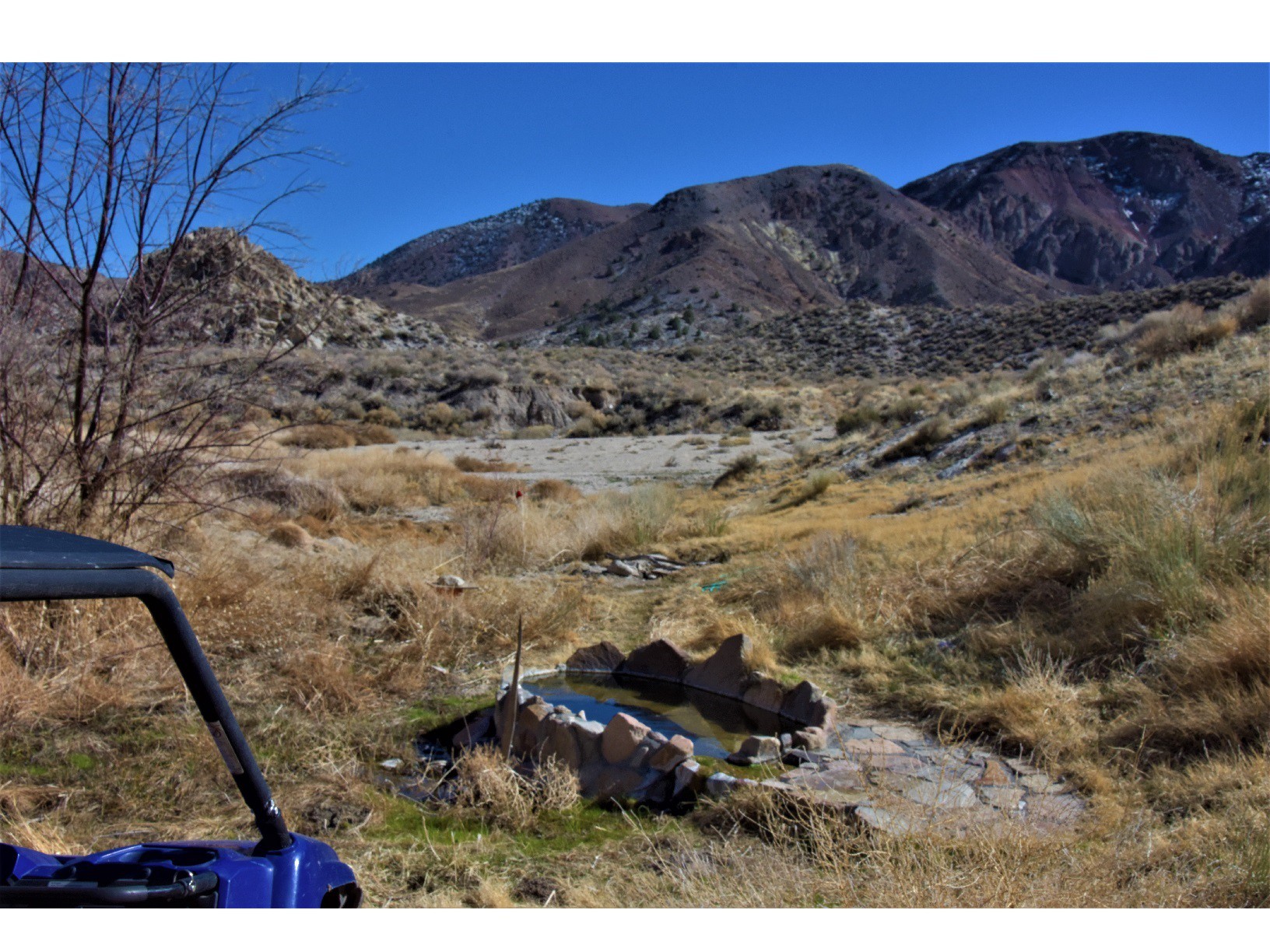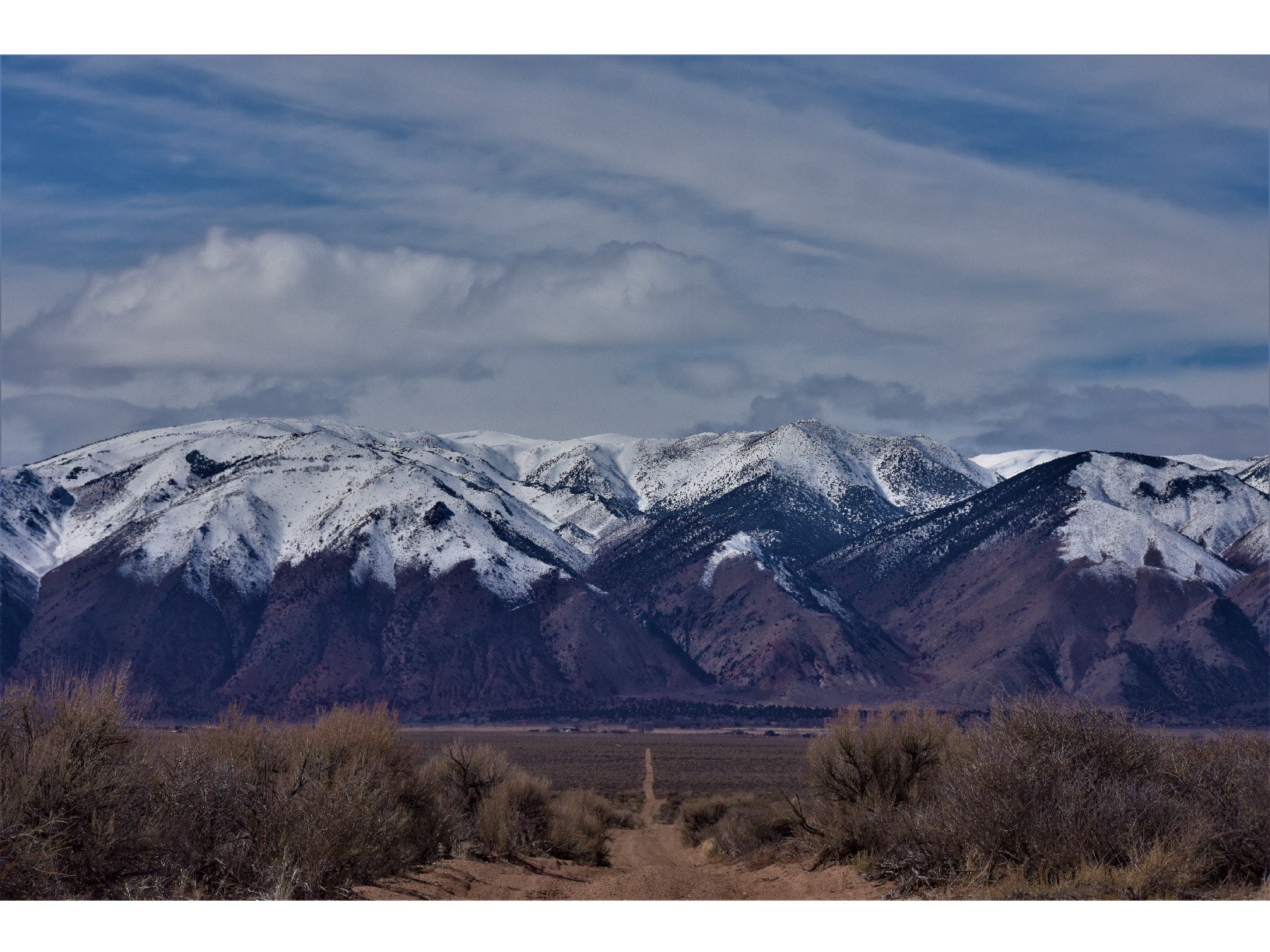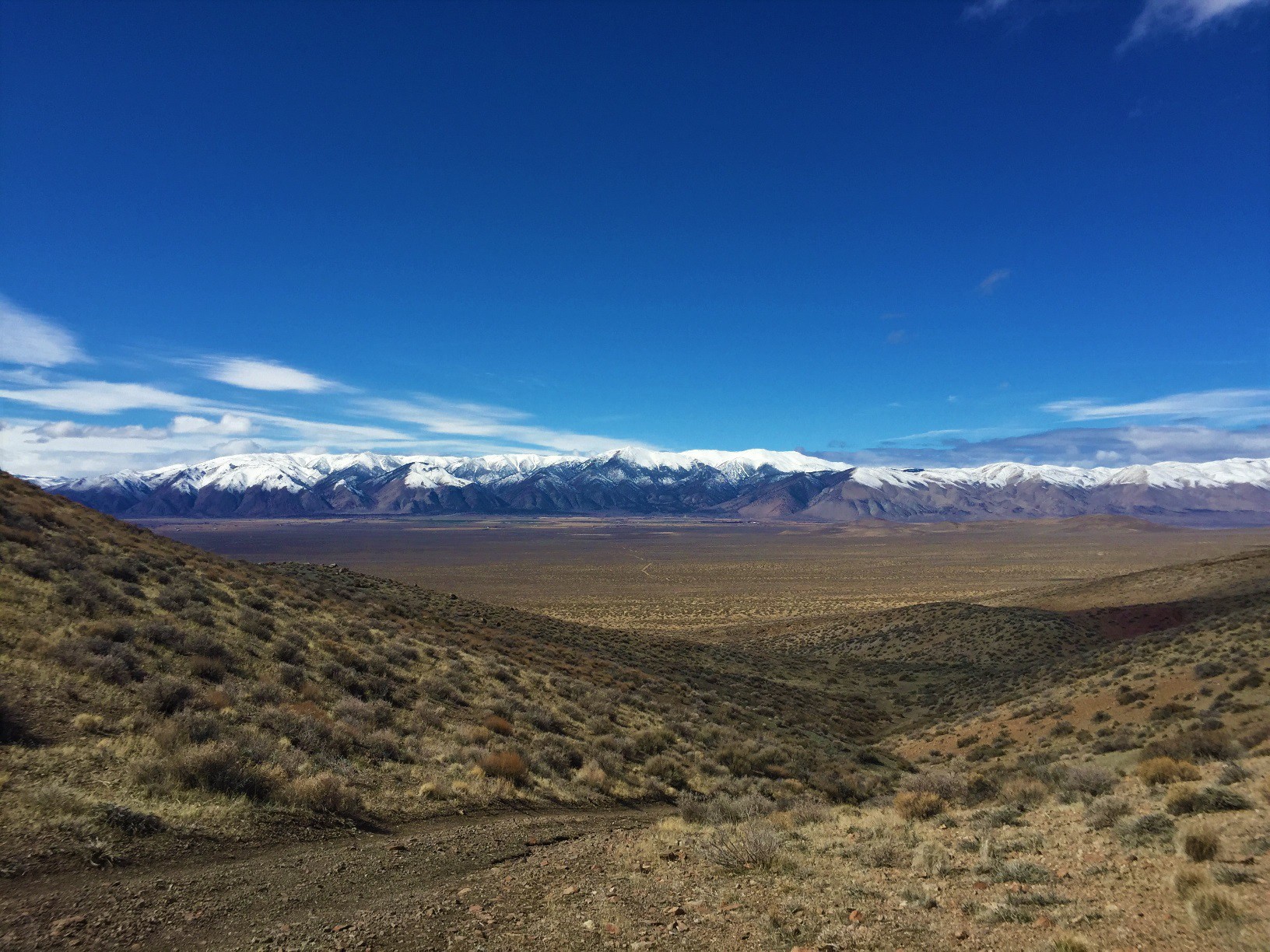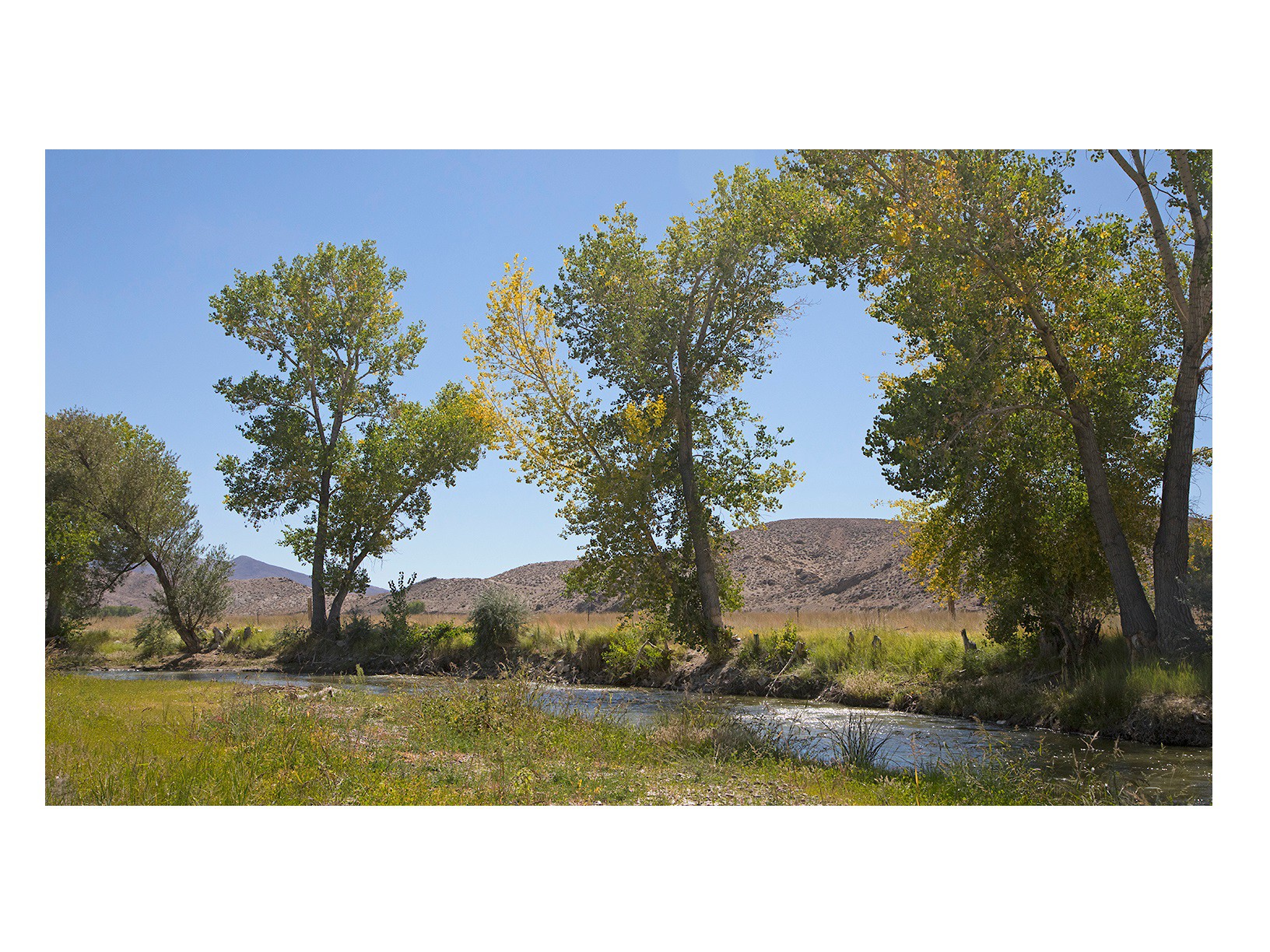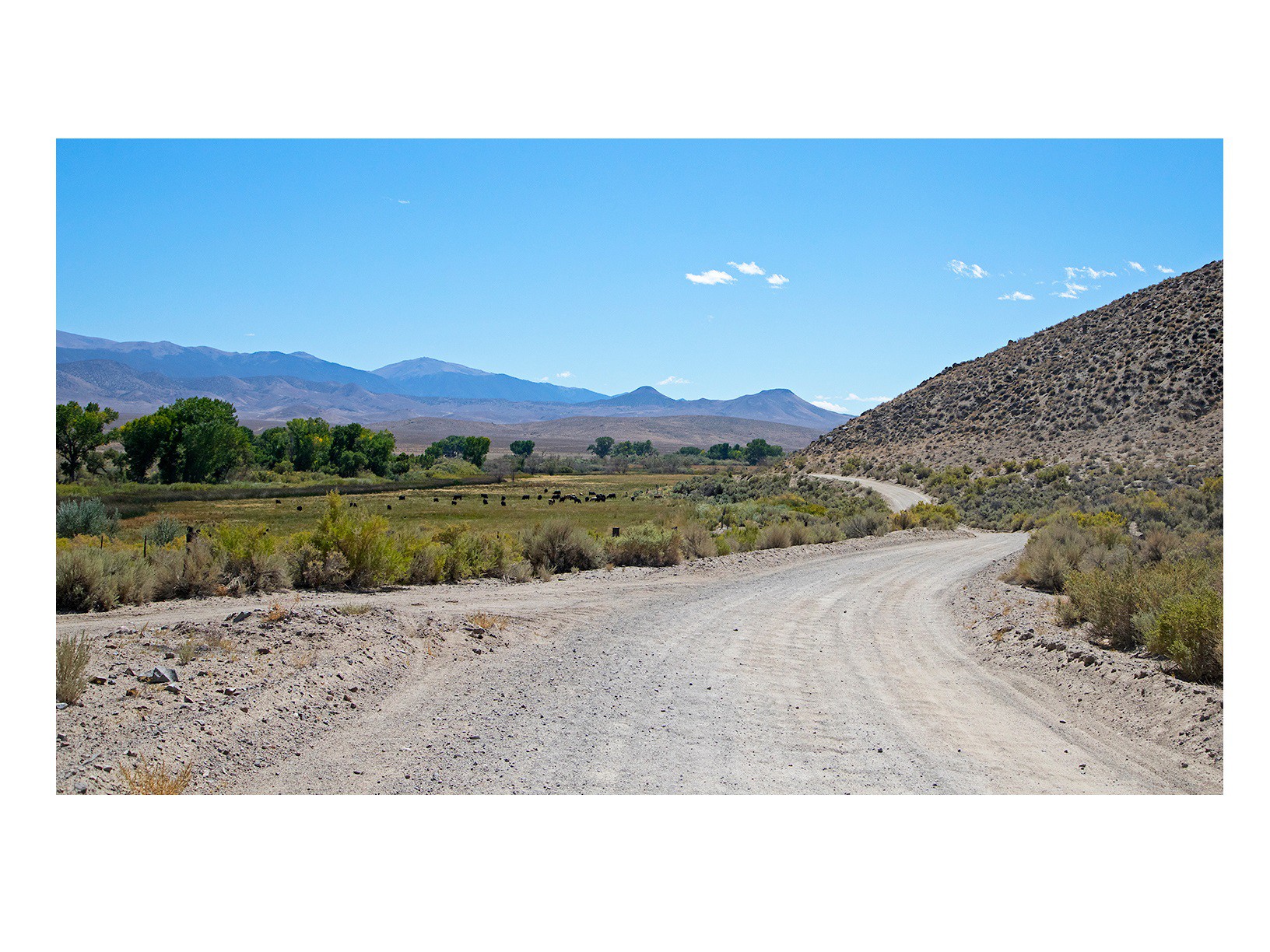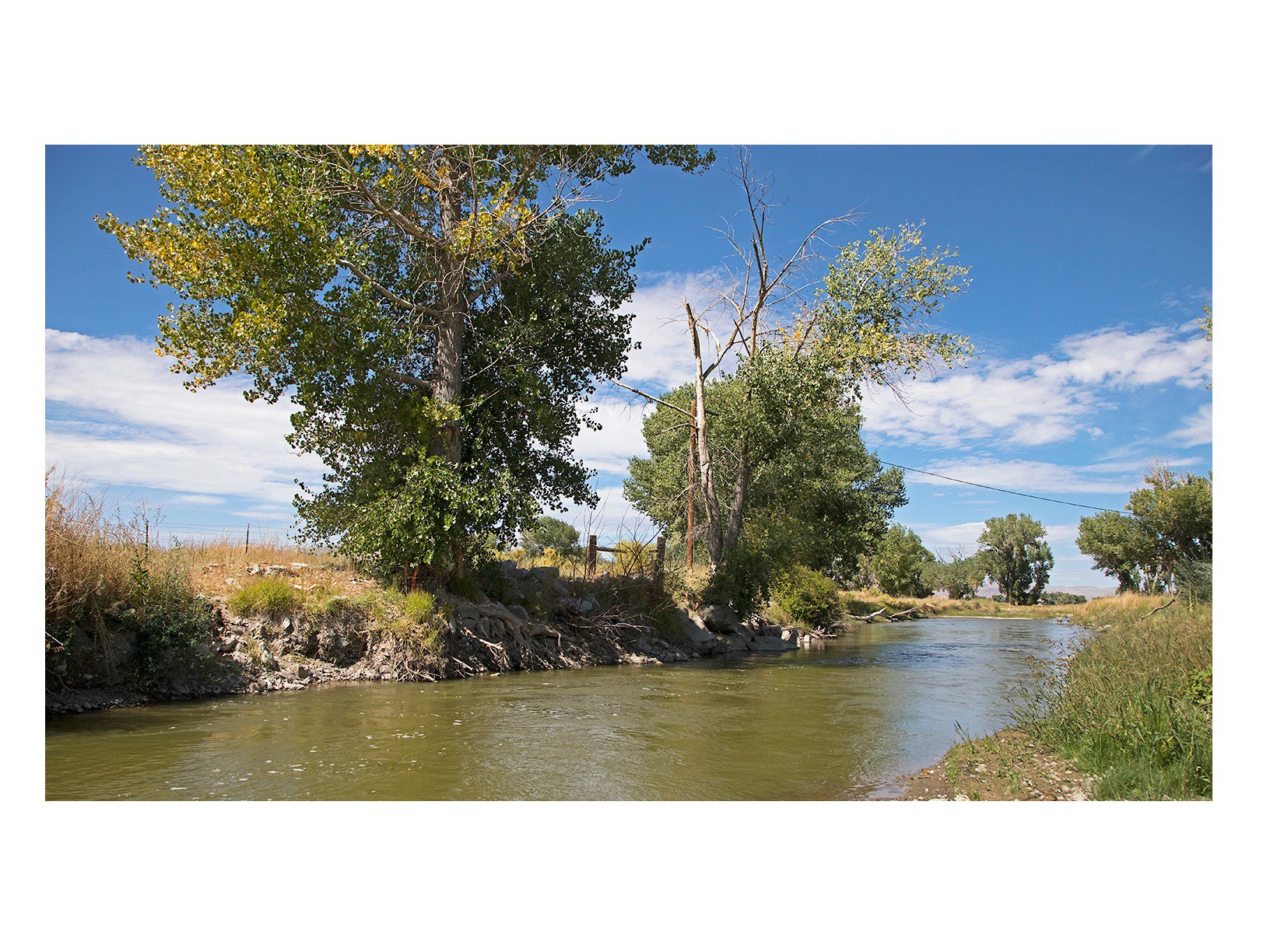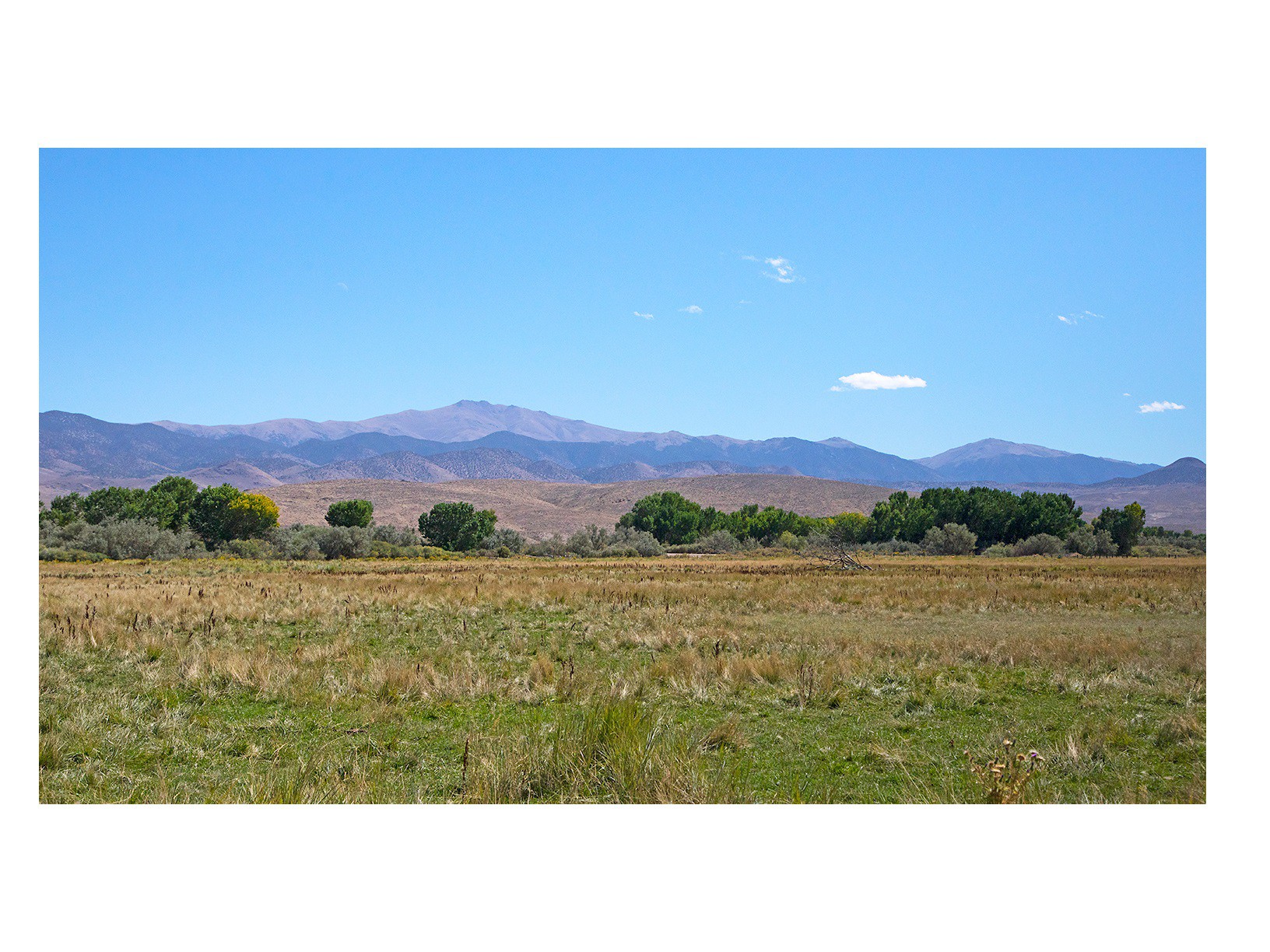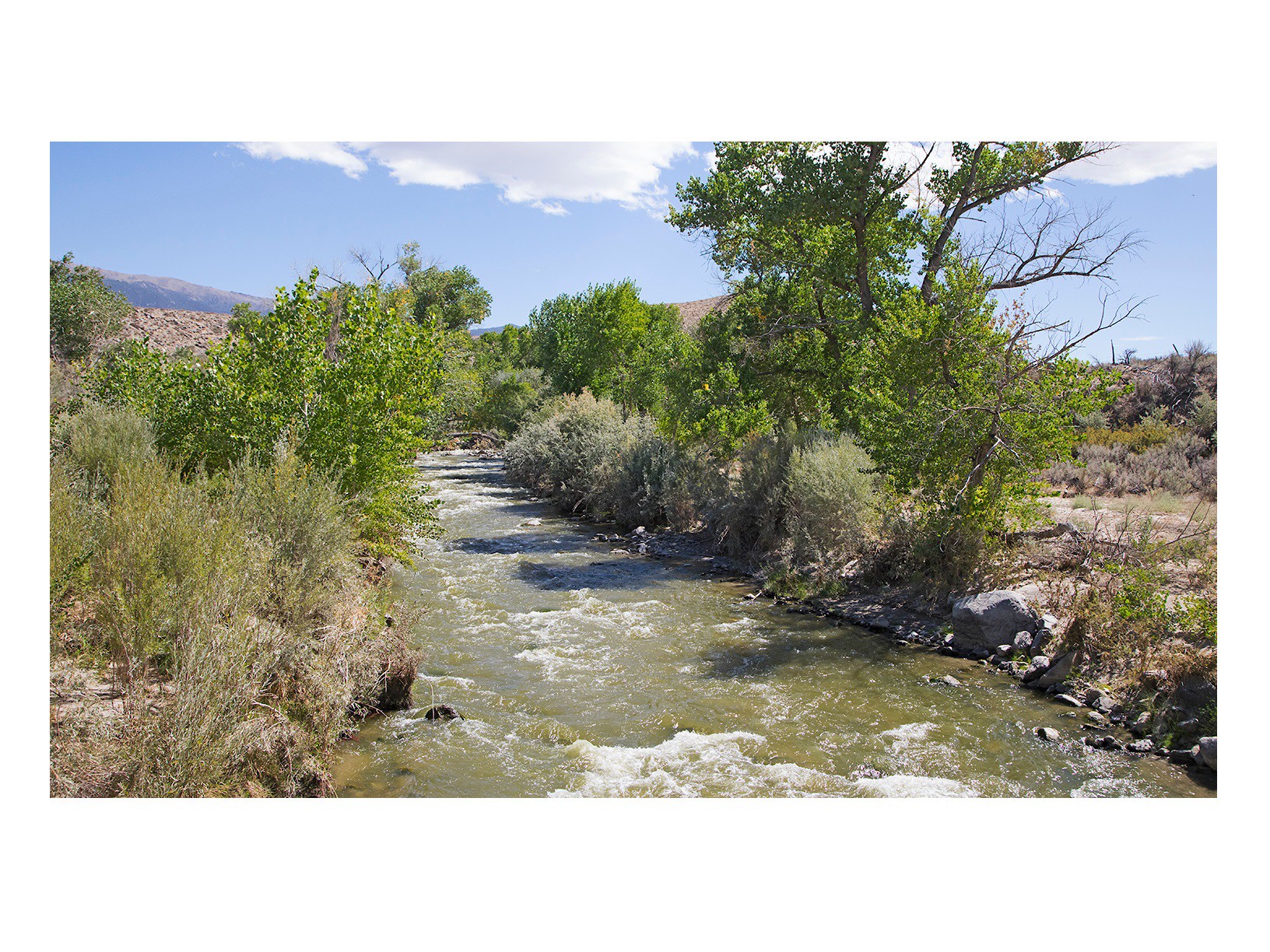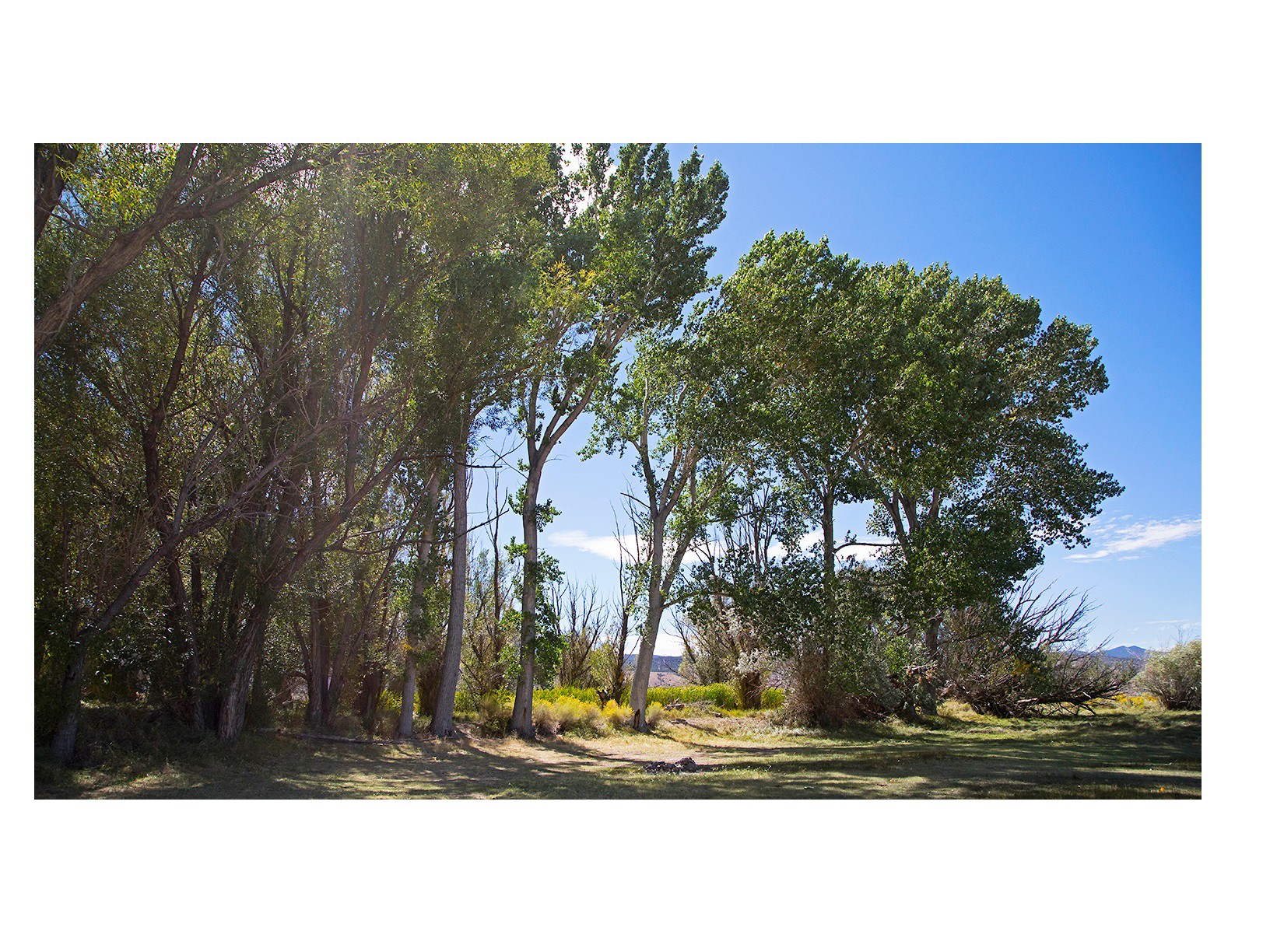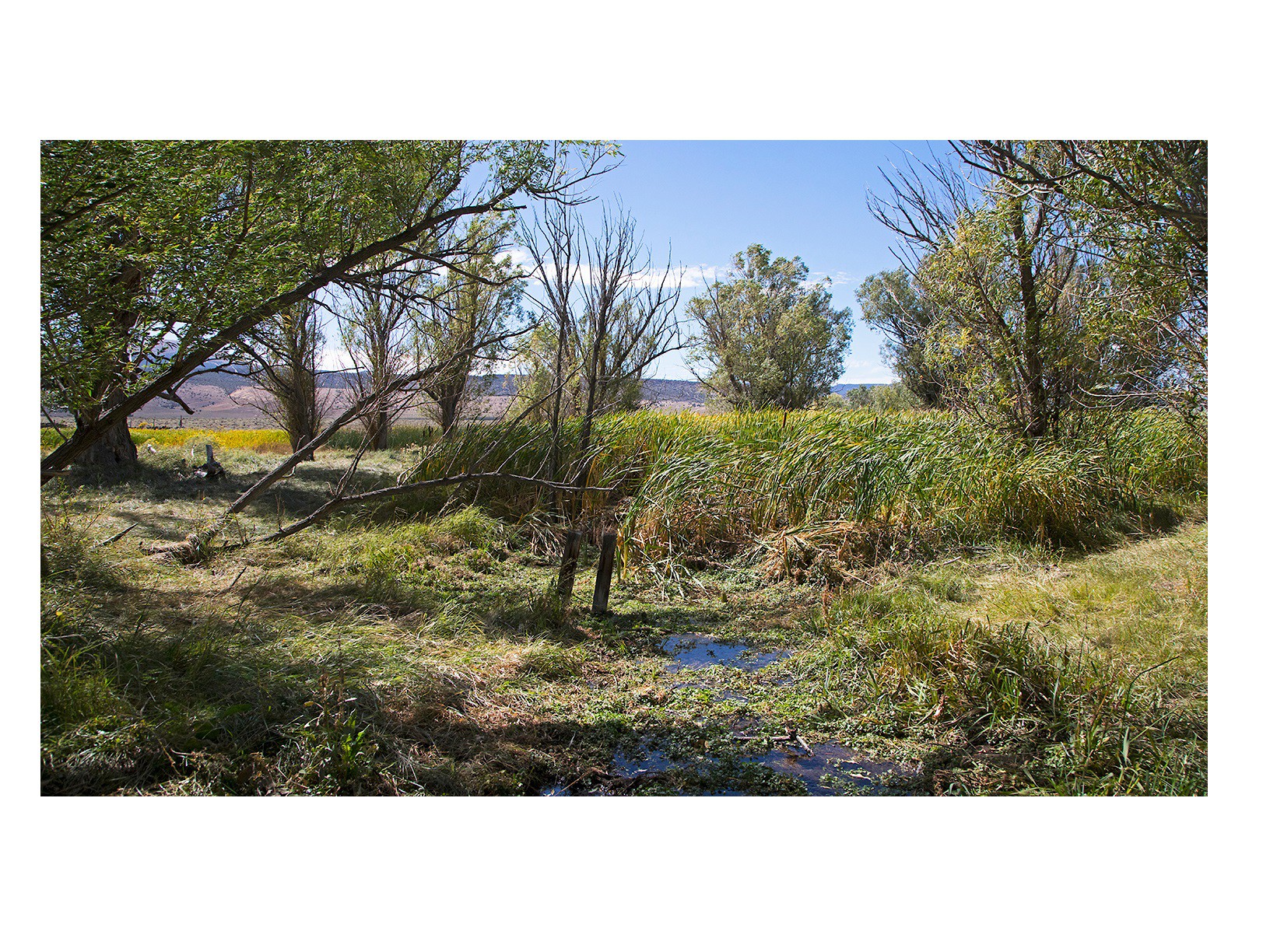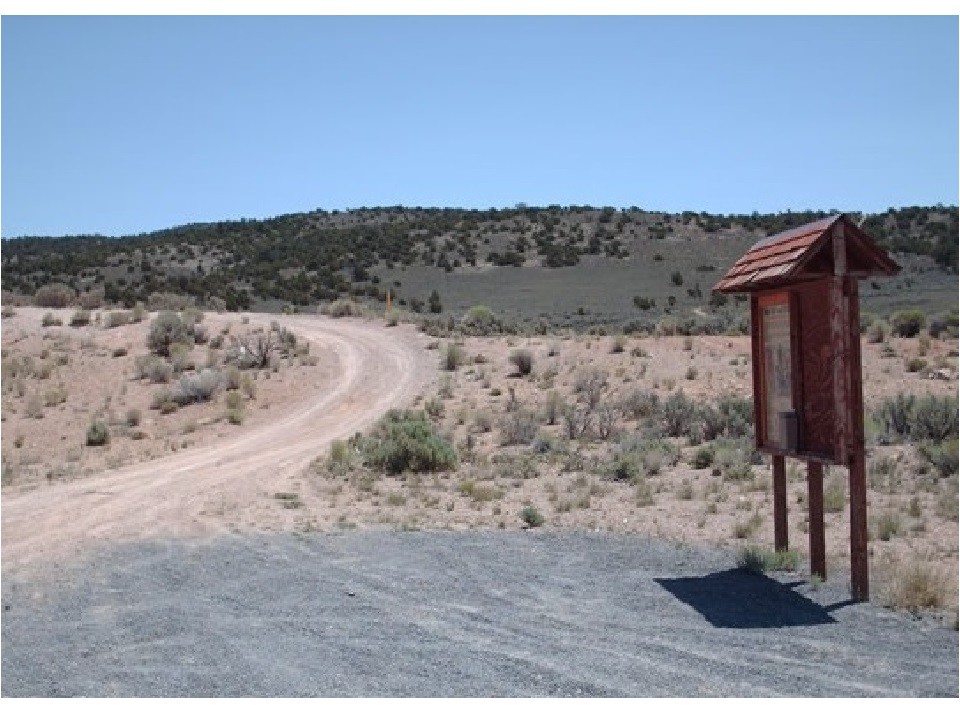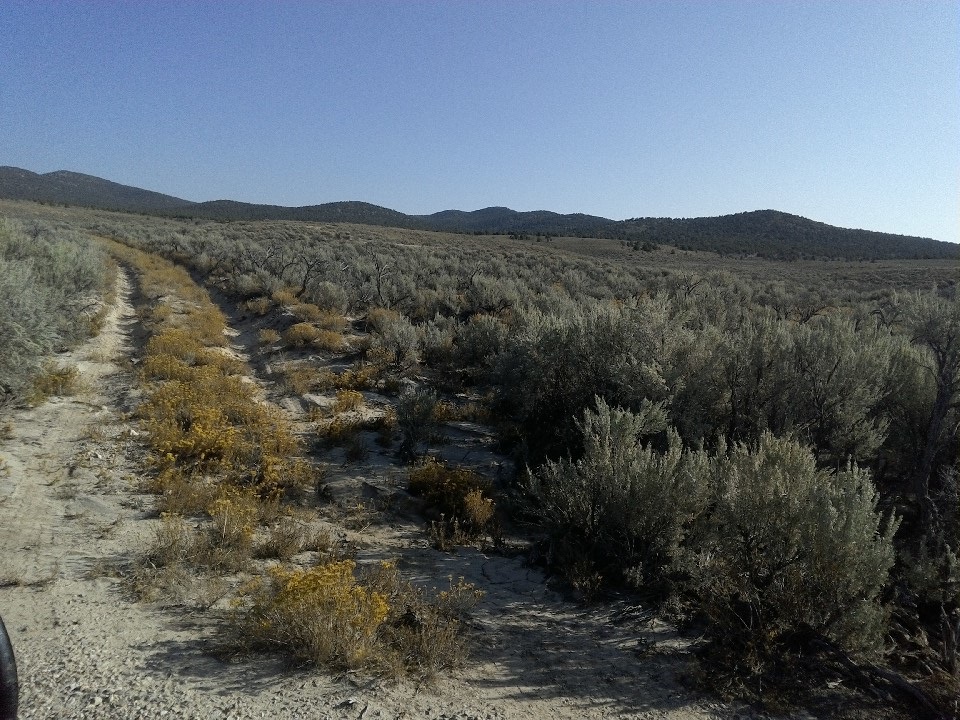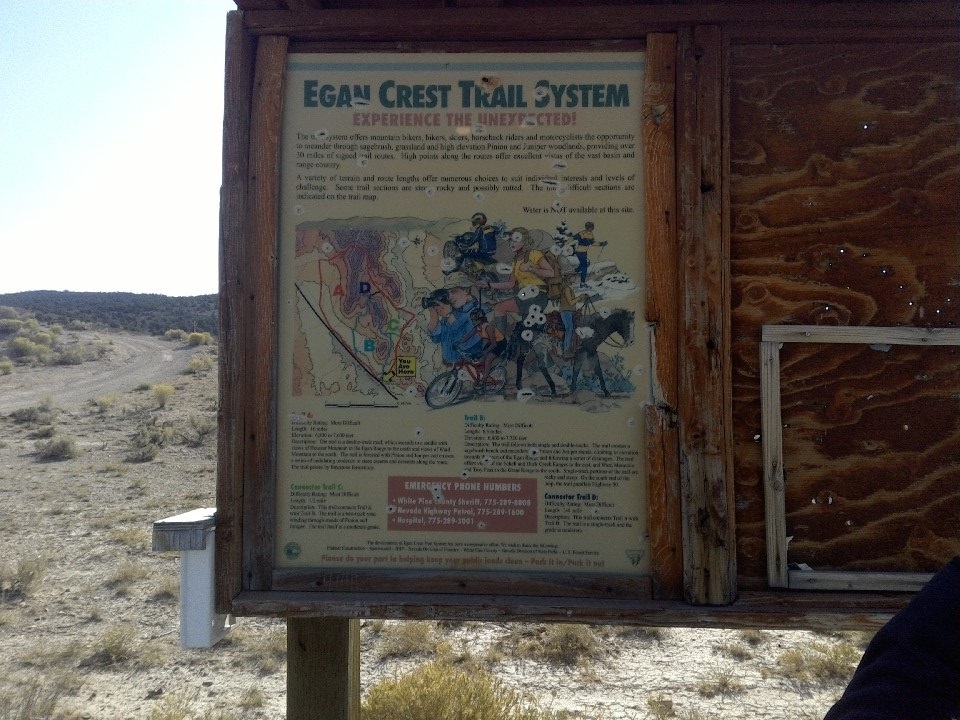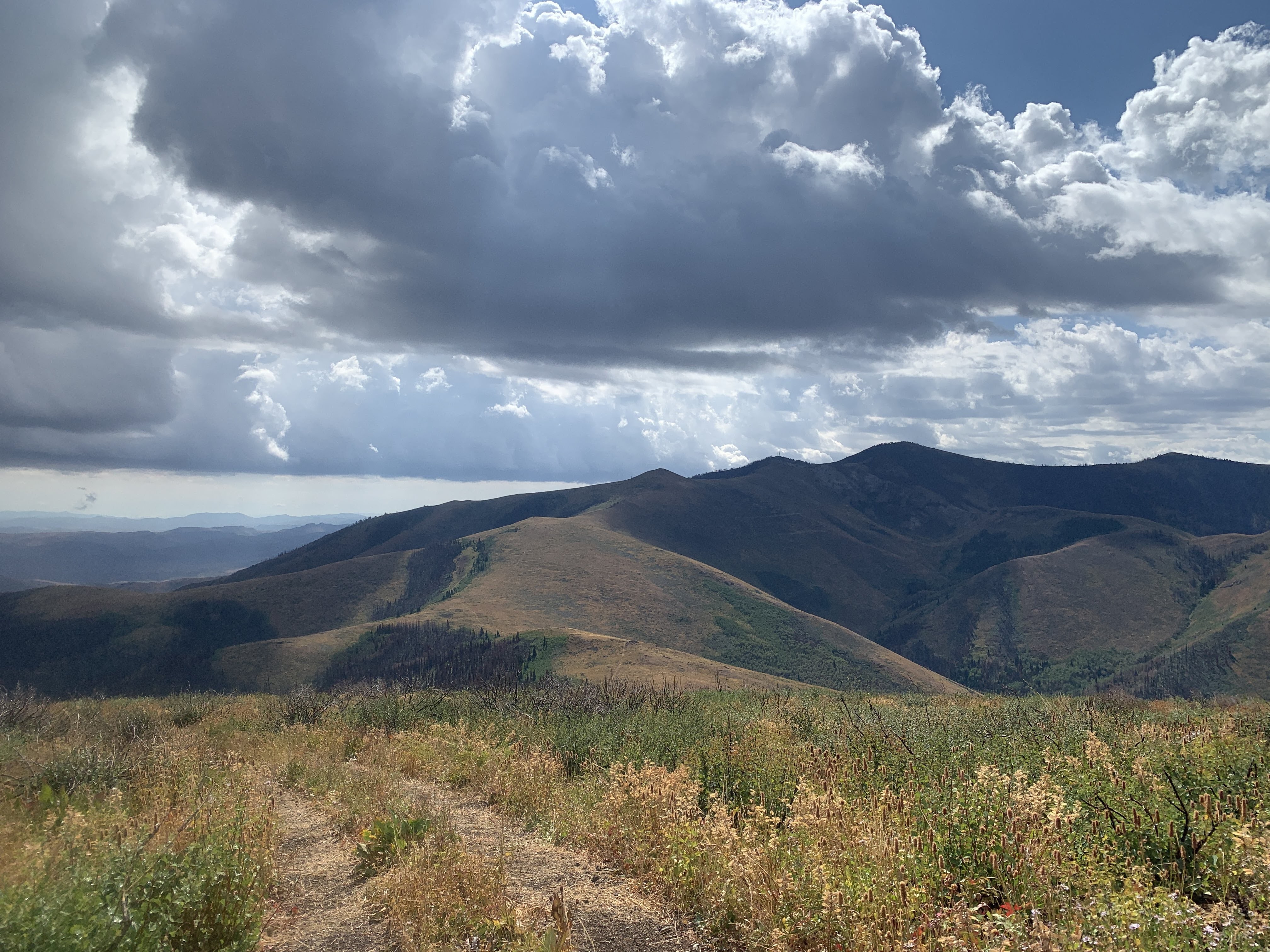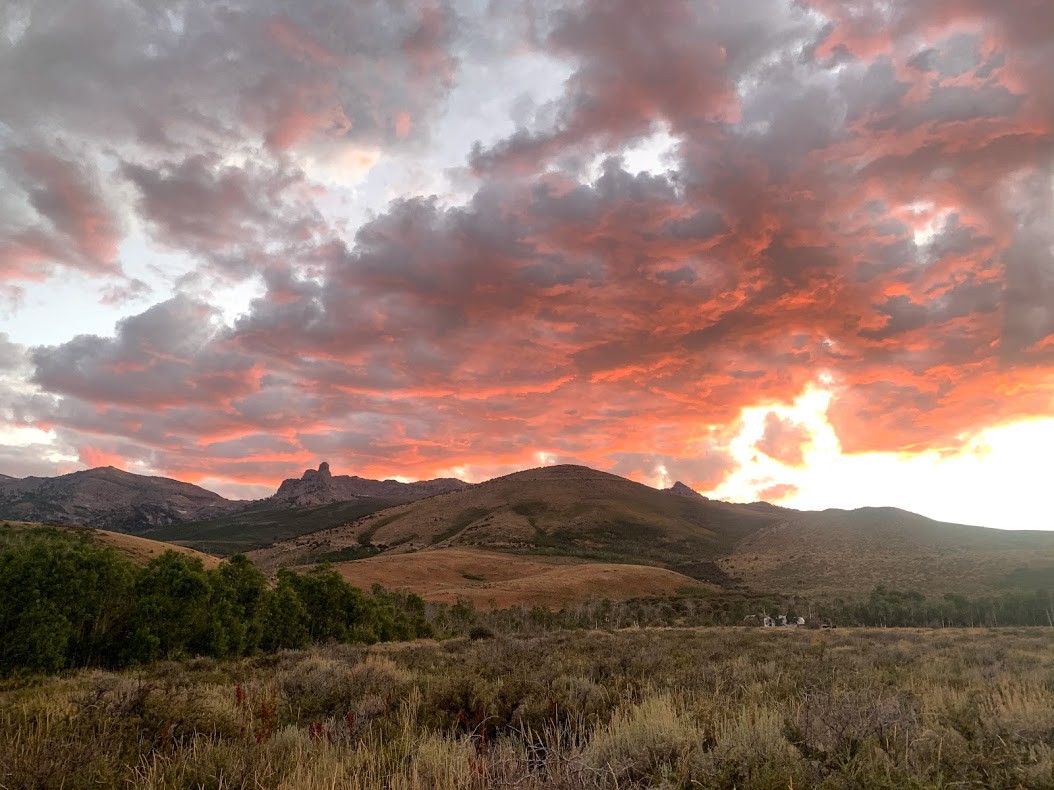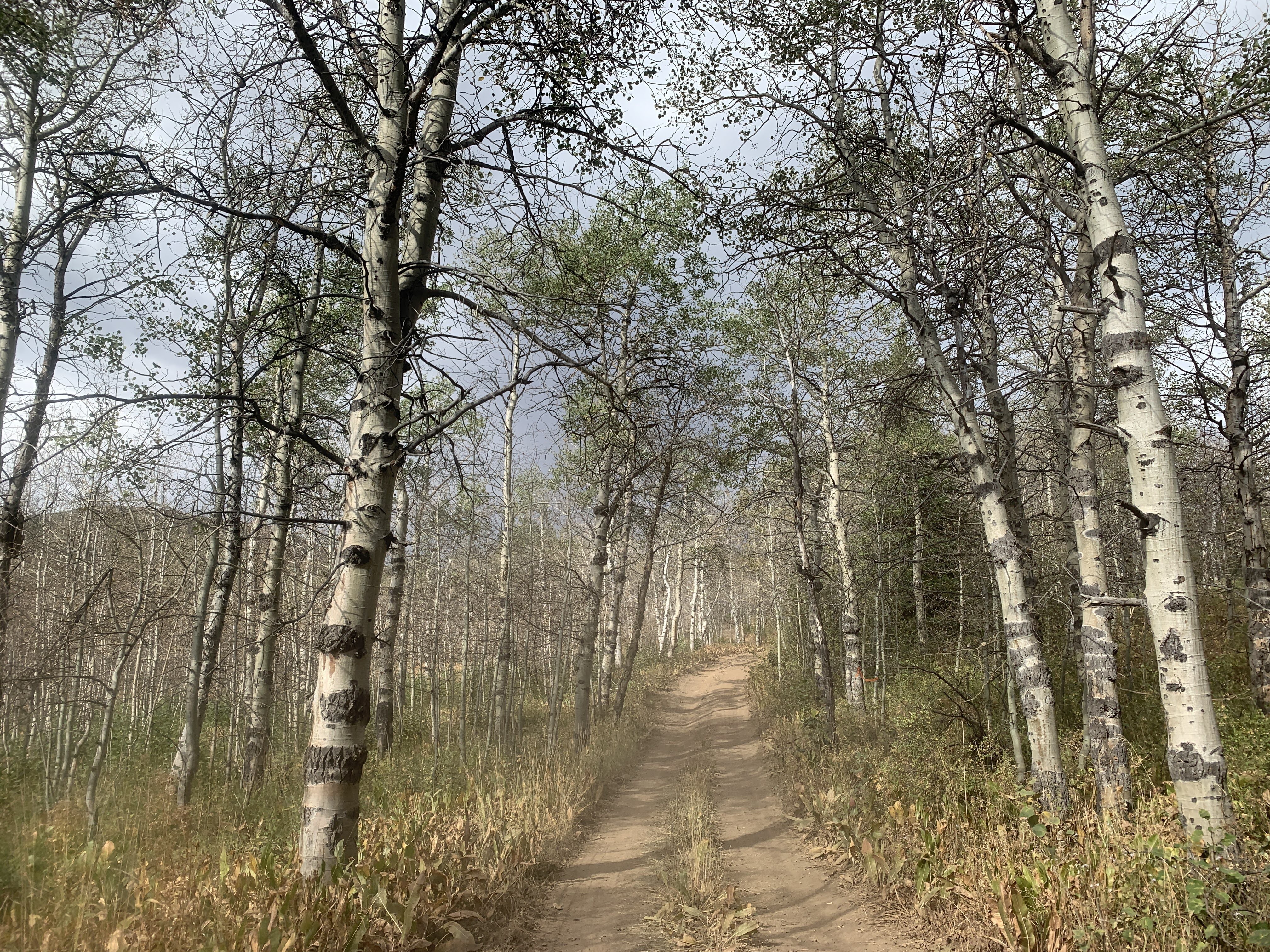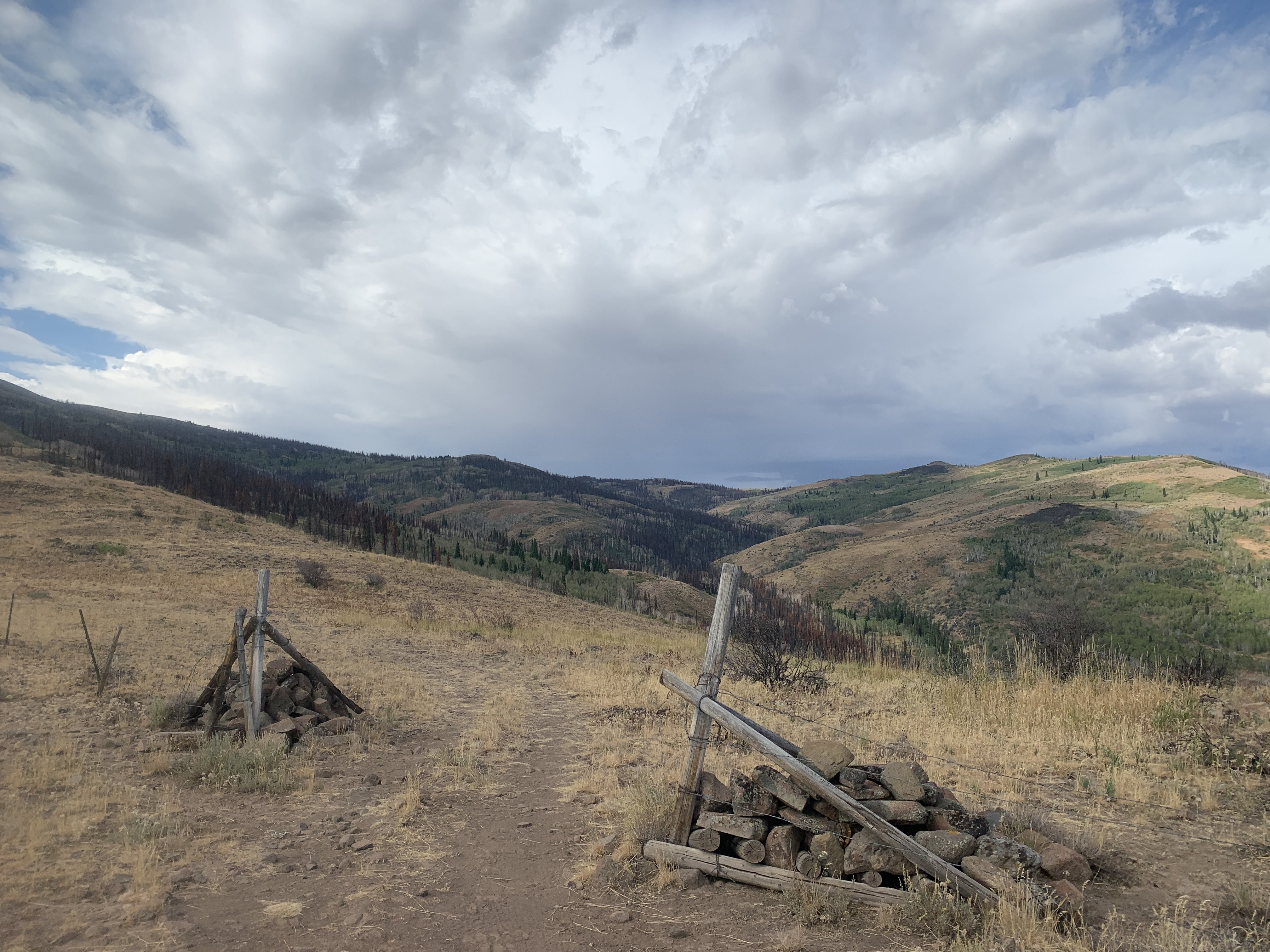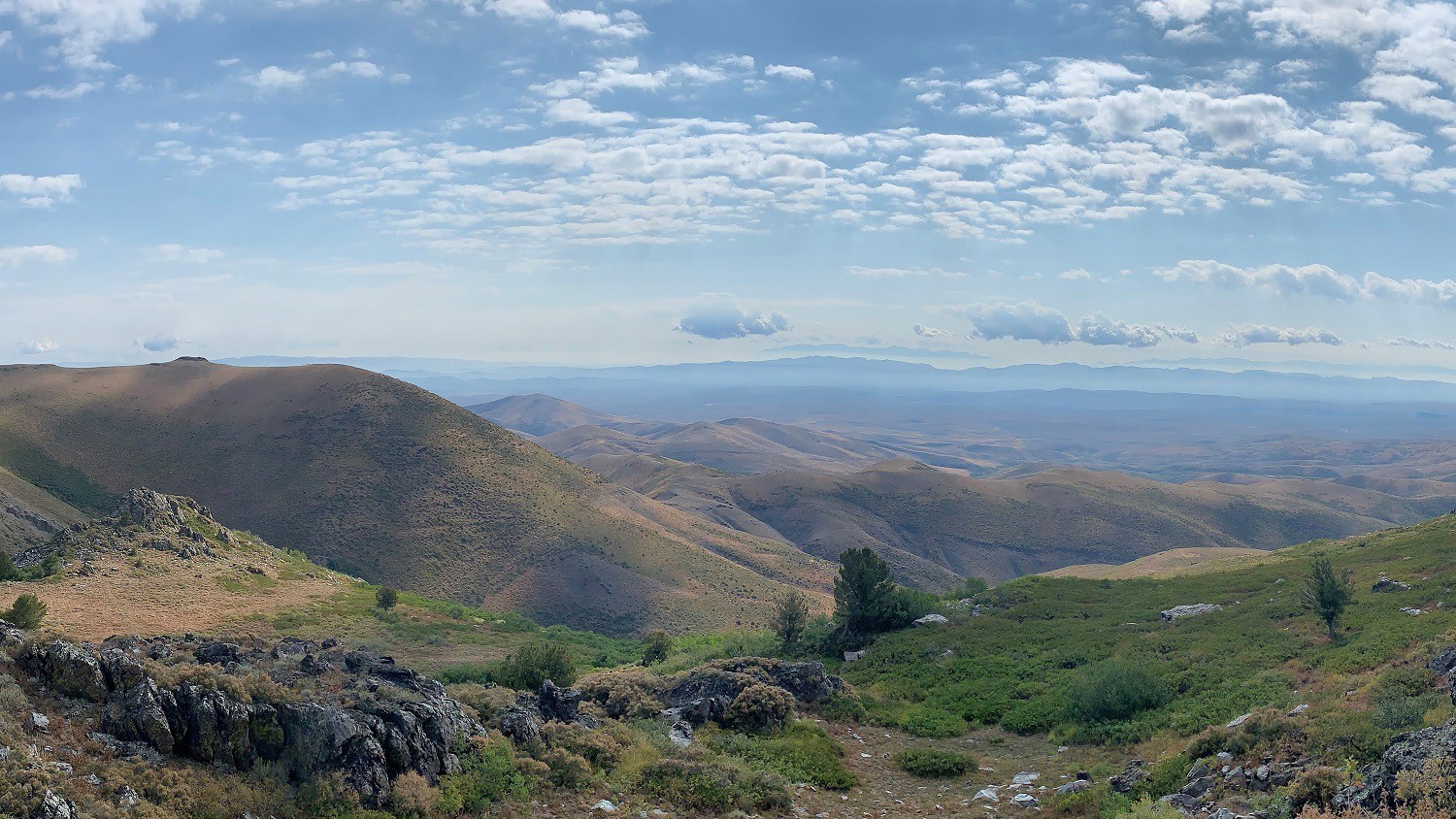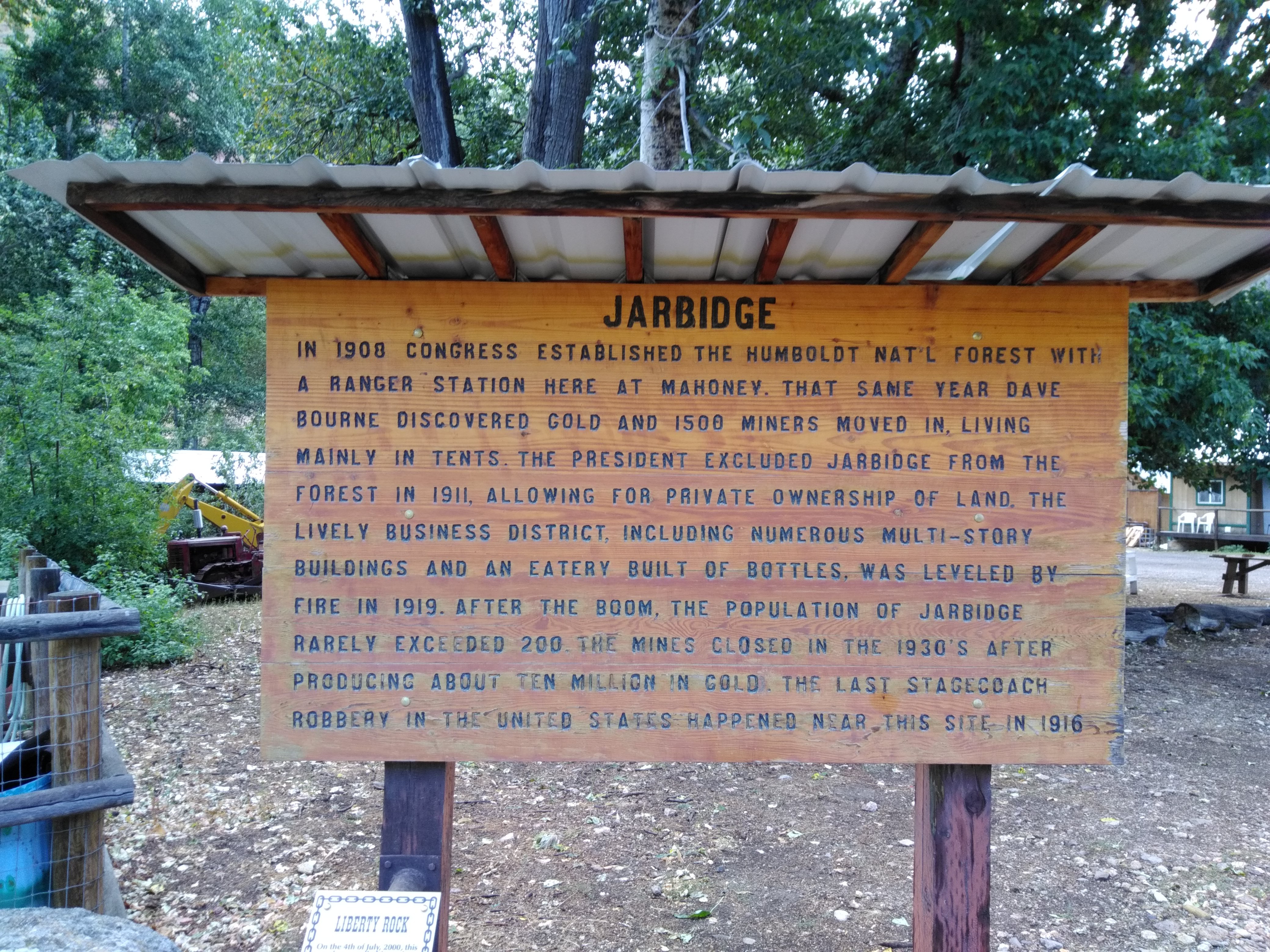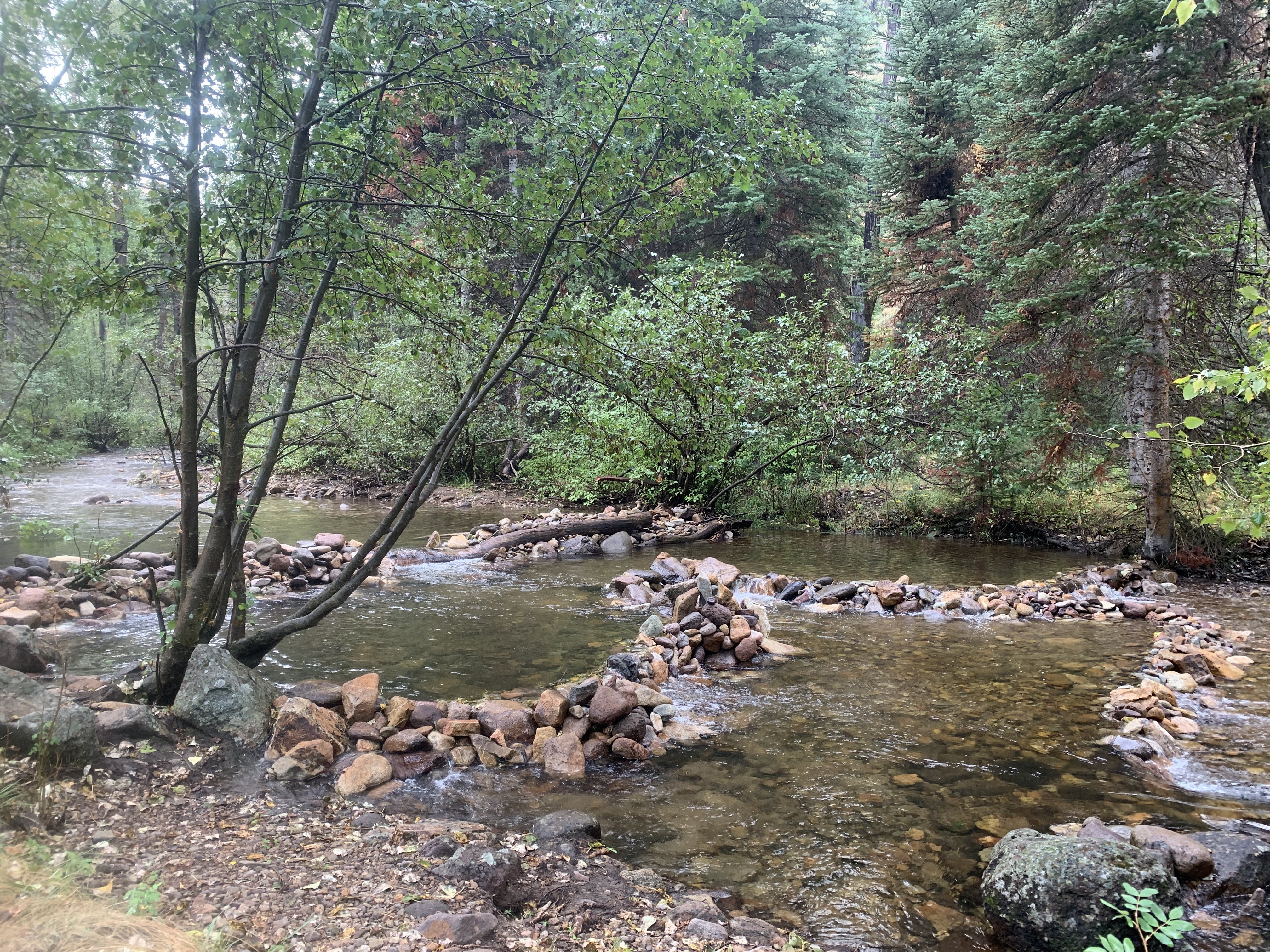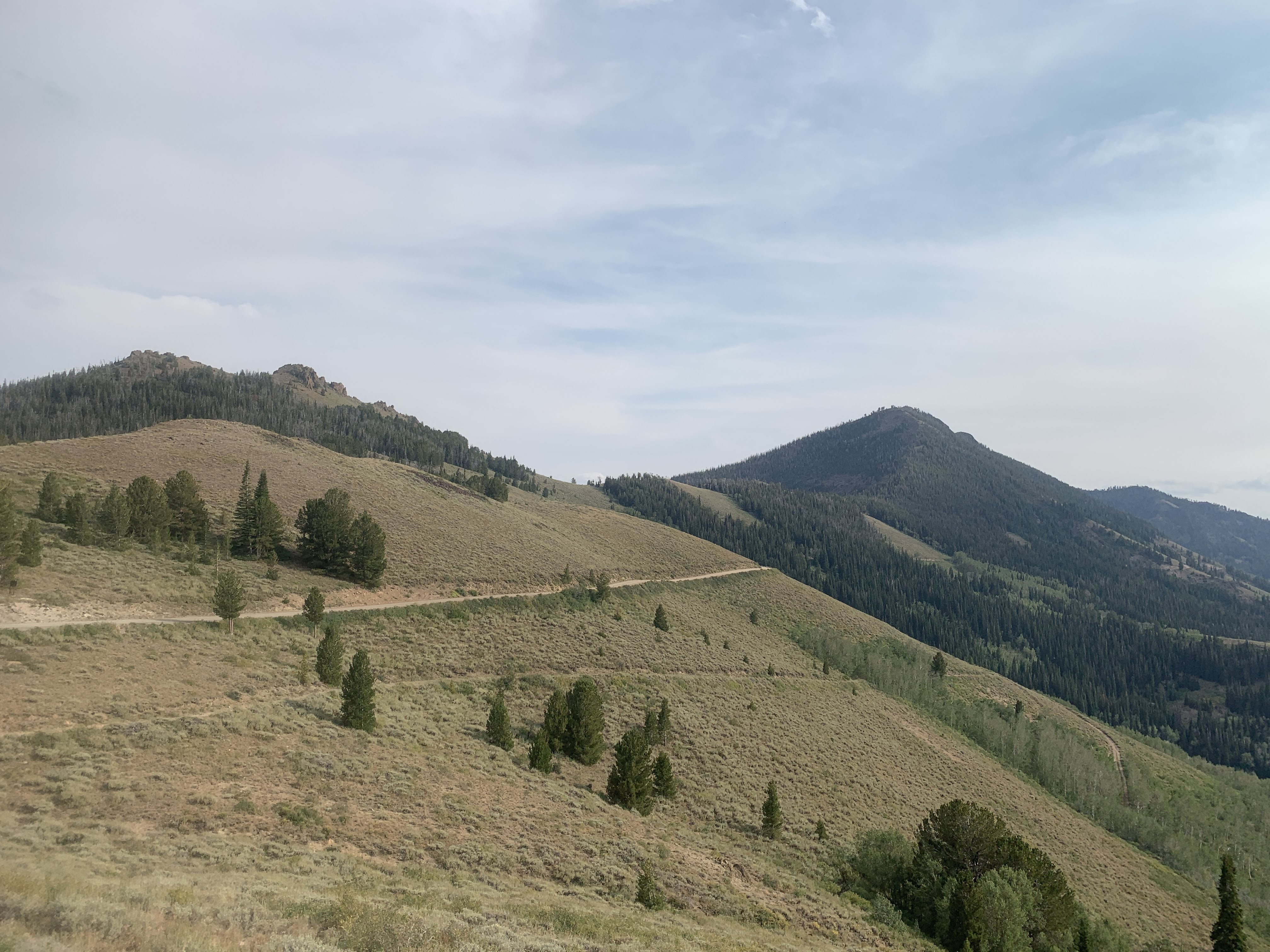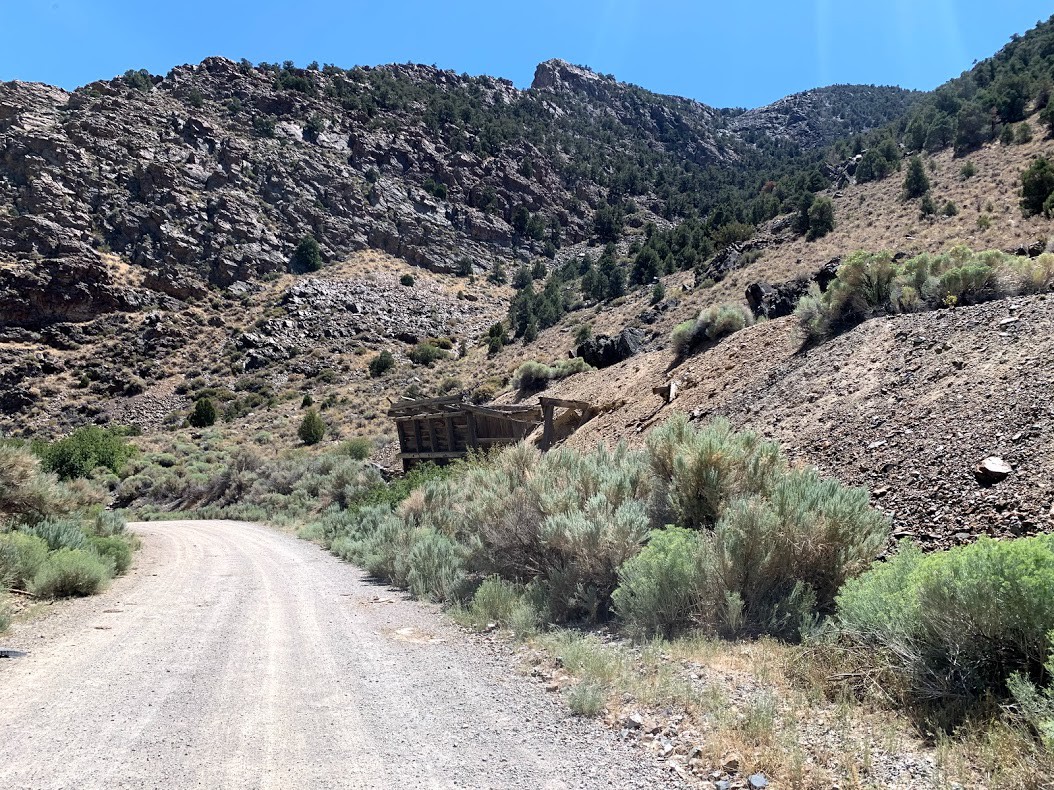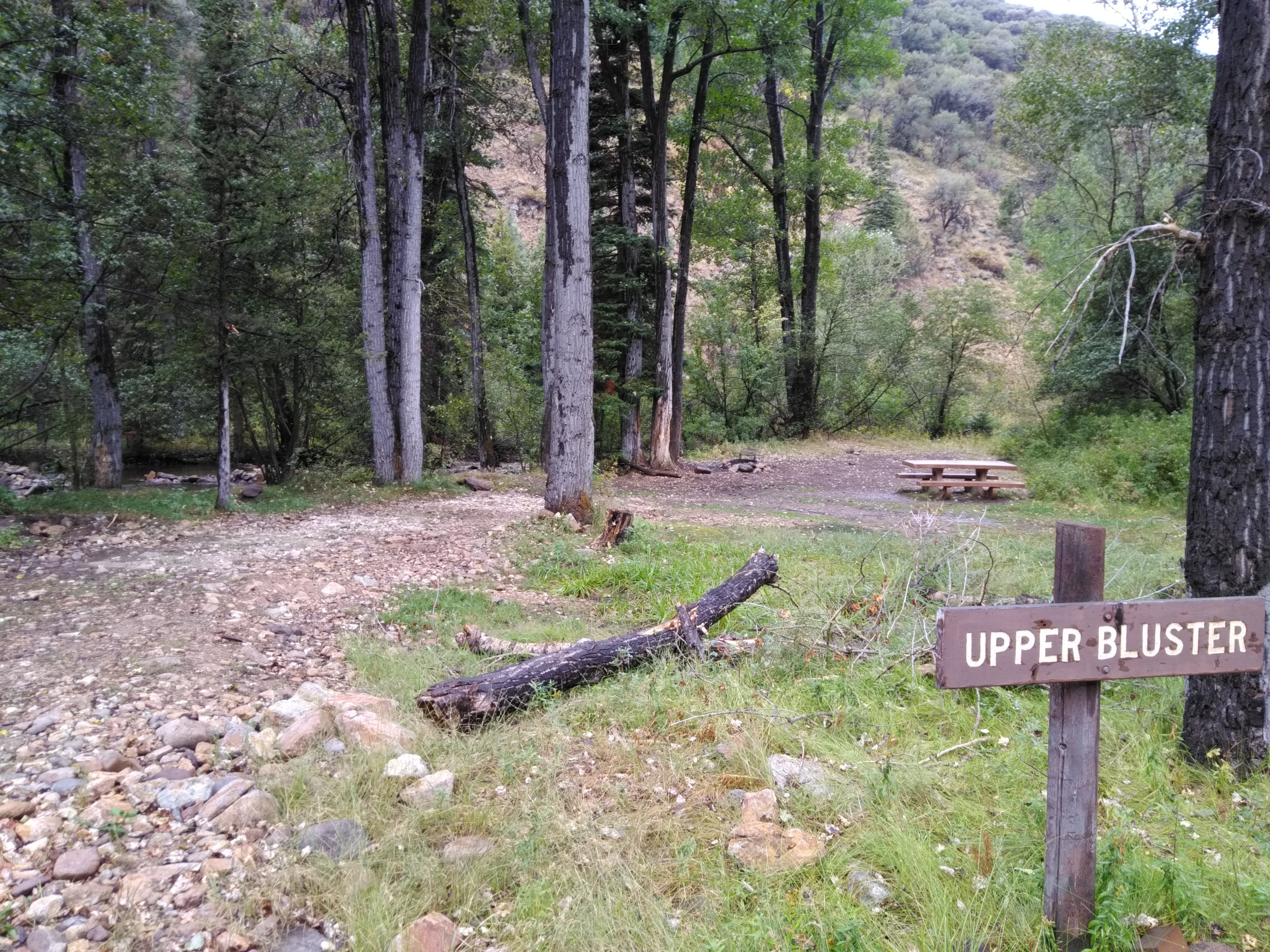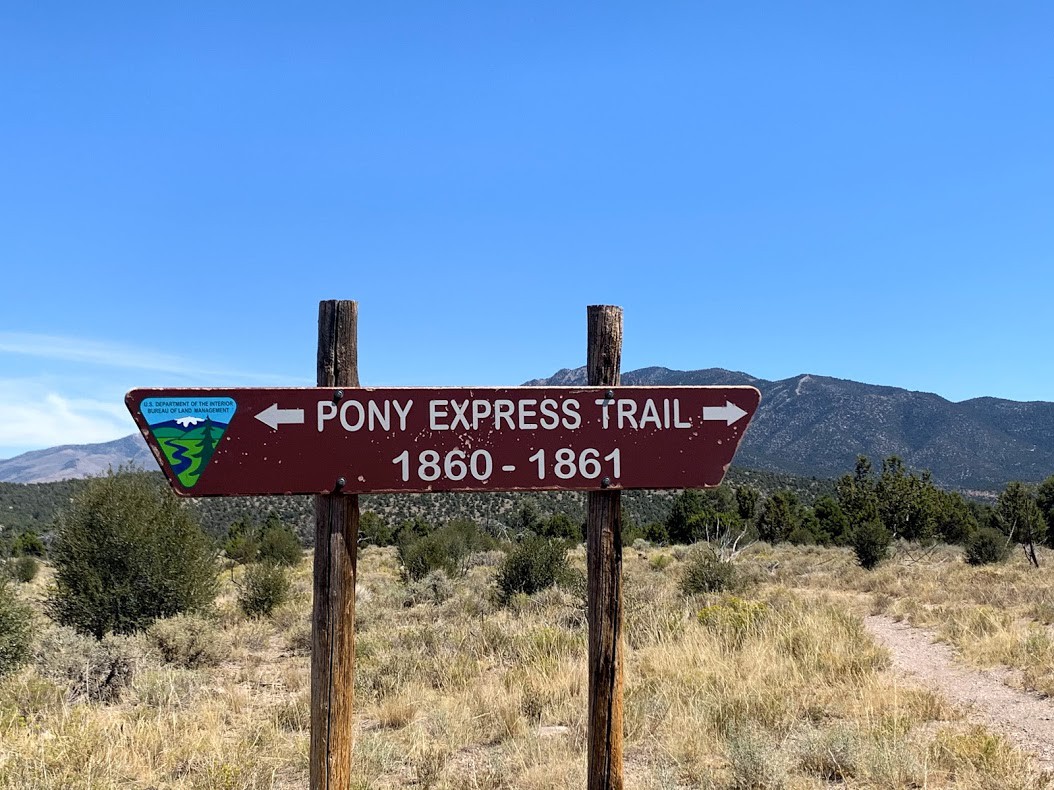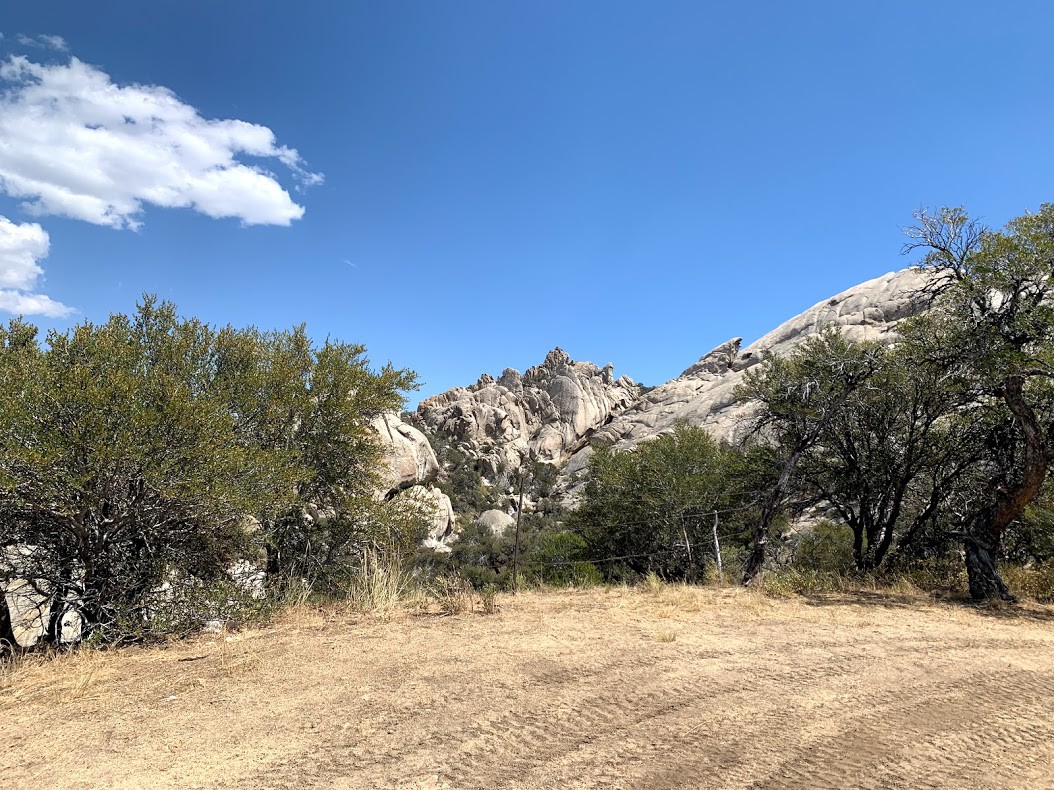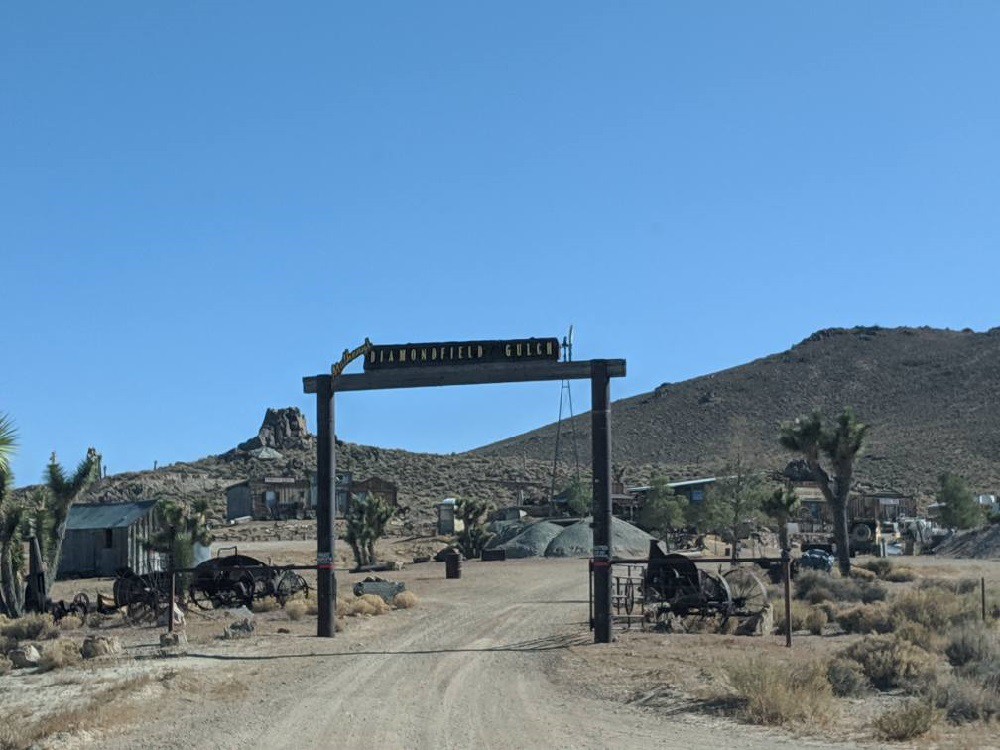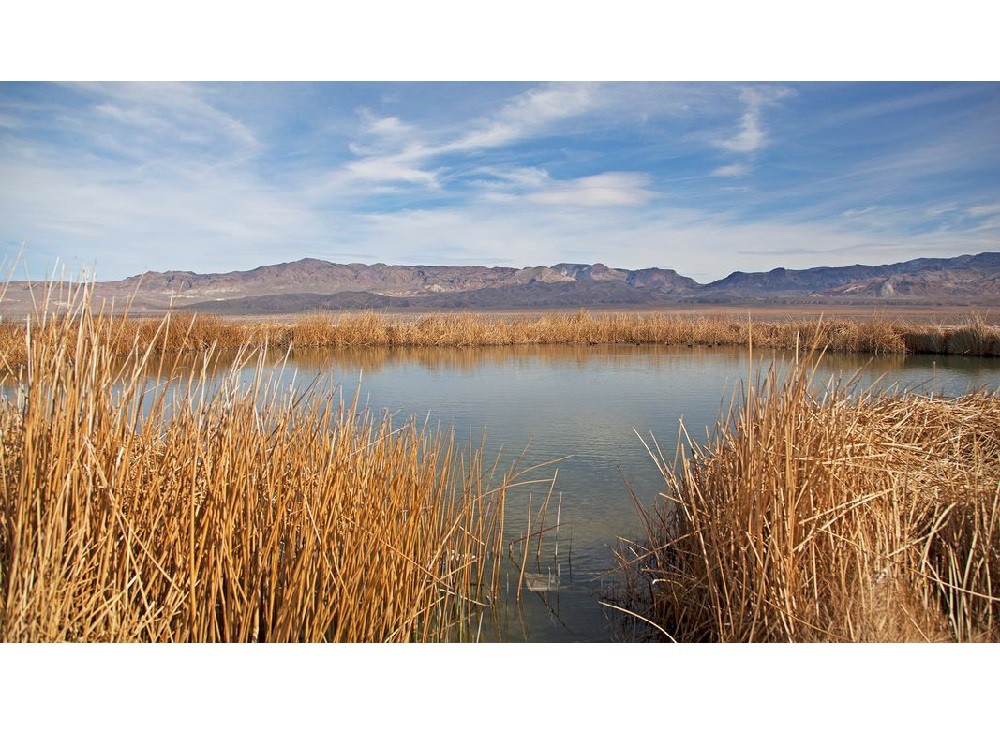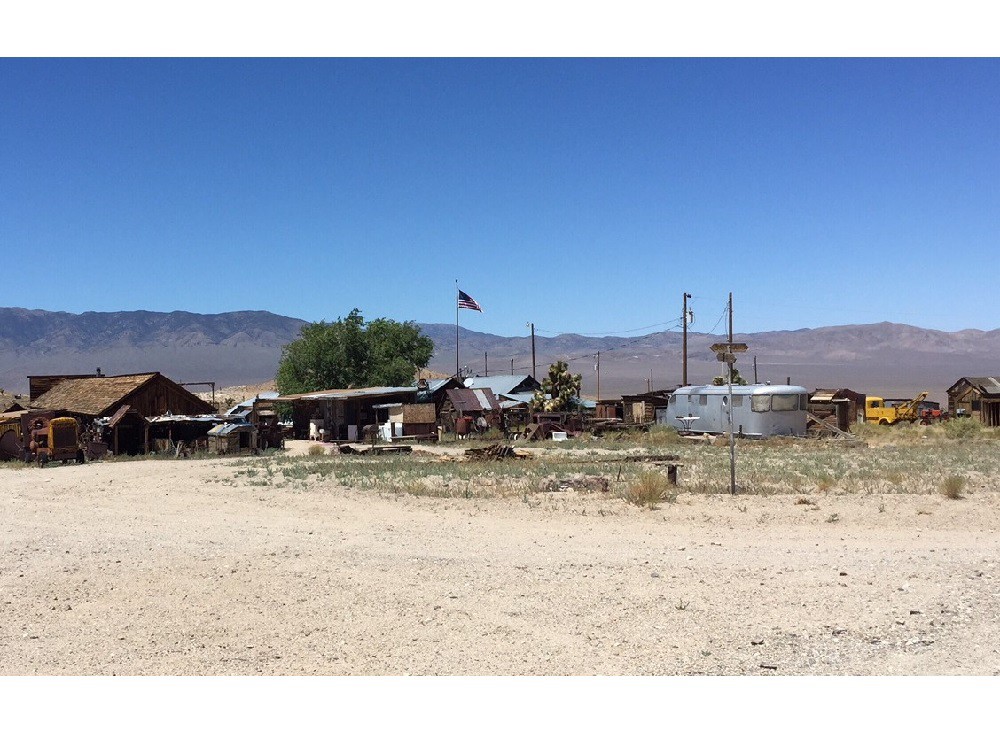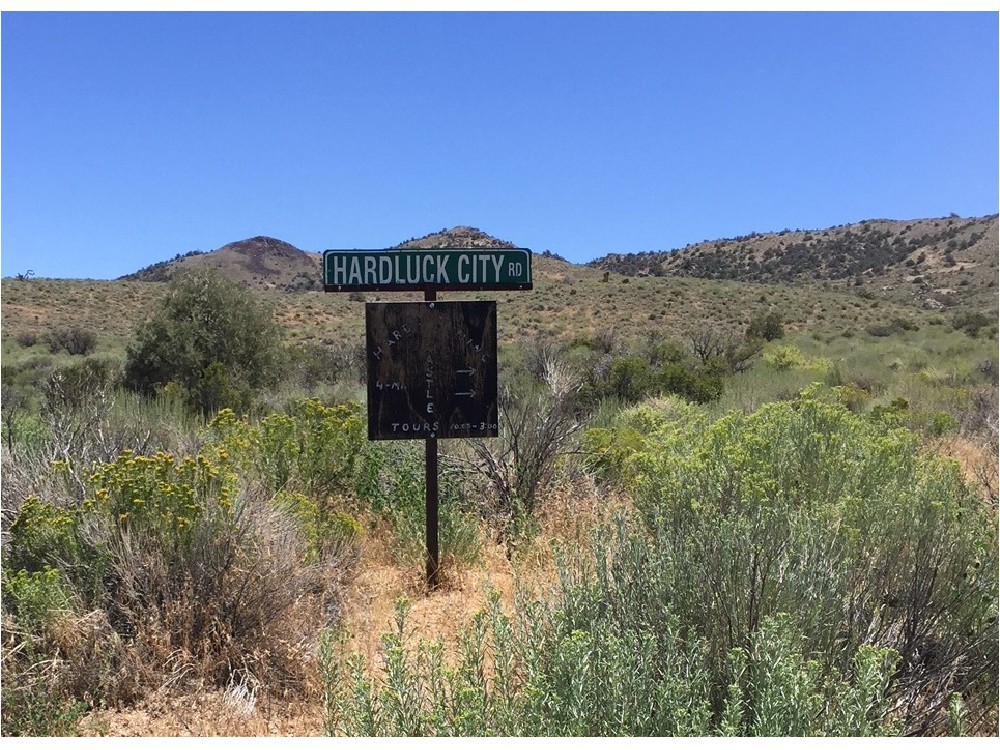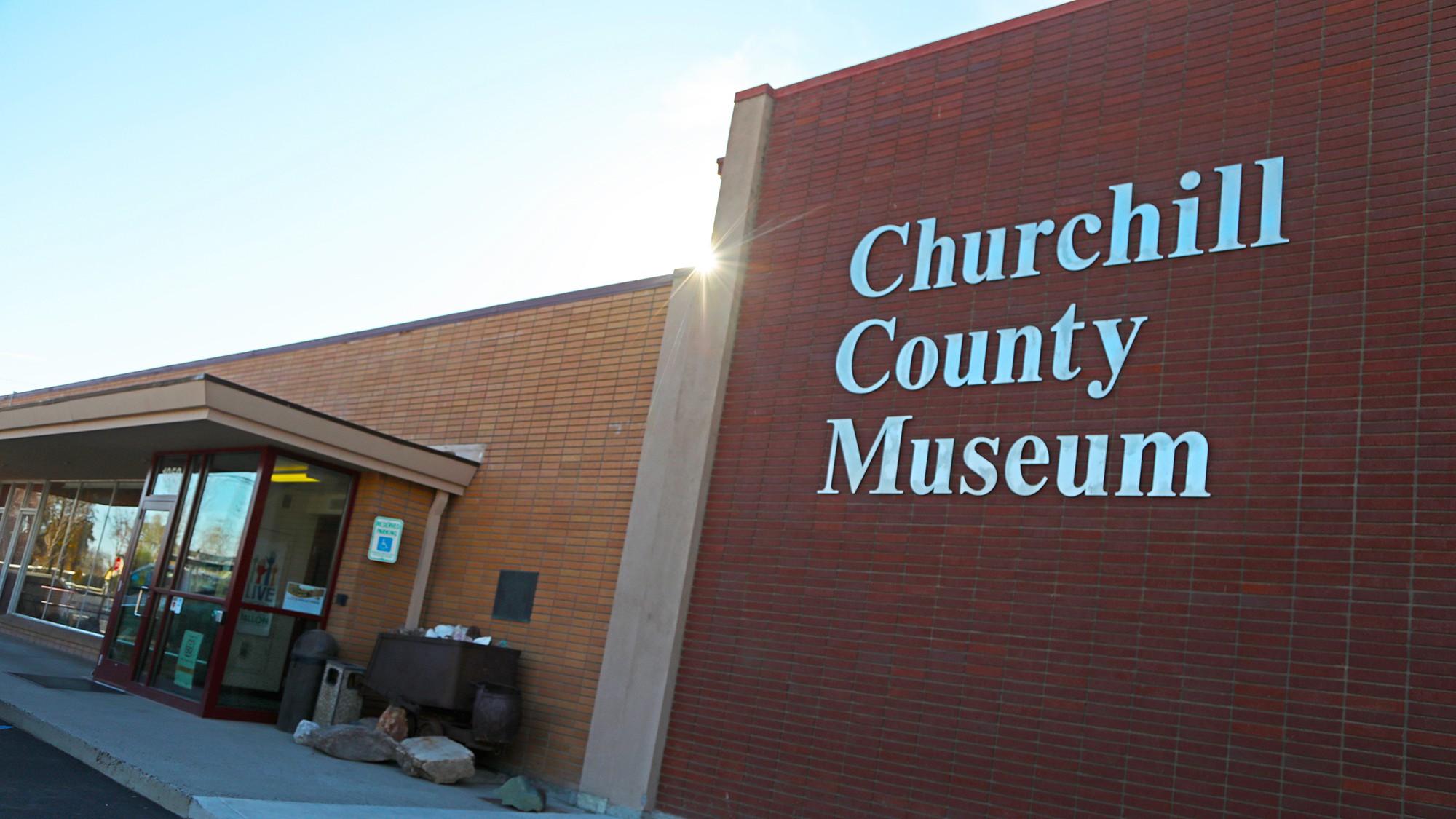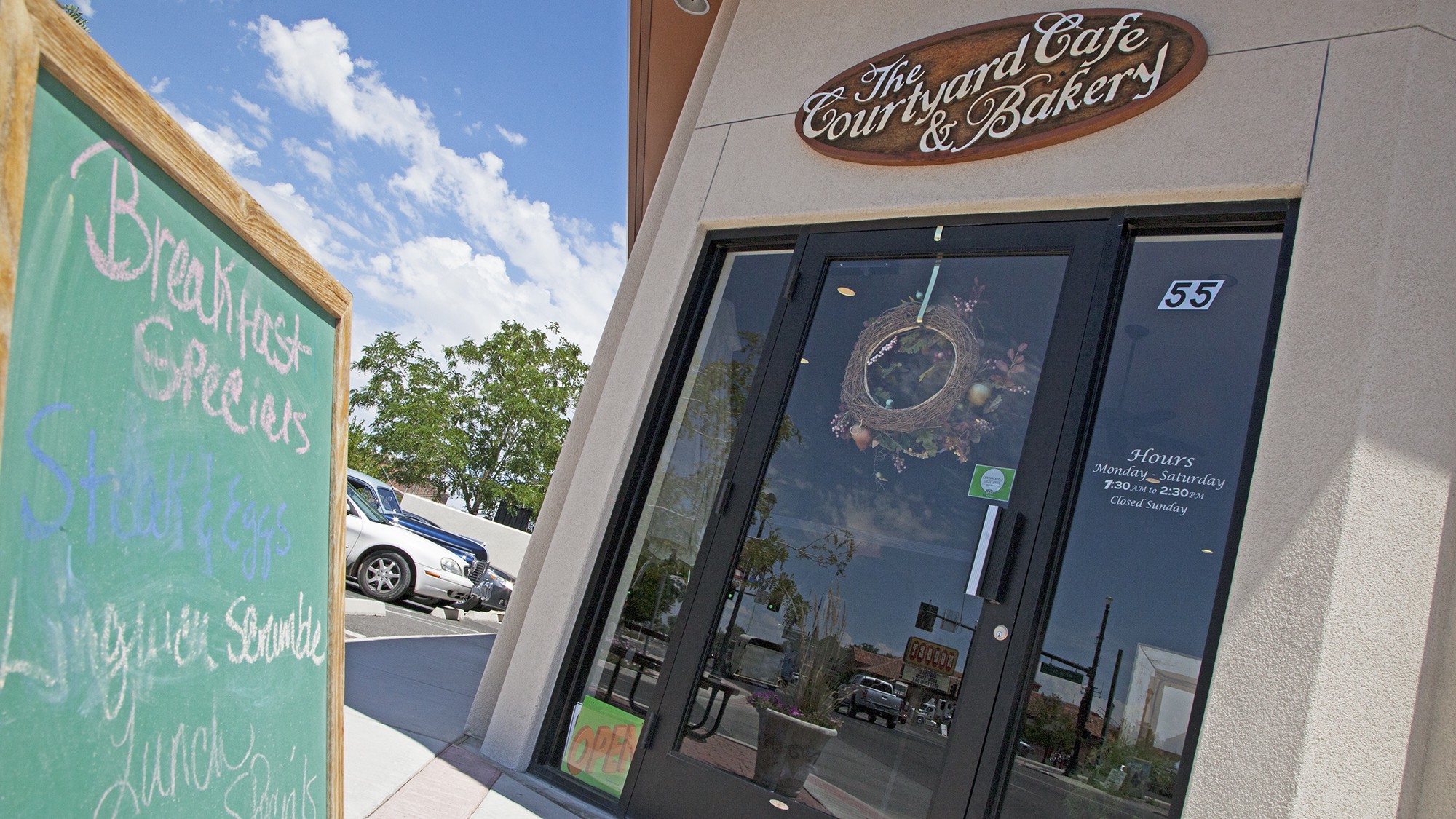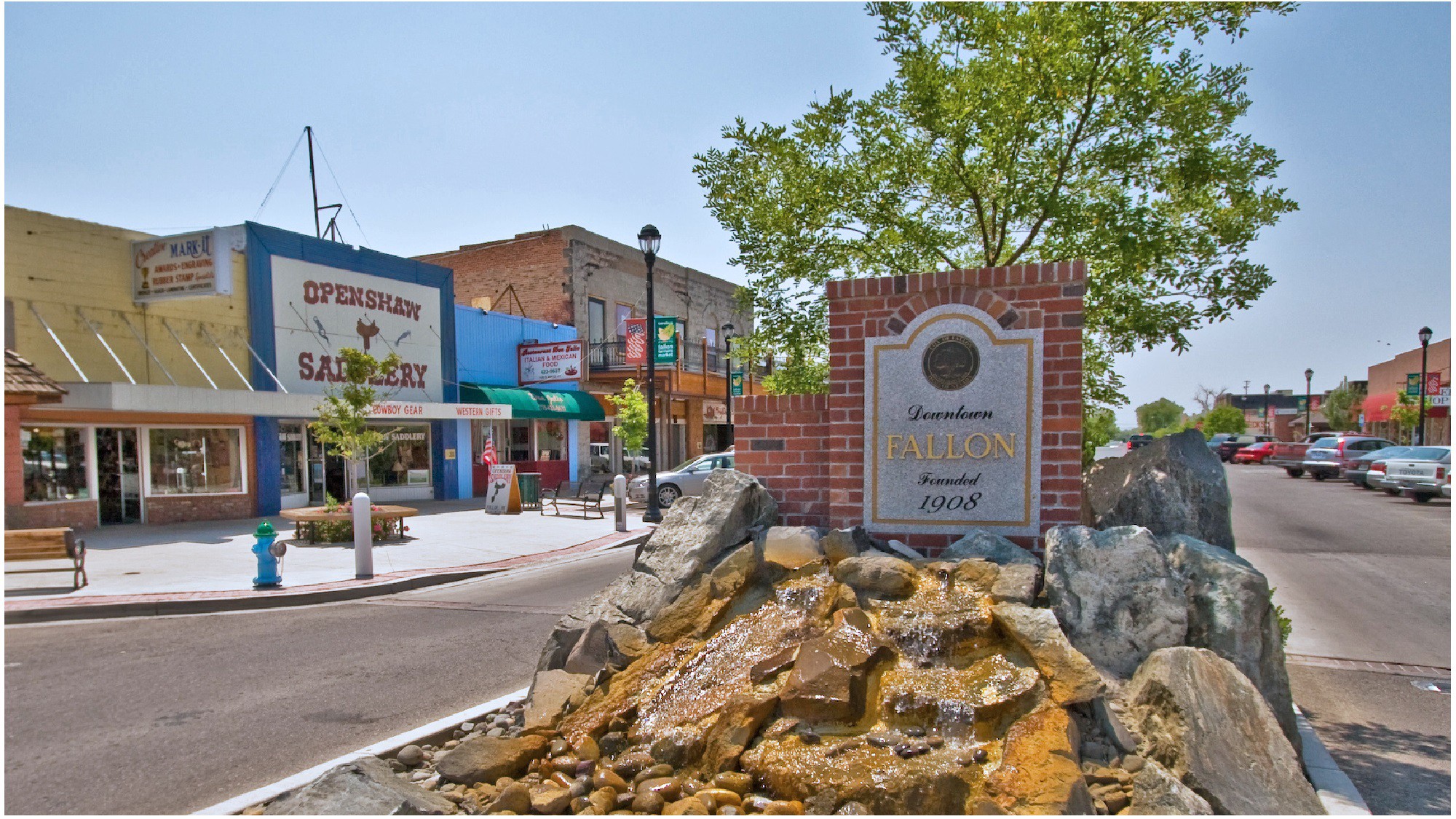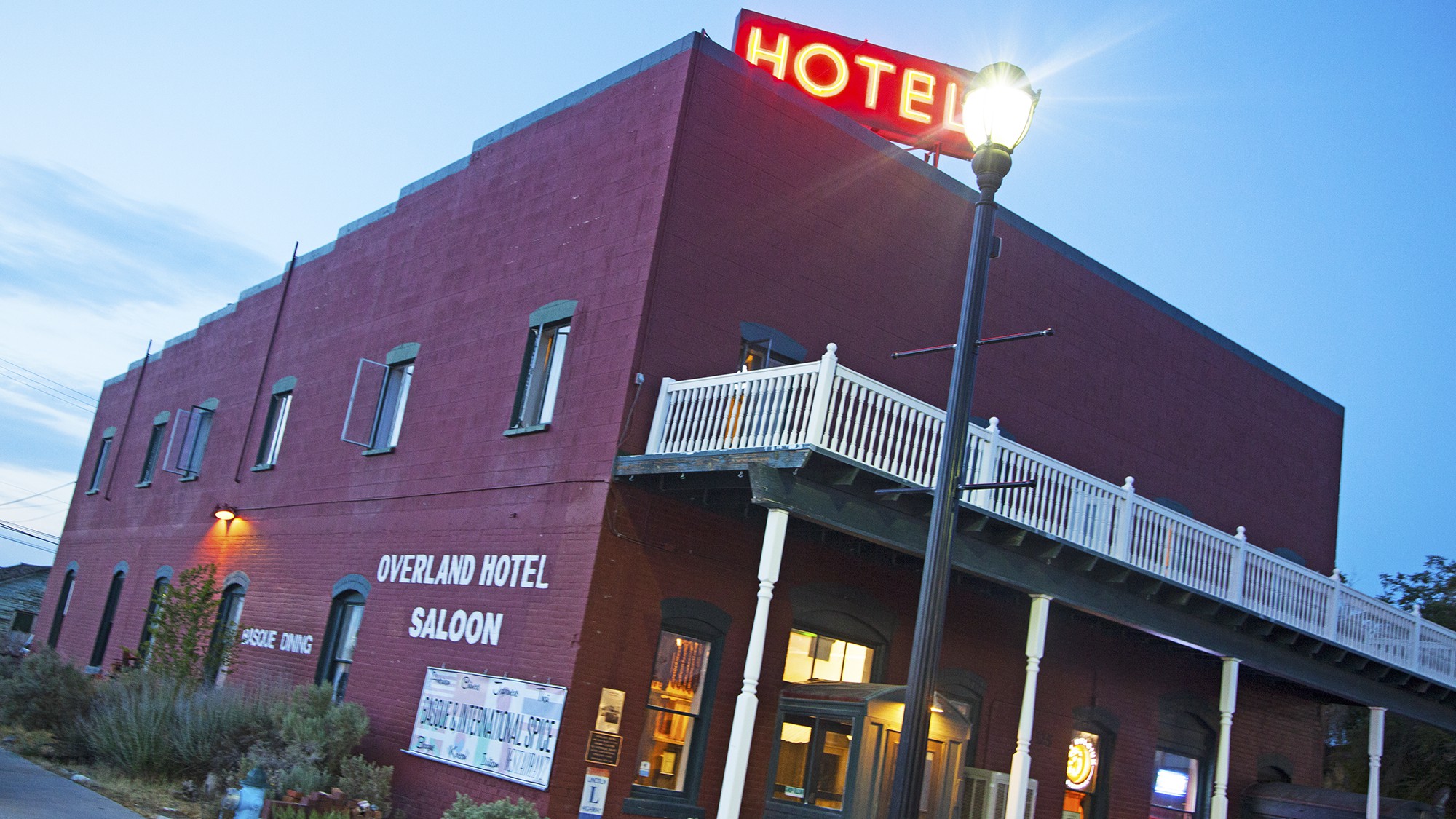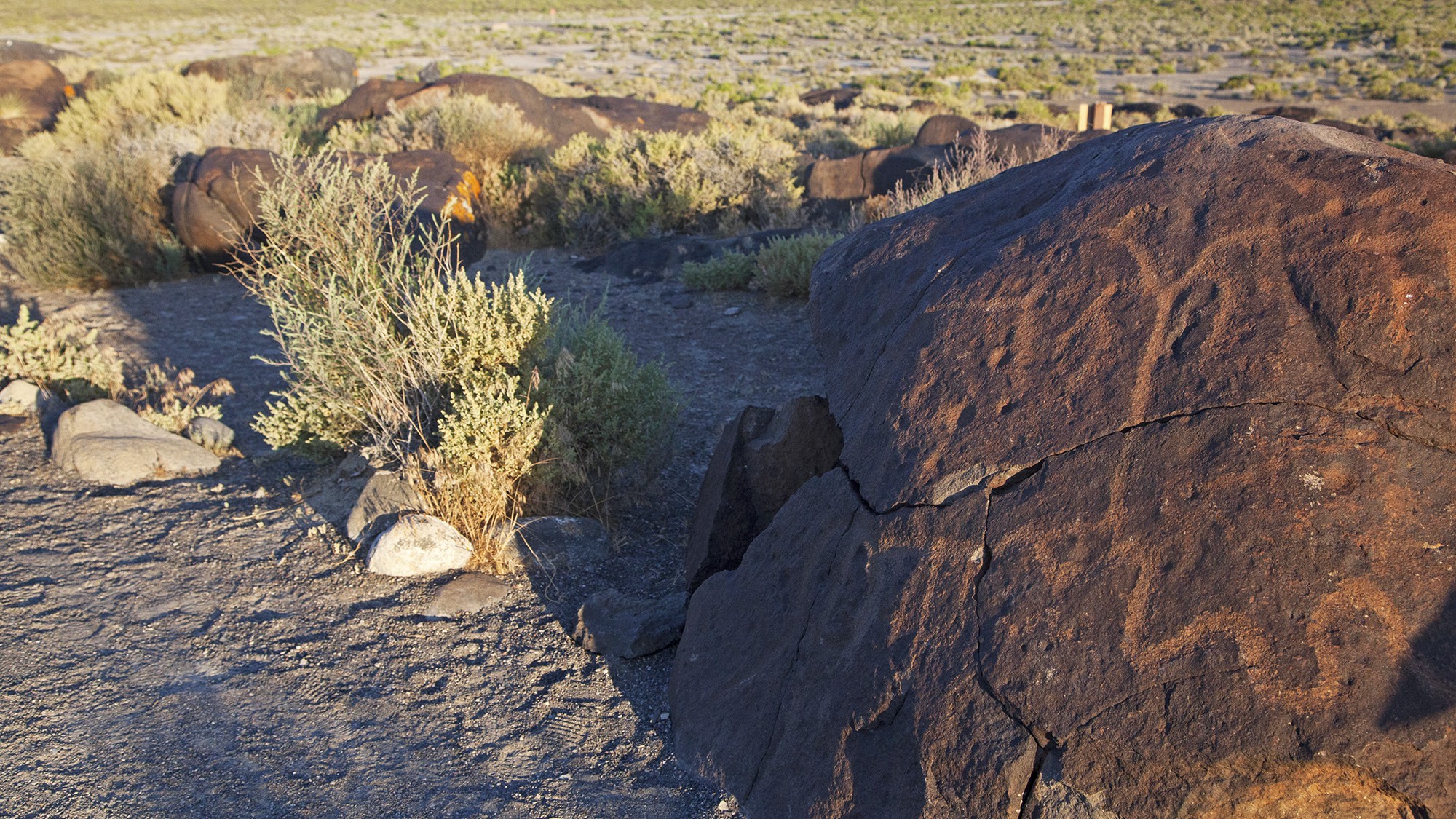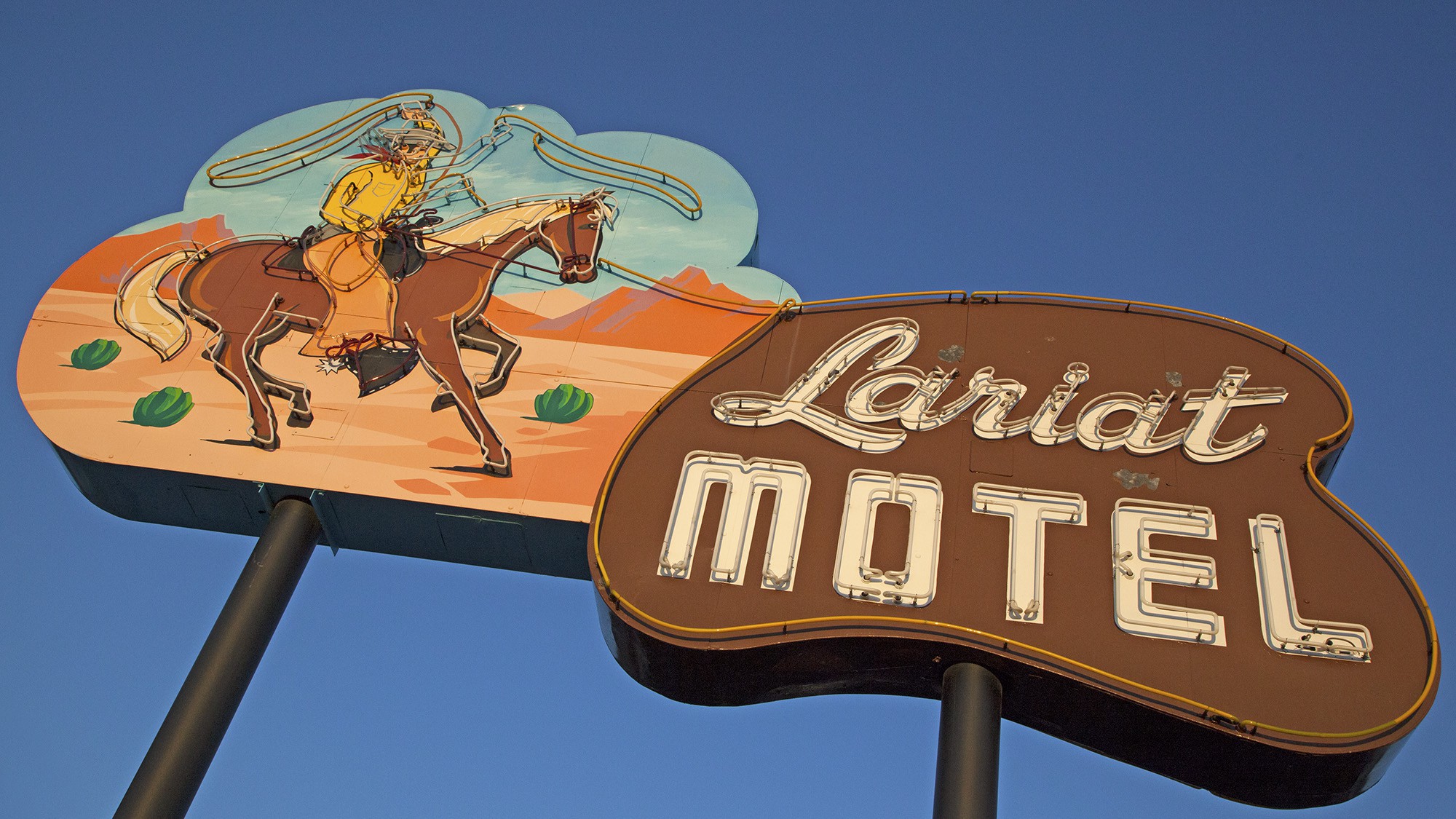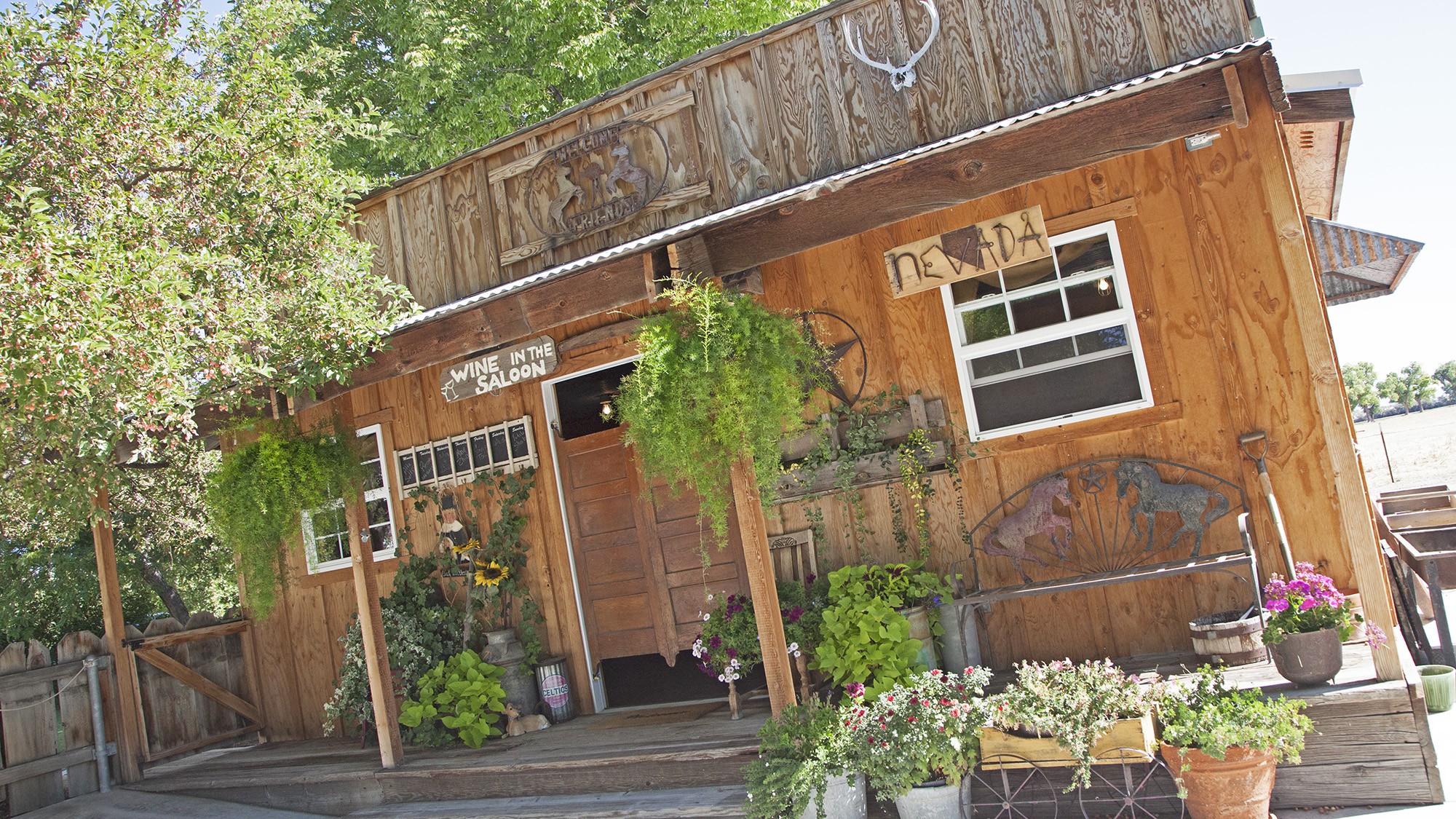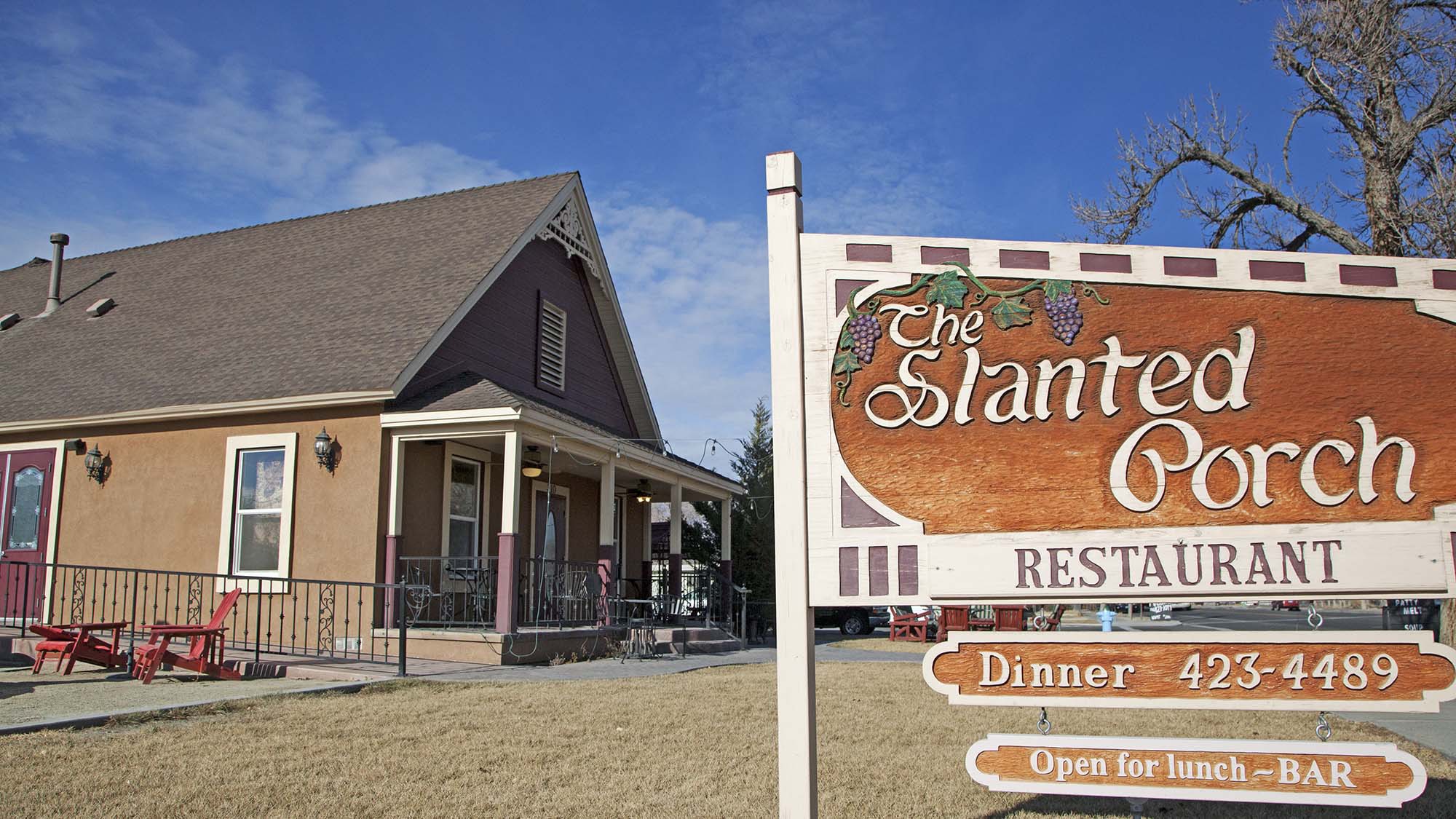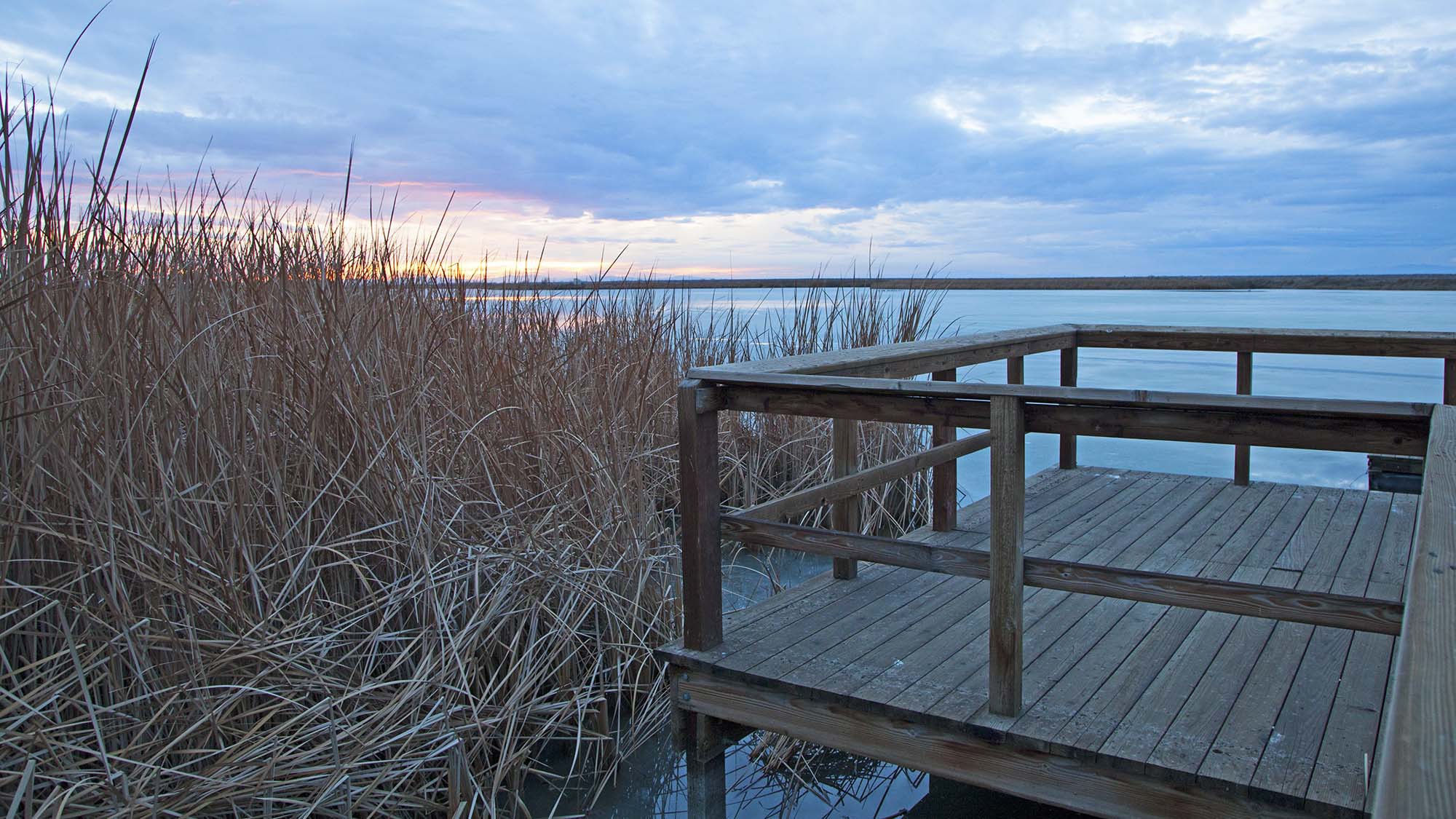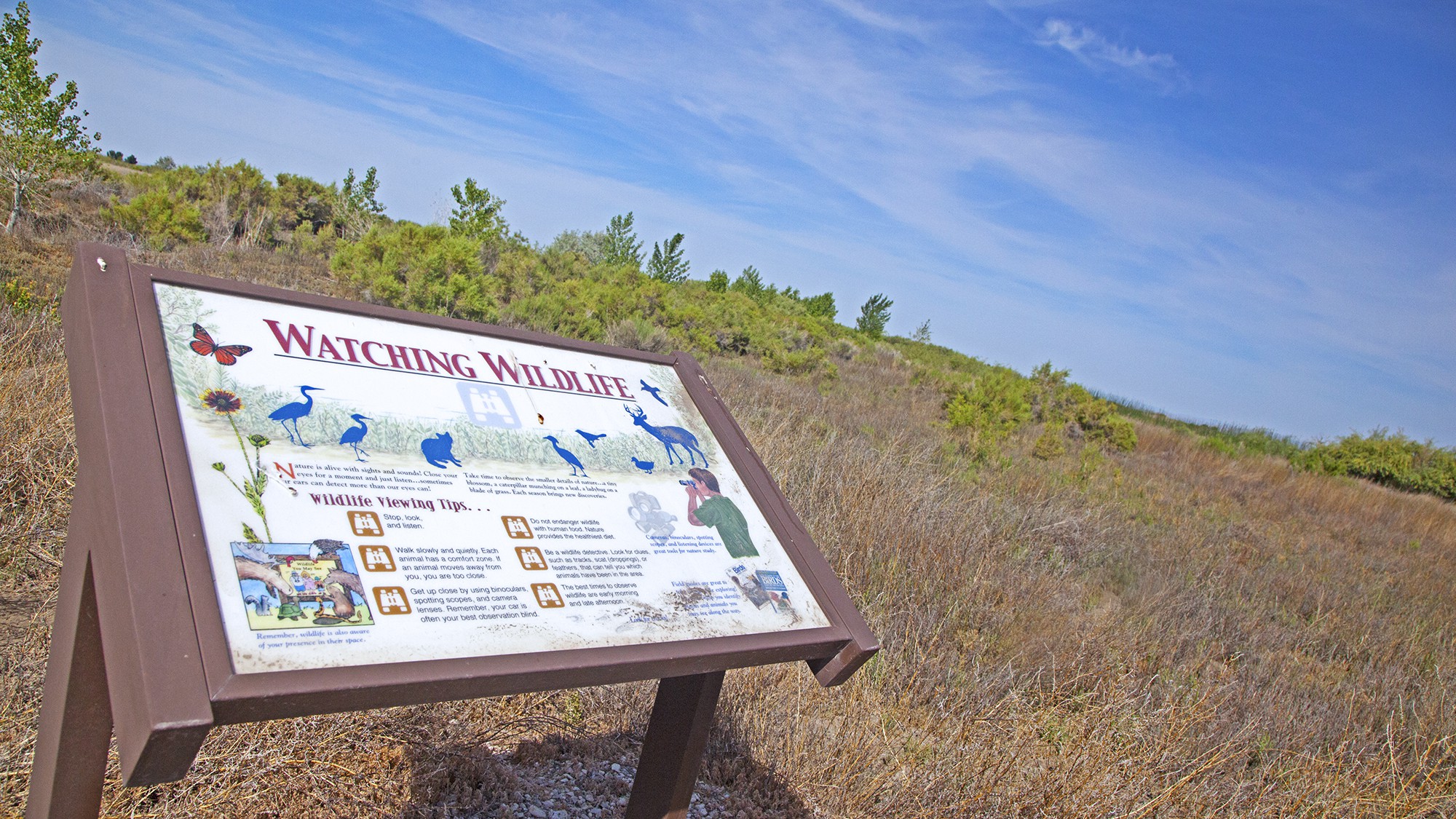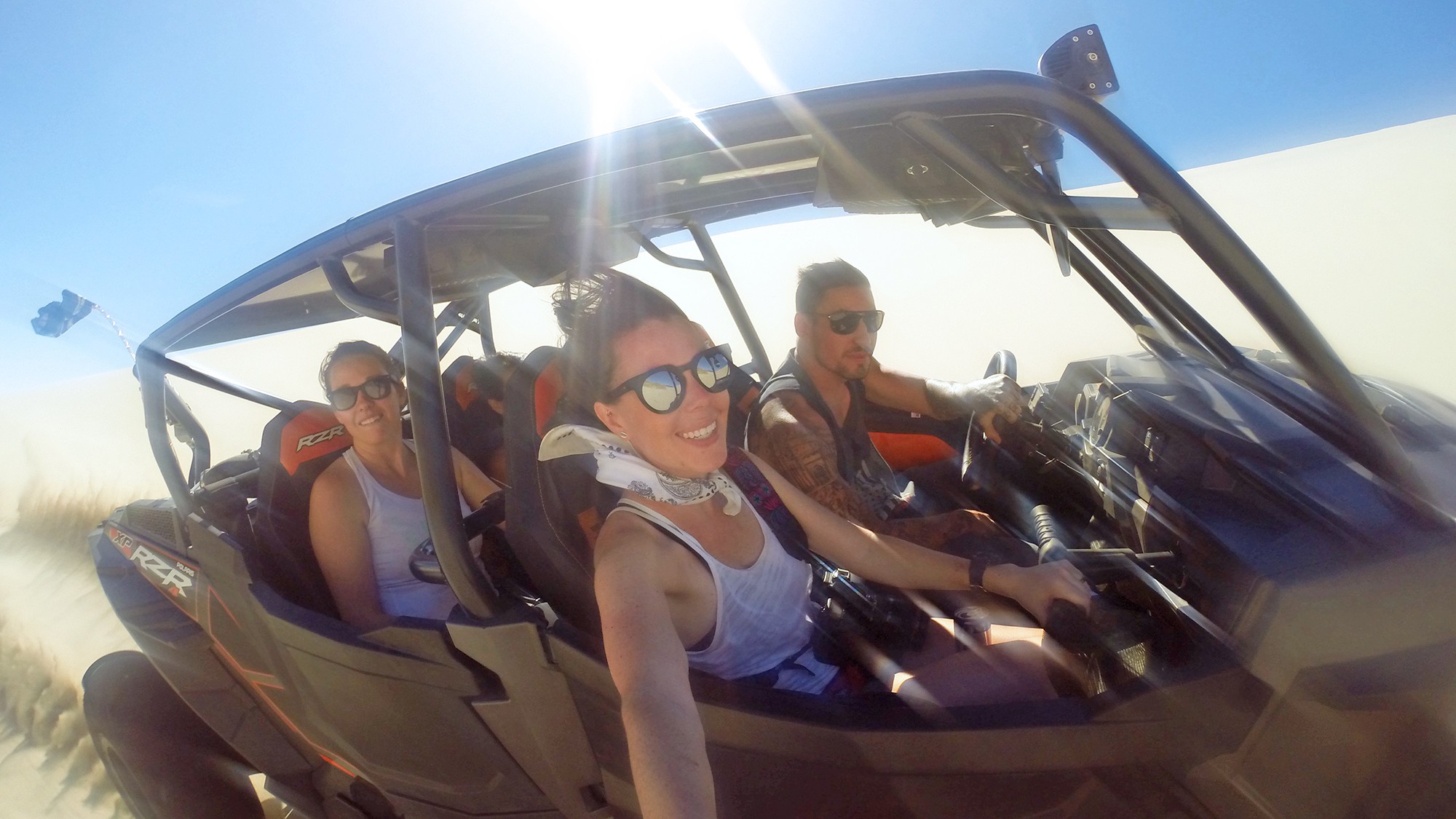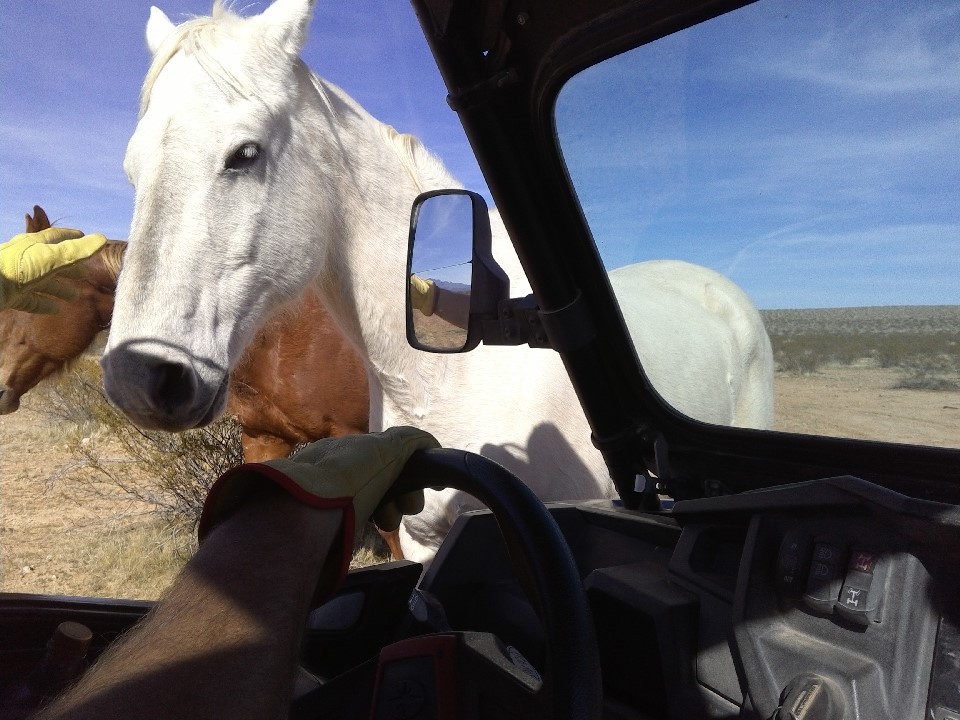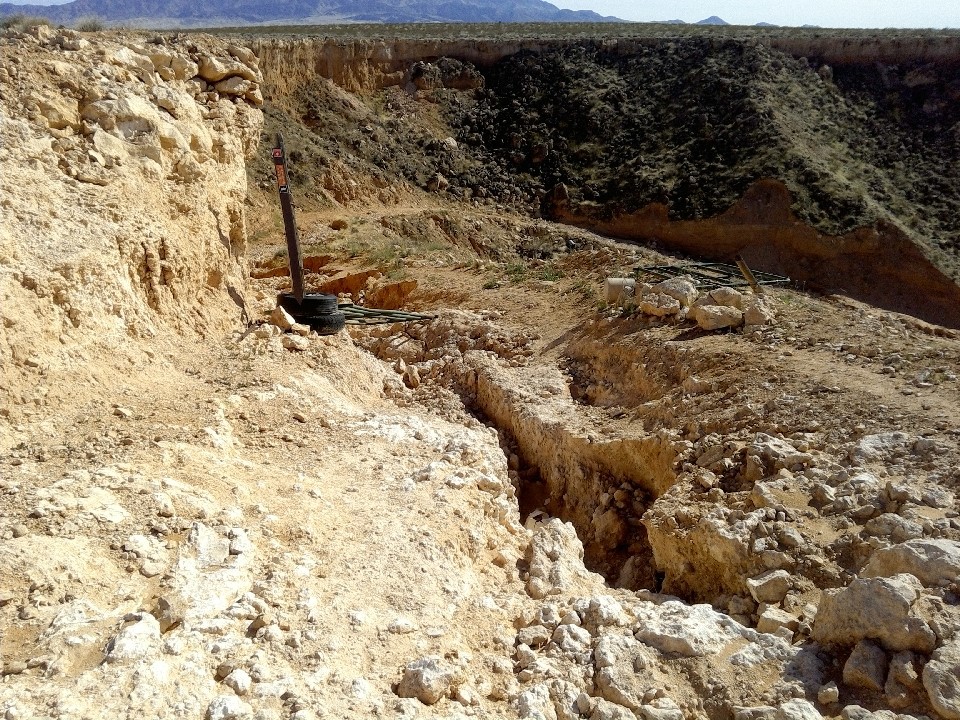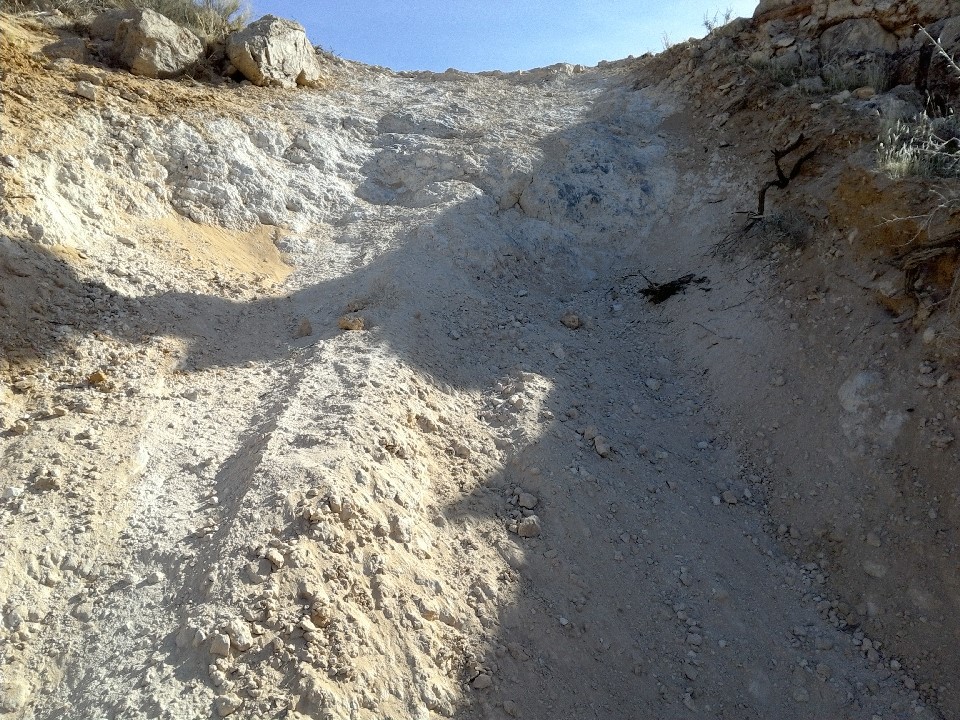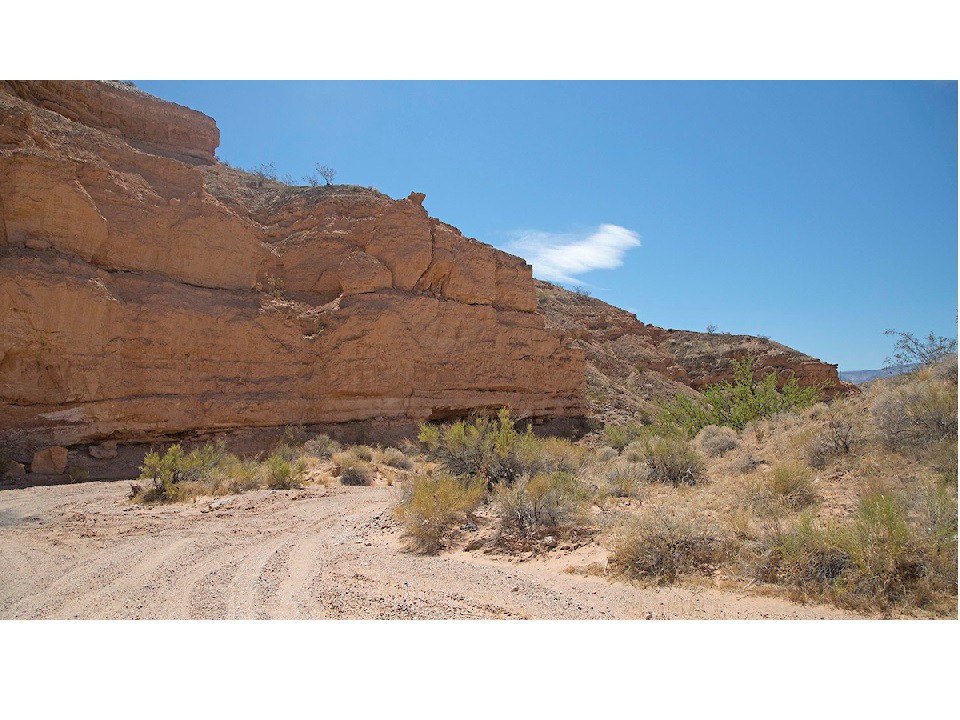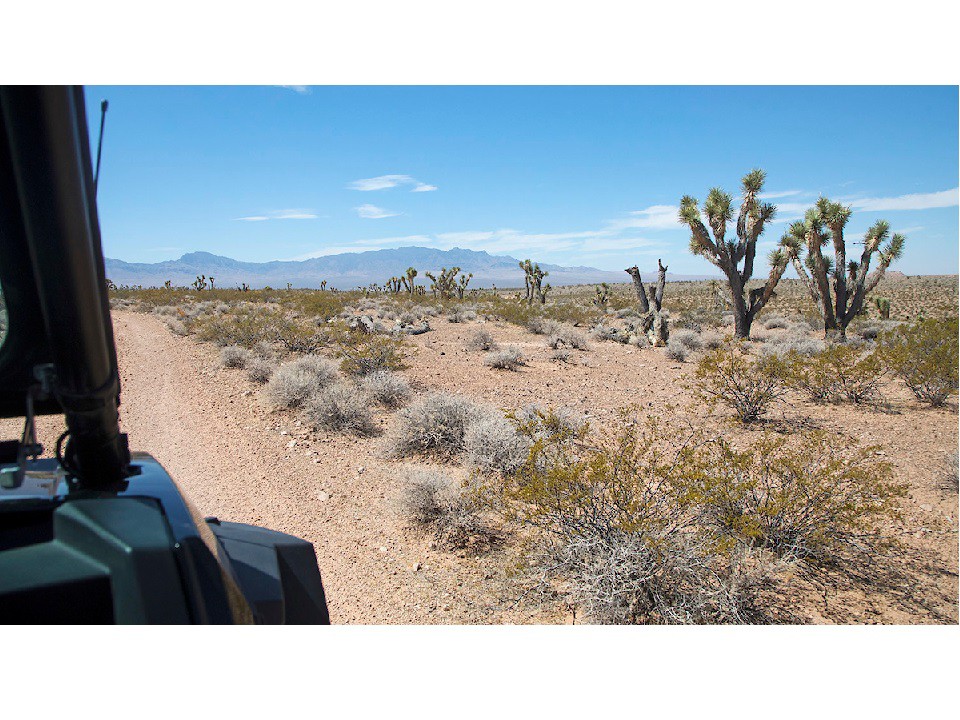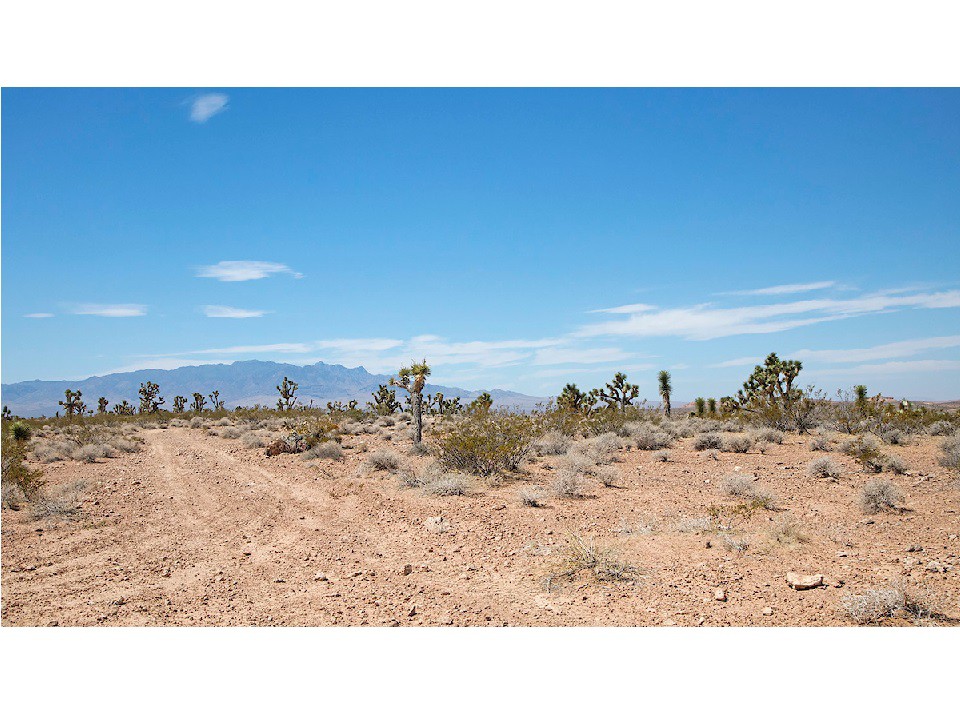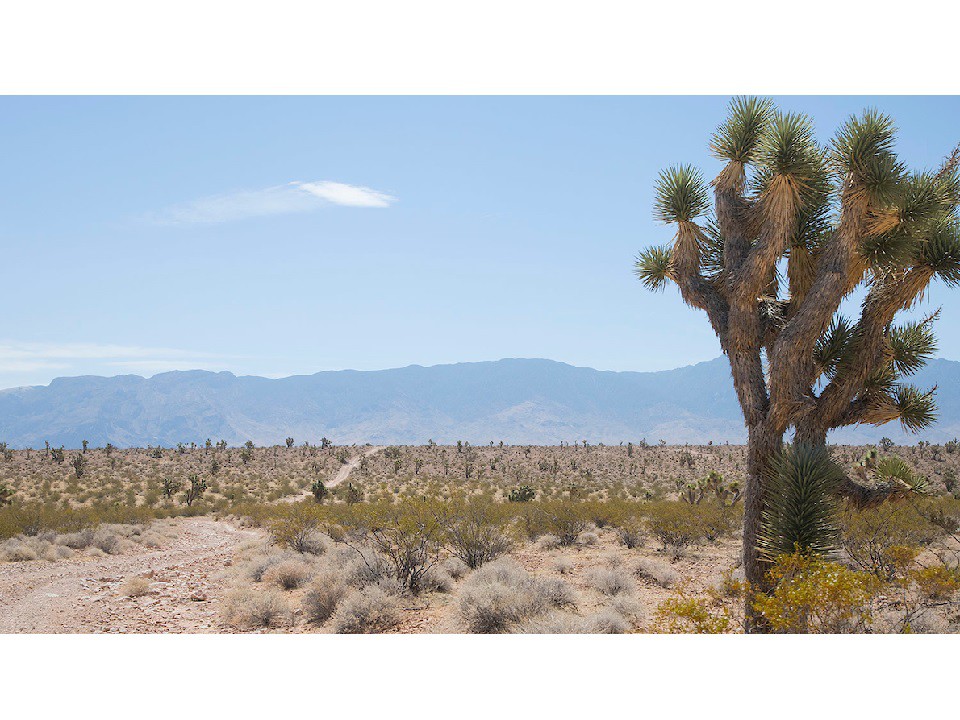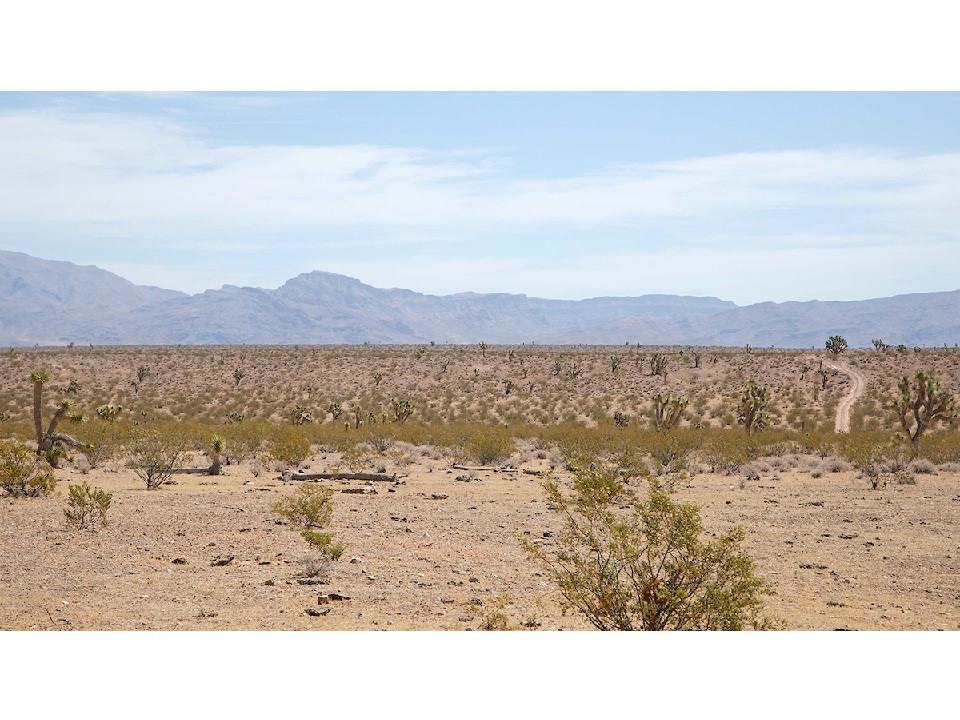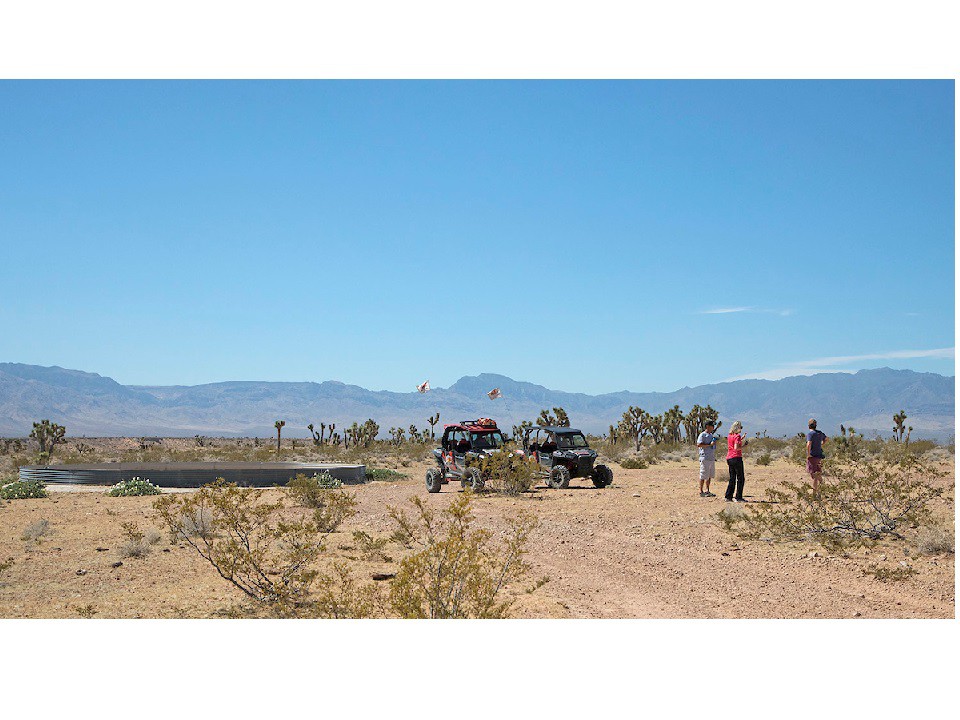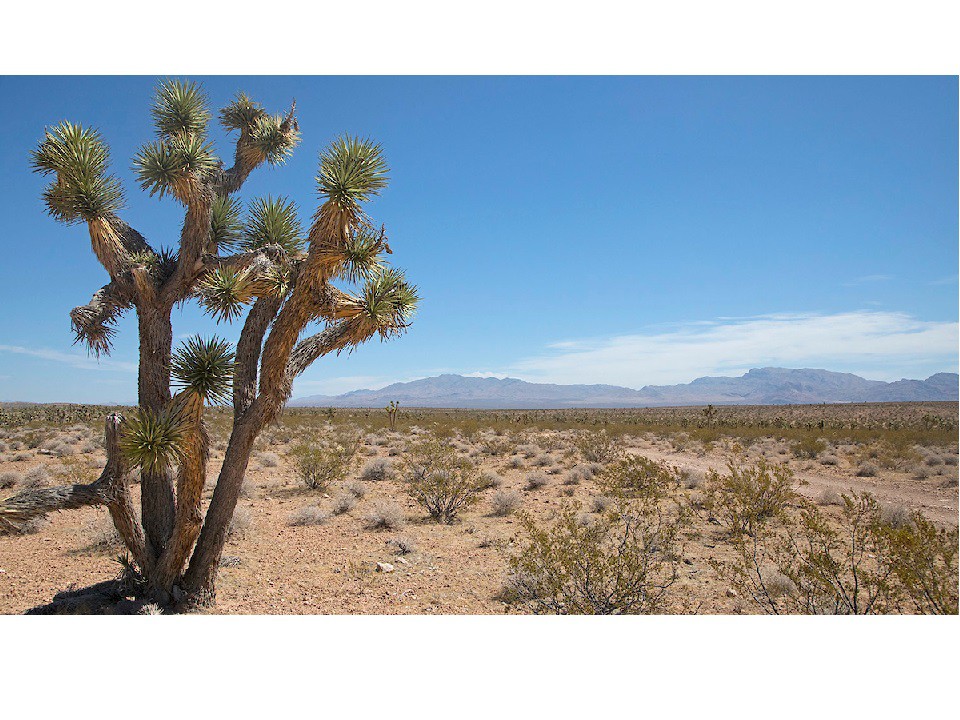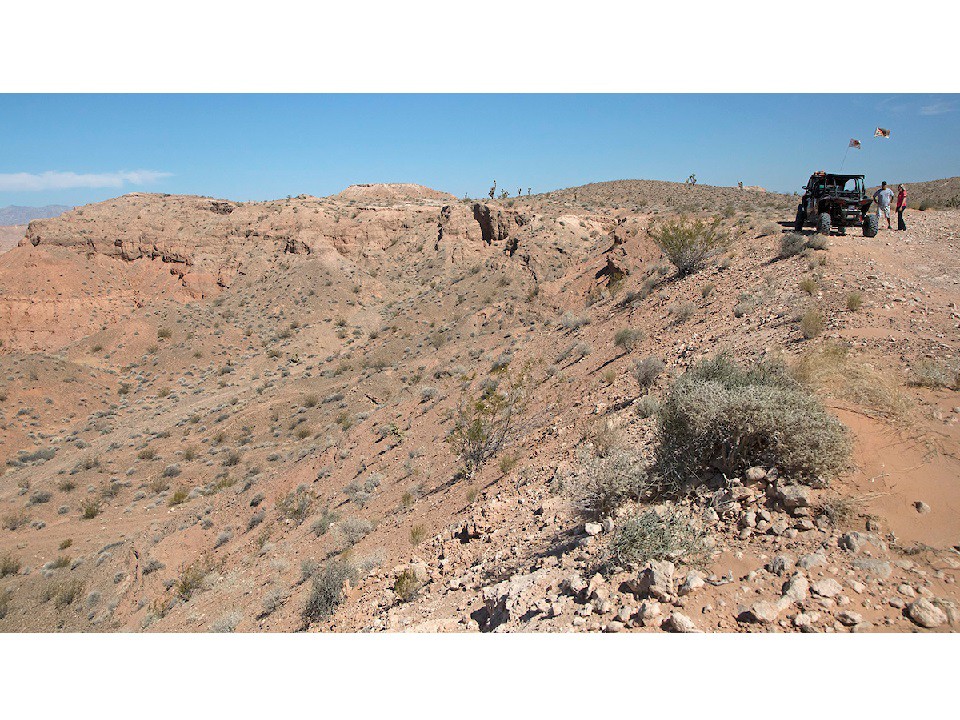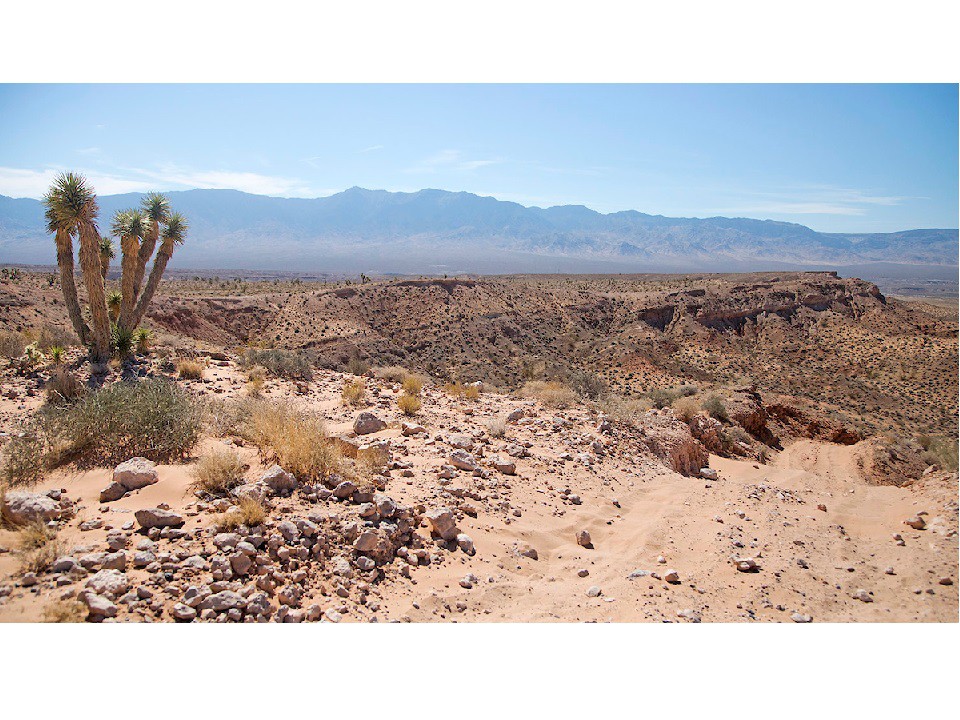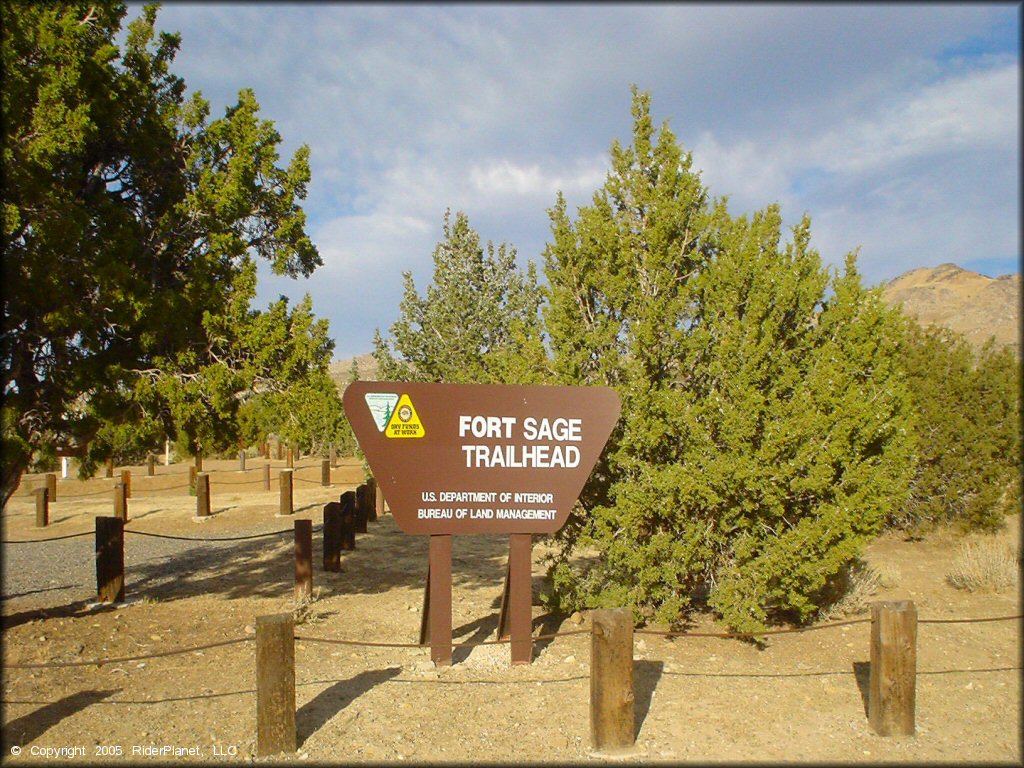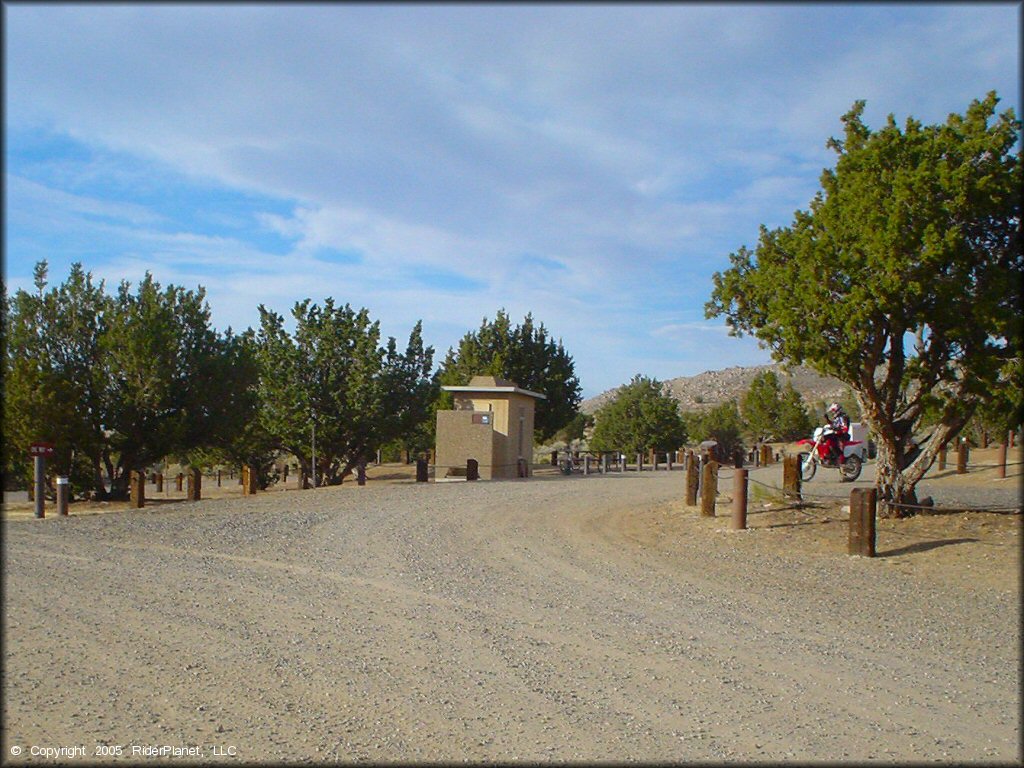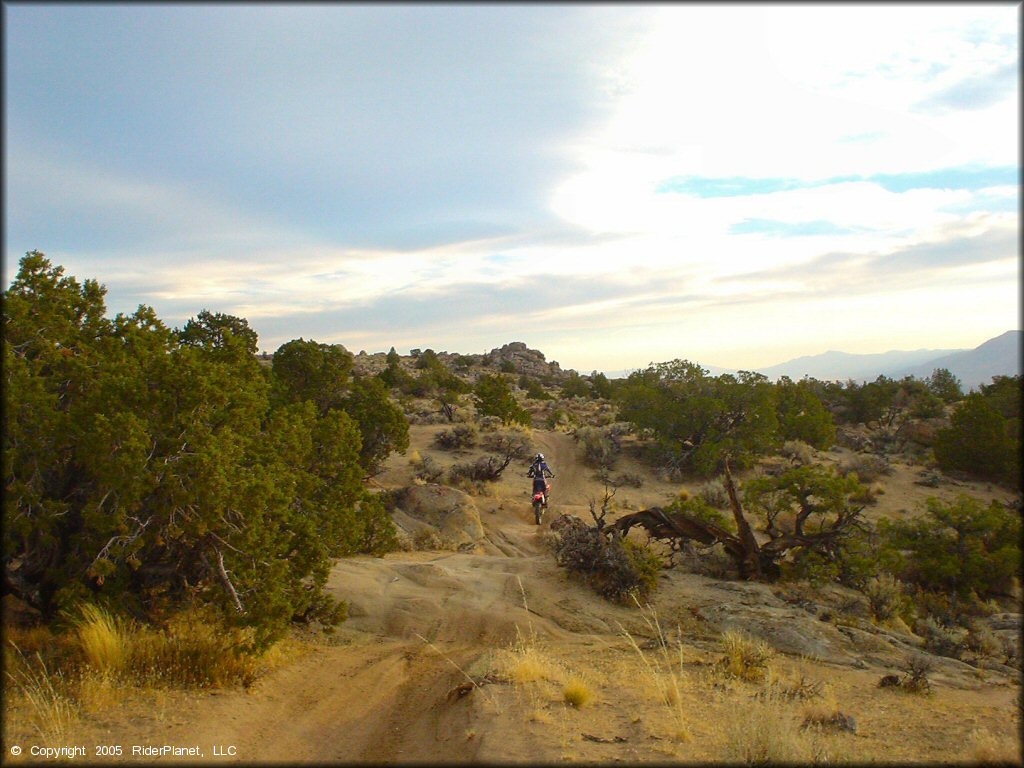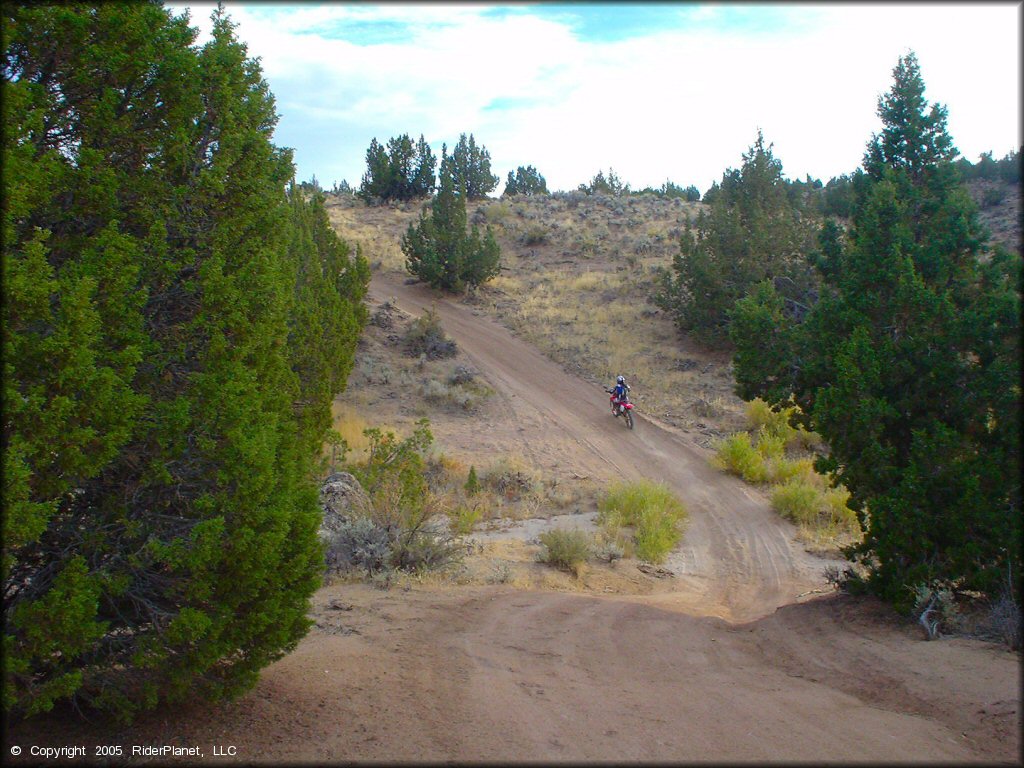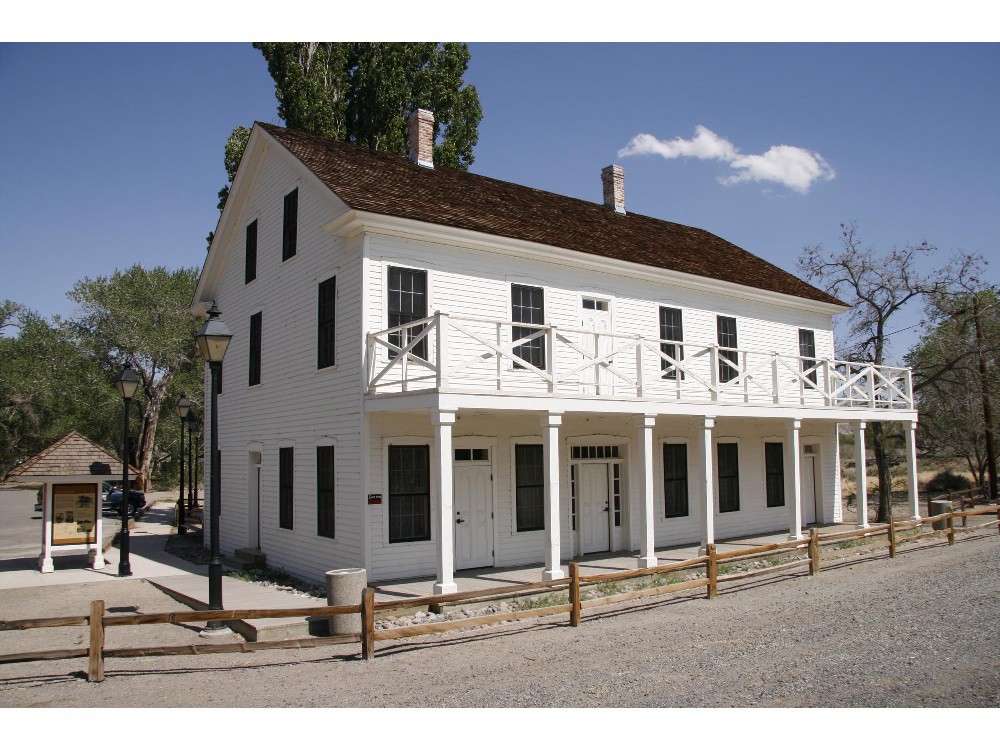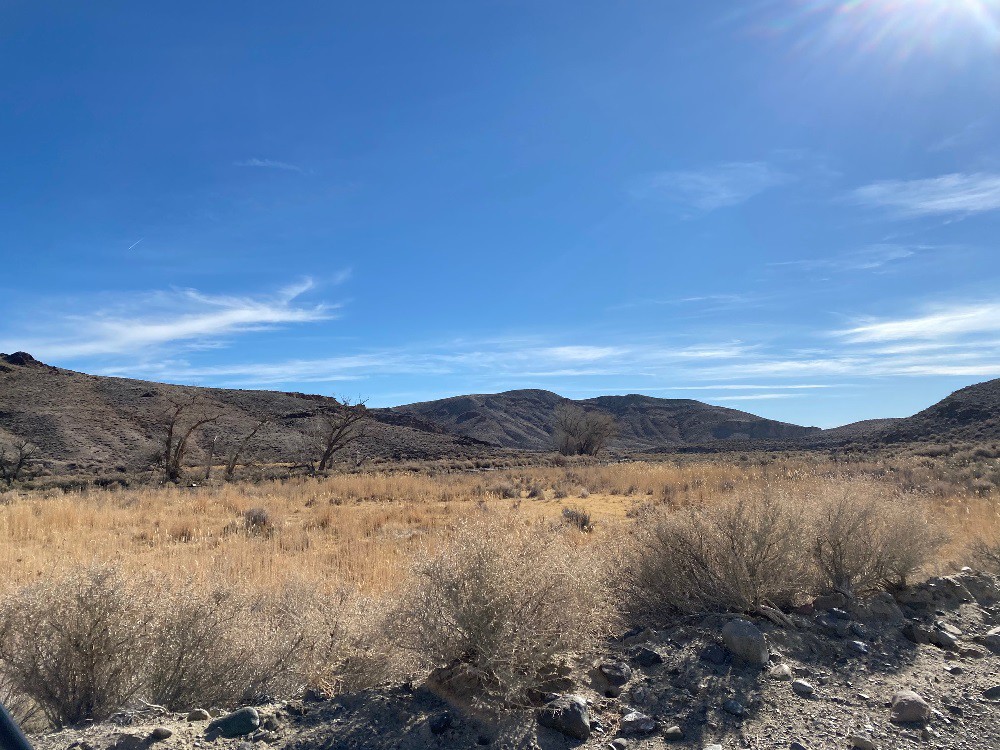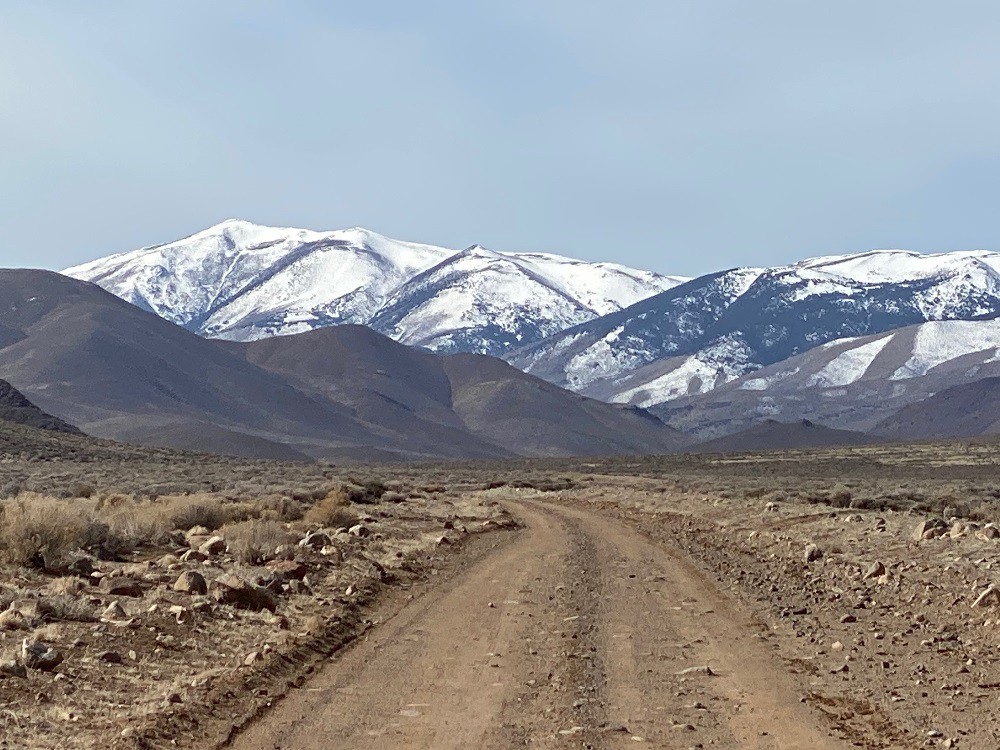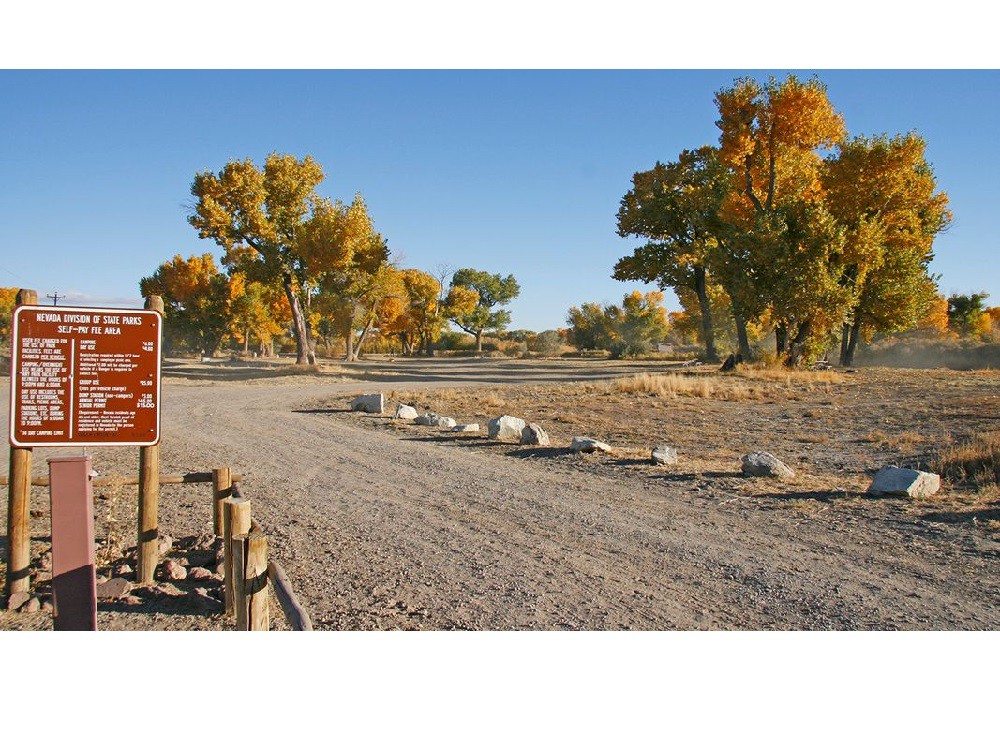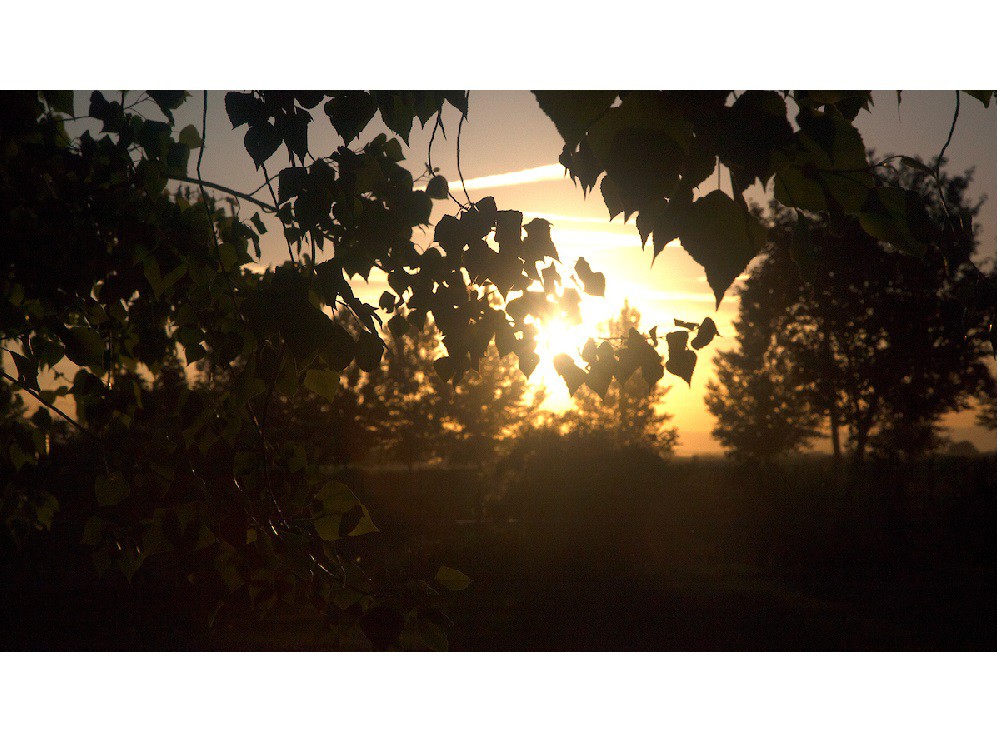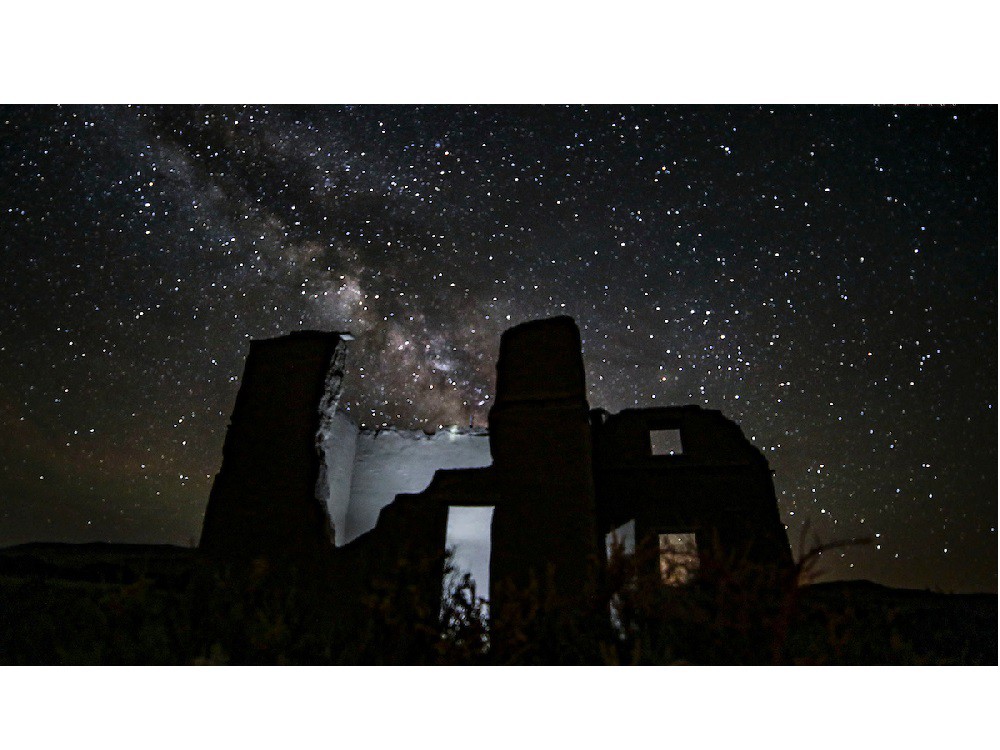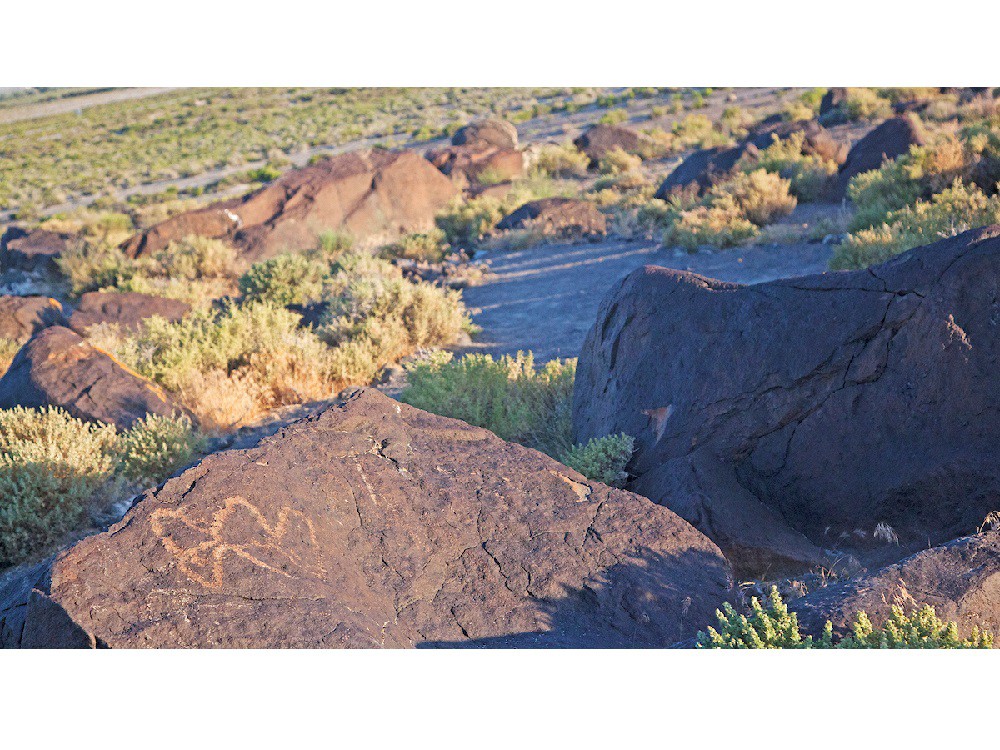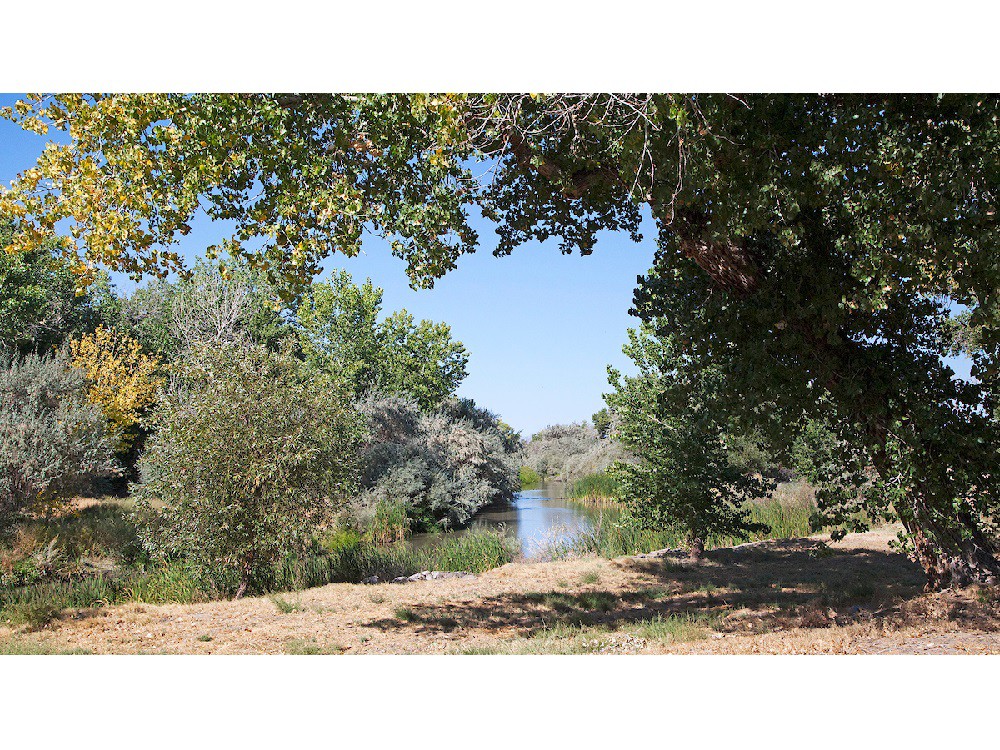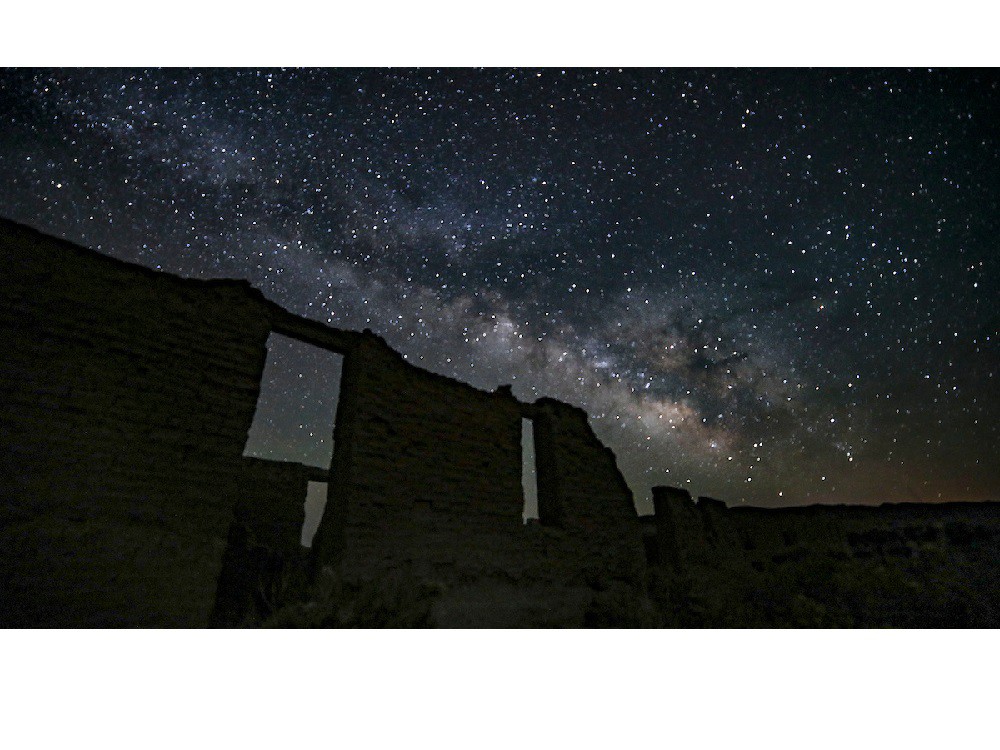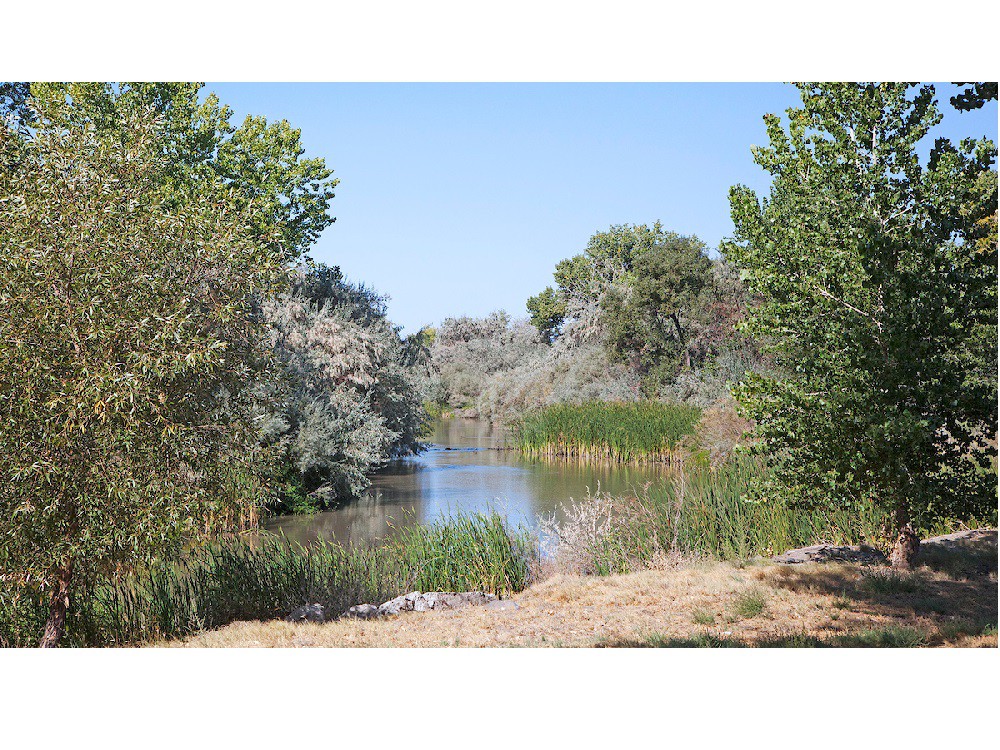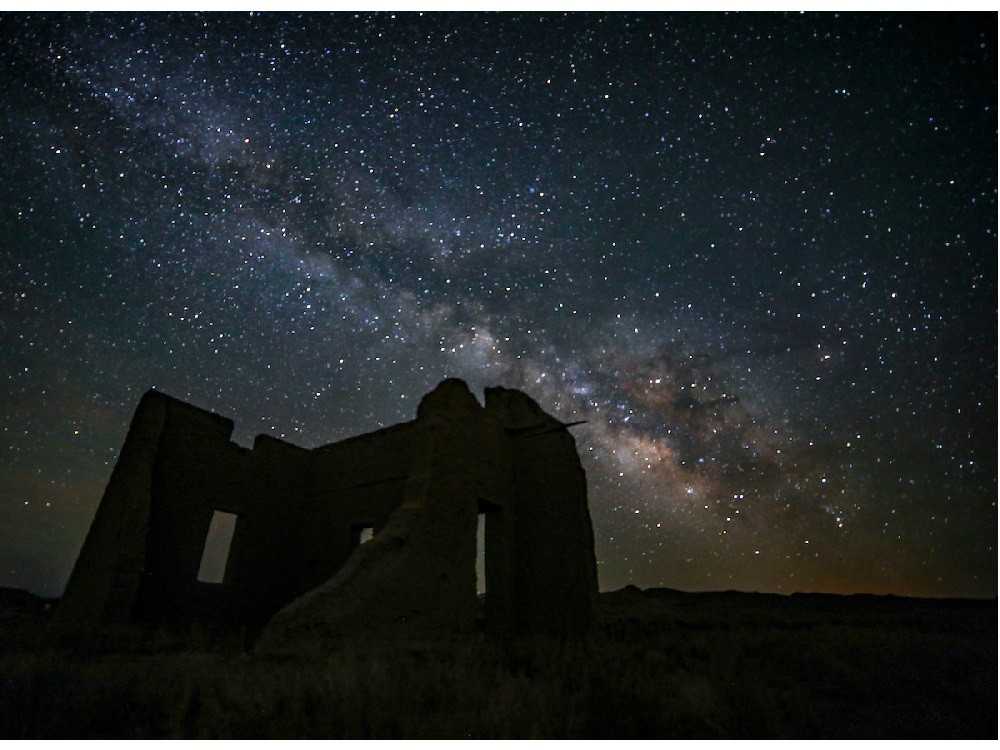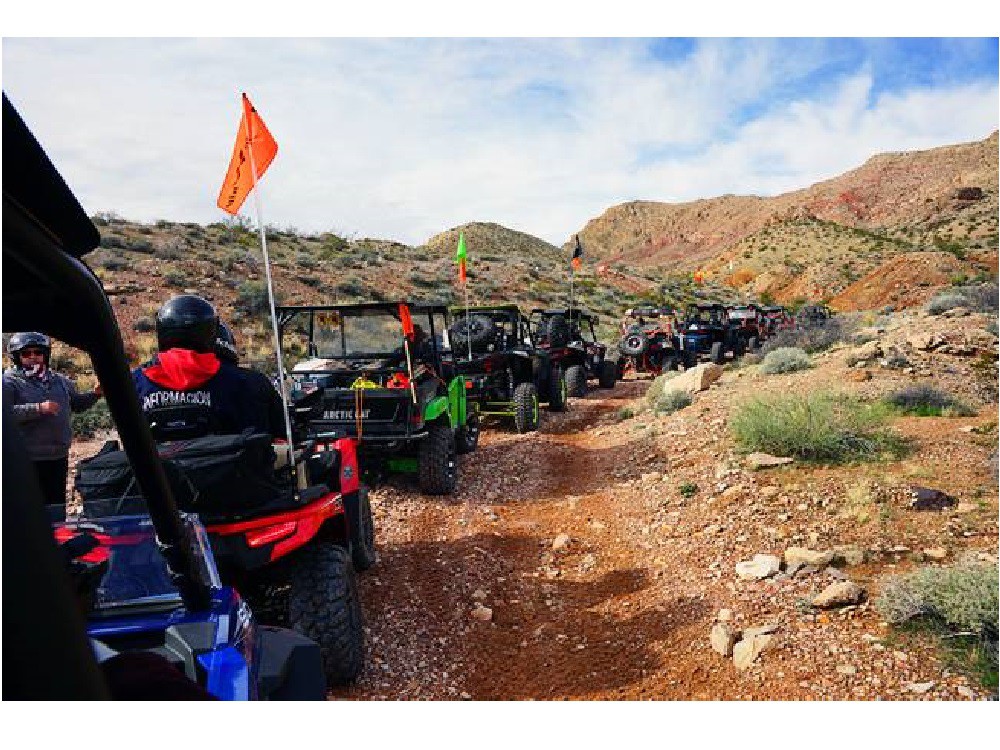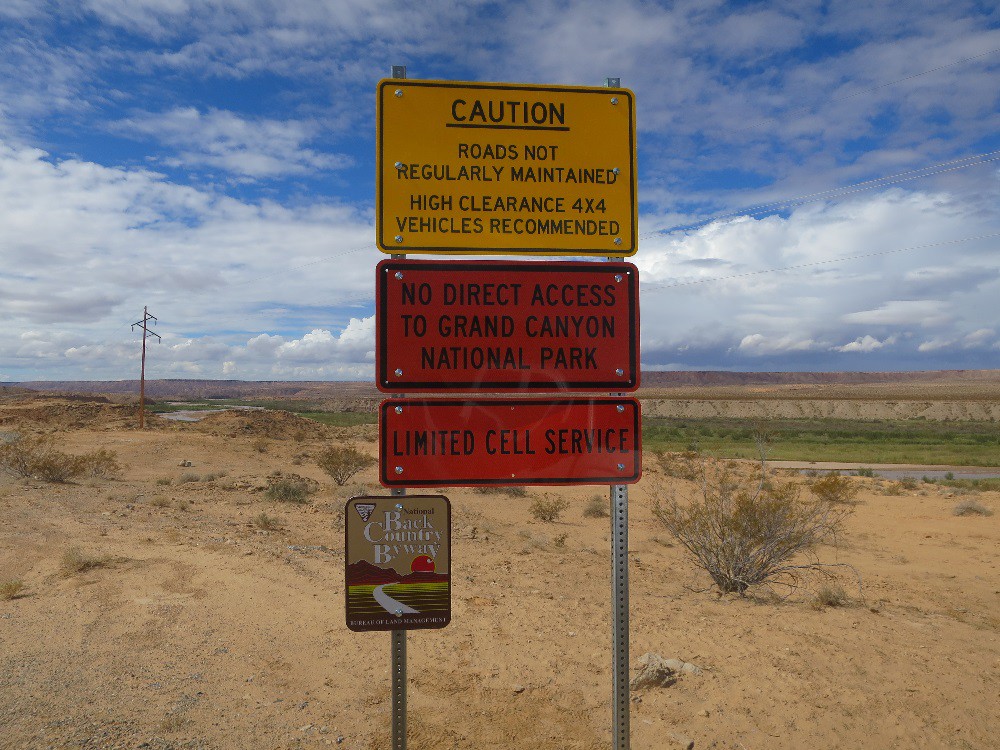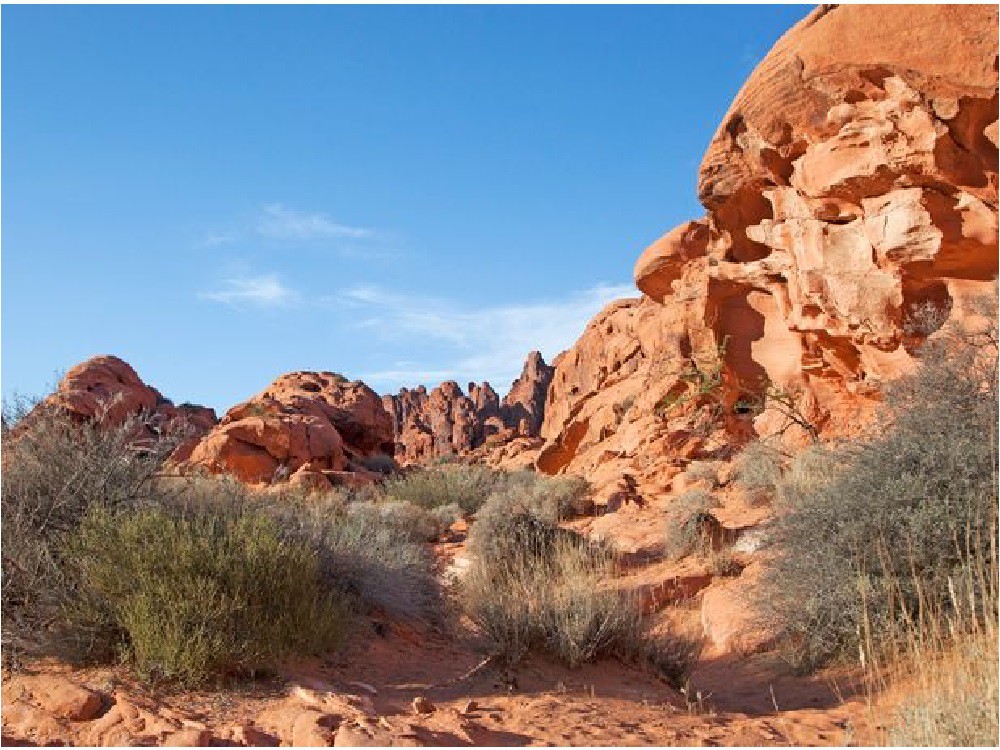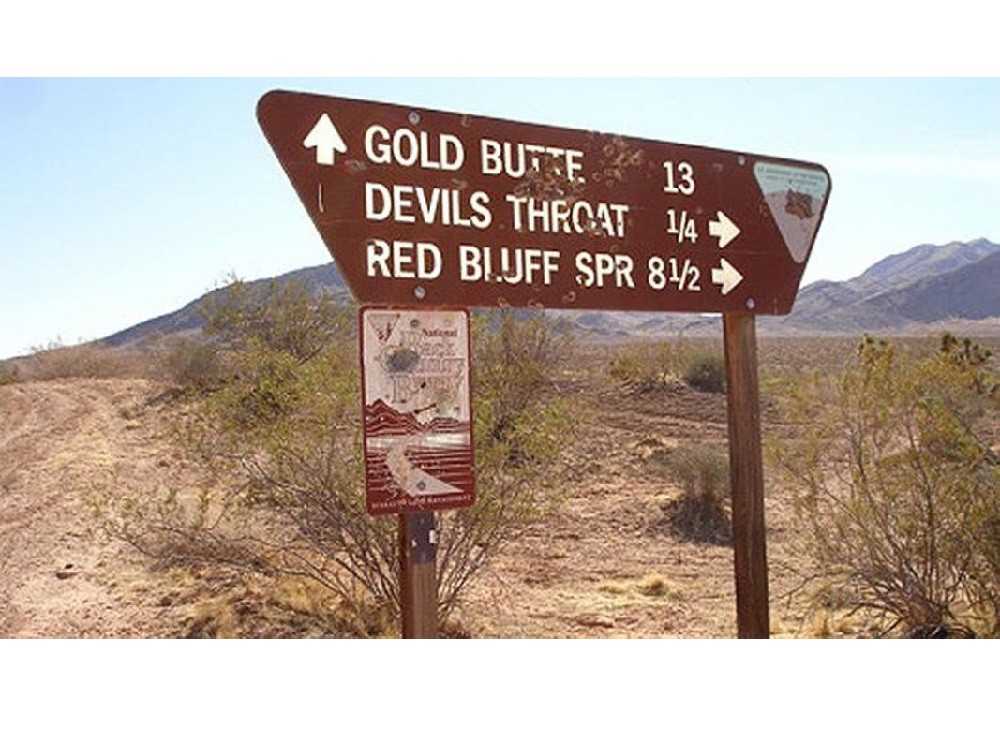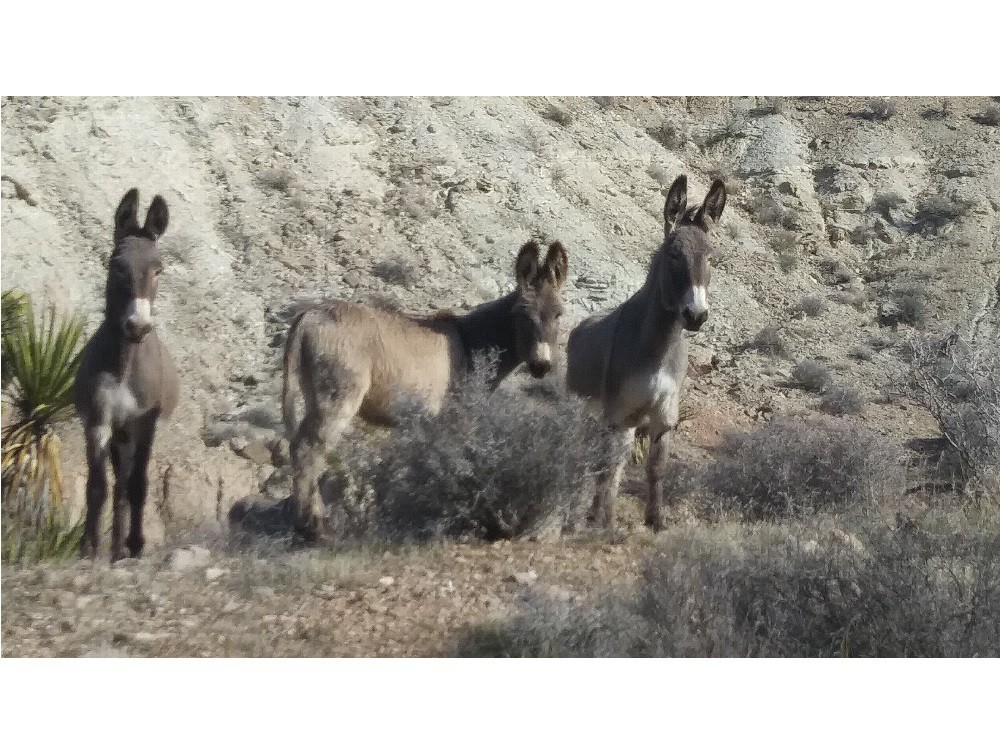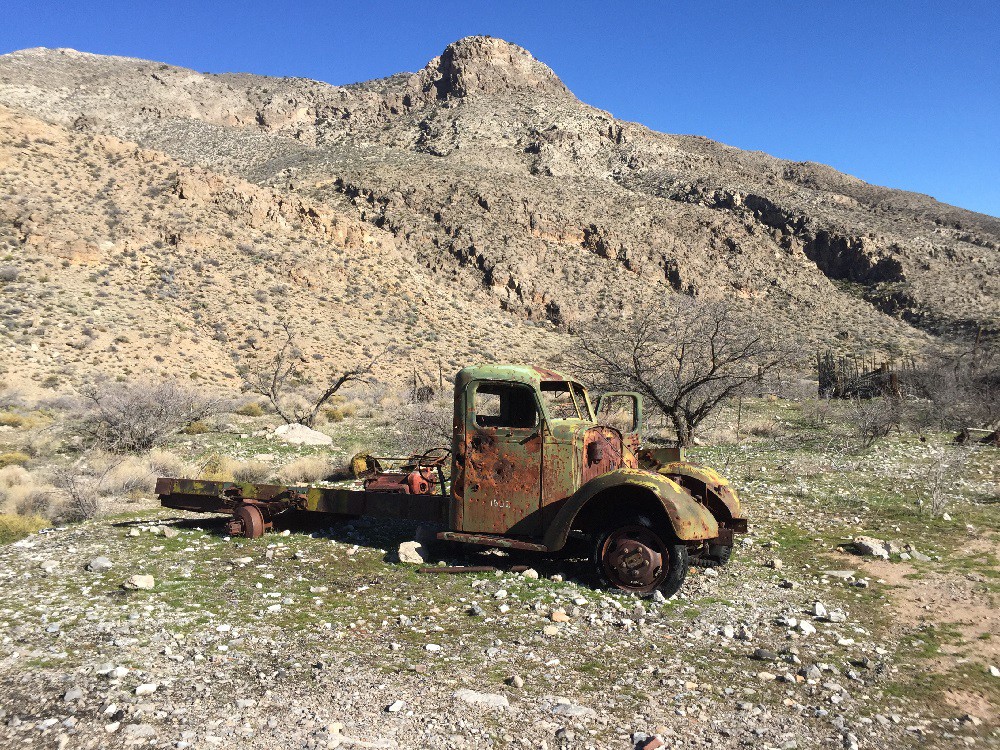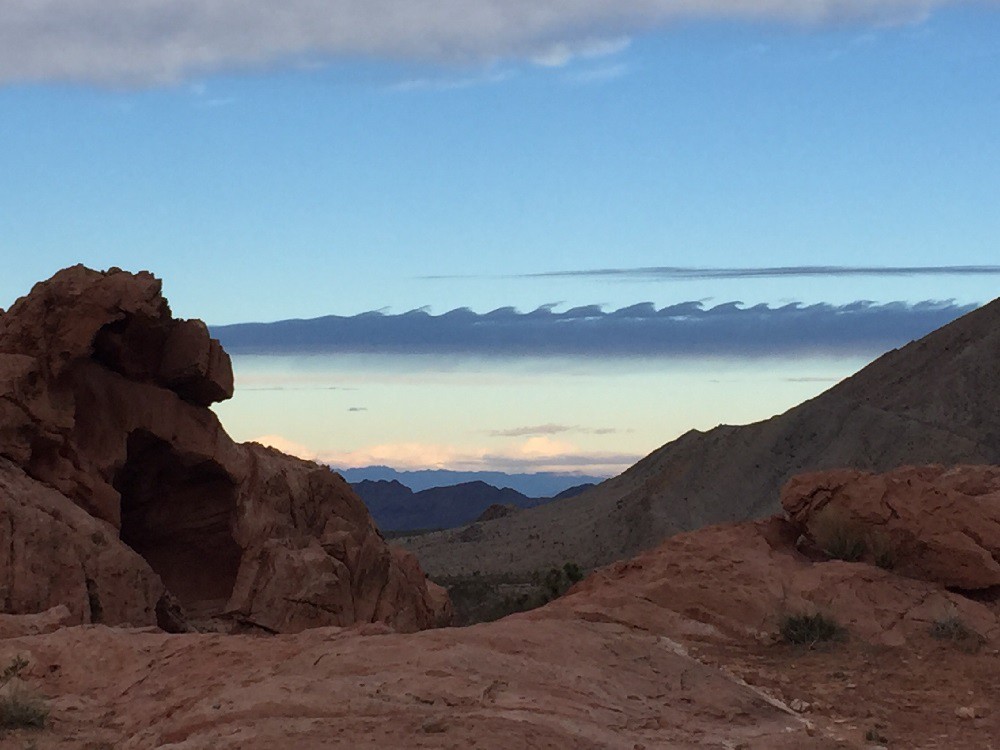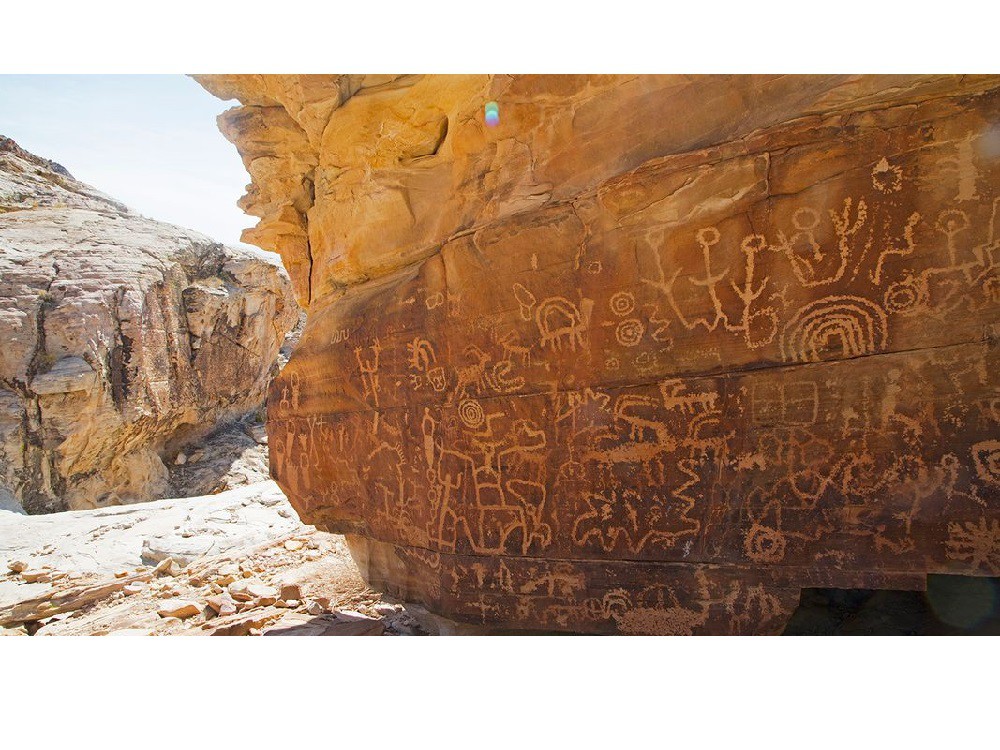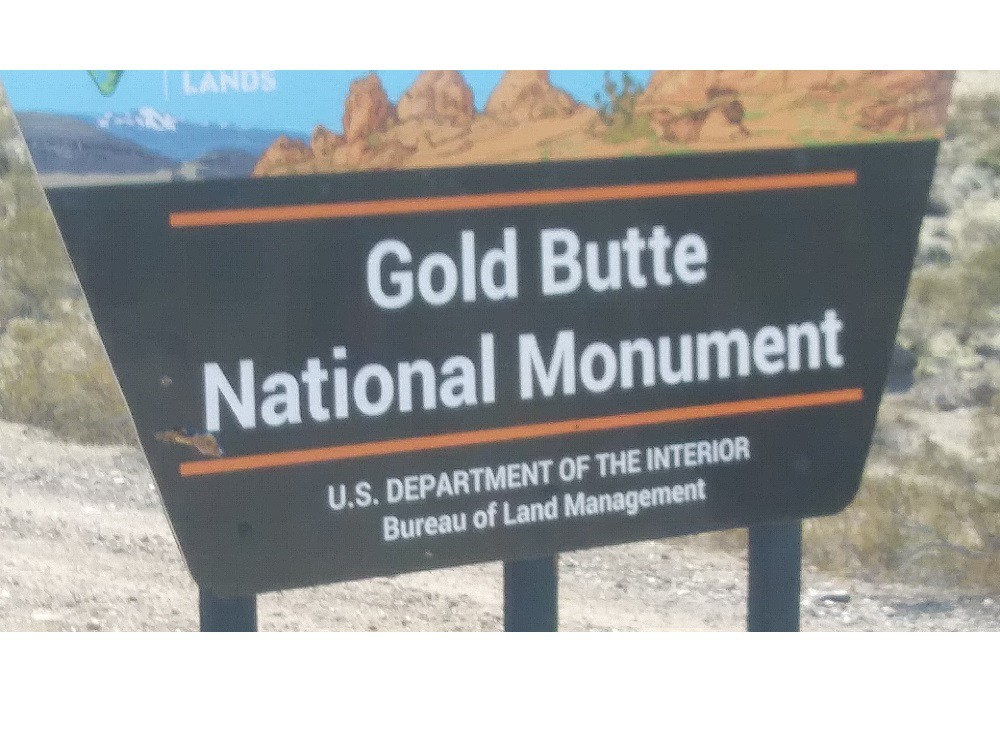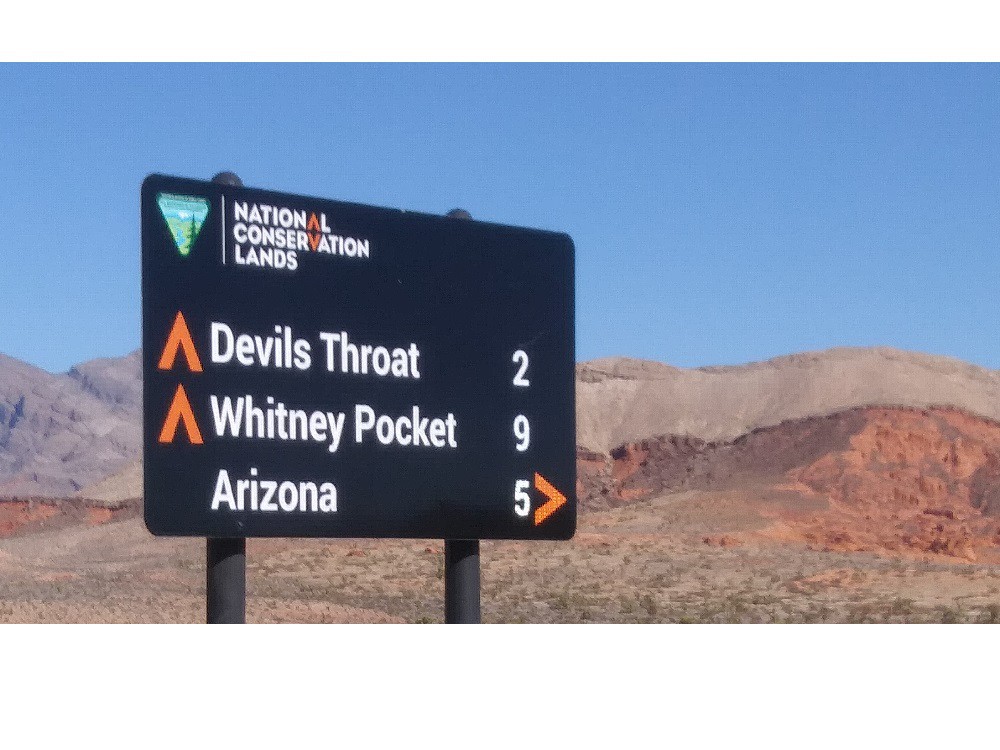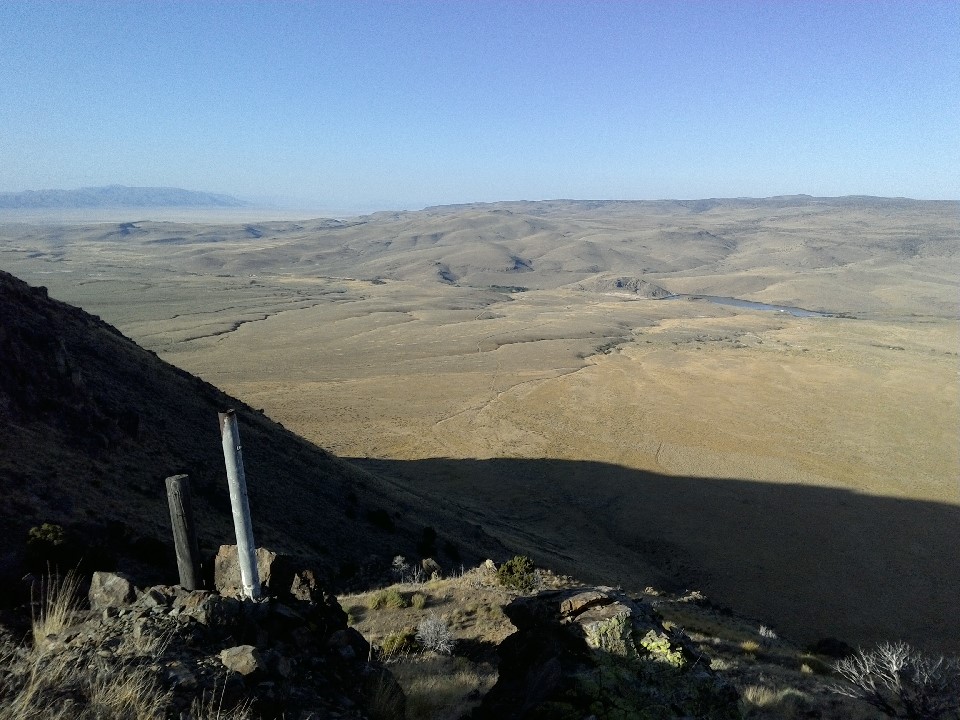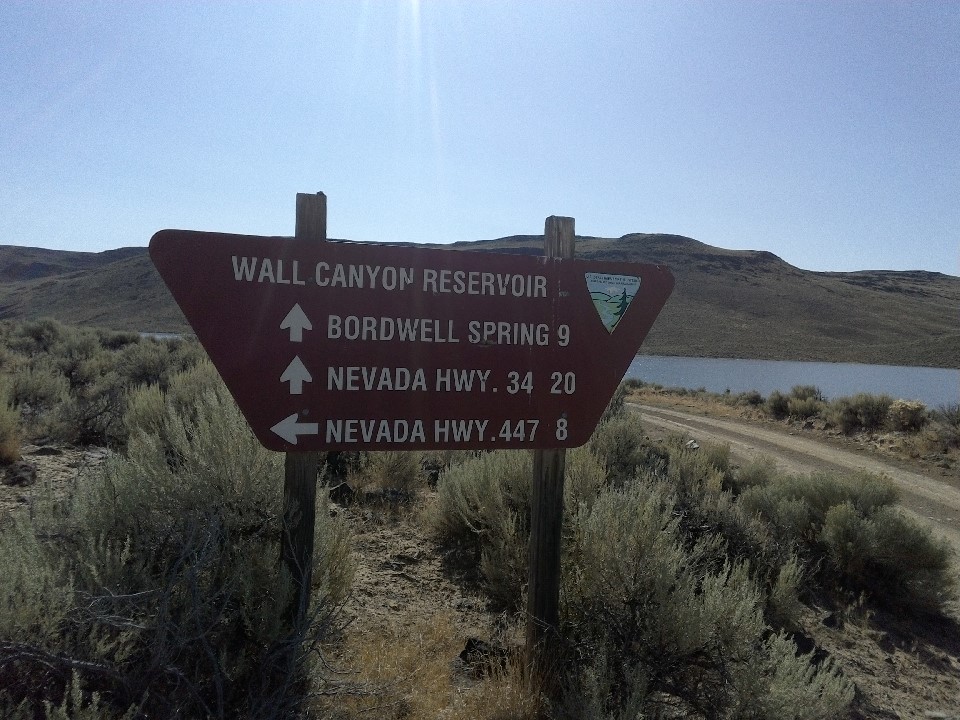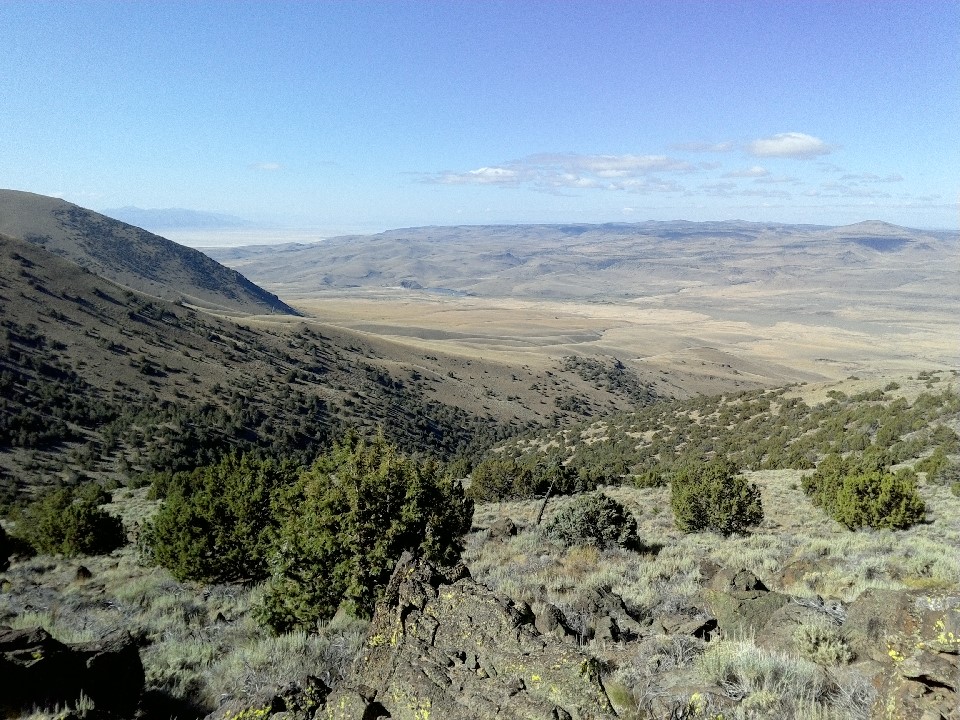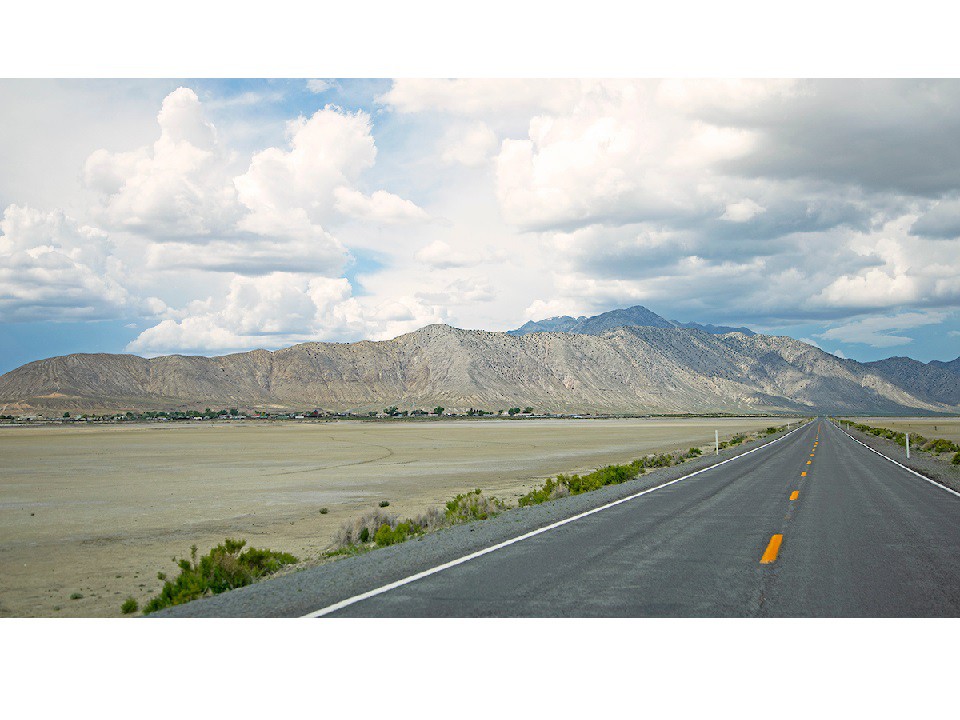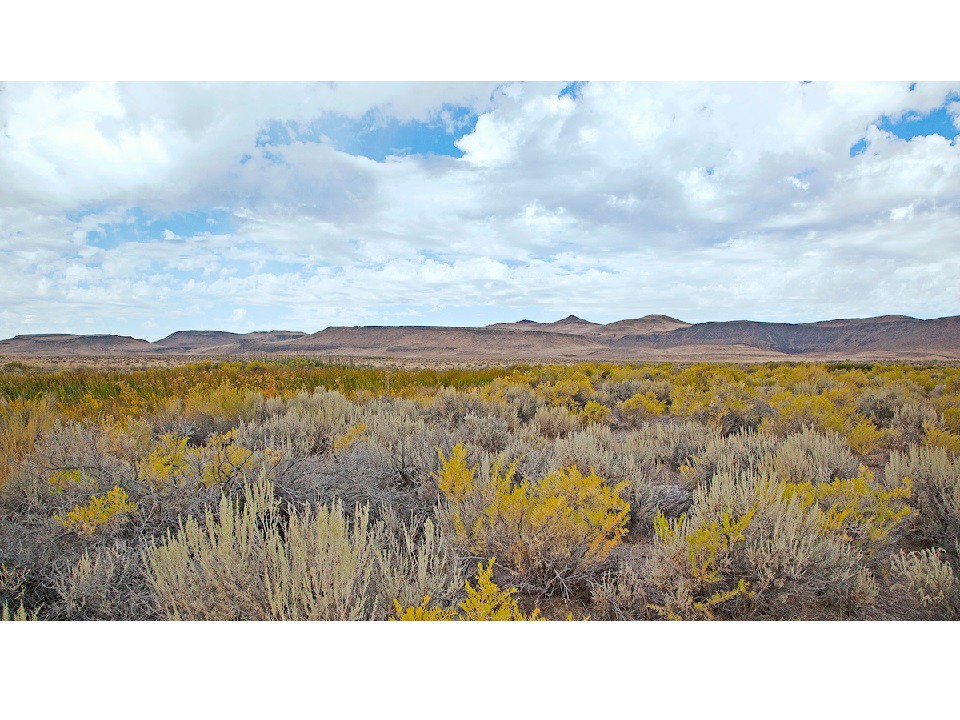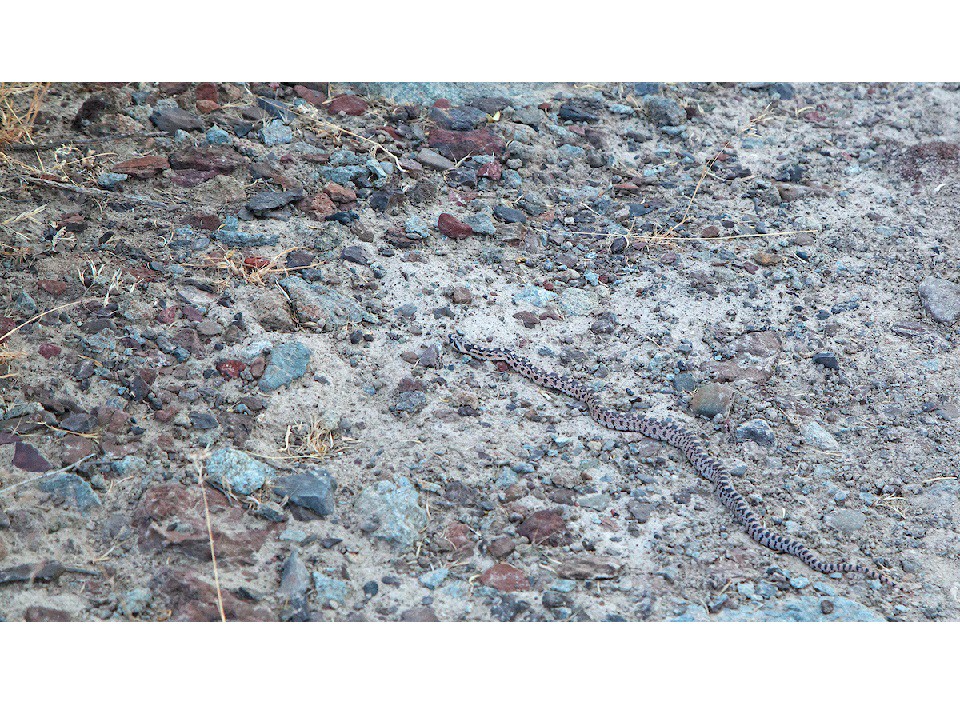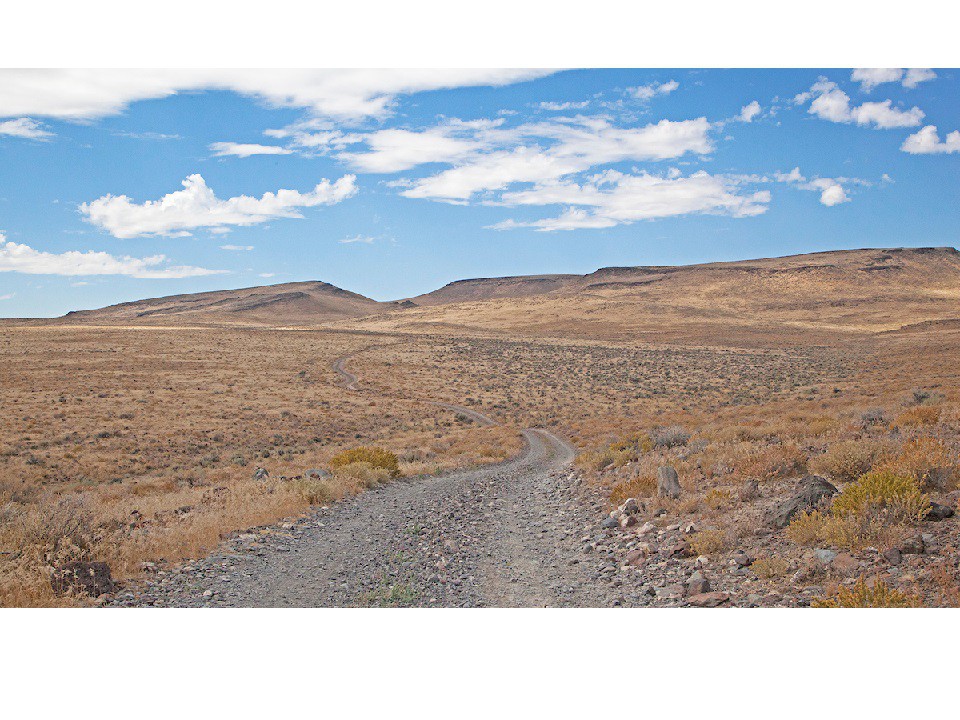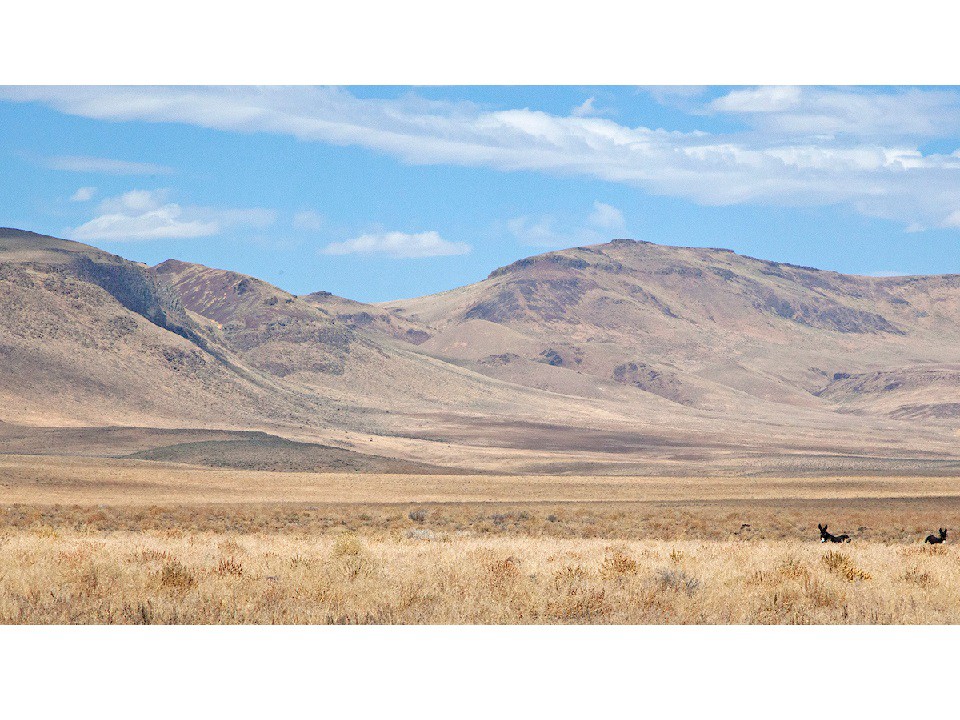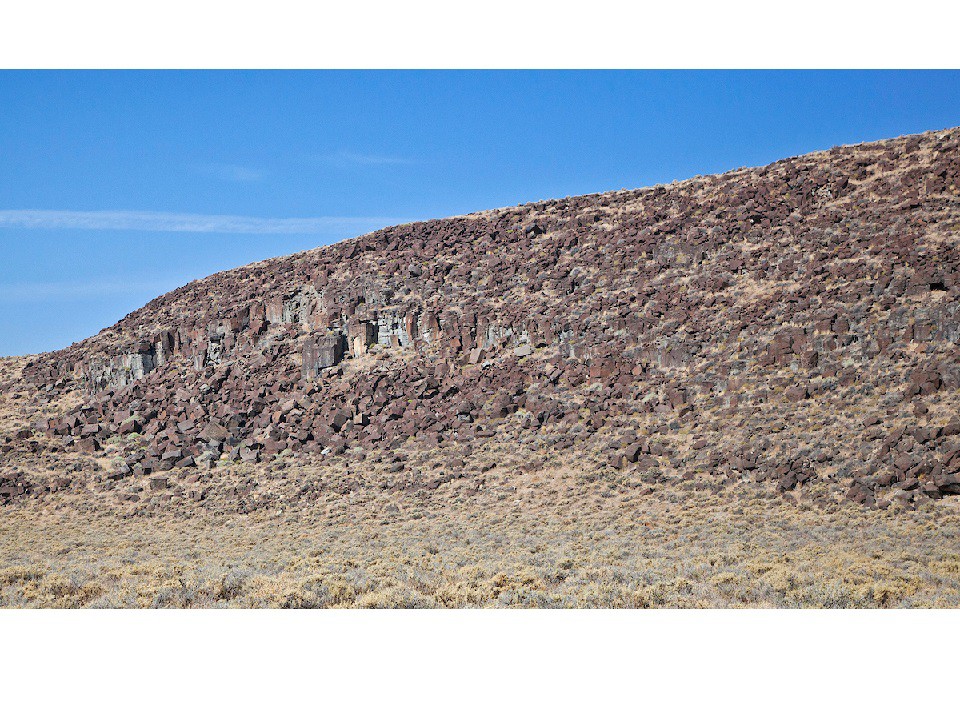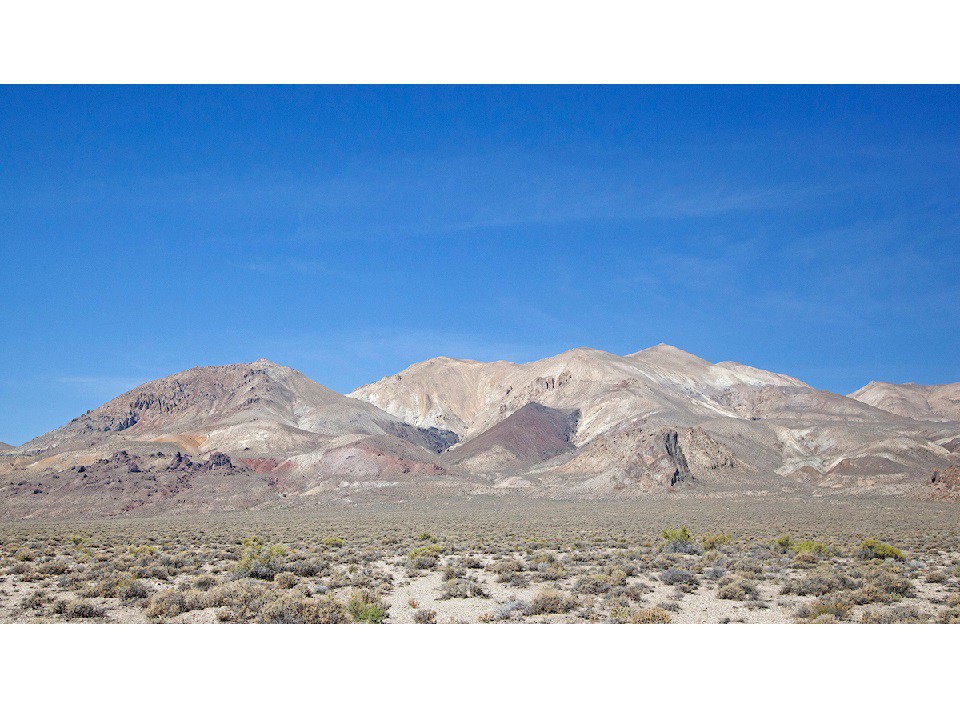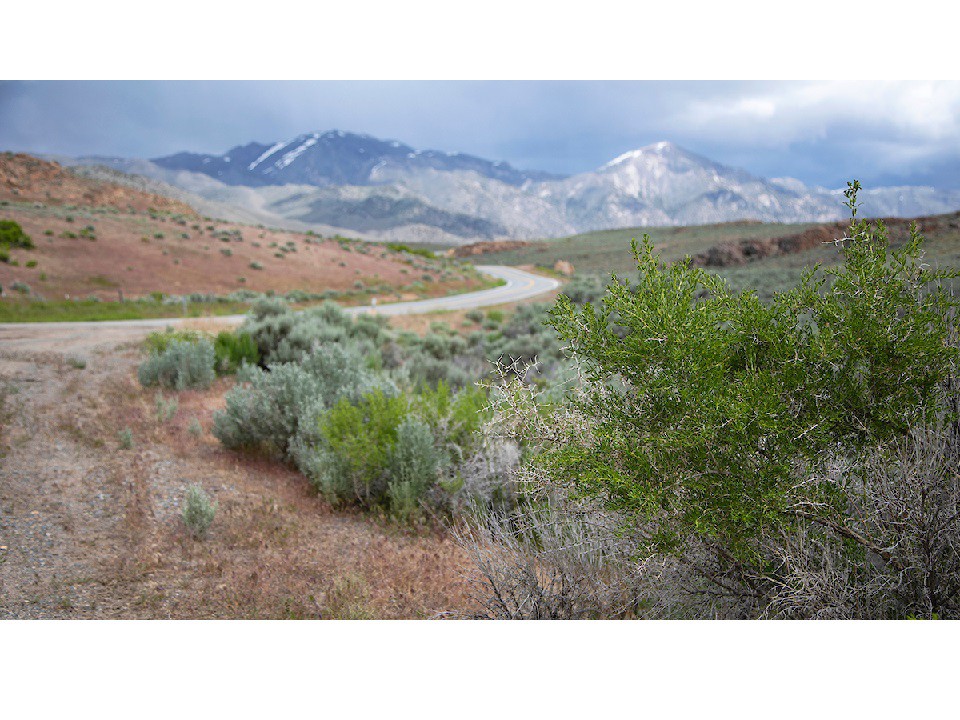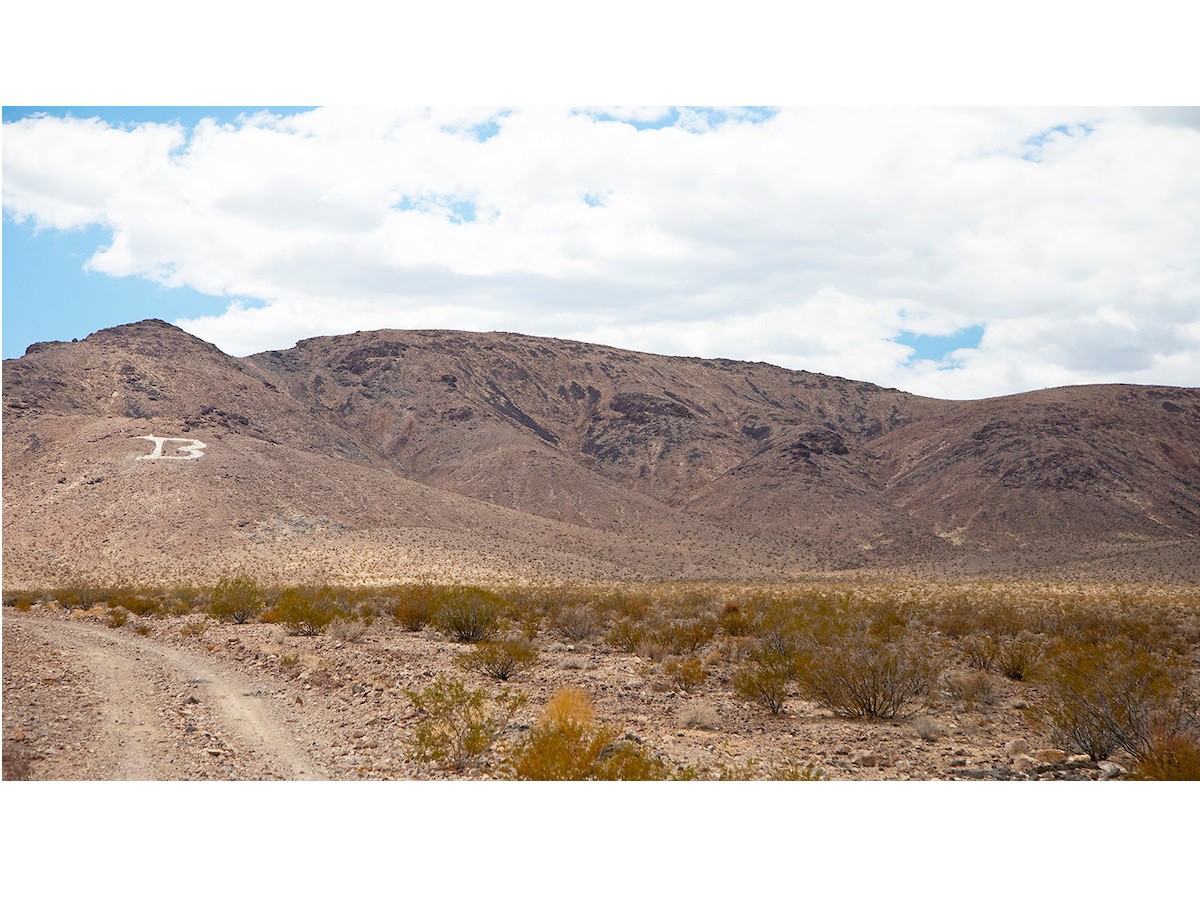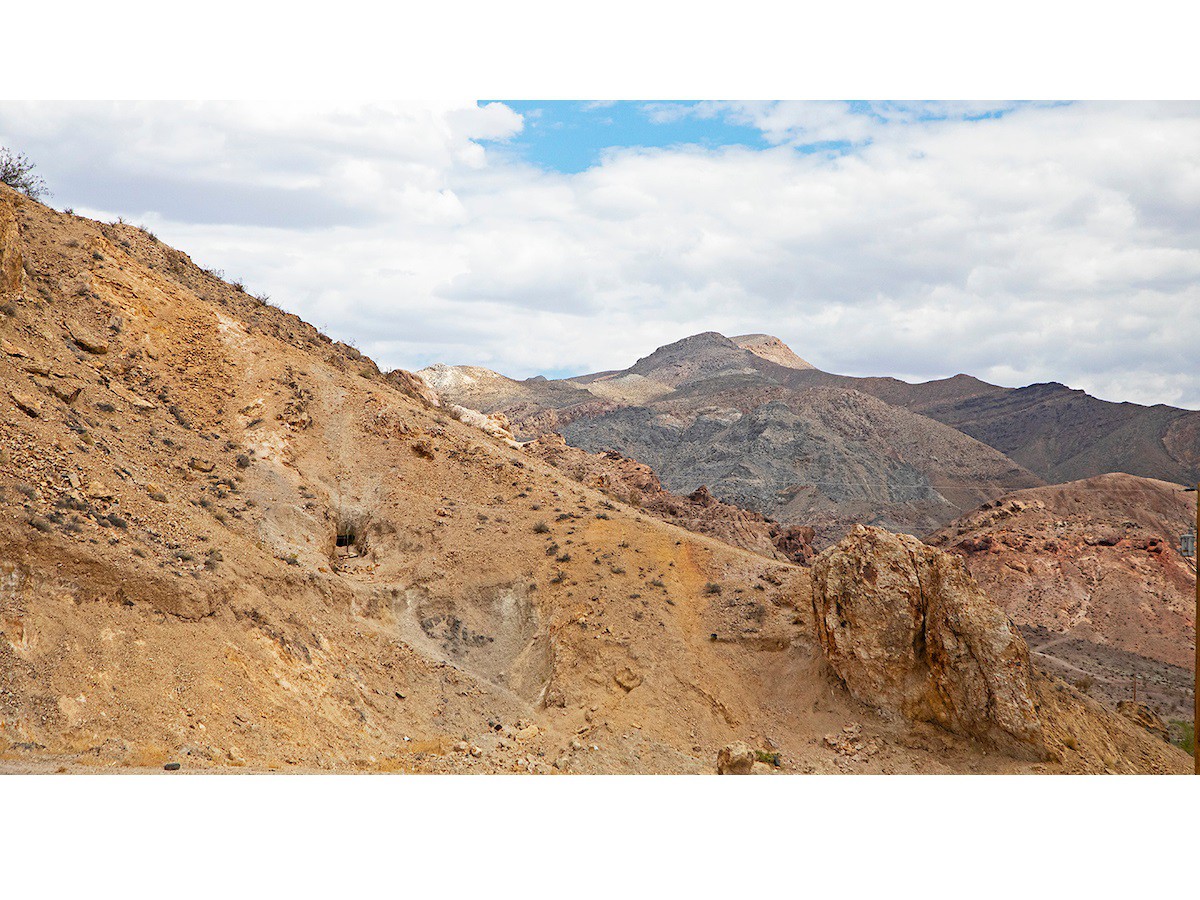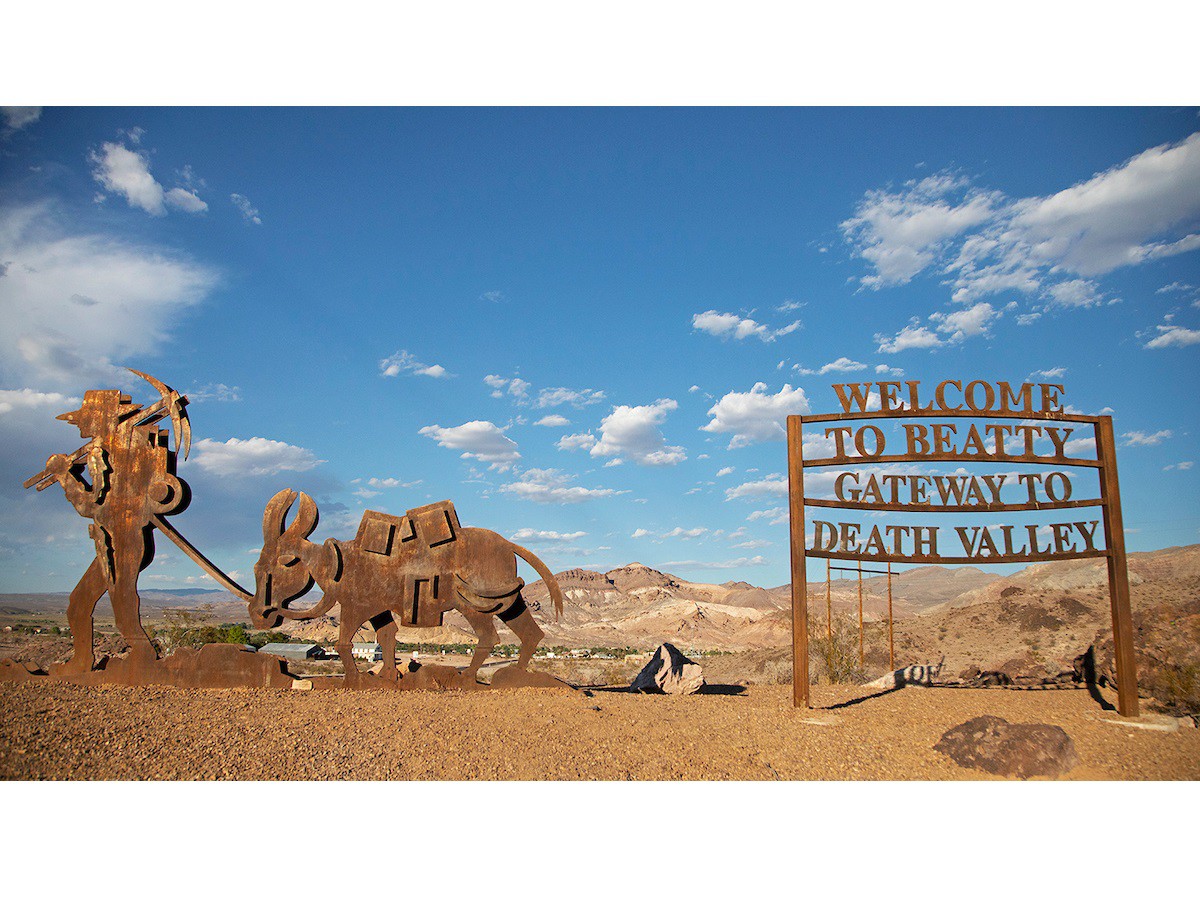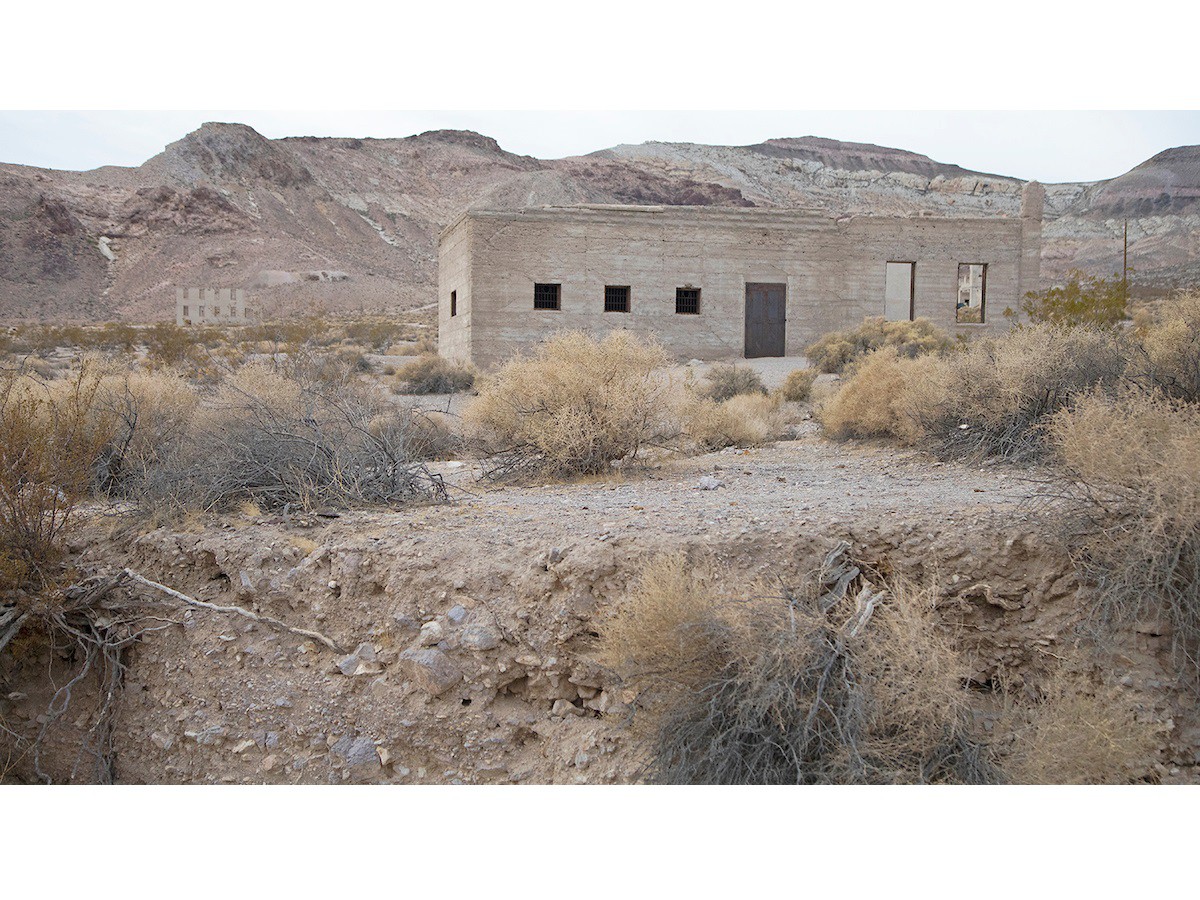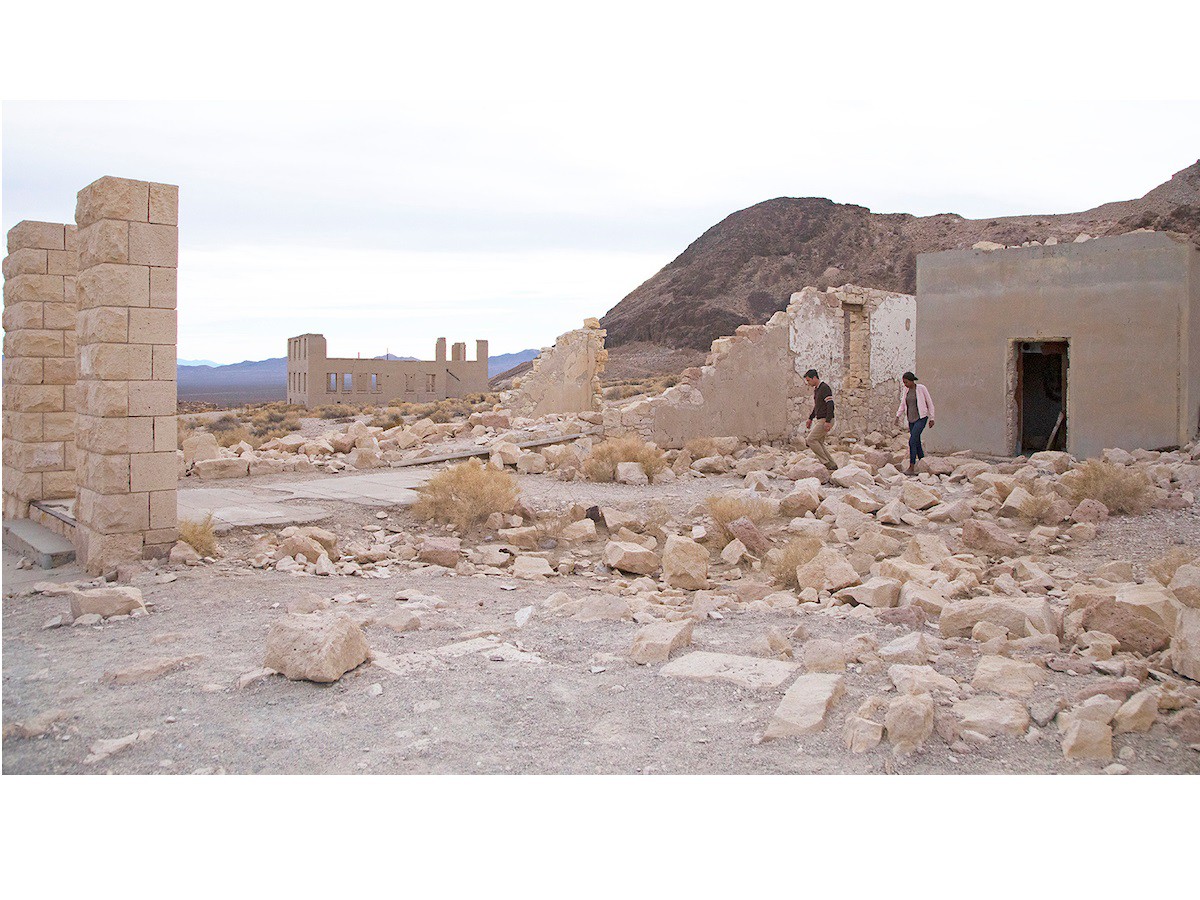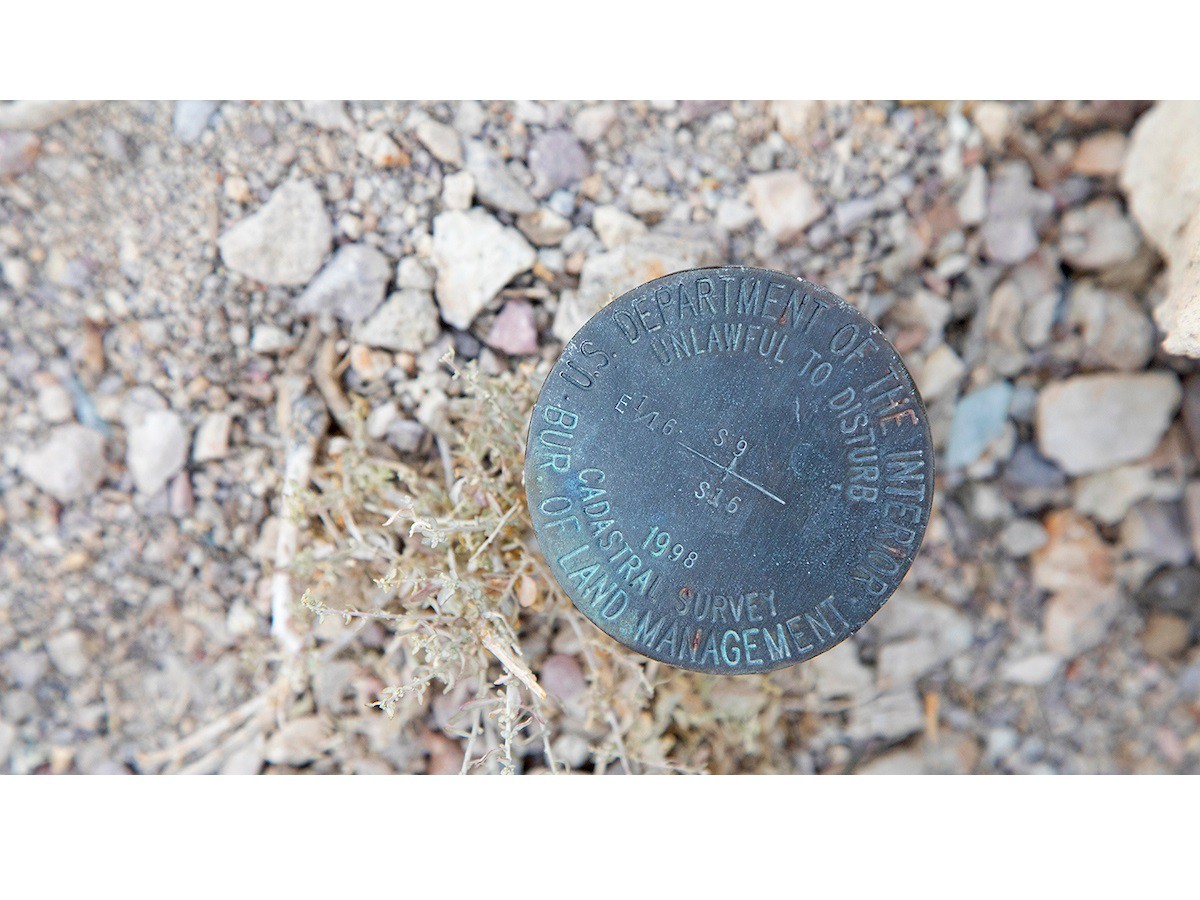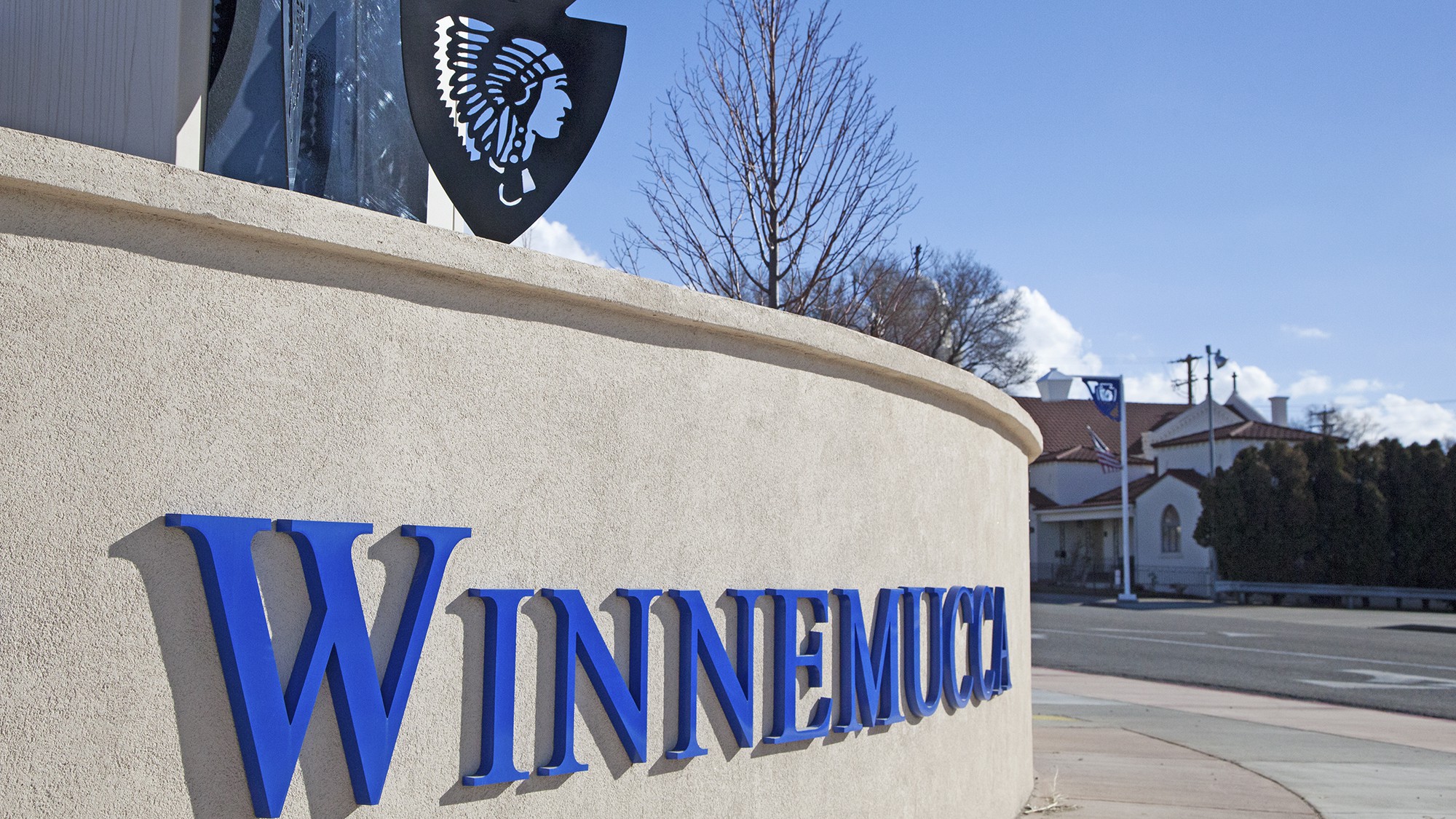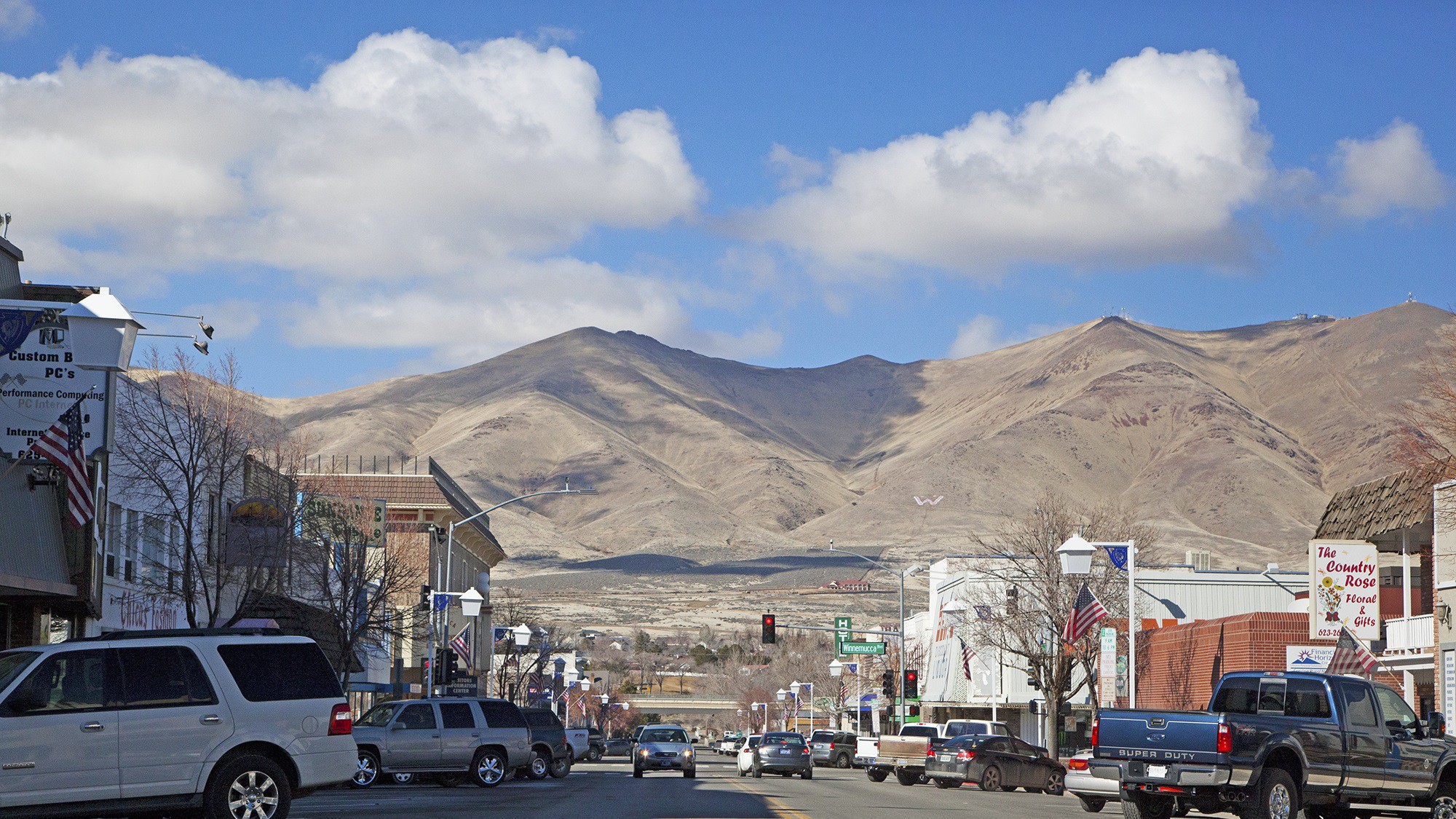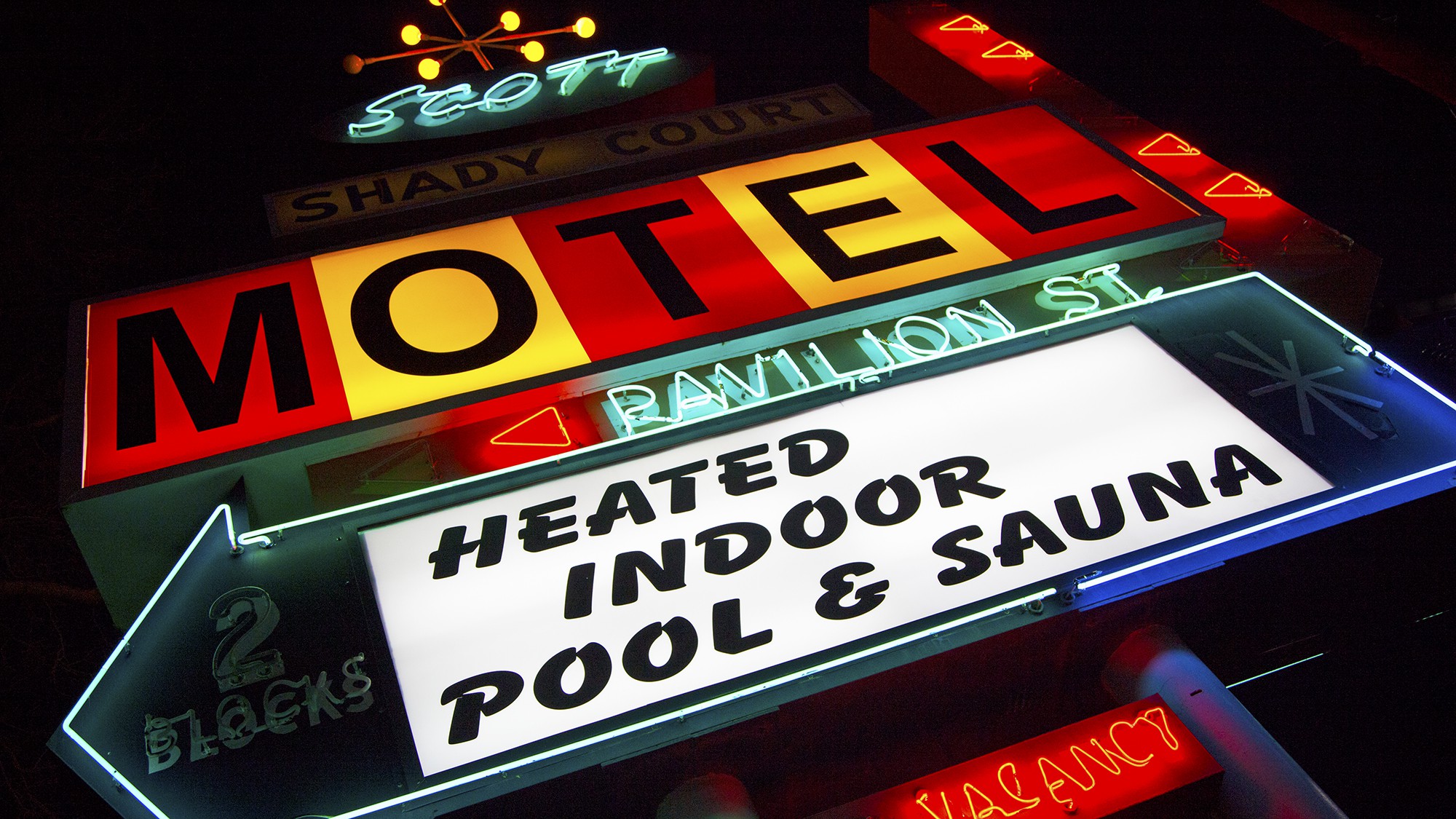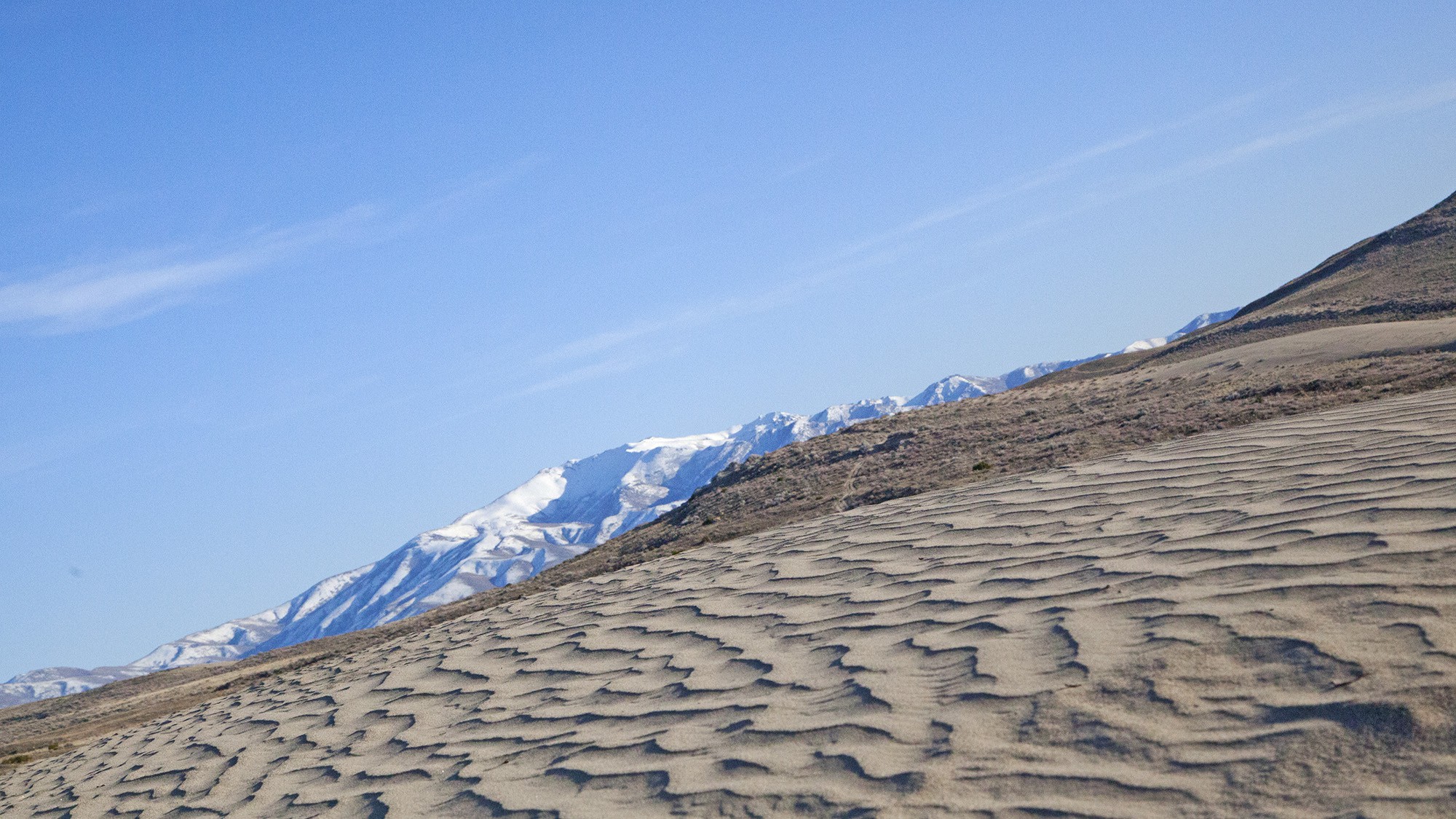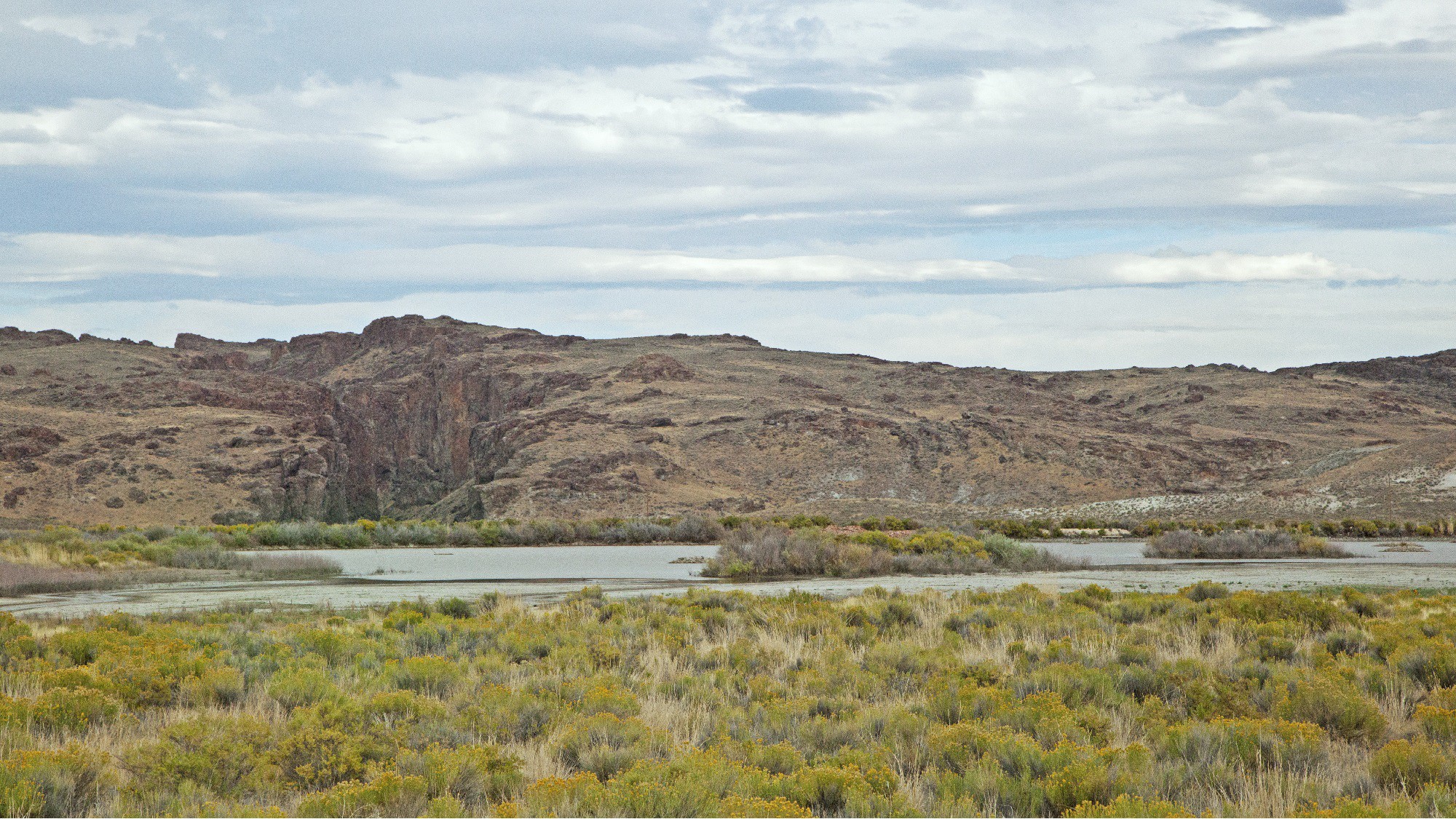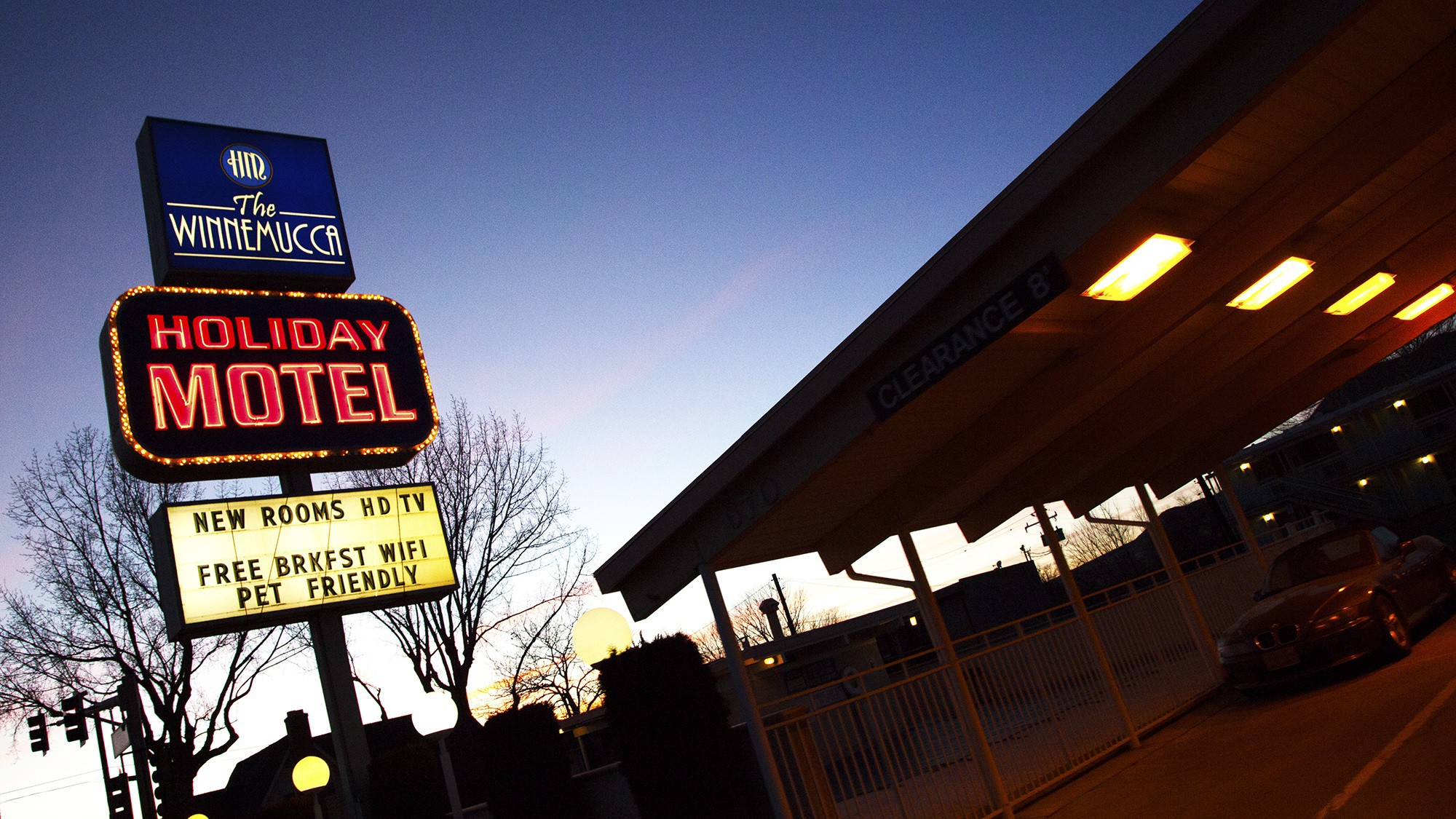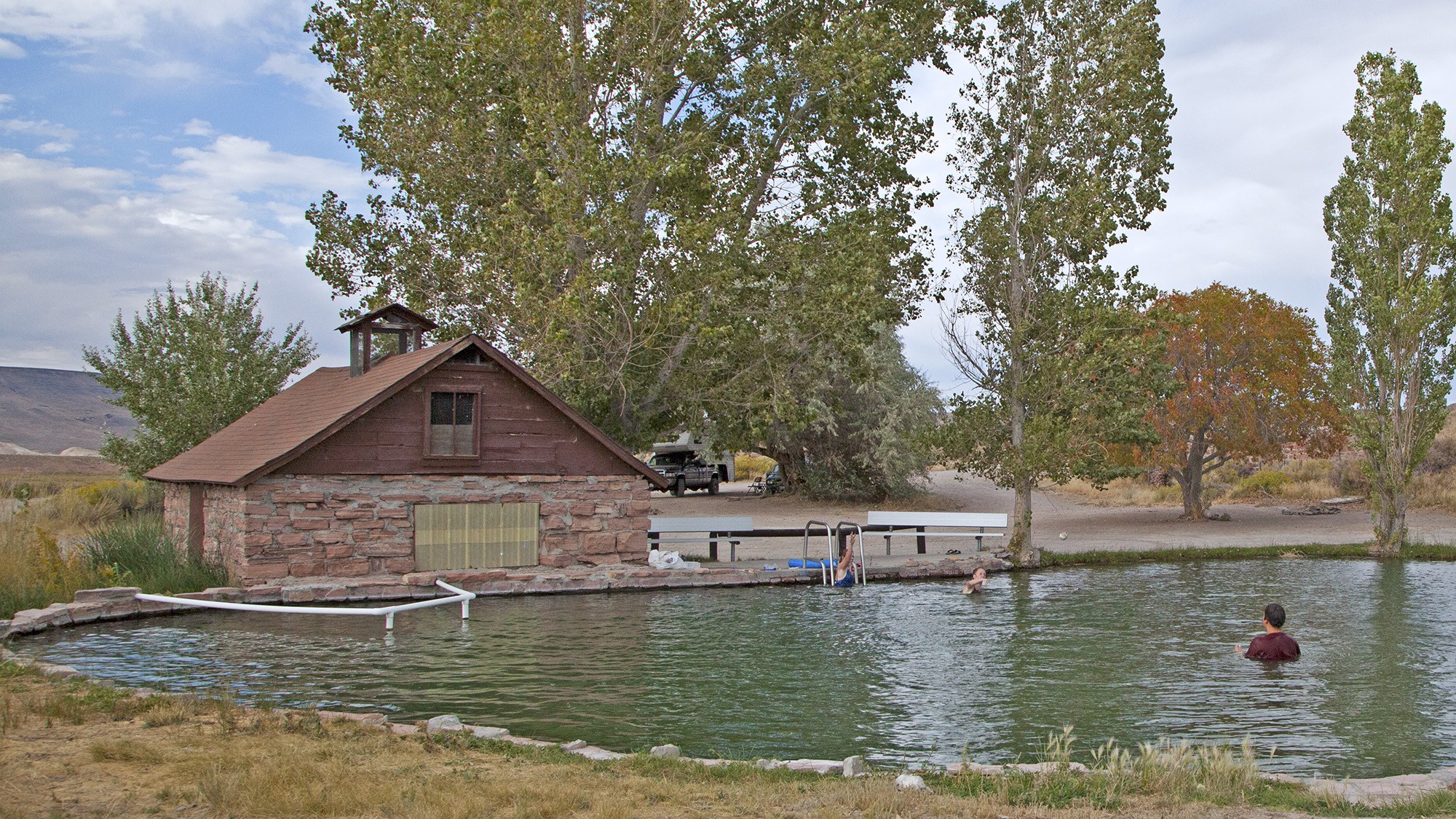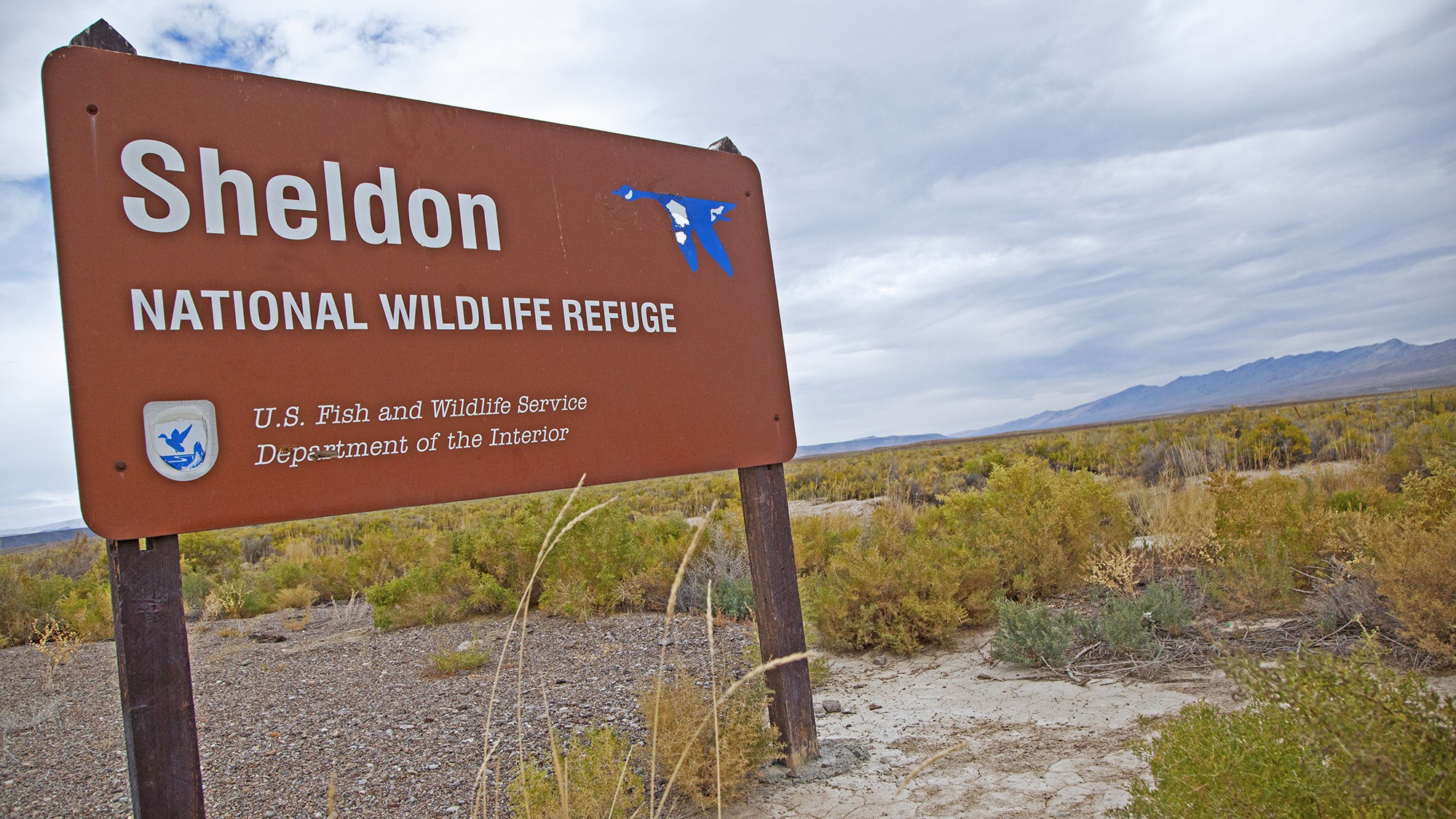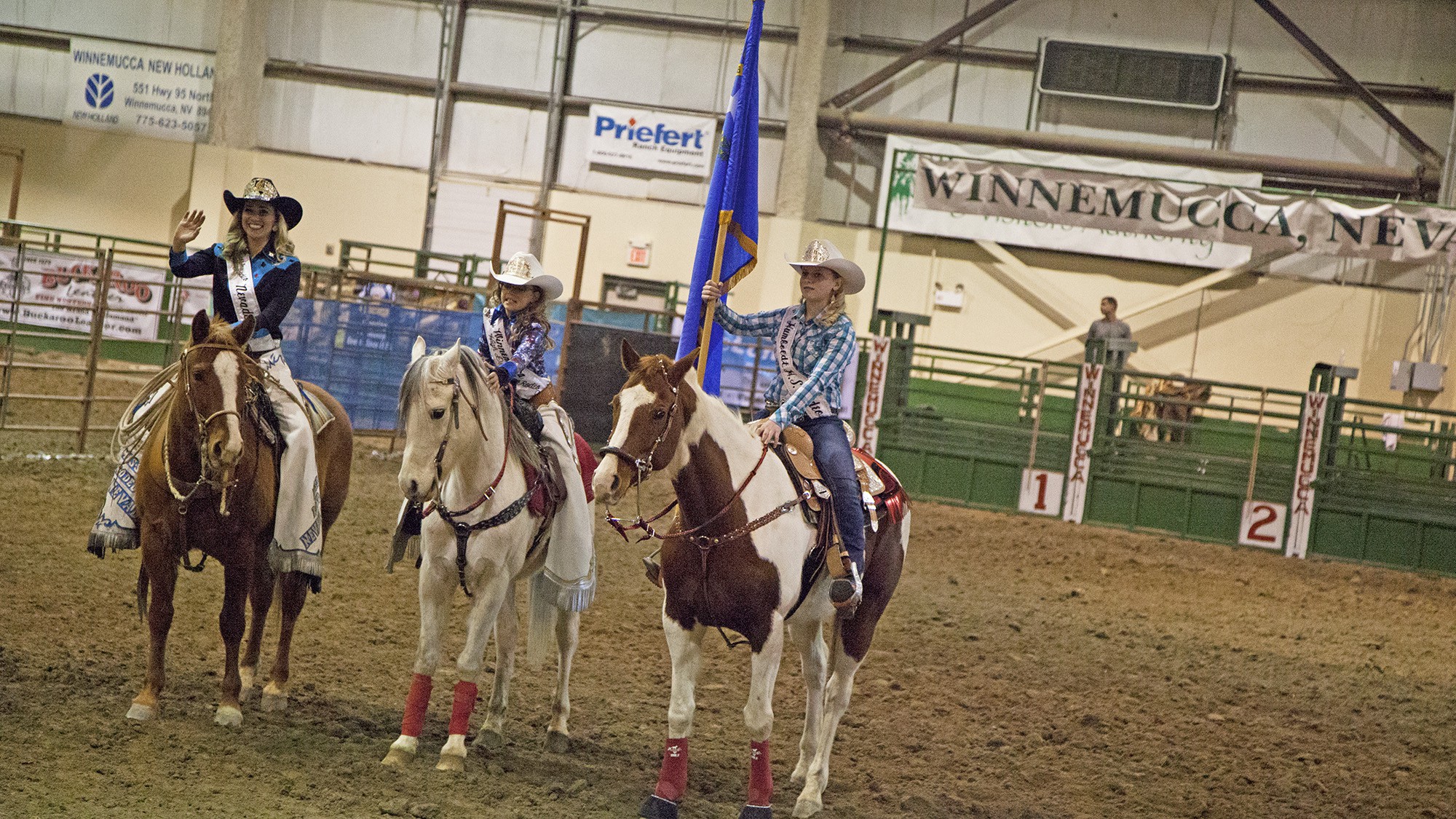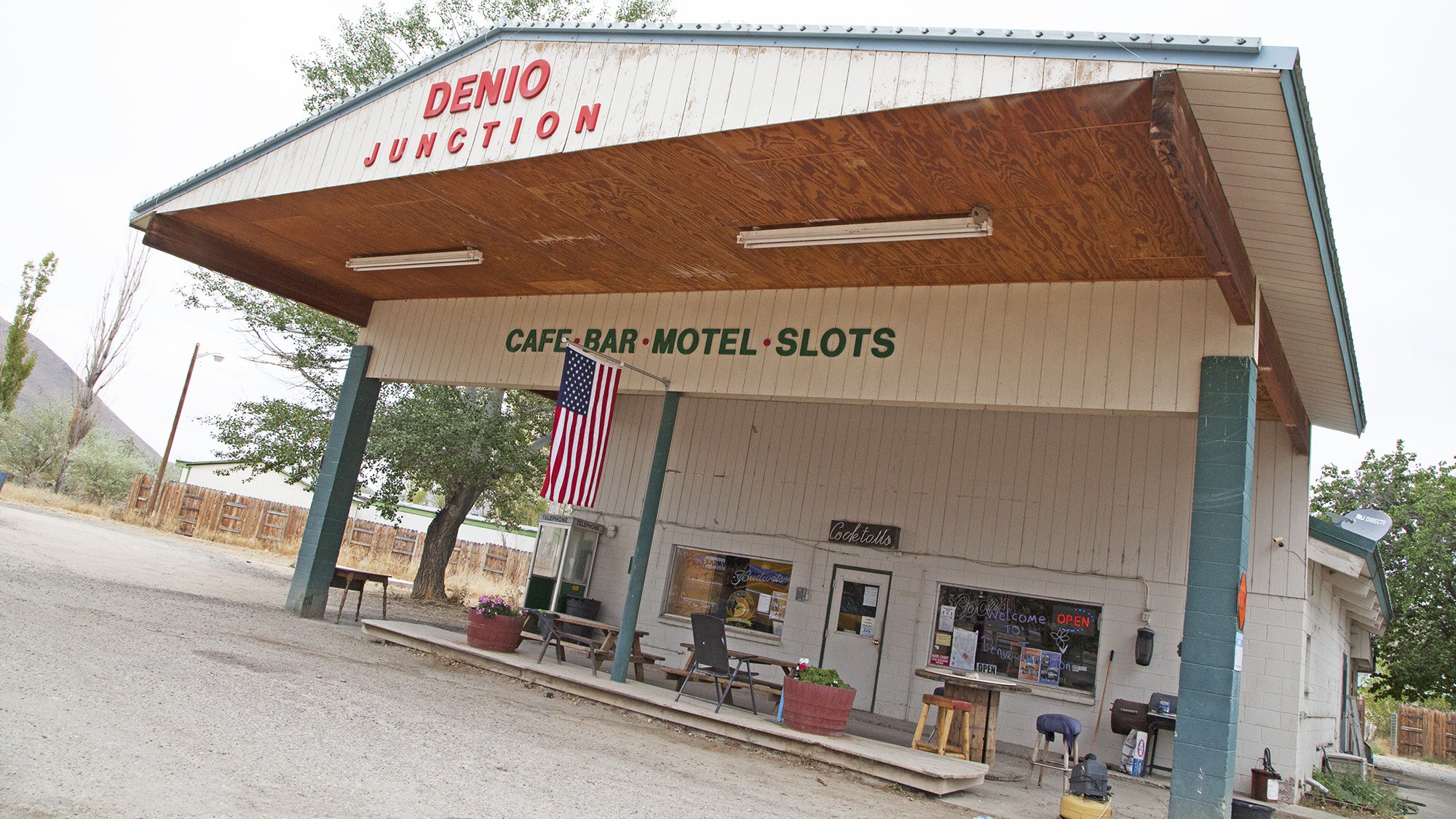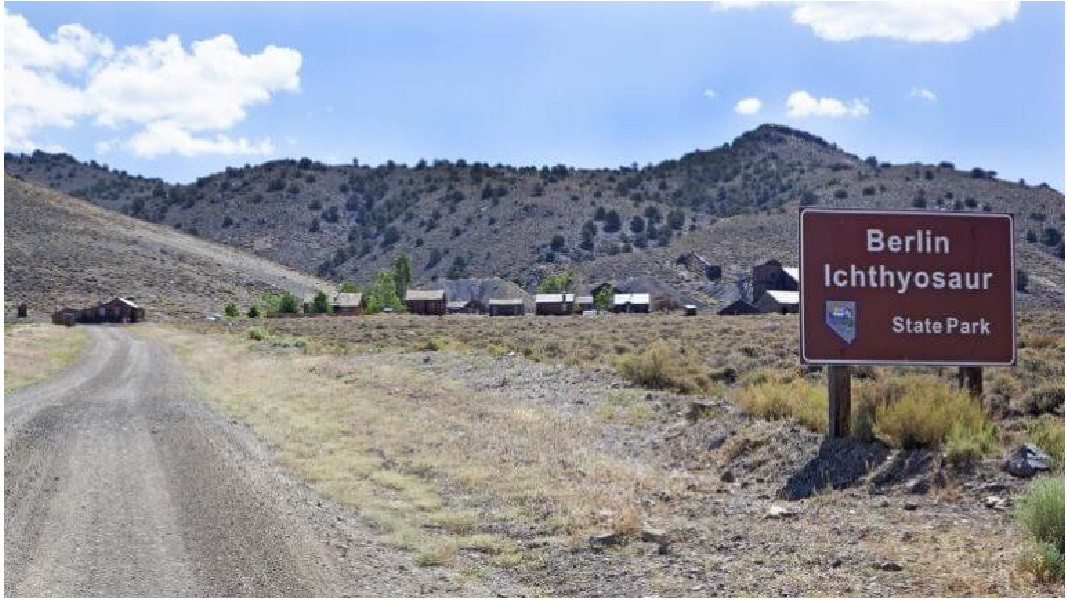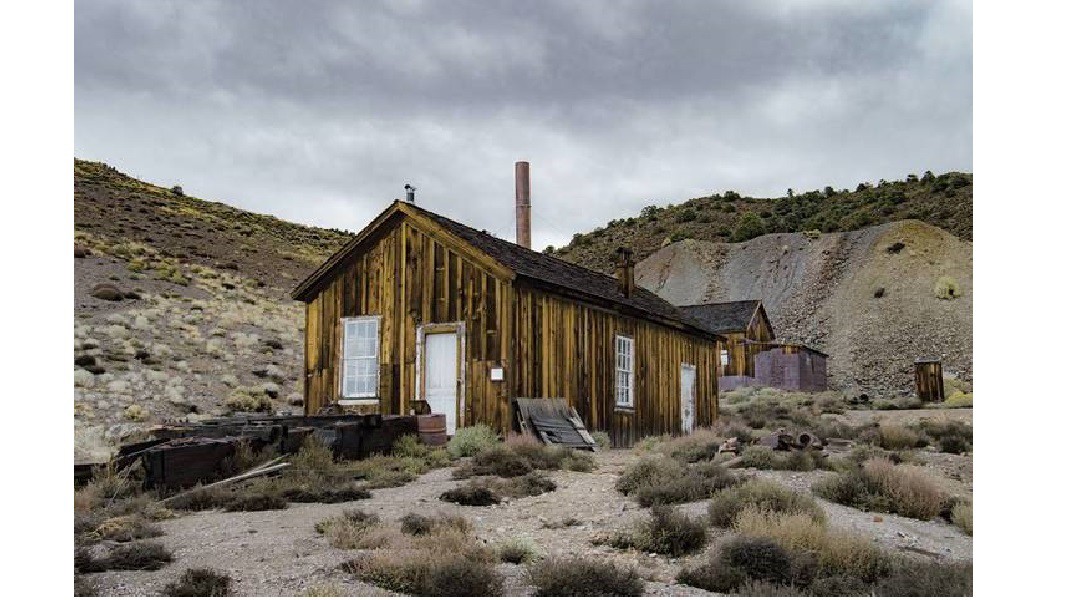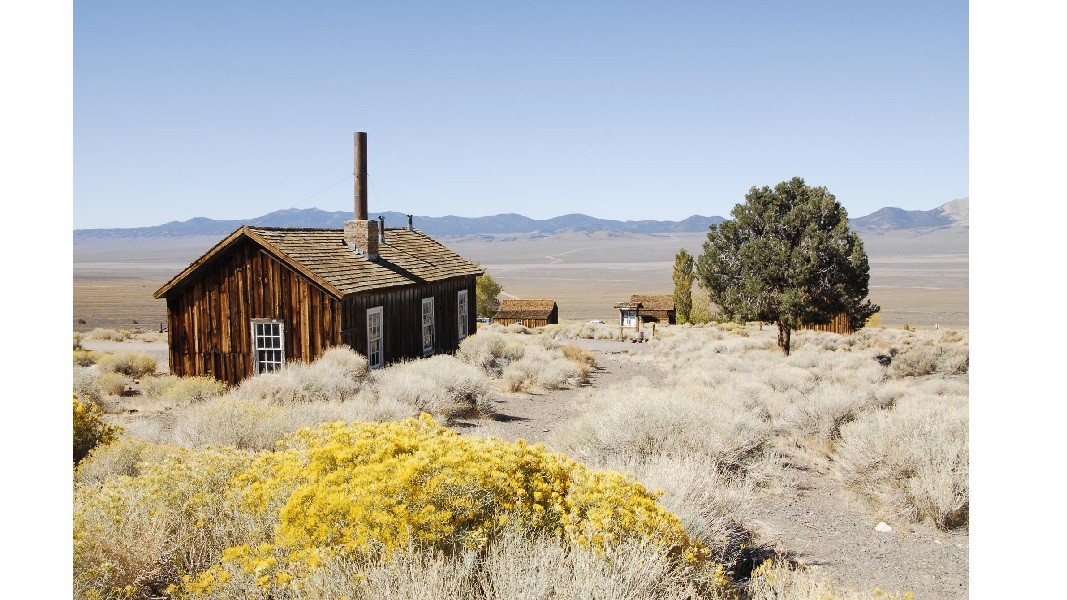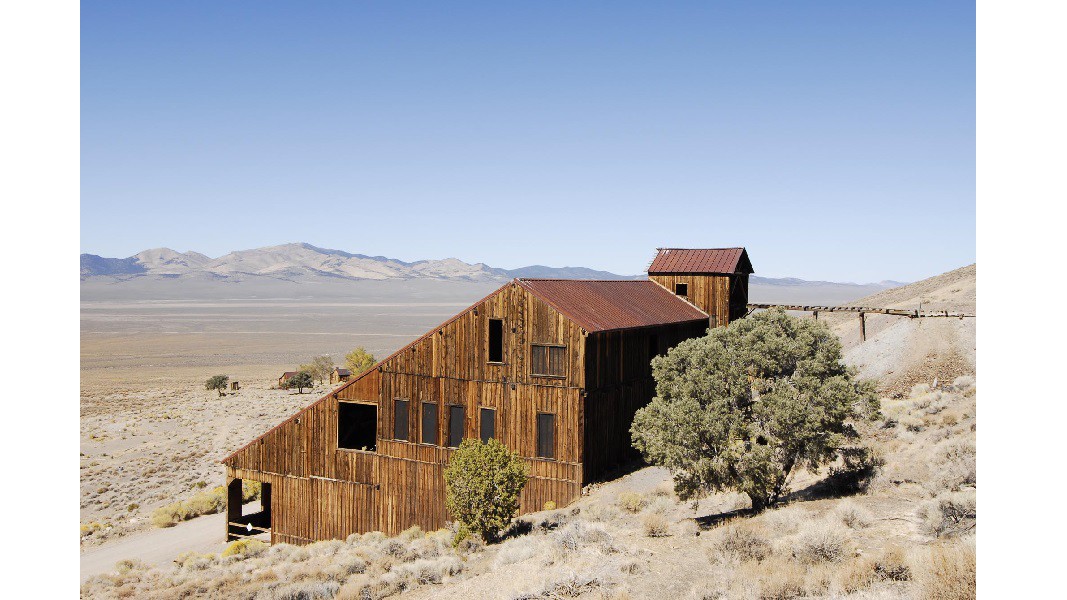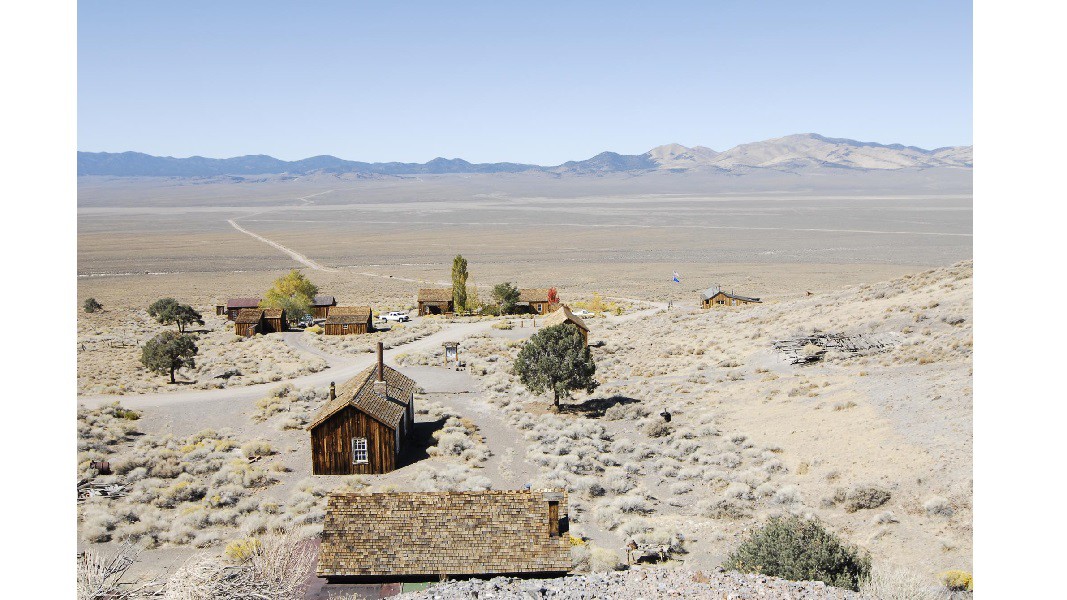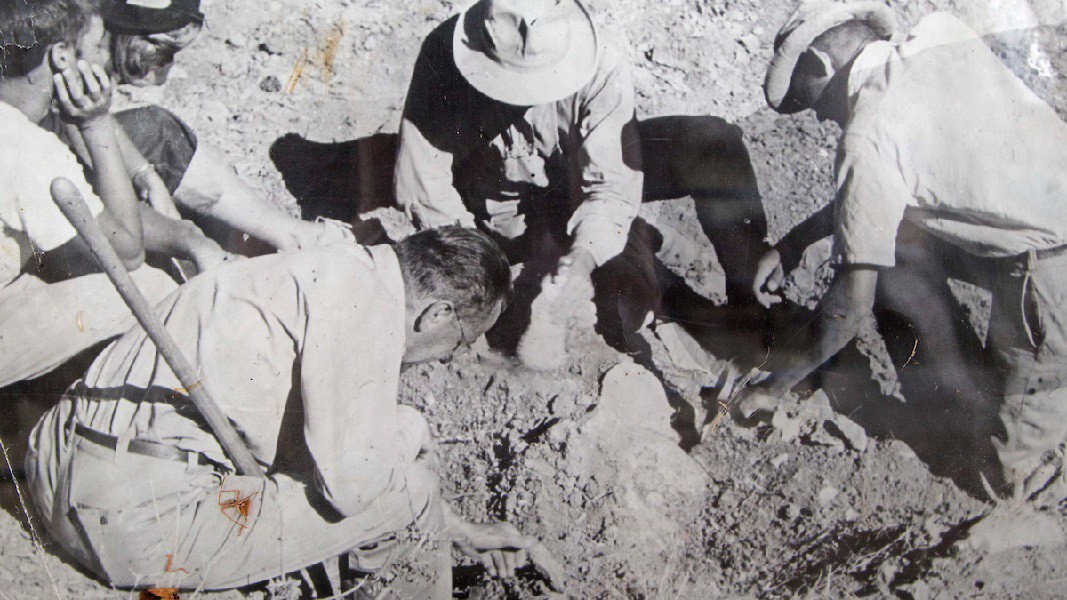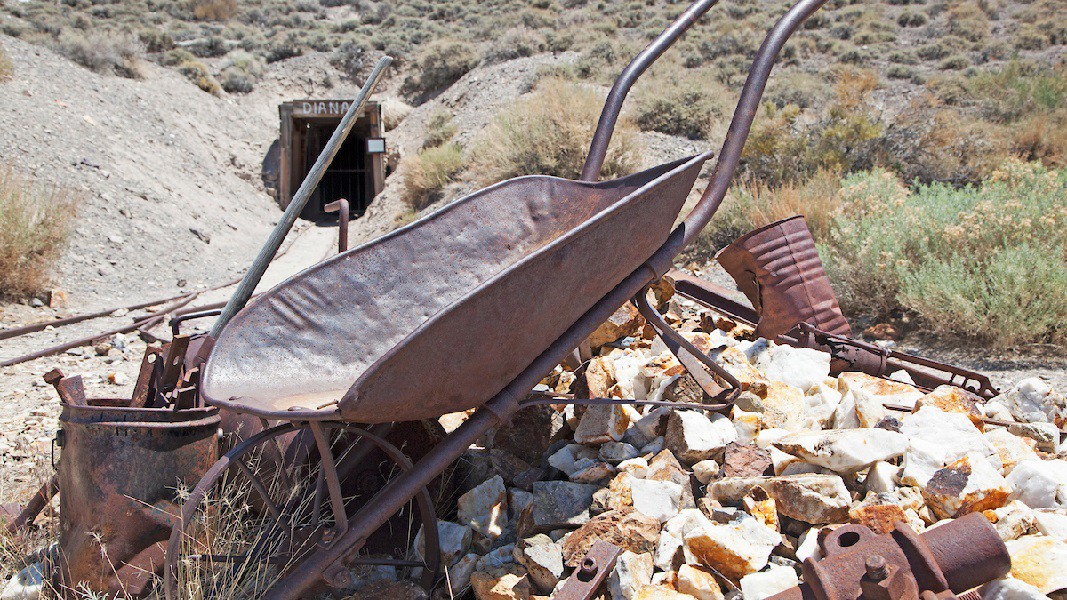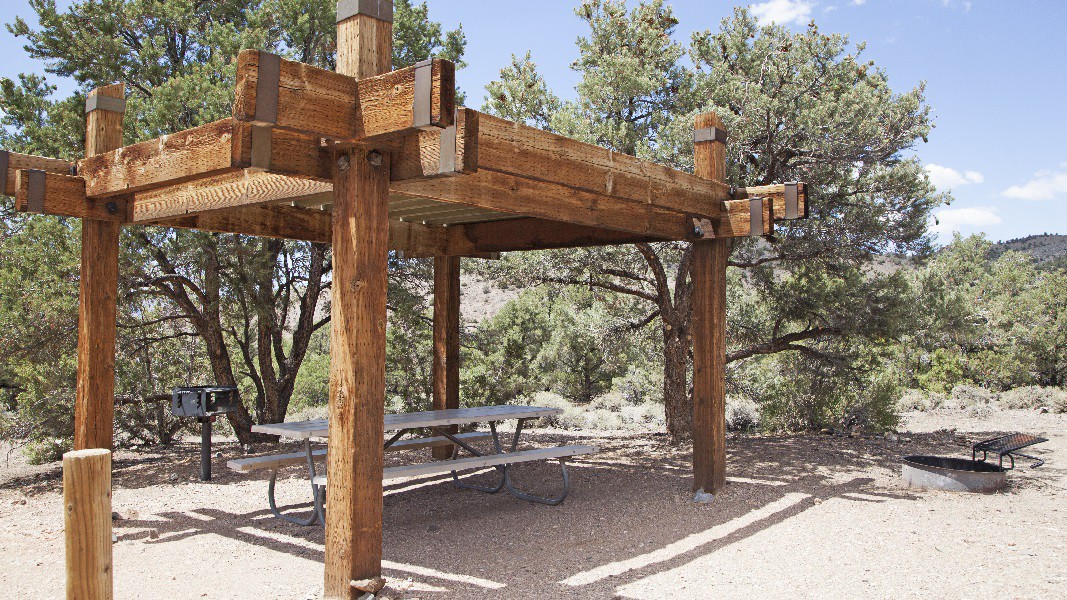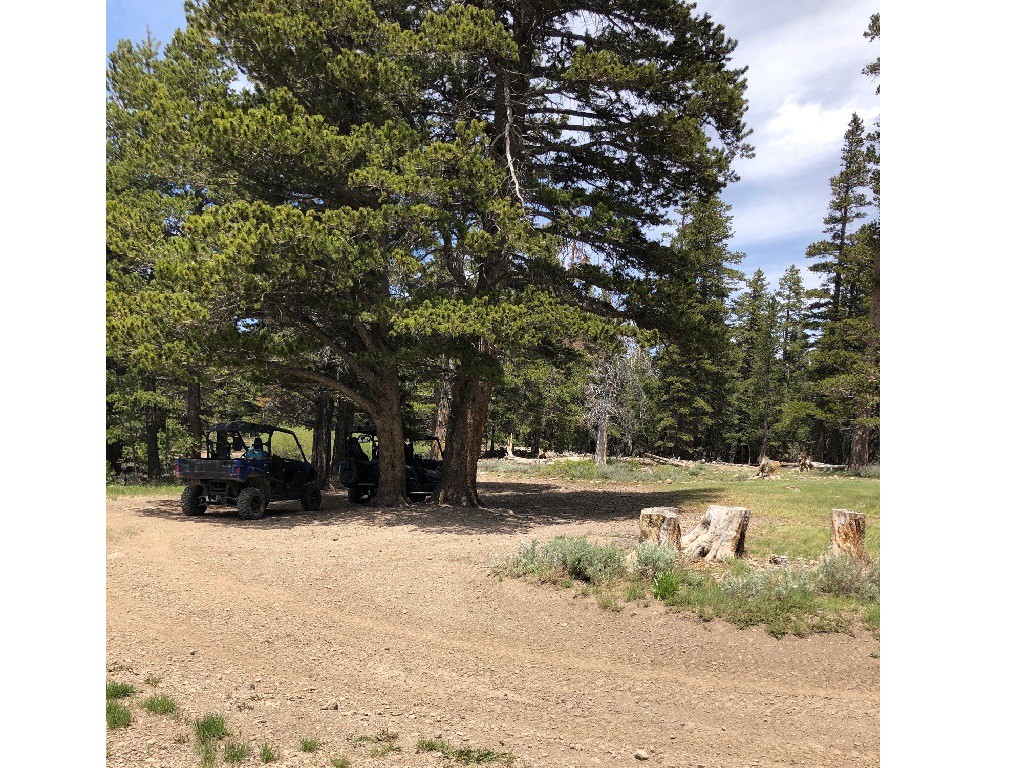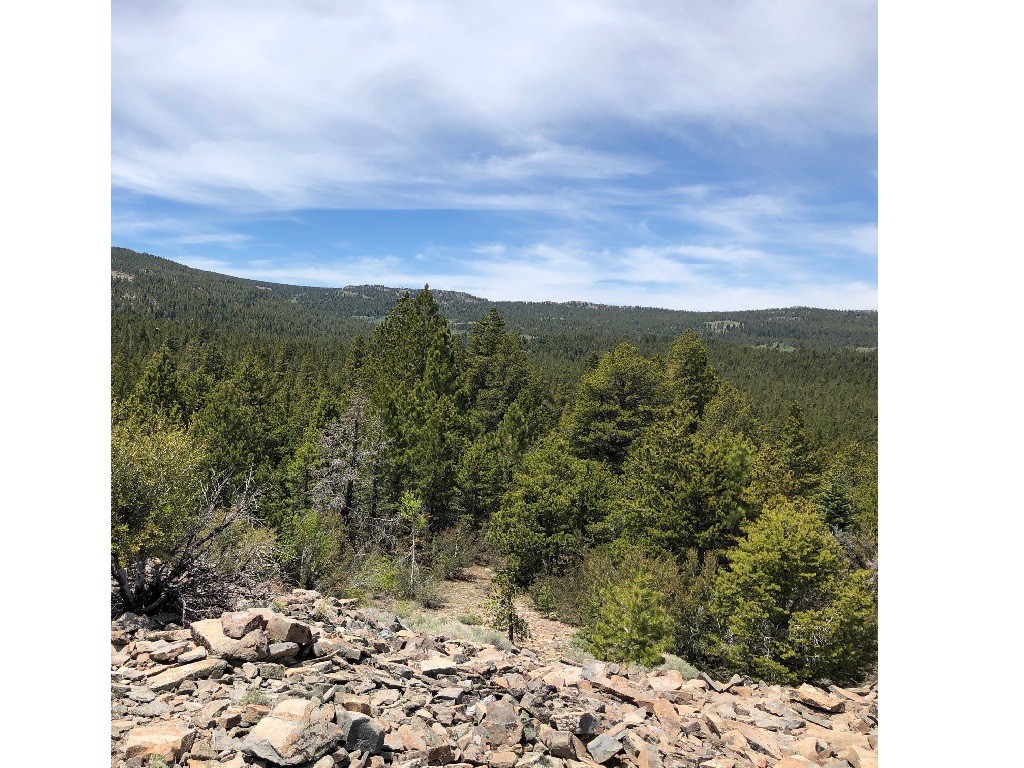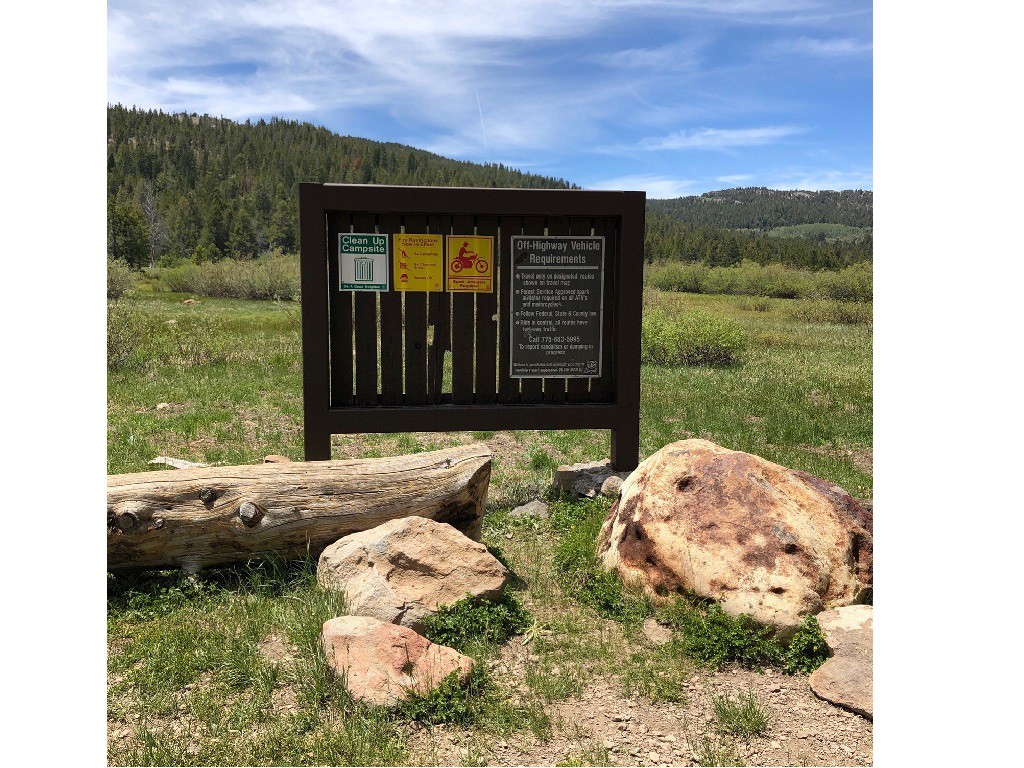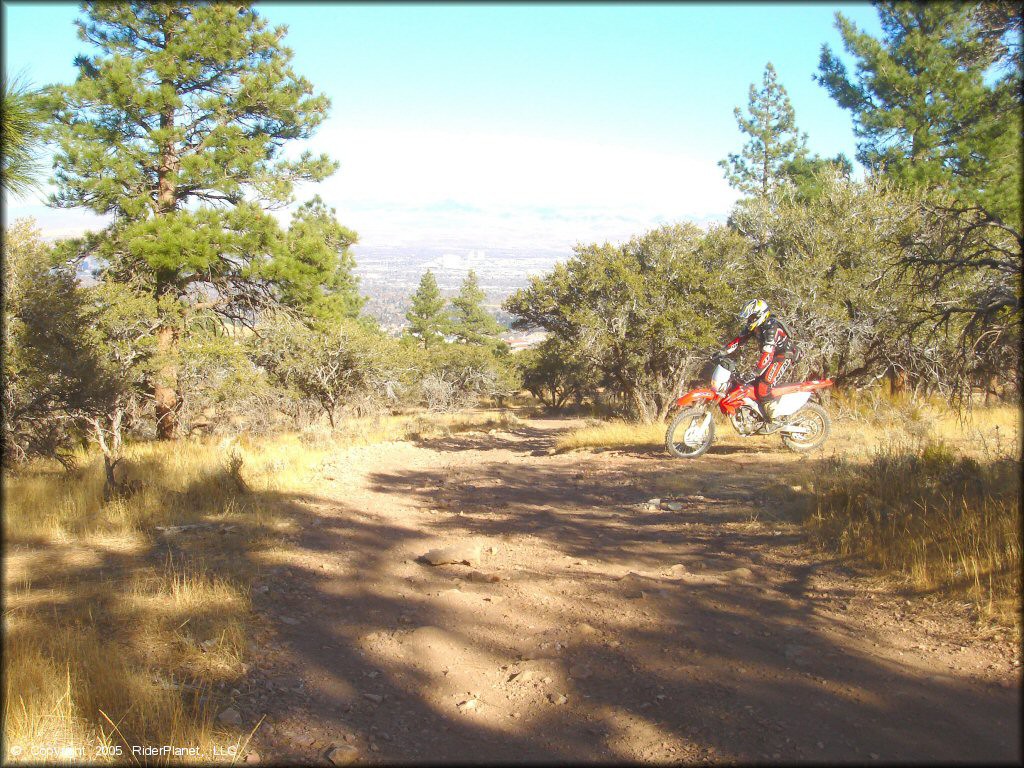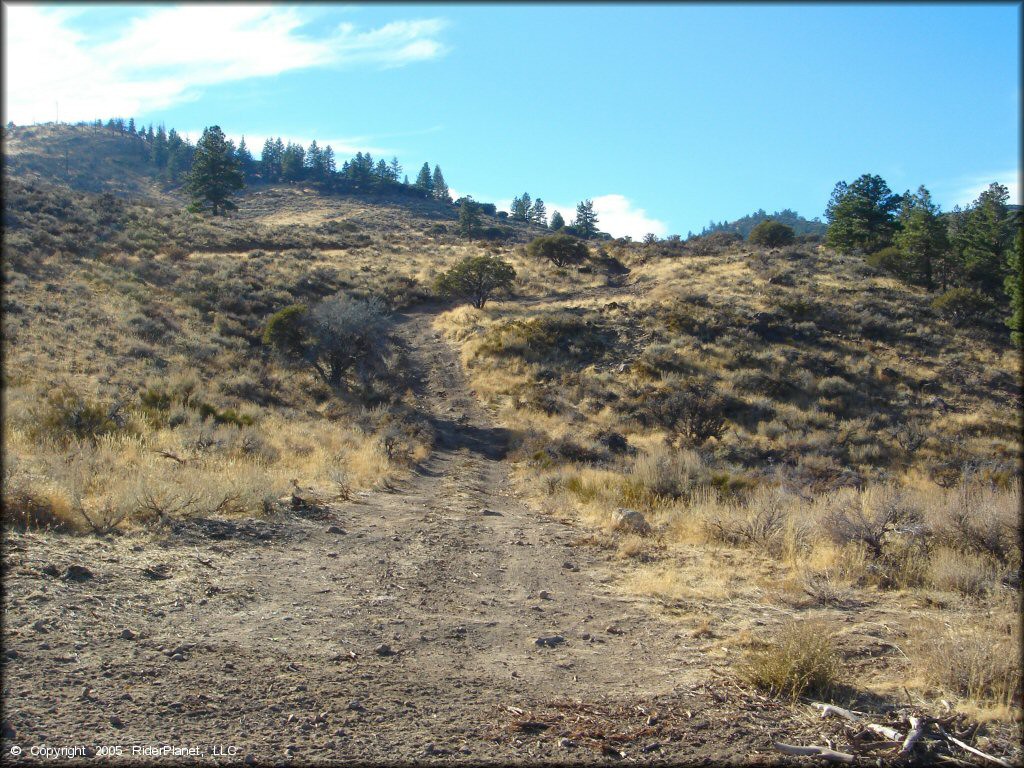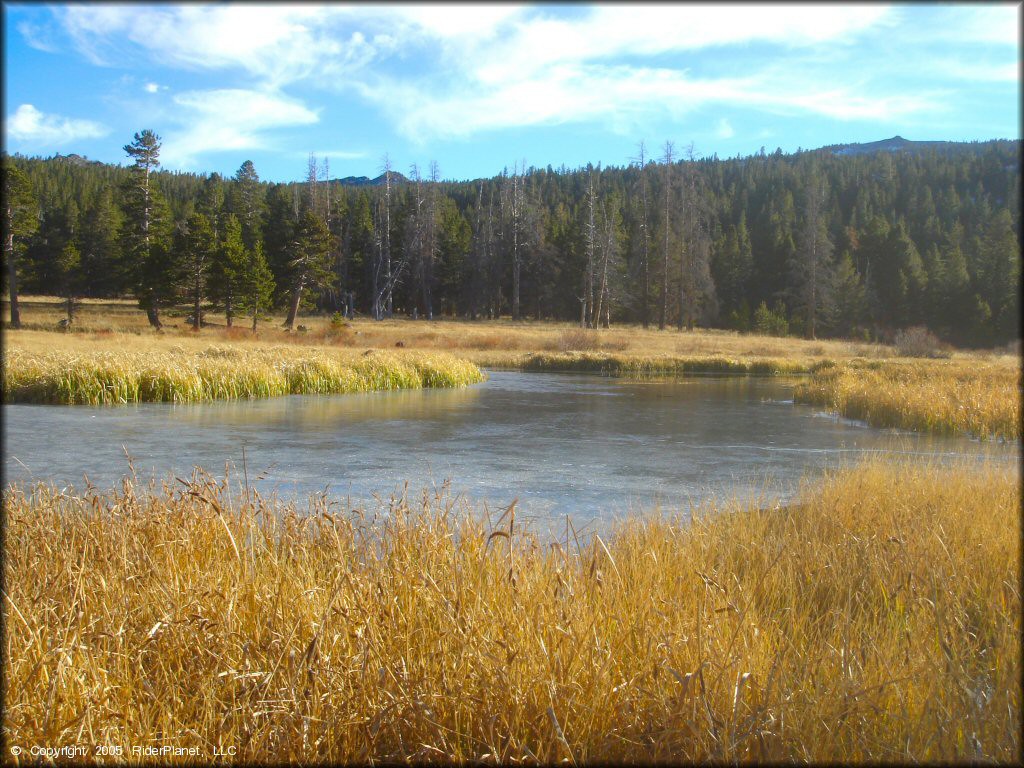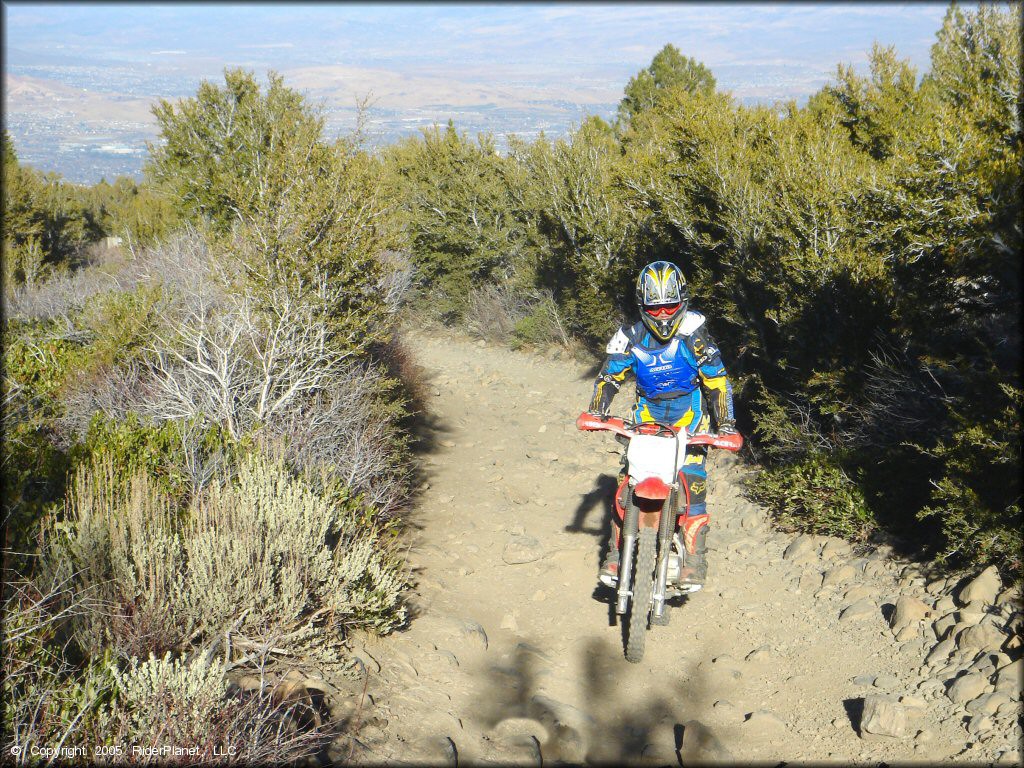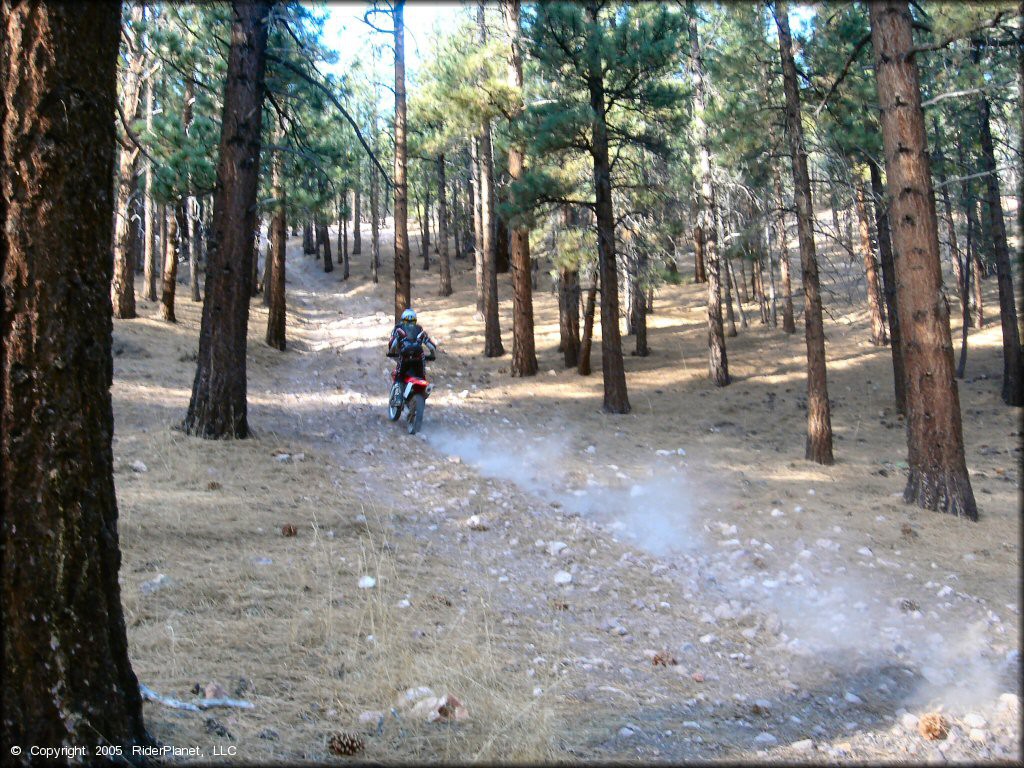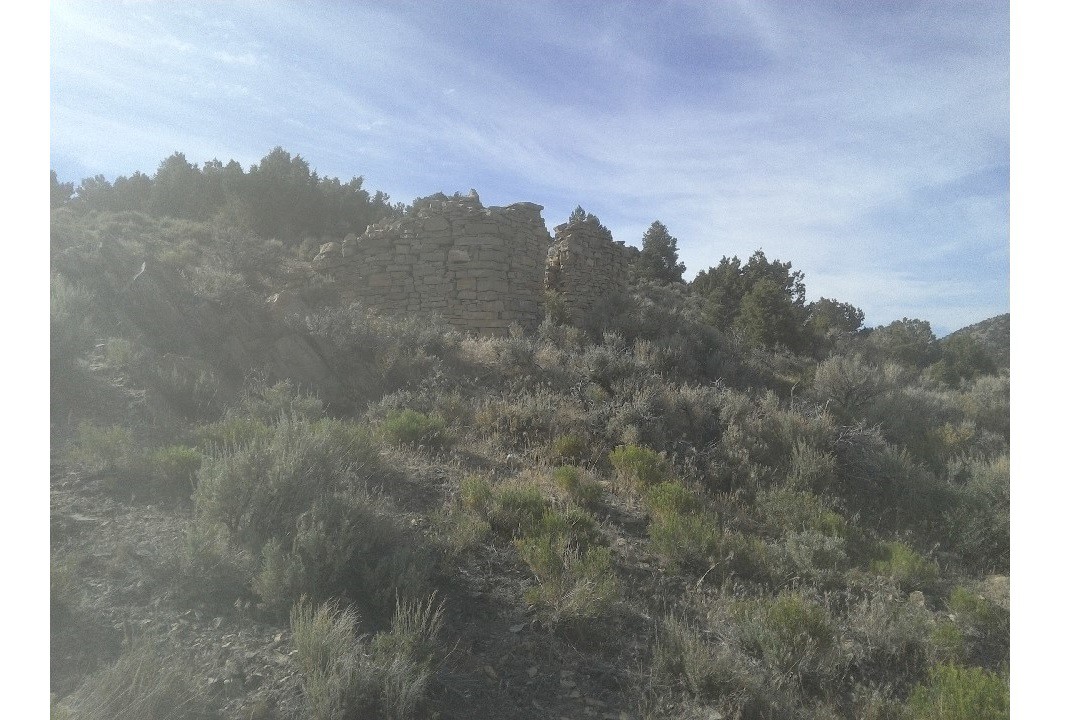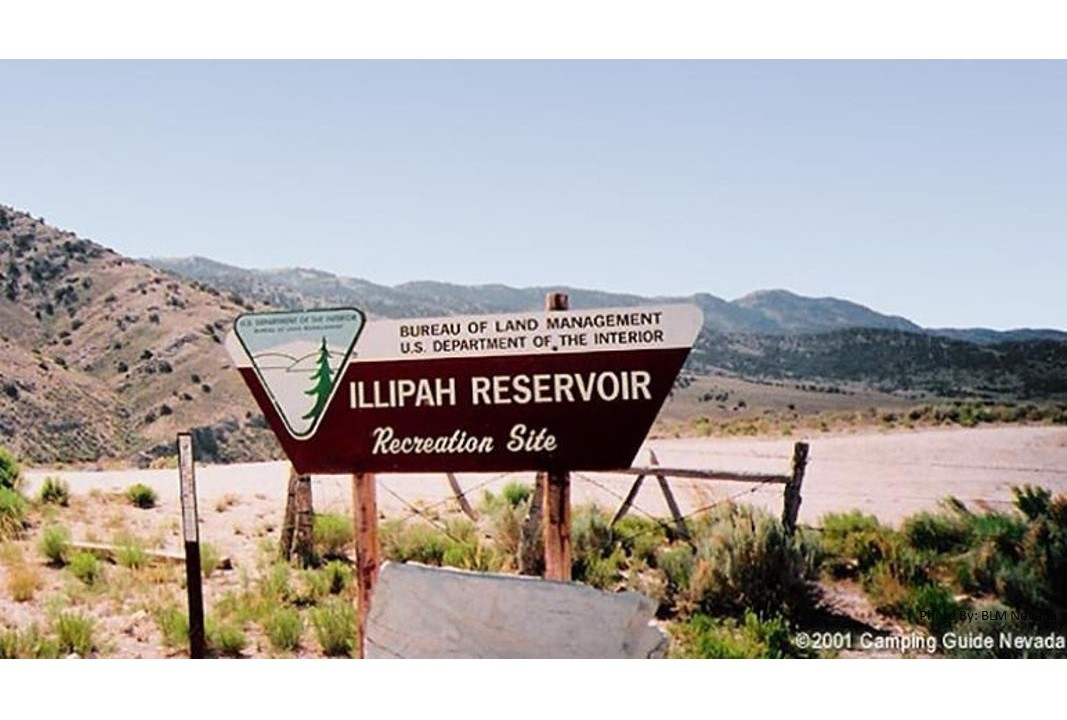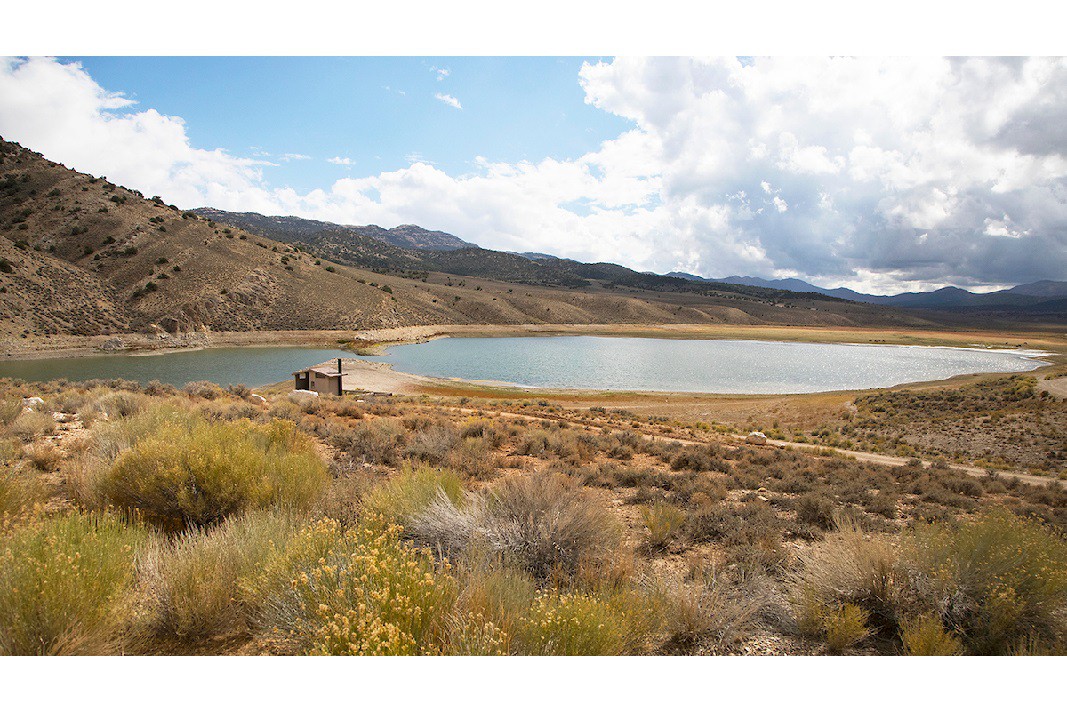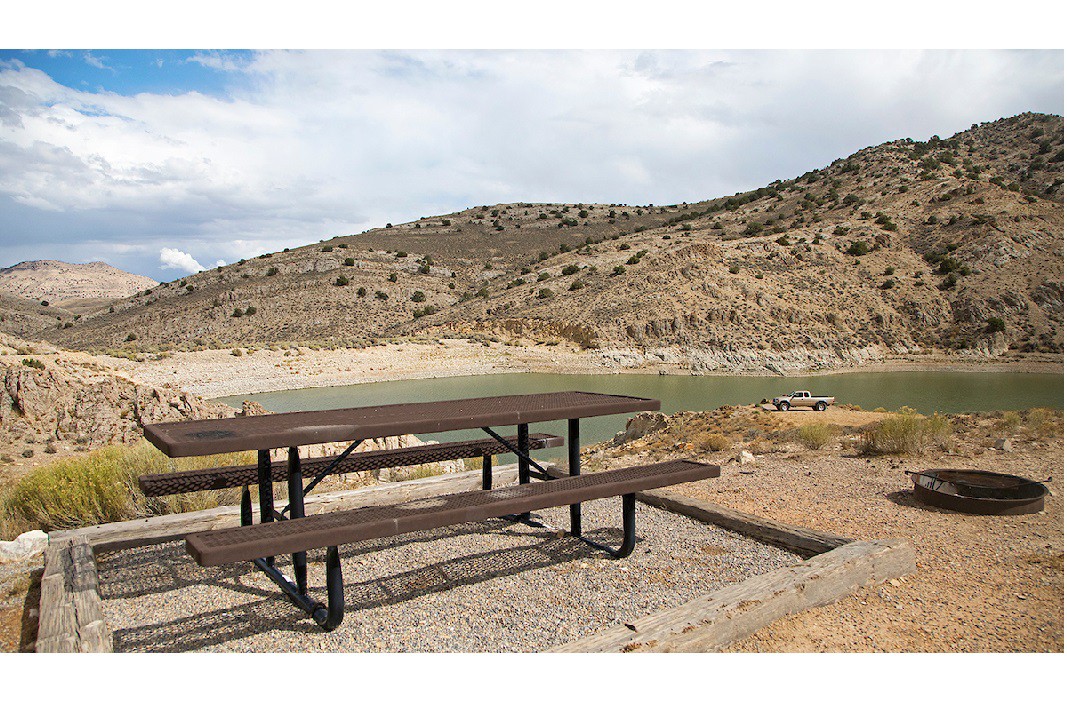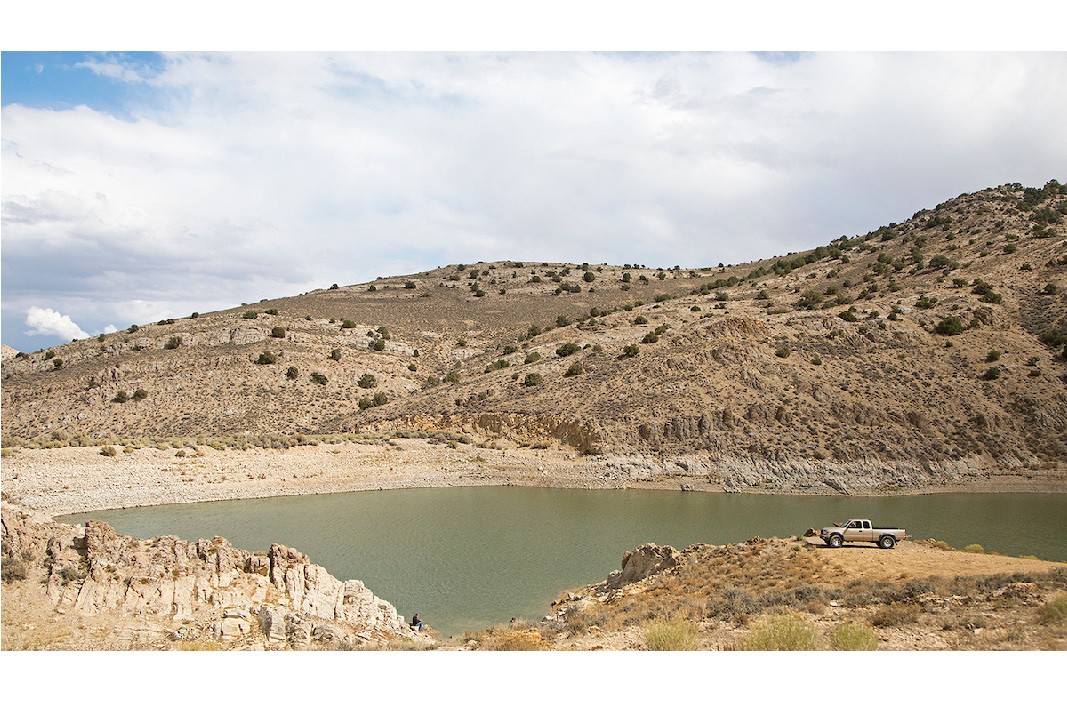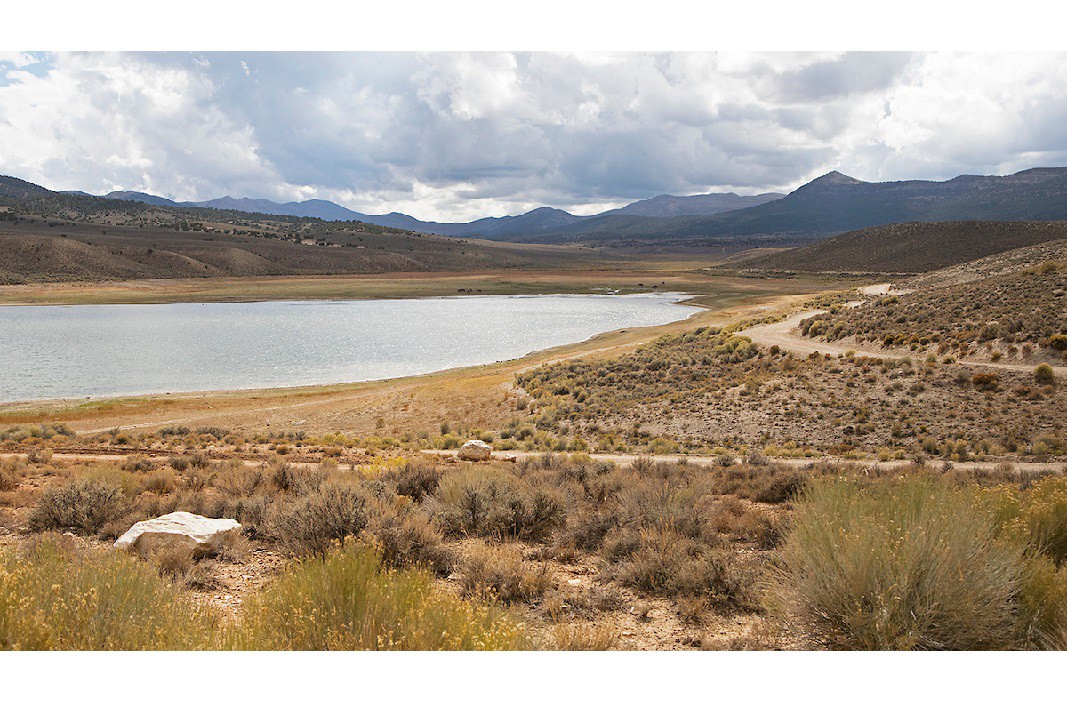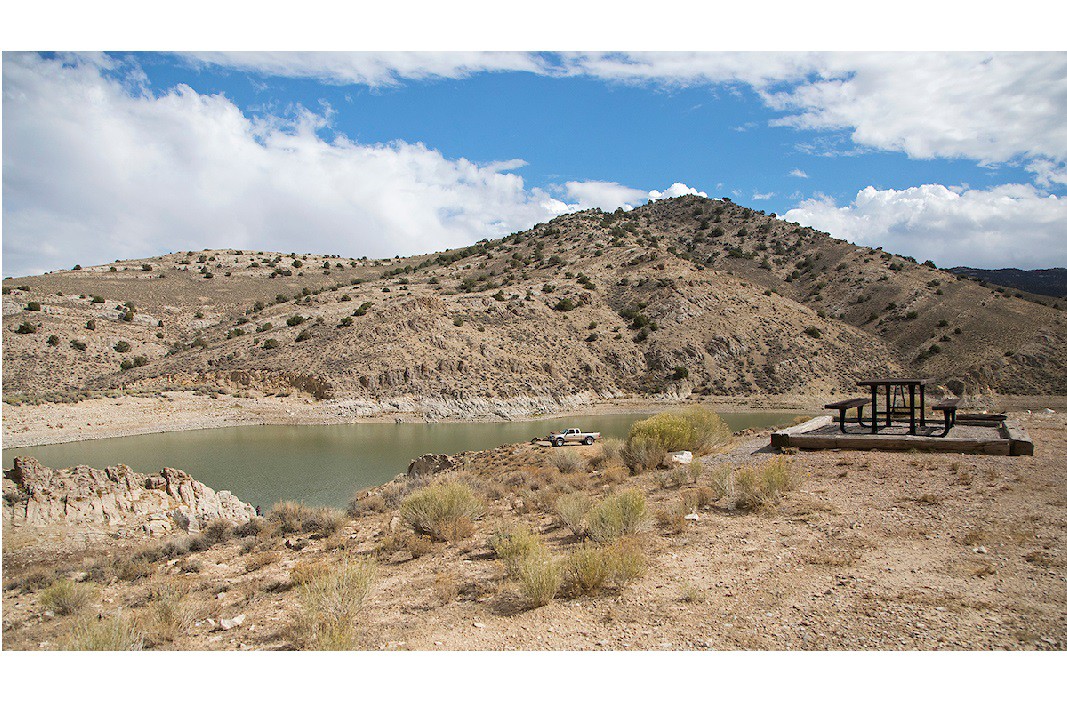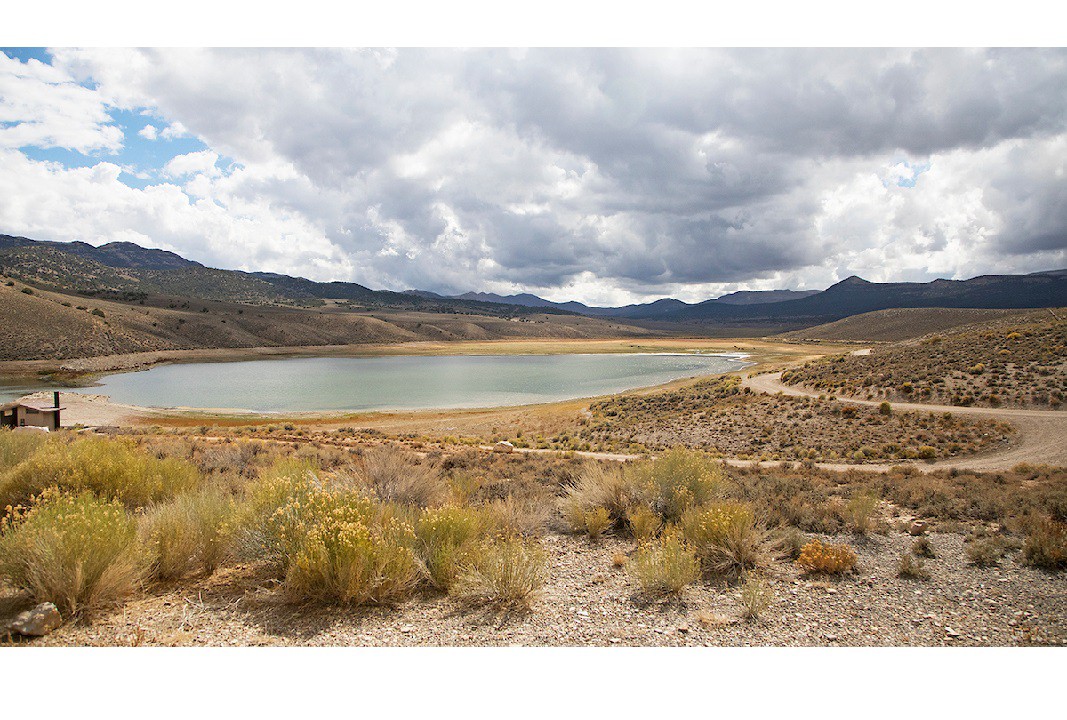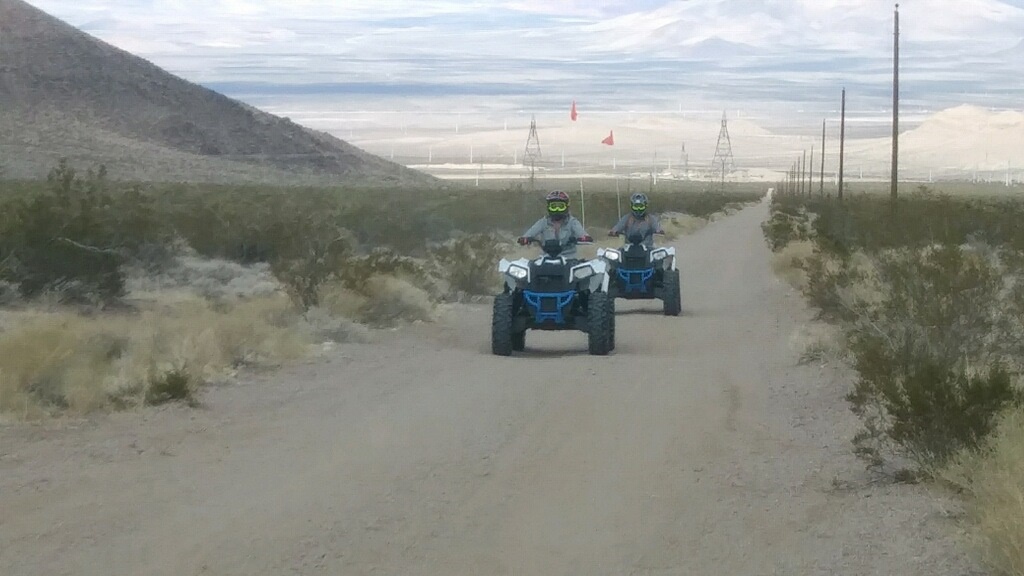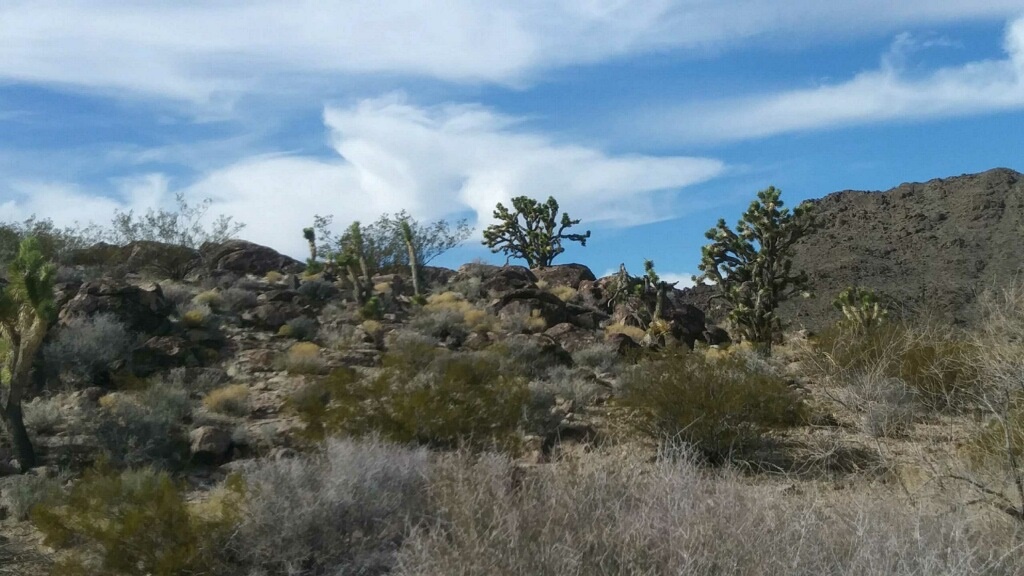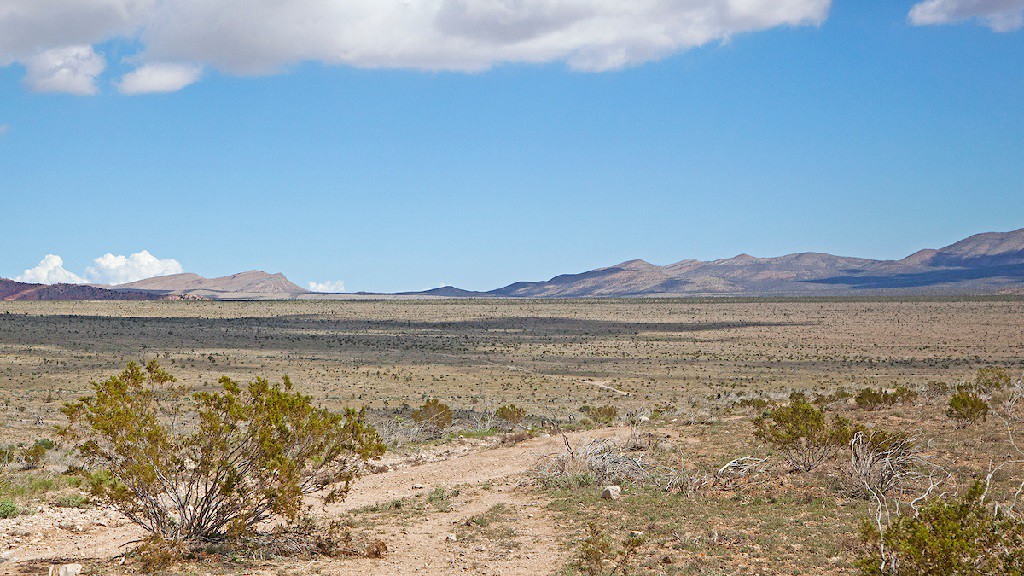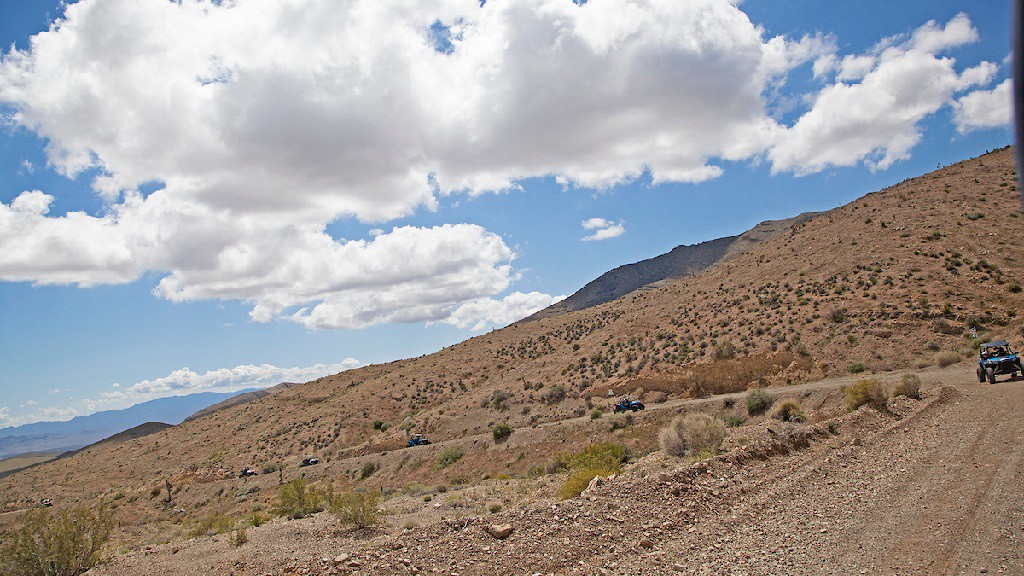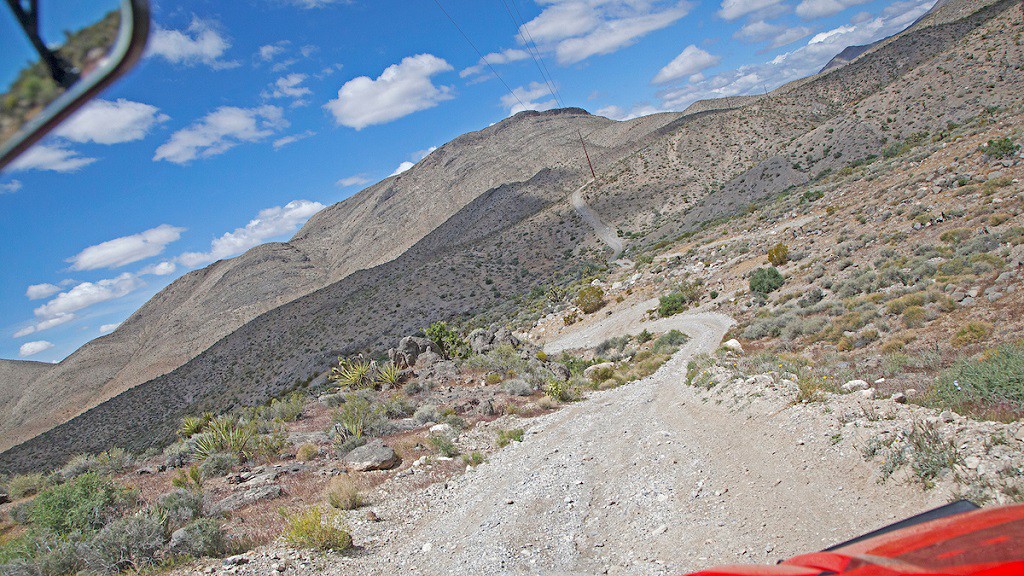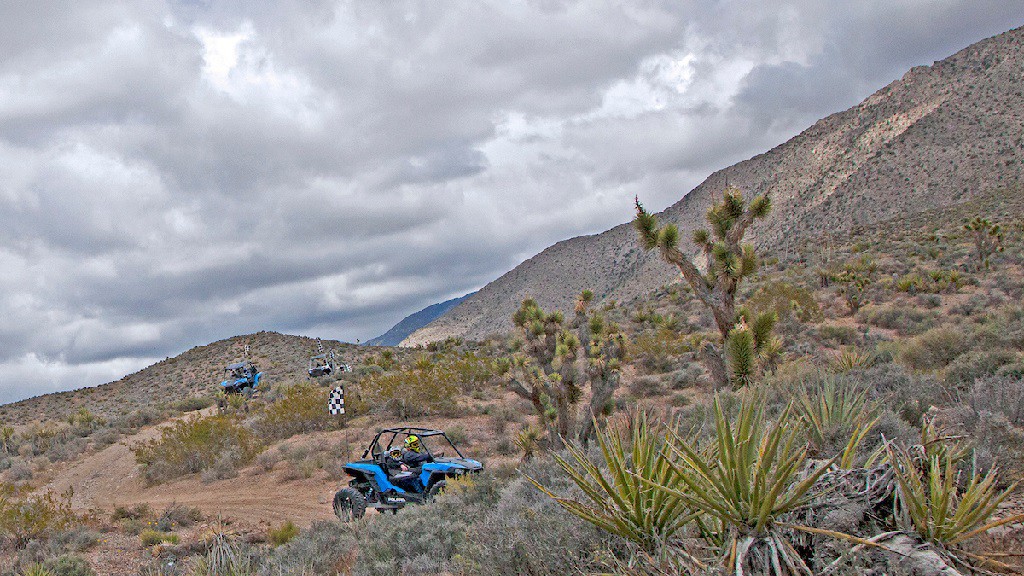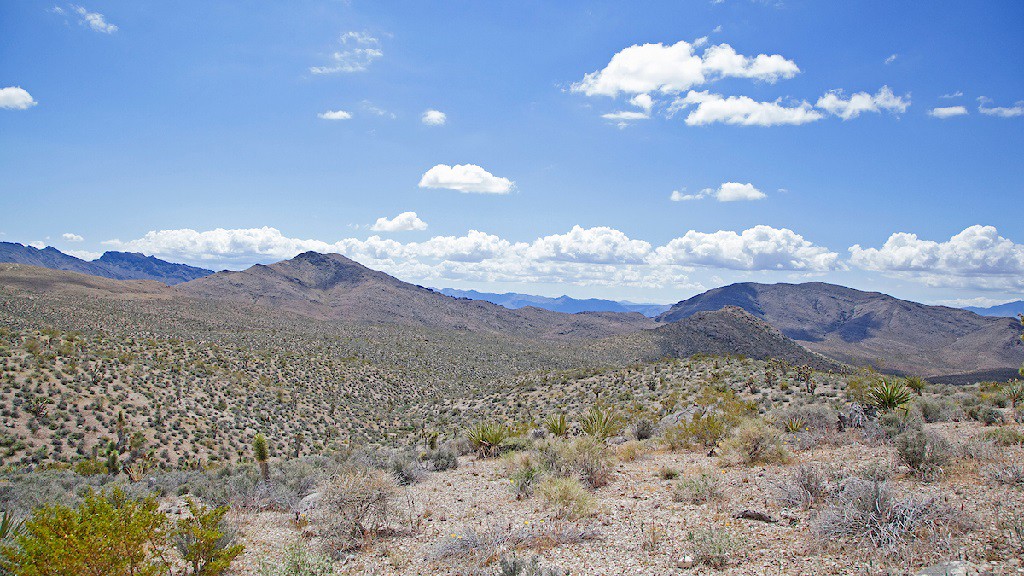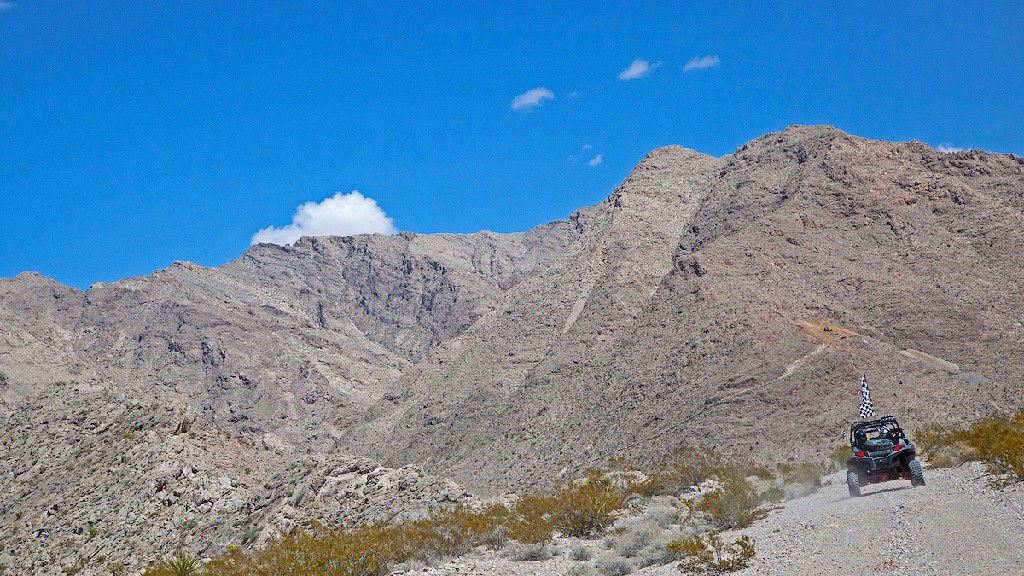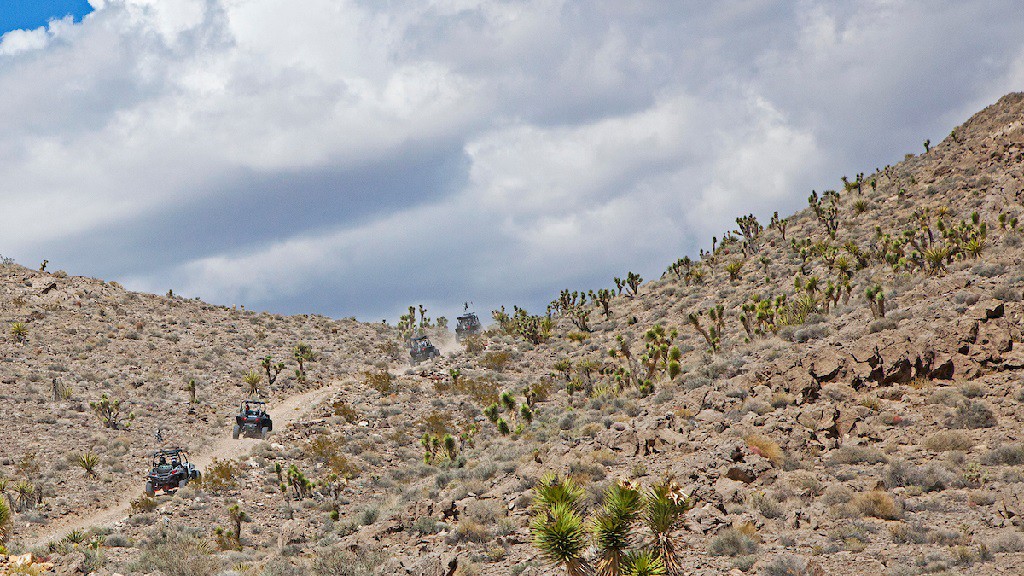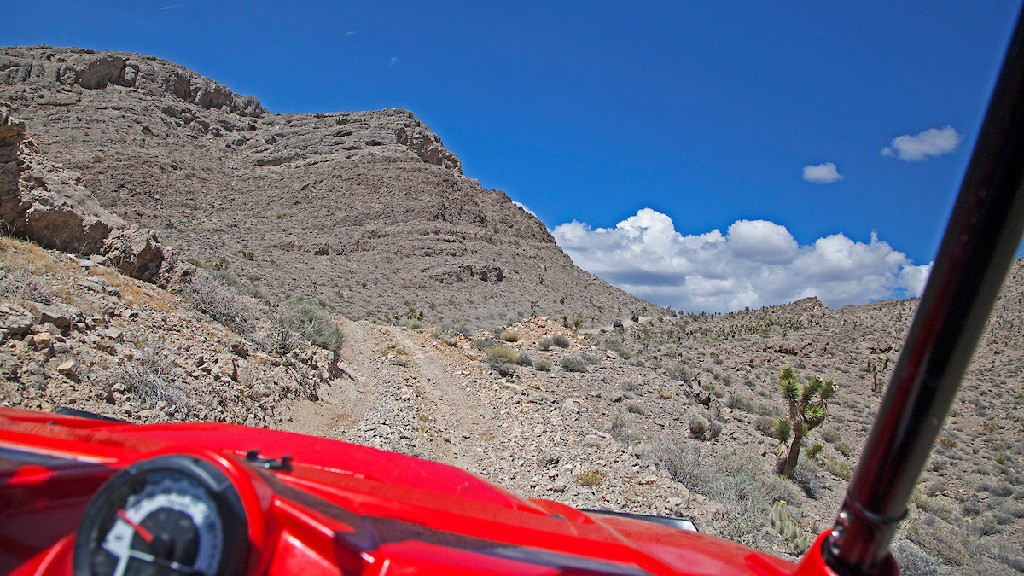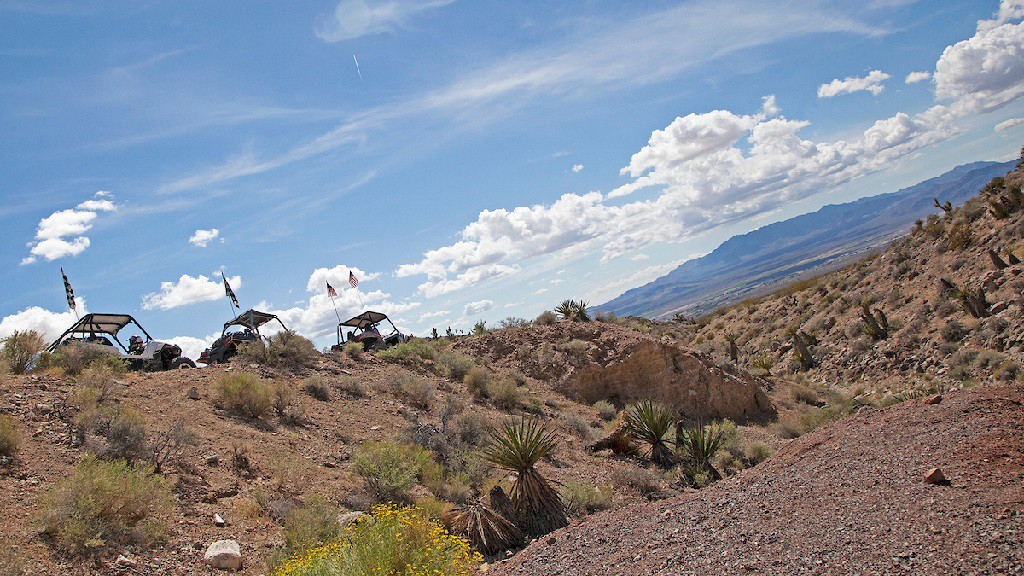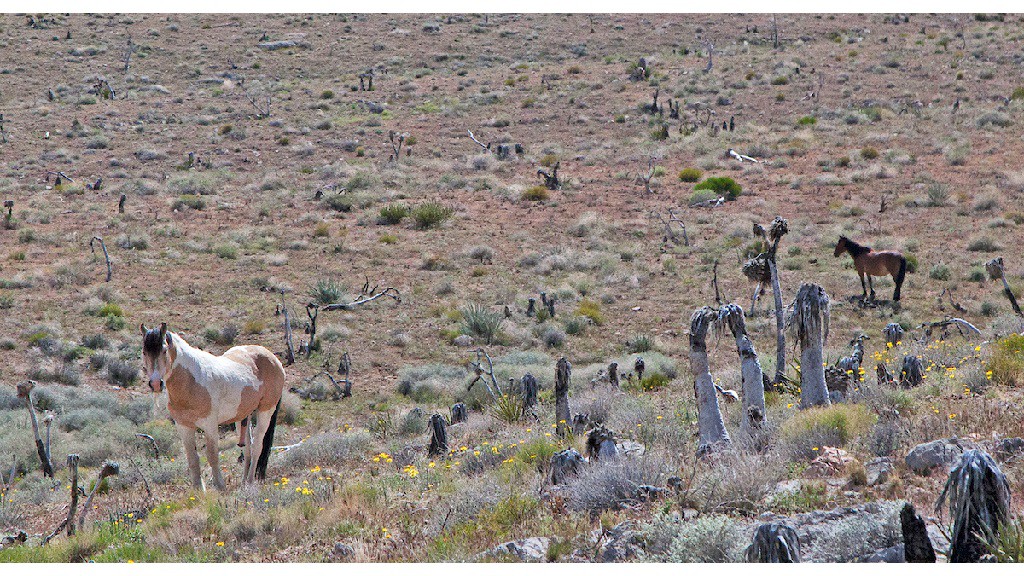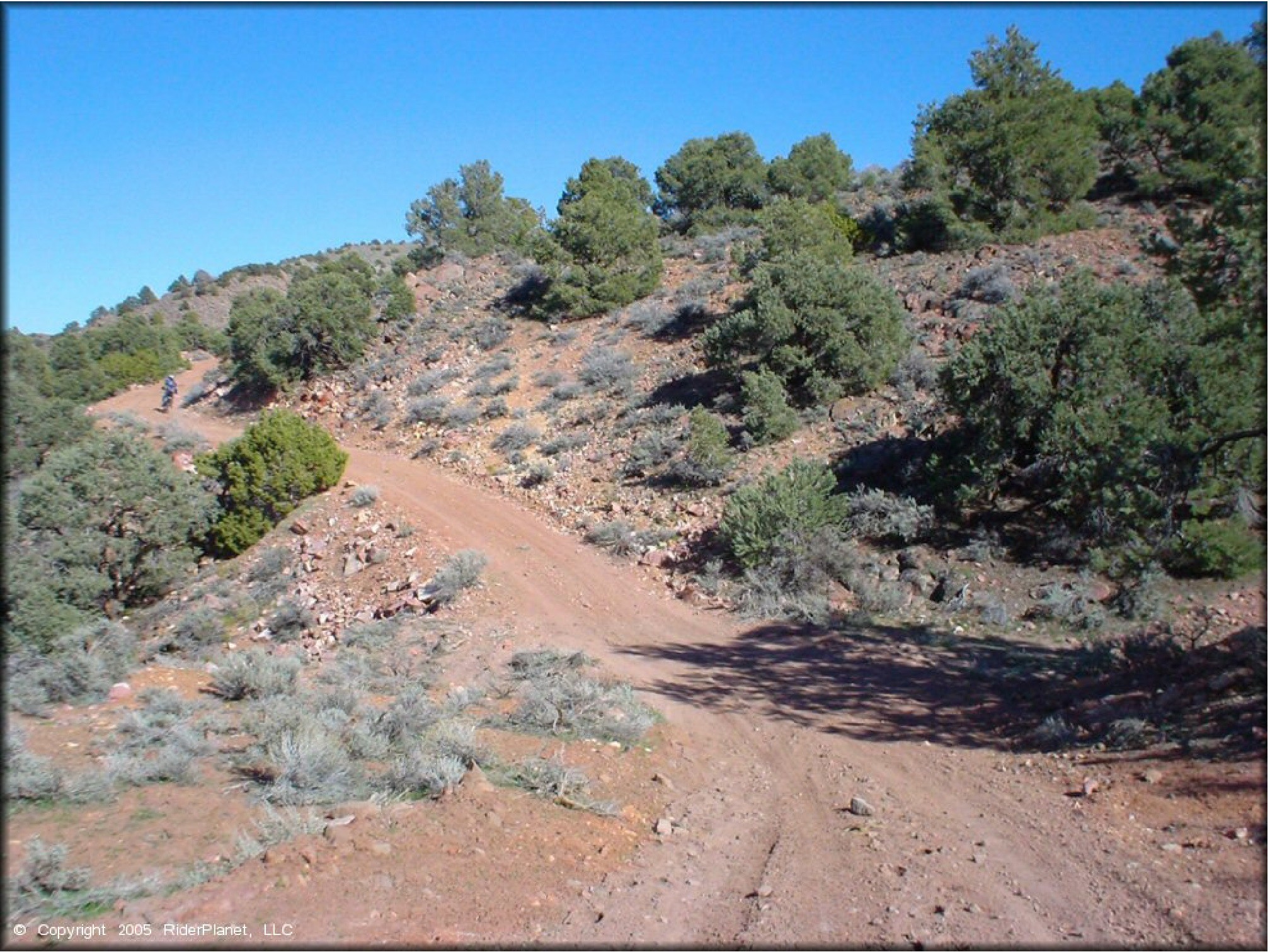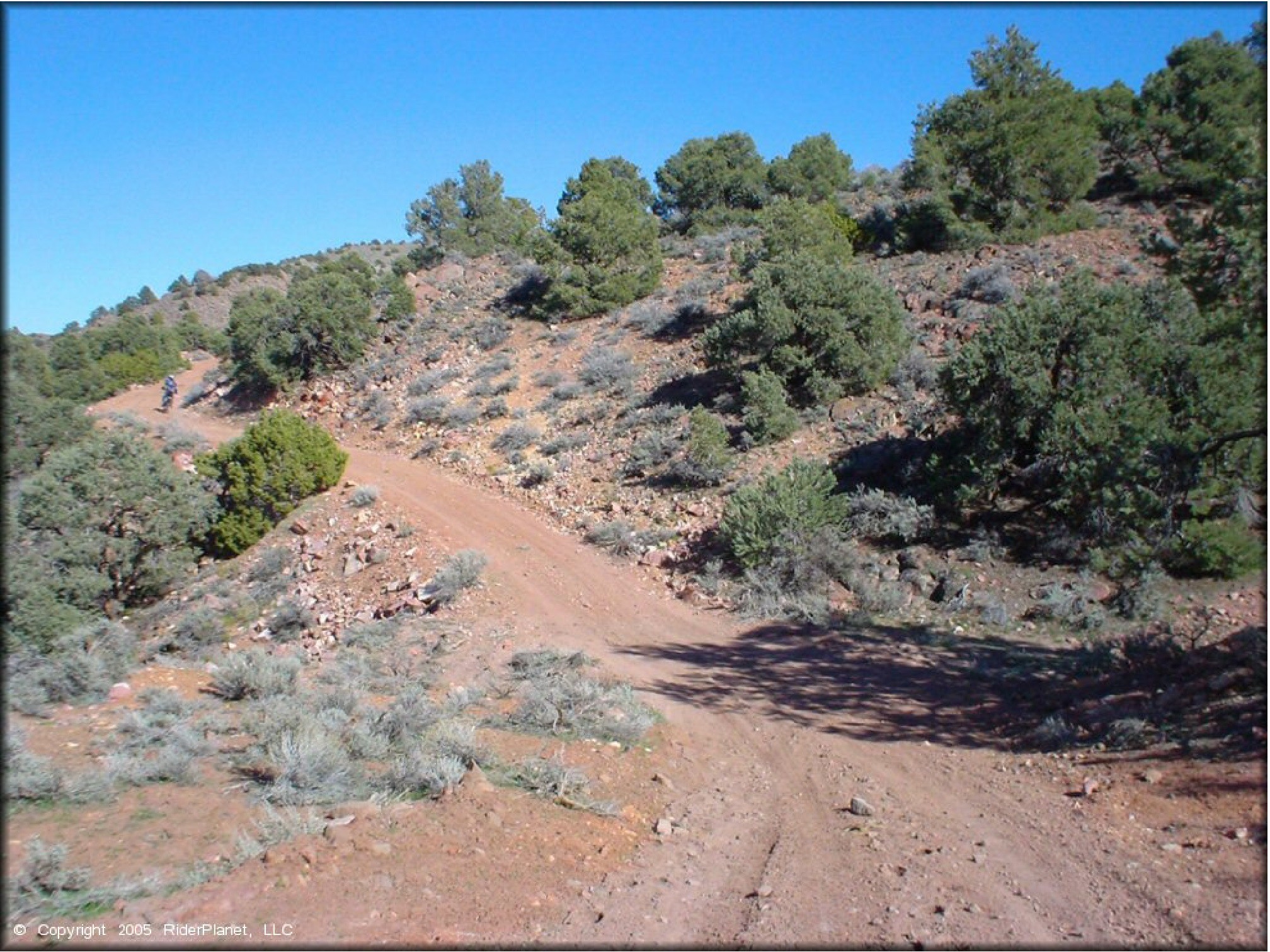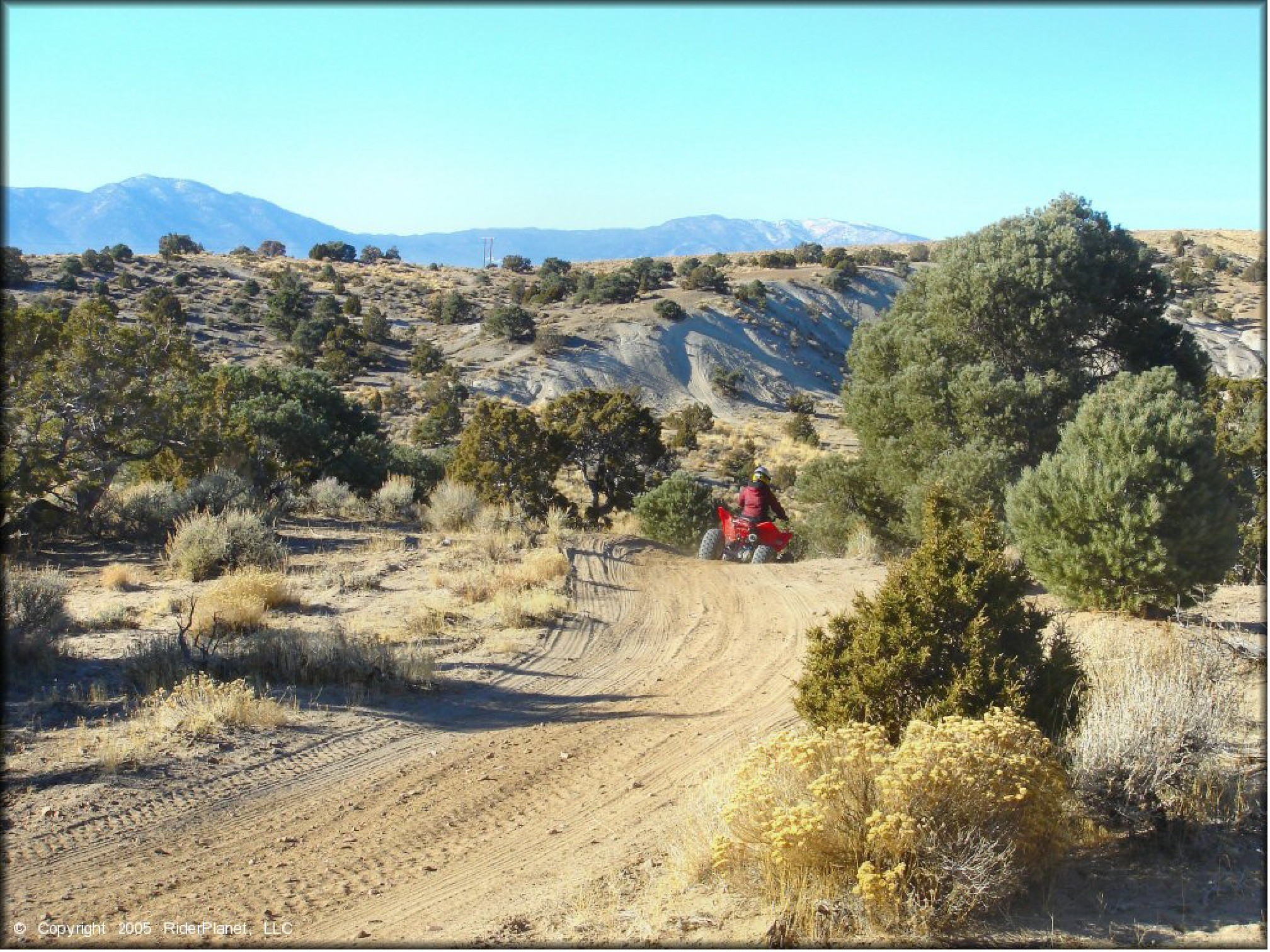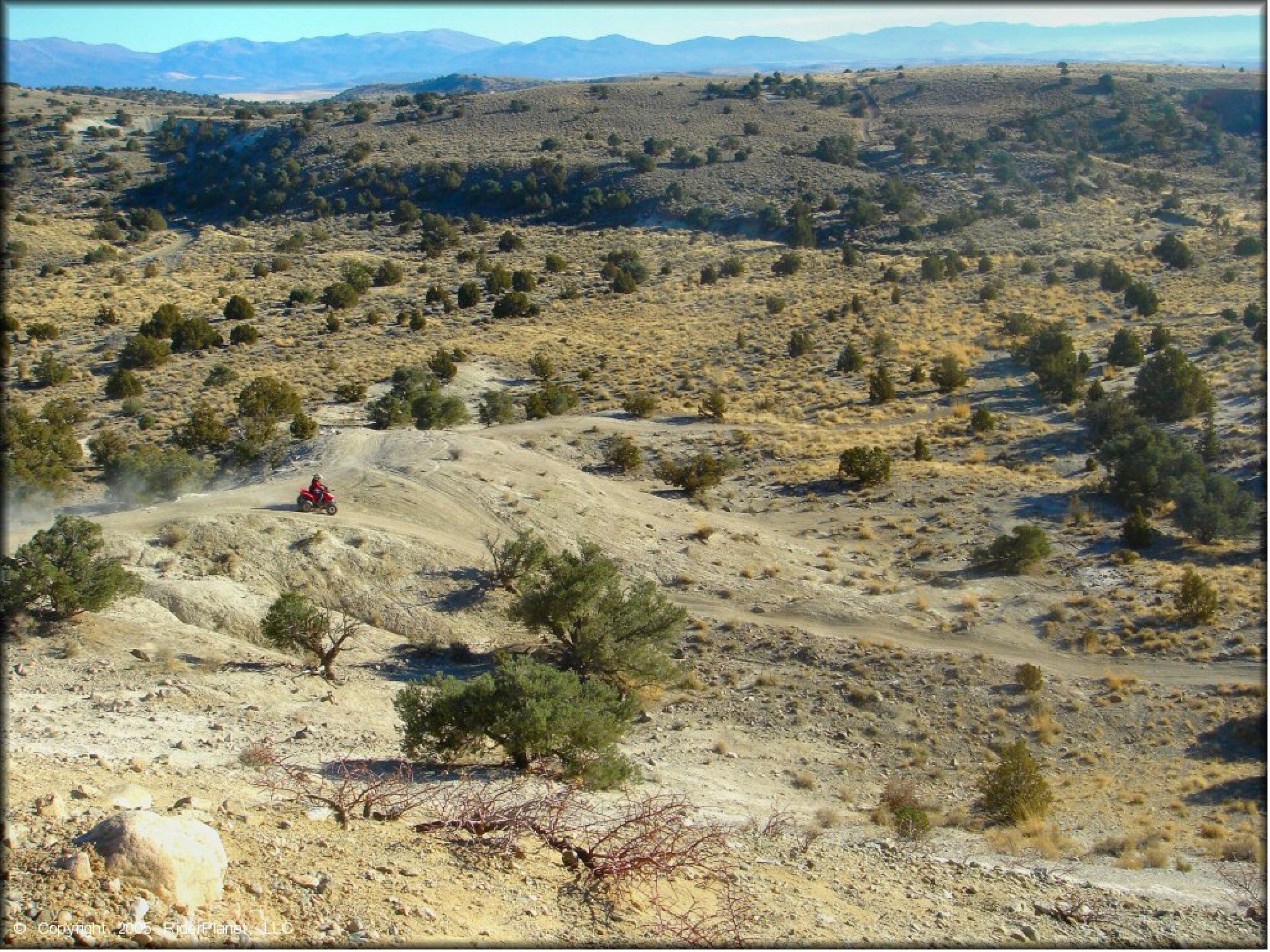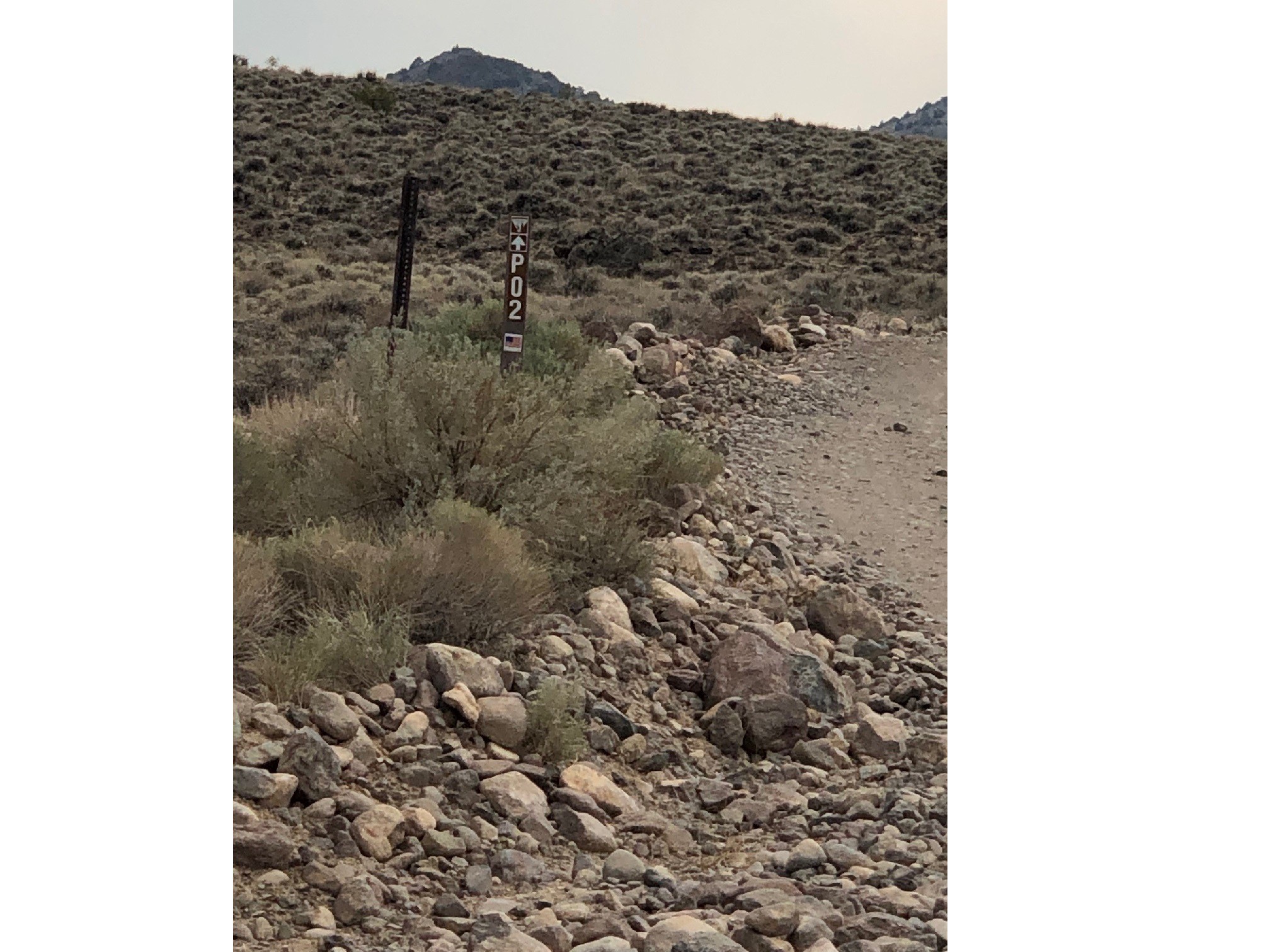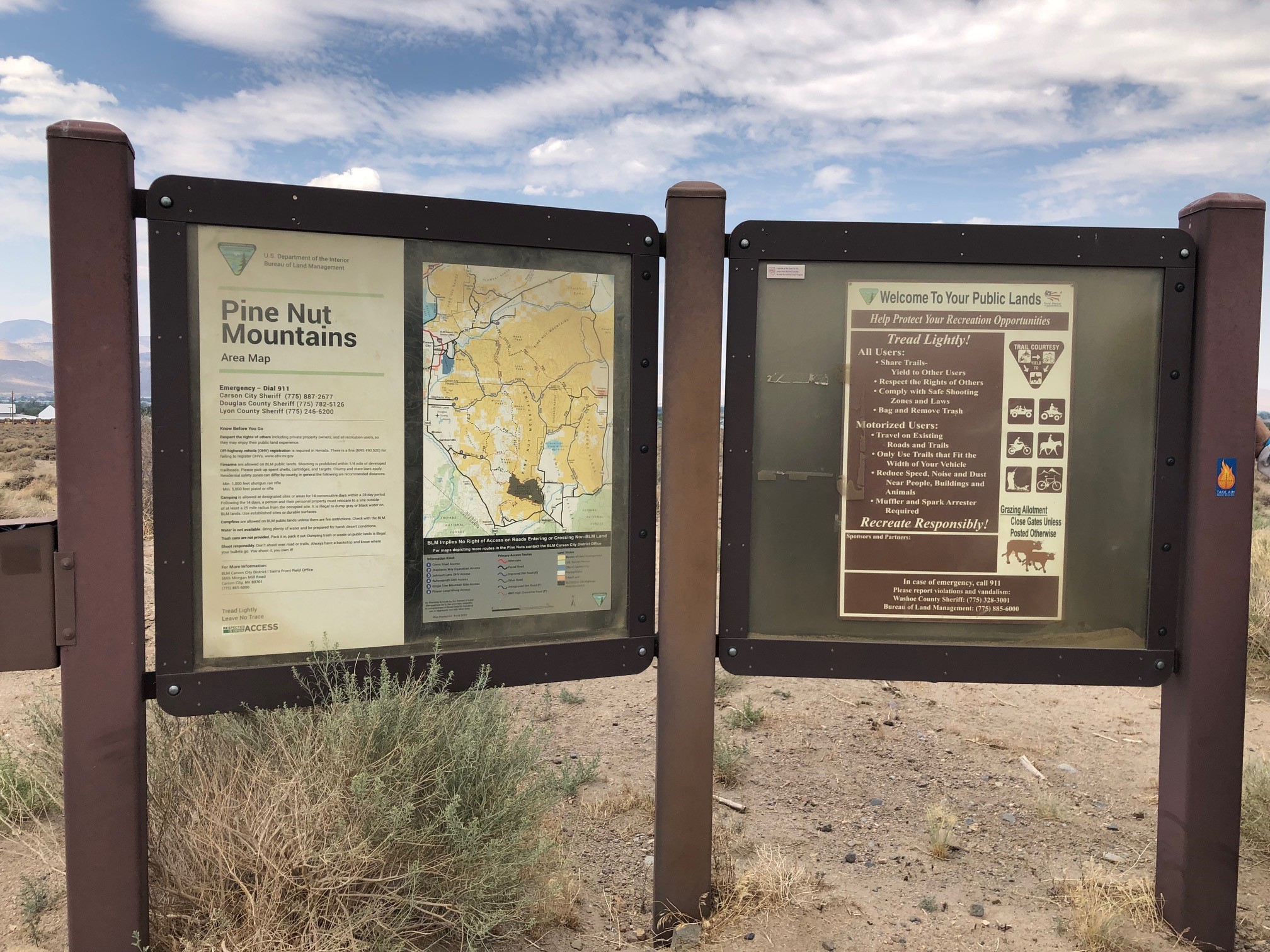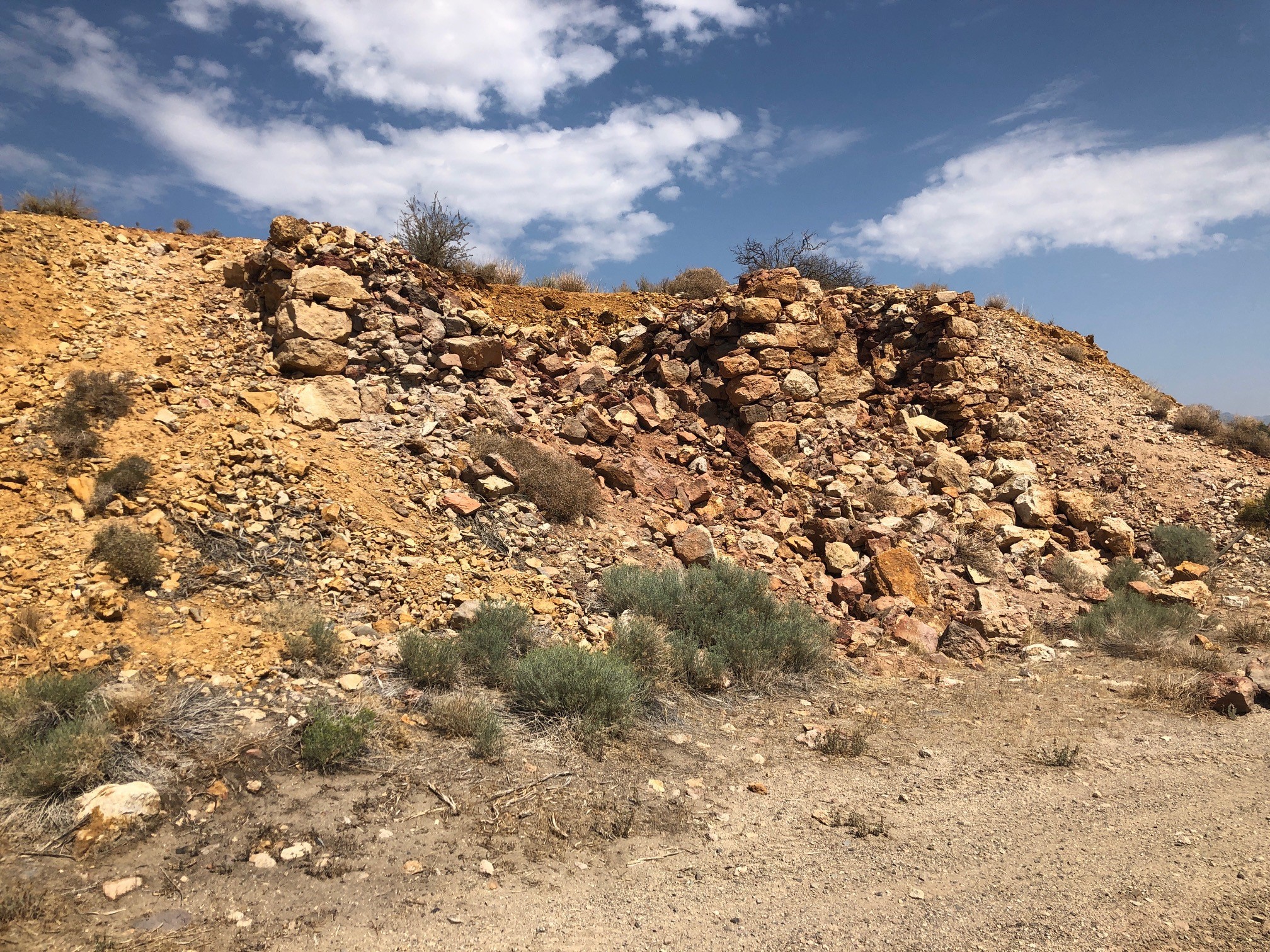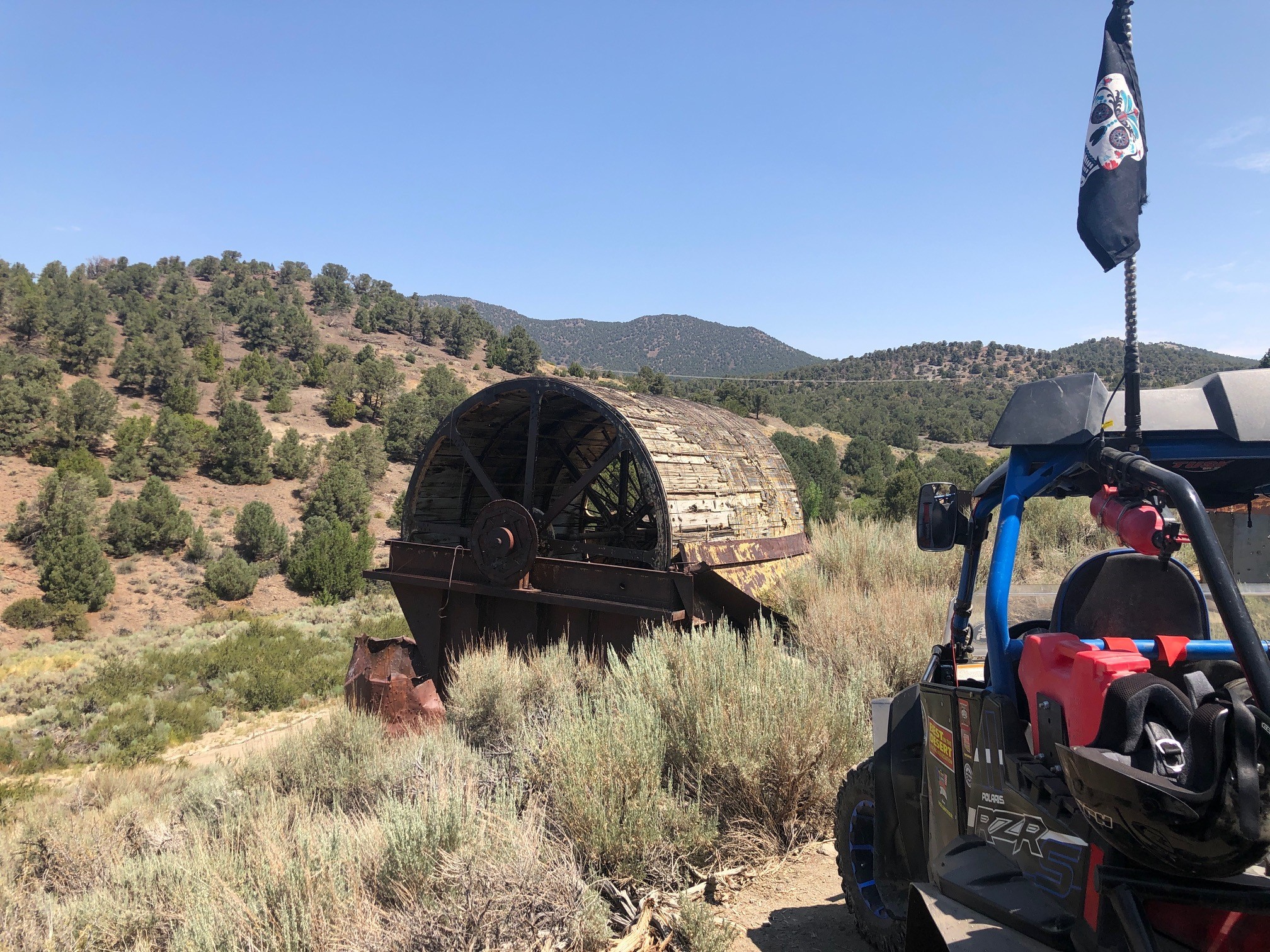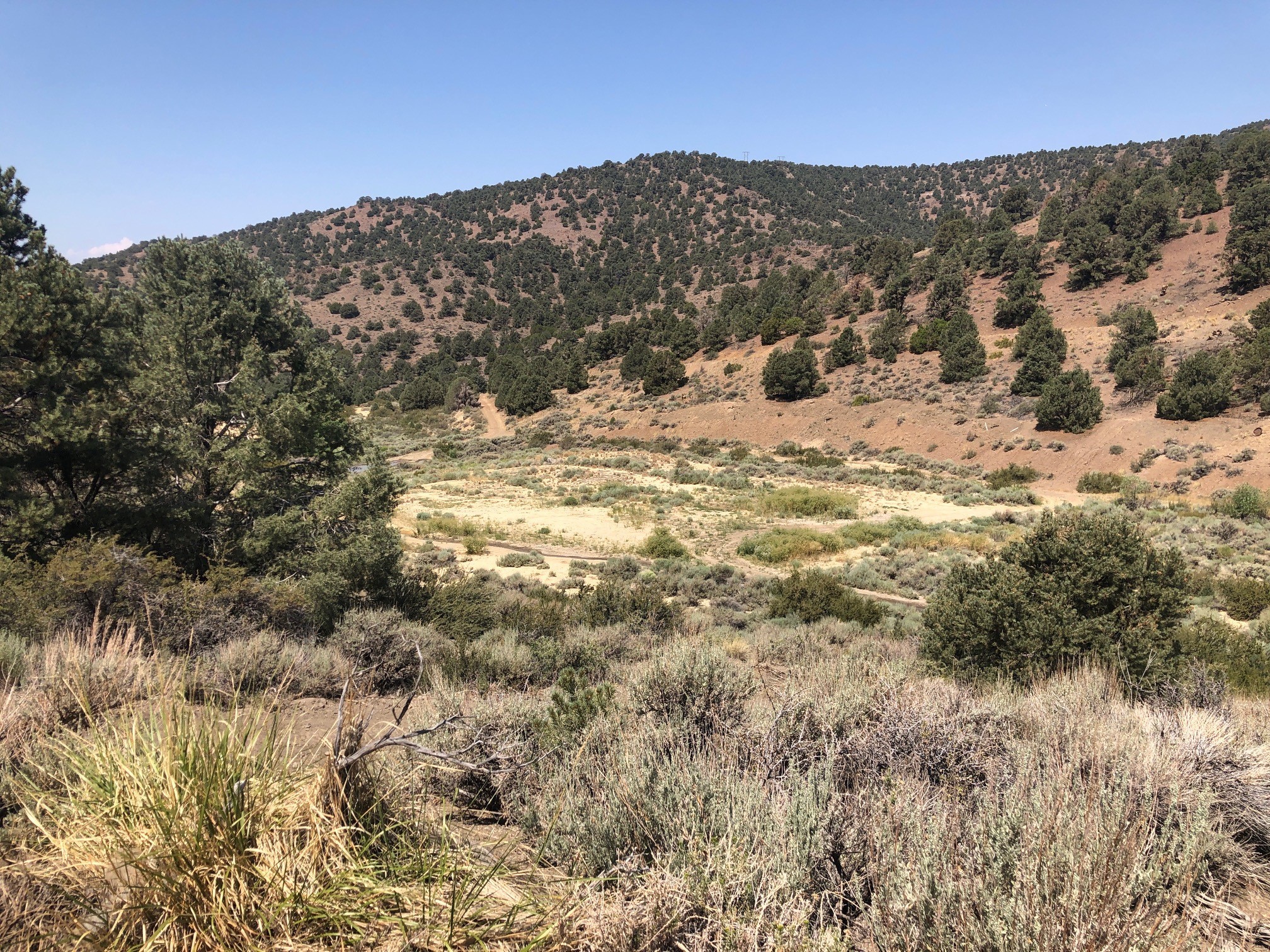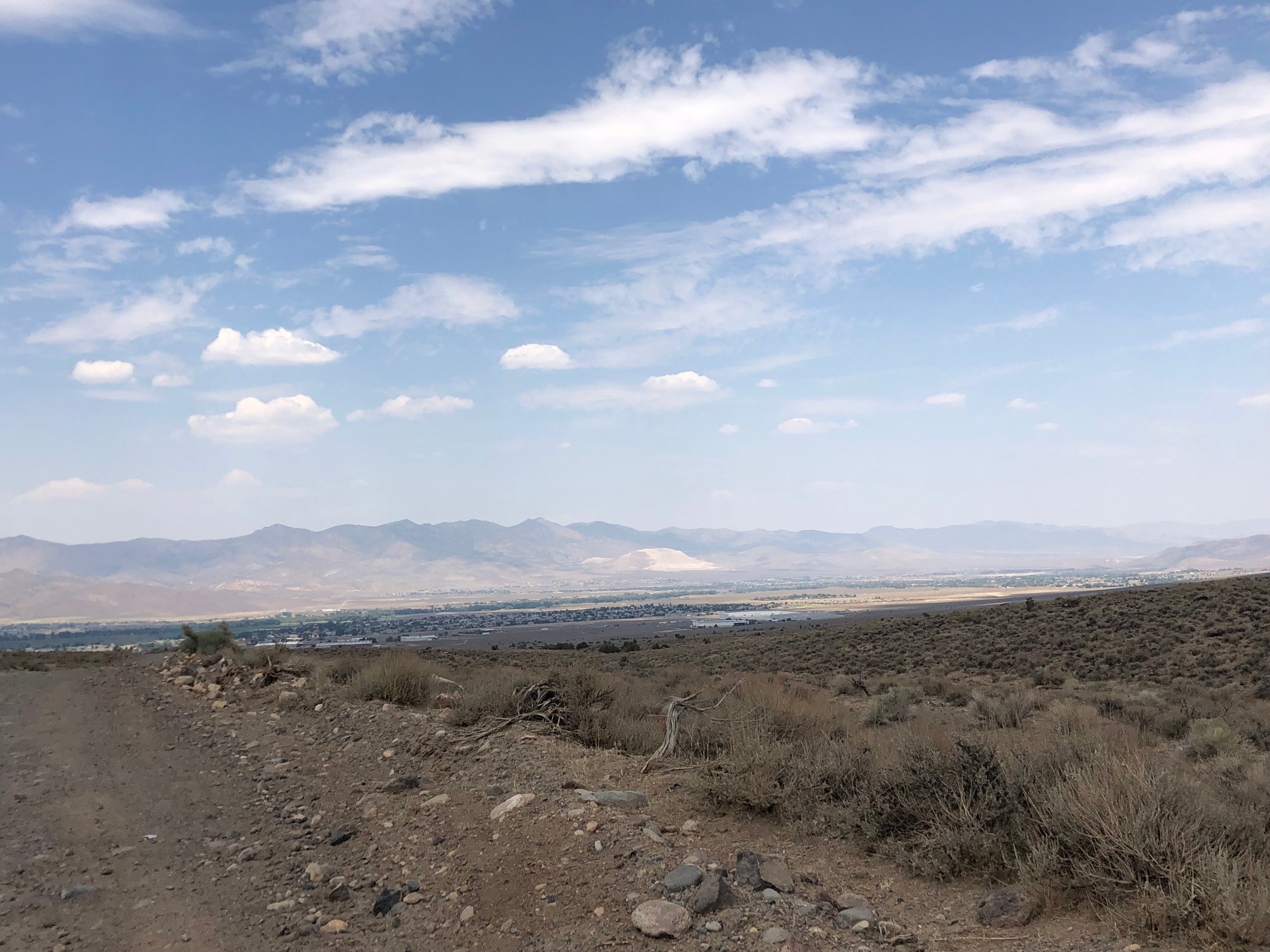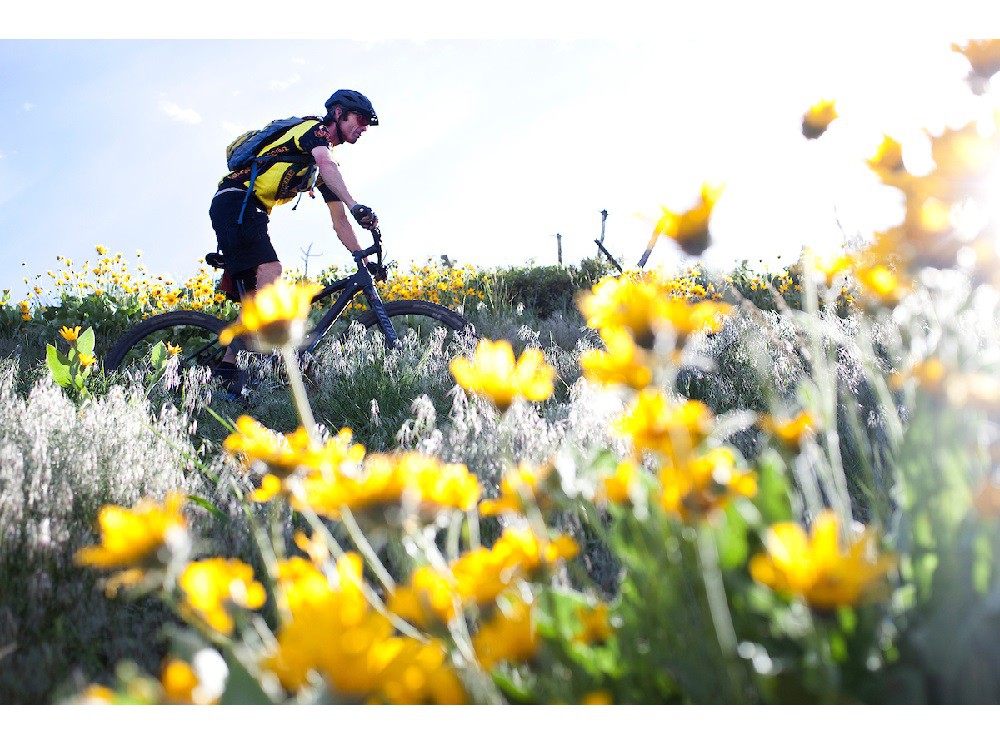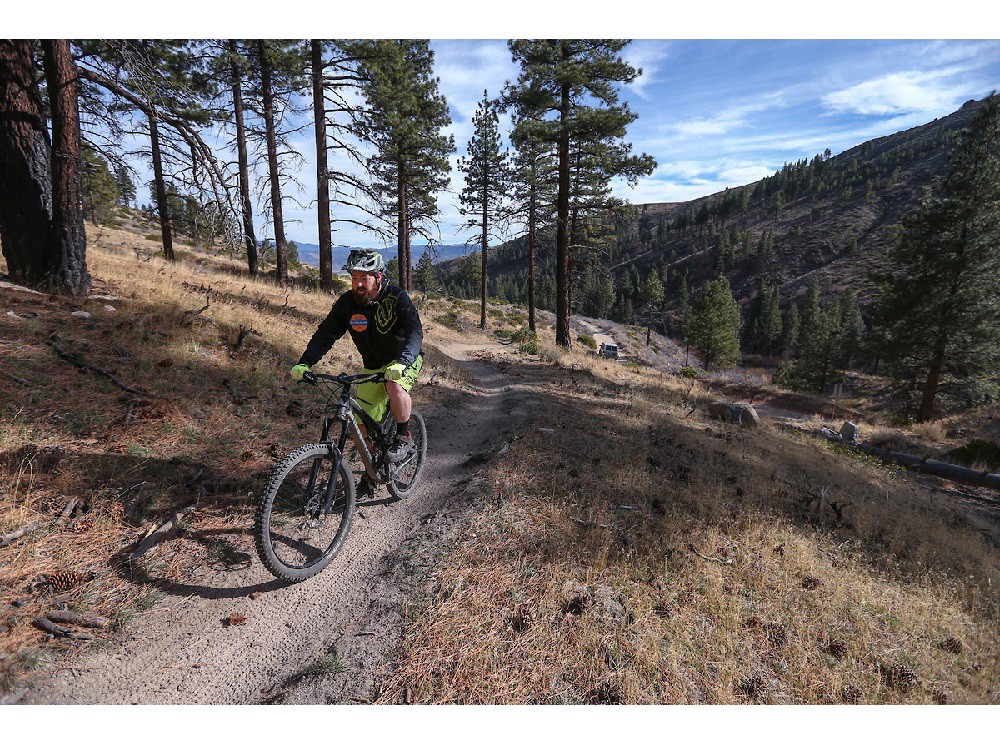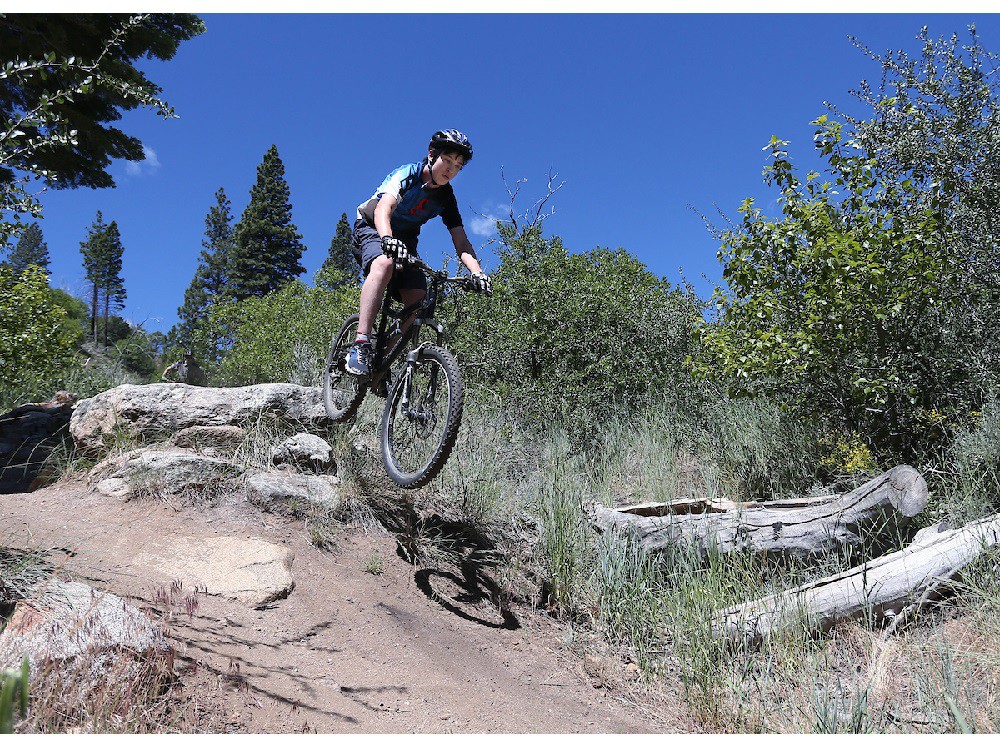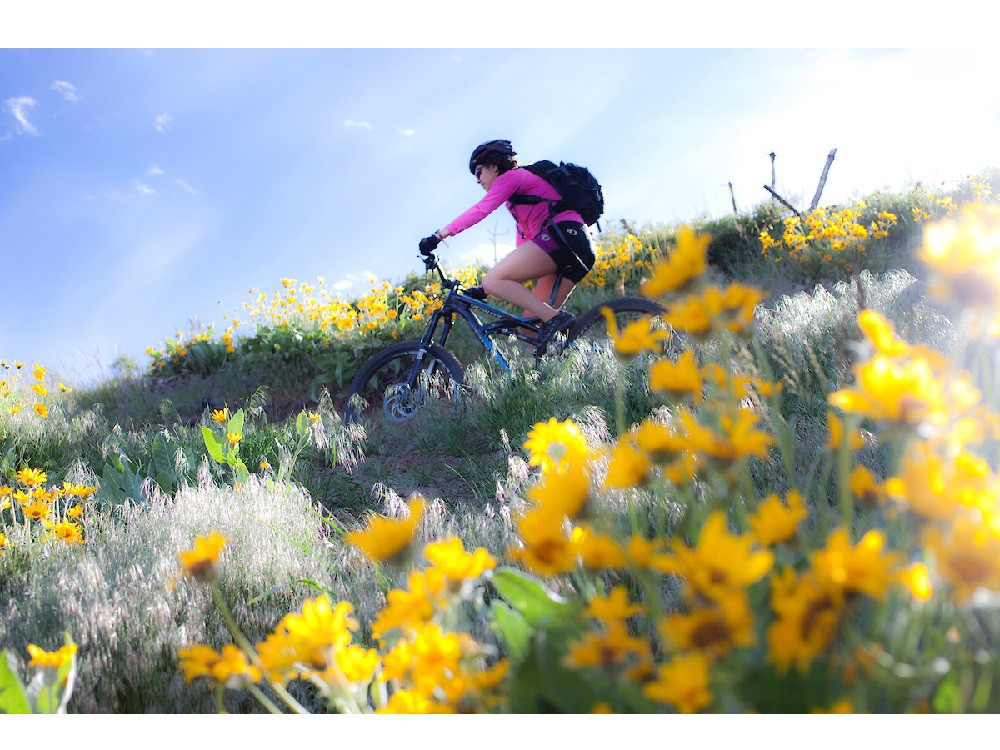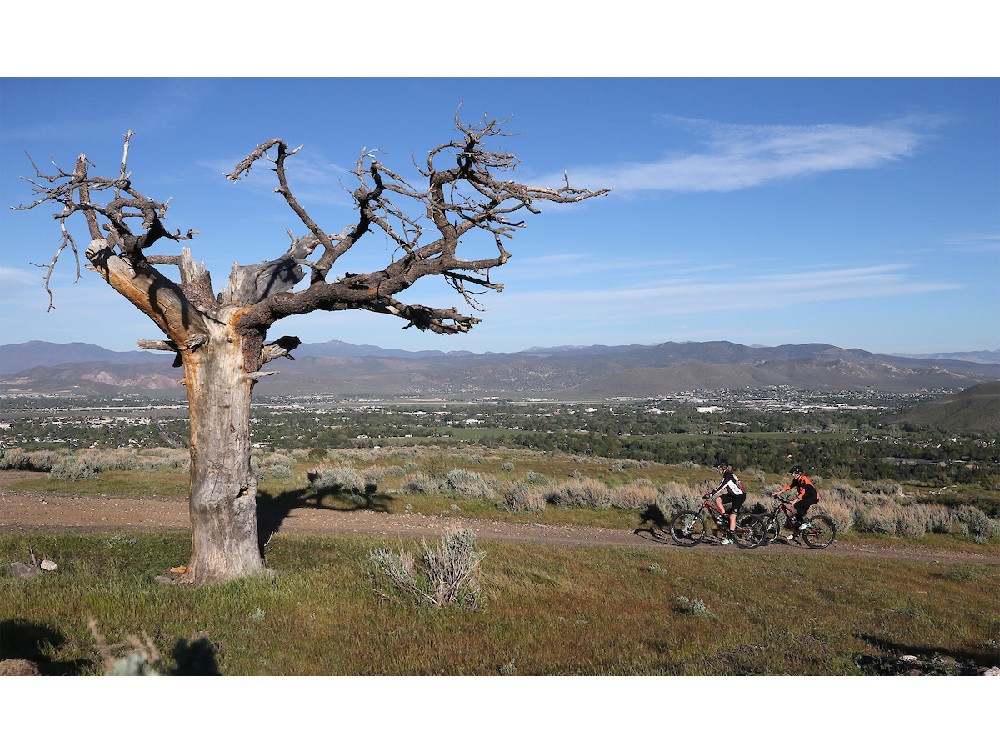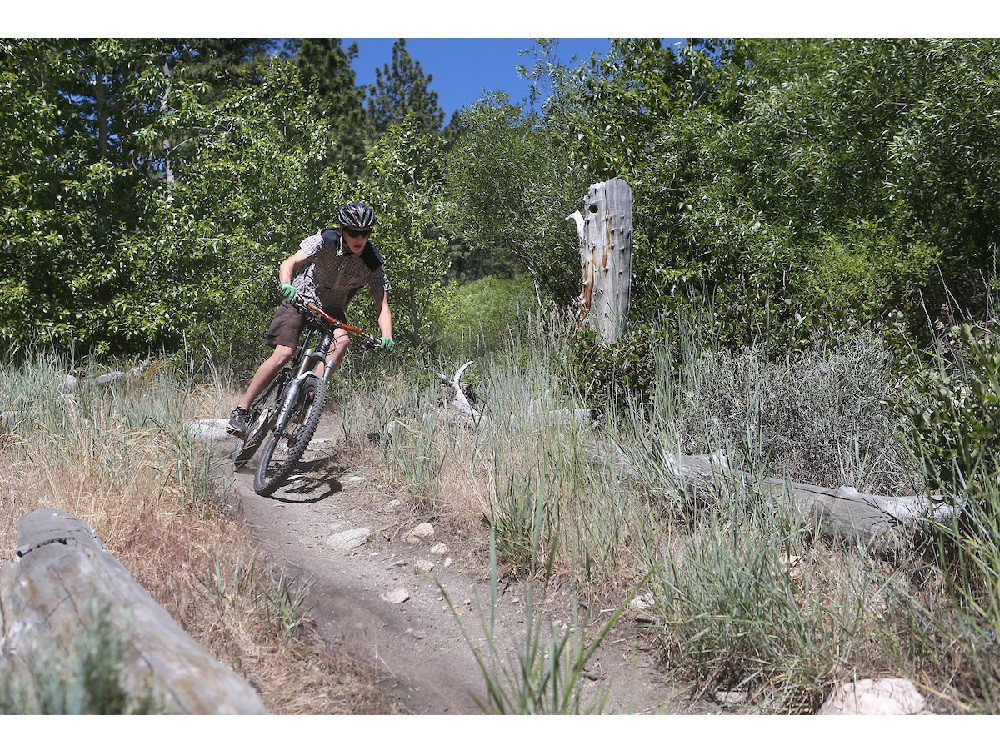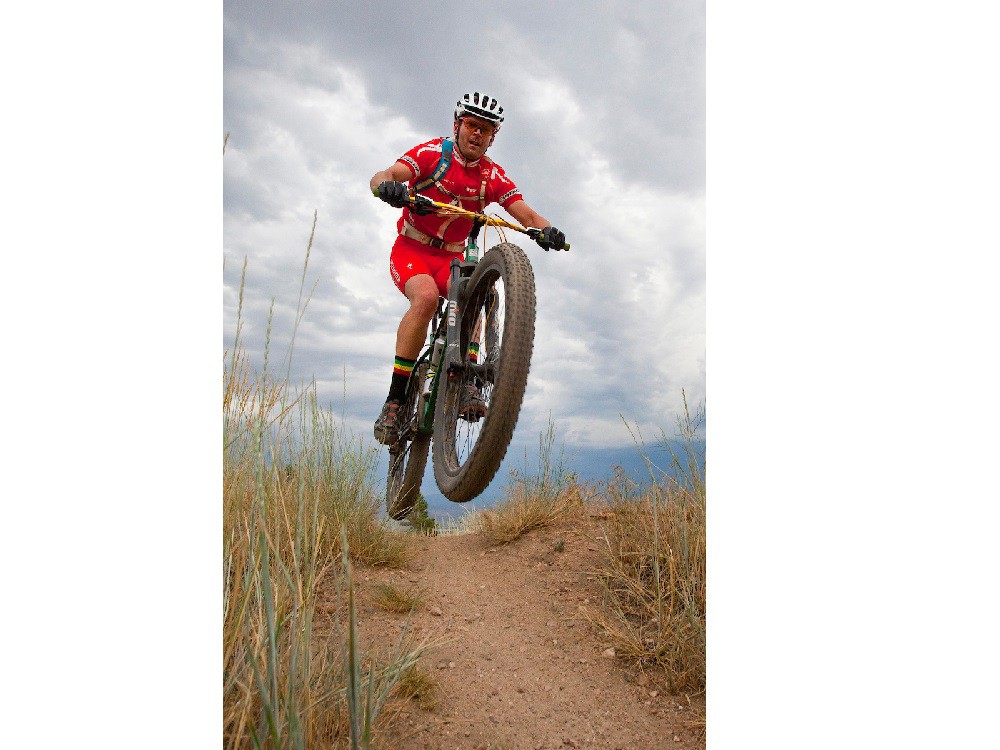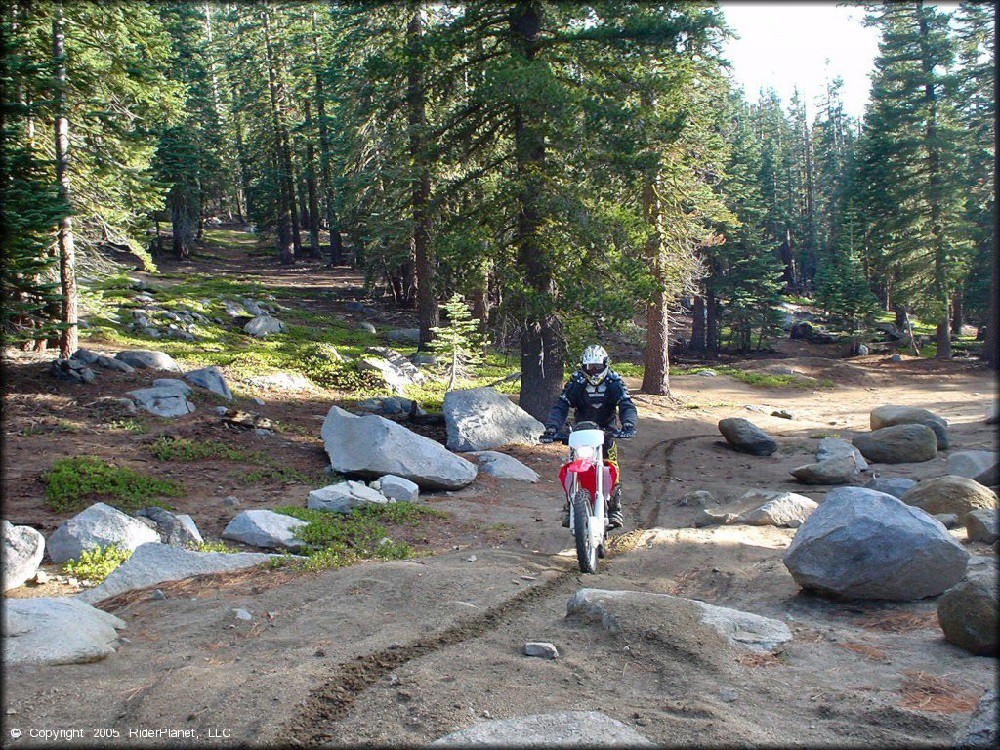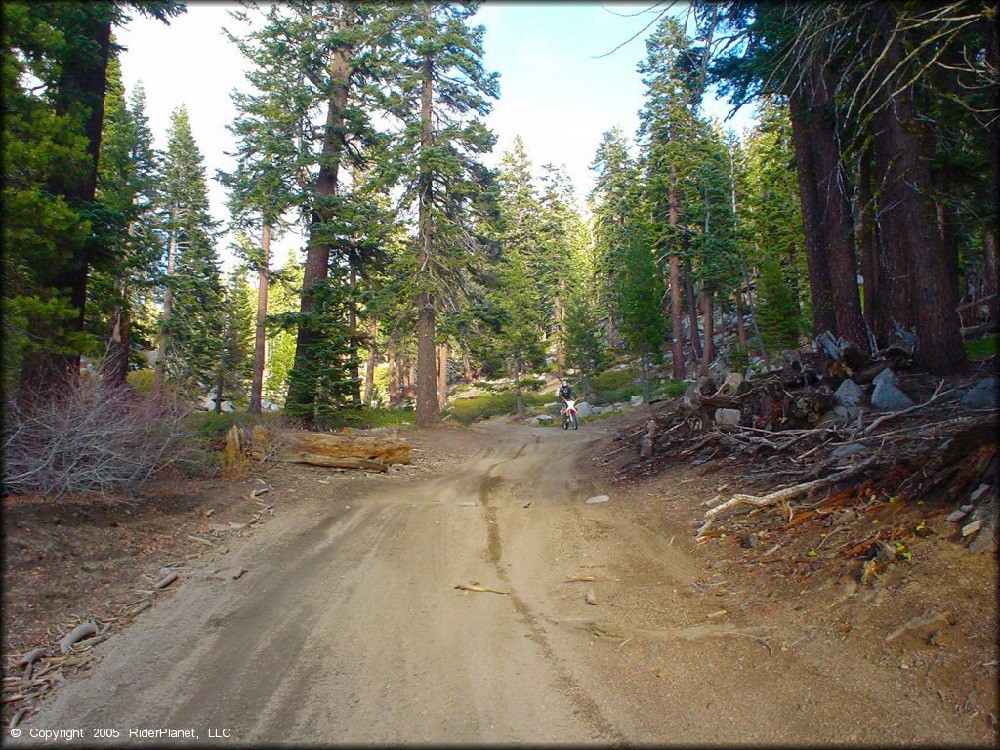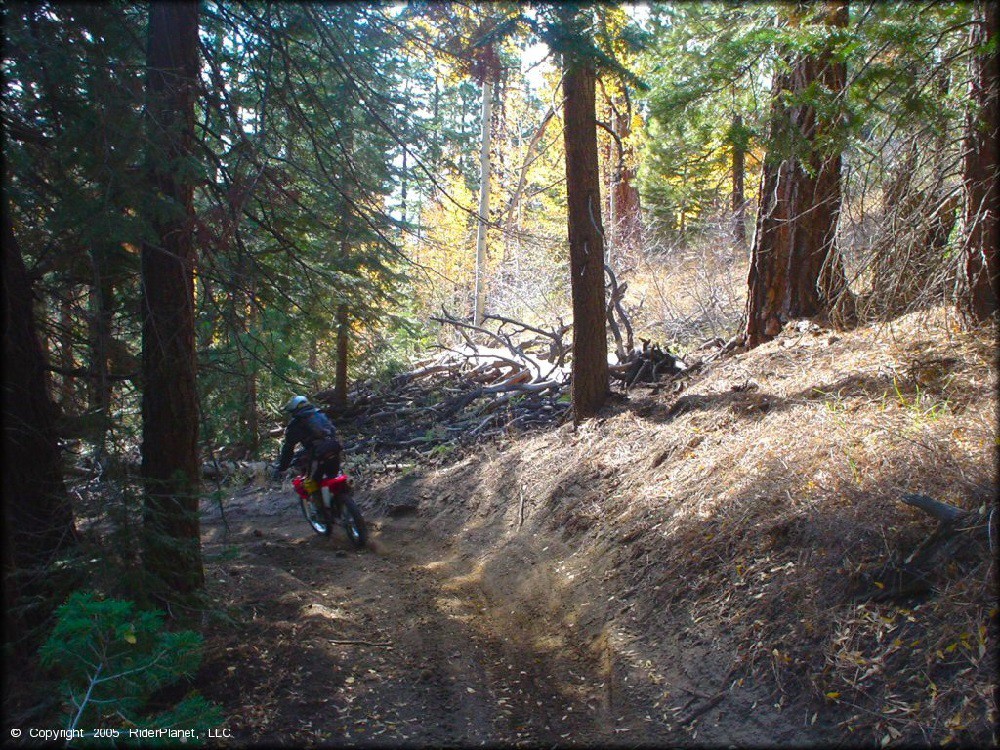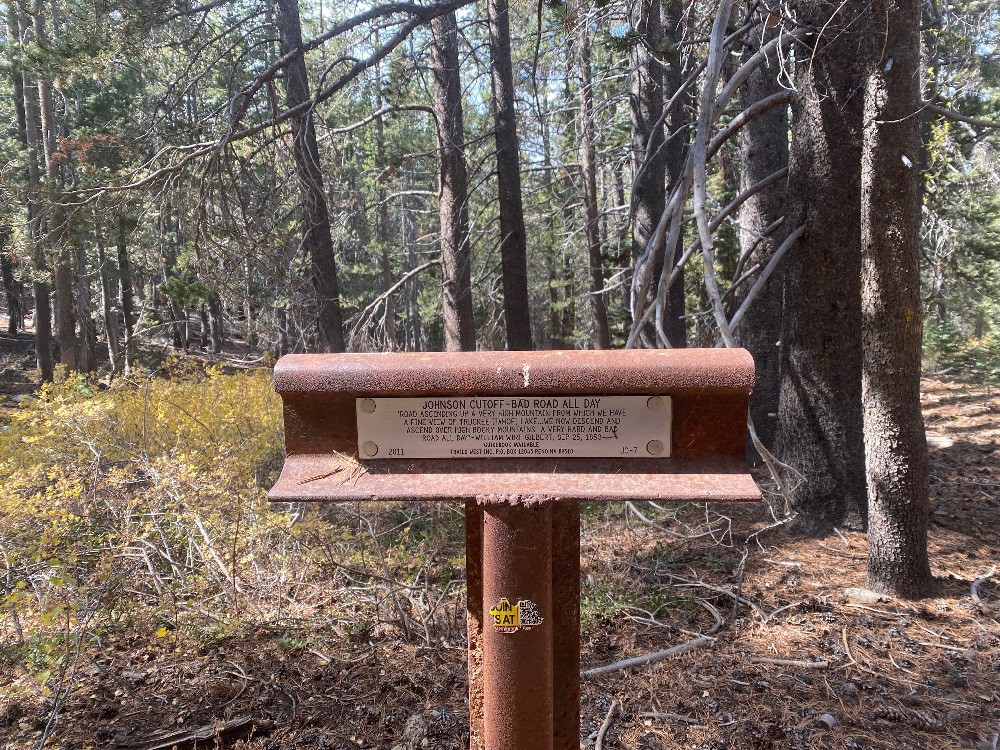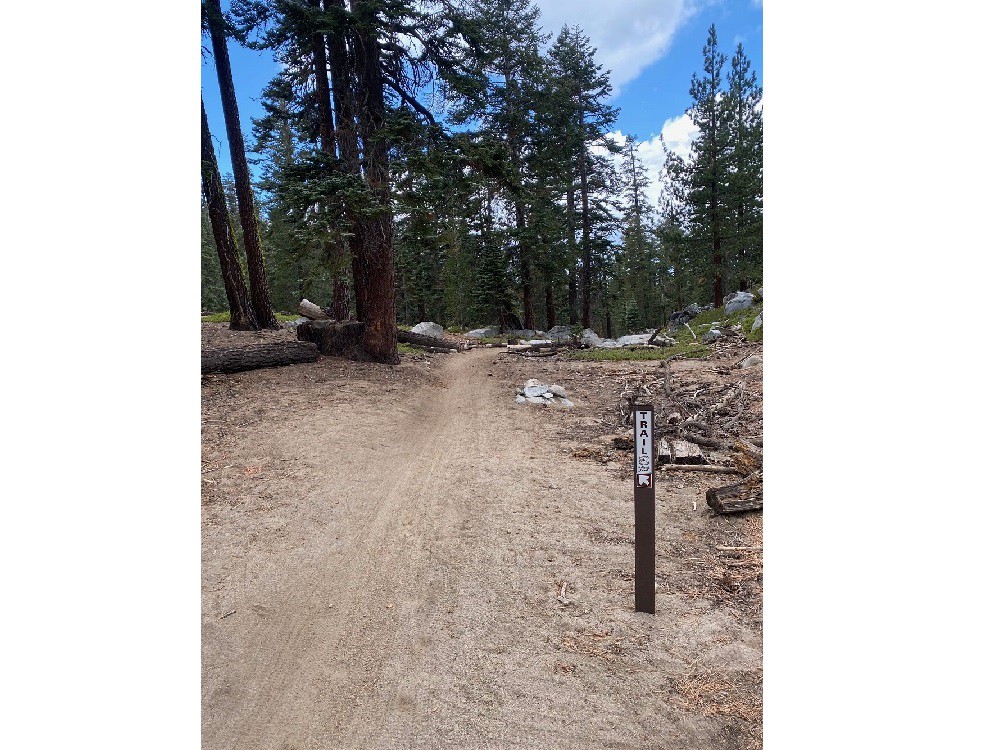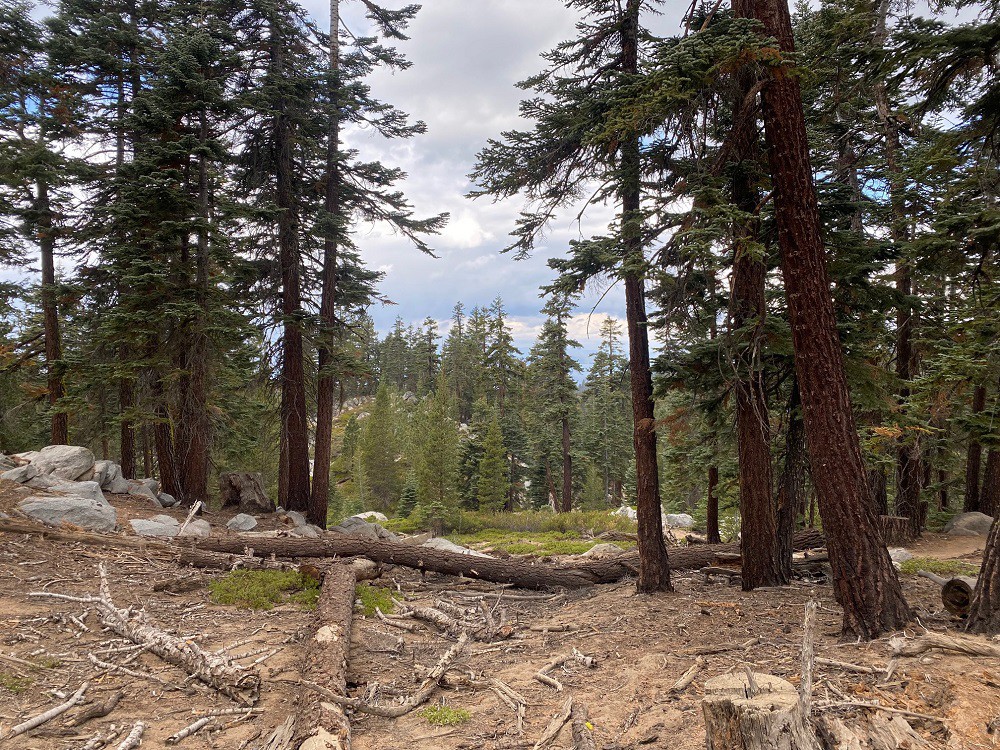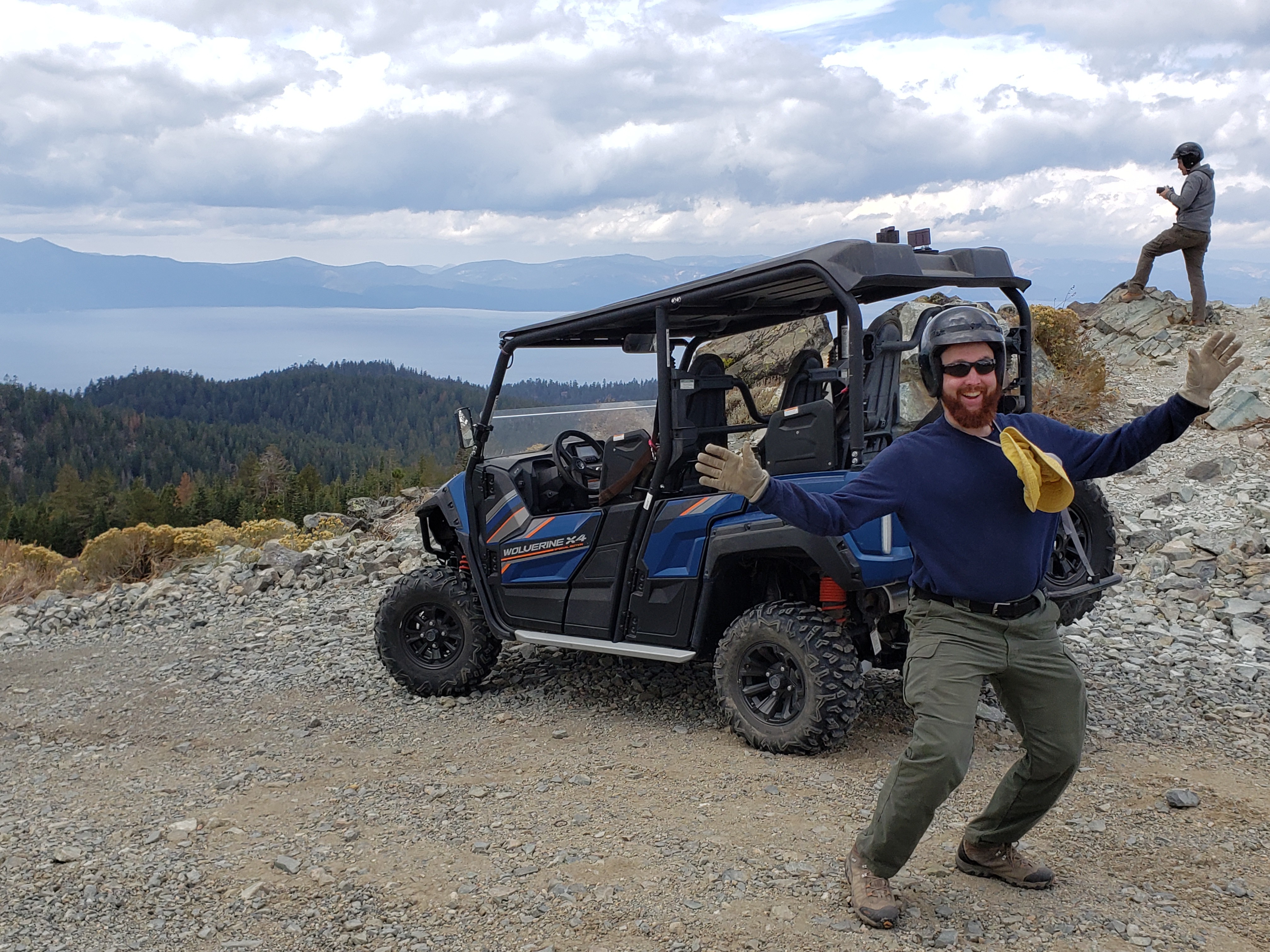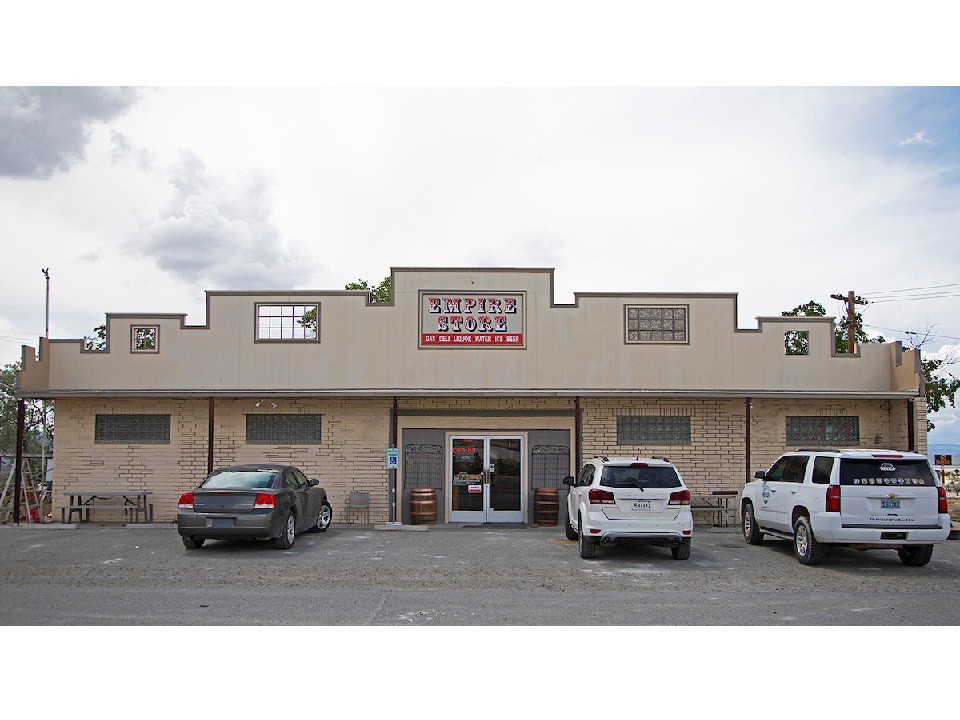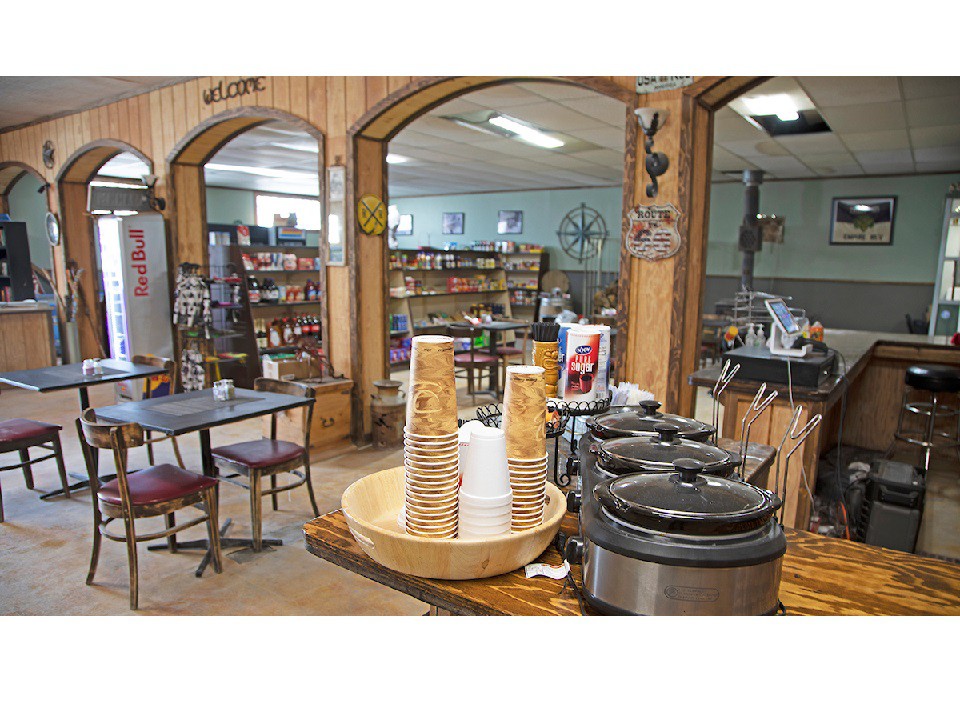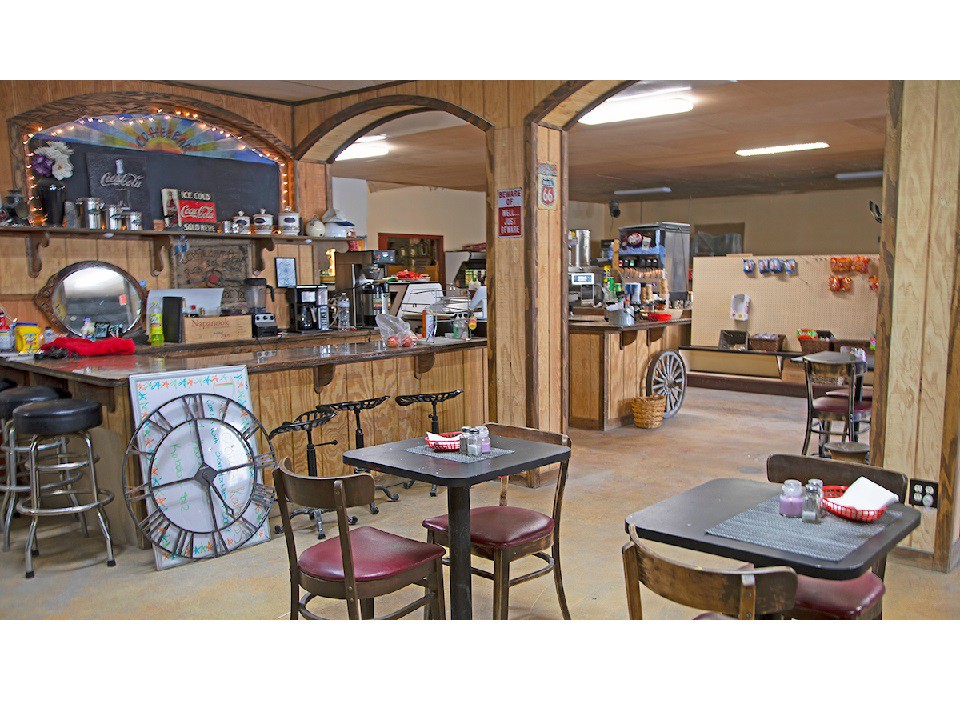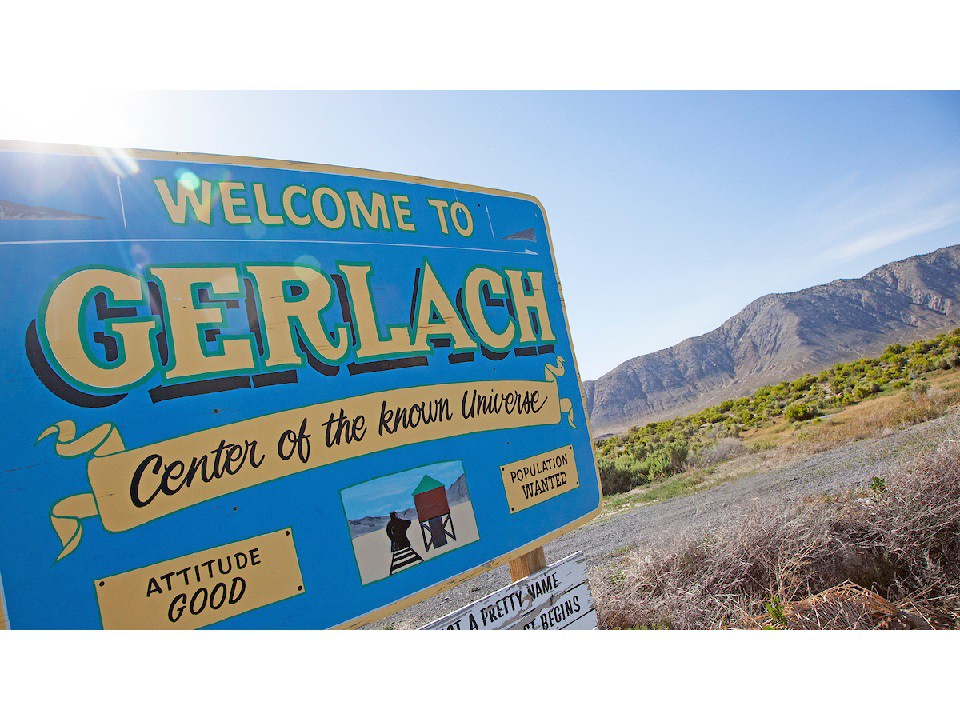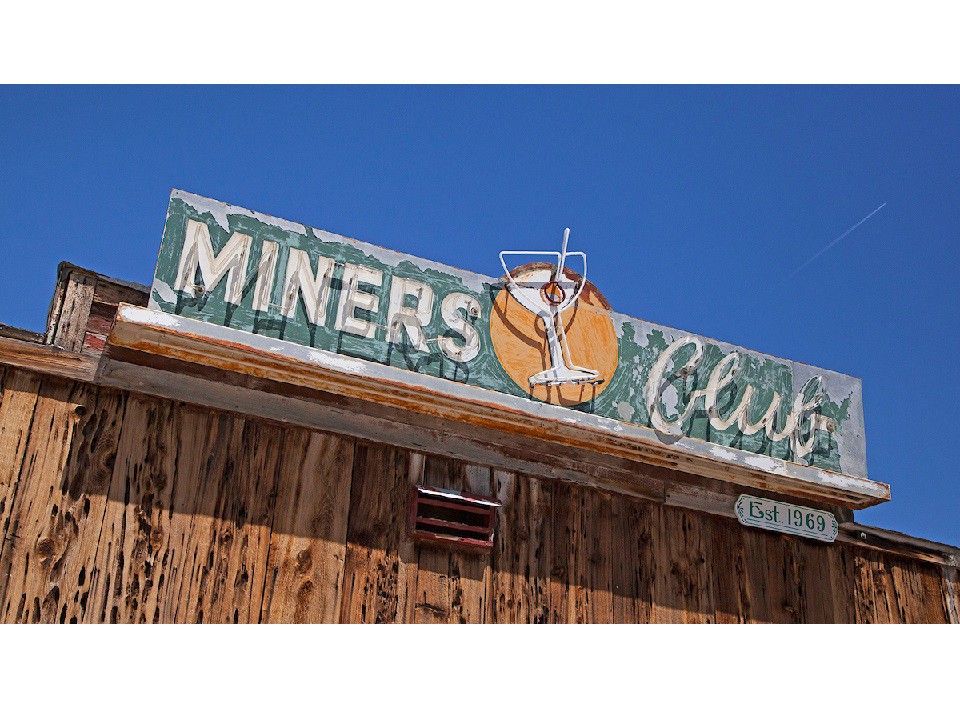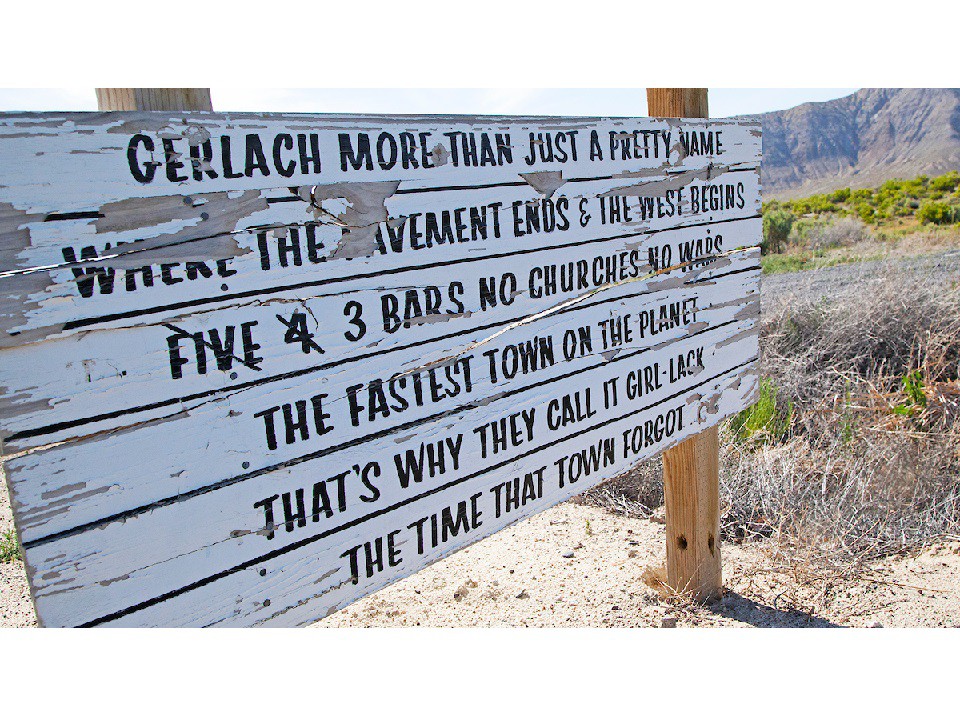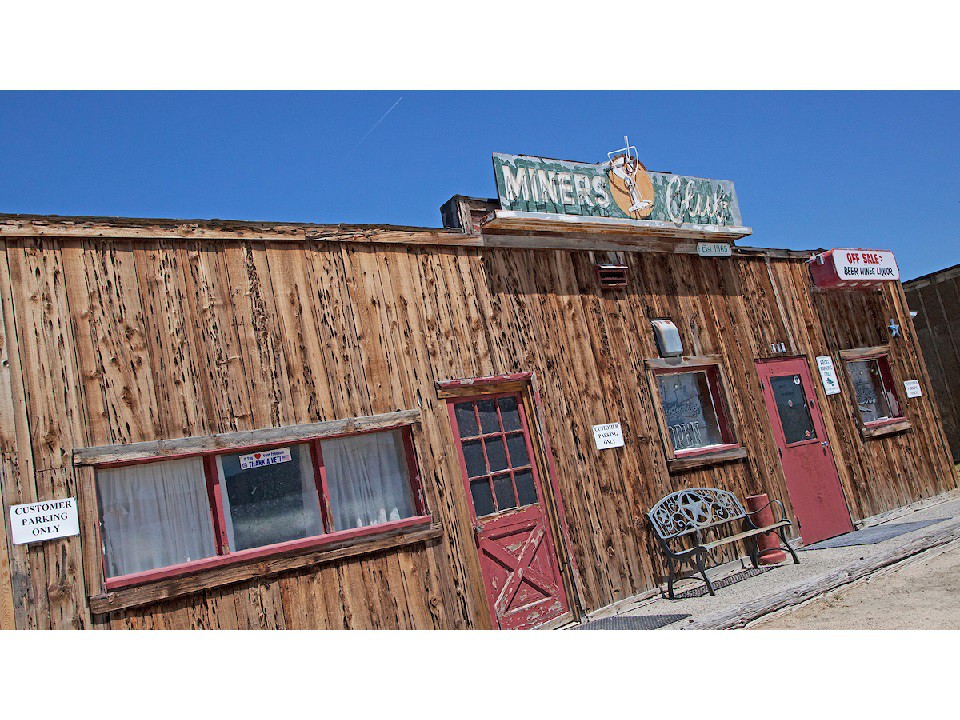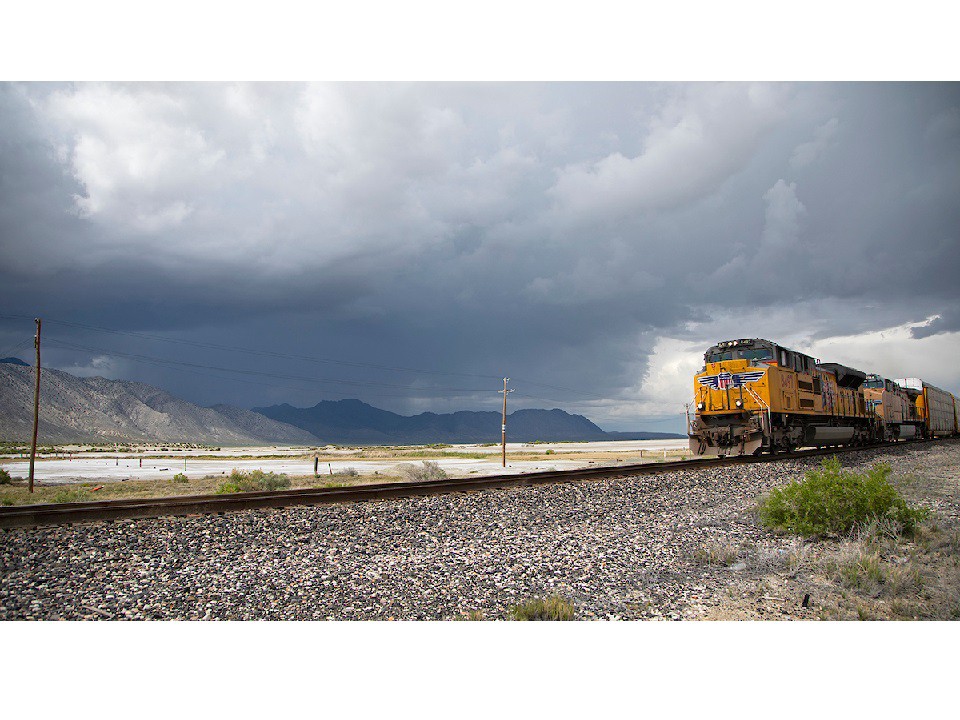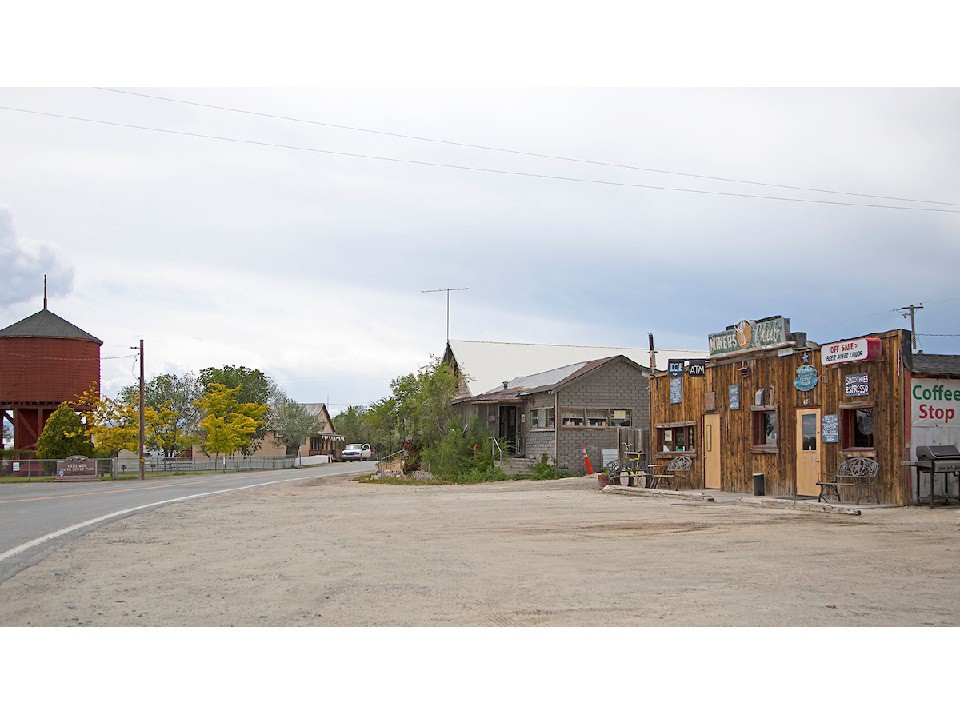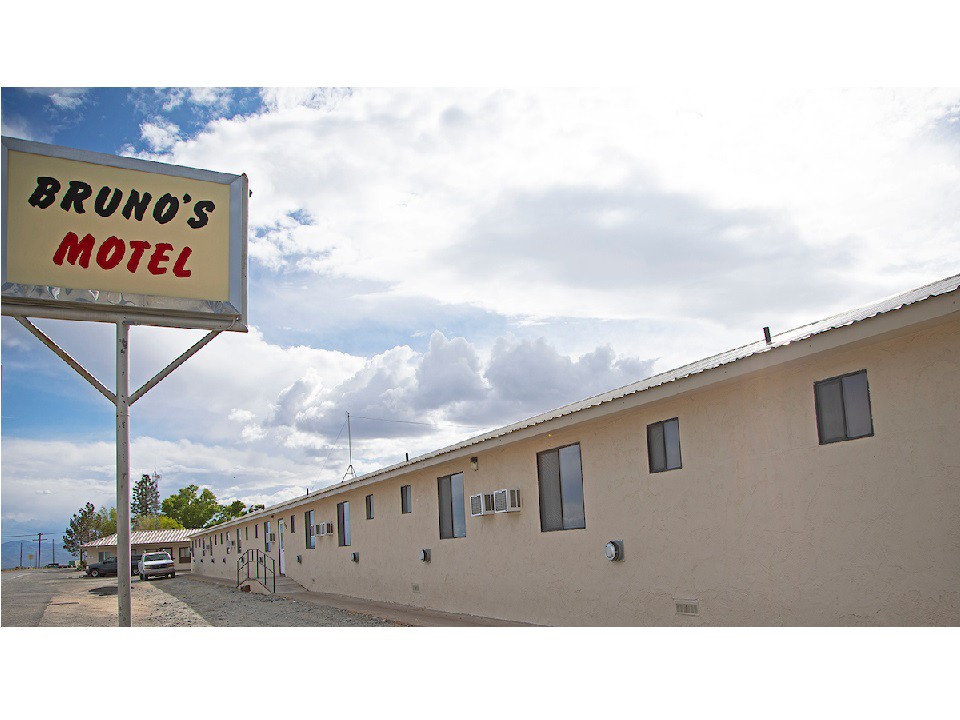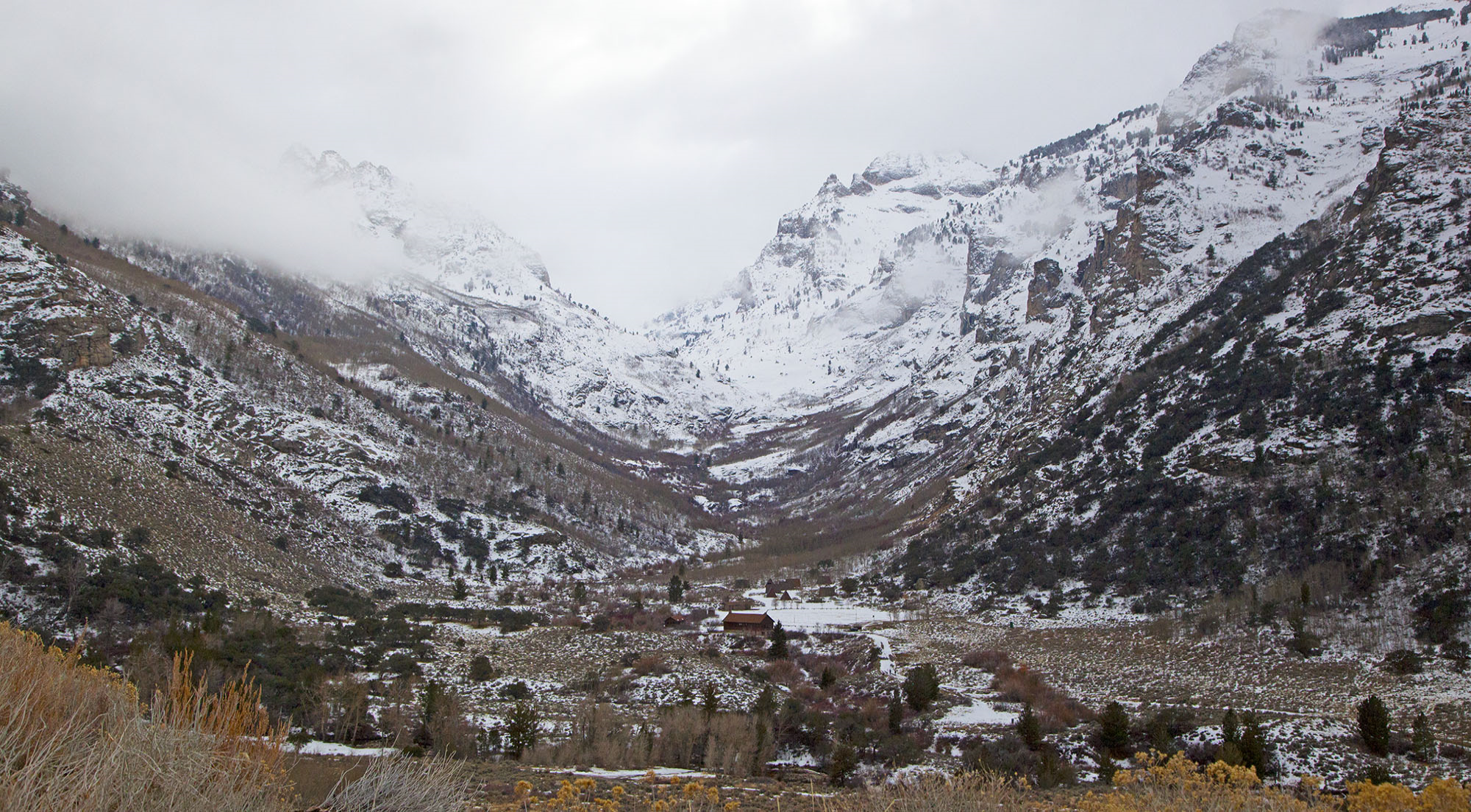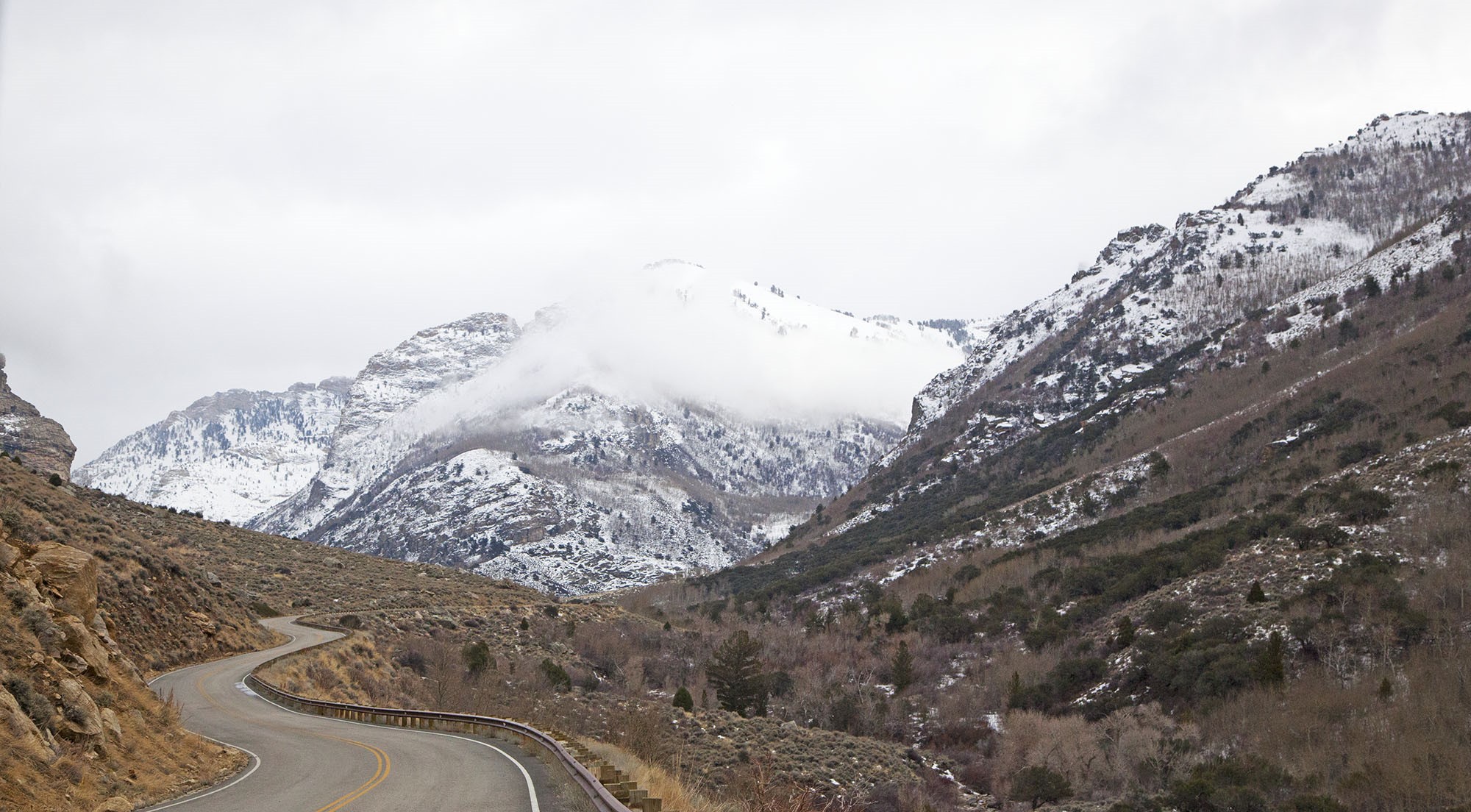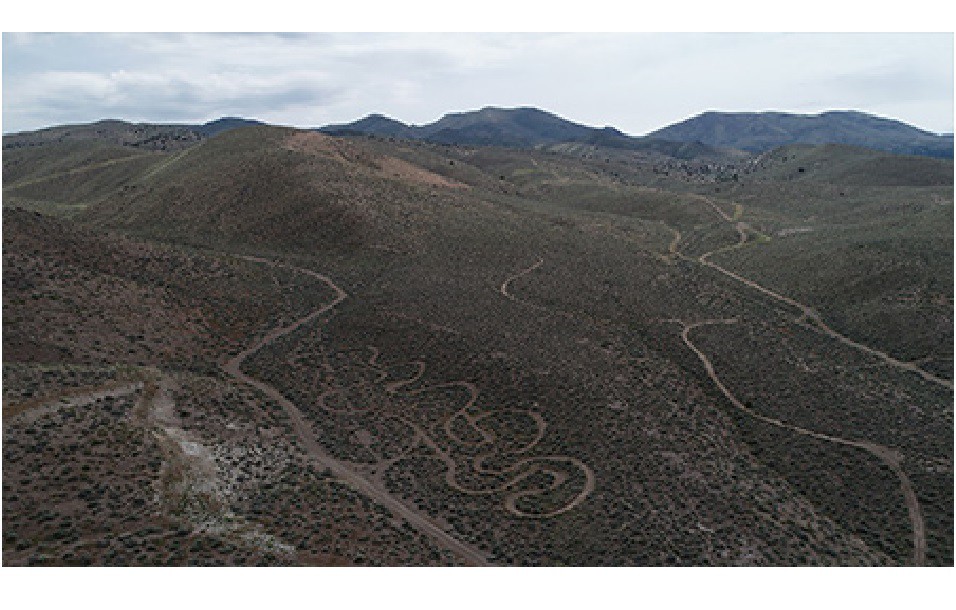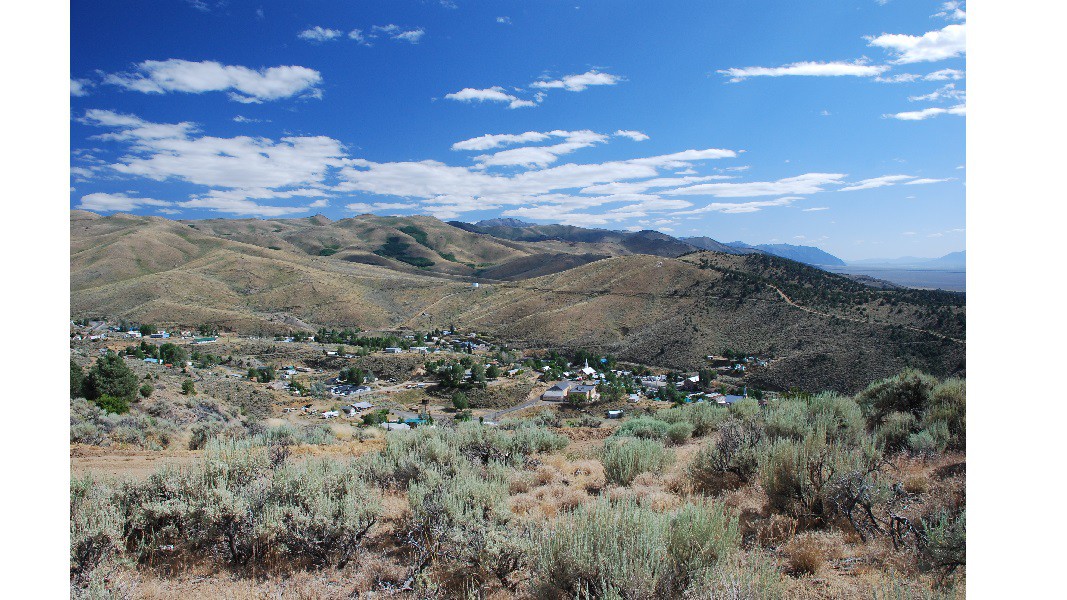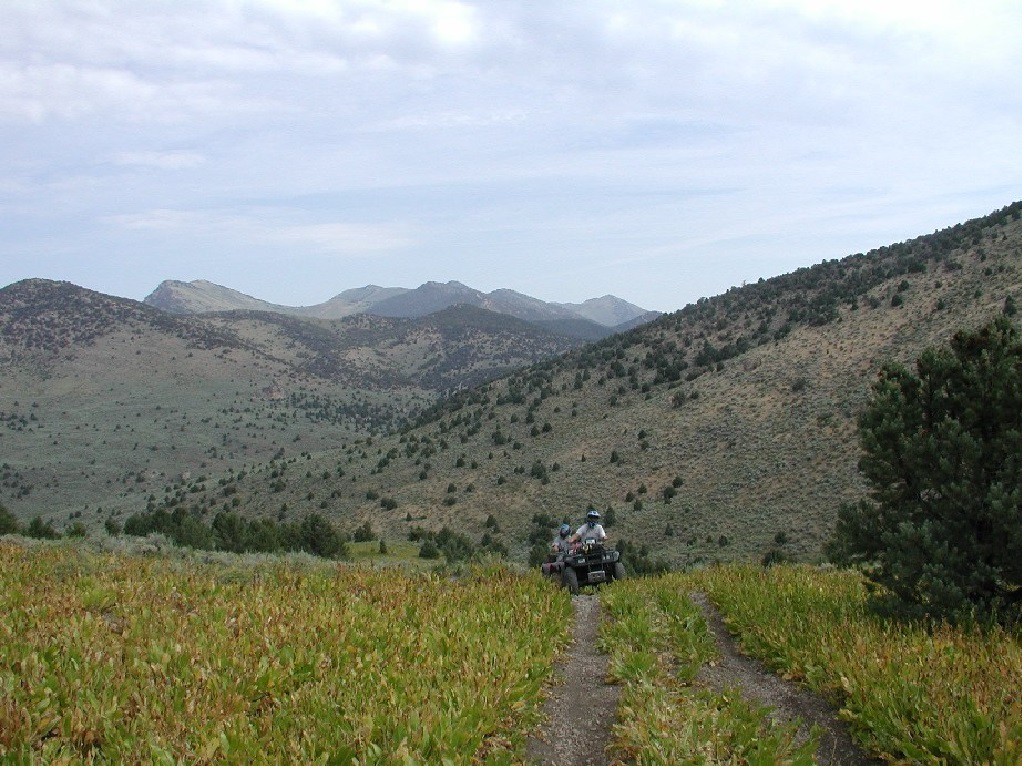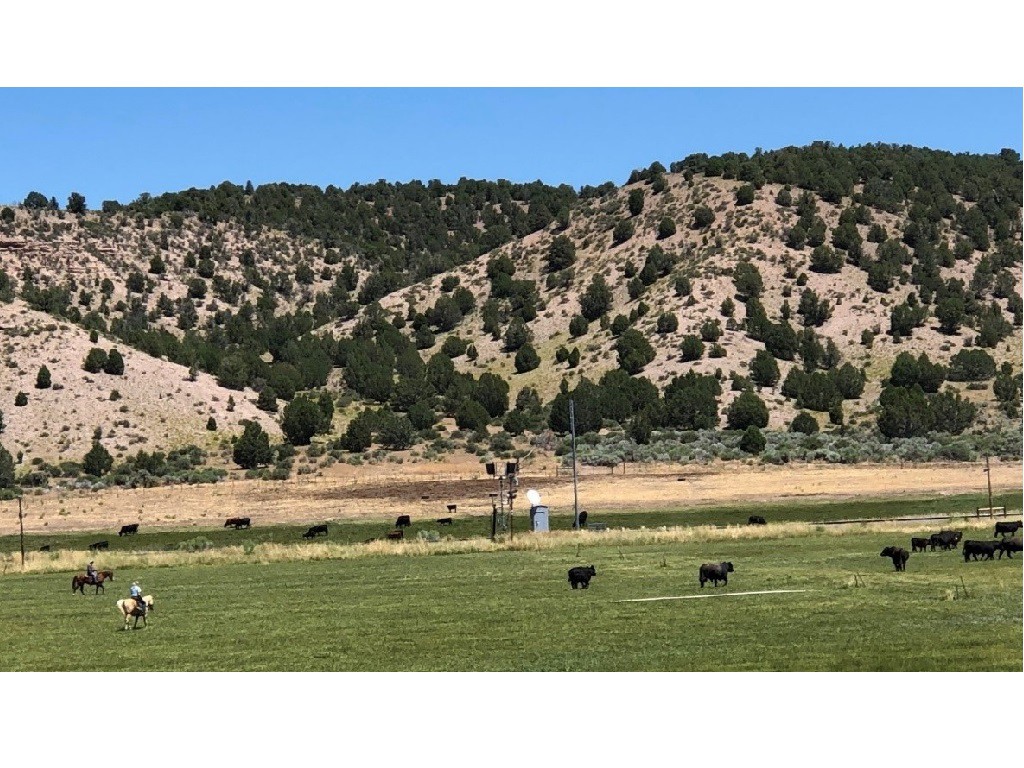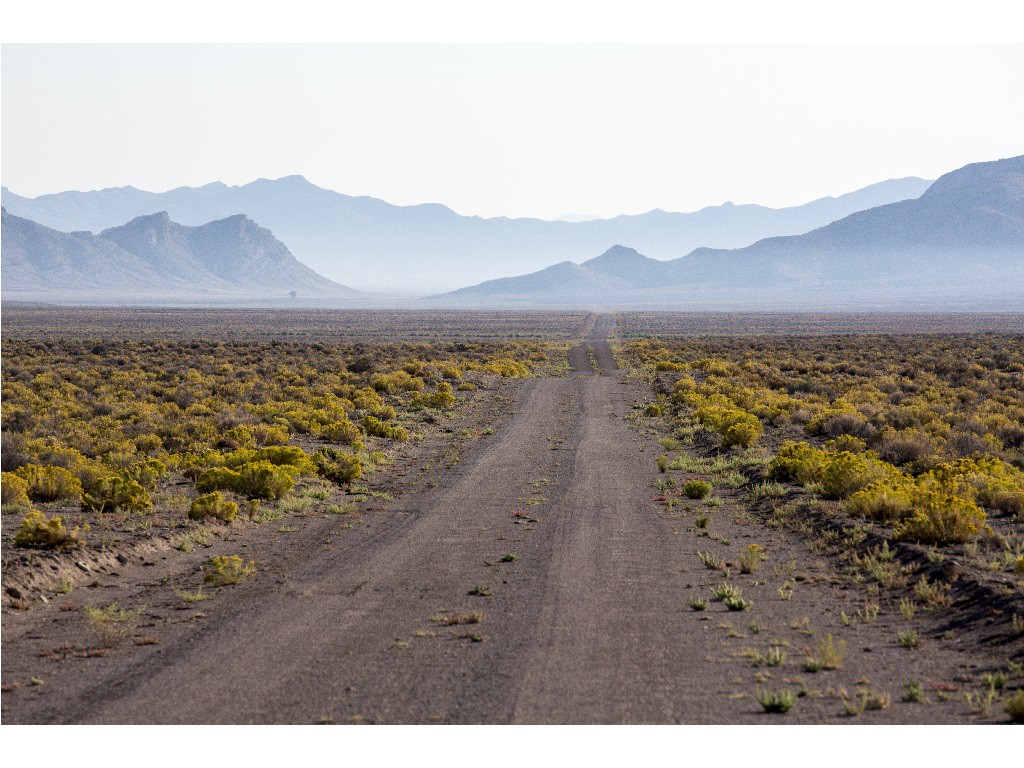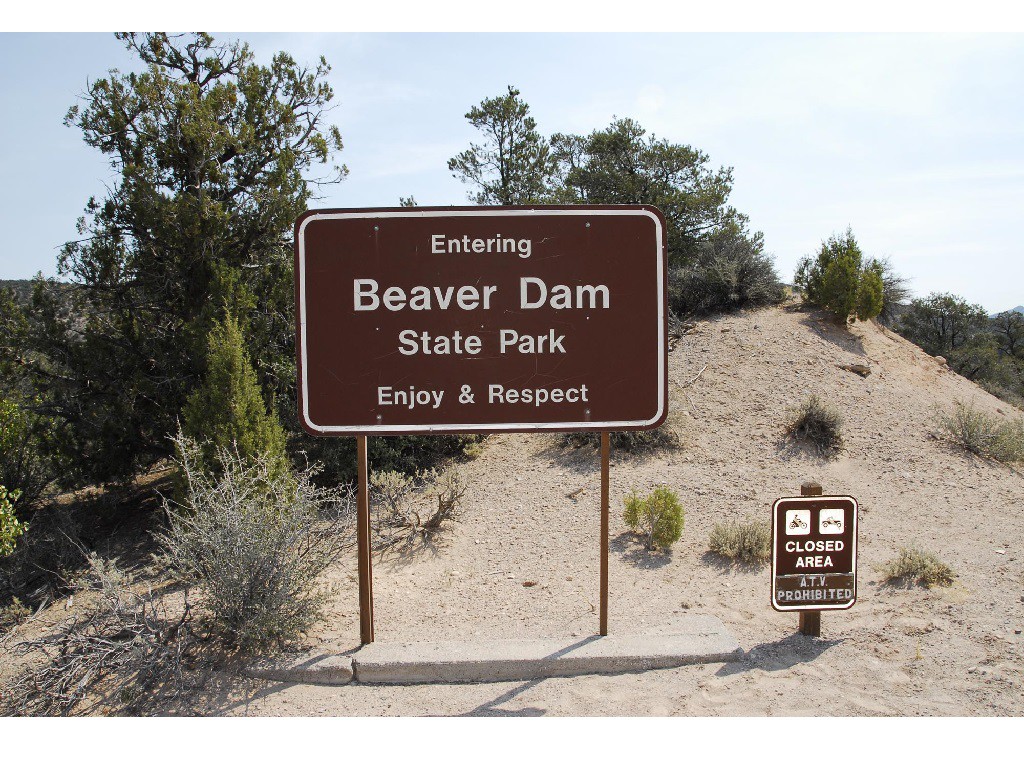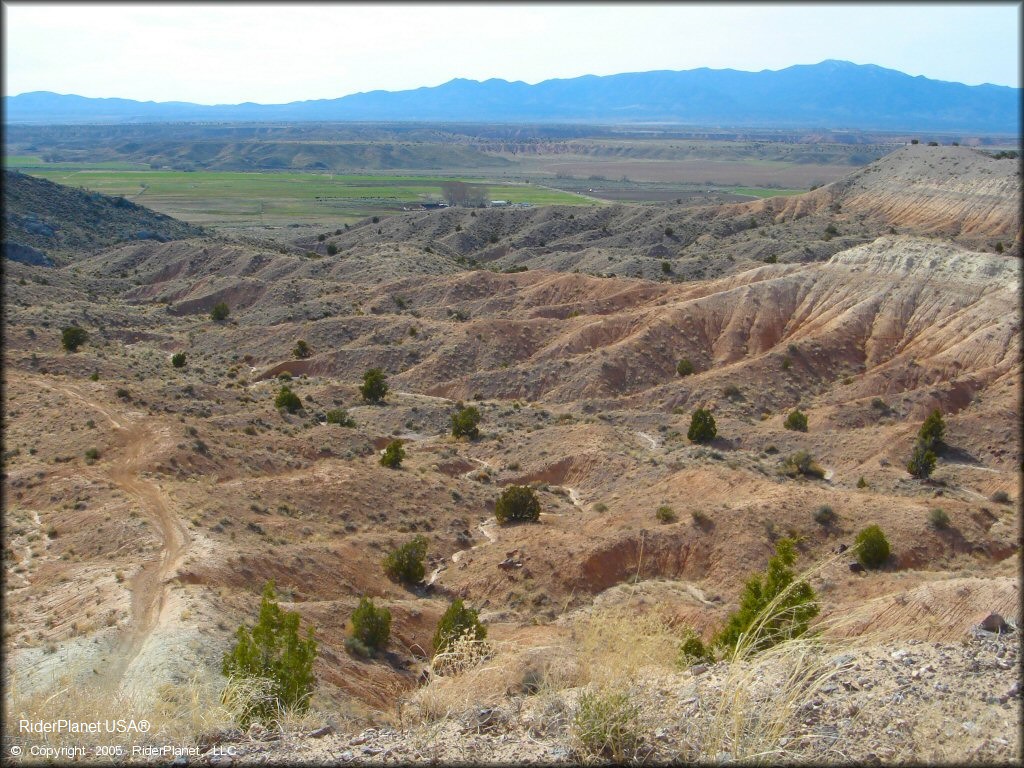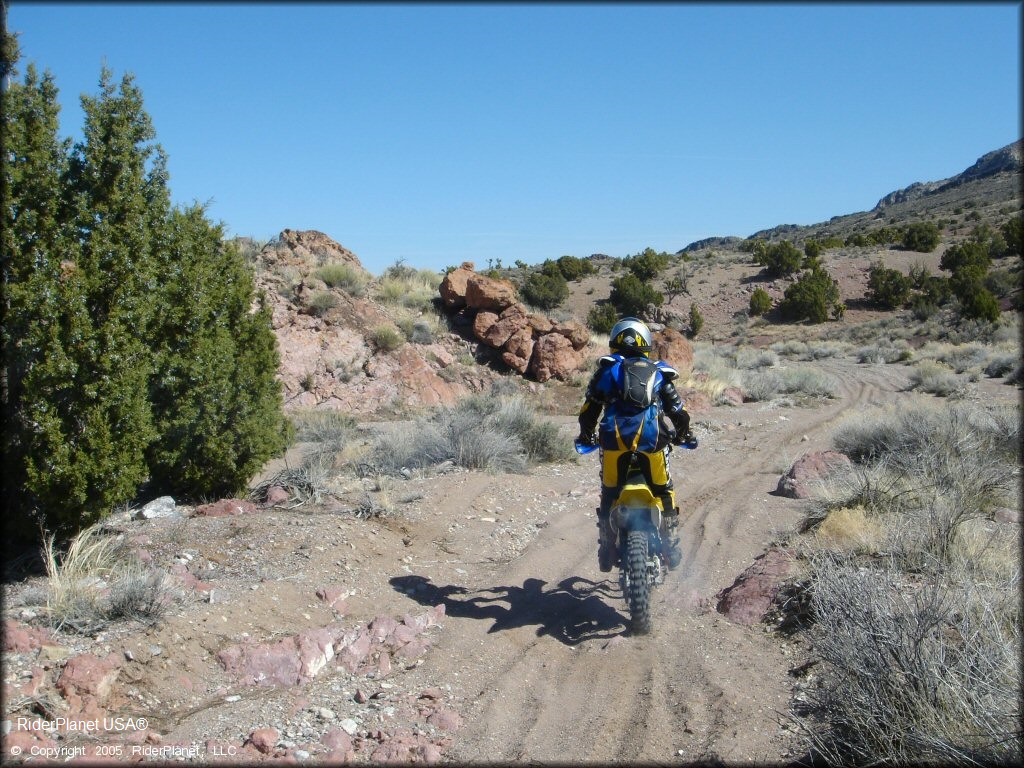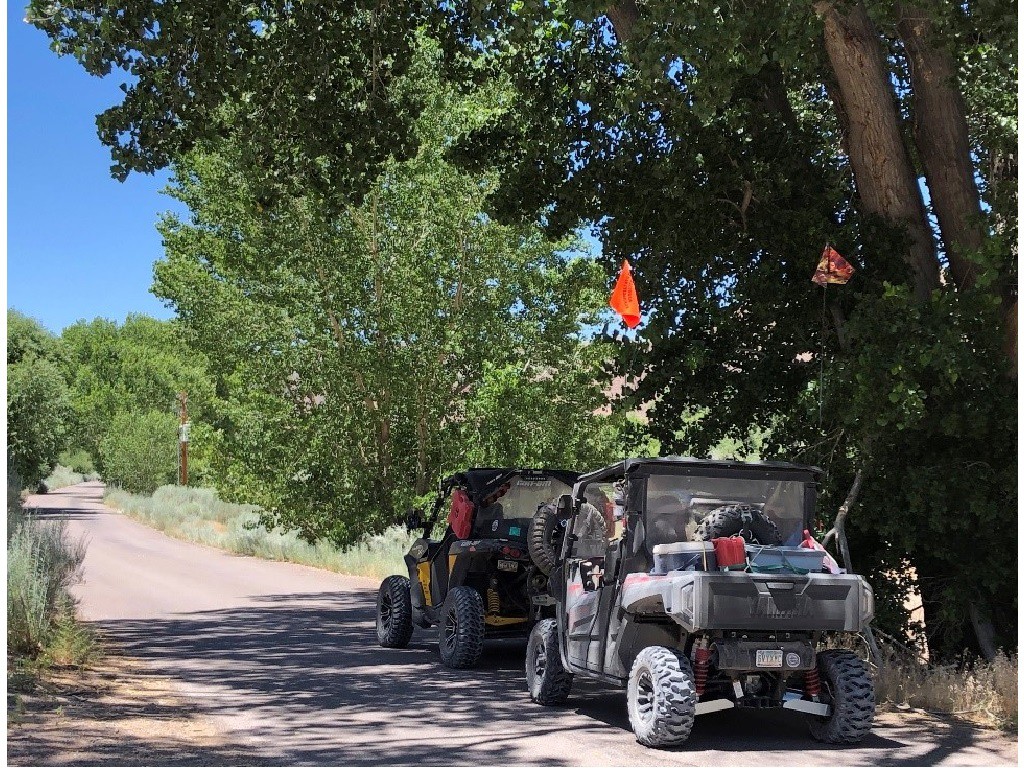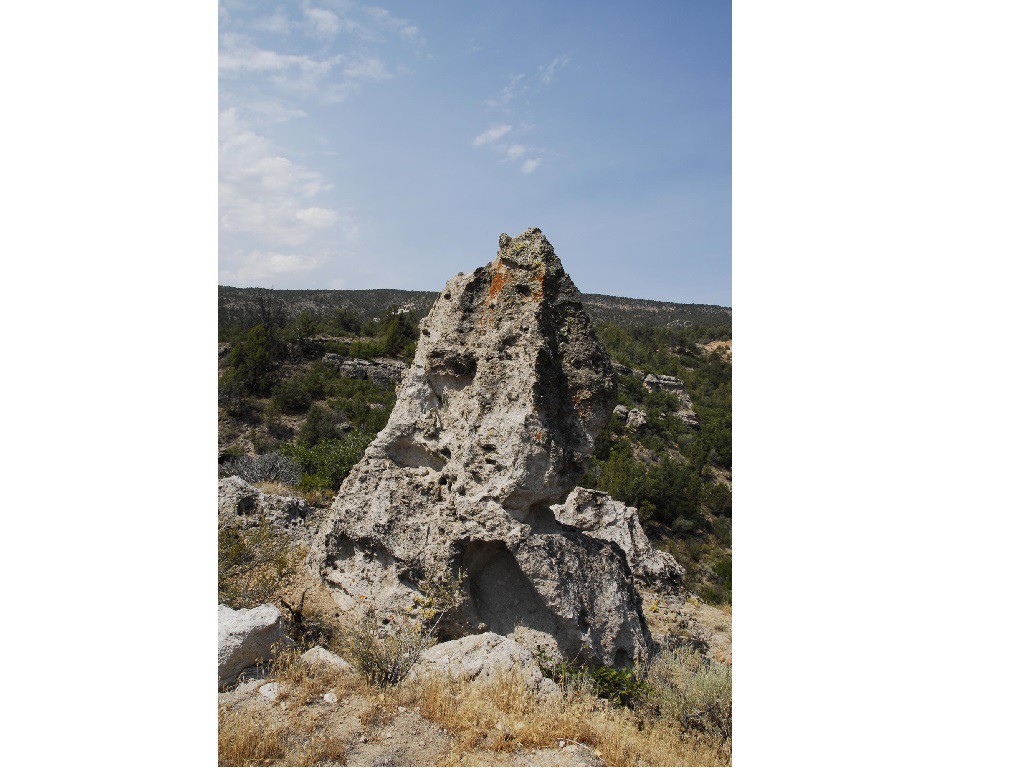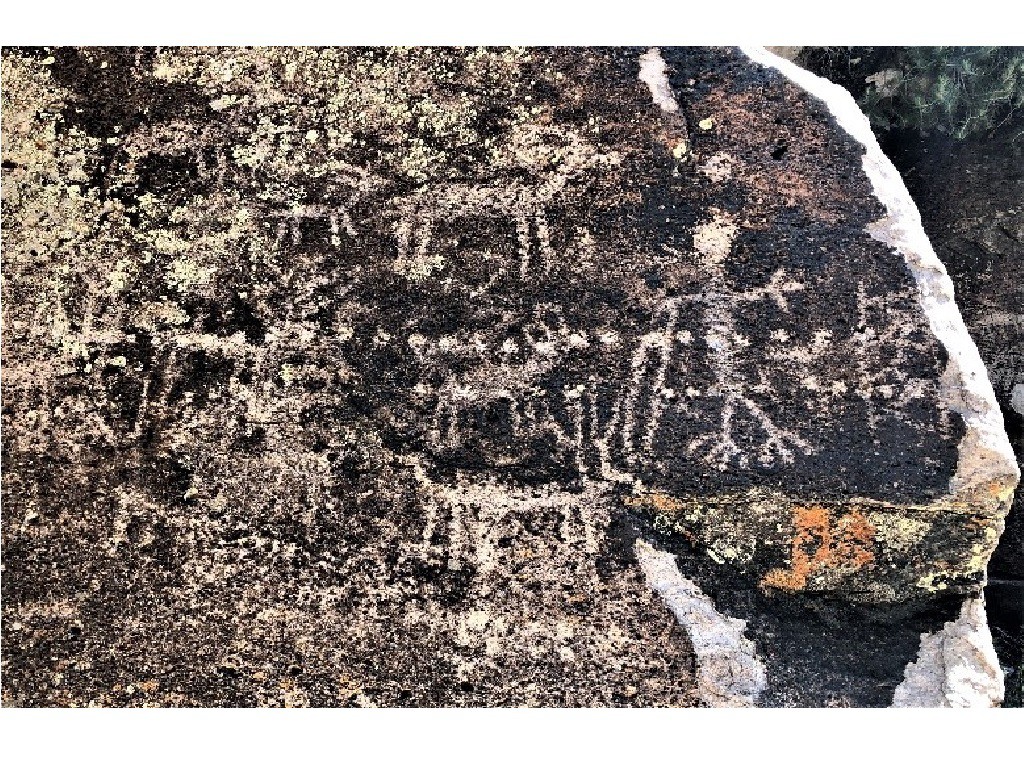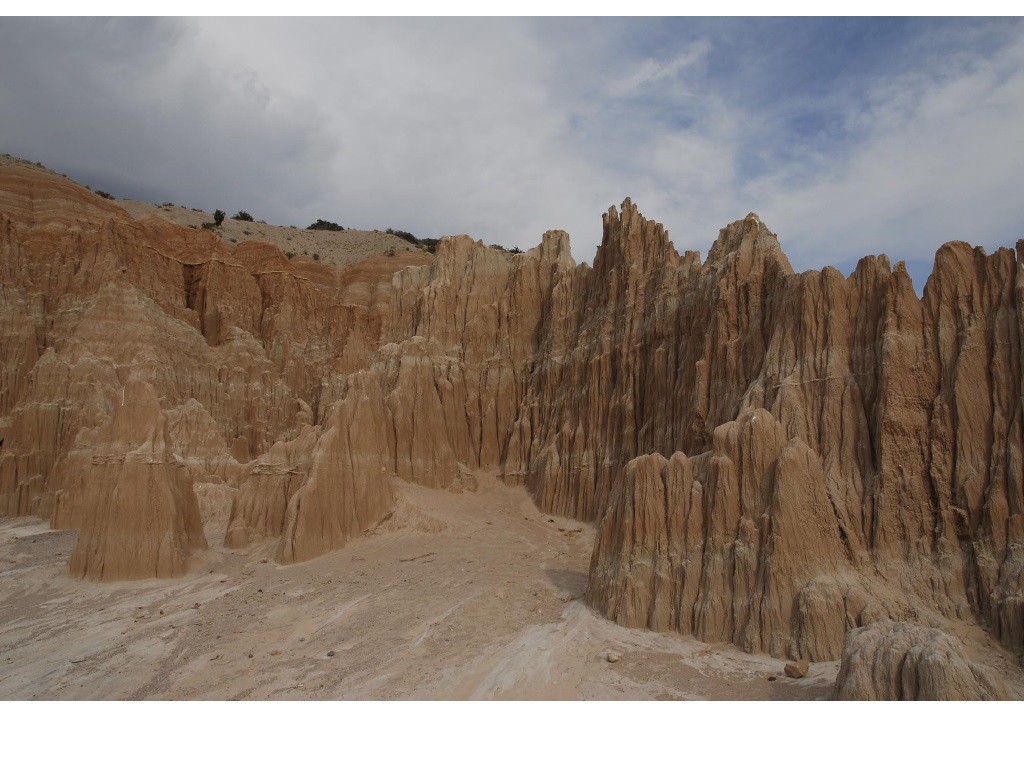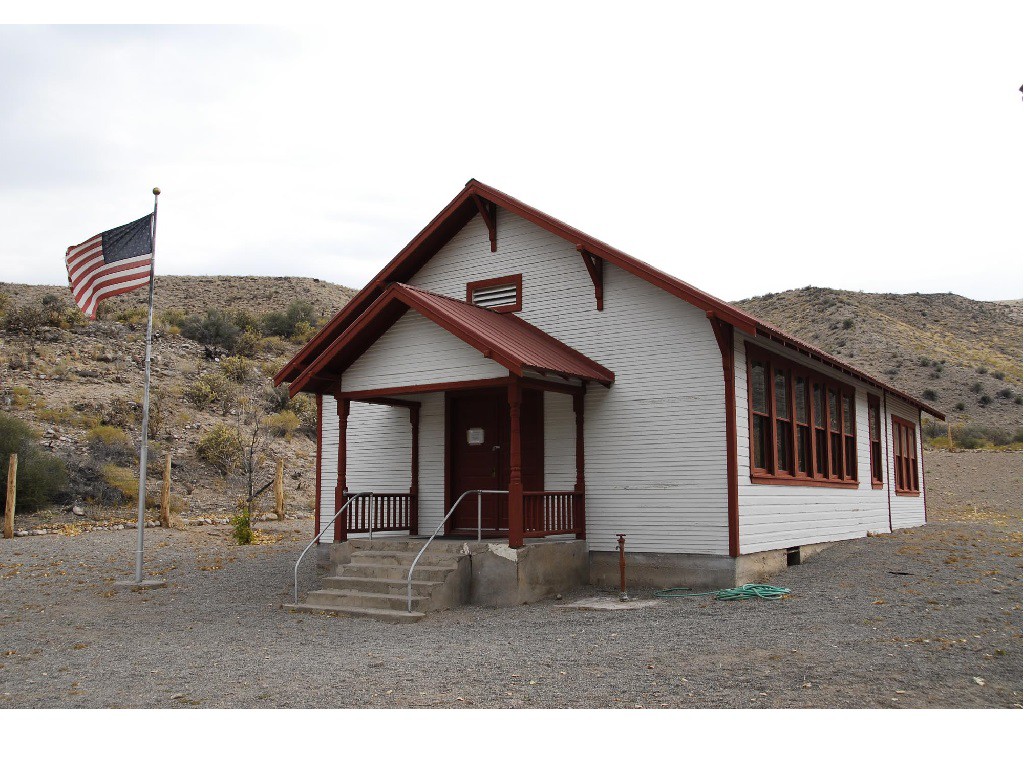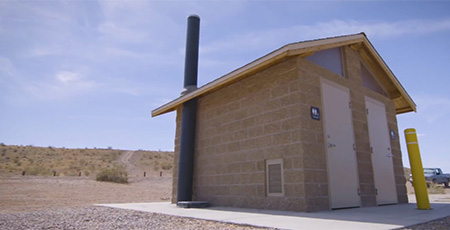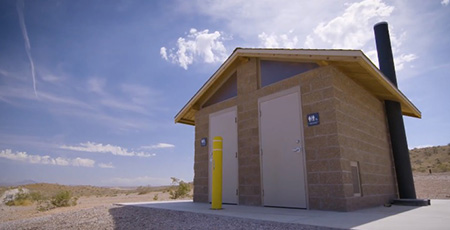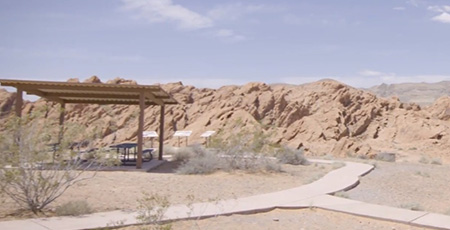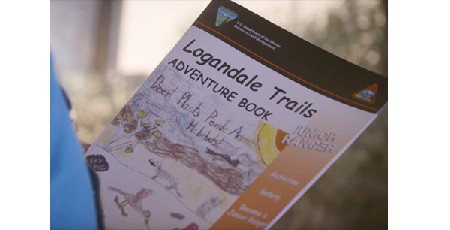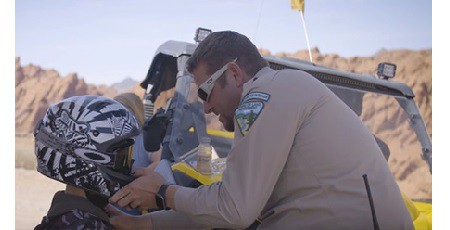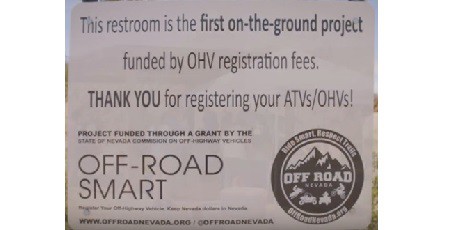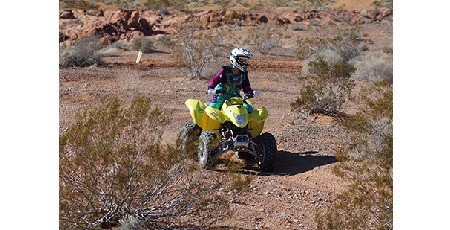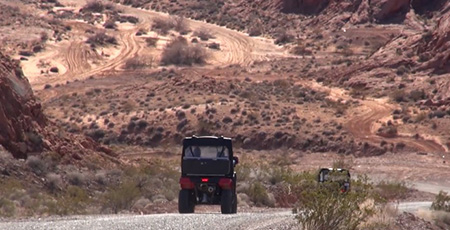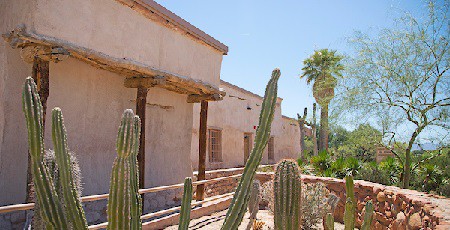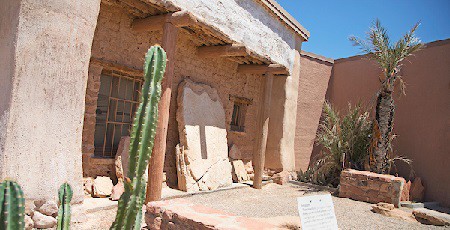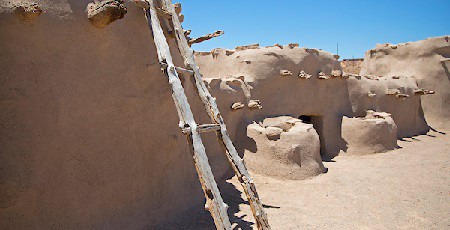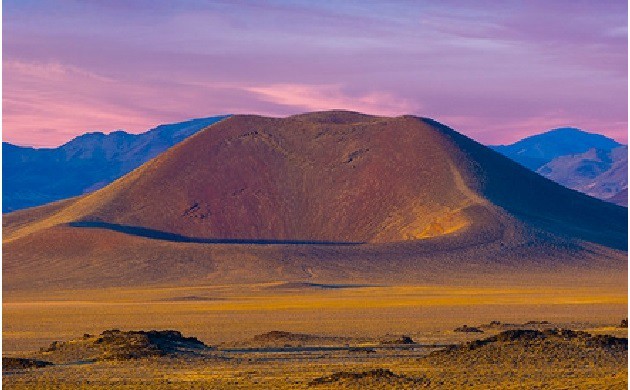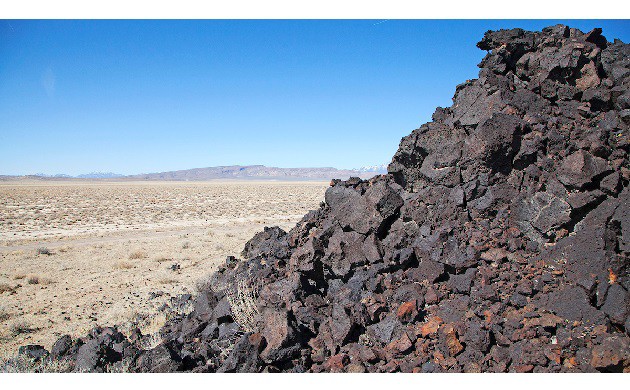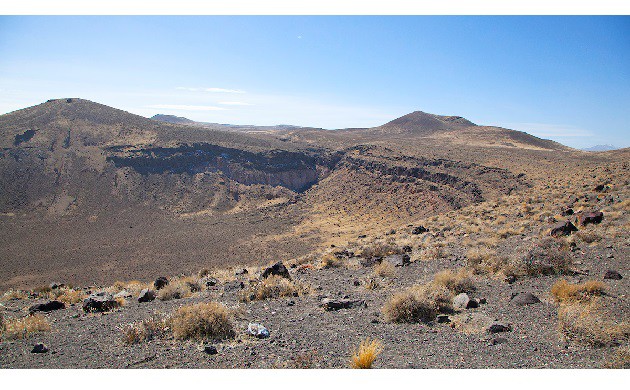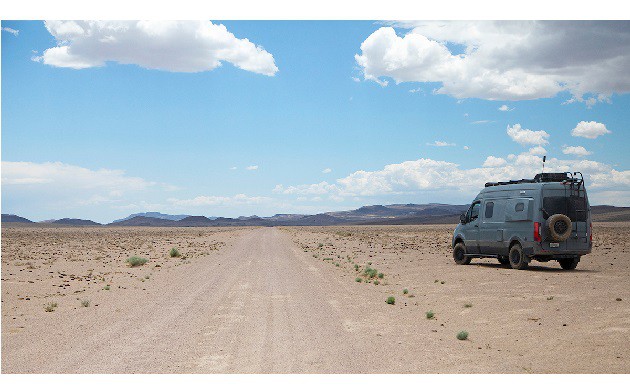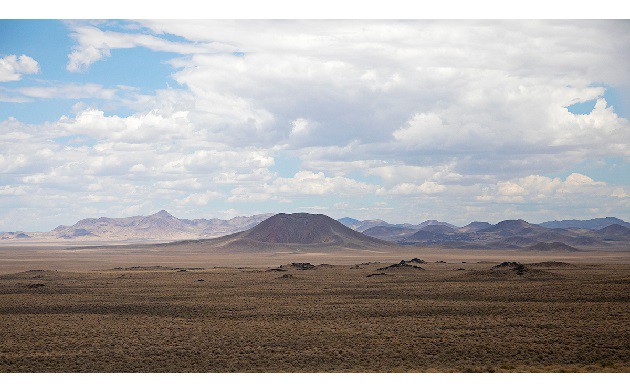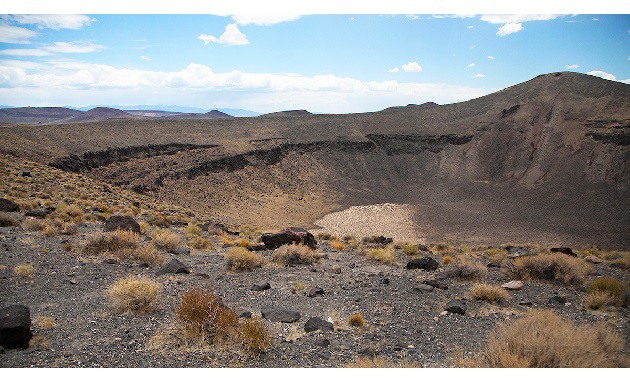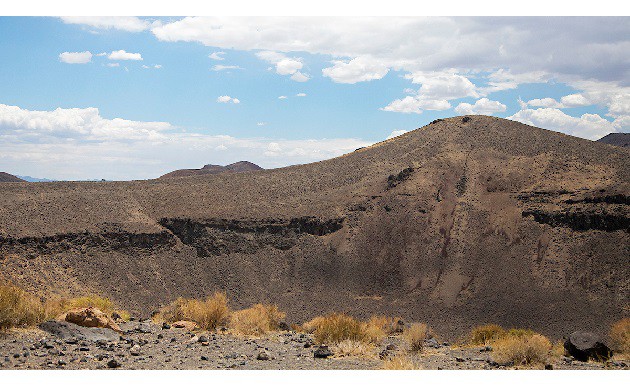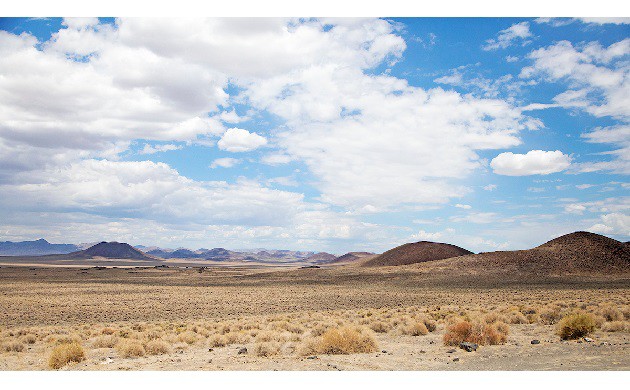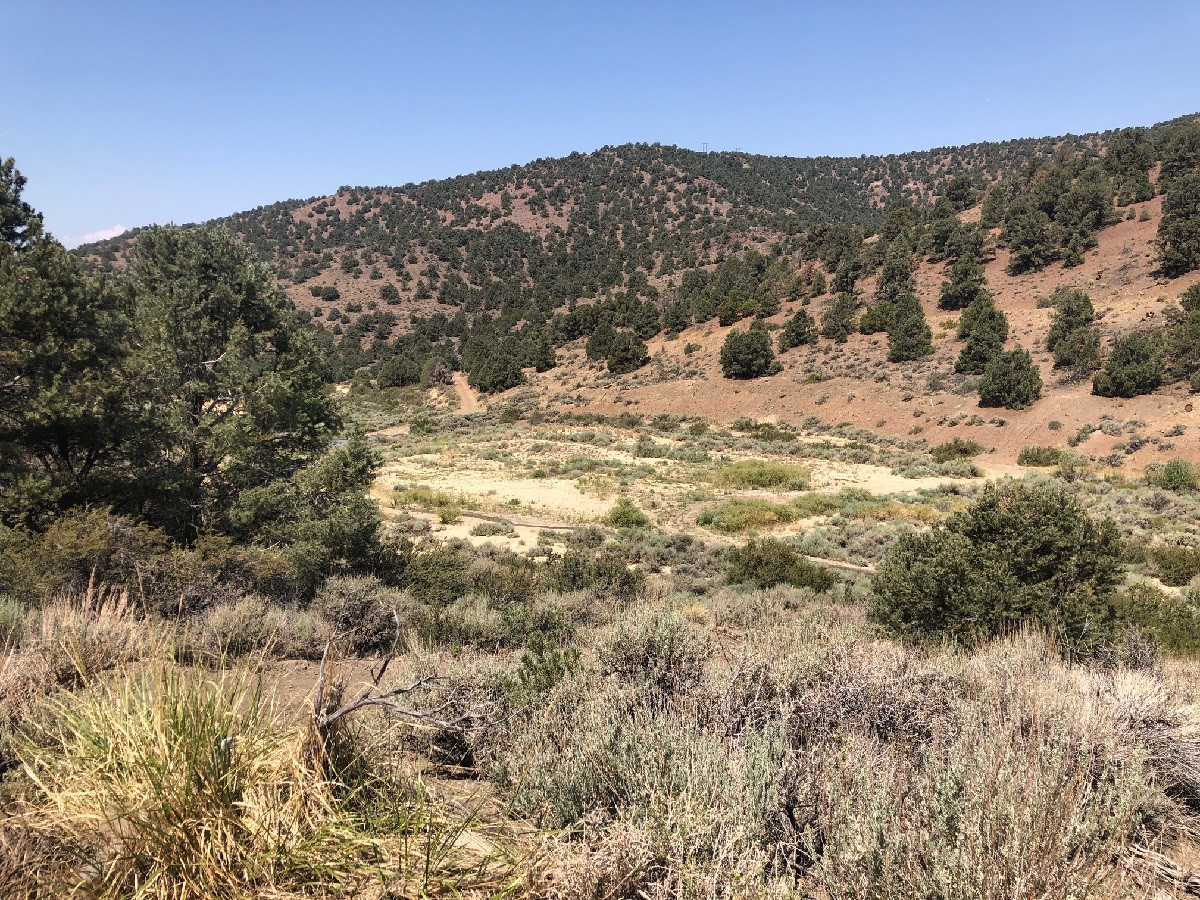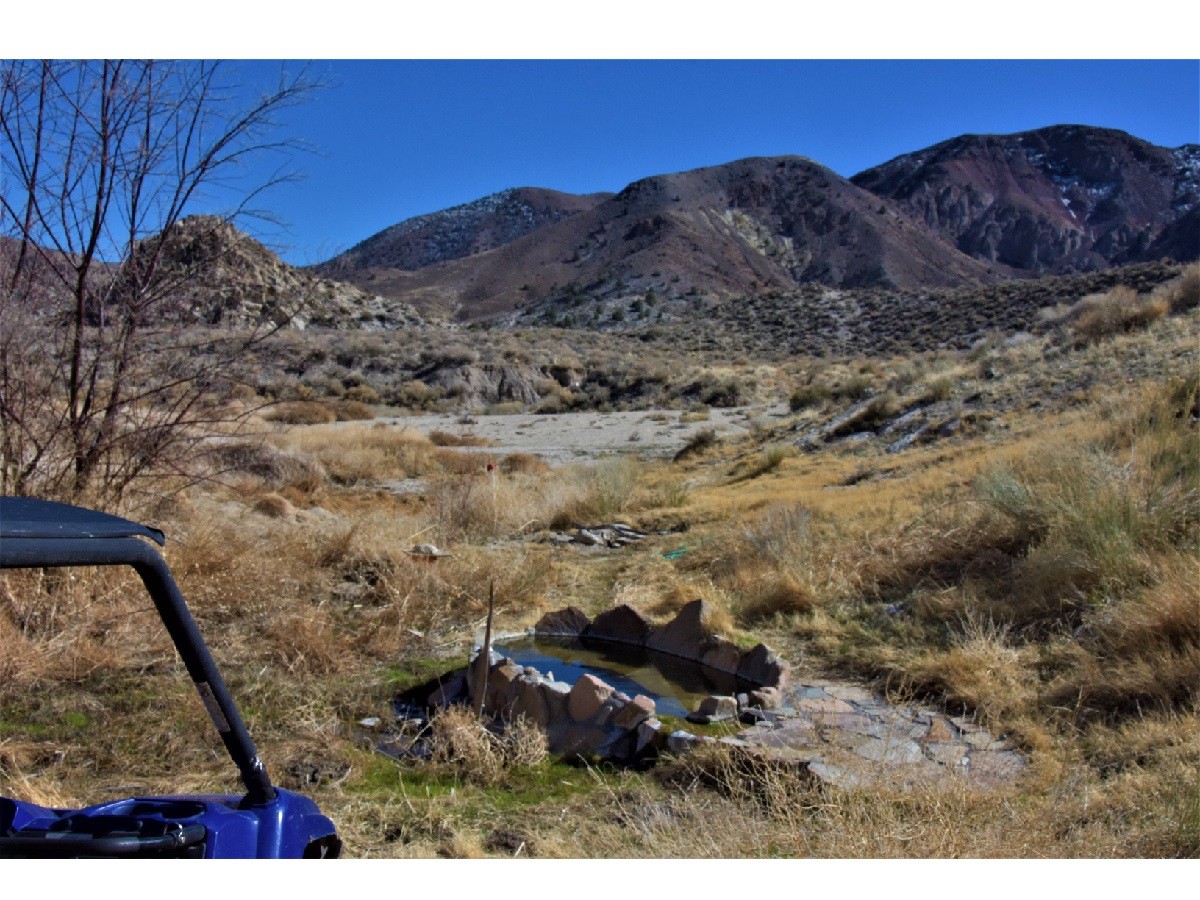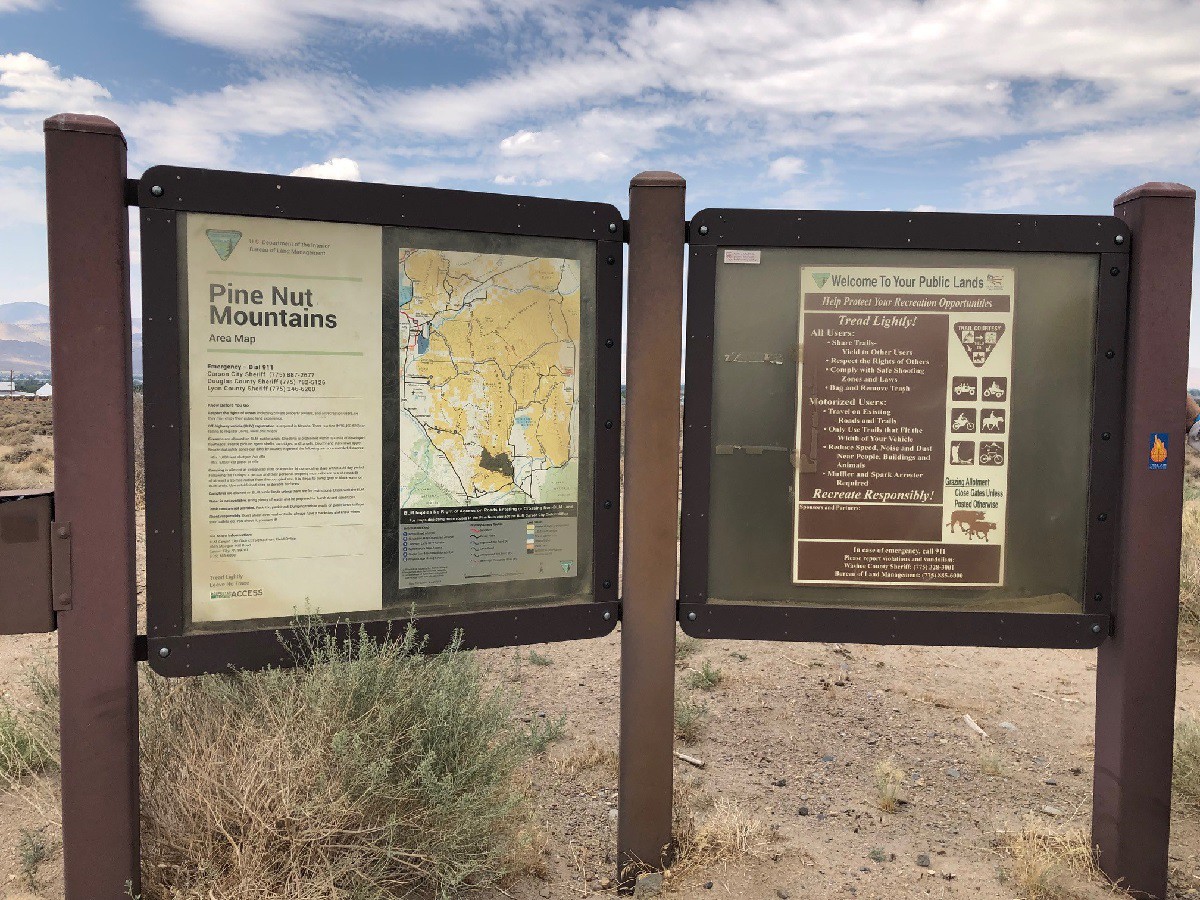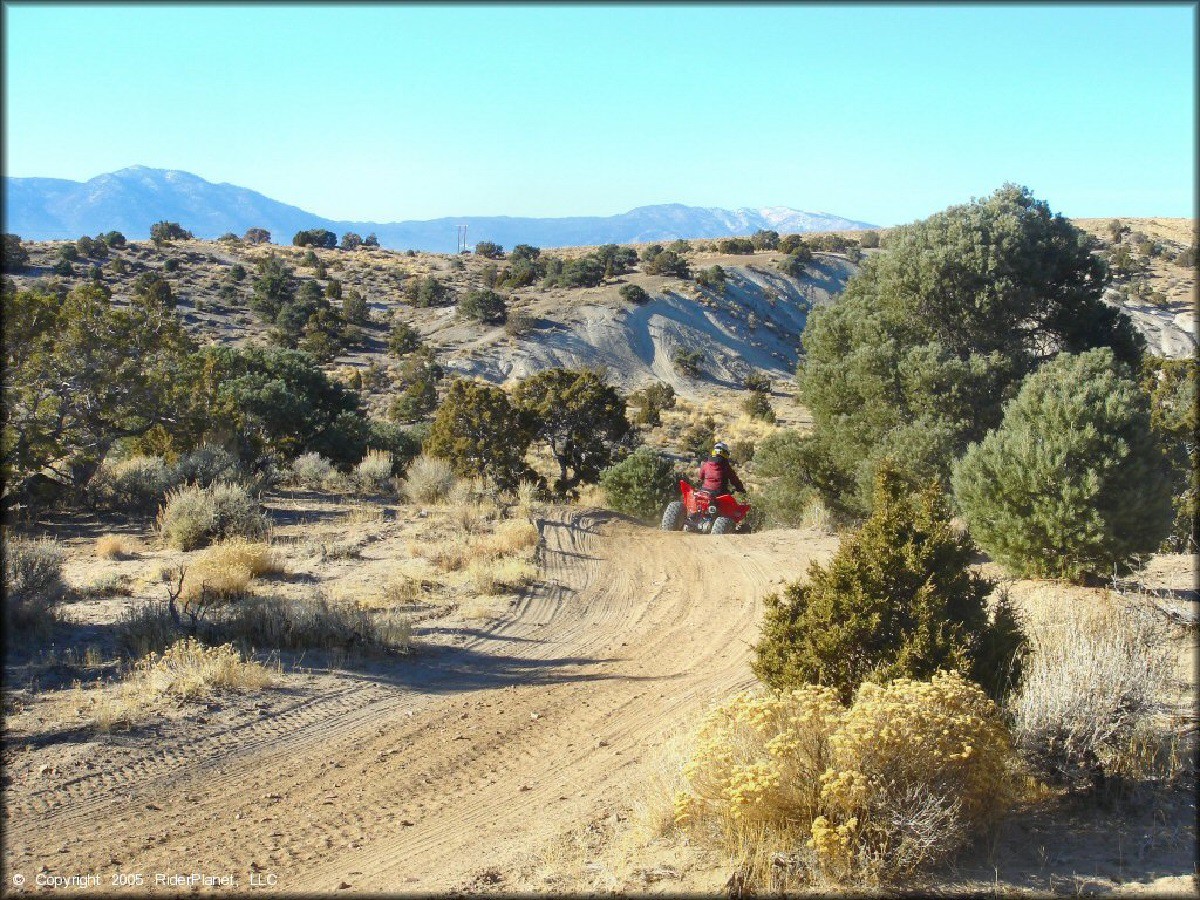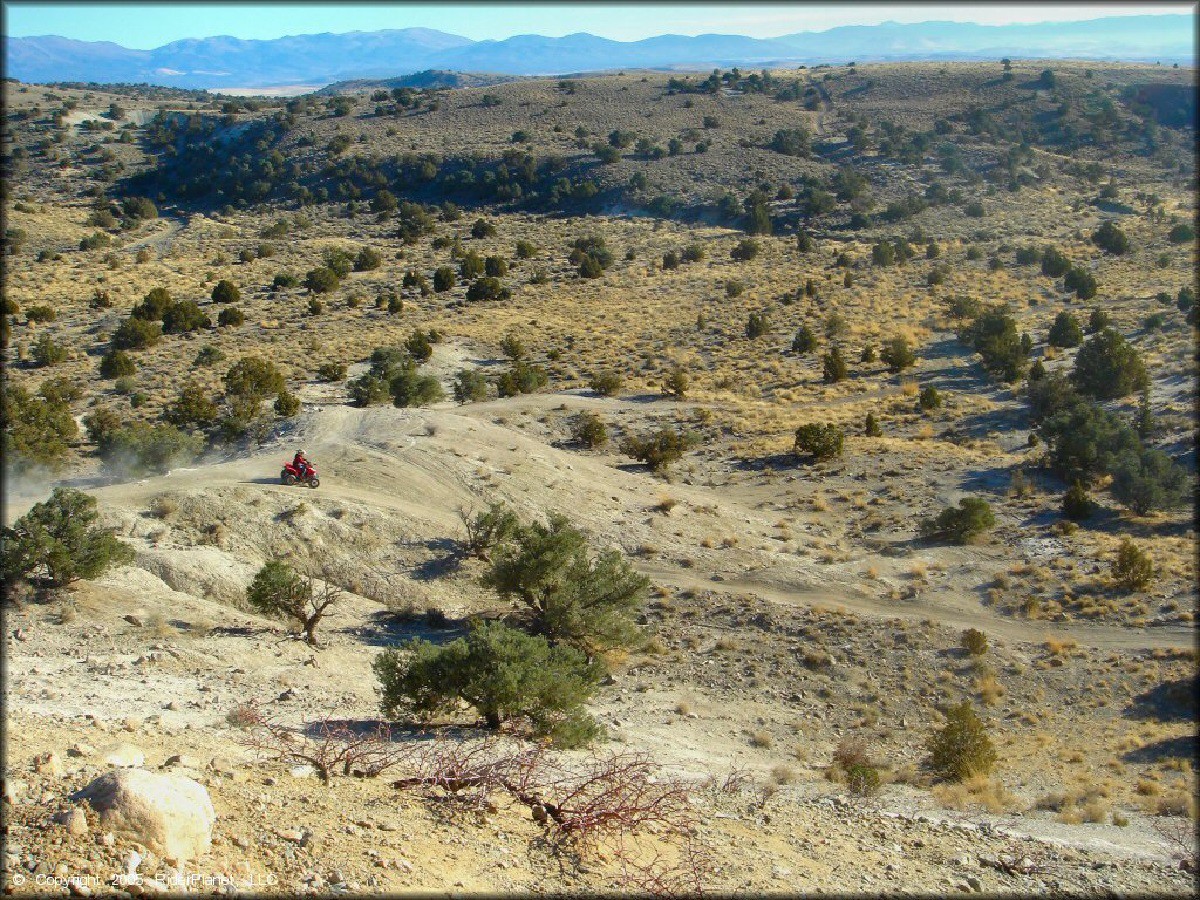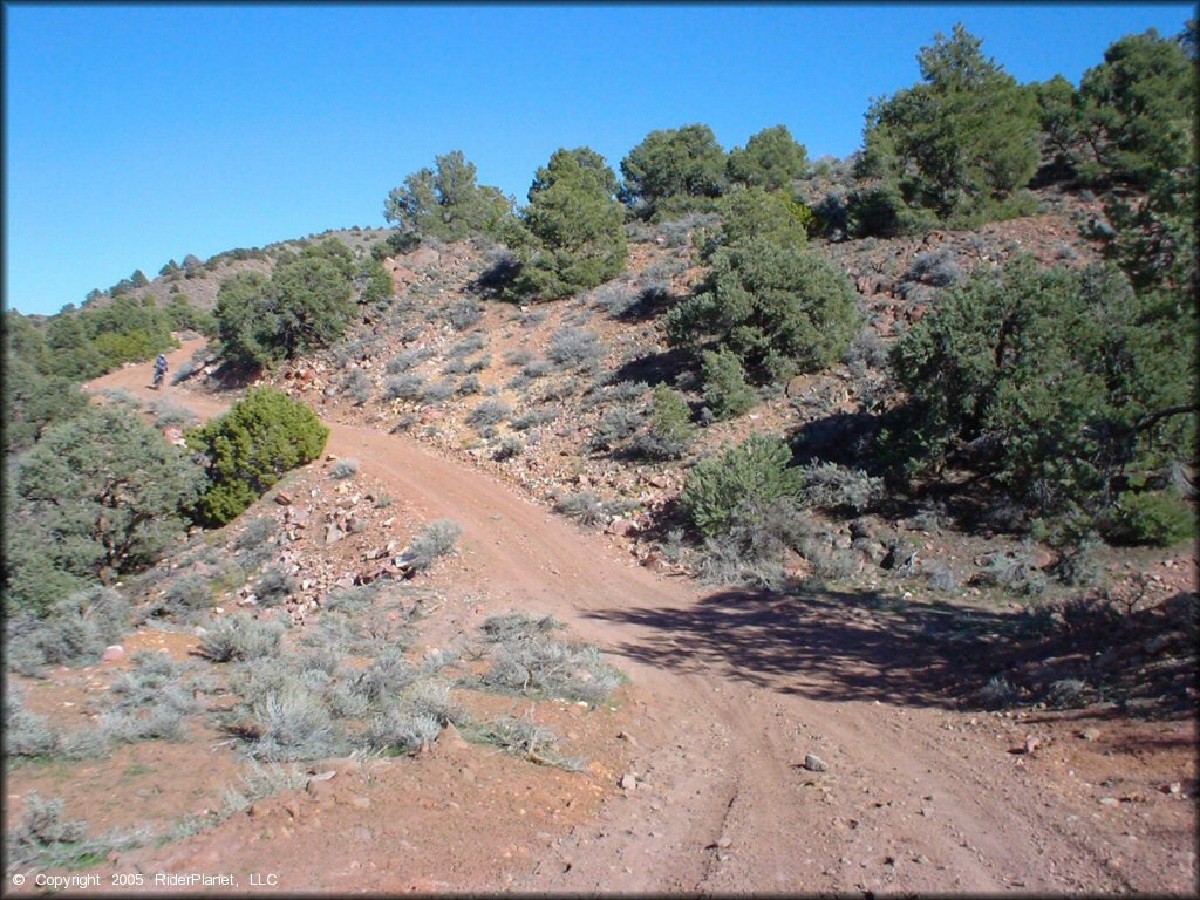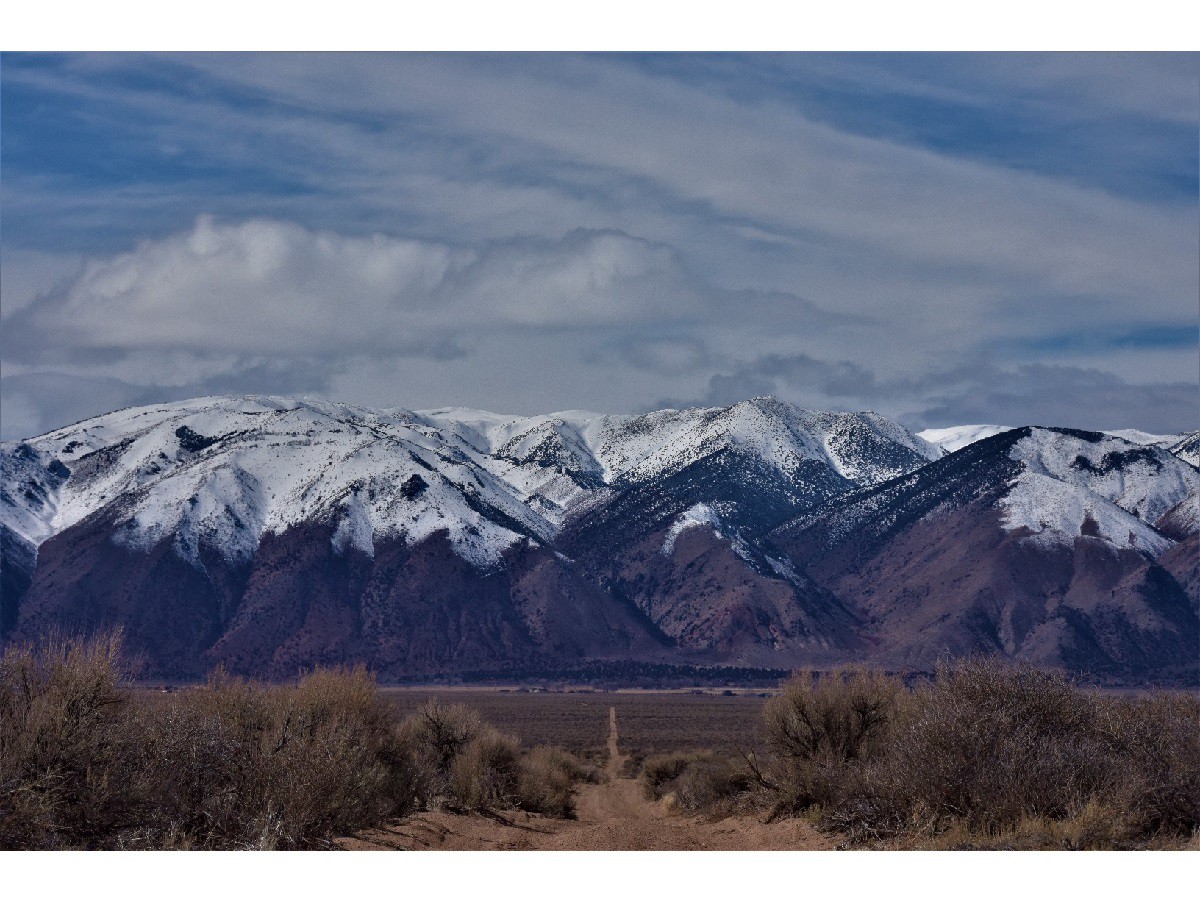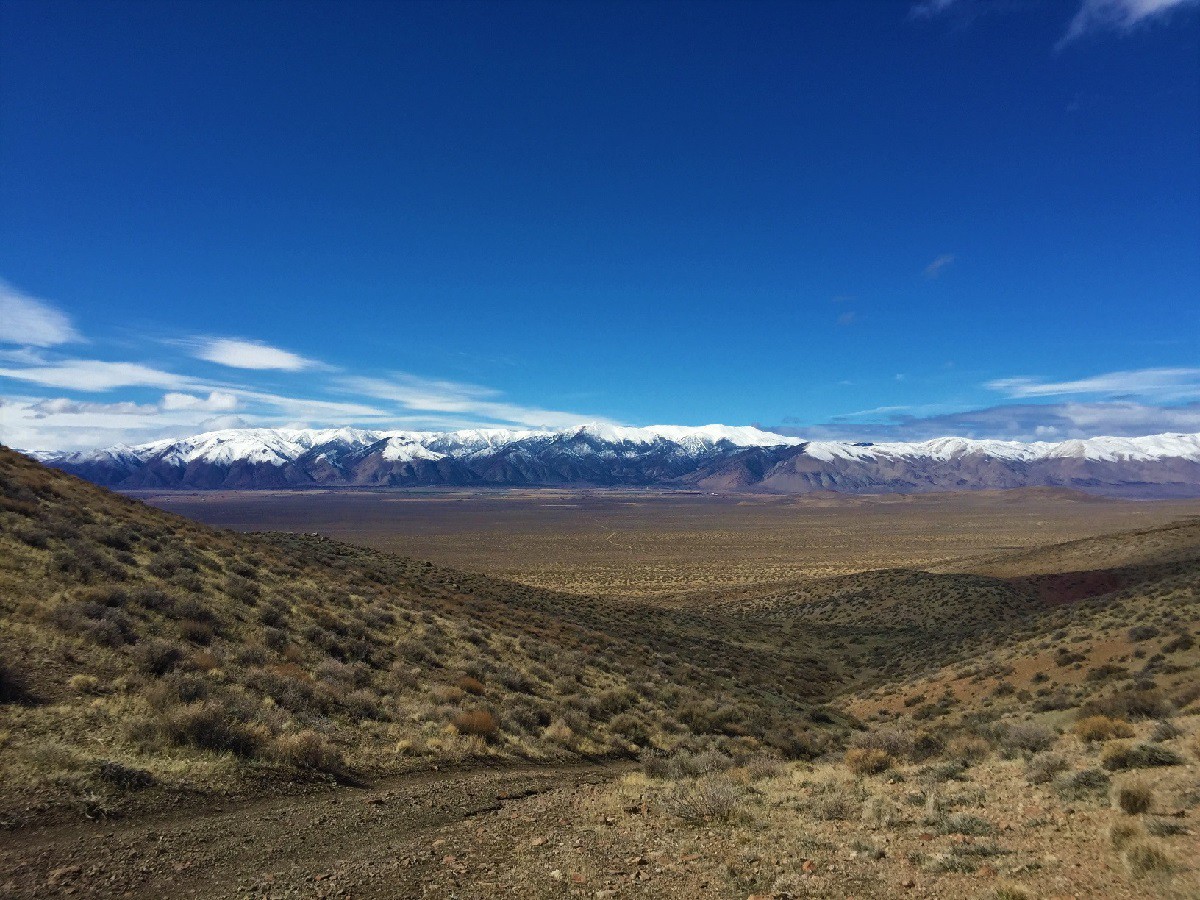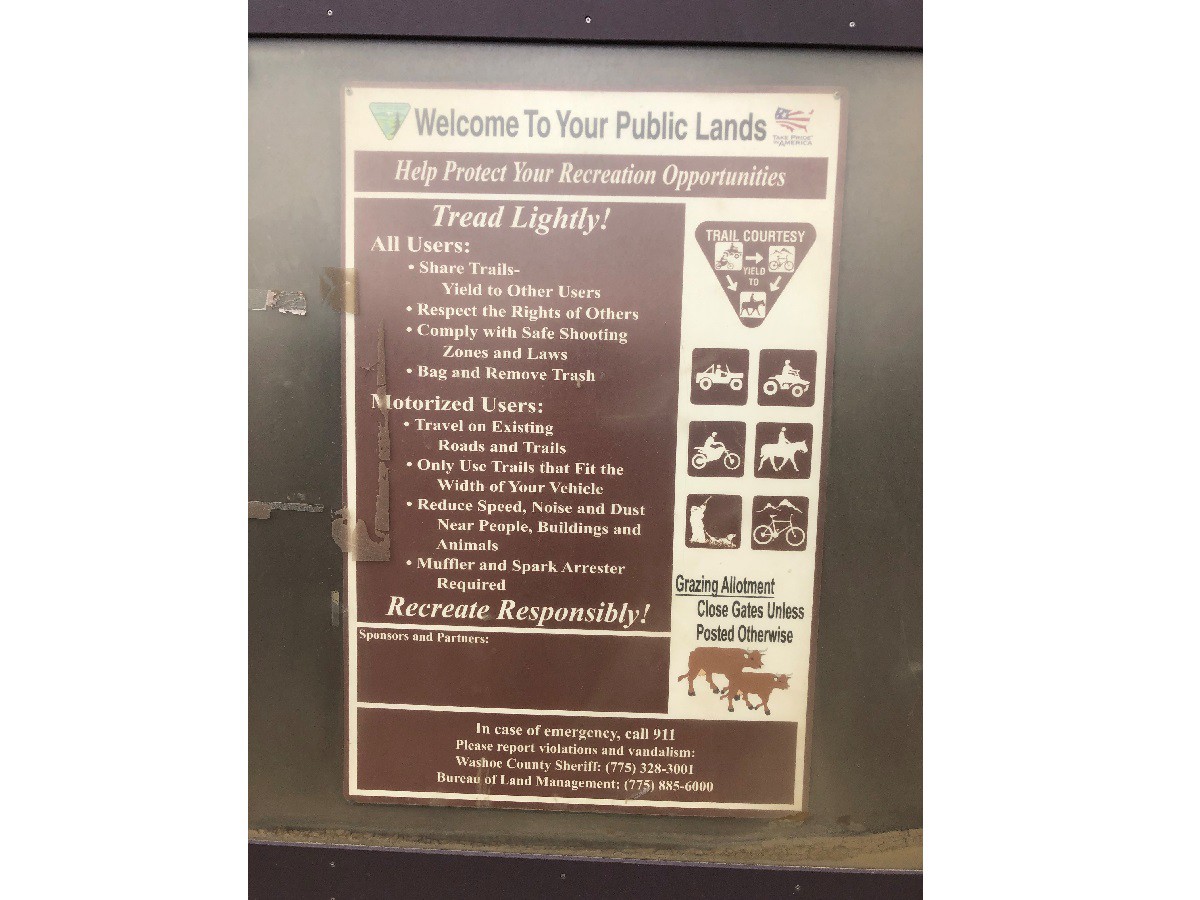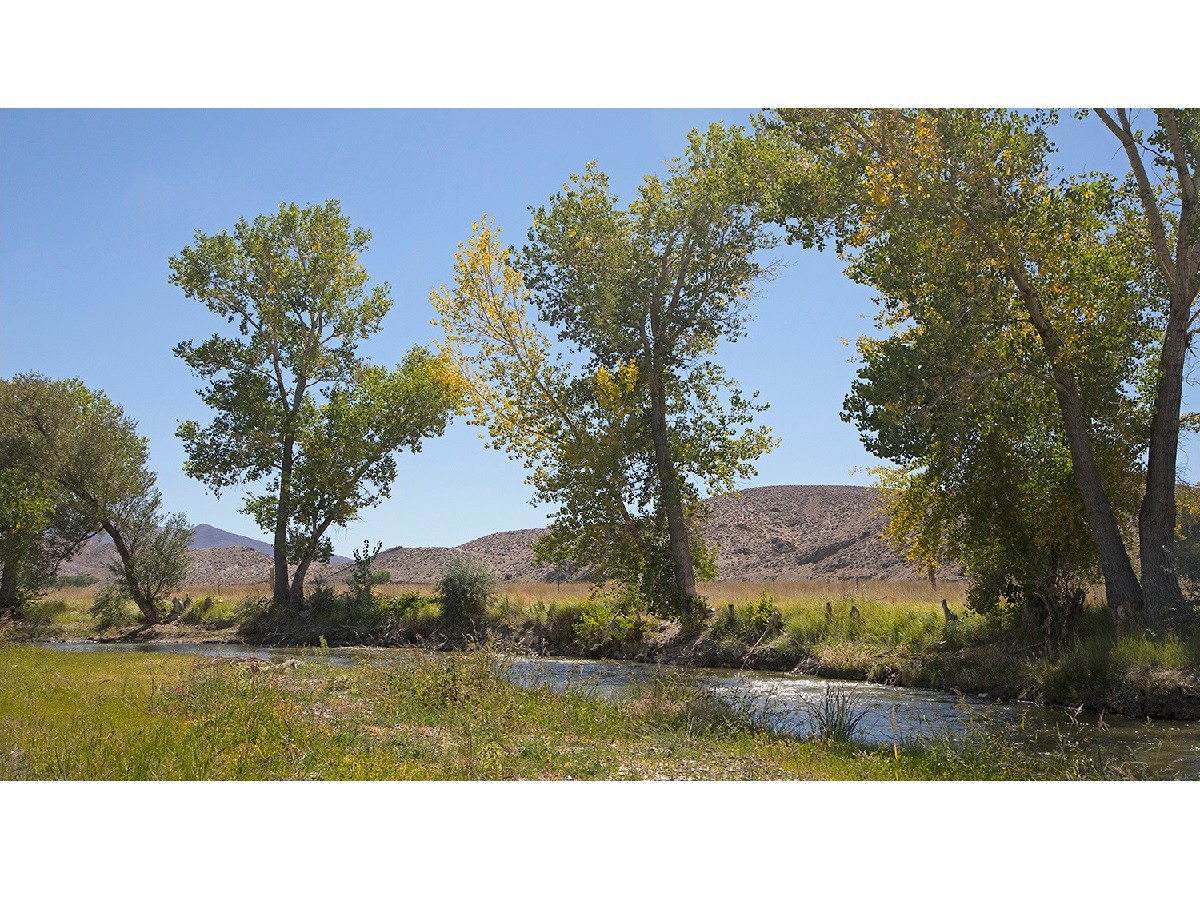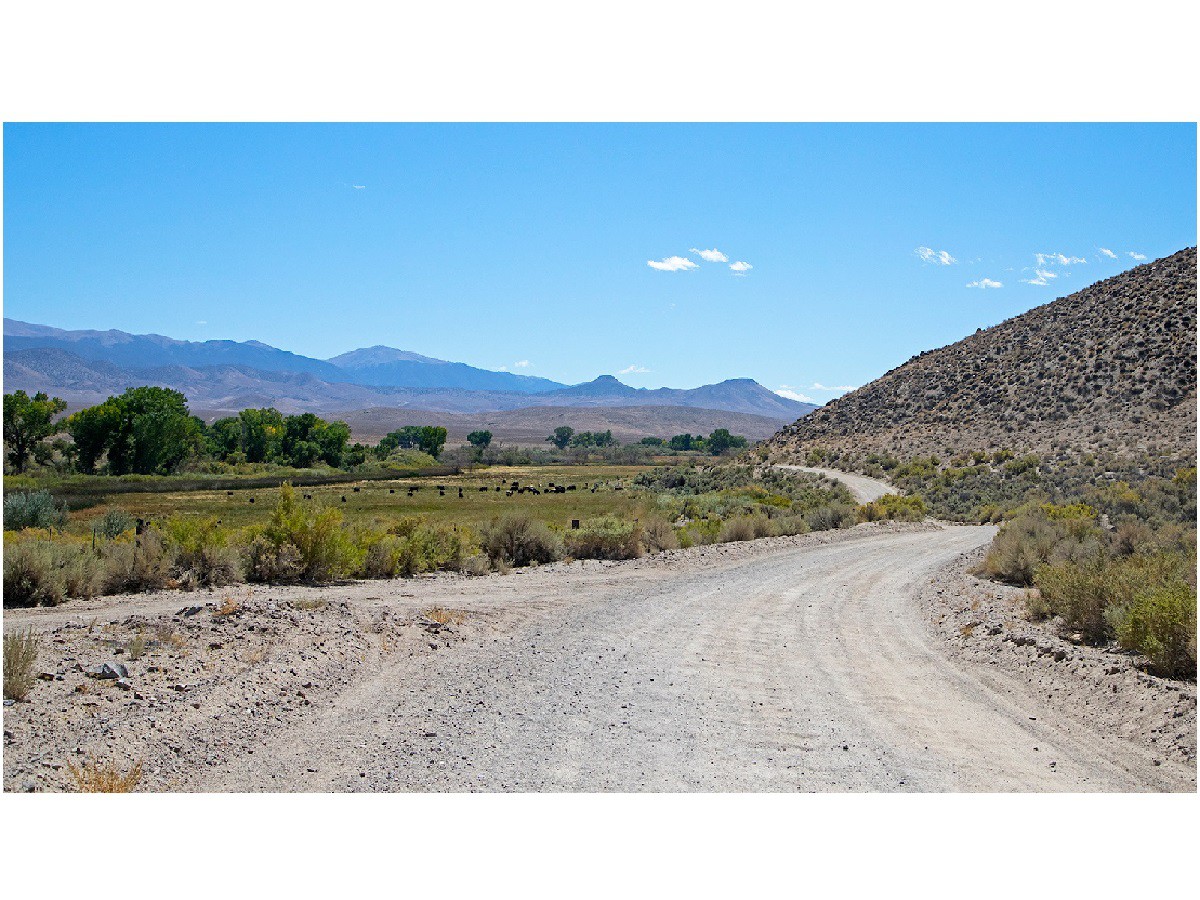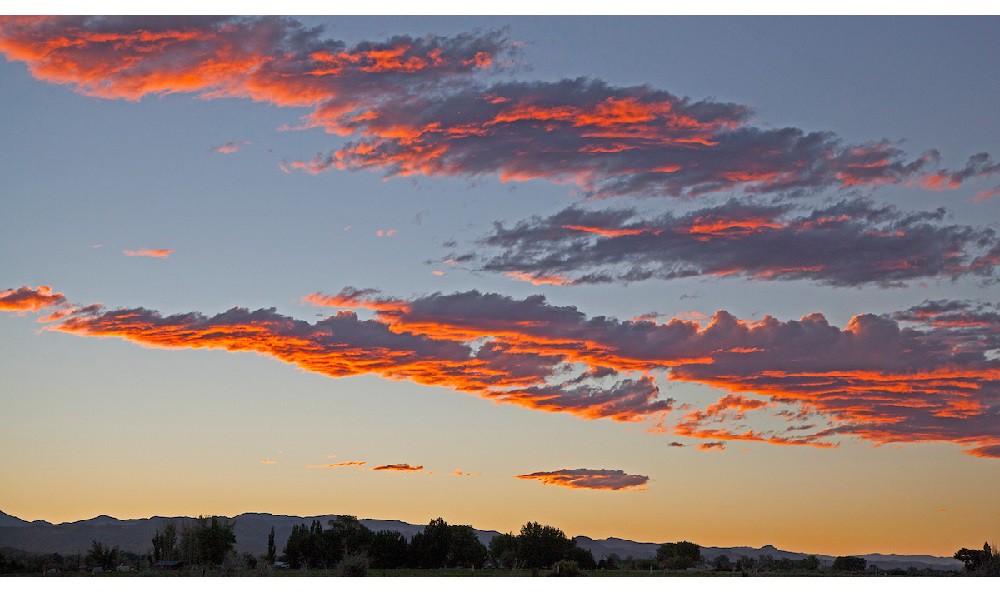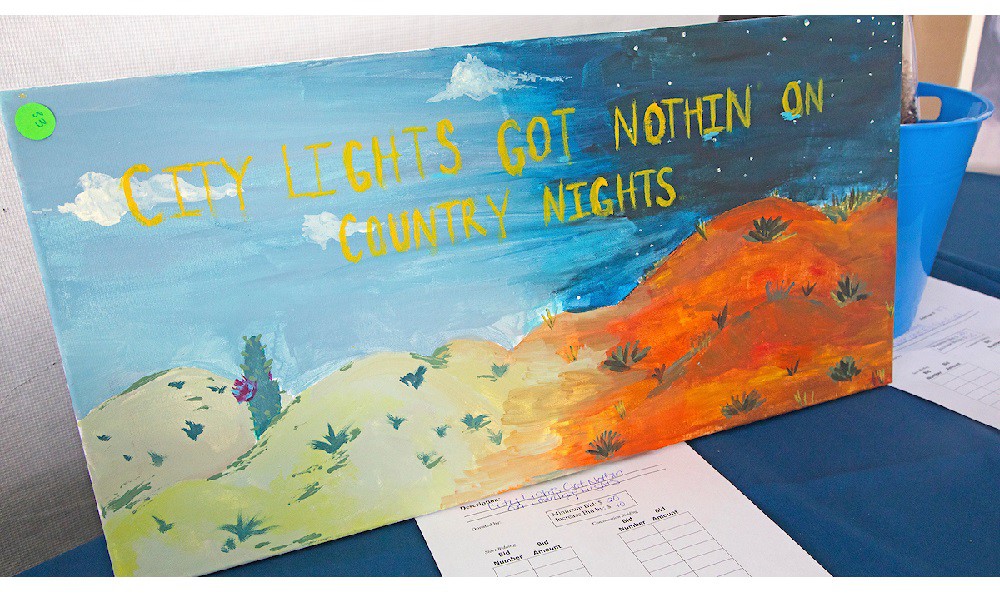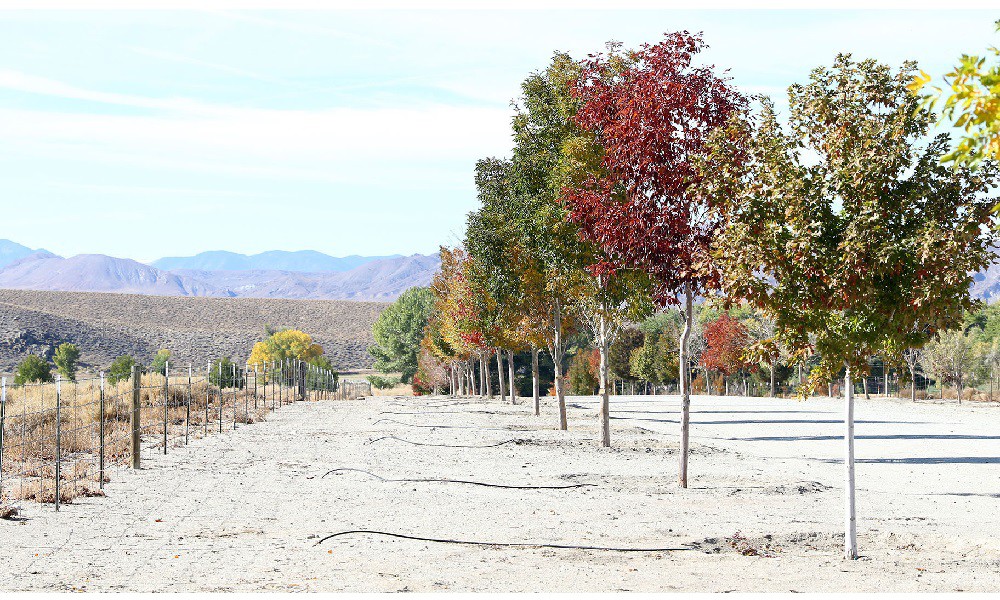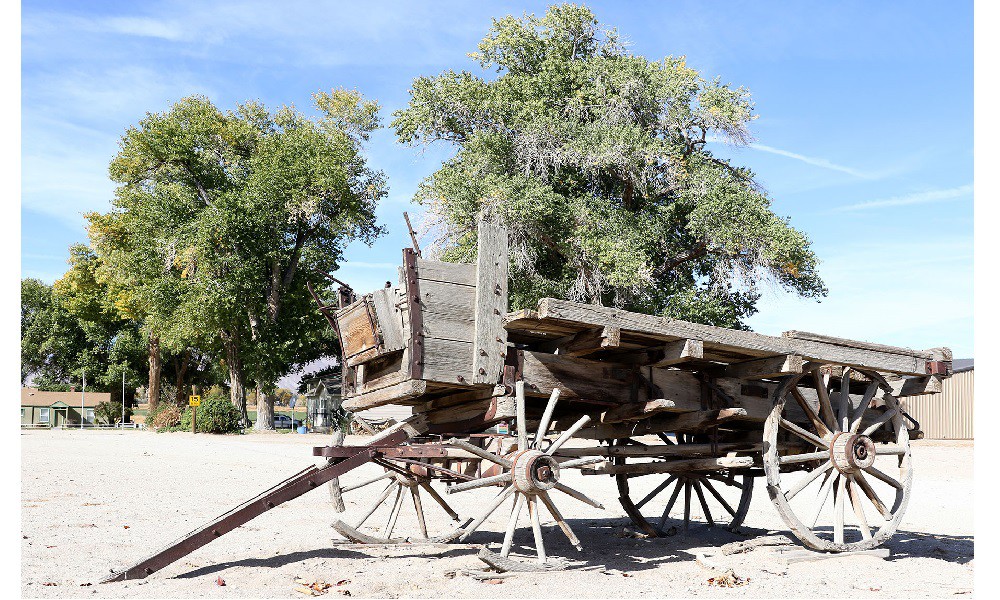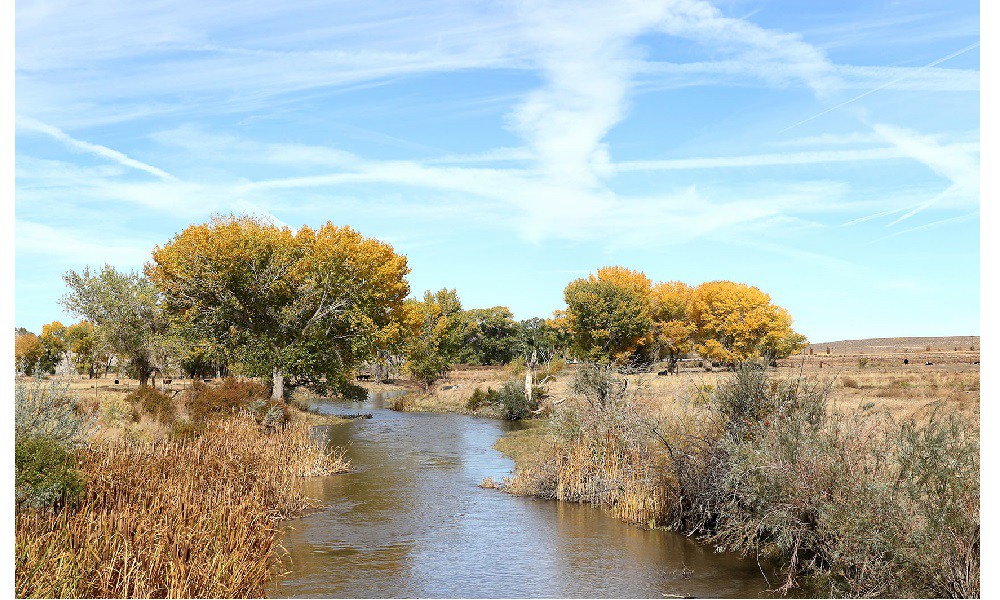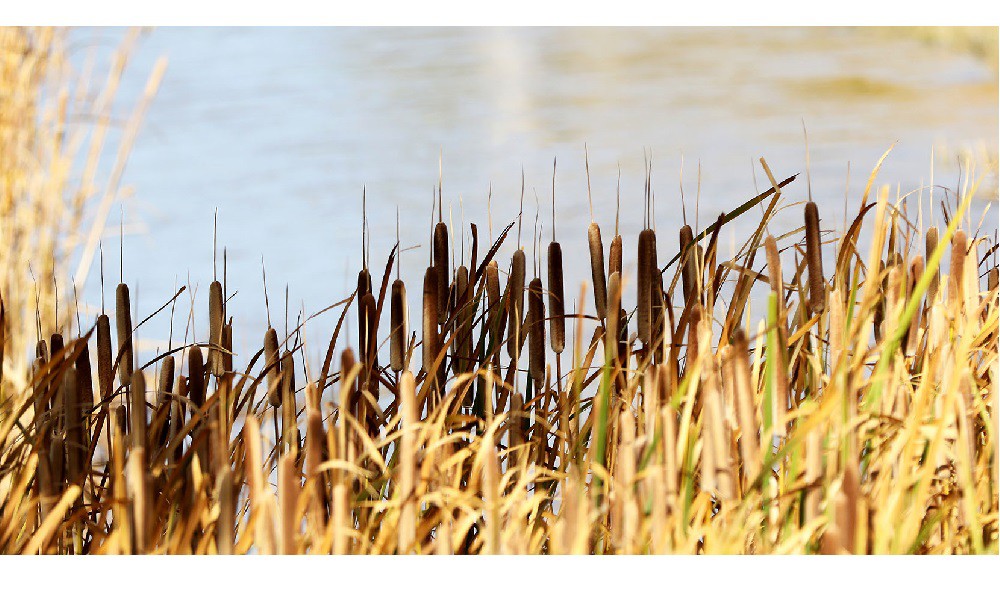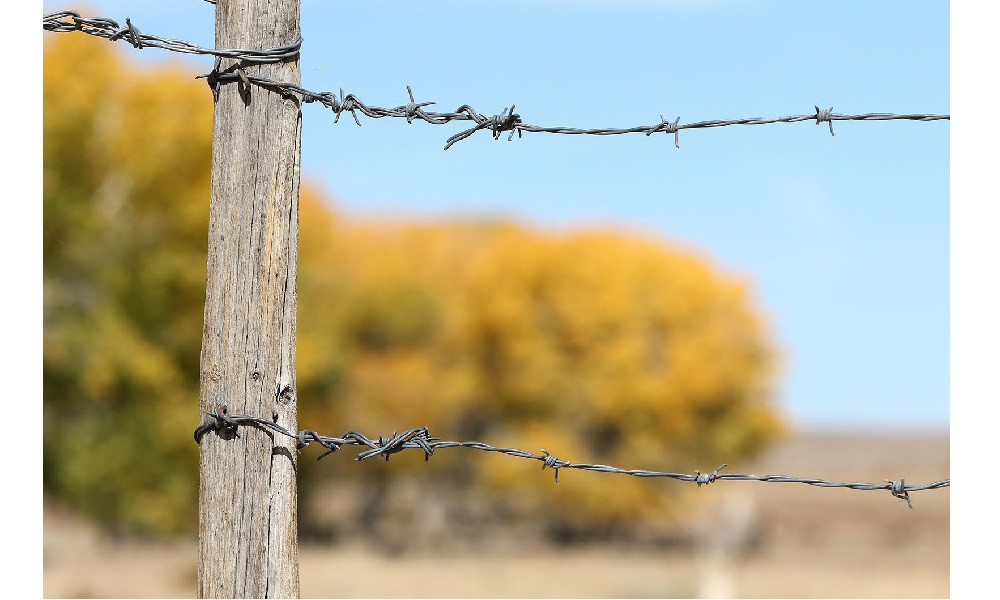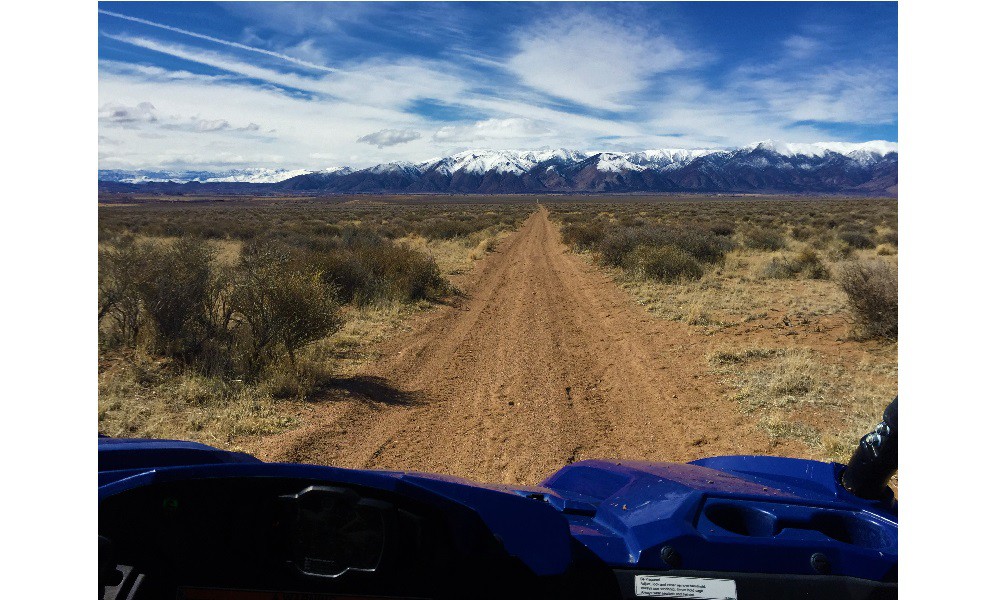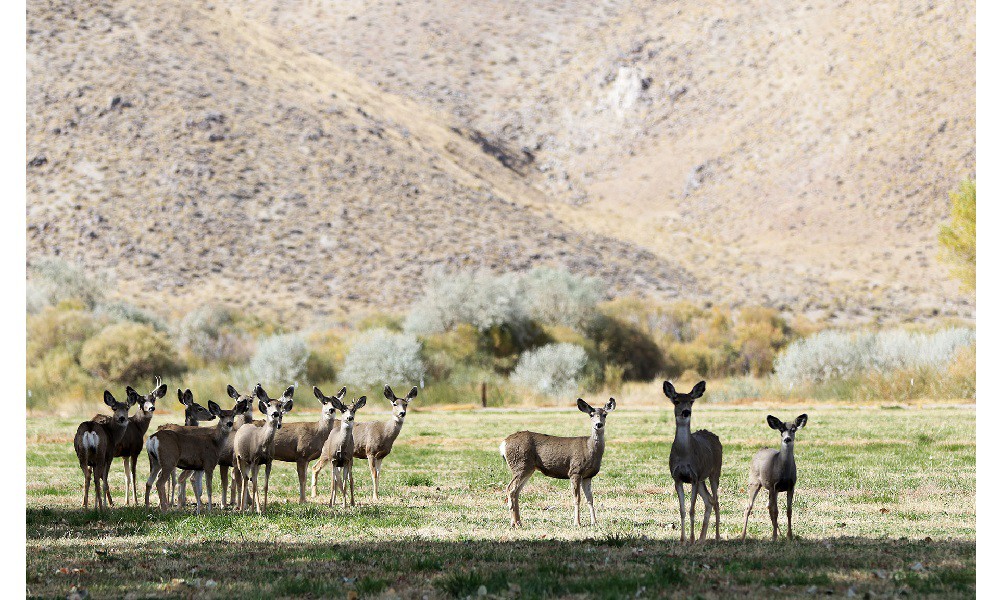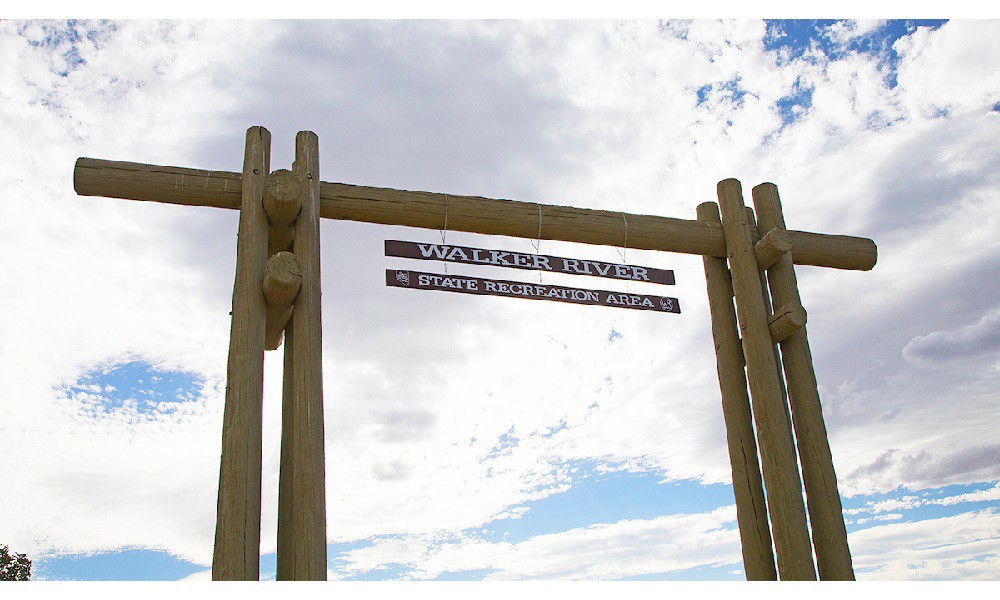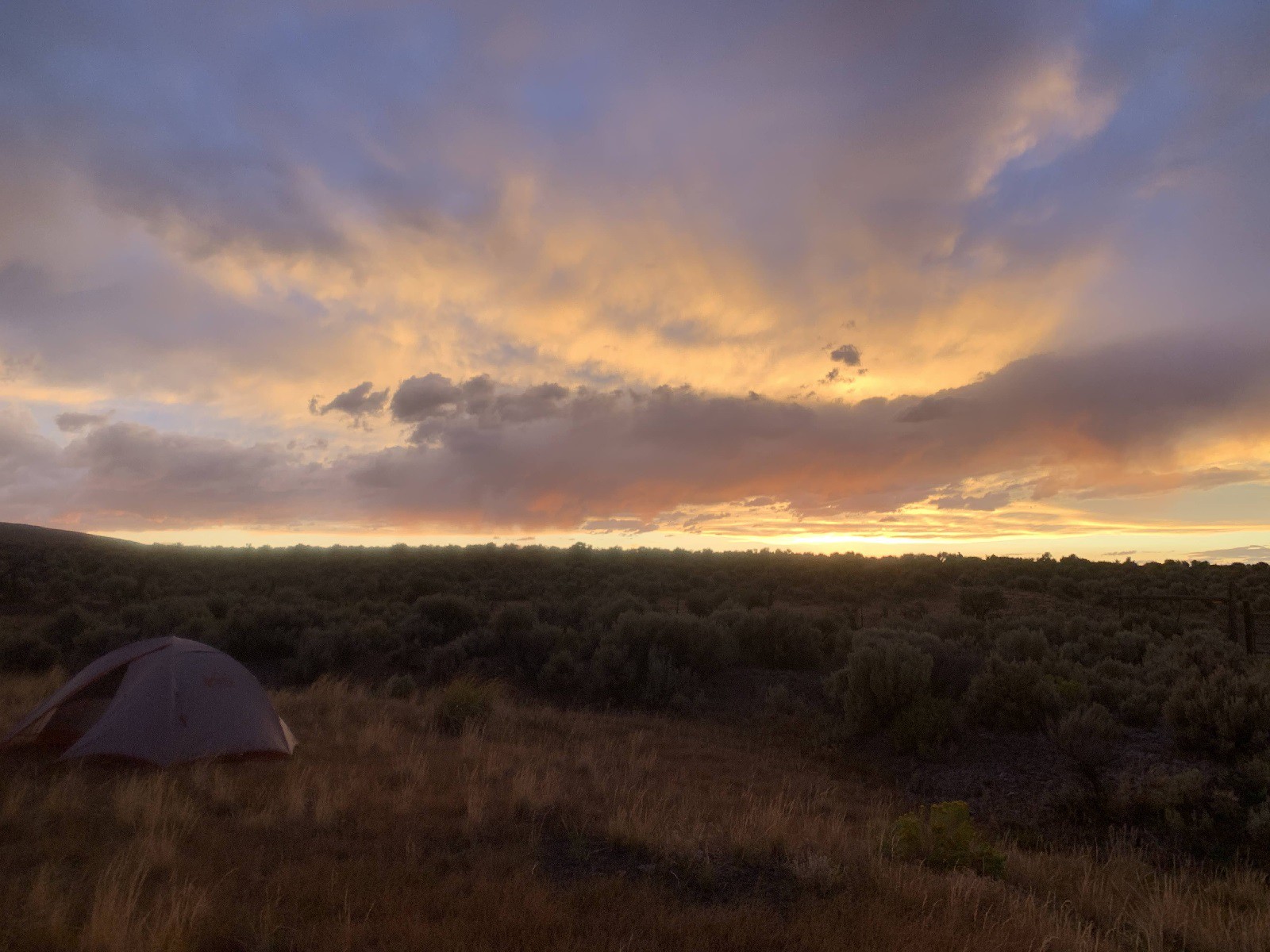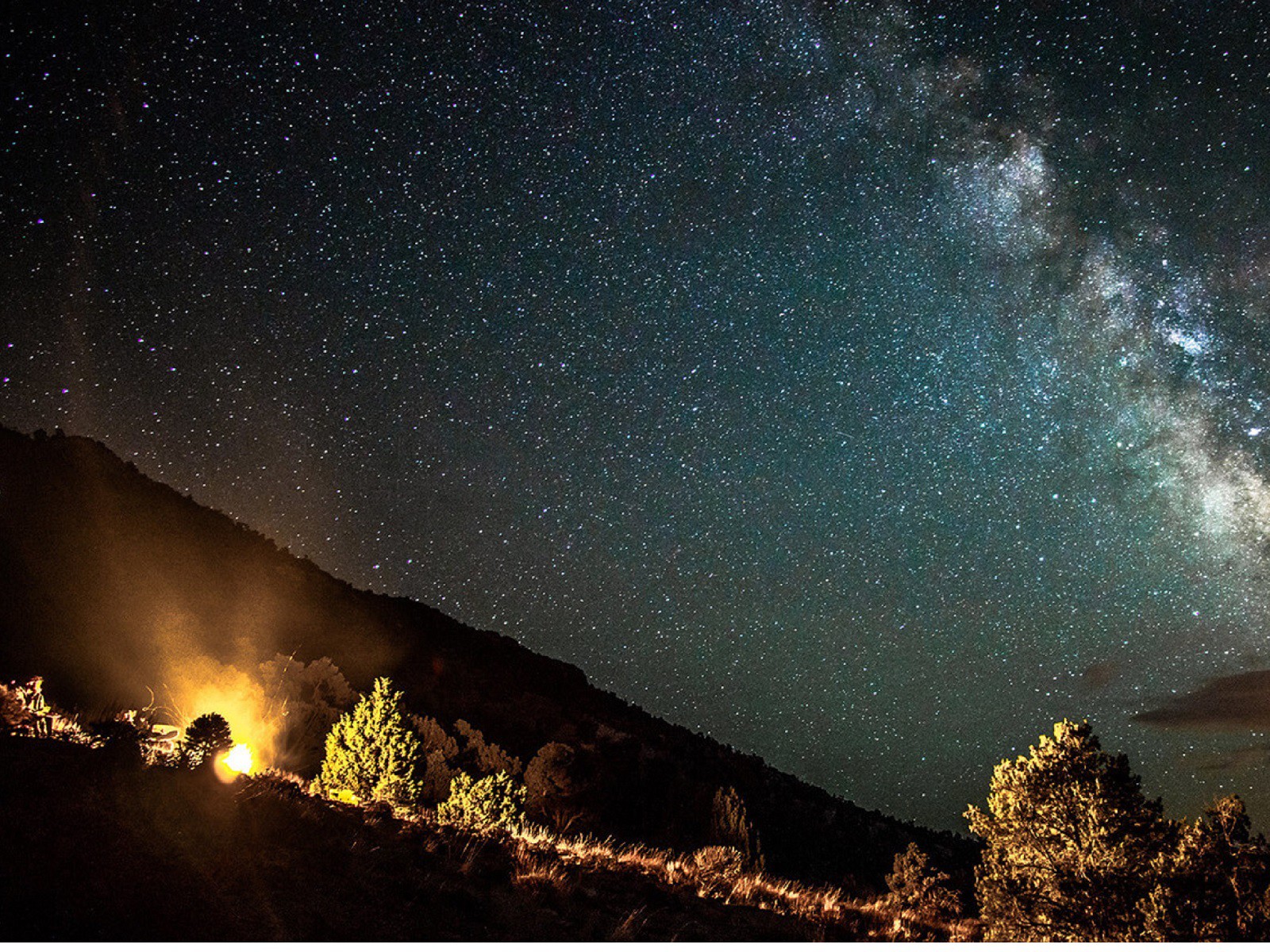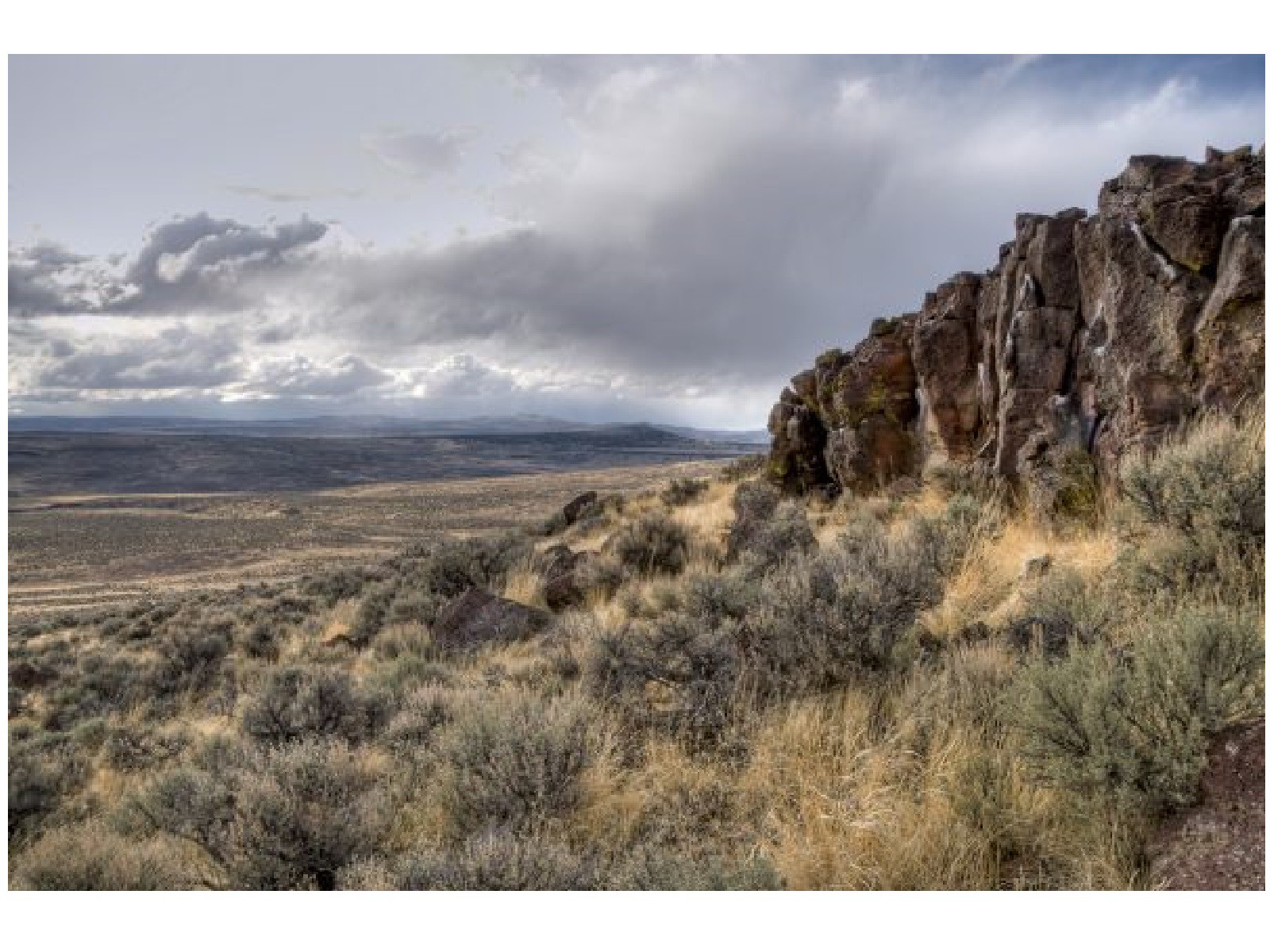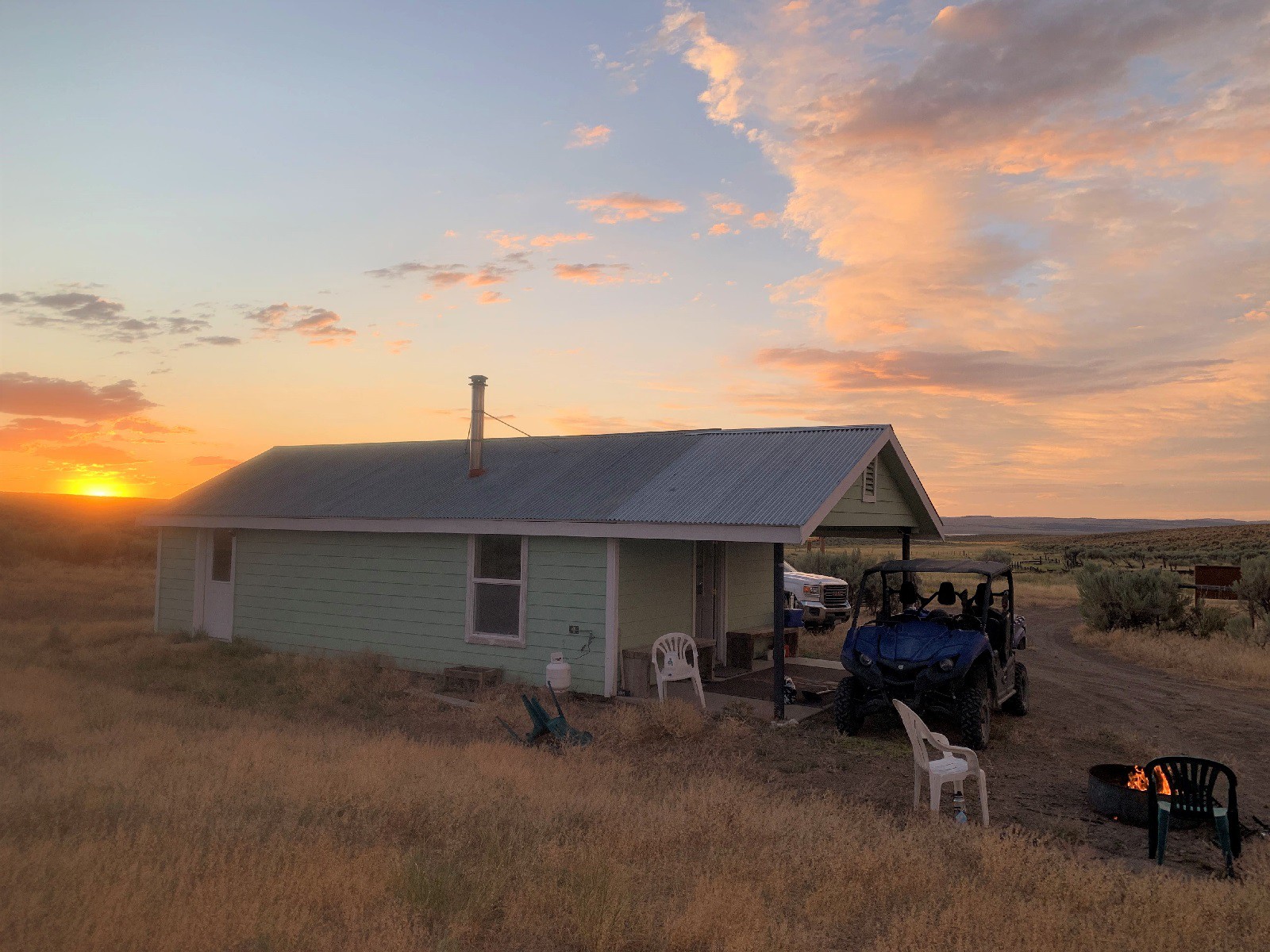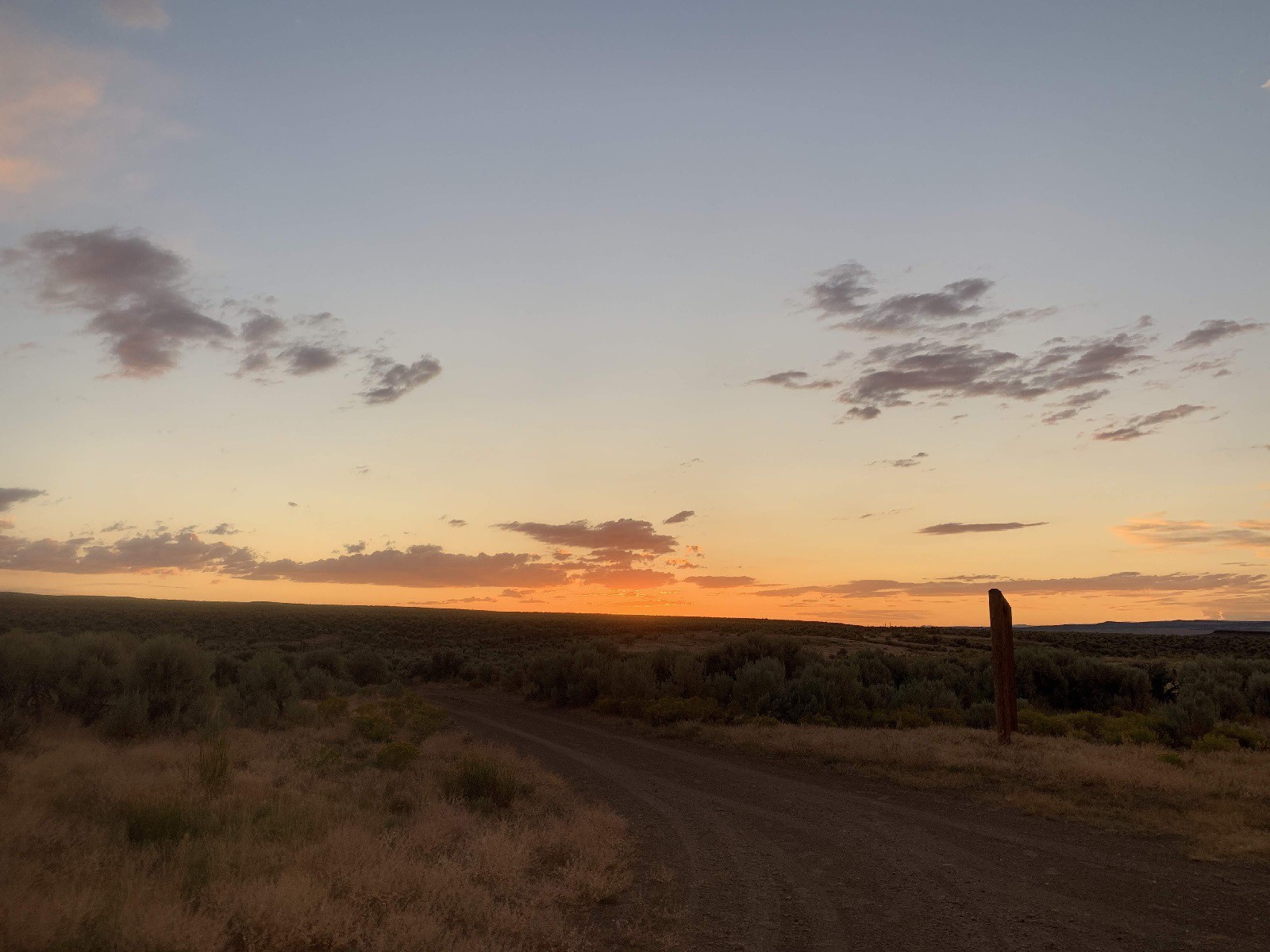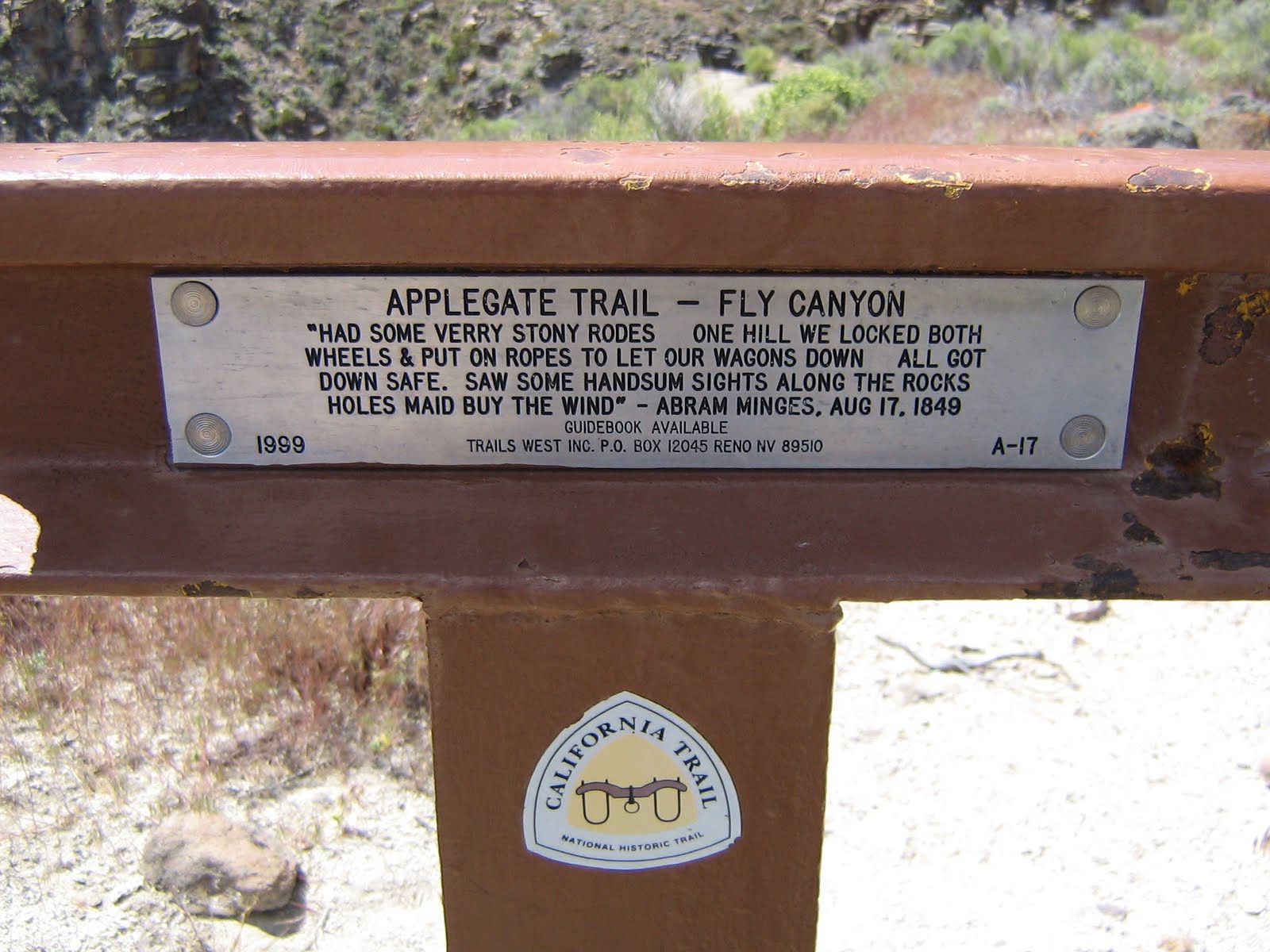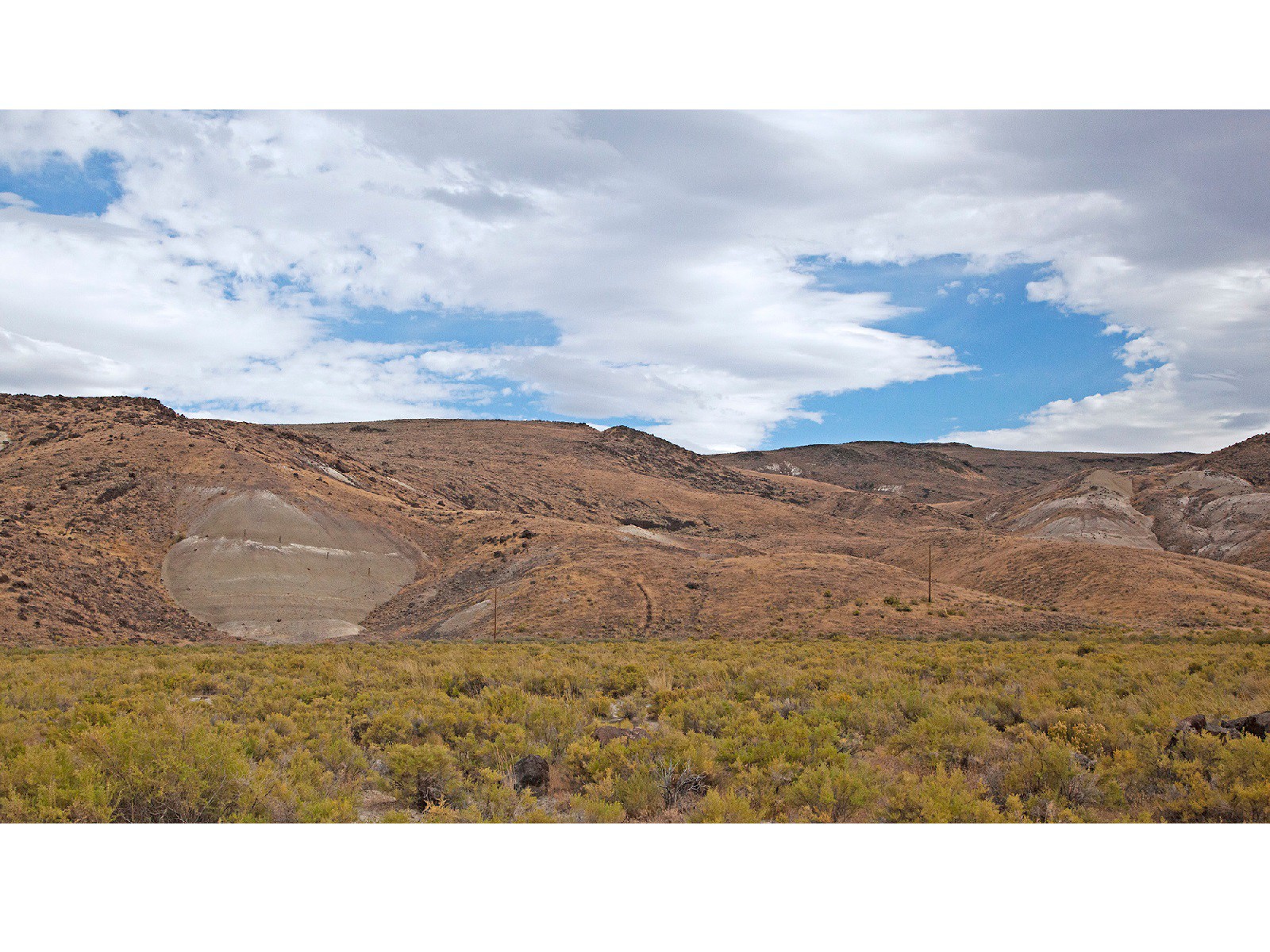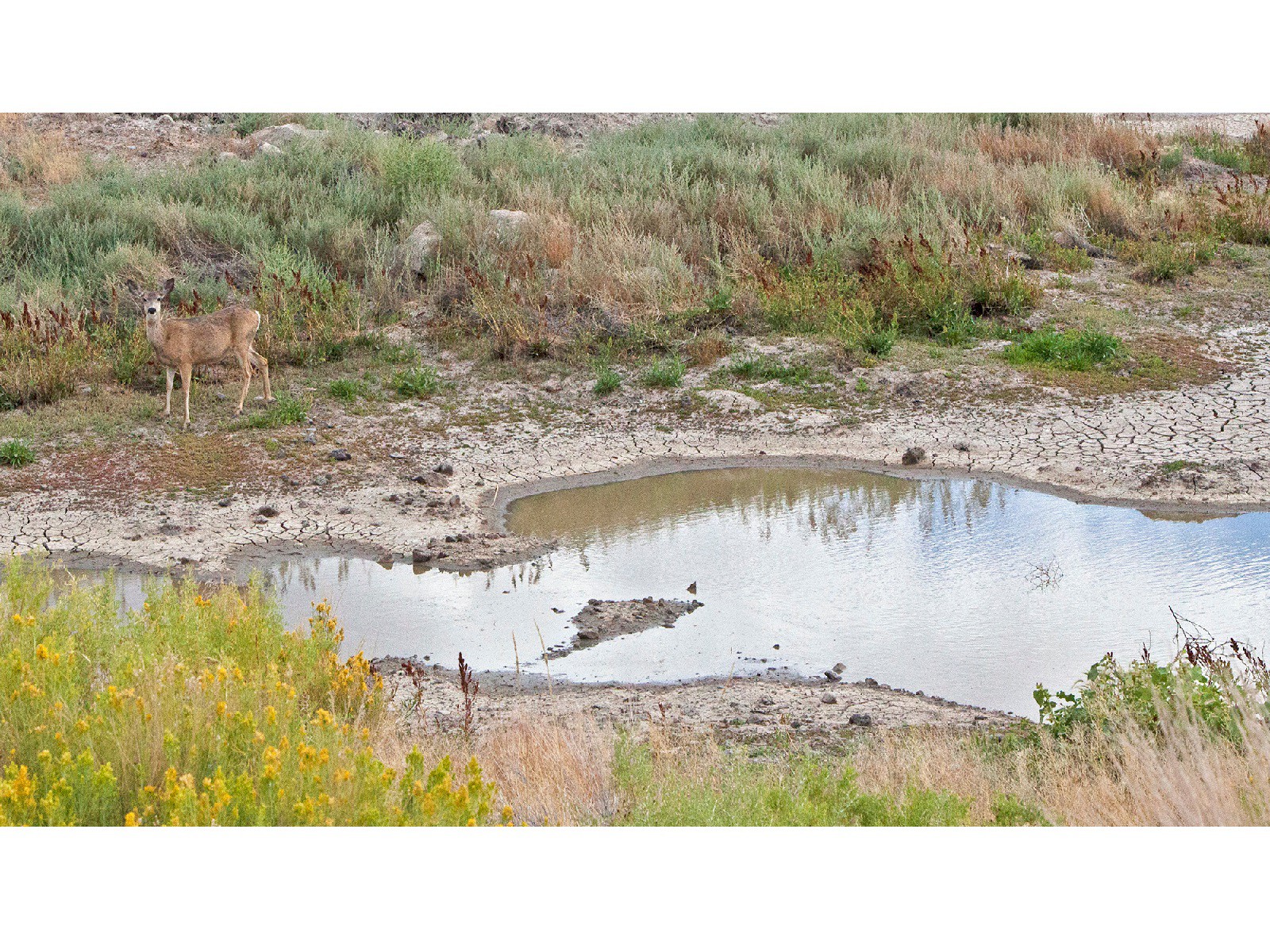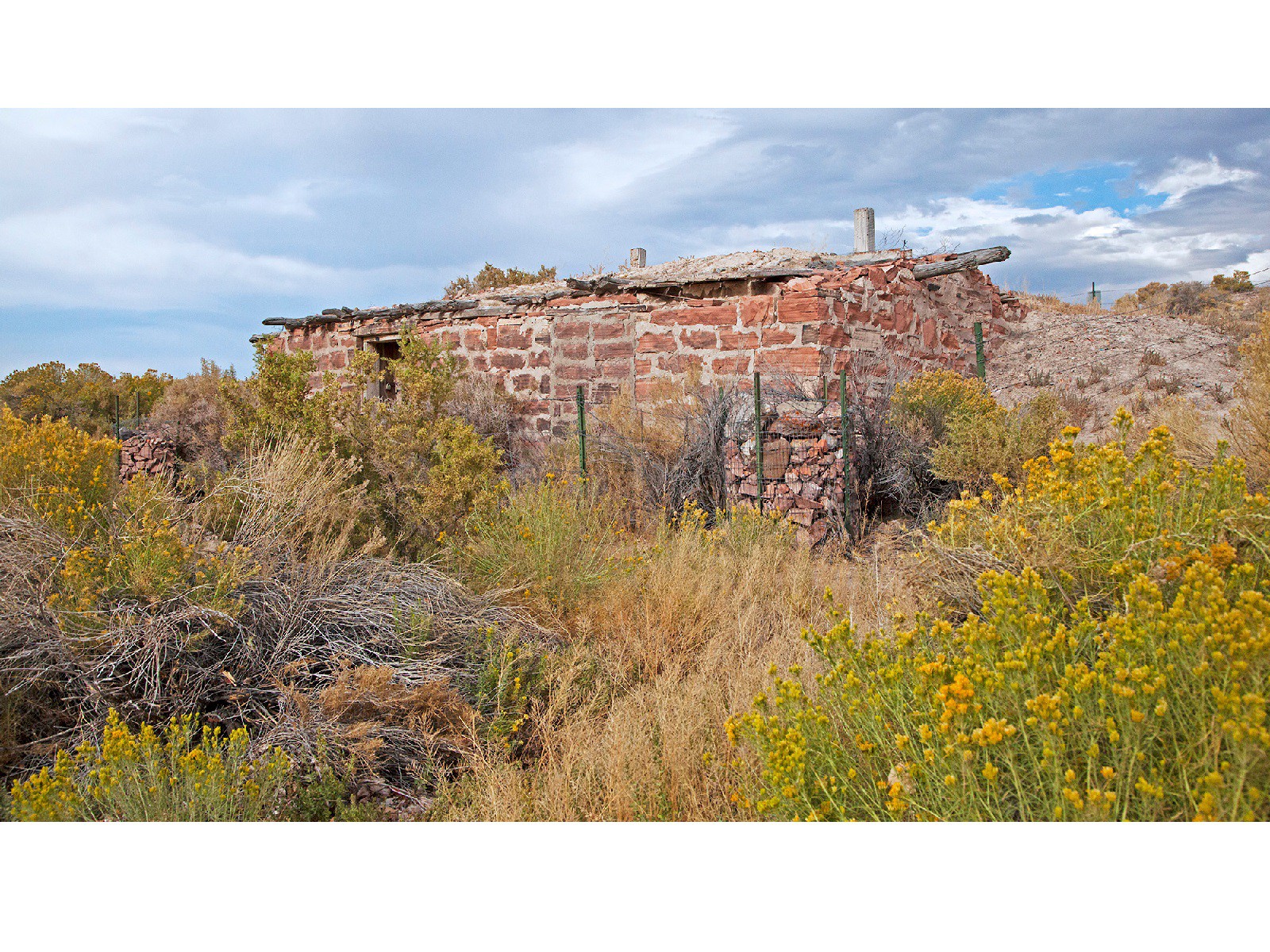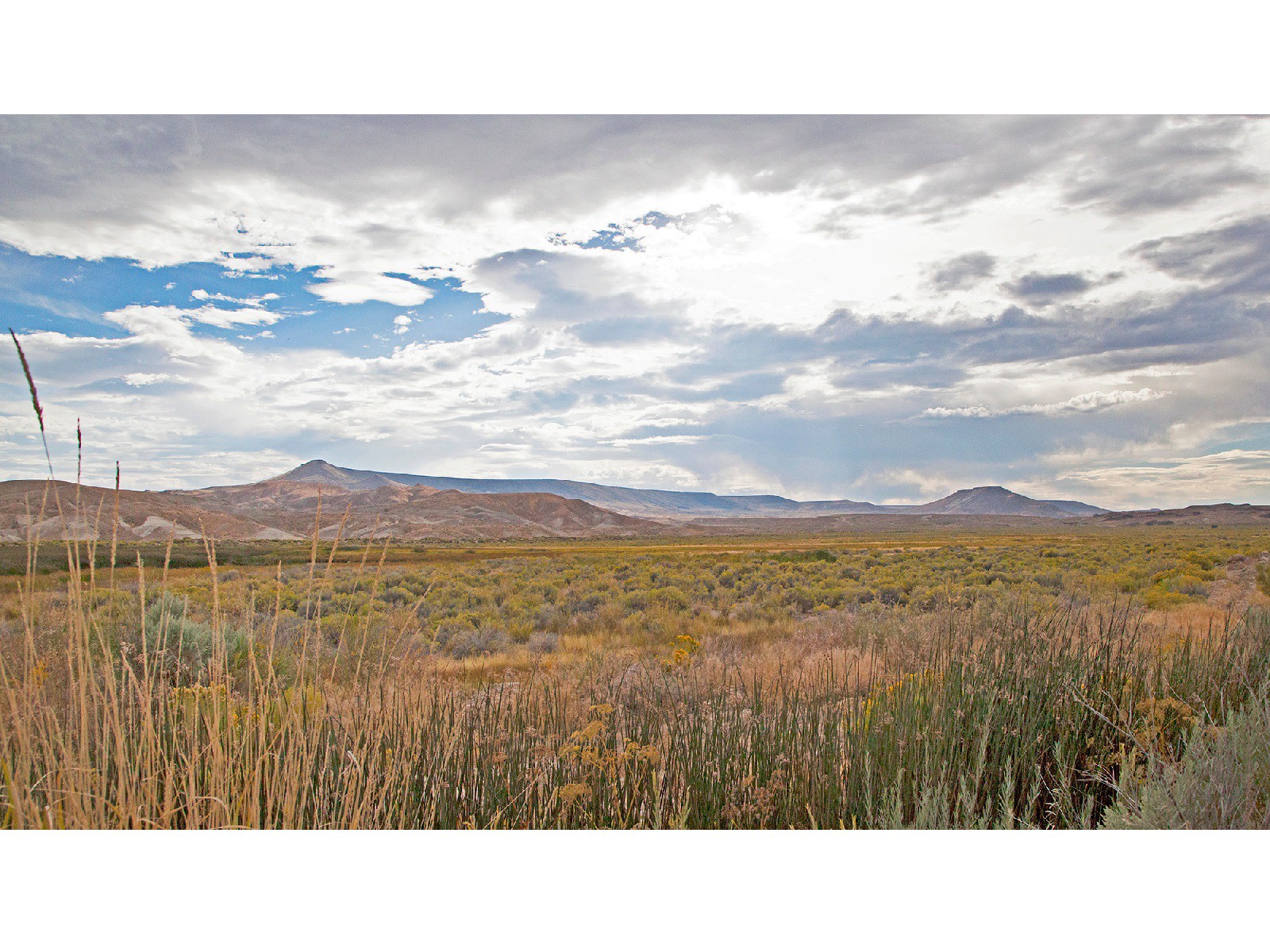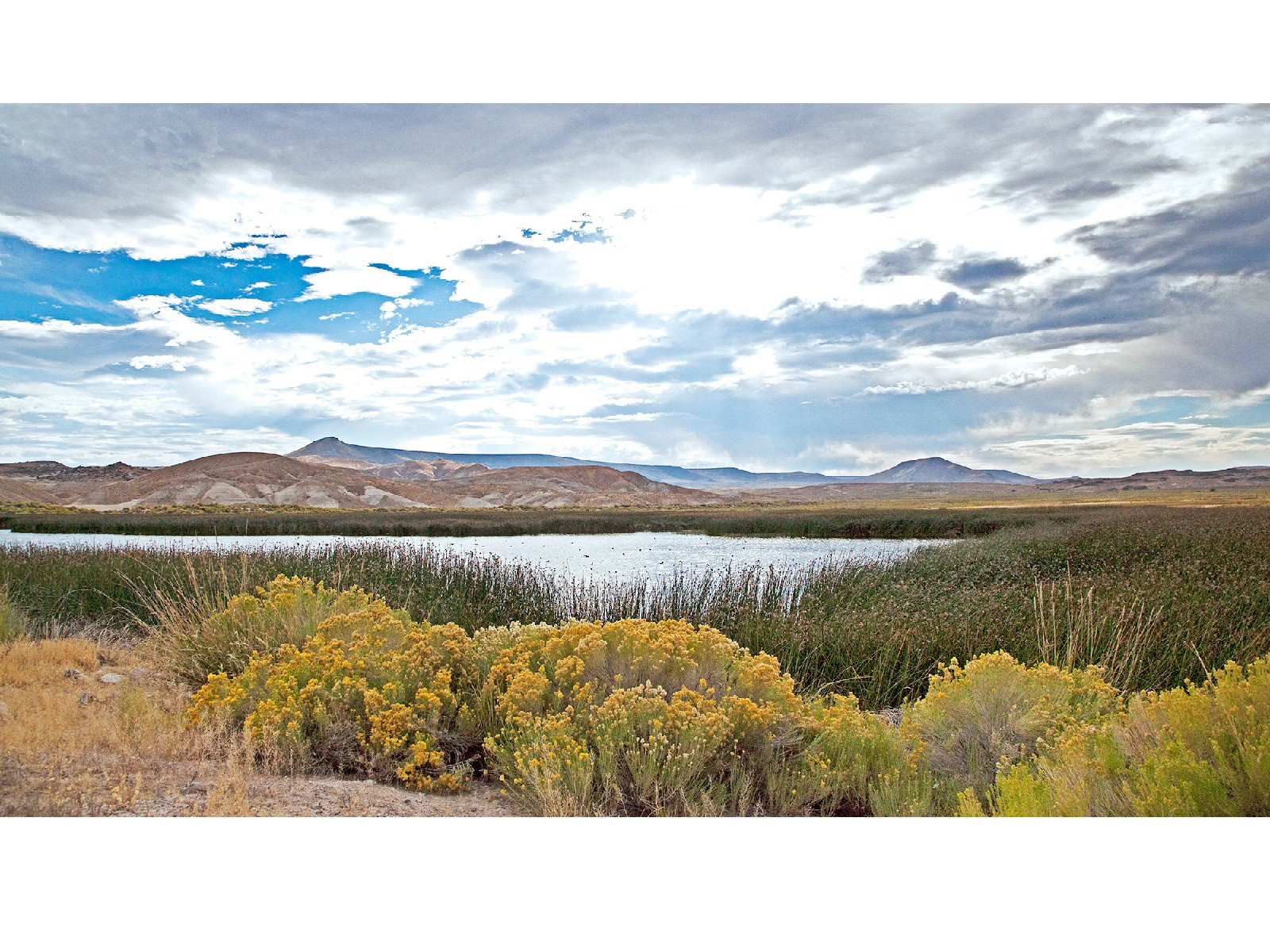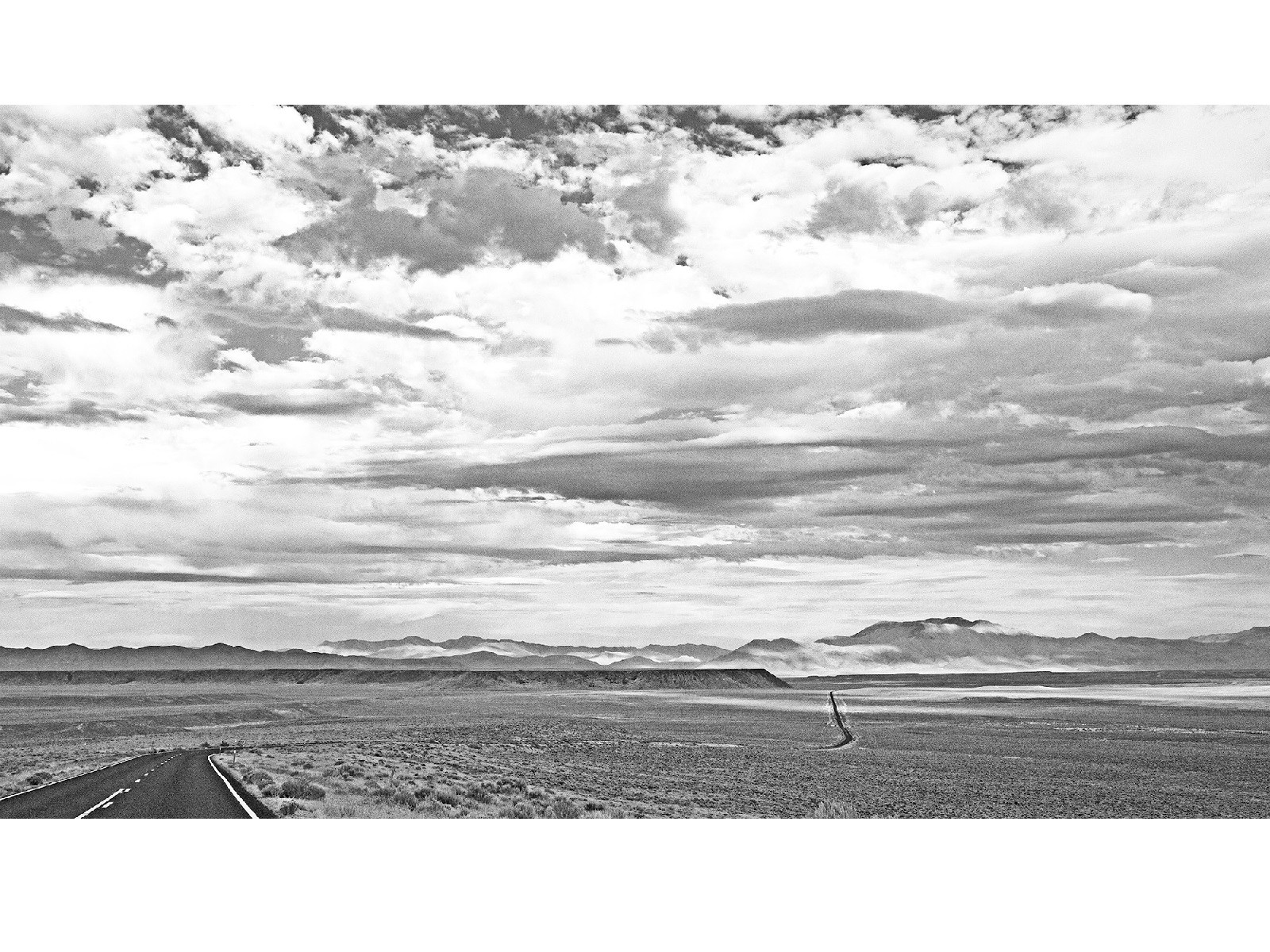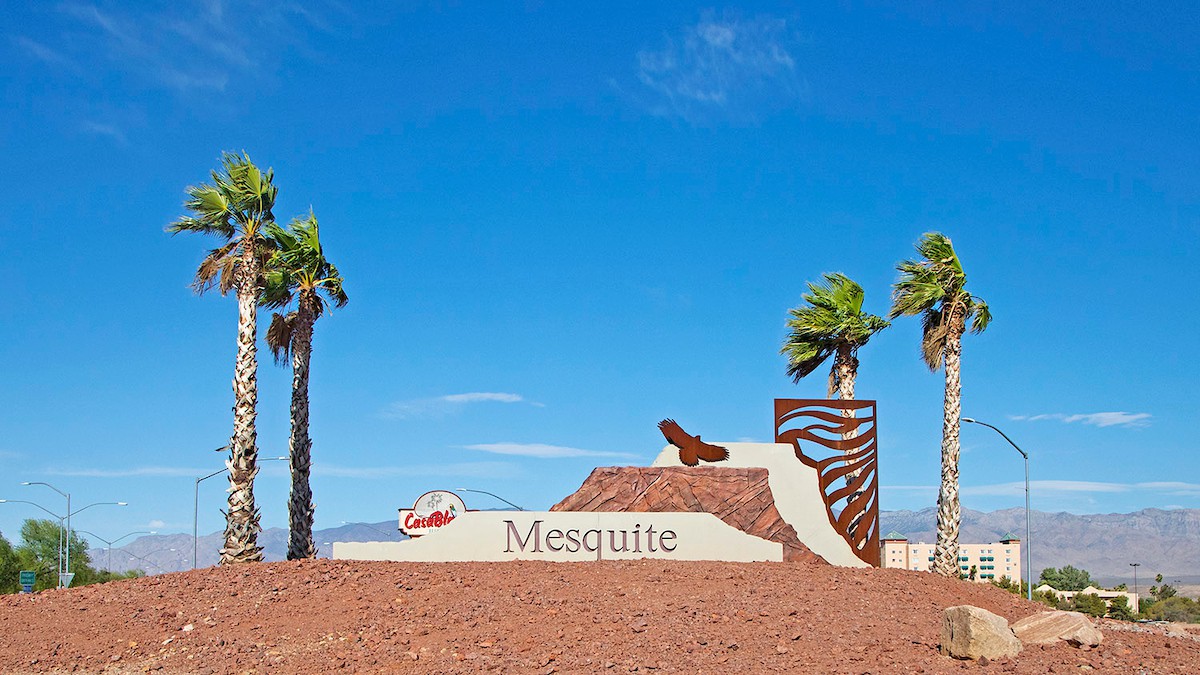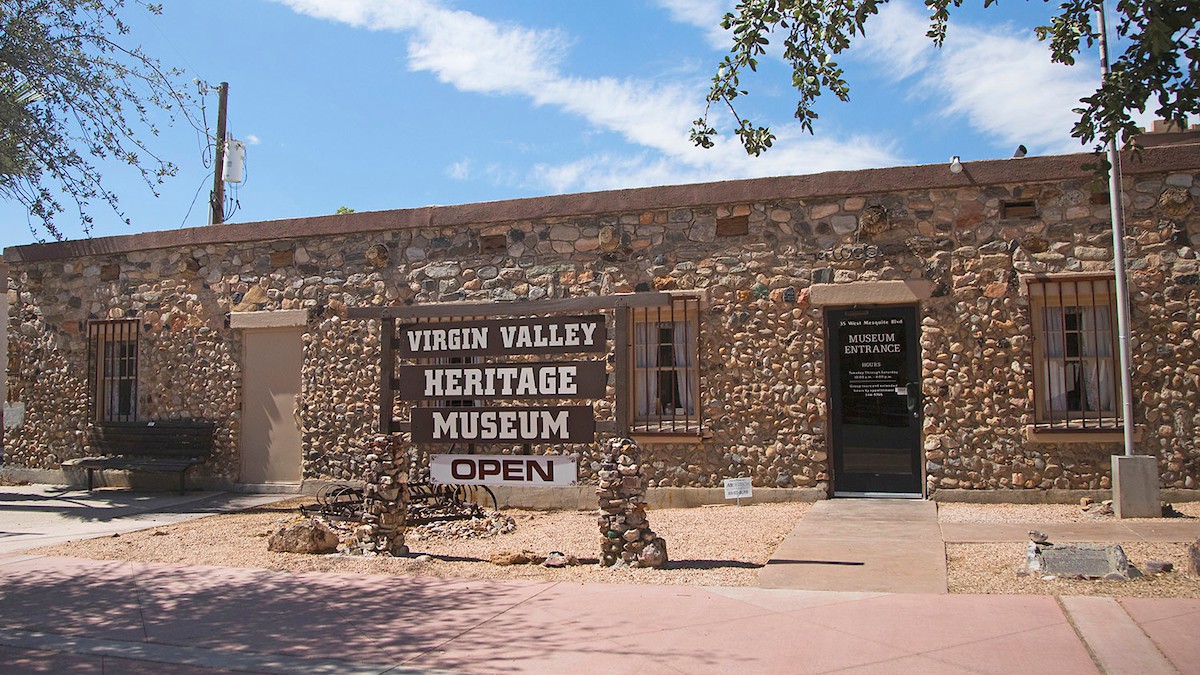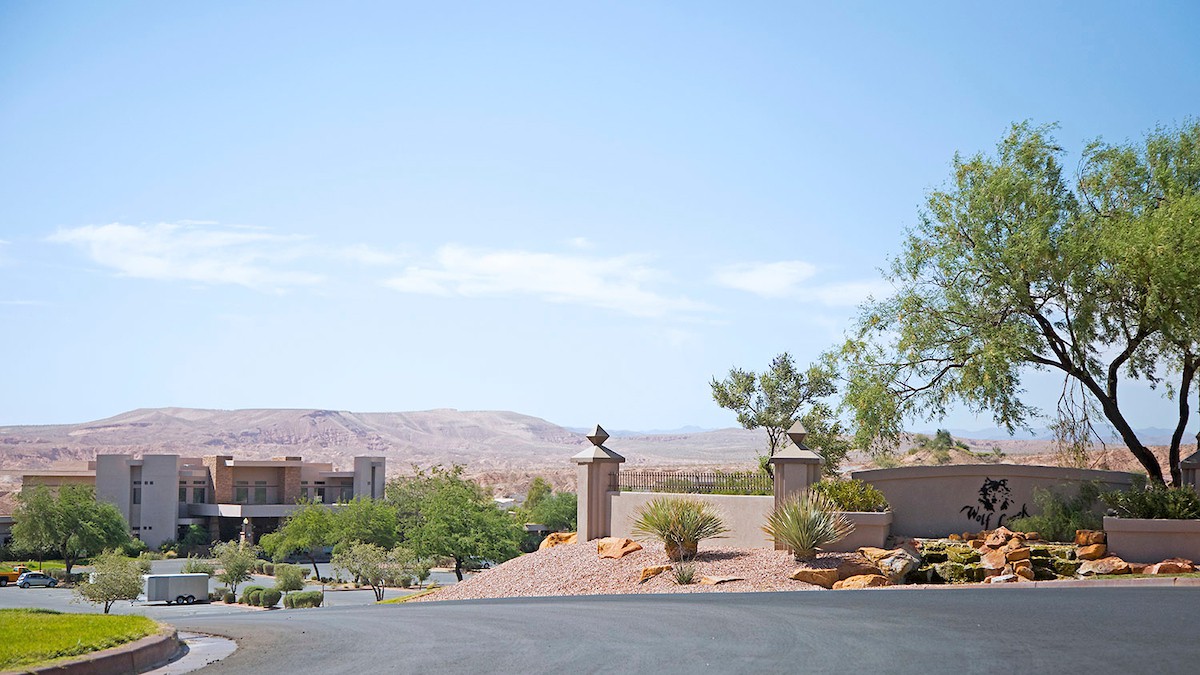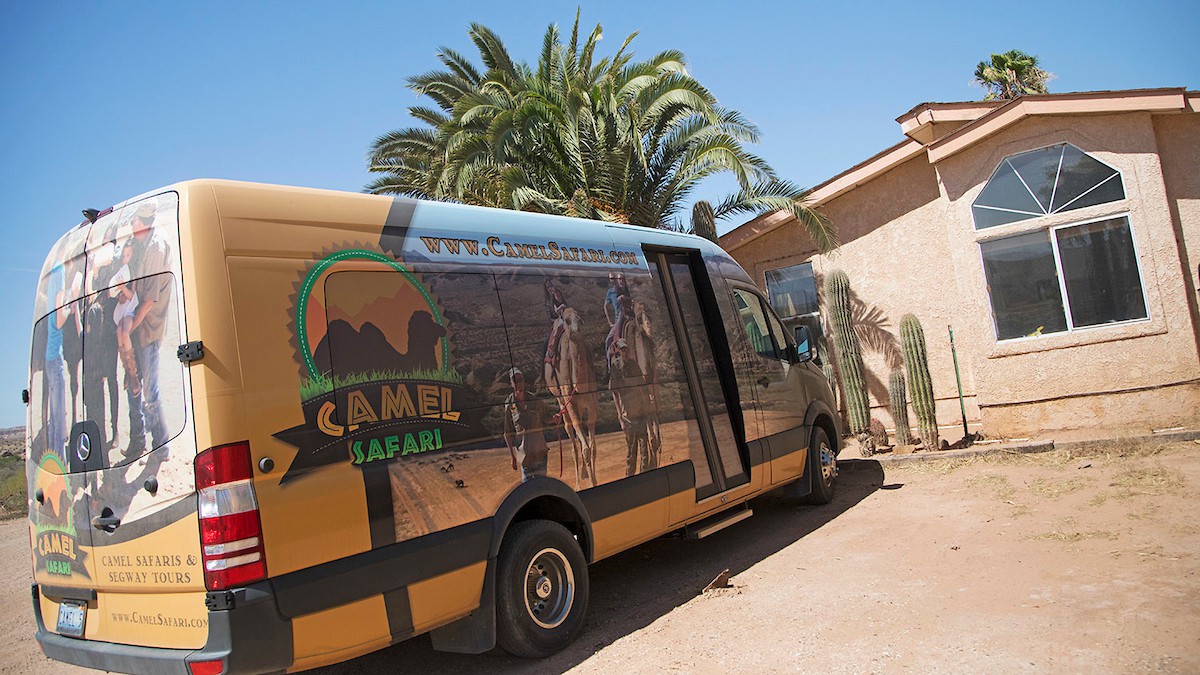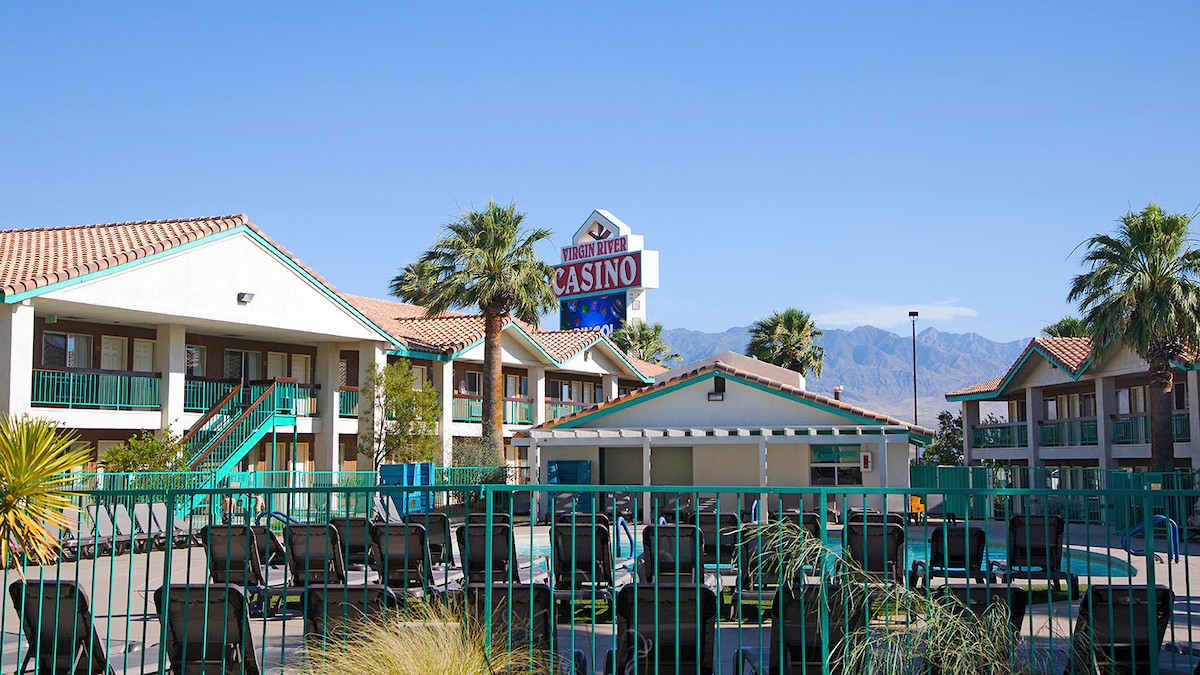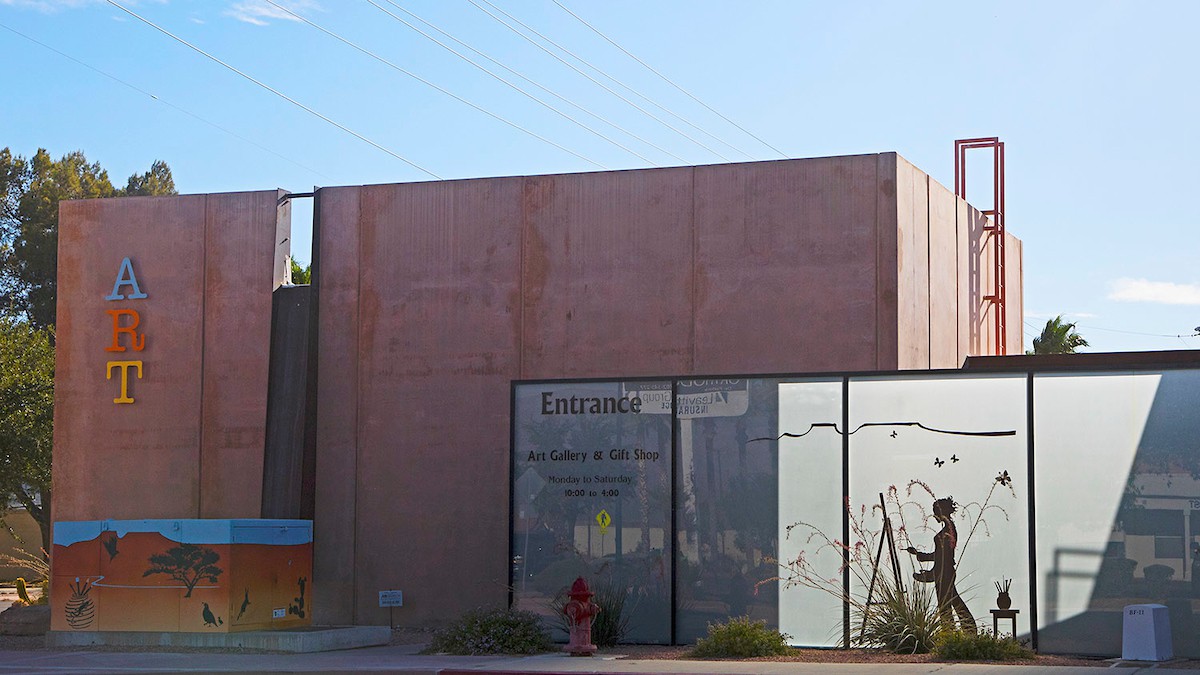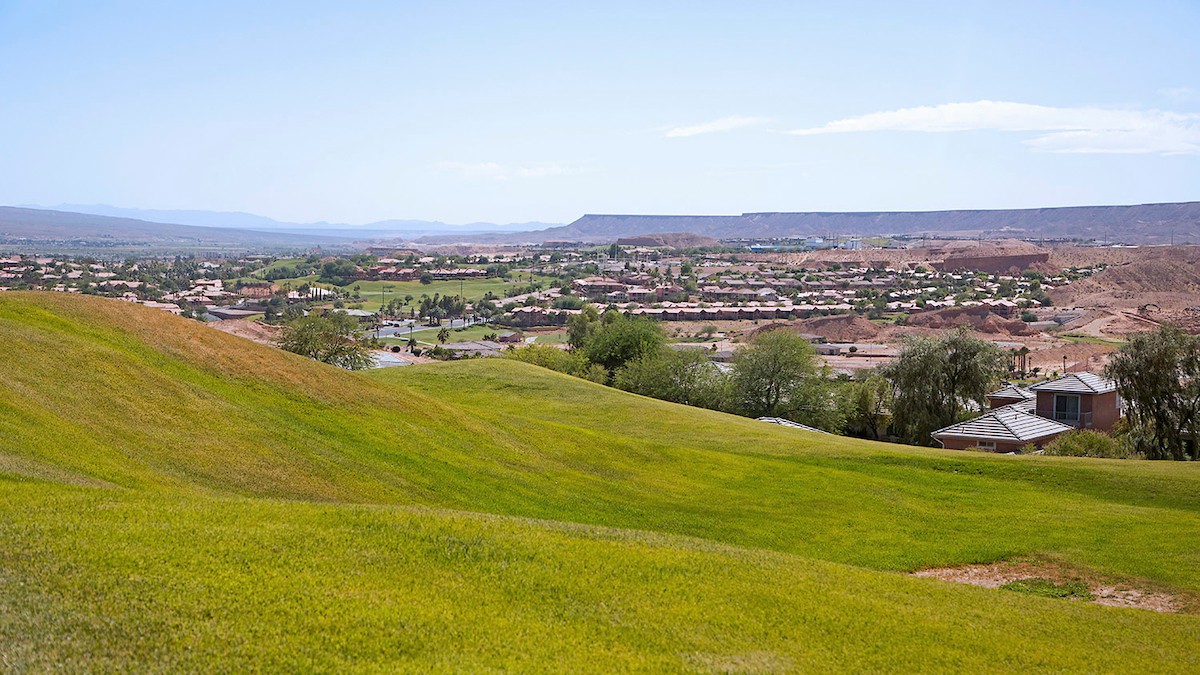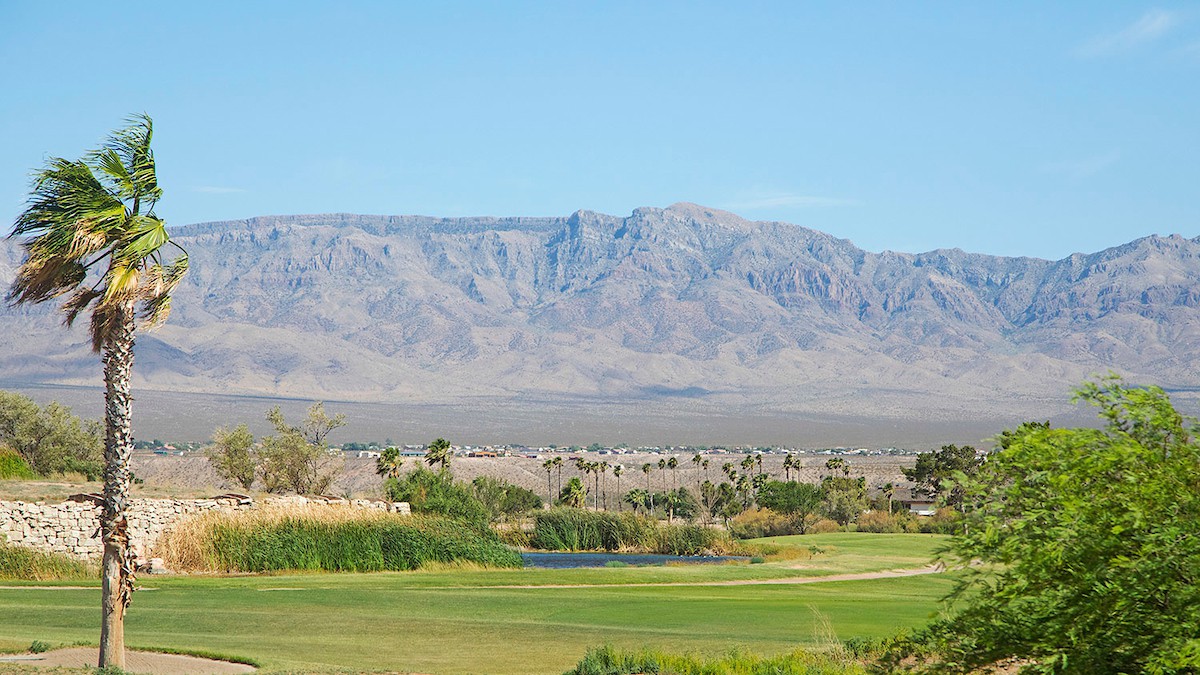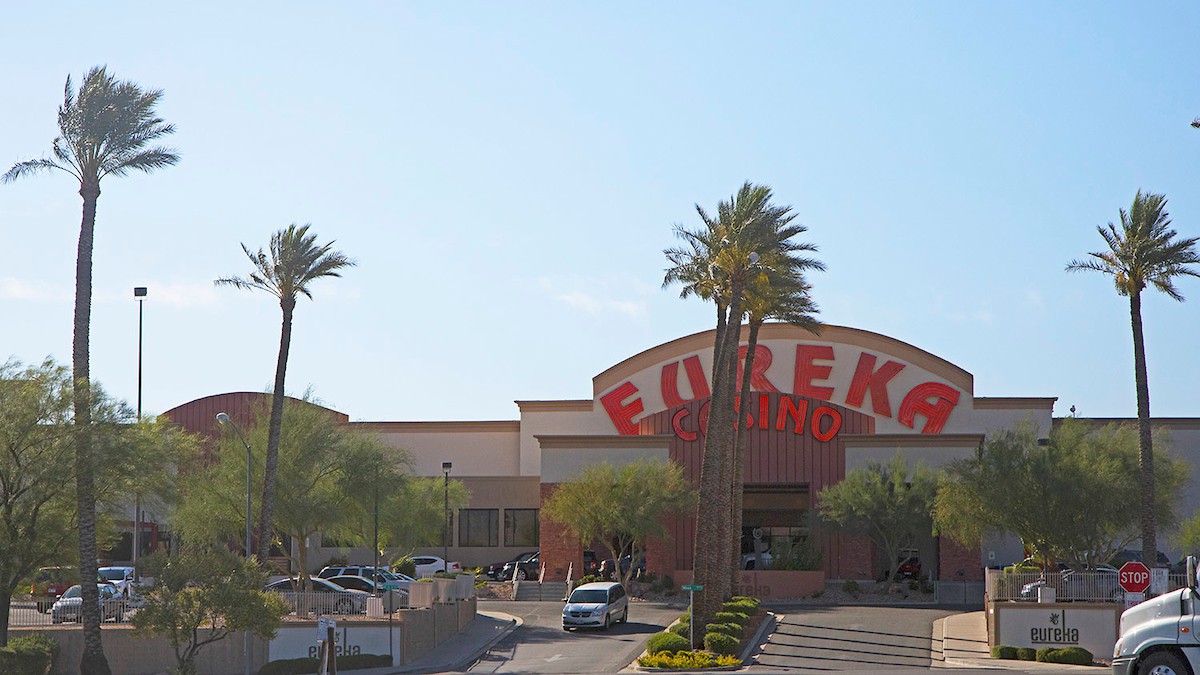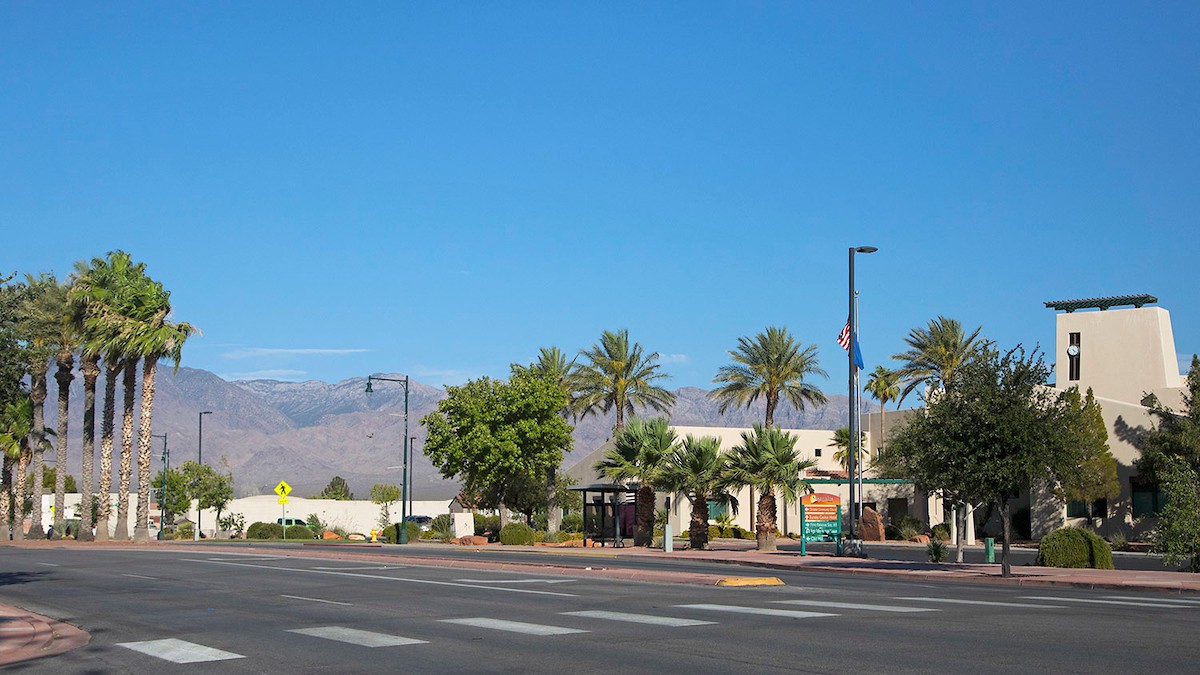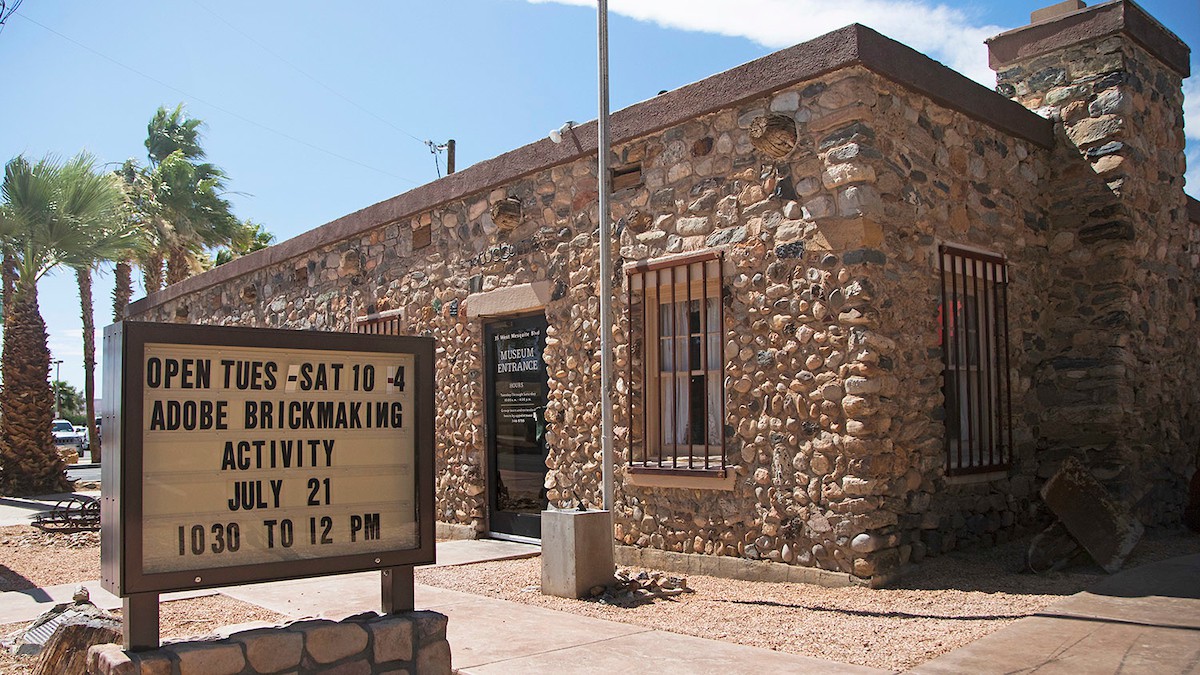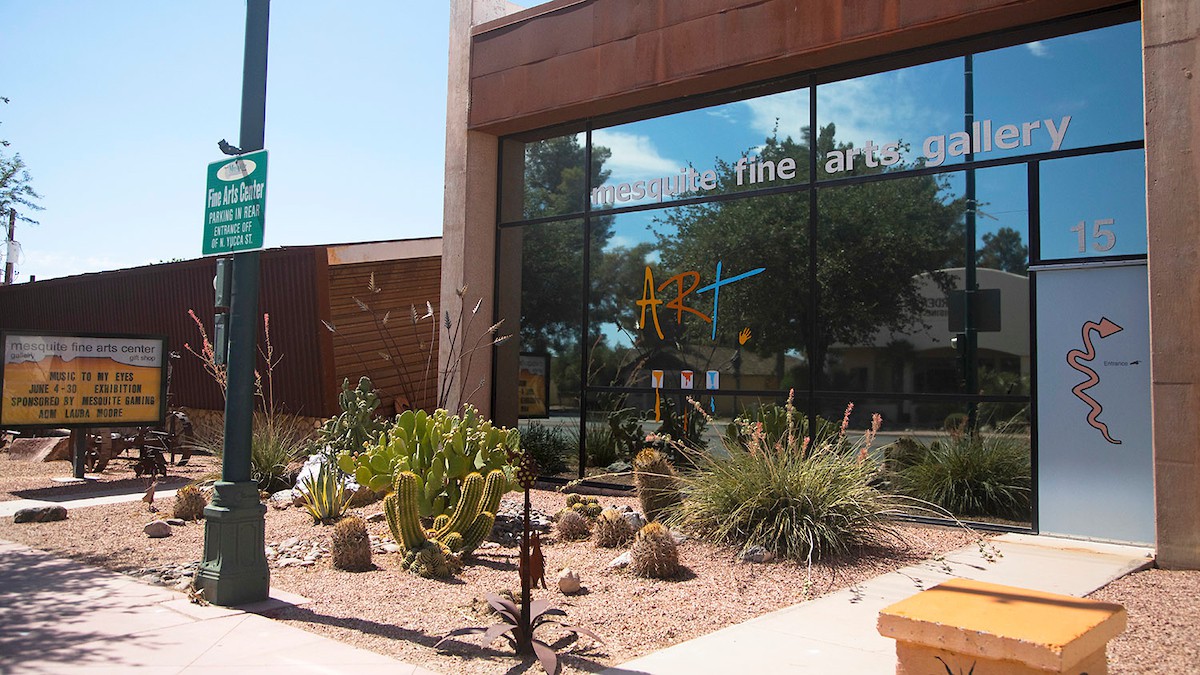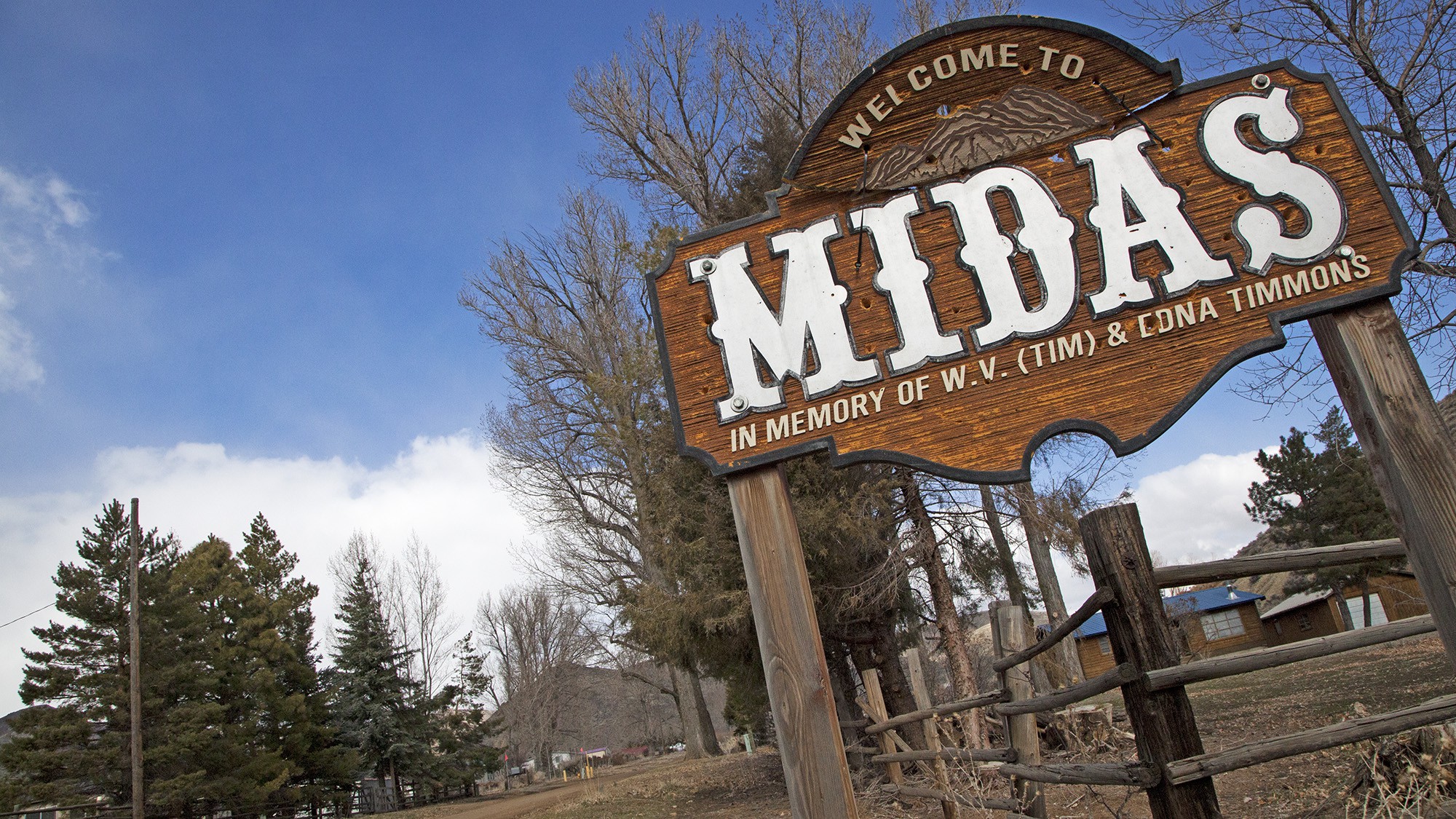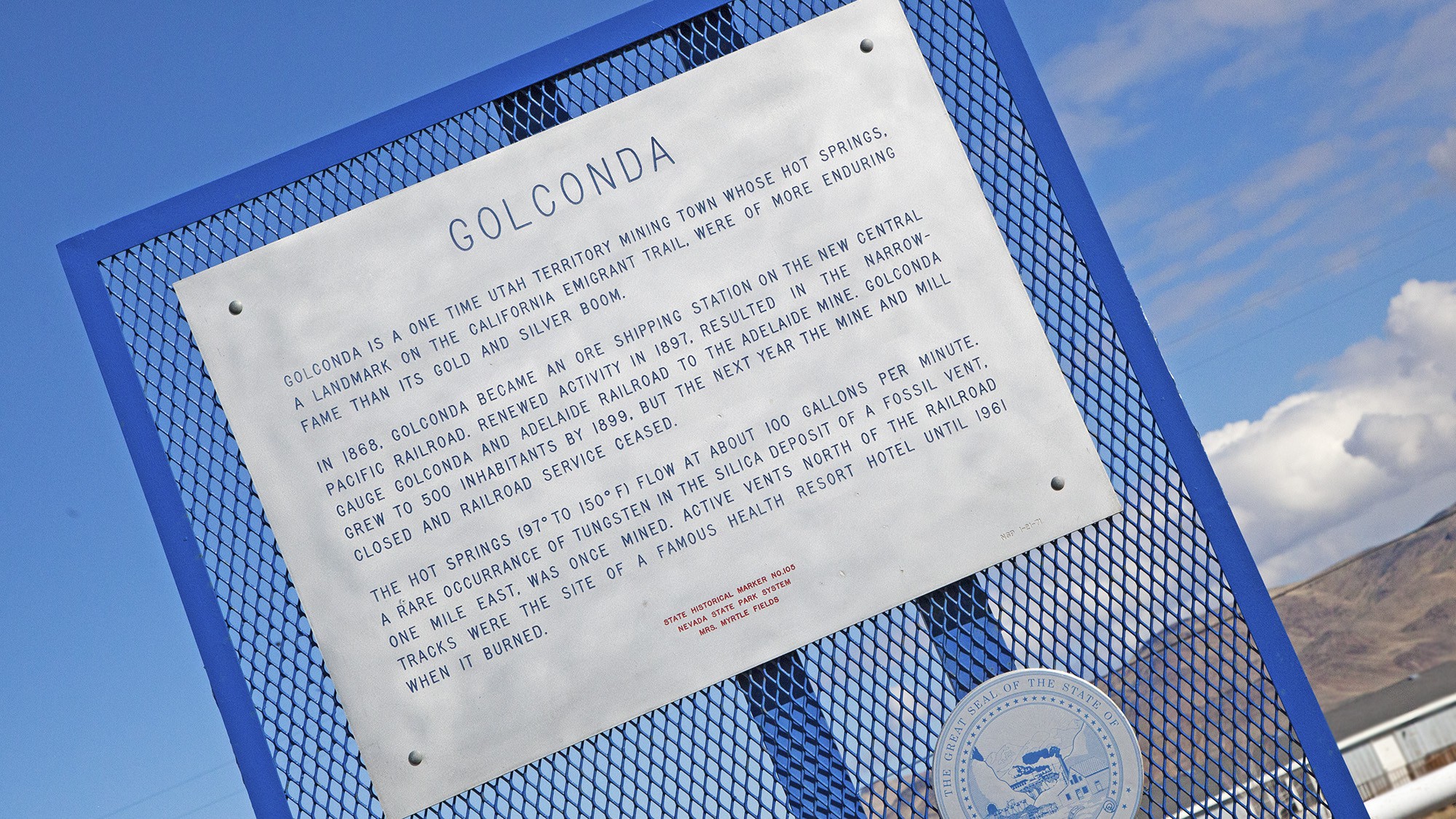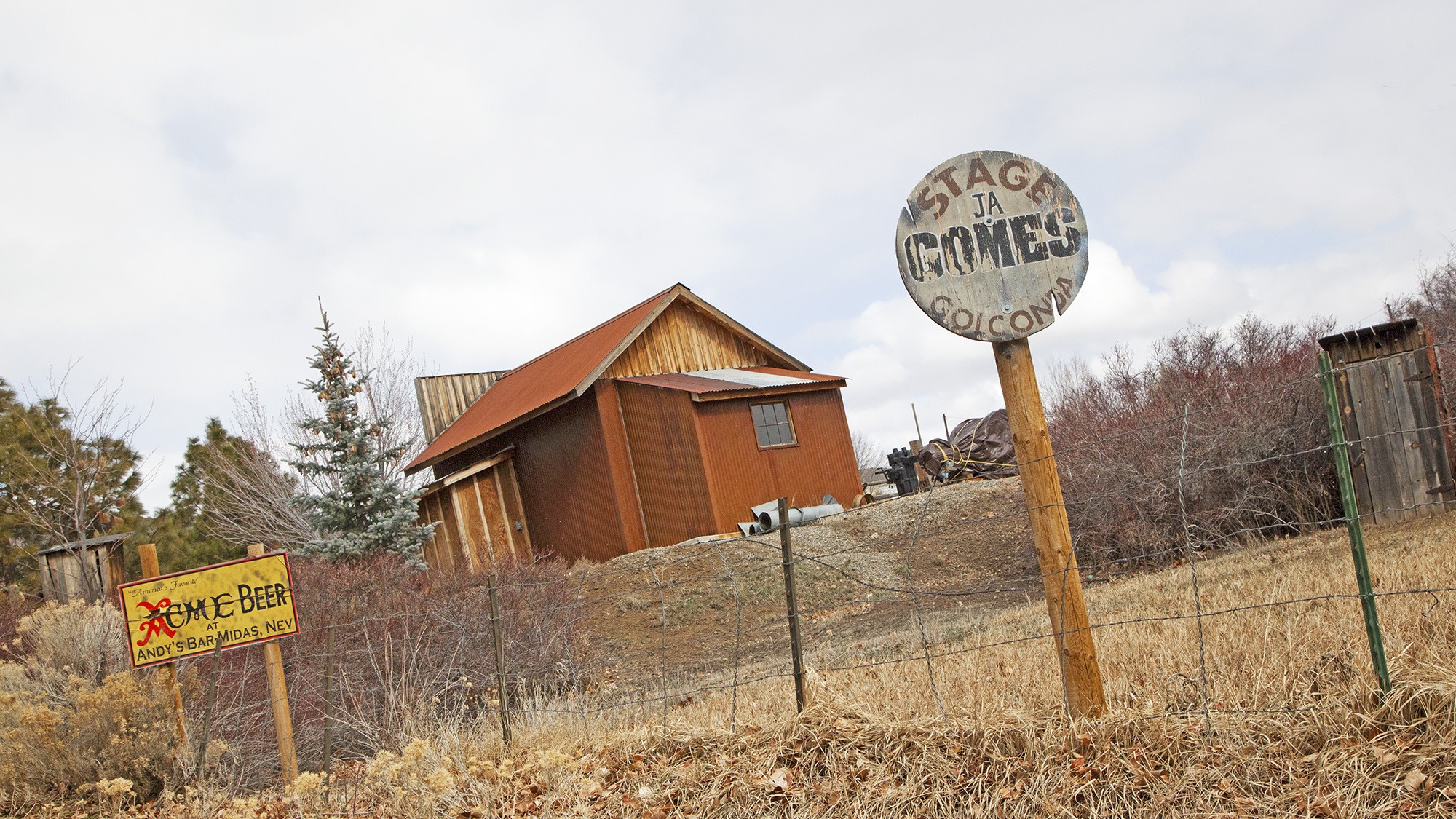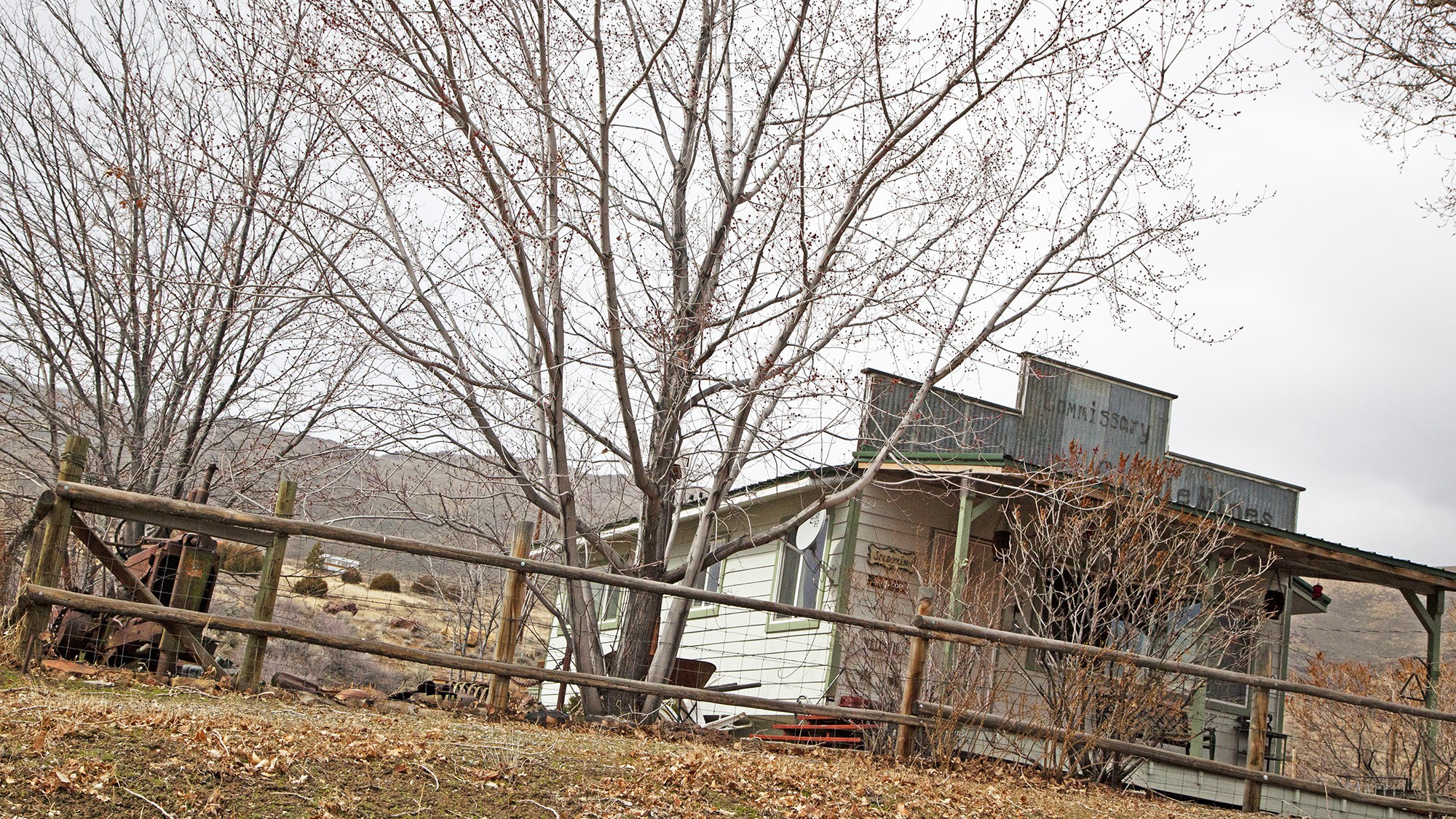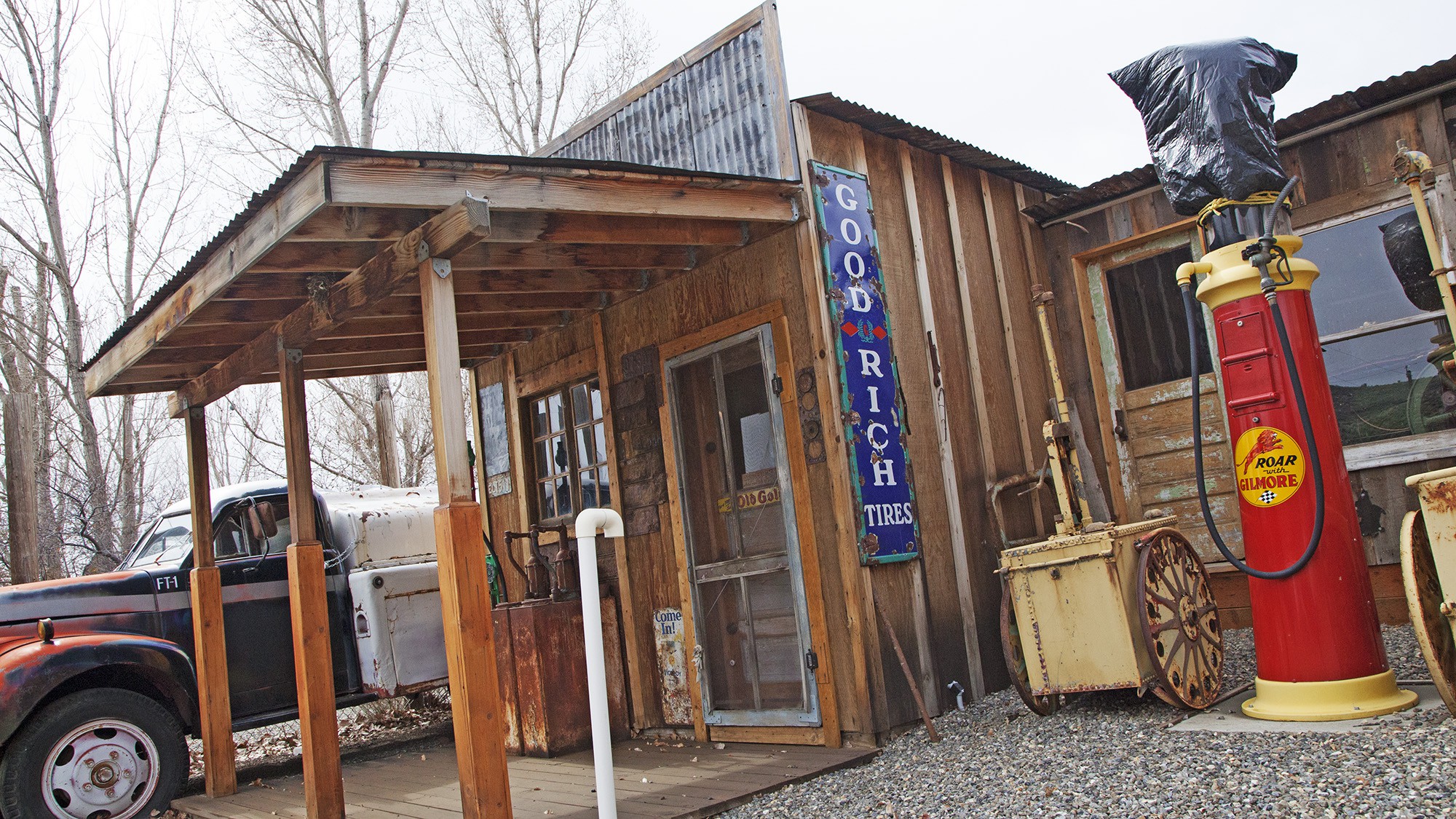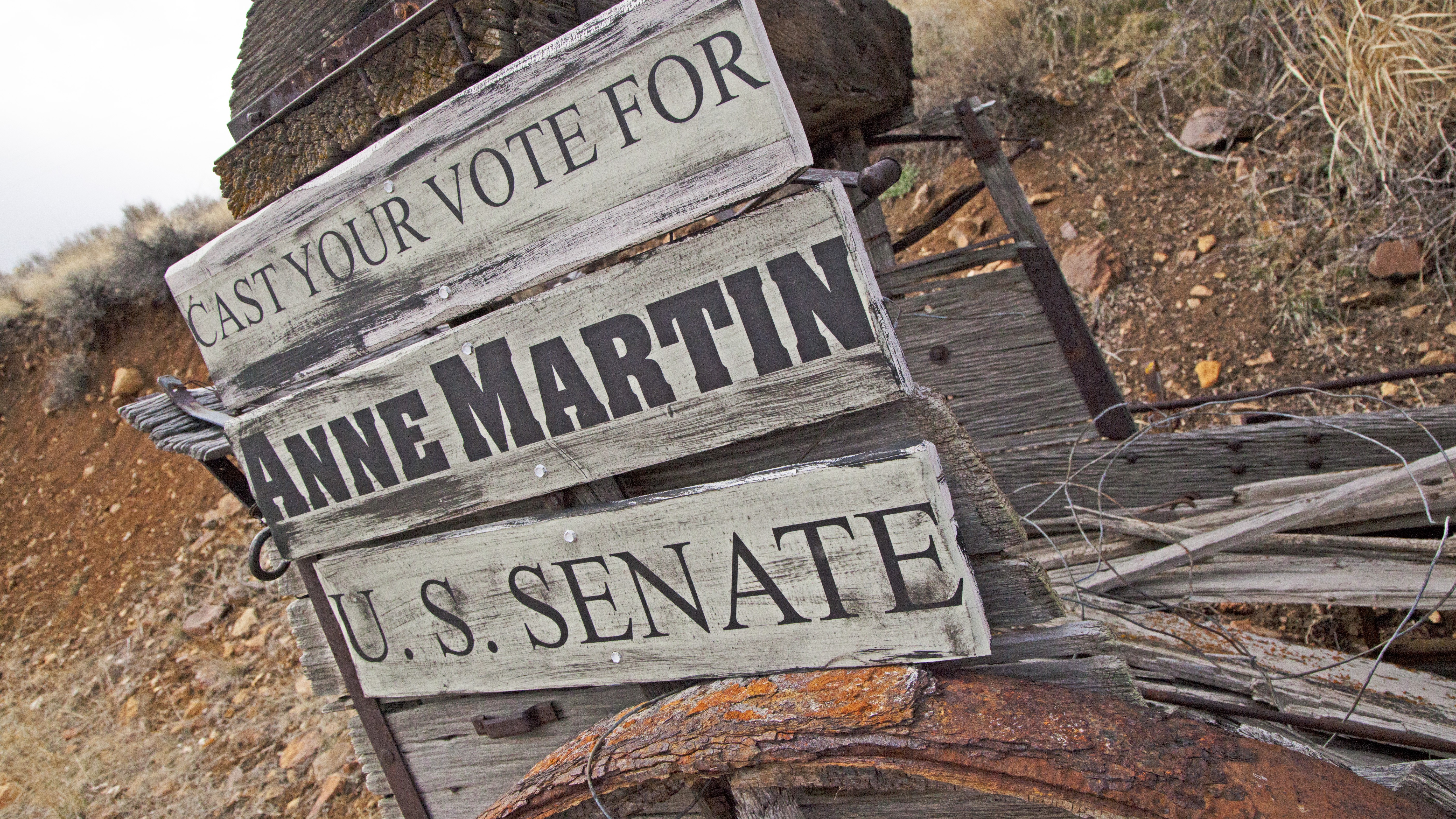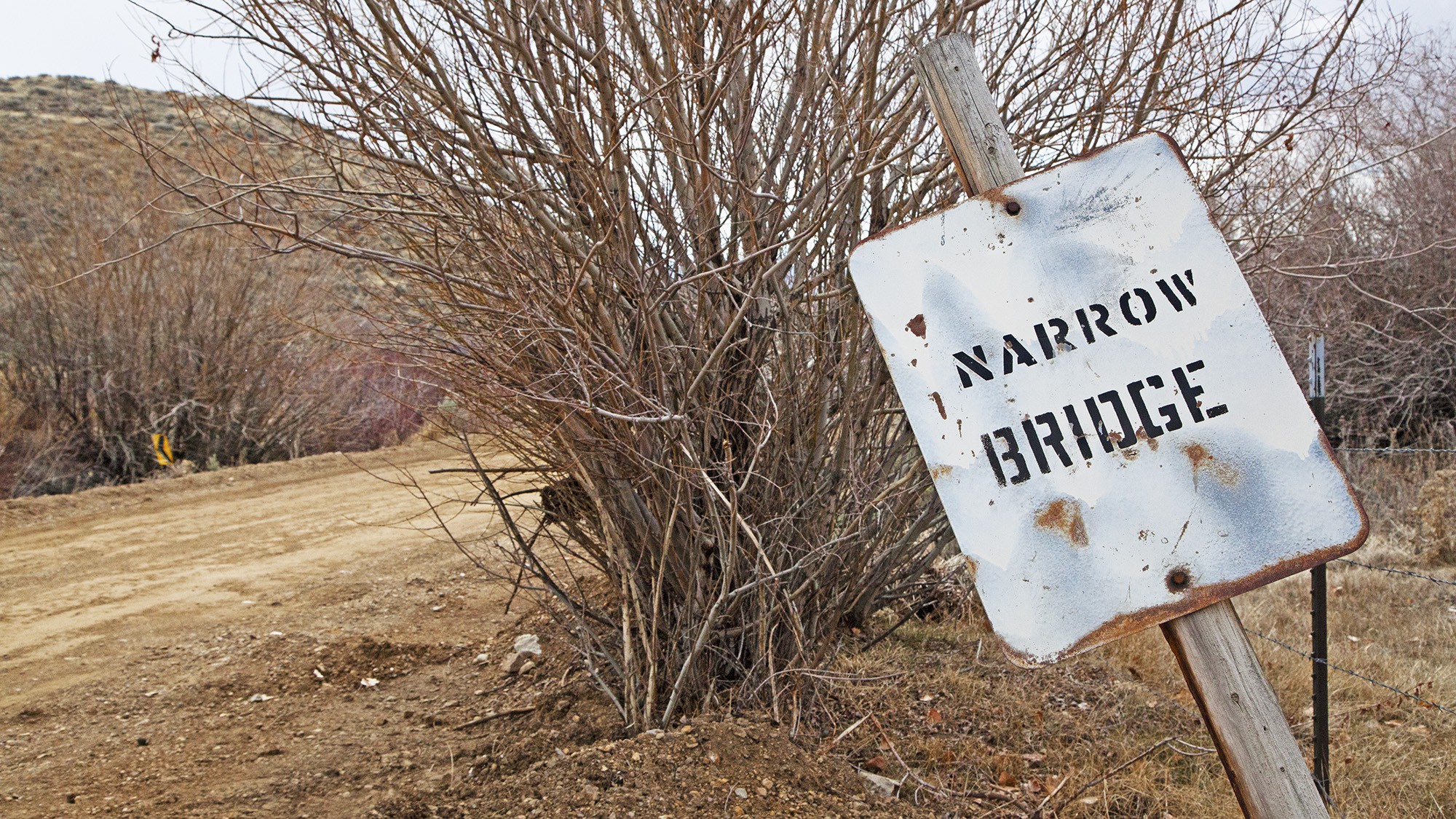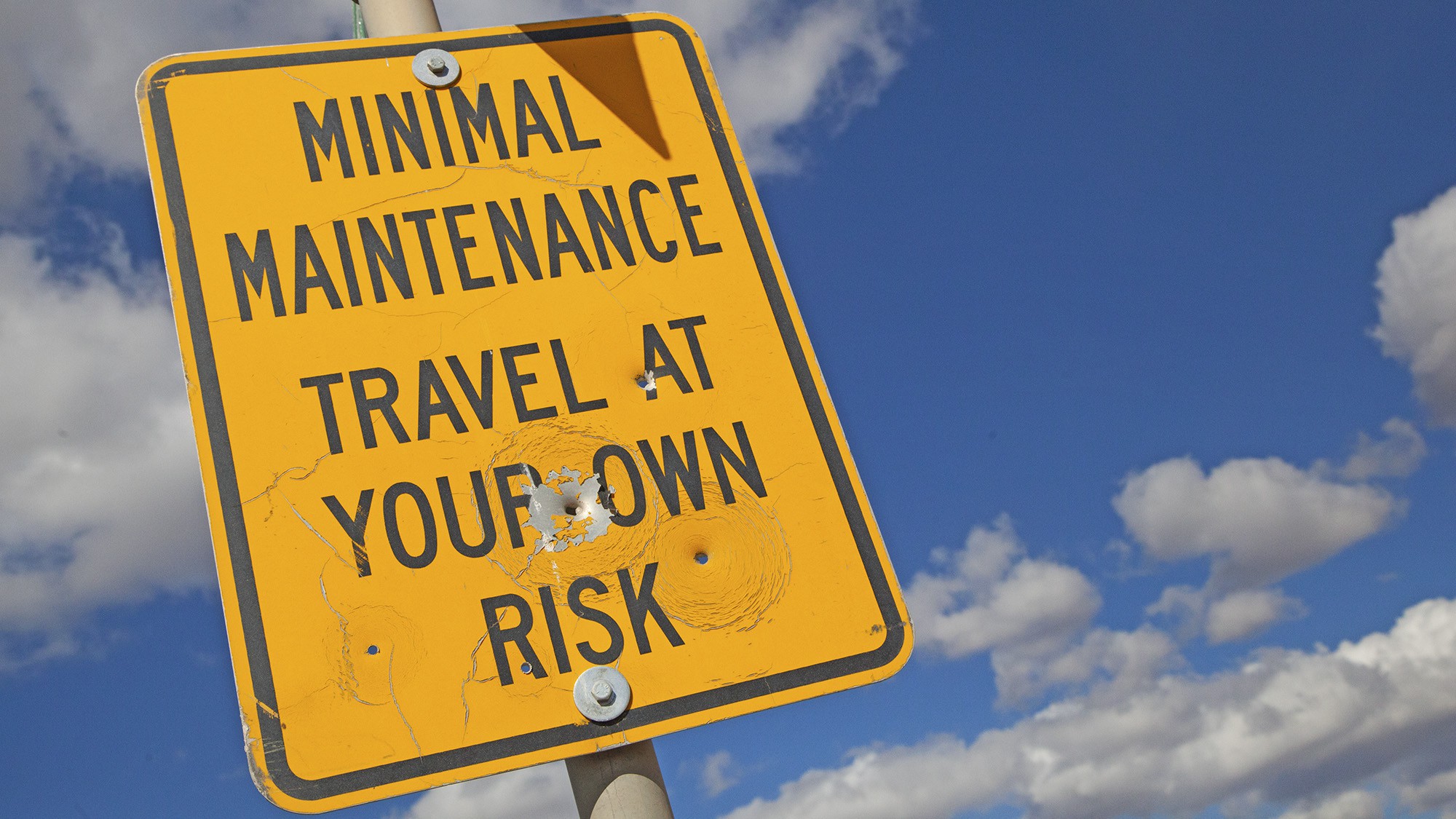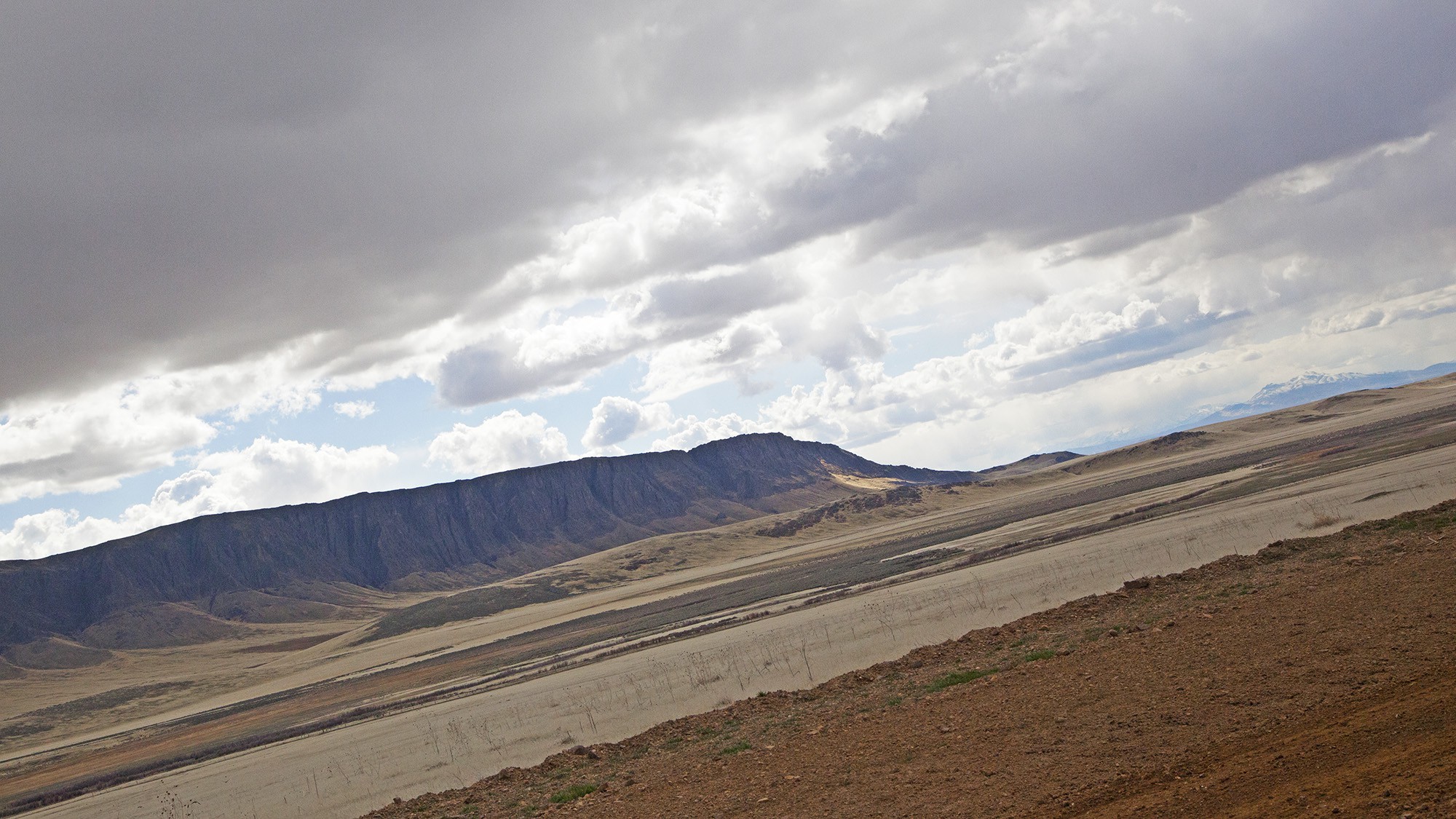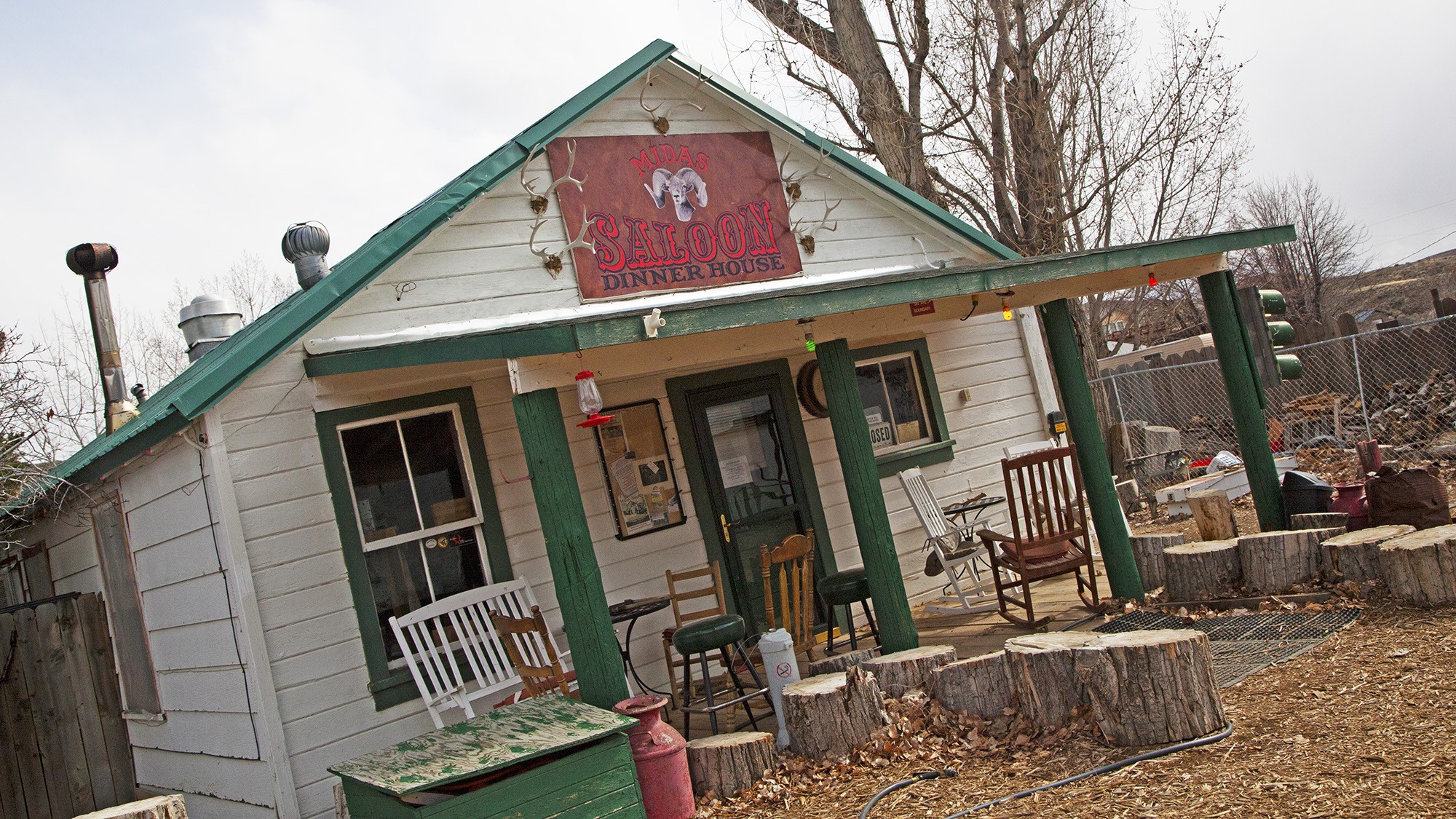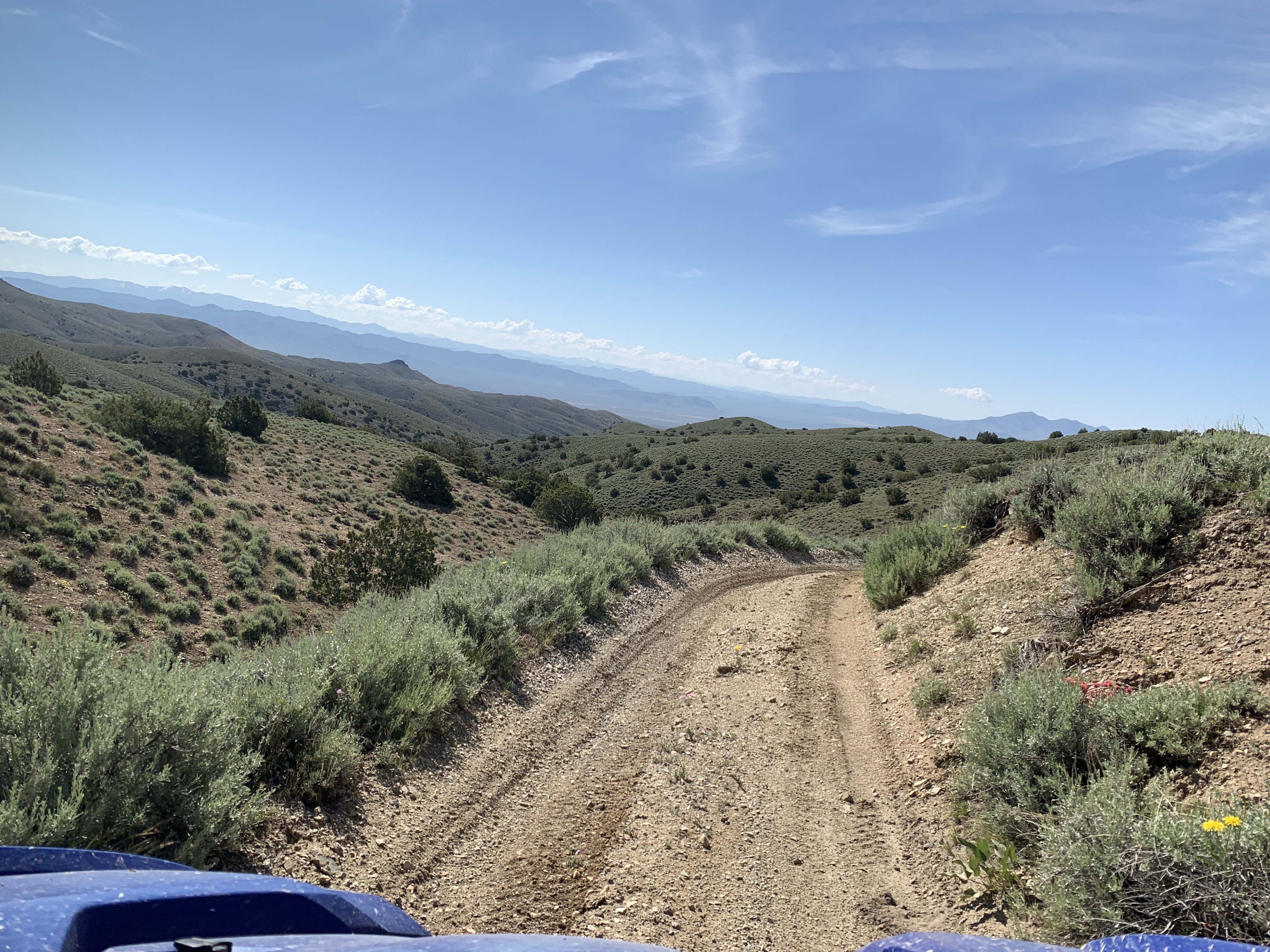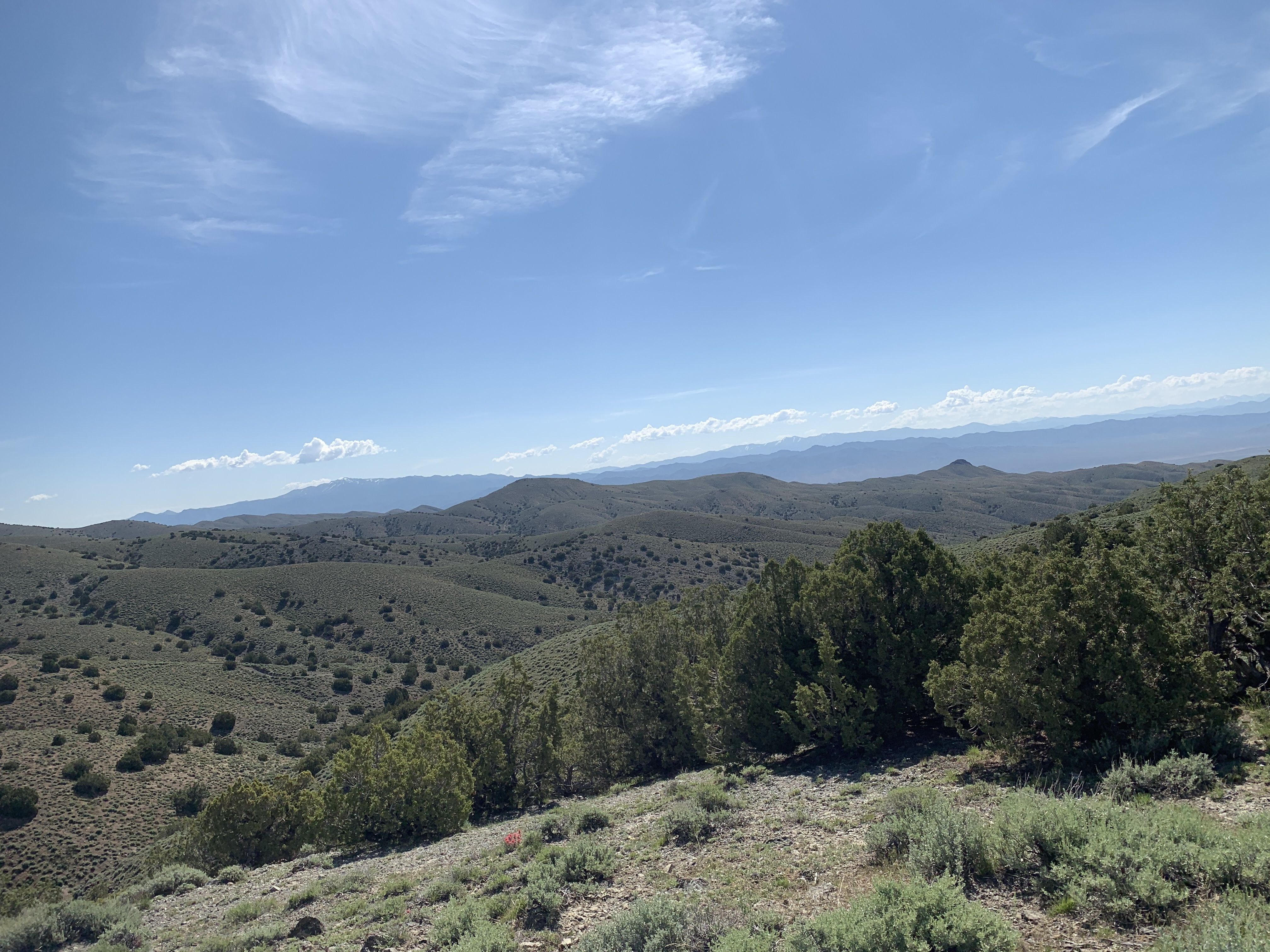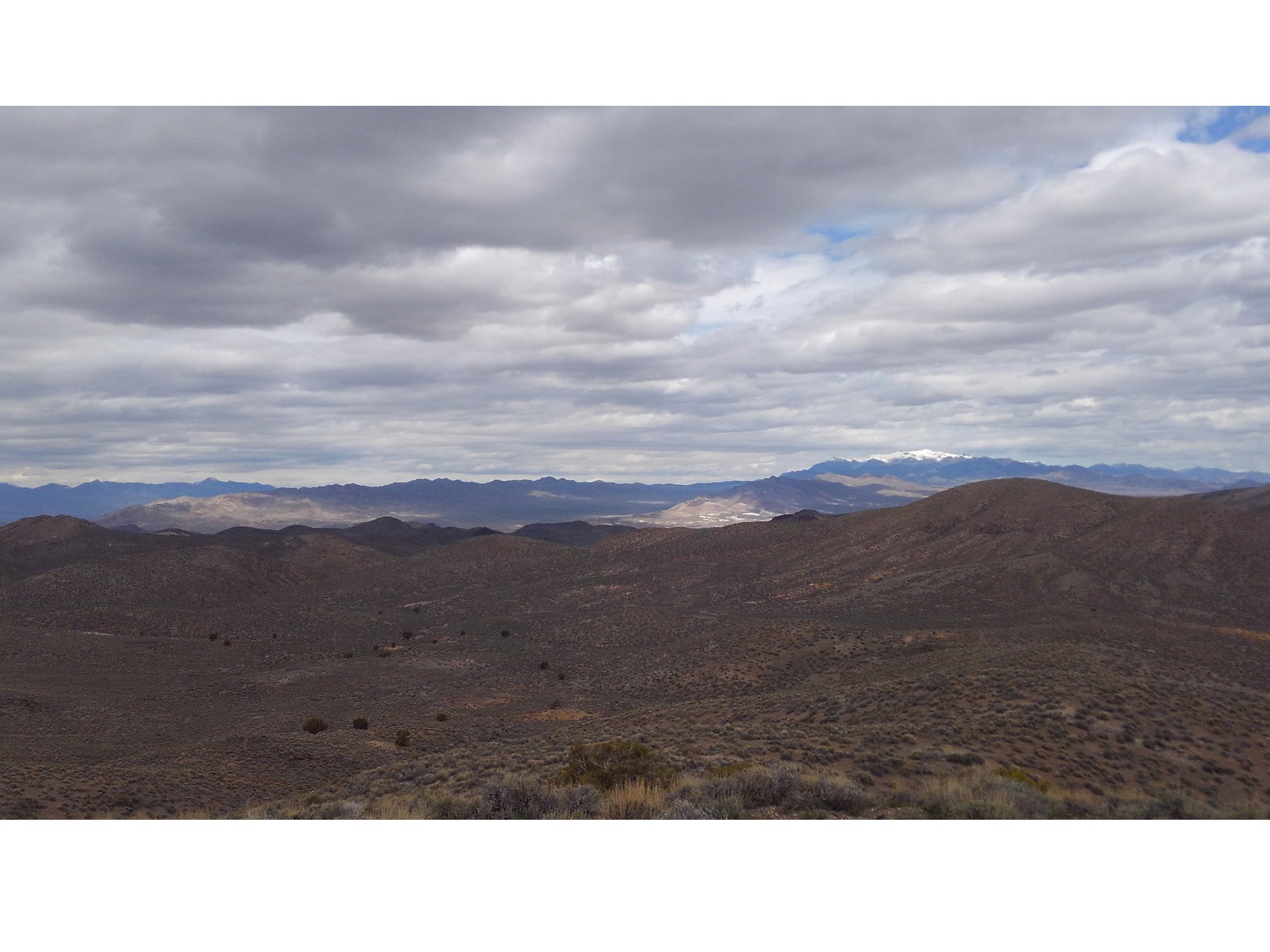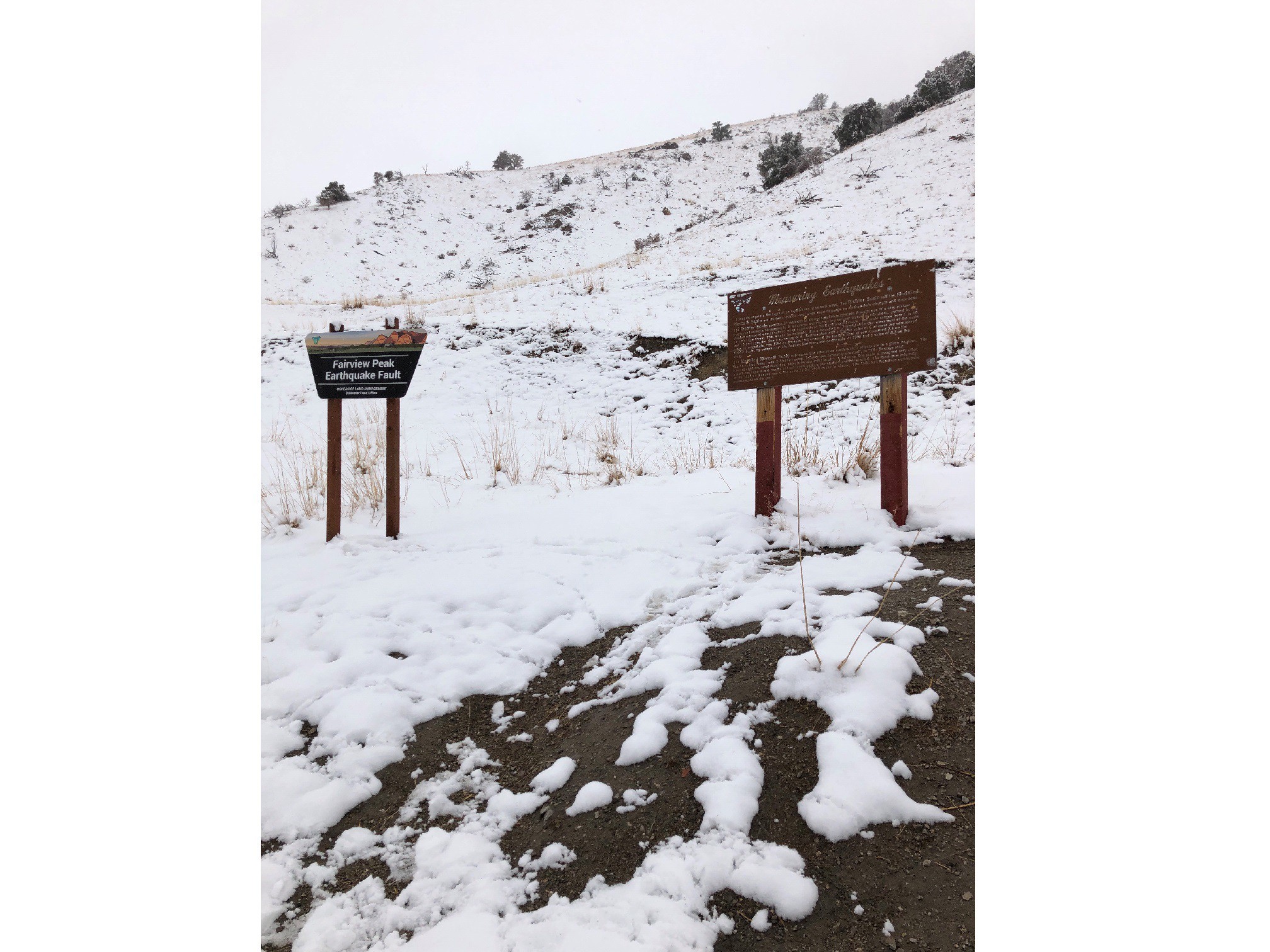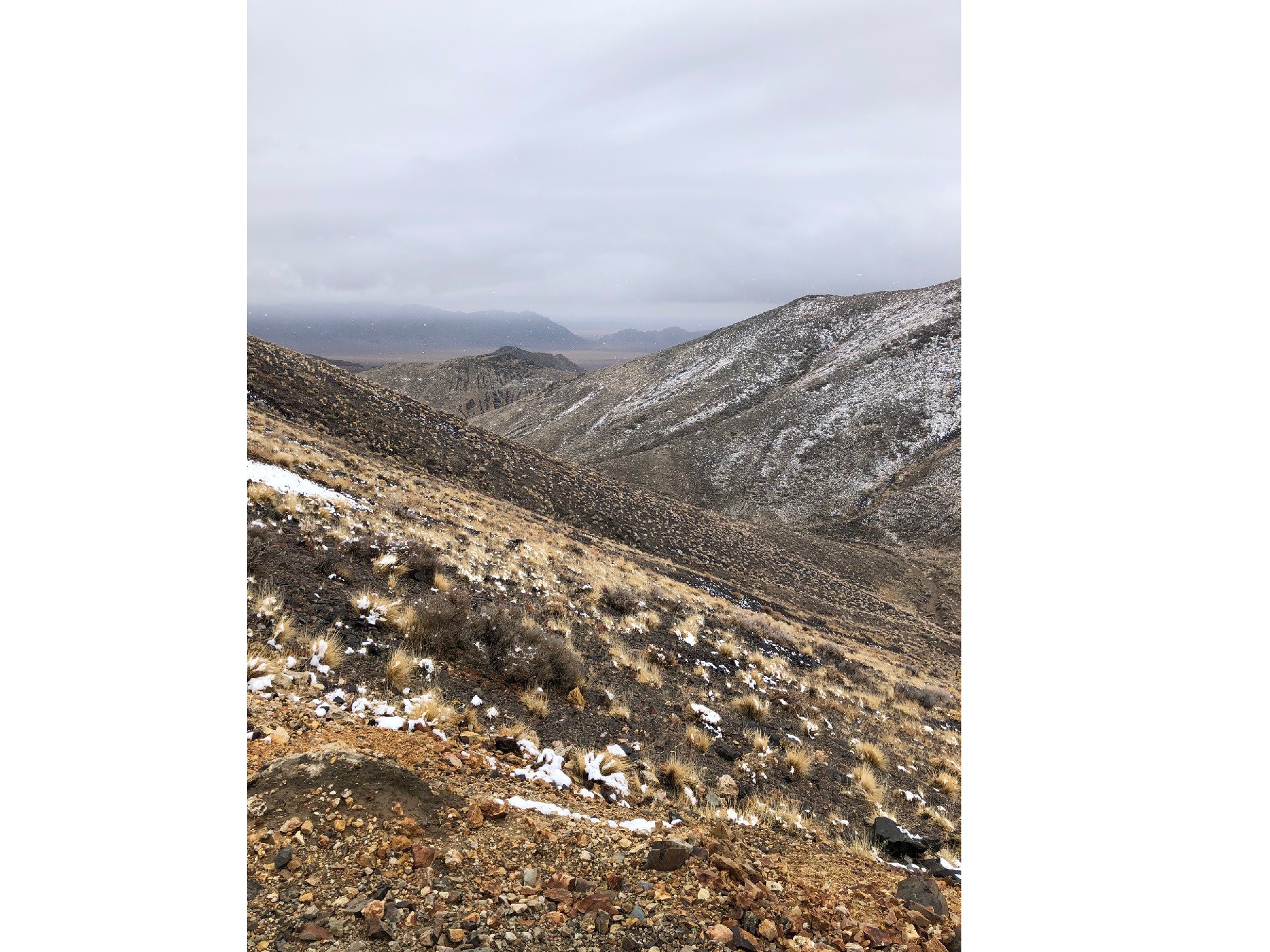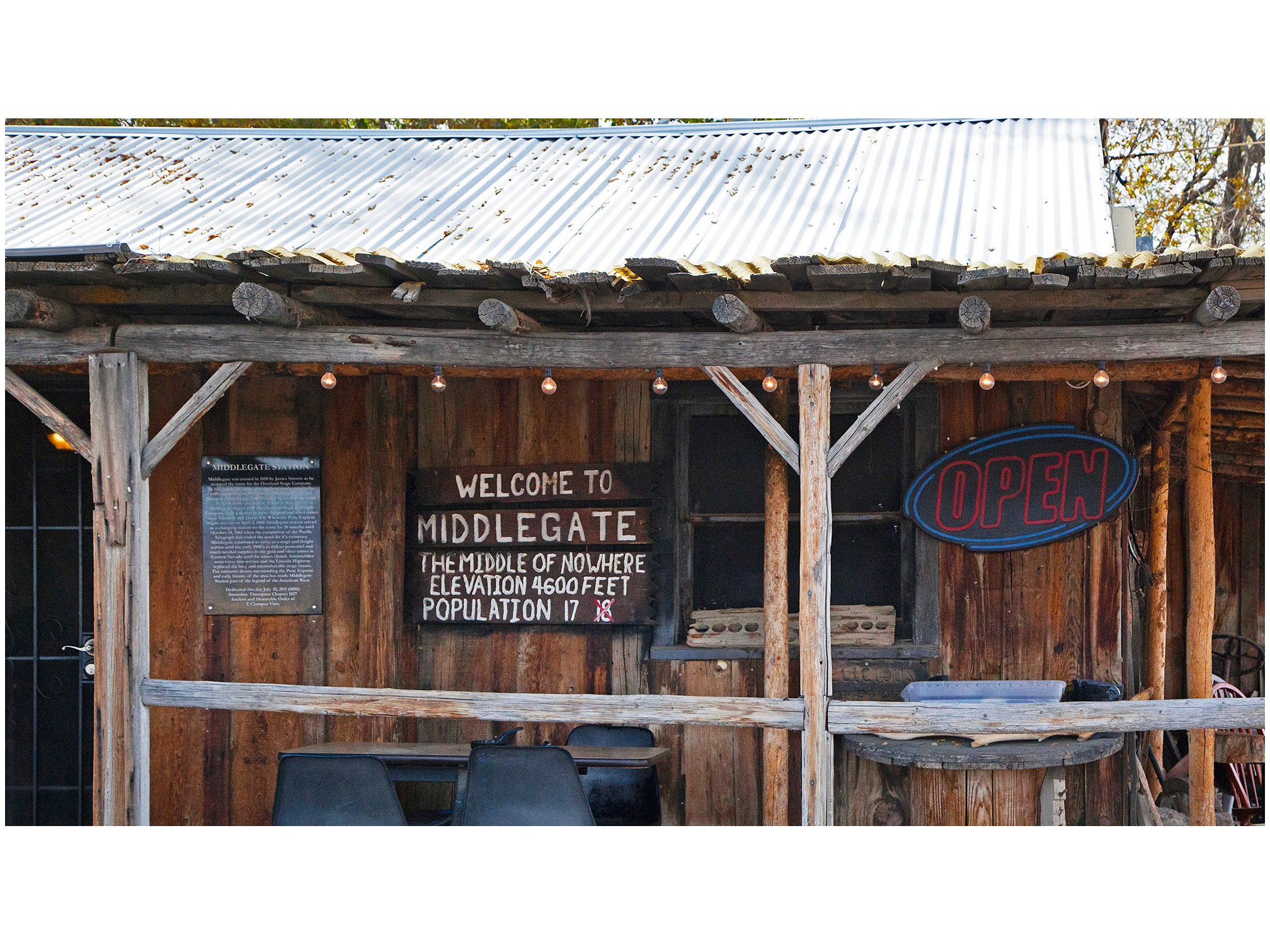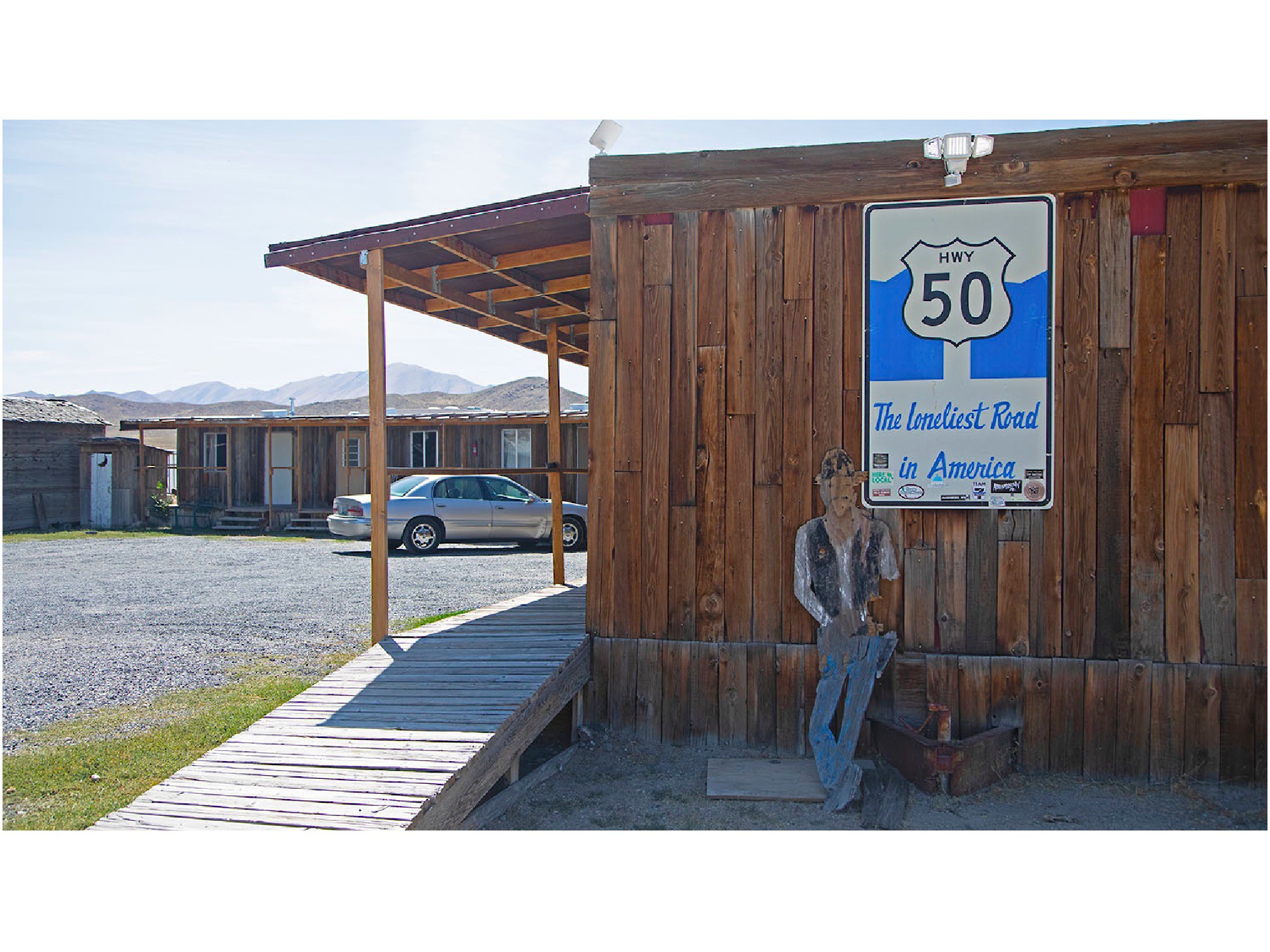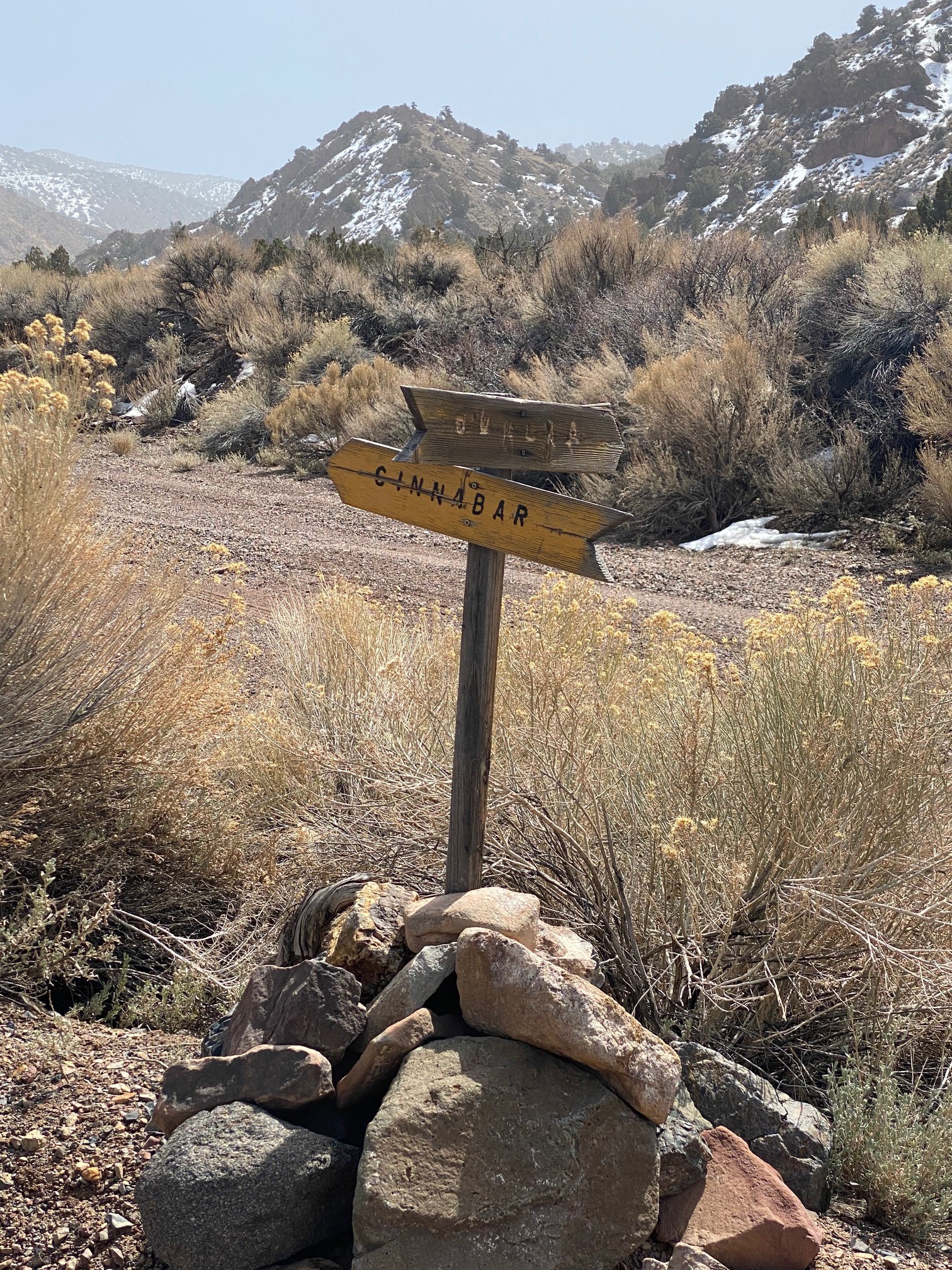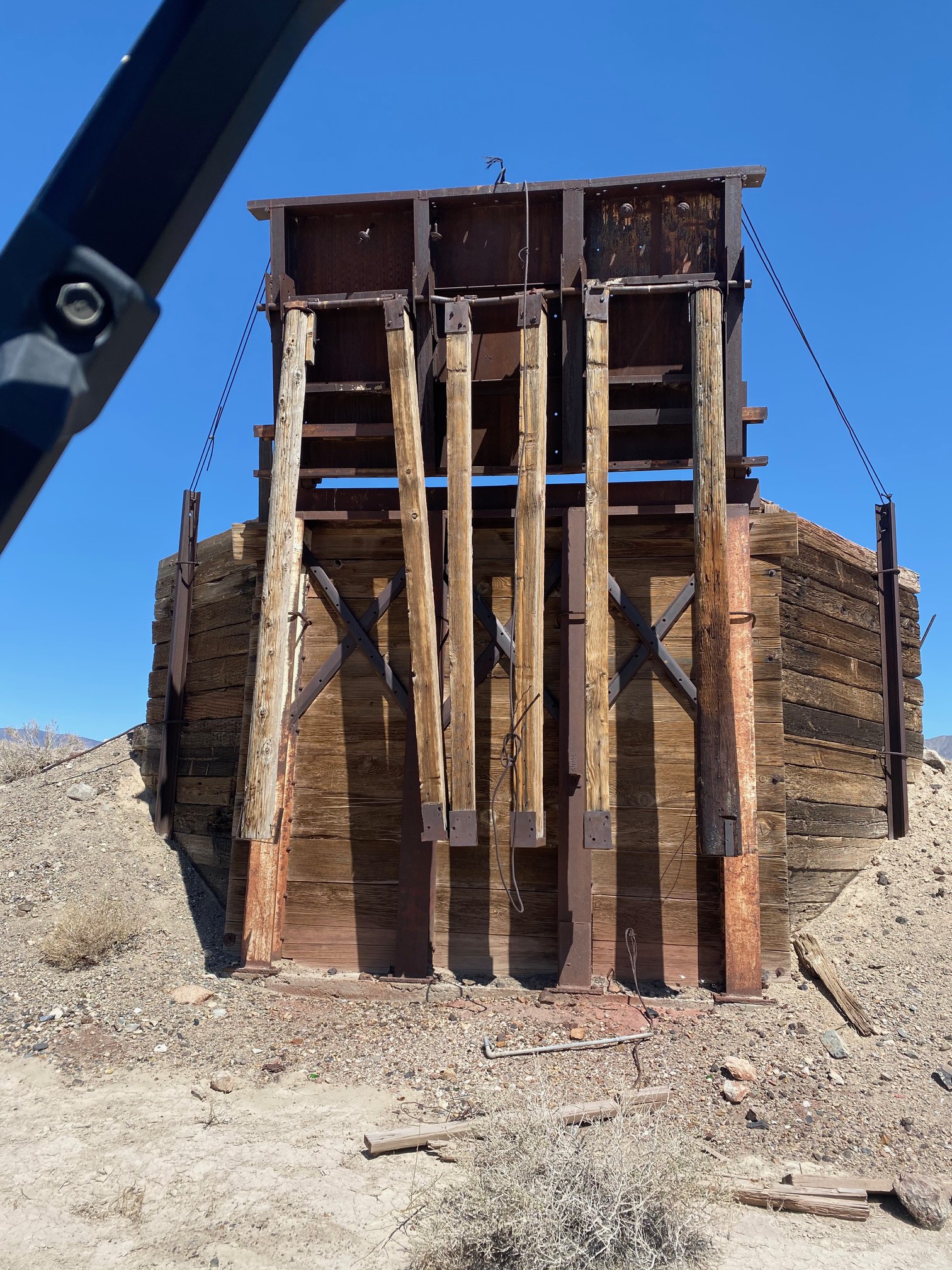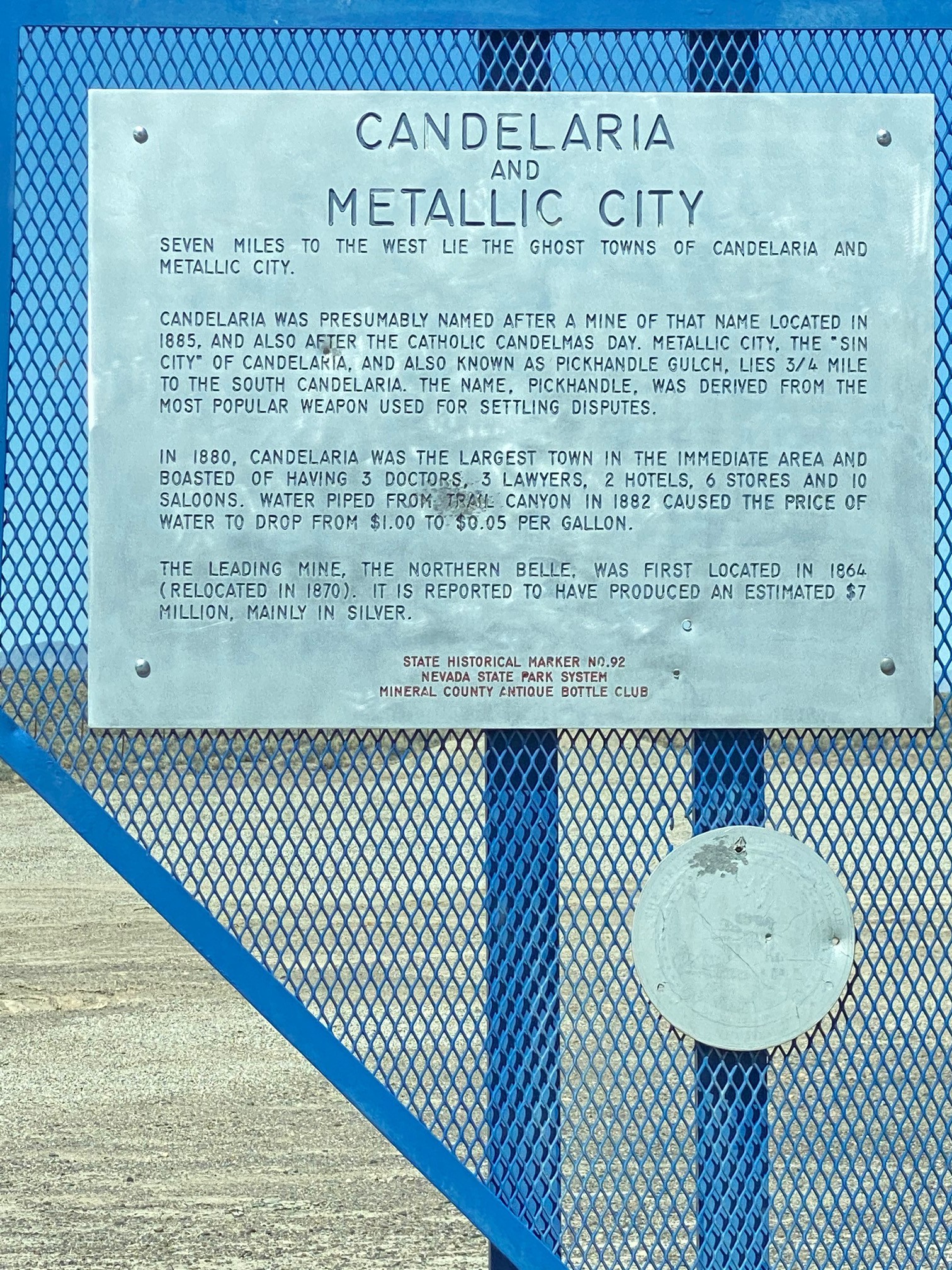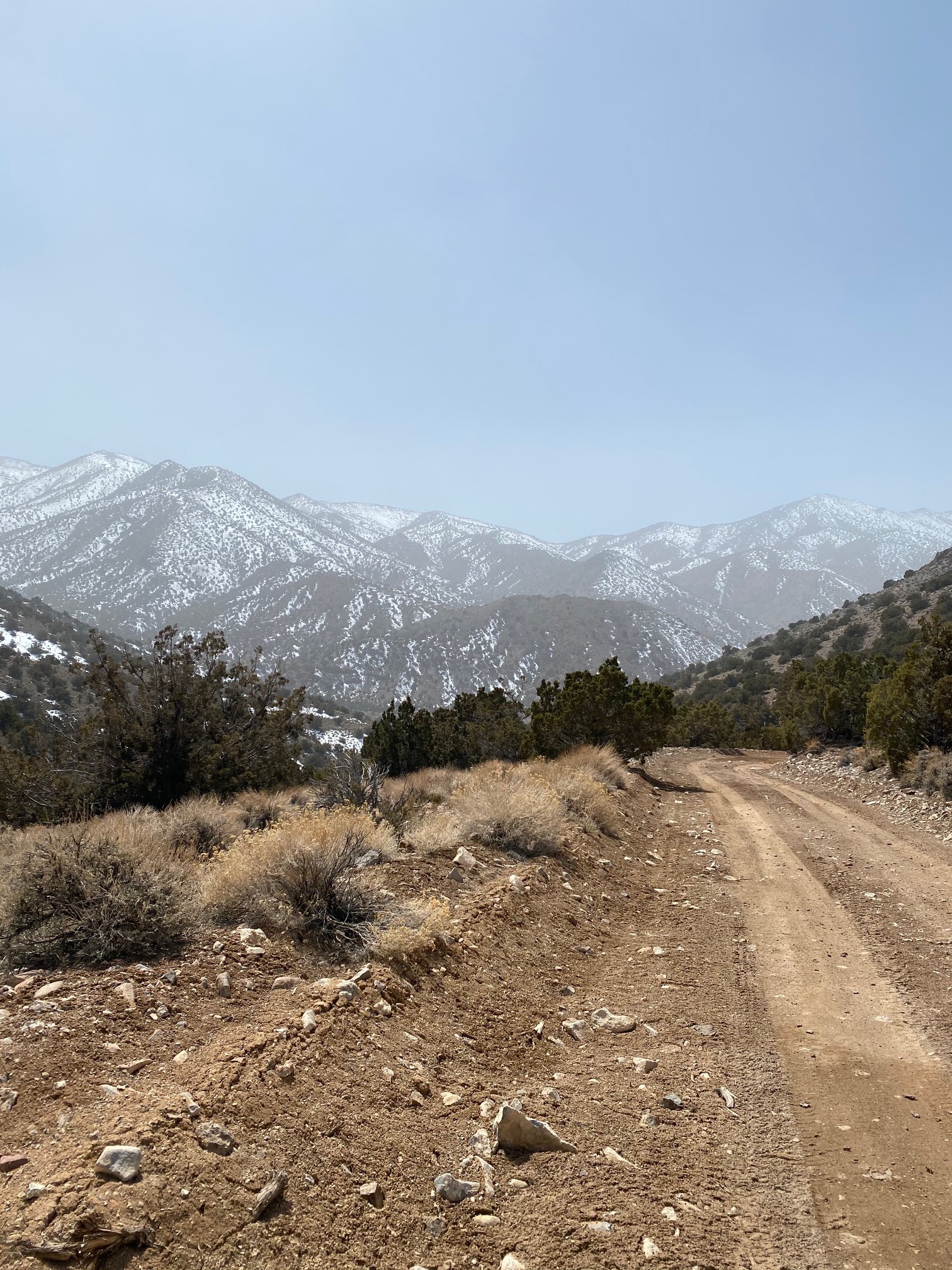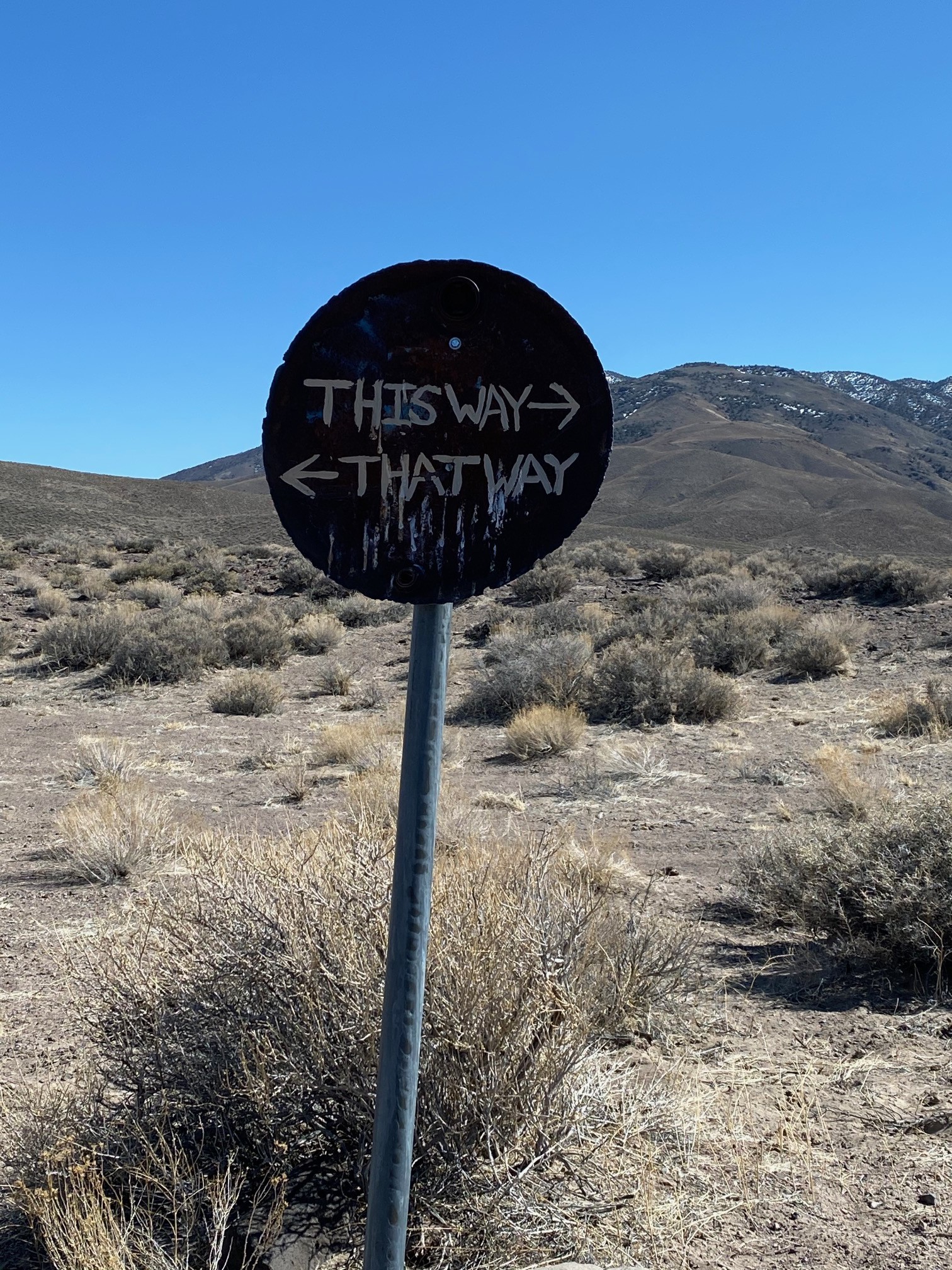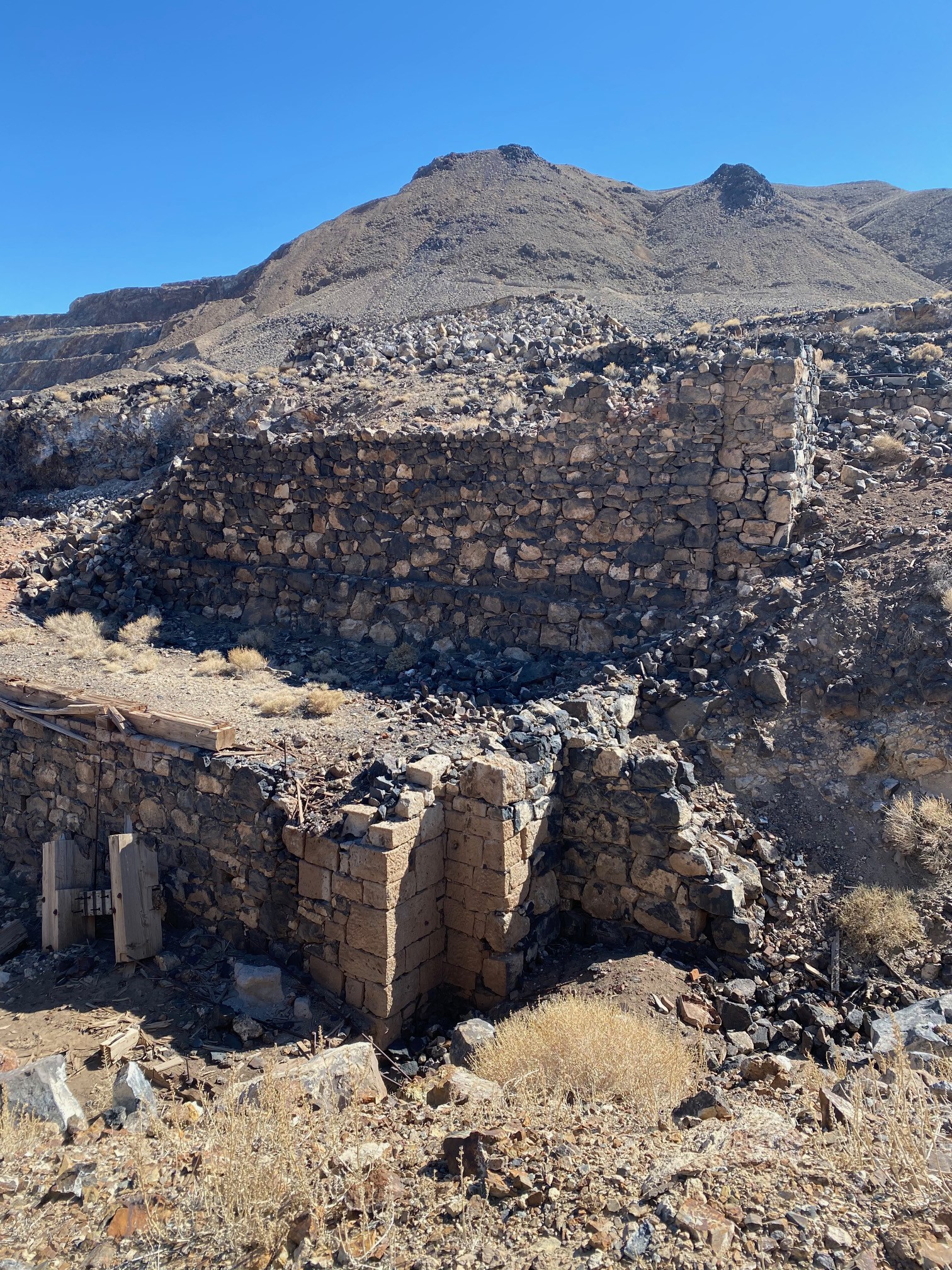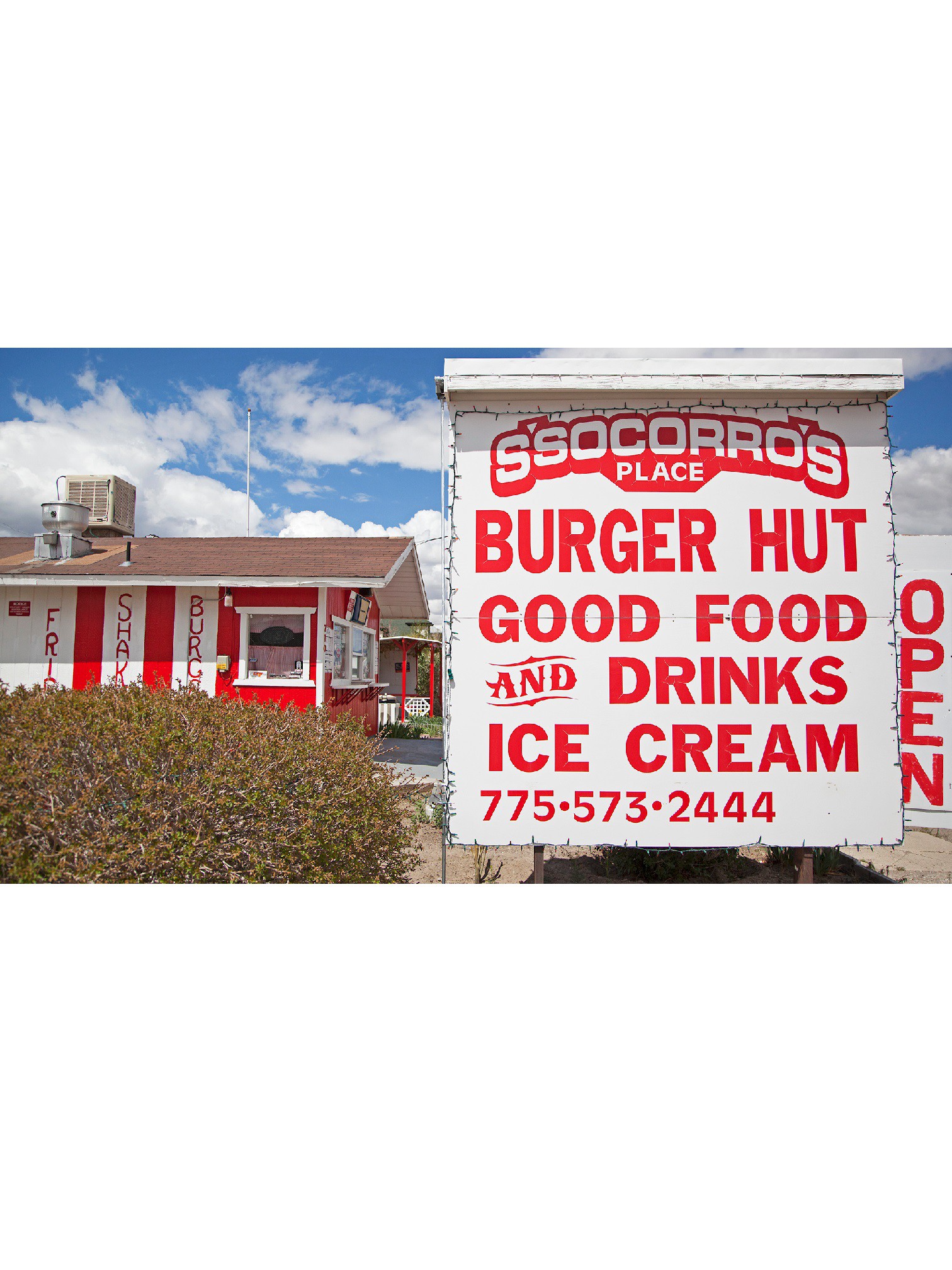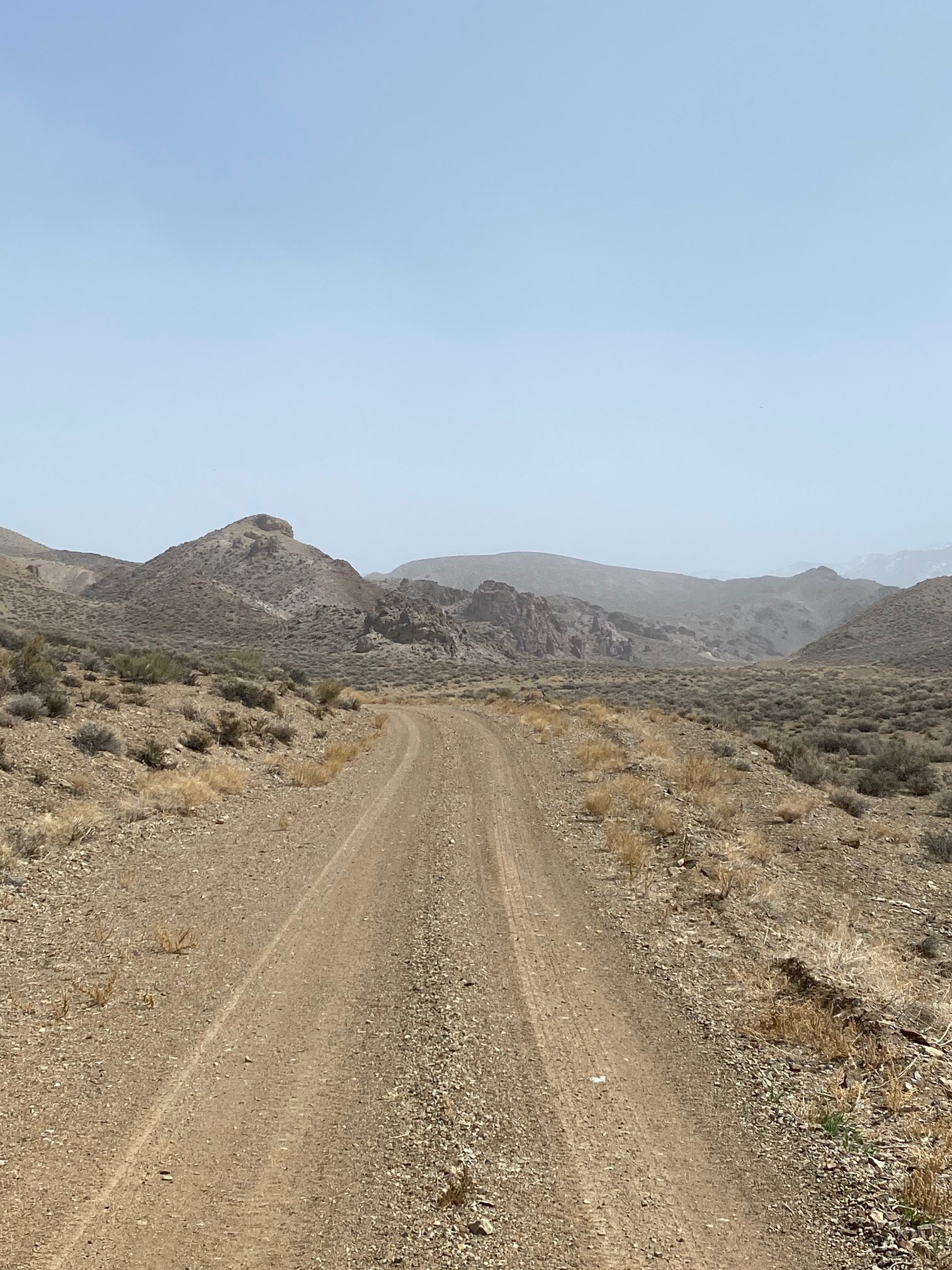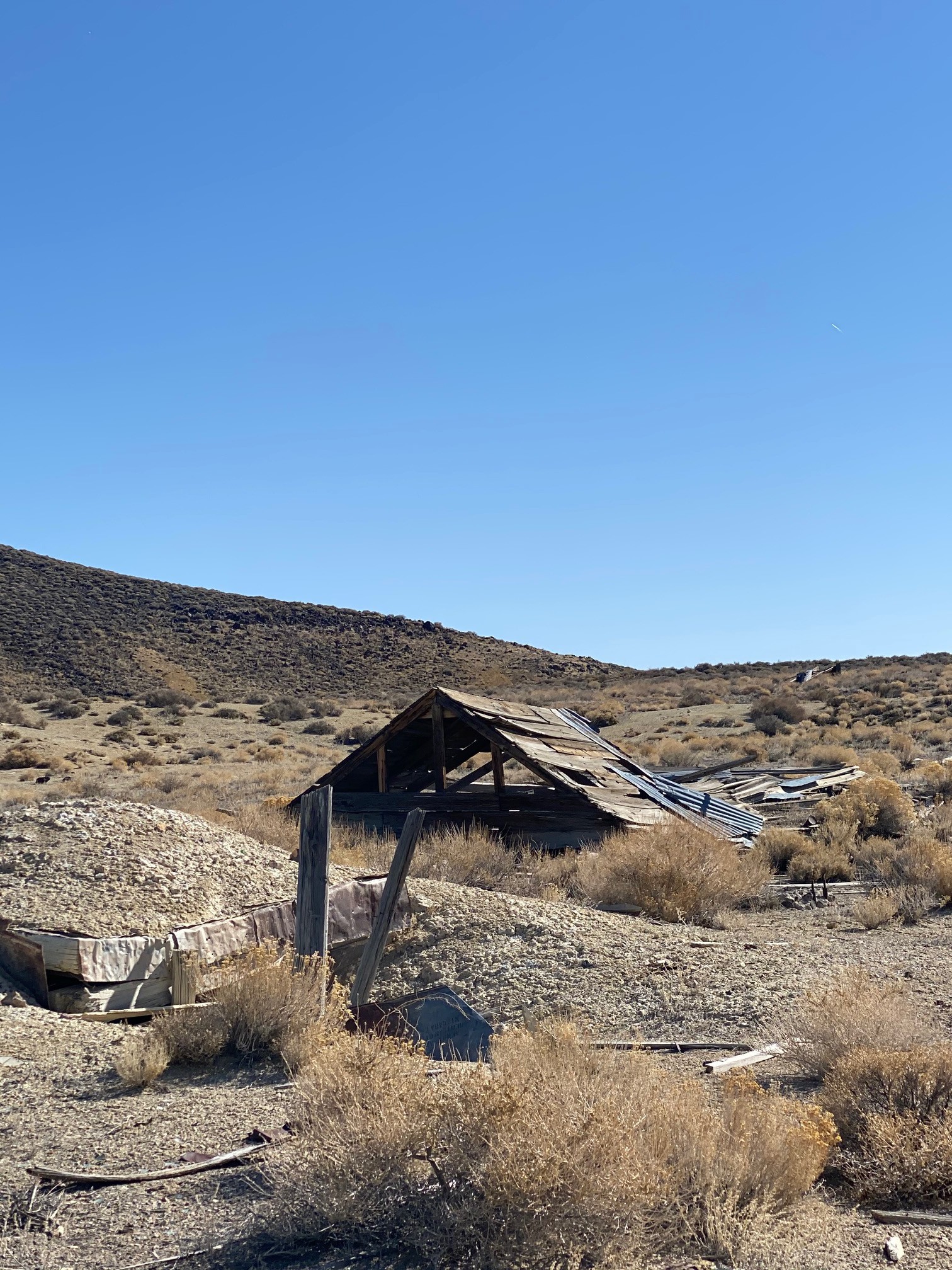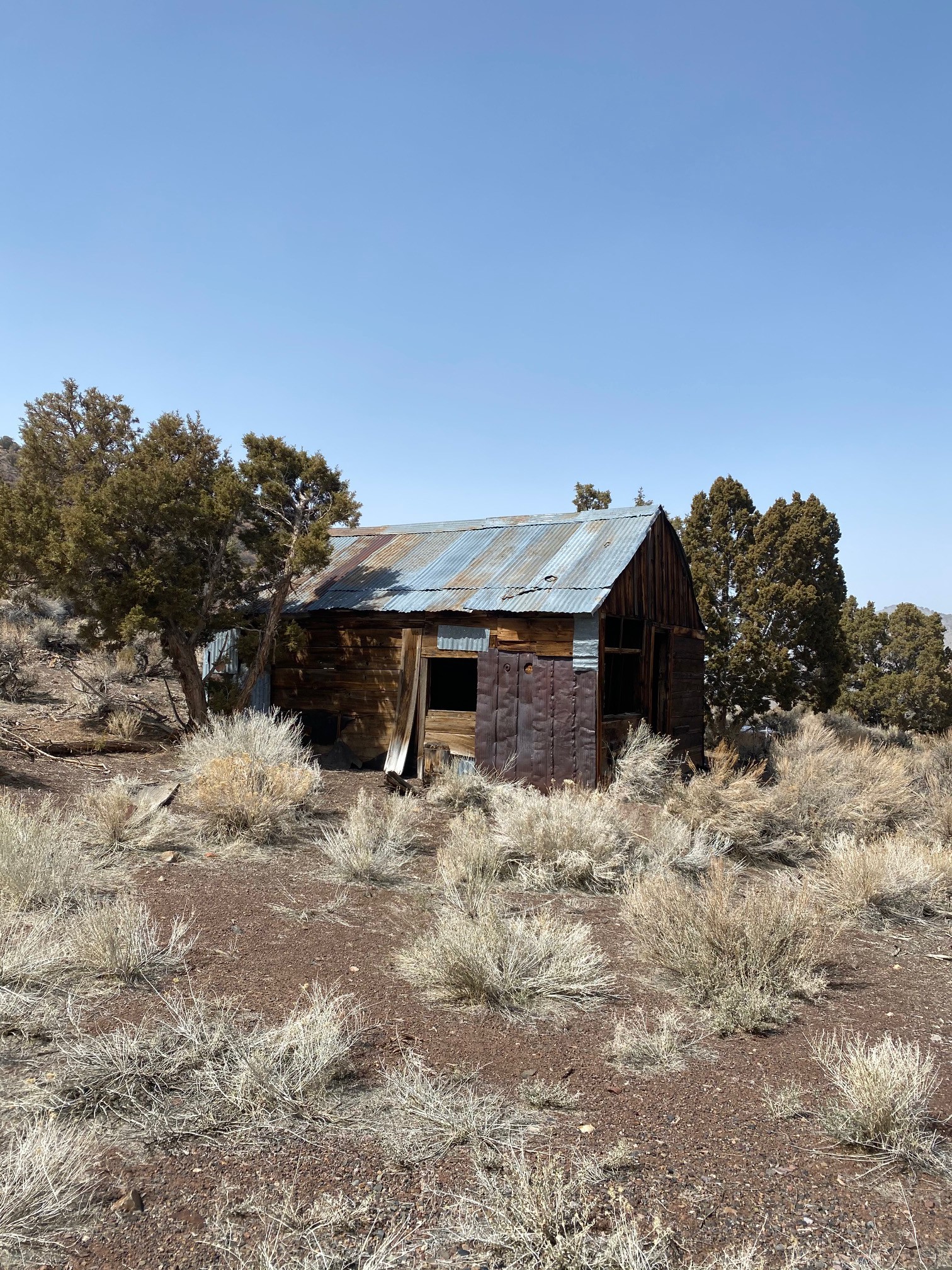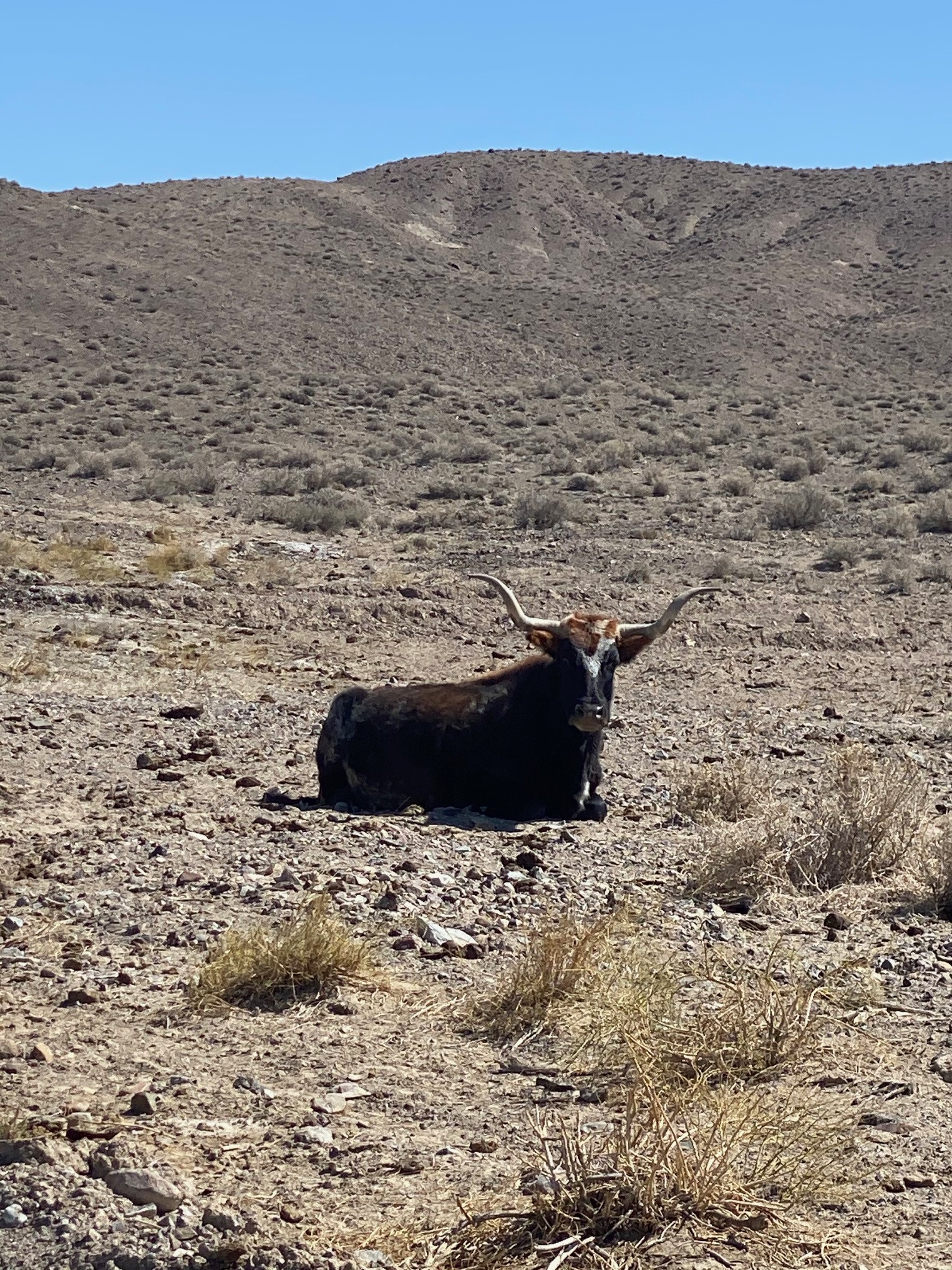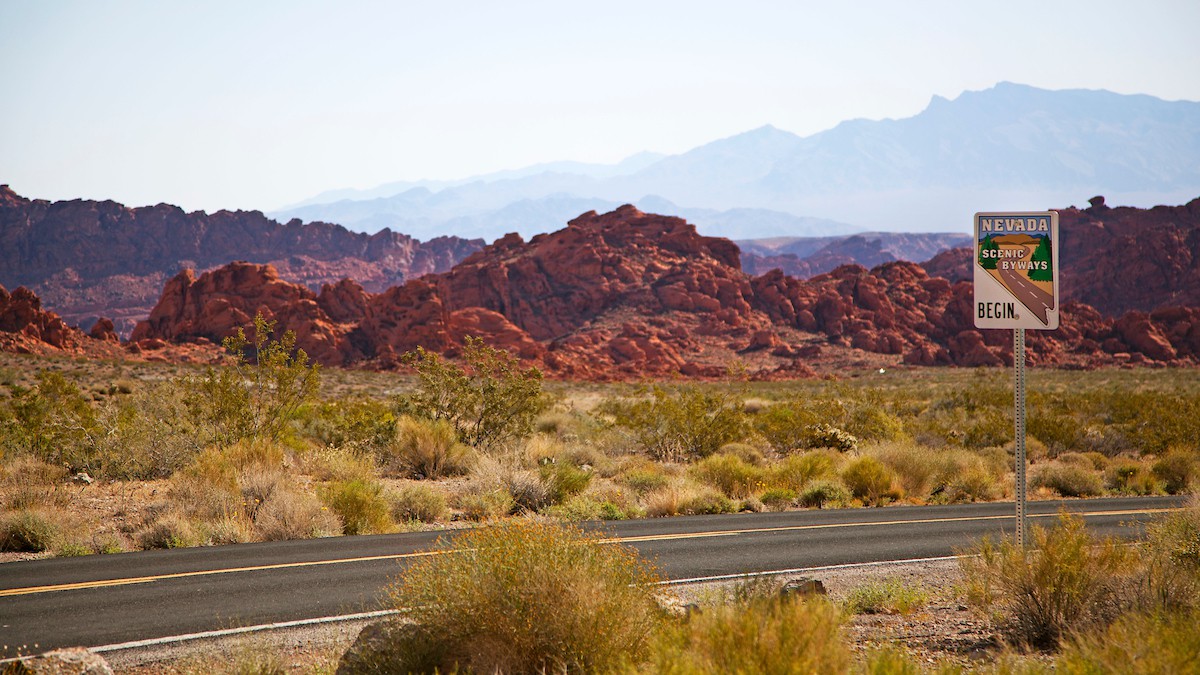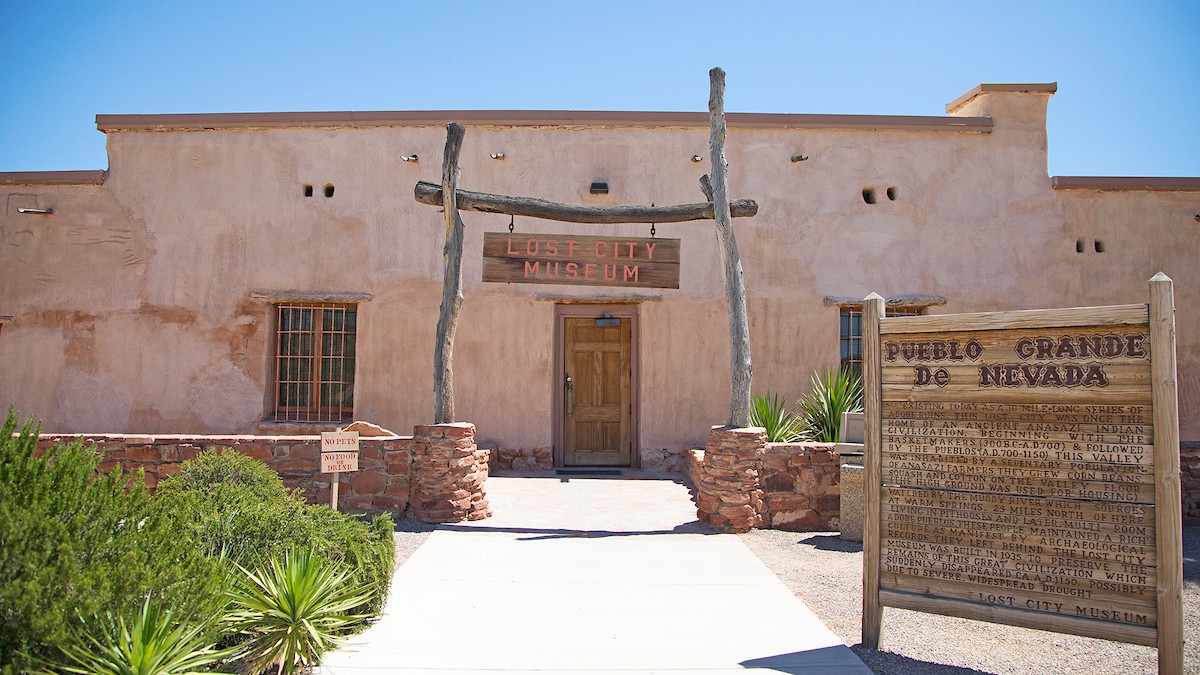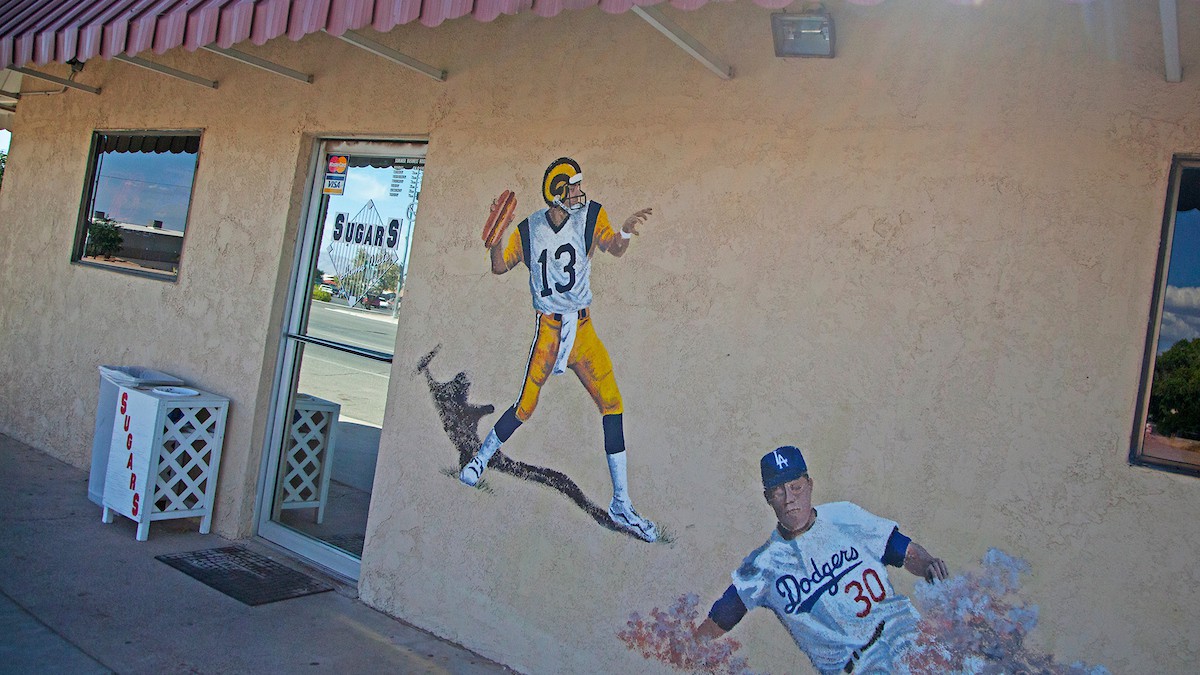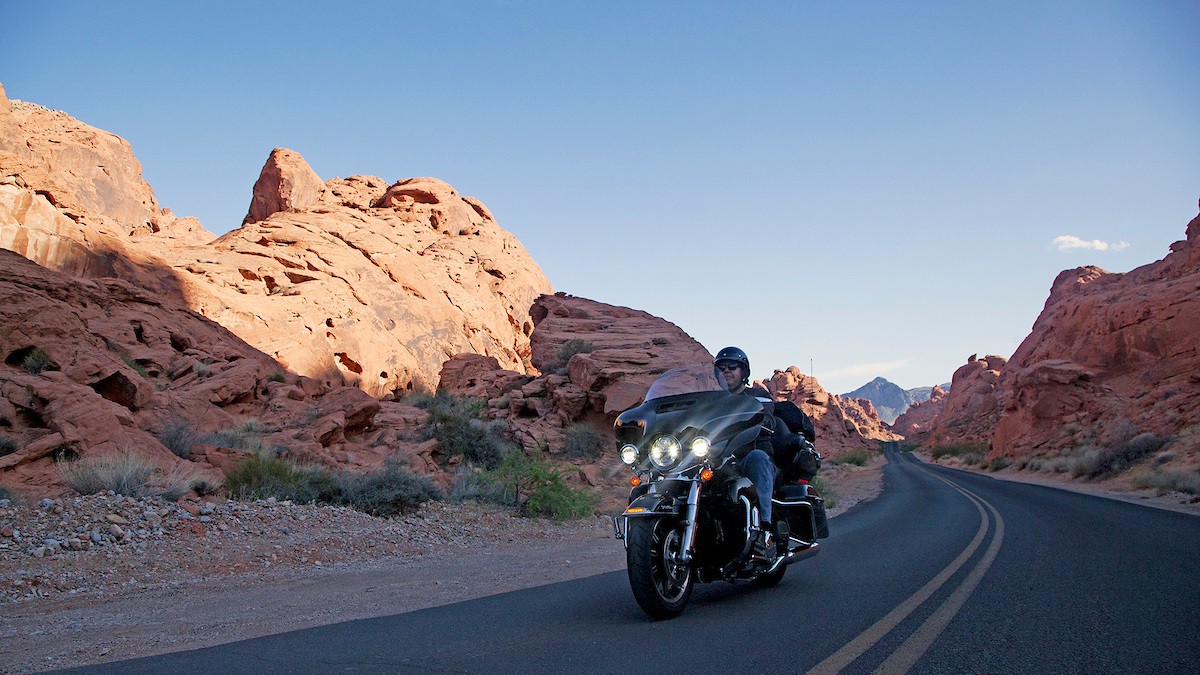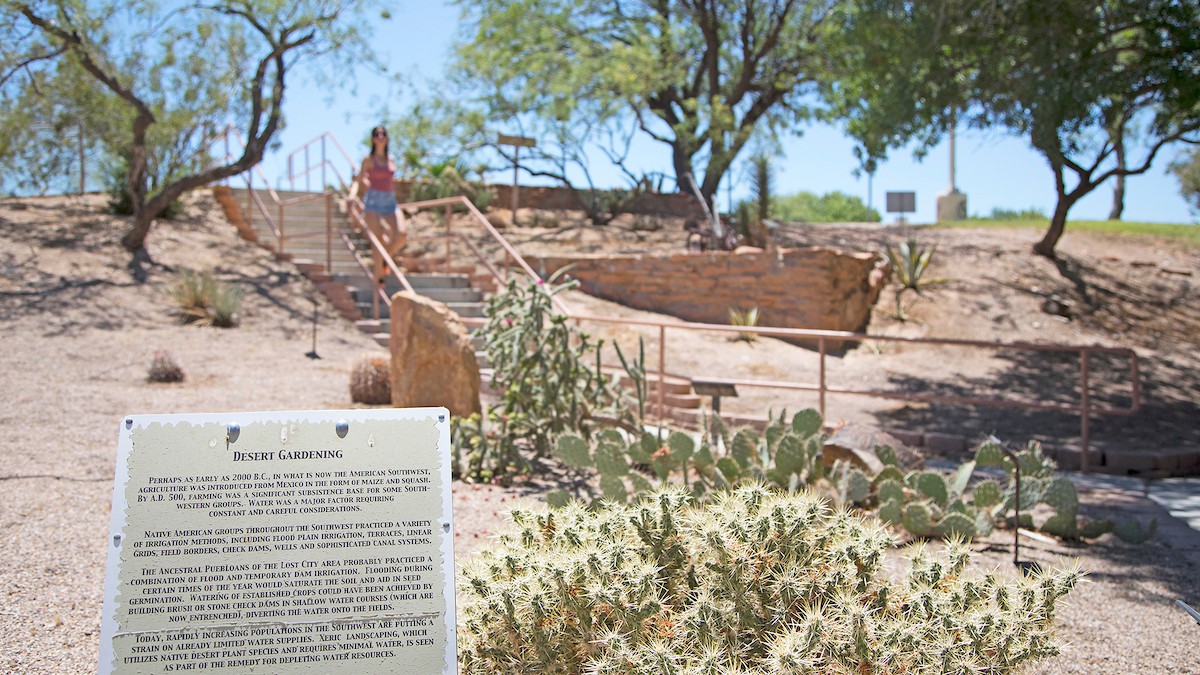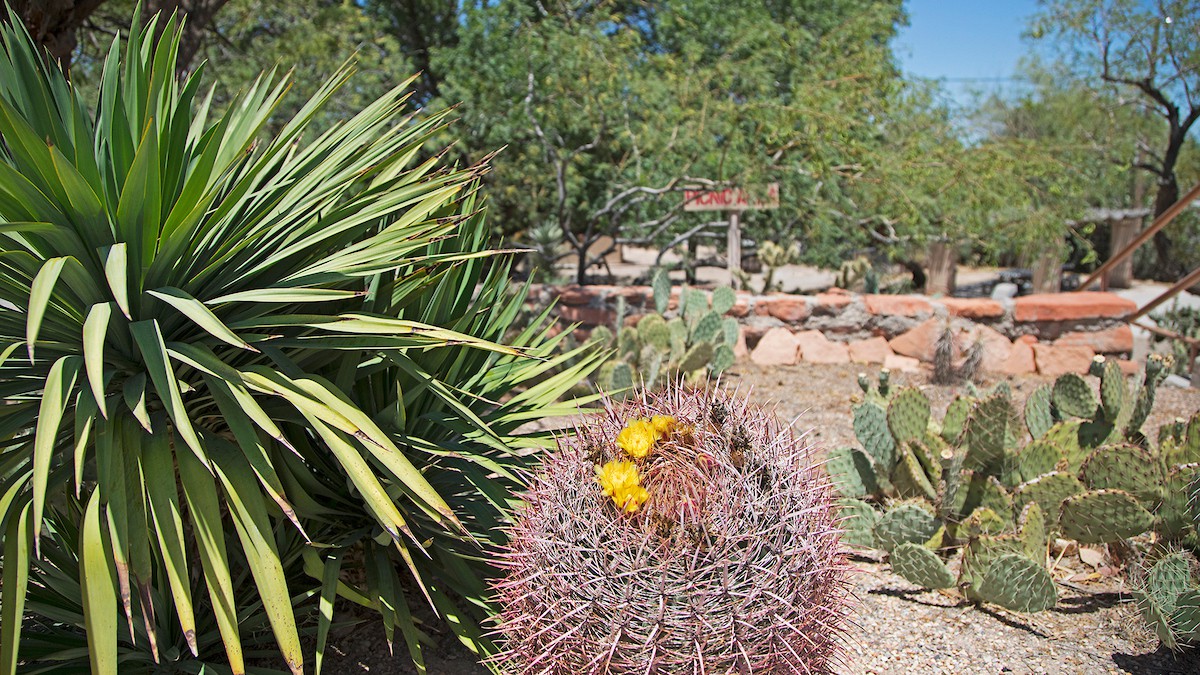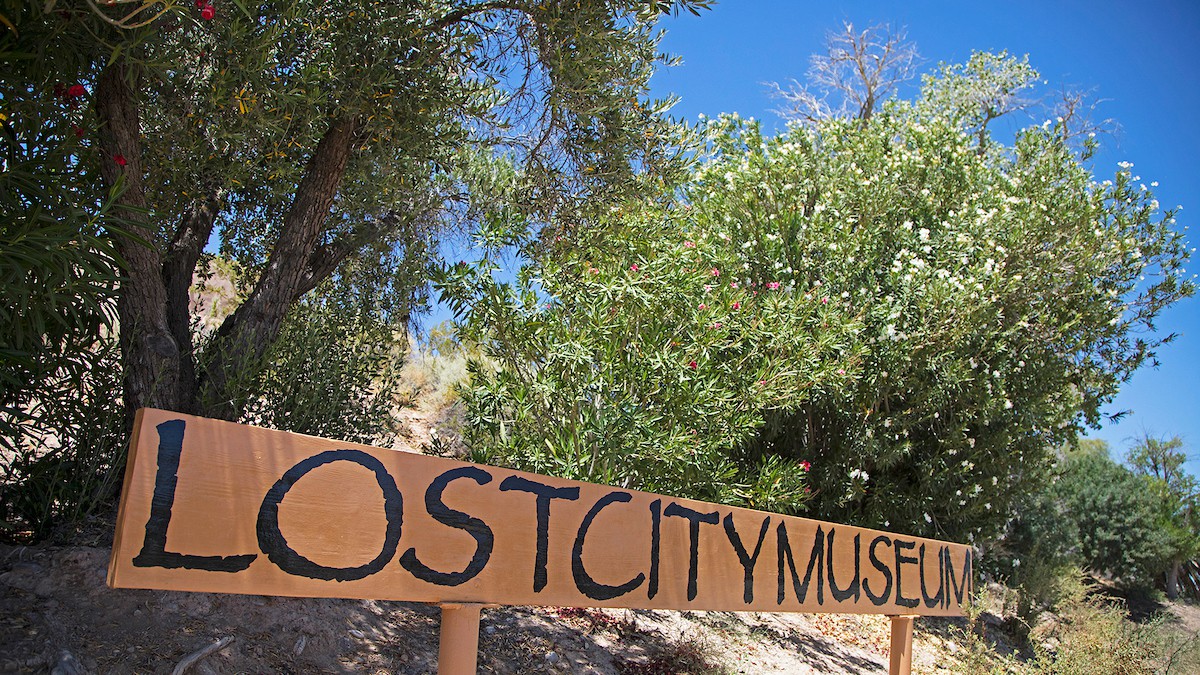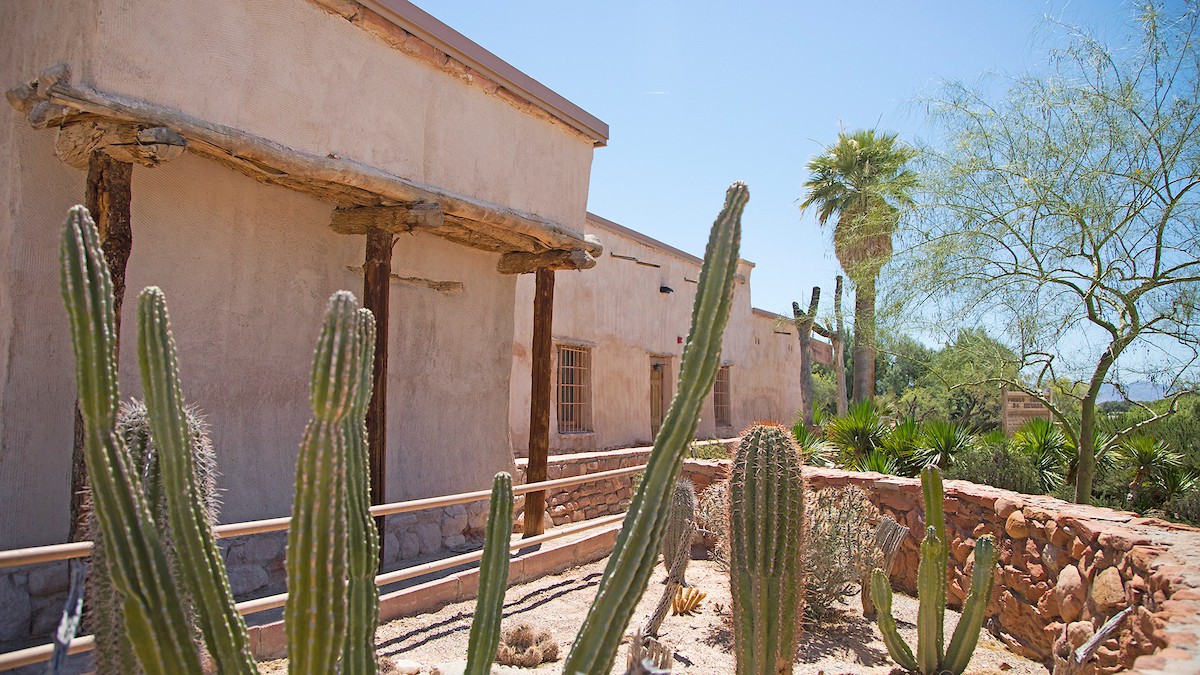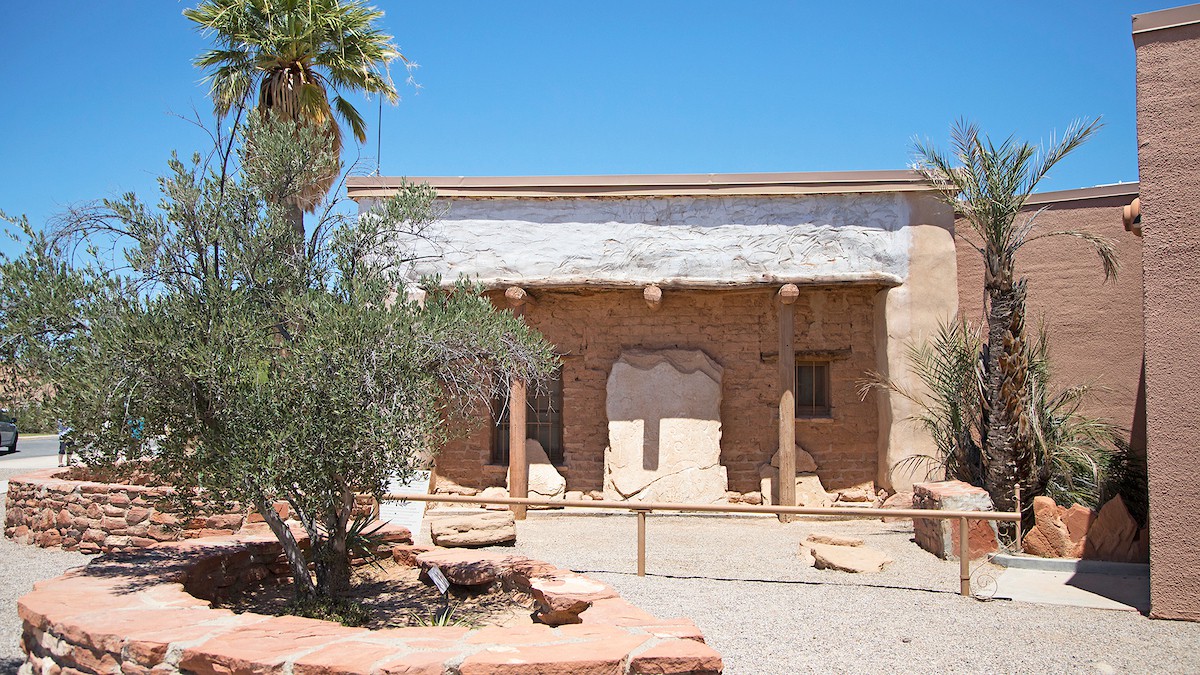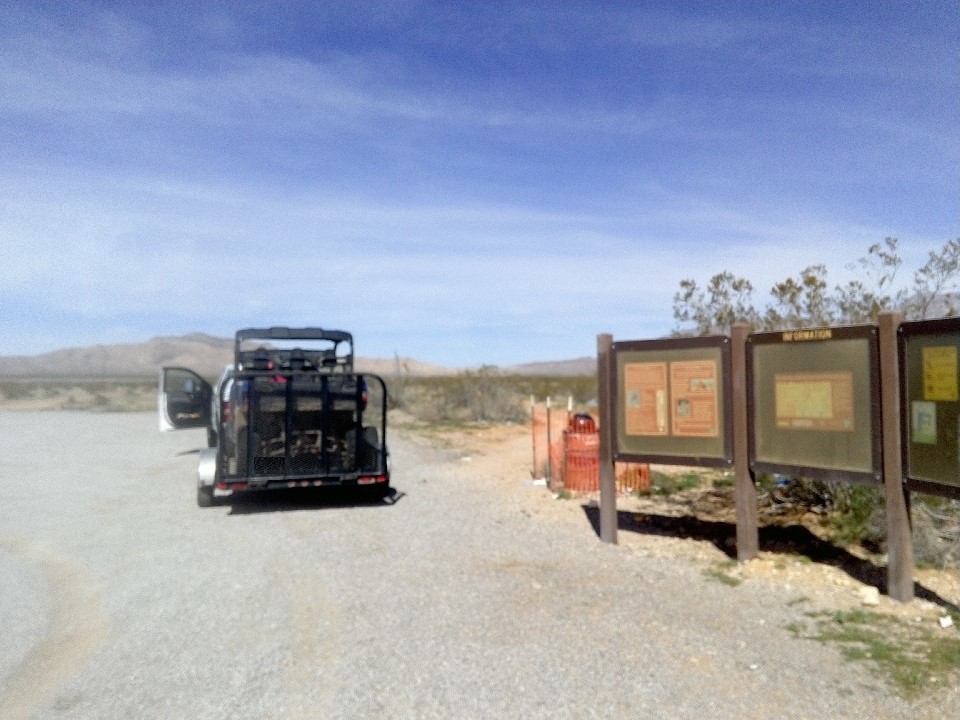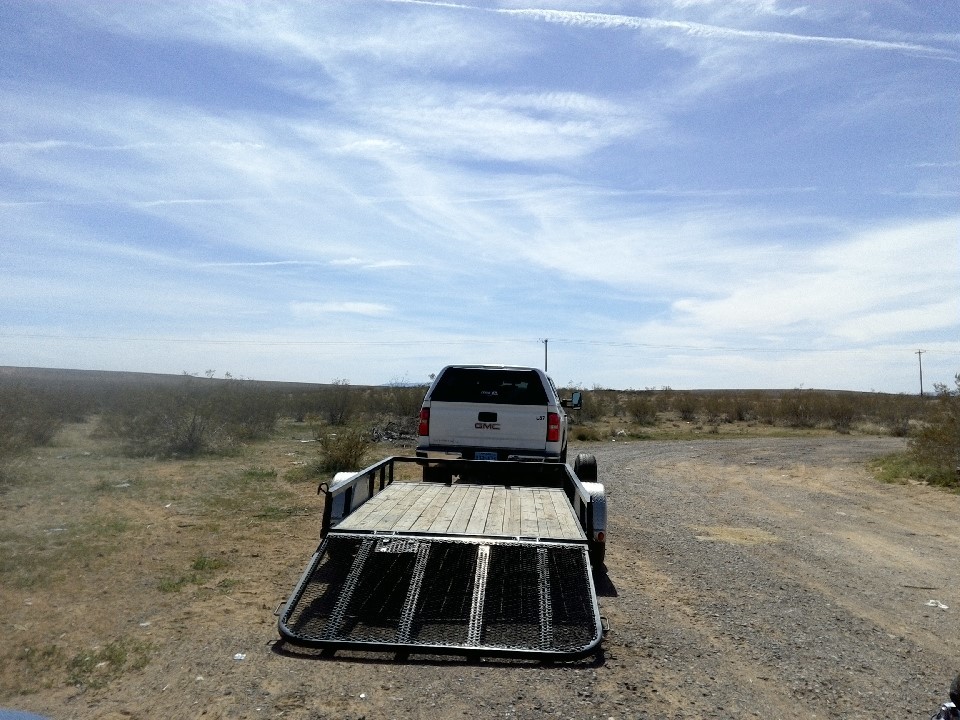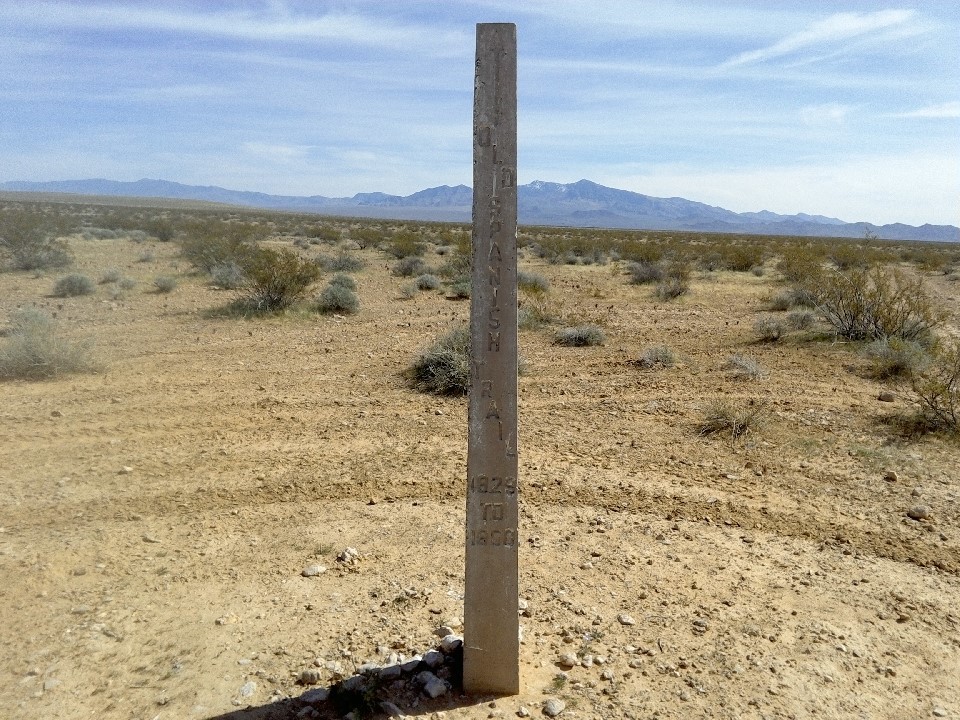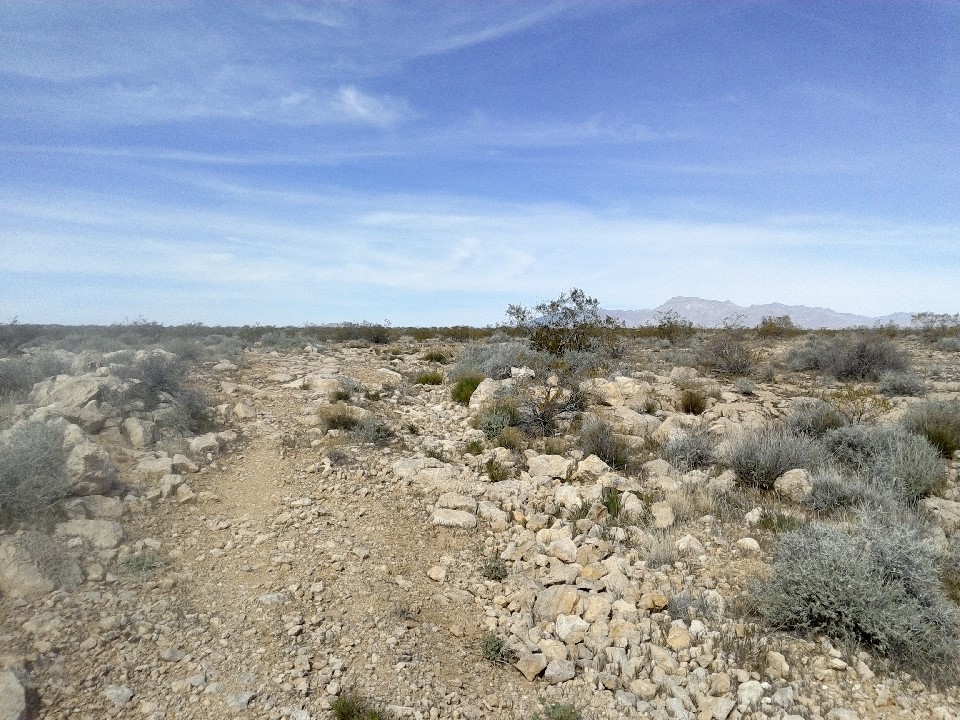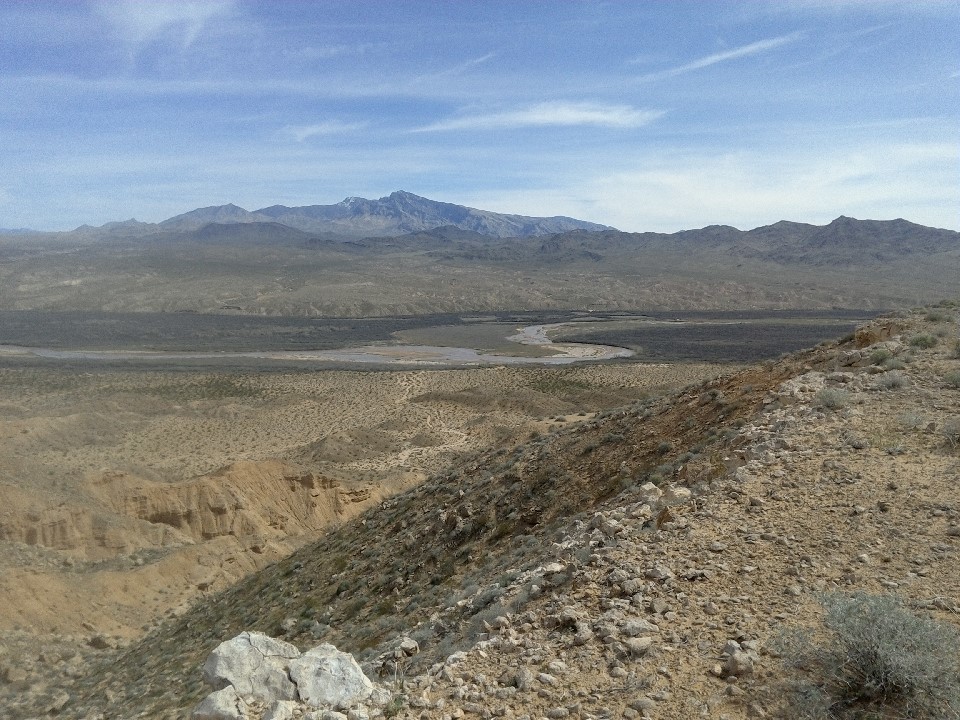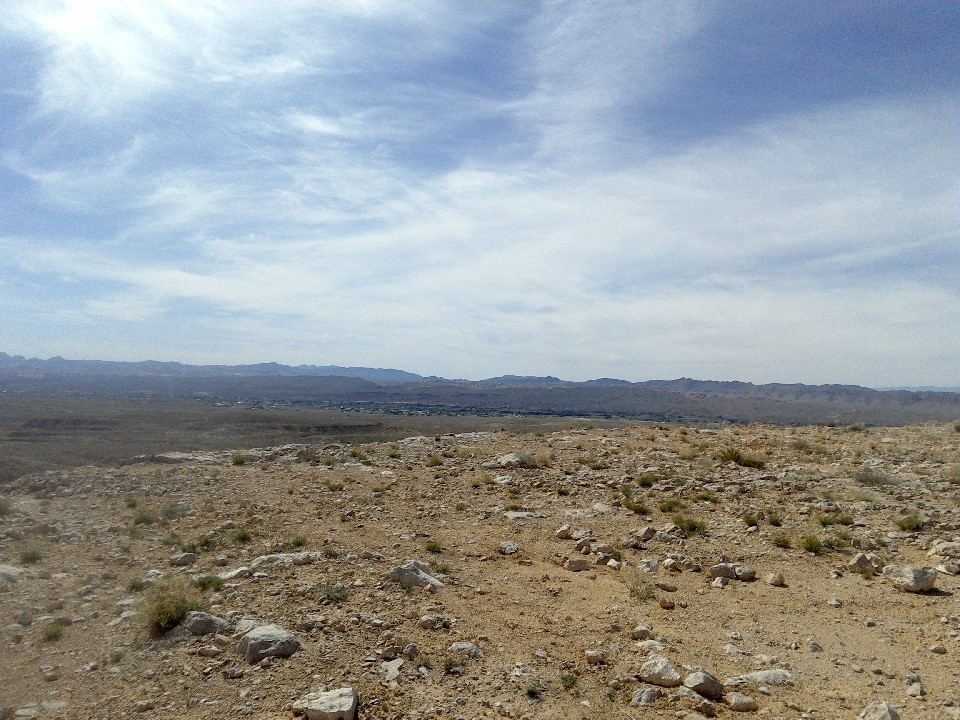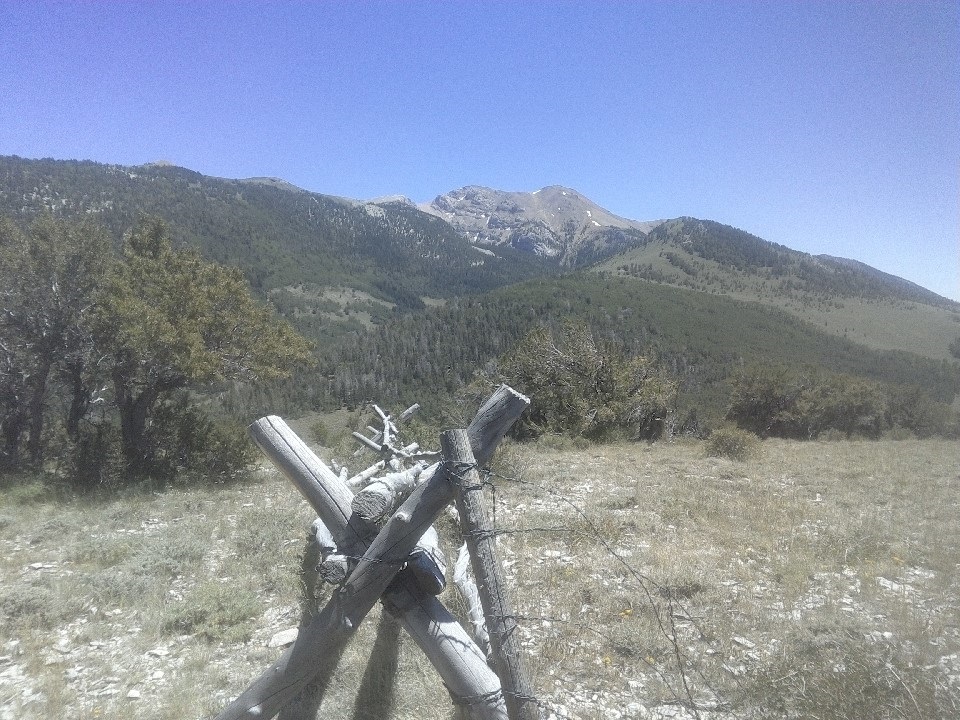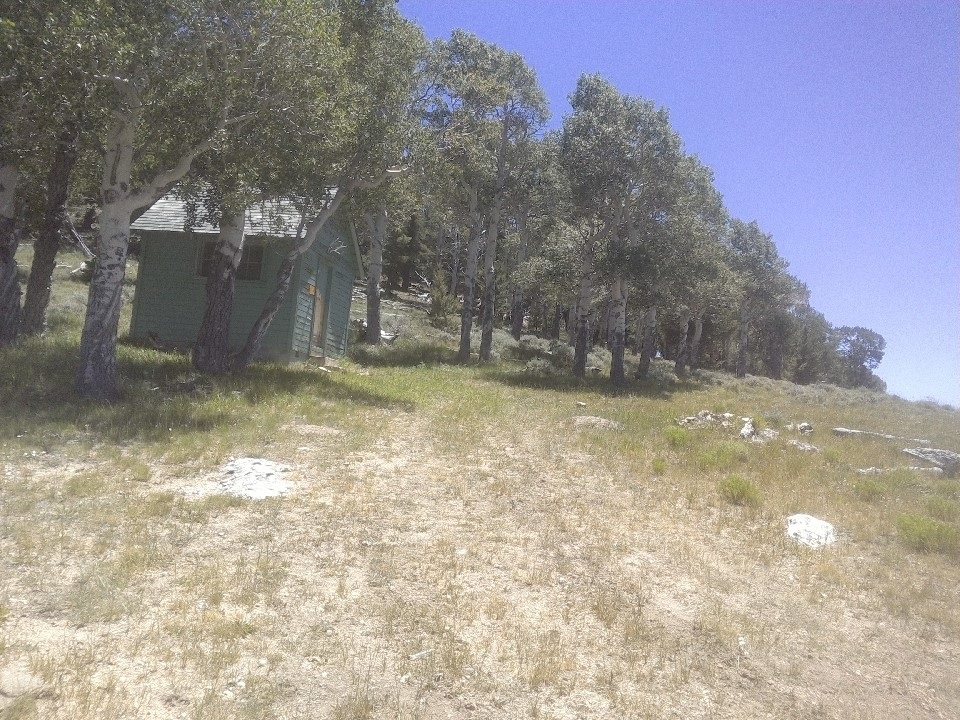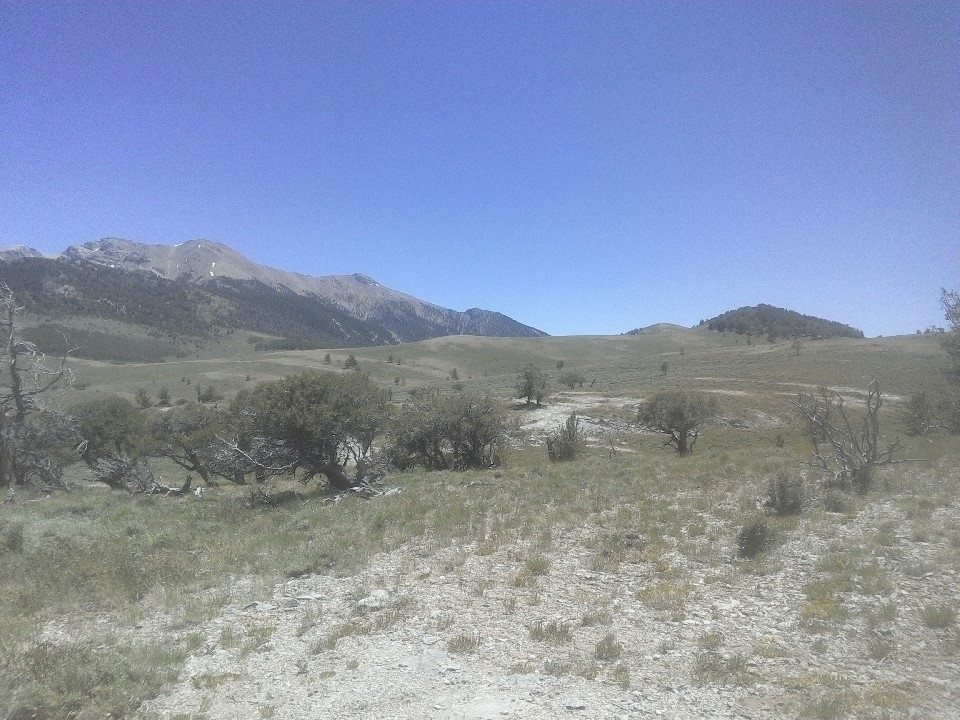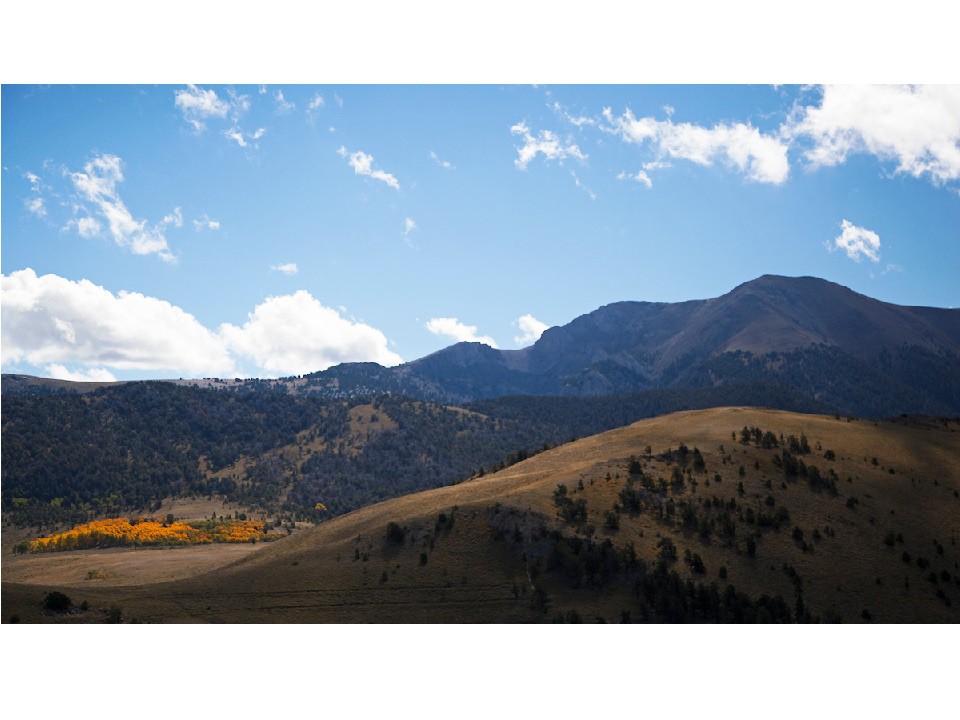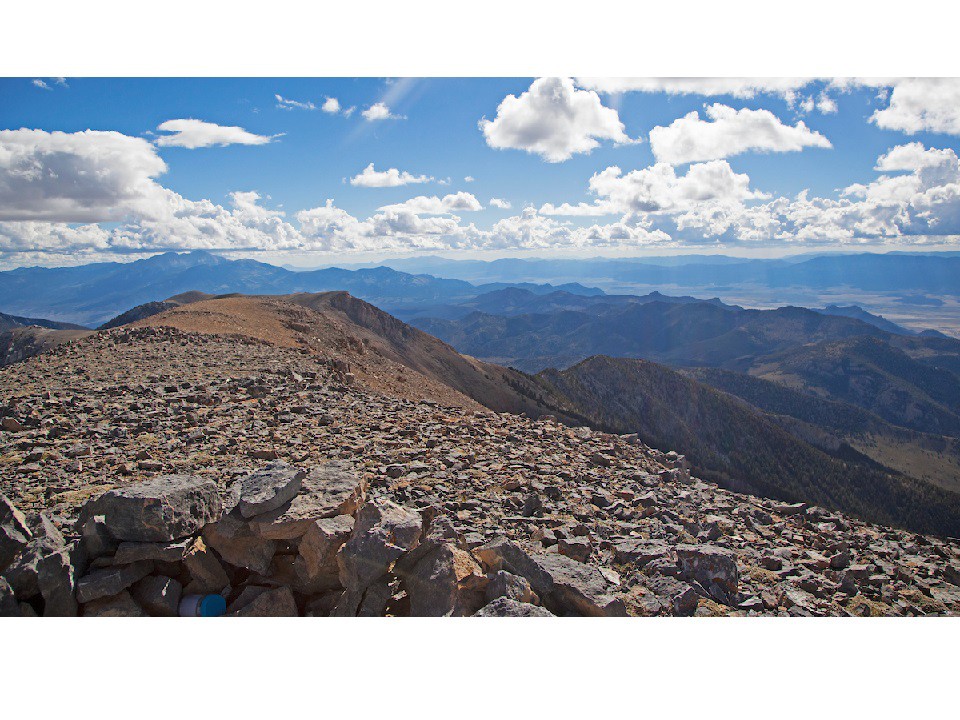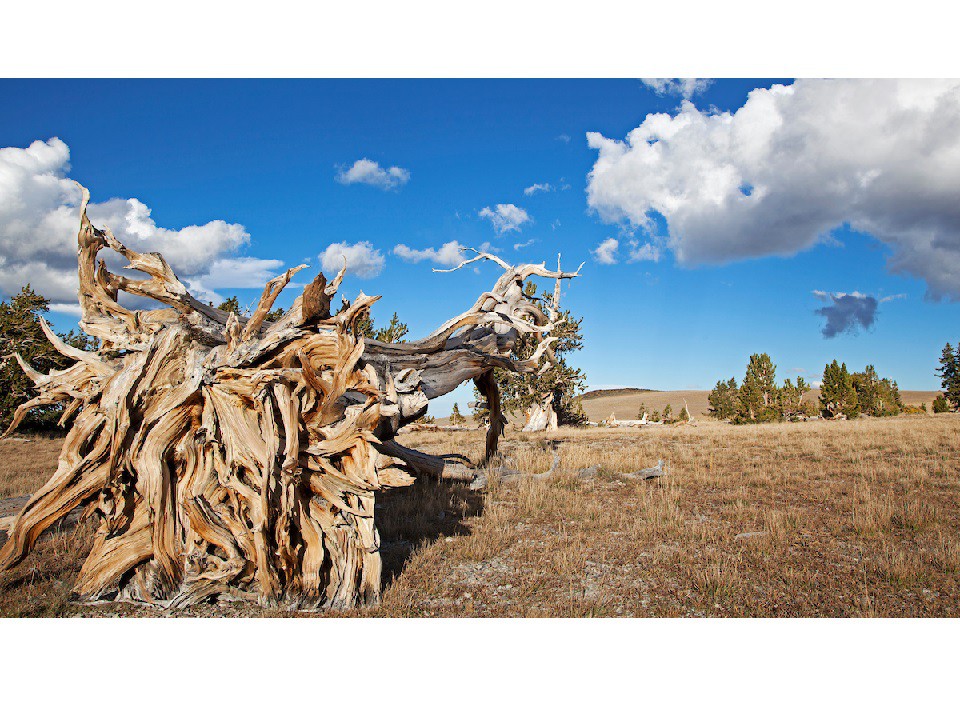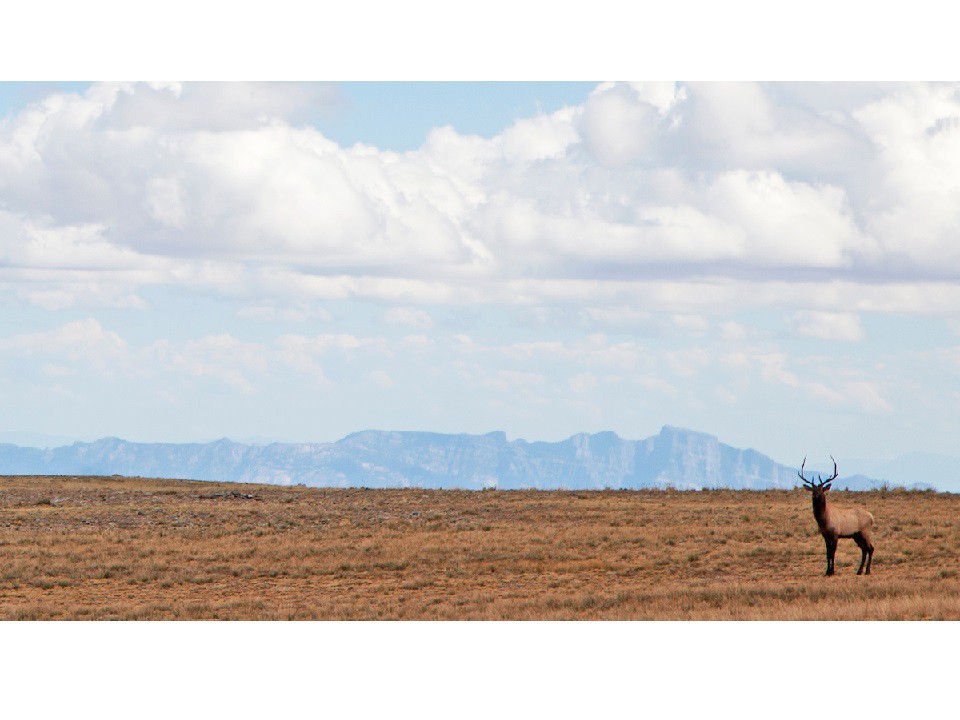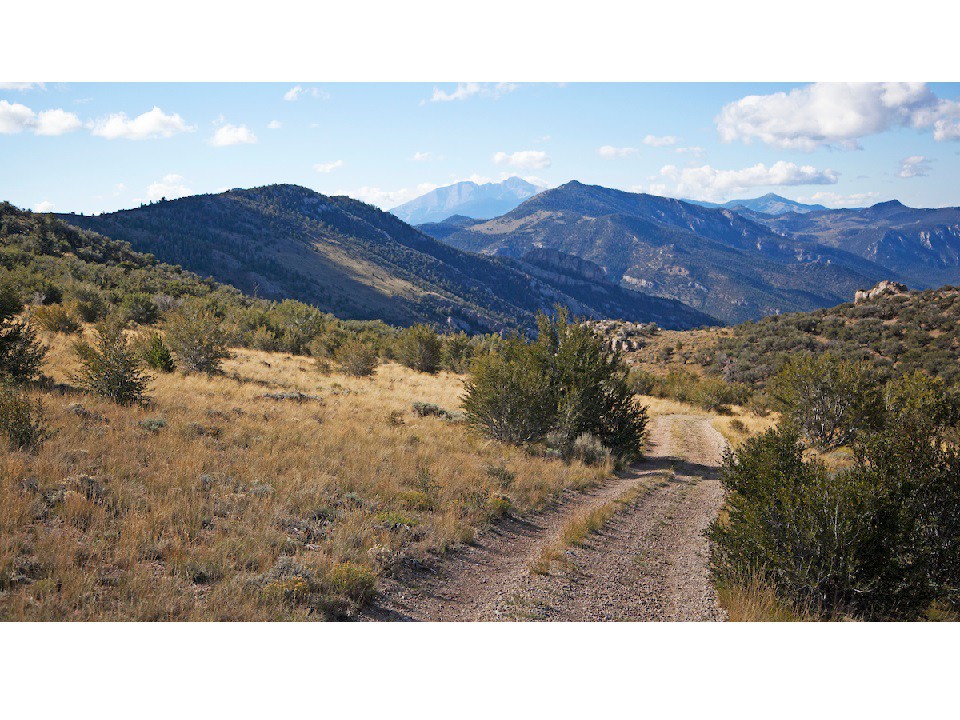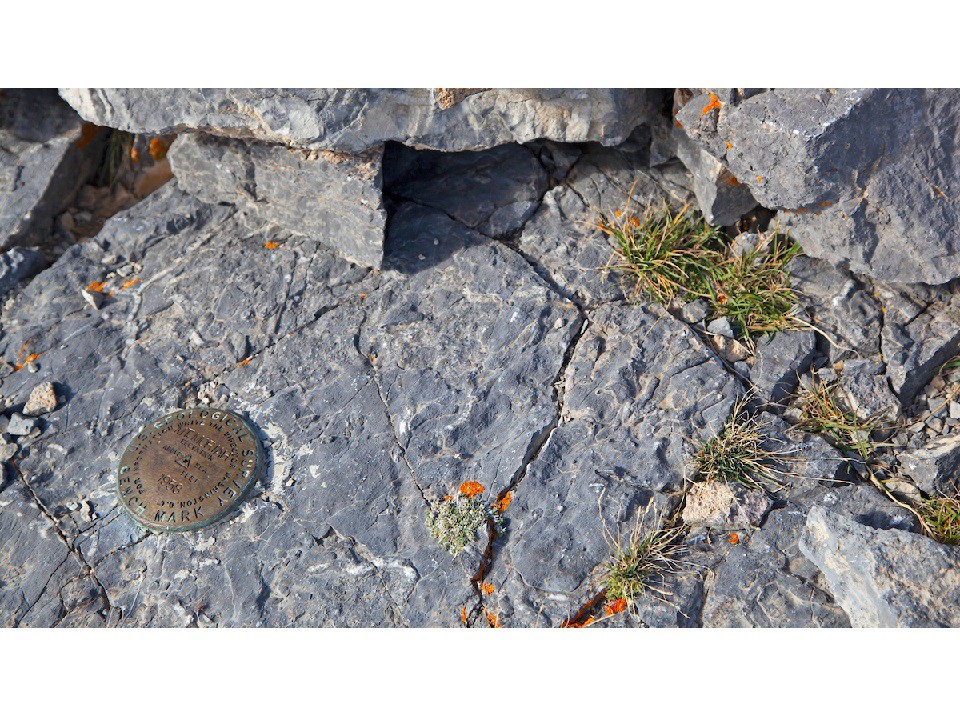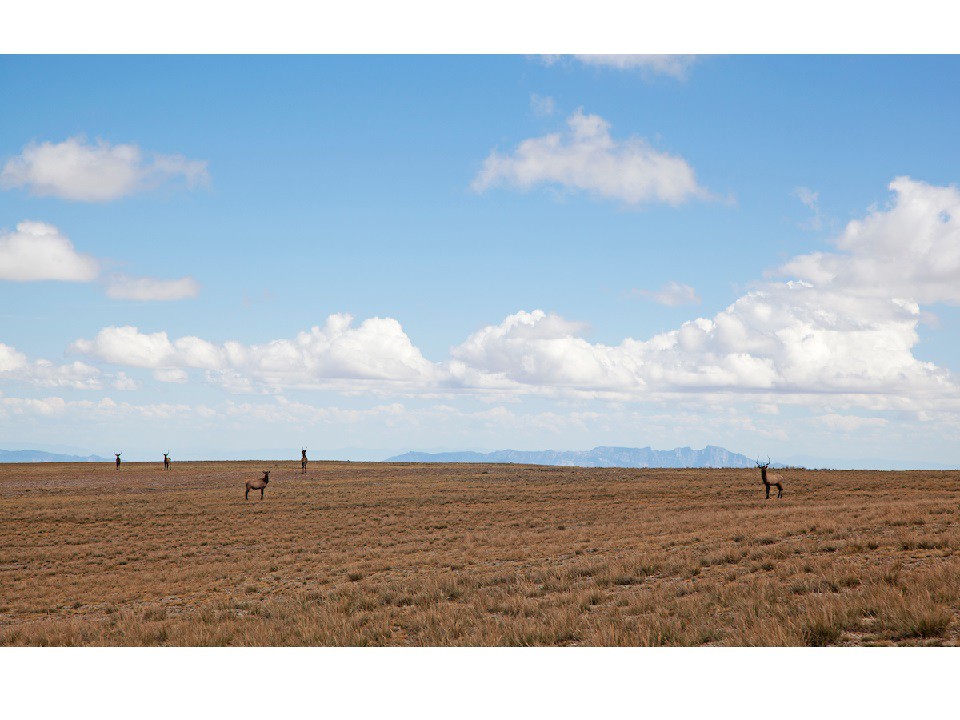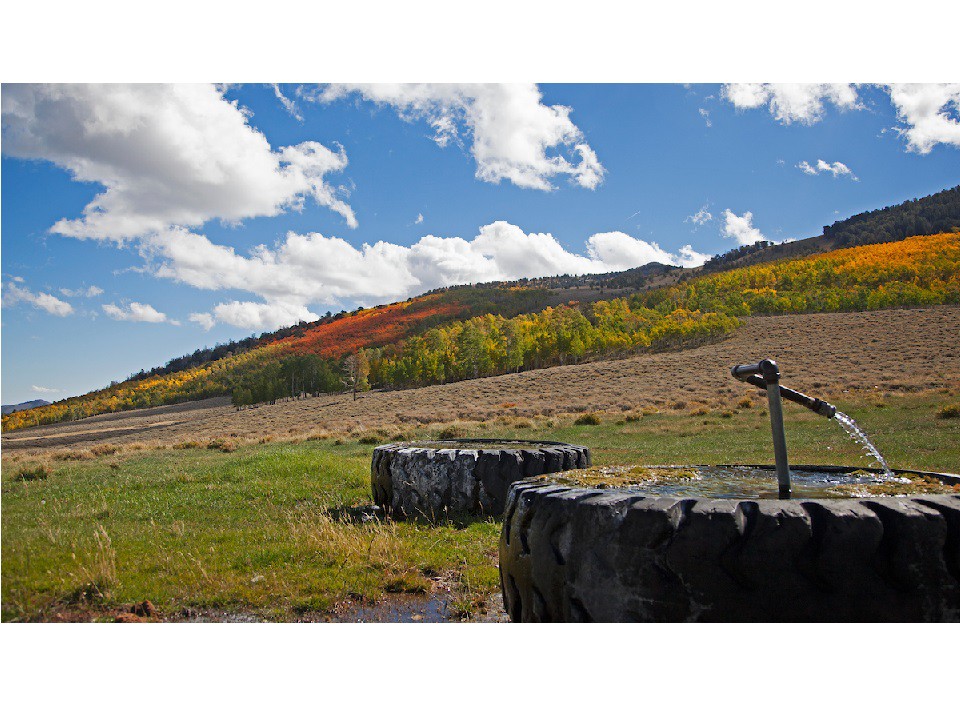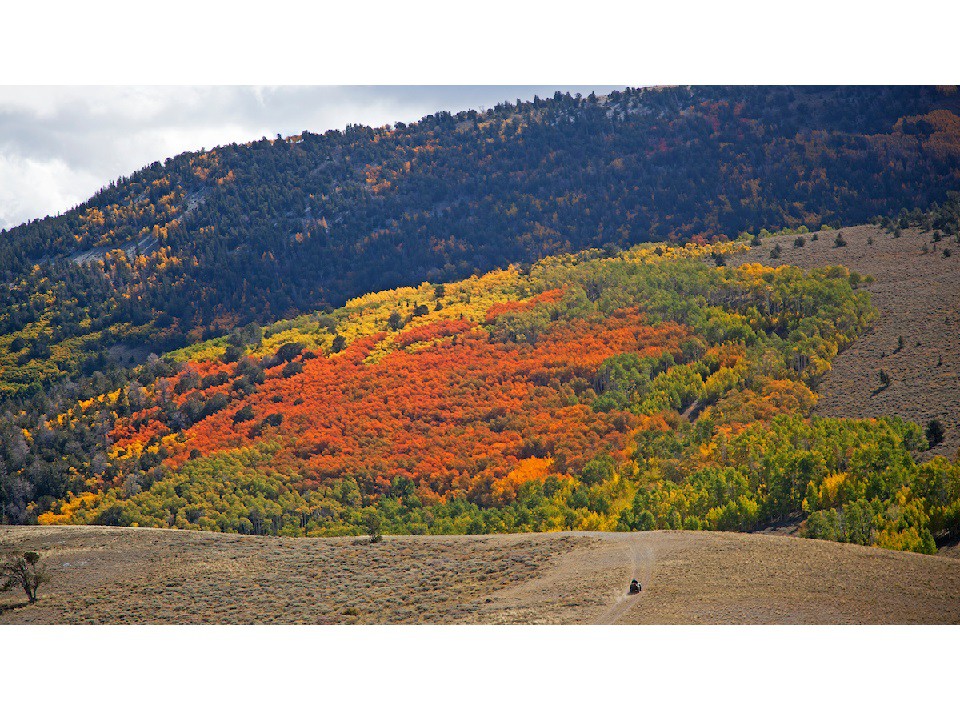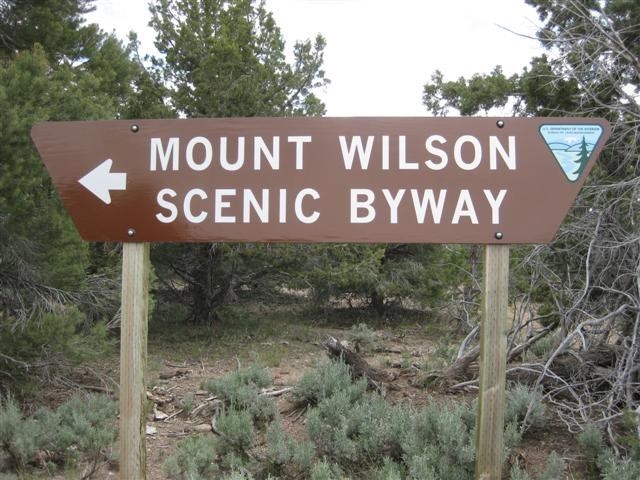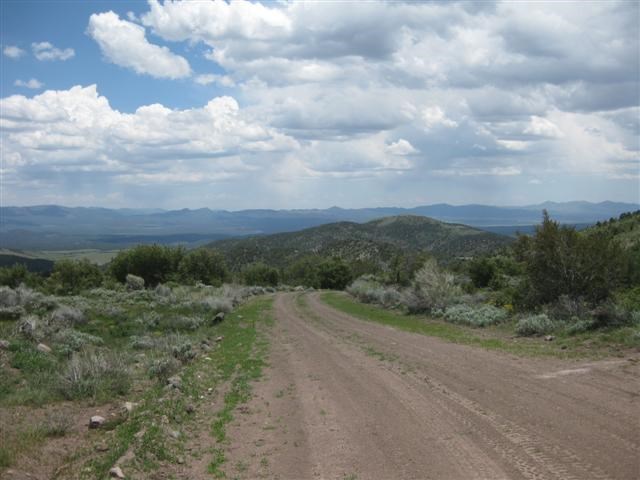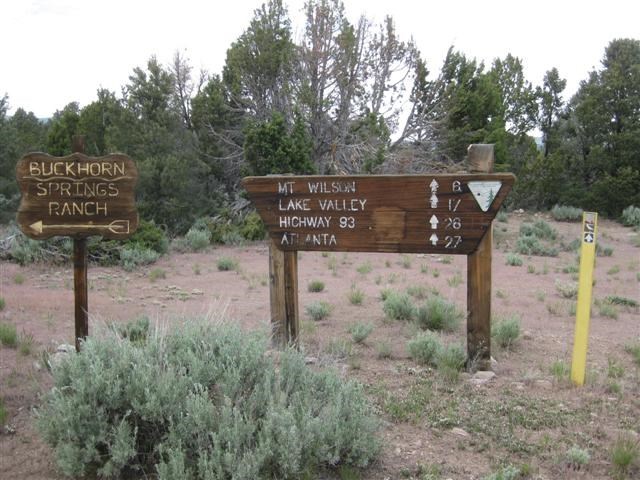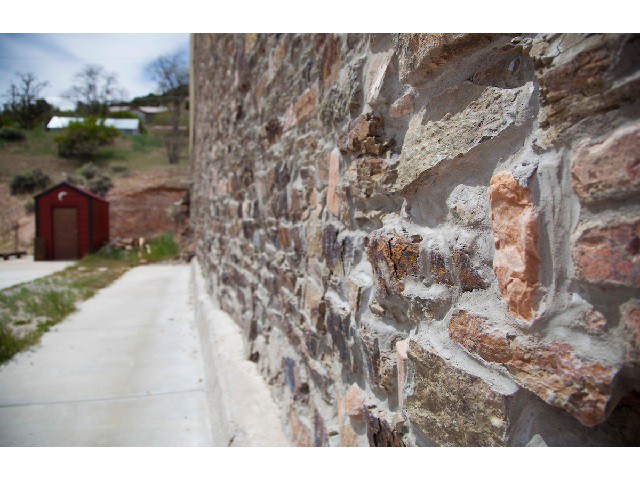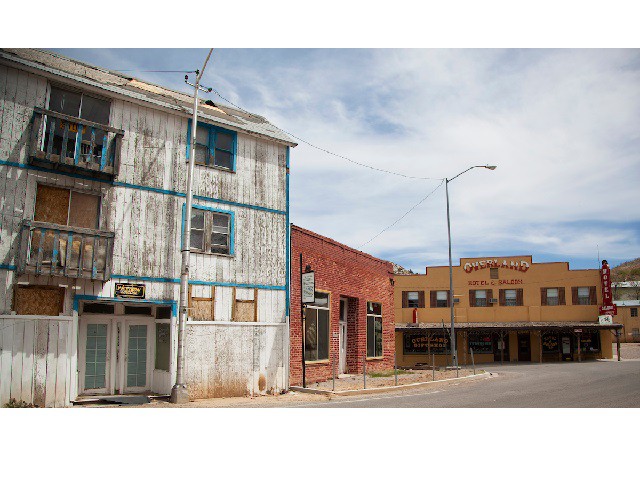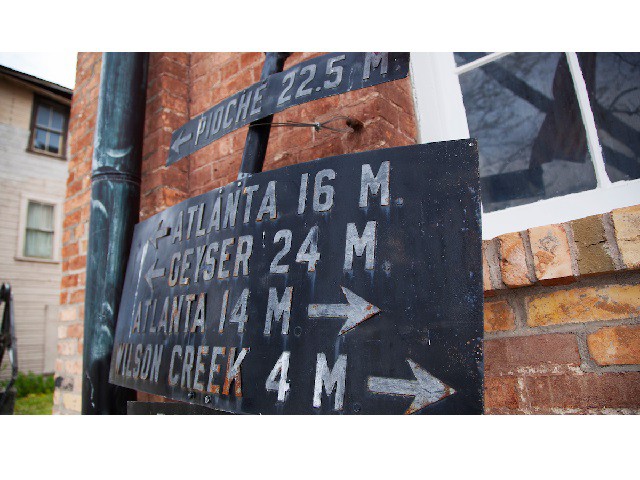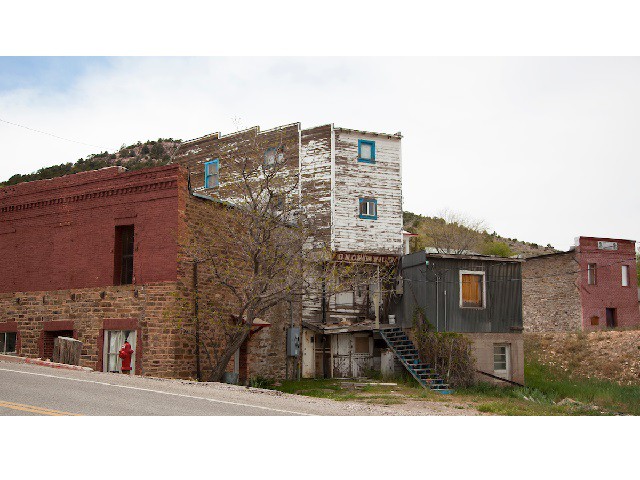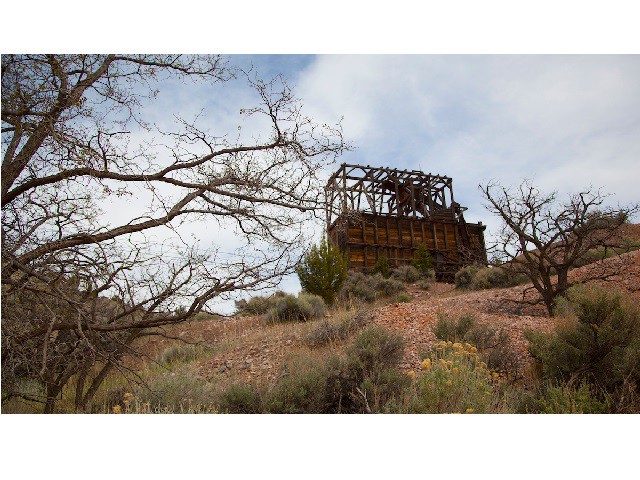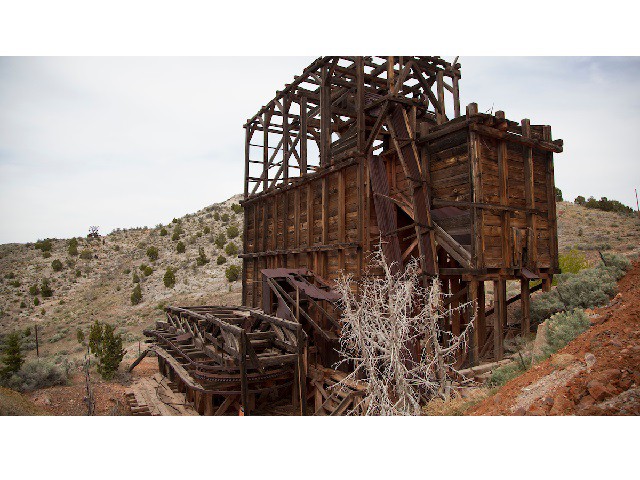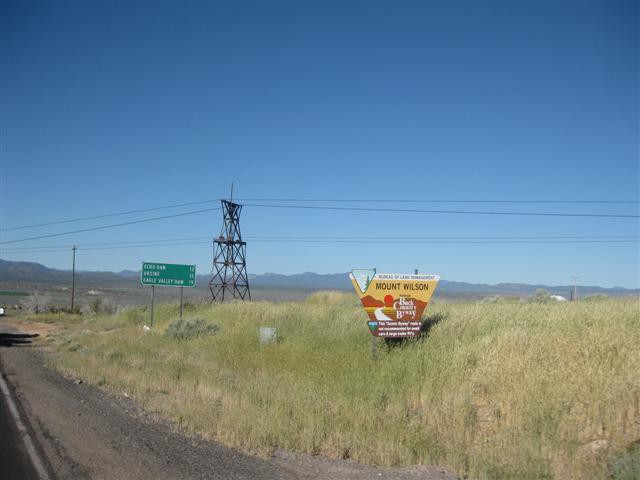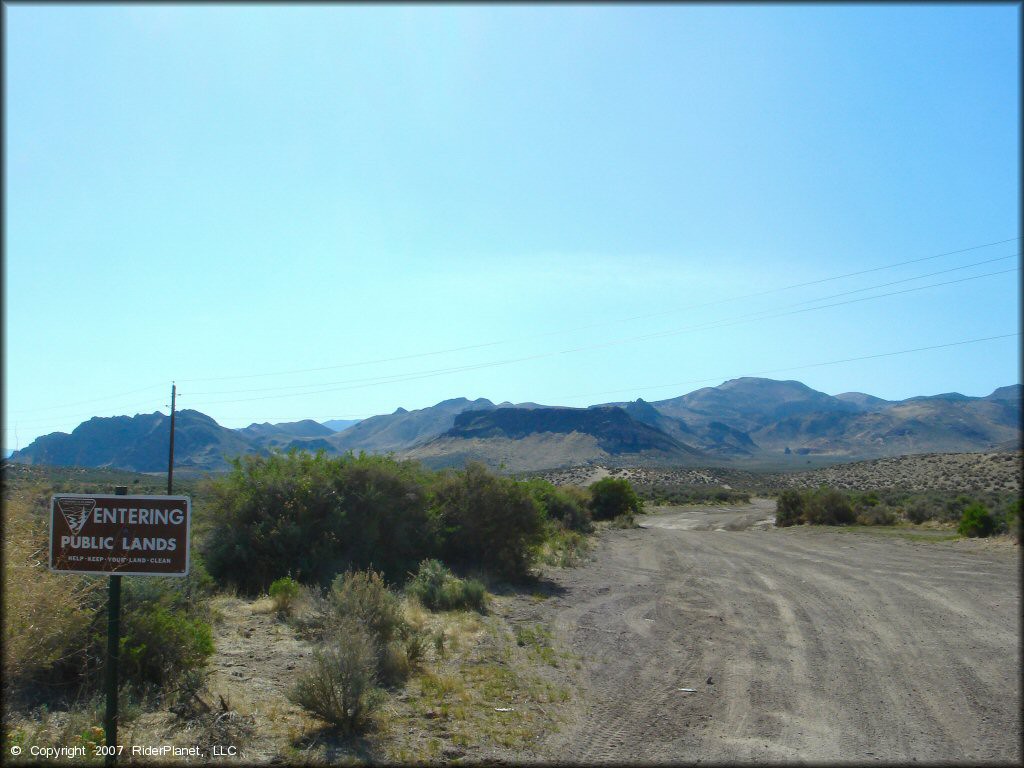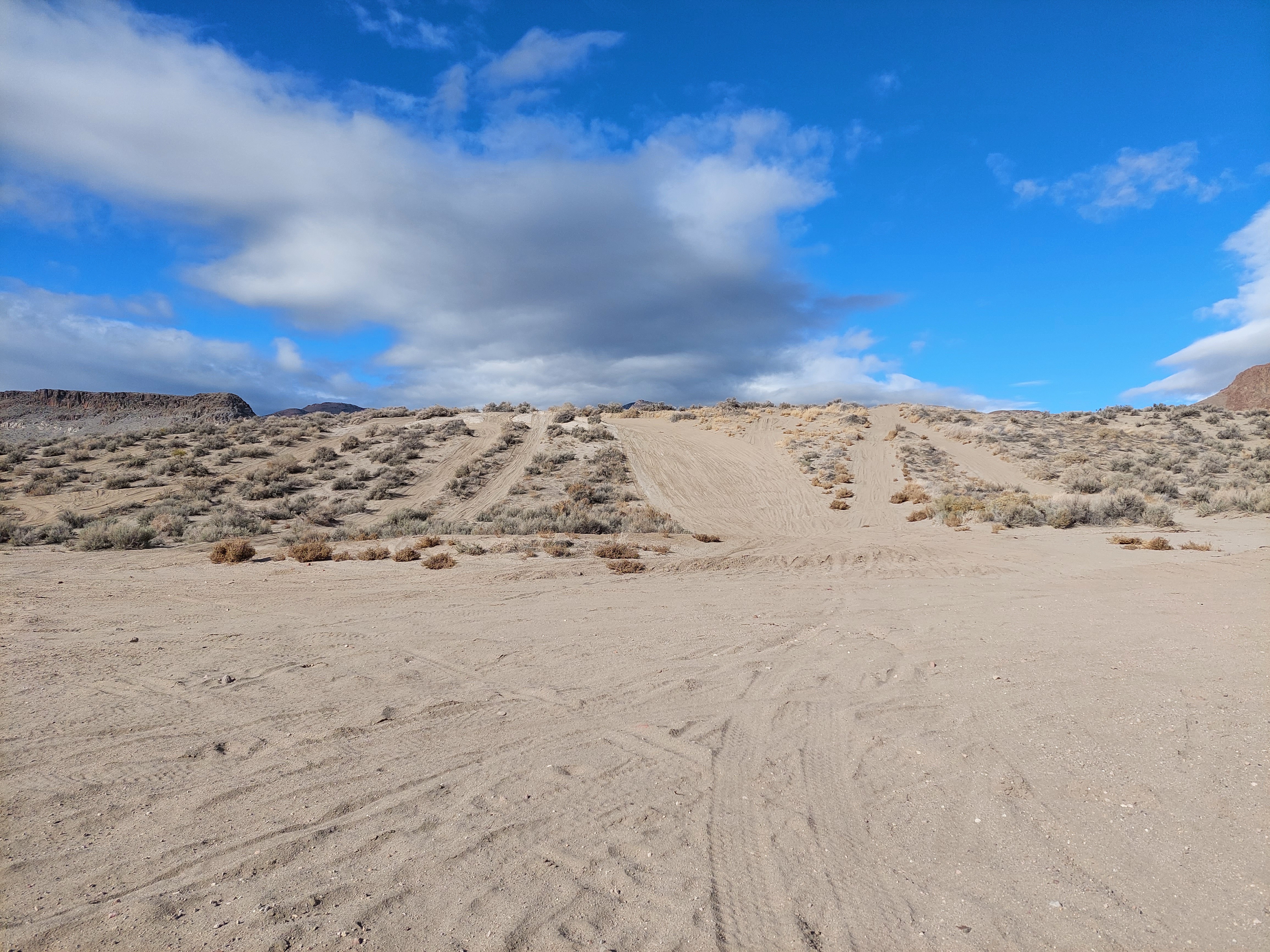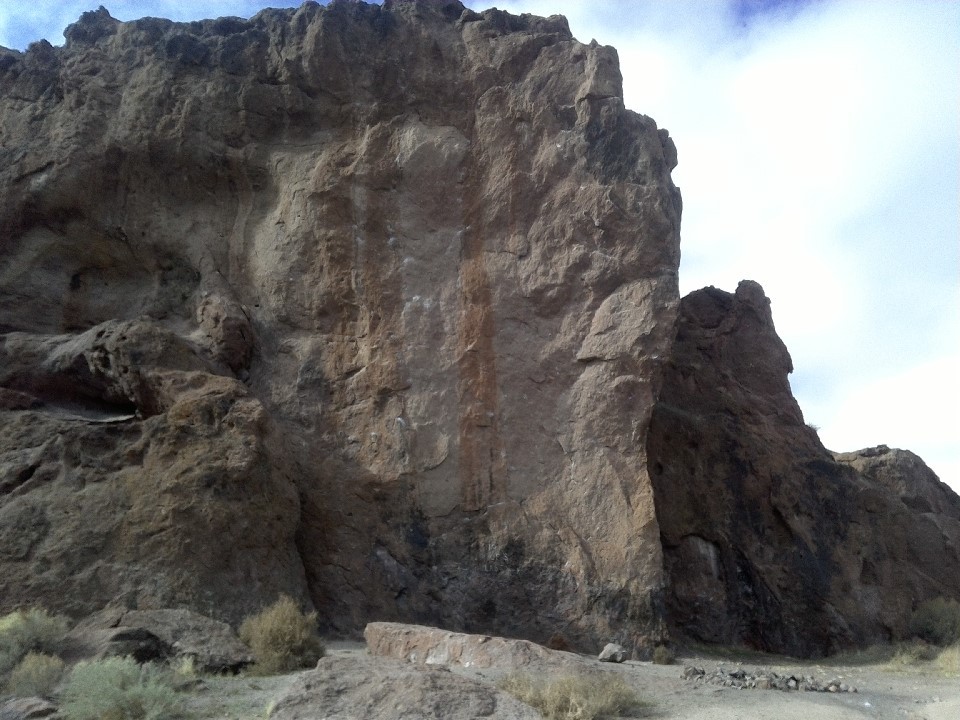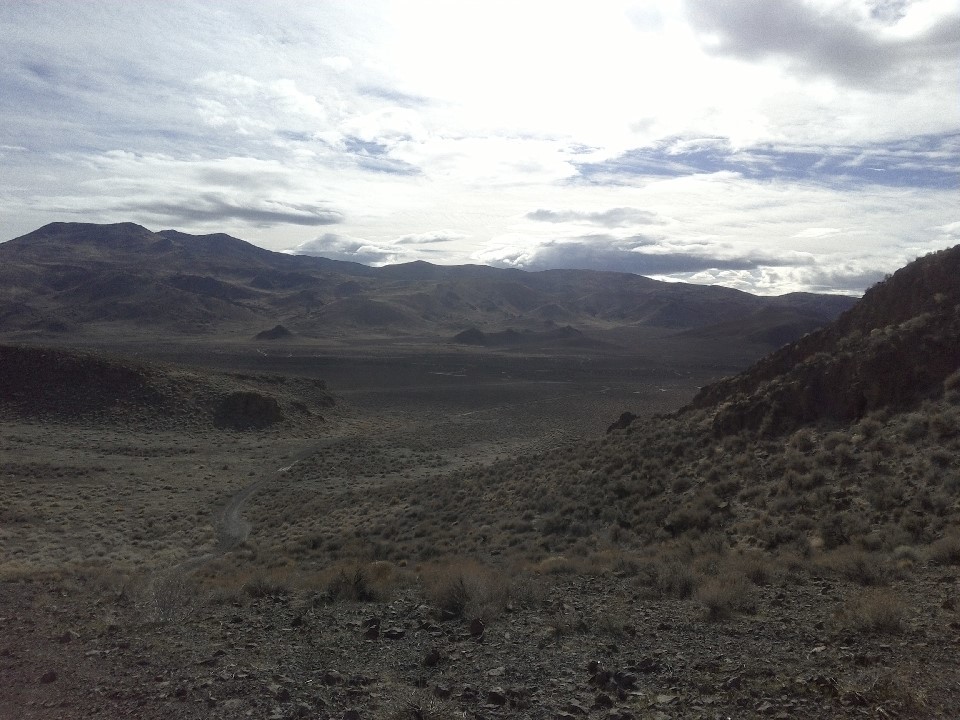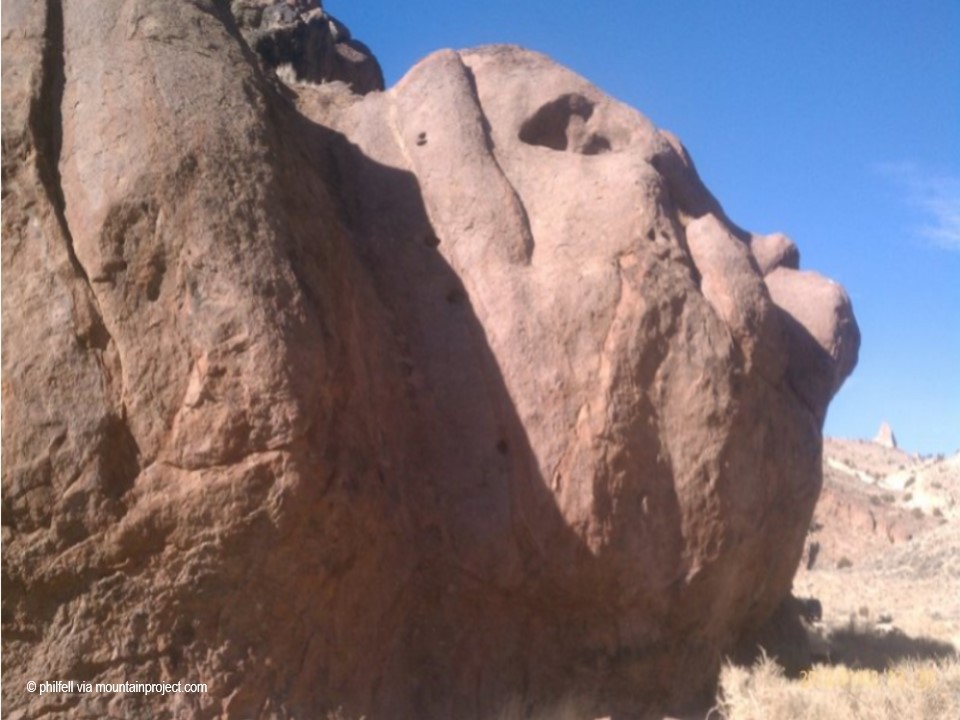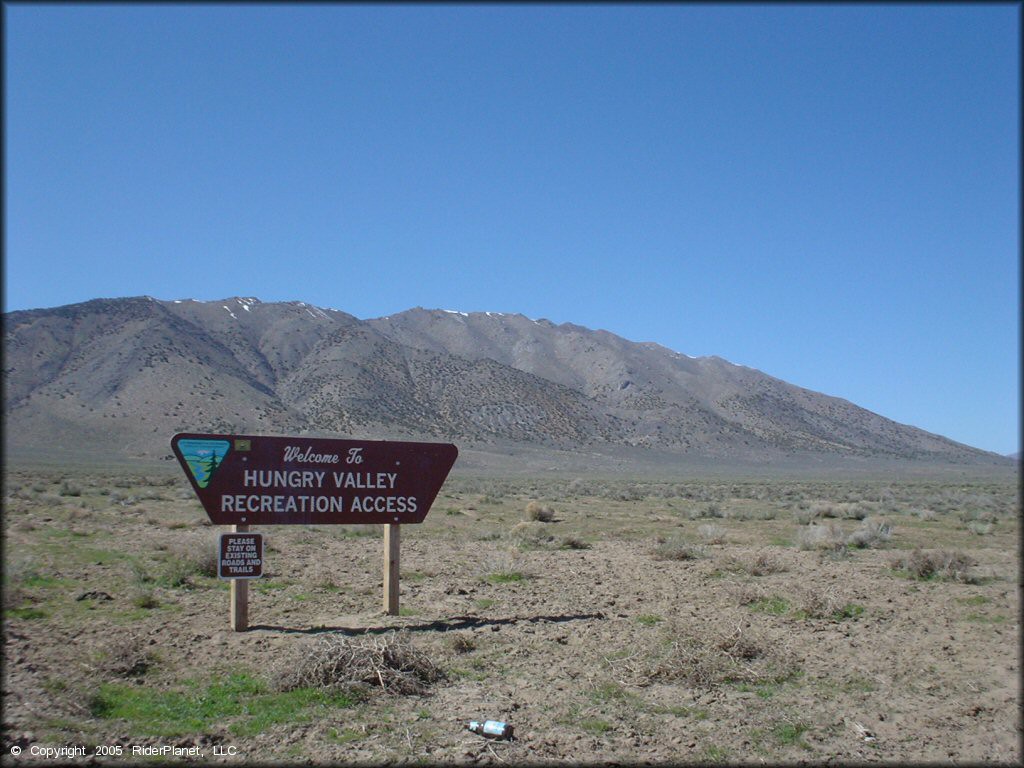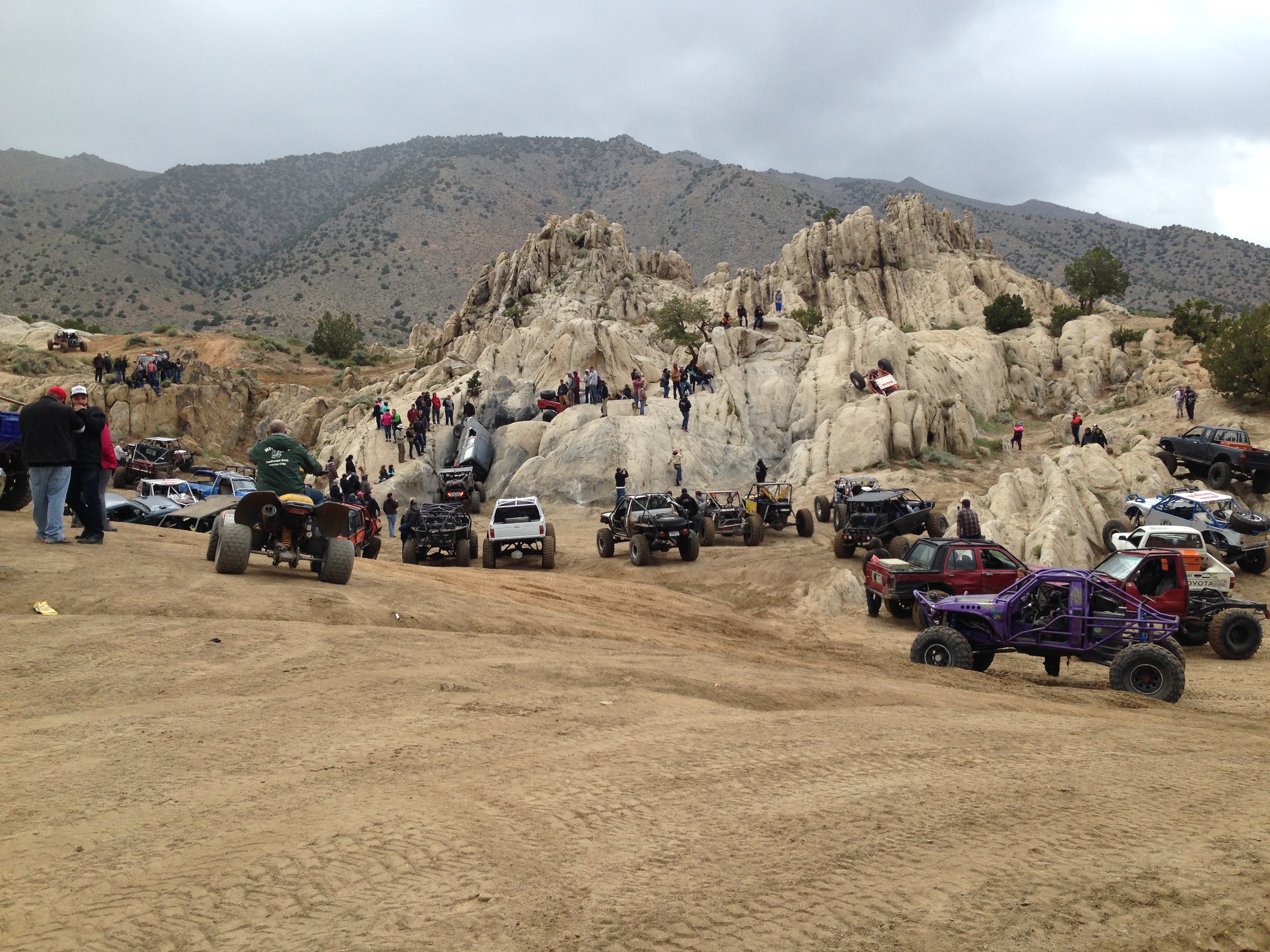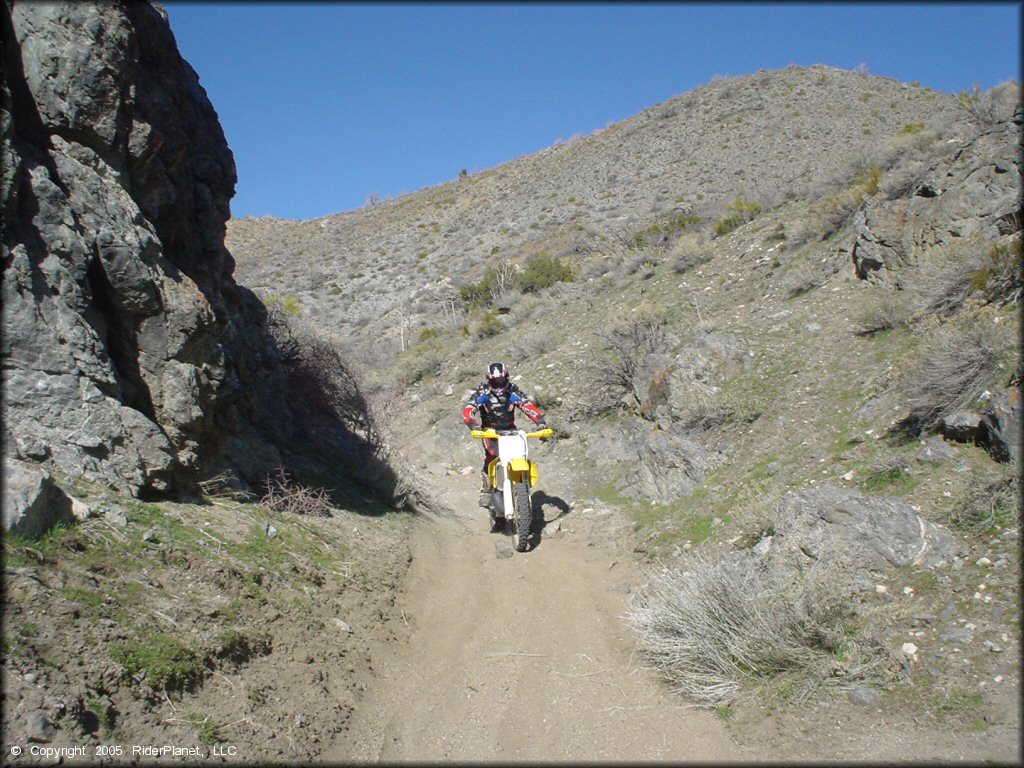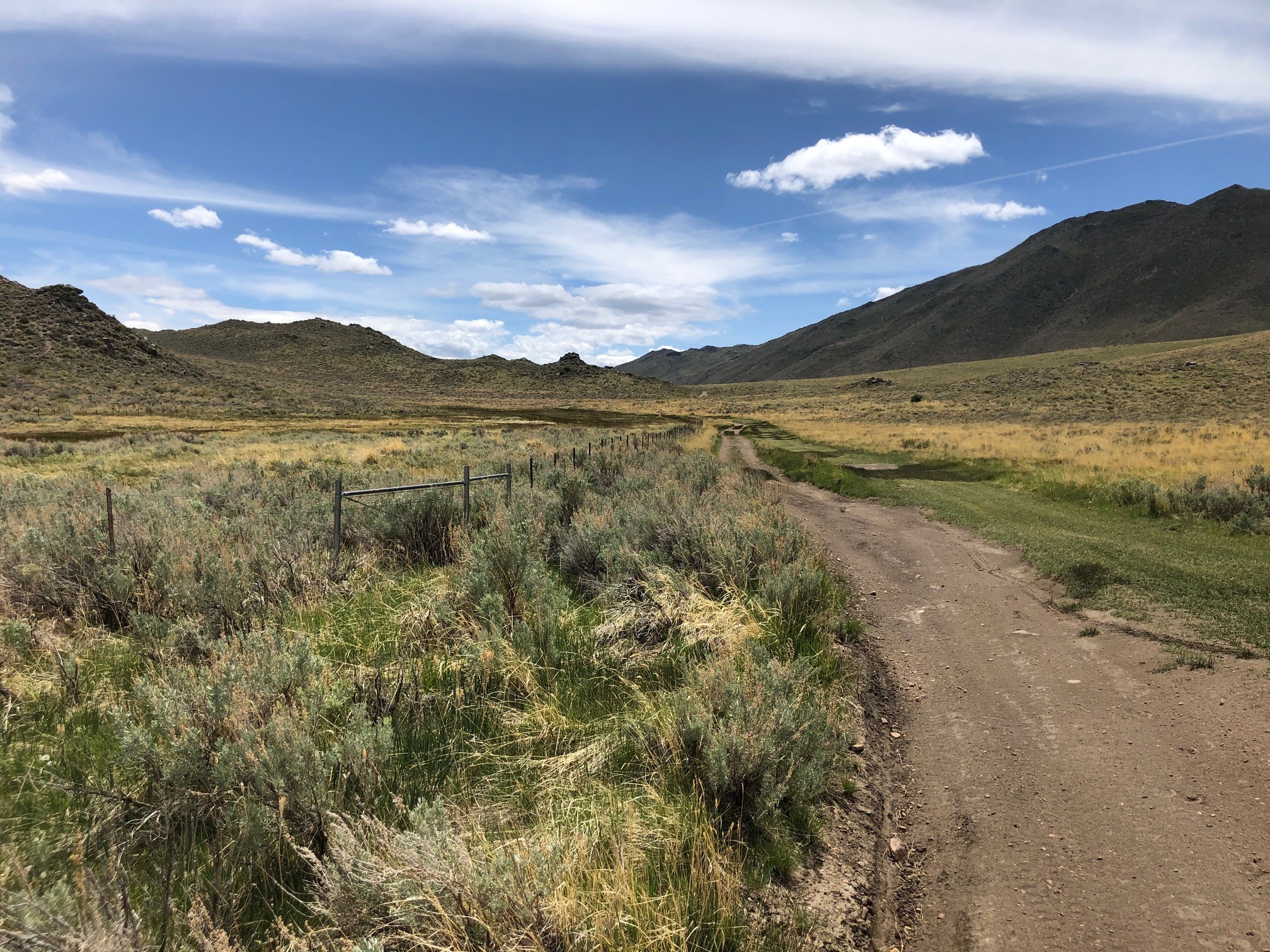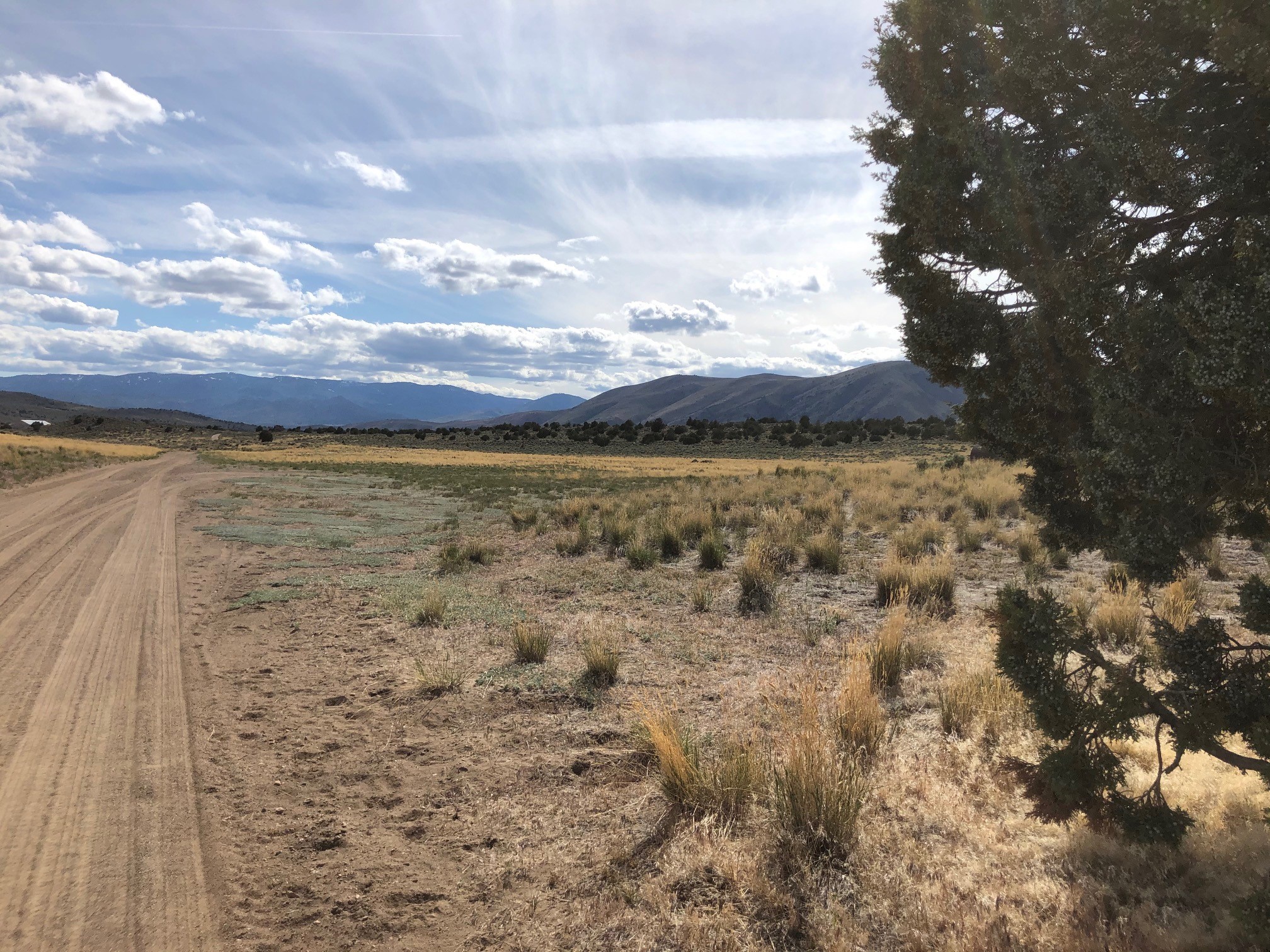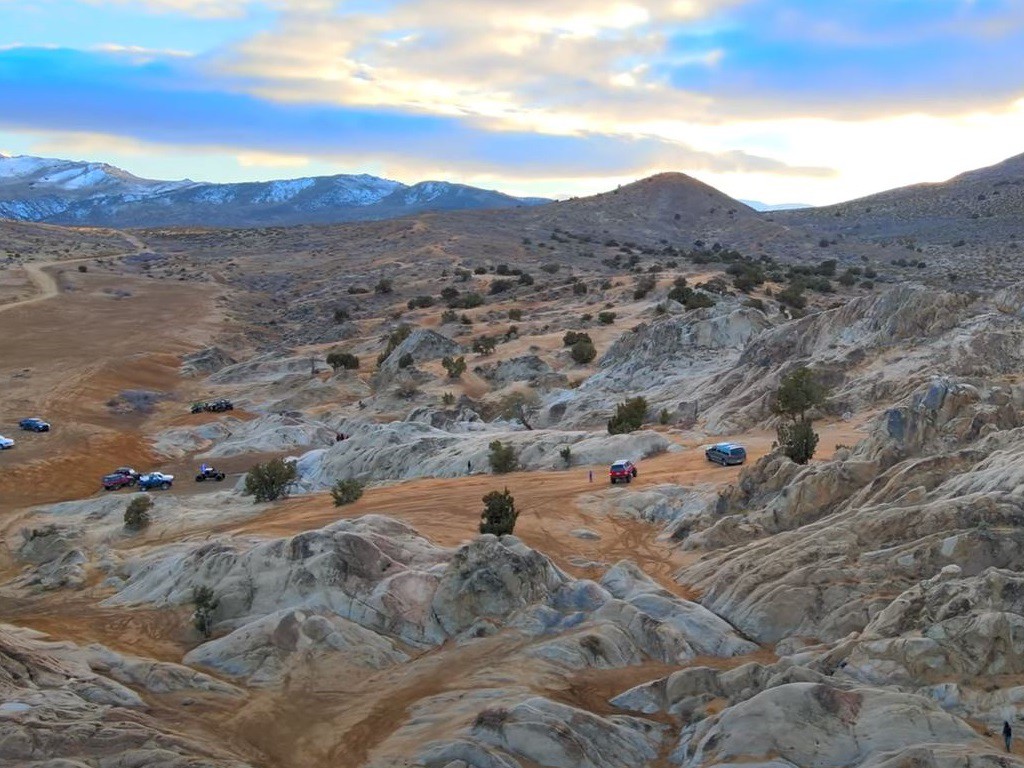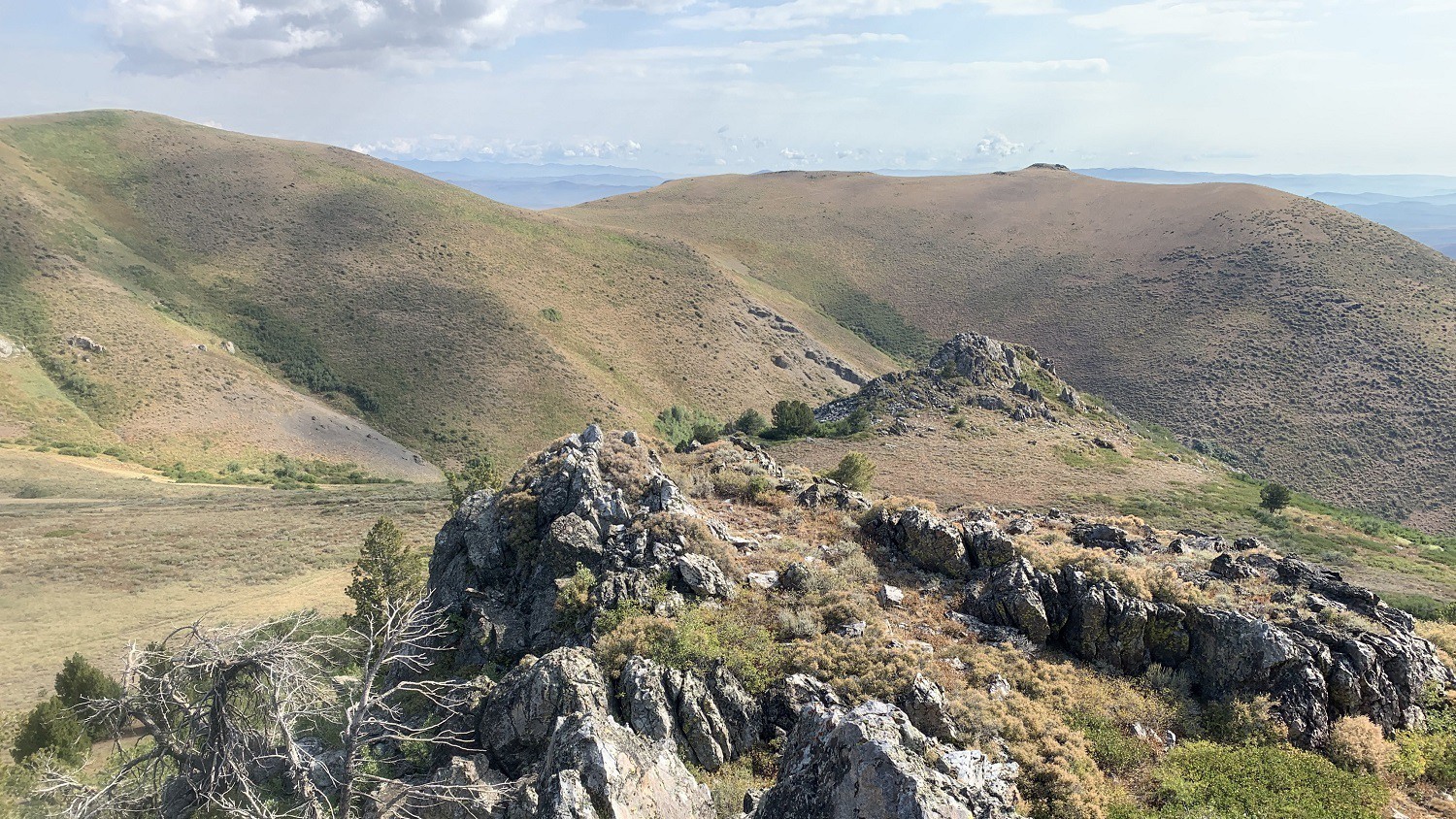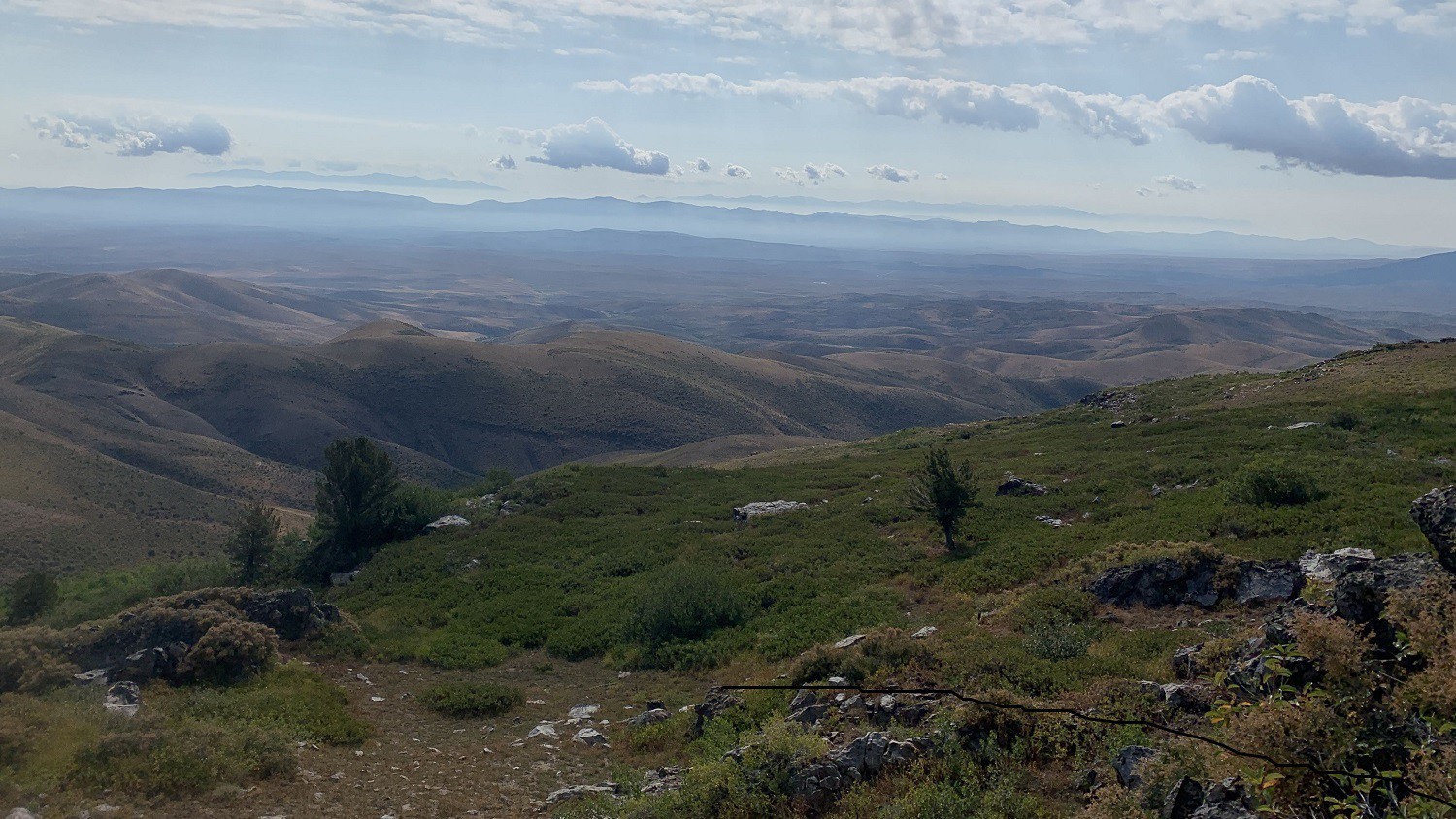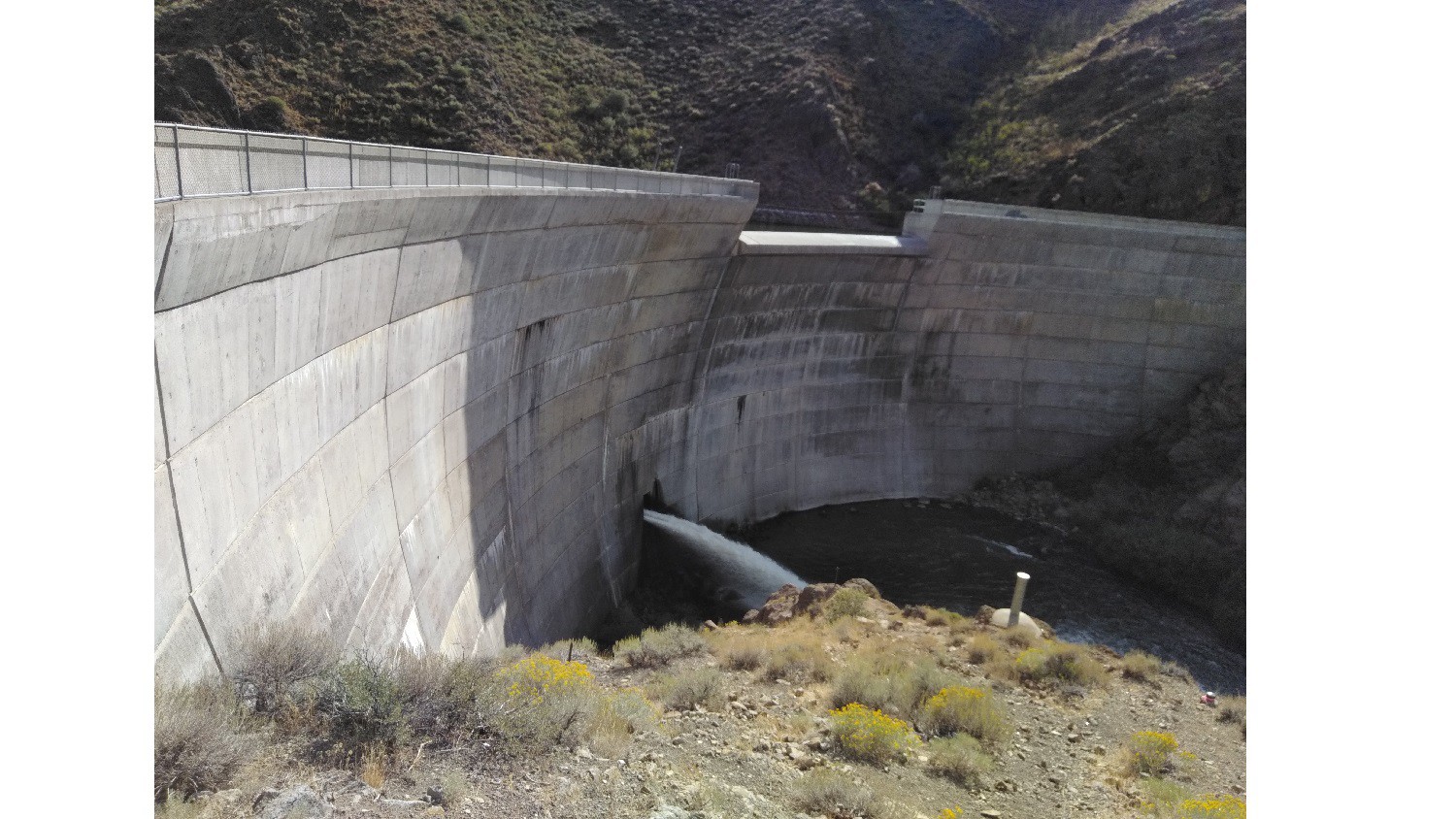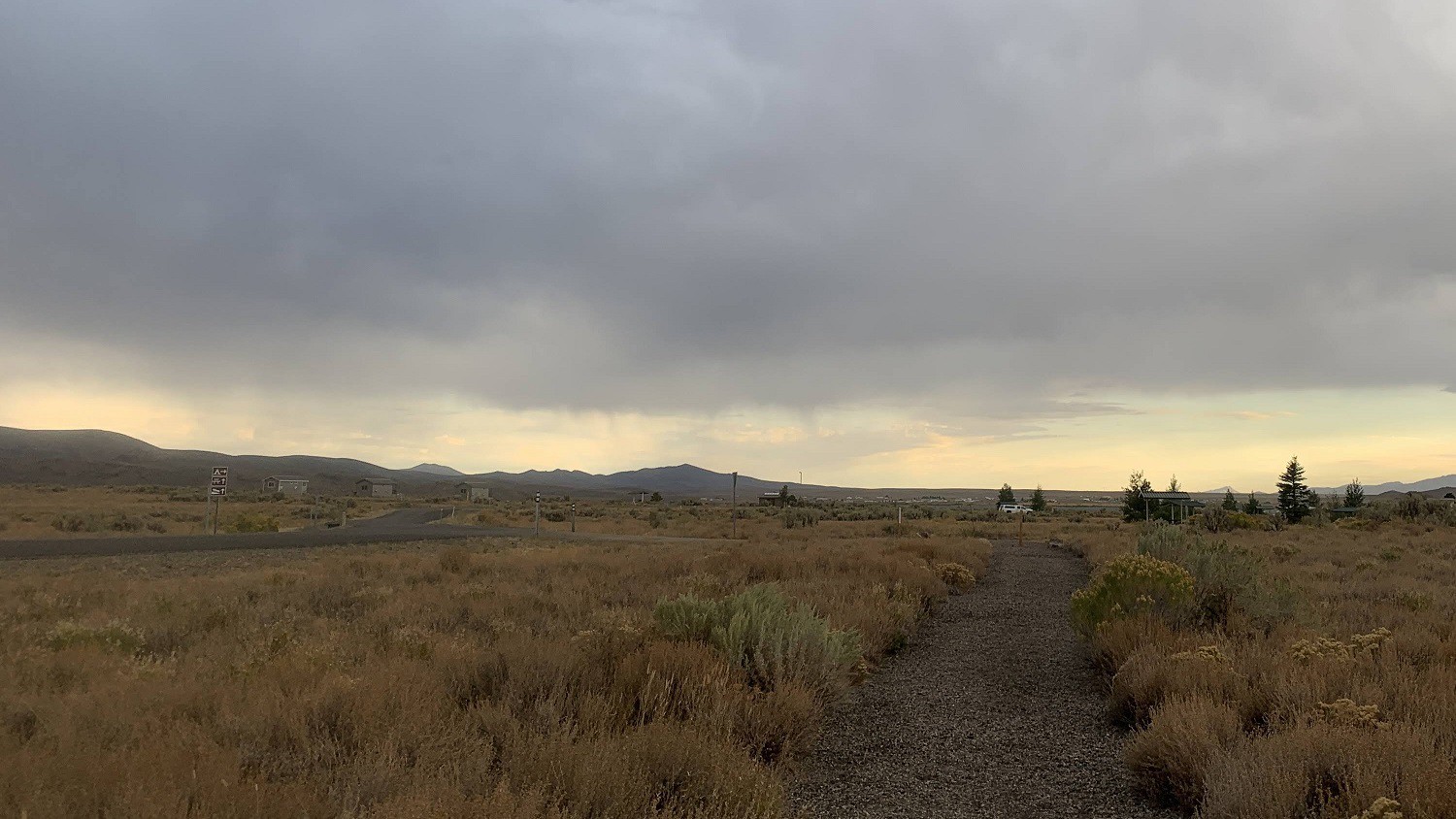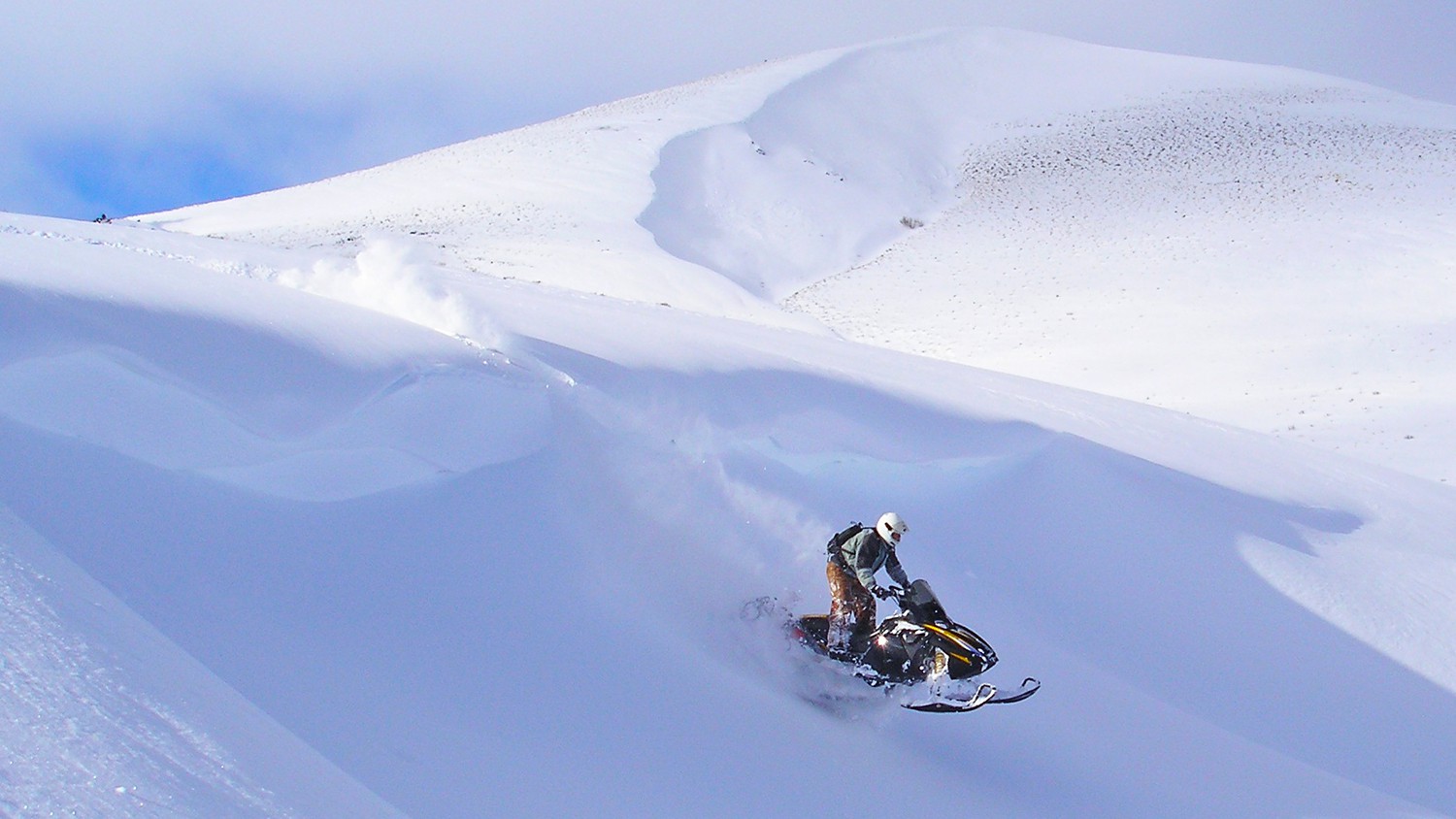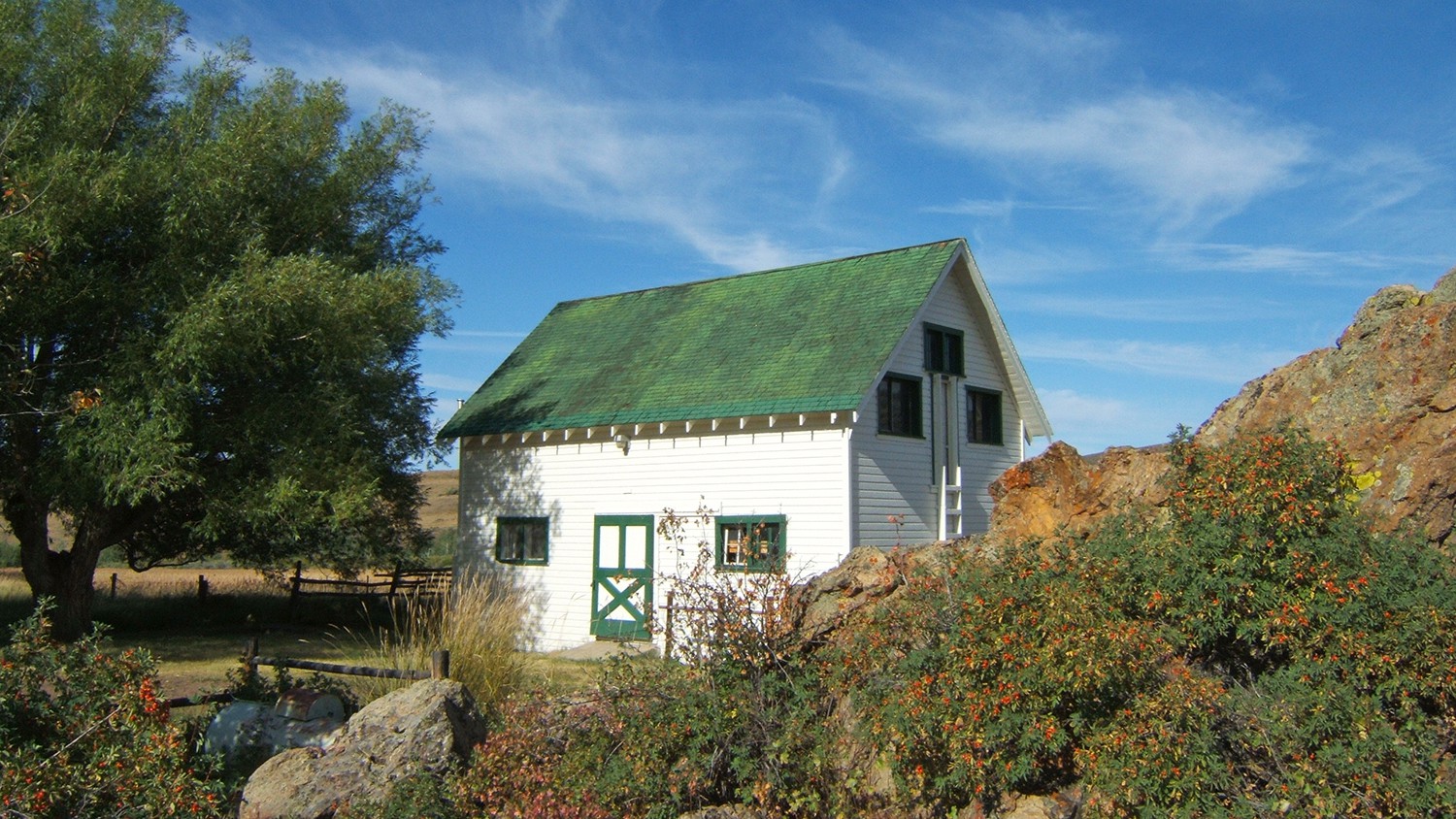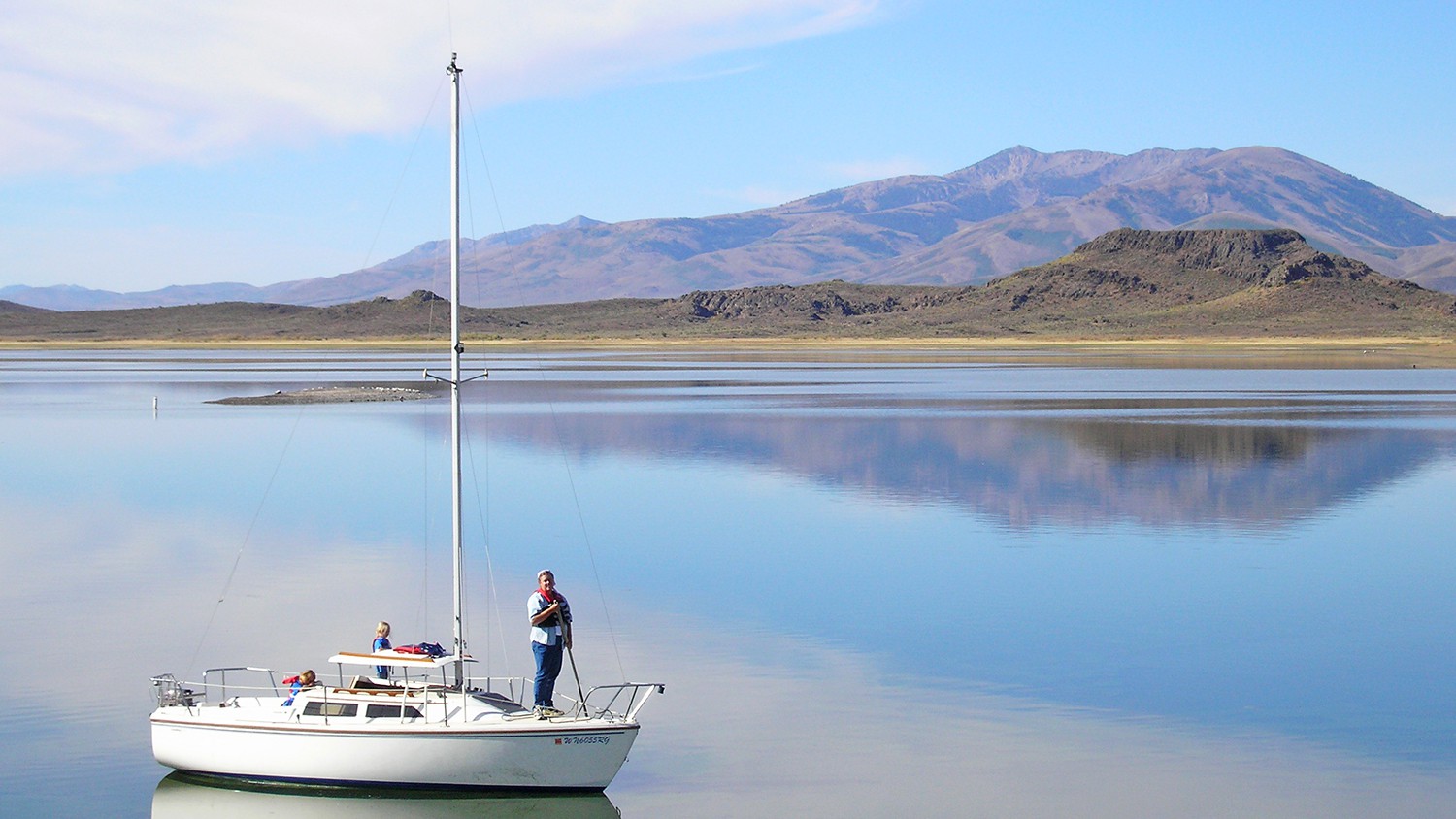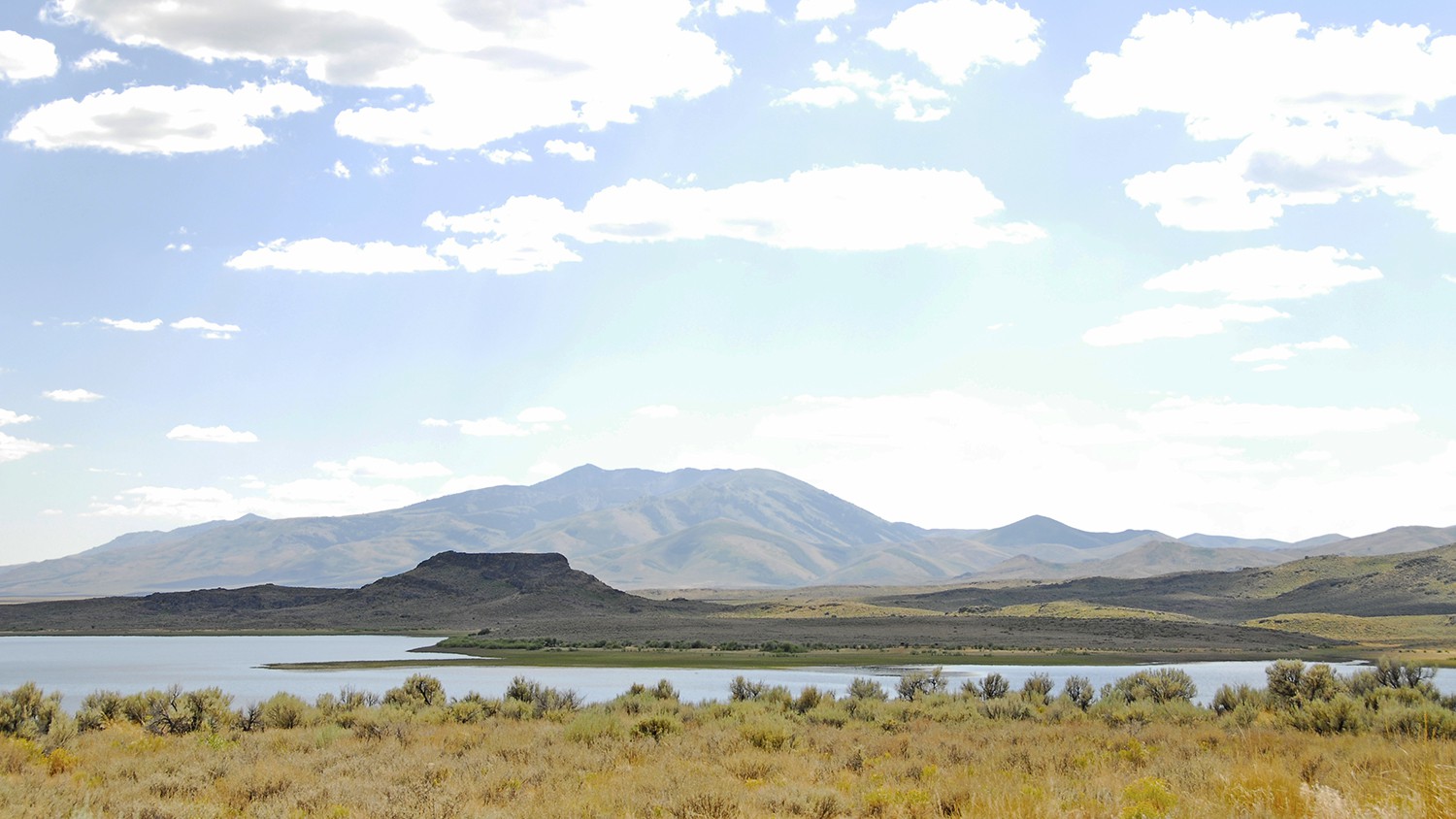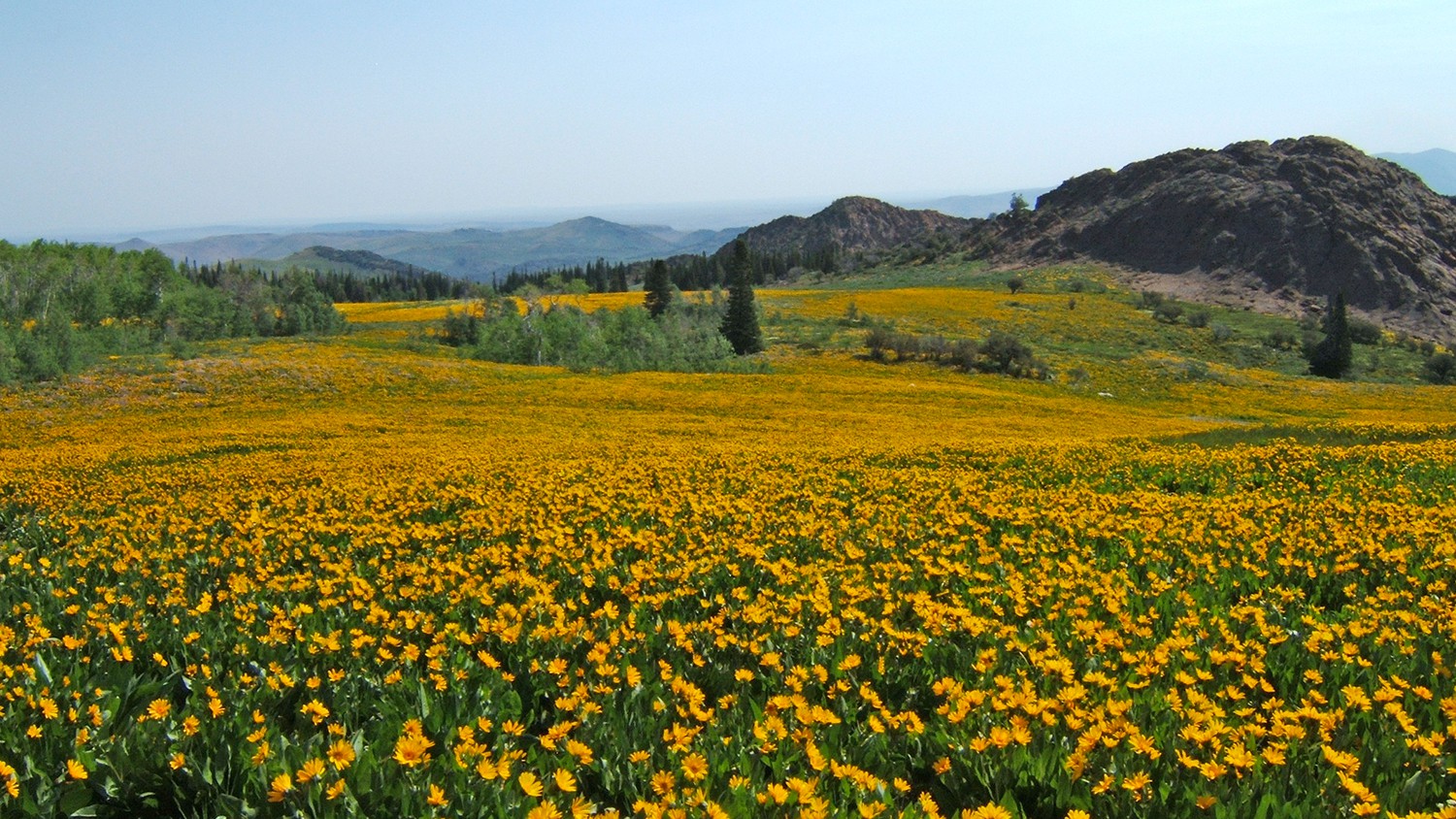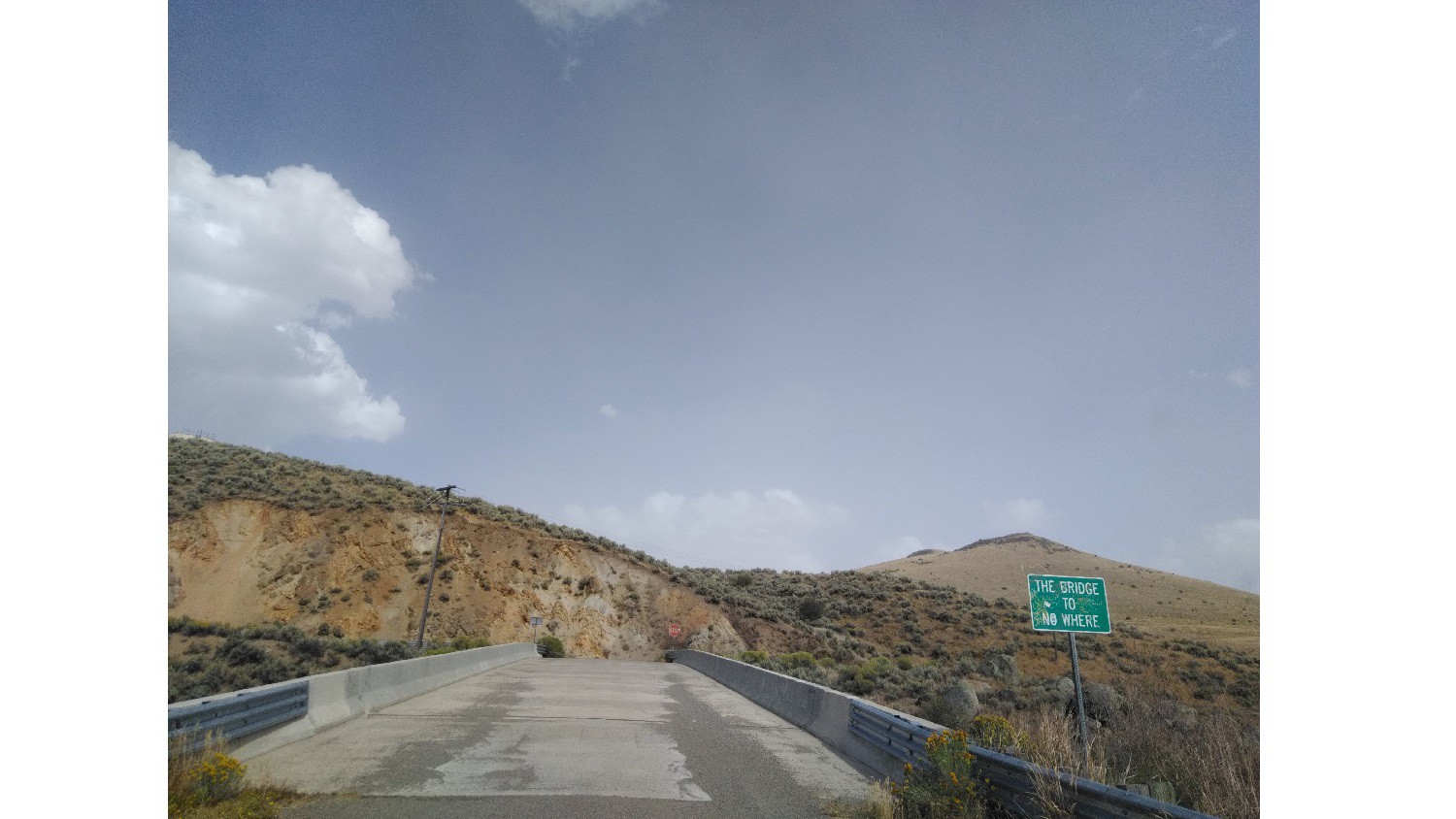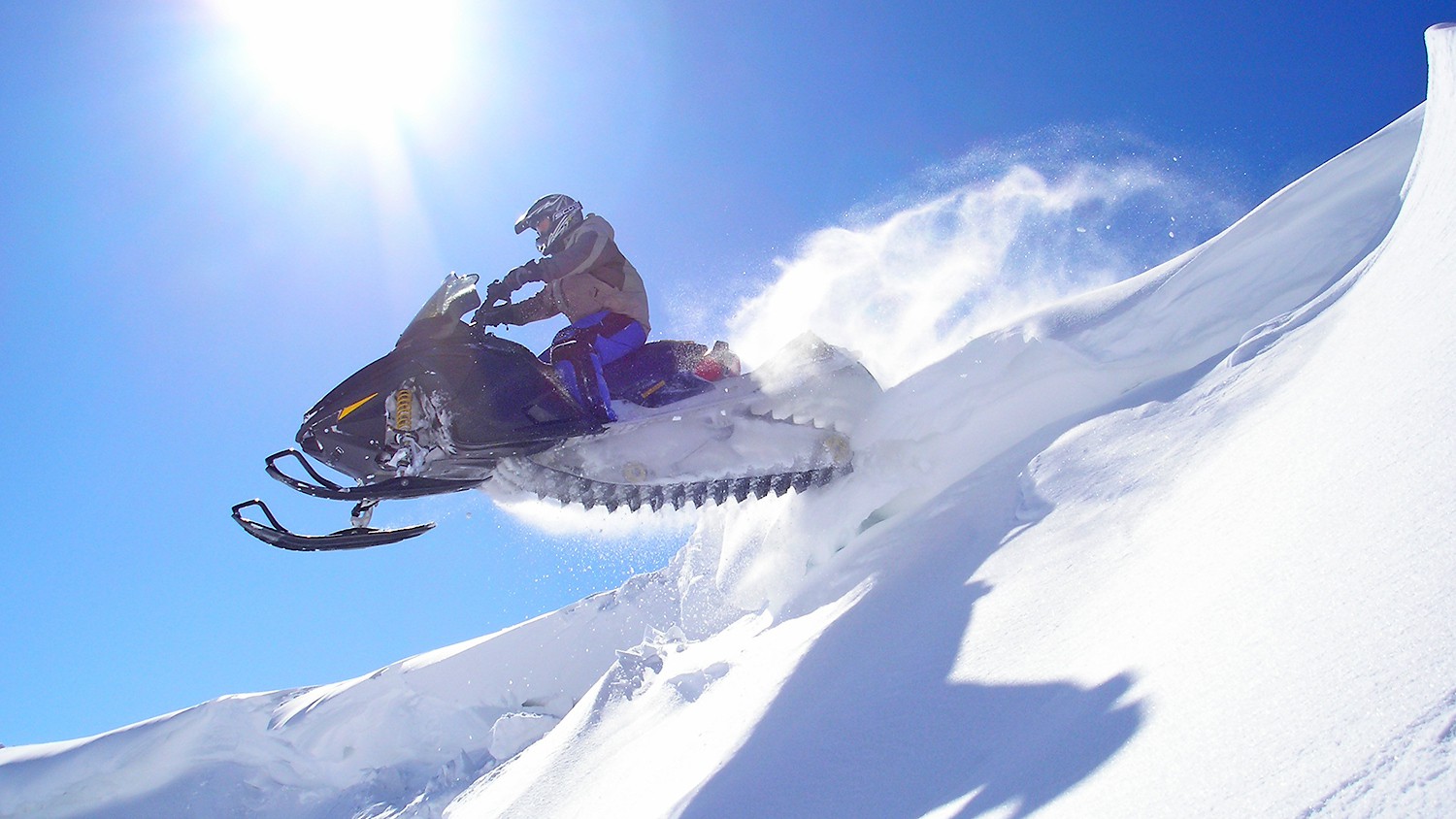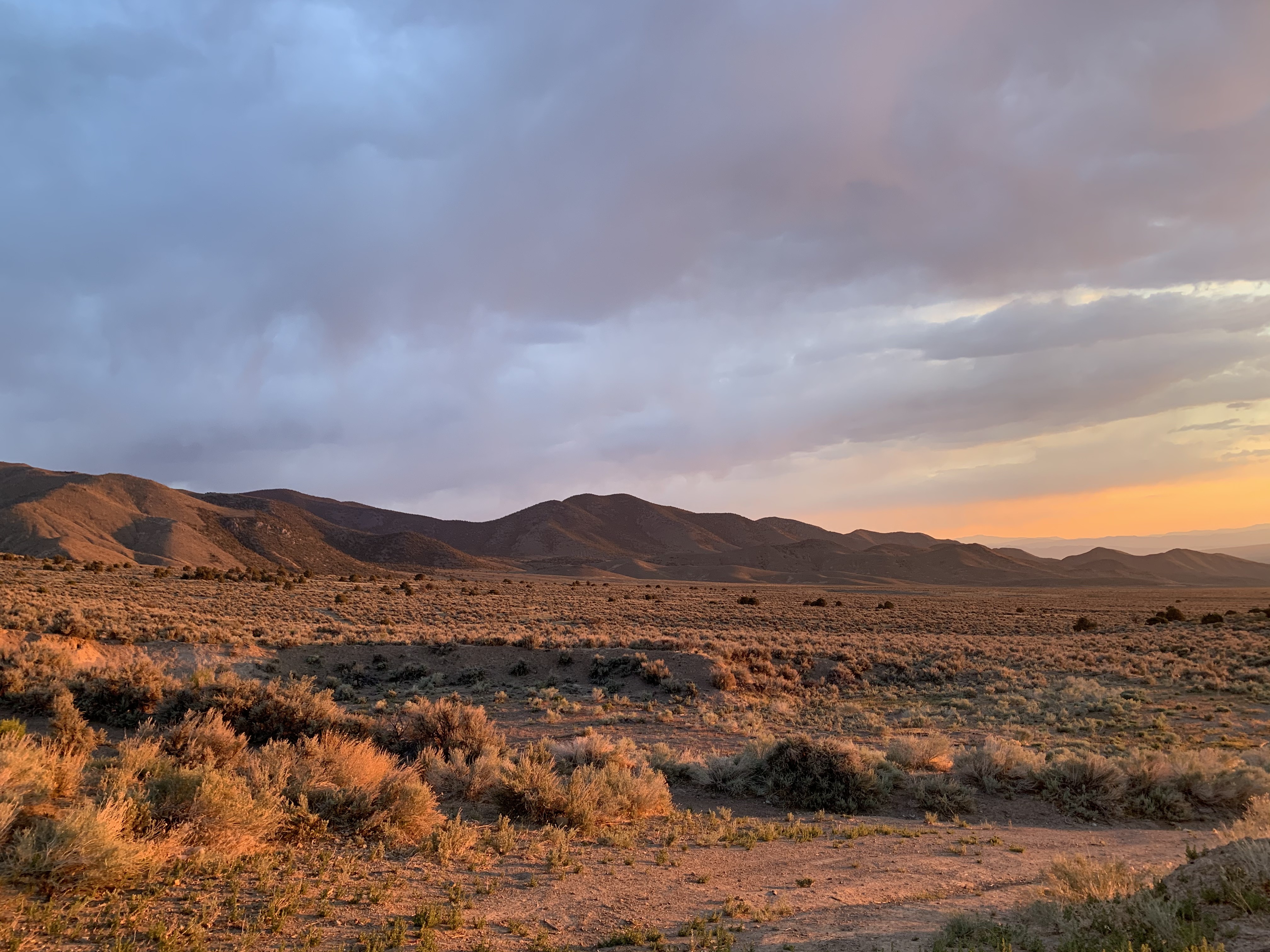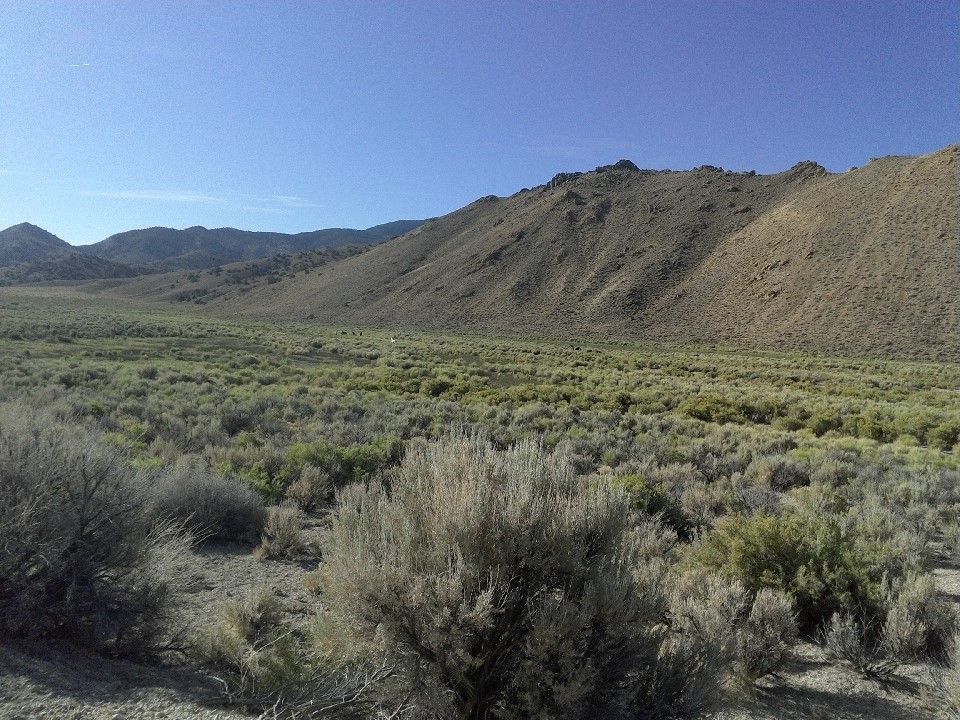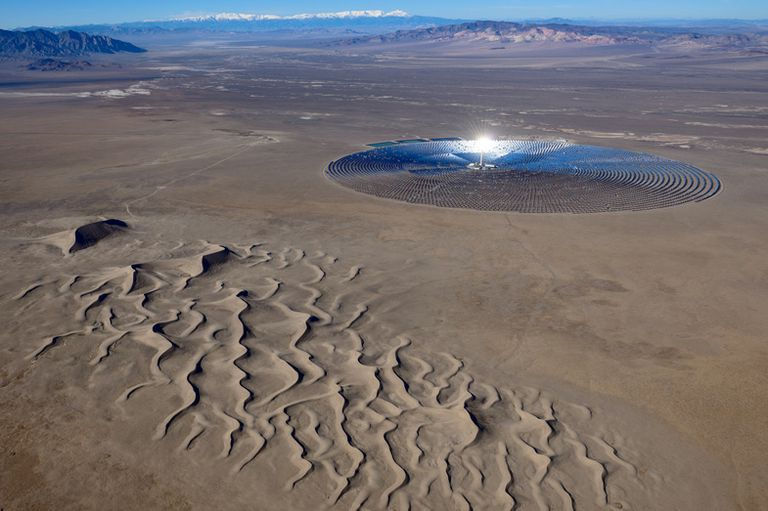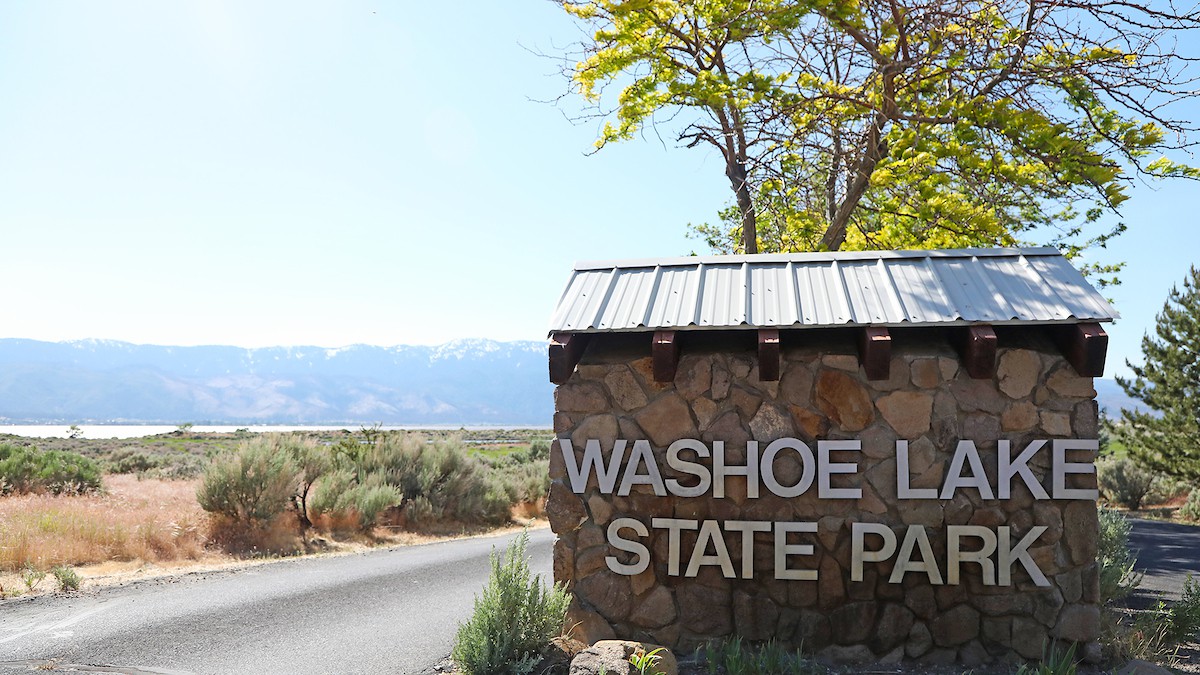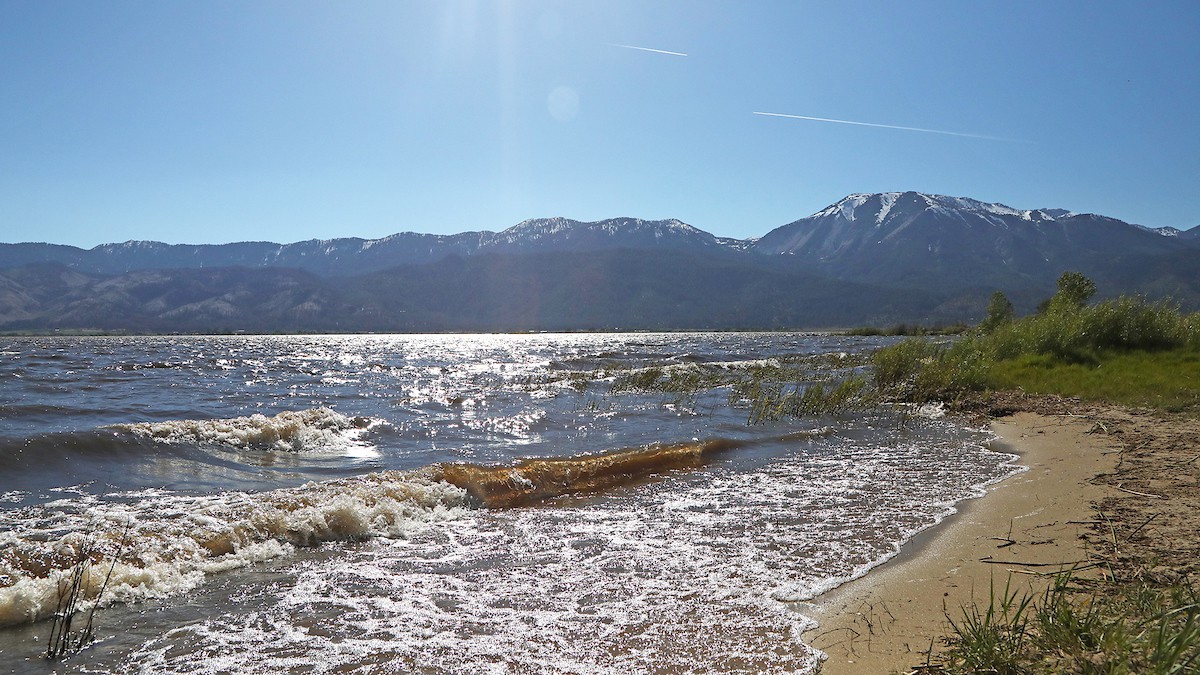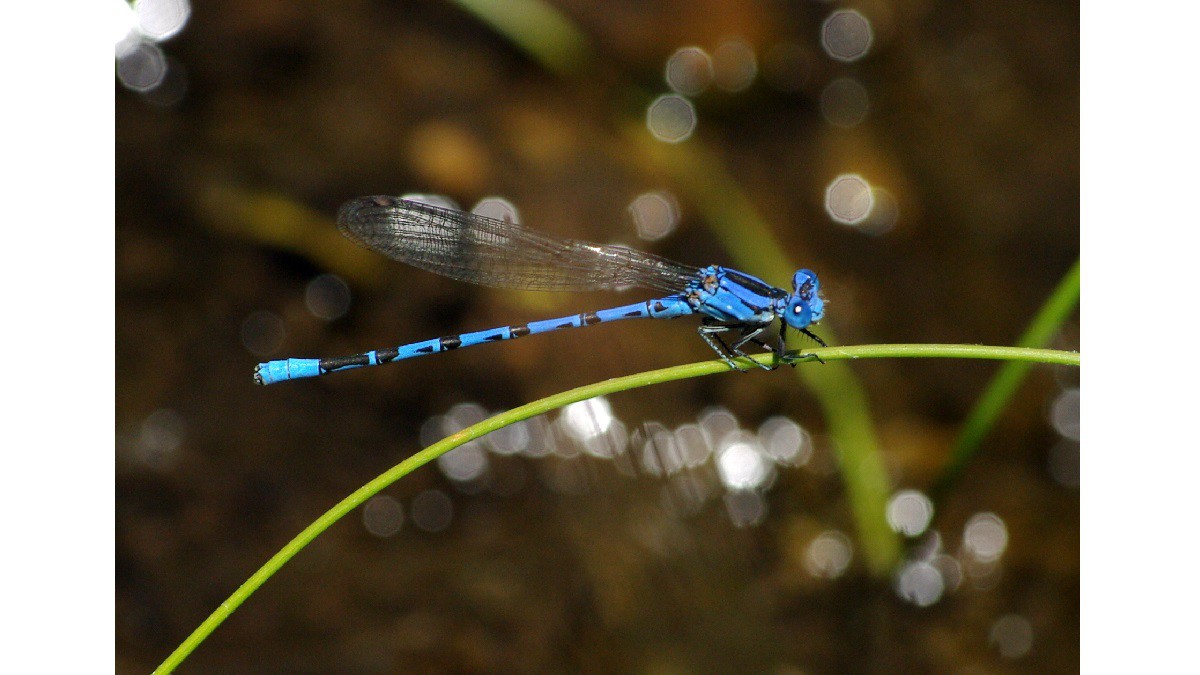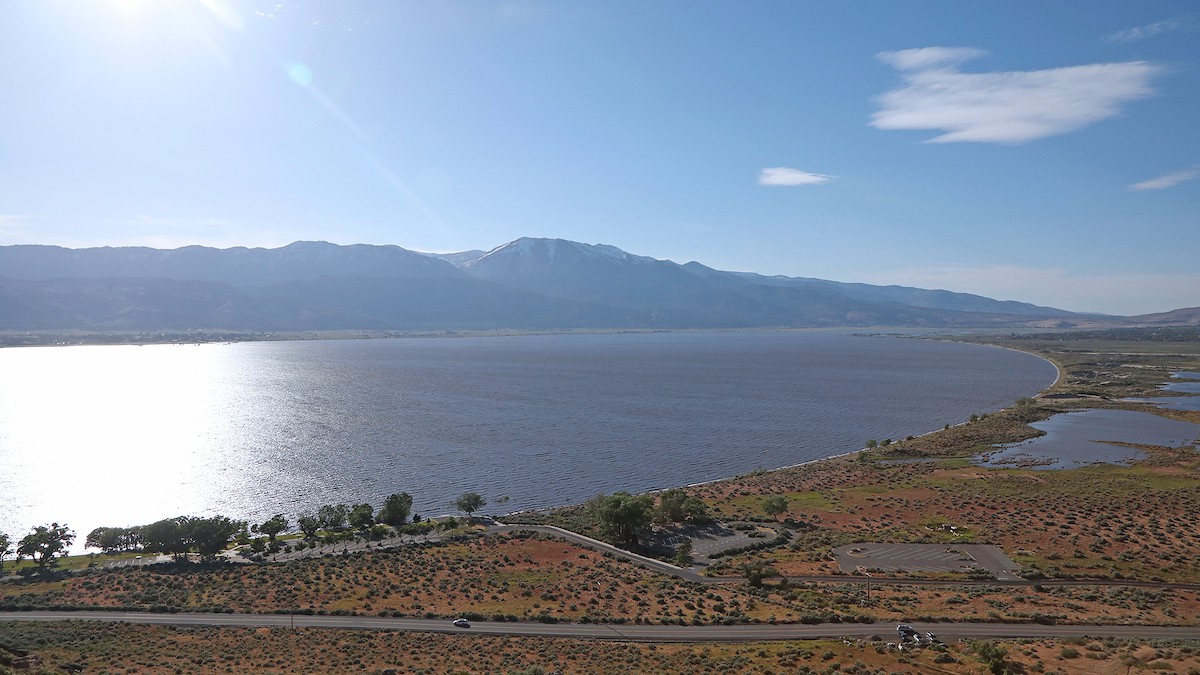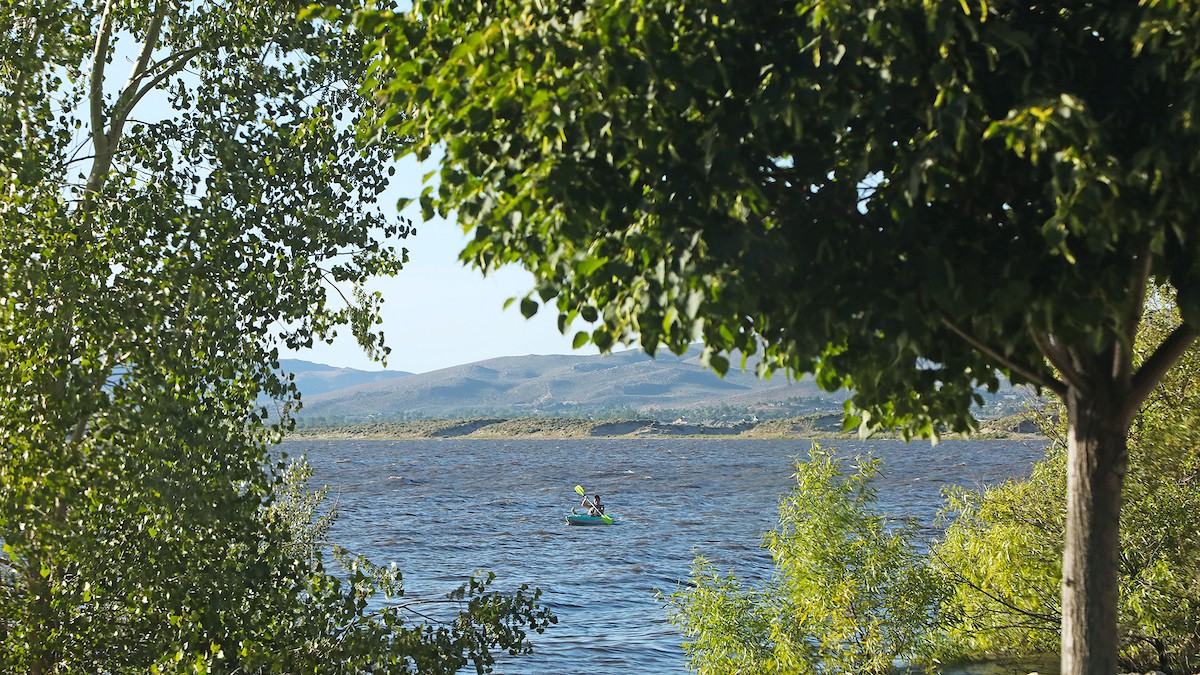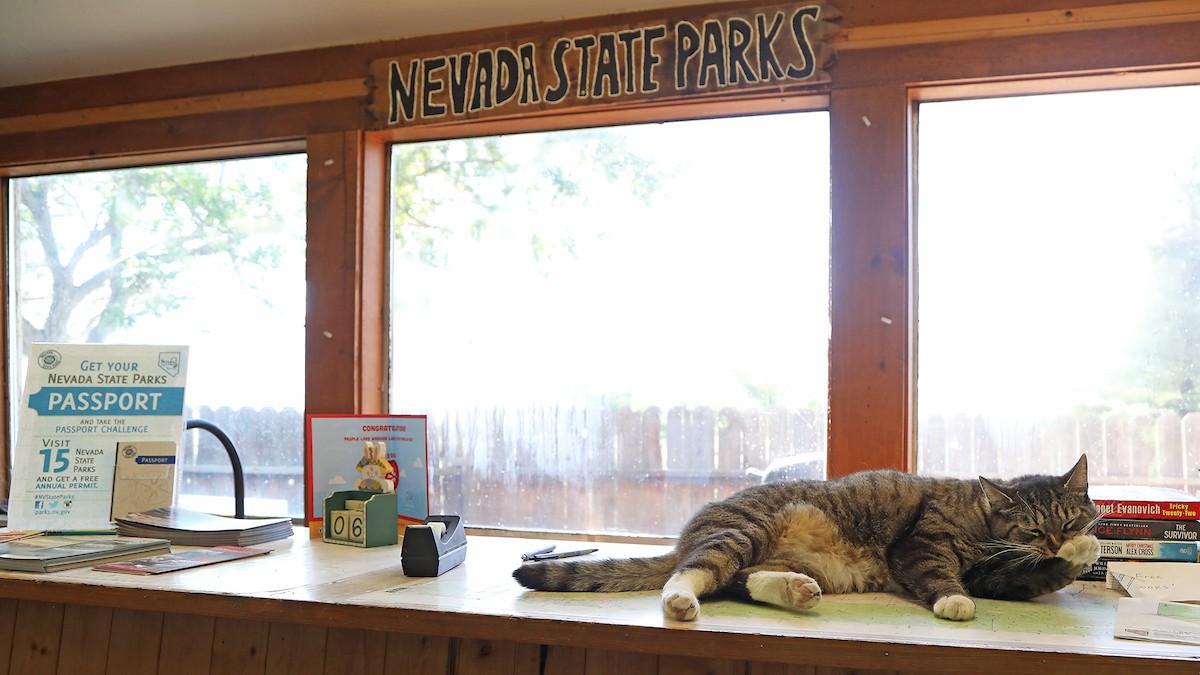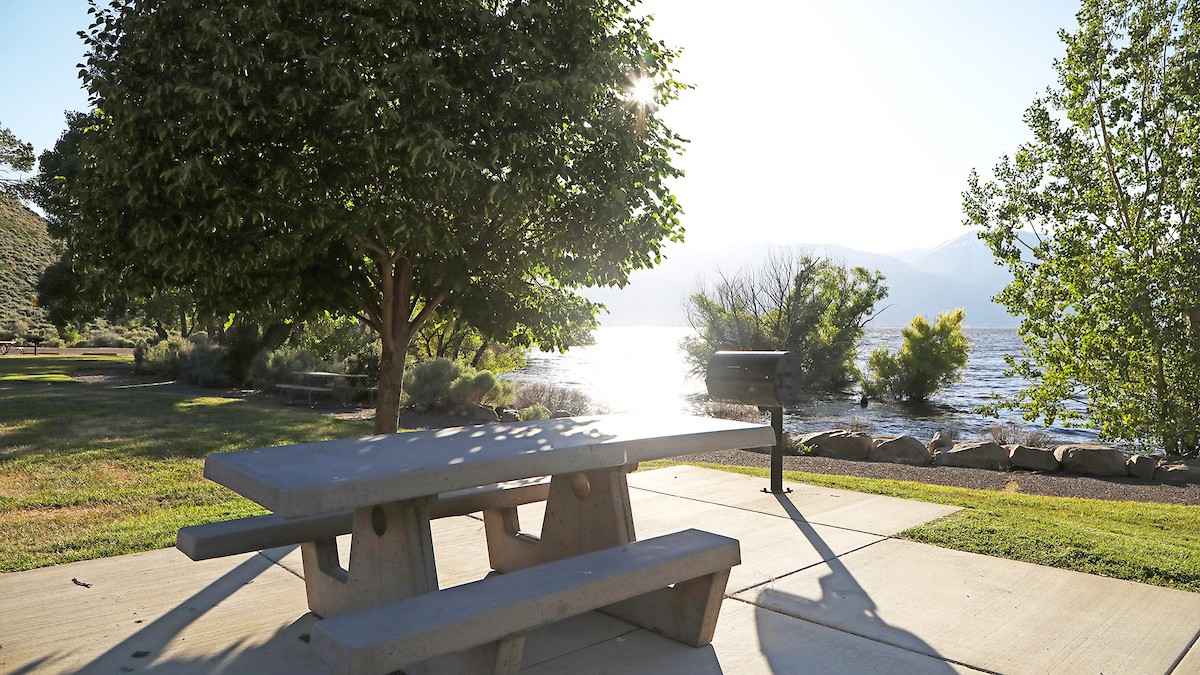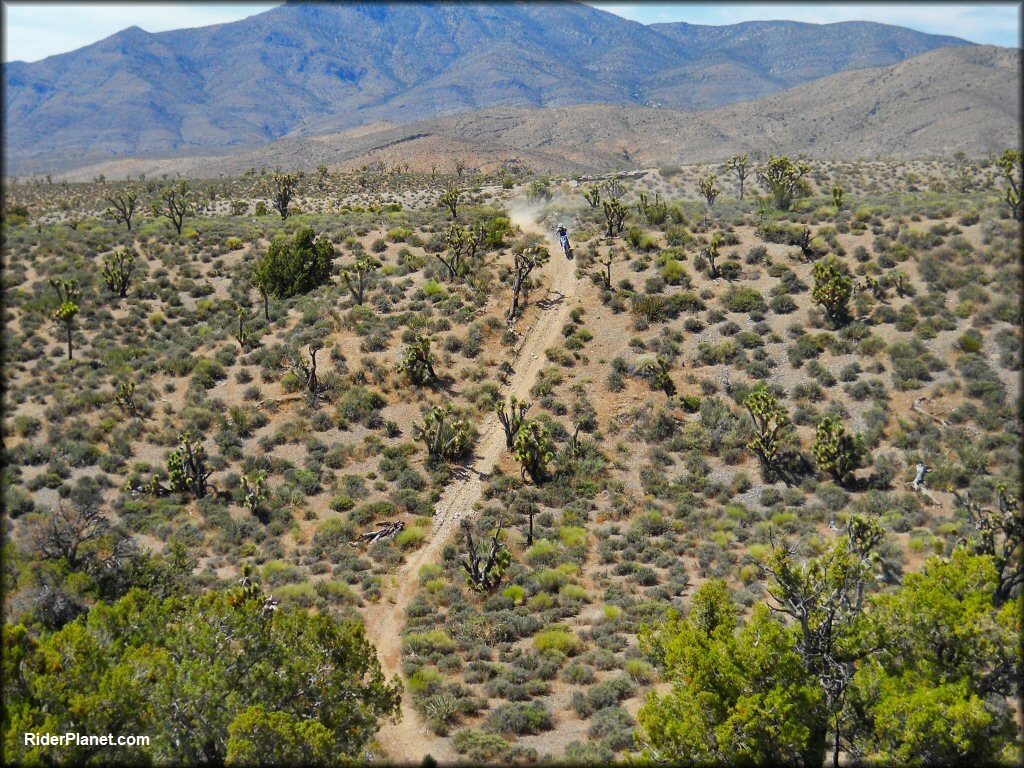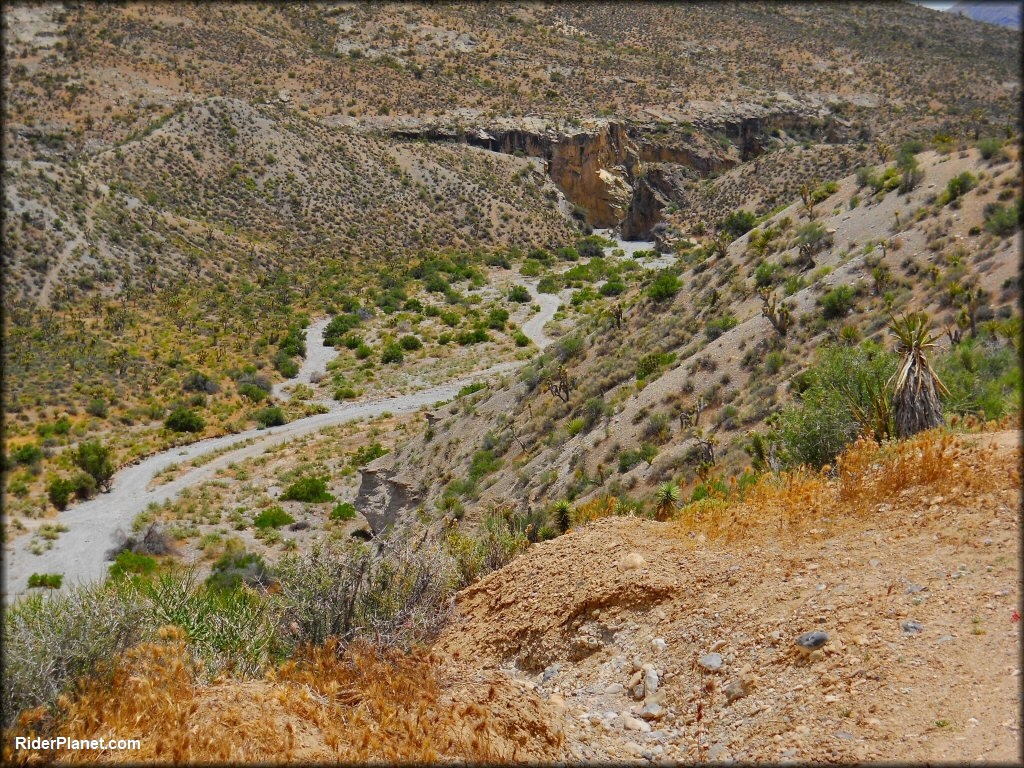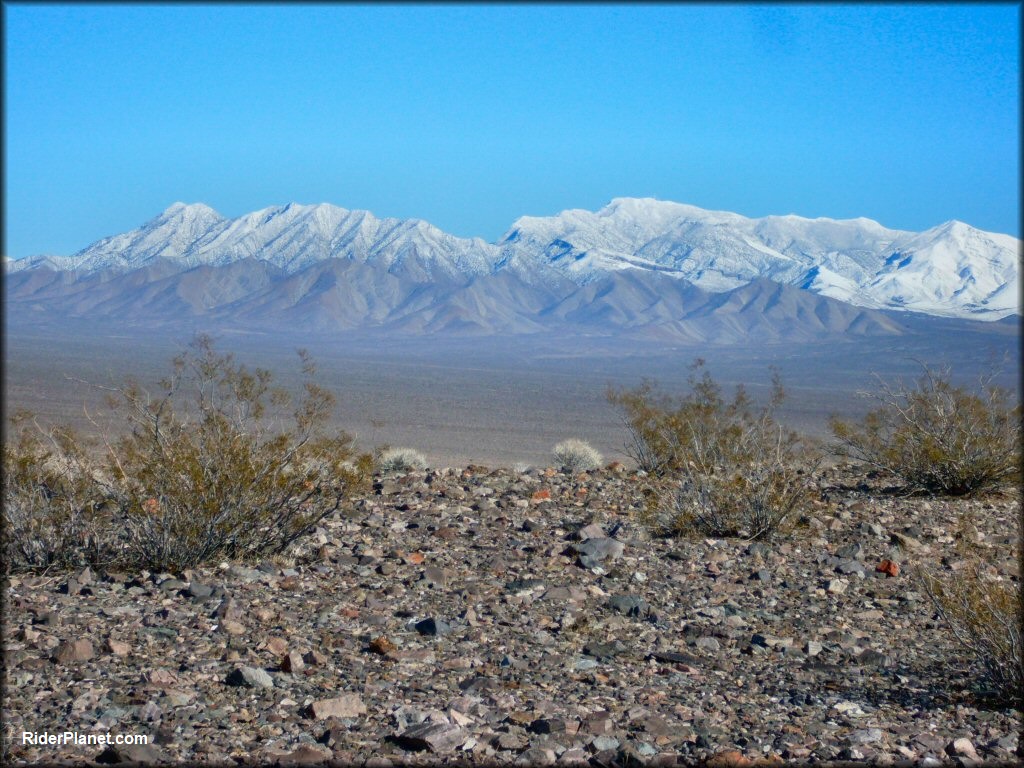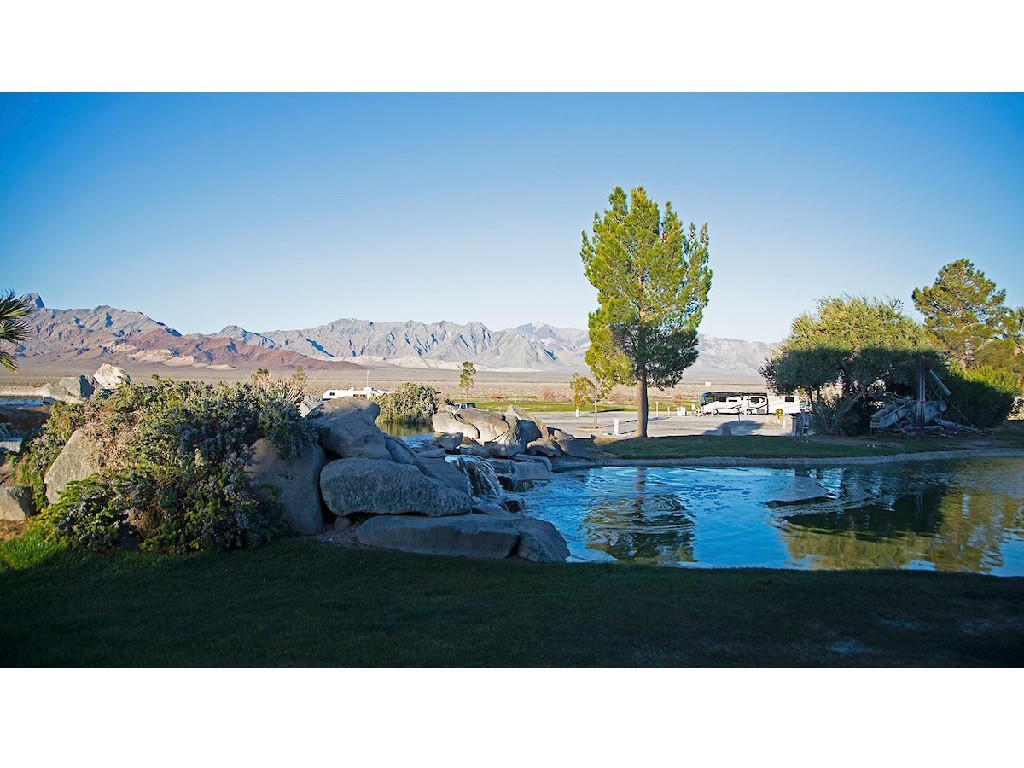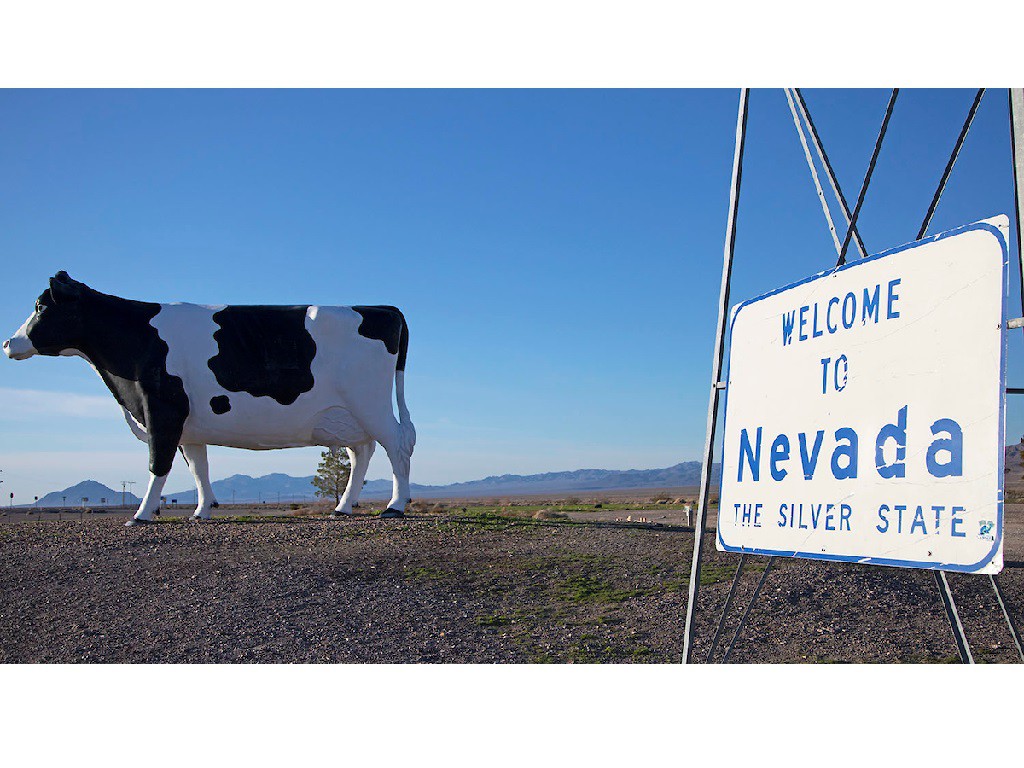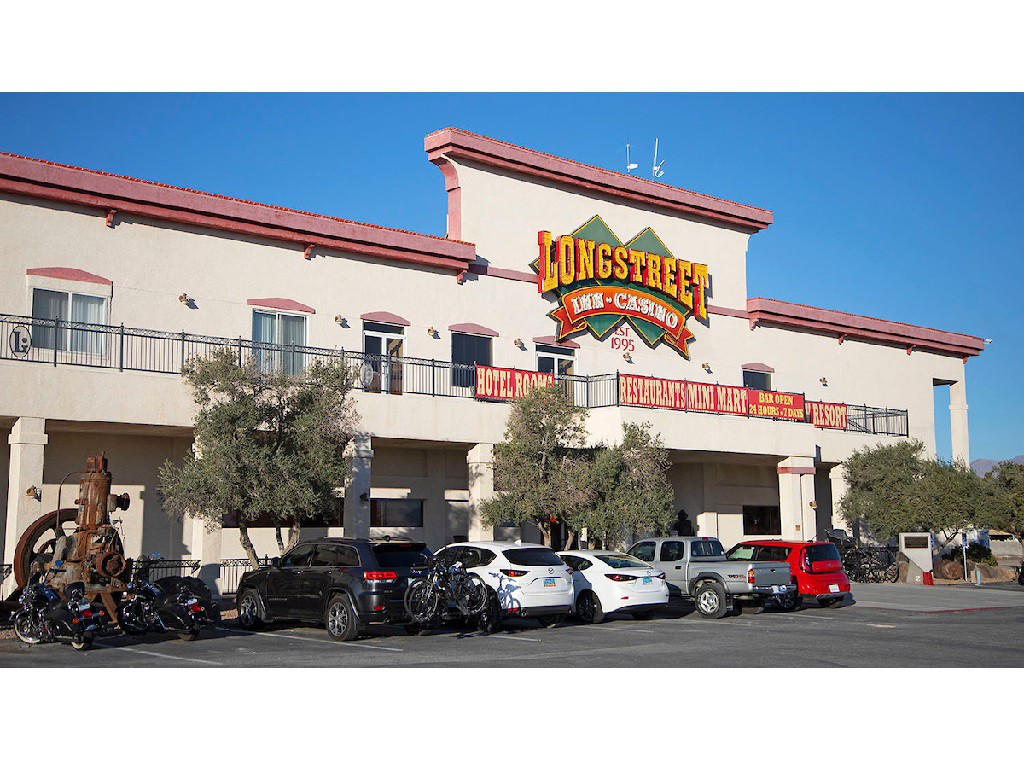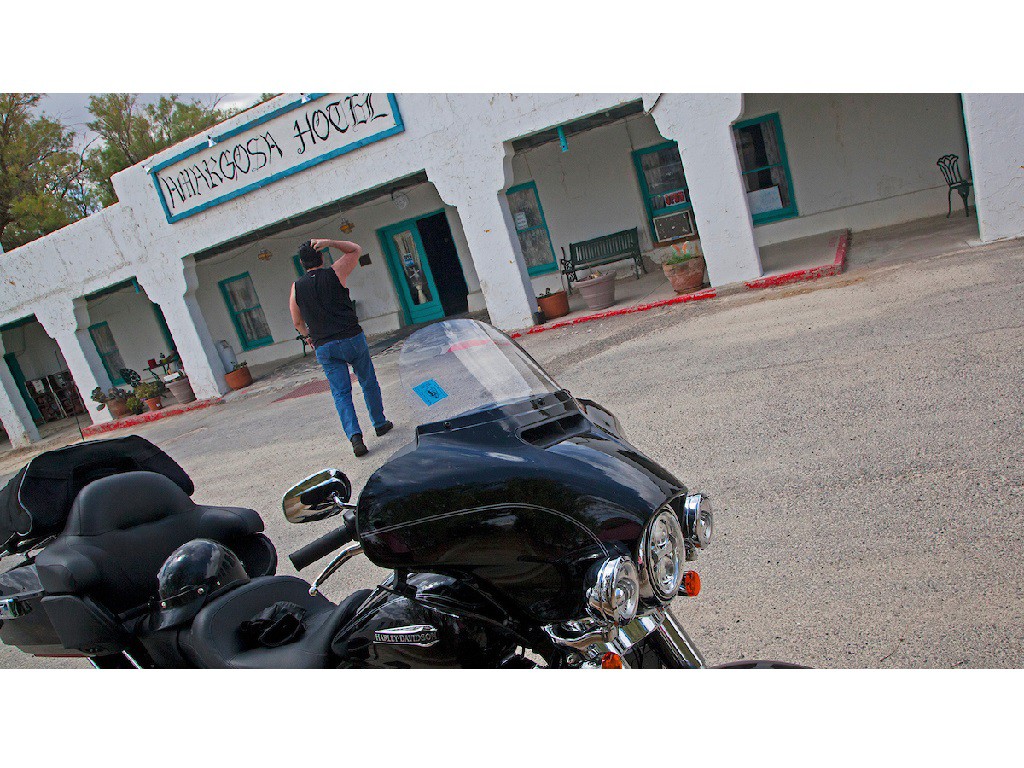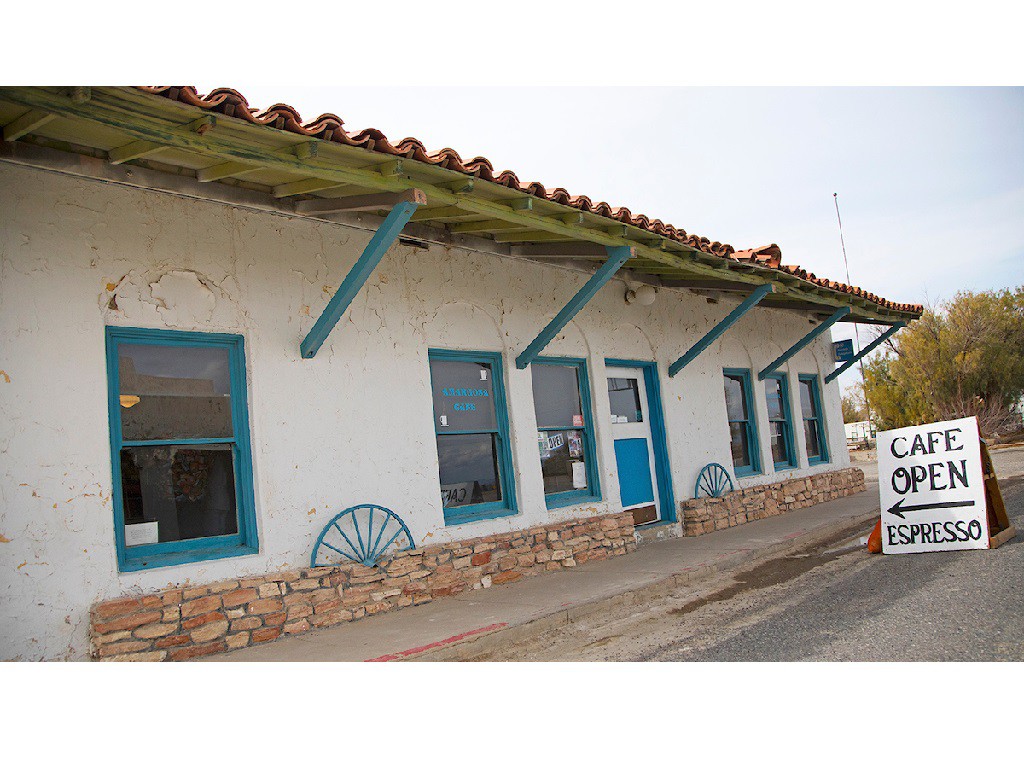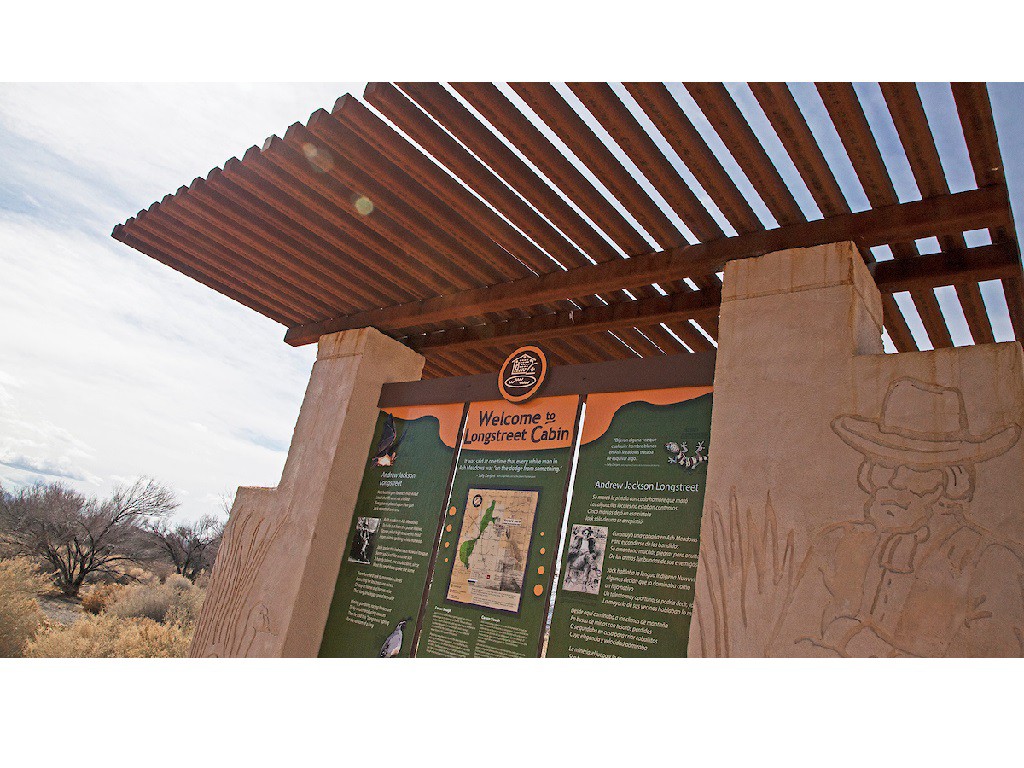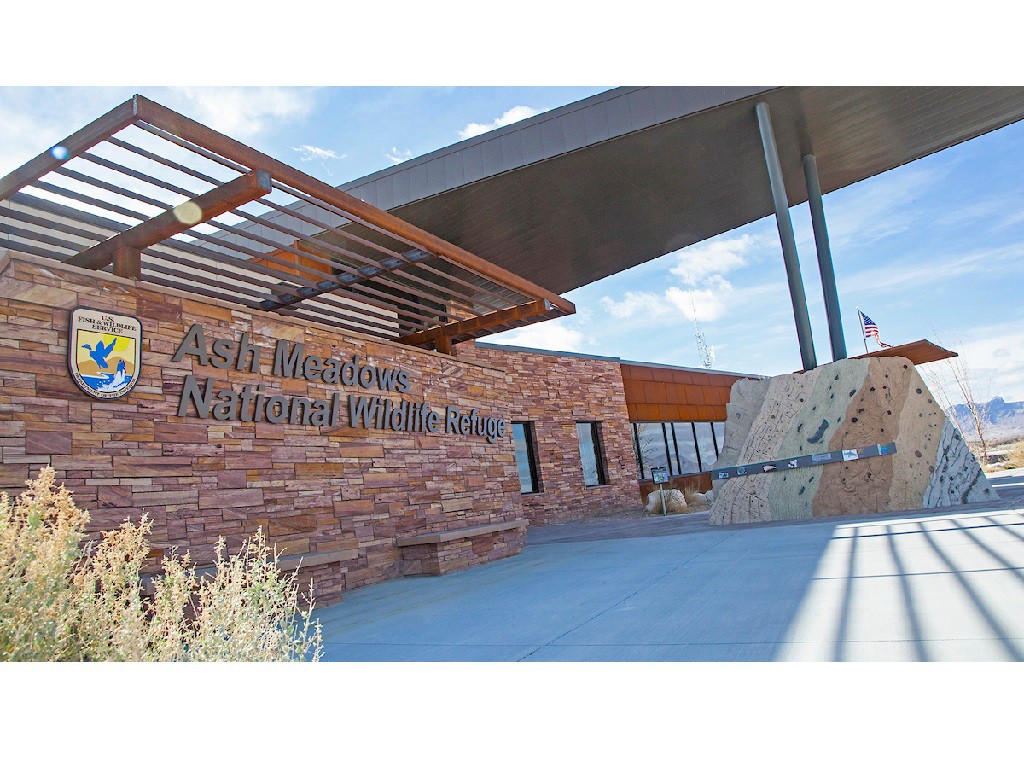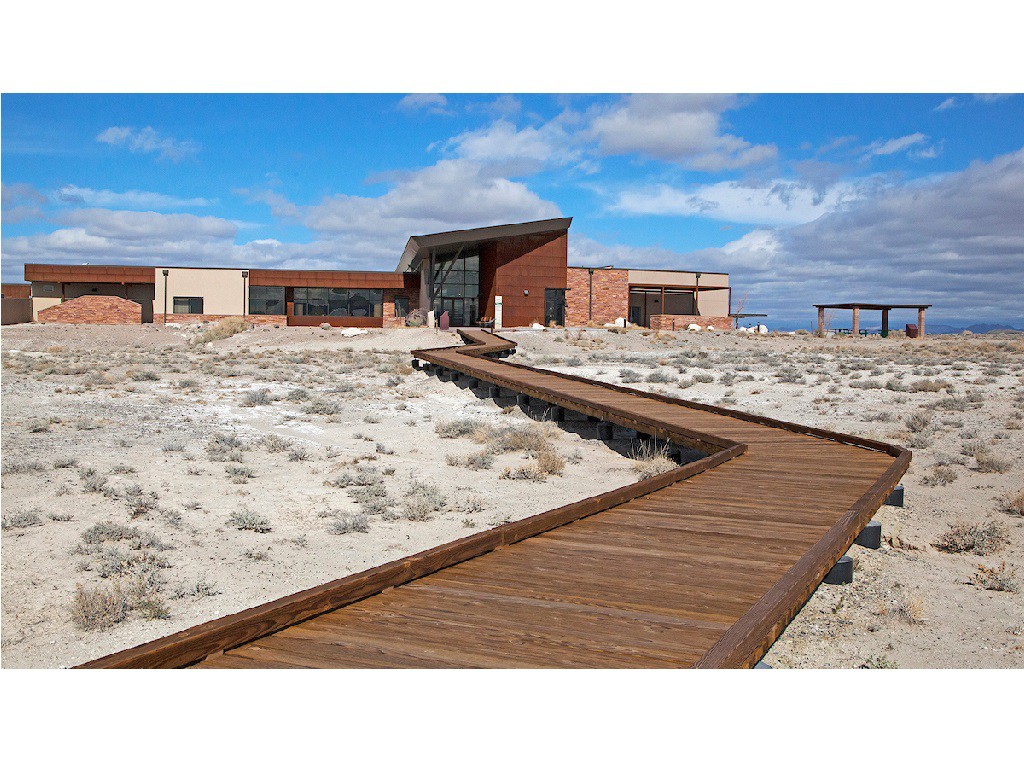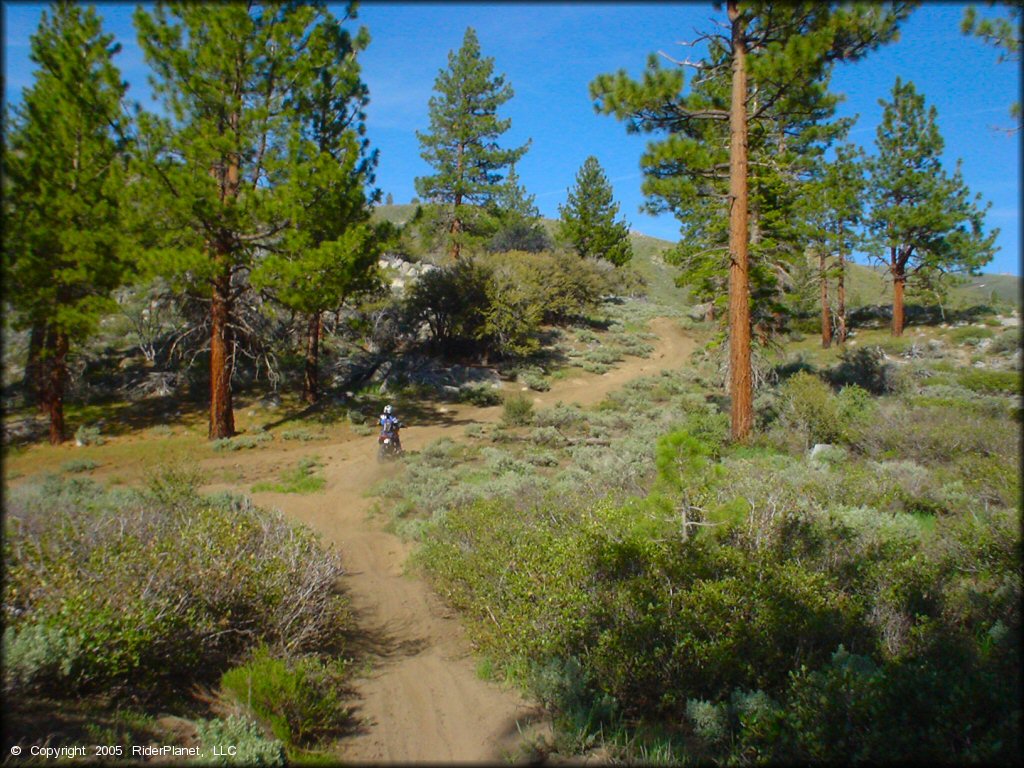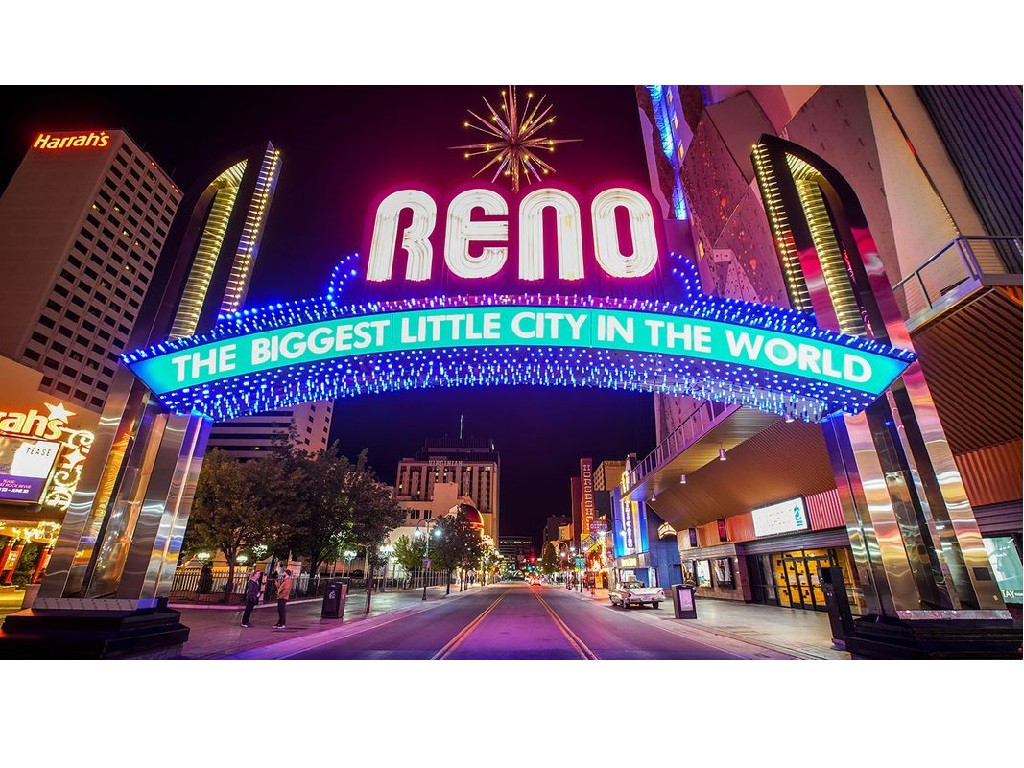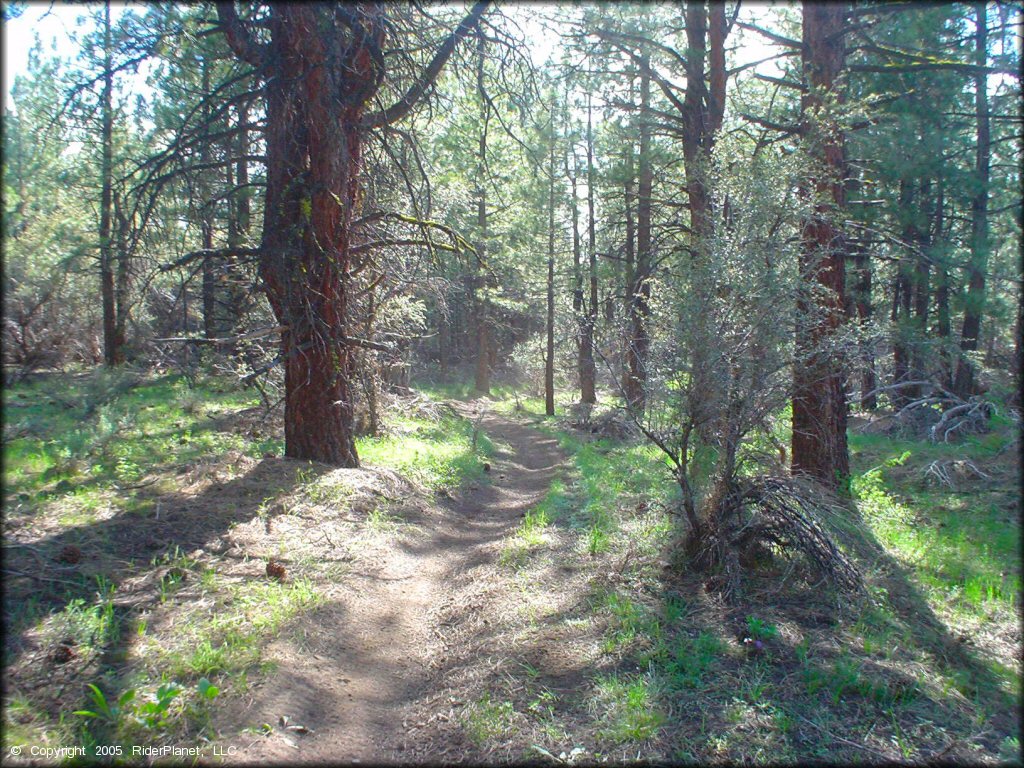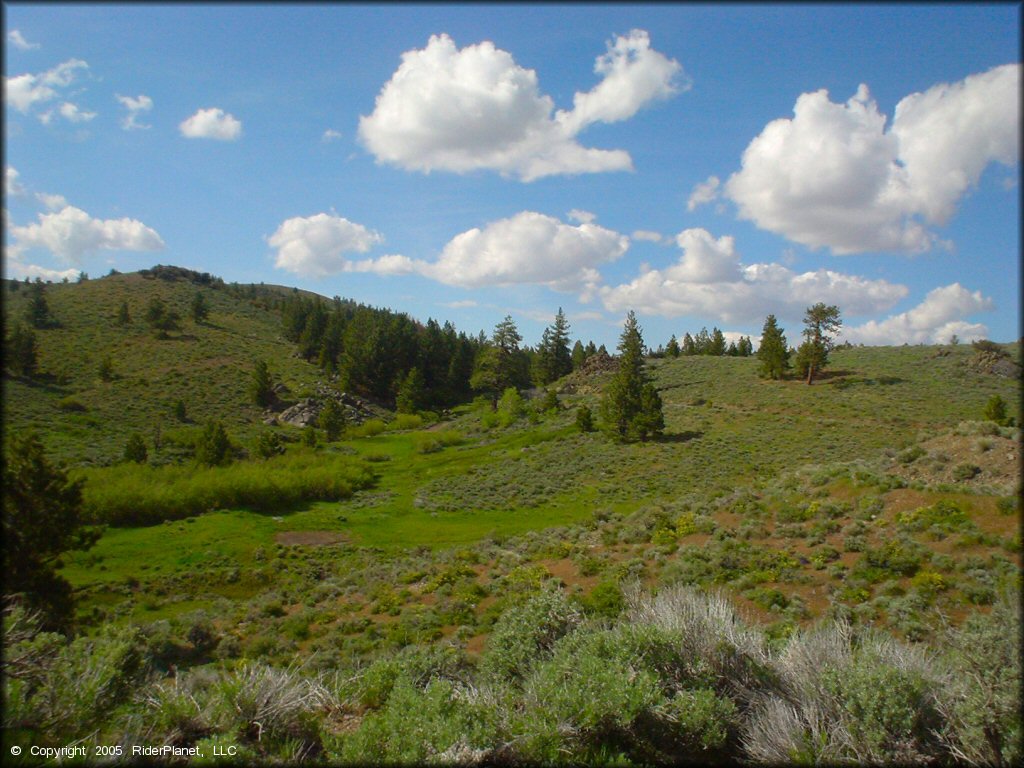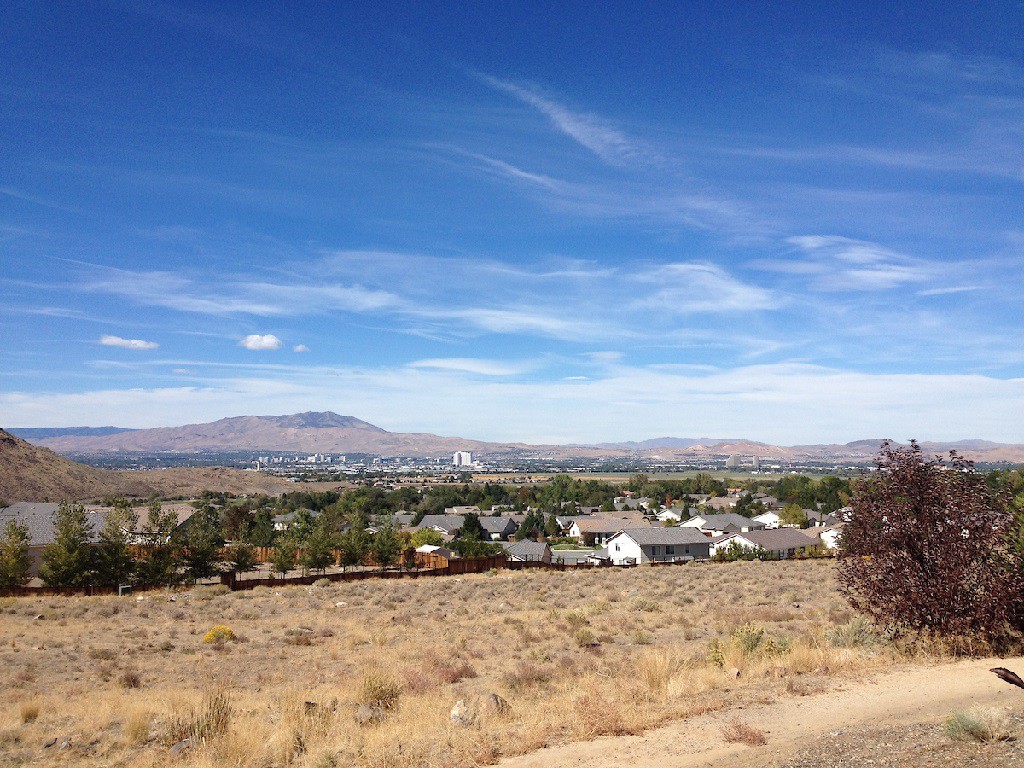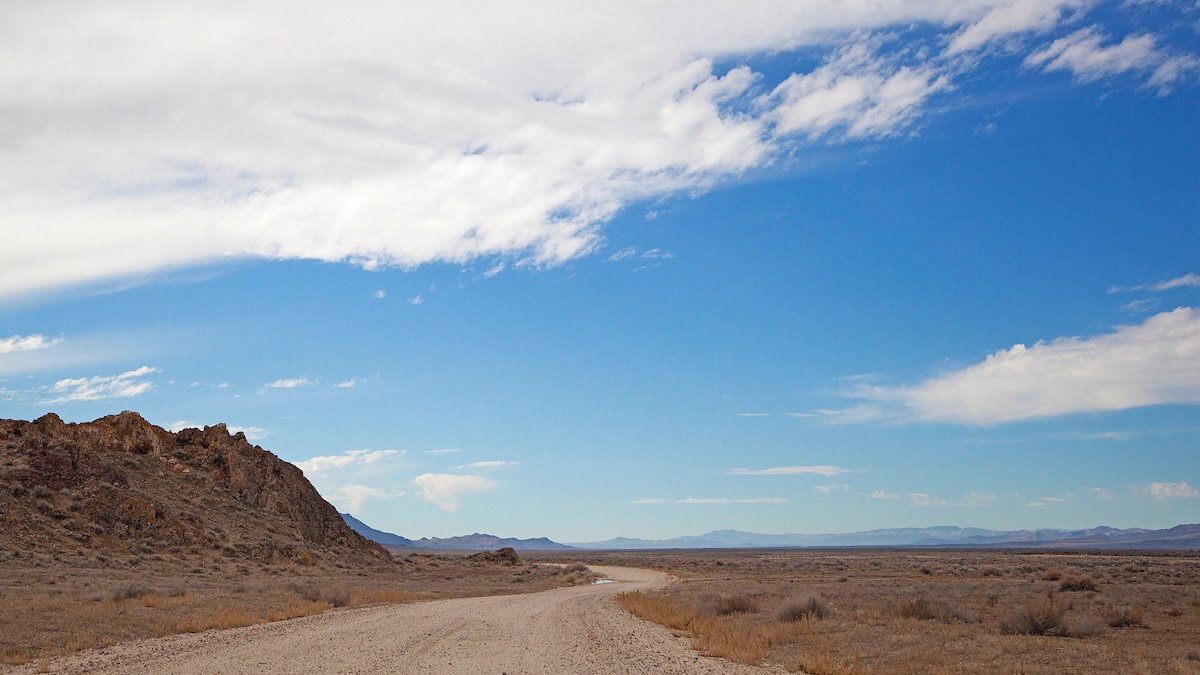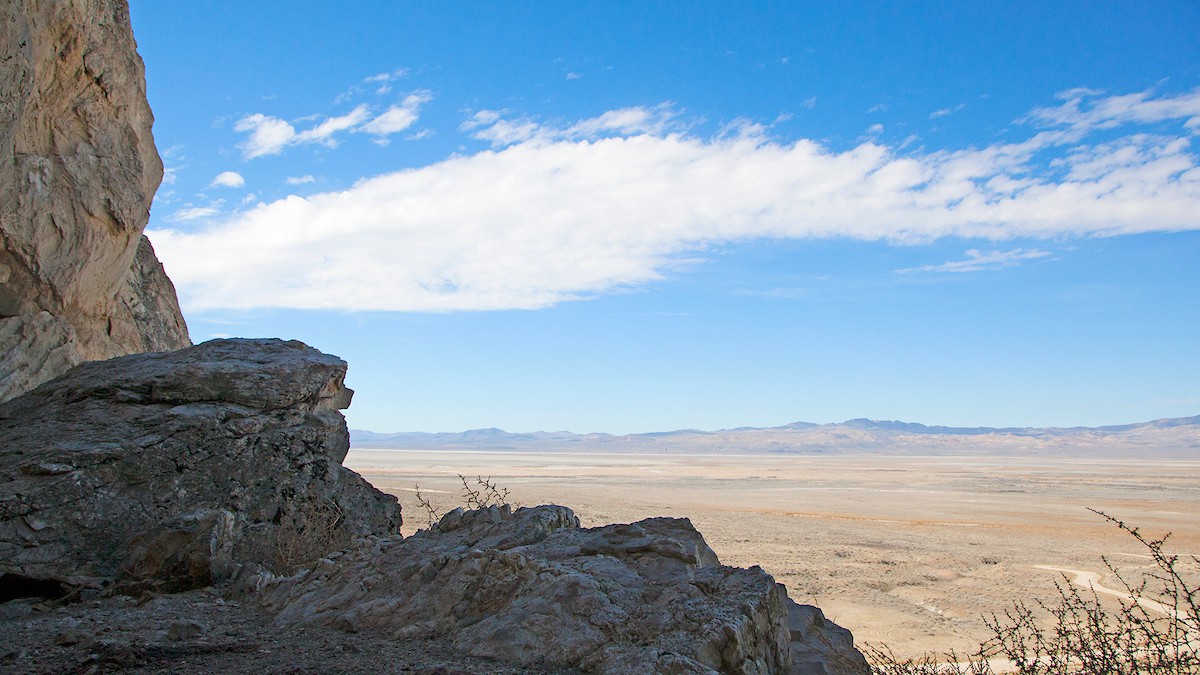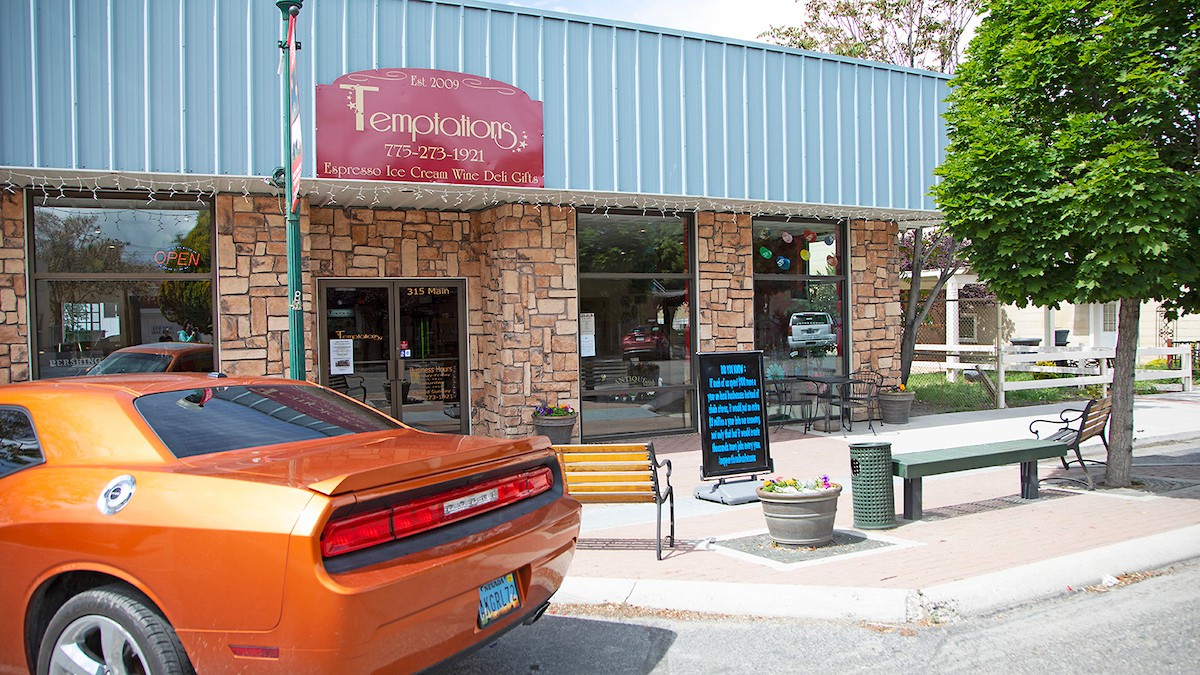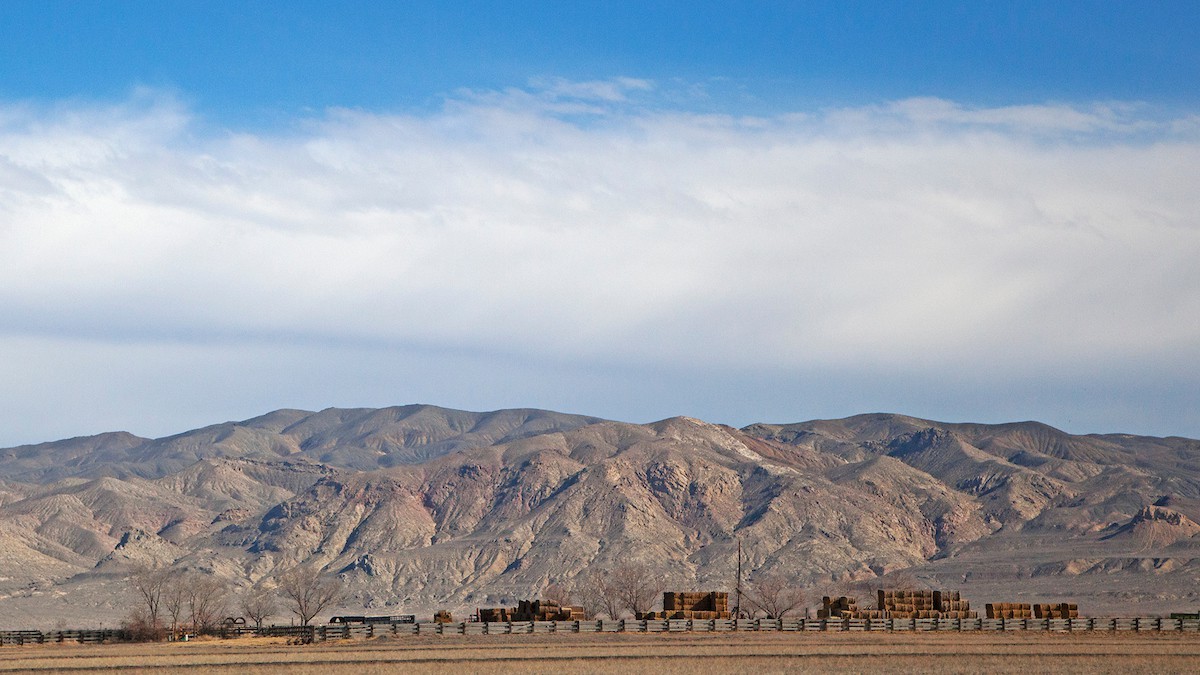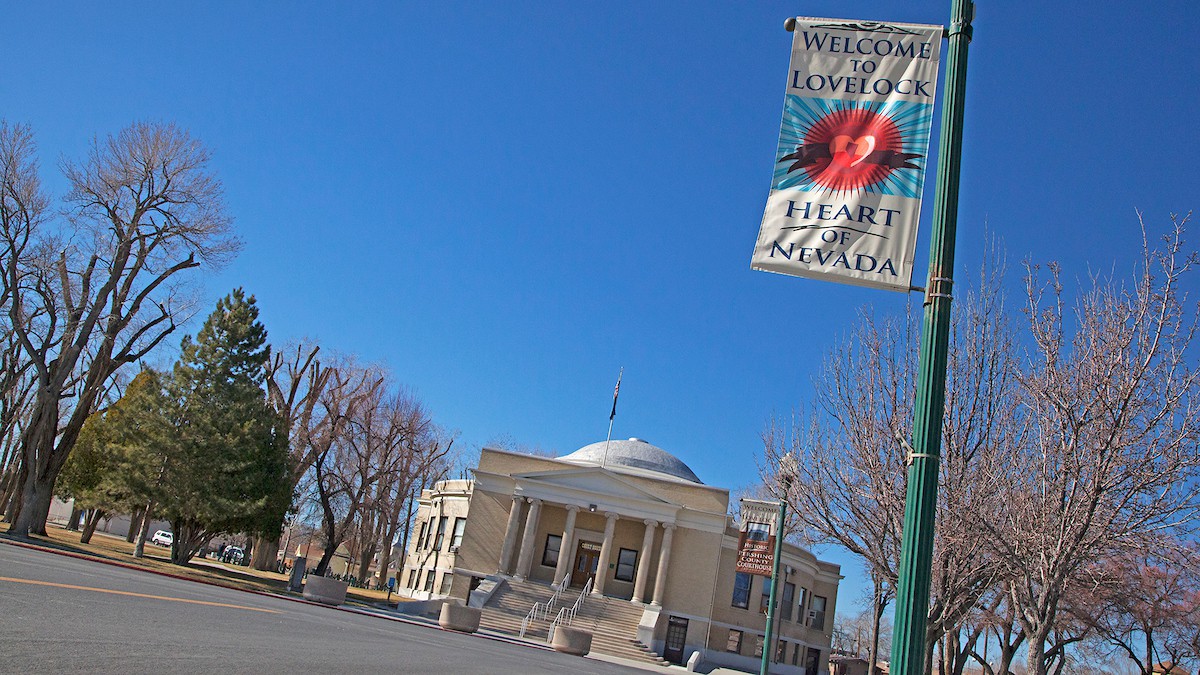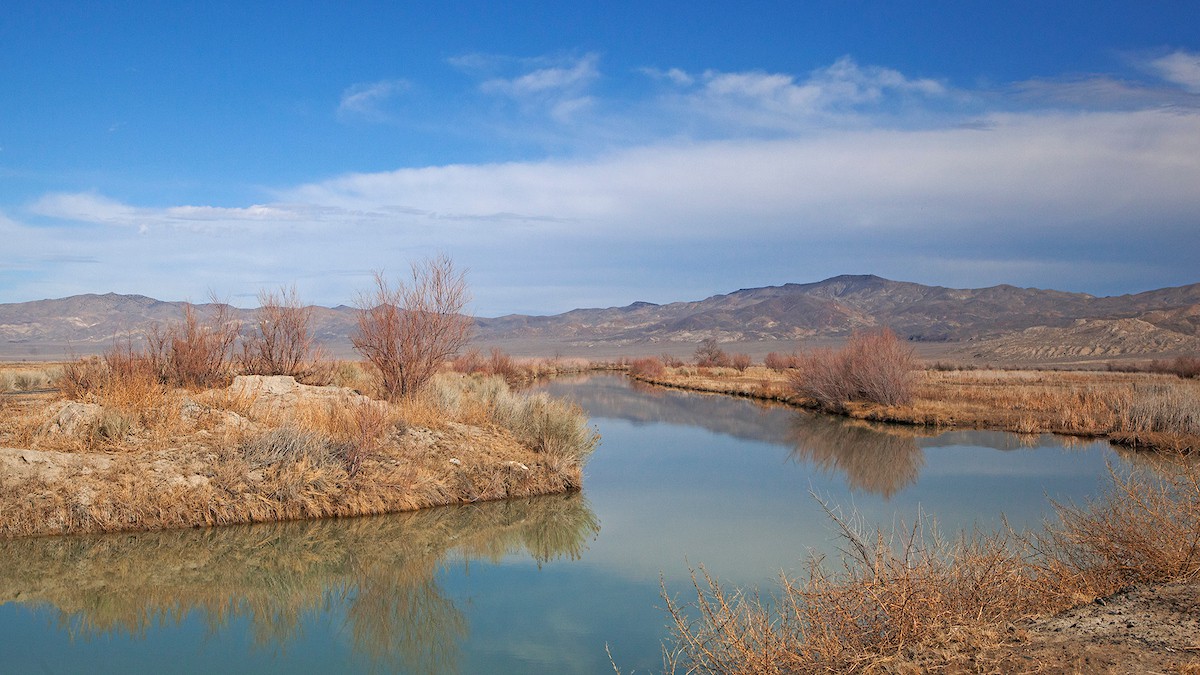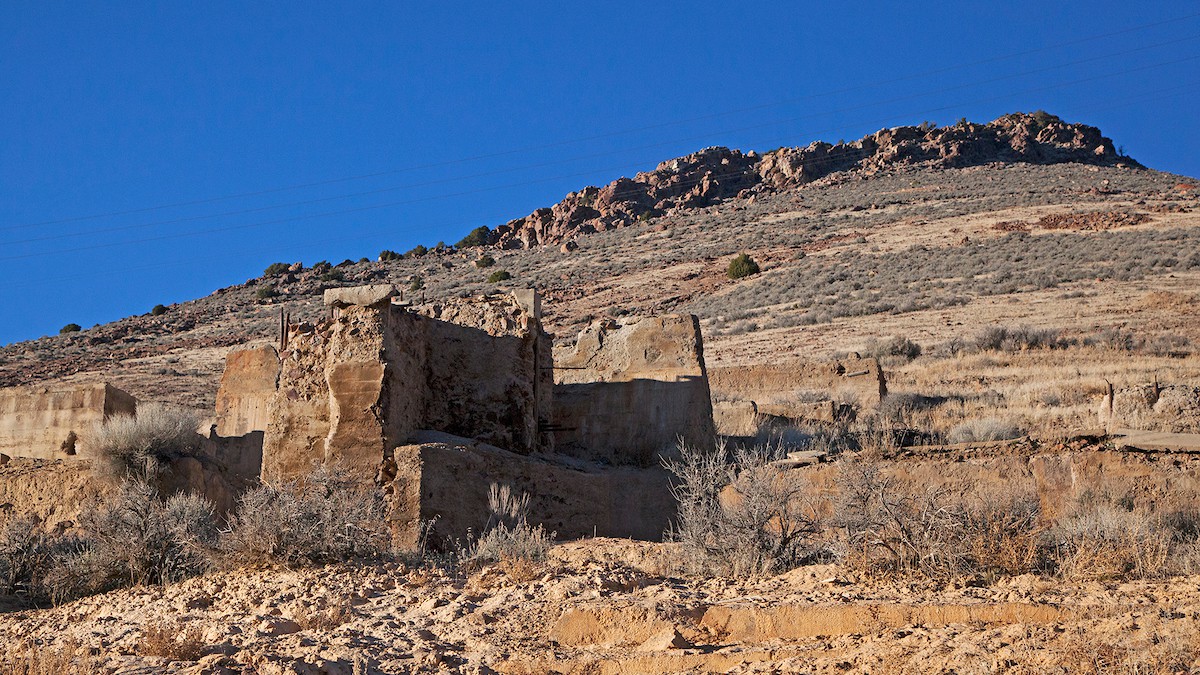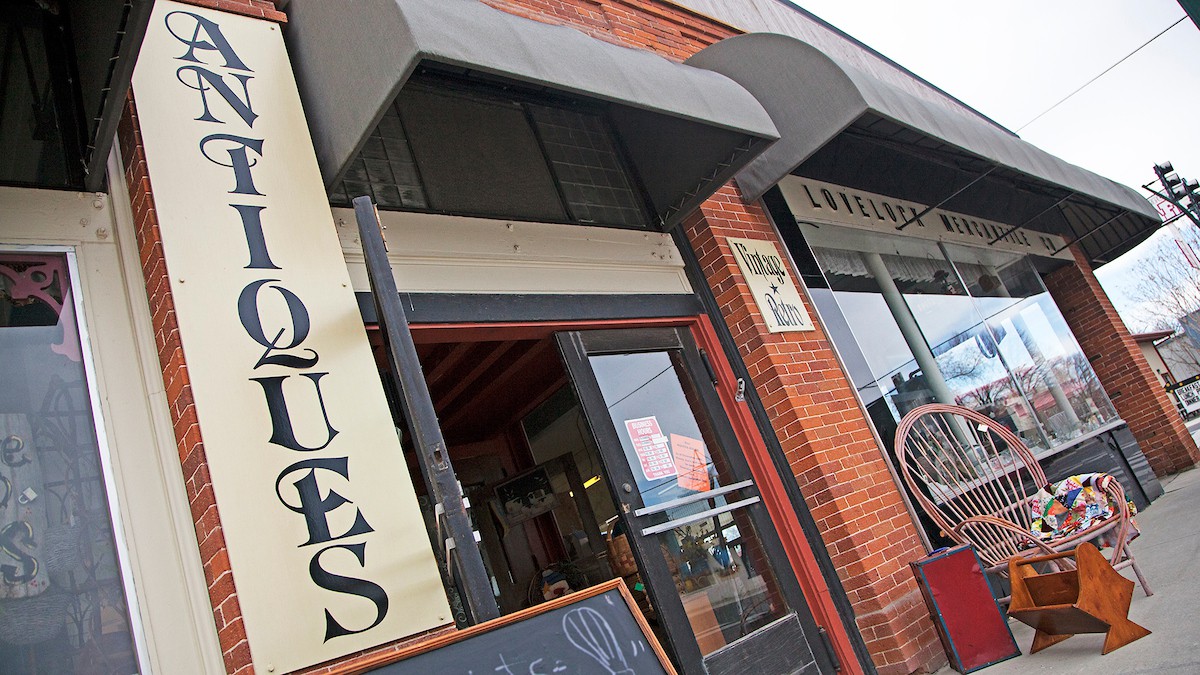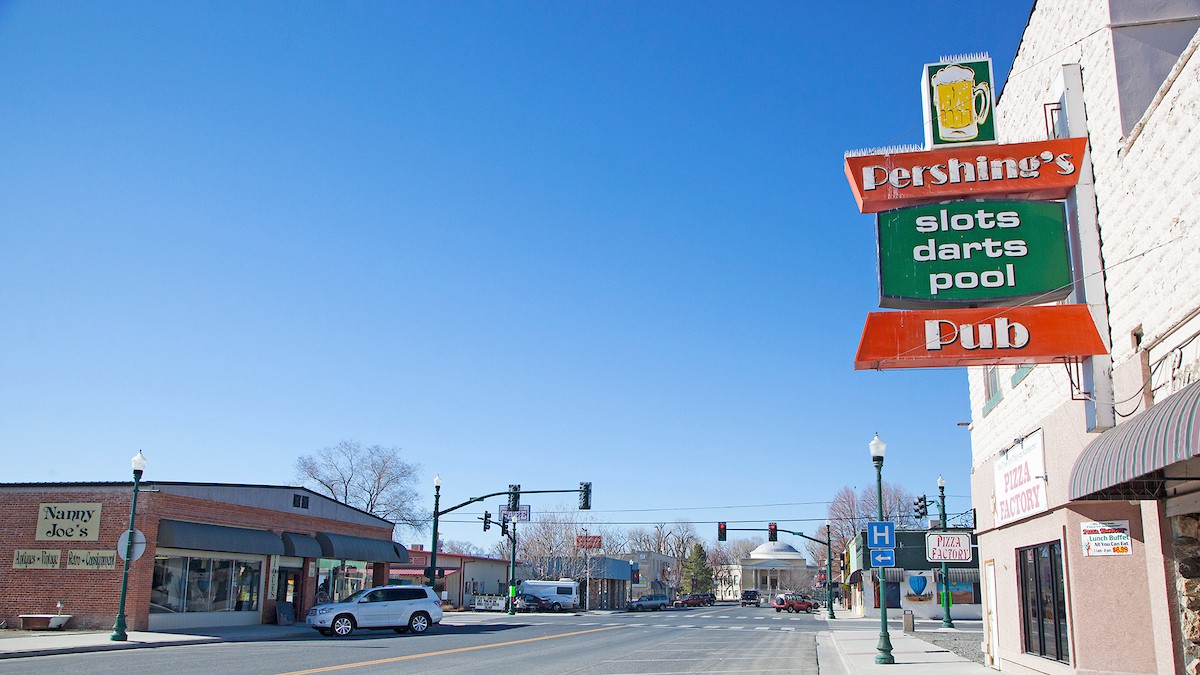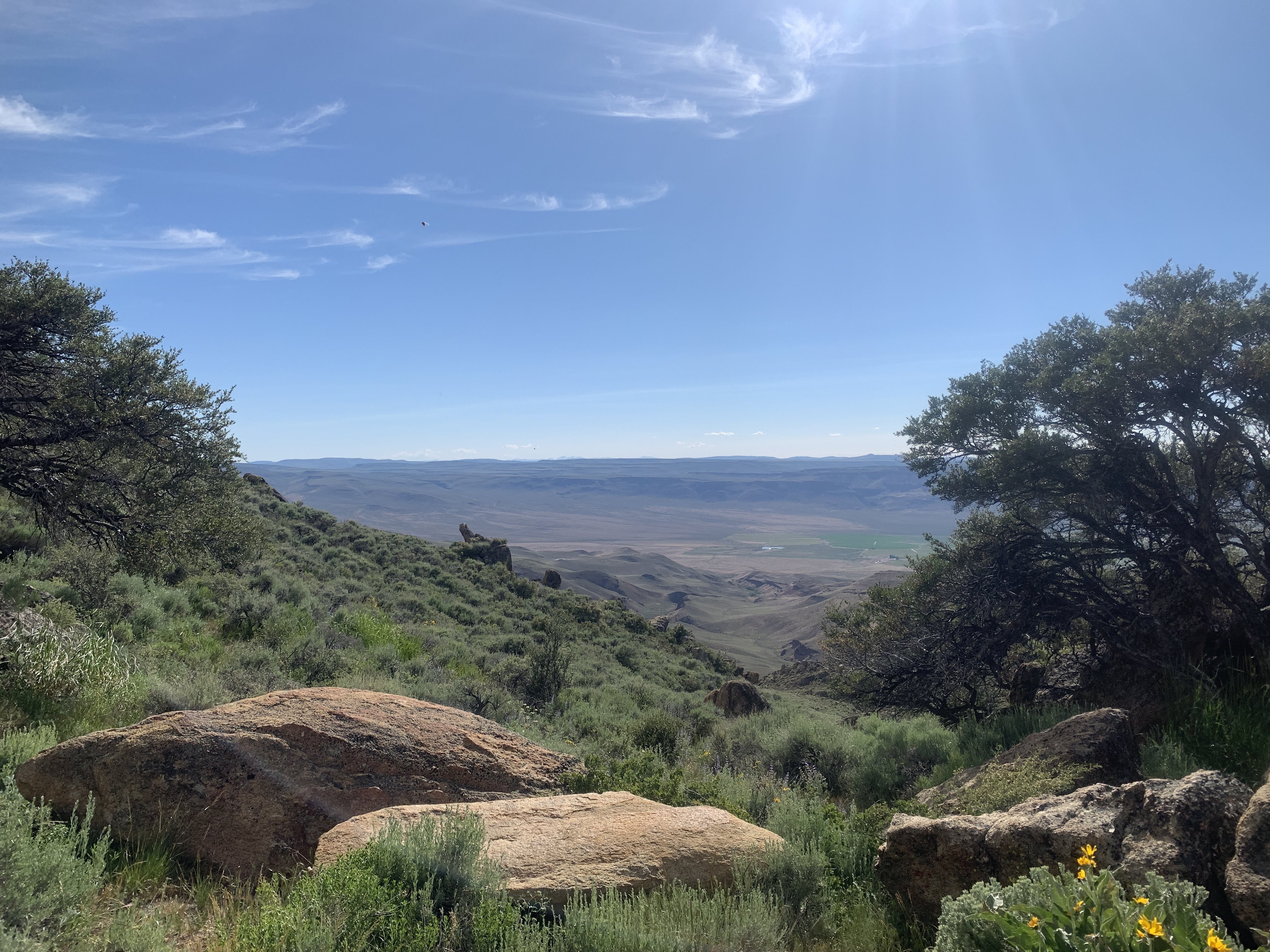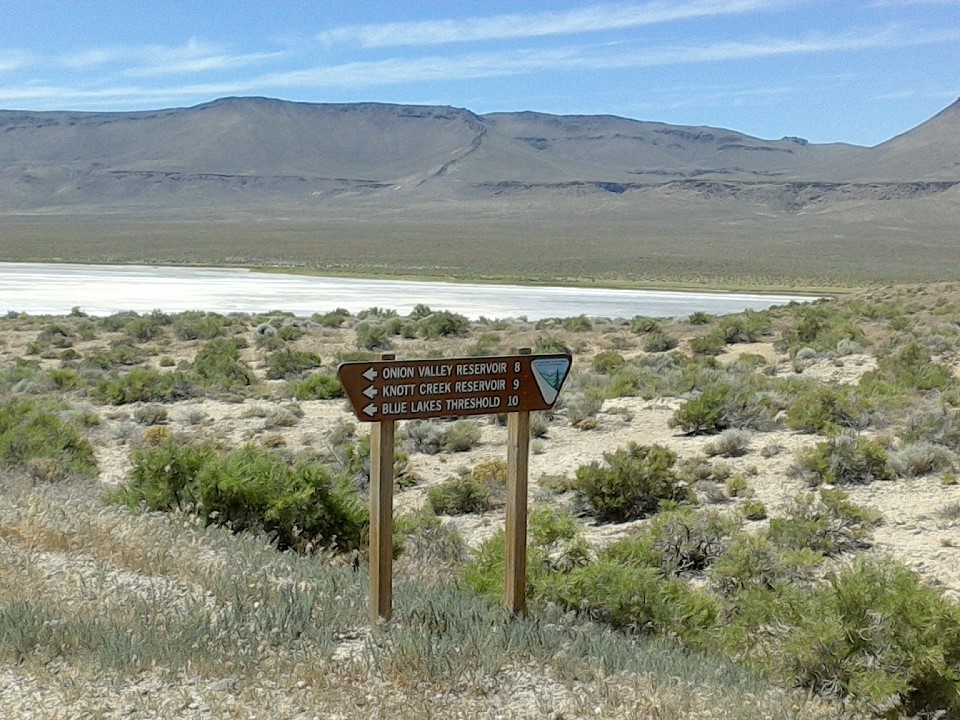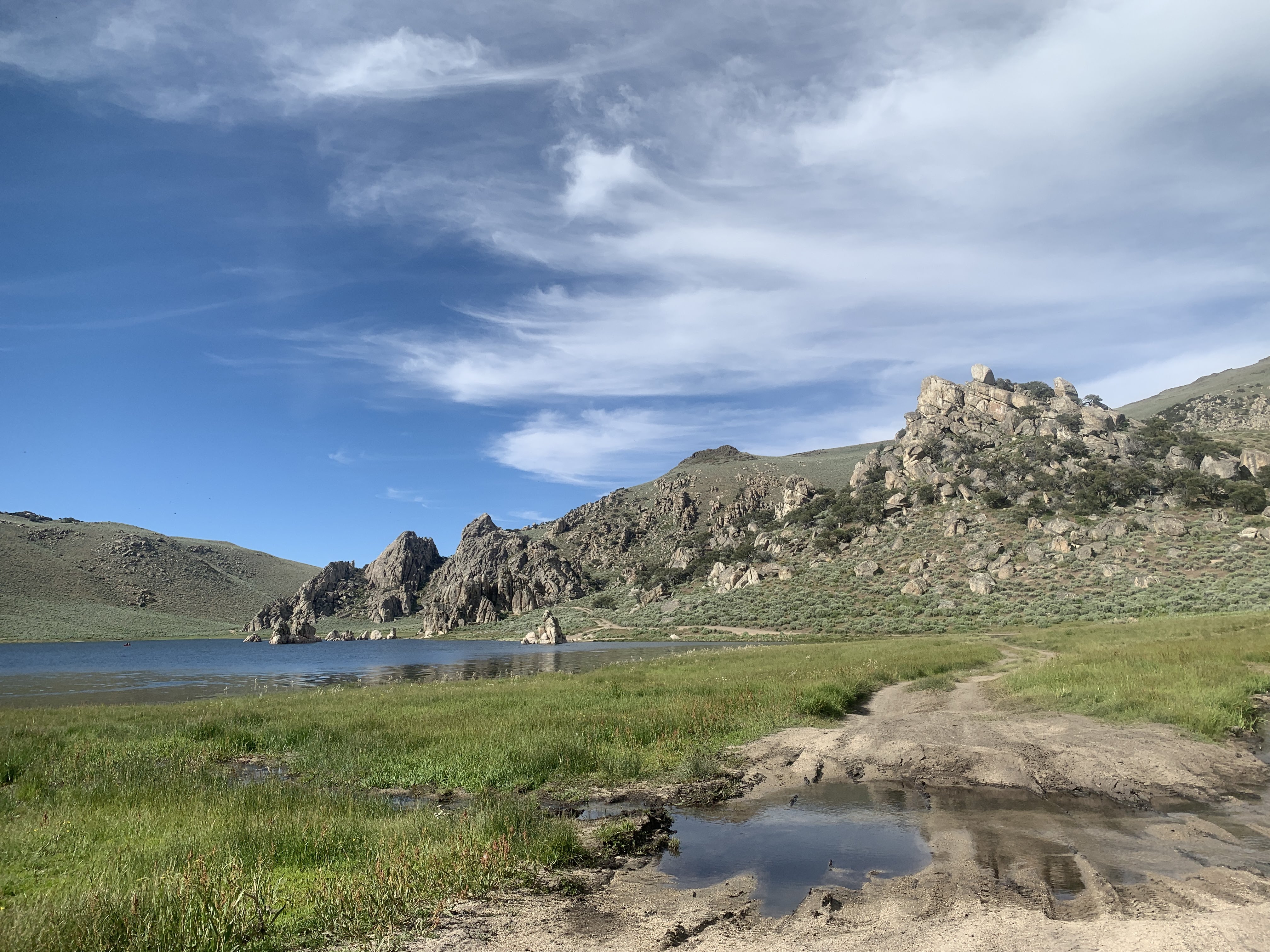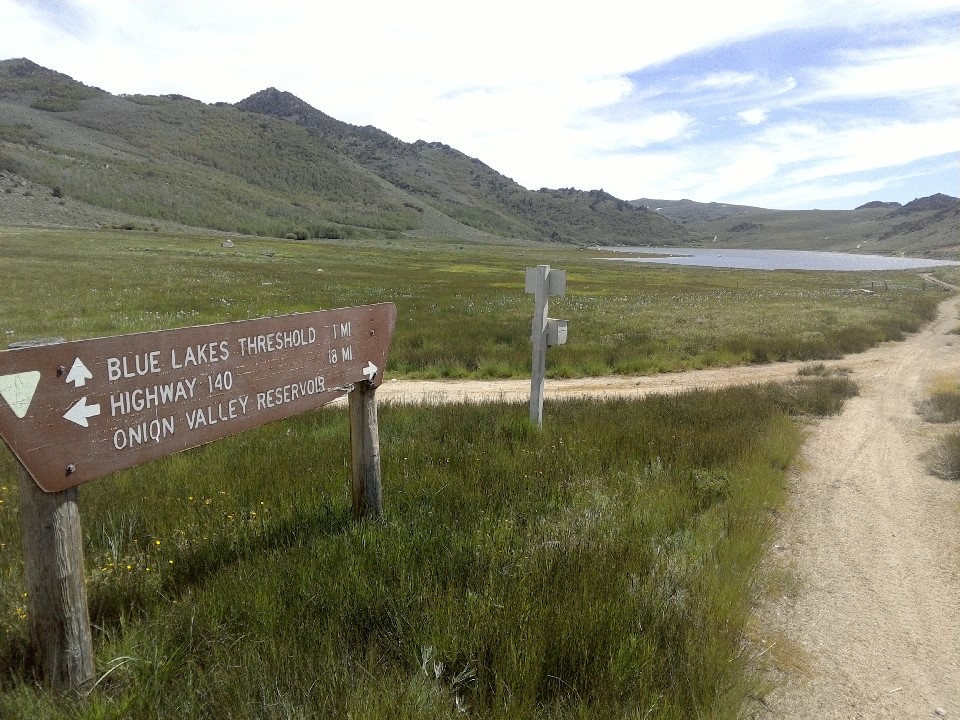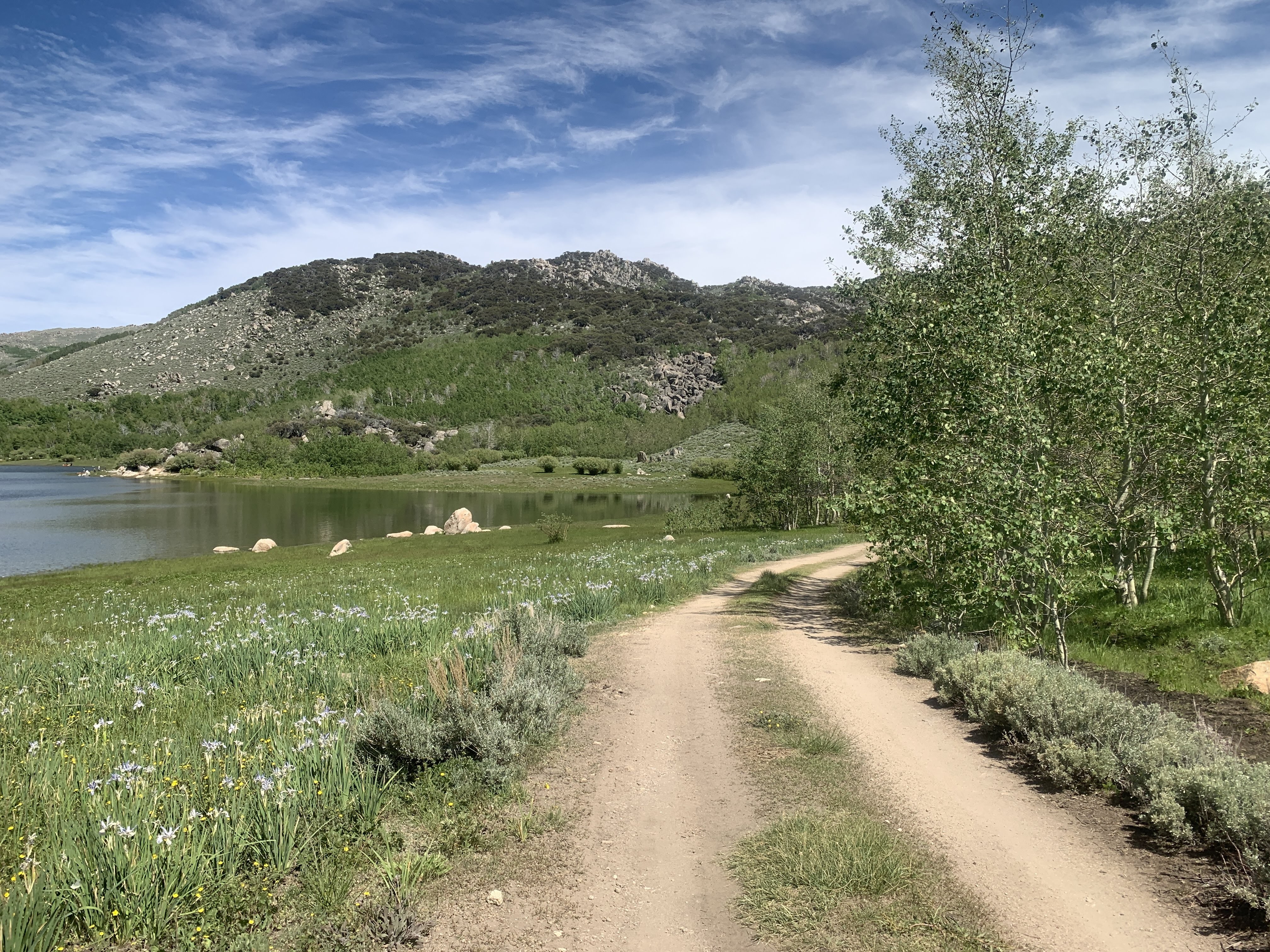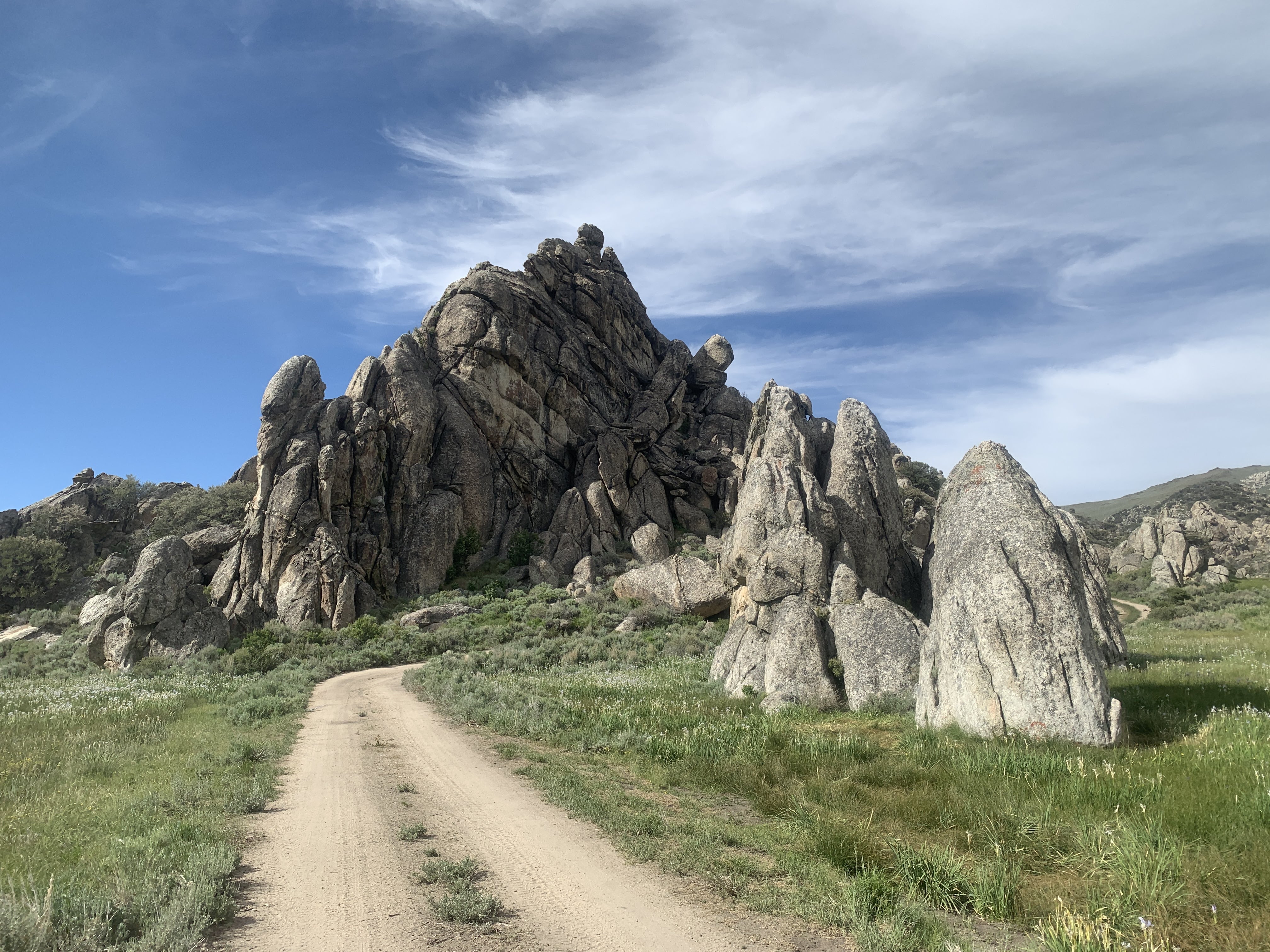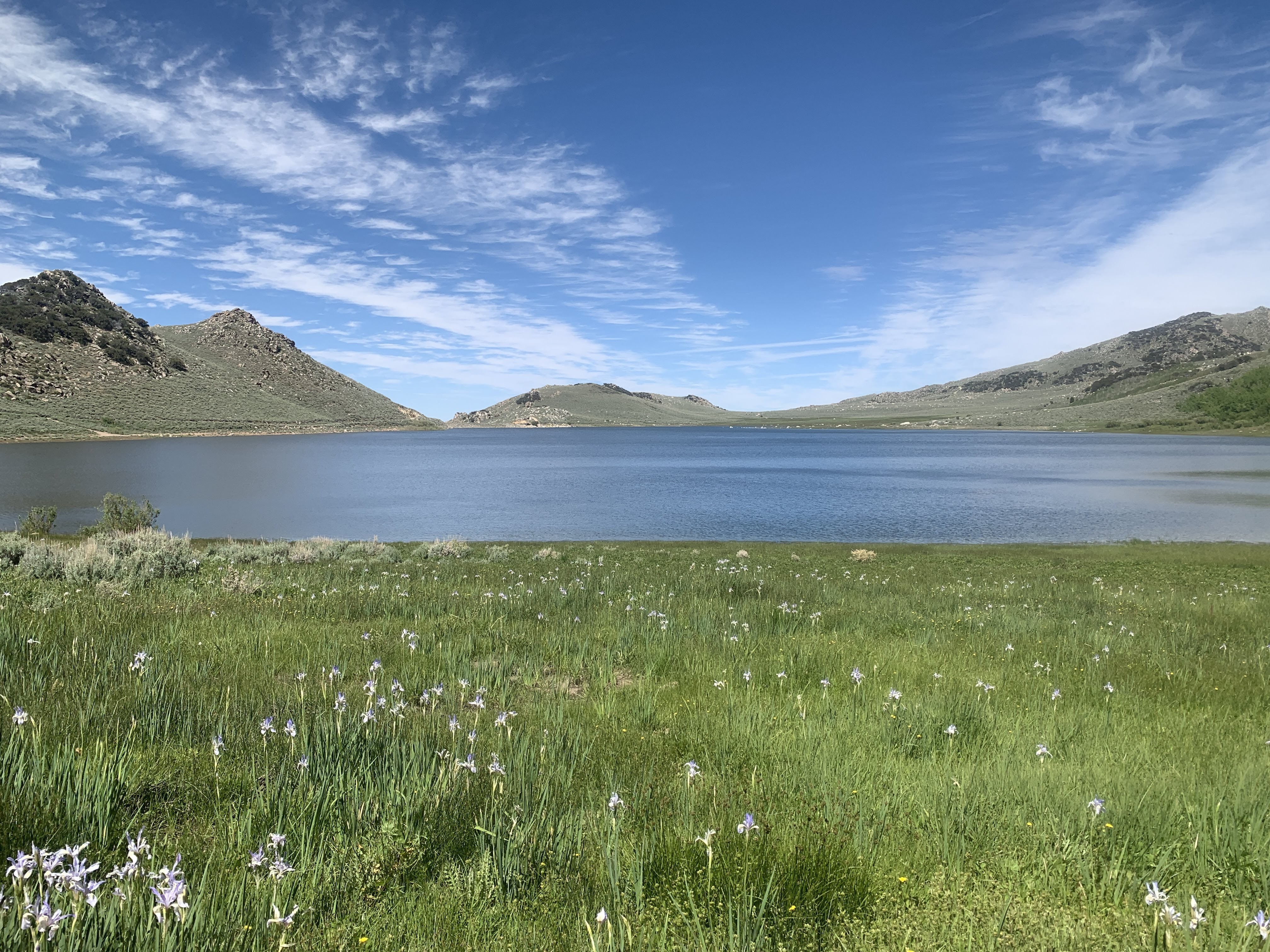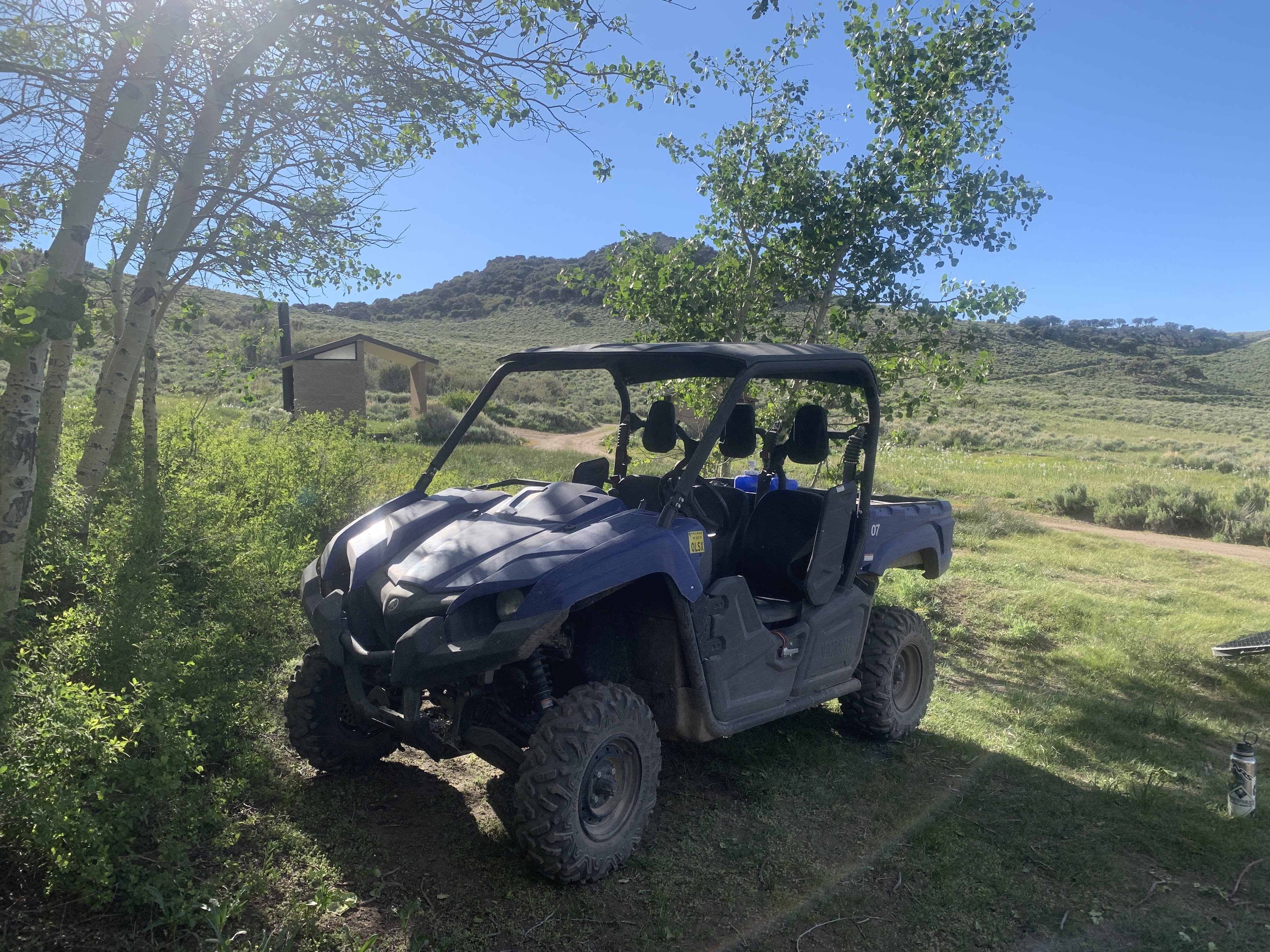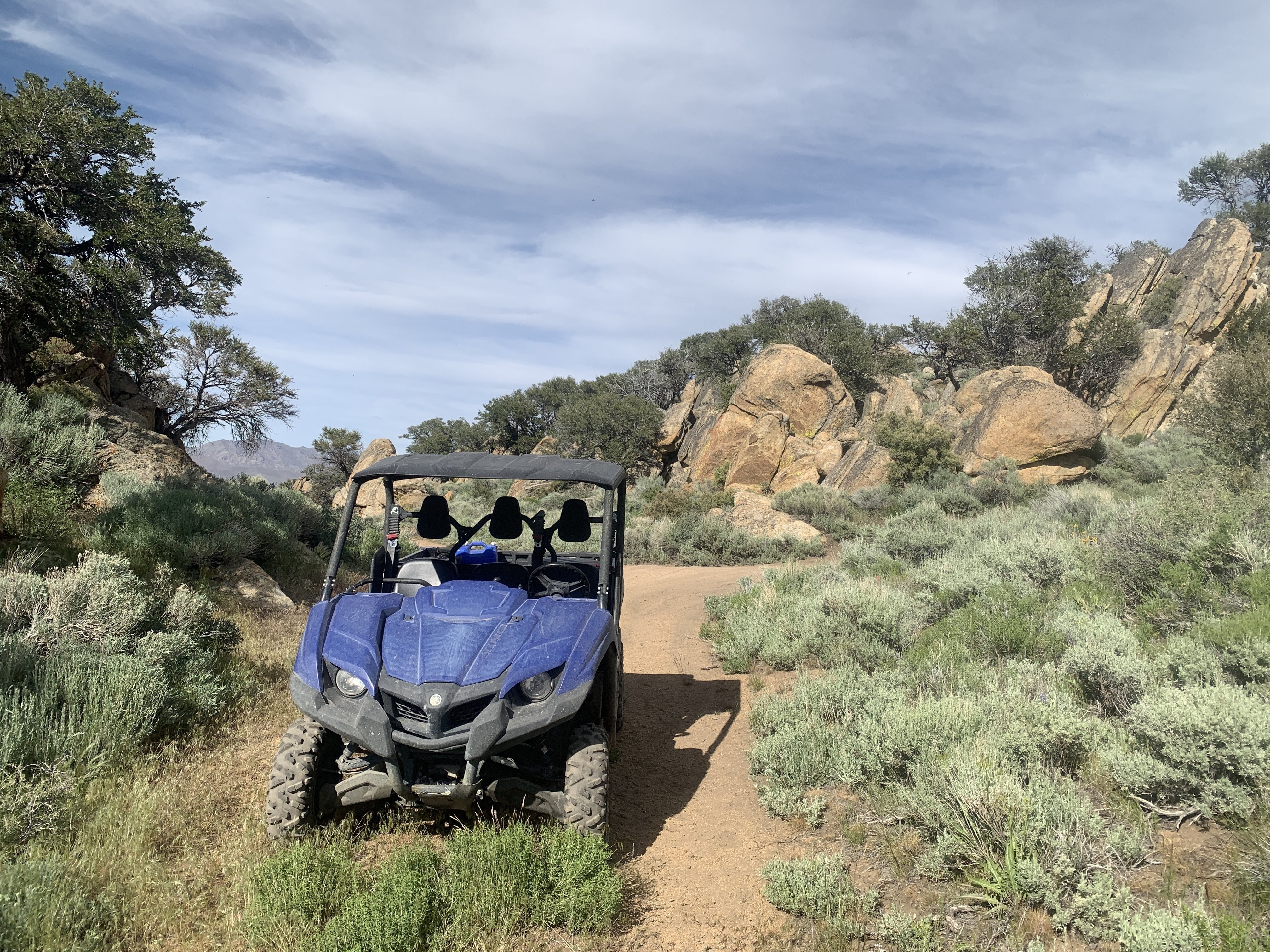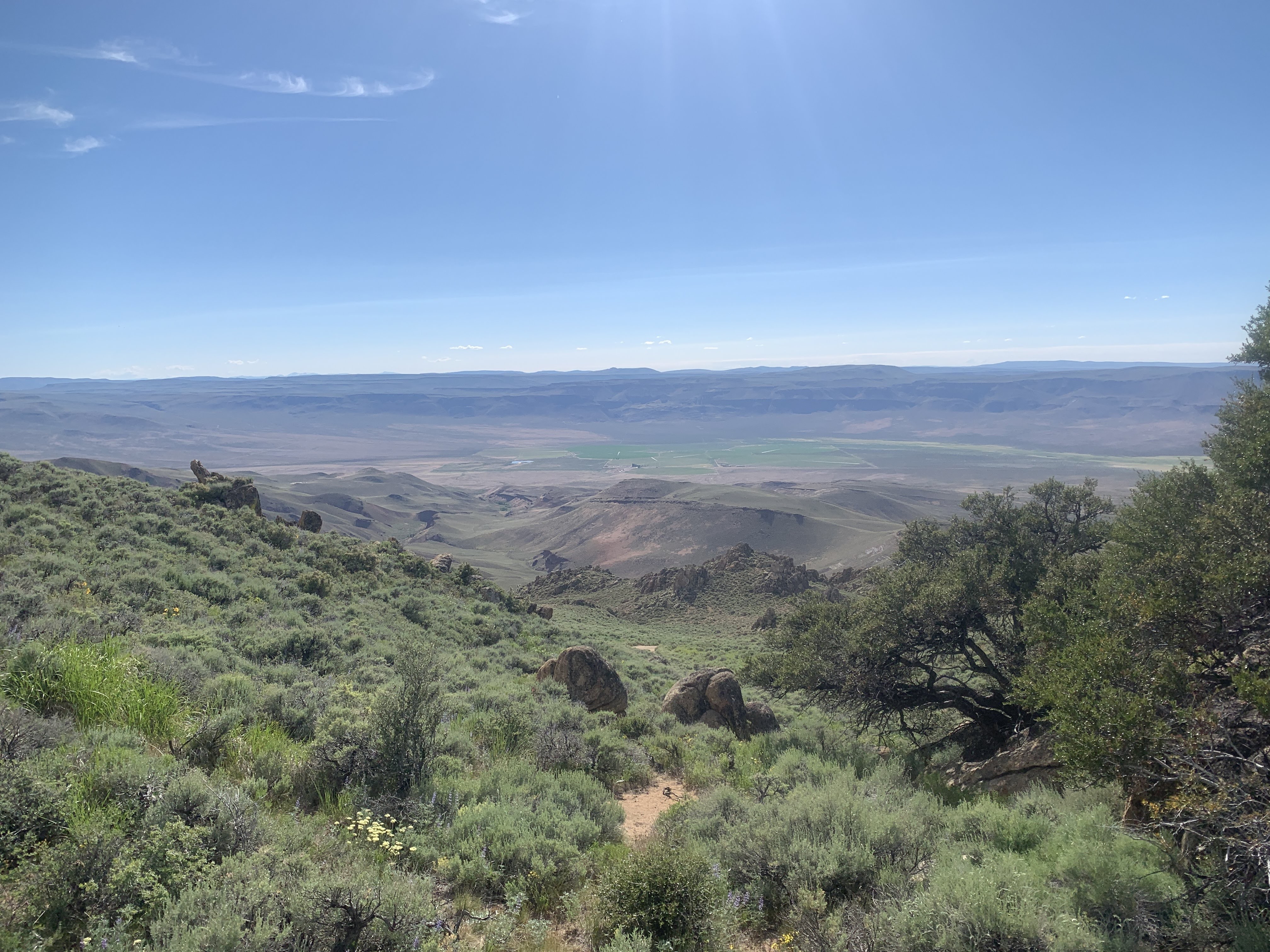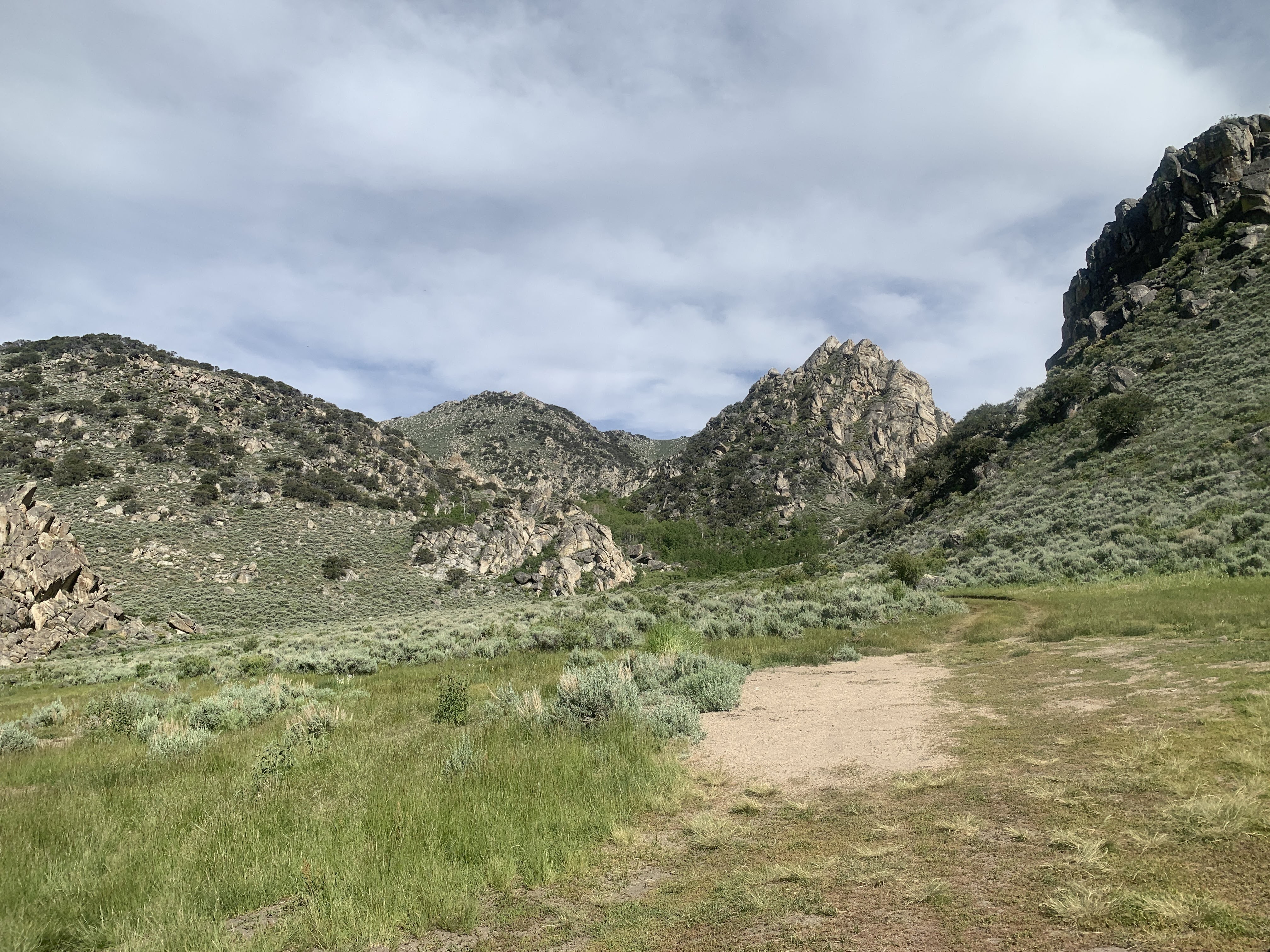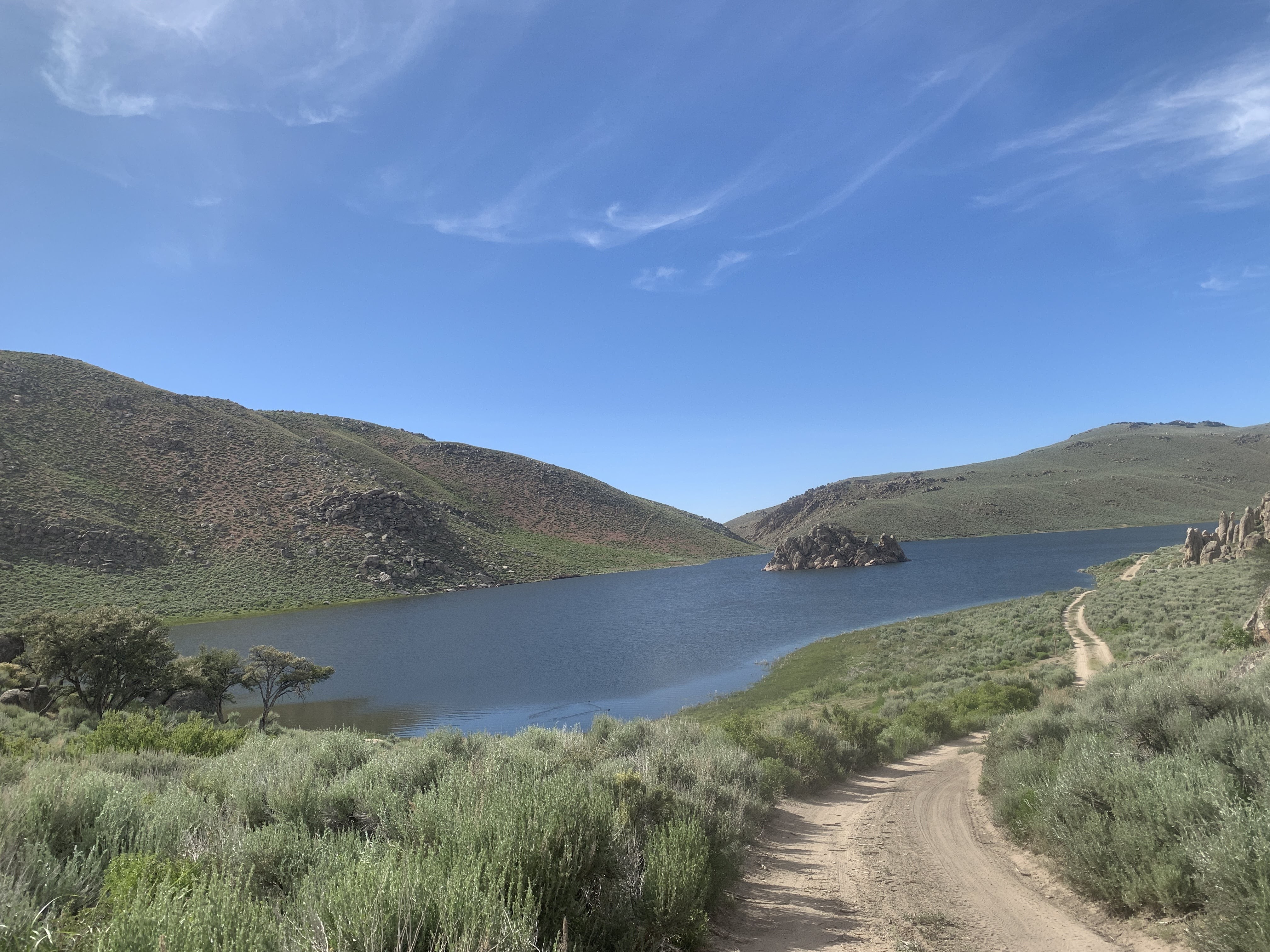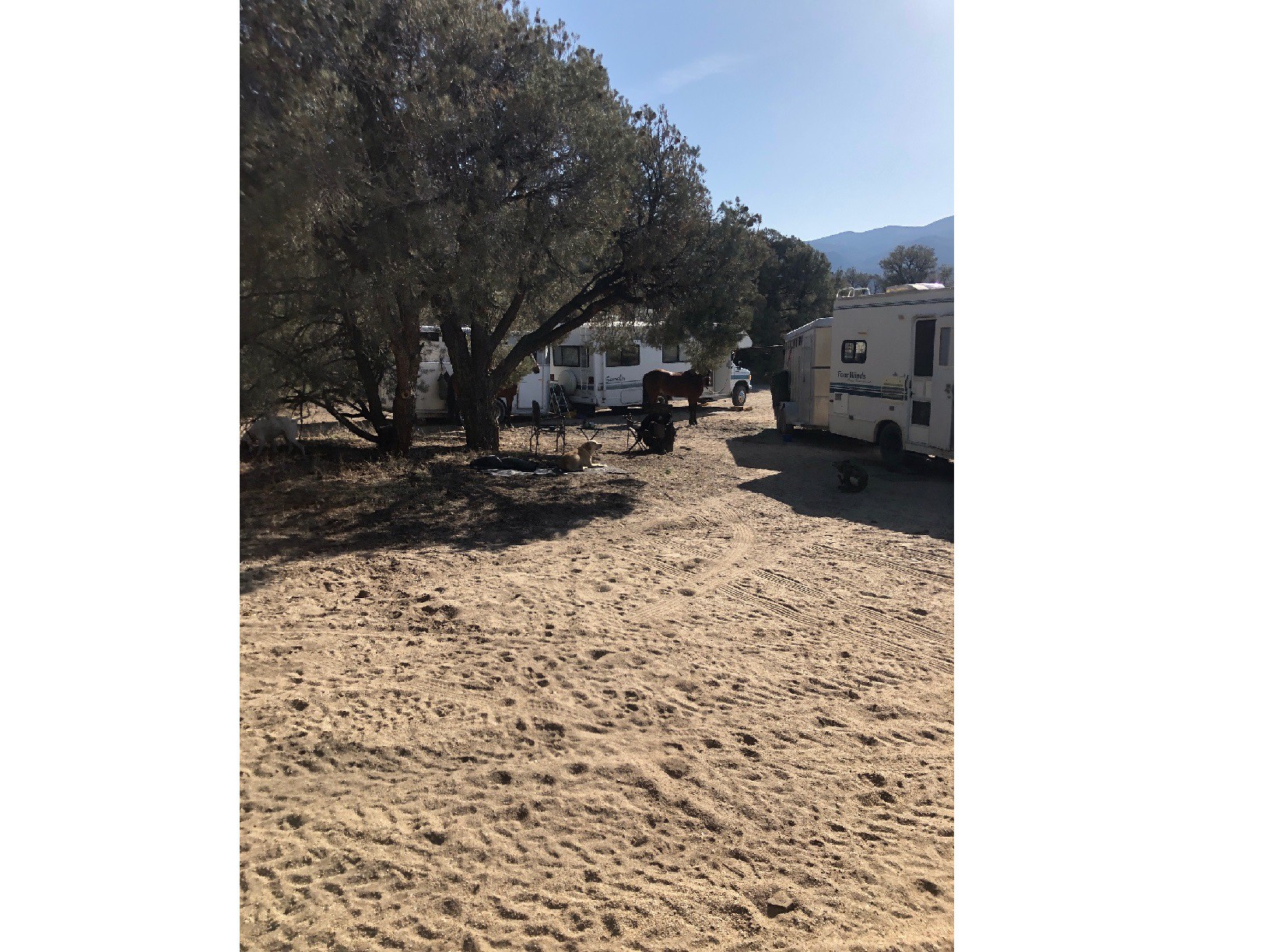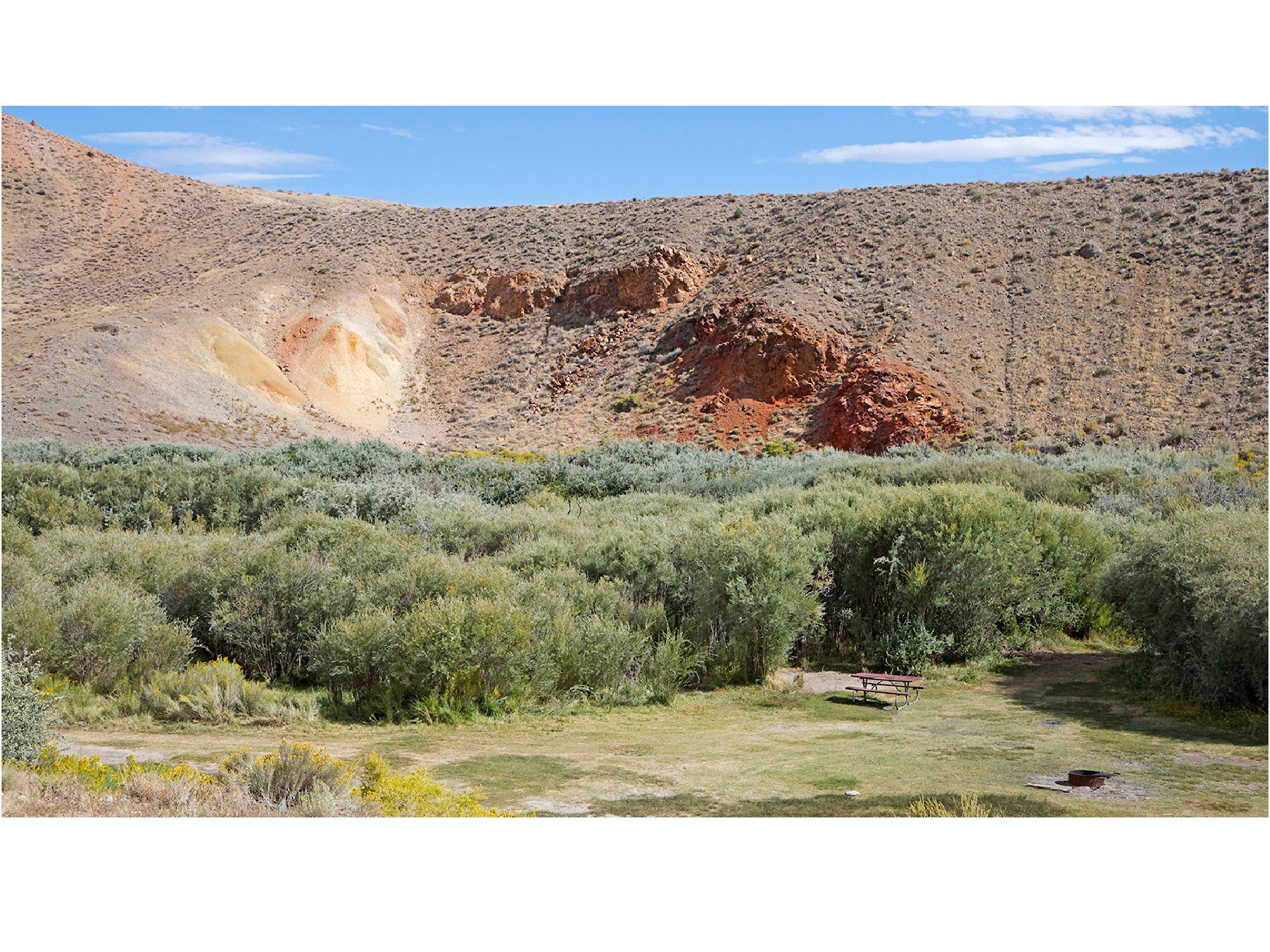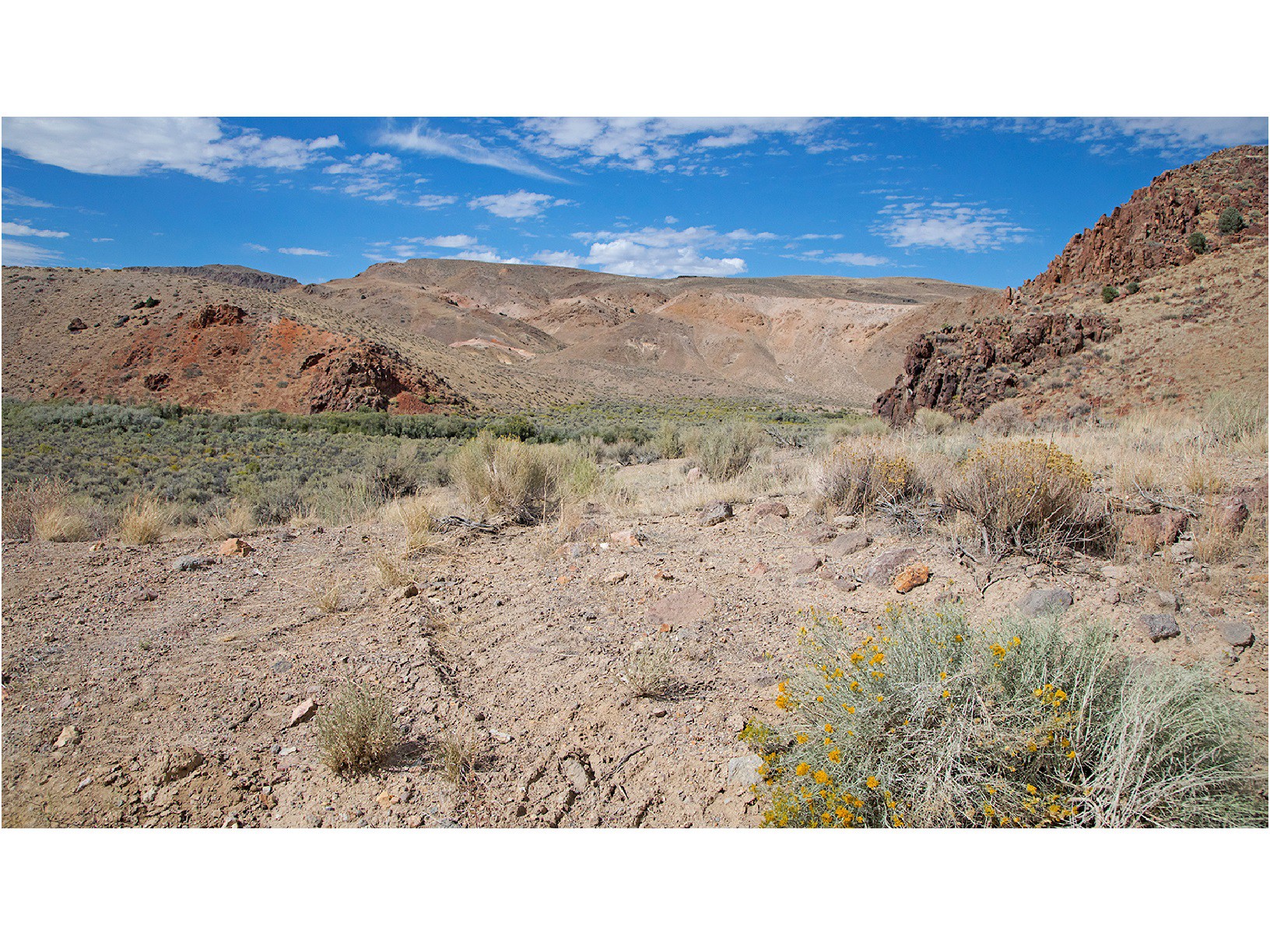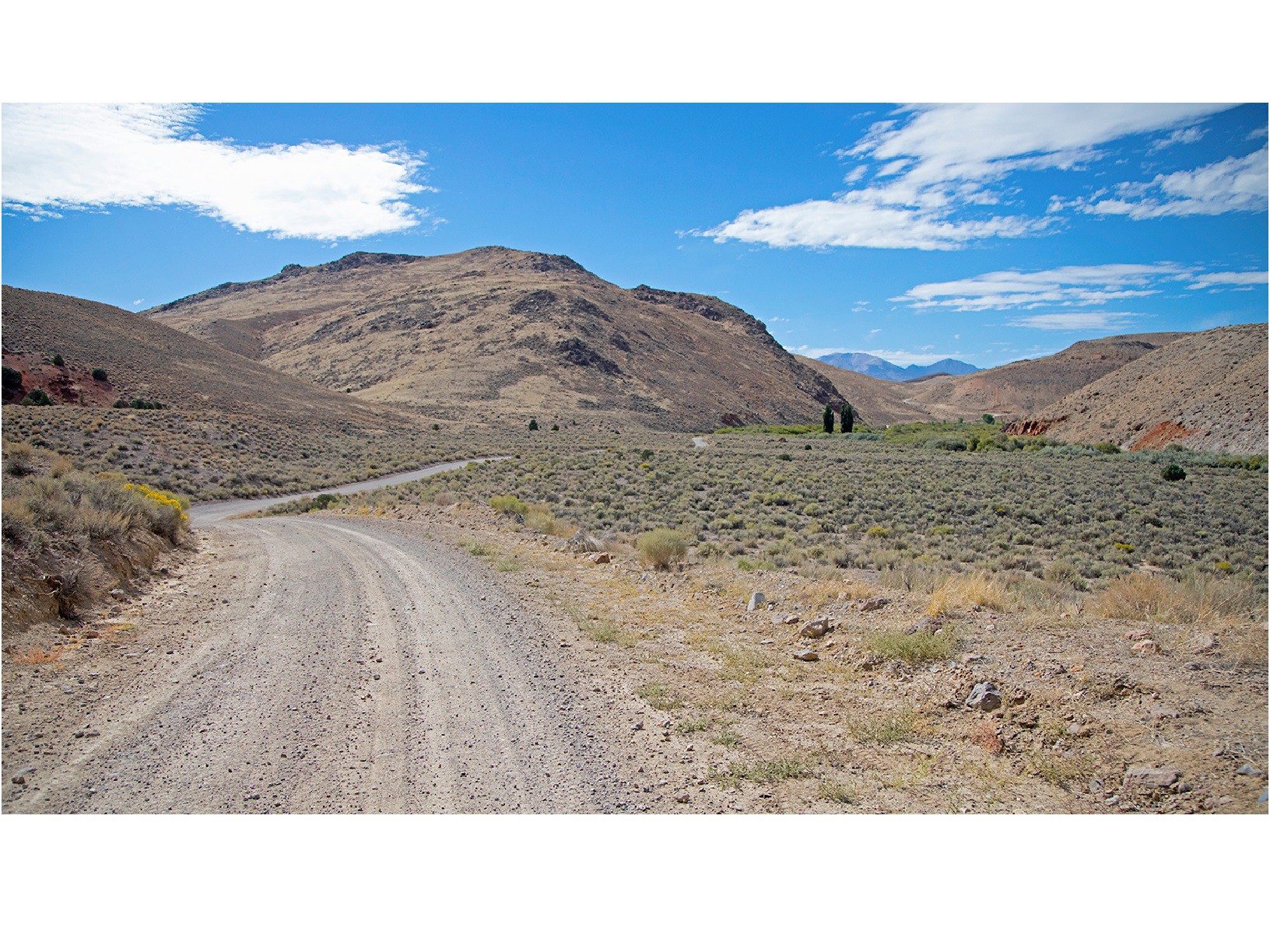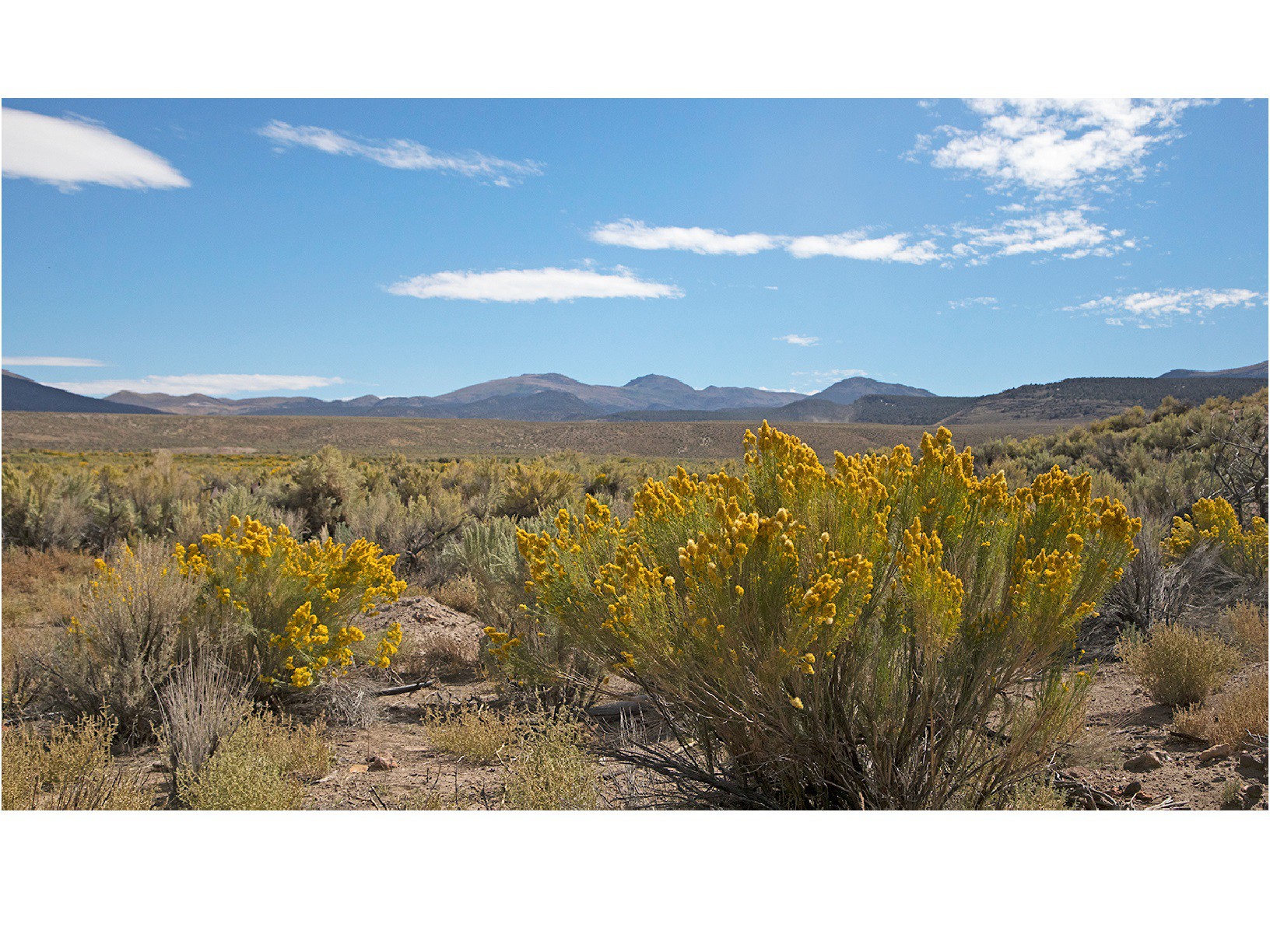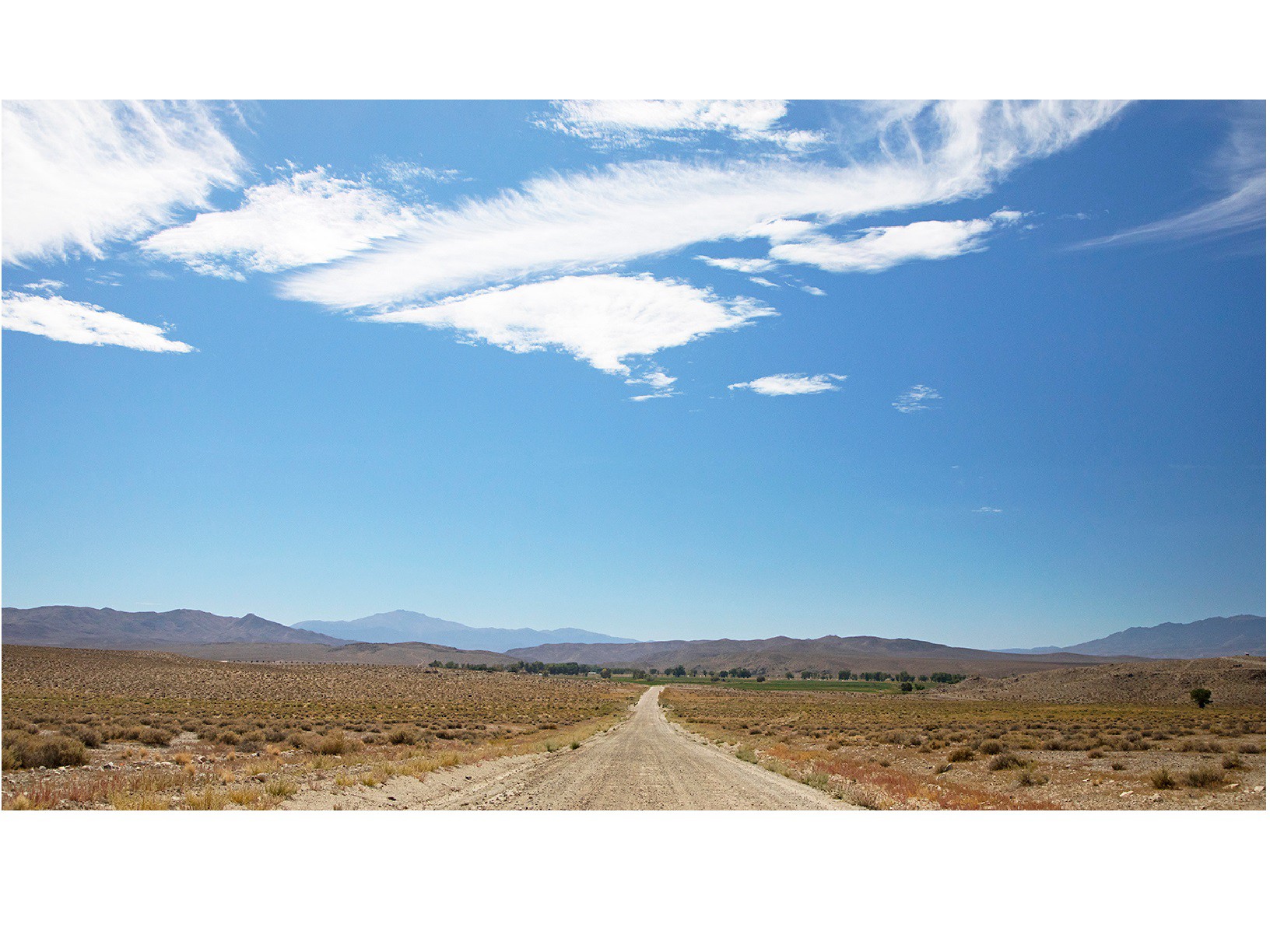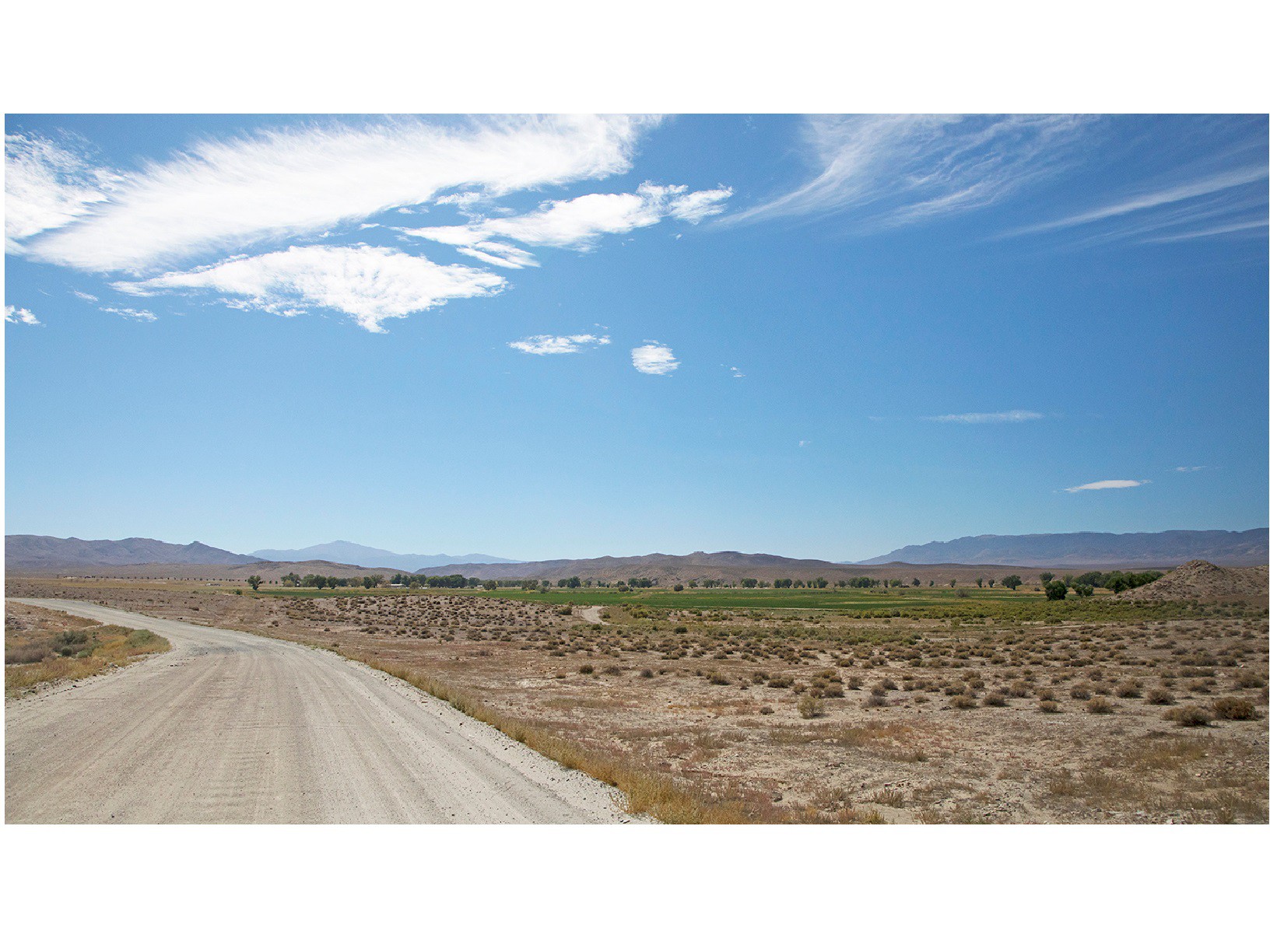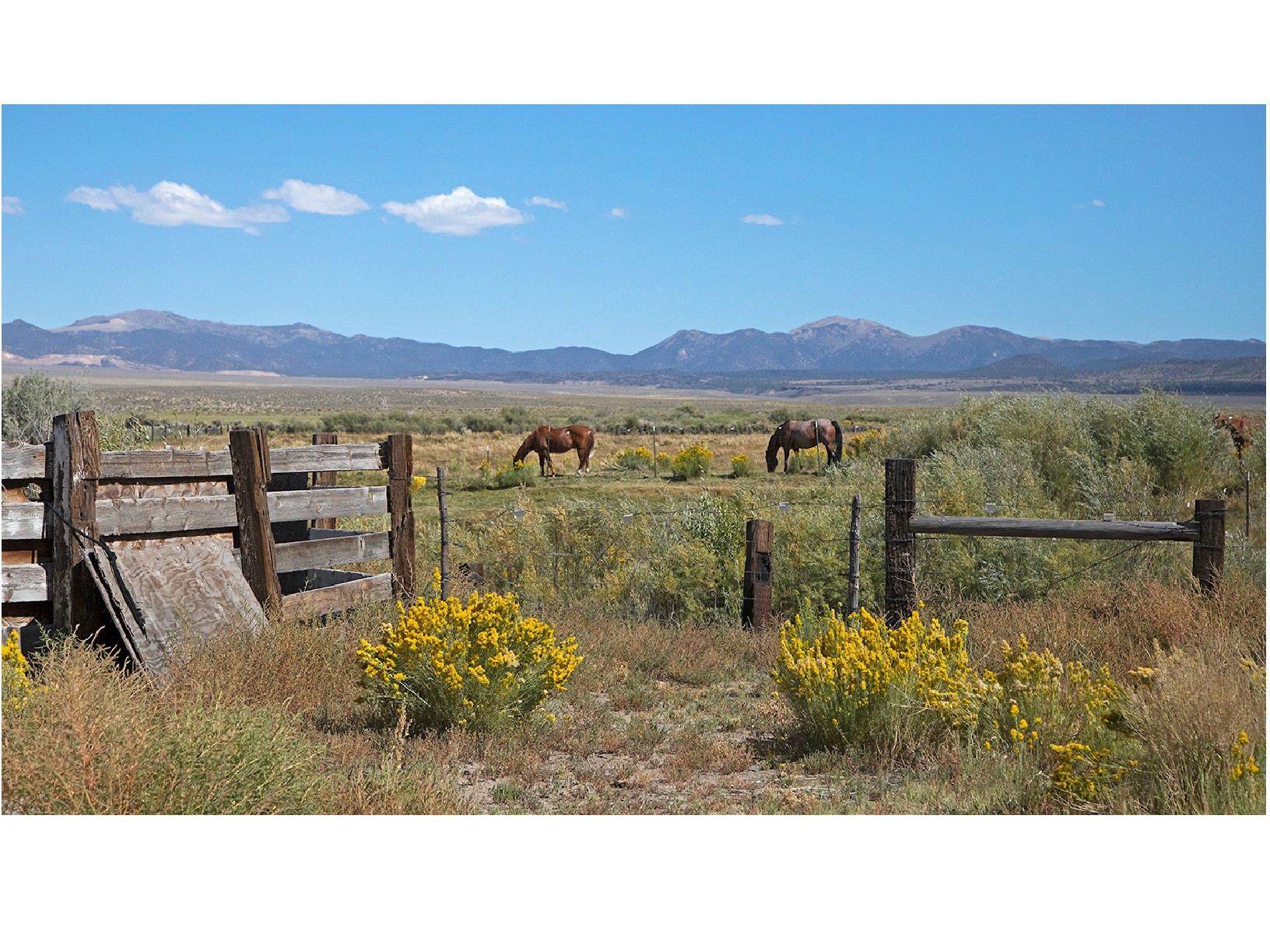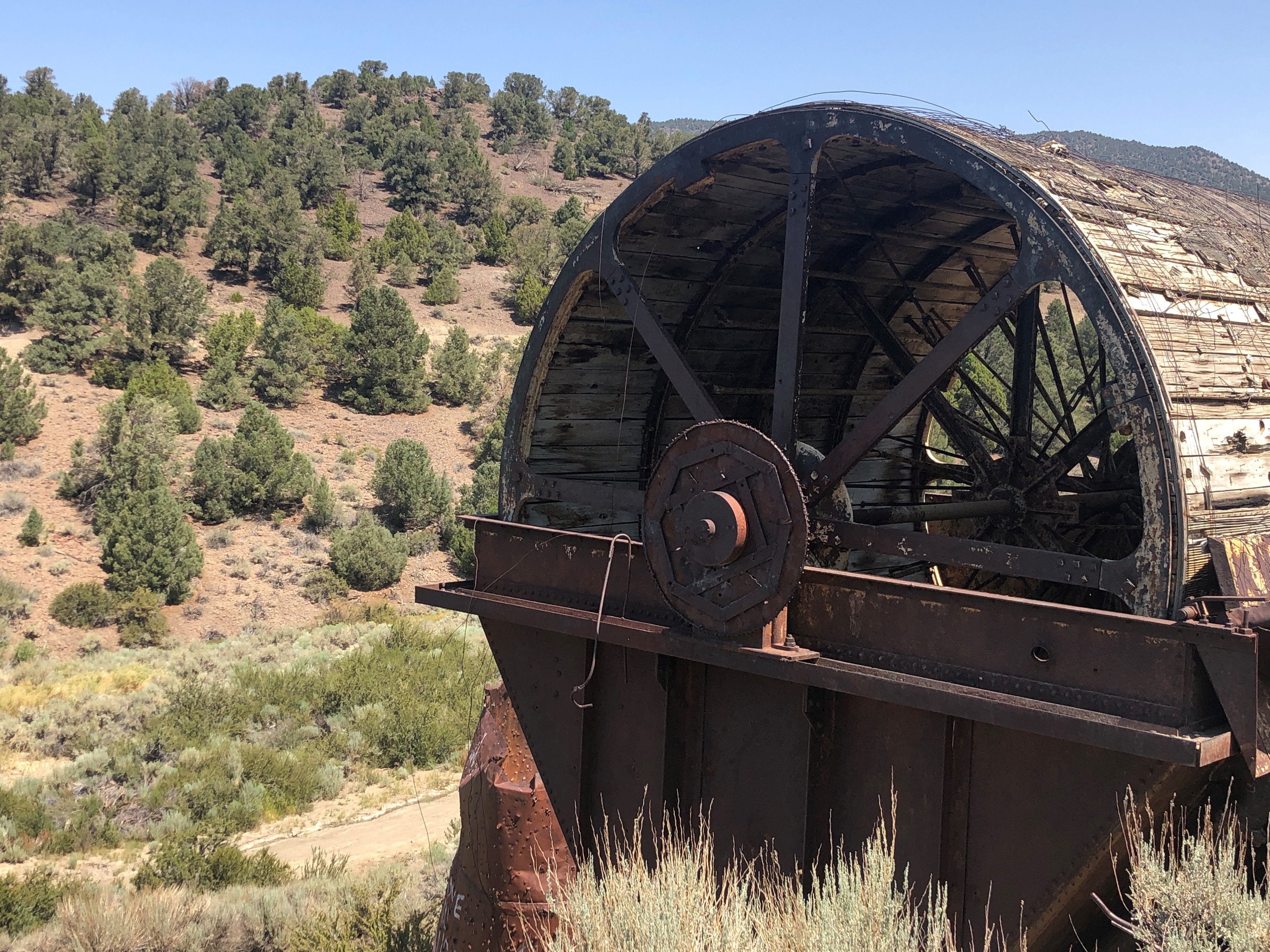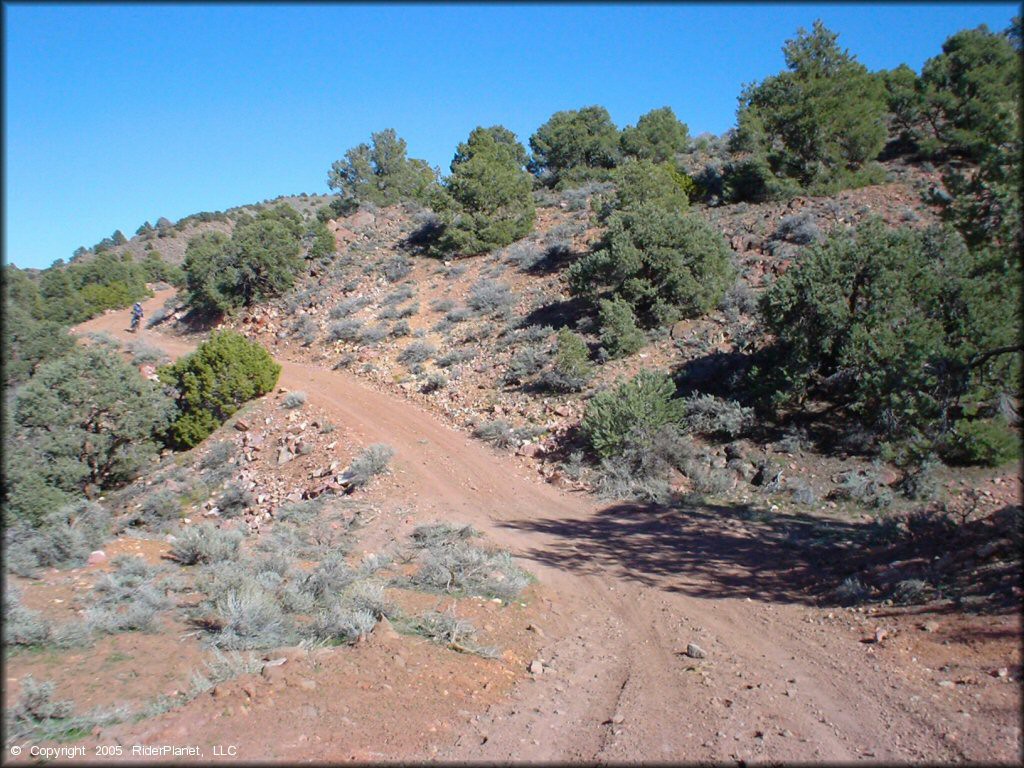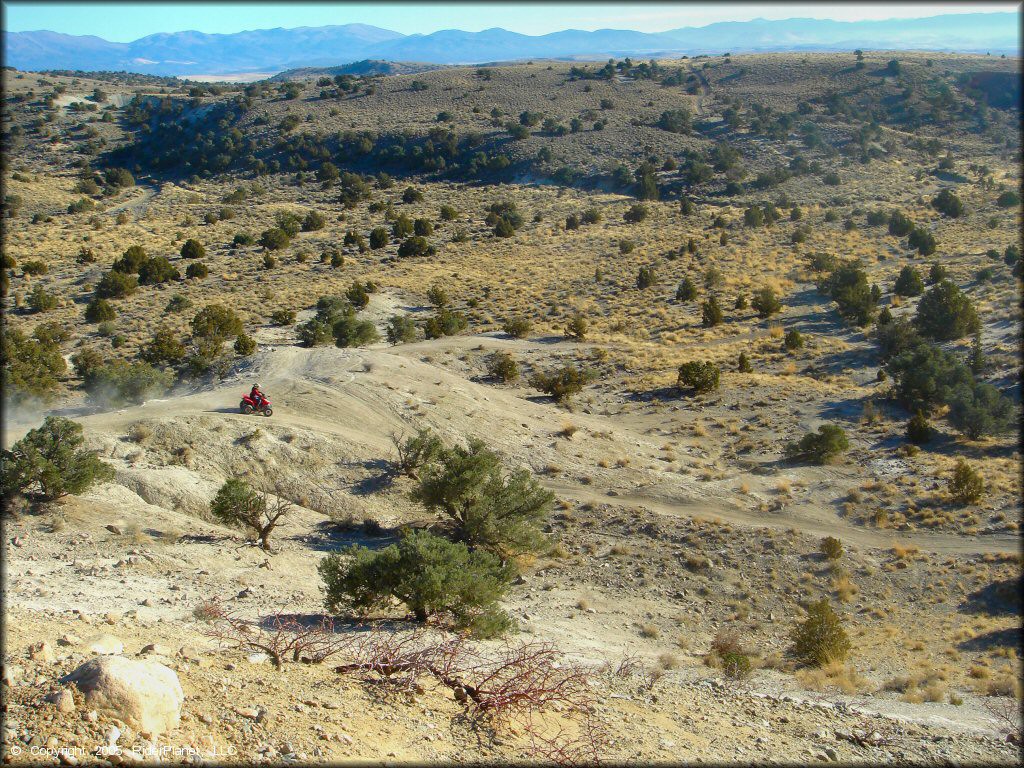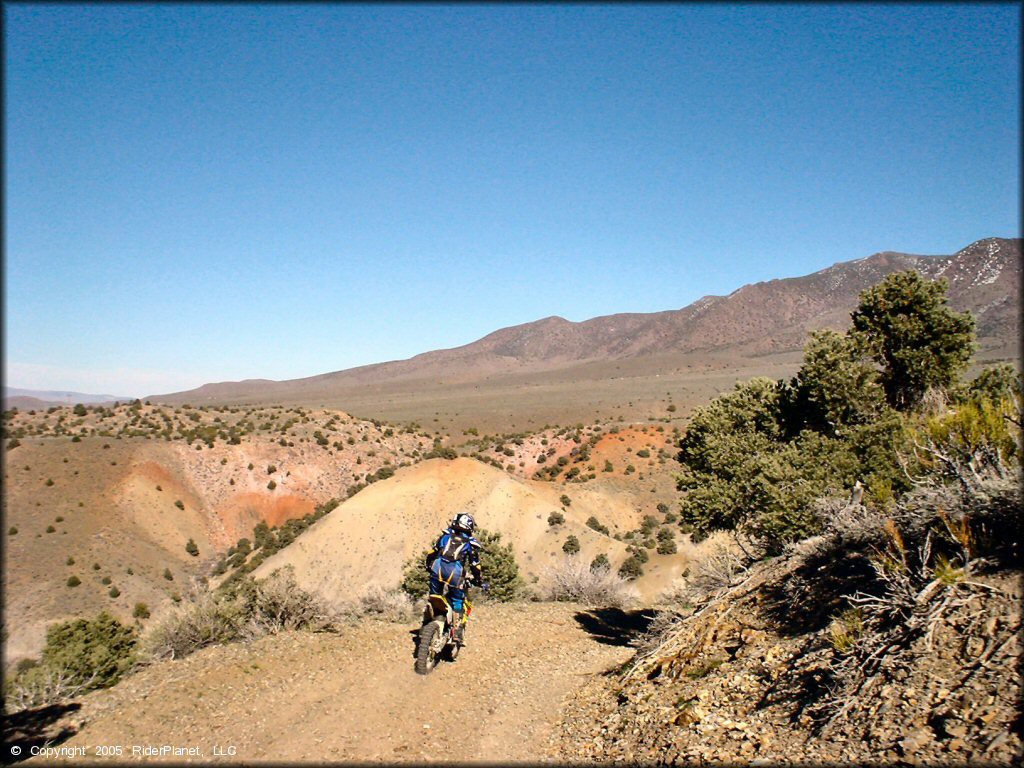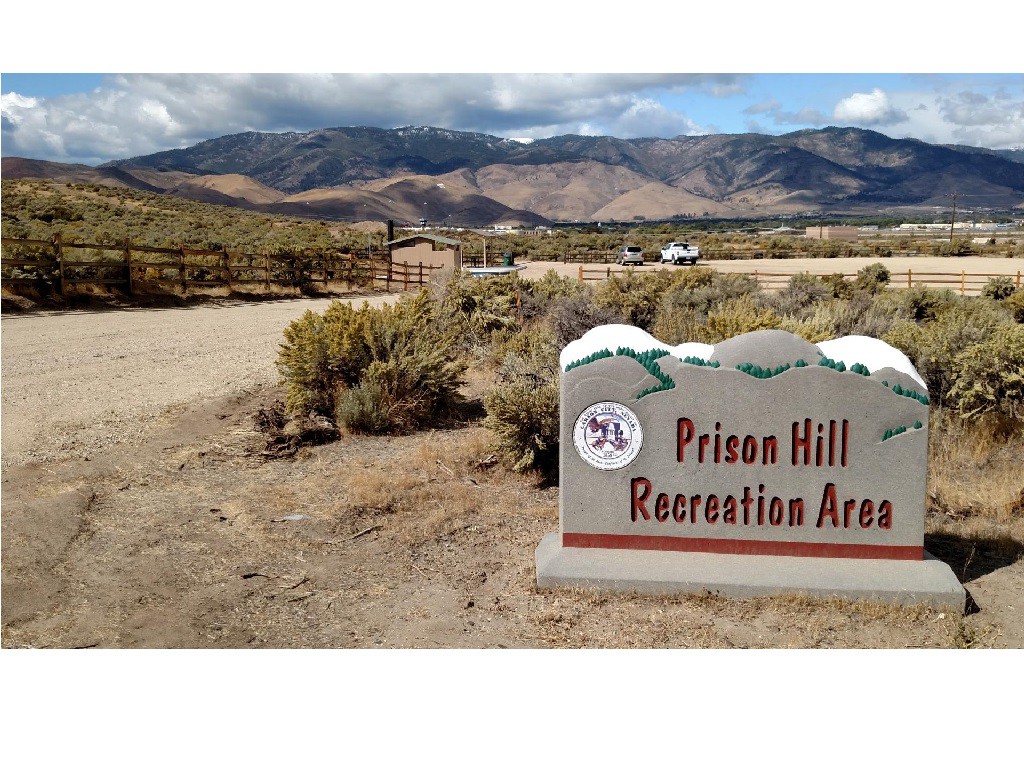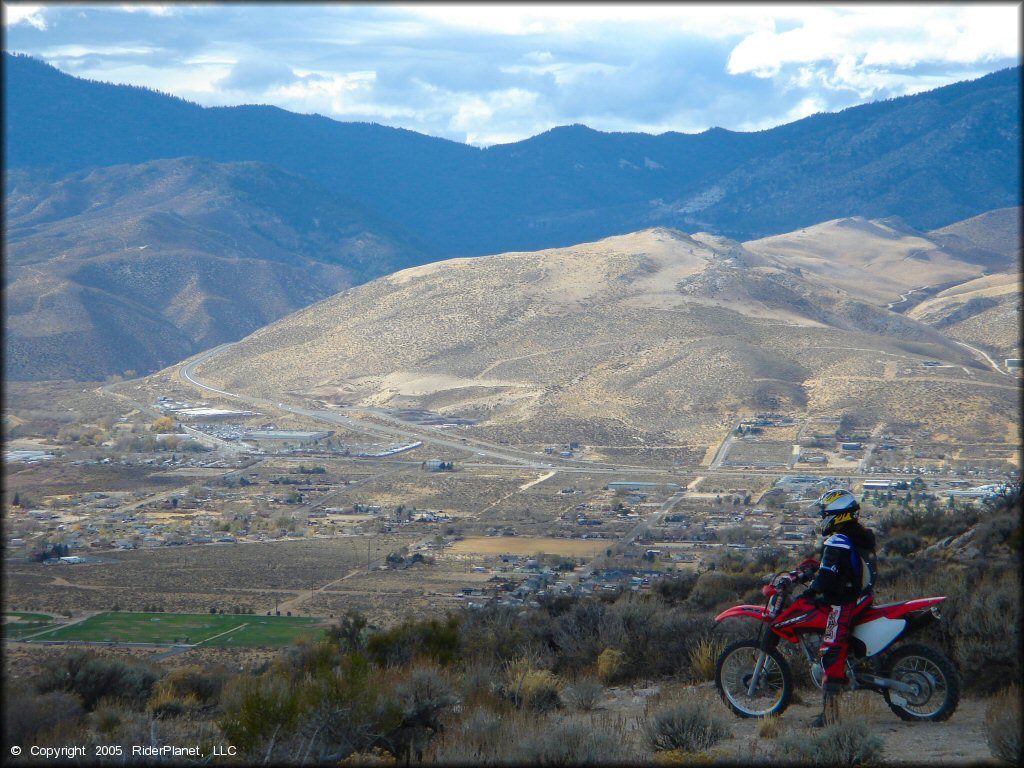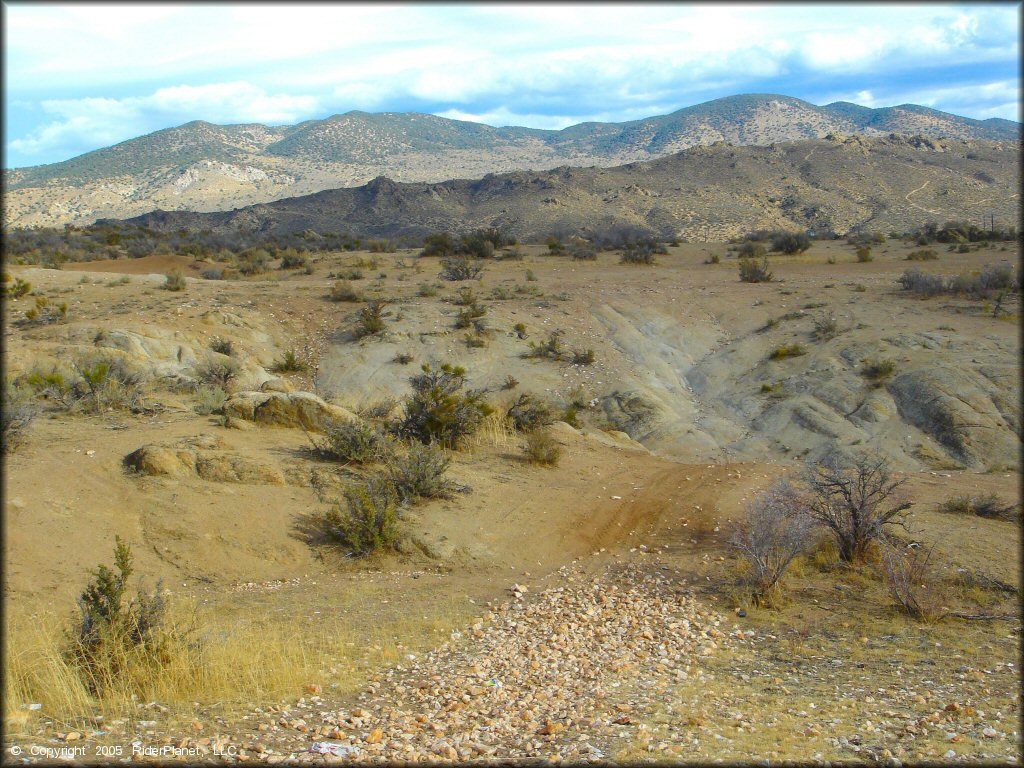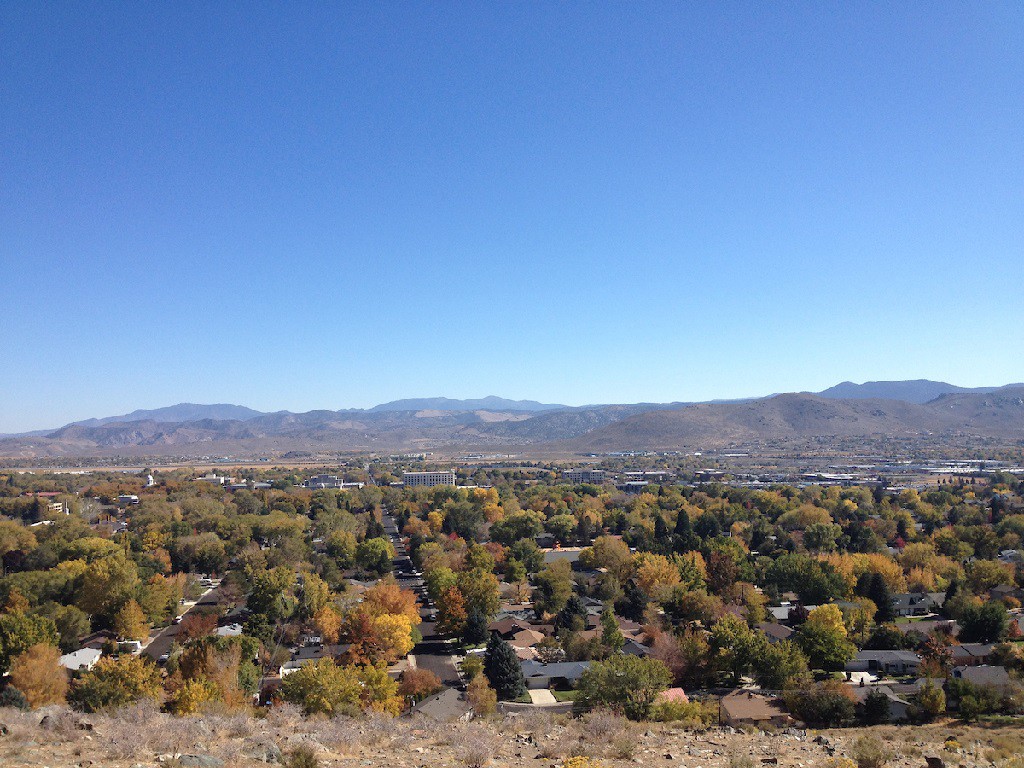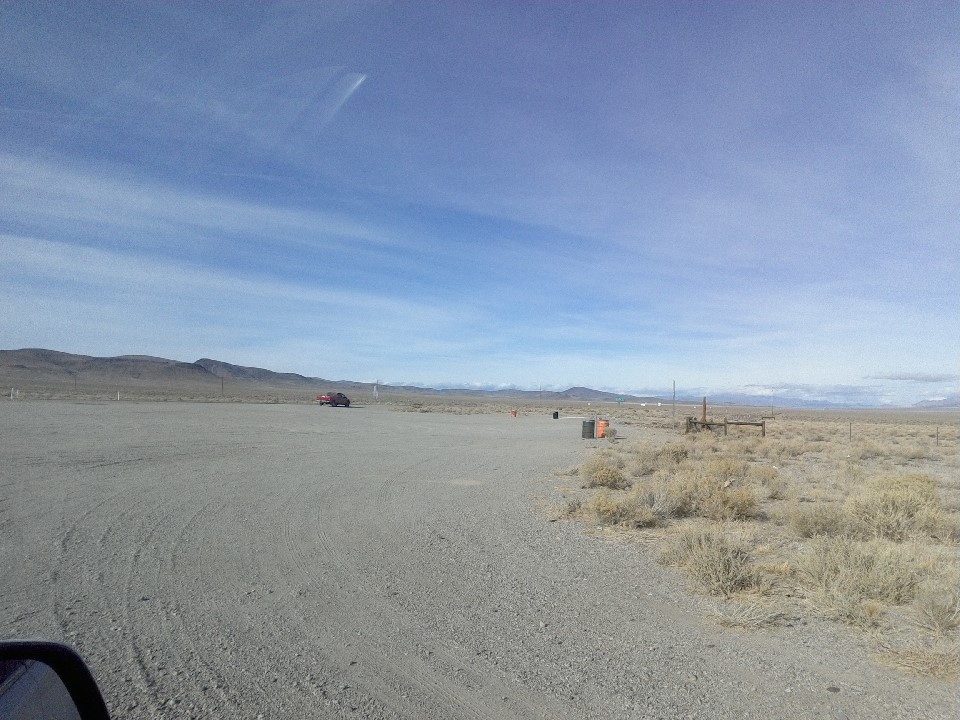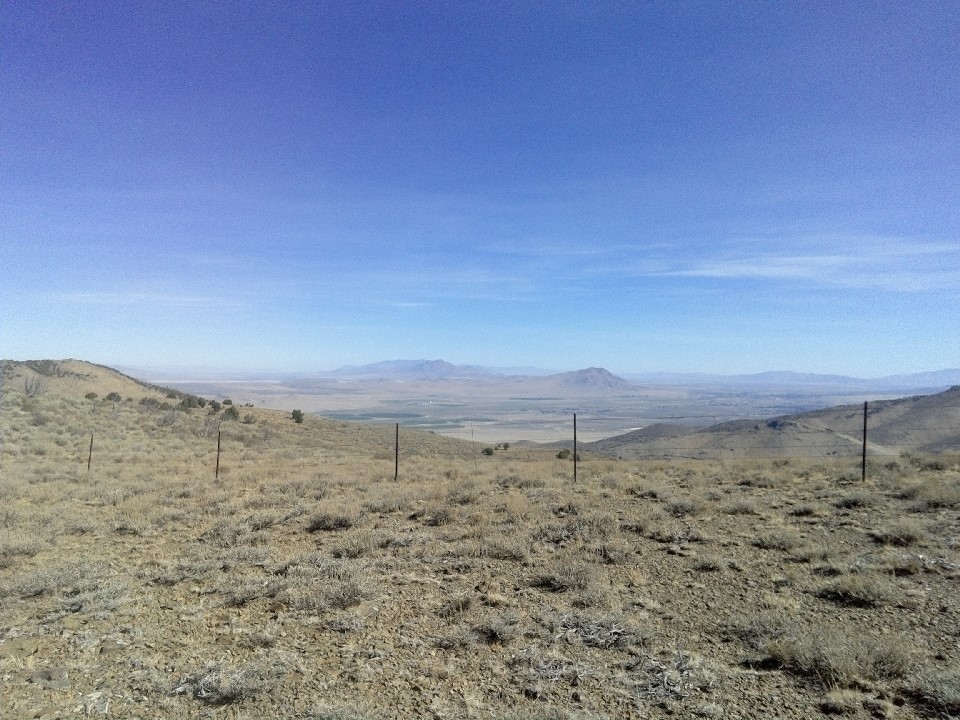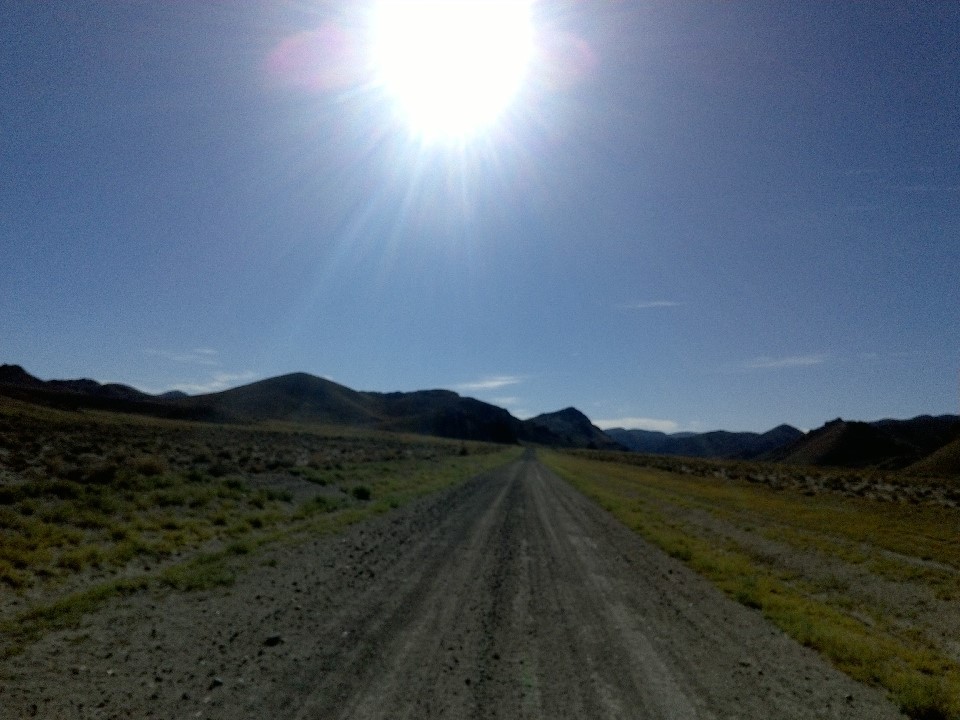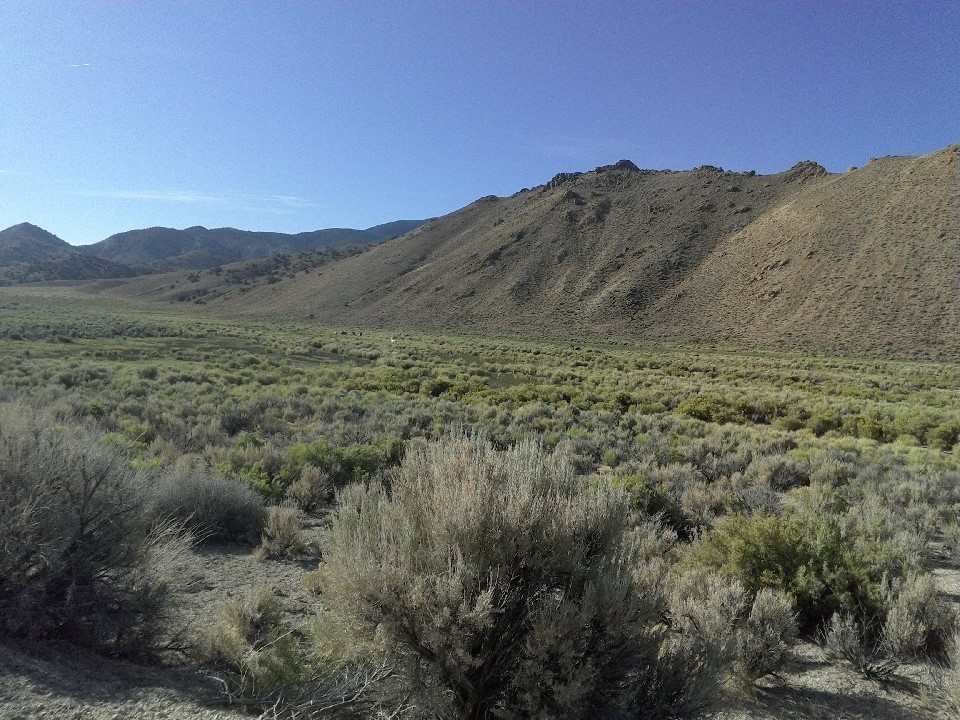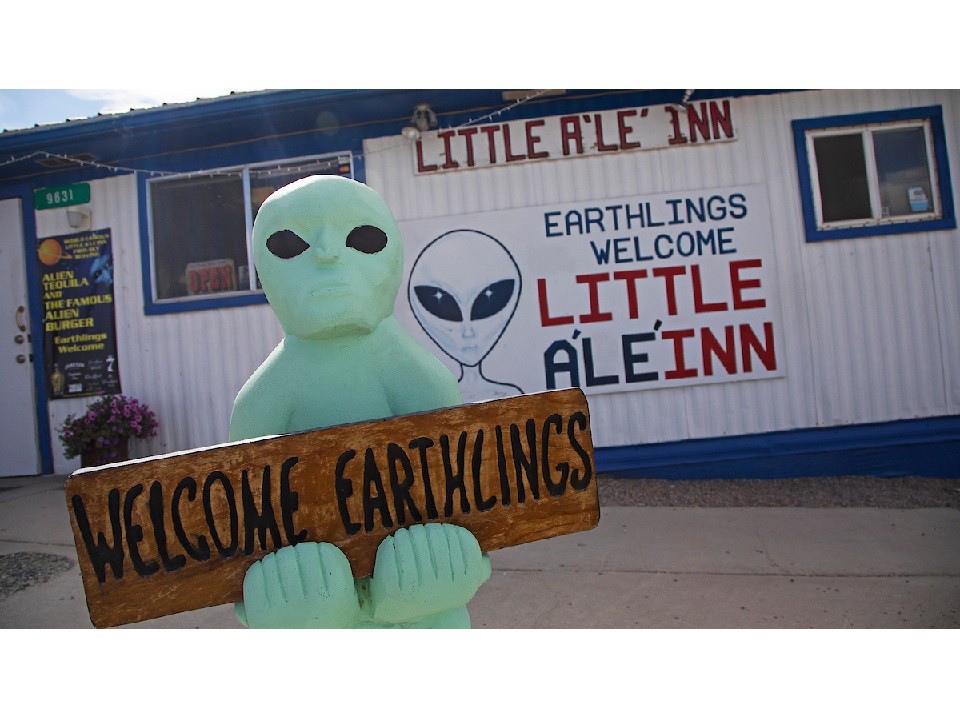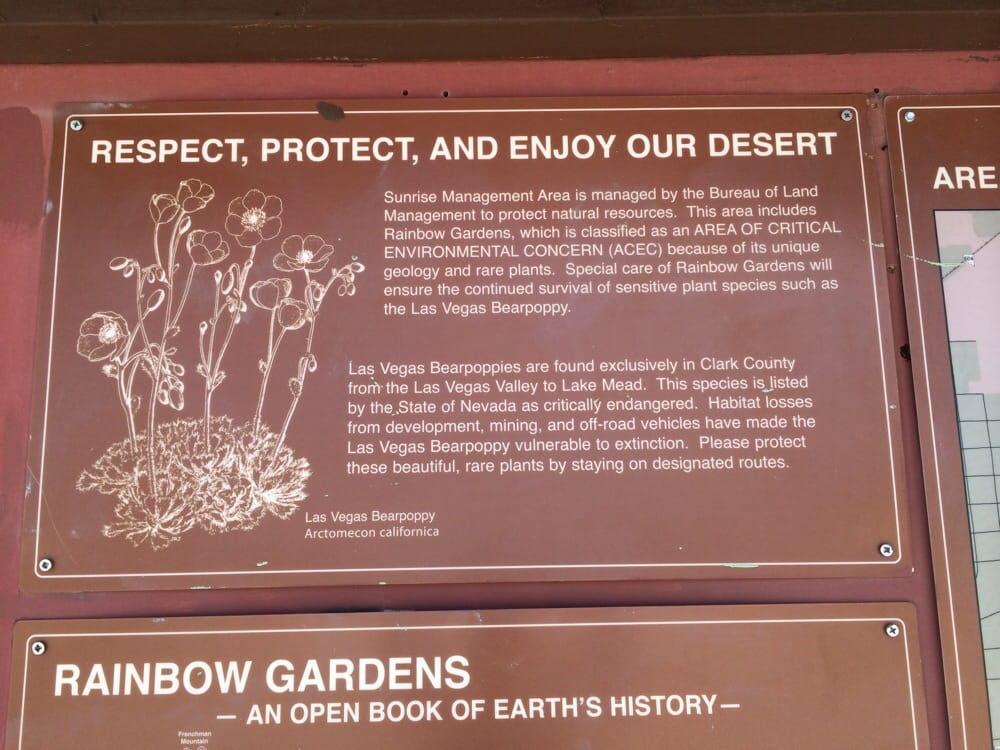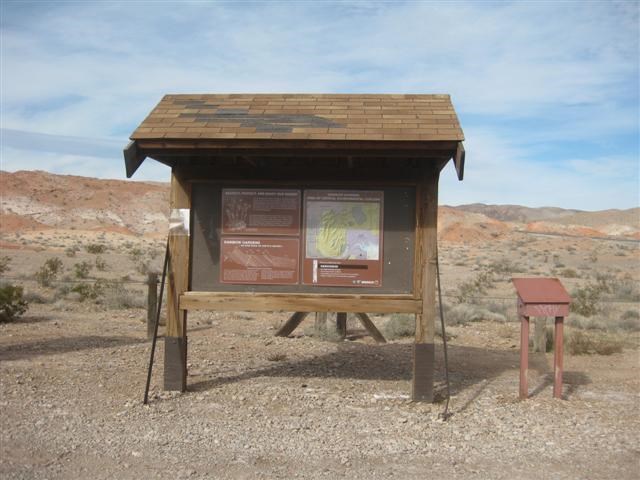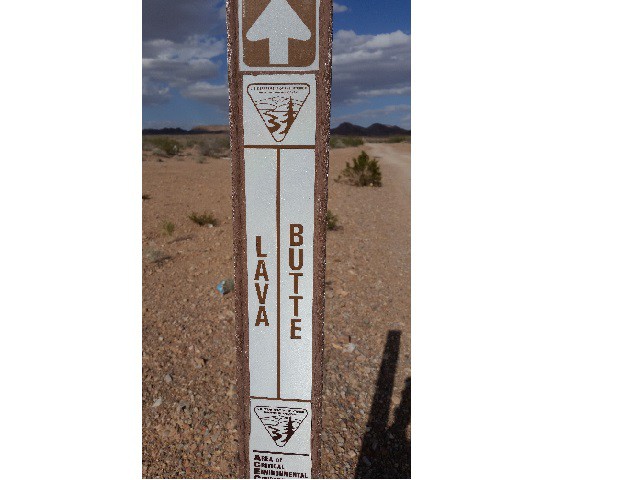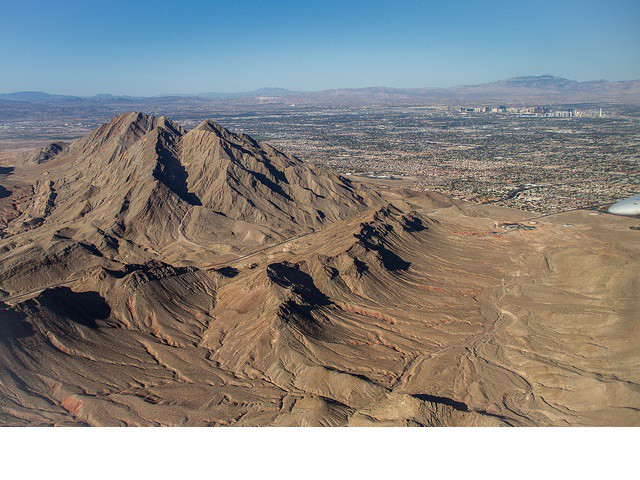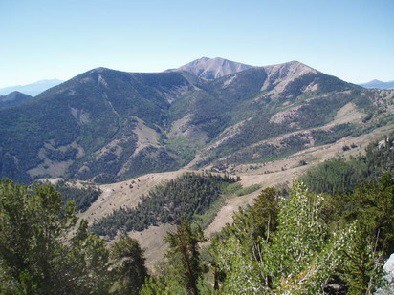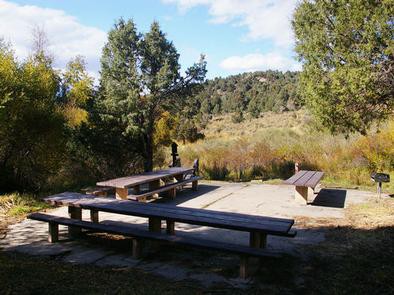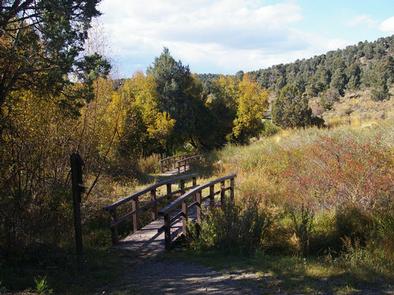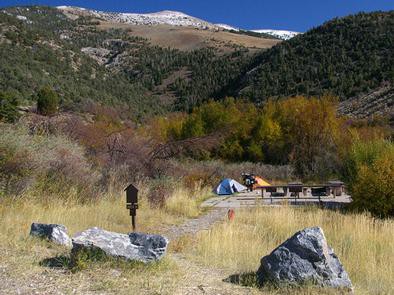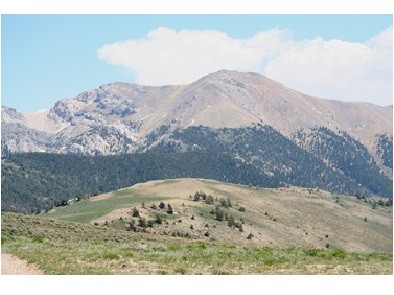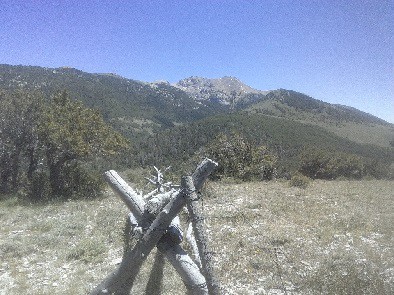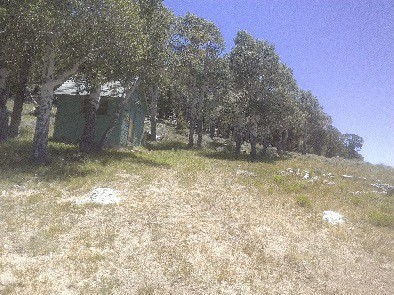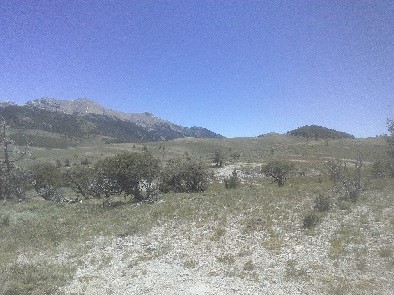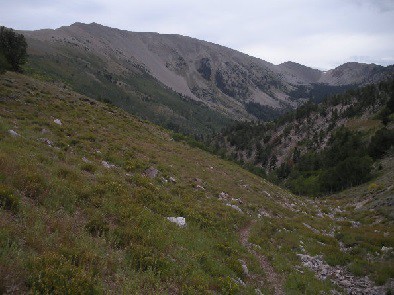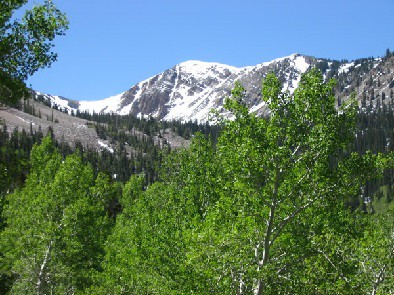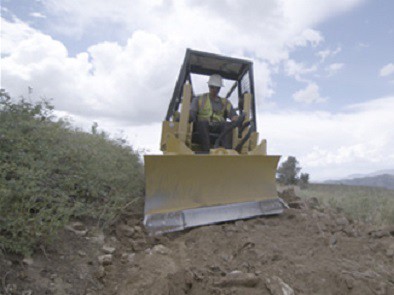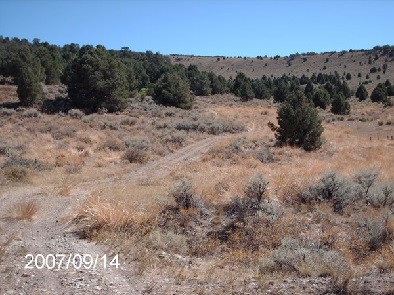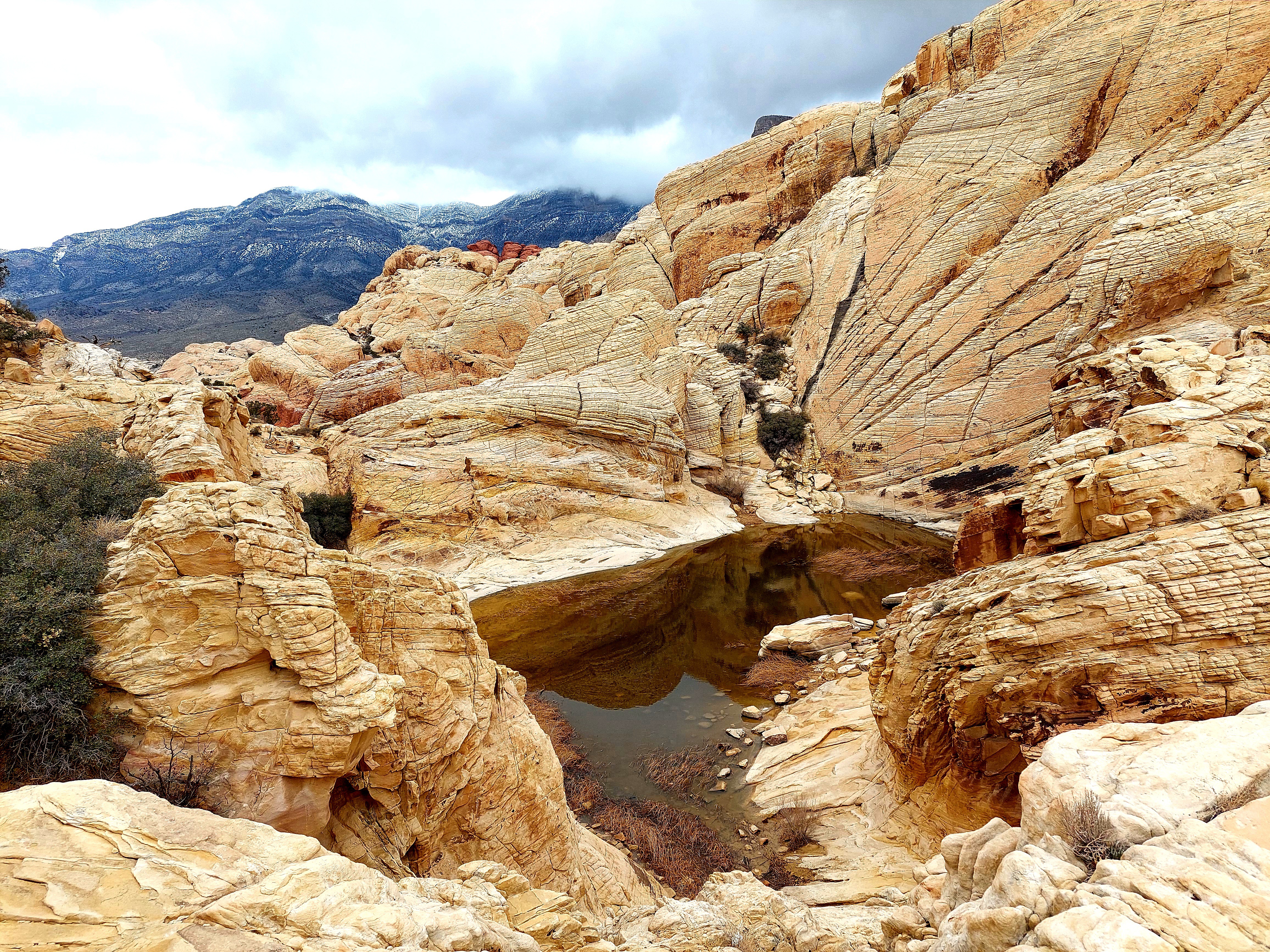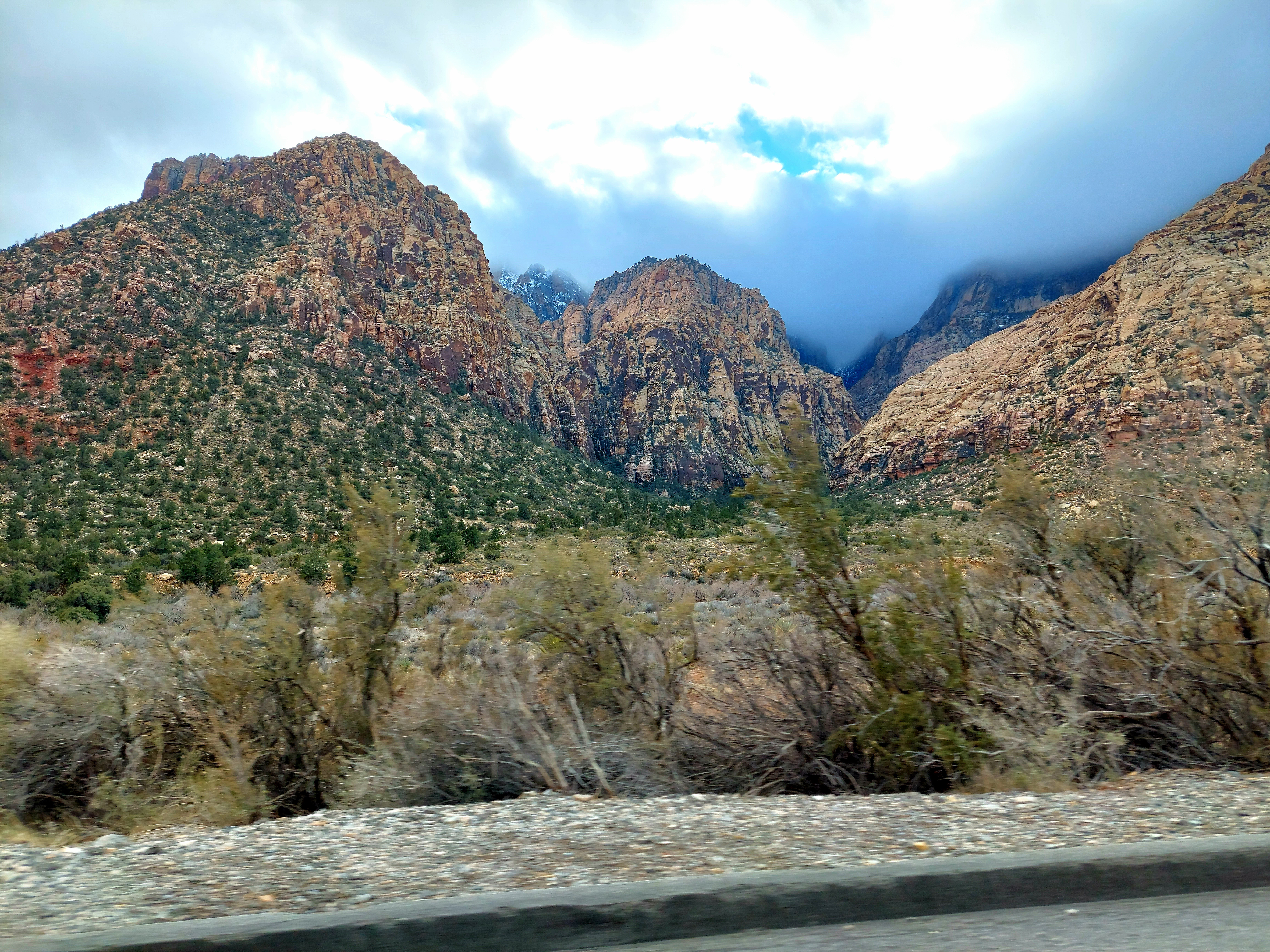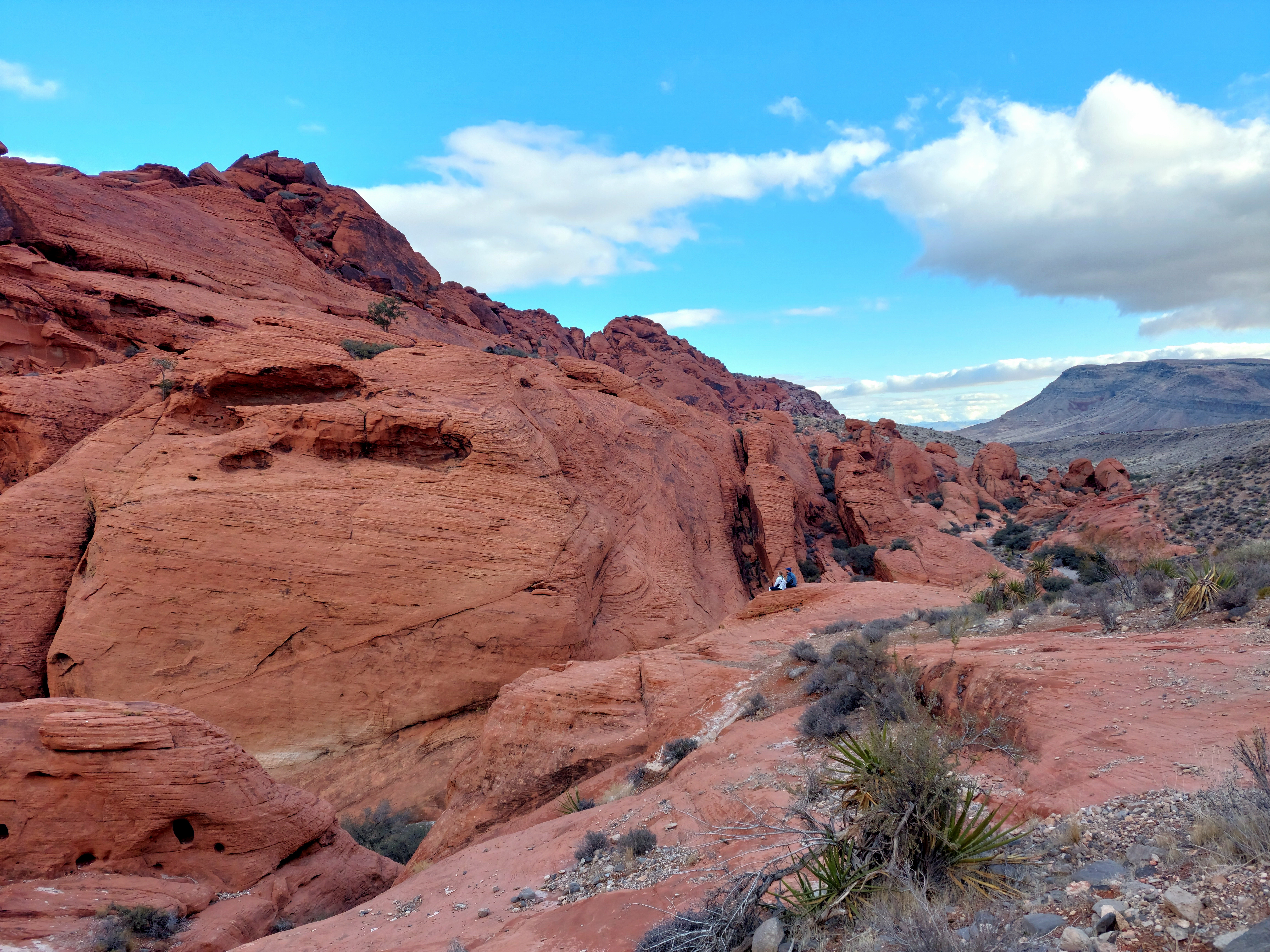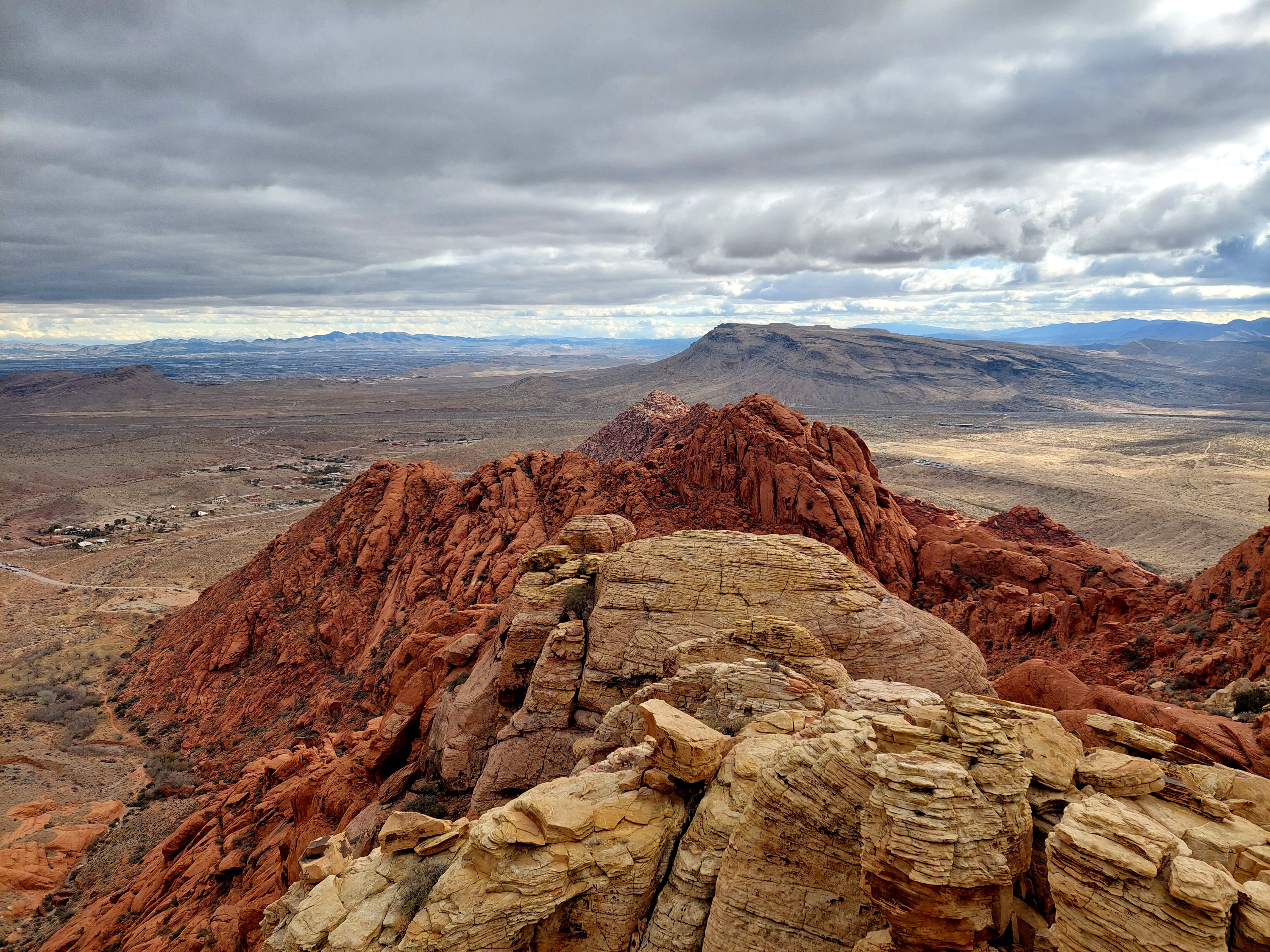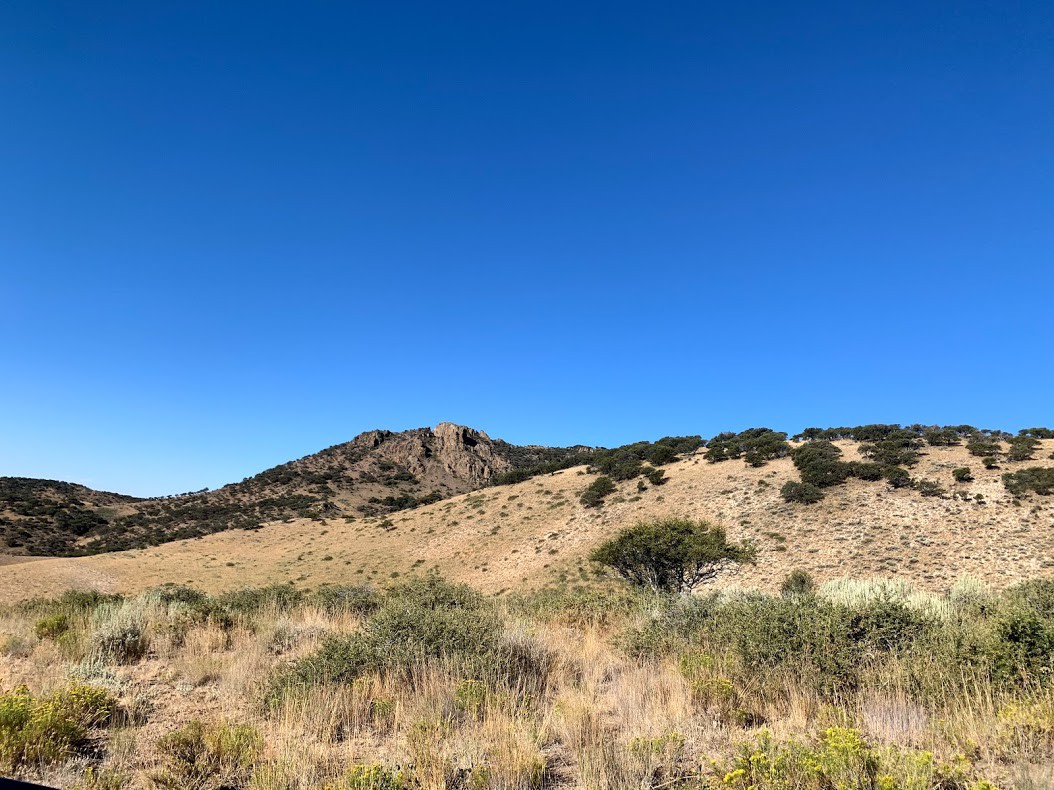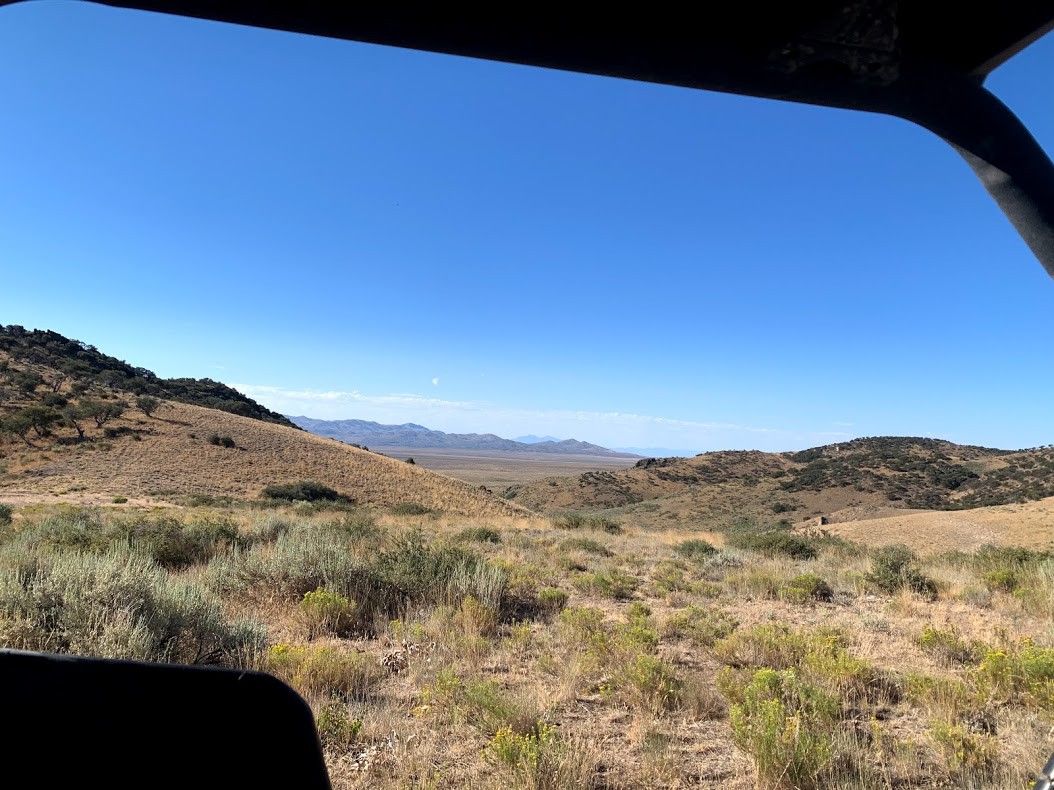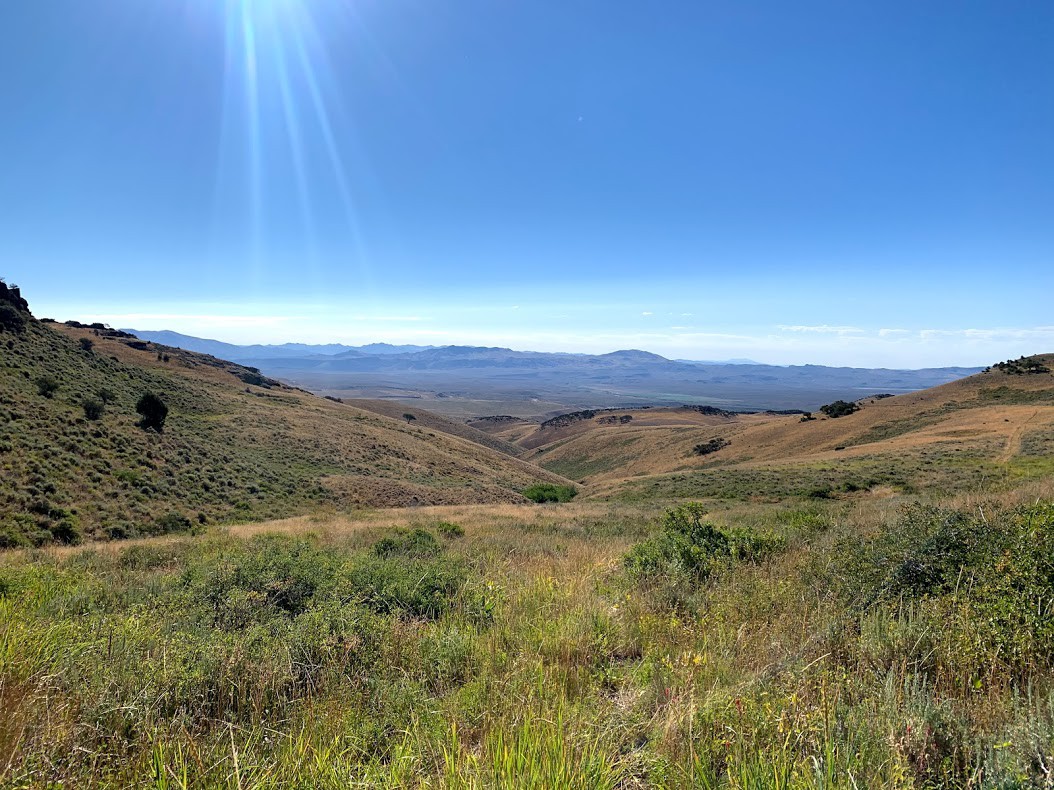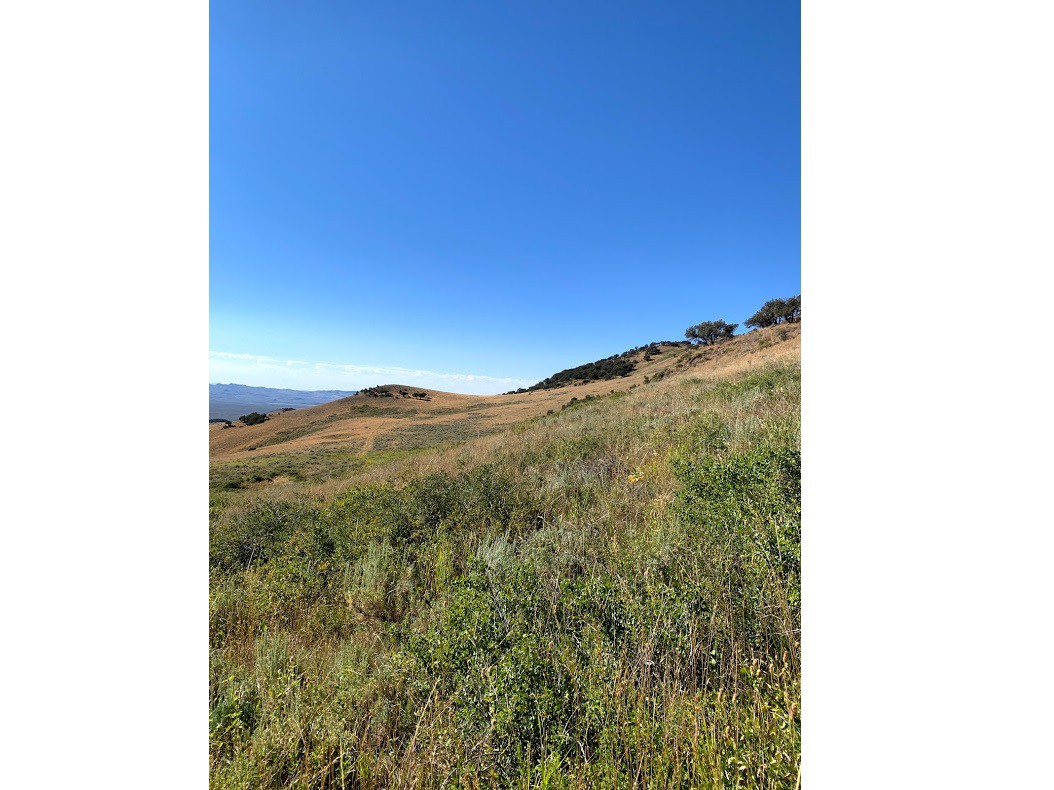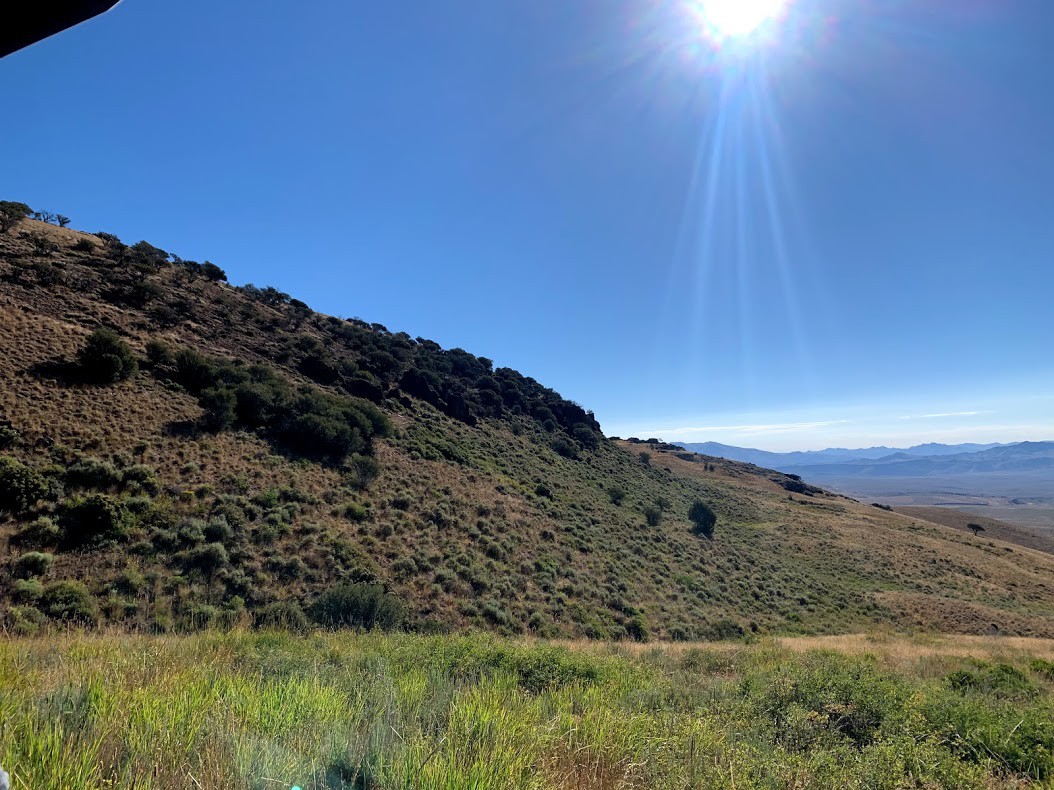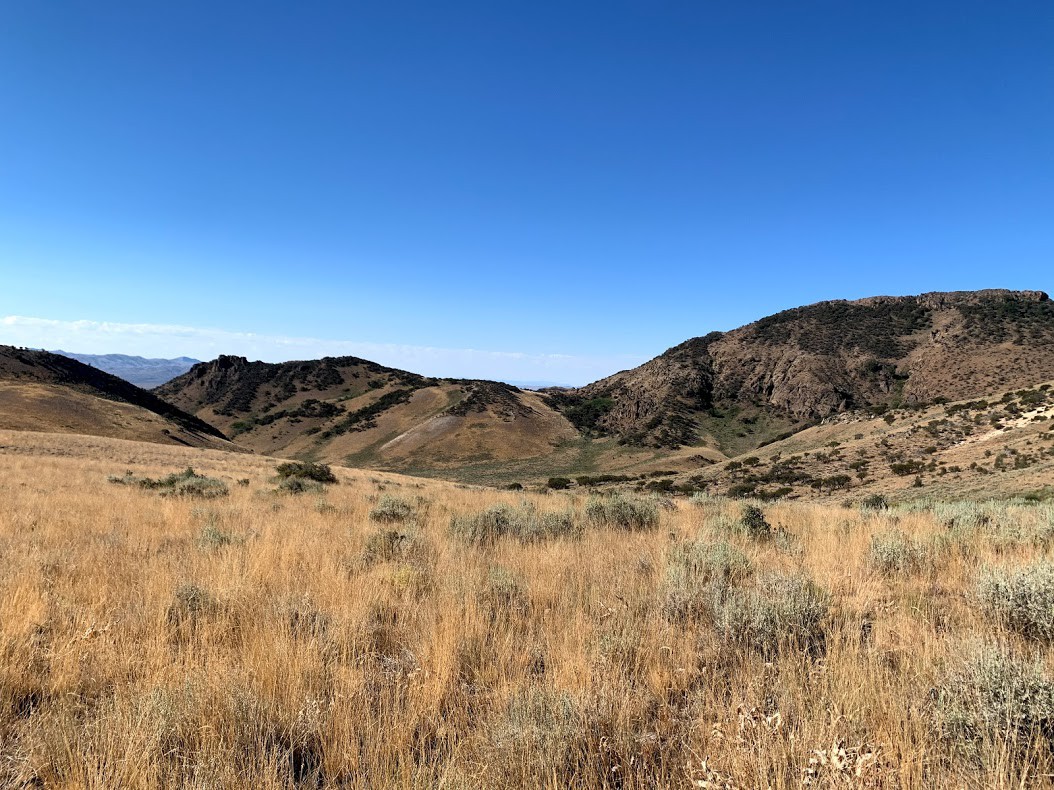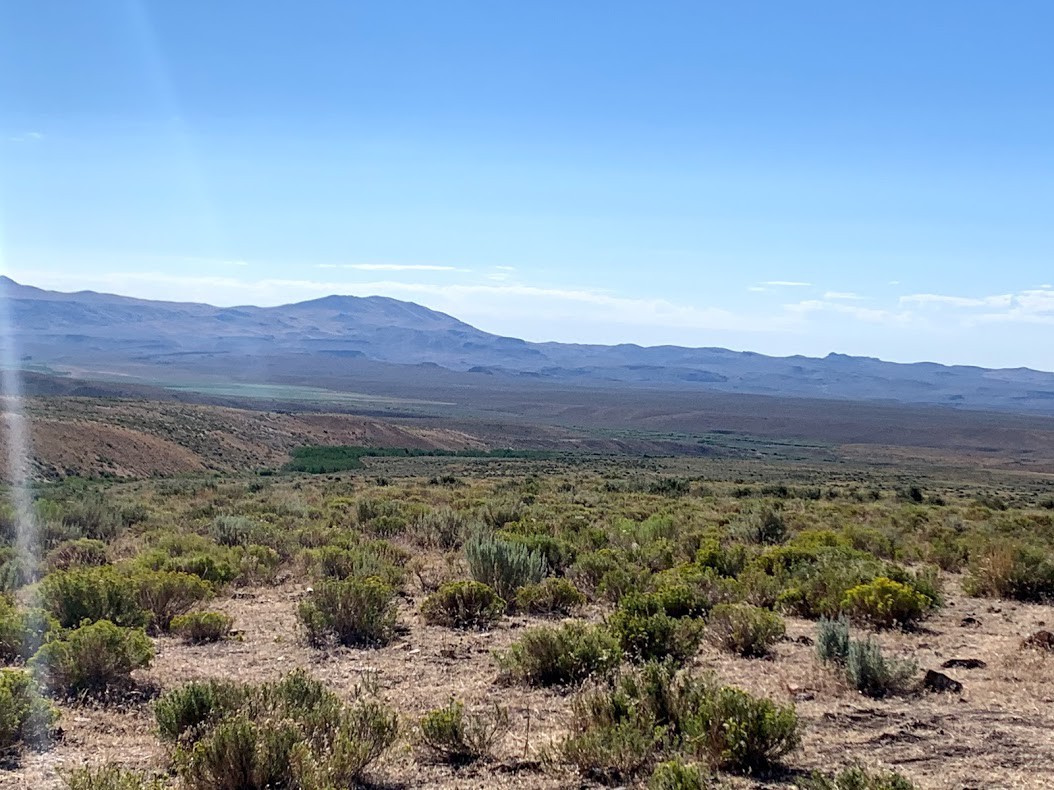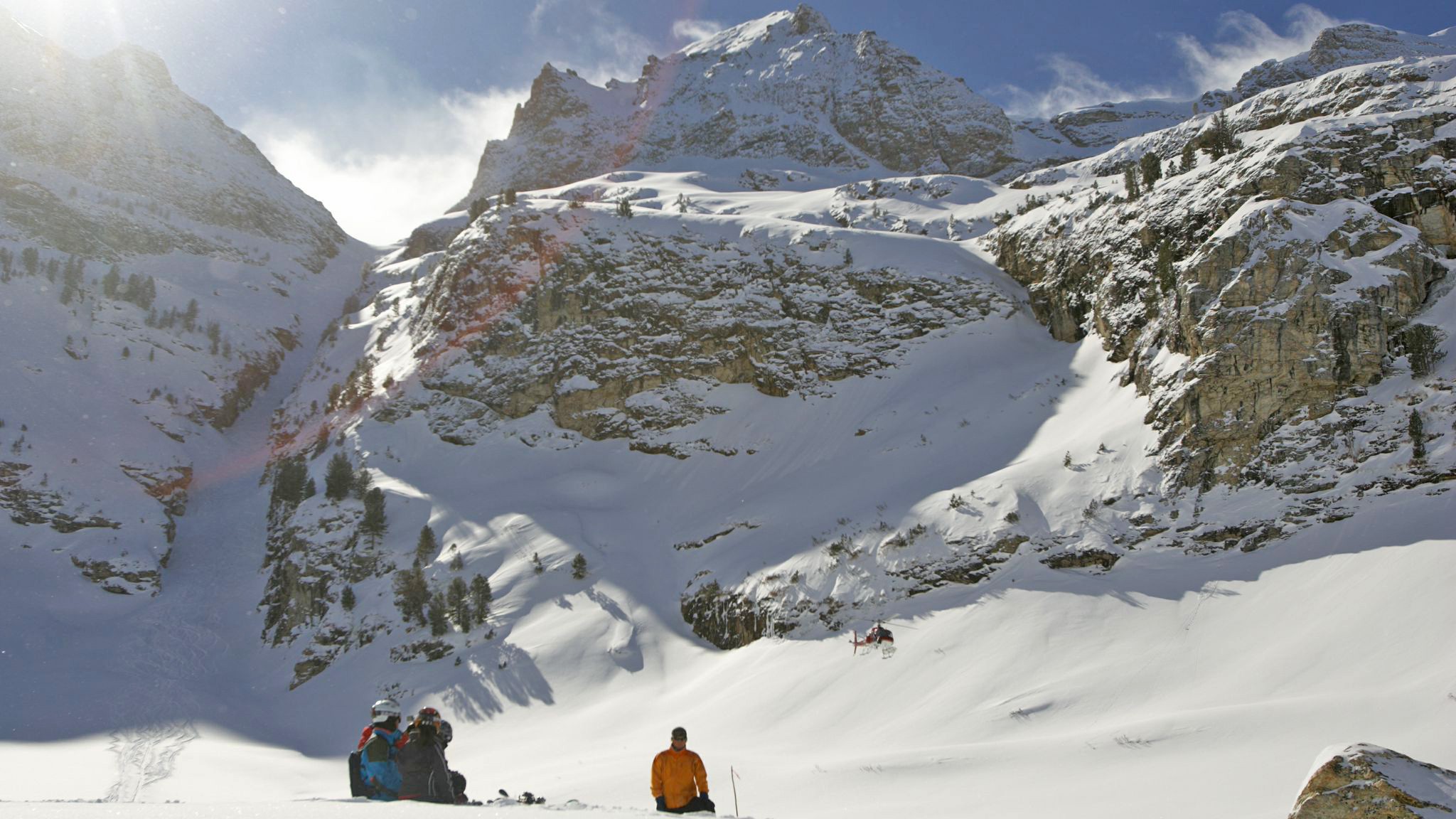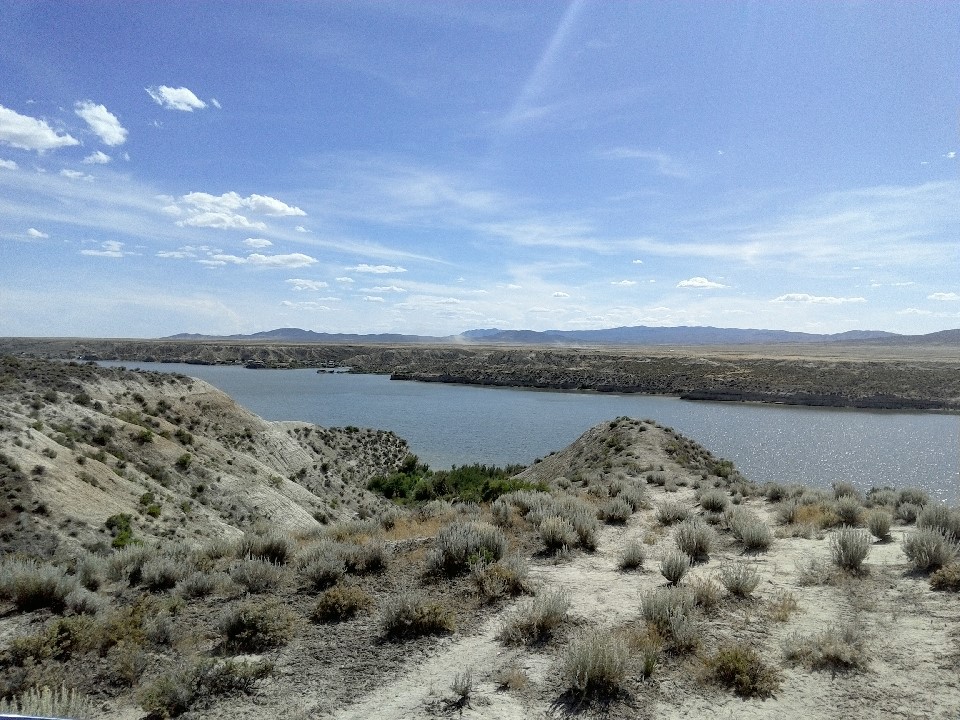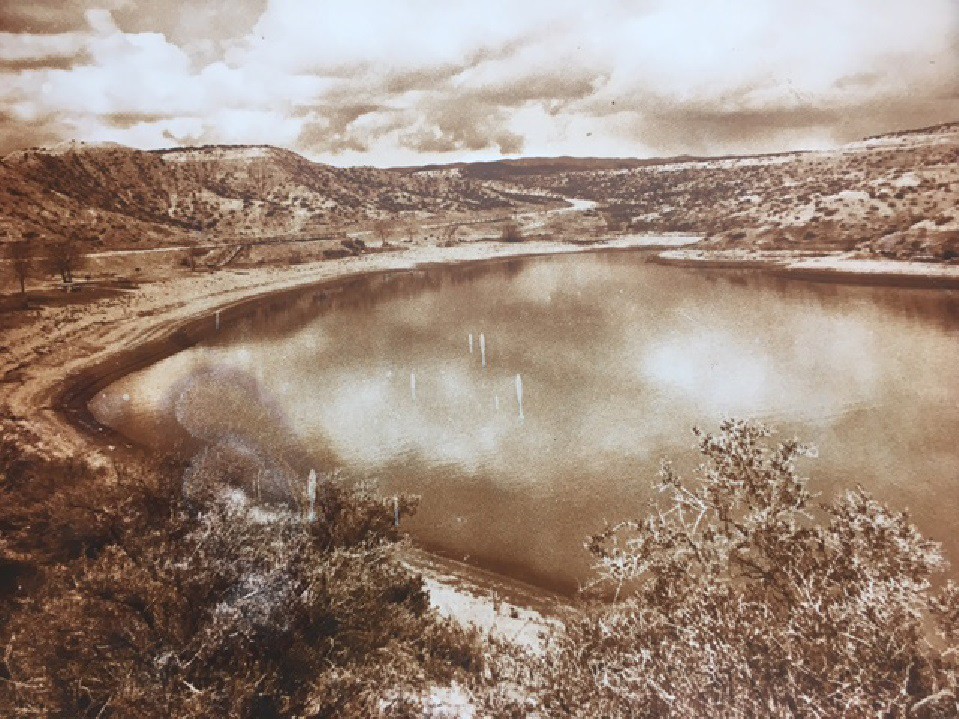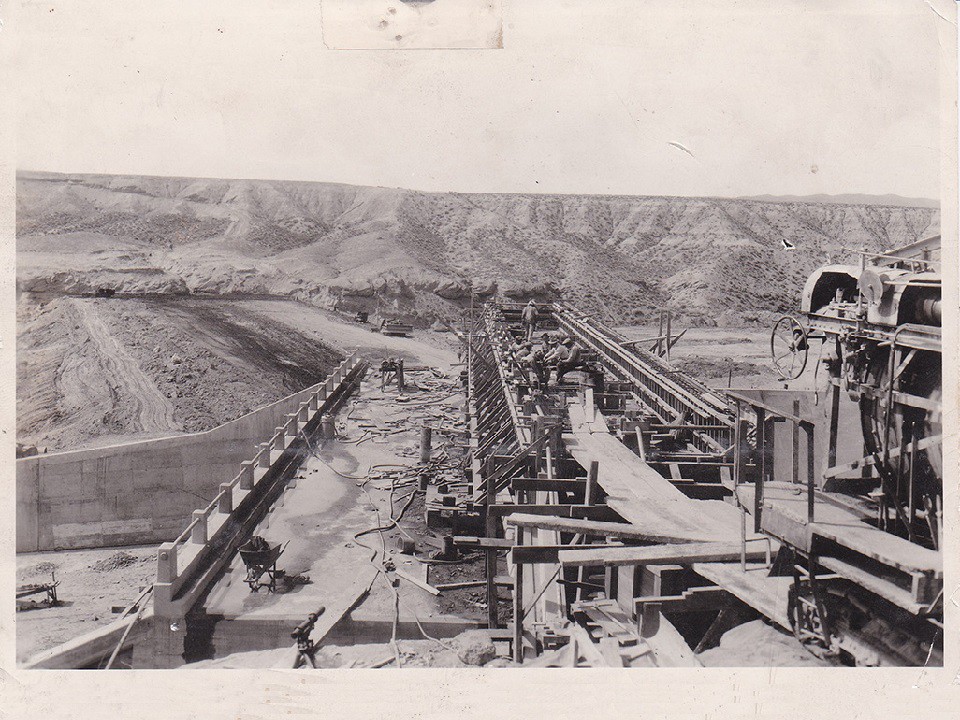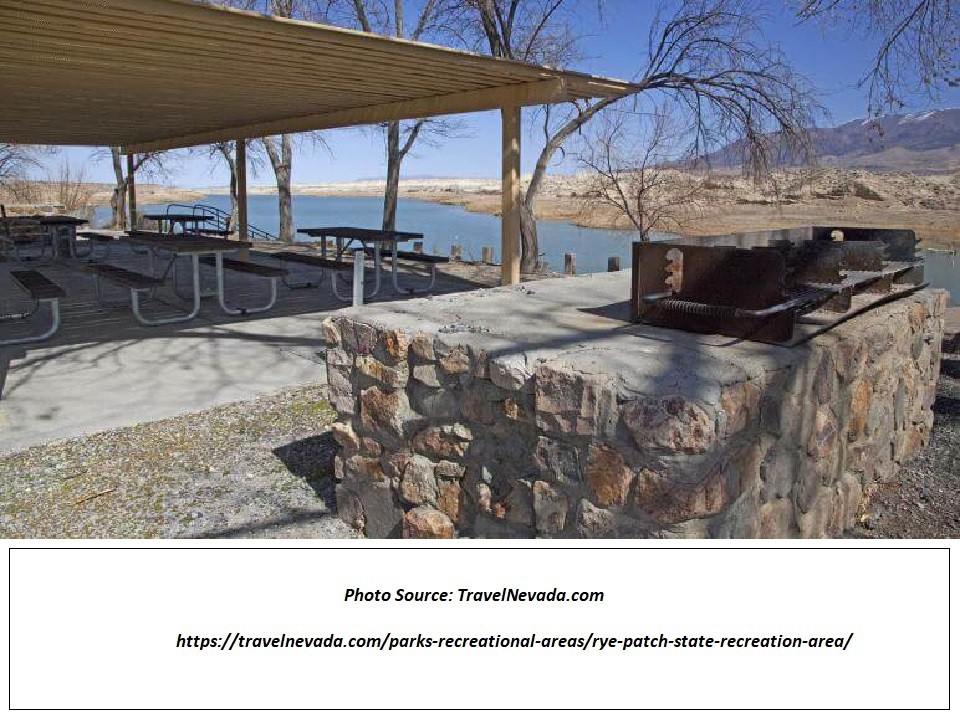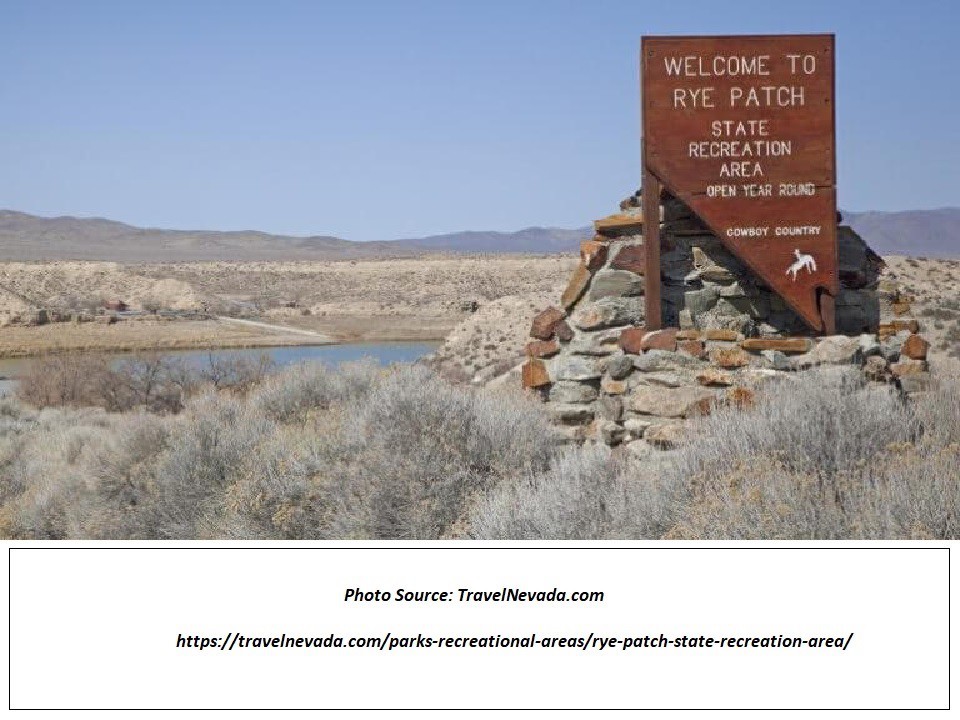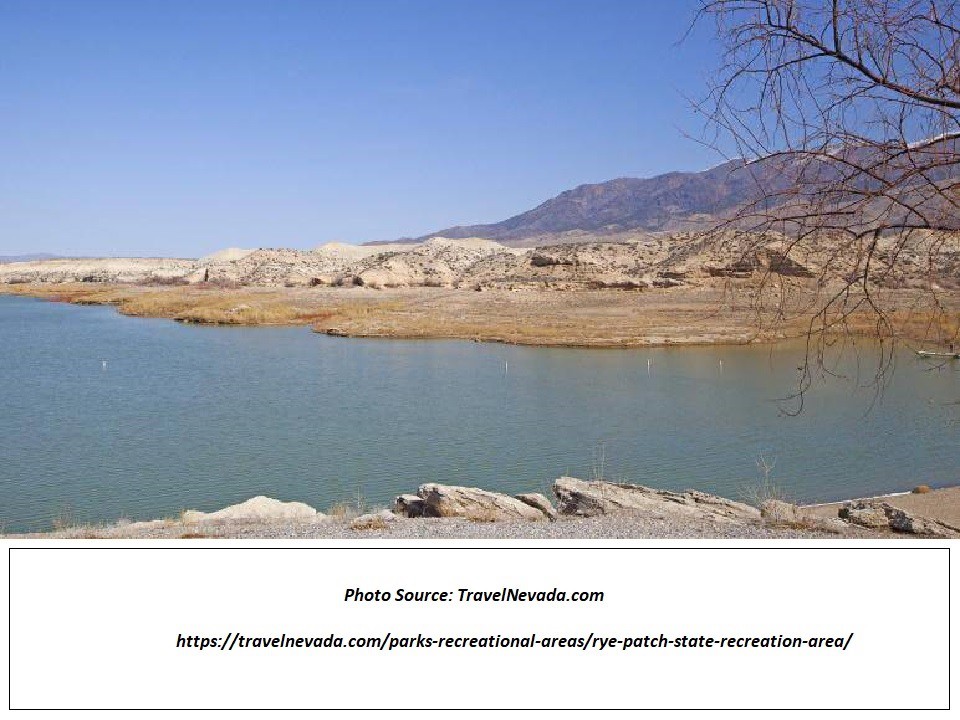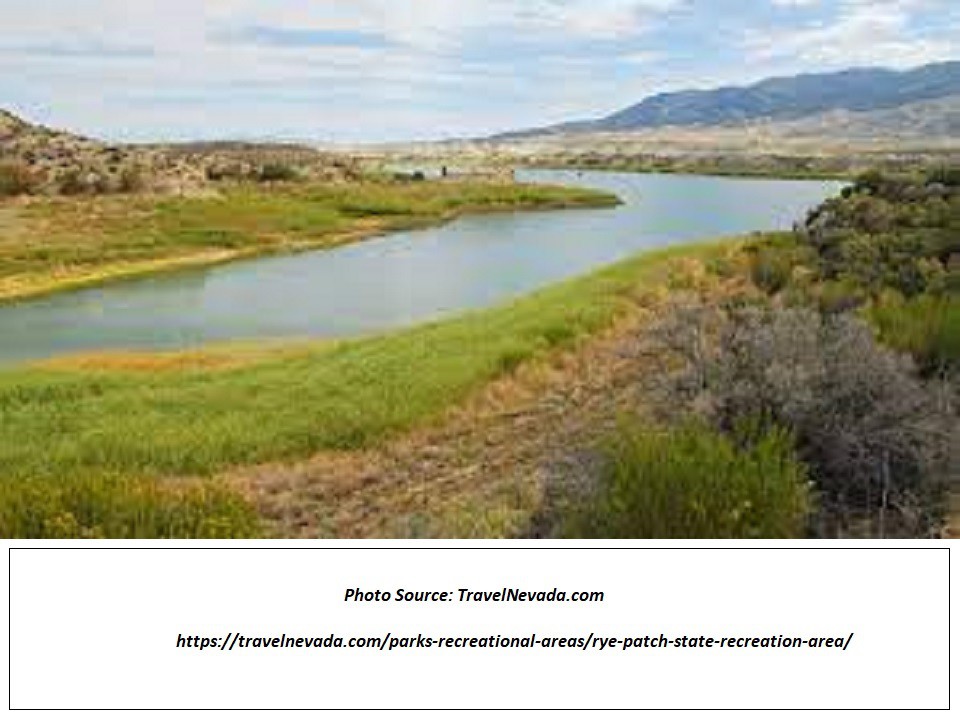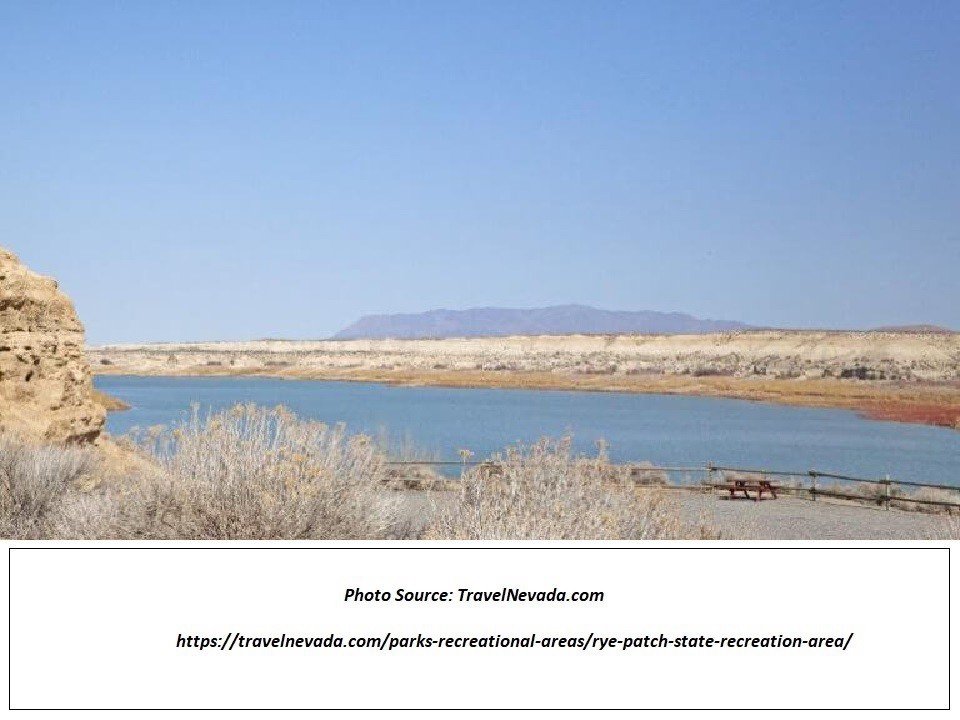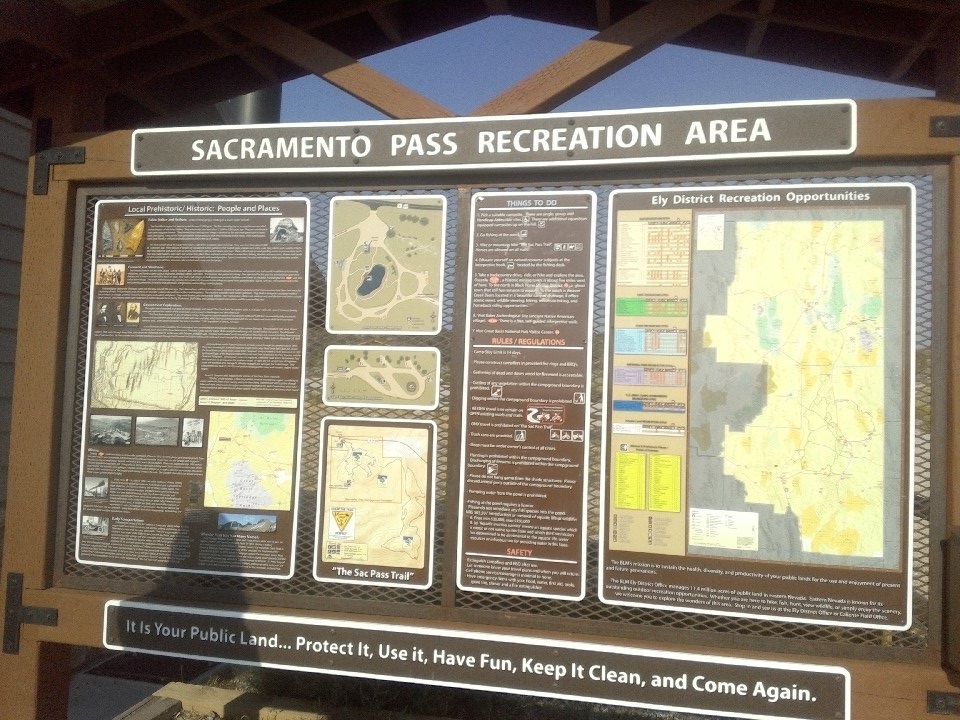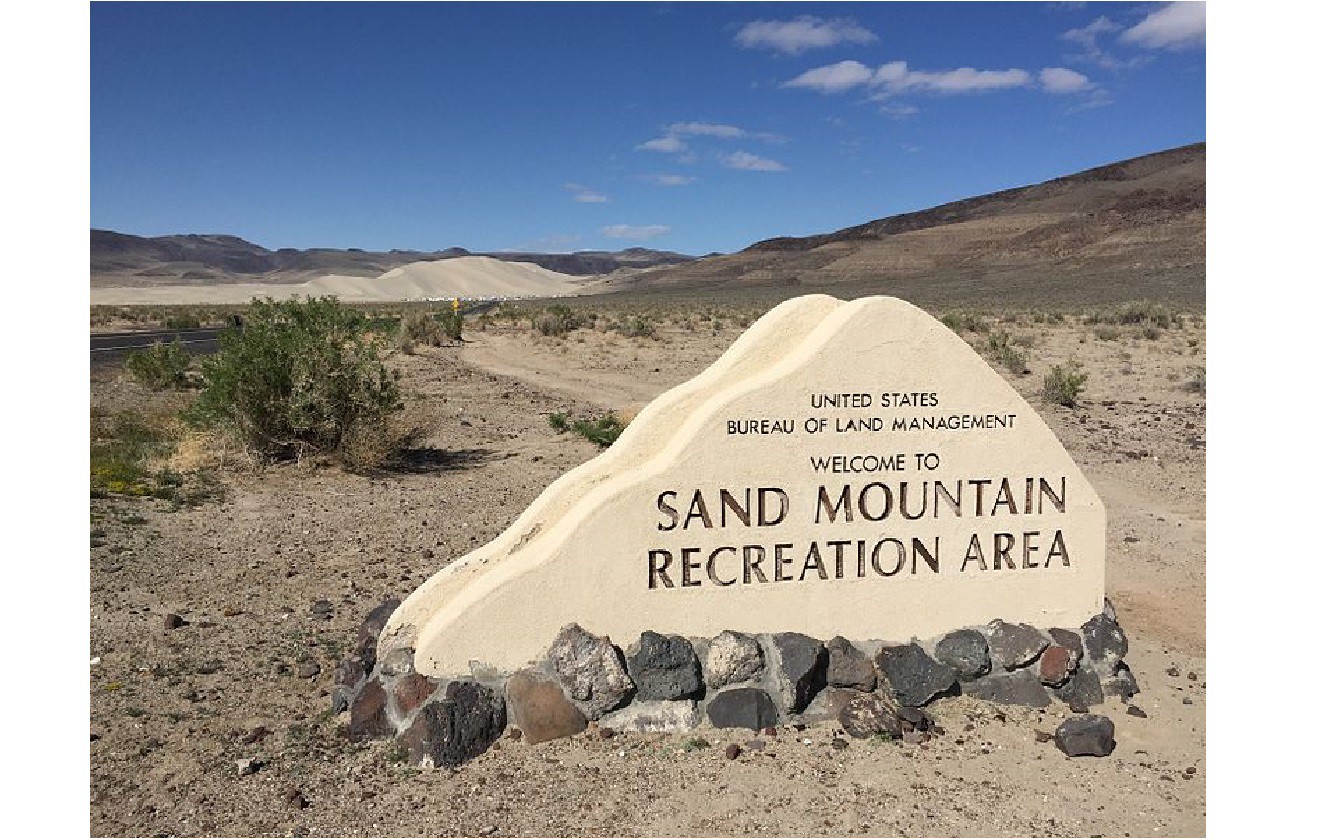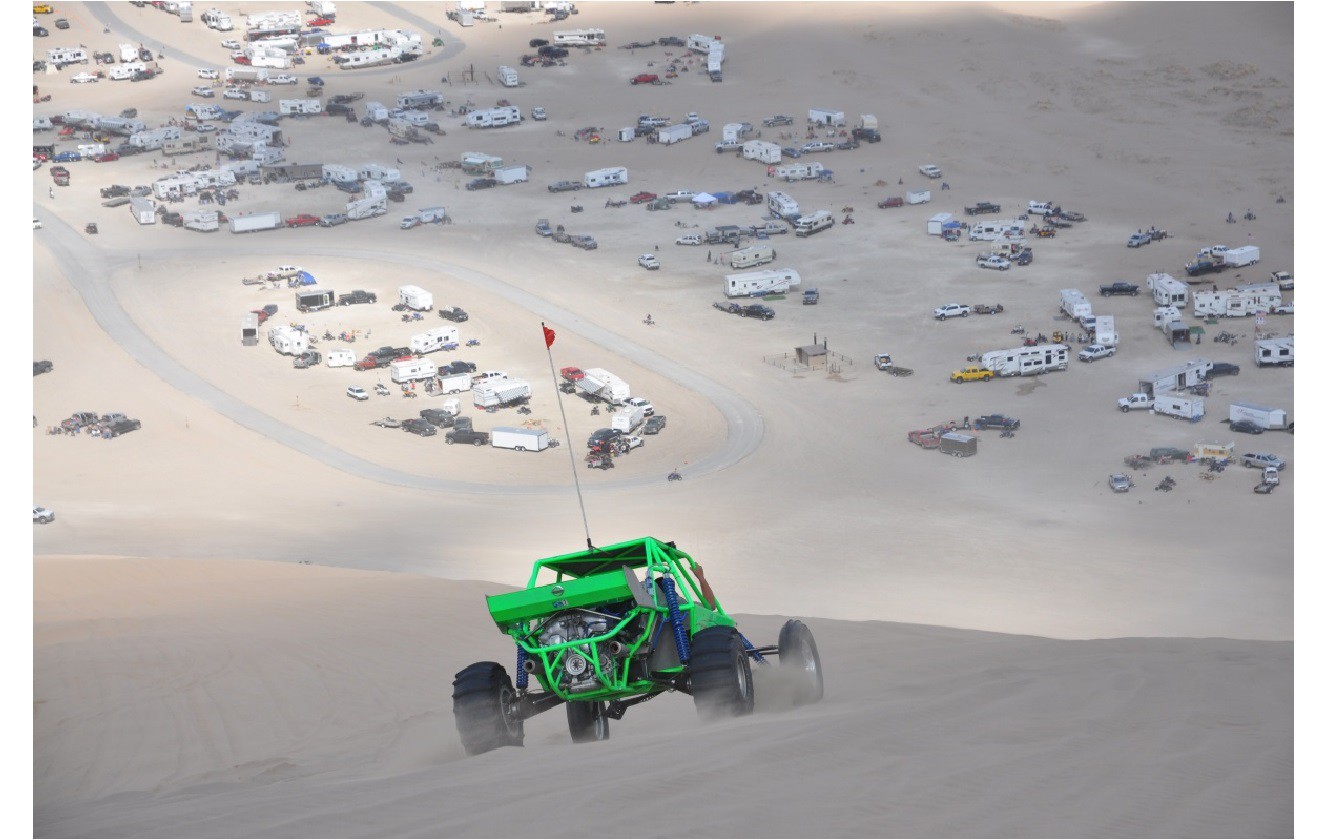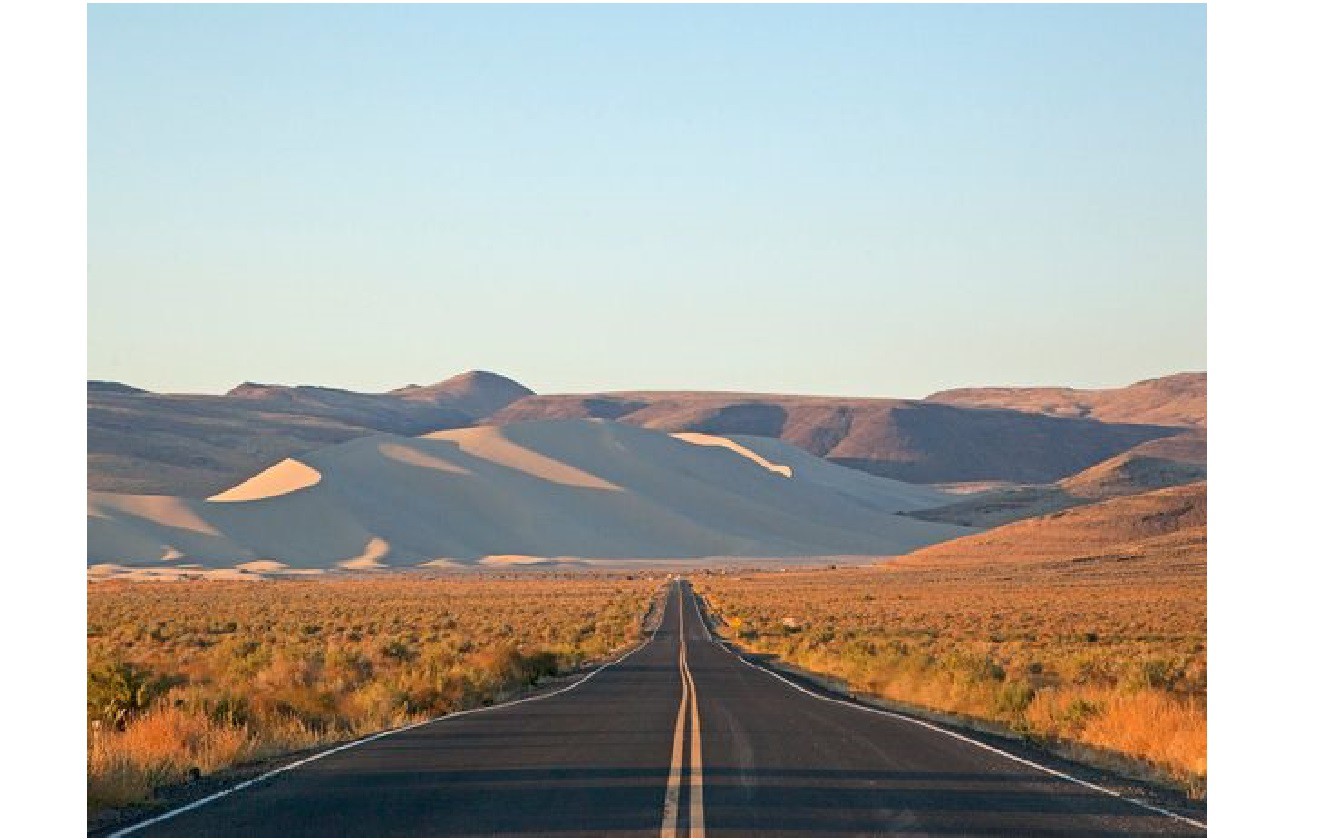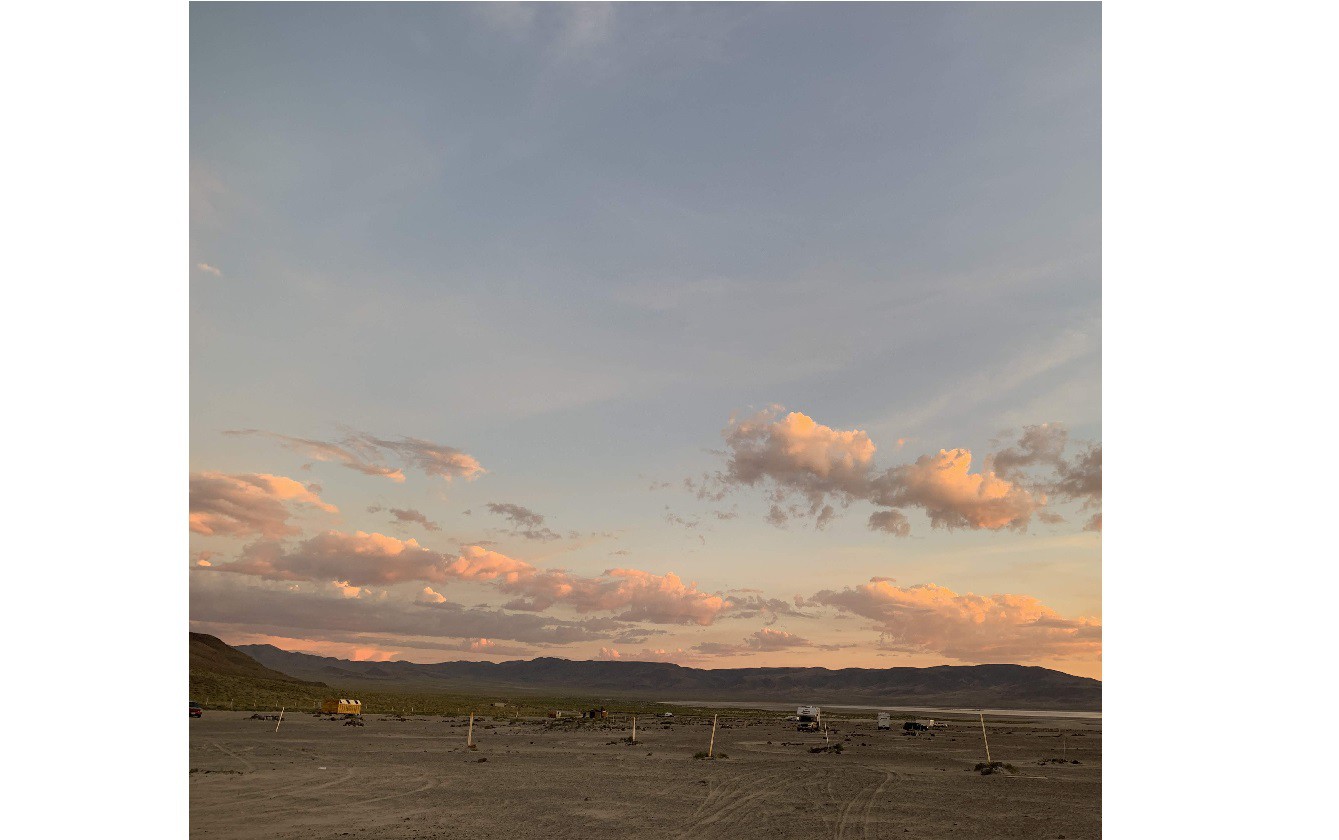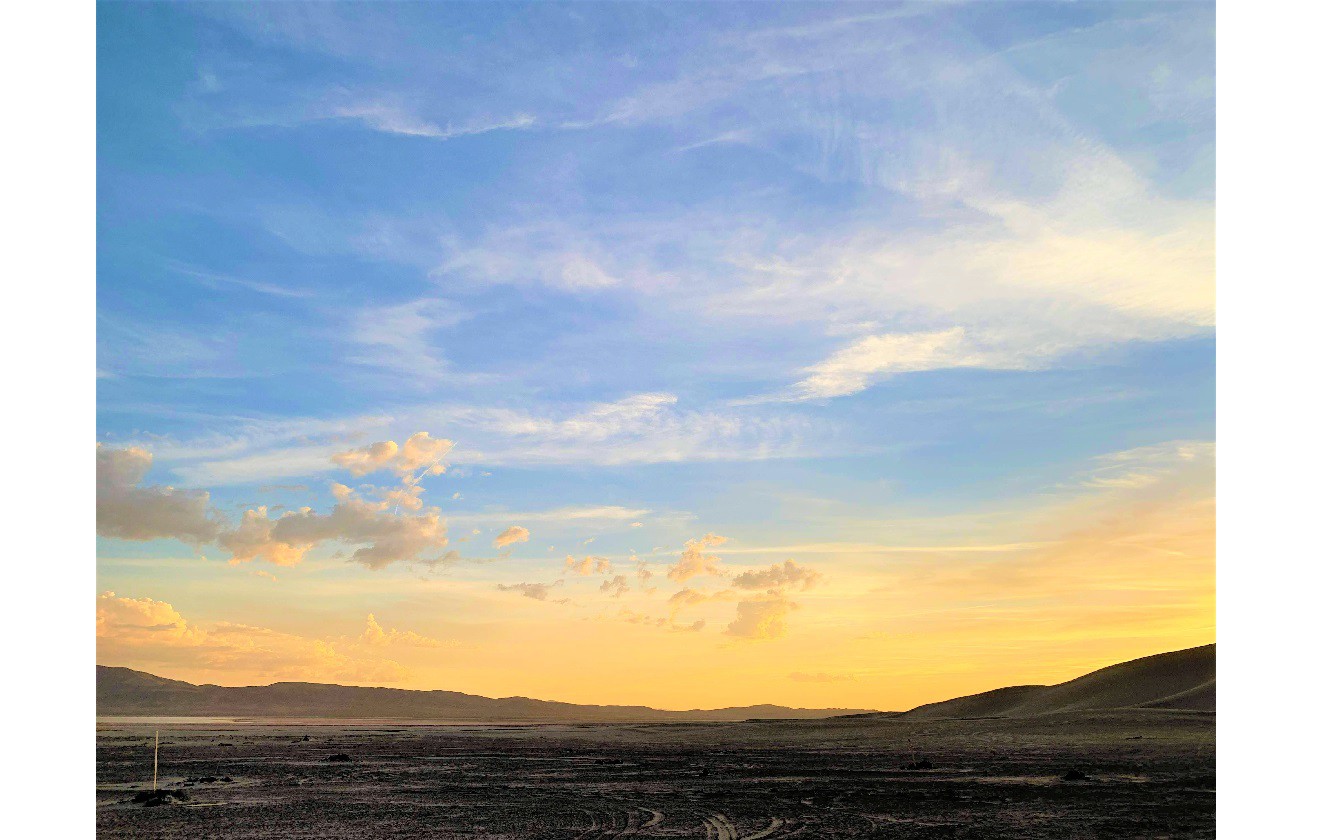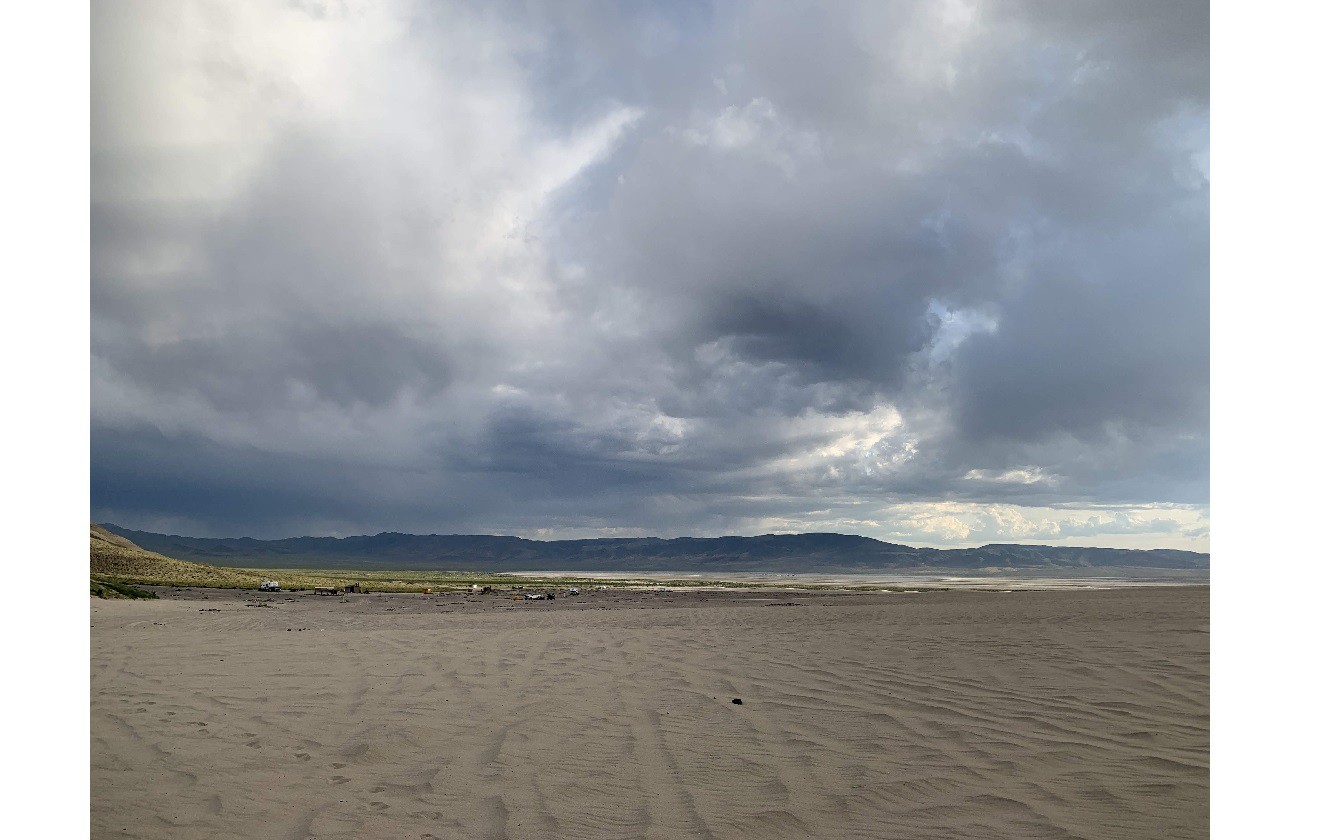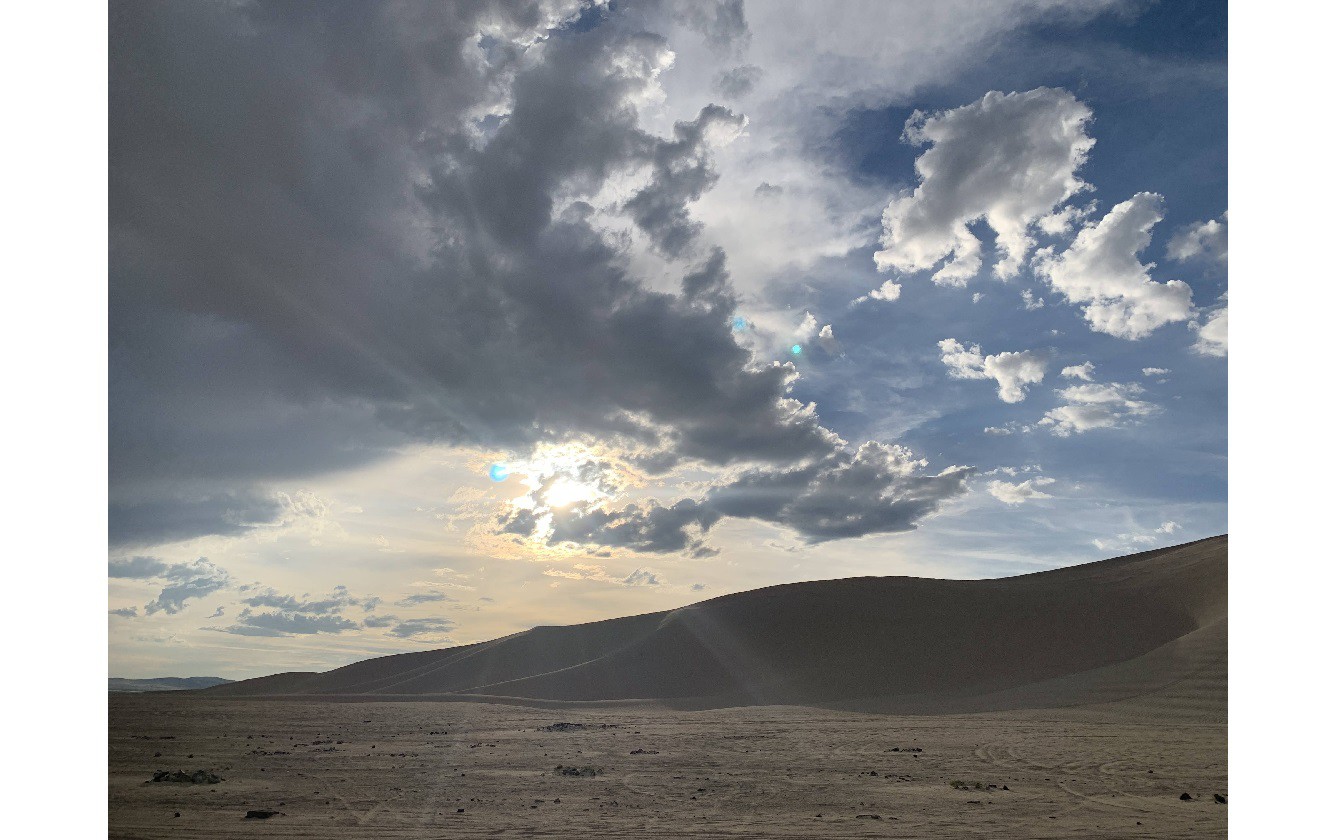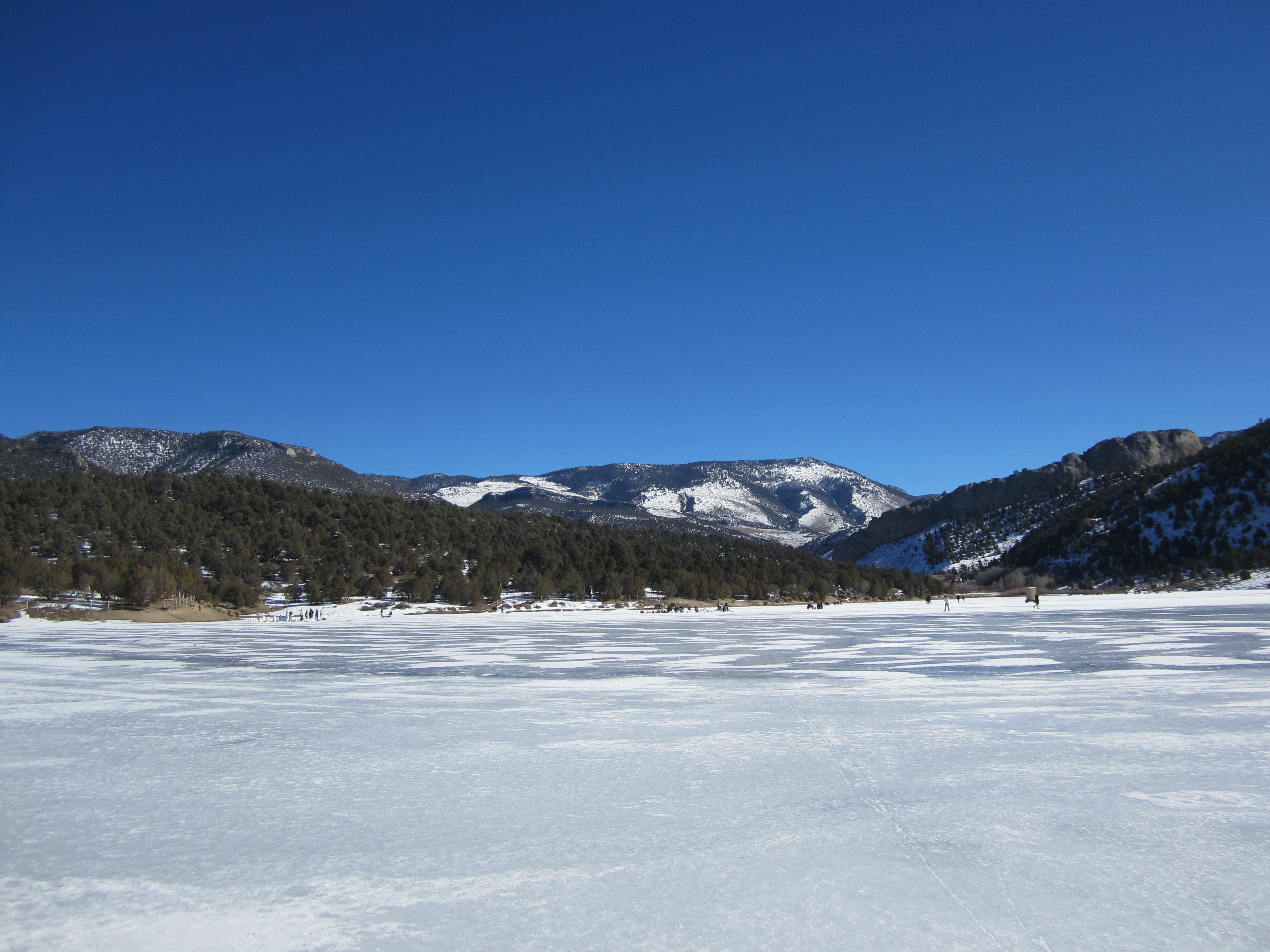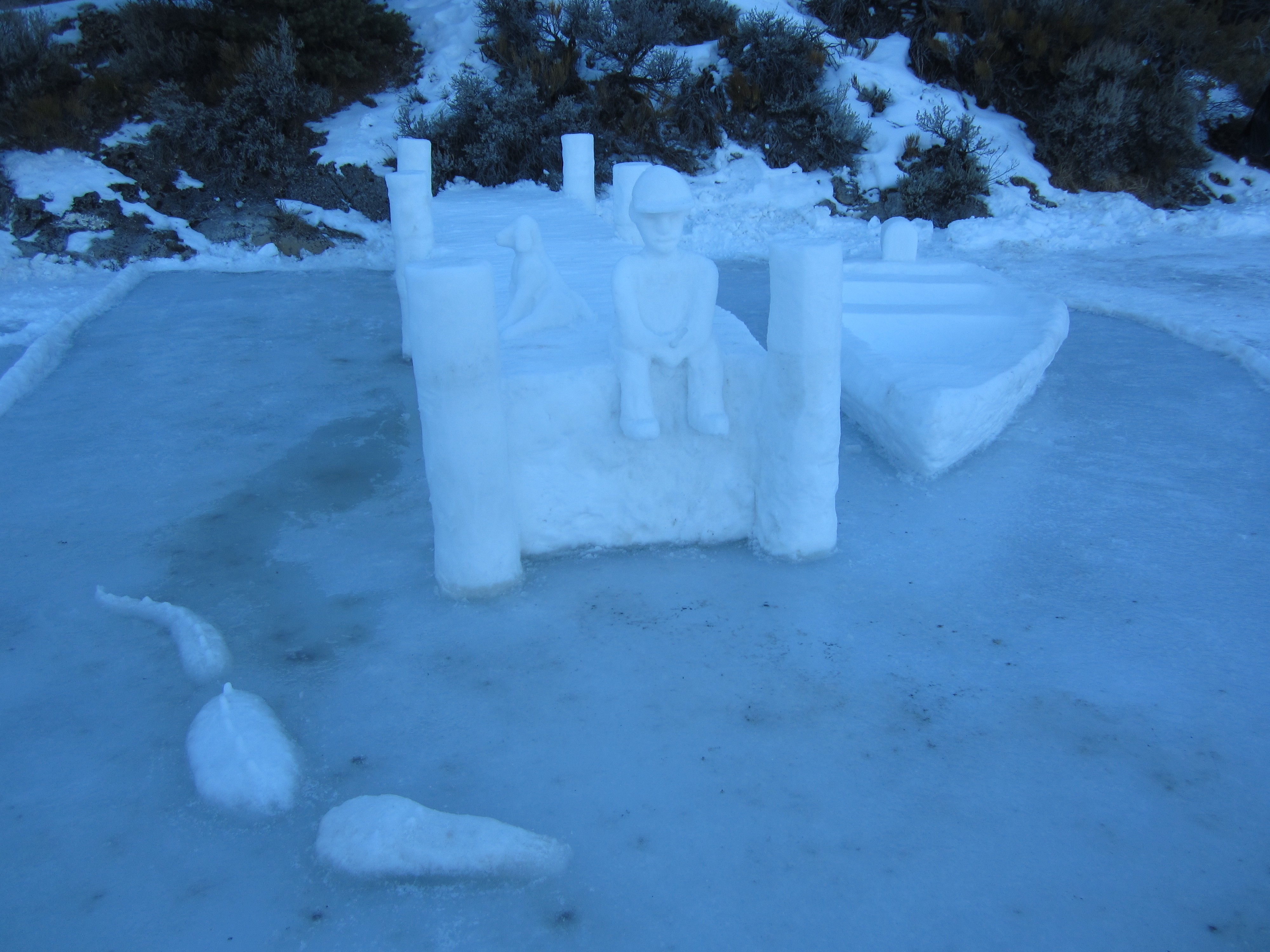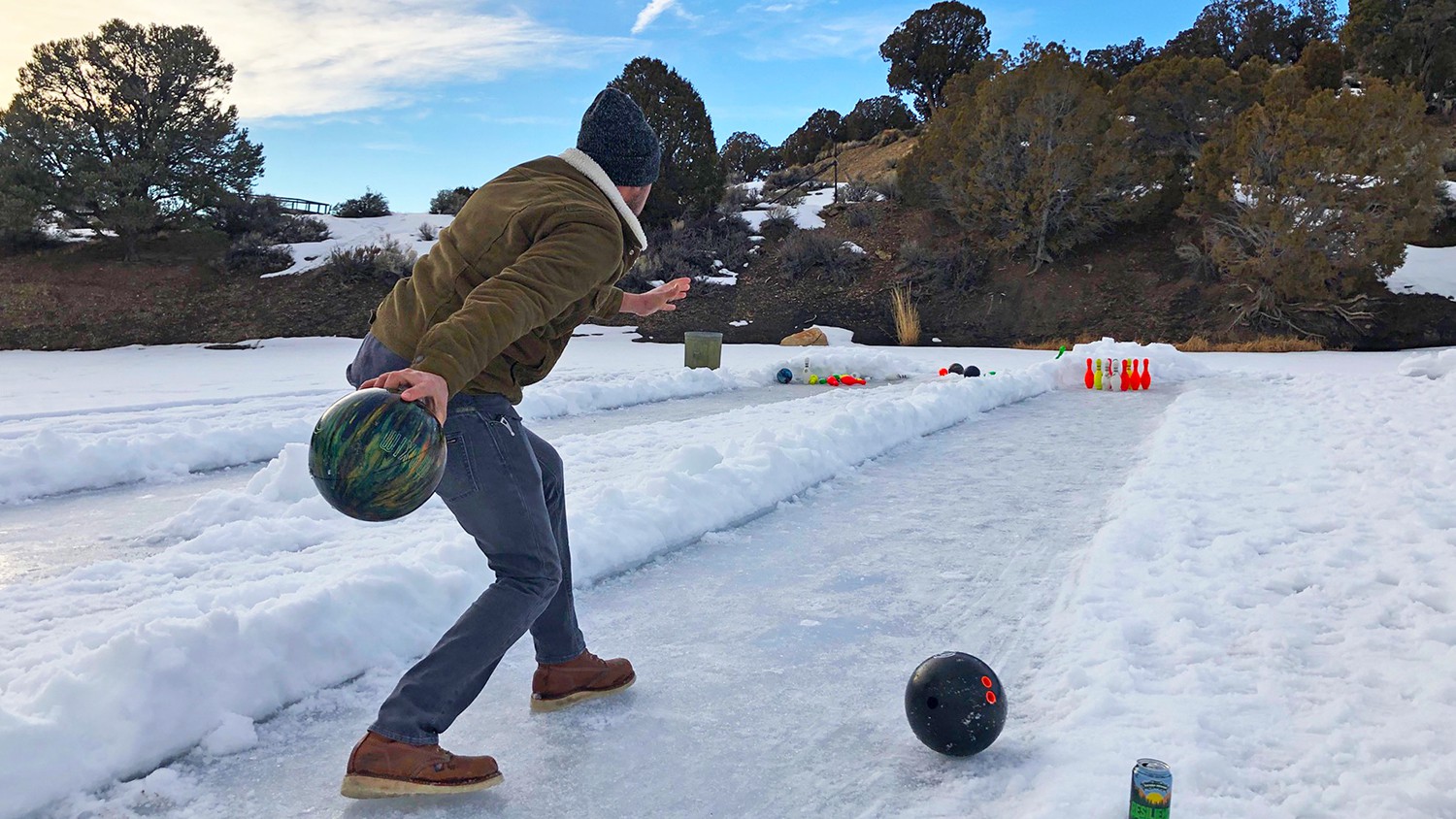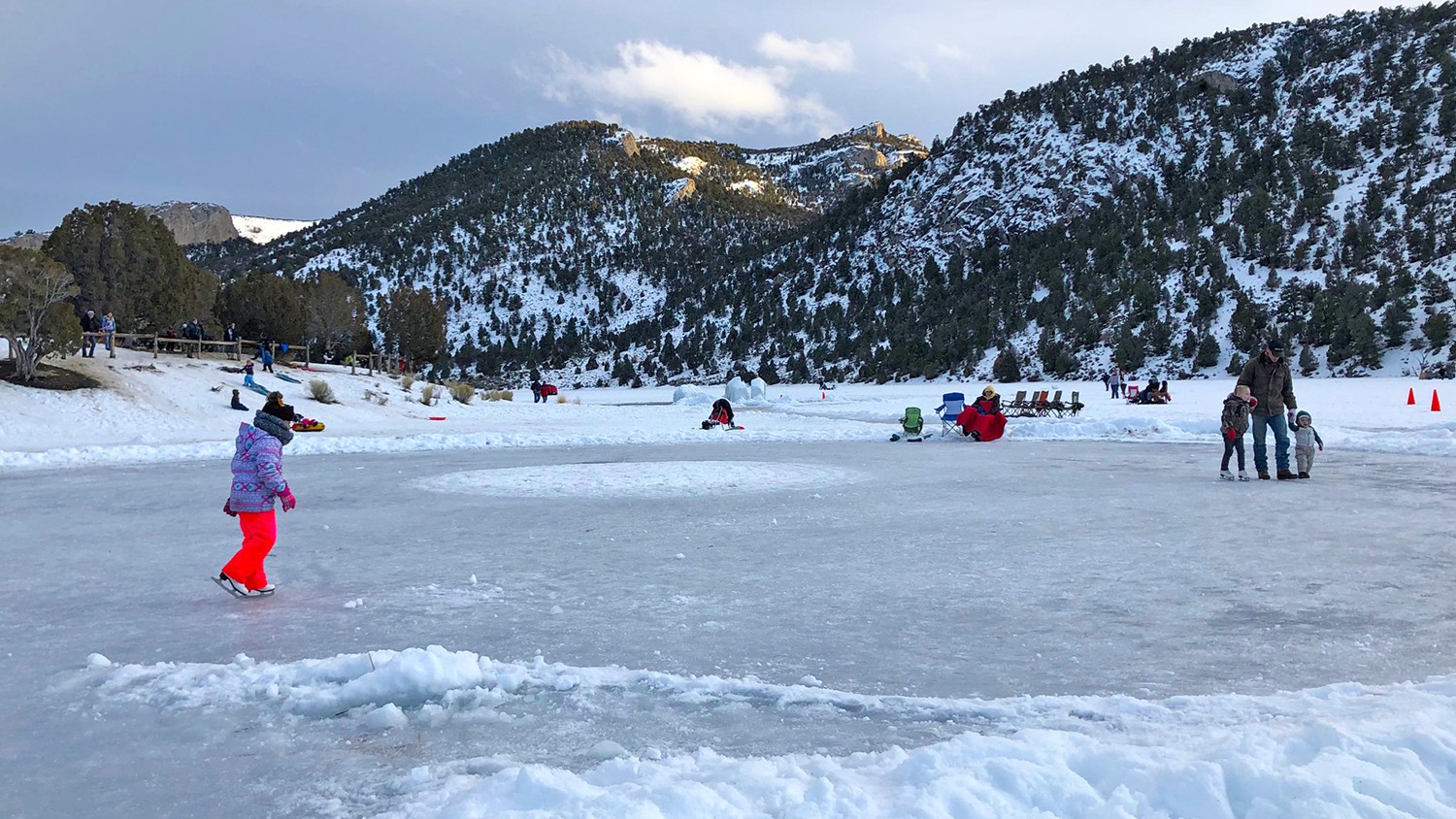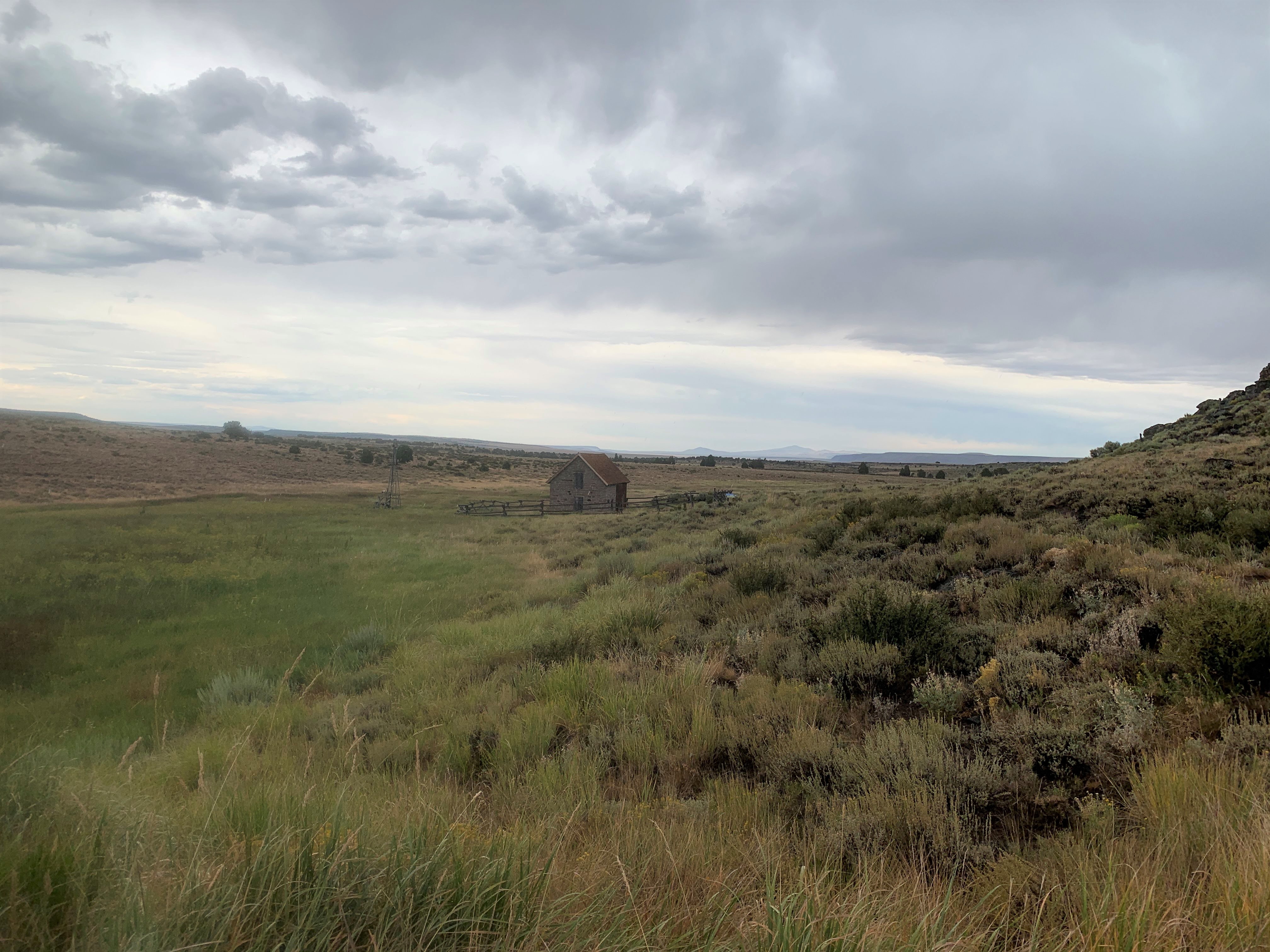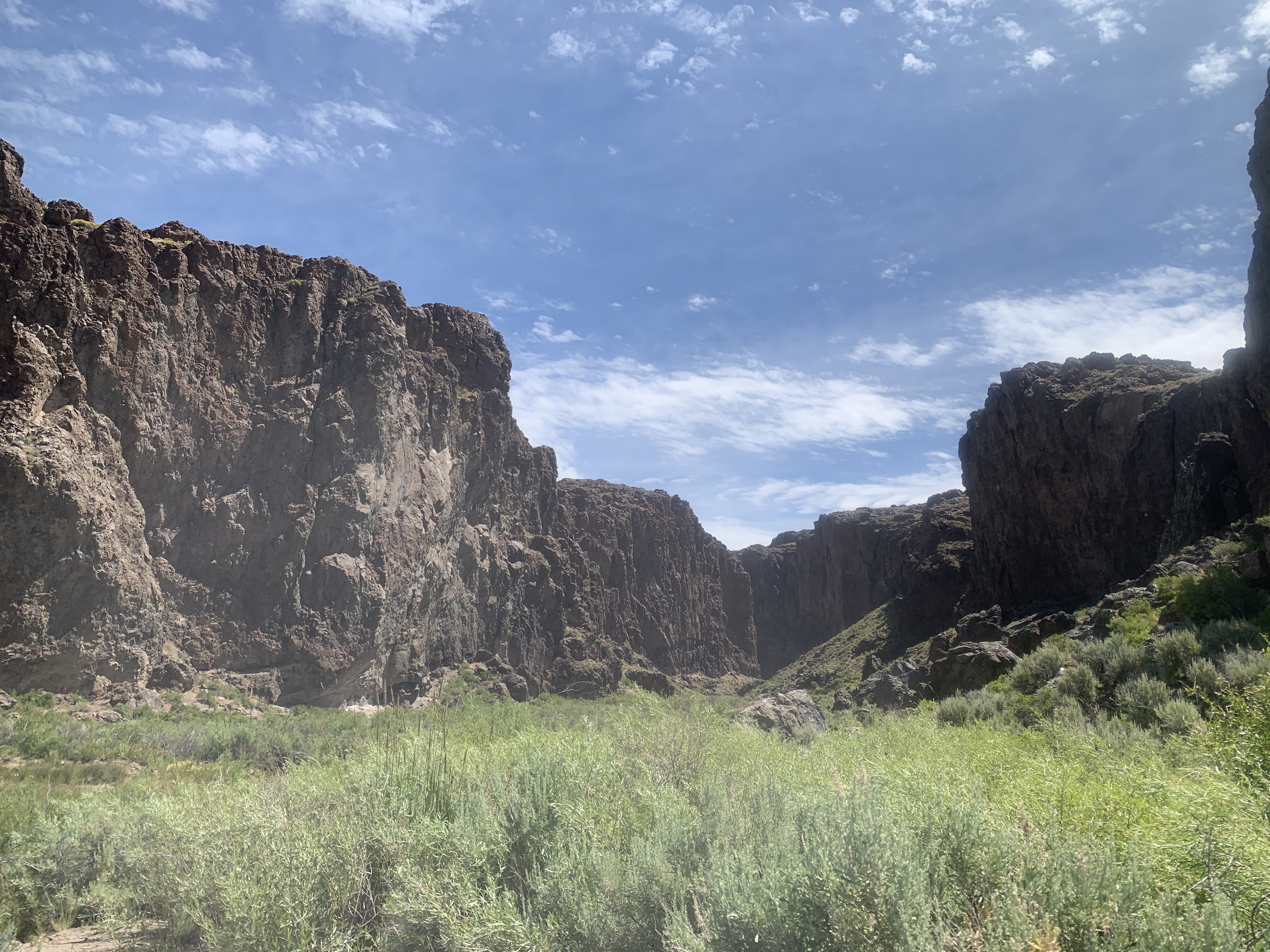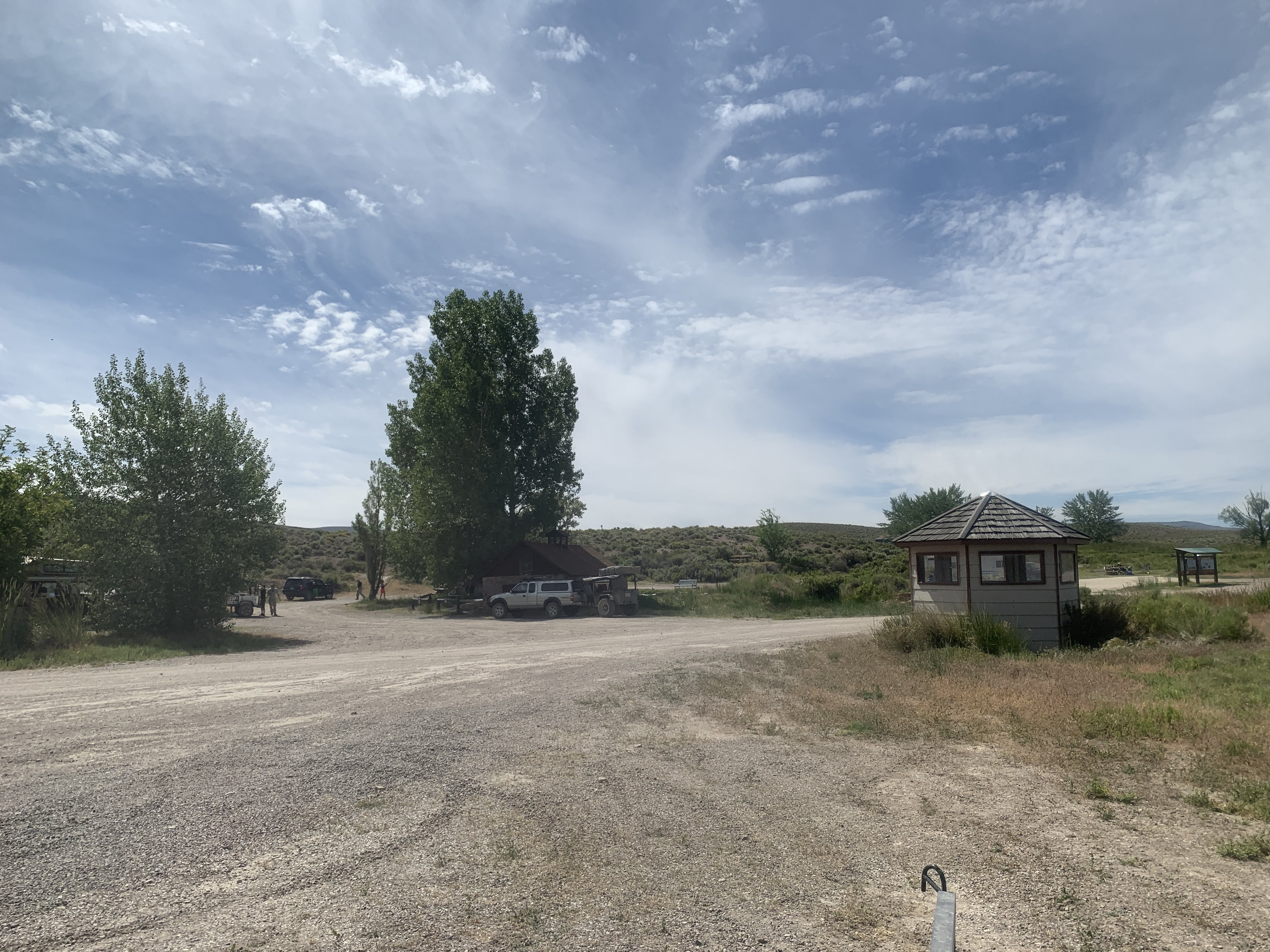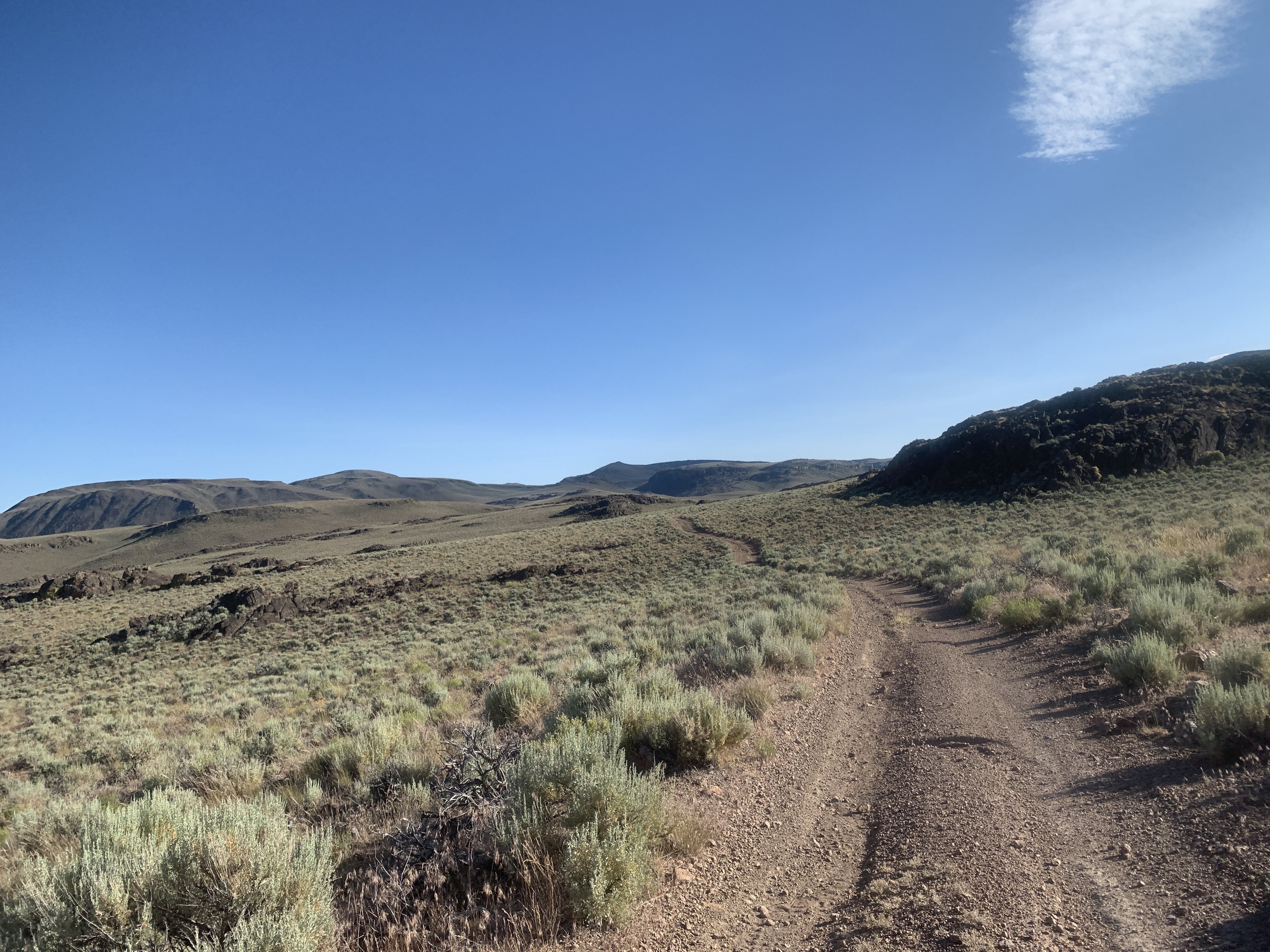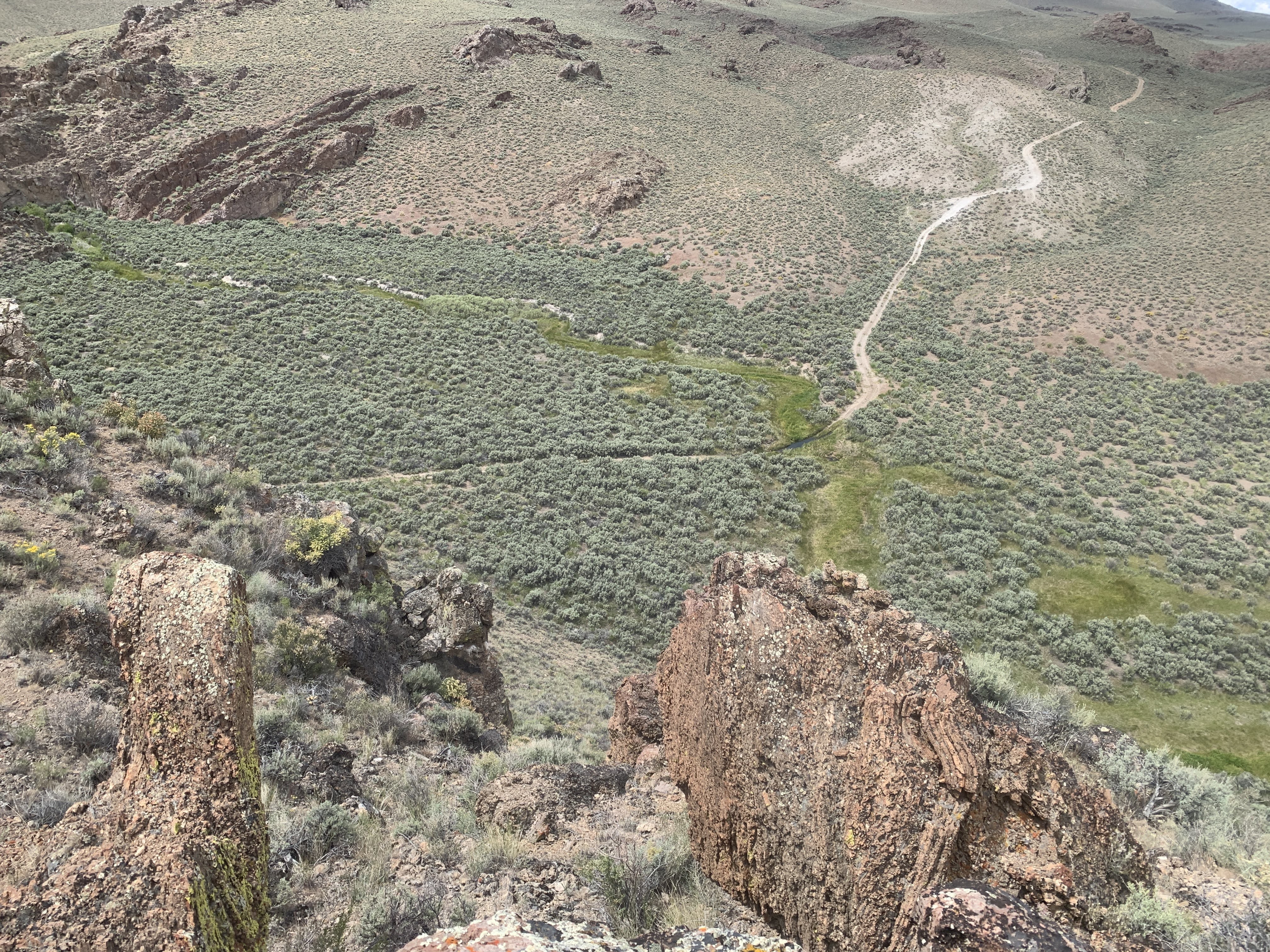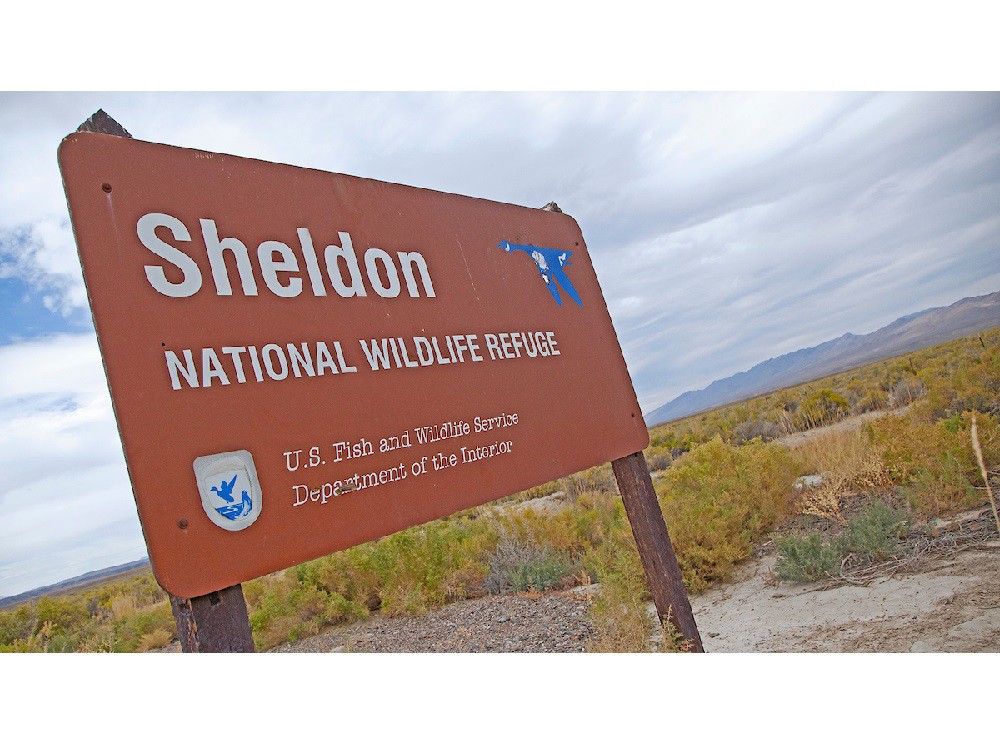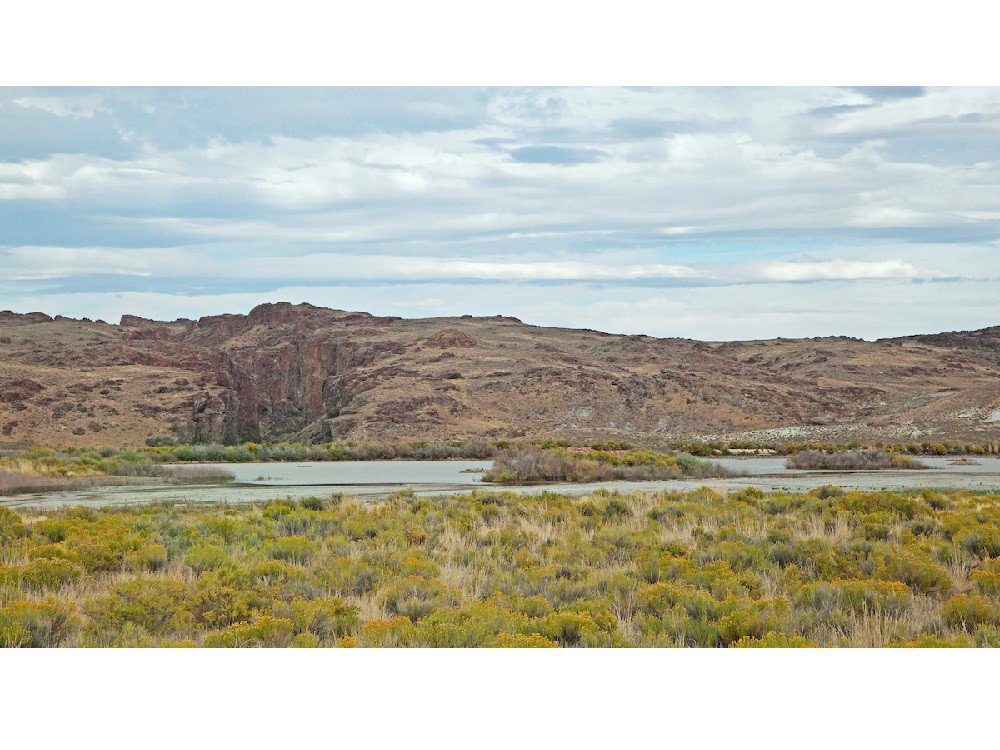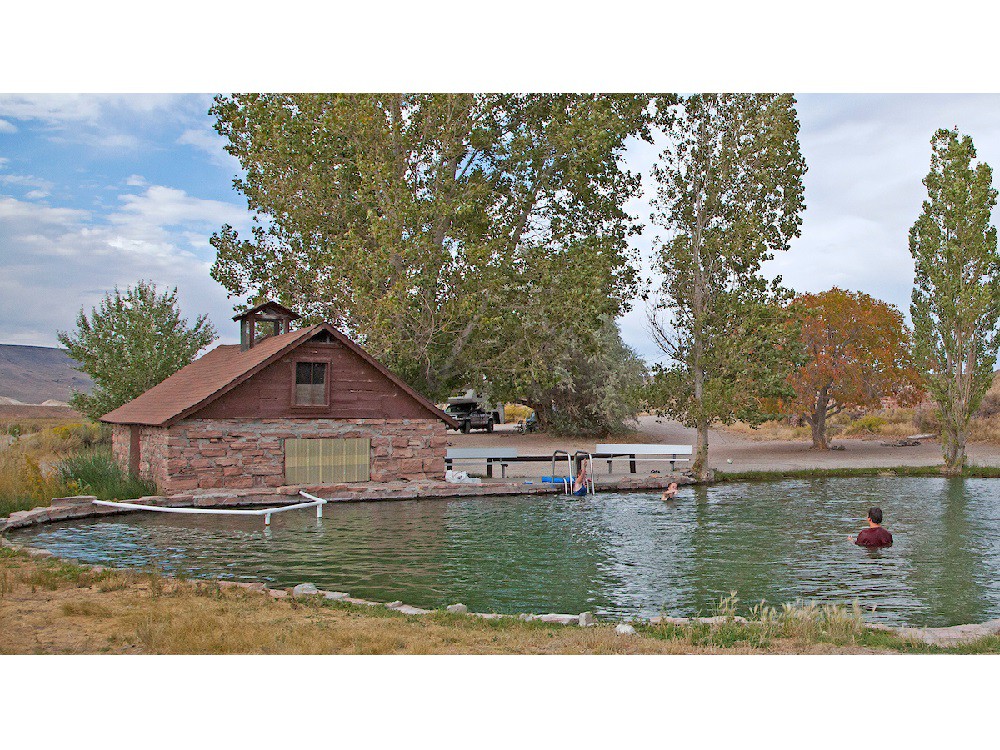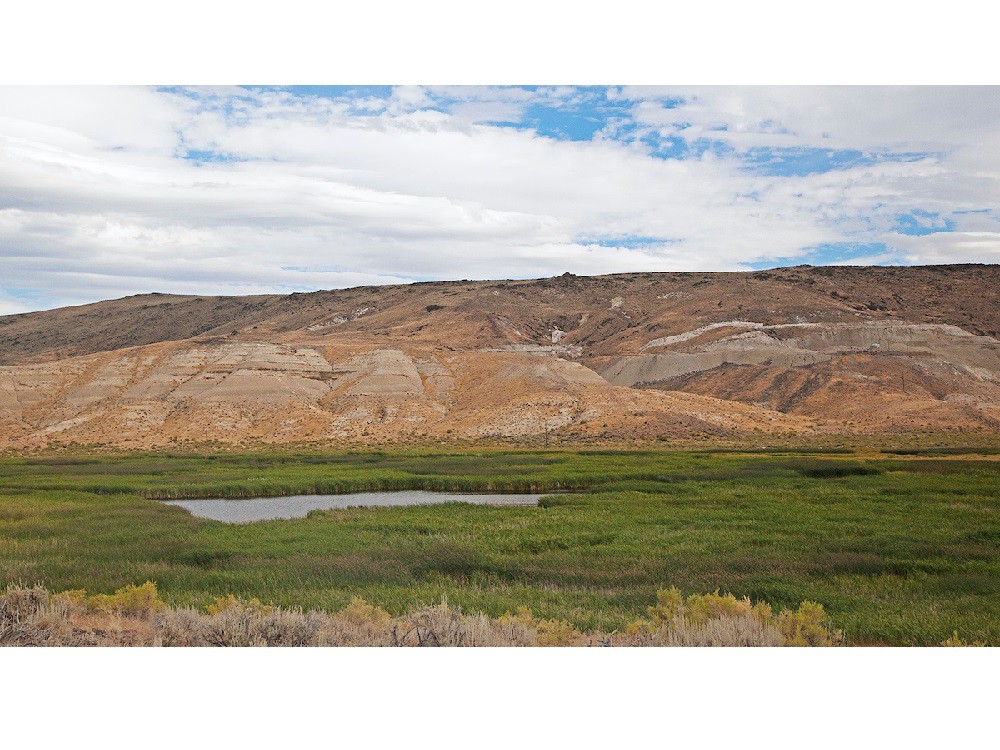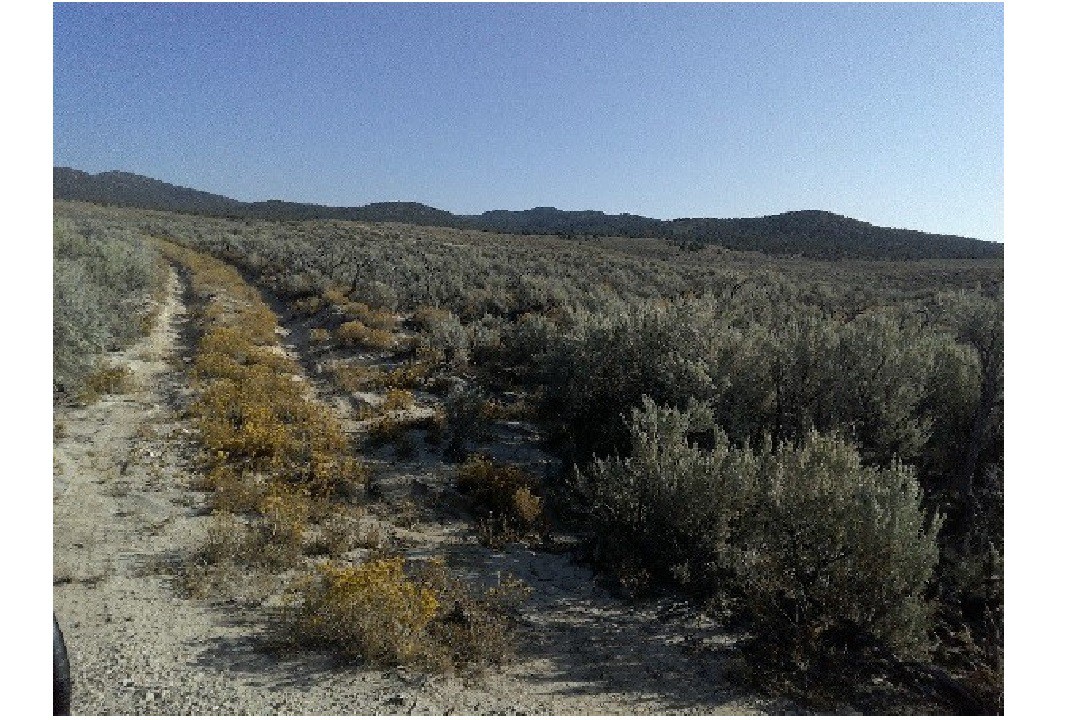Download
Discover
The Amargosa Big Dune covers about five square miles (3,200 acres) in Southern Nye County, about 29 miles south of Beatty on U.S. 95. Dispersed camping is allowed, but campsites are not ADA accessible. Firm sand dunes provide good riding, paddle or sand tires recommended for best experience, but not required.
Sensitive Species:
The Big Dune Beetle is listed as a sensitive species and the BLM has posted signs identifying the Big Dune Beetle habitat area. The beetle was proposed for listing as a threatened species under the Endangered Species Act in 1978 and the entire Big Dune Complex was proposed as critical habitat for the species. Off-road vehicle use was identified as the largest threat to the species at the time.
Please do your part to keep Amargosa Dunes open by staying out of this area and on the designated trails in the area.
The native plants and the dune itself are very important for survival of these rare beetle species. All four Big Dune beetle species rely on dune plants for survival. The plants provide food and mating sites and, when covered with sand, shelter and food for their larvae.
The entire dune is protected as a BLM designated Area of Critical Environmental Concern (ACEC). Within the ACEC, a five-acre area on the east side of the dunes has been set aside specifically for protection of these species. More information on the ACEC.
South of Amargosa is the Ash Meadows National Wildlife Refuge. Only street-legal, licensed vehicles are permitted within the refuge boundary.
Directions
From North Las Vegas, Nevada:
- Take US-95 North for approximately 95 miles.
- Turn left at Valley View Blvd. You will see a brown highway sign for Big Dune.
- Staging areas are five miles West. A secondary staging area exists on the North side of the dune.
From Beatty, Nevada:
- Take US-95 South for 29 miles. Look for above signage.
Rules of the Road
Land Manager: Bureau of Land Management
BLM Field Office - Tonopah
1553 South Main Street
Tonopah, NV 89049
Telephone: (775) 482-7800
Email: bmfoweb@blm.gov
Motor vehicles are permitted on designated trails only. For local regulations regarding OHV use on county roads, visit the Nye Co. website.
Always plan ahead and prepare for uncertainty. Travel with warm clothing, first aid, food, water and appropriate tools to fix a problem.
Traveling in groups is always a good idea, as well as informing someone of where you will be going.
- Register Your Vehicle
- Make sure your vehicle is equipped with a spark arrestor
- Whip flag that extends 8 ft. from the ground is required in dune areas
- Travel and Camp on Durable Surfaces
- Dispose of Waste Properly
- Leave What You Find
- Minimize Campfire Impacts.
- Check with local BLM office for current fire restrictions
- Respect Wildlife.
- Help Protect Nevada Wildlife. Do not touch, disturb or collect them, and observe animals from a distance. Before moving your vehicle, check underneath to be sure an animal has not sought refuge in its shade from the hot desert sun. Drive slowly enough to see and avoid tortoises and other species.
- Avoid disturbing any vegetation.
- Leave plants undisturbed.
- Even boulders, dead plants and wood provide important habitat.
- Be Considerate of Other Trail Users
Plan Your Visit
Download
- Austin-Toiyabe Trail System KMZ
- Austin-Toiyabe Trail System GPX
- Austin-Toiyabe Trail System PDF
- Georeferenced Avenza Maps
Discover
The OHV trail system in the Austin and Toiyabe Range area centers around the historic City of Austin. This trail system is generally multi-use and caters to OHV, equestrian, mountain bike, and pedestrian activities, so riders should be prepared to meet a variety of trail users on their ride. The trail system takes riders through a variety of terrain, and generally follow existing two-track roads. Most trails in the area are suitable for a full size, 4-wheel drive vehicle. Expect OHV users to encounter exposed rocky trails, stream crossings, and significant elevation change.
Trails climb from basin sagebrush through aspen groves and into high elevation environments. Heading south towards Big Creek Campground, users will find numerous streams popular for trout fishing. Historic mining activity is also evident in the area, and the Stokes Castle just south of Austin is a popular stop. The entire Toiyabe Range has vistas and attractions for all types of recreation, but it is remote. Go prepared, and stage out of many available USFS Campgrounds listed below.
During winter and early spring months, OSV activities are permitted within certain areas. Please see our links below for more information.
For a longer day-trip, travel up over the mountains and into the adjacent valley to the East. This route takes you through the community of Kingston and provides options to explore Toquima Cave and Spencer Hot Springs are available. During the wet season, the road to both attractions is graded dirt and turns to slick mud when wet.
Directions
From Austin, Nevada:
- Staging areas can be found along U.S. Highway 50 in the mountains South of Austin.
- Additional staging areas can be found in Bob Scott Campground, 6 miles East of Austin.
- Additional staging areas can also be found at Big Creek Campground, further South.
Rules of the Road
Land Manager: U.S. Forest Service - Austin Ranger District
Austin Office
100 Midas Canyon Rd.
Austin, NV 89310
Telephone: 775-964-2671
Motor vehicles are permitted on designated trails only. For general OHV information and regulations, visit the USFS Website https://www.blm.gov/programs/recreation/OHV.
Always plan ahead and prepare for uncertainty. Travel with warm clothing, first aid, food, water and appropriate tools to fix a problem.
Traveling in groups is always a good idea, as well as informing someone of where you will be going.
- Register Your Vehicle
- Make sure your vehicle is equipped with a spark arrestor
- Plan Ahead and Prepare
- Travel and Camp on Durable Surfaces
- Dispose of Waste Properly
- Leave What You Find
- Minimize Campfire Impacts
- Respect Wildlife
- Be Considerate of Other Trail Users
Plan Your Visit
Download
- Barrel Springs Backcountry Byway KMZ
- Barrel Springs Backcountry Byway GPX
- Barrel Springs Backcountry Byway PDF
- Georeferenced Avenza Maps
Discover
LICENSED VEHICLES ONLY. All of the Byway is paved in California and improved gravel roads in Nevada. The Nevada segments can be driven by all types of vehicles when the route is dry, but may require high-clearance vehicles during wet seasons. Please stop by the Surprise Field Office in Cedarville for current road conditions.
From prehistoric stories to revisiting the Old West, this Back Country Byway Loop reveals some of the secrets of the Great Basin Desert. This distinctive 93-mile driving tour takes the traveler through a wide variety of natural settings and points of interest. The Byway forms a loop that begins and ends in Cedarville, California and takes a minimum of three hours without stops. But travelers will be tempted to stop, particularly if they are using the 32-page BLM Byway Tour Guide which tells the historic and prehistoric stories of the Surprise Valley, points out the myriad of attractions in the state line mountains (from fossils and a pictograph site to wildlife) and reveals some of the secrets here in the silent Great Basin dessert. Be sure to take your camera, especially if you’re crossing the highway causeway across Surprise Valley’s Middle Lake at sunset.
For further information contact the Bureau of Land Management’s Surprise Field Station in Cedarville at (530) 279-6101.
Directions
From Cedarville, California:
- Take Highway 299 from downtown Cedarville and follow designated route East.
From Vya, Washoe County, Nevada:
- Follow County Road 8A West and follow designated route.
Rules of the Road
Land Manager: Bureau of Land Management
BLM Field Station - Surprise
602 Cressler Street
Cedarville, CA 961045
Telephone: 530-279-6101
Motor vehicles are permitted on designated trails only. For local regulations regarding OHV use on county roads, visit the BLM OHV Website
Always plan ahead and prepare for uncertainty. Travel with warm clothing, first aid, food, water and appropriate tools to fix a problem.
Traveling in groups is always a good idea, as well as informing someone of where you will be going.
- Register Your Vehicle
- Make sure your vehicle is equipped with a spark arrestor
- Plan Ahead and Prepare
- Travel and Camp on Durable Surfaces
- Dispose of Waste Properly
- Leave What You Find
- Minimize Campfire Impacts
- Respect Wildlife
- Be Considerate of Other Trail Users
Plan Your Visit
Download
- Basin and Range National Monument KMZ
- Basin and Range National Monument GPX
- Basin and Range National Monument PDF
- Georeferenced Avenza Maps
Discover
Basin and Range National Monument was created by Presidential Proclamation on July 10, 2015 and covers 704,000 acres in Lincoln and Nye Counties. The area is one of the best examples of the spectacular basins framed by rugged mountain ranges of Nevada, and includes historic Native American petroglyphs and artifacts, unique plants and animals, and opportunities to enjoy space and solitude.
The area is located between the Mojave Desert and the Sagebrush Steppe of the Great Basin. Major features of the national monument include Garden Valley, Coal Valley, Worthington Mountains and Wilderness Area, Hiko and White River Narrows, and the Shooting Gallery rock art site. Another point of interest is Michael Heizer’s “City”, a massive piece of earth art.
The Monument allows motor vehicle use on existing roads. Some roadways are passable by passenger vehicles, but high-clearance, 4-wheel drive vehicles are recommended due to rugged and changing conditions on many routes. There is no entrance fee to access the Monument lands, and dispersed camping is allowed for a maximum 14-day stay. See maps for unimproved campsite locations.
Directions
- The closest towns to Basin and Range National Monument are Ely to the north, Caliente to the east, and Alamo to the south. All three towns are located on US Highway 93.
- Just north of Alamo, where Highway 93 turns east, State Route 318 branches off and cuts straight north toward Ely. State Route 318 runs along and through the eastern edge of the monument and provides access to several petroglyph sites, including White River Narrows and Mount Irish Archaeological Districts.
- The Shooting Gallery rock art area is accessed west of Highway 93 near the town of Alamo. By driving up the west side of the monument along State Route 375 toward Rachel, visitors can reach high elevations of the Worthington Mountains Wilderness.
Rules of the Road
Land Manager: Bureau of Land Management, Caliente Field Office
BLM Caliente Field Office
1400 South Front Street
Caliente, NV 89008
Telephone: (775) 753-0200
Email: eyfoweb@blm.gov
Motor vehicles are permitted on designated trails only.
Always plan ahead and prepare for uncertainty. Travel with warm clothing, first aid, food, water and appropriate tools to fix a problem.
Traveling in groups is always a good idea, as well as informing someone of where you will be going.
- Register Your Vehicle
- Make sure your vehicle is equipped with a spark arrestor
- Plan Ahead and Prepare
- Travel and Camp on Durable Surfaces
- Dispose of Waste Properly
- Leave What You Find
- Minimize Campfire Impacts
- Respect Wildlife
- Be Considerate of Other Trail Users
Plan Your Visit
Download
- Battle Mountain - Copper Basin KMZ
- Battle Mountain - Copper Basin GPX
- Battle Mountain - Copper Basin PDF
- Georeferenced Avenza Maps
Discover
Battle Mountain is located right off I-80 between Winnemucca and Elko. This retro town in Nevada’s “Cowboy Corridor” offers plenty of activities, including thousands of acres in BLM lands for OHVs to explore. The World Human Powered Speed Challenge is hosted in Battle Mountain - an exciting event where bikers from around the world gather in attempt to break the human-powered and speed record. There is also a rich cultural history in the region. Artifacts have been found from the earliest settlers, the Northern Paiute and Shoshone peoples. They were followed by fur trappers and miners, who initially found some copper deposits around the 1860s leading to mining and railroad operations that area still active today!
Copper Basin is a popular mountain bike area for visitors, which is to the west of Nevada -305. The Battle Mountain OHV trails surrounding Copper Basin are a popular spot to ride through sagebrush, canyons, and crawl up some steep climbs to enjoy the beautiful vistas of the backcountry. The trails are mostly a dirt surface, but there are areas that contain more technical, rocky climbs. This OHV area gives access to Antler Peak, Long Peak and North Peak. Be sure to check out the reservoirs on the south end of the Copper Basin!
The Copper Basin is also close to the, Shoshone OHV area which could be another fun stop while in Battle Mountain area.
There are plenty of campsites in the area. Near the reservoirs on the South end of Battle Mountain there are camp areas and vault toilets. The Mill Creek Recreation Area is a popular camping location. It is located near the Shoshone OHV area next to Mill Creek, and offers plenty of campsites and restroom facilities for visitors.
Directions
I-80 runs through Battle Mountain, NV. From there:
- Take Nevada-305 South
- Follow NV-305 South for about 3.5 miles
- Parking and staging area will be west of NV-305
Rules of the Road
Land Manager: Bureau of Land Management
BLM Field Office - Mount Lewis
50 Bastian Road
Battle Mountain, NV 89820
(775) 635-4000
Motor vehicles are permitted on designated trails only. For local regulations regarding OHV use on county roads, visit the BLM OHV Website https://www.blm.gov/programs/recreation/OHV.
Always plan ahead and prepare for uncertainty. Travel with warm clothing, first aid, food, water and appropriate tools to fix a problem.
Traveling in groups is always a good idea, as well as informing someone of where you will be going.
While there are a number of user created play areas and OHV trails, it is best practice to follow leave no trace and tread lightly principles. Users are encouraged to stay on existing roads and trails. Plenty exist in this area! Always ride within your limits and be courteous to other trail users.
- Register Your Vehicle
- Make sure your vehicle is equipped with a spark arrestor
- Plan Ahead and Prepare
- Travel and Camp on Durable Surfaces
- Dispose of Waste Properly
- Leave What You Find
- Minimize Campfire Impacts
- Respect Wildlife
- Be Considerate of Other Trail Users
Plan Your Visit
Download
- Beatty Area Trails KMZ
- Beatty Area Trails GPX
- Beatty Area Trails PDF
- Beatty and Surrounding Area Routes - KML
- Beatty and Surrounding Area Routes - GPX
- Beatty and Surrounding Area Routes - PDF
- Georeferenced Avenza Maps
Discover
Trail systems near Beatty consist of mining routes and 4WD routes that loop around the entire region, into Bare Mountain and the Bullfrog Hills mining district. Multiple vehicle staging areas exist on the outskirts of Beatty, off Highway 95 and off of Daylight Pass Rd.
Trails will take you to the historic ghost town of Rhyolite, the Goldwell Open Air Museum and several historic mining sites. The recommended routes wind through beautiful geologic formations and past historic native petroglyphs.
Directions
- On U.S. Highway 95, Beatty lies about 120 miles Northwest of LAs Vegas, and 90 miles South of Tonopah.
Rules of the Road
Land Manager: Bureau of Land Management
BLM Tonopah Field Office
PO Box 911
1553 South Main Street
Tonopah, NV 89049
Telephone: 775-482-7800
Email: bmfoweb@blm.gov
Motor vehicles are permitted on designated trails only.
Always plan ahead and prepare for uncertainty. Travel with warm clothing, first aid, food, water and appropriate tools to fix a problem.
Traveling in groups is always a good idea, as well as informing someone of where you will be going.
- Register Your Vehicle
- Make sure your vehicle is equipped with a spark arrestor
- Plan Ahead and Prepare
- Travel and Camp on Durable Surfaces
- Dispose of Waste Properly
- Leave What You Find
- Minimize Campfire Impacts
- Respect Wildlife
- Be Considerate of Other Trail Users
Plan Your Visit
Download
- Beatty To Goldfield Adventure Route KMZ
- Beatty To Goldfield Adventure Route GPX
- Beatty To Goldfield Adventure Route PDF
- Georeferenced Avenza Maps
Discover
The Beatty to Goldfield Adventure Route covers approximately 115 miles of beautiful and varied Nevada desert and mountain terrain.
Trails between Beatty and Goldfield consist of mining roads and 4WD routes that cross-cross the entire region. The first leg of this suggested route will take you from the town of Beatty, through the mountains to the old ghost town of Gold Point. This historic mining town is an OHV-friendly stopping place with a restaurant, bar, and cabins. The second leg of the journey goes north to the town of Goldfield, and the third segment of the trail travels north to Tonopah. Riders will pass multiple historic mining sites, beautiful geologic features, Joshua tree and cactus forests, and may see a wild burro or two.
Roads are generally two-track dirt roads, and high clearance, 4WD vehicles are recommended. During wet weather, roads may be impassable in many areas in the canyons and on the flats, so travel with caution.
Directions
- From Beatty, begin at Flourspar Canyon Rd, approximately 1 mile south of Beatty on Highway 95.
- To start at the north end of the route, in Goldfield, the trail begins on the west end of 4th Street. Staging is allowed at the Goldfield Visitor Center, off of Hwy 95 at 1st Street.
Rules of the Road
Land Manager: Bureau of Land Management
BLM Field Office - Tonopah
1553 South Main Street
Tonopah, NV 89049
Telephone: (775) 482-7800
Motor vehicles are permitted on designated trails only.
Always plan ahead and prepare for uncertainty. Travel with warm clothing, first aid, food, water and appropriate tools to fix a problem.
Traveling in groups is always a good idea, as well as informing someone of where you will be going.
- Register Your Vehicle
- Make sure your vehicle is equipped with a spark arrestor
- Plan Ahead and Prepare
- Travel and Camp on Durable Surfaces
- Dispose of Waste Properly
- Leave What You Find
- Minimize Campfire Impacts
- Respect Wildlife
- Be Considerate of Other Trail Users
Plan Your Visit
Download
- Berlin-Ichthyosaur State Park KMZ
- Berlin-Ichthyosaur State Park GPX
- Berlin-Ichthyosaur State Park PDF
- Northwest Nye County OHV Trail Network KMZ
- Northwest Nye County OHV Trail Network GPX
- Northwest Nye County OHV Trail Network PDF
- Georeferenced Avenza Maps
Discover
The Berlin-Ichthyosaur State Park is located 20 miles East of the city of Gabbs, NV in the Shoshone Mountains. Open year-round, the park is rich with historical landmarks such as the mining ghost town of Berlin and the largest known remains of a 225 million-year-old Ichthyosaurus fossil, and offers a variety of hiking trails, campsites, and picnic areas. Equestrian use is not permitted within the state park boundaries. There are 14 camping units in the park, suitable for tents and RVs up to 25 feet, which include fire rings, grills, picnic tables, restrooms, and drinking water (available April through October). Day use areas are located by the Fossil House, which is ADA accessible. There are no designated ADA facilities located within the park, however many restrooms are ADA compliant and there is one available ADA compliant campsite. Interpretive trails and historic buildings are unpaved and not easily accessible.
While OHV use is restricted to established roadways within the park, the surrounding areas give access to the larger Humboldt-Toiyabe National Forest OHV trail network. The Berlin Canyon Trail is open for dirt bikes and runs 1.5 miles through the park. East Union Canyon Road is a 9-mile one-way trail close to the park open for OHV use. Do note however, that East Union Canyon road has trail damage about a mile east of the park boundary on USFS land, which may be impassable. Parking and staging areas are available closer to the town of Gabbs, which has limited amenities available.
Directions
From Fallon, Nevada take Highway 50 for 47 miles to Middlegate, Nevada. Turn right onto State Route 361 south for 30 miles until State Route 844 which can be taken 20 miles east to the park entrance. The roadways are paved until the final eastern stretch which is a well-maintained dirt road.
Rules of the Road
Land Manager: Nevada Division of State Parks
Berlin Ichthyosaur is OHV friendly and allows access to the park and campground. Riders are expected to obey posted speed limits and stick to established roads only which are clearly marked. Any off-roading within park boundaries will not be tolerated.
For general OHV information and regulations, visit the USFS Website https://www.blm.gov/programs/recreation/OHV.
Always plan ahead and prepare for uncertainty. Travel with warm clothing, first aid, food, water and appropriate tools to fix a problem.
Traveling in groups is always a good idea, as well as informing someone of where you will be going.
- Register Your Vehicle
- Make sure your vehicle is equipped with a spark arrestor
- Plan Ahead and Prepare
- Travel and Camp on Durable Surfaces
- Dispose of Waste Properly
- Leave What You Find
- Minimize Campfire Impacts
- Respect Wildlife
- Be Considerate of Other Trail Users
Land Manager
Plan Your Visit
Download
- Bitter Springs Backcountry Byway KMZ
- Bitter Springs Backcountry Byway GPX
- Bitter Springs Backcountry Byway PDF
- Bitter Springs Trail System
- Georeferenced Avenza Maps
Discover
The Bitter Springs Back Country Byway is a 28 mile point-to-point trail located near Overton, Nevada and is good for all skill levels. The trail is primarily used for scenic driving and is accessible year-round. Four-wheel drive and high clearance vehicles are recommended as road conditions are rough and variable. Normally, the drive takes approximately 2-3 hours to complete.
The trail passes north of the Muddy Mountains Wilderness Area. Hidden Valley may be accessed by driving the Bitter Springs Backcountry Byway approximately three miles east on the Valley of Fire Highway from Interstate 15. About four miles south of the Valley of Fire Highway on this rough dirt road, turn right at the sign for Color Rock Quarry. About three miles further lies the trailhead for Hidden Valley.
Directions
From Las Vegas, Nevada:
- Take Interstate 15 North to the Exit 75/Valley of Fire State Park. Turn right.
- Continue towards State Park. When the paved road bends left, continue straight onto the maintained dirt road.
- BLM signage will indicate the Bitter Springs Back Country Byway.
Rules of the Road
Land Manager: BLM
BLM Field Office - Las Vegas
4701 North Torrey Pines Drive
Las Vegas, NV 89130
Telephone: (702) 515-5000
Email: lvfoweb@blm.gov
Motor vehicles are permitted on designated trails only.
Always plan ahead and prepare for uncertainty. Travel with warm clothing, first aid, food, water and appropriate tools to fix a problem.
Traveling in groups is always a good idea, as well as informing someone of where you will be going.
- Register Your Vehicle
- Make sure your vehicle is equipped with a spark arrestor
- Plan Ahead and Prepare
- Travel and Camp on Durable Surfaces
- Dispose of Waste Properly
- Leave What You Find
- Minimize Campfire Impacts
- Respect Wildlife
- Be Considerate of Other Trail Users
Plan Your Visit
Download
Discover
The remains of prehistoric Lake Lahontan and its surrounding mountains are what now make up the Black Rock Desert. The Black Rock-High Rock Emigrant Trails National Conservation area covers about 800,000 acres in Northwestern Nevada and offers countless recreational opportunities. Famous for events such as the 1997 setting of the land speed record (763 mph!) and the week-long Burning Man Festival that attracts thousands of visitors annually. Visitors interested in off-highway vehicle recreation will be welcomed by hundreds of miles of trail networks that include the historic Applegate Trail, as well as a vast open playa with endless opportunities. Road services vary as you travel from the hard-packed playa to the softer soil of its outer edges, and transitions to exposed rocky conditions once you venture up into the canyonlands.
You can explore this massive piece of land by travelling along some of the 120 miles of historic emigrant trails or riding across the world-famous playa. The Black Rock Desert has an adventure for everyone! Recreational opportunities in the area include hiking, hunting, rock-hounding, hot tubbing, and stargazing.
Test your speed on the world famous Black Rock Desert Playa that is 400 square miles large, drive along the Applegate National Historic Trail, try a technical drive through the High Rock Canyon, or discover some of the areas hidden hot springs.
Dispersed camping is available throughout much of the Black Rock Desert unless otherwise posted. Primitive camping is available within the Soldier Meadows Hot Spring Area of Critical Environmental Concern (ACEC) which includes a cabin and vault-toilets. To the north, Soldier Meadow Ranch is a private campground that provides lodging and meals for a fee.
Caution!! During wet seasons the playa, and some of the surrounding areas, can become impassable to motor vehicles. While the playa may appear dry, there may be deep mud just below the surface. It is important to note that OHV use is not allowed on the dunes and hummocks surrounding the playa. Traveling in groups is always a good idea, as well as informing someone of where you will be going due to the remote nature of the conservation area.
Black Rock Visitor Center
200 Transfer Road
Gerlach, NV 89412
(775) 557-2503
Directions
From Reno to Southern Portion of Black Rock-High Rock Emigrant Trails National Conservation area:
- Take I-80 East for approximately 30 miles to Exit 43. Turn left onto State Highway 427.
- Follow State Highway 427 North for 1.5 miles. Turn left on to State Highway 447 and continue North for 75 miles.
- Continue North through Gerlach. You may stage anywhere you please once on the playa.
Rules of the Road
Land Manager: Bureau of Land Management
BLM Field Office – Black Rock
5100 East Winnemucca Blvd.
Winnemucca, NV 89445
Telephone: 775-623-1500
Motor vehicles are permitted on designated trails only. For local regulations regarding OHV use on county roads, visit the BLM OHV Website https://www.blm.gov/programs/recreation/OHV.
Always plan ahead and prepare for uncertainty. Travel with warm clothing, first aid, food, water and appropriate tools to fix a problem.
Traveling in groups is always a good idea, as well as informing someone of where you will be going.
- Register Your Vehicle
- Make sure your vehicle is equipped with a spark arrestor
- Plan Ahead and Prepare
- Travel and Camp on Durable Surfaces
- Dispose of Waste Properly
- Leave What You Find
- Minimize Campfire Impacts
- Respect Wildlife
- Be Considerate of Other Trail Users
Land Manager
Plan Your Visit
Download
- Boulder City Conservation Easement (BCCE) Trails KMZ
- Boulder City Conservation Easement (BCCE) Trails GPX
- Boulder City Conservation Easement (BCCE) Trails PDF
- Georeferenced PDF map of the BCCE trails
- Georeferenced Avenza Maps
Discover
The Boulder City Conservation Easement Area (BCCE) conserves just over 87,268 acres of Mojave Desert scenery for the preservation of Desert Tortoise and other species’ habitat. This large expanse of Mojave Desert landscape is meant to be enjoyed both by the public and the multiple species it aims to protect. In order to do so, please only travel on the routes designated by “Open Designated Road’’ or head over to the Boulder City Dry Lake Bed just outside the BCCE boundaries.
The BCCE shares boundaries with other natural areas, such as BLM Wilderness and Lake Mead National Recreation Area. Please be aware of land use rule changes as you leave the easement area. Some of these areas prohibit the use of OHVs. However, feel free to explore on foot! There are no facilities within the BCCE. Stop by Veterans Memorial Park on Buchanan Blvd for picnic areas and restroom facilities before a fun day of riding.
Directions
The Northern boundary of Boulder City Conservation Easement Area is approximately 2 miles south of the intersection of US-95 and I-11. Picnic and public restroom facilities are available in Veterans Memorial Park on Buchanan Blvd outside of the Easement Area. Follow Buchanan Blvd South into the BCCE to see the Buchanan Boulevard kiosk for more information.
Rules of the Road
Land Manager: Boulder City/Clark County
Clark County Desert Conservation Project
4701 W. Russell Road, Suite 200
Las Vegas, NV 89118
Telephone: (702) 445-3536
Motor vehicles are permitted on designated trails only. For local regulations regarding OHV use on county roads, visit the BLM OHV Website https://www.blm.gov/programs/recreation/OHV.
Always plan ahead and prepare for uncertainty. Travel with warm clothing, first aid, food, water and appropriate tools to fix a problem.
Traveling in groups is always a good idea, as well as informing someone of where you will be going.
- Register Your Vehicle
- Make sure your vehicle is equipped with a spark arrestor
- Plan Ahead and Prepare
- Travel and Camp on Durable Surfaces
- Dispose of Waste Properly
- Leave What You Find
- Minimize Campfire Impacts
- Respect Wildlife
- Be Considerate of Other Trail Users
OHV travel and use is limited to roads marked by an “Open Designated Road” Sign with a green arrow that show the travel route. Roads that have “Private Road” signs are closed to the public. Make sure to keep your dog on a leash when in the boundaries of the easement. Always check for desert tortoises under your vehicles. Plan ahead and prepare by bringing plenty of water and the appropriate tools to fix any issues that may arise.
The following activities are prohibited within the Boulder City Conservation Easement:
- Traveling on a closed road
- Commercial Harvesting (Flora/Fauna)
- Non-commercial Harvesting (Flora/Fauna)
- Non-commercial Collection of Biological Specimens
- Dumping
- Depositing a Desert Tortoise or other animal
- Uncontrolled dogs outside of vehicle
- Construction
- Discharge of Firearms
- Camping (see restrictions below)
- Unauthorized Research
Camping
No camping is allowed within sight of trails, and half a mile from the National Park Service designated roads within the Wilderness Area.
- No camping is allowed within 300 feet of water sources
- Recommend maximum group size: 12 members
- Camping is limited to a total of 14 days in one location, and no more than 90 days total within any consecutive 12-month period.
- Stock cannot be restrained within 200 feet of water
- Campfires are allowed, except during regional fire restrictions, with use of a fire pan or blanket. Visitors are encouraged to only use camp stoves.
Plan Your Visit
Download
- Buckeye OSV Winter Trail KMZ
- Buckeye OSV Winter Trail GPX
- Buckeye OSV Winter Trail PDF
- Georeferenced Avenza Maps
Discover
A new opportunity to recreate in a new way in the Bridgeport Ranger District. The OSV area extends 4.25 miles (8.5 miles out and back) from Twin Lakes Road, along Buckeye Road, all the way to Buckeye Campground. The National Forest Service has opened the area to many forms of winter recreation, including Nordic skiing, snowshoeing, winter fat biking, et cetera. These visitors will be sharing Buckeye Road with snowmobiles and other Over-Snow Vehicles. Volunteers have been requested to help maintain and groom the route. Please be aware of these volunteers, as well as other recreators, when you are enjoying the route.
Parking is available near Doc & Al's Resort on Twin Lakes Road, on the southern end of the OSV Trail. Motorized wheeled vehicle access is closed seasonally on Buckeye Road from Twin Lakes Road to the Buckeye Campground, from January through April 1st. There area limited amenities available during the winter months. Buckeye campground is closed during this time, however a vault toilet near Buckeye Hot Springs will be open if weather allows. Be sure to check weather conditions, snow levels, and grooming updates before enjoying the Buckeye OSV trail.
Directions
From downtown Bridgeport, CA:
- Head south on Twin Lakes Road for about 7 miles
- Turn right onto Buckeye Road
- Parking area should be on the right by Doc & Al's Resort
Rules of the Road
Land Manager: United States Forest Service
US Forest Service - Bridgeport Ranger District
HC62, Box 1000
Bridgeport, CA 93517
760-932-7070
Motor vehicles are permitted on designated trails only - be respectful of seasonal wheeled-vehicle closures. Over-snow Vehicles are required to yield to all other users. Speed limit on trail is 15 mph!
Always plan ahead and prepare for uncertainty. Travel with warm clothing, first aid, food, water and appropriate tools to fix a problem. Traveling in groups is always a good idea, as well as informing someone of where you will be going.
- Register Your Vehicle
- Make sure your vehicle is equipped with a spark arrestor
- Plan Ahead and Prepare
- Travel and Camp on Durable Surfaces
- Dispose of Waste Properly
- Leave What You Find
- Minimize Campfire Impacts
- Respect Wildlife
- Be Considerate of Other Trail Users
Land Manager
Plan Your Visit
Download
Discover
The Santa Rosa range features breathtaking views, secluded camping, a wide variety of trails of different difficulty. For an enjoyable tour of the mountain along relatively well maintained, well travelled trails, the Buckskin Loop is an excellent choice. There are many pine and aspen groves to break up the impressive rocky, rugged mountain chain. Occasional evidence of human history can be found along the route. The Buckskin loop is a great start for a day of exploring the range. In addition to designated, improved camping in Lye Creek Campground, there is nearby BLM land available for unimproved, free camping.
Lye Creek Campground is located on NF Rd 087, nestled in a grove of aspen trees along Lye Creek, south of the Buckskin loop.
Directions
From Winnemucca, Nevada:
- Travel North on U.S. Highway 95 for 60 miles.
- Turn right on Buckskin Canyon Road and continue for 15 miles.
Rules of the Road
Land Manager: United States Forest Service
USFS - Santa Rosa Ranger District
3275 Fountain Way,
Winnemucca, NV 89445.
Telephone: +1-775-623-5025
Motor vehicles are permitted on designated trails only. For local regulations regarding OHV use on county roads, visit the BLM OHV Website https://www.blm.gov/programs/recreation/OHV.
Always plan ahead and prepare for uncertainty. Travel with warm clothing, first aid, food, water and appropriate tools to fix a problem.
Traveling in groups is always a good idea, as well as informing someone of where you will be going.
- Register Your Vehicle
- Make sure your vehicle is equipped with a spark arrestor
- Plan Ahead and Prepare
- Travel and Camp on Durable Surfaces
- Dispose of Waste Properly
- Leave What You Find
- Minimize Campfire Impacts
- Respect Wildlife
- Be Considerate of Other Trail Users
Plan Your Visit
Download
Discover
The Buffalo Hills are located in northwestern Washoe County just west of the Black Rock Desert. Here you can ascend rocky slopes dotted by juniper into large flat plains of sage-brush and occasional stands of mesquite where deer like to hide. Be warned, though some of the trails are flat and smooth sailing, many of the routes in and out of the Wilderness Study Area are comprised of long stretches of exposed rock. Other recreational opportunities exist here such as hunting, horseback riding, hiking and camping.
This system of trails provides access to a number of interesting scenic vistas. Several large dirt pullouts can be found on the South and North side of the creek. Twin Peaks (North) can be accessed via the trails leading West from Buffalo Creek. Much of the area is managed by the Bureau of Land Management, although there are individual parcels in and around the area. There are extensive trail systems and campsites throughout the range. Trails branch from the creek to nearby trails both in the Black Rock Desert and the Squaw Creek Reservoir area.
There are multiple ranches and farms in the area, as well as permitted livestock grazing on public land. Please respect these land managers by staying on designated trails and roads, and leaving any gates as you found them. Almost the entirety of the valley, and the surrounding mountains, are accessible for free public camping and other BLM permitted activities. All
routes in the valley are within 40 miles of Gerlach, which features a gas station, restaurants, and some shopping and other amenities.
Primitive camping can be found at Squaw Creek Reservoir free of charge, be sure to follow the rules as it is on private land and access can be revoked at the discretion of the owner. Dispersed camping is available throughout the area be sure to check BLM regulations before heading out.
Directions
From Reno to Squaw Creek Reservoir staging area/campground:
- Take Highway I-80 East for 30 miles.
- Take exit 43 toward Wadsworth/Pyramid Lake . Turn left at intersection.
- Continue onto I-80BUS East for a mile and a half.
- Turn left onto Nevada State Route 447N / Washeim St. and continue for 75 miles.
- Continue onto County Rd.447/Main St. for 17 miles. Destination is on the left.
Rules of the Road
Land Manager: Bureau of Land Management
BLM Field Office – Eagle Lake
2550 Riverside Dr.
Susanville, CA 96130
Telephone: (530) 257-0456
Motor vehicles are permitted on designated trails only. For local regulations regarding OHV use on county roads, visit the BLM OHV Website https://www.blm.gov/programs/recreation/OHV.
Always plan ahead and prepare for uncertainty. Travel with warm clothing, first aid, food, water and appropriate tools to fix a problem.
Traveling in groups is always a good idea, as well as informing someone of where you will be going.
- Register Your Vehicle
- Make sure your vehicle is equipped with a spark arrestor
- Plan Ahead and Prepare
- Travel and Camp on Durable Surfaces
- Dispose of Waste Properly
- Leave What You Find
- Minimize Campfire Impacts
- Respect Wildlife
- Be Considerate of Other Trail Users
Plan Your Visit
Download
- Caliente Area Suggested Trails KMZ
- Caliente Area Suggested Trails PDF
- Trail Descriptions
- Group A KMZ
- Group A GPX
- Group B KMZ
- Group B GPX
- Group C KMZ
- Group C GPX
- Georeferenced Avenza Maps
Discover
Suggested Adventure loops that were offered as options for the group OHV ride at the 2019 Nevada OHV Summit, in Caliente Nevada. These routes and mileages highlight some of the beautiful terrain in and around the area, and show suggestions for good day trips out of the City of Caliente.
Downloadable maps and data are available, along with detailed instructions - see “Trail Descriptions” in the Downloads section above.
Directions
- Staging can be done at the Historic Railroad Depot in downtown Caliente.
Rules of the Road
Land Manager: Bureau of Land Management, Caliente Field Office
BLM Field Office - Caliente
1400 South Front Street
Caliente, NV 89008
Telephone: (775) 753-0200
Email: eyfoweb@blm.gov
Motor vehicles are permitted on designated trails only.
Always plan ahead and prepare for uncertainty. Travel with warm clothing, first aid, food, water and appropriate tools to fix a problem.
Traveling in groups is always a good idea, as well as informing someone of where you will be going.
- Register Your Vehicle
- Make sure your vehicle is equipped with a spark arrestor
- Plan Ahead and Prepare
- Travel and Camp on Durable Surfaces
- Dispose of Waste Properly
- Leave What You Find
- Minimize Campfire Impacts
- Respect Wildlife
- Be Considerate of Other Trail Users
Plan Your Visit
Download
Discover
Carson City is the capital of the State of Nevada. It is also an autonomous county, stretching from the Eastern Sierras to the Pine Nut Mountain range. in the center of the county is the junction of highways 80 and 395, making travel to the general area very easy. Carson City itself has every service an OHV enthusiasts could need. Cell phone service is good in and immediately around the city, but can become spotty in box canyons or if you cross any mountain ranges. High-clearance, 4WD vehicles are recommended for many of these routes.
From downtown Carson City, there are six OHV routes and trail systems within a half-hour drive. The closest of all, with an interesting history, is the Prison Hill Recreation Area. Originally part of the prison complex (still partially active) on the outskirts of the city, the hill has now been turned into a multiuse recreation area. The northern part of the recreation area is unmotorized, for pedestrians, equestrians, and bicyclists, but the southern part is open for use by ATVs, UTVs, and dirt bikes. On the opposite side of town is the King's Canyon route to Spooner Summit. These trails are popular with folks seeking a quick day outing with ideal angles for photographing the city. Just southwest of the city is the Kingsbury Stinger & Genoa Peak Road, a popular collection of trails between Carson City and Lake Tahoe. Just south of Prison hill is the Johnson Lane OHV staging area, with routes in Douglas County. This is a popular way of accessing the Pine Nut Mountains, a vast mountain range extending into Lyon and Douglas Counties. Finally, while technically in Washoe and Storey County, Carson City is just minutes away from the Washoe Lake State Park to Virginia City interpretive trail, which in turn accesses the trails in Storey County, known as the Comstock Historic Mining District.
Directions
There are many OHV routes and play areas in and around Carson City. Here are links to the most popular:
- Prison Hill Recreation Area
- King's Canyon to Spooner Summit
- Kingsbury Stinger & Genoa Peak
- Johnson Lane OHV Area
- Pine Nut Mountains
- Washoe Lake State Park to Virginia City
Rules of the Road
Land Manager: City of Carson
Carson City Parks and Recreation
3303 Butti Way # 9
Carson City, Nevada, 89706
775-887-2262
Carson City Parks and Open Space Website
Motor vehicles are permitted on designated trails only. For local regulations regarding OHV use on county roads, visit the Carson City Parks and Recreation Website. Always plan ahead and prepare for uncertainty. Travel with warm clothing, first aid, food, water and appropriate tools to fix a problem. Traveling in groups is always a good idea, as well as informing someone of where you will be going.
- Register Your Vehicle
- Make sure your vehicle is equipped with a spark arrestor
- Plan Ahead and Prepare
- No Overnight Camping Allowed
- Dispose of Waste Properly
- Leave What You Find
- Respect Wildlife
- Be Considerate of Other Trail Users
Land Manager
Plan Your Visit
Download
Discover
Named after Fort Churchill, which now happens to be in present-day Lyon County, this county offers some great areas for OHV recreation. Fallon is the major city in the county and can be a good starting point for adventures through the county.
Check out Off-Road Nevada's postings for these OHV trails and networks within Churchill County:
Fallon Area OHV Trails
Cold Springs Station
Cold Springs Station is a historic Pony Express Station and Resort that sits at the base of the Desatoya Mountains, along US Highway 50, The Loneliest Road in America. It is approximately 45 miles east of Fallon.
Middlegate Station
Middlegate Station is a great staging location for OHV riders to access the trails in the Dixie Valley area. Middlegate is located on US Highway 50, The Loneliest Highway, and is approximately 45 miles east of Fallon.
Sand Mountain Recreation Area
Sand Mountain Recreation Area is a 4,795 acre designated OHV Fee site. The dunes are approximately 3 miles long and 1 mile wide. The approximately 600-foot high sand dune is the largest in Nevada and provides an ever-changing landscape for off-road motorists of all-types.
Directions
US-50 and I-80 are the major routes that travel through Churchill County. Most OHV areas can be found off of one of these routes. More detailed directions and staging options can be found within specific OHV area postings within Churchill County!
Rules of the Road
Land Manager: Bureau of Land Management - Stillwater Field Office
5665 Morgan Mill Road
Carson City, NV 89701
Email: jvialpando@blm.gov
Phone: 775-885-6000
Motor vehicles are permitted on designated trails only. For local regulations regarding OHV use on county roads, visit the BLM OHV Website https://www.blm.gov/programs/recreation/OHV.
Always plan ahead and prepare for uncertainty. Travel with warm clothing, first aid, food, water and appropriate tools to fix a problem.
Traveling in groups is always a good idea, as well as informing someone of where you will be going.
- Register Your Vehicle
- Make sure your vehicle is equipped with a spark arrestor
- Plan Ahead and Prepare
- Travel and Camp on Durable Surfaces
- Dispose of Waste Properly
- Leave What You Find
- Minimize Campfire Impacts
- Respect Wildlife
- Be Considerate of Other Trail Users
Plan Your Visit
Download
- City of Elko OHV Streets KMZ
- City of Elko OHV Streets GPX
- City of Elko OHV Streets PDF
- Georeferenced Avenza Maps
Discover
Streets approved or prohibited for Off-Highway Vehicle use per City Ordinance.
Per City Ordinance No. 844, Off-highway vehicles are allowed on all city streets except for the following: Mountain City Highway (SR 225) from Spruce Road to Aspen Way; Cedar Street from 5th Street to 13th Street; and the 9th Street Pedestrian Bridge.
Some key provisions include:
- A person operating an off-highway vehicle on a highway/road must be at least 16 years old and possess a valid driver’s license.
- The operator of and any occupant in the off-highway vehicle must wear a helmet.
- Many off-highway vehicles and all large all-terrain vehicles operated on highways/roads must be registered, and all large all-terrain vehicles operated on highways/roads must be insured.
- All traffic laws must be obeyed - Speed Limits will be enforced!
Directions
Multiple streets within the City of Elko off of US Interstate 80 in Elko County, Nevada, are useable by OHV within certain restrictions. See included maps, websites, and Rules of the Road for important information on specific permitted and prohibited areas.
Rules of the Road
Land Manager: City of Elko
1751 College Avenue
Elko, Nevada 89801
(775) 777-7100
Please visit the city’s OHV website for complete information and regulations.
- Off-highway vehicles can travel on city streets for the sole purpose of reaching a private or public area that is open for use by off-highway vehicles.
- A person operating an off-highway vehicle on these streets must be at least 16 years old and possess a valid driver’s license.
- The operator of and any occupant in the off-highway vehicle must wear a helmet.
- All traffic laws must be obeyed, including speed limits.
- The off-highway vehicle cannot be left running unattended.
- Off-highway vehicle use on sidewalks is prohibited.
- It is unlawful for any person operating an off-highway vehicle to make any unreasonably loud, disturbing and unnecessary noise.
- Many off-highway vehicles and all large all-terrain vehicles operated on streets must be registered and insured. You can register your vehicle at any local dealership.
- Vehicles must posses the following:
- At least one headlamp that illuminates objects at least 500 feet ahead of the vehicle.
- At least one tail lamp visible from 500 feet behind the vehicle.
- At least one red reflector on the rear of the vehicle, unless the tail lamp is red and reflective.
- A stop lamp on the rear of the vehicle.
- A muffler which is in working order.
Plan Your Visit
Download
Discover
Ely is an OHV-friendly community; these city streets provide OHV users with the ability to access local businesses and trails.
Streets approved for OHV use within the Ely city limits, per Bill No. 2018-07, Ordinance No. 714, dated June 14, 2018.
Directions
The City of Ely is located at the junction of Interstate Highways 6, 50 and 93 in White Pine County, Nevada.
Rules of the Road
Land Manager: City of Ely
501 Mill Street
Ely, NV 89301
Telephone: (775) 289-2430
Fax: (775) 289-1463
OHV users must follow all existing traffic laws and all restrictions listed in Ordinance 714.
Plan Your Visit
Download
- Clark County - South KMZ
- Clark County - South GPX
- Clark County - South PDF
- Laughlin Area Trails
- BLM Map of Piute-El Dorado ACEC
- Georeferenced Avenza Maps
Discover
*** Christmas Tree Pass Road and all routes withing the Lake Mead National Recreation Area is off limits to OHVs that are not Street Legal***
The OHV trails surrounding the town of Searchlight offers riders the option to do round-about loop routes with options to access different coves on the Colorado River. For example, Christmas Tree Pass is a popular road suitable for vehicles with 4WD and high clearance. Along your way, be sure to check out Grapevine Canyon to enjoy ancient petroglyphs and great views.
This area includes the Piute-Eldorado Area of Critical Environmental Concern, a protected area with strict rules for recreators. Motorized and mechanized travel is restricted to designated routes, which can be found above: cross country travel with motorized/mechanized vehicles is prohibited in the A.C.E.C. area. Please take special care around the wilderness areas of Wee Thump and Ireteba. Target shooting is permitted in much of this region, but care should always be taken to avoid starting wildfires or firing near developed/populated areas.
This part of the Mojave is important habitat for the Desert Tortoise. Tortoises are most active when they emerge from hibernation and begin foraging, from March to June. They become less active during the hottest months of summer, but can still be seen occasionally crossing roads. They become more active as the weather cools, from September to October, as they complete their activities before beginning their winter hibernation. Please be careful not to injure Desert Tortoises; they may seek shade underneath vehicles and trailers, and cannot move quickly to avoid vehicles when they cross roads.
Safety should always be the primary concern for visitors to the Mojave Desert. High-clearance, 4WD vehicles are recommended for all trails in the region. Be aware of extreme heat, limited cell phone service, and flash floods. Many OHV routes include stretches of sandy wash, and vehicles can easily become stuck. Always take extra water wherever you travel, and tell someone of your travel itinerary, just in case you become stranded in a remote location.
Directions
Christmas Tree Pass is NOT OPEN TO OHVs located off highway 95 approximately 14 miles south of Searchlight. From Laughlin go West on highway 163 for approximately 6 miles then turn right on Christmas Tree Pass Rd. To access routes west of Laughlin around Conical Peak you can enter from highway 163 approximately 12 miles west of Laughlin on Upper Bridge Canyon Rd. on your left if you are driving from Laughlin, or 5 miles east of Highway 95 on your right.
Routes are also accessible south of Laughlin near Big Bend of the Colorado River State Recreation Area off of Needles Highway, approximately half a mile from the State Recreation Area on your right.
Rules of the Road
Land Manager: Bureau of Land Management
BLM Field Office - Las Vegas
4701 North Torrey Pines Drive
Las Vegas, NV 89130
Telephone: (702) 515-5000
Email: lvfoweb@blm.gov
Motor vehicles are permitted on designated trails only.
Always plan ahead and prepare for uncertainty. Travel with warm clothing, first aid, food, water and appropriate tools to fix a problem.
Traveling in groups is always a good idea, as well as informing someone of where you will be going.
- Register Your Vehicle
- Make sure your vehicle is equipped with a spark arrestor
- Plan Ahead and Prepare
- Travel and Camp on Durable Surfaces
- Dispose of Waste Properly
- Leave What You Find
- Minimize Campfire Impacts
- Respect Wildlife
- Be Considerate of Other Trail Users
Land Manager
Plan Your Visit
Download
Discover
Clayton Valley Sand Dunes was designated as a Special Recreation Management Area in the Tonopah Recreation Management Plan. The site is closed to competitive recreational events.
OHV use is limited to un-vegetated sand areas and existing roads and trails.
Note: Take some time to visit the Alkali Hot Springs, which is about 7 miles off of HWY 95 on Silver Peak Rd.
Directions
From Goldfield:
- Head North on US Highway 95 for 4 miles.
- Turn left on Alkali Road/Silver Springs-Oasis Divide Road and continue for 28 miles. The dunes will become visible on the left.
- Turn left onto South Clayton Valley East-West Road and continue 3 miles to the base of the dunes.
Rules of the Road
Land Manager: Bureau of Land Management
BLM Field Office - Tonopah
1553 South Main Street
Tonopah, NV 89049
Telephone: (775) 482-7800
Email: bmfoweb@blm.gov
Motor vehicles are permitted on designated trails and un-vegetated dune areas only.
Always plan ahead and prepare for uncertainty. Travel with warm clothing, first aid, food, water and appropriate tools to fix a problem.
Traveling in groups is always a good idea, as well as informing someone of where you will be going.
- Register Your Vehicle
- Make sure your vehicle is equipped with a spark arrestor
- Plan Ahead and Prepare
- Travel and Camp on Durable Surfaces
- Dispose of Waste Properly
- Leave What You Find
- Minimize Campfire Impacts
- Respect Wildlife
- Be Considerate of Other Trail Users
Plan Your Visit
Download
- Cold Creek to Indian Springs Loop KMZ
- Cold Creek to Indian Springs Loop GPX
- Cold Creek to Indian Springs Loop PDF
- Georeferenced Avenza Maps
Discover
A popular network of trails connecting Cold Creek to Indian Springs.
On the Western side of the parking area, multiple kiosks and a historic site can be seen. Additional directional signage is sparse, and unofficial trails frequently intersect the designated routes. Looking North while traveling towards Indian Springs, visitors can often see aircraft from the nearby Creech Air Force Base. From the Northern end of the loop, it is possible to follow utility roads into the town of Indian Springs.
Heading from Indian Springs South towards Cold Creek, the visitor can see a great length of the Spring Mountains. Multiple peaks, such as Bonanza Peak and McFarland Peak, loom over the town of Cold Creek. Camping is available near these peaks, in the Willow Springs area.
The trail crosses and abuts multiple land managers, including the Bureau of Land Management, National Forest Service, and various public and private properties. Please respect these land managers by staying on designated trails and roads. Much of the loop is accessible for free public camping and other BLM/USFS permitted activities. All routes on the Mesa are within 23 miles of Indian Springs, which features limited shopping and fuel services.
Geology of Cold Creek Area
The Spring Mountains of southern Nevada act as an amazing backdrop to the communities of Clark County and provide an exceptional view into the past. Geologists started studying
these mountains back in 1875 and are still actively conducting research in the surrounding area today. The Spring Mountains are approximately 45 miles in length, trend Northwest-Southeast, and are a part of the Basin and Range. The rocks that make up the stunning peaks are from the Paleozoic era, approximately 542 million to 251 million years ago!
While riding around, try to imagine the landscape you see in front of you completely underwater. Where you are standing used to be an ancient ocean! Millions of years of tectonic activity, uplift, and erosion helped form not only the Spring Mountains but also the accordion-like parallel mountain ranges Nevada is known for. If you look closely and have the right light, then you may be able to see the tilted, bent, and overturned layers of limestone that tell the story of a much different Southern Nevada in the peaks.
Directions
The trail head can easily be found at the corner of Cold Creek Road and Shootingstar Road in the town of Cold Creek. From North Las Vegas:
- Travel North on Highway 95 for approximately 20 miles to Cold Creek Road. Turn left.
- Continue West on Cold Creek Road for 13 miles to Shootingstar Road, just past the Fire Station. The trailhead is on your right.
Rules of the Road
Land Manager: Bureau of Land Management
BLM Field Office - Las Vegas
4701 North Torrey Pines Drive
Las Vegas, NV 89130
Telephone: (702) 515-5000
Email: lvfoweb@blm.gov
Motor vehicles are permitted on designated trails only.
Always plan ahead and prepare for uncertainty. Travel with warm clothing, first aid, food, water and appropriate tools to fix a problem.
Traveling in groups is always a good idea, as well as informing someone of where you will be going.
- Register Your Vehicle
- Make sure your vehicle is equipped with a spark arrestor
- Plan Ahead and Prepare
- Travel and Camp on Durable Surfaces
- Dispose of Waste Properly
- Leave What You Find
- Minimize Campfire Impacts
- Respect Wildlife
- Be Considerate of Other Trail Users
Plan Your Visit
Download
- Cold Springs Station KMZ
- Cold Springs Station GPX
- Cold Springs Station PDF
- Georeferenced Avenza Maps
Discover
Cold Springs Station is a historic Pony Express Station and Resort that sits at the base of the Desatoya Mountains, along US Highway 50, The Loneliest Road in America. It is approximately 45 miles east of Fallon.
This OHV-friendly Resort has a restaurant and bar, motel, convenience store and campground with RV hookups and water available. It is a great staging point for Off-Road Adventures. There are also several unimproved or dispersed campsites, with different degrees of accessibility.
The area is popular with the locals, with a lot of historic ranch ruins. Frequent springs and seasonal streams create narrow, oasis-like belts of lush green growth. Gates and fences are frequent, and the trails are often unmaintained. Climbing out of the lush canyons, visitors can enjoy spectacular views of the surrounding mountain ranges and valleys. Birdwatching is a particularly popular pastime here, and there is even a signed bird-spotting area near Big Den Creek, Southwest of Desatoya Peak.
Points of Interest include the Cold Springs Pony Express Station and historic mining sites such as the Wonder Mind and Eagleville. The Desatoya Mountains are fairly rugged, so trails will vary in elevation, surface type and difficulty.
Directions
To reach the Cold Springs Pony Express Station from Fallon:
- Take US Highway 50 East for approximately 45 miles.
- Cold Springs Station will be on the right.
Rules of the Road
Land Manager: Bureau of Land Management
BLM Field Office – Stillwater
5665 Morgan Mill Road
Carson City, NV 89701
Telephone: 775-885-6000
Motor vehicles are permitted on designated trails only. For local regulations regarding OHV use on county roads, visit the BLM OHV Website https://www.blm.gov/programs/recreation/OHV.
Always plan ahead and prepare for uncertainty. Travel with warm clothing, first aid, food, water and appropriate tools to fix a problem.
Traveling in groups is always a good idea, as well as informing someone of where you will be going.
- Register Your Vehicle
- Make sure your vehicle is equipped with a spark arrestor
- Plan Ahead and Prepare
- Travel and Camp on Durable Surfaces
- Dispose of Waste Properly
- Leave What You Find
- Minimize Campfire Impacts
- Respect Wildlife
- Be Considerate of Other Trail Users
Plan Your Visit
Download
- Comstock Historic District KMZ
- Comstock Historic District GPX
- Comstock Historic District PDF
- Georeferenced Avenza Maps
Discover
From the Truckee River in the North, to Virginia City and Gold Hill in the South, Storey County offers unique and convenient opportunities for Off-Highway Vehicle recreation.
There are many OHV friendly communities which make great staging areas or starting points for OHV adventures. If you are interested in seeing the history of Nevada's mining industry, try staging along the outskirts of Virginia City or Gold Hill. You can also access Virginia City by staging out of Washoe Valley, either near Washoe Lake State Park or at the terminus of Jumbo Grade. Heading further East from Virginia City will take you to petroglyph sites, old ranches, and more mining ruins. A limited number of trails extend all the way to the Truckee River, both due North (towards the city of Sparks) and Northeast (towards the towns of Fernley and Wadsworth).
Storey County is home to Virginia City, one of the most famous and spectacular boomtowns in Western United States history. Numerous historic roads, along with more modern roads by today’s land managers, allow visitors to explore Mount Davidson, the site of the famous Comstock Lode. Evidence of the exploitation of the Lode can be found all around, from the ruins of mills and mine entrances to the more mundane piles of tin cans and other artifacts. To see even earlier legacies of human habitation, check out the Lagomarsino Petroglyph Site, which is home to over 200 individual petroglyphs. For dirt bike enthusiasts, the Virginia City Grand Prix is a must-attend event, held late in the spring every year since 1977.
Some other popular routes in Storey County include adventure routes from Washoe Lake to Virginia City, and from Virginia City to Lagomarsino petroglyphs. More information about these routes can be found on their related dirt pages.
Directions
There are many points of access for public lands in Storey County. A few are listed below:
- There are several dirt roads and pullouts along Geiger Grade Road, such as the pullout at Sevenmile Canyon, which can be used to stage trailers.
- It is also possible to reach Virginia City from Washoe Lake State Park, just West of Storey county in neighboring Washoe County. Please see our related dirt page for more information.
- Jumbo Grade Trail OHV Area is accessed from Eastlake Blvd., off of I-580 in North Carson City, or from Old 395 (South Virginia St) in South Reno. Virginia City is approximately 8 miles over the mountain.
Rules of the Road
Land Manager: Bureau of Land Management, Sierra Front Field Office
BLM Sierra Front Field Office
5665 Morgan Mill Road
Carson City, NV 89701
Telephone: (775) 885-6000
Email: ccfoweb@blm.gov
Motor vehicles are permitted on designated trails only.
Always plan ahead and prepare for uncertainty. Travel with warm clothing, first aid, food, water and appropriate tools to fix a problem.
Traveling in groups is always a good idea, as well as informing someone of where you will be going.
- Register Your Vehicle
- Make sure your vehicle is equipped with a spark arrestor
- Plan Ahead and Prepare
- Travel and Camp on Durable Surfaces
- Dispose of Waste Properly
- Leave What You Find
- Minimize Campfire Impacts
- Respect Wildlife
- Be Considerate of Other Trail Users
Plan Your Visit
Download
Discover
Coyote Springs and its surrounding areas offers fantastic views of the Arrow Canyon wilderness, Warm Springs Recreation Area, and even the outskirts of Las Vegas. The area is an impressive examples of the spectacular basins framed by rugged mountain ranges of Nevada.
The area is located in the Northern Mojave Desert and the Sagebrush Steppe of the Great Basin. The included maps and GPS data connect Coyote Springs to Moapa, Glendale, and the Northeastern outskirts of Las Vegas. All of these location include amenities useful to the desert visitor.
The area South and East of Coyote Springs allows motor vehicle use on existing roads. Some roadways are passable by passenger vehicles, but high-clearance, 4-wheel drive vehicles are recommended due to rugged and changing conditions on many routes. There are multiple pullouts and roadside parking areas in this area, but no official trailhead.
Directions
From Las Vegas to Coyote Springs:
- Take I-15/US Highway 93 North from Las Vegas for 15 miles. Take Exit 64 to stay on Highway 93.
- Continue on US Highway 93 North for 32 miles.
- Roadside parking can be found near designated trails, or at Warm Springs Recreation Area.
Rules of the Road
Land Manager: BLM
BLM Field Office - Las Vegas
4701 North Torrey Pines Drive
Las Vegas, NV 89130
Telephone: 702-515-5000
Motor vehicles are permitted on designated trails only. For local regulations regarding OHV use on county roads, visit the BLM OHV Website https://www.blm.gov/programs/recreation/OHV.
Always plan ahead and prepare for uncertainty. Travel with warm clothing, first aid, food, water and appropriate tools to fix a problem.
Traveling in groups is always a good idea, as well as informing someone of where you will be going.
- Register Your Vehicle
- Make sure your vehicle is equipped with a spark arrestor
- Plan Ahead and Prepare
- Travel and Camp on Durable Surfaces
- Dispose of Waste Properly
- Leave What You Find
- Minimize Campfire Impacts
- Respect Wildlife
- Be Considerate of Other Trail Users
Plan Your Visit
Download
- Crescent Sand Dunes KMZ
- Crescent Sand Dunes GPX
- Crescent Sand Dunes PDF
- Crescent Dunes Trails KMZ
- Georeferenced Avenza Maps
Discover
The Crescent Sand Dune area, also known as Tonopah Dunes, lie north of Tonopah, adjacent to the Crescent Dunes Solar Energy Project facility. The area is remote, and crowds are rare. The dunes are steep and tall, and paddle tires are recommended for motorcycles.
Staging and dispersed camping area is allowed, with no amenities or services. Use caution when parking and staging – sand can be soft around the edges of the staging area, and vehicles can get stuck easily.
Open OHV use on un-vegetated sand areas is allowed. OHV travel is limited to existing roads and trails in vegetated areas.
Directions
From Tonopah, Nevada:
- Head West on US 6 / US 95 for approximately 4 miles.
- Turn right between mile marker 55 and 54 onto Gabbs - Poleline Road (Route 89) and travel approximately 9 miles.
- Entrance to Crescent Dunes site will be on your right and will consist of a 2 mile unimproved dirt road to the site. Caution should be used in the area as vehicles can get stuck easily in the sand around the Dunes.
Rules of the Road
Land Manager: Bureau of Land Management
BLM Field Office - Tonopah
1553 South Main Street
Tonopah, NV 89049
Telephone: (775) 482-7800
Email: bmfoweb@blm.gov
Motor vehicles are permitted on designated trails only.
Always plan ahead and prepare for uncertainty. Travel with warm clothing, first aid, food, water and appropriate tools to fix a problem.
Traveling in groups is always a good idea, as well as informing someone of where you will be going.
- Register Your Vehicle
- Make sure your vehicle is equipped with a spark arrestor
- Plan Ahead and Prepare
- Travel and Camp on Durable Surfaces
- Dispose of Waste Properly
- Leave What You Find
- Minimize Campfire Impacts
- Respect Wildlife
- Be Considerate of Other Trail Users
OHV travel is limited to existing roads and trails. OHV use on un-vegetative sand areas is allowed.
Plan Your Visit
Download
- Crescent Peak Race Routes KMZ
- Crescent Peak Race Routes GPX
- Crescent Peak Race Routes PDF
- Georeferenced Avenza Maps
Discover
The Crescent Peak Race Routes cover a wide area around Crescent Peak, in the far southern tip of Nevada. The routes include narrow trails, 4-wheel drive roads, and sandy washes. The area gives good access to many neighboring BLM- managed lands. On the East side of the riding area is the Walking Box Ranch, a popular tourist attraction.
Directions
From Searchlight, NV:
- Travel 8 miles West of Searchlight along State Route 164.
- Parking can be found in unimproved dirt pull-outs on the left.
Rules of the Road
Land Manager: Bureau of Land Management
BLM Field Office - Las Vegas
4701 North Torrey Pines Drive
Las Vegas, NV 89130
Telephone: (702) 515-5000
Email: lvfoweb@blm.gov
Motor vehicles are permitted on designated trails only.
Always plan ahead and prepare for uncertainty. Travel with warm clothing, first aid, food, water and appropriate tools to fix a problem.
Traveling in groups is always a good idea, as well as informing someone of where you will be going.
- Register Your Vehicle
- Make sure your vehicle is equipped with a spark arrestor
- Plan Ahead and Prepare
- Travel and Camp on Durable Surfaces
- Dispose of Waste Properly
- Leave What You Find
- Minimize Campfire Impacts
- Respect Wildlife
- Be Considerate of Other Trail Users
Plan Your Visit
Download
- Douglas County OHV Trails KMZ
- Douglas County OHV Trails GPX
- Douglas County OHV Trails PDF
- Georeferenced Avenza Maps
Discover
Douglas County includes the land between Lake Tahoe in the west, to the PineNut Mountains in the east. The county provides many opportunities for getting outside and doing some off-roading. Cell phone service is good in and immediately around the valley and urban areas but can become spotty as you travel to more remote locations. As trail conditions can change rapidly due to weather, high-clearance, 4WD vehicles are recommended for many of these routes.
From downtown Minden and Gardnerville, there are several OHV routes and trail systems within a short drive. Just off of Kingsbury Grade at the summit, riders can take the Kingsbury Stinger & Genoa Peak Road. This popular collection of trails in the high sierras between Gardnerville and the lake provides some of the most beautiful vistas of Lake Tahoe and the Sierra Nevada Mountains. The Tahoe Rim Trail and many other non-motorized trails are in the area, so use caution and respect other trail users.
Most of the OHV roads and trails are in the Pine Nut Mountains, east of the Carson Valley. On the north end of the valley is the Johnson Lane OHV staging area. This large staging area at the end of Johnson Lane has an open “play area” and is a popular spot for accessing the Pine Nut Mountains. Ride up into the Pinyon, Juniper and PineNut forests, along one of the many existing dirt roads. This area provides fun and challenging trails for all experience levels.
Just north into Carson City, is the Prison Hill Recreation Area. Originally part of the prison complex (still partially active) on the outskirts of the city, the hill has now been turned into a multiuse recreation area. The southern part of Prison Hill is a popular area used by ATVs, UTVs, Rock Crawlers and Dirt Bikes. This OHV area is being updated and improved to be a premier OHV play area, for experience levels. Note that the northern section of the Prison Hill is strictly for Non-Motorized activities.
Directions
From Minden, head north on Hwy 395. Turn right onto Johnson Lane and follow to the end.
There are several other parking and staging areas, such as on Leviathan Mine Road off of Hwy 395 South, and the Single Tree Public Lands Access south of Gardnerville. To get to the Single Tree Access from Hwy. 395 South, take Pinenut Road east, veer right onto Dump Rd, and turn left onto Pinenut Road again. There are two open areas to park within the first mile along the road.
Rules of the Road
Land Manager: BLM Sierra Front Field Office
BLM Sierra Front Field Office
5665 Morgan Mill Rd
Carson City, NV 89701
Phone: 775-885-6000
Website: Sierra Front Field Office | Bureau of Land Management (blm.gov)
Motor vehicles are permitted on designated trails only. For local regulations regarding OHV use on county roads, visit the Carson City Parks and Recreation Website. Always plan ahead and prepare for uncertainty. Travel with warm clothing, first aid, food, water and appropriate tools to fix a problem. Traveling in groups is always a good idea, as well as informing someone of where you will be going.
- Register Your Vehicle
- Make sure your vehicle is equipped with a spark arrestor
- Plan Ahead and Prepare
- No Overnight Camping Allowed
- Dispose of Waste Properly
- Leave What You Find
- Respect Wildlife
- Be Considerate of Other Trail Users
Plan Your Visit
Download
Discover
Dry Lake Valley is a BLM designated open area, meaning the large, unvegetated dry lake bed can be used by all vehicles. Designated routes into and out of the dry lake bed must be used, however. The lake bed is a popular recreation area for Las Vegas locals, so be aware of other visitors. Various amenities can be found in North Las Vegas, which is only half an hour south along the highway. The lake bed is also located near a variety of other attractions, such as Valley of Fire, Arrow Canyon Wilderness, Coyote Springs, Warm Springs Recreation Area, Muddy Mountains, and Mormon Mesa. Information about some of these OHV-friendly areas can be found elsewhere on our website.
Directions
From Las Vegas, Nevada:
- Follow I-15/US Highway 93 North for 22 miles.
- Take Exit 64 for Las Vegas Blvd North.
- Continue North on Las Vegas Blvd N. for 6 miles.
- Dirt roads accessing the dunes can be found on the left.
Rules of the Road
Land Manager: Bureau of Land Management - Las Vegas Field Office
4701 North Torrey Pines Drive
Las Vegas, NV 89130
Telephone: 702-515-5000
Motor vehicles are permitted on designated trails only. For local regulations regarding OHV use on county roads, visit the BLM OHV Website https://www.blm.gov/programs/recreation/OHV
Motor vehicles are permitted on designated trails only.
Always plan ahead and prepare for uncertainty. Travel with warm clothing, first aid, food, water and appropriate tools to fix a problem.
Traveling in groups is always a good idea, as well as informing someone of where you will be going.
- Register Your Vehicle
- Make sure your vehicle is equipped with a spark arrestor
- Plan Ahead and Prepare
- Travel and Camp on Durable Surfaces
- Dispose of Waste Properly
- Leave What You Find
- Minimize Campfire Impacts
- Respect Wildlife
- Be Considerate of Other Trail Users
OHV travel is limited to existing roads and trails. OHV use on un-vegetative sand areas is allowed.
Plan Your Visit
Download
Discover
The Dry Valley Off-Highway Vehicle Area covers over 73 square miles (46,813 acres) in central Washoe County, about 75 miles north of Reno on U.S. 395. Dispersed camping is allowed, no ADA accessibility. Extensive road networks provide many potential loop trails.
Wildlife and Livestock:
Wild Horses, burros, and cattle can be encountered in the Dry Valley area at any time of year. Please observe all wildlife from a safe distance. Do not feed wildlife, as this habituates wildlife to humans and alters natural behaviors. Remember to close all gates after passing through.
Please do your part to keep Dry Valley open by staying on the designated trails in the area.
Remember to go over, not around, obstacles on designated routes to avoid unnecessarily widening the trail. Trails often run alongside private properties and utilities.
The entire valley is managed by the Bureau of Land Management. Please refer to the BLM website and other materials listed below.
Directions
To reach the Dry Valley OHV area from Susanville, California:
- Take State Route 36 South to the stoplight at the junction of U.S. Highway 395 and turn left.
- Continue on U.S. 395 North about 15 miles to Wendel Road and turn right.
- Continue about 21 miles to the Nevada state line (the pavement ends and the road becomes High Rock Road). The Turn of the Road trailhead is located directly north of High Rock Road.
- To access the Mission Wells Trailhead, travel 12 more miles on High Rock Road and turn left onto Sand Pass.
- Continue on Sand Pass for about half a mile over the train tracks to Dry Valley Road on the left. Follow the signs to the trailhead.
Rules of the Road
Land Manager: BLM
BLM Field Office - Eagle Lake
2550 Riverside Drive
Susanville, CA 96130
Telephone: 530-257-0456
Motor vehicles are permitted on designated trails only. For local regulations regarding OHV use on county roads, visit the BLM OHV Website https://www.blm.gov/programs/recreation/OHV.
Always plan ahead and prepare for uncertainty. Travel with warm clothing, first aid, food, water and appropriate tools to fix a problem.
Traveling in groups is always a good idea, as well as informing someone of where you will be going.
- Register Your Vehicle
- Make sure your vehicle is equipped with a spark arrestor
- Plan Ahead and Prepare
- Travel and Camp on Durable Surfaces
- Dispose of Waste Properly
- Leave What You Find
- Minimize Campfire Impacts
- Respect Wildlife
- Be Considerate of Other Trail Users
Land Manager
Plan Your Visit
Download
Discover
This riding area is in high desert with large rock outcrops and sparse vegetation besides sagebrush. The area is actively grazed by livestock. A large mountain with a canyon (Raspberry Canyon) bisects the Northern and Southern loops. Trails climb up into some Juniper and Pinyon pine woodlands.
Trails are suitable for UTV use. These are mostly narrow two-track trails along Northern loop and wider trails in southern loop. There are some active mining operations to the south but a through road is open to public use. Visitors may encounter some steep climbs and descents, as well as multiple sharp/blind curves that may result in rolling. Run time for both loops is approx. 4 hrs.
There are a few options for staging in this area. There is a large turn around to southern side of the Cosgrave Rest Area, Exit 158 along I-80. Staging at the actual Cosgrave Rest Area is not encouraged. You may only park your vehicle there for a max of 18 hours and your rig may cause congestion at the rest area. However, please feel free to use the facilities before and after recreating. Cellphone service is available at Cosgrave Rest Area. Staging is also available at Dun Glen exit, #151, on the East side of the freeway. Both staging areas are a short drive south of Winnemucca. Free camping, chamber toilets, and additional OHV recreation is available at Water Canyon BLM Recreation Area. Backcountry camping on surrounding BLM is also available.
Directions
- Dun Glen, Exit #151, 28 miles Southwest of Winnemucca, on Interstate 80.
Rules of the Road
Land Manager: Bureau of Land Management
BLM Field Office – Humboldt
5100 East Winnemucca Blvd.
Winnemucca, NV 89445
Telephone: 775-623-1500
Motor vehicles are permitted on designated trails only. For local regulations regarding OHV use on county roads, visit the BLM OHV Website https://www.blm.gov/programs/recreation/OHV.
Always plan ahead and prepare for uncertainty. Travel with warm clothing, first aid, food, water and appropriate tools to fix a problem.
Traveling in groups is always a good idea, as well as informing someone of where you will be going. Active mining operations in the area - use caution. Northern Loop requires some expert skill due to multiple blind curves.
- Register Your Vehicle
- Make sure your vehicle is equipped with a spark arrestor
- Plan Ahead and Prepare
- Travel and Camp on Durable Surfaces
- Dispose of Waste Properly
- Leave What You Find
- Minimize Campfire Impacts
- Respect Wildlife
- Leave gates as you find them - open or closed
- Respect private property
- Be Considerate of Other Trail Users
Plan Your Visit
Download
- East Walker River KMZ
- East Walker River GPX
- East Walker River PDF
- 11x17 Map of the East Walker River OHV Trails
- Georeferenced Avenza Maps
Discover
Enjoy this unspoiled section of the East Walker River, which is part of the Nine Mile Ranch Unit of the new Walker River State Recreation Area. The Bighorn Campground at “The Elbow” and staging areas provide access to the adjacent USFS and BLM lands, and to trails and fishing within the park boundaries along the Walker River. Facilities in this portion of the new park are in the process of being upgraded and include a picnic table and fire ring in each campsite. Restroom facilities are also available.
The campground provides access to several USFS trails and road, including longer routes to natural hot springs, incredible vistas, and access to the historic mining town of Bodie, CA.
High clearance vehicles (ATV, UTV, small 4x4s) are recommended. Expect technical and washed-out trails in some areas.
Directions
Directions from Highway 395 in Carson City:
- Follow Highway 395 South from Carson City for about 30 miles.
- Turn left onto NV-208 E, at Holbrook Junction, and head East for 12 miles.
- Veer Right onto State Route 338, heading South and continue for 24 miles.
- Turn left onto dirt road NF-028 (sign for Hawthorn) and continue 6 miles to the campground.
From Bridgeport to the South:
- The NF-028 turnoff is approximately 15 north of Bridgeport, on CA-182.
Rules of the Road
Land Manager: Nevada Division of State Parks
Humboldt-Toiyabe National Forest
1200 Franklin Way
Sparks, Nevada 89431
Telephone: (775) 331-6444
Ingress-Egress for OHVs is allowed within the Bighorn Campground. On USFS, BLM and State Parks lands, motor vehicles are permitted on designated trails only.
Always plan ahead and prepare for uncertainty. Travel with warm clothing, first aid, food, water and appropriate tools to fix a problem.
Traveling in groups is always a good idea, as well as informing someone of where you will be going.
- Register Your Vehicle
- Make sure your vehicle is equipped with a spark arrestor
- Plan Ahead and Prepare
- Travel and Camp on Durable Surfaces
- Dispose of Waste Properly
- Leave What You Find
- Minimize Campfire Impacts
- Respect Wildlife
- Be Considerate of Other Trail Users
Land Manager
- Nevada Division of State Parks
- US Forest Service, Bridgeport Ranger District
- BLM, Stillwater Field Office
Plan Your Visit
Download
Discover
The Egan Crest Trail System provides recreationists with over 25 of trails, with a variety of terrain from the rolling sagebrush flats to the higher elevations in pinyon and juniper forests. In addition to the beautiful foliage, the high points of the trail offer those hardy enough to reach some truly impressive vistas including a view of the Ruth Copper Pit. The trails consist of single-track and signed two-track roads and are open to hiking, mountain biking, equestrian, motorcycles, and ATVs. Beautiful vistas await along the high points of the trail.
The trailhead features picnic tables and shade structures, but not potable water. There are no use fees in this area.
Directions
From Ely, Nevada:
- Take U.S. Highway 50 West for 8 miles.
- The BLM trailhead will be on the North (right) side of the road.
Rules of the Road
Land Manager: Bureau of Land Management
702 North Industrial Way
Ely, NV 89301
Telephone: 775-289-1910
Fax: 775-289-1800
Outdoor Ethics:
Travel Responsibly when you visit Public Lands.
- Plan Ahead and Prepare
- Travel and Camp on Durable Surfaces
- Dispose of Waste Properly
- Leave What You Find
- Minimize Campfire Impacts
- Respect Wildlife
- Be Considerate of Other Visitors
Plan Your Visit
Download
Discover
Elko County is home to many remote and unique recreation experiences! This georeferenced county-wide map shows all OHV routes throughout the entire county, but be sure to check out Off-Road Nevada's other postings for specific riding areas within Elko County:
Northern Elko County
Wild Horse State Recreation Area
Ruby Mountains
Tabor Creek to Metropolis Ghost Town
Midas Area OHV Roads
Elko is also a popular destination for winter OSV (Over-Snow Vehicle) recreation. Wild Horse State Recreation Area and the Ruby Mountains contain fun snow areas. Find out more about winter recreation in the Ruby Mountains here:
Lamoille Canyon OSV
Ruby Mountains OSV
Directions
I-80 runs through the heart of Elko County. The towns of Elko and Wells are great places to start an adventure in Elko County. See our other OHV Trail postings within Elko County for more detailed directions to popular OHV routes and areas!
Rules of the Road
Land Manager: BLM - Elko District Office
3900 Idaho Street
Elko, NV 89801
Email: BLM_NV_ELDOwebmail@blm.gov
Phone: 775-753-0200
Always plan ahead and prepare for uncertainty. Travel with warm clothing, first aid, food, water and appropriate tools to fix a problem.
Traveling in groups is always a good idea, as well as informing someone of where you will be going.
While there are a number of user created play areas and OHV trails, it is best practice to follow leave no trace and tread lightly principles. Users are encouraged to stay on existing roads and trails. Plenty exist in this area! Always ride within your limits and be courteous to other trail users.
- Register Your Vehicle
- Make sure your vehicle is equipped with a spark arrestor
- Plan Ahead and Prepare
- Travel and Camp on Durable Surfaces
- Dispose of Waste Properly
- Leave What You Find
- Minimize Campfire Impacts
- Respect Wildlife
- Be Considerate of Other Trail Users
Land Manager
Plan Your Visit
Download
- Esmeralda County KMZ
- Esmeralda County GPX
- Esmeralda County PDF
- All Esmeralda Co. trails - KMZ
- Georeferenced Avenza Maps
Discover
Esmeralda County is a rural county in Western Nevada that provides unlimited opportunities for OHV riders. Located approximately half way between Las Vegas and Reno, on Highway 95. The county seat is the historic mining town of Goldfield.
There are many great riding areas in the county, including Goldfield Mining District, Diamondfield Gulch, Clayton Valley Sand Dunes, Dyer, Fish Lake Valley and Hot Springs, The Sump, and Gold Point. Please see our selection of Dirt Pages to get more information about these individual riding areas.
Directions
The town of Goldfield is approximately 185 miles north of Las Vegas, on Highway 95. See map for locations of additional staging and trailhead location across the county.
Rules of the Road
Land Manager: Bureau of Land Management
BLM Field Office - Tonopah
1553 South Main Street
Tonopah, NV 89049
Telephone: (775) 482-7800
Email: bmfoweb@blm.gov
Motor vehicles are permitted on designated trails and un-vegetated dune areas only.
Always plan ahead and prepare for uncertainty. Travel with warm clothing, first aid, food, water and appropriate tools to fix a problem.
Traveling in groups is always a good idea, as well as informing someone of where you will be going.
- Register Your Vehicle
- Make sure your vehicle is equipped with a spark arrestor
- Plan Ahead and Prepare
- Travel and Camp on Durable Surfaces
- Dispose of Waste Properly
- Leave What You Find
- Minimize Campfire Impacts
- Respect Wildlife
- Be Considerate of Other Trail Users
Plan Your Visit
Download
Discover
The City of Fallon features a large network of dirt roads accessible to Off-Highway Vehicles, as well as access to many more remote recreation areas. Recreators should take care to obey all traffic restrictions within city limits, including refraining from using non-street legal vehicles to travel on paved roads. Much of the area has cell phone service, but service is often lost in the Stillwater Mountains and other remote areas around Lahontan Valley.
Fallon provides many services, including vehicle repair, fuel, food, lodging, and medical services.
The lakes along Indian Lake Road provide fishing and bird watching opportunities for visitors.
Directions
There are many OHV staging areas around the City of Fallon. Some popular ones include:
- Sand Mountain Recreation Area, located just East of the city limits. More information can be found on the Sand Mountain Dirt Page here.
- Job Peak and Stillwater National Wildlife Refuge connect to many popular riding areas Northeast of Fallon. Information about these routes can be found on our Middlegate Dirt Page here.
- Rattlesnake Hill, located just north of Highway 50 and East of Highway 95.
- The Indian Lakes area of Northern Lahontan Valley features several trails connecting Fallon National Wildlife Refuge to the west side of Stillwater National Wildlife Refuge.
Rules of the Road
Land Manager: City of Fallon
55 W Williams Ave
Fallon, NV 89406
There are multiple land managers in the Fallon Area, each with different regulations for visitors. In all of these areas, motor vehicles are permitted on designated trails only. To see trails promoted by the City of Fallon, visit their online OHV resource here. For regulations on OHV use ion county roads in BLM managed land, visit the BLM OHV Website here.
Always plan ahead and prepare for uncertainty. Travel with warm clothing, first aid, food, water and appropriate tools to fix a problem.
Traveling in groups is always a good idea, as well as informing someone of where you will be going.
- Register Your Vehicle
- Make sure your vehicle is equipped with a spark arrestor
- Plan Ahead and Prepare
- Travel and Camp on Durable Surfaces
- Dispose of Waste Properly
- Leave What You Find
- Minimize Campfire Impacts
- Respect Wildlife
- Be Considerate of Other Trail Users
Land Manager
Plan Your Visit
Download
Discover
A popular network of trails easily accessed from Mesquite surface streets.
At the trailhead, an informational kiosk with a map of the trail can be found, along with a large dirt pullout. Additional directional signage is currently in the process of being installed by local volunteer groups. After scaling the side of the Mesa, visitors can see a wide panorama of the towns of Mesquite, Nevada, and Scenic, Arizona. Behind these townships, visitors can see Virgin Peak and much of the Virgin River. Scenic vistas along the Western rim provide views of Toquop Wash, Mormon Mesa, and Mormon Mountain beyond.
In the past, Flat Top Mesa could also be accessed via Toquop Wash Road, on the Southern side of the Mesa. Unfortunately, heavy erosion over the past two years has made the climb out of Toquop Wash onto the mesa extremely difficult. Proposals are currently being reviewed for the restoration of this access route.
Several areas to the North, South, and East of the Mesa abut private property, Nevada Department of Motor Vehicle right-of-ways, and utility company property. Please respect these
land managers by staying on designated trails and roads. The entire mesa, and the wilderness north of the Mesa, are accessible for free public camping and other BLM permitted activities. All routes on the Mesa are within 13 miles of Mesquite, which features shopping, fuel, hospital, vehicle maintenance, and other services.
Geology of Flat Top Mesa
Mesquite, Nevada, lies on the transition zone of two of the most interesting geologic provinces in the United States. The Basin and Range lies to the west characterized by its
never-ending North trending parallel mountain ranges, while the Colorado Plateau lies to the East with its famous red sandstone. Looking at the road cut along the I-15 traveling along the Virgin River Gorge gives us as extensive look back through time to layers of ancient shallow sea floor. As you travel North, you are moving forward through time and towards a terrestrial depositional environment.
Flat Top Mesa lies just outside of the Virgin Gorge to the East and is part of the Muddy Creek Formation. Its creation was most likely initiated by an ancestral river 3-5 million years ago, much like Mormon Mesa to its Southeast. The Muddy Creek Formation (23.03 to 5.333 Ma) is composed of a suite of sedimentary rocks, clays, and silts whose unique sequencing has been documented in Nevada, Utah, and Arizona. Fossils from the late Miocene (11.63-5.333 Ma) have been found in the Muddy Creek Formation and help paint a broader picture of the environment, flora, and fauna from times past.
Directions
The Mesa can be accessed from the West side of Mesquite, at the northern terminus of Ben Franklin Way.
Rules of the Road
Land Manager: Bureau of Land Management
BLM Field Office - Las Vegas
4701 North Torrey Pines Drive
Las Vegas, NV 89130
Telephone: (702) 515-5000
Motor vehicles are permitted on designated trails only. For local regulations regarding OHV use on county roads, visit the BLM OHV Website https://www.blm.gov/programs/recreation/OHV.
Always plan ahead and prepare for uncertainty. Travel with warm clothing, first aid, food, water and appropriate tools to fix a problem.
Traveling in groups is always a good idea, as well as informing someone of where you will be going.
- Register Your Vehicle
- Make sure your vehicle is equipped with a spark arrestor
- Plan Ahead and Prepare
- Travel and Camp on Durable Surfaces
- Dispose of Waste Properly
- Leave What You Find
- Minimize Campfire Impacts
- Respect Wildlife
- Be Considerate of Other Trail Users
Land Manager
Plan Your Visit
Download
Discover
The Fort Sage Off-Highway Vehicle Area is located in the high desert region of northeastern California outside the town of Doyle. The area is easily accessible, about 45 miles north of Reno, Nevada. The special Recreation Management Area consists of approximately 28,598 acres of public land that is managed for off-highway vehicle use such as motorcycles, ATV’s, Side by Sides, and 4wd.
There are developed OHV staging areas within Fort Sage with graveled access roads accessible to 2-wheel drive vehicles and green/red sticker legal vehicles. Per county ordinance 2011-007 OHV’s can legally ride on the CR 327 Fort Sage Road and CR 344 Summers Road.
Vehicle use within the recreation area is limited to the 100 miles of designated roads and trails and is appropriate for motorcycle, all-terrain vehicles (ATV), and 4-wheel drive vehicles. The trails are marked with numbered signs displaying difficulty rating and recommended vehicle type depending on the width of the trail. The routes traverse a wide variety of terrain ncluding flat, sandy, high desert sagebrush country and rocky, steep canyons and gulches.
Operation and maintenance of the facilities, roads and trails within the Fort Sage OHV area are funded in part, by the State of California Off-Highway Motor Vehicle Recreation Division. n October 2018, the BLM Eagle Lake Field Office will finish constructing the Diamondback and Raptor Trailheads located on the Fort Sage entrance road about .03 miles east of the Fort Sage Trailhead.
Directions
From Susanville to Fort Sage:
- Take Highway 395 South for about 38 miles to Laver Crossing Road, just north of Doyle.
- Turn left, and follow Laver Crossing Road Southeast for 1.4 miles to Hackstaff Rd.
- Turn right, and travel 1.2 miles South to Ft. Sage Rd.
- The entrance to the OHV Recreation Area, Diamondback Trailhead, is about 1 mile further.
From Reno to Fort Sage:
- Head North on Highway 395 for about 45 miles.
- Turn right onto Doyle Loop Rd, then continue for ½ mile to Hackstaff Road.
- Continue travelling East on Hakcstaff Road east for 2.1 miles to Ft. Sage Rd, then turn right. Trailhead is about 1 mile further.
Rules of the Road
Land Manager: Bureau of Land Management
BLM Field Office – Eagle Lake
2550 Riverside Dr.
Susanville, CA 96130
Telephone: (530) 257-0456
Motor vehicles are permitted on designated trails only. For local regulations regarding OHV use on county roads, visit the BLM OHV Website https://www.blm.gov/programs/recreation/OHV.
Always plan ahead and prepare for uncertainty. Travel with warm clothing, first aid, food, water and appropriate tools to fix a problem.
Traveling in groups is always a good idea, as well as informing someone of where you will be going.
- Register Your Vehicle
- Make sure your vehicle is equipped with a spark arrestor
- Plan Ahead and Prepare
- Travel and Camp on Durable Surfaces
- Dispose of Waste Properly
- Leave What You Find
- Minimize Campfire Impacts
- Respect Wildlife
- Be Considerate of Other Trail Users
Plan Your Visit
Download
- Ft. Churchill and Lahontan State Recreation Area KMZ
- Ft. Churchill and Lahontan State Recreation Area GPX
- Ft. Churchill and Lahontan State Recreation Area PDF
- Georeferenced Avenza Maps
Discover
This riding area encompasses a large portion of North Lyon County. The area includes fantastic views of the Carson River area, and includes three interconnected state parks. Looking out over the rolling sagebrush hills and ash trees, it is easy to imagine what life was like for the residents of Fort Churchill and Buckland Station a century and a half ago. This Area is heavily grazed by livestock and a mixture of public and private lands. Please respect all signage and fences.
The trails in surrounding area are primarily dirt and often cross fence lines as you travel further north. There are several pipeline, campground, and powerline access roads that provide good access to remote areas. BLM directional signage and historical markers can occasionally be found along designated routes. Secondary roads navigate cattle grazing land. Main access along Alt-US 95 and Fort Churchill Road is suitable for all riding abilities. Secondary roads and trails leading to higher elevations require more technical skills.
There are multiple staging areas along the Alt-US 95 and Fort Churchill Road. Pay camping is available at Scout Camp, an equestrian and mixed-use campground, along the Carson River. Please be respectful of camping restrictions on State Park property, and of other trail users such as equestrians. While you’re there, take time to visit the Buckland Station Museum and the historic Ft. Churchill ruins. Off-highway vehicle use in the park is limited in ingress and egress only from the camping areas. Services such as food, gas, and accommodations are available in Fernley, NV and Silver Springs, NV (both easily accessible via Alt-US 95).
Directions
From Silver Springs via Alt-US 95 :
- Follow Alt-US 95 South towards Fort Churchill State Park, approximately 10 miles.
- Ft. Churchill Historic Park and campground are on the right, before Buckland Station.
- To stage or camp at Scout Camp, continue across the Carson River and turn left onto Simpson Road. Follow for approximately 1 mile, campground is down the dirt road on the left.
Rules of the Road
Land Manager: Nevada State Parks
NN Division of State Parks
901 S. Stewart St., Ste. 5005
Carson City, NV 89701
Telephone: 775-684-2770
Motor vehicles are permitted on designated trails only. For local regulations regarding OHV use on county roads, check with the local authorities or land managers.
Always plan ahead and prepare for uncertainty. Travel with warm clothing, first aid, food, water and appropriate tools to fix a problem.
Traveling in groups is always a good idea, as well as informing someone of where you will be going.
- Register Your Vehicle
- Make sure your vehicle is equipped with a spark arrestor
- Plan Ahead and Prepare
- Travel and Camp on Durable Surfaces
- Dispose of Waste Properly
- Leave What You Find
- Minimize Campfire Impacts
- Respect Wildlife
- Be Considerate of Other Trail Users
- OHV use limited to ingress and egress only
Land Manager
Plan Your Visit
Download
- Gold Butte Backcountry Byway KMZ
- Gold Butte Backcountry Byway GPX
- Gold Butte Backcountry Byway PDF
- Gold Butte trail system in kmz format
- Georeferenced Avenza Maps
Discover
Home of the very first backcountry byway, Gold Butte National Monument host’s some of the most remote landscapes of southern Nevada.
The Byway begins 90 miles northeast of Las Vegas and five miles south of Mesquite/Bunkerville on Interstate 15, exit 112. The 62-mile scenic trip offers opportunities to see desert wildlife, red and white sandstone, sinkholes, petroglyphs, the Muddy Mountains and Lake Mead. The historic mining town of Gold Butte, established in 1908, is along the route. The primary extractions from Gold Butte are copper, gold, lead and zinc. The last 19 miles of the byway should only be traveled by high-clearance vehicles. Primitive camping and hiking are available along the byway.
Along the Byway, the first place you come to is campgrounds and a staging area for your OHV. Around the corner is the Whitney Pockets, a wall of sandstone decorated with various size pockets. Also in this area are ancient petroglyphs, and a historic dam built by the Civilian Conservation Corps. As you venture further you will come across a 110-ft. sink hole called The Devil’s Throat. From here you can continue to Little Finland where you will find amazing windswept rock formations as well as ancient petroglyphs. Another point of interest is the historic town site of Gold Butte where you can find building foundations, gravesites, and old mining shafts.
Directions
From Las Vegas to Gold Butte:
- Take Interstate-15 approximately 69 miles North to Exit 112/Riverside Road.
- Merge onto Riverside Road and travel approximately 17 miles to the Gold Butte Backcountry Byway.
- Turn right onto the Byway and travel approximately 12 miles to the Monument boundary.
Rules of the Road
Land Manager: Bureau of Land Management
BLM Field Office - Las Vegas
4701 North Torrey Pines Drive
Las Vegas, NV 89130
Telephone: (702) 515-5000
Email: lvfoweb@blm.gov
Motor vehicles are permitted on designated trails only. High-clearance vehicles are recommended.
Always plan ahead and prepare for uncertainty. Travel with warm clothing, first aid, food, water and appropriate tools to fix a problem.
Traveling in groups is always a good idea, as well as informing someone of where you will be going.
- Register Your Vehicle
- Make sure your vehicle is equipped with a spark arrestor
- Plan Ahead and Prepare
- Travel and Camp on Durable Surfaces
- Dispose of Waste Properly
- Leave What You Find
- Minimize Campfire Impacts
- Respect Wildlife
- Be Considerate of Other Trail Users
Plan Your Visit
Download
- Gold Butte National Monument KMZ
- Gold Butte National Monument GPX
- Gold Butte National Monument PDF
- Georeferenced Avenza Maps
Discover
Gold Butte National Monument is Nevada’s piece of the Grand Canyon and a treasure trove of cultural, historic, and natural wonders.
These wonders include thousands of petroglyphs; historic mining- and pioneer-era artifacts; rare and threatened wildlife such as the Mojave Desert tortoise and desert bighorn sheep; dramatic geologic features like sculpted red sandstone and rock spires; and fossil track-sites dating back 170 to 180 million years ago.
In addition, Gold Butte is an amazing place open to multiple uses where people can experience the great outdoors through hiking, hunting, birding, camping, OHV riding on legal roads and routes, and traditional tribal uses.
Designated routes are open to motorized vehicles, and high-clearance vehicles are recommended.
Devil’s Cove / Lake Mead: From the Gold Butte Backcountry Byway turn south onto Devils Cove Rd. This out and back road is 14.7 miles (one way) taking approximately three hours. Residing in the Gold Butte National Monument this road travels down to a pre-existing cove of Lake Mead. The drive is a mellow road weaving in and out of washes and is accessible by passenger 4WD.
Directions
From Las Vegas to Gold Butte National Monument:
- Take Interstate-15 approximately 69 miles North to Exit 112/Riverside Road.
- Merge onto Riverside Road and travel approximately 17 miles to the Gold Butte Backcountry Byway.
- Turn right onto the Byway and travel approximately 12 miles to the Monument boundary.
Rules of the Road
Land Manager: Bureau of Land Management
BLM Field Office - Las Vegas
4701 North Torrey Pines Drive
Las Vegas, NV 89130
Telephone: (702) 515-5000
Email: lvfoweb@blm.gov
Motor vehicles are permitted on designated trails only. High-clearance vehicles are recommended.
Always plan ahead and prepare for uncertainty. Travel with warm clothing, first aid, food, water and appropriate tools to fix a problem.
Traveling in groups is always a good idea, as well as informing someone of where you will be going.
- Register Your Vehicle
- Make sure your vehicle is equipped with a spark arrestor
- Plan Ahead and Prepare
- Travel and Camp on Durable Surfaces
- Dispose of Waste Properly
- Leave What You Find
- Minimize Campfire Impacts
- Respect Wildlife
- Be Considerate of Other Trail Users
Plan Your Visit
Download
Discover
The Granite Mountain Range dominates the surrounding landscape northwest of Gerlach, Nevada and bordering the Black Rock Desert. Due to the steepness of its eastern slope, ascents from the west are much more manageable. Starting in dry desert scrub, trails climb into juniper and sage-brush country where herds of deer and antelope can be found taking shelter from the heat found at lower elevations during the summer. Be wary, for some trails are much more difficult to traverse than others and a narrow width, high clearance vehicle may be necessary to reach the trails along its ridgeline. Other recreational opportunities include mountain climbing, hunting, and fishing at nearby Squaw Creek Reservoir.
Primitive camping can be found at Squaw Creek Reservoir free of charge, be sure to follow the rules as it is on private land and access can be revoked at the discretion of the owner.
Directions
From Reno to Squaw Creek Reservoir staging area/campground:
- Take I-80 East for 30 miles, then take Exit 43 toward Wadsworth/Pyramid Lake.
- Turn left onto I-80BUS East and continue for 5 miles. Turn left onto NV-447 N / Washeim St.
- Follow NV-447 North for 75 miles.
- Continue onto County Rd 447/Main St. for 17 miles. Destination is on the left.
Rules of the Road
Land Manager: Bureau of Land Management
BLM Field Office – Black Rock
5100 East Winnemucca Blvd.
Winnemucca, NV 89445
Telephone: 775-623-1500
Motor vehicles are permitted on designated trails only. For local regulations regarding OHV use on county roads, visit the BLM OHV Website https://www.blm.gov/programs/recreation/OHV.
Always plan ahead and prepare for uncertainty. Travel with warm clothing, first aid, food, water and appropriate tools to fix a problem.
Traveling in groups is always a good idea, as well as informing someone of where you will be going.
- Register Your Vehicle
- Make sure your vehicle is equipped with a spark arrestor
- Plan Ahead and Prepare
- Travel and Camp on Durable Surfaces
- Dispose of Waste Properly
- Leave What You Find
- Minimize Campfire Impacts
- Respect Wildlife
- Be Considerate of Other Trail Users
Land Manager
Plan Your Visit
Download
- Historic Bullfrog Mining District Adventure Route KMZ
- Historic Bullfrog Mining District Adventure Route GPX
- Historic Bullfrog Mining District Adventure Route PDF
- Bullfrog Loop and Points KMZ
- Companion Guide to the Bullfrog Adventure Route
- Georeferenced Avenza Maps
Discover
Bullfrog Historical Mining District Loop
A great day trip out of Beatty is to follow the Bullfrog Historical Mining District Loop, which is approximately 43 miles in length. Trails are primarily mining and 4WD routes that loop around the region, through the Bullfrog Hills and Bare Mountain. Visitors will see various historic mine sites, unique geologic formations, and enjoy a stop at the historic town of Rhyolite.
The main trailhead (Stop #1) is off of Highway 95, on Fluorspar Canyon Road. Several additional vehicle staging areas exist to the northeast of Beatty off Highway 95.
For an interactive map of the routes, with photos and descriptions of various stops on the way, visit our new Story Map.
A Companion Document, with more detailed descriptions of each stop is also available for download.
Directions
Station #1, Fluorspar Canyon Road, is approximately ½ mile south of the town of Beatty off of Highway 95.
Rules of the Road
Land Manager: Bureau of Land Management
BLM Tonopah Field Office
PO Box 911
1553 South Main Street
Tonopah, NV 89049
Telephone: 775-482-7800
Email: bmfoweb@blm.gov
Motor vehicles are permitted on designated trails only.
Always plan ahead and prepare for uncertainty. Travel with warm clothing, first aid, food, water and appropriate tools to fix a problem.
Traveling in groups is always a good idea, as well as informing someone of where you will be going.
- Register Your Vehicle
- Make sure your vehicle is equipped with a spark arrestor
- Plan Ahead and Prepare
- Travel and Camp on Durable Surfaces
- Dispose of Waste Properly
- Leave What You Find
- Minimize Campfire Impacts
- Respect Wildlife
- Be Considerate of Other Trail Users
Plan Your Visit
Download
Discover
Humboldt County's OHV trails give riders access to a variety of recreation areas and remote landscapes. The city of Winnemucca provides OHV enthusiasts every service, and there are a number of other small settlements providing more limited services scattered around the county.
Popular recreation areas along Highway 80 include Water Canyon, Dun Glen, and Rye Patch State Recreation Area, while along Highway 95, visitors can access the Santa Rosa Range and tour the Buckskin Loop. The single most popular OHV experience, however, is to visit the Winnemucca Dunes, located just north of the City of Winnemucca. If you want a more remote, less popular area to explore, try visiting the Slumbering Hills or the Pine Forest Range. Information about all of these OHV recreational opportunities can be found on our website. The Santa Rosa Range also provides OSV enthusiasts seasonal recreation opportunities.
High-clearance, 4WD vehicles are recommended for many of these routes. While the area around Winnemucca has cellphone service for most providers, the more remote parts of the county may be miles from service. Similarly, while Highways 80 and 95 have many towns with services for visitors, the vast expanses of rural basin and range can take visitors far from gas stations and grocery stores. Always travel prepared.
Directions
Please enjoy these popular recreation sites in Humboldt County:
- Rye Patch State Recreation Area
- Winnemucca Dunes
- Water Canyon
- Santa Rosa Range
- Buckskin Loop
- Pine Forest Range
- Slumbering Hills
- Dun Glen
Rules of the Road
Land Manager: Humboldt County
50 West 5th Street,
Winnemucca, NV 89445
Phone: 775-623-6300
Fax: 775-623-6302
Motor vehicles are permitted on designated trails only.
Always plan ahead and prepare for uncertainty. Travel with warm clothing, first aid, food, water and appropriate tools to fix a problem.
Traveling in groups is always a good idea, as well as informing someone of where you will be going.
Land Manager
- Bureau of Land Management - Humboldt District
- National Fish and Wildlife Service
- Summit Lake Paiute
- Nevada State Parks
Plan Your Visit
Download
Discover
The OHV trail system in the Austin and Toiyabe Range area covers several mountain ranges stretching North to South. This trail system is generally multi-use and caters to OHV, Equestrian, Mountain bike, and Pedestrian activities, so riders should be prepared to meet a variety of trail users on their rides. The numerous trails in the area can take riders through a variety of terrain along existing two-track roads. Most trails in the area are suitable for a full size 4wd. Expect OHV users to encounter exposed rocky trails, stream crossings, and significant elevation change.
Trails climb from basin sagebrush through aspen groves and into high elevation environments. The range contains numerous opportunities for primitive camping, fishing and other outdoor recreation. There are a number of historic mining sites and settlements in these mountains. For a particularly interesting experience, Belmont features numerous historical sites that can only be reached by off-road vehicles. Be prepared, and feel free to stage out of the many available USFS Campgrounds listed below.
Rides in the Toiyabe range are varied, and can be extended for any length of visit. During the fall and winter, road conditions can become slick and muddy, and deep snow and ice are possible. Seasonal creeks can erupt into flash floods during summer downpours. Remember to check the weather before planning a visit and always recreate responsibly.
Directions
From Austin Nevada, on U.S. Hwy 50, trails exist in the mountains south of town. Options to join the trail system are also available from Bob Scott Campground, 6 miles east of Austin, or at Big Creek Campground to the south, among other locations.
From Tonopah Nevada, on U.S. Hwy 95, trails can be found in the mountains north of town. Trailheads can be found in the town of Belmont, Peavine Creek Campground, and numerous other locations.
From Belmont, one can stage within the town, or from one of the nearby campgrounds, such as Barley Creek Campground or Pine Creek Campground.
Rules of the Road
Land Manager: United States Forest Service
Austin Ranger District
Forest Road 43184
Austin, NV 89310
Telephone: 775-964-2671
Motor vehicles are permitted on designated trails only. For local regulations regarding OHV use on county roads, visit the BLM OHV Website https://www.blm.gov/programs/recreation/OHV.
Always plan ahead and prepare for uncertainty. Travel with warm clothing, first aid, food, water and appropriate tools to fix a problem.
Traveling in groups is always a good idea, as well as informing someone of where you will be going.
- Register Your Vehicle
- Make sure your vehicle is equipped with a spark arrestor
- Plan Ahead and Prepare
- Travel and Camp on Durable Surfaces
- Dispose of Waste Properly
- Leave What You Find
- Minimize Campfire Impacts
- Respect Wildlife
- Be Considerate of Other Trail Users
Plan Your Visit
Download
Discover
Hunter Lake Road is the primary OHV access from Reno up through the Mt. Rose Wilderness Area, and provides breathtaking views of the city. The trails are rocky and technical in places, but are accessible to high clearance, 4x4 vehicles.
Primitive camping is allowed at Hunter Lake, and at several other locations along the trail, be sure to stay only on the approved roadways when travelling close to wilderness areas.
Directions
Trails take the rider directly up into the hills from two staging and access locations off Caughlin Ranch Parkway, in West Reno. From West McCarran Boulevard in Reno:
- Head Southwest on Caughlin Parkway for about ¼ mile.
- Turn left onto Village Green Parkway, and then right onto Pinebluff Trail.
- There is limited parking in the cul-de-sac at the end of Pinebluff Trail, but plenty of additional open staging area for trailers a short way up the access road.
- A second access point is located on Sierra Pine Drive, also off Village Green Parkway.
- To get to the Hunter Lake area from the West side of the mountain, take Boomtown Garson Road exit off Interstate 80 West of Reno.
Rules of the Road
Land Manager: U.S. Forest Service
Humboldt-Toiyabe National Forest
Carson Ranger District Office
1536 S. Carson St.
Carson City, NV 89701
Telephone: (775) 882-2766
Motor vehicles are permitted on designated trails only. For local regulations regarding OHV use on county roads, visit the USFS website https://www.fs.fed.us/recreation/programs/ohv/.
Always plan ahead and prepare for uncertainty. Travel with warm clothing, first aid, food, water and appropriate tools to fix a problem.
Traveling in groups is always a good idea, as well as informing someone of where you will be going.
- Register Your Vehicle
- Make sure your vehicle is equipped with a spark arrestor
- Plan Ahead and Prepare
- Travel and Camp on Durable Surfaces
- Dispose of Waste Properly
- Leave What You Find
- Minimize Campfire Impacts
- Respect Wildlife
- Be Considerate of Other Trail Users
Plan Your Visit
Download
Discover
The Illipah reservoir campground is a No-Fee area managed by the BLM. Amenities include shade structures, pit toilets, and pull through sites for trailers. Potable water is unavailable at this site. The Illipah reservoir is a popular fishing spot and sees high use during summer months
After staging at the Illipah Campground, trails exist towards the south and southeast of the reservoir. Multiple loop options are available by departing on USFS Road 59199. Riding is fast with few fence crossings. Most routes will fit a full size 4wd.
Many historic mining areas can be found in this region, so be aware of open mine shafts. The abandoned ghost town of Hamilton on the west side of the Illipah trail system is a popular stop in the area.
Directions
To reach Illipah Reservoir from Ely:
- From Downtown Ely, Take Highway 50 West for 37 miles.
- Turn right at the sign for Illipah Reservoir and continue South a short to a road junction.
- Turn left at this junction, and continue just over a mile to the Campground.
Rules of the Road
Land Manager: Bureau of Land Management
Bureau of Land Management - Ely District Office
702 North Industrial Way
Ely, NV 89301
Phone: 775-289-1800
Fax: 775-289-1910
Motor vehicles are permitted on designated trails only. Always plan ahead and prepare for uncertainty. Travel with warm clothing, first aid, food, water and appropriate tools to fix a problem.
Traveling in groups is always a good idea, as well as informing someone of where you will be going.
Outdoor Ethics:
Travel Responsibly when you visit Public Lands.
- Plan Ahead and Prepare
- Travel and Camp on Durable Surfaces
- Dispose of Waste Properly
- Leave What You Find
- Minimize Campfire Impacts
- Respect Wildlife
- Be Considerate of Other Visitors
Camping Areas: Camping is available at the Illipah Campground managed by the BLM. The shared use site includes limited amenities including pit toilets, Shade Structures. Hunting/shooting is not allowed within developed recreation sites.
Plan Your Visit
Download
- Jean / Roach Dry Lake Beds KMZ
- Jean / Roach Dry Lake Beds GPX
- Jean / Roach Dry Lake Beds PDF
- Lake bed boundaries
- Georeferenced Avenza Maps
Discover
The Jean and Roach Dry Lake Area provides hundreds of miles of trails to the casual and expert Off-highway vehicle enthusiast alike. At the center of the area is the area’s namesake, Jean Dry Lake, with Roach Dry Lake to the south along Interstate 15.
Although the name implies that the lakebed is dry, it has the potential of flooding and holding water long after a rainfall. After substantial precipitation events, the lakebed can hold several inches to several feet of water. Travel on the lakebed after a precipitation event is not recommended. Outside of the dry lakebed, motorized vehicle use is limited to existing roads and trails.
To the north and east, trails will take the rider to the hills surrounding the McCullough Wilderness and Sloan Canyon National Conservation Areas. No motorized use is allowed in these areas.
Directions
Jean Dry Lake is approximately 26 miles south of Las Vegas.
Take Interstate-15 South to the Sloan Road exit (exit 25). Make a left and head to Las Vegas Boulevard. On Las Vegas Boulevard make a right and travel approximately 10 miles to Knight Ranch Road. Make a left onto Knight Ranch Road. From here Jean Dry Lake Bed is visible.
The Roach Dry Lake dispersed area can be accessed from the Primm exit at the stateline, then heading north on S. Las Vegas Blvd to Mccullough Pass Road.
Rules of the Road
Land Manager: BLM
BLM Field Office - Las Vegas
4701 North Torrey Pines Drive
Las Vegas, NV 89130
Telephone: (702) 515-5000
Email: lvfoweb@blm.gov
Motor vehicles are permitted on designated trails only.
Always plan ahead and prepare for uncertainty. Travel with warm clothing, first aid, food, water and appropriate tools to fix a problem.
Traveling in groups is always a good idea, as well as informing someone of where you will be going.
- Register Your Vehicle
- Make sure your vehicle is equipped with a spark arrestor
- Plan Ahead and Prepare
- Travel and Camp on Durable Surfaces
- Dispose of Waste Properly
- Leave What You Find
- Minimize Campfire Impacts
- Respect Wildlife
- Be Considerate of Other Trail Users
Plan Your Visit
Download
- Johnson Lane Roads and Trails KMZ
- Johnson Lane Roads and Trails GPX
- Johnson Lane Roads and Trails PDF
- Georeferenced Avenza Maps
Discover
The Johnson Lane OHV Area is an extremely popular recreation site, conveniently close to the state capital of Carson City.
To the East of Johnson Lane is the vast Pine Nut Mountain Range, an extensive recreation site. Johnson Lane makes for an easy access to this area. We have another dirt page with more information about the Pine Nuts. The area provides fun riding for all levels of difficulty and is primarily hard packed dirt or sand, with the occasional rocky hill climb. Visitors can climb these hills to enjoy views of the Carson Valley.
To the West, the community of Johnson Lane is an OHV-friendly community. There are many dirt roads around the town, many of which can be used by OHVs. Please note, however, that these areas are primarily light commercial and residential neighborhoods. Respect all traffic signs and traffic laws, and be aware of pedestrians.
Directions
From downtown Carson City:
- Take Highway 395 South to Johnson Lane.
- Turn left (East) onto Johnson Lane, then continue for 4 miles.
- A dirt pullout can be found at the terminus of Johnson Lane, and other parking can be found on adjacent dirt roads.
Rules of the Road
Land Manager: Bureau of Land Management - Sierra Front Field Office
BLM Sierra Front Field Office
5665 Morgan Mill Road
Carson City, NV 89701
Telephone: (775) 885-6000
Email: ccfoweb@blm.gov
Motor vehicles are permitted on designated trails only.
Always plan ahead and prepare for uncertainty. Travel with warm clothing, first aid, food, water and appropriate tools to fix a problem.
Traveling in groups is always a good idea, as well as informing someone of where you will be going.
- Register Your Vehicle
- Make sure your vehicle is equipped with a spark arrestor
- Plan Ahead and Prepare
- Travel and Camp on Durable Surfaces
- Dispose of Waste Properly
- Leave What You Find
- Minimize Campfire Impacts
- Respect Wildlife
- Be Considerate of Other Trail Users
Plan Your Visit
Download
- King's Canyon - Spooner Summit KMZ
- King's Canyon - Spooner Summit GPX
- King's Canyon - Spooner Summit PDF
- Georeferenced Avenza Maps
Discover
The King's Canyon Trails and Spooner Summit area are popular areas for all kinds of recreation, including OHV use, during the warmer months of the year. From Spooner Summit, visitors are extremely close to the Kingsbury Stinger and Genoa Peak Trail system, information which can also be found on our website. Spooner Summit features many scenic vistas of the Tahoe basin, while the approach up King's Canyon Road/NF-309 has some fine views of Nevada's capitol city. Winter weather presents added difficulties and hazards to the trail, including snow drifts and erosion. Ride with care.
The trail can be accessed from the staging area on King's Canyon Road, and terminates on Highway 50 near Spooner Summit. There are a large number of non-motorized pedestrian, equestrian, and mountain bike trails in this area, including the Waterfall Trails and the Ash Canyon to King's Canyon Trail. Some roads in the area terminate or abut private property. Be mindful of where you ride, avoid fences, and heed signage. The area is extremely popular with locals and traffic can be expected most days of the year. Other nearby natural attractions include the Tahoe Rim Trail, and the Desolation, Granite Chief, Indian Hills, and Mt. Rose Wilderness Areas.
Directions
From North Carson Street/Downtown Carson City:
- Drive West on Musser St. for 3 blocks.
- Turn left onto Division Street and continue for one block.
- Turn right onto King Street/NF-309/King's Canyon Road and continue for 2.5 miles.
- A large, multiuse staging area will appear, along with roadside parking and kiosks.
Rules of the Road
Land Manager: United States Forest Service
USFS Carson Ranger District
1536 S. Carson St.
Carson City, NV 89701
(775) 882-2766
USFS Lake Tahoe Basin Management Unit
35 College Drive
South Lake Tahoe, CA 96150
(530) 543-2600
Motor vehicles are permitted on designated trails only.
Always plan ahead and prepare for uncertainty. Travel with warm clothing, first aid, food, water and appropriate tools to fix a problem.
Traveling in groups is always a good idea, as well as informing someone of where you will be going.
- Register Your Vehicle
- Make sure your vehicle is equipped with a spark arrestor
- Plan Ahead and Prepare
- Travel and Camp on Durable Surfaces
- Dispose of Waste Properly
- Leave What You Find
- Minimize Campfire Impacts
- Respect Wildlife
- Be Considerate of Other Trail Users
Plan Your Visit
Download
- Kingsbury Stinger & Genoa Peak Trails KMZ
- Kingsbury Stinger & Genoa Peak Trails GPX
- Kingsbury Stinger & Genoa Peak Trails PDF
- Georeferenced Avenza Maps
Discover
Kingsbury Stinger and Genoa Peak are popular areas for OHV and all kinds of recreational activities in warmer weather months, as well as OSV activities in winter and early spring. The eastern shore of the lake is less developed and offers sweeping views of Lake Tahoe to the western and the Carson Valley to the east. This riding area has trails suitable for motorcycles, dirt bikes, ATVs, and UTVs. The trail to Genoa Peak 9.3 miles in length and is perfect for a day trip.
The road can be accessed from the staging area on Genoa Park Road. If you continue north, the trails will continue into the South Camp Peak Trail system which mainly consist of old fire and service roads. Some roads in the Genoa Peak area terminate in private property. Be mindful of where you ride. There is a high recreational diversity at Genoa peak, including but not limited to hiking and biking. Be sure to check out the Tahoe Rim Trail and surrounding wilderness areas such as Desolation, Granite Chief, and Mt. Rose.
The Kingsbury area is also very popular with snowmobilers and other OSV enthusiasts. Keep an eye out for Forest Service boundary signage, and please be respectful of private property, especially around lower elevations.
This popular and well-used riding area also offers amazing views of Lake Tahoe. Contrary to popular belief, the Lake Tahoe Basin was formed by systematic normal faulting and not by a collapsed volcano. This kind of faulting is seen all over Nevada and is characteristic of The Basin and Range geologic province. 2-million-year-old eruptions from extinct Mount Pluto acted as a dam, trapped snow melt in the basin, and eventually created the lake we see today! Subsequent formation of thick ice and glaciers in the Sierra Nevada during the Ice Age (820,000-13,000 years ago) gouged out the many beautiful bays and inlets of Lake Tahoe and created many of the glacial U-Shaped valleys for which the east side of the Sierras are known.
Directions
From North Carson Street/Downtown Carson City:
- Drive South on US Highway 395 for 13 miles.
- Turn right onto Nevada State Route 757/Muller Lane and continue straight for 3 miles.
- Turn left onto Nevada State Route 206/Foothill Road for 3 miles.
- Turn right onto Nevada State Route 207/Kingsbury Grade for 8 miles.
- Turn right onto North Benjamin Drive/Andria Drive for one mile.
- Continue onto Genoa Peak Road. A large parking/staging area will appear very quickly.
Rules of the Road
Land Manager: US Forest Service Carson Ranger District
USFS Carson Ranger District
1536 S. Carson St.
Carson City, NV 89701
(775) 882-2766
USFS Lake Tahoe Basin Management Unit
35 College Drive
South Lake Tahoe, CA 96150
(530) 543-2600
Motor vehicles are permitted on designated trails only.
Always plan ahead and prepare for uncertainty. Travel with warm clothing, first aid, food, water and appropriate tools to fix a problem.
Traveling in groups is always a good idea, as well as informing someone of where you will be going.
- Register Your Vehicle
- Make sure your vehicle is equipped with a spark arrestor
- Plan Ahead and Prepare
- Travel and Camp on Durable Surfaces
- Dispose of Waste Properly
- Leave What You Find
- Minimize Campfire Impacts
- Respect Wildlife
- Be Considerate of Other Trail Users
Land Manager
Plan Your Visit
Download
Discover
The Kuvima Valley lies in the center of a massive trail system, covering Western Pershing County. This network connects several OHV recreation sites as well, such as the Black Rock playa, the Granite Range, the Buffalo Hills, and the Rye Patch State Recreation Area, among others. Just Northeast of the Kuvima Valley is the Lava Bed mountain range, a collection of impressive mountains surrounded by OHV-friendly roads.
On the Northeast edge of the system is the ghost town of Sulphur. While there are only a few ruins still visible, a kiosk and markers are present to guide visitors around the site. Parking can be found on the wide dirt roads surrounding the iconic cabin still standing in the center of the area.
To the Northwest of the system lies the town of Gerlach. This is the closest town where food and fuel are sold. There is a single market 7 miles south of Gerlach along State Route 447, just outside the town of Empire. The farther South you travel on 447, the more services you will find, in places like Nixon and Fernley.
Midway between Sulphur and Gerlach are the Trego Hot Springs, a popular place to visit while in the area.
Dispersed/primitive camping is available throughout much of the area unless otherwise posted. Developed camping can be found in the Porter Springs Campground on the Southeastern edge of the system. Due East of the system is the Rye Patch State Recreation Area, which also has developed camping options.
Some areas, particularly around springs and railways, are privately managed lands, and should be respected. While designated OHV routes may traverse private property, please obey all signage and avoid trespassing. If you encounter a closed gate on public land, but there is no signage, remember to close the gate after passing through. Active grazing is still practiced in public lands in this area.
Caution! During wet seasons the playa, and some of the surrounding areas, can become impassable to motor vehicles. While the playa may appear dry, there may be deep mud just below the surface. It is important to note that OHV use is not allowed on the dunes and hummocks surrounding the playa. Traveling in groups is always a good idea, as well as informing someone of where you will be going due to the remote nature of the area.
Directions
There are multiple ways to access Kumiva Valley and the Lava Beds trail network:
- Multiple staging areas and trails can be found South of the town of Gerlach.
- At least two dirt pullouts can be found along State Route 447. See our .PDF map for exact locations and details.
- A small dirt lot can also be found off of Seven Troughs Road. This can be reached by taking State Route 399 Northwest of Lovelock.
Rules of the Road
Land Manager: Bureau of Land Management
BLM Field Office – Black Rock
5100 East Winnemucca Blvd.
Winnemucca, NV 89445
Telephone: 775-623-1500
Motor vehicles are permitted on designated trails only. For local regulations regarding OHV use on county roads, visit the BLM OHV Website https://www.blm.gov/programs/recreation/OHV.
Always plan ahead and prepare for uncertainty. Travel with warm clothing, first aid, food, water and appropriate tools to fix a problem.
Traveling in groups is always a good idea, as well as informing someone of where you will be going.
- Register Your Vehicle
- Make sure your vehicle is equipped with a spark arrestor
- Plan Ahead and Prepare
- Travel and Camp on Durable Surfaces
- Dispose of Waste Properly
- Leave What You Find
- Minimize Campfire Impacts
- Respect Wildlife
- Be Considerate of Other Trail Users
Plan Your Visit
Download
- Largomarsino Petroglyph Trail KMZ
- Largomarsino Petroglyph Trail GPX
- Largomarsino Petroglyph Trail PDF
- Georeferenced Avenza Maps
Discover
The Lagomarsino Petroglyphs site is a Native American historic site in Storey County, Nevada. As one of the most interesting collections of historic artifacts, the area has been placed on the National Register of Historic Places.
Staging can be found in the Virginia City Highlands, or in dirt pullouts along Lousetown Road. Many of the dirt roads in the area are surfaced or intermittently maintained, and it may even be possible to stage at the petroglyph site proper.
The first archaeological documentation of the site was done in 1904 when some of the petroglyph panels were photographed. A more extensive documentation was done in 1958. Please be aware that this is an important archaeological site; vandalism and graffiti threatens to obscure and damage the petroglyphs. If the petroglyphs are destroyed, and important part of Storey County and Native American history will be lost.
Some other popular routes in Storey County include adventure routes from Washoe Lake to Virginia City, and other routes around the Comstock. More information about these routes can be found on their related dirt pages.
Directions
From downtown Virginia City, Nevada:
- Take Geiger Grade/County route 341 North towards Reno for seven miles until you see Lousetown Road.
- Turn right onto Lousetown Road and continue for seven and a half miles.
- You can either continue onto Sheridan Road for an additional six and a half miles, or continue on the unnamed (but designated) roads shown on our map.
- Parking can be found in pullouts along Lousetown Road, Sheridan Road, and some other, unnamed roads.
Rules of the Road
Land Manager: Bureau of Land Management
BLM Sierra Front Field Office
5665 Morgan Mill Road
Carson City, NV 89701
Telephone: (775) 885-6000
Email: ccfoweb@blm.gov
Motor vehicles are permitted on designated trails only.
Always plan ahead and prepare for uncertainty. Travel with warm clothing, first aid, food, water and appropriate tools to fix a problem.
Traveling in groups is always a good idea, as well as informing someone of where you will be going.
- Register Your Vehicle
- Make sure your vehicle is equipped with a spark arrestor
- Plan Ahead and Prepare
- Travel and Camp on Durable Surfaces
- Dispose of Waste Properly
- Leave What You Find
- Minimize Campfire Impacts
- Respect Wildlife
- Be Considerate of Other Trail Users
Plan Your Visit
Download
Discover
Lamoille Canyon is a popular recreation stop in Elko County’s Ruby Mountains. The scenic peaks and high-desert valleys appeal to outdoor enthusiasts year-round, but come winter will be covered in plenty of snow for snowmobiling, skiing, and snowshoeing. Lamoille Canyon Road winds through the canyon, following the route of Lamoille Creek towards Lamoille Lake. This route passes by the Thomas Canyon Campground, which is not open during the winter season, however there is an Avalanche Beacon Checkpoint installed and operational at the campground kiosk.
Snowmobiling is prohibited within the designated Ruby Mountains Wilderness Area, however Lamoille Canyon Road and areas within the canyon are open to OSV usage. Please be mindful of any wilderness boundaries and only OSV in approved open areas.
Staging areas can be found along NF-660, Lamoille Canyon Road. The roadway is closed to cars beyond the “snow line”, which is located after the Upper Staging Area (see PDF map of the OSV area). There is also a Lower Staging Area at the beginning of Lamoille Canyon Road if conditions restrict access to the Upper Staging Area.
Directions
From downtown Elko:
- Follow along NV-227 for about 20 miles.
- Turn right onto NF-660, Lamoille Canyon Road.
- Parking and staging areas can be found along the roadway and pullouts. Lamoille Canyon Road closes seasonally after the Upper Staging Area, before Thomas Canyon Campground.
Rules of the Road
Land Manager: US Forest Service - Mountain City – Ruby Mountains – Jarbidge Ranger District
Elko Office
660 South 12th St.
Suite 108
Elko, NV 89801
(775) 738-5171
The Humboldt-Toiyabe National Forest has not completed Over-Snow Vehicle Use Travel Management planning for this area. The over-snow vehicle routes and open areas shown on this map are information only and are subject to change. This map implies no right of access across any private lands displayed on this map. Please follow Responsible Recreation guidelines and stay on existing roads and trails.
Be sure to check local riding and weather conditions before recreating, as Lamoille Canyon is remote and conditions can change quickly! Motor vehicles are permitted on designated trails only - be respectful of seasonal wheeled-vehicle closures. Over-snow Vehicles are required to yield to all other users.
Always plan ahead and prepare for uncertainty. Travel with warm clothing, first aid, food, water and appropriate tools to fix a problem. Traveling in groups is always a good idea, as well as informing someone of where you will be going.
Plan Your Visit
Download
- Lander and Eureka Counties KMZ
- Lander and Eureka Counties PDF
- Eureka Co. - Full KMZ
- Lander Co. - Full KMZ
- Georeferenced Avenza Maps
Discover
Check out Off-Road Nevada's postings for these OHV trails and networks within Lander and Erueka Counties:
Austin-Toiyabe Trail System
This trail system is generally multi-use and caters to OHV, equestrian, mountain bike, and pedestrian activities, so riders should be prepared to meet a variety of trail users on their ride. The trail system takes riders through a variety of terrain, and generally follow existing two-track roads. Most trails in the area are suitable for a full size, 4-wheel drive vehicle. Expect OHV users to encounter exposed rocky trails, stream crossings, and significant elevation change.
Shoshone Trail System
The Shoshone OHV Trail System highlights great opportunities for OHV riding in the remote areas of Lander County in central Nevada. Shoshone OHV Area is the first specifically designed Off-Road Vehicle complex in the state and includes over 60 miles of trail on BLM land.
Battle Mountain - Copper Basin
Battle Mountain is located right off I-80 between Winnemucca and Elko. This retro town in Nevada’s “Cowboy Corridor” offers plenty of activities, including thousands of acres in BLM lands for OHVs to explore.
Directions
Multiple recreation areas can be located by taking US-50 East or I-80 East. Major towns along the I-80 are Winnemucca, Battle Mountain and Elko. Major cities along US-50 are Austin and Eureka. Many recreation areas will be located off of dirt roads that spur from the highway systems. See trail postings linked above for more detailed directions to parking and staging areas.
Rules of the Road
Land Manager: Bureau of Land Management - Mount Lewis Field Office
50 Bastian Road
Battle Mountain, NV 89820
Email: BLM_NV_BMDOwebmail@blm.gov
Phone: 775-635-4000
Motor vehicles are permitted on designated trails only. For local regulations regarding OHV use on county roads, visit the BLM OHV Website https://www.blm.gov/programs/recreation/OHV.
Always plan ahead and prepare for uncertainty. Travel with warm clothing, first aid, food, water and appropriate tools to fix a problem.
Traveling in groups is always a good idea, as well as informing someone of where you will be going.
- Register Your Vehicle
- Make sure your vehicle is equipped with a spark arrestor
- Plan Ahead and Prepare
- Travel and Camp on Durable Surfaces
- Dispose of Waste Properly
- Leave What You Find
- Minimize Campfire Impacts
- Respect Wildlife
- Be Considerate of Other Trail Users
Land Manager
Plan Your Visit
Download
- Lincoln County OHV Trails KMZ
- Lincoln County OHV Trails GPX
- Lincoln County OHV Trails PDF
- SE Lincoln County GPX
- Western Lincoln County GPX
- Georeferenced Avenza Maps
Discover
Lincoln County offers a web of trail systems for all types of OHV fun, with numerous routes through washes and valleys, along forested ridgelines and through sagebrush steppe habitat. The county is home to Basin and Range National Monument, four State Parks, multiple ghost towns, and spectacular vistas and geologic wonders.
The Northern trails offer access to the Wilson Creek Mountains and opportunities to explore Echo Dam and Spring Valley State Parks, Panaca Hills and the Basin and Range National Monument.
South of Caliente, there is a large network of interloping roads in the area and most are signed by the Kokopelli OHV club based out of Mesquite Nevada. The signs provide guidance to get travelers from Caliente down to Mesquite and back using roads suitable for a full-sized 4wd.
Some roadways are passable by passenger vehicles, but rugged and changing road conditions may require 4-wheel drive, high-clearance vehicles. Depending on weather conditions, some routes may be impassable at certain times of the year. Check with local land managers for current conditions and closures.
Directions
From Las Vegas, travel north on Hwy 93. See maps for trailhead locations.
Rules of the Road
Land Manager: Bureau of Land Management, Caliente Field Office
BLM Field Office - Caliente
1400 South Front Street
Caliente, NV 89008
Telephone: 775-726-8100
Email: eyfoweb@blm.gov
Motor vehicles are permitted on designated trails only.
Always plan ahead and prepare for uncertainty. Travel with warm clothing, first aid, food, water and appropriate tools to fix a problem.
Traveling in groups is always a good idea, as well as informing someone of where you will be going.
- Register Your Vehicle
- Make sure your vehicle is equipped with a spark arrestor
- Plan Ahead and Prepare
- Travel and Camp on Durable Surfaces
- Dispose of Waste Properly
- Leave What You Find
- Minimize Campfire Impacts
- Respect Wildlife
- Be Considerate of Other Trail Users
Plan Your Visit
Download
- Logandale Trails System KMZ
- Logandale Trails System GPX
- Logandale Trails System PDF
- Georeferenced Avenza Maps
Discover
The Logandale Trails System contains over 200 miles of trails, suitable for a variety of OHV types, as well as hiking and horseback riding. This system offers a unique recreation opportunity in Southern Nevada, with the opportunity to see rare plants and animals and petroglyphs left hundreds of years ago by inhabitants of the area. If you find the human history of the area interesting, be sure to see The Lost City Museum, located close by. Some photos of the museum can be seen here.
Directions
To reach Moapa Valley from Las Vegas, Nevada:
- Take I-15 North until you reach Exit 93 for Nevada State Highway 169.
- Take Nevada State Highway 169 toward Logandale/Overton.
- Turn right on Liston Rd.
- Follow the road to the right, and cross the railroad track.
- Follow the road into the trail system.
Rules of the Road
Land Manager: Bureau of Land Management
BLM Field Office - Las Vegas
4701 North Torrey Pines Drive
Las Vegas, NV 89130
Telephone: 702-515-5000
Motor vehicles are permitted on designated trails only. For local regulations regarding OHV use on county roads, visit the BLM OHV Website https://www.blm.gov/programs/recreation/OHV
Motor vehicles are permitted on designated trails only.
Always plan ahead and prepare for uncertainty. Travel with warm clothing, first aid, food, water and appropriate tools to fix a problem.
Traveling in groups is always a good idea, as well as informing someone of where you will be going.
- Register Your Vehicle
- Make sure your vehicle is equipped with a spark arrestor
- Plan Ahead and Prepare
- Travel and Camp on Durable Surfaces
- Dispose of Waste Properly
- Leave What You Find
- Minimize Campfire Impacts
- Respect Wildlife
- Be Considerate of Other Trail Users
Enjoy the Logandale Trail System by staying on marked trails and admiring resources without touching them. Take out everything you brought with you to the site. If you follow these simple instructions, the trail system will be available to enjoy for years to come.
Plan Your Visit
Download
- Lunar Crater Backcountry Byway KMZ
- Lunar Crater Backcountry Byway GPX
- Lunar Crater Backcountry Byway PDF
- Georeferenced Avenza Maps
Discover
The Lunar Crater Back Country Byway volcanic field is 24 miles long. It has been a National Natural Landmark since its designation in 1973. Along this bumpy and unpaved byway, explore maars, cinder cones, and basalt flows similar to the findings on the moon. Easy Chair Crater is one of the first visible craters upon entering the byway. Continuing further you’ll pass through several rock formations and reach Lunar Crater. From Lunar Crater, see 20 other extinct volcanoes close by. Along with exploring the unique formations, enjoy the wildflowers along with the fantastic wildlife.
The scenic loop (the Lunar Crater Back Country Byway) passes by the crater with a stopping point near the crater where visitors can get out to view the impressive volcanic feature. Vehicles are limited to existing roads and trails.
No fees are required for entering the area. The scenic loop is 24 miles (38 km) long. The byway takes about 1-2 hours to traverse.
Directions
To reach Lunar Crater from Tonopah, Nevada:
- Take US Highway 6 East towards Ely, to approximately mile-marker #79.
- The scenic loop will be on the right hand of the road way and marked with a sign.
Rules of the Road
Land Manager: Bureau of Land Management
BLM Field Office - Tonopah
1553 South Main Street
Tonopah, NV 89049
Telephone: (775) 482-7800
Motor vehicles are permitted on designated trails only.
Always plan ahead and prepare for uncertainty. Travel with warm clothing, first aid, food, water and appropriate tools to fix a problem.
Traveling in groups is always a good idea, as well as informing someone of where you will be going.
- Register Your Vehicle
- Make sure your vehicle is equipped with a spark arrestor
- Plan Ahead and Prepare
- Travel and Camp on Durable Surfaces
- Dispose of Waste Properly
- Leave What You Find
- Minimize Campfire Impacts
- Respect Wildlife
- Be Considerate of Other Trail Users
Plan Your Visit
Download
Discover
From the community of Fernley, in the North, to Bald Mountain and the East Walker River in the South, Lyon County offers unlimited opportunities for Off-Highway Vehicle recreation.
The community of Dayton is a great staging spot for OHV rides. Staging and public lands access is available at the Dayton Rodeo Grounds, Going north, the rider travels into the Comstock Mining District and Virginia City. Heading south from Dayton takes you up into the Pine Nut Mountains, and the historic ghost towns of Como and Pine Grove. Follow the Pony Express route across the county; from Carson City through Fort Churchill, and east towards Sand Mountain and Middlegate.
Lyon County is home to five state parks, Buckland Station, Dayton State Park, Fort Churchill, Lahontan State Park, and the new Walker River State Recreation Area. The Walker River State Recreation Area is comprised of four historic ranches along the East Walker River. Currently, the Pitchfork Ranch is open to the public for camping and gives OHV riders access to nearby BLM and US Forest Service trails. Another great camping spot is the Bighorn Campground, at the southern end of the county, on the Walker River. This campground is OHV-friendly and visitors can use this as a base camp for great day trips up into the Aurora and Masonic mining districts, along with access to the Bodie State Historic Park.
The Wilson Canyon OHV Area is a designated BLM Off-highway area off of State Route 208. This area provides easy trails and challenging hill climbs for all experience levels. Desert Creek is another popular camping and staging spot, and is accessed from SR 208, south of Smith Valley. Access to this area is generally closed in the winter months.
Directions
There are many points of access to the public lands in Lyon County. A few are listed below:
- From Dayton: From Hwy 50 in Dayton, turn east onto Dayton Valley Road. Either turn right onto Ricci Rd to use the Dayton Rodeo Grounds, or continue on and turn right onto Old Como Road for the BLM trailhead.
- Ft. Churchill: The Scout Camp campground is accessed from Highway 95, about 10 miles south of the intersection of Hwy 50 and Alt 95 in Silver Springs. Going south, cross the Carson River and turn left onto Simpson Road (a dirt road, which is part of the Pony Express Route). Campground is about a mile to the east, and down by the river.
- Wilson Canyon OHV Area: Head East on State Route 208, from intersection of US 395 and SR 208, for about 22 miles. OHV Area is on the north side of the Carson River.
- Walker River State Recreation Area: The Pitchfork Ranch is about 7 miles south of Yerington, on State Route 208. Turn left onto E. Walker Road and go about 4 miles to the park entrance. To get to the Bighorn Campground, travel about 24 miles south of Smith Valley on State Route 338. Turn left onto Hawthorn unpaved road. Campground is about 5.5 miles east, along the Walker River.
Rules of the Road
Land Manager: Bureau of Land Management
BLM Sierra Front Field Office
5665 Morgan Mill Road
Carson City, NV 89701
Telephone: (775) 885-6000
Email: ccfoweb@blm.gov
Motor vehicles are permitted on designated trails only. For local regulations regarding OHV use on county roads, check with the local authorities or land managers.
Always plan ahead and prepare for uncertainty. Travel with warm clothing, first aid, food, water and appropriate tools to fix a problem.
Traveling in groups is always a good idea, as well as informing someone of where you will be going.
- Register Your Vehicle
- Make sure your vehicle is equipped with a spark arrestor
- Plan Ahead and Prepare
- Travel and Camp on Durable Surfaces
- Dispose of Waste Properly
- Leave What You Find
- Minimize Campfire Impacts
- Respect Wildlife
- Be Considerate of Other Trail Users
- OHV use limited to ingress and egress only
Land Manager
Plan Your Visit
Download
- Mason Valley Race Routes KMZ
- Mason Valley Race Routes GPX
- Mason Valley Race Routes PDF
- Georeferenced Avenza Maps
Discover
This area is one of the most popular off-road recreation sites for the Mason Valley Dirt Squirts OHV club. The area contains many loops of varying difficulty. Located conveniently close to the town of Yerington, and with limited access to the Walker River State Recreation Area, this is a “must see” location for any OHV enthusiast passing through Mineral County.
Directions
From downtown Yerington:
- Proceed East on US - 95 S. for ten miles.
- Staging areas can be found on the right side of the highway.
Rules of the Road
Land Manager: Bureau of Land Management - Sierra Front Field Office
BLM Sierra Front Field Office
5665 Morgan Mill Road
Carson City, NV 89701
Telephone: (775) 885-6000
Email: ccfoweb@blm.gov
Motor vehicles are permitted on designated trails only.
Always plan ahead and prepare for uncertainty. Travel with warm clothing, first aid, food, water and appropriate tools to fix a problem. Traveling in groups is always a good idea, as well as informing someone of where you will be going.
- Register Your Vehicle
- Make sure your vehicle is equipped with a spark arrestor
- Plan Ahead and Prepare
- Travel and Camp on Durable Surfaces
- Dispose of Waste Properly
- Leave What You Find
- Minimize Campfire Impacts
- Respect Wildlife
- Be Considerate of Other Trail Users
Land Manager
Plan Your Visit
Download
Discover
Nestled between the Black Rock Desert to the south and the Sheldon National Wildlife Refuge to the north, Massacre Ranch Recreation Area is about as far from civilization one can get in northwestern Nevada. The Recreation Area sits in a unique desert setting with high rims and vistas and surrounded by willows, aspens, and meadows. Vast expanses of sage-brush steppes and valleys that seem to stretch on past the horizon provide a seemingly endless number of trails to be explored.
The Massacre Rim has recently been designated as one of only 12 International Dark Sky Sanctuaries due its remoteness and the area provides excellent night-time astrophotography opportunities.
While the nighttime stargazing is a great reason for visiting this area, there is still much to be said for exploration and solitude during the day time hours here as well. Other recreational opportunities include camping, hiking, and horseback riding. Iconic Nevadan wildlife such as sage-grouse, bighorn sheep, and pronghorn allow for excellent wildlife viewing during the day as well.
Primitive camping at Massacre Ranch features a cabin that is available as a first come, first served for up to seven consecutive nights.
Soldier Meadows Ranch & Lodge is a cattle ranch and guest lodge located 3 hours north of Reno. Email to book your stay: soldiermeadowsreservations@gmail.com
Directions
Massacre Ranch is located north of High Rock Canyon Wilderness, 3-miles east of Nevada Highway 8A, and approximately 45-miles east of Cedarville, California, in northern Washoe County, Nevada.
Rules of the Road
Land Manager: Bureau of Land Management
BLM Field Office – Applegate
708 West 12th Street
Alturas, CA 96101
Telephone: 530-233-4666
Email: BLM_CA_Web_AL@blm.gov
Motor vehicles are permitted on designated trails only. For local regulations regarding OHV use on county roads, visit the BLM OHV Website https://www.blm.gov/programs/recreation/OHV.
Always plan ahead and prepare for uncertainty. Travel with warm clothing, first aid, food, water and appropriate tools to fix a problem.
Traveling in groups is always a good idea, as well as informing someone of where you will be going.
- Register Your Vehicle
- Make sure your vehicle is equipped with a spark arrestor
- Plan Ahead and Prepare
- Travel and Camp on Durable Surfaces
- Dispose of Waste Properly
- Leave What You Find
- Minimize Campfire Impacts
- Respect Wildlife
- Be Considerate of Other Trail Users
Plan Your Visit
Download
- Mesquite OHV Streets KMZ
- Mesquite OHV Streets GPX
- Mesquite OHV Streets PDF
- Georeferenced Avenza Maps
Discover
Per Ordinance, Off-Highway Vehicle or Unregistered Golf Cart use is ALLOWED on all city streets, with the following exceptions:
- Any State Highway
- Interstate 15
- Any city roadways shown in Red on the map or attached PDF
Note: OHV and/or Golf Cart use is Permissible from Hafen to the bridge.
Directions
The City of Mesquite is located on I-15, along the Nevada/Utah border.
Rules of the Road
Land Manager: City of Mesquite
10 East Mesquite Blvd.
Mesquite, Nevada 89027
Telephone: 702-346-5295
Motor vehicles are permitted on designated routes only.
See Chapter 6, Title 7 of the Mesquite City Codes.
- Follow all traffic laws and be considerate of others.
- Travel only on roads approved for OHV use
- Register Your Vehicle
Plan Your Visit
Download
- Midas Area OHV Roads KMZ
- Midas Area OHV Roads GPX
- Midas Area OHV Roads PDF
- Georeferenced Avenza Maps
Discover
The town of Midas is an active community in rural central Nevada. The town was twice the site of small gold bonanzas in the early twentieth century, but is now significantly smaller than it once was. A local saloon is the only amenity available, although the towns of Golconda and Winnemucca can be reached via well-maintained dirt and asphalt roads. The area around Midas is remarkably green, in contrast to the stark, rocky desert that surrounds the community. There are a number of roads leading out of town up into the surrounding hills, which provide great scenic vistas for photography. For a more ambitious trip, it is difficult, but possible, to travel via rough two tracks through the Sheep Creek Range south of Midas over to Battle Mountain. Much of the land south of Midas is owned by ranchers, with a checkered land ownership pattern classic to the areas around the Transcontinental Railway in Nevada. Please be aware of private property boundaries as you travel, and take care to close all gates you open, as there is a large active ranch industry in the area.
Directions
From Winnemucca, Nevada:
- Head East on U.S. Highway 80 for 15 miles.
- Take Exit 194 and turn left onto Morrison Ave.
- Take the first right onto State Route 789/Old Highway 40 East for 16 miles.
- Stay right to continue onto Midas Road for 28 miles.
- Staging can be done along public roads or on dirt lots on BLM land.
Rules of the Road
Land Manager: Bureau of Land Management
660 South 12th St.
Suite 108
Elko, NV 89801
Telephone: 775-738-5171
Always plan ahead and prepare for uncertainty. Travel with warm clothing, first aid, food, water and appropriate tools to fix a problem.
Traveling in groups is always a good idea, as well as informing someone of where you will be going.
While there are a number of user created play areas and OHV trails, it is best practice to follow leave no trace and tread lightly principles. Users are encouraged to stay on existing roads and trails. Plenty exist in this area! Always ride within your limits and be courteous to other trail users.
- Register Your Vehicle
- Make sure your vehicle is equipped with a spark arrestor
- Plan Ahead and Prepare
- Travel and Camp on Durable Surfaces
- Dispose of Waste Properly
- Leave What You Find
- Minimize Campfire Impacts
- Respect Wildlife
- Be Considerate of Other Trail Users
Plan Your Visit
Download
Discover
Dixie Valley is a typical Basin & Range valley east of Fallon, Nevada. Most the valley floor is part of the Fallon Naval Air Station and is closed to the public, but the foothills and mountains surrounding the valley provide many great riding opportunities.
Middlegate Station is a great staging location for OHV riders to access the trails in the Dixie Valley area. Middlegate is located on US Highway 50, The Loneliest Highway, and is approximately 45 miles east of Fallon. Visitors will enjoy the unique ambiance of this historic stage stop, which includes a bar, restaurant, and mini-mart for snacks and supplies. Overnight camping is available at no charge. Come in and try out the Famous Monster Burger!
The historic Wonder Mine is a great day trip north of Middlegate, and the Eagleville Mine is to the south.
Directions
From Fallon, head East on Highway 50 for approximately 45 miles, to Middlegate.
Rules of the Road
Land Manager: Bureau of Land Management
BLM Field Office – Stillwater
5665 Morgan Mill Road
Carson City, NV 89701
775-885-6000
Motor vehicles are permitted on designated trails only. For local regulations regarding OHV use on county roads, visit the BLM OHV Website https://www.blm.gov/programs/recreation/OHV.
Always plan ahead and prepare for uncertainty. Travel with warm clothing, first aid, food, water and appropriate tools to fix a problem.
Traveling in groups is always a good idea, as well as informing someone of where you will be going.
- Register Your Vehicle
- Make sure your vehicle is equipped with a spark arrestor
- Plan Ahead and Prepare
- Travel and Camp on Durable Surfaces
- Dispose of Waste Properly
- Leave What You Find
- Minimize Campfire Impacts
- Respect Wildlife
- Be Considerate of Other Trail Users
Plan Your Visit
Download
- Mina Area Adventure Routes KMZ
- Mina Area Adventure Routes GPX
- Mina Area Adventure Routes PDF
- Georeferenced Avenza Maps
Discover
This riding area encompasses the entirety of Mina, Luning, and the historic ghost town of Candelaria. The valley has some extremely flat, easy roads for speed enthusiasts, while the hills have more technical trails. While the entire area has historic sites sprinkled throughout, there is a very impressive concentration of historic sites around Candelaria. The area has a mixture of active and inactive mining and ranching areas; please respect all signage and property boundaries.
Trails in surrounding area are primarily dirt and often cross fence lines. There are several ranch, mining and utility roads that provide good access to remote areas. BLM directional signage and street signs can be found infrequently along designated routes. Secondary roads navigate cattle grazing land and historic sites. Multiple staging areas can be found along or just off of US-95.
There are multiple staging areas both immediately off of US-95 and also further removed from the highway along county roads. Be aware of fences dividing private property from public land. Please be respectful of speed limits on local and county roads. Services such as food, gas, and accommodations are available in Hawthorne and Tonopah, accessible by travelling North (Hawthorne) or South (Tonopah) along US-95.
Directions
From Mina to Candelaria:
- Follow US-95 South towards Tonopah for 15 miles.
- Turn right onto Candelaria Road.
- Multiple staging areas can be found in this area.
Rules of the Road
Land Manager: Bureau of Land Management
BLM Field Office – Tonopah
1553 South Main St.
Tonopah, NV 89049
775-482-7800
Motor vehicles are permitted on designated trails only. For local regulations regarding OHV use on county roads, visit the BLM OHV Website https://www.blm.gov/programs/recreation/OHV.
Always plan ahead and prepare for uncertainty. Travel with warm clothing, first aid, food, water and appropriate tools to fix a problem.
Traveling in groups is always a good idea, as well as informing someone of where you will be going.
- Register Your Vehicle
- Make sure your vehicle is equipped with a spark arrestor
- Plan Ahead and Prepare
- Travel and Camp on Durable Surfaces
- Dispose of Waste Properly
- Leave What You Find
- Minimize Campfire Impacts
- Respect Wildlife
- Be Considerate of Other Trail Users
Plan Your Visit
Download
- Mineral County Trails KMZ
- Mineral County Trails GPX
- Mineral County Trails PDF
- Georeferenced Avenza Maps
Discover
If you like wide-open spaces and room to roam, then the Mineral County OHV trails are for you. The entire county, including the county seat of Hawthorn, is home to only about 4,500 residents. The county was named because of the high concentration of mining and minerals in the area, and is full of historic mine sites and ghost towns.
The map displays several ideas for fun day trips, or “Adventure Routes”. One route takes the rider on a loop through Aurora, Masonic, and Bodie State Historical Park in California. Several other adventure routes are based in Mina and visit the surrounding mining districts.
Trails in the area are primarily dirt and often cross fence lines. There are several ranch, mining and utility roads that provide good access to remote areas. BLM directional signage and street signs can be found infrequently along designated routes. Secondary roads navigate cattle grazing land and historic sites. Multiple staging areas can be found along or just off of US-95. The Bodie Loop can be accessed from the Big Horn Campground at the Elbow, part of the Walker River State Recreation Area.
Directions
To reach the town of Hawthorne from Reno, Nevada:
- Take Interstate 80 East for 40 miles.
- Turn South onto US 95 Alt and continue for 51 miles.
- Continue South on US 95 for 33 miles.
Rules of the Road
Land Manager: BLM - Stillwater Field Office
BLM Field Office – Stillwater
5665 Morgan Mill Road
Carson City, NV 89701
Telephone: 775-885-6000
Motor vehicles are permitted on designated trails only. For local regulations regarding OHV use on county roads, visit the BLM OHV Website https://www.blm.gov/programs/recreation/OHV.
Always plan ahead and prepare for uncertainty. Travel with warm clothing, first aid, food, water and appropriate tools to fix a problem.
Traveling in groups is always a good idea, as well as informing someone of where you will be going.
- Register Your Vehicle
- Make sure your vehicle is equipped with a spark arrestor
- Plan Ahead and Prepare
- Travel and Camp on Durable Surfaces
- Dispose of Waste Properly
- Leave What You Find
- Minimize Campfire Impacts
- Respect Wildlife
- Be Considerate of Other Trail Users
Abandoned Mines - Stay Out and Stay Alive!
Land Manager
Plan Your Visit
Download
- Moapa Valley City Streets KMZ
- Moapa Valley City Streets GPX
- Moapa Valley City Streets PDF
- Georeferenced Avenza Maps
Discover
County roadways designated for the operation of Off-Highway in Moapa Valley, Nevada, per Section 14.65.030. These roadways are intended for ingress and egress to provide access to the local trail systems from inside urban boundaries.
Directions
From Las Vegas, follow Interstate 15 North about 40 miles to State Route 169, Exit 93. Follow N. Moapa Valley Blvd. south approximately 8 miles.
Rules of the Road
Land Manager: Clark County
Riders should use extra caution at all times when operating an OHV on paved roadways and follow all traffic laws.
- Follow all traffic laws and be considerate of others.
- Travel only on roads approved for OHV use
- Register Your Vehicle
Plan Your Visit
Download
Discover
An important landmark along the Old Spanish Trail, Mormon Mesa has been a crossroads for travelers for centuries.
The Mesa can be accessed from its North and West sides. From the West, visitors can select several dirt roads in Moapa Valley scaling the Western escarpment of the Mesa, providing impressive views of the surrounding Moapa Valley and the Red Rocks State Park on the horizon. The Mesa can also be accessed from Carp Elgin Road off the nearby I-15. This route starts the visitor on the flat plain atop the mesa. Many routes and loops are possible along both rims of the Mesa, providing impressive views of the Virgin River, Virgin Peak, Moapa Peak, and other scenery. The Southern tip of the Mesa also overlooks the ghost town of St. Thomas, and there is a marker near the center of the Mesa marking the site of the original Spanish Trail route.
One of the more unusual vistas on the Mormon Mesa is a piece of land art named “Negative Space.” The artwork was constructed in 1969 by Michael Heizer. The installation consists of an impressive trench “interrupted” by the natural erosion of the Eastern escarpment of the Mesa. The installation is open to the public. More information can be found at http://www.moca-la.org/visit/double-negative.
The entire mesa, and the wilderness north of the Mesa, are accessible for free public camping and other BLM permitted activities. All routes on the Mesa are within 18 miles of Moapa Valley, which features shopping, fuel, urgent care, and other services.
GEOLOGY OF MORMON MESA
Mormon Mesa is an assertive geographic feature on the map and in person. The flat mesa you see today was formed approximately 5-4 Million years ago due to erosion caused by the Virgin River to the east and the Muddy River to west. The southern portion of the mesa marks the confluence of the two river systems and eventually leads into Lake Mead. The Mesa itself is a relatively young feature compared to the surrounding mountains, like the Virgin Mountains which are visible off the eastern edge of the mesa, or the 150 million-year-old Aztec Sandstone of Valley of Fire State Park to the west.
Mormon Mesa is a well-studied and documented area for scientific research, specifically soil science and what past environments of that region where like. The sheer sides of the mesa created by flowing water over millions of years allows scientists to see the different layers of soil and rock. From that and many other tests, they can deduce a relative order of geologic events and processes that occurred in the area.
Directions
The Mesa can be accessed from its North and West sides:
- From the West, there are multiple roads in Moapa Valley heading East towards the Western escarpment of the Mesa.
- From the North, the Mesa can also be accessed from Carp Elgin Road off nearby I-15.
Rules of the Road
Land Manager: Bureau of Land Management
BLM Field Office - Las Vegas
4701 North Torrey Pines Drive
Las Vegas, NV 89130
Telephone: 702-515-5000
Email: blm_nv_sndo_web_mail@blm.gov
Motor vehicles are permitted on designated trails only. For local regulations regarding OHV use on county roads, visit the BLM OHV Website https://www.blm.gov/programs/recreation/OHV.
Always plan ahead and prepare for uncertainty. Travel with warm clothing, first aid, food, water and appropriate tools to fix a problem.
Traveling in groups is always a good idea, as well as informing someone of where you will be going.
- Register Your Vehicle
- Make sure your vehicle is equipped with a spark arrestor
- Plan Ahead and Prepare
- Travel and Camp on Durable Surfaces
- Dispose of Waste Properly
- Leave What You Find
- Minimize Campfire Impacts
- Respect Wildlife
- Be Considerate of Other Trail Users
Plan Your Visit
Download
- Mt. Moriah Trail System KMZ
- Mt. Moriah Trail System GPX
- Mt. Moriah Trail System PDF
- Georeferenced Avenza Maps
Discover
The Mt Moriah trail system provides opportunities for solitude, access to wilderness areas and sweeping views of the Great Basin National Park to the south. The trail system is comprised of a North and South loop with numerous interconnecting options. The trail climbs from Spring Valley with Black Greasewood to high elevation conifer forest and Aspen stands.
Note: Snowy trail conditions are possible in winter seasons.
Trails are natural surface and accessed via Marble Wash road to the East. Trails are well maintained with a variety of terrain and numerous vistas. Dispersed camping exists on Moriah table. All trails are greater than 50 cm and can fit a full size four-wheel drive vehicle.
Directions
Mount Moriah Wilderness Area is located north of Great Basin National Park in the Snake Range, approximately 60 miles east of Ely, NV. Take Highway 50 east for approximately 45 miles, turn left at County Road 37 and head north. Access to the wilderness can be gained from the 4-Mile and 8-Mile roads respectively.
You can stage at the range gate with cattle enclosure in Salt Flat. The Marble Wash Access road is rough but shows evidence of trailer access. There are no amenities at staging area!
Rules of the Road
Land Manager: US Forest Service
Enjoy the Mt. Moriah Trail System by staying on existing trails and admiring resources without touching them. Take out everything you brought with you. Be considerate of all other trail users. Always wear protective safety gear, and never operate an OHV under the influence of drugs or alcohol.
Outdoor Ethics / Leave No Trace
Travel Responsibly when you visit Public Lands.
- Plan Ahead and Prepare
- Travel and Camp on Durable Surfaces
- Dispose of Waste Properly
- Leave What You Find
- Minimize Campfire Impacts
- Respect Wildlife
- Be Considerate of Other Visitors
Plan Your Visit
Download
- Mt. Wilson Backcountry Byway KMZ
- Mt. Wilson Backcountry Byway GPX
- Mt. Wilson Backcountry Byway PDF
- Georeferenced Avenza Maps
Discover
Approximately 81 mile scenic point-to-point route through the Wilson Creek Mountain Range of NE Lincoln County. Trail begins and ends on US Highway 93; from Pioche at the Southern end, to the Pony Springs rest area at the northern terminus of the Byway route.
Most of the roads are native dirt roads, and passable by full sized 4xd high-clearance vehicles. A short portion of the route is paved, between Pioche and Spring Valley State Park. To drive this as a full loop, you will have to complete the route on the state highway. Licensed, street-legal vehicles only.
Directions
The Mt. Wilson Backcountry Byway starts and ends on U.S-93, either in Pioche or 25 miles north of Pioche at the Pony Springs Rest Area.
Rules of the Road
Land Manager: Bureau of Land Management
BLM Field Office – Caliente
1400 South Front Street
Caliente, NV 89008
775-753-0200
See also: Bureau of Land Management Black Rock Field Office
Motor vehicles are permitted on designated trails only. For local regulations regarding OHV use on county roads, visit the BLM OHV Website https://www.blm.gov/programs/recreation/OHV.
Always plan ahead and prepare for uncertainty. Travel with warm clothing, first aid, food, water and appropriate tools to fix a problem.
Traveling in groups is always a good idea, as well as informing someone of where you will be going.
- Register Your Vehicle
- Make sure your vehicle is equipped with a spark arrestor
- Plan Ahead and Prepare
- Travel and Camp on Durable Surfaces
- Dispose of Waste Properly
- Leave What You Find
- Minimize Campfire Impacts
- Respect Wildlife
- Be Considerate of Other Trail Users
Plan Your Visit
Download
Discover
Mullen Pass is an OHV recreation area about 40 minutes north of Reno, NV near Pyramid Lake. This area is located on BLM Land and borders the Pyramid Lake Paiute Reservation, which does not allow any OHV access. Please be respectful of all fences and signage around Reservation lands.
There are close to 90 miles of dirt trails offering various routes for all experience levels, as well as access to the popular rock climbing area, Pig Rock. Near the beginning of the trails there is a large open OHV play area that can be enjoyed. Dispersed campsites are scattered throughout but are unimproved and do not offer any amenities.
OHV routes through the Painted Hills can be used to connect to other recreation areas such as the North Reno, Dry Valley, and Fort Sage Riding Areas.
Directions
From the town of Reno to Mullen Pass staging area:
- Head towards Sparks on I-80 and take NV-445 North (Pyramid Way)
- Follow NV-445 for about 30 miles
- Parking and staging area will be on left after passing Quail Cyn Ranch Road
Rules of the Road
Land Manager: Bureau of Land Management
Sierra Front Field Office
5665 Morgan Mill Rd.
Carson City, NV 89701
(775) 885-6000
Motor vehicles are permitted on designated trails only. For local regulations regarding OHV use on county roads, visit the BLM OHV Website https://www.blm.gov/programs/recreation/OHV.
Always plan ahead and prepare for uncertainty. Travel with warm clothing, first aid, food, water and appropriate tools to fix a problem.
Traveling in groups is always a good idea, as well as informing someone of where you will be going.
While there are a number of user created play areas and OHV trails, it is best practice to follow leave no trace and tread lightly principles. Users are encouraged to stay on existing roads and trails. Plenty exist in this area! Always ride within your limits and be courteous to other trail users.
- Register Your Vehicle
- Make sure your vehicle is equipped with a spark arrestor
- Plan Ahead and Prepare
- Travel and Camp on Durable Surfaces
- Dispose of Waste Properly
- Leave What You Find
- Minimize Campfire Impacts
- Respect Wildlife
- Be Considerate of Other Trail Users
Land Manager
Plan Your Visit
Download
- Nellis Dunes OHV Recreation Area KMZ
- Nellis Dunes OHV Recreation Area GPX
- Nellis Dunes OHV Recreation Area PDF
- Nellis Dunes Trails KMZ
- Georeferenced Avenza Maps
Discover
In 2014, Congress officially created the Nellis Dunes Off-Highway Vehicle area, north of Las Vegas in Clark County. The area covers 10,035 total acres, with over 900 acres allocated to Clark County for the OHV Park. The area is used for competitive race events, training, and other recreational uses. This area is close to Las Vegas and easy to get to. No camping or amenities available.
Riders should use extra caution due to number of riders that may be present, especially during the weekends. Trails are a mix of hard pack, loose dirt and sand, with rolling hills and some sand dunes.
Directions
From Las Vegas, follow Interstate 15 North about 15 miles to State Route 604, Exit 58. Trailhead is to the right on Clark R. Petersen Blvd.
Rules of the Road
Land Manager: Bureau of Land Management
BLM Field Office - Las Vegas
4701 North Torrey Pines Drive
Las Vegas, NV 89130
Telephone: (702) 515-5000
Email: lvfoweb@blm.gov
Motor vehicles are permitted on designated trails only.
Always plan ahead and prepare for uncertainty. Travel with warm clothing, first aid, food, water and appropriate tools to fix a problem.
Traveling in groups is always a good idea, as well as informing someone of where you will be going.
- Register Your Vehicle
- Make sure your vehicle is equipped with a spark arrestor
- Plan Ahead and Prepare
- Travel and Camp on Durable Surfaces
- Dispose of Waste Properly
- Leave What You Find
- Minimize Campfire Impacts
- Respect Wildlife
- Be Considerate of Other Trail Users
Plan Your Visit
Download
- North Reno Recreation Area KMZ
- North Reno Recreation Area GPX
- North Reno Recreation Area PDF
- Georeferenced Avenza Maps
Discover
The North Reno OHV Recreation area includes the Dogskin Mountains, Hungry Valley, and the popular Moon Rocks play area. The area includes approximately 19,050 acres of public lands and is managed for motorized recreation by the Bureau of Land Management, Carson District Office. This area is popular with all types of motorized recreation with amenities including rock crawling, motocross tracks, single track, and UTV play areas, making it a high visitation area for the greater Reno area.
This riding area encompasses a small area between the Reno-Sparks Indian Colony and the Pyramid Lake Paiute Reservation, and gets its name from the distinctive decomposing granite rock formations that dot the area. The area features many technical routes as well as easy rides along ranch roads. Main access along Winnemucca Ranch Road is suitable for all riding abilities, however many more challenging opportunities are available in the surrounding hills and valleys.
The riding substrate is primarily decomposed granite with lots of sand pits, and several good rock crawling hills. Trails take riders through sagebrush steppe and Juniper habitat. The highest point in the Hungry Valley area is Dogskin Mountain, at 7457’ elevation.
The area is heavily grazed by livestock and is a mixture of public and private lands, and include several ranch and utility roads that provide good access to remote areas. Trails in surrounding area are primarily dirt and often cross fence lines. Please respect all signage and fences.
BLM directional signage and street signs can occasionally be found along designated routes. Secondary roads navigate cattle grazing land. Please be respectful of speed limits on local and county roads. Services such as food, gas, and accommodations are available in Reno and Sparks, accessible by travelling South along Pyramid Highway (State Route 445).
Directions
From Interstate 80 in Sparks, head north on Pyramid Hwy, State Route 443. Head Northwest for about 15.5 miles, turn left onto Winnemucca Ranch Rd. Travel approximately 4 miles to the Hungry Valley Recreation Area staging site, on the left
Rules of the Road
Land Manager: Bureau of Land Management
Sierra Front Field Office
5665 Morgan Mill Rd.
Carson City, NV 89701
(775) 885-6000
Always plan ahead and prepare for uncertainty. Travel with warm clothing, first aid, food, water and appropriate tools to fix a problem.
Traveling in groups is always a good idea, as well as informing someone of where you will be going.
While there are a number of user created play areas and OHV trails, it is best practice to follow leave no trace and tread lightly principles. Users are encouraged to stay on existing roads and trails. Plenty exist in this area! Always ride within your limits and be courteous to other trail users.
- Register Your Vehicle
- Make sure your vehicle is equipped with a spark arrestor
- Plan Ahead and Prepare
- Travel and Camp on Durable Surfaces
- Dispose of Waste Properly
- Leave What You Find
- Minimize Campfire Impacts
- Respect Wildlife
- Be Considerate of Other Trail Users
Plan Your Visit
Download
Discover
Northeastern Clark County contains many great OHV recreation areas to explore. Be sure to understand that OHV rules and regulations may change depending on the area you are visiting. Areas like Lake Mead National Recreation Area and Valley of Fire State Park have strict regulations for proper motorized usage.
Check out Off-Road Nevada's postings these NE Clark County OHV trails and networks:
Nellis Dunes OHV Recreation Area
Dry Lake Valley
Bitter Springs Backcountry Byway
Coyote Springs
Rainbow Gardens
Gold Butte National Monument
Logandale Trails System
Mormon Mesa
Gold Butte Backcountry Byway
Flat Top Mesa
Directions
Multiple recreation areas can be located by taking I-15 East out of Las Vegas towards Moapa Valley and Mesquite. See trail postings linked above for more detailed directions to parking and staging areas.
Rules of the Road
Land Manager: Bureau of Land Management
BLM Field Office - Las Vegas
4701 North Torrey Pines Drive
Las Vegas, NV 89130
Telephone: 702-515-5000
Email: blm_nv_sndo_web_mail@blm.gov
Motor vehicles are permitted on designated trails only. For local regulations regarding OHV use on county roads, visit the BLM OHV Website https://www.blm.gov/programs/recreation/OHV.
Always plan ahead and prepare for uncertainty. Travel with warm clothing, first aid, food, water and appropriate tools to fix a problem.
Traveling in groups is always a good idea, as well as informing someone of where you will be going.
- Register Your Vehicle
- Make sure your vehicle is equipped with a spark arrestor
- Plan Ahead and Prepare
- Travel and Camp on Durable Surfaces
- Dispose of Waste Properly
- Leave What You Find
- Minimize Campfire Impacts
- Respect Wildlife
- Be Considerate of Other Trail Users
Land Manager
- Nevada Division of State Parks - Valley of Fire
- National Park Service - Lake Mead National Recreation Area
- US Fish and Wildlife Service - Desert Wildlife Refuge
Plan Your Visit
Download
- Northern Elko County KMZ
- Northern Elko County GPX
- Northern Elko County PDF
- Jarbidge - Motorized and Non-Motorized Detail PDF
- Georeferenced Avenza Maps
Discover
Northern Elko County is a vast rural area in the Northeastern corner of the state. The area is rich in natural and human history, and is popular with snowmobile users, OHV enthusiasts, hunters, sightseers, rock hounds, campers, and many others. Imposing mountain ranges and sweeping basins create impressive views, while reservoirs and seasonal creeks create small oases in the rolling sagebrush steppe. Major peaks and attractions in this area include Biroth Ridge, Gods Pocket Peak, Marys River Peak, Jumbo Peak, Jarbridge Peak, Wonga Douya, Merritt Mountain, Pennsylvania Hill, Porter Peak, McAfee Peak, Jacks Peak, California Mountain, Wheeler Mountain, the Independence Range, and Wild Horse State Recreation Area.
See the detailed Jarbidge PDF map to view motorized routes surrounding and non-motorized routes through the Wilderness Area. Remember, no motorized vehicles are allowed within USFS Wilderness Areas. This includes, but is not limited to: UTVs, ATVs, motorcycles, cars, trucks, snowmobiles, and other vehicles.
Directions
There are many points of access to public lands in Northern Elko County. A few are listed below:
- Jarbidge: A small but very visitor-friendly community in the northernmost part of the state. Dirt roads and trails radiate out from the town in every directions.
- Mountain City: Another small town in northern Nevada, located conveniently on Nevada State Route 225. Trails to the South and East can be found in this area.
- Jack Creek Campground: A very popular Forest Service campground, with access to many routes in the center of the area. Please see the Forest Service's website on the area for more information.
- Wild Horse Reservoir State Recreation Area: OHV use is strictly regulated within the recreation area, but just outside of the recreation area are connections to many of the trails shown here. Please refer to the recreation area's website for more information.
Rules of the Road
Land Manager: United States Forest Service - Elko Office
660 South 12th St.
Suite 108
Elko, NV 89801
Telephone: 775-738-5171
Always plan ahead and prepare for uncertainty. Travel with warm clothing, first aid, food, water and appropriate tools to fix a problem.
Traveling in groups is always a good idea, as well as informing someone of where you will be going.
While there are a number of user created play areas and OHV trails, it is best practice to follow leave no trace and tread lightly principles. Users are encouraged to stay on existing roads and trails. Plenty exist in this area! Always ride within your limits and be courteous to other trail users.
- Register Your Vehicle
- Make sure your vehicle is equipped with a spark arrestor
- Plan Ahead and Prepare
- Travel and Camp on Durable Surfaces
- Dispose of Waste Properly
- Leave What You Find
- Minimize Campfire Impacts
- Respect Wildlife
- Be Considerate of Other Trail Users
Land Manager
Plan Your Visit
Download
- Northern Nye County KMZ
- Northern Nye County PDF
- Northern Nye - East PDF
- Northern Nye - West PDF
- Northen Nye - Full KMZ
- Georeferenced Avenza Maps
Discover
Northern Nye County offers vast and open lands to explore and OHV all throughout the center of Nevada! Roads and trails in this region vary in length and can be utilized by various recreation user groups - OHV, equestrian, mountain bike, etc. - so be prepared to meet a variety of trail users on the trails.
Trails range from being primarily dirt, to basin sagebrush, to aspen groves and into high elevation environments. There are numerous opportunities for primitive camping, hunting and other outdoor recreation, and a number of historic mining and sheepherding sites and settlements in this region. There are several ranch, mining and utility roads that provide good access to remote areas but be aware of some potential fence lines and crossings. BLM directional signage and street signs can be found infrequently along designated routes. Secondary roads navigate cattle grazing land and historic sites.
Check out Off-Road Nevada's postings for these Northern Nye County OHV trails and networks:
Humboldt-Toiyabe National Forest
Berlin-Ichthyosaur State Park
Mina Area Adventure Routes
Crescent Sand Dunes
Lunar Crater Backcountry Byway
Quinn Canyon Range
Directions
Multiple recreation areas can be located by taking US-6 East out of Tonopah through the county and onwards to the Ely area. Many recreation areas will be located off of dirt roads that spur from the highway. See trail postings linked above for more detailed directions to parking and staging areas.
Rules of the Road
Land Manager: Bureau of Land Management - Tonopah Office
1553 South Main Street, P.O. Box 911
Tonopah, NV 89049
Phone: 775-482-7800
Email: BLM_NV_BMDOwebmail@blm.gov
Motor vehicles are permitted on designated trails only. For local regulations regarding OHV use on county roads, visit the BLM OHV Website https://www.blm.gov/programs/recreation/OHV.
Always plan ahead and prepare for uncertainty. Travel with warm clothing, first aid, food, water and appropriate tools to fix a problem.
Traveling in groups is always a good idea, as well as informing someone of where you will be going.
- Register Your Vehicle
- Make sure your vehicle is equipped with a spark arrestor
- Plan Ahead and Prepare
- Travel and Camp on Durable Surfaces
- Dispose of Waste Properly
- Leave What You Find
- Minimize Campfire Impacts
- Respect Wildlife
- Be Considerate of Other Trail Users
Land Manager
Plan Your Visit
Download
- Washoe Lake State Park to Virginia City - Off-Road Naturalist Trail KMZ
- Washoe Lake State Park to Virginia City - Off-Road Naturalist Trail GPX
- Washoe Lake State Park to Virginia City - Off-Road Naturalist Trail PDF
- Georeferenced Avenza Maps
Discover
The Washoe Lake to Virginia City Adventure Route is an interpretive route in Washoe and Storey County developed by the Nevada Division of Natural Heritage. Visitors can travel this route while learning about the human and natural history of the area, as well as identify flora and fauna, by following the visitor guide at heritage.nv.gov/off-road-naturalist
While visitors will find plenty of views and interesting areas by just exporing on their own, riders will gain a new appreciation for the area by following the adventure route’s visitor guide. The adventure route features twelve points of interest, with activities such as hiking or wildlife viewing at each stop. For more information, visitors can stop by Washoe Lake State Park and speak to the staff. Staging can be found at Washoe Lake State Park, off of East Lake Boulevard, New Washoe City.
Some other popular routes in Storey County include adventure routes from Virginia City to the Lagomarsino Petroglyph site, and other routes around the Comstock. More information about these routes can be found on their related dirt pages.
Directions
From downtown Carson City:
- Take I-580/US 395 North for one mile.
- Exit onto East Lake Blvd, then turn right.
- Continue East on East Lake Blvd for 3 miles. You will see signage for the park.
Rules of the Road
Land Manager: Nevada State Parks
Land Manager: Washoe Lake State Park - Nevada State Parks
901 S. Stewart Street
5th Floor, Suite 5005
Carson City, Nevada 89701-5248
Telephone: (775) 684-2770
Email: wlsp@parks.nv.gov
Motor vehicles are permitted on designated trails only.
Always plan ahead and prepare for uncertainty. Travel with warm clothing, first aid, food, water and appropriate tools to fix a problem.
Traveling in groups is always a good idea, as well as informing someone of where you will be going.
- Register Your Vehicle
- Make sure your vehicle is equipped with a spark arrestor
- Plan Ahead and Prepare
- Travel and Camp on Durable Surfaces
- Dispose of Waste Properly
- Leave What You Find
- Minimize Campfire Impacts
- Respect Wildlife
- Be Considerate of Other Trail Users
Plan Your Visit
Download
Discover
Pahrump is an unincorporated town in Nye County, NV, approximately 60 miles west of Las Vegas. Pahrump is an OHV-friendly community that provides easy access to the western slopes of the Spring Mountains National Recreation Area and Mount Charleston Wilderness. Several riding areas also exist in the hills to the west, in neighboring California.
OHV use is permitted on all Nye County roadways, with the exception of any State Route or Federal Highway. See Nye County OHV Regulations for specific details.
Directions
- From South Las Vegas, travel West on State Route 160 for 62 miles.
- From Beatty, head South on Highway-95 for 45 miles, then turn West onto SR-160 for 27 miles.
Rules of the Road
Land Manager: Bureau of Land Management
BLM Field Office - Pahrump
4701 North Torrey Pines Drive
Las Vegas, NV 89130
(702) 515-5000
Motor vehicles are permitted on designated trails only.
Always plan ahead and prepare for uncertainty. Travel with warm clothing, first aid, food, water and appropriate tools to fix a problem.
Traveling in groups is always a good idea, as well as informing someone of where you will be going.
- Register Your Vehicle
- Make sure your vehicle is equipped with a spark arrestor
- Plan Ahead and Prepare
- Travel and Camp on Durable Surfaces
- Dispose of Waste Properly
- Leave What You Find
- Minimize Campfire Impacts
- Respect Wildlife
- Be Considerate of Other Trail Users
Plan Your Visit
Download
- Peavine Mtn - Dog Valley KMZ
- Peavine Mtn - Dog Valley GPX
- Peavine Mtn - Dog Valley PDF
- Georeferenced Avenza Maps
Discover
The Peavine Mountain and Dog Valley riding areas are unique in that they are primarily on USFS lands close to the City of Reno urban interface, and provide locals and visitors with easy access to the staging areas and trails. The area is a web of motorized roads and trails, purpose-built mountain bike trails, and shared use trails. The terrain begins in the sagebrush at lower elevations, and rises into beautiful forests. The hills provide amazing views of the valley and City of Reno.
Trails are of varying difficulty and provide opportunities for all levels of riders and drivers. A new single-track area, the Peavine Maze, is currently being expanded with several new dirt bike trails.
Because this is a popular, shared-use area, please be safe and considerate of other trail users. Please see map for description and location of the Non-Motorized Areas.
Directions
- Several motorized trailheads and access points exist for the Peavine Mountain and Dog Valley riding areas.
- The West Keystone Trailhead is located off of N. McCarran Blvd, turn north onto Leadership Parkway. See map for other staging areas off of North Virginia Street.
Rules of the Road
Land Manager: U.S. Forest Service
USFS Humbold-Toiyabe National Forest
Carson Ranger District
1536 S. Carson St.
Carson City, NV 89701
(775) 882-2766
This is a multi-use riding area. Please be safe and considerate of other trail users. Motor vehicles are permitted on designated trails only.
Always plan ahead and prepare for uncertainty. Travel with warm clothing, first aid, food, water and appropriate tools to fix a problem.
Traveling in groups is always a good idea, as well as informing someone of where you will be going.
- Register Your Vehicle
- Make sure your vehicle is equipped with a spark arrestor
- Plan Ahead and Prepare
- Travel and Camp on Durable Surfaces
- Dispose of Waste Properly
- Leave What You Find
- Minimize Campfire Impacts
- Respect Wildlife
- Be Considerate of Other Trail Users
Land Manager
Plan Your Visit
Download
- Pershing County OHV Trails KMZ
- Pershing County OHV Trails PDF
- Pershing County - Full KMZ
- Georeferenced Avenza Maps
Discover
Pershing County is a rural county in central-northern Nevada that provides unlimited opportunities for OHV riders. Highway 80 divides the county roughly in half, and most major towns and services are along this highway. Lovelock, the county seat, has a number of historical sights and events every year. Lovelock and Imlay/Mill City provide the closest services, and more extensive services can be had in Winnemucca. Many charming small towns, such as Unionville, have bed-and-breakfasts for travelers, and make great staging locations for exploring the area.
There are many great recreation areas in the county, including Water Canyon State Recreation Area, Rye Patch Reservoir, Dun Glen, and Kuvima Valley. Please see our selection of Dirt Pages to get more information about these individual riding areas.
Directions
There are many points of access to the public lands in Pershing County. A few are listed below:
- From Winnemucca: The Water Canyon State Recreation Area makes for a great staging ground for both Eastern Pershing County and Western Humboldt County.
- From Mill City: The Dun Glen pullout leads to several trails on the eastern side of Pershing County, including a route to Rye Patch Reservoir.
- In Rye Patch Reservoir State Recreation Area, OHV use is allowed on designated roads. Staging is easiest around the Recreation Area parking lots, but other pullouts and connecting roads can be found along Highway 80 in this area.
- Gerlach, Empire, Sulphur: Located along State Route 447 and County Road 34, there are many roads allowing access to Western Pershing County.
Rules of the Road
Land Manager: Bureau of Land Management
BLM Field Office - Humboldt & Pershing County
5100 East Winnemucca Blvd.
Winnemucca, NV 89445
Telephone: (775) 623-1500
Motor vehicles are permitted on designated trails only. For local regulations regarding OHV use on county roads, visit the BLM OHV Website https://www.blm.gov/programs/recreation/OHV.
Always plan ahead and prepare for uncertainty. Travel with warm clothing, first aid, food, water and appropriate tools to fix a problem.
Traveling in groups is always a good idea, as well as informing someone of where you will be going.
- Register Your Vehicle
- Make sure your vehicle is equipped with a spark arrestor
- Plan Ahead and Prepare
- Travel and Camp on Durable Surfaces
- Dispose of Waste Properly
- Leave What You Find
- Minimize Campfire Impacts
- Respect Wildlife
- Be Considerate of Other Trail Users
Land Manager
Plan Your Visit
Download
Discover
The Pine Forest Range, in northern Nevada’s arid Great Basin, is a rare and exceptional area of abundant streams and clear, cold subalpine lakes, amidst the sagebrush steppes of the lower elevations. Just north of the Black Rock Desert and east of Sheldon National Wildlife Refuge, this mountain range features four distinct subalpine lakes stocked with trout for anglers. Off-highway vehicle trails take visitors between the lakes while also traversing pristine meadows, rocky outcroppings, and scenic vistas. Notable wildlife in the area include antelope, mule deer, bighorn sheep, pika, chuckar, and mountain lions in addition to many raptorial and songbird species.
Nestled in a cirque and fed by snowmelt and springs, these lakes are not only visually stunning but also possess an excellent trout fishery. The lakes are surrounded by a rare remnant population of white bark and limber pines; stands of quaking aspen and mountain mahogany are also found throughout the area. Fall brings a riot of color found in few other places in northern Nevada.
Primitive campgrounds are found around each of the lakes nestled in groves of quaking aspens with hiking trails leading up into the surrounding pine forests.
The spectacular scenery and vistas, combined with outstanding recreational opportunities, draw thousands of visitors annually. Despite being one of the most highly visited recreational areas in the region, the area still appears pristine. Day hiking, horseback riding, rock climbing, hunting, fishing, and camping are all popular in the area. Visitors enjoy a true primitive recreation experience, without trails or facilities. Even during peak visitation periods, solitude is easy to find in the rugged terrain.
Directions
From Winnemucca, drive 30 miles north on US Highway 95, and then 50 miles west on State Highway 140. Turn left on Alta Creek Rd. The Blue Lake trailhead and the reservoirs are about 15 miles from Highway 140.
Rules of the Road
Land Manager: BLM - Winnemucca District Office
BLM Winnemucca District Office
5100 East Winnemucca Blvd.
Winnemucca, NV 89445
Telephone: 775-623-1500
Email: wfoweb@blm.gov
Motor vehicles are permitted on designated trails only. For local regulations regarding OHV use on county roads, visit the BLM OHV Website https://www.blm.gov/programs/recreation/OHV.
Always plan ahead and prepare for uncertainty. Travel with warm clothing, first aid, food, water and appropriate tools to fix a problem.
Traveling in groups is always a good idea, as well as informing someone of where you will be going.
- Register Your Vehicle
- Make sure your vehicle is equipped with a spark arrestor
- Plan Ahead and Prepare
- Travel and Camp on Durable Surfaces
- Dispose of Waste Properly
- Leave What You Find
- Minimize Campfire Impacts
- Respect Wildlife
- Be Considerate of Other Trail Users
Plan Your Visit
Download
Discover
The Pine Grove Hills extend from the Wilson Canyon OHV Area in the north, to the Bighorn Campground on the East Walker River to the south. Numerous OHV trails exist south of Smith, NV off State Route 338. Trails are mostly easy dirt roads and sand washes, with some technical rocky areas in the higher elevations and canyons. Most roads are wide enough for high clearance 4wd passenger vehicles, but be prepared to encounter some washes, hill climbs and technical trails.
Several dispersed campsites are available, with no facilities or water. Please remember to always take out what you bring in. The Sand Canyon dispersed camping areas are popular with both OHV riders and equestrians. Please be respectful of other trail users.
A nice day trip is the Sand Canyon Adventure Loop. This is a 23-mile loop from either of the dispersed camping areas, up and into the beautiful Pine Grove Hills. This loop will take the rider through the varied terrain, canyons, summits, and spectacular scenery and views of the surrounding mountains and valleys. Side trips from this loop could include short visits to the historic ghost town of Pine Grove, and to the Cowboy and Rockland mine sites.
Directions
Wilson Canyon: Access to staging and dispersed camping for the northern portion of the area is available from the Wilson Canyon OHV Area on State Route 208 east of Smith. Riders should head west from the rest area before crossing the highway.
Sand Canyon: The Sand Canyon staging and dispersed camping area is approx. 11.5 miles south of Wellington on SR 338. Travel another 4-5 miles south to Nye Canyon Rd. for another staging and camping area. Dirt roads are to the left and are marked with signs on the highway.
Pine Grove Road: The east side of the mountains are accessed from Pine Grove Road. From Smith Valley, take SR 208 East about 16 miles, turn right onto Pine Grove Road. Staging site is about 10 miles south on Forest Road #42059.
Rules of the Road
Land Manager: USFS Humboldt-Toiyabe National Forest
Bridgeport Ranger District
HC62, Box 1000
Bridgeport, CA 93517
760-932-7070
Motor vehicles are permitted on designated trails only. For local regulations regarding OHV use on county roads, check with the local authorities or land managers.
Always plan ahead and prepare for uncertainty. Travel with warm clothing, first aid, food, water and appropriate tools to fix a problem.
Traveling in groups is always a good idea, as well as informing someone of where you will be going.
- Register Your Vehicle
- Make sure your vehicle is equipped with a spark arrestor
- Plan Ahead and Prepare
- Travel and Camp on Durable Surfaces
- Dispose of Waste Properly
- Leave What You Find
- Minimize Campfire Impacts
- Respect Wildlife
- Be Considerate of Other Trail Users
- OHV use limited to ingress and egress only
- Vehicles must have a whip flag that extends eight feet from the ground in dune areas
Plan Your Visit
Download
Discover
The Pine Nut Mountain Range is located in Northwestern Nevada and extends from the Dayton area in the North, to State Highway 208 on the Walker River in the South. This mountain range provides an extensive system of roads and trails that range from single track to trails wider than 50’’, and is easily accessible from Dayton, Carson City, and the Carson Valley.
The area provides fun riding for all levels of difficulty and is primarily hard packed dirt or sand, with the occasional rocky hill climb. The highest peak in the mountain range is Mt. Siegel, at 9451’. As with most Nevada off-road areas, weather events and snow may cause roads to wash out or be impassable.
Trails will take the rider from the sagebrush-covered foothills up into the Pinyon and Juniper forest, and provides beautiful views of the valleys and the eastern Sierra Nevada Mountains. There are also several historic mining sites to visit, including the town of Como.
Directions
From Hwy 50 in Dayton: Access points are located at Como Road and at the Dayton Rodeo Grounds off of Dayton Valley Road.
From Carson City: Take the Fairview Drive exit East from Interstate 580. Turn right onto Carson River Rd, then Right onto Sierra Vista Lane after crossing the river. Multi-Use trailhead is about a mile down on the right.
Johnson Lane Access: Turn east onto Johnson Lane off of Highway 395 south of Carson City. Trailhead is at end of road.
Pinenut Road Access: There are two staging areas off of Pinenut Road, south of Gardnerville. Take Hwy. 395 South, turn east onto Muller Parkway and right onto Pinenut Road. Trailheads are about 2.5 miles east.
Rules of the Road
Land Manager: Bureau of Land Management, Sierra Front Field Office
BLM Sierra Front Field Office
5665 Morgan Mill Road
Carson City, NV 89701
Telephone: (775) 885-6000
Email: ccfoweb@blm.gov
Motor vehicles are permitted on designated trails only.
Always plan ahead and prepare for uncertainty. Travel with warm clothing, first aid, food, water and appropriate tools to fix a problem.
Traveling in groups is always a good idea, as well as informing someone of where you will be going.
- Register Your Vehicle
- Make sure your vehicle is equipped with a spark arrestor
- Plan Ahead and Prepare
- Travel and Camp on Durable Surfaces
- Dispose of Waste Properly
- Leave What You Find
- Minimize Campfire Impacts
- Respect Wildlife
- Be Considerate of Other Trail Users
Plan Your Visit
Download
- Prison Hill OHV Area KMZ
- Prison Hill OHV Area GPX
- Prison Hill OHV Area PDF
- Georeferenced Avenza Maps
Discover
Prison Hill is a popular mixed-use recreation area within Carson City. While the north portion of the hill is open to non-motorized recreation (hiking, mountain biking, equestrian, etc.), the southern portion of the hill is now open for OHV use! The motorized area has recently been updated by the Open Space Division of the Carson City Parks, Recreation & Open Space Department, working with the National Off-Highway Vehicle Conservation Council (NOHVCC), various funding partners such as the Recreational Trails Program (Nevada State Parks), the Off-Highway Vehicle Program, and many other project partners and volunteers!
The trail system contains plenty of recreation opportunities for users with a variety of skill levels and trail types. There are dirt trails for UTVs and ATVs, rock crawling areas, sand training areas, single-track routes, and extreme and highly-technical Jeep trails! Be respectful to other trail users and be sure to follow posted trail signs and routes, especially near OHV area boundaries. All trails are two-ways so be aware while riding. Check out the PDF map of trails (link is included in Data Download section of this posting), which includes two suggested routes to try out - the Toad Rock Loop and the Summit Loop!
Information on the trail difficulty system from Carson City Parks and Recreation:
"Some trails are named, and some are numbered. Both named and numbered trails have a prefix indicating the use intended/allowed on that trail."
Prefixes are:
- S = single-track motorcycle
- D = double-track which is open to all high clearance 4x4 vehicles
- W = wheeler/crawler. A W trail differs from a D trail in that it has a higher degree of technical difficulty and should be attempted only by skilled drivers with specialized equipment.
Difficulty will be indicated by the standard decals:
- Green Circle = Easiest
- Blue Square = More Difficult
- Black Diamond = Most Difficult
- Double Black Diamond = Extreme
For numbered trails, difficulty will also be indicated by the first number in the sequence:
- 1 = Easiest
- 2 = More Difficult
- 3 = Most Difficult
- 4 = Extreme
- Example: trail D132 will be an Easiest double-track trail, trail S21 will be a More Difficult, single-track trail, and trail D302 will be a Most Difficult double-track trail.
The area is open dawn-to-dusk, year-round, and is free to the public. Keep in mind that there is no camping or fires allowed within the recreation boundaries. There is a main staging area at the south end of the OHV area, for loading and unloading. There is also a restroom located within the staging area. During the summer months the area is closed when Red Flag Warnings are in place. Red Flag Warnings are issued by the National Weather Service when atmospheric conditions create extremely high fire danger.
Directions
From South Carson Street in Carson City, follow Snyder Avenue East for 2.5 miles. Turn right at the intersection with Gentry way, and continue 0.9 miles to the staging area. Directional signage will bring visitors to the main trail head.
Rules of the Road
Land Manager: Carson City Parks, Recreation & Open Space
Carson City Parks and Recreation
3303 Butti Way # 9
Carson City, Nevada, 89706
775-887-2262
Carson City - Prison Hill Webpage
Motor vehicles are permitted on designated trails only. For local regulations regarding OHV use on county roads, visit the Carson City Parks and Recreation Website. Always plan ahead and prepare for uncertainty. Travel with warm clothing, first aid, food, water and appropriate tools to fix a problem. Traveling in groups is always a good idea, as well as informing someone of where you will be going.
- Register Your Vehicle
- Make sure your vehicle is equipped with a spark arrestor
- Plan Ahead and Prepare
- No Overnight Camping Allowed
- Dispose of Waste Properly
- Leave What You Find
- Respect Wildlife
- Be Considerate of Other Trail Users
Plan Your Visit
Download
Discover
This OHV-accessible road system in Nye and Lincoln Counties covers several mountain ranges stretching North to South. This trail system is generally multi-use and caters to OHV, Equestrian, Mountain bike, and Pedestrian activities, so riders should be prepared to meet a variety of trail users on their rides. The numerous trails in the area can take riders through a variety of terrain along existing two-track roads. Most trails in the area are suitable for a full size four-wheel drive vehicle. Expect OHV users to encounter exposed rocky trails, stream crossings, and significant elevation change.
Trails climb from basin sagebrush through aspen groves and into high elevation environments. The range contains numerous opportunities for primitive camping, hunting and other outdoor recreation. There are a number of historic mining and sheepherding sites and settlements in these mountains. Go prepared, and feel free to stage and camp out of the nearby Basin and Range National Monument.
Rides in the Quinn range are varied, and can be extended into nearby Basin and Range National Monument for any length of visit. During the fall and winter, road conditions can become slick and muddy, and deep snow and ice are possible. Seasonal creeks can erupt into flash floods during summer downpours. Remember to check the weather before planning a visit and always recreate responsibly.
Directions
Access to the Quinn Canyon Range can be found in pullouts along U.S. 6 to the North, Nevada State Route 375 to the West, and Basin and Range National Monument to the East. Please see our additional Dirt pages in Plan Your Visit for more information.
Rules of the Road
Land Manager: United States Forest Service
Tonopah Ranger District
1400 Erie St.
Tonopah, NV 89049
Telephone: 775-482-6286
Motor vehicles are permitted on designated trails only. For local regulations regarding OHV use on county roads, visit the BLM OHV Website https://www.blm.gov/programs/recreation/OHV.
Always plan ahead and prepare for uncertainty. Travel with warm clothing, first aid, food, water and appropriate tools to fix a problem.
Traveling in groups is always a good idea, as well as informing someone of where you will be going.
- Register Your Vehicle
- Make sure your vehicle is equipped with a spark arrestor
- Plan Ahead and Prepare
- Travel and Camp on Durable Surfaces
- Dispose of Waste Properly
- Leave What You Find
- Minimize Campfire Impacts
- Respect Wildlife
- Be Considerate of Other Trail Users
Land Manager
Plan Your Visit
Download
Discover
THIS AREA IS OPEN TO LICENSED, STREET-LEGAL VEHICLES ONLY.
The Rainbow Gardens Trail System is within the Rainbow Gardens ACEC (Area of Critical Environmental Concern). The area contains a scenic mountain and canyon landscape, but is unique in its close proximity to the city, and includes significant historic, cultural and scenic vistas.
Directions
Access to the Rainbow Gardens area is from S. Hollywood Blvd in the south, and from E. Lake Mead Blvd in the north. OHV users are to stage at the north end of the Rainbow Gardens area, off of E. Lake Mead Blvd., SR 147.
Rules of the Road
Land Manager: Bureau of Land Management
BLM Field Office - Las Vegas
4701 North Torrey Pines Drive
Las Vegas, NV 89130
Telephone: (702) 515-5000
Email: lvfoweb@blm.gov
Only licensed, street-legal motor vehicles are permitted in the Rainbow Gardens area.
No OHV use is permitted within the Clark County Wetlands Park boundary or in the non-motorized Sunrise Trailhead on S. Hollywood Blvd.
Travel Responsibly when you visit Public Lands.
- Plan Ahead and Prepare
- Travel and Camp on Durable Surfaces
- Dispose of Waste Properly
- Leave What You Find
- Minimize Campfire Impacts
- Respect Wildlife
- Be Considerate of Other Visitors
Plan Your Visit
Download
Discover
The Ranger Trail system provides opportunities for solitude, access to the High Schells Wilderness Area and sweeping views of the Steptoe Valley to the west. The trail system is a North-South point-to-point trail with numerous interconnecting options. Trails are natural surface, and provide a variety of terrain and numerous vistas. Several options for camping exist along the trail route, including Berry Creek, Timber Creek, and East Creek campgrounds.
The Ranger Trail is 40.8 miles long. The southern point of the trail begins at Berry Creek on Forest Service Road #59424 in Sec 4 and ends at Ranger Road to the north.
The trail is open for the following uses: Horseback Riding, Motorcycle Trail Riding, Off Highway Vehicles (OHV) less than or equal to 50 inches wide.
Directions
The southern point of the trail is accessed near the Berry Creek Campground, approximately 33 road miles NE of Ely, Nevada. From US Hwy 93 north, turn on Cave Lake Rd, then east on Berry Creek Rd.
Rules of the Road
Land Manager: US Forest Service
825 Avenue E
Ely, Nevada 89301
Telephone: (775) 289-3031
Enjoy the Ranger Trail by staying on existing trails and admiring resources without touching them. Take out everything you brought with you. Be considerate of all other trail users. Always wear protective safety gear, and never operate an OHV under the influence of drugs or alcohol.
Outdoor Ethics / Leave No Trace
Travel Responsibly when you visit Public Lands.
- Plan Ahead and Prepare
- Travel and Camp on Durable Surfaces
- Dispose of Waste Properly
- Leave What You Find
- Minimize Campfire Impacts
- Respect Wildlife
- Be Considerate of Other Visitors
Plan Your Visit
Download
- Red Rock Canyon National Conservation Area KMZ
- Red Rock Canyon National Conservation Area GPX
- Red Rock Canyon National Conservation Area PDF
- Georeferenced Avenza Maps
Discover
Cottonwood Valley is a very popular off-road recreation area just outside of Las Vegas, Nevada. Routes to Goodsprings, Blue Diamond, Mountain Springs, and many other small OHV-friendly communities can be found in this trail network. The valley offers beautiful views of Red Rock Canyon's sweeping sandstone cliffs. The area features a variety of trails of different difficulties, all surrounded by historic sites and native Mojave Desert flora and fauna. Cellphone service is intermittent due to tall hills and mountain ranges. OHV Access is only for approved roads and trails south of the main Red Rock Conservation Area.
Directions
From downtown Las Vegas to Cottonwood Valley:
- Take Blue Diamond Rd./State Route 160 West for 19 miles.
- Parking can be found in several pullouts on the left (South) side.
Rules of the Road
Land Manager: Bureau of Land Management
BLM Field Office - Las Vegas
4701 North Torrey Pines Drive
Las Vegas, NV 89130
Telephone: (702) 515-5000
Email: lvfoweb@blm.gov
Motor vehicles are permitted on designated trails only.
Always plan ahead and prepare for uncertainty. Travel with warm clothing, first aid, food, water and appropriate tools to fix a problem.
Traveling in groups is always a good idea, as well as informing someone of where you will be going.
- Register Your Vehicle
- Make sure your vehicle is equipped with a spark arrestor
- Plan Ahead and Prepare
- Travel and Camp on Durable Surfaces
- Dispose of Waste Properly
- Leave What You Find
- Minimize Campfire Impacts
- Respect Wildlife
- Be Considerate of Other Trail Users
Plan Your Visit
Download
Discover
The Ruby Mountains is a popular visitor attraction in a remote mountain range in Central Elko County. While much of the National Forest land and the Wildlife Management Areas have strict rules for OHV use, there are a large number of trails open to all users around Harrison Pass and the Southern Ruby Mountains. The area features extraordinary verdant hills, beautiful views, primitive camping, and lots of wildlife viewing, especially at Franklin Lake and Ruby Lake. The mountains are also a popular winter location for snowmobiling, downhill and cross-country skiing. Pay camping is available at South Ruby Lake Campground and in many locations in the northern Ruby Mountains, there are also primitive campsites for free in Southeast Harrison Pass. Please see our Plan Your Visit section to view campgrounds.
The trails consist almost entirely of old Forest Service roads in various conditions. Some routes have been recently re-graded, while others are eroded and overgrown. Some areas on the North side of Harrison Pass Road were damaged by wildfire. Always ride with caution, and be aware that backpackers and equestrians may use dirt roads to access parts of the Ruby Mountains.
Directions
Roadside staging can be found in several locations along NF-113/Harrison Pass Rd and Old Nevada 228.
Rules of the Road
Land Manager: United States Forest Service - Elko Office
Mountain Ranger District
660 South 12th St.
Elko, NV 89801
(775)-7385171
Always plan ahead and prepare for uncertainty. Travel with warm clothing, first aid, food, water and appropriate tools to fix a problem.
Traveling in groups is always a good idea, as well as informing someone of where you will be going.
- Register Your Vehicle
- Make sure your vehicle is equipped with a spark arrestor
- Plan Ahead and Prepare
- Travel and Camp on Durable Surfaces
- Dispose of Waste Properly
- Leave What You Find
- Minimize Campfire Impacts
- Respect Wildlife
- Be Considerate of Other Trail Users
Plan Your Visit
Download
- Ruby Mountains OSV KMZ
- Ruby Mountains OSV GPX
- Ruby Mountains OSV PDF
- South Ruby PDF - Detail
- Georeferenced Avenza Maps
Discover
The Ruby Mountains are a winter paradise! Take the snowmobiles out for a day in the South Ruby Mountains, following old Forest Service roads. Keep in mind that there is no motorized access within the Ruby Mountains Wilderness, so stay on approved roadways and open areas. Be cautious of other trail users (snowshoeing, skiing, etc.).
A unique winter activity in the Ruby Mountains is Heli-Skiing through the backcountry! Check out Ruby Mountain Heli Ski -TravelNevada.com for more information. This could be a thrilling add-on to a Ruby Mountain OSV experience!
Campgrounds are generally closed during the winter, but lodging options are available in the town of Elko. Make sure to check local weather and snow conditions before heading out to recreate.
Directions
From downtown Elko:
- Take NV-227 out of town and turn onto NV-228 south.
- Follow NV-228 for about 30 miles and turn onto Harrison Pass Road.
- Continue along NV-113 to access staging areas.
Rules of the Road
Land Manager: US Forest Service - Mountain City – Ruby Mountains – Jarbidge Ranger District
Elko Office
660 South 12th St.
Suite 108
Elko, NV 89801
(775) 738-5171
The Humboldt-Toiyabe National Forest has not completed Over-Snow Vehicle Use Travel Management planning for this area. The over-snow vehicle routes and open areas shown on this map are information only and are subject to change. This map implies no right of access across any private lands displayed on this map. Please follow Responsible Recreation guidelines and stay on existing roads and trails.
Be sure to check local riding and weather conditions before recreating, as the Ruby Mountains are remote and conditions can change quickly! Motor vehicles are permitted on designated trails only - be respectful of seasonal wheeled-vehicle closures. Over-snow Vehicles are required to yield to all other users.
Always plan ahead and prepare for uncertainty. Travel with warm clothing, first aid, food, water and appropriate tools to fix a problem. Traveling in groups is always a good idea, as well as informing someone of where you will be going.
Plan Your Visit
Download
- Rye Patch State Recreation Area KMZ
- Rye Patch State Recreation Area GPX
- Rye Patch State Recreation Area PDF
- Georeferenced Avenza Maps
Discover
This multiuse recreation area is a major attraction in the community of Rye Patch. The area includes campgrounds, picnic areas, boat launches, shoreline fishing, and several roads available for OHV recreators. Services are conveniently located just two miles to the East in the town of Rye Patch.
Trails in surrounding area are primarily dirt and vary in width and surface quality. In addition to roads accessing every corner of the reservoir, there are also roads along Lander Creek and the Humboldt River, as well as an extensive network of roads in the Seven Troughs Range to the West. This land is primarily managed by Nevada State Parks and the Bureau of Land Management, but there re also “checkerboards” of private land mixed with BLM land in the area. Please respect all property boundaries and leave cattle gates as you find them. Secondary roads in the valley navigate cattle grazing land. Secondary roads and trails leading to higher elevations may require more technical skills.
Pull-through parking can be found in the East Side Picnic Area, the West Side Day Use Area, and the campground proper. It may also be possible to find roadside parking/staging areas further West along Rye Patch Road or Old Emigrant Road. Please be respectful of camping restrictions on State Park property, and of other trail users such as equestrians. This area is extremely popular with both fishing enthusiasts and bird spotters. Off-highway vehicle use in the park may be limited around camping areas and paved roads. Services such as food and gas are available in Rye Patch, and more extensive services are available in Lovelock (easily accessible via US 95).
Directions
From US Highway 95/Interstate-80/Dwight D. Eisenhower Highway:
- Take Exit 129 to Rye Patch Road / Rye Patch Reservoir Road and head West.
- The Entrance for the State Recreation Area is two miles ahead and visible from the exit.
- Staging areas can be found around the Southern end of the reservoir.
Rules of the Road
Land Manager: Nevada State Parks
Nevada Division of State Parks
901 S. Stewart St., Ste. 5005
Carson City, NV 89701
Telephone: 775-684-2770
Email: rpsra@parks.nv.gov
Motor vehicles are permitted on designated trails only. For local regulations regarding OHV use on county roads, check with the local authorities or land managers.
Always plan ahead and prepare for uncertainty. Travel with warm clothing, first aid, food, water and appropriate tools to fix a problem. Traveling in groups is always a good idea, as well as informing someone of where you will be going.
- Register Your Vehicle
- Make sure your vehicle is equipped with a spark arrestor
- Plan Ahead and Prepare
- Travel and Camp on Durable Surfaces
- Dispose of Waste Properly
- Leave What You Find
- Minimize Campfire Impacts
- Respect Wildlife
- Be Considerate of Other Trail Users
Plan Your Visit
Download
- Sacramento Pass Recreation Area KMZ
- Sacramento Pass Recreation Area GPX
- Sacramento Pass Recreation Area PDF
- Georeferenced Avenza Maps
Discover
Sacramento Pass has a newly developed campground with OHV trails departing South towards Great Basin National Park. Multiple trail options exist with many gravel aggregate, graded roads.
Day trip options include NF 453 south of Sacramento Pass in Spring Valley. Staging options exist in a large gravel parking area off Shoshone Rd. This rocky trail climbs to Mt Washington in Great Basin National Park. Expect steep switchbacks and loose rock but the first 4.5 miles are passable in a Full size 4x4. After the old Mining area, continue southeast where the trail width grows limited.
Camping is available at the Sacramento Pass Campground managed by the BLM. The shared-use site includes limited amenities including pit toilets, shade structures, and equestrian area.
Directions
From Ely Nevada, head South-East for 50 miles on US Hwy. 50 to the Sacramento Pass trailhead.
Rules of the Road
Land Manager: US Bureau of Land Management
702 North Industrial Way
Ely, NV 89301
Phone: 775-289-1800
Fax: 775-289-1910
Enjoy the Sacramento Pass area by staying on existing trails and admiring resources without touching them. Take out everything you brought with you. Always wear protective safety gear, and never operate an OHV under the influence of drugs or alcohol. Be considerate of equestrians and all other trail users.. Always plan ahead and prepare for uncertainty. Travel with warm clothing, first aid, food, water and appropriate tools to fix a problem. Traveling in groups is always a good idea, as well as informing someone of where you will be going.
- Register Your Vehicle
- Make sure your vehicle is equipped with a spark arrestor
- Plan Ahead and Prepare
- Travel and Camp on Durable Surfaces
- Dispose of Waste Properly
- Leave What You Find
- Minimize Campfire Impacts
- Respect Wildlife
- Be Considerate of Other Trail Users
Land Manager
Plan Your Visit
Download
- Sand Mountain Recreation Area KMZ
- Sand Mountain Recreation Area GPX
- Sand Mountain Recreation Area PDF
- Sand Mountain Trails KMZ
- Georeferenced Avenza Maps
Discover
Sand Mountain Recreation Area is a 4,795 acre designated OHV Fee site. The dunes are approximately 3 miles long and 1 mile wide. The approximately 600-foot high sand dune is the largest in Nevada and provides an ever-changing landscape for off-road motorists of all-types. Open OHV use on un-vegetated sand areas is allowed. OHV travel is limited to existing roads and trails in vegetated areas.
This popular site provides ample space for dispersed camping and averages between 50,000-70,000 visitors per year. See the BLM website for list of fees and specific regulations.
Also near the recreation area is the Sand Springs Pony Express Station, one of 150 such stations built in 1860 to deliver mail across the United States ranging from California to Missouri, and the Sand Springs Desert Study Area. The Sand Springs Desert Study Area allows visitors to explore the areas not accessible to off-highway vehicles and to provide space for the endemic Sand Mountain Blue Butterfly that only exists within the Kearney Buckwheat habitat unique to Sand Mountain.
For longer treks away from the dunes, riders can follow trails north and east up into the Stillwater Mountain Range.
Directions
Head 25 miles east of Fallon on US Route 50 look for Sand Mountain Recreation Area on the north-east side of the highway. Area requires an entry-fee, see BLM site for details.
Rules of the Road
Land Manager: Bureau of Land Management
BLM Field Office – Stillwater
5665 Morgan Mill Road
Carson City, NV 89701
775-885-6000
Motor vehicles are permitted on designated trails only. For local regulations regarding OHV use on county roads, visit the BLM OHV Website https://www.blm.gov/programs/recreation/OHV.
Always plan ahead and prepare for uncertainty. Travel with warm clothing, first aid, food, water and appropriate tools to fix a problem.
Traveling in groups is always a good idea, as well as informing someone of where you will be going.
- Register Your Vehicle
- Make sure your vehicle is equipped with a spark arrestor
- Plan Ahead and Prepare
- Travel and Camp on Durable Surfaces
- Dispose of Waste Properly
- Leave What You Find
- Minimize Campfire Impacts
- Respect Wildlife
- Be Considerate of Other Trail Users
Land Manager
Plan Your Visit
Download
Discover
Enjoy the many trails and roads along the Santa Rosa Range by staying on existing trails and admiring resources without touching them. Take out everything you brought with you. Be considerate of all other trail users. Always wear protective safety gear, and never operate an OHV under the influence of drugs or alcohol.
Directions
From the town of Winnemucca, Nevada, head North on US Highway 95 for 48 miles. This will bring you to the turnoff for Eagle Creek Road (on the right), one of several access points for the Santa Rosa range.
Rules of the Road
Land Manager: USFS
USFS - Santa Rosa Ranger District
3275 Fountain Way,
Winnemucca, NV 89445.
Telephone: 1-775-623-5025
Motor vehicles are permitted on designated trails only. For local regulations regarding OHV use on county roads, visit the BLM OHV Website https://www.blm.gov/programs/recreation/OHV.
Always plan ahead and prepare for uncertainty. Travel with warm clothing, first aid, food, water and appropriate tools to fix a problem.
Traveling in groups is always a good idea, as well as informing someone of where you will be going.
- Register Your Vehicle
- Make sure your vehicle is equipped with a spark arrestor
- Plan Ahead and Prepare
- Travel and Camp on Durable Surfaces
- Dispose of Waste Properly
- Leave What You Find
- Minimize Campfire Impacts
- Respect Wildlife
- Be Considerate of Other Trail Users
Plan Your Visit
Download
- Santa Rosa Range OSV KMZ
- Santa Rosa Range OSV GPX
- Santa Rosa Range OSV PDF
- Georeferenced Avenza Maps
Discover
The Santa Rosa Range offers multiple routes for snowmobiles to explore during the winter months. Hinkey Summit Road has multiple roadways that lead towards the Paradise Peak Wilderness Area. Keep in mind that motorized vehicles are prohibited within these wilderness boundaries. A popular OSV route is to follow Hinkey Summit Road towards Lye Creek Campground. The campground is not open or operational in the winter months, however it does allow for a fun OSV day-trip.
Unimproved and dispersed campsites might be covered by snow, so the best option for lodging and amenities would be in the town of Winnemucca.
Directions
From downtown Winnemucca:
- Head north on US Highway 95 for 22 miles.
- Turn right onto NV-290. which will lead you to Paradise Valley.
- Head north onto Hinkey Summit Road to access several OSV routes in the Santa Rosa Range.
Rules of the Road
Land Manager: US Forest Service - Santa Rosa Ranger District
3275 Fountain Way
Winnemucca, NV 89445
(775) 623-5025 ex. 4
The Humboldt-Toiyabe National Forest has not completed Over-Snow Vehicle Use Travel Management planning for this area. The over-snow vehicle routes and open areas shown on this map are information only and are subject to change. This map implies no right of access across any private lands displayed on this map. Please follow Responsible Recreation guidelines and stay on existing roads and trails.
Be sure to check local riding and weather conditions before recreating, as the Santa Rosa Range is remote and conditions can change quickly! Motor vehicles are permitted on designated trails only - be respectful of seasonal wheeled-vehicle closures. Over-snow Vehicles are required to yield to all other users.
Always plan ahead and prepare for uncertainty. Travel with warm clothing, first aid, food, water and appropriate tools to fix a problem. Traveling in groups is always a good idea, as well as informing someone of where you will be going.
Plan Your Visit
Download
- Schell Mountains Trail Systems KMZ
- Schell Mountains Trail Systems GPX
- Schell Mountains Trail Systems PDF
- Georeferenced Avenza Maps
Discover
The South Schell Creek Range has a few trail options departing from Cave Lake State Park. Terrain is rocky natural surface rolling hills with sage brush steppe, Juniper, and approximately 7000 ft elevation. Sheep and Cattle grazing activities are common in meadows and range sites so keep an eye out for livestock and guard animals. The Cave Mountain Summit trail climbs to ~10,700 ft and offers 360 views into Spring Valley to the East, Commins Meadow to the West, and Great Basin National Park to the Southeast.
Access to the North Schell Range, Wilderness areas, and the Ranger Trail is available by taking the Success Summit loop to the North.
The trails North of Success Summit outside Cave Lake State Park offer opportunities for solitude, excellent hunting areas, and access to Spring Valley over the Kalamazoo Summit. The North Schell Creek trail system includes the Ranger Trail, a purpose-built OHV route that travels along the wilderness boundary. The Ranger trail is dotted with Forest Service Campgrounds open seasonally depending on snow levels.
Trails are mostly Natural Surface and are inaccessible by UTV during winter months. Opportunities for Snowmobiles exist outside wilderness boundaries in winter months.
Directions
Cave Lake State Park is located 8 miles south of Ely, Nevada along Hwy 50.
Staging and Camping options are available at Cave Lake State Park which hosts restrooms, showers, Water and multiple recreation opportunities.
The 41 mile long Ranger Trail begins at Berry Creek and ends at Ranger Road.
Rules of the Road
Land Manager: USFS
825 Avenue E
Ely, Nevada 89301
Telephone: (775) 289-3031
Enjoy the Mt. Moriah Trail System by staying on existing trails and admiring resources without touching them. Take out everything you brought with you. Be considerate of all other trail users. Always wear protective safety gear, and never operate an OHV under the influence of drugs or alcohol.
Outdoor Ethics / Leave No Trace
Travel Responsibly when you visit Public Lands.
- Plan Ahead and Prepare
- Travel and Camp on Durable Surfaces
- Dispose of Waste Properly
- Leave What You Find
- Minimize Campfire Impacts
- Respect Wildlife
- Be Considerate of Other Visitors
Plan Your Visit
Download
- Schell Mountains OSV KMZ
- Schell Mountains OSV GPX
- Schell Mountains OSV PDF
- Georeferenced Avenza Maps
Discover
Another great recreation opportunity in Ely, Nevada is to OSV near Cave Lake State Park and the Schell Mountains! While motorized vehicles are prohibited within the High Schell Wilderness Area, there are OSV routes that follow along Cave Lake Road and Cooper Canyon Road. Snowmobiling is allowed within Cave Lake State Park only along approved dirt roads. 4-wheel drive vehicles are recommended, as snow and road conditions can change quickly and frequently!
The Fire and Ice Winter Festival is a fantastic winter event held annually at Cave Lake State Park and in Downtown Ely. This 3 day festival is an exciting community gathering, including ice sculptures, XC skiing, snowshoeing, ice skating, and even events like ice bowling! This is a can't-miss event that brings out the true Nevada spirit in the cold winter months! Check out Fire And Ice Winter Festival - (elynevada.net) for more information.
Berry Creek and Timber Creek Campgrounds are not open during the winter months, the Lake View Campground near Cave Lake within the State Park is open year-round. There are flush toilets and showers available, but contact the park before arrival to ensure it is operational for your visit.
Directions
From downtown Ely:
- Cave Lake State Park is located 8 miles south of Ely, Nevada.
- Follow Highway 50 south.
- Turn left onto NV-486.
- Staging options are available past Cave Lake State Park, along Cave Lake Road and towards Cooper Summit.
Rules of the Road
Land Manager: US Forest Service - Ely Ranger District
825 Avenue E
Ely, NV 89301
(775) 289-3031
The Humboldt-Toiyabe National Forest has not completed Over-Snow Vehicle Use Travel Management planning for this area. The over-snow vehicle routes and open areas shown on this map are information only and are subject to change. This map implies no right of access across any private lands displayed on this map. Please follow Responsible Recreation guidelines and stay on existing roads and trails.
Be sure to check local riding and weather conditions before recreating, as conditions can change quickly! Motor vehicles are permitted on designated trails only - be respectful of seasonal wheeled-vehicle closures. Over-snow Vehicles are required to yield to all other users.
Always plan ahead and prepare for uncertainty. Travel with warm clothing, first aid, food, water and appropriate tools to fix a problem. Traveling in groups is always a good idea, as well as informing someone of where you will be going.
Plan Your Visit
Download
- Sheldon National Wildlife Refuge KMZ
- Sheldon National Wildlife Refuge PDF
- Sheldon NWR Visitor Map
- Georeferenced Avenza Maps
Discover
Sheldon National Wildlife Refuge is home to 572,896 acres of sage-brush steppe habitat set aside primarily for the preservation of American Pronghorn, the fastest land animal in North America capable of reaching speeds of up to 60mph. Due to its past and current relationship with commercial mining the refuge is still open to off-highway vehicles on designated roads. The many trails follow along wide-open rolling hills into deep narrow valleys where water crossings pose a threat of becoming bogged down.
Primitive camping is available at Virgin Valley Campground near the eastern entrance to the refuge. Here you will find vault toilets, a man-made warm springs pool, and solar showers all at no cost.
In addition to off-highway vehicle use and wildlife viewing, many people come to the refuge for the expansive opal mining industry that allows rock-hounds to pay to search for the precious gemstones at private mines throughout the refuge. For more information on other campgrounds, mines, rules and regulations see the USFWS site.
Directions
From Winnemucca, Nevada take US 95 approx. 31.5 miles to NV-140, Turn left on NV-140 and after approx 65.5 miles stay left on NV-140 at Denio Junction, in 25 miles take a left onto Virgin Valley Ranch Road to Virgin Valley Campground.
Rules of the Road
Land Manager: U.S. Fish and Wildlife Service
US Fish & Wildlife Service
Sheldon-Hart Mountain NWR Complex
20995 Rabbit Hill Rd.
Lakeview, Oregon 97630-1818
Telephone: 541-947-3315
Vehicles, (both motorized and non-motorized) are allowed ONLY on designated open routes (see map). Roads are open as indicated by road signs, refuge maps, or other information subject to weather and road conditions and for resource/habitat protection.
Always plan ahead and prepare for uncertainty. Travel with warm clothing, first aid, food, water and appropriate tools to fix a problem.
Traveling in groups is always a good idea, as well as informing someone of where you will be going.
- Register Your Vehicle
- Make sure your vehicle is equipped with a spark arrestor
- Plan Ahead and Prepare
- Travel and Camp on Durable Surfaces
- Dispose of Waste Properly
- Leave What You Find
- Minimize Campfire Impacts
- Respect Wildlife
- Be Considerate of Other Trail Users
Land Manager
Plan Your Visit
Download
Discover
A remote, high-desert mountain range in Eastern Nevada, the Shellback Range offers great views of rugged countryside. Located just an hour West of Ely, the area is an easy day trip for visitors. The city of Ely, Nevada, hosts any service an OHV operator might need.
Many historic mining areas can be found in this region, so be aware of open mine shafts. The abandoned ghost town of Hamilton on the Northwest side of the trail system is a popular stop in the area.
Directions
From downtown Ely, Nevada:
- Take US Highway 50 West for 37 miles.
- Turn left onto NF 401, then immediately turn left again onto NF 400 for one mile.
- Staging can be done here at Illipah Reservoir, or roadside staging can be found further South.
Rules of the Road
Land Manager: United States Forest Service
Motor vehicles are permitted on designated trails only.
Always plan ahead and prepare for uncertainty. Travel with warm clothing, first aid, food, water and appropriate tools to fix a problem.
Traveling in groups is always a good idea, as well as informing someone of where you will be going.
- Register Your Vehicle
- Make sure your vehicle is equipped with a spark arrestor
- Plan Ahead and Prepare
- Travel and Camp on Durable Surfaces
- Dispose of Waste Properly
- Leave What You Find
- Minimize Campfire Impacts
- Respect Wildlife
- Be Considerate of Other Trail Users
Plan Your Visit
Download
- Shoshone Trail System KMZ
- Shoshone Trail System GPX
- Shoshone Trail System PDF
- Georeferenced Avenza Maps
Discover
The Shoshone OHV Trail System highlights great opportunities for OHV riding in the remote areas of Lander County in central Nevada. Shoshone OHV Area is the first specifically designed Off-Road Vehicle complex in the state, and includes over 60 miles of trail on BLM land. Riders will experience amazing views of surrounding mountain ranges, pine ridges and high-desert ecosystems. The trails are designed to provide users with a variety of terrain and difficulty levels – there is something for everyone.
Trailhead includes plenty of room for staging and dry camping area and has a vault toilet. There are also several unimproved campsite locations across the complex. The Mill Creek recreation Area campground is a short 6 miles away from the trailhead, although you will need to go back out onto SR305 and head south to Red Rock Canyon Road to access the Shoshone trail system from camp. It is located 20 miles south of Battle Mountain, Nevada on State Route (SR) 305 and is signed. From the turn-off you will travel four miles on a maintained gravel road to the recreation site entrance.
Directions
From Interstate 80 in Battle Mountain, head south on State Route (SR) 305 for approximately 25 miles. Turn left onto Red Rock Canyon Road and head east for about 4 miles on the maintained gravel road. The recreation site entrance will be on your right, and is signed.
Rules of the Road
Land Manager: Bureau of Land Management
BLM Field Office – Mount Lewis
50 Bastian Road
Battle Mountain, NV 89820
Telephone: 775-635-4000
Motor vehicles are permitted on designated trails only. For local regulations regarding OHV use on county roads, visit the BLM OHV Website https://www.blm.gov/programs/recreation/OHV.
Always plan ahead and prepare for uncertainty. Travel with warm clothing, first aid, food, water and appropriate tools to fix a problem.
Traveling in groups is always a good idea, as well as informing someone of where you will be going.
- Register Your Vehicle
- Make sure your vehicle is equipped with a spark arrestor
- Plan Ahead and Prepare
- Travel and Camp on Durable Surfaces
- Dispose of Waste Properly
- Leave What You Find
- Minimize Campfire Impacts
- Respect Wildlife
- Be Considerate of Other Trail Users
